{ % else %}
{ % endif % }
Cory Dransfeldt writing about Data ownership and agency:
I control that data, it sits on infrastructure I manage, it’s in a format I understand and I get the responsibility (or fun — let’s go with that) of presenting it. I get agency and that agency is accompanied by the burden of maintenance, presentation and action. Convenience in exchange for control.
As usual, Cory’s take is measured, accurate, and raises some interesting points on the ownership of your data online. Many people have begun to think about these things now that the USA is finally preparing legislation on privacy and personal data. Of course, that isn’t a worry for me, but this short statement prodded at something I was thinking about when moving my blog around in the last few weeks.
I really want to have an 11ty blog and keep all of my data to myself. I can then pull in whatever it is I want from around the web and display it in whichever way I choose. Thankfully, I am skilled enough to write a bit of code and get things going. It makes the most sense for me, but I just can’t be bothered. I want to be able to post easily, post all sorts of things, and not have to worry about a thing - in exchange for that, I give up control.
Don’t get me wrong, I trust Manton and micro.blog more than any other platform; this is more control of how I can do things and, in some cases, what I can do. In exchange for being able to post easily and not have to deal with rebuild times and server things - my host calls the shots now. This will range from pretty much unlimited ability on platforms like WordPress to locked-down services like Hey World. Whoever it is you choose, as Cory writes, you get “Convenience in exchange for control”.
A couple of days after completing the London Marathon, I’ve had only a little time to process the experience. Not only is it an assault on your body, but also on your mind and senses for hours on end. I’m very thankful to those who have supported me through sponsorship, donations, or just words of encouragement. It was hard to get to the start line, but if you know me, then you will already know that nothing would have kept me from reaching the end.
Unfortunately, there were people who didn’t make it, including some very ill individuals who needed urgent medical attention, and I really hope they are okay. So this is nothing negative toward those who needed to pull out, but it’s only when you take on these kinds of challenges that you realise just how much mental power it takes. I honestly think that just about anyone, given enough time, can physically push themselves, but it’s the mental toughness that gets you to that point.
For much of the run, your whole body is screaming at you to stop. It takes real energy to push that “monkey brain” out of the way and just keep going. I hadn’t realised how much effort this takes until I couldn’t even concentrate enough to order food later that day. I had to keep turning to my wife and asking her to do things. As bizarre as that sounds, it’s the truth; I was done. After the stress of training, raising money, traveling to London, getting to the start line, and everything else. As soon as I crossed the finish line, my brain just shut down for a bit.
The biggest message I get is congratulations on completing the marathon. It’s true, as my grandad would say, that wild horses couldn’t have kept me away from the finish line, but it still took a deep effort to get there—and I owe a lot of it to the people who read my blog and follow me on social media. Thank you. Honestly. You all mean a lot to me.
Over the last few months, it has been challenging to balance my interests and focus. Indeed, I have wasted a lot of time moving things around and messing with my websites, but along with this I have found it difficult to do more than one ‘thing’ at a time. There’s something to be said about putting all your effort one way, but I enjoy lots of different creative things and don’t like neglecting other areas.
Take my blog writing for example. It comes in waves of inspiration and I can post lots of them for a few days straight, perhaps a few weeks if I am lucky, and then it dries up again. This usually co-insides with me doing something else, like developing things for my blog. Or perhaps spending some time taking photos. It appears that my brain cant be creative in more ways than one!
I decided a break away from social media was best for me, and along with it came numerous blog posts because it was my only outlet. Since posting more to micro.blog I have developed three plugins and so writing stopped almost all together (unless readme files count). This week I went to London and took plenty of photos, so I have no doubt that writing will take a back seat again for a while.
It is as if something triggers in my brain and I can only see things one way for a while. When I am writing, my camera sits there gathering dust. Should I try to develop anything in that time, it often doesn’t go very well, and I have to push through it. The main thing I want to keep doing is posting to my blog, whilst trying to find a way to balance my varied interests, but currently it’s hard.
Display your omg.lol Statuslog on a micro.blog page.
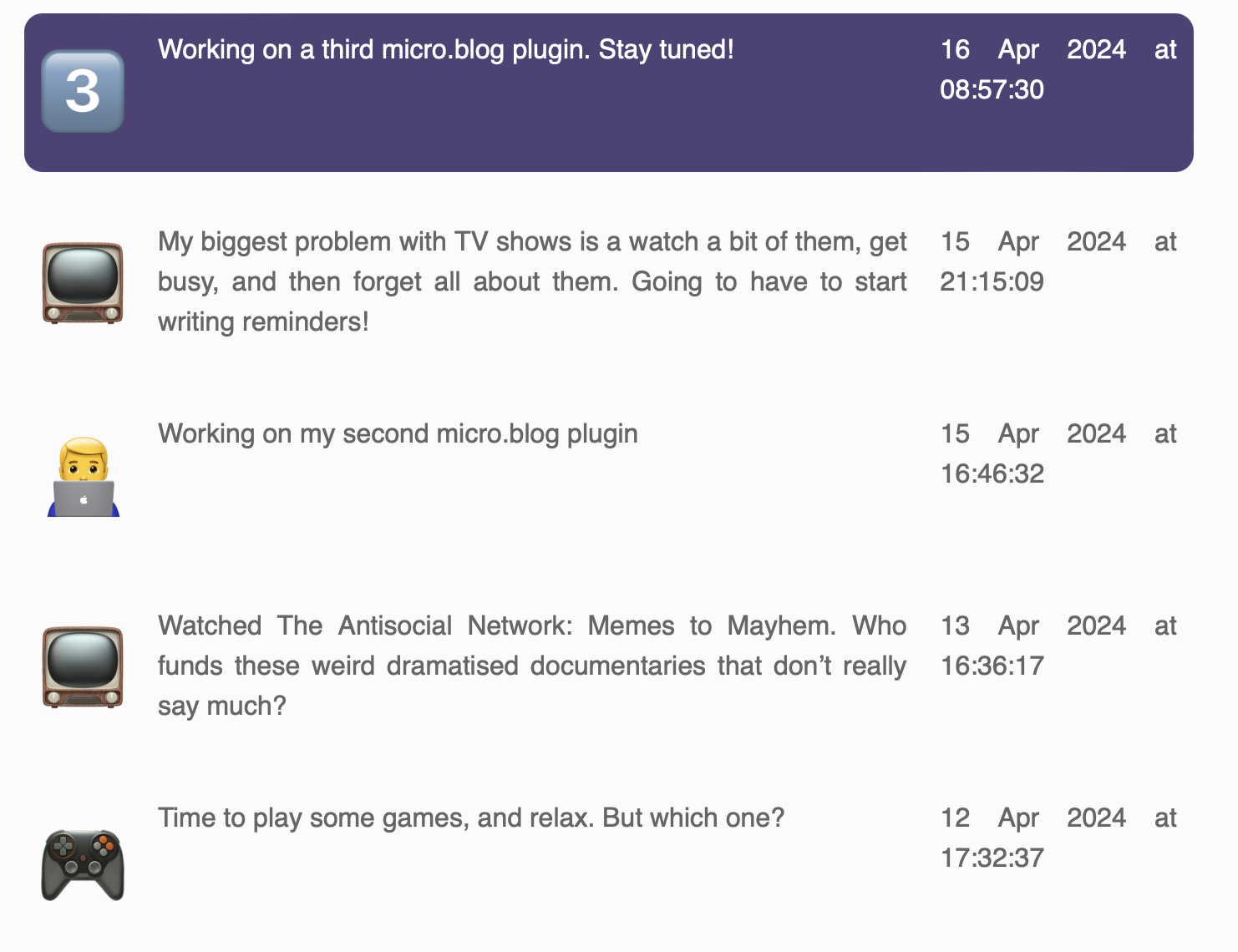
Install the plugin from the official plugin page, or from Github by clicking design, edit theme, and then add new plugin. This will be available as an official plugin, but the submit page is currently broken.
Call the plugin anything you wish, copy in the URL from the Github page, and click Add Plugin.
Add the shortcode to the page you wish this to show on, for example, I have placed this on my home page but you could do this wherever you like.
Simply add the statuslog shortcode to your page wherever you want the updates to appear. I cannot put the shortcode here, even in a code block because micro.blog renders this! For a copy and past option, head to Github.
You must change the account name in the plugin configuration to your own, otherwise Adams statues, as great as they are, will appear on your page! Whilst you are there you can choose how many statuses you want to appear on the page.

There is absolutely no styling applied to the div elements placed on the page. This is to give you the most choice possible for how it looks. In my example screenshot above I have some very simple flexbox styling as shown below.
#omg_statuslog {
display: flex;
flex-direction: column;
gap: 20px;
font-size: 80%;
}
#omg_statuslog > div:nth-child(1) {
background: blue;
border-radius: 11px;
color: white;
}
#omg_statuslog > div {
display: flex;
justify-content: space-between;
padding: 10px;
flex-direction: row;
flex-wrap: nowrap;
gap: 20px
}
#omg_statuslog .status_emoji {
font-size: 50px;
}
#omg_statuslog .status_content {
flex: 80%;
}
This plugin uses on page javascript so there are a few things to bear in mind.
Thanks to Adam for creating such a great service in omg.lol. The statuslog is just a small part of the service, check it out here.
This plugin allows you to display how many replies your micro.blog posts have - it’s a vanity metric, nothing more.

You can install the plugin from the plugins page, or feel free to get it from Github by clicking design, edit theme, and then add new plugin.
Call the plugin anything you wish, copy in the URL from the Github page, and click Add Plugin.
Add the partial to the place you wish this to show, for example this may go in the meta information for the post. This can be used in a single post, or in a loop of posts. Each reply count is place in a unique div element so feel free to experiment.
Simply add { partial "replycount.html" . }} to your page and the number of replies to that specific post will appear.
You can style the block however you like using the class replies. The count number itself sits inside an inline-block class reply_count.
To aid styling you can add in your own emoji to appear before the number, as well as your own text to appear afterwards. If thats not your thing then either options can be toggled on/off in the plugin settings.

Thanks to Manton for creating micro.blog and for making the API so well rounded and easy to interact with.
In my work to recreate my 11ty blog on micro.blog I wanted a better search experience for readers, and also myself when searching for posts to link to. Manton did a great job with his search page plugin, so I adapted this to be able to appear on any page.

This plugin for micro.blog will allow you to add a search bar to any page you wish.
This plugin is available from the micro.blog plugin page, or feel free to install it from Github by clicking design, edit theme, and then add new plugin.
Call the plugin anything you wish, copy in the URL from the Github page, and click Add Plugin.
Add the partial to the page you wish this to show on, for example, I have placed this on my home page but you could do this wherever you like.
Simply add {{ partial “search.html” . }} to your page and the search bar will show as 100% width of the element it is placed in.
When searching, an HTML element will appear and show the results, linking to pages that contain the searched for words.
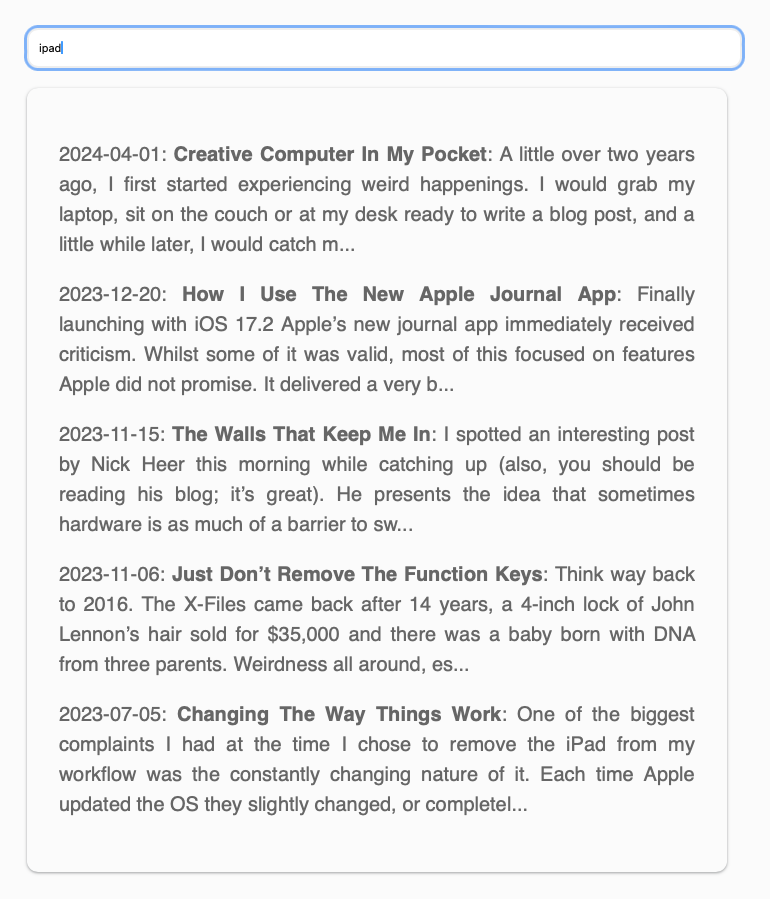
You can customise the number of results shown on your page by heading into plugin options and changing the default from 5.

The styling of the search bar will be depend on your theme, I have added in some basic styling as follows.
.field {
width: 100%;
height: 34px;
border: 2px solid #eee;
padding-left: 10px;
margin-top: 20px;
margin-bottom: 20px;
border-radius: 11px;
}
#list_results {
padding: 2rem;
border-radius: 11px;
box-shadow: rgba(60, 64, 67, 0.3) 0px 1px 2px 0px, rgba(60, 64, 67, 0.15) 0px 1px 3px 1px;
}
.field is the search box itself.
#list_results is the results box that only shows when search results are found.
The basis of this plugin came from Manton search page plugin.
Oh I do like to be beside the seaside! It might have looked warm but the wind was really cold, but we went over to see some family and I wondered around with my Richo GRiiix as usual.



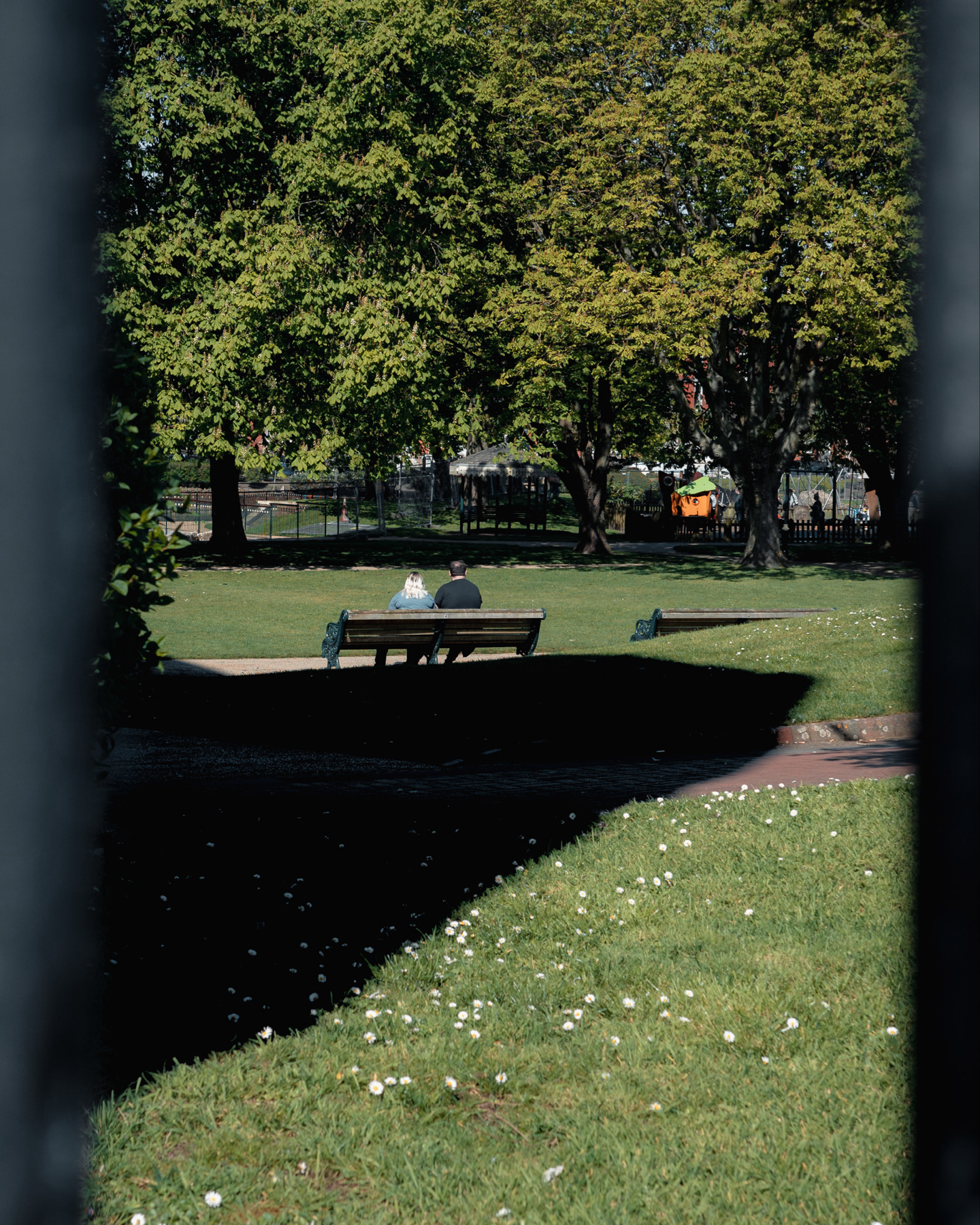
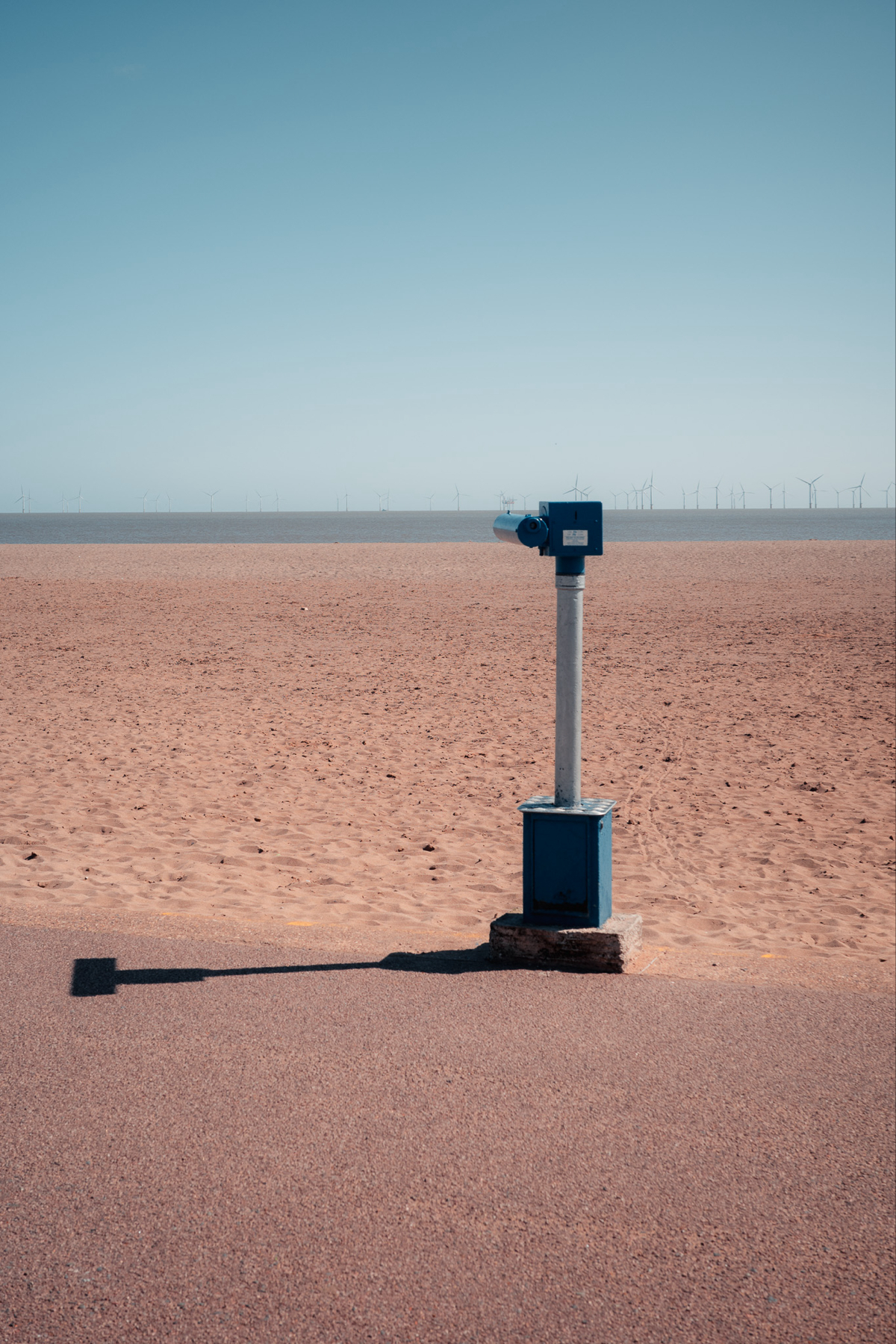





It was a mere few weeks ago when returning from a run that I thought I’d recovered myself. I felt renewed, full of energy and positivity, as I did before all these issues started. I couldn’t help but smile at the thought that all the stress and strain left by personal issues seemed to have gone, and the world seemed right again.
Perhaps it is the fact I am reading The Comfort Crisis by Michael Easter, but I have begun to realise why I feel much better. I have had some stress and hardship to overcome in the form of my marathon training, and it has given me some clarity. Every Saturday for far too long, I’ve had long runs of increasing mileage to get through that have filled me with dread. I’ve put a brave face on them, but some have been seriously tough and left my questioning my ability to finish. Yet, after finishing them, and perhaps after my muscles have calmed down a bit, I feel wonderful.
I am reminded of a Joe Rogan comment when asked about all the controversy has faced in COVID-19 (and rightly so) and if it caused him stress. When he endures ‘torture sessions’ in his workouts it makes enduring other things much easier. Reading Michael Easter’s book convinced me he’s dead right. When I’ve slogged away for more than 3 hours running, the rest of my day seems a doddle in comparison. Even beforehand, I’m focused on the upcoming stress of the run that everything else pales in comparison, and that gives me focus.
In my life I have already endured quite a few things both personal and family related, but I also realise that going for a run or doing something hard doesn’t solve the stresses of those less fortunate. This is more an observation of the things that improve my mental health and outlook on life. It may work for you, too. There’s something about doing something taxing, and getting to the end, that fills the soul.
Charlie Warzel with an interesting thread on Threads:
the bigger thing is it touches on a gut feeling we all have: so much has changed technologically in a short amt of time! We know this connectivity is working on us, but it’s challenging to pin down exactly how.
This thread was linked by this week’s Platformer that discusses the recent book by Jonathan Haidt on the links between anxiety and social media. Something I wrote about in passing a few days ago because it seems to be the talk of the media industry at the moment.
Casey Newton interviewed Haidt on Hardfork a few weeks ago and followed up with some rebuttals the following episode. I thought the interview came across very well, but it’s important to never take those spouting research on podcasts at face value. Science isn’t always as straightforward as it can be presented as, especially when so many are covered in such a little time.
Whoever you listen to regarding the research, Charlie rightly points that we all have this gut feeling that social media isn’t good for us. If you take a break from scrolling, even for a short period of time, you start to feel better. Our brains are simply not made for the sensory overload. It’s just a question of how much and what the effects actually are—something that may never be completely proven.
Sure, you can make the web boring, and it’s great for a bit. I experience renewed concentration levels and suddenly gain more inspiration for blog posts. There comes a point when you wonder why you ever use the social web, but it becomes apparent a little later on. There’s little point if you get nothing back.
The rather depressing fact is, much of what I do online is because I like interacting with other people. As I wrote about a few days ago, I have zero friends and rely heavily on platforms to provide this for me. More than this, though, is my love of getting replies. In many ways, the reason I take pictures and write blog posts is for other people’s reactions, and not hearing them sucks.
That is not the sole reason, but it’s a big part of it. A blog without a way for people to reply easily is a bit of a downer. I could start tracking analytics and worry about page views, etc. Perhaps look at a comments section or reply by email. These are all great ideas, but the easiest thing to do is share the things I do online. Unfortunately, I have begun to realise that Micro.blog may be the best way to achieve this by being able to share once and post to different places.
Doh!
There is a tendency for me to not publish many of the photos I take. A high proportion of them end up in the bin, and many others just sit doing nothing in my Lightroom catalogue. I constantly compare the results of my photos to other people that I see online and the conclusion more often than not is that mine or boring and don’t offer anything. With my break away from seeing other peoples work I made the decision to show the boring photos I took the other day just because I can.
A short trip to Nottingham shopping and three images taken.
Comparison is the theft of all joy right.
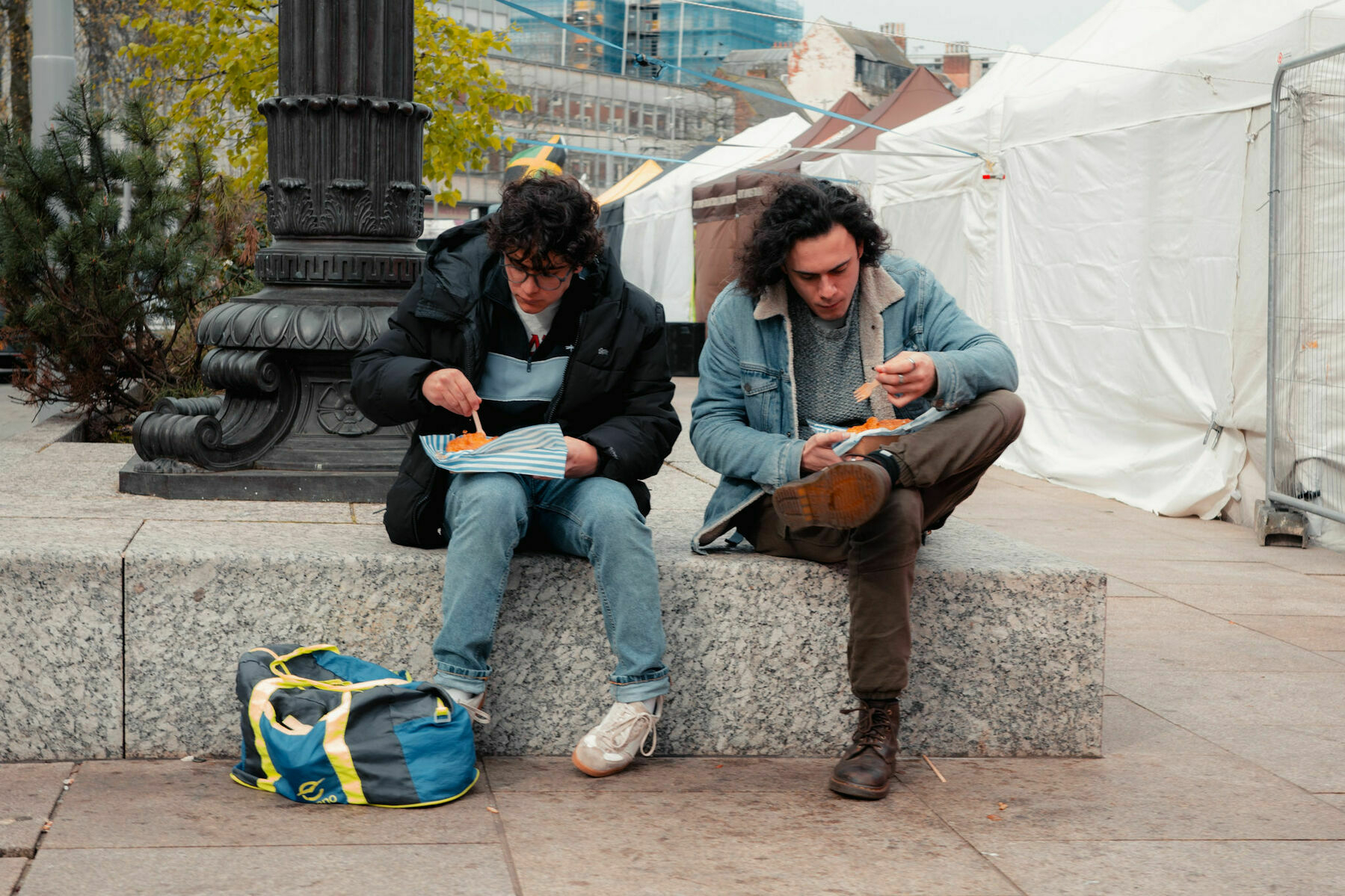


Matt Birchler in his semi response to the latest Vergecast on Apple:
What this means in practice is that the thing all card issuers want is transaction counts and volumes to be as high as possible. You don’t do that by locking your card to your own wallet, you do it by making it an easy choice for consumers to pick you.
Of course, Matt is correct. If anyone knows about payment matters, it’s Matt. However, I think this is only part of the story. My Apple Wallet contains more than payment cards, and I foresee this becoming an issue when (rather than if) the EU forces Apple to open things up.
Currently, my Apple Wallet holds a variety of items that I can access with a tap: a few loyalty cards, my Arsenal Football tickets (they are by far the greatest team the world has ever seen), and also train tickets for my upcoming trip to London. There’s no hassle with different apps, printing things out, or searching through emails to find what I need; it’s all there, ready for me. This utility, I envision, will be decimated the moment everyone can produce a ‘wallet’ for my iPhone.
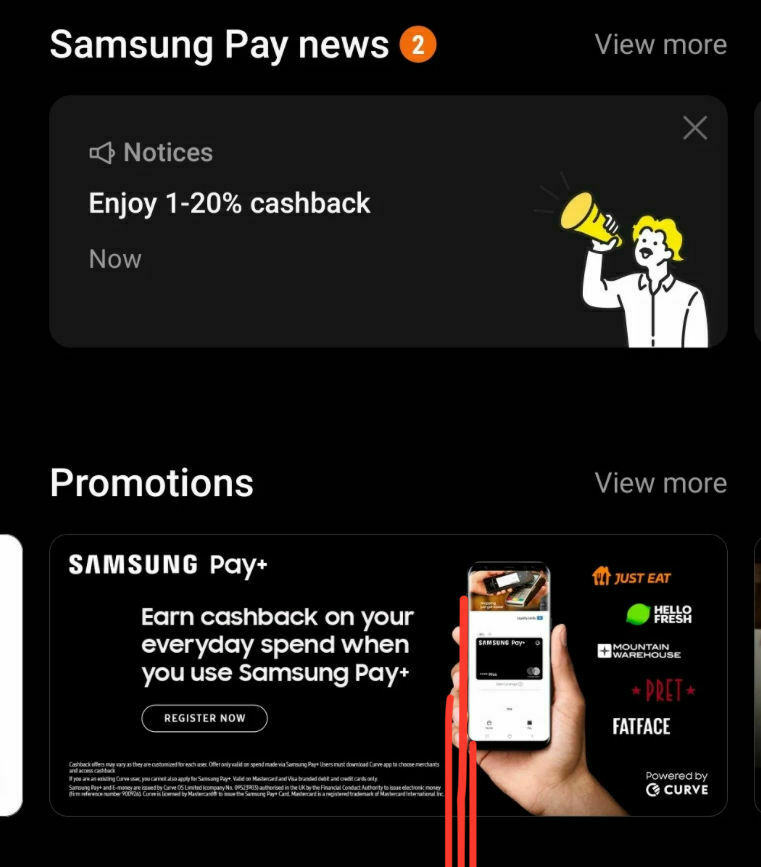
Suddenly, I’ll need an LNER wallet to access my train tickets, a separate app for all my loyalty cards, and my Arsenal tickets will return to the app from which they came. The simple reason is that everyone wants you in their app. As Matt pointed out in his post, their ‘wallet’ becomes a ‘halo’ product. Not one that directly generates income, although it could, but one that markets to you every time you open the app to retrieve your tickets or cards. We know this because you only have to look at Android as an example.
Every time I want to test a new Samsung phone, I endure the same frustrating experience. My bank, Barclays, doesn’t support Samsung Pay. They were one of the last to add Apple Pay, and for a long time didn’t support anything else. They tried instead to push their own payment app on Android users with a terrible experience. The great thing about Android is that I can download Google Pay and use that instead, but it doesn’t work as seamlessly as the default app. Samsung also works very hard not to tell me I can use another payment app, and as a result, most users go without.
This is because Samsung doesn’t want to inform users they can switch. They want to be able to sell you things in the wallet app: a new phone, perhaps a card that will work with Samsung Pay, or some accessories. By getting users into your app, you can generate revenue, and that’s important to all parties involved in the process. I think it’s true that most retailers won’t care, but many service providers will; they will want to cut out the 0.15% that Apple receives, and also sell you all their other wares while they’re at it.
I often catch myself in a relentless loop of introspection, pondering over the endless whys of my thoughts and actions. This internal dialogue leads me down a path where I’m labeled by some as overly anxious or neurotic, fixated on the trivial. Yet, there are those who share this penchant for self-questioning, albeit more quietly, to avoid seeming eccentric.
This habit of constant reflection, I’ve realised, is not just a quirk but a pathway to deeper self-understanding. It aligns with the Stoic philosophy I admire, particularly Socrates' idea that “An unexamined life is not worth living.” By scrutinising my motives and actions, I strive to ensure they are in harmony with my values and beliefs, not merely a passive existence.
However, life in 2024 complicates this introspection with its demand for an online presence. Without real-life friends and unable to disconnect from social media, I’m caught in a dual struggle. This digital entanglement, a reflection of my inability to sever ties with social media, remains a challenge despite numerous attempts to overcome it.
The advice I often encounter is to simply “not worry about it” yet this feels dismissive of the underlying issues. It overlooks the complexity of seeking understanding and personal growth in a world where online and offline lives are increasingly intertwined. This journey is about more than just worrying; it’s about navigating the nuances of solitude and connection in the digital age, striving for a life that truly reflects who I am.
It has been approximately three days since I began craving a step back from the web, choosing to remove Mastodon from my life to concentrate on being more present in the world and working more deeply than I have in a long time. I won’t go into the reasons, but it is safe to say the benefits are already starting to show themselves, as well as the downsides.
Curiously, this isn’t the first time I have experienced this strange phenomenon. Back in 2022, when I first deactivated Twitter and before I adopted Mastodon, I went through a stage of picking up my phone with nothing to do with it, only to place it back down again. I found myself opening new tabs and typing in social.lol before realising there was no need to go there anymore, so I clicked the x a few seconds later. For all the good effects that this has had on me—and they are great—I do feel as isolated as I did back then due to low levels of interaction.
There is no solution to these feelings because there is nothing to solve. There is nothing wrong with being bored, and if it motivates me to do something more constructive instead, then all the better. It just would be nice to be able to use social media without wasting loads of my time on it. An issue that is entirely mine; I can’t even blame the algorithm with Mastodon. I just have a personality that is attracted to that kind of stuff.
Om Malik, with a surprisingly popular, if reductive, take on social media:
If our parents were not around, we saw a lot of movies (on VCRs) or binged on television. When cable came around, it was all MTV all the time. Today, the same kids are on the ‘medium’ of their generation – the Internet and its many forms.
Combined with another post, Om gave a very measured and often cited summation of thoughts on the modern social web. Mainly predicting a coming demise in its appeal, and taking an approach that can only be summarised as “the kids are alright.” In fact, between these two articles, Om falls onto both sides of the social media argument that has recently raised its head again following Jonathan Haidt’s book.
It is worth noting that these posts are from 2023, and opinions could have changed in that time, but Matter surfaced this highlight today, and it seemed very appropriate. This could be my cognitive bias, or it could be the smartphone algorithm tailoring the content to keep me engaged - but, unlike social platforms, there’s no advantage for Matter to keep me engaged with their platform.
This is where the comparison of all the historical things that ‘educated’ kids in the past falls down. You cannot, in good faith, point to radio, television, MTV, films, or your old Super Nintendo as worthy comparisons to spending hours a day on modern social platforms. If you allow me to make a sweeping generalisation, I don’t expect anyone to look back on their childhood wasted on TikTok with the same fondness that many adults look back on their childhood follies now.
There were indeed countless hours wasted on activities in decades gone by, but not many of them (none?) were developed solely to keep you engaged with them to the detriment of the world around you. No doubt, some people wasted an unhealthy amount of time playing games or consuming other passive entertainment in their youth, but nothing compares to today’s epidemic.
There’s a tendency for some to write this off as the latest moral panic. Yet, the level of research that suggests strong links to mental health issues and social media, or the sheer amount of anecdotal evidence pointing to the same idea, is unparalleled. I could point to the research presented in Jordan’s book “The Anxious Generation,” but that has already been dismissed as cherry-picking by people looking to appraise the ideas presented. However, you simply have to make a cursory search for the science, and things become clear.
The lies presented by these platforms to connect people and make the world closer together, combined with the very real benefits of the web, seem to cloud people’s opinions. Yet, you can somewhat understand the pushback. We don’t like admitting that we have lost control and can be manipulated so easily, and it’s fairly easy to trot out users that advocate for the use of social media from their various positive experiences. It can be hard to accept that something that promised so much and ended up having a negative effect on the world has been allowed to happen. The people that built these things designed them from start to finish to disrupt and dominate our minds, and for some people, that is too much to take in.
Yet with all this said, there’s also a certain amount of responsibility we all must take. I am one for downgrading my phone or making myself go without things to curb my usage, but still firmly believe that is it our fault too. The algorithm doesn’t make you do anything you don’t want to, and it’s fairly easy to break free with a little will power.
I’ve realised I need a break from the digital world. Not a complete detachment—after all, avoiding the web entirely is nearly impossible—but I must recalibrate how I’m spending my time online. Since 2019, after moving on from Twitter, I haven’t really found my footing. Mastodon, while offering a different platform, often serves as a diversion from engaging with the world directly.
Hence, I’ve decided to step back for a while. This decision isn’t for attention or to make a statement; it’s more like setting a milestone for myself, a reminder of this moment in time. I’ve taken similar pauses before and likely will again. However, I rarely evaluate whether these breaks truly make a difference in my life.
Maybe the pressures of life are just becoming too overwhelming, and a short hiatus will rejuvenate me. Yet, at this moment, I can’t foresee a quick return. Instagram remains the only social platform I’m holding onto, despite my desire to leave it behind as well. I haven’t found a suitable alternative for sharing my photographs. With plans to capture more everyday moments using my GRiiix, perhaps my blog will become the primary outlet for these expressions.
This feels like a mid-life crisis, as I struggle to understand where I, a 40-year-old, fit into the online world. The answer seems to be “everywhere and nowhere.” The connections I made on Twitter in my late 20s haven’t been replicated elsewhere, despite my efforts on platforms like micro.blog and Mastodon. Currently, there’s a lot I’m unsure about. Yet, one thing remains clear: I will continue to write and share my thoughts on my blog, I hope you follow along.
Following my previous post, where I discussed how certain tasks seem too easy, it’s equally important to identify opportunities to simplify our lives for the better. When tackling any task, whether mundane or complex, the desire to complete it must surpass the energy required. This includes considering the task’s relevance and potential outcomes.
However, this might sound a bit redundant, so let’s revisit the two examples from my last post: getting out of bed to perform daily routines and responding to social media posts. Your motivation to leave the comfort of your bed can fluctuate significantly, influenced by various factors such as work obligations, caring for dependents, and maintaining personal routines. These motivations drive us to complete necessary daily tasks with minimal fuss.
Naturally, it’s more comfortable to stay in bed, but it’s also straightforward to get up and start your day. On an individual level, though the effort required is low and the motivation high, the significance of the outcomes in your life is profound. Neglecting daily responsibilities can lead to immediate and noticeable consequences.
Now, let’s consider responding to a social media post. As previously mentioned, this task is overly simple, allowing users to quickly tap a button and share their thoughts with minimal effort. I believe adding complexity to this process, such as requiring a more thoughtful response posted on one’s blog, could balance the effort with the desire to engage. While it might not eliminate all frivolous responses, it could significantly reduce them.
The primary motivation behind this post is my experience with blogging. I’ve made the process more complex than necessary. While Eleventy (11ty) suits my learning style and offers great flexibility, publishing content is not as straightforward as platforms like WordPress or micro.blog. This complexity reduces my posting frequency since I now require significant motivation to write and publish, leading to many potential posts remaining in Apple Notes.
It’s disappointing, but perhaps this added complexity is necessary.
The modern world is great. We live in a time that is the safest in known history. The healthcare available is phenomenal, and there is a plethora of technology available cheaply to make our lives easier. Yet, in many respects, I sometimes think that it’s almost too easy.
I am not saying I want to go back to times where I had to worry about ever returning from a walk in the countryside. However, there is something about the way that technology, and even at times the world, allows us to do things, or get away with not doing things. I could, if I chose to do so, stay here, sitting on my couch for days on end and barely move.
I can have food delivered, be entertained by watching pixels move around on the screen, and even pretend I’m socialising by texting some friends. With the internet at my fingertips, I could do any number of things, strap a screen to my face, and even convince myself I am outside, whenever I choose. I can exist here in a bubble, yet barely exist at all.
What do I have to complain about, if I’m going to do what I was born for — the things I was brought into the world to do? Or is this what I was created for? To huddle under the blankets and stay warm? - Marcus Aurelius
I don’t, of course, because that’s not in my nature to do so. Some people would say I barely sit still, but my predilection for action doesn’t allow me to stay in my bubble for very long. That doesn’t mean I don’t succumb to the temptations of easiness. It’s easy to waste time scrolling through social media, easy to look up things instead of working them out, and far too easy to comment on other people’s experiences.
I have lost count of the times I have stopped short of replying to someone on social media. Or perhaps deleted the post a few moments after hitting send, because it’s just too easy to get involved. To know things about people living thousands of miles away, to take in the information they are sharing, and to make your own thoughts known. That’s the great thing about social media, the ability to share and debate, but I am of the opinion that it’s too easy to reply.
In the excellent book Sapiens, Yuval Noah Harari talks about gossip and storytelling being important for our human development. That might be the case, that my sassy replies are somehow a result of our human nature to survive - but they don’t do me nor others any good. It’s too easy for me to throw in my two cents and upset everyone, including myself. There is no friction between seeing a post and hitting reply, when some barriers would do us all good.



A little over two years ago, I first started experiencing weird happenings. I would grab my laptop, sit on the couch or at my desk ready to write a blog post, and a little while later, I would catch myself answering work emails or updating things on our website. Without realising it, I had stopped writing, if I even started at all, and had begun working full-on when I should have been switched off. At that time, I tried to split things up; it never worked, and I am back to feeling frustrated.
I have one computer for everything. At this point, it’s a 16" M3 MacBook Pro, provided by my company, and for work things, I wouldn’t have it any other way. My hybrid setup means I can work at home from my desk and monitor, I can take it with me to my office, or be just as happy working in a coffee shop. The issues only arise when I want to do some personal things, and my work things are always right in front of my face.
The internal debate on using an iPad for my ‘creative’ work was sparked last time by Josh Ginter, but if I am honest, I don’t want to open that can of worms again. I do have an 11" iPad that very rarely sees any use, and a few iPadOS updates later, it sits in exactly the same place it always has. However, I noted Matt Birchler missing his iPad a few days ago, and he has an important point to consider.
I think the iPad Pro might subconsciously give me unrealistic expectations for how much I need to get out of the iPad.
When you spend as much as a laptop on an iPad Pro with a keyboard and pencil like Apple tells you to, it gives you a lot of false expectations. As a user, you now have to justify all that expense by seeing a return, and the iPad just isn’t up to the job. I can do all the things I need to do with writing and photography on an iPad, but I have to spend my time hacking my way there. Which is fine until Apple breaks something, and I’m back to square one.
Which leads me on to my second point, really. In many ways, my iPhone is my ‘creative computer.’ I write a lot of my blog posts on it, nearly always edit photos on it, and Apple seems to take more care with the OS, so things rarely break. You may consider iPadOS and iOS one and the same; however, there have been many instances where the shortcuts my business relies on have broken on an iPad yet continue to work on iOS.
This feeling of relying on my phone doesn’t fill me with confidence. If you’ve read more than one of my posts, you will know I yearn for a smartphone-free life. Yet, I feel content in the fact that it fulfils an important role in my life—it costs about as much as an iPad Pro, so it should! This post didn’t start off as a way to justify my iPhone. I’ve tried to do that before, but more of an appreciation of the work it does for me. It’s easy to be down on using your smartphone, and you should be aware of it, but users aren’t always scrolling through social media. They just might be doing their work.
When I read philosophy, it nearly always gets me thinking about technology. Not because I am obsessed with it, or that it occupies all of my thoughts, but because I don’t really have any other vices to solve. I mean, I probably do, but my usage of technology is one of the only things I seek a solution for. Which usually means I moan about it on my blog, or I shut myself off from it. Which is completely the wrong approach.
Show us these things, so we can see that you truly have learned from the philosophers ~ Epictetus, Discourses 3.21.5-6
When Epictetus writes ‘show us these things,’ he means the rest of your life. He refers to eating, drinking, suffering abuse, having children, all of the things that you expect to fill your life with. Only amongst all of these ‘normal’ things will you really show your true values and morals. You, and those around you, will be able to judge if your values are true only with, and against, action.
It is easy to be a virtuous man if you shut yourself off from the world. Never having temptation nor the opportunity to test yourself. The Buddha, Siddhartha Gautama, came from the riches of royal parents and was content with nothing. Jesus walked with sinners, thieves, and prostitutes, yet knew himself. The list of people that became great whilst living in the world is endless, yet the temptation to shut out everything is a powerful one. The problem becomes when your outlook on the world is never tested, they are never hardened or broken by the world.
How does this relate to technology, you might be wondering? Well, this all boils down to my constant desire to remove it from my life. I don’t want a smartphone, yet I need one. I don’t want to use social media much, yet it brings me much needed interaction. I am still walking the path to self-discovery and, as I have written about before, the knee-jerk reaction is to remove all of the things that I use, get a smaller phone, or a dumb phone and wait for the changes to happen.
Yet they never do. Because the fix is not removing the desire; it is ensuring you no longer desire it. I can happily sit in a pub surrounded by drunk people, and a drop will not pass my lips - because the desire has been removed from my life. I could take an entire busload of people to McDonald’s and not order a thing, but take me to a shop selling technology and my cup may very well overflow. When I can sit and watch an Apple keynote and not order a thing, that will be peace, my friends.
Mr Mobile review of a product I had my eye on for meeting notes, the Plaud Note:
Finally, there’s the question you really have to ask with any product like this. What company am I entrusting with these potentially sensitive recordings? Well, answering that led me down a fascinating rabbit hole into the world of so called registered agents, which are essentially companies that allow certain types of businesses to operate by giving them a physical address for legal purposes…in Wyoming, registered agents don’t seem to need to do any kind of vetting of the companies they represent.
This was not the way I expected the review to end, but it raised an interesting point. There is no claim of anything fishy going on with Plaid, but things like this are why I really love Michael’s reviews. He thinks deeper than most people would about a product that receives masses of our own, and other people’s, data.
Of course, he also raises this about the dozens of phones we do the same with, but this company in question is a bit of an enigma. Of course, if you want to achieve the same result, the alternative is to hand this data to Google or (Not so) OpenAI; however, I think I trust them more.
The type of data I would hand over using the Plaud Note would be personally and business sensitive, and I don’t think anyone should be doing this without knowing exactly who is processing it. With an endless sea of data brokers, that might not be 100% possible, but not knowing who the OEM is in the first place, hard pass from me.
Matt Birchler, writing about the technology used in wristbands at concerts:
Whenever a company says, “We’re using AI to enhance our product,” ask them for specifics. Often, it’s either complete nonsense or something so minor that it’s essentially doing nothing. It’s not always the case, but I think you’d be surprised how much “AI” is mentioned in product marketing as nothing more than a marketing tool to look modern.
The piece linked by Matt is incredibly interesting, but this is the part that resonated with me and confirmed what I’ve suspected for a while. Now that everything is marketed as having AI, I am more convinced than ever that hardly anything actually utilises any type of AI. I’ve seen companies make claims about their products that amount to nothing more than a bunch of IF statements in their code.
I mean, sure, that’s essentially what generative AI is if you zoom out enough and reduce it to its simplest structure, but a significant portion of these products marketed as using AI absolutely do not use AI in the generally accepted sense.
There’s also a deeper, more fascinating shift in our collective psychology occurring. The assumption that even fairly simple gadgets are advanced electronics is a downstream result of all the marketing hype. I am often amazed by what people attribute to the extraordinary, which could be explained quite simply. The wizardry and witchcraft that once filled the gaps in our understanding are now labeled as AI, when in reality, hardly any intelligence is involved at all.
Rex Barrett writing about his ongoing content diet:
… Filling my time with these junk apps is alluring, and I feel good when using them, but I want to find content that takes me somewhere. Ultimately, I don’t want to look back and see hours blocks of time squandered on things I’ll not even remember in a day or two.
My brain goes through these cycles of needing to back away from the web completely, to diving in constantly. It often coincides with bouts of low mental health and other issues, and much like binge eating it is a comping mechanism to distract me from other things.
In many ways I know that snacking on the internet is bad for me, but at the same time I enjoy using it. Overtime I have built up an intolerance to shameless showboating, attention seeking and needless hyperbole which I why I tend to steer clear of Facebook, TikTok, Instagram and similar platforms in favour of decentralised mediums (namely Mastodon). With non algorithmic timelines these things are kept to a minimum and as such as much better for me.
Cory Dransfeldt has great posts about AI, and this one is no exception. Of course, he’s right in his stance on AI-generated images, but as with everything, I don’t find the conclusion so simple.
The images it generates are, at best, a polished regression to the mean. If you want custom art, pay an artist.
As I have covered before, my thoughts on generative AI are mixed. While I understand many of the issues people have with it, I can’t find the same motivation. I use it many times a day to help with tasks that would have taken me much longer; it helps me out with code issues I have, and I also use it to generate images for my blog posts. While I don’t do this a lot, these generated images are a replacement for using stock images. Photos from places like Unsplash are not uncommon to see on the web, pushed by platforms like Ghost and WordPress, and these do not generate any income for artists either.
I would love to have the money to pay an artist to produce images for my blog, but this is not viable, which I am sure is the case for many people. Generative AI just helps me out now and again to make my posts a little more appealing. That is not to say I don’t take onboard the ethical issues; my use of these images has plummeted in the last few months due to this, and in many instances where I would have used an image in the past, I just publish the post with text.
There should be a safe middle ground to cater to these ethical conundrums, as there should be for stopping AI from hoovering up your data - but I just don’t see one happening.
One of the first sections I added to my new blog is a reading page. I adore reading, and if I’m not reading, I am often pondering over the things I have read. It’s an obsession, but one I happily embrace. The only problem with my need to track these activities is the standard at which I consider something as read.
There’s been debate online about the distinction between reading a book and ‘reading’ an audiobook. I don’t wish to ignite that discussion now, so I’ll steer clear of it due to my aversion to audiobooks. Despite trying them several times and spending considerable money on them (why are they so expensive?), my brain just doesn’t absorb the information as effectively as it does with reading.
My dilemma isn’t with that particular hot topic; it’s more about the quantity of the book consumed. In recent years, I’ve persevered through books I’d rather not have wasted time on (looking at you, Feel Good Productivity) but did so to finish them. Not because of the vain metrics I set for my reading tally, but simply because I feel I need to. Did I really read a book if I only got halfway through it?
If I did read it, is there a threshold for progress I need to reach? I certainly grasped the point of some books long before the halfway mark. My Kindle history is littered with lengthy books that could have been blog posts, and I’m starting to ponder the wasted time. When you’re 40, life definitely is too short for bad books. So, perhaps I should start abandoning them earlier when I’m confident I’ve understood the gist.
This raises the question: Did I read a book if I can summarise it? If I skipped the book entirely and opted for Cliff Notes, does that count as reading? Following my rationale above, it could be the case. I’m not suddenly going to hack my reading and get AI to summarise them for me - but I might consider it for some dull books.
If the end result is the same, there’s no argument, barring the very real benefits of actually reading the book. Reading a book is quite different from knowing what the book is about. There’s something wonderful about understanding the author and the origin of their words. Experiencing the journey in a well-paced process, rather than being bombarded with a brief summary.
However, this only really applies to good books. Enduring bad ones rarely benefits me, except for the occasional headache, so the cycle continues. Other than realising that I should abandon some books sooner, I haven’t really reached a conclusion in this post. Much like the bad books I’m discussing.
I wrote a few days ago about my personal take on AI being trained on my writing. Although I expected much more anger, hence the rather long block at the bottom, I am happy to see some nice responses and some pushback on the ideas. It sparked several emails, a few text messages, and one very well-thought-through response post.
Erlend on Mastodon raised a very good point when considering other people’s choices:
the way it’s been now, those who would like to choose differently than us, don’t get that opportunity. And I find that problematic.
Which is a very good point. My post was a very personal response to the swirling emotions on this topic, and I had considered other people’s websites. Everyone should, of course, have the choice of whether their data is used or not. Something that isn’t a revolutionary idea, but one that seems to cause issues being enforced on the internet. The EU is making the most, if sometimes misguided, progress on this front with GDPR and the wider DMA.
I particularly enjoyed David Pierce writing and talking about robots.txt. The long-time effort to stop bots from crawling your website, which of course is no more than a handshake agreement with no legal standing - and therefore is of very little use. This leads me to think there may be some way to do it in the future, but I always come back to my original point.
Of course, you should have a choice, and the ability to block what is done with the things you post online, but it takes effort to lock them away if you so wish. Make your account private and put your posts behind a paywall; that should do it. However, your ‘reach’ will be extremely limited, and you might not get the result you want. Users have always been able to copy and paste your words, right-click and save your images; this is just the way it is, and it all comes down to you, and what you want to do - there’s a trade-off with everything.
Kyle Hill in their YouTube video on generative AI:
The Internet feels steadily more lifeless. But that’s because, like those alien civilisations, the real human users are hiding in private apps, servers, and RSS feeds, lest they be beset by these digital predators. This is Yancey Strickler’s dark forest theory of the Internet, something to explain the declining realness of the web.
This tracks with my own usage of ‘the web’. A once vibrant, interactive, and at times time-sucking web now feels, well, a bit boring. I won’t go as far as saying people online don’t exist; there are people around, really interesting people, but at the same time, it feels a bit stale, sucked of the vibrancy that existed a few years ago.
In his video, Kyle explains Yancey Strickler’s dark forest theory of the Internet. The notion that the internet is a dark forest, beset with life, life that is thriving as much as it ever was, but doesn’t make too much noise for fear of the consequences. We’ve learned from the years of living online that almost nothing online is real, and responding to what is real isn’t worth the consequences.
I won’t go into any more detail than that surface-level summary, because the video is well worth a watch, but it played with thoughts about my online life that have been swirling for a while, and I think it might do the same for you.
I am not sure where these private spaces where my internet friends exist now are; perhaps someone could let me know, but they sound like a much better place than living in the dark forest.
For mother’s day in the UK we went to feed the animals at J and J Alpacas. This was a really nice experience and we also saw some lambs being born. Of course I couldn’t resist taking my Ricoh GRiiix along and snapping a few shots.

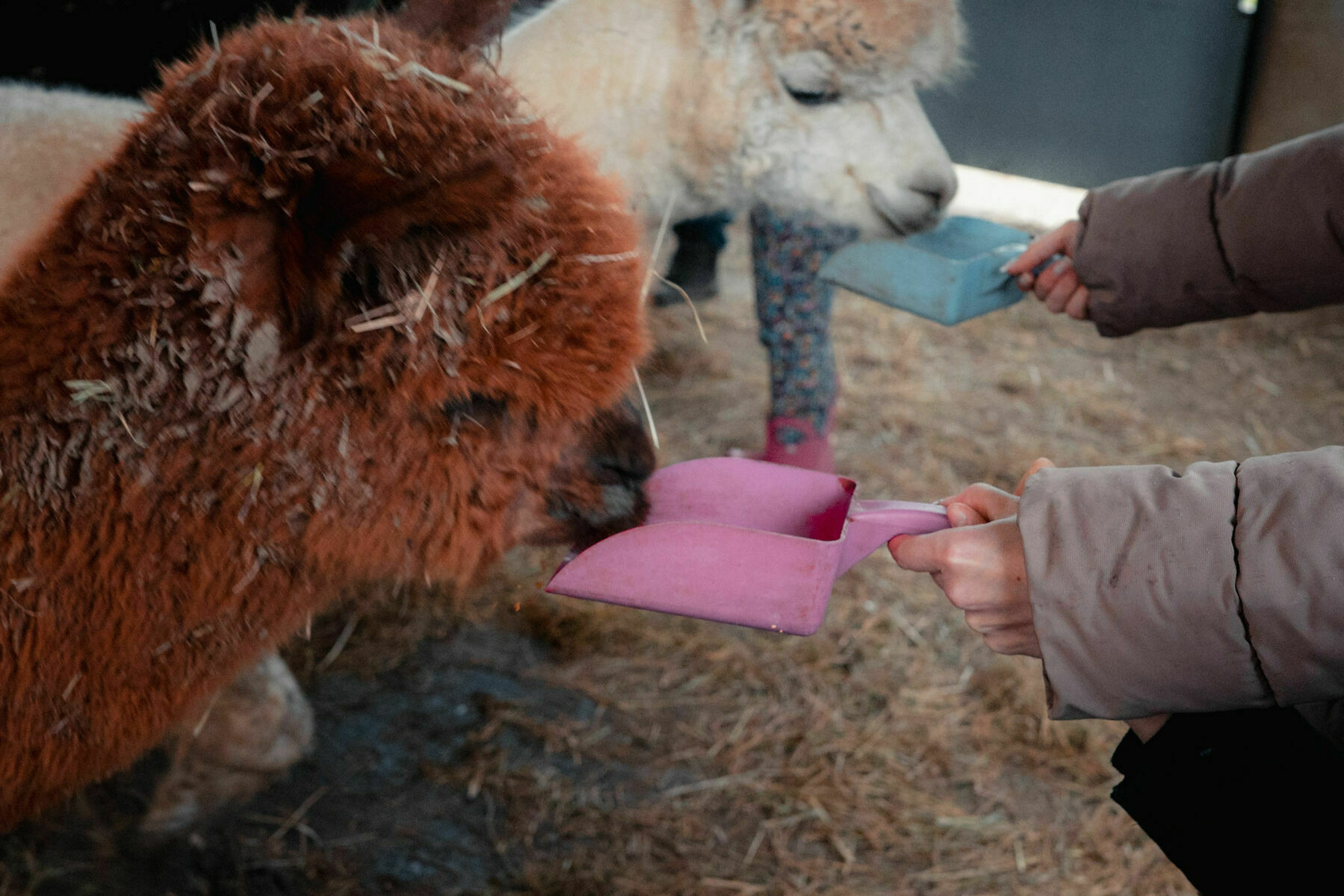
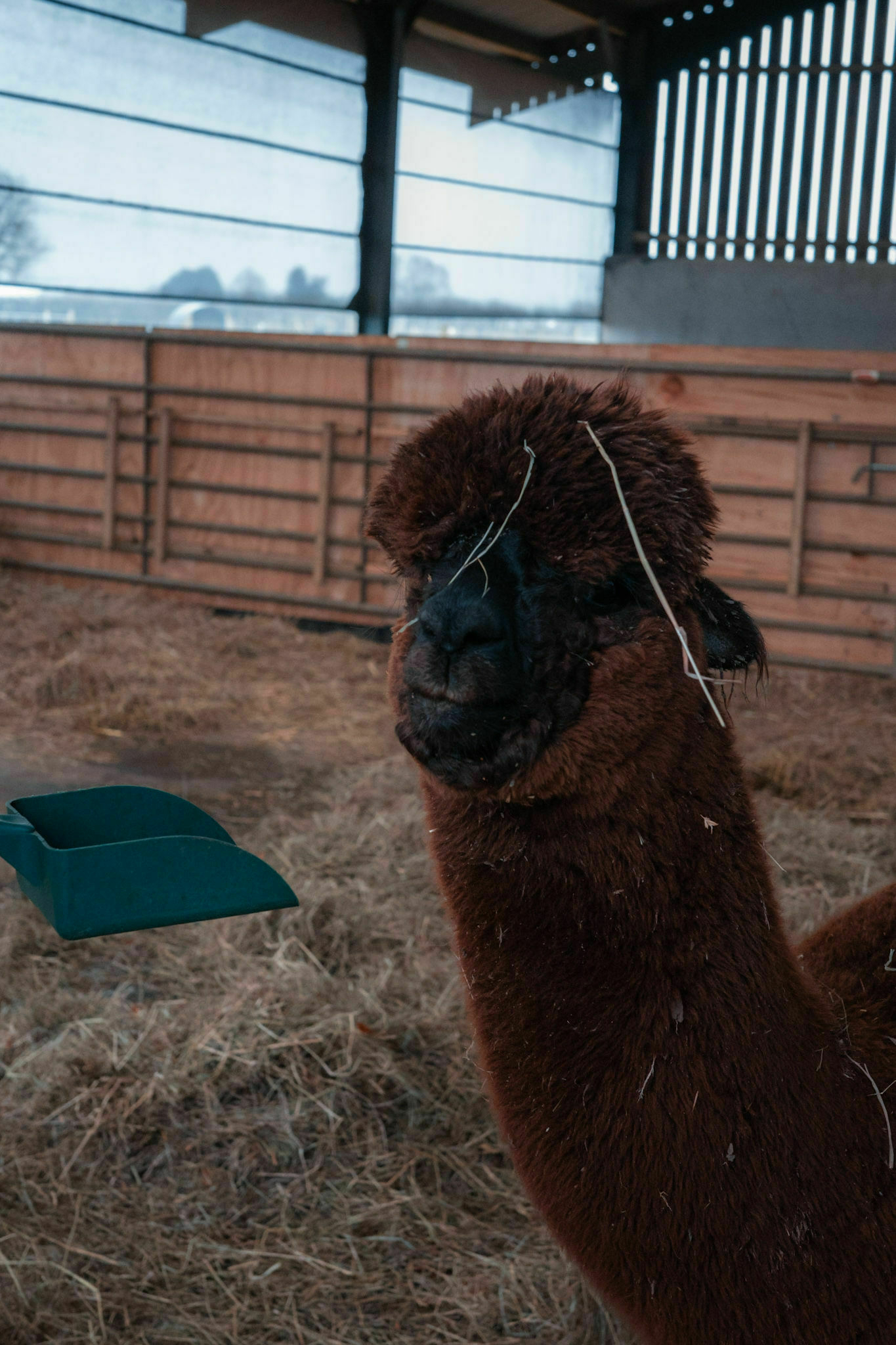

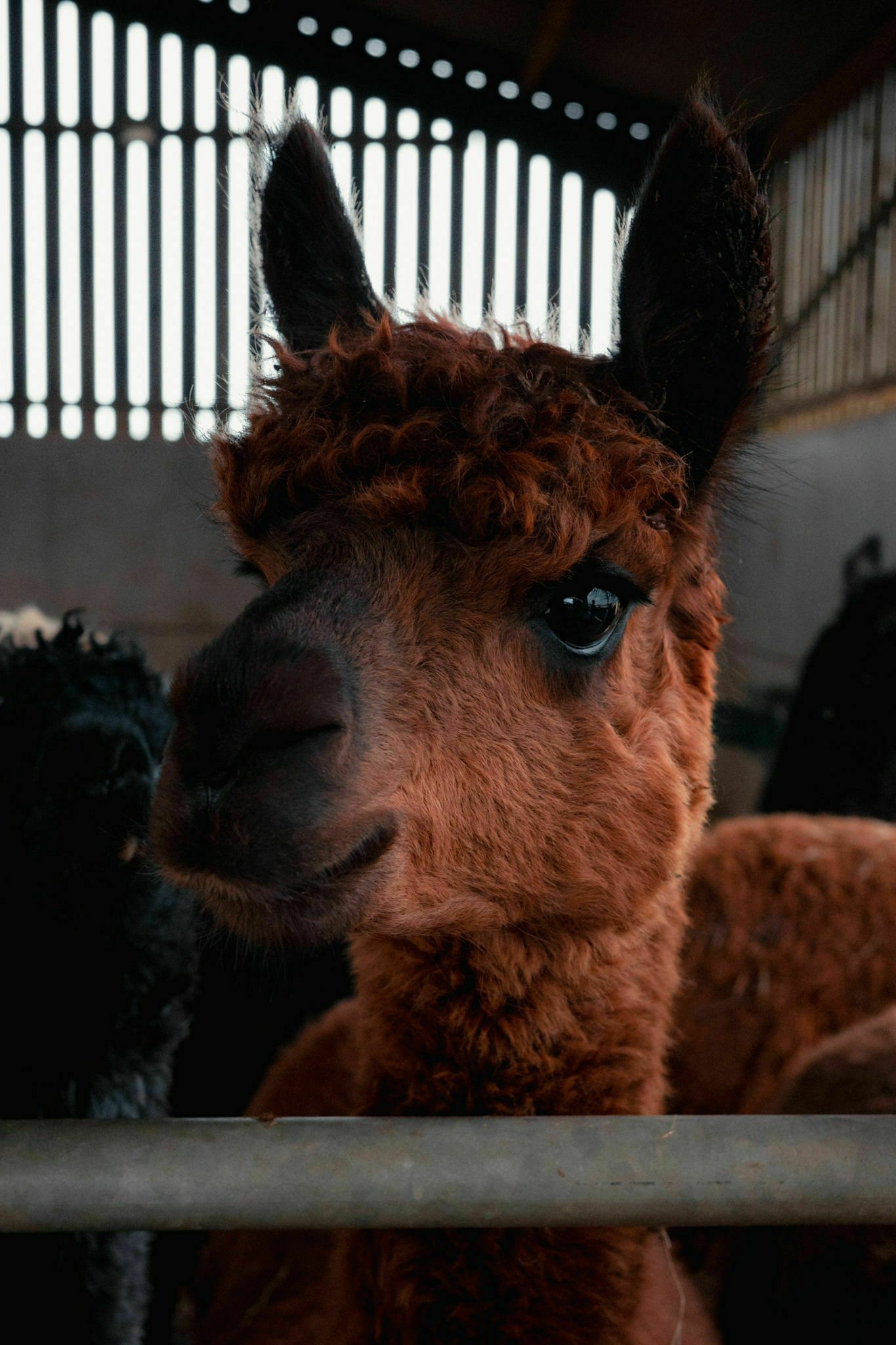
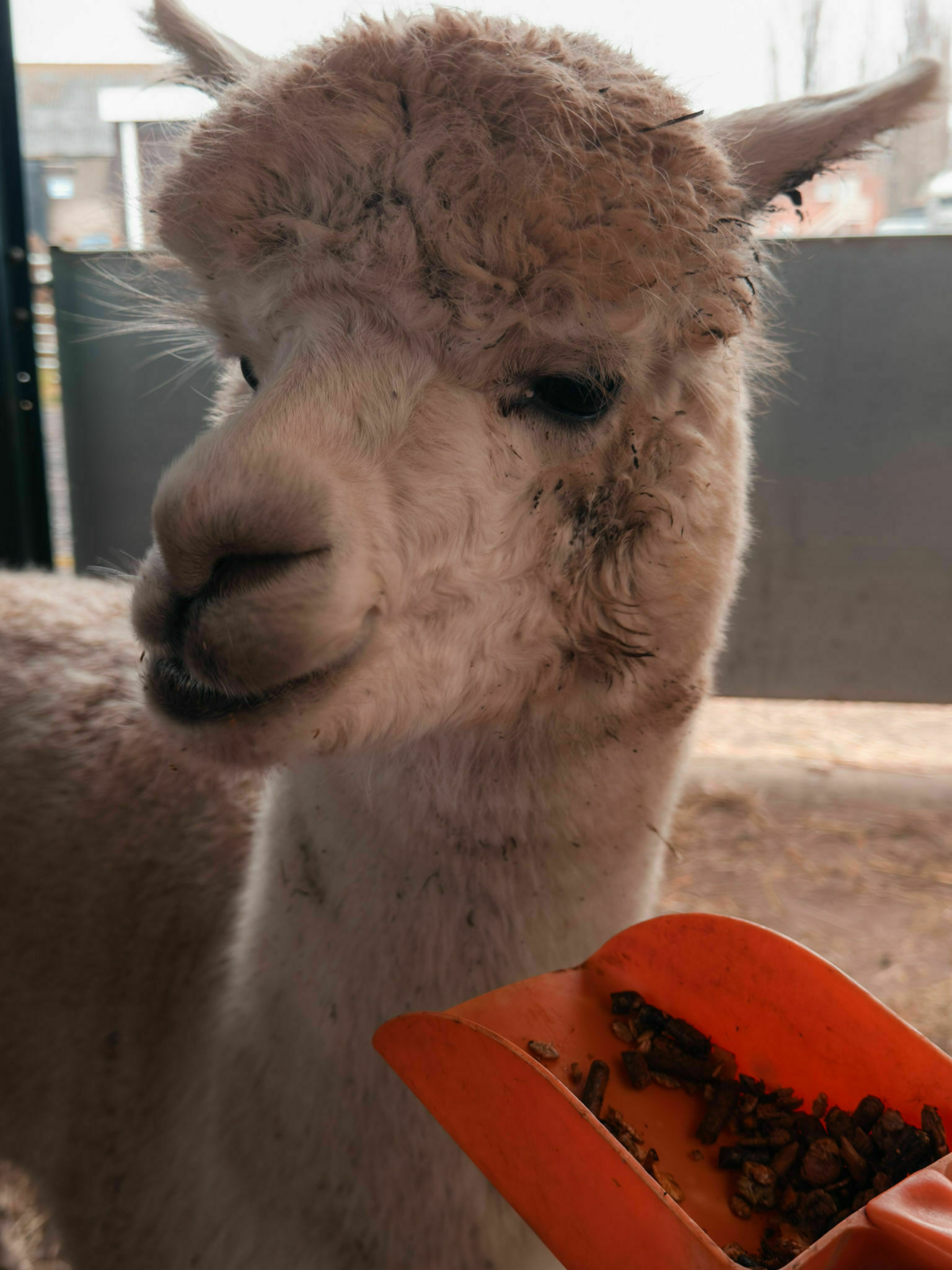
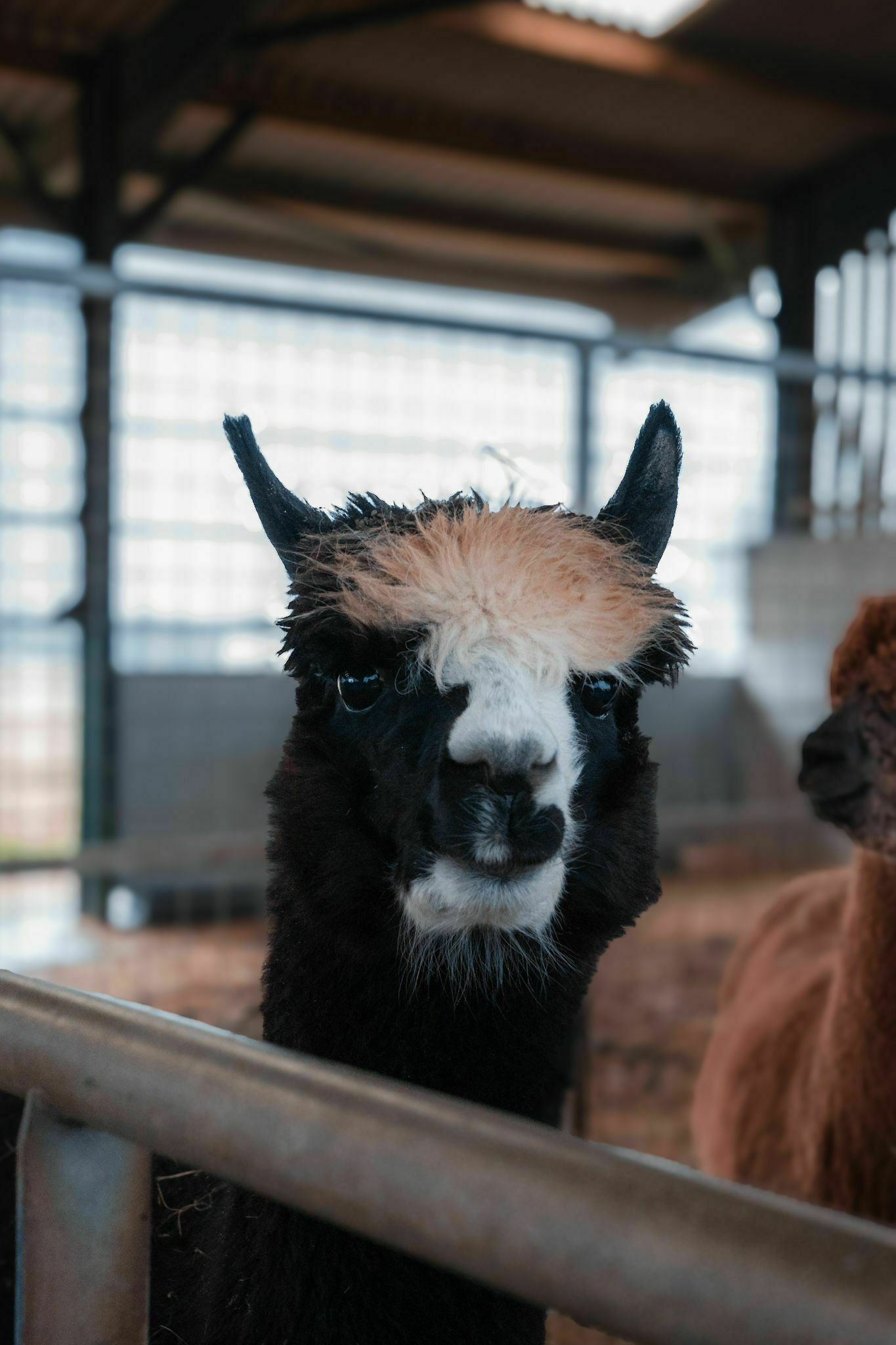
I’ve been mulling over this clash between AI and the content it’s trained on for some time now. As a frequent user of AI and a regular online publisher, I see both sides of the coin. I’m well aware that the articles I put out there probably end up as fodder for some AI training algorithm. And while I know many writers are upset about their work being used this way without compensation, I personally don’t get too riled up about it.
For me, it’s simple: once I publish something online, I’ve pretty much let it go. It’s out there in the wild, free for anyone to use, maybe even to profit from. And I’m okay with that. It’s a part of the deal you accept when you decide to publish online. Keeping things private is a different story. If I have something confidential to say, I’ll do it face-to-face, away from any prying ears (or screens). Of course, even then, there’s the chance of someone passing it on, but that’s just how it goes.
Writing something down and sharing it online, though, is like leaving your notes in a public place. You’re basically saying, “Here it is. Do what you will with it.” I’ve made my peace with the fact that once I hit ‘publish’, my control over that piece of content is pretty much over.
Publishing online is a peculiar thing. Your work is both yours and not yours at the same time. It’s a different beast compared to traditional print media. You can’t hold onto digital content the same way you can hold a book or a newspaper. It’s more fluid, more elusive.
Here’s an example from my own experience. A while back, after buying a used DJI drone, I had a tough time figuring out how to reset it. I eventually sorted it out and shared the solution online. It attracted a lot of views and even helped me earn a bit through ads. But then, one day, I noticed that Google was displaying the reset steps directly in the search results. There went my little stream of income from that post. It felt a bit unfair, sure, but I didn’t dwell on it. That’s just how the modern web seems to work.
If my livelihood depended on my online content, I might feel differently. I might be more vocal in my displeasure about big tech companies using my content. There’s a lot to get annoyed about with technology, people are putting computers on the face for god sake, but some massive word cloud in a data centre somewhere, training itself on my typos and toddler level grammar, give me a break.
On their Bear blog, tiramisu writes about their family:
it doesn’t matter what he thinks or feels about things like family vacations. He does them because they’re things he should do, and moments like that illustrate how differently our brains are wired.
This cuts very close to home for me. I am a father, a husband and everything else first before I am an individual. That’s just the way I am. Whenever we do anything it is more important for my kids and my wife to enjoy things than I. Fulfilling my desires comes dead last to everything, and that’s ok.
This isn’t a sod story. Nor is it an inditement of other people getting things over on me. It is simply the way I want to live my life. I enjoy making them happy, and I am always here for other people before I am there for myself. Doing the things I enjoy, like playing the odd game, writing, or exercising is after everyone else is happy. I think I speak for every man with a family when I say my personal enjoyment starts when the kids are tired and my wife is content doing something else, I can then relax.
This is enjoyment for me, and just one of the things I ‘signed up for’ when I became a father. I put the whole world first, and I am ok with that.
Cory Dransfeldt writes in a way that feels like it’s aimed at me, because everything is a checklist:
Check, check, check, clear the queue, close the rings, get to zero. I know this looks neurotic; it is neurotic because I’m neurotic. I always have been, or at least as long as I can remember.
My wife and I have joked for a long time about the fact that if an event isn’t in our calendar, it doesn’t happen. We’ve built up this rigid structure around hospital appointments and kids' activities, that now is an unwavering bubble of organisation. There are always things to do, events to go to, and people to see – but my life neuroticism goes much deeper than this.
I have no idea where it comes from, but it seems like in life, there is always something to check off the list. Ten thousand steps, five fruits and veggies a day, eight glasses of water. Check, Check, Check. Don’t forget the smartphone app to log it all in too! Otherwise, you’re not getting the best out of life, and you’ll never be successful without these five things in your life. Just Stop.
Every so often, I end up here, in a place where every task completed is met with a few more added to the end. As the list grows, so does my anxiety about trying to reach the end—an end that is never in sight, let alone becoming any closer. At this point, I try to remind myself of a mantra picked up from Oliver Burkeman: “There will always be more work,” but it still gets a bit much sometimes.
You see, most of these books on productivity come from places of privilege. They are authored by people who either control their task lists or, quite often, occupy positions where they are no longer burdened by one. The problem is that most of us, the mere mortals who consume these books, do not sit in this graceful position. We often do not control our never-ending task list and must forever contemplate the idea of getting ‘too much done’ for fear of being given more.

There are a few golden books out there. Earlier this year, I read Make Time, which came from a more understanding place. The two authors, although afflicted with the tendency to talk about themselves too much, wrote the book from a more realistic position in working life. I am sure there are more out there too, but the books, podcasts, and YouTube videos all talk about very simple things: scheduling your work (in a myriad of different ways) and being dedicated to completing it.
You can time block. You could plan ahead. Mark one task as your priority. It doesn’t really matter. What none of them talk about, save for “4000 Weeks”, is the stress of it all. Looking at your task list and never seeing it get shorter is one of the best motivation killers imaginable. Having no breaks in your workload to think, plan, be creative, or complete a task you find more fulfilling is a passion killer—a surefire way to burn out and throw in the towel.
As I said at the start, there will always be more work, and that’s a good thing to keep moving and stay motivated. However, there comes a point when it becomes too much, the plate is piled too high, and there is no room to breathe. Drowning in tasks is a terrible way to go.
Brandon encouraging more people to blog the way he does:
It’s easy, blog about what you like. Talk about the things that you are passionate about, things you find joy in, or document your day-to-day.
I really enjoyed this post, despite disagreeing slightly. You see, we both come from a place where blogging is pretty easy; we write about all sorts of things. However, it isn’t that easy for a lot of people.
Thinking about the motivations behind why people would 1) set up a blog and 2) post to it consistently often leaves me confused. Despite all the positives I get from mine, I can appreciate all of the barriers to starting one, and they are too high for most. The motivation to overcome them is often met with the realisation that blogging will cost you time and effort for very little to no reward.
Part of this is due to the framing that writing online has. The constant bombardment of advice from content creators to ‘do this one thing to get loads of views,’ among other such nonsense, leads people who would otherwise blog for the fun of it to begin worrying about stats. The reality is you will not make a living out of writing online. That should be okay. For most people, it’s not, but it should be. With web ad revenues being disappointing, your hard work being scooped up by AI, and a million other people out there doing the same thing, I can’t figure out why people would start blogging in 2024.
To be honest, I am only here because it’s a habit, and I like playing around with my website. It’s fine to write about your life and other such interests. My favourite blogs to follow do exactly that, but it’s absolutely understandable if you don’t want to do that. Blogging isn’t easy, and no amount of rose-tinting will change that, but that doesn’t mean you shouldn’t try. Put some value on your words, and join in.
Cassidy writing about the missing human curation:
When algorithms determine everything we should see, the internet becomes much less personal. The “For You” pages of the world are accurate—I am interested in that content, but I’m not seeing it from my friends, or that one author I like, or that random blog I stumbled upon while learning about an obscure hobby.
I stumbled upon this post while searching for cross-posting options for my blog. Due to its precise hit on the internet’s head, I’m now seriously considering personal curation.
While I still believe that algorithmic sorting on a large scale is better for users, the effectiveness of these systems ‘depends’. Almost all are designed to keep you engaged, manipulate your cognition, and then serve you ads. I’ve never encountered one tailored to show you things from your friends, and that’s the real issue.
The finger of accusation can’t be pointed at ‘the algorithm’. It just doing its job. It’s the companies that took all the personality out of the web for their own benefit. Manipulated us into thinking we needed them, remove all the quirkiness from our websites to rank higher and changed the way we post for internet points.
Arun Venkatesan has lots of thoughts on photography gear:
The problem lies within the question itself. It’s one of those inquiries that cannot be definitively answered with anything other than “it depends.” It depends on who is using the gear. It depends on what they are using it for.
I genuinely enjoyed reading this entire post, thanks to Jarrod for sharing it. It reflects much of my own photography journey, especially the part about owning a Leica. Initially, I purchased all sorts of equipment, thinking it would improve my skills. To a certain extent, it did—I learned where I wanted to go and what I wanted my images to convey. Then, I scaled back, seeking something simpler.
After the X100V came an even smaller camera, the Ricoh GRiiiX. It fulfils my needs and truly fits in my pocket. However, this post isn’t about me; it’s about gear, and I believe it does matter to a point. An amateur with a point-and-shoot camera will not be able to achieve the same results as even a half-decent mirrorless camera will—but the question is more about the end result. Learning about what you want to achieve with the final image shapes the gear you ‘need’.
The issue with the realisation that you don’t need so much stuff often comes after purchasing all the things you don’t need. Buy all the things you want; it won’t necessarily make you better, but there’s a chance you might learn something along the way - it’s fun.
Ava writing about effort in their newsletter:
if someone’s much better than you at something, they probably try much harder. You probably underestimate how much harder they try. I’m not saying that talent isn’t a meaningful differentiator, because it certainly is, but I think people generally underestimate how effort needs to be poured into talent in order to develop it.
Whenever you feel yourself saying “I’d love to be good at that thing” - the answer is go and do it. Sure there is talent at play for getting to the extremes of things, but nothing replaces hard work, effort and dedication.
It doesn’t matter what it is, writing, taking photos, getting fit - just go do it and stop wishing.
Another day, another tweak I’m making to my blog. Today’s task, alongside sorting out the navigation to display better, was adding some content to my Posts page. On my old blog, this page listed all the tags I have and a few examples of the posts found in them, so I set about doing exactly that.
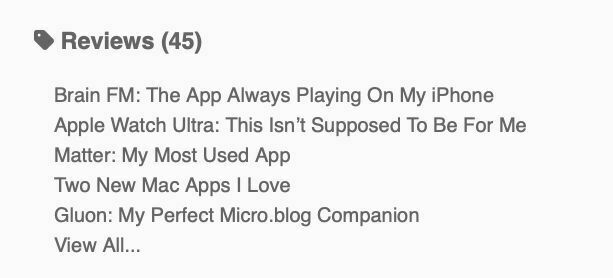
After attempting to write my own code to pull out the latest five posts from a specific tag, I stumbled across Max Böck Github repo with an example of how to display webmentions. This filter allowed passing a collection to it and also customizing the number of posts to display. The filter is as follows:
// Get the first n elements of a collection.
eleventyConfig.addFilter('head', (array, n) => {
if (n < 0) {
return array.slice(n)
}
return array.slice(0, n)
})
This made my job much easier, and the filter could potentially be reusable in other situations. For the time being, I chose to display the three most-used tags until I can clean up my imported posts from my old blog and integrate others than using for. As an example, to show the first 5 posts in my Reviews Collection, I use {% raw %}{% for post in collections.Review | head(-5) %}{% endraw %}.
I use head(-5) in the filter to get the latest 5 posts, whereas head(5) would get the first 5 from the collection, i.e., the oldest posts. Once I have cleaned up my posts, I plan to display all collections here and make the code cleaner rather than repeating it three times. But as a stopgap while I do this, I am pretty happy with how it turned out.
James Somers encouraging more people to write:
More people should do what I’m doing right now. They should sit at their computers and bat the cursor around — write full sentences about themselves and the things they care about.
This is an old post, and reminiscent of many newer versions I have linked to but it captures what I experience perfectly. When I am motivated to write, and that doesn’t come easily, the world seems different. As James says about himself — I feel curious about things, with a desire to form thoughts and ideas about myself.
It doesn’t need to be great writing, I mean look at the state of my posts, you just need to do it. Let me know the things you are doing and what you find interesting. Set free your inner weirdness and display your motivations. Just write and the world will be right.
Really early on a Sunday morning, and with sore legs from a long run the day before I took my Richo GRiiix out in Grantham to see what I could find. The answer was not a lot, but I loved the cold air but nice low sunshine. This is where my street photography excels.


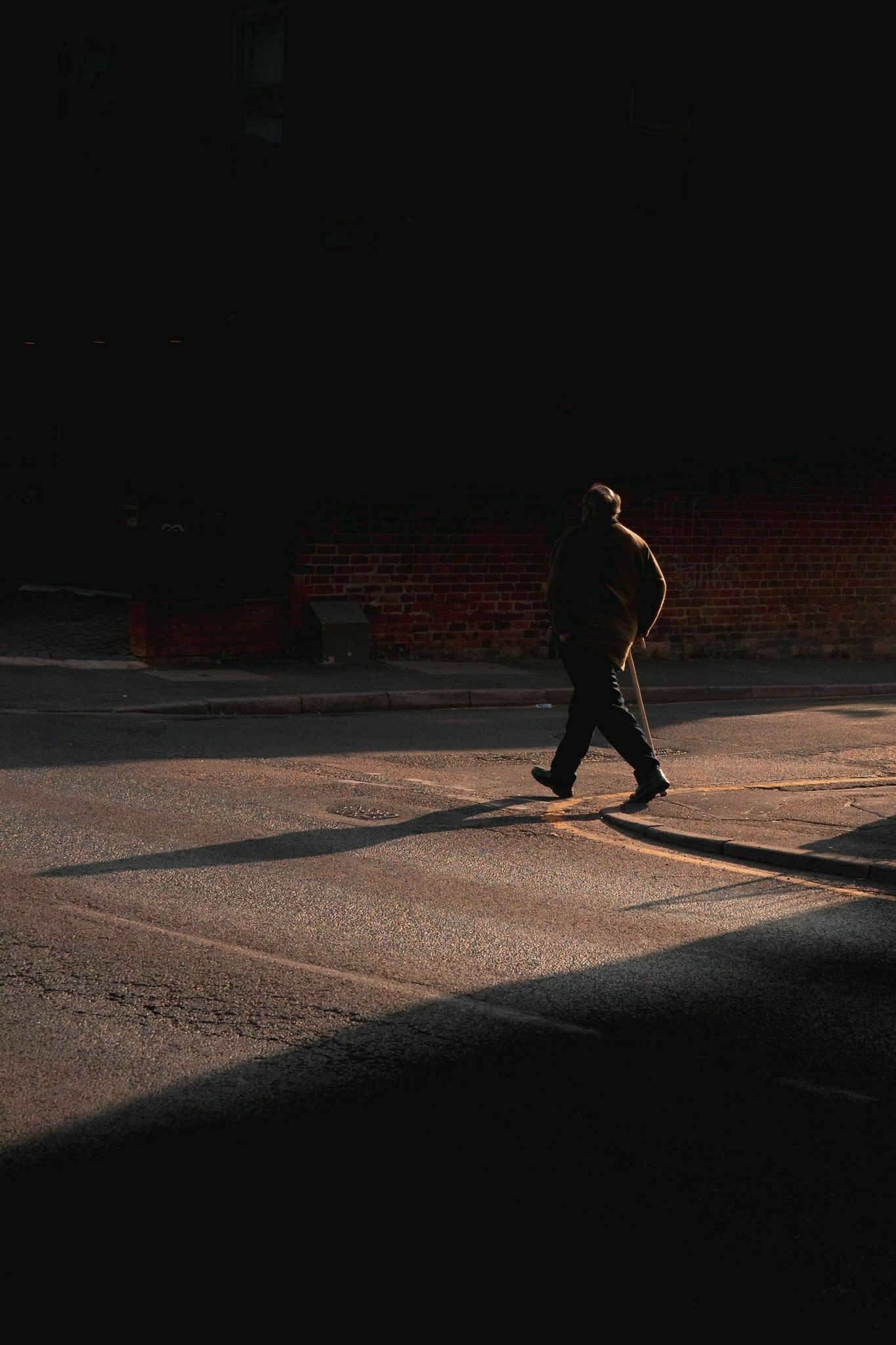





One of the great things about making your own website is that you can build new things. One of the worst things about making your own website is that you keep building new things. After web mentions and a way to publish easily, the next thing on my list was a blogroll. Not just a page people can go to, but a way to surface the things I like to everyone who happens to visit my website.
Thankfully, this was easy, and I took inspiration from Chris Hannah’s blogroll on GitHub. Starting with creating two JSON files with information on the blogs I enjoy reading, and the products I like and would recommend to people.
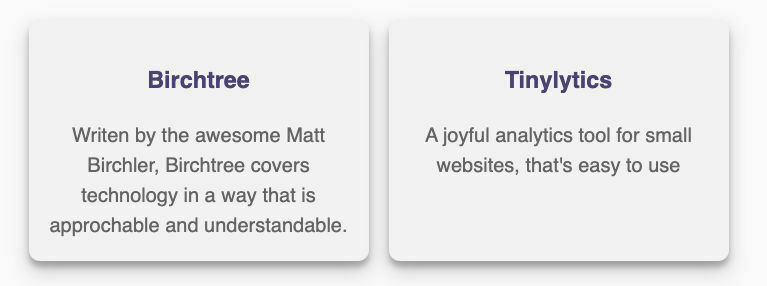
After creating the files, I added an Eleventy filter to generate a random number in order to pick a blog and product at random for each place this would appear. It was important to me that it cycle through as many as possible, but it was not browser-intensive, and my blog continued to serve static pages.
eleventyConfig.addFilter("randomItem", (arr) => {
arr.sort(() => {
return 0.5 - Math.random();
});
return arr.slice(0, 1);
});
return {
dir: {
input: "src",
output: "public",
},
};
Then I can show them wherever I wish using {% raw %}{% for blog in blogroll | randomItem %}{% endraw %}. The best place for this is a partial, and at the moment it lies at the end of each blog post. However, I have plans to improve the design and be able to place it in more spaces.
I have a few things in the JSON files at the moment, but I have a feeling this will grow quickly
In keeping with my ways, as soon as I published my rather long-winded method of pulling in pseudo webmentions, I knew I wasn’t satisfied. Functioning is one thing, but seeing all the code on a page and having trouble following it myself gave me a headache. I began working on updates I had planned for a few weeks later.
I am now just using the Mastodon API to pull in all the information I want to display.
async function fetchAndUpdateUserPosts(instanceURL, accessToken, username) {
try {
const fetchedPosts = await fetchUserPosts(instanceURL, accessToken, username);
const filePath = `./_cache/mastodon_posts.json`;
// Check if the file exists
if (fs.existsSync(filePath)) {
// Read existing posts from file
const existingPosts = JSON.parse(fs.readFileSync(filePath, 'utf-8'));
// Update or add new posts
fetchedPosts.forEach(newPost => {
const index = existingPosts.findIndex(oldPost => oldPost.id === newPost.id);
if (index !== -1) {
// Update existing post
existingPosts[index] = newPost;
} else {
// Add new post
existingPosts.push(newPost);
}
});
// Write updated posts back to the file
fs.writeFileSync(filePath, JSON.stringify(existingPosts, null, 2));
console.log(`Posts for user ${username} fetched and updated successfully.`);
} else {
// Write fetched posts to a new file
fs.writeFileSync(filePath, JSON.stringify(fetchedPosts, null, 2));
console.log(`Posts for user ${username} fetched and saved successfully.`);
}
} catch (error) {
console.error('Error:', error);
}
}
Full gist here.
For this, you will need an access token for the API, which is available in your settings - more info here. You will also need a username, which isn’t your actual username but more of an ID. More information on how to get this is available here.
The full script checks for changes to the cached file and only updates changes, which is handy for adding new comments, likes, or when you edit your post.
This method makes displaying the information much easier, as the old way was a complete mess. It illustrates the learning process here!
Now I just need {% raw %}{% set mastoContent = mastodon | searchContentForUrl(page.url | url | absoluteUrl(metadata.url)) %}{% endraw %} so in my post I can then display the toot content, likes, boosts and a comment count. For instance my toot data is:
{% raw %}
<div><i class="fa-regular fa-star"></i> {{ mastoContent.favourites_count}}</div>
<div><i class="fa-regular fa-comment"></i> {{ mastoContent.replies_count}}</div>
<div><i class="fa-solid fa-rocket"></i> {{ mastoContent.reblogs_count}}</div>
{% endraw %}
This new approach, although much cleaner, disregards webmentions from any source other than Mastodon. I am still pulling these in but displaying them on a private dashboard in my CMS. My plans are to filter out Mastodon-related ones and display these on the post page as well. This will take me a while to figure out the best way to show them, and at this point, I will pull in all old data from my old blog.
I’ve been struggling to write about much else besides writing. Sure, it’s occupying much of my time right now, but it isn’t a subject I typically cover. This isn’t a ‘worry’, but a post I read earlier highlighted factors that might be affecting my slump.
A post on the Meadow blog, about reading lots of blogs to be able to write widely, states:
There are no real guidelines on how to create posts. There are no expectations you need to fulfill, no boxes you need to check. There’s nothing you have to do besides doing whatever you want.
This simple statement is easy to forget. I still worry about the way I format my blog posts and what to write about, but ultimately it doesn’t matter. These meta posts are fine, because anything is fine. There’s no pressure to have a ‘thing’, and people seem to read them anyway. So, insert shrug emoji?
I’m 100% on board with the comments about the need to read a lot to write more. My usual inspiration for posts comes from the things I consume. Occasionally podcasts and TV shows, but nothing seems to prod my inspiration as much as reading books and blog posts. Something that generally falls away once I become busy.
By returning to the things I enjoy, it sparks the creativity to do other things I enjoy, and everything becomes right with the world again.
This week I have been building parts of my blog, to learn and to get it to a point that I am happy with. A large part of this was webmentions, and thanks to a few excellent guides I got 90% of the the way their. With only a few design things to think through I read more posts on webmentions and realised the way I was doing it was the best solution for privacy and so here we are with a reduced version.
I need to preface this with the fact I am a noob, and this might be a) wrong or b) a stupid way of doing it. This is just the way I did it, and if you’ve got some advice I am all ears.
I had already implemented a script to pull these from webmention.io and cache these into a local file.
// Import required modules
const fetch = require('node-fetch');
const fs = require('fs');
const path = require('path');
require('dotenv').config();
// Constants
const CACHE_DIR = './_cache';
const API_ORIGIN = 'https://webmention.io/api/mentions.jf2';
const TOKEN = process.env.WEBMENTION_IO_TOKEN;
// Ensure cache directory exists
if (!fs.existsSync(CACHE_DIR)) {
fs.mkdirSync(CACHE_DIR);
}
// Function to fetch data from the API
async function fetchData() {
try {
const response = await fetch(`${API_ORIGIN}?token=${TOKEN}`);
if (!response.ok) {
throw new Error(`Failed to fetch data: ${response.status} ${response.statusText}`);
}
const data = await response.json();
return data;
} catch (error) {
console.error('Error fetching data:', error.message);
throw error;
}
}
// Function to save data to JSON file
function saveDataToFile(data) {
try {
const filePath = path.join(CACHE_DIR, 'webmentions.json');
fs.writeFileSync(filePath, JSON.stringify(data, null, 2));
console.log('Data saved to:', filePath);
} catch (error) {
console.error('Error saving data to file:', error.message);
throw error;
}
}
// Main function to fetch data and save it to file
async function main() {
try {
const data = await fetchData();
saveDataToFile(data);
} catch (error) {
console.error('An error occurred:', error.message);
process.exit(1);
}
}
// Run main function
main();
Instead of loading all of the information from this as most guides do, I decided instead to simply count the important details. I think this could be cleaner but its working as thats all I am working on at the moment.
{% raw %}
const filteredWebmentions = data.children.filter(entry => {
return entry['like-of'] === url || entry['in-reply-to'] === url || entry['repost-of'] === url;
});
// Initialize counts for each type
let likeCount = 0;
let replyCount = 0;
let repostCount = 0;
// Loop through each entry in the filtered webmentions
filteredWebmentions.forEach(entry => {
// Check if the entry matches the given URL for like, reply, or repost
if (entry['like-of'] === url) {
likeCount++;
}
if (entry['in-reply-to'] === url) {
replyCount++;
}
if (entry['repost-of'] === url) {
repostCount++;
}
});
// Return an object containing the counts
return {
likeCount,
replyCount,
repostCount
};
{% endraw %}
This is then displayed on my post using:
{% raw %}
{% set urlnohtml = page.url | url | absoluteUrl(metadata.url) | replace('.html', '') %}
{% set urlhtml = page.url | url | absoluteUrl(metadata.url) %}
{% set countnohtml = webmentionsFilePath | countWebmentions(urlnohtml) %}
{% set counthtml = webmentionsFilePath | countWebmentions(urlhtml) %}
{% set totallikes = countnohtml.likeCount + counthtml.likeCount %}
{% set totalreplies = countnohtml.replyCount + counthtml.replyCount %}
{% set totalrepost = countnohtml.repostCount + counthtml.repostCount %}
{% endraw %}
This is not very effect as I ran into an issue where i had shared some links with .html on the end and some without, so got an MVP working late last night.

I could then link people to the resulting Mastodon post but decided I wanted to go further and display the information from the toot.
The easy way would have been to rely on the embed code and link to the toot, but I decided instead to make as many things static as possible. Deciding instead to pull the rss feed from my account and filter it by the page url.
{% raw %}
const axios = require('axios');
const Parser = require('rss-parser');
const fs = require('fs');
const rssFeedUrl = 'https://social.lol/@gr36.rss';
const jsonFilePath = './_cache/mastodon.json';
// Function to read the previously saved entries from the JSON file
const readSavedEntries = () => {
try {
const jsonData = fs.readFileSync(jsonFilePath, 'utf8');
return JSON.parse(jsonData).map(entry => entry.link);
} catch (error) {
// If the file doesn't exist or is empty, return an empty array
return [];
}
};
axios.get(rssFeedUrl)
.then(response => {
const parser = new Parser();
return parser.parseString(response.data);
})
.then(feed => {
const savedEntryUrls = readSavedEntries();
const newEntries = feed.items.filter(item => !savedEntryUrls.includes(item.link));
if (newEntries.length === 0) {
console.log('No new entries found.');
return;
}
const items = newEntries.map(item => ({
link: item.link,
pubDate: item.pubDate,
content: item.content
}));
const jsonData = JSON.stringify([...items, ...readSavedEntries()], null, 2);
fs.writeFile(jsonFilePath, jsonData, err => {
if (err) {
console.error('Error writing JSON file:', err);
return;
}
console.log(`${newEntries.length} new entries saved to ${jsonFilePath}`);
});
})
.catch(error => {
console.error('Error fetching or parsing RSS feed:', error);
});
{% endraw %}
This is then parsed into json (I just think it looks better) and stored in a cache file.
I can then query this for specific page urls using
{% raw %}
eleventyConfig.addFilter('searchContentForUrl', (mastodonData, currentPageUrl) => {
// Load the JSON data
const jsonData = JSON.parse(fs.readFileSync('./_cache/mastodon.json', 'utf8'));
// Iterate over entries and search for the current URL in content property
for (const entry of jsonData) {
if (entry.content.includes(currentPageUrl)) {
return entry;
}
}
return null; // Return null if URL is not found in any content property
});
{% endraw %}
And display thing on the post page using {% raw %}{% set mastoContent = mastodon | searchContentForUrl(urlnohtml) %}{% endraw %}
I then show this with:
{% raw %}
<a href="{{ mastoContent.link}}"><i class="fa-brands fa-mastodon"></i> Join the conversation on Mastodon
<div>{{ mastoContent.content | safe }}</div></a>
{% endraw %}
Like I said right at the start, I am a complete noob with front end and I am currently studying to improve things. I’d like to pull all the information once using the mastodon API, so I have access to replies_count, reblogs_count and favourites_count but that can wait for now.
This only shows on a few posts due to a change in URL but I am planning to pull in old data and show this too. All in all, I’m fairly happy with it for now considering it was cobbled together fairly quickly when I changed my mind on what I wanted to display. Any helpful recommendation will be happily received.
For the last few weeks, I’ve fallen out with myself and the place I publish all of my things online. I don’t want to go into the specifics, but I turned back from the brink not that long ago and don’t want to again. As such, I’ve been learning to build my own static blog with 11ty. It’s slow-going, but that’s the point.
If I am honest with myself, hosting my blog and everything else with micro.blog is the easy way to do it, but making me find solutions for things forces me to readdress my desires. It is easy for me to point at things like micropub, webmentions and the like, but when I have to do work to implement them I have to be certain what I want to achieve.
Seems counterintuitive, doesn’t it? That was my initial reaction too, and there might be some conformation bias going on, but the more I thought about it, the more sense it makes. Out of the box, 11ty is powerful, but has a high barrier to entry. There are starter themes to clone and get you going, but to really take advantage of what it can do takes time and knowledge. Knowledge I barely have.
I managed to get a rudimentary CMS up and working, along with permalinks working the way I want to, but after a few hours of head scratching really in-depth features were lacking. Easy enough to just give up again, but these technical skill barriers are there to be solved. It made me think about how easy it is to yell for a feature on a platform, but when you have to build it yourself it’s a different story. The barrier prompts internal decisions that might never arrive.
It also made me laugh at some points where I have jumped into ‘new’ features without actually thinking about how they help and how useful they are. Ultimately, I’m willing to do the work to get the features I want, such as webmentions, but some are falling away. As I spoke about before, this is supplementing my current front end certificate, so it’s win/win at the moment.
It’s less than 24 hours until Valentine’s Day, but this post isn’t about my wife. Although she is great. It’s about the very real love I have for running again, and it’s all because I gave myself something that I couldn’t get out of.
A couple of years ago, I was in a bad way. Despite loving running my whole life, health issues caused me to just about give up on it. First came an injury that got me into cycling, and then the really big hitter after my COVID-19 booster shot. Since early 2022 I’ve been unable to run without it causing more issues with my health.
I got this stupid idea to enter London, like I have done every year, and was secretly happy when the decline email came. A few weeks later I had a call from Epilepsy Society offering me a place, and I couldn’t say now—and that has been my saviour. I’ve always been a grab the bull by the horns person, and if you get some sponsorships for it before you’ve had time to think, it means you can’t back out.
So I had to get running. There was no choice but to run through the breathing issues and needing an inhaler. It started out crap, but slowly I began to feel myself again. I’ve fallen back into love with running again, and all because of charity work. It gave me a reason not to give up, to force myself to get better, and although I’m still not 100% I feel the best version I have been for years.
The calmness that running brings helps me in so many areas of my life, and I can’t believe I went without it for so long.
It seems my throwaway post about not publishing to my blog gained some traction. Many people took it as it was intended, a commentary on it being too easy to reply and push it in front of my face, but many more people did not.
It’s a shame to see it used as some kind of signifier of privilege. Before I published, I did wonder if it would be yet another reason to ignite something beyond its intention—particularly on micro.blog. Absolutely, you can read into the post whatever you wish, but its intentions are surface level.
It does not arch back to privilege, nor is it any kind of commentary on political or racial issues. It’s just a blog post about me not publishing because I would rather not start yet another discussion on note-taking apps. I would have, were it not so easy for people to reply and make their feelings known directly to me on my blog post comments.
To see it extended to some kind of indicator of deep-rooted entitlement is annoying at best. Whilst I do think it’s important to think about the way your words could be taken, these kinds of issues are why I don’t publish most of my blog posts. I love a constructive discussion on my thoughts and ideas, there is nothing better than having them tested, but this is beyond that.
I would rather not reply. Nor do I want to give it time to think through the ideas posed in response. I think this may be the point that I give up because I can’t be doing with it. If you miss the point, that’s on me too, but reach out to me first, please.
Adam Newbold, writing about using URL as a sentence:
URLs convey valuable information, and good URL design ensures that they provide the right level of context and set proper expectations. Incidentally, good URL design is something that is still lacking all over the internet,
I can’t remember where I saw Adam’s post linked to, nut it had the exact pull quote highlighted and I saved the post for reading later, thinking this was a fascinating idea. Something I could get behind. But the more I thought about it, the more I think it doesn’t really matter — which I think by the end Adam also agrees with.
I understand the idea. Maximising the amount of information in the URL, but on the modern web I don’t think it matters. I mean hey, it matters to Adam and that’s really cool, but in general. When was the last time you paid attention to a URL?
I link to loads of them, both on my blog and in my day job, and there are only two instances they matter. Both of which are every niche and only matter to me in my day job — SEO and direction.
In every other instance, you’d be hard pushed if you even see the URL on the modern web (and perhaps that is another point worth talking about at a later post). Most browsers hide them and only show you the top-level domain. When it comes to sharing on the web, even platform either obscures them with their own linking and/or shows you a rich preview with an image.
Perhaps I am wrong and they really matter to people. I understand it’s essential to own them, and not change them, but as for what they look like — who cares. Well, Adam does clearly, do you?
Last month, I wrote a post that never got published. It was written out, formatted, edited and ready to go. As far as I could take it, but I hovered over the publish button and decided against it. There was nothing controversial there, but it criticised a poor take from someone who is well liked, and I couldn’t do doing with the hassle of replies.
In many respects, the unpublished post in question did its job. Much like the others that I get halfway through and never finish. It got the thoughts out and on to ‘paper’ instead of swirling in my head. The self-censorship didn’t lose me anything, and perhaps gained me a lot of peace, but I still find it funny that I couldn’t publish it on my blog. A space that is reserved for me to reflect on the things I want to write about.
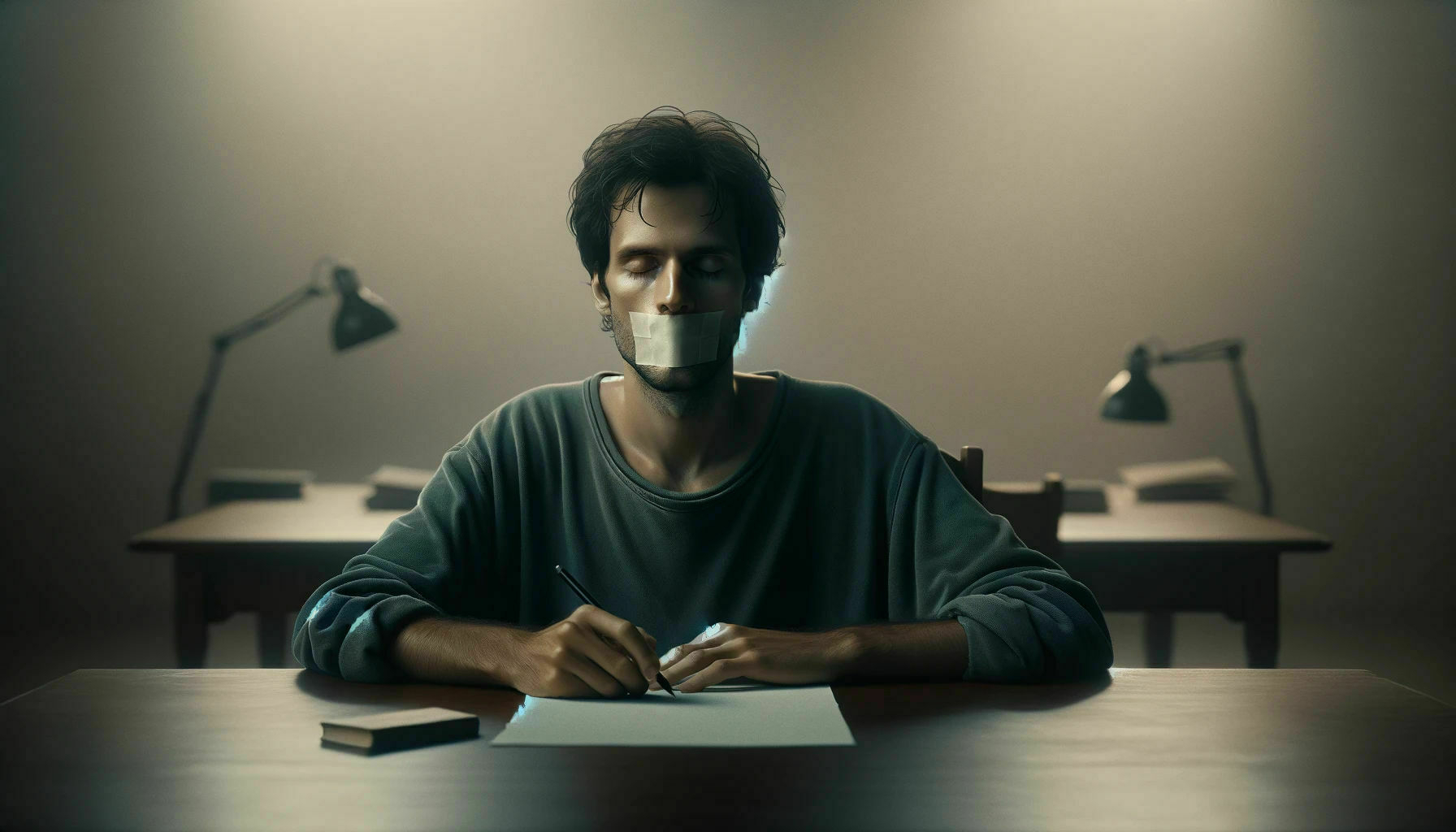
I repeat, there was nothing offensive in the post, simply a retort to the terrible take. The issue that I foresaw was who it was towards. If you offend the community in question, then tend to swarm and reply in droves. All putting in their opinion, even when not asked, which is great, up to a point. I felt as if I wanted to publish it without seeing it anywhere else, perhaps if it were kept away from the blog’s main feed it could still live — but that defeats the point.
As such, it just sat there, doing nothing and annoying me, so I deleted it today and this post is my cathartic release instead. In both deleting the post and publishing this one, I have balanced my blogging chi, but there is still some weirdness there for me. I think that perhaps social media makes it too easy to reply, and too easy for me to read them.
If the reply took effort to reach out to me personally, or write their own blog post, this may put off even the most motivated of people. Even then, it would be very unlikely that I would see it without visiting their blog directly. I have had these protracted discussions before with fellow bloggers through link posts, and they generally go down much better than those thrown at me in 280 characters.
Can I quote post, a quote post? Well, tough, I am. Matt Birchler talking about dunking on people being a sport:
…a surefire way for you to generate engagement this week is to talk shit about…
The first thing that comes to mind reading Matt’s post is the outline of all the performative behaviour that happens on social media. Big brands and users alike farming the rage of other people for attention. There’s nothing that seems to get people going than when they hate something you like, or like something you hate.
As I’ve written about before, of course hate what you hate, and embrace it, but there becomes a line when, as Matt writes about, your personality is outlined more by the things you hate than what you enjoy. You are more concerned about the external things that you should hate, than the internal, there becomes a little too much you in f^%k you.
Derren Brown talks about exactly this in the first part of his excellent book Happy. If you base your personality on doing the opposite of something, anything, you are giving up control. He uses the example of walking on the right side of the road, simply because everyone else uses the left. It might seem anti-establishment until everyone walks on the right now. Do you then cross the road?
Arcing back to Matt’s post, he have all been teenagers and disliking the right things was “cool”. It’s an important part of growing up, but why look at other people so much? Why let others dictate what you like and don’t like? Even if the reason they like it, you hate it — other people are making your decisions for you. Certainly, you can have a f^!k you personality, but you might find you are only screwing yourself.
Ali Abdaal writing The Optimisation Paradox edition of his newsletter:
There’s nothing wrong with optimising something for growth, and “treating it like a business”. But it comes with the trade-off that, usually, the thing becomes a little less fun.
It doesn’t matter what you like doing, the moment you get reasonably good at it someone will say “I bet you could make some money doing that”. Should you choose to, it is at that point the fun will be sucked out of it.
Perhaps not straight away. It might take a few weeks or months. Perhaps longer. At some point, whilst trying to streamline it or maximise profits, you will realise you don’t enjoy doing this thing any more. You will realise that not everything needs to be monetised, and you will miss the old days of doing it for fun.

Like a sponge, if given free rein, our actions will suck all the fun out of everything. Ali quotes a ‘game designer’ from a video he has watched. What video and what game designer we don’t know, he said, “Left unchecked, players will optimise the fun out of the game they’re playing”.
Which, as Ali says, is an interesting quote (just not quite enough to write down who said it) because it cuts right to the heart of our unhealthy trait to ruin everything we enjoy by doing too much of it. My tendency, as Ali has found out, is to do this with podcasts. Start spending too much time on audio editing, recording too much, and lose sight of what really matters — the conversation.
I also say this fairly often about writing because I have seen it happen to friends of mine that now need to pay the bills by publishing. All the writing they did because they enjoyed it and moulded their craft, grinds to a holt. I guess, who on earth wants to do things for free, when they can get paid for it. Well, we all should.
For far too many years of my life, I was seeking ideas to boost the things I could get done. At first, it was tips for better conversion rates, better management styles and more recently it’s pure productivity “getting things done” advice. When you digest this kind of thing for even a short period of time, you begin to realise there is no hack for hard work.
In the least few years, self-help advice has exploded to become a multi-billion pound industry. What was once an occasional presentation and a few books in a store has ballooned to everything from podcasts, seminars and month long courses. There’s nothing wrong with this, of course, self-improvement is one of the most important things to do. However, most of the content being produced is not to make you better, it is solely to convince you there is a hack to ‘success’ and to attain it you just need to do this one thing.
That one thing is usually buying their course (at just £1995), but that’s not the point of this post. The fact that people believe there is a hack to everything is really the issue. Everyone wants a quick, easy fix. 5 minute abs, diet pills, a stupid morning routine — whatever it is you are trying to achieve, all these ‘hacks’ are a waste of time.
Everyone who is successful has worked hard (and perhaps had a few leg ups) and there is no replacement for it. I had a long conversation around this topic with my son once, when he was asking about shortcuts to wherever it was we were driving. I explained to him that there is no such thing as a shortcut, at all. There might be ways that appear shorter, or might shave some time off sometimes in very specific circumstances, but they simply don’t exist. They can’t exist. Otherwise, they would just be ‘the way’.
Much like trying to look for backstreets or quiet roads when you are driving, there are no hacks to get to places faster. You can pick up tips, learn different ways, but ultimately, you need to do the work and get to wherever it is you want to go, yourself.
There are some mornings you get up, feel so under the weather from illness that you can’t face the world. Not to mention, you shouldn’t be spreading your infliction around to the rest of the workforce — so you ring in ill. Spending the day resting and recuperating instead. What if the opposite were true and you could pull a healthy?
I stumbled on this idea as a meme reel on Instagram, but I think they are on to something. I might be the only one here, but I get these days when I feel well rested and ready to do something, but instead I have to deal with the daily grind of 8 (at least) hours of work. I wish I could call in and just say, “I feel too good today and don’t want to waste it. I’m pulling a healthy”.
I could then do whatever it is that makes me happy and enjoy the feeling. Instead of having to deal with the enjoyment sponges that every work place has. Or waste my energy on tasks that make other people money instead of going for a run and soaking in some sunshine.
The world would be a much better place if we could pull a healthy. Go on. You know you want to.
Whenever anyone asks me how I write so much, my default answer used to be because I read so much. The words from other people producing content I enjoyed, be it on the web or in a book, never failed to give my pause of thought and inspiration to write them out. Not all of them were published, but I got to the stage where I was constantly putting things on my blog — currently, not so much.
I’m struggling to see the point in publishing many posts outside of those that form quickly. I’m still scribbling all the time. Opening Ulysses or Apple notes to write some ideas down, but there is very little motivation to turn it into something publishable. As much as I love blogging, and love that more people are doing it than I have even known, I’m struggling.
I’ve read some great things already this year, but it feels as if the rate of content produced has ramped up, but the quality is slipping. It seems like I need a shift in my reading to offset those that just produce content quickly and cheaply, potentially with AI, for clicks.
The great thing is, I don’t do this for anything apart from myself. There is no demand on me putting my asinine thoughts on my blog, to earn my paycheque. So I have the freedom to step back whenever I want to, and presently my online life is getting very little attention.
Evan Sheehan in their post :
I wonder what the alternative looks like. A tool that helps you remember the sites you like to visit so that you can browse them at your leisure, but that doesn’t create a commitment to read—or at least look at—absolutely everything that is published on all of those sites.
At first, this seemed like a crazy idea, but the more I thought about it, the more it made perfect sense. I read 99% of the blogs I follow in my favourite app Matter. Which is great in that it boils websites down to the basic content and makes it easier to read. However, it removes all personality and expression from personal websites.
The idea above is not as crazy as it sounds. Before Facebook invented ‘the feed’ I remember keeping a bookmark list of my friends' pages that I would check in on every so often and it’s wonderful when the internet goes full circle. Making the same list of my favourite blogs to check and enjoy the revelry of their website brings life back into the web.
I just hope it doesn’t fuel my tendency to fiddle with my blog’s CSS every five minutes!
Alan Jacobs with an interesting note on plagiarism:
…see something in a digital book or article that they want to use, copy the relevant text, and then paste it into Word with the intention of editing it later to in some sense make it their own.
Alan’s note covers controversy in academic publishing and the plagiarism that could be caused by sloppy writing and the pressures of education. However, I spent the whole time thinking about blogging and linking posts. I don’t write many of what you would typically call a link post, but I do quote numerous people on my blog and often run through the thought process that Alan talks about.
I save loads of quotes for possible use later. They litter my notebook, my Apple notes and even the occasional sticky note on my desk. Little snippets of ideas or information I might need later to complete some work or give me a starting point for my ideas in a blog post. I always stay true to the original person, but I must admit there’s not a lot of work needed to change the wording and attempt to pass the work off as your own.
Which leads me to wonder where the point is that the copied words become your own? Is changing the phrasing slightly enough?
…if you quote too much, it might become obvious that there’s not a lot of you in your article. So you need to rework the quotations to make the extent of your debts less obvious.
We have all seen blog posts that are more quotes than content. Which is fine, to a point, and where the aim is to share the work of someone else to another audience. When there isn’t a lot added to the conversation outside of that, you do have to ask yourself, what’s the point — and Alan suggests this is where much plagiarism begins. The words are changed, or in some cases not changed enough, due to lack of extra content and not wanting to make it obvious.
Leo Babauta saying Become Quiet So You Can Listen:
…it’s a very human tendency to want to be busy, productive, filling every space with something useful or entertaining.
I’m one of those suckers. Those people who accuse the modern world of always being to blame for everything wrong until proven otherwise. This is one of those posts that makes me think about a small throwaway point and change my view.
Is it a natural human trait to want to be busy with something?
I suffer with a constant restless body to the point that, at times, I have to force myself to stop and do nothing. Just for a bit. My mind tricks me into believing that if I am not doing something, anything, I am wasting my time. I thought this was because of the modern world, some rub of from hustle culture, but now I am starting to think it is just me.
Long before social media, YouTube productivity gurus and hustle porn, the world was still busy. My mother was endlessly doing something. Working, meeting people, taking part in events. Just never still and present. Perhaps this is where my habit comes from, or maybe it’s just the modern normal?
Sebastian de With, on Threads:
This is apparently incomprehensible to some people on this website, but to many people it’s actually a good and beneficial feature that Apple doesn’t let you install software on your iPhone from anywhere else.
It has been a while since I paid any attention to Apple payments and other things going on in the developer world. Not because I don’t care, but because I don’t really have an opinion and what I do think as a user might not always be very popular. So I usually just stay quiet.
I, as a user, have absolutely no desire to install another App Store on my device, nor buy my apps from anywhere else. It is a terrible experience on desktop to need several stores to just play a few games, and will only make things worse. I will also happily pay a little extra to be able to manage all the payments that I make to companies in one place and easy to access on my iPhone. However, I can be happy with my view point and also think that Apple treats developers horribly.
I work on an app, which is in the apps store, so I know all about getting approval from the fruit overlords, and must say Google are fairly difficult too. However, thankfully, they do not take 30% of sales from us because that would be a ridiculous amount of money to lose and then perhaps I would be jumping up and down more!
Just because I do not feel as strongly as some does not mean I don’t care, nor does it mean I don’t understand their frustrations. There is no-bystander apathy going on here, but at many points I don’t say things because I hold this rather Ambivalence state — Which tends to not chime very well with the developers I speak to.
The reasons that have sparked this thought process are not sharable; however, it relates to quite a few things in our lives, and society at large, that I thought it worth sharing. It relates to the often used delaying tactic to action is the amount of knowledge we have. That we need to know more before we get started — leading, of course, to inaction.
There are always times when this is the case, but more often than not it is simply a logical fallacy. A barrier to action that our mind puts in our way. Take, for example, losing weight. There is no knowledge gap here, we all know that to lose weight in very simple terms we need to eat less and move more. Yet more than 30% of the UK population are inactive, and 63.8% of the population are either overweight or clinically obese. Without discussing the nuance of the figures and descriptions here, they clearly illustrate knowledge is not the issue.
Every person that ‘suffers’ with procrastination knows that they should be working on something. They have enough knowledge of the tasks to complete, it may be right in front of their face — but much like those that want to lose weight, they have an action problem. I know how to become a better writer, I have to write more and hone the skills that I have. I don’t need to learn more about writing, I just need to sit in the chair and do it. Yet, for whatever reason, I have an action issue.
I talk to so many people who say something similar to “I really want to be x”. Exchange x for a whole range of things. A better writer, a photographer, a better runner. Whatever ever is, there’s no knowledge gap to doing it, but no action either.
This week, I’ve had two lengthy meetings at the end of the working day. Important, interesting meetings, but exhausting, and it brought to mind the often overlooked skill of scheduling things for the best possible time.
The instinct for those convening with others is to arrange a meeting when they have time. The first thing the participants know about it is a calendar invite with green or red buttons (and occasionally a yellow), with very little thought about the other things going on around them and the capacity to be at their best at the scheduled time.
I am a morning person; I rise early because of home commitments and often start work at 6am or earlier. Due to this, important tasks are always the first things that get my attention. Not because I eat the frog, but because this is the point in the day when I am at my best — I am high energy. By the time 5pm rolls around, I’m frequently exhausted and very low energy. So a long meeting at this time will be a real struggle.
Whereas if I have to arrange meetings, I typically put them in first thing, with little regard to people who might need a bit of time to ‘warm up’ into the day. By spending a bit of time and thought on the working practices of the people around us, specifically on our teams, we could all have a better experience and get more done.
Being aware of the difference between high and low-energy periods of the day has been a good productivity boost. For quite a while, I’ve highlighted tasks with high and low markers to make sure I am getting things done at the right point in the day. If I have some creative work to do or a problem to solve — that’s high energy and gets done first. If I have some research to complete or reading waiting for input — that’s low energy and can be done later in the day.
Straight off the bat, I understand I’ve made these types of statements before. Following the iPhone 14 launch, I had ‘no interest’ in purchasing anything, and a few weeks later, I had a 14 Pro Max and an Apple Watch Ultra. However, with that said, I have absolutely no interest in the Vision Pro, so I have stayed quiet about it. That is to say, this whole post is coming from this standpoint.
Due to this apathy, I’ve been reasonably sheltered from the gushing by others online. I’ve got the words muted on Mastodon, and it has kept most talk out of my feed. However, while laughing along to Andy’s recent face hugger post, I began to type some thoughts into my notes app, and it turned into something publishable. Spoiler alert: they haven’t really changed from my .
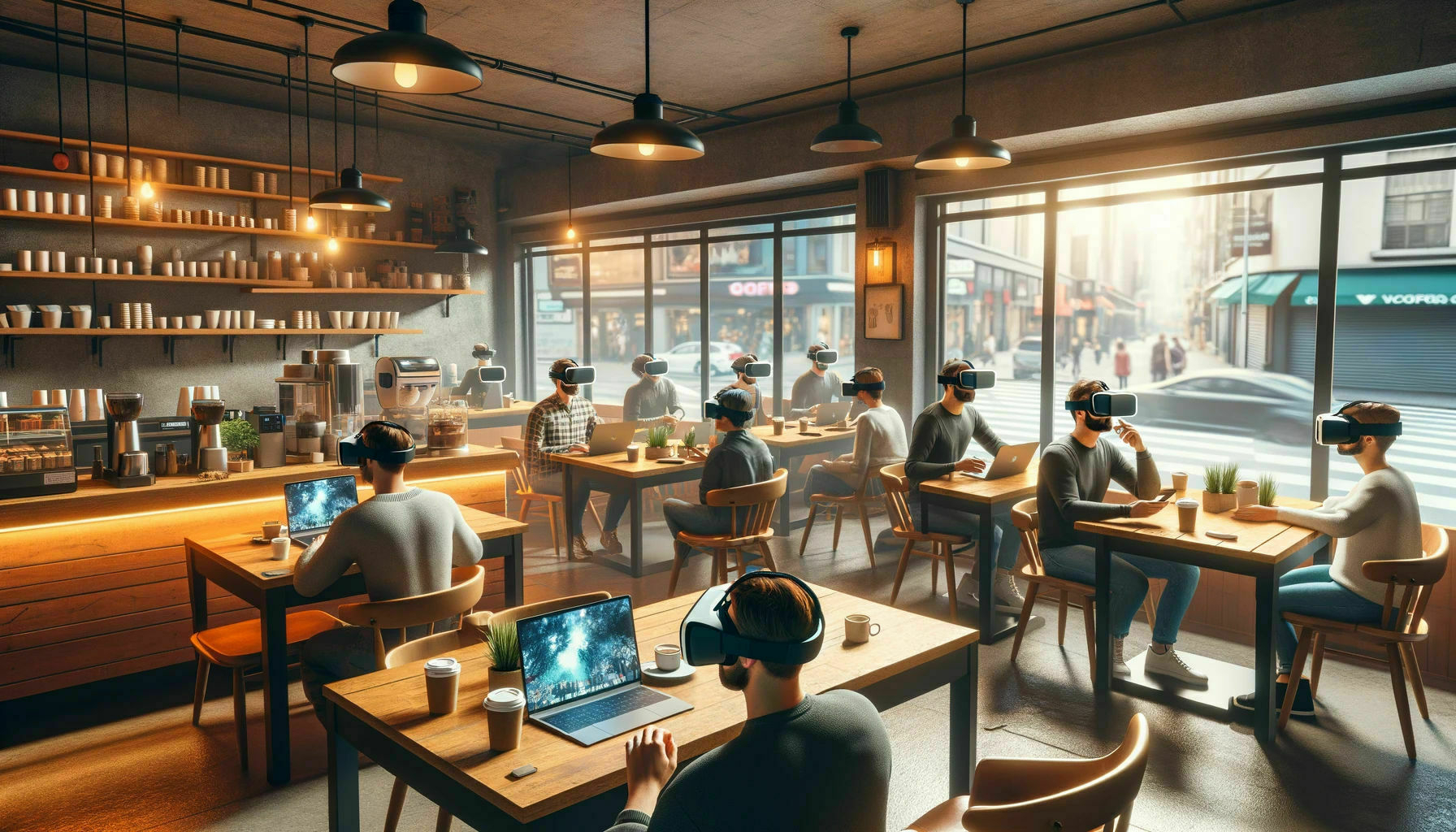
That’s not to say I don’t see the use case. I understand the appeal of such a device, to be engrossed in something so much that the outside world is cut off. The feeling of immersion in something is a remarkable experience. The desire to be fully immersed in a film or computer game is understandable – I am just not convinced it is worth the downsides.
I enjoy nothing more than sitting in my office, noise-cancelling headphones on, playing brain.fm, and being engrossed in deep work. Perhaps going to the cinema and sitting in front of a gigantic screen with surround sound. In neither of these situations have I thought, ‘This would be better if I could put this screen on my face.’ For me, at least, any VR headset, even a £3,500 one with creepy eyes on the front, doesn’t solve problems I encounter.
Recently, I think Apple has also realised this and switched the marketing. From being all-in on the Vision Pro solving working and media consumption problems, they have switched the messaging to emotion. Many of those lucky enough to try one have a strangely unified emotional response to spatial video. With one such reporter being brought to the brink of tears.
Who am I to argue with someones feelings, but outside of this, the utility of this expensive purchase is extremely limited. Perhaps that’s the point. The Vision Pro is for those with money to spend on something with limited use. The technology will no doubt get cheaper and become easier to purchase, but from my anecdotal experience, there are already plenty of people with cheap Meta devices gathering dust.
Apple may well have developed technology to try to combat motion sickness, but there’s no getting around the sickness from spending £3500 only to realise you need to create problems for it to solve.
As I wrote about yesterday, I have been using my time to build a blog. This effort stems partly from annoyance and partly from a desire for extra learning. The blog is built on a static site generator called 11ty, and I’ve developed it to a point where I am relatively happy with it. However, with all the messing around and developing a replacement for what I already have, at what point do you just say ‘Forget it’ and give up?
There’s been a considerable amount of work that has gone into my new blog. It’s a website filled with static files, but it also has a CMS backend to manage it all. I’ve added webmention and micropub endpoints to make publishing frictionless. It wasn’t an easy task, but it has all been done to replace something that I already have. My makeshift setup pales in comparison to just paying $50 a year and running it on micro.blog.
This gives me a setup that someone else manages, with no hassle, and it’s (relatively) able to do the things I want it to do. With the caveat of a bit of flakiness here and there and some opinionated choices regarding features. Remove all the extra social things, and it becomes a very cost-effective blog hosting solution, with many more features than my static site built with Netlify.
These smacks in the face don’t just happen with blog hosting. There’s a stark realisation sometimes when, after a few days, the reality becomes apparent that the new phone you got does exactly what the old one did. The new productivity app you fiddled with for hours doesn’t mean you get more done. A fancy new pen or notebook achieves the same thing the cheap ones do.
Don’t get me wrong, I have learned a great deal of new skills and used some of it to pass modules in my qualification. However, while messing around with micropub endpoints this morning to try to get my new thing to do exactly what the old thing does well, at some point you just give up.
Hard to believe, but it has been four whole days since I last thought about interacting with social media. What is even harder to believe is that I consider this any kind of accomplishment. It’s also not strictly true; I have been on micro.blog to grab some images and download my blog export, but I have spent the time saved running another half-marathon and learning more front-end skills.
Already about a third into my online front-end developer course, I’ve learned a lot in two weeks. It was supposed to take me about 9 weeks to get here, but it’s wonderful how much time you save by not scrolling! It also helps that I knew a lot of the basics and could pass some lab parts without even watching the lectures beforehand. As a way of reinforcing the HTML, CSS, and JavaScript skills being taught, I have moved my blog (twice, in fact).
My other domain at gregmorris.co.uk used to host my old Ghost photo blog, but now it is mostly a copy of gr36.com — with all the micro.blog things removed. It is currently built using 11ty, but it did briefly use Gatsby. The course I am doing is heavily focused on JS, and specifically React, so Gatsby was my first choice. However, the templating and build times put me off right away. I saved around 2 minutes just by switching to 11ty!
This isn’t me rage-quitting micro.blog after moaning about the lack of muting, but it’s not far off. I will continue to publish in both places until I decide on what to do. I need to reassess where I want to spend my time, and the effect that this election year could have on my life. It’s already creeping into my RSS and podcast feeds; I just don’t want to see it where I hang out. Anyway, that’s what I’ve been up to — enjoying the silence and learning new things.
In basic terms, I am becoming fed up with the way I interact with social media platforms that have no mute options. It was annoying when I first tried out Threads (they sorted it out quickly), and as we approach another election year in the States, it’s untenable on micro.blog.
At this point, I have been asking for this feature for years. Yes, my preferred app, Gluon, offers it, as does the web interface Lillihub, but when at least a third of my usage involves opening the platforms' homepage on my Mac while working, that donesn’t suit me well.
This wasn’t really an issue when I started asking for it. The small community on micro.blog is niche and nice enough to not have many posts I would rather not see. However, now that I use it to access the wider ActivityPub network, these posts are growing all the time.
The usual pushback on this is, ‘Just mute or block people.’ And while that argument is valid, it doesn’t solve the issue at all. All the people I follow are pleasant; they are not intentionally posting about bad things for attention (mostly). I aim to keep my feed small and curated for this reason, and I follow them because I want to keep up to date with them.
They should be allowed to post about whatever topic they see fit. Topics that affect them, like American politics, religion, and all the other things that I have no interest in, yet dominate my timeline in election years. I post about things that others might not like to see, and they should also be able to block my ramblings about those topics as they see fit.
Yet here we are, years into the platform and still no ability to mute words. As the political posts start to ebb and flow, in the words of Casey Newton, ‘I’ve seen this movie before, and I know how it ends.’ I can’t stand to go through this again, so I must either move to another place entirely or uncouple my blog from social media completely.

A little pool of light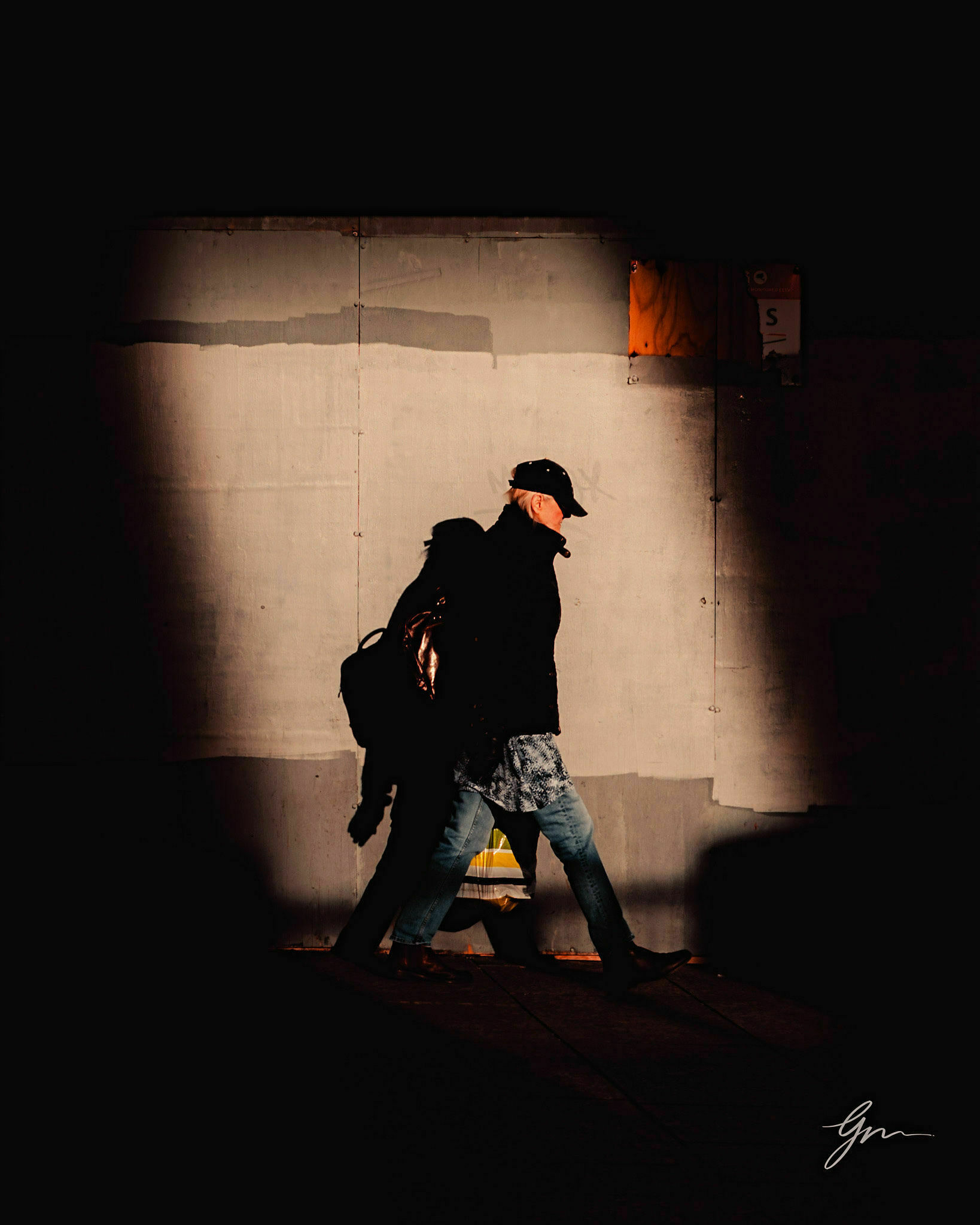
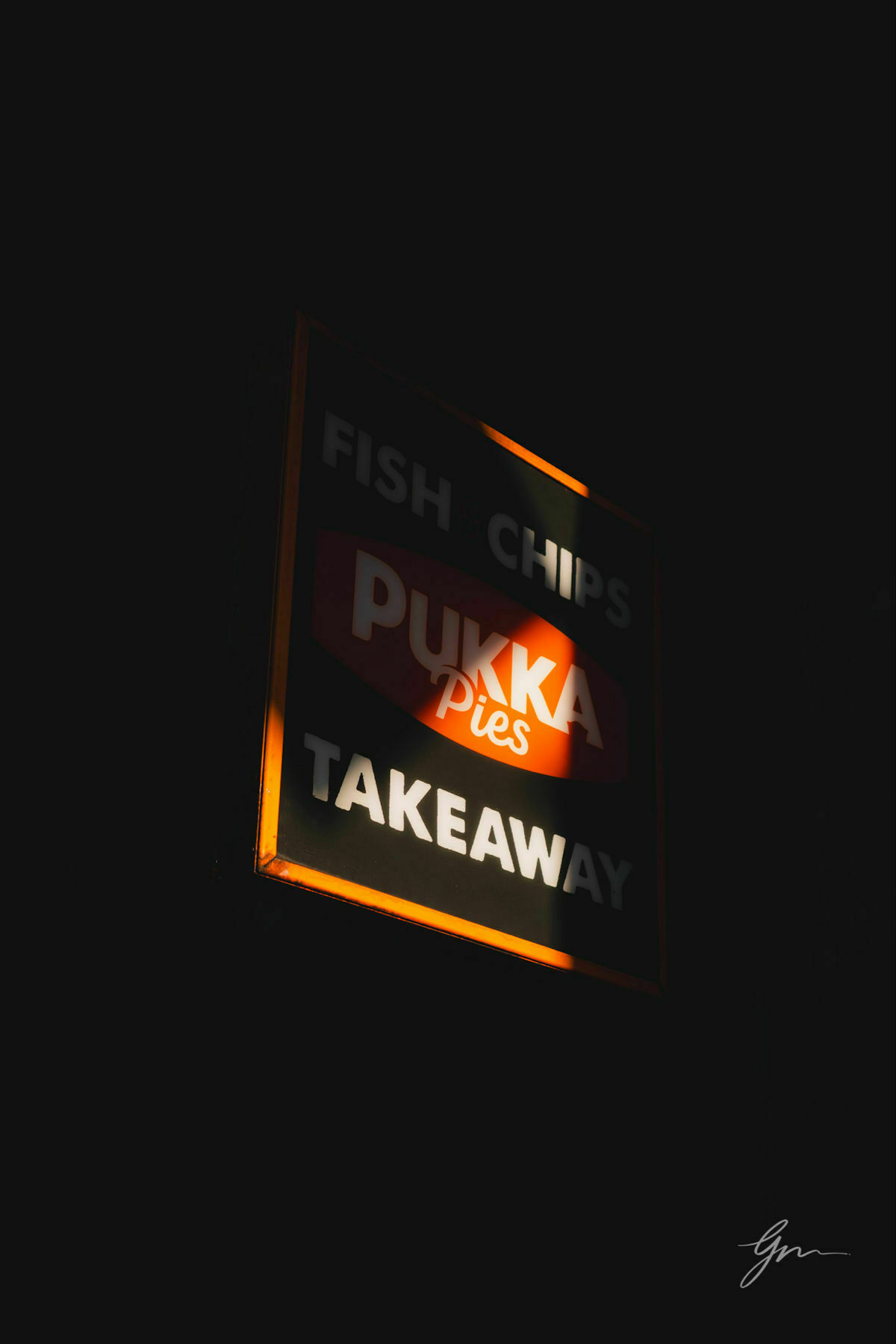
This post is less of a blog post and more of a recording of an idea I came up with mid-meeting. I was trying to explain how others should manage projects efficiently, ensuring they are clear on the desired outcomes and can measure them once the project is completed. Granted, this might be a bit out there, but it could help others.

Having a project is like following a recipe.
You find one you like; it might be something you stumble upon, or you might already have an idea of what you want to eat. Then, you create the recipe to achieve the desired result. In both instances, a good result is clear, and you know exactly what you aim to achieve from it.
The departments you need to pull into your project are like the tools you are going to use. You chop onions with the correct knife; you don’t give control over to the knife, you just use it to achieve the vision you have. You pull in your design team, use them to create the vision you have, while listening to their feedback and advice. They are the experts.
Then, you go through the recipe step by step, using all the tools at your disposal, and complete your project. You measure the results, both at the end and during the project. You might discover that you need a few more tomatoes or to chop the onions differently. So, next time when you want to replicate the same project or something similar, you can look at the results from last time and make the required changes.
You work slowly towards being able to pull together the best project you can achieve. You bring together all the parts, using all the tools you have to the best of your ability. Some might be automated; many might require following instructions, but in the end, you have something you followed through and can be proud of.
Now I’m hungry.
On Hard Fork, Casey and Kevin interviewed Open Ai CEO Sam Altman, before all the drama kicked off. It was a fascinating talk, more so listening after all the drama, I found particularly interesting his thoughts on the co-evolution of Ai. He comes across with well-balanced thoughts on the creation of such a societal shifting product as AI. In many ways, it reflects the evolution needed of all such products. They need to evolve alongside the community they are impacting to make the most change.
In the case of Ai, he highlighted the held beliefs that it should be worked on in private and then one day AGI launched to the world. Which clearly would be too much of a change too quickly. Instead, OpenAi chose to develop its products in the open and see what people thought and did with it. Which is a far better prospect than releasing a world shifting invention such as Ai overnight.
Society as a whole, or a large percentage of those exposed to, as with Google Glass, can, of course, reject things entirely. They can make clear that they don’t want this kind of product. That doesn’t make it a bad product, just too much change too quickly, or little perceived benefit. Which is why Sam was talking about the importance of these intellectual pieces of technology evolving in public.

Jack Goody and Daniel Bell coined the term intellectual technologies. They were both sociologists, referring to anything that could be used to improve our mental abilities — anything from an abacus, to a clock or a thermometer. Nicholas Car referred to the web as a new form of intellectual technology in his book The Shallows, one that is changing our brain both figuratively and actually. It is a new way of interfacing with the world around us, and so too are the new interaction methods for Ai.
The pros and cons of developing Ai aside, all of these advancements bring with them a new way of thinking and extending our cognitive abilities. The slow, steady walk towards AI being able to perform complex tasks is inevitable, however at least we have a chance to see how and where it fits into our lives. There will be upheaval, but by co-developing Ai with society as a whole, we at least have more time and space to work out where it will affect society most and cater to those effects.
The first time taking out my new Ricoh GR iiix and I got really lucky. We spent a couple of hours walking around the Victoria Embankment and river in Nottingham, with great winter weather.
My first impressions of the camera are really great. The image quality is amazing from such a tiny snapshot camera. The 40 mm focal length is perfect, and it is really nice to use. Choosing my photo a day shot might be hard for the first day of the challenge.
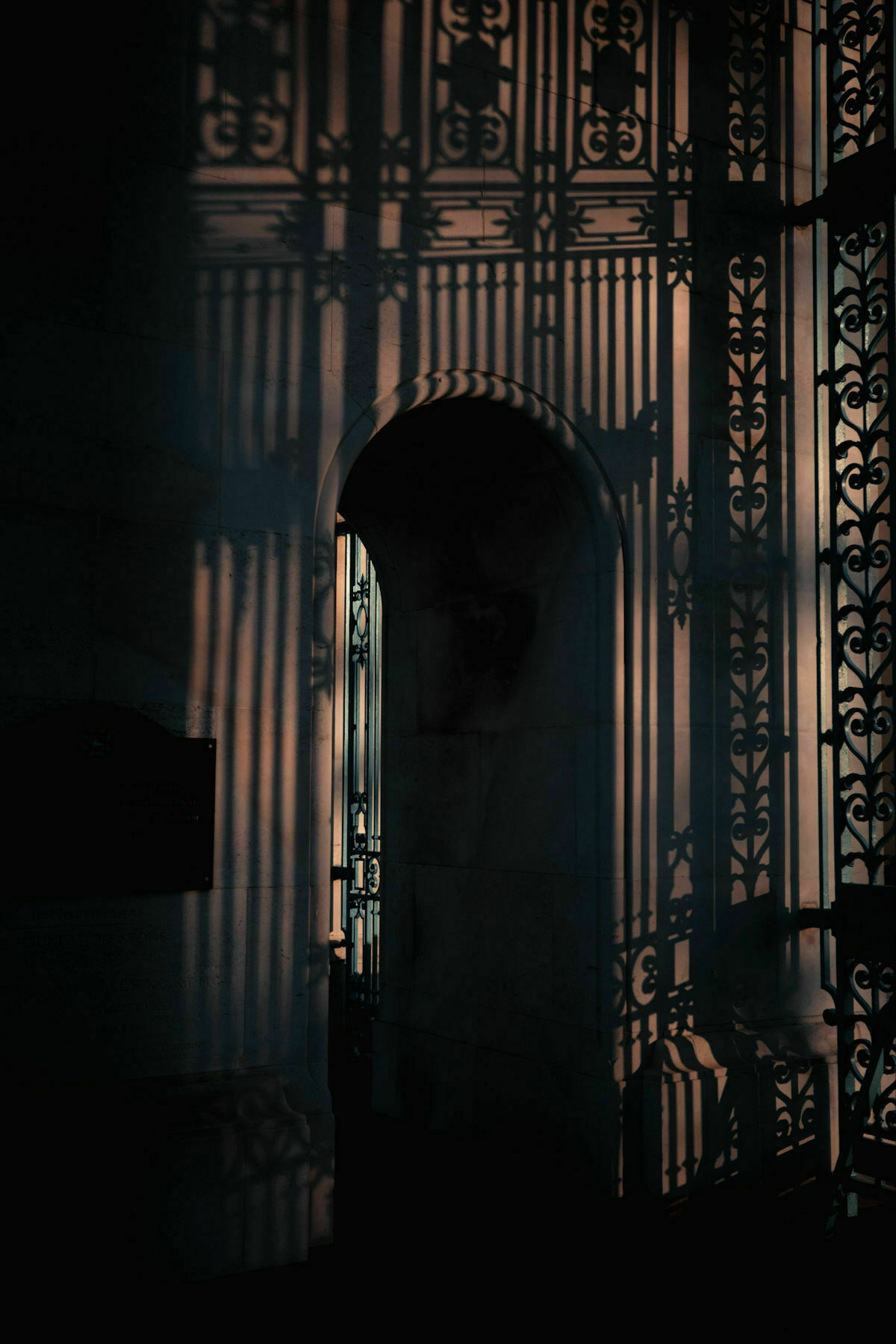
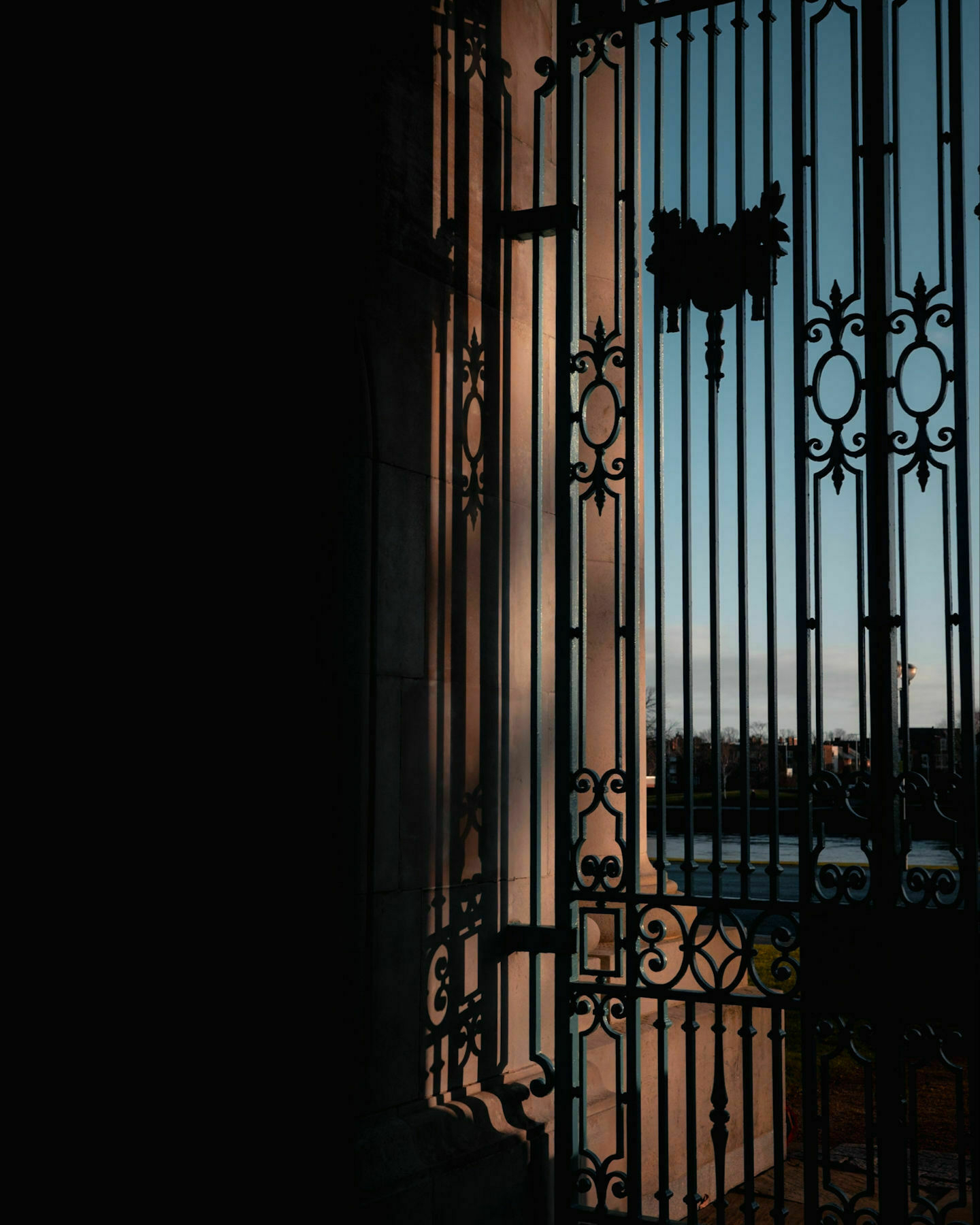


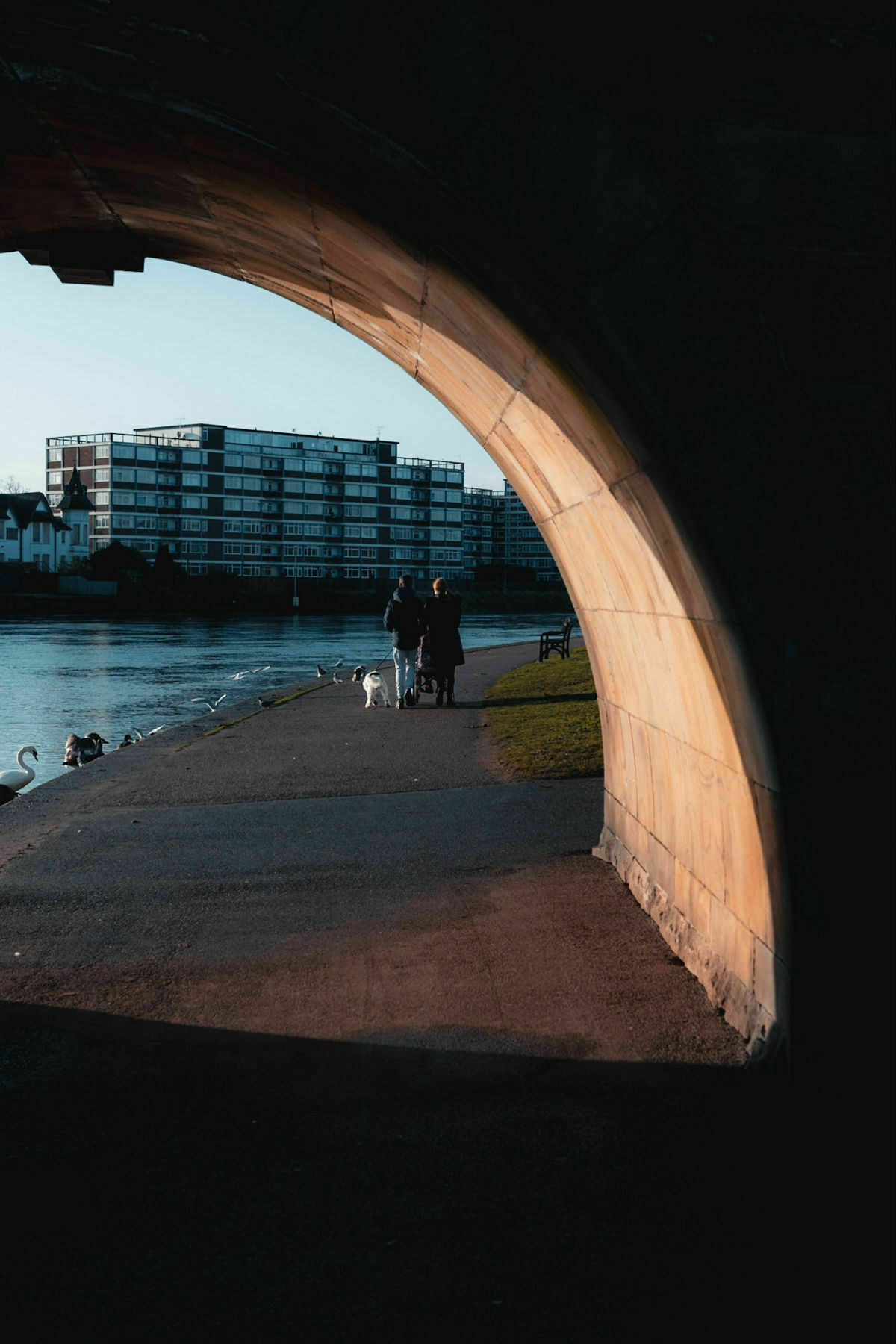



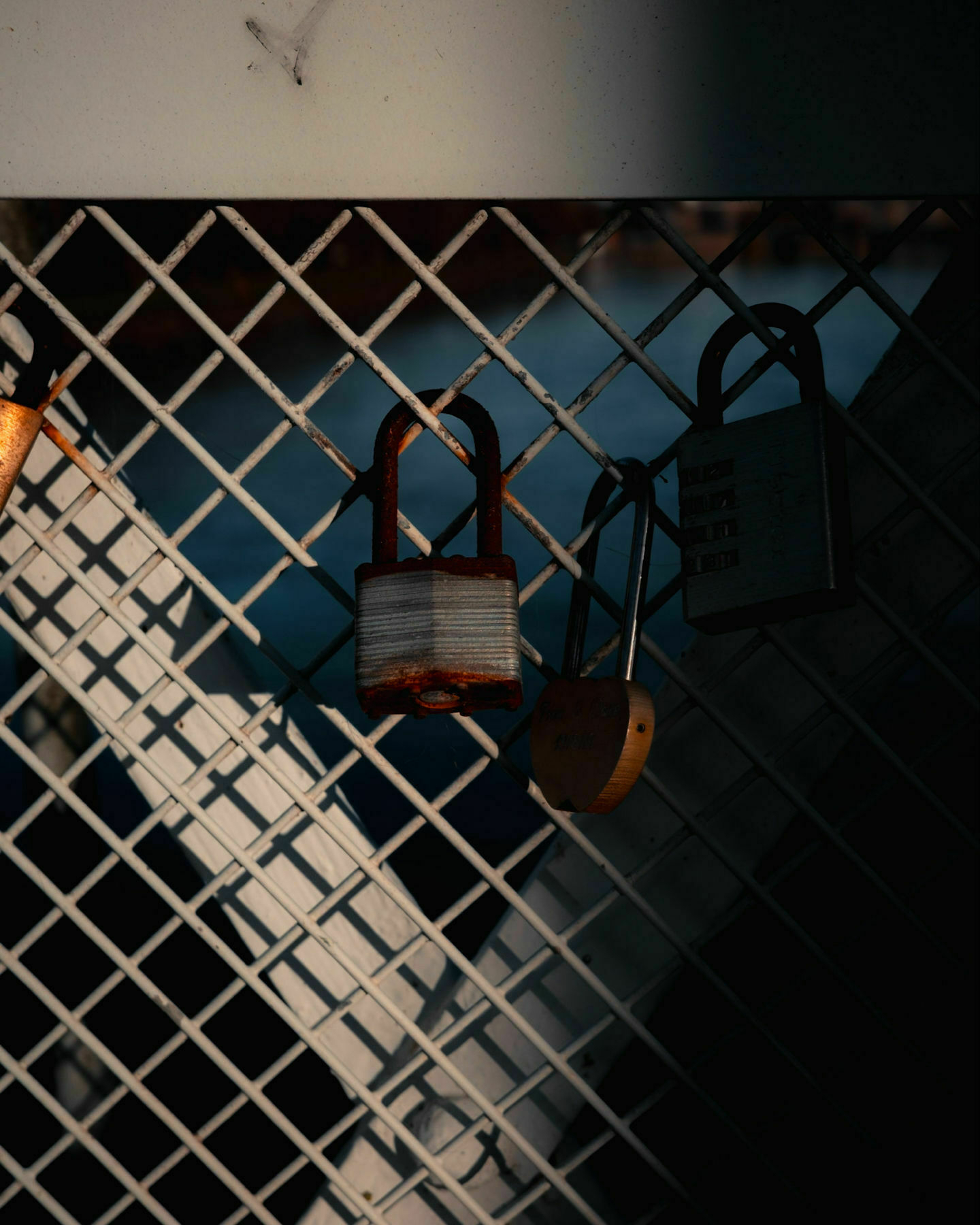




A few shots from some winter sun in Nottingham, and my Ricoh GR iiix.
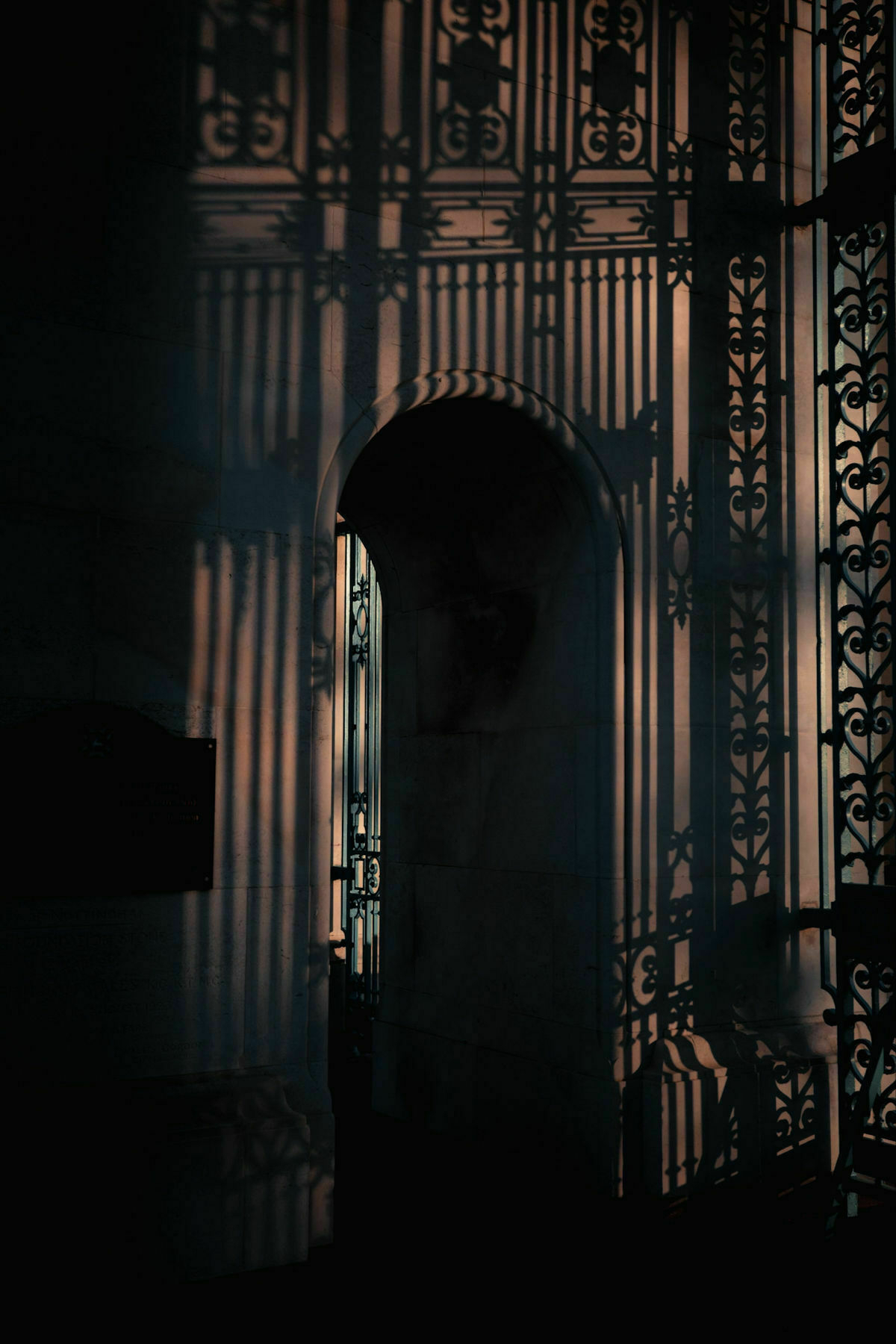



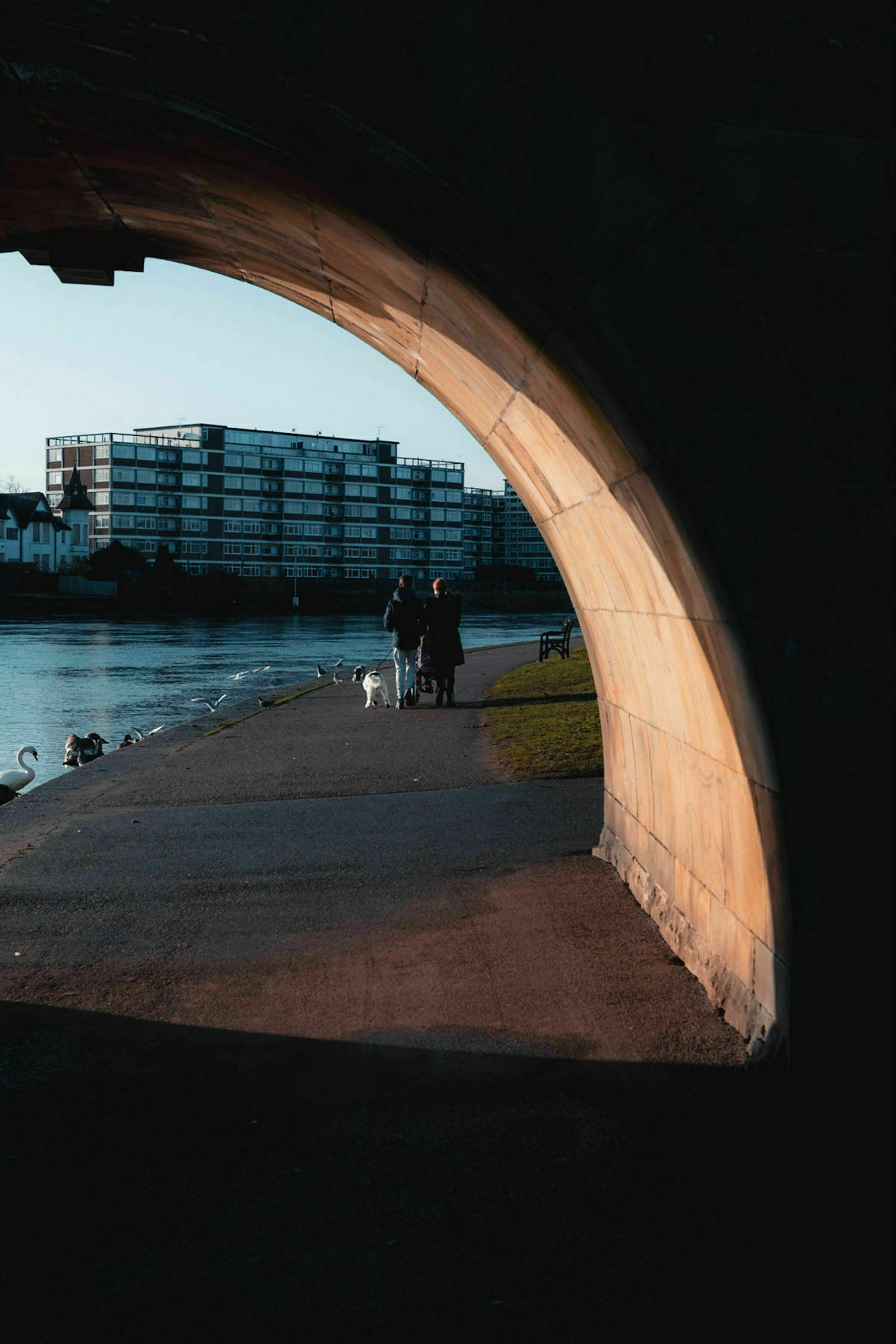

This year was the second year I set myself a goal. One that was born out of a frustration that my attention being stolen from me and my concern that I needed to get it back. 2022 my goal was to watch more movies. Like most New Year’s resolutions, it failed miserably in the first few weeks. Whereas reading, that’s my thing!
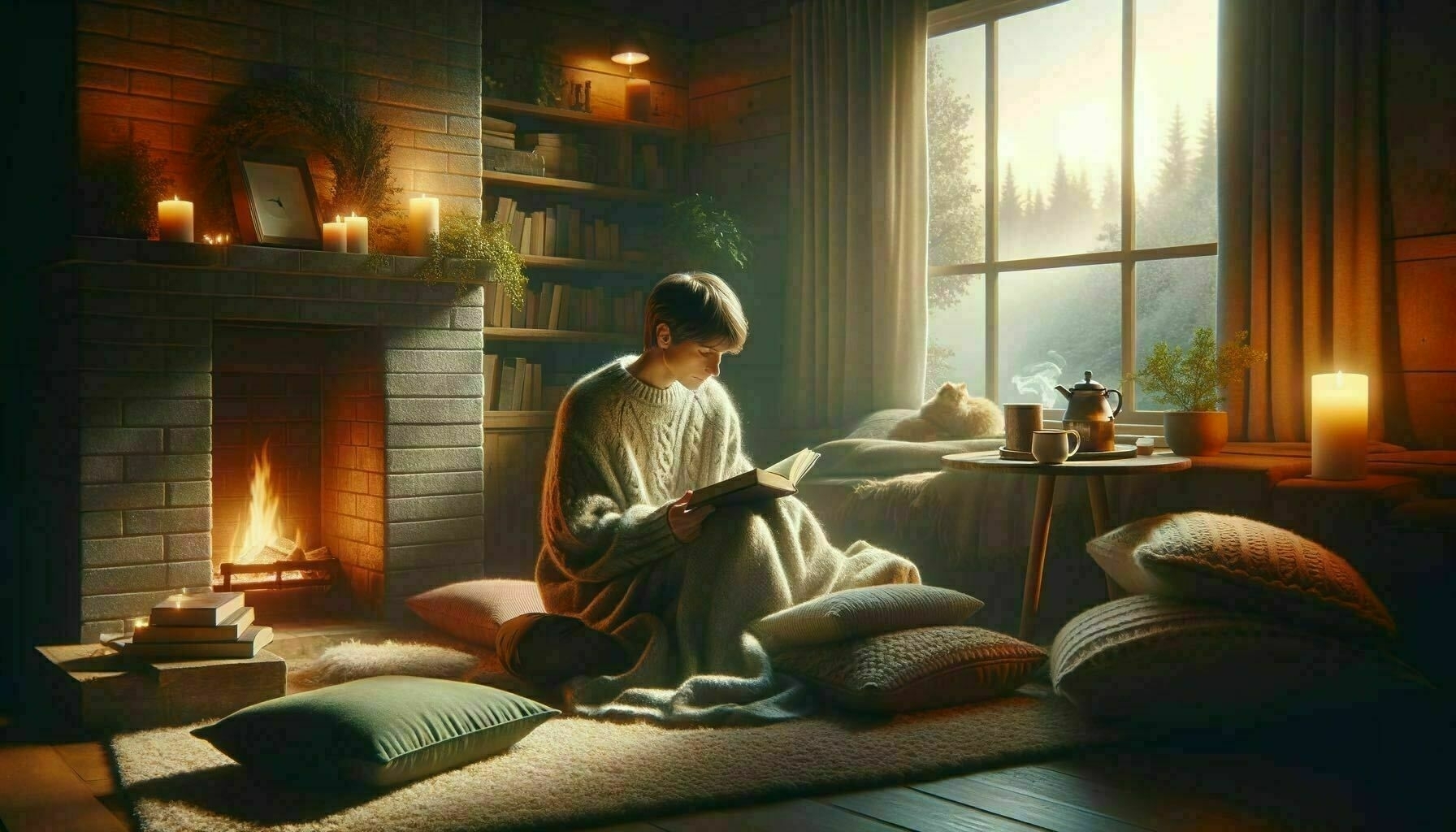
Setting a goal always seems a bit strange to me. I followed in the footsteps of Matt Birchler for movies, and was encouraged by micro.blog to set one for reading. The trouble was I had no idea what to set it at. I had been using the excellent Epilogue app for a while, but not long enough to track a whole year.
I honestly had no idea how many books I could read in a year, and even setting a goal based on books read seemed strange. Some books are easy to polish off in a day or so, whereas some I have read required a long slog of considerable effort. I thought about hours of reading, but that seemed like a chore. I could think about counting pages turned, I guess, but that’s more work than I want to put in. So books read is a happy medium.
I settled on 30. It was a bit finger in the air, sitting a long way below the extreme levels I have seen online, and also felt achievable. 30 books was a little over 2 a month and with a long backlog of purchases I felt confident.
That realistic goal setting turned out to be the perfect motivation. Once I had worked my way through the books I had waiting, there was a considerable lag in the middle of the year. However, with confidence in my heart and the positive results I was experiencing, the motivation to read even a few pages a day really helped.
I finished the year completing 38 books. There were a few re-reads in there, but they all make up a fairly eclectic bunch that I have mostly enjoyed. Check them all out below.
More than the small feeling of satisfaction having met a goal set 12 months ago, is the difference it has made to my mind. I feel like I have made a small win in the fight for my attention. Taken back, something that I felt I was losing control of, and learnt plenty of lessons along the way. I love reading now more than ever, and I owe a thank you to the micro.blog community that pushed me there.

Finally launching with iOS 17.2 Apple’s new journal app immediately received criticism. Whilst some of it was valid, most of this focused on features Apple did not promise. It delivered a very barebones app that gives me the impression it was for nothing more than showing off the new Journaling API. My thoughts are a lot more positive, and I thought I would run through how I use it.
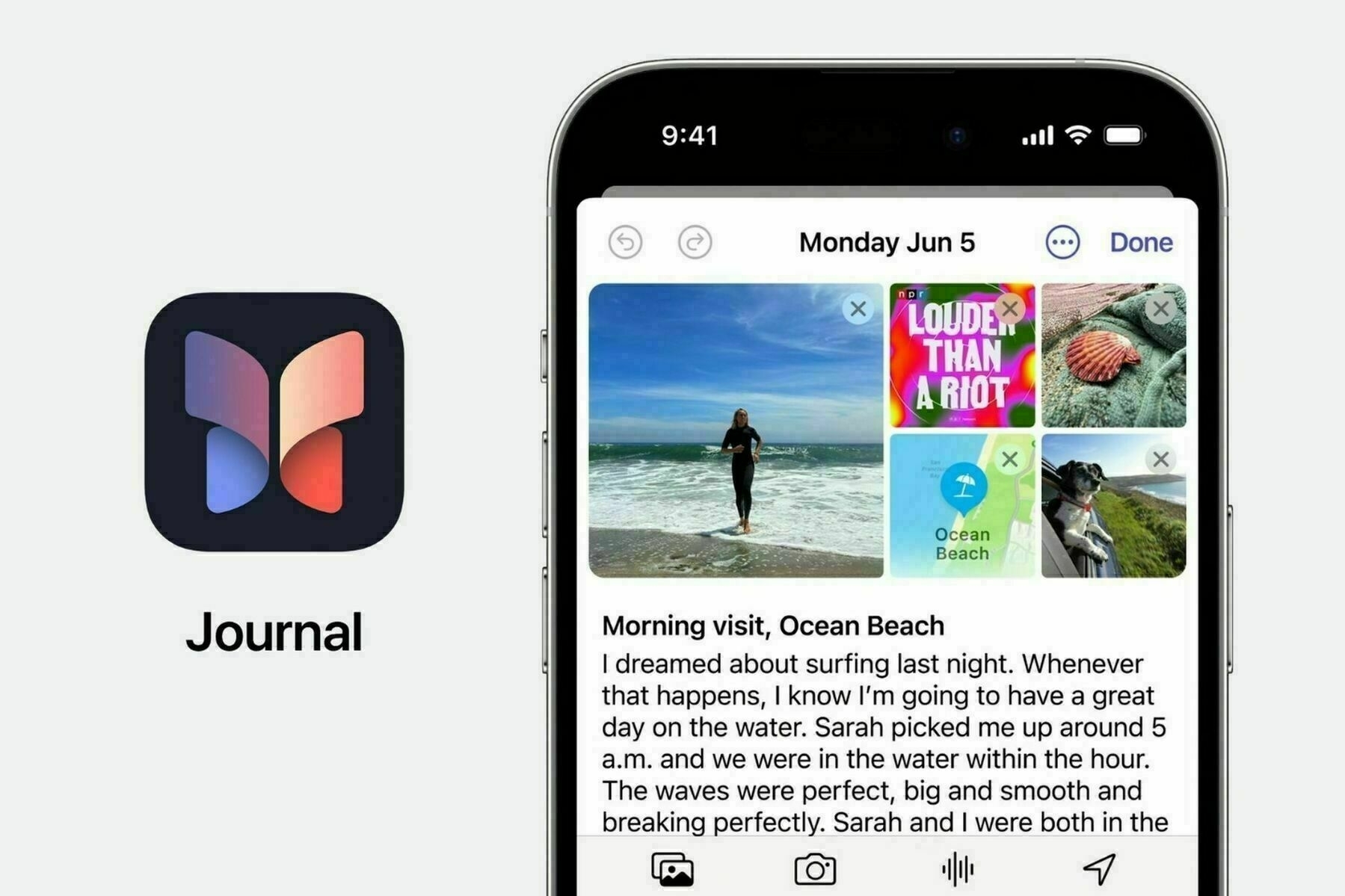
I have been journalling on and off for a while, but only really got serious in January 2023. Adopting Day One to type out morning pages and other entries pretty religiously. Due to my short relationship to journalling apps, some may claim this restricts the validity of my opinions. I’m not on a two thousand day streak or anything, but I will leave the level of authority I write with up to you.
The reality is, the iOS Journal app is absolutely fine. It’s not as complex as some on the market, but I think that is the biggest positive. As much as I like using Day One, Apples app is actually a much better option for most people. It removes all the things that power users may need, like tagging and multiple journals, but replaces it with a much simpler experience.
In many ways, it reflects Apple’s user interface design perfectly. Removing as much complexity as possible to “tap thing, do action”. There are some great prompts and selections to fuel the content of your entires, from the aforementioned API, but all you need to do is tap the plus sign and start writing.
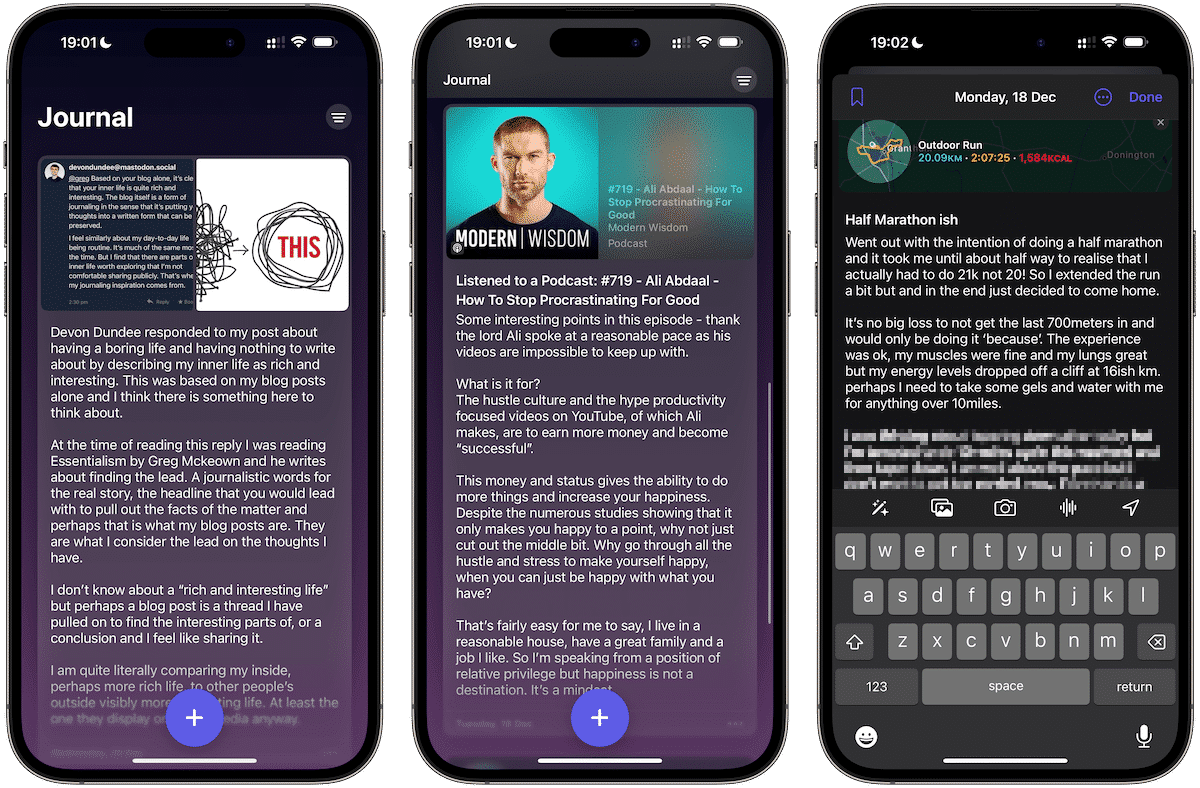
This wonderfully simple interface makes me want to save more things. Record ideas, things I have done, and a lot more. There is no worrying about what journal to put it in, or styling to mess about with, just saving numerous things effortlessly. As you can see from my screenshots, I’ve taken to adding thoughts on how my training runs have gone, some podcast notes and even some blog post ideas — all in one place.
The app is not perfect, there’s no Mac or iPad app to start with. You could achieve the same result by simplifying Day One, as it also has access to the new Journalling suggestions, found by starting a new post and tapping the magic wand icon. I, personally, don’t need all the extra bits that Day One offers, so I can remove another cost from my subscriptions and still get all the benefits of journalling. If I can work out what to write!
For years, I’ve been trying to figure out why my handwriting is so bad. Seriously, it’s like what you’d expect from a three-year-old. I often blame my years in higher education – anyone who’s been through it knows that, unless you really put in the effort, your handwriting just stagnates after school. Everything has to be typed up neatly before submission, making pen and paper seem redundant.
I’m digressing a bit, but that’s usually my go-to explanation when, much to my dismay, someone catches a glimpse of my writing. This issue really came to the forefront recently when I had to write out some Christmas cards, a task I normally leave to my wife, who has flawless handwriting. Confronted with the task of writing on the cards, I was appalled at the mess I’d made.
What’s odd is my fondness for jotting notes in a physical notebook. The brief notes and thoughts I jot down often require some deciphering, but it’s when I have to write at length that my handwriting really deteriorates. Whenever I write morning pages, I choose to type them, contrary to popular advice to write them manually. I attribute this to my ability to type quickly enough to keep up with my thoughts, a realisation that recently struck me as the real issue.

Before I started using Day One in January last year, I watched every review and setup video available. Many emphasised the speed of typing over handwriting, and I agreed. My hand couldn’t match the pace of my thoughts, which I saw as a drawback. So, I decided to subscribe and type instead of writing by hand. In reality, I didn’t need to speed up my writing to match my thoughts; instead, I needed to slow my thoughts to match my writing pace.
This shift transformed an already effective practice for the better. My hand stopped cramping, and my words became clearer as I stopped rushing. Most importantly, I slowed my thought process to match my handwriting pace, allowing me to maintain and focus on my thoughts longer. In my haste to express and release them, I hadn’t been giving them the necessary space. Don’t get me wrong, I still struggle with what to write half the time, but now, I relish the process of slowly and thoughtfully putting pen to paper.
I have tried. I have really tried to make this bloody journaling thing work. Unfortunately, I have no choice but to throw in the towel because I am genuinely stuck. If you’re relying on prompts from the new journal API to spice up your daily entries, like I am, you to might hit a snag if your life is as uneventful as mine tends to be.
My mornings kick off religiously at 6am. It’s a straightforward routine: get everything ready for Lucie’s school departure a bit past 7, enjoy a solitary coffee, then play chauffeur for my wife to take her to work. Once back home, I’m hunkered down in my home office, with film soundtracks as my loyal companions. Sounds like a script for a riveting blockbuster, right? Not exactly.
Sure, there are occasional deviations from the script. I go running, and sprinkle in the occasional podcasts. But really, what grand tales are there to narrate in a journal? It’s not like I’m scaling mountains or traversing exotic jungles. What do you write about when your life doesn’t venture beyond the ordinary? Definitely not more navel-gazing or empty promises of “I’ll write more journal entries. I really super-duper promise this time”.

It’s my very ordinariness that poses such a challenge to me. I realise that I am comparing my insides to other people’s outsides when I look for inspiration online. Yet still wonder how to make the mundane interesting? This also bleeds into my photography, I don’t go anywhere, nor do anything, intriguing. How do I find stories worth telling in a day that unfolds with the predictability of a sitcom rerun?
I don’t struggle for ideas for blog posts because they often abstract. Not born from my boring existence, created from a mind that wanders further than my feet. I can’t tell tales of my existence because there are none to tell. Don’t get me wrong, I am content with the predictability of my regular life, after all, not every day needs to be a headline-worthy adventure. I just long for some narrative to tell from within the folds of the everyday.
In today’s fast-paced world, the concept of ‘hustle culture’ and the proliferation of productivity-focused videos on platforms like YouTube have become the norm. The underlying message in this sea of content is clear: to earn more, to achieve a higher status, and ultimately, to be “successful”. This chase for success is often equated with a promise of increased happiness and a more fulfilling life. But is this relentless pursuit really the key to happiness?
It’s interesting to note that numerous studies have shown that while money can indeed contribute to happiness, it only does so up to a certain point. Beyond that, the correlation between wealth and happiness starts to fade. This brings us to an intriguing thought – why not skip the middleman? Why immerse ourselves in a constant state of hustle and stress in the quest for happiness, when we could potentially find contentment in what we already have?
From my perspective, sitting in a comfortable home, surrounded by a loving family, and with a job I enjoy, it might be easy to preach contentment. I recognise that I speak from a position of relative privilege. However, the essence of my argument transcends material comforts. Happiness, as I see it, is not a distant goal to be reached. Rather, it’s a mindset, a way of viewing and engaging with the world around us.
This isn’t to dismiss the value of ambition or the desire to improve one’s circumstances. Striving for better is a natural and healthy aspect of human nature. However, when this striving becomes an endless cycle of wanting more, it can lead to a perpetual state of dissatisfaction. We begin to place our happiness in a future that’s always just out of reach, constantly moving the goalposts as soon as we achieve our latest objective.
So, while there’s nothing inherently wrong with seeking success or improvement, it’s crucial to balance these ambitions with an appreciation for the present. It’s about finding joy in the journey, not just the destination. This balance is perhaps the true key to a happy, fulfilled life – a life where we strive for better, but also take the time to appreciate and find joy in where we are right now.
For a few years I have been banging on about the indie web, webmention and Activitypub. Since moving to micro.blog in 2018, these principles at first went over my head and are now what I believe the web should be built on. These thoughts are not exclusively mine, but in the last few months, plenty of people have begun to share this belief since the downfall of Twitter. Although there have been strides to move in this direction, the abundance of new social networks have increased my desire to just post in one place.
The new social network on the block is Threads, and despite all my distain for attention seeking, fast-paced social networks, particularly one run by Meta, I actually enjoy using it. Most of the people that I haven’t been keeping up with for the past 18 months because they stayed on Twitter have taken up space there. Despite hating the service, I feel like I have a lot of my friends back. Very apt that I would round this post off today, but I loved it until very recently.
Whilst writing a blog post, I wanted to link to a post I had made, but couldn’t remember where I had posted it to. After a not insignificant amount of time, I found it on Mastodon, but before I moved to micro.blog for everything and the epiphany hit. Much like my ramblings on POSSE and the amount of work it needs, spreading myself over several networks is absolutely not a position I want to be in either.
Thankfully, it does look as if ActivityPub integration on Threads is finally coming, and I can follow all my friends again. For now though, and what was always the plan anyway, I will continue to post to my blog. I can read, reply and interact with everything I need to hear, it’s just easier. You can find me anywhere ActivityPub is @greg@gr36.com.
When I first moved to micro.blog I had this dream that I would be able to write and publish freely. By removing the worry about what to post where and how it looked should have released more posts into the world. No stress from separating what goes on my blog and what goes on social media. By publishing whatever I wanted, however I wanted, I freed myself up to do more. Yet here I am years later, still trying to have a ‘proper blog’.
I still sit down with an idea, or two, looking to flesh it out and hit a magic 300 word mark where I start to think it might be publishable. Someone put this limit in my head years ago, possibly for SEO on a proper blog, and since then, I have always stuck to it. Titled properly, with an image for the rich link previews. Then and only then could I even think about it going live.
When the reality is, none of this matters. The way I, or anyone, formats their blog posts means exactly nothing. In fact, in some weird Red Sneaker Effect attempts, numerous publications are trying new things and evolving the way posts are structured. Yet here I am, asking ChatGPT to make me an image and worrying about these limits that I impose on myself.
I went so far before as hiding away my shorter posts from my home pages, but now show them along with everything else. I will continue to exclude these in the main RSS feed, and I do think that a lot of my ideas need to be developed and fleshed out to see if they even make sense. As I discussed before, I use this process as personal development, but that doesn’t mean I can’t hit publish.
This past April, I hit a bit of a snag with my journaling. I had this idea in my head that I’d be one of those people with a notebook always at hand, filled with insightful notes and daily reflections. Ready to write the best blog posts you’ve ever read — but the truth is, it wasn’t working out like that. I went on holiday this summer and didn’t miss scribbling in my notebook, which made me stop and think.
There was a time around last Christmas when I was really into it. I had convinced myself that this daily writing was the key to my happiness. But after a while, I realised that it wasn’t the act of writing that made me happy; it was me figuring out things for myself. Sure, the people and things I care about (like my family) can give me a boost, but at the end of the day, my happiness is up to me.

There’s something about writing by hand that feels right to me, even though it’s slower than typing, and you can’t just hit ‘search’ to find something you wrote. But for some reason, I just stopped using my notebook for a few months. It’s like it went into hibernation or something. Eventually, it just stopped being a part of my routine, and by the time summer came around, I had stopped using it altogether.
One has always been close by, but just sitting and waiting for me to pick it back up again. I had the occasional flick through it to find an idea or a quote I remember writing down, but always placing it back down again with a promise to start using it once more. Perhaps that day is today. Well, the past week or so, actually. I drew a line under everything, metaphorically and physically. I’ve got a new notebook now, and I’m ready to give it another shot.
Notebooks might come and go, but I’m sticking with it.
Can I come straight out and say it? I love reading, and books are my favourite. That gets all the disclaimers out of the way and makes my probable bias obvious right from the start. However, there is something about reading books that not only entertains me but means I learn more along the way, and the web will never replace that.
Books receive a lot of criticism. Even perceived intellectuals, like the now-disgraced crypto guru SBF, fail to see the value in books. They are denounced as “too slow” or not “entertaining enough” by a range of people who seem to think information should be mainlined into their veins. There is more to reading a book specifically that many people seem to miss - and reading doesn’t need to be hacked!

The entire experience of touching and turning pages might seem redundant, but that tactile chore is the very point. Research by Anne Mangen has shown a crucial link between the sensory and motor experience of reading a physical book. It draws not just on our sense of sight but also on our sense of touch, changing the depth of attention paid to words on a page compared to words on a screen.
My personal ranting about books that should have been blog posts does hide my enjoyment of reading them. There is something enjoyable about taking in someone’s prose that goes around the houses a bit and reinforces their ideas with real-life examples. While straight-to-the-point blog posts, like the one you’re reading now, have their place, there is joy in the ramble. The slow pulling back of the curtain to reveal new ideas, rather than a yanking of the cover and pointing, is delightful.
I am reminded of the habit all students get into of relying on Cliffnotes for books they’re supposed to read. Shoving the information straight into my brain instead of the steady drip from long text never worked. Nowadays, there are several companies out there summarising books and even films so you can act as if you consumed the content without actually doing the work. All of which achieve results, but lack that something special.
Much like my enjoyment of the pauses in podcasts, I think this comes from my tendency to enjoy being slow, but I find taking the time to read a book. A ‘real’ book if I can, adds so much to the enjoyment.
Perhaps I have listened to too many bro-podcasts over the last few days, but I am led to believe that a massive fear of failure exists in people. I fail at so many things that perhaps I am desensitised to the whole experience, but there is absolutely nothing to fear from not getting the result you wanted.
I should preface this with a warning about taking unneeded risks and not ruining things that make huge changes to your life — but outside this, fail hard and often. Failure is the way you find out what suits you best. It’s the way to round off the corners of all the square things you find to make sure something fits as you need it to. As Alain de Botton elegantly put it “It’s bad enough not getting what you want, but it’s even worse getting to the end and realising it isn’t what you wanted”.

How on earth do you even know what you want without failing at a million things first? I’ve tried Flip phones, and journals, notebooks, and hundreds of other things. All which fell flat on their face, and from the failure I learnt lessons, and improved the way my life works.
None of these things I pointed out above matter, it’s easy to fail at these things. Don’t even get me started on the declined job applications, rebuffed dating advances and miserable attempts at being a writer. At the time some of them seemed like world ending events, but I learnt things, I worked out what I wanted and and moved forward.
In many way I learnt how to fail and now I will never shy away from trying new things. Exploring my thoughts around subjects. Working out a millions ways to do a job before I dive in. Throwing a high percentage of draft blog posts into the bin. There is nothing wrong with any of these things, it is the not doing part that sucks. The wondering what if, or the missed opportunity because fear froze you. That sucks, failure doesn’t.
If you’ve read more than 2 of my blog posts, you will know I yearn for a simpler time. A time pre-smartphone, where everything didn’t rely on my having a computer in my pocket — whilst also loving technology. There is no getting away from the feelings, but I have become to realise that if you are not paying attention, how ridiculous the pursuit of less can become.
One of my favourite sub-Reddits is r/dumbphones, it is wonderful to see the phones people are still using and the ones available if you look hard enough. From old school Nokia remakes to mixes of flip phone keypads and Android. One of the post tends recently has been everyday carries, and seeing people using a flip phone and a notepad gives me hope. Then I see others lugging around a dumb phone, MP3 player, camera, kindle, and even more things — and that brings me back to reality.
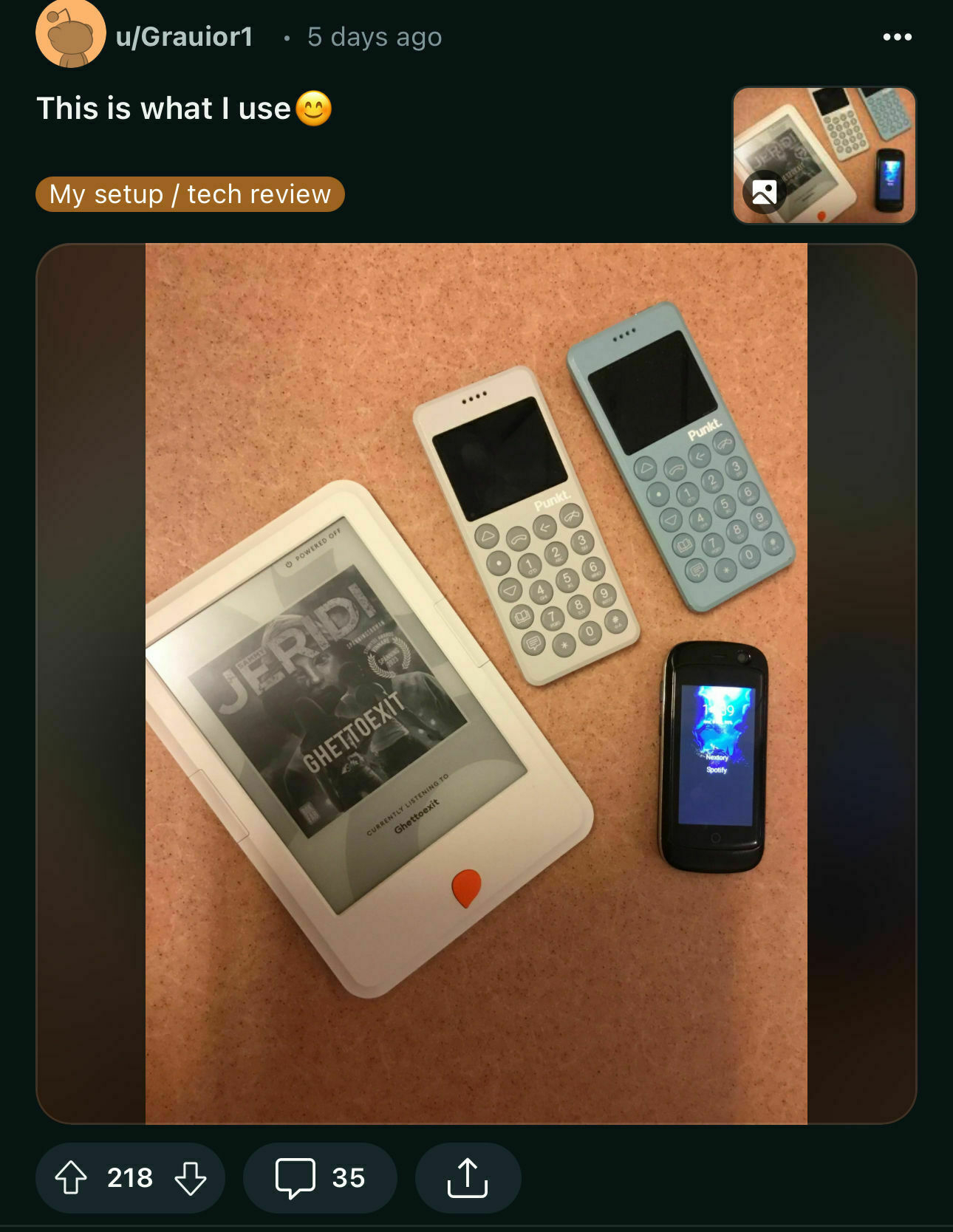
This was one of the reasons I failed my flip phone experiment. At some point, you just have to realise that all this stuff is a bit ridiculous. This is no slight against the person posting in the screenshot above, it is more a revelation for me. The reason smartphones caught on so quickly is they cannibalised all of these extra things we used to carry around. They made our life easier, and going backwards is not always the way.
By having a smartphone in my pocket, am I actually making my life simpler. I have in my pocket a camera, kindle, music player, writing device and much more. There is a lot to be said for intentional barriers but carrying around all of these extra things doesn’t simplify anything. It just adds complexity. To carry on using a flip phone, past the week or so I managed, I would need to buy more devices when I can just exercise some self-control.
Which indeed is easier said than done, but it’s something to think about. I’m not completely convinced by Nir Eyal and his insistence that destruction is our personal fault, but I must take some responsibility. The solution is often not a worse experience, it is just to use the tool you have, well.
There’s a line I hear a lot when people get preachy about being online too much or using social media. “When you’re on your deathbed, you will wish you weren’t on your phone so much” or some paraphrase of this is reeled off again and again. Mainly because it’s probably true. I’ve written before about longing for the things you hate when they’ve gone, and it often causes me to pause and think about my blog.
Should I lie on this hypothetical deathbed, hopefully decades from now, what will I wish I had done differently? I won’t wish I spent less time on social media, I met most of the people to interact with there, well maybe I should have shaved a few months to a year off my usage towards the end. I would definitely wish I posted more to my blog though, it doesn’t feel like wasted time regardless of the external results.
Publishing here feels like I am at least trying to leave something behind. I’m not lucky enough to be good enough to write a book, so I guess this is the next best thing. It is my only wish that should I pass on, it stays behind as my one and only legacy, a side from my kids, of course. I’m not a big blogger. I don’t get thousands of ‘hits’ and you could be reading this thinking what on earth does this rubbish need to stay alive for. I’d tend to agree, it’s just something I think about.
I love writing, publishing, and interacting with people about my thoughts and ideas. Many of them are formed, flexed and even broken through online discourse and I value all the time and effort it takes. Writing changes you, it helps form ideas, and I find so much about myself just by typing out my internal monologue. So much so that when the time does come to cross the rainbow bridge I think I would miss it most of all.
These thoughts bring me to thinking about the discoverability of my writing. Not in an SEO way, but the people I care about being able to read the things I think about and the thoughts that are important to me. I want people to be able to flick through the pages of my journals and take something from them. If my son ever thinks “what would dad do” I want him to be able to find out. To search through my blog posts and have me talk to him.
The morbidness of this train of thought is not lost on me. I don’t think others in my position have these desires. But when I am gone, I want to still be around.
Have you ever developed new habits or changed existing ones without realising it? There isn’t an abrupt shift, but rather a gradual evolution in your subconscious mind. You suddenly ‘wake up’ to this change with a sense of surprise. This realisation hit me today when I went for my daily walk with my dog and my headphones died. I’m not even sure when I began to wear them for my walks, but their sudden absence made me acutely aware of my new routine.

I thoroughly enjoyed my walk today. There’s something special about the slight chill in the air paired with the warmth of the sun that I find delightful. It’s an odd time of year when you need both a hat and gloves as well as sunglasses, but I think it’s the perfect balance. That might seem like a tangent, but perhaps being alone with my thoughts allowed me to appreciate it more. Unwittingly, I had been walking with my AirPods for the last few days, listening to podcasts or audiobooks, which meant I was never truly alone.
Of course, there’s nothing inherently wrong with listening to something while walking. However, I find that excessive consumption of content prevents me from fully developing my own ideas. The ideas I do have, influenced by various media, never seem to fully materialise or reach a conclusion if there’s a constant influx of new ones. Podcasts, in particular, tend to spark new thoughts or introduce intriguing topics, but I need those interludes of silence to explore and expand on them before moving on to the next.
There are already numerous thoughts occupying space in my mind, most of which I tend to overanalyse, without the addition of new ones pouring in. That is why I value silence and downtime so much. It enables me to read a book, jot down notes, or just embrace a slower pace, which in turn allows me to operate at full capacity when necessary. However, this doesn’t make it any easier when a company I am interested in implodes over the course of a week leading to an influx of emergency podcasts!
Over the years, I have learned to appreciate the uncomfortable sensation of boredom and not to shun it. I see many people who cannot stand to be unoccupied, and I believe that being comfortable with boredom is an important skill for self-discovery. The desire for constant entertainment is pervasive and seems problematic. As I discovered today, despite the world being filled with distractions, sometimes all I really need is silence.
I have been trying to write this post for a very long time. Trying to outline my experiment of using a flip phone again because it is the culmination of a few years of wanting to try it, knowing I can’t and then slowly walking myself back from the edge. This time my wife pushed me over the edge with words along the line of “stop talking about it and do it” with comical results and some realisations along the way.
I say this with the knowledge that I have written and rewritten this post quite a few times. I hoped that my thoughts would come easily as they are plentiful, but my fear was that they could be judged as more than a little preachy. This would have destroyed the message behind this post and removed any hope of people reading it. So I hope this version finds the right spot in your motivation to keep reading. It circles a realisation I had about a week into the experiment and applies to numerous things in tech circles.
On the first boot of my sim being in a new Nokia 2660, I hit barriers. The phone cost me a whopping £25 from a local business and ticked all the boxes I wanted it to tick, but the barriers came from other places. There is no way to transfer contacts over, so I had to spend quite a bit of time doing the new phone dance that people of a certain age will remember. Typing all the numbers and contact names in on the t9 keypad, that after ten minutes, made my hand cramp. I used to be able to send a text without even looking, and although some muscle memory remained, the dexterity to do so did not.
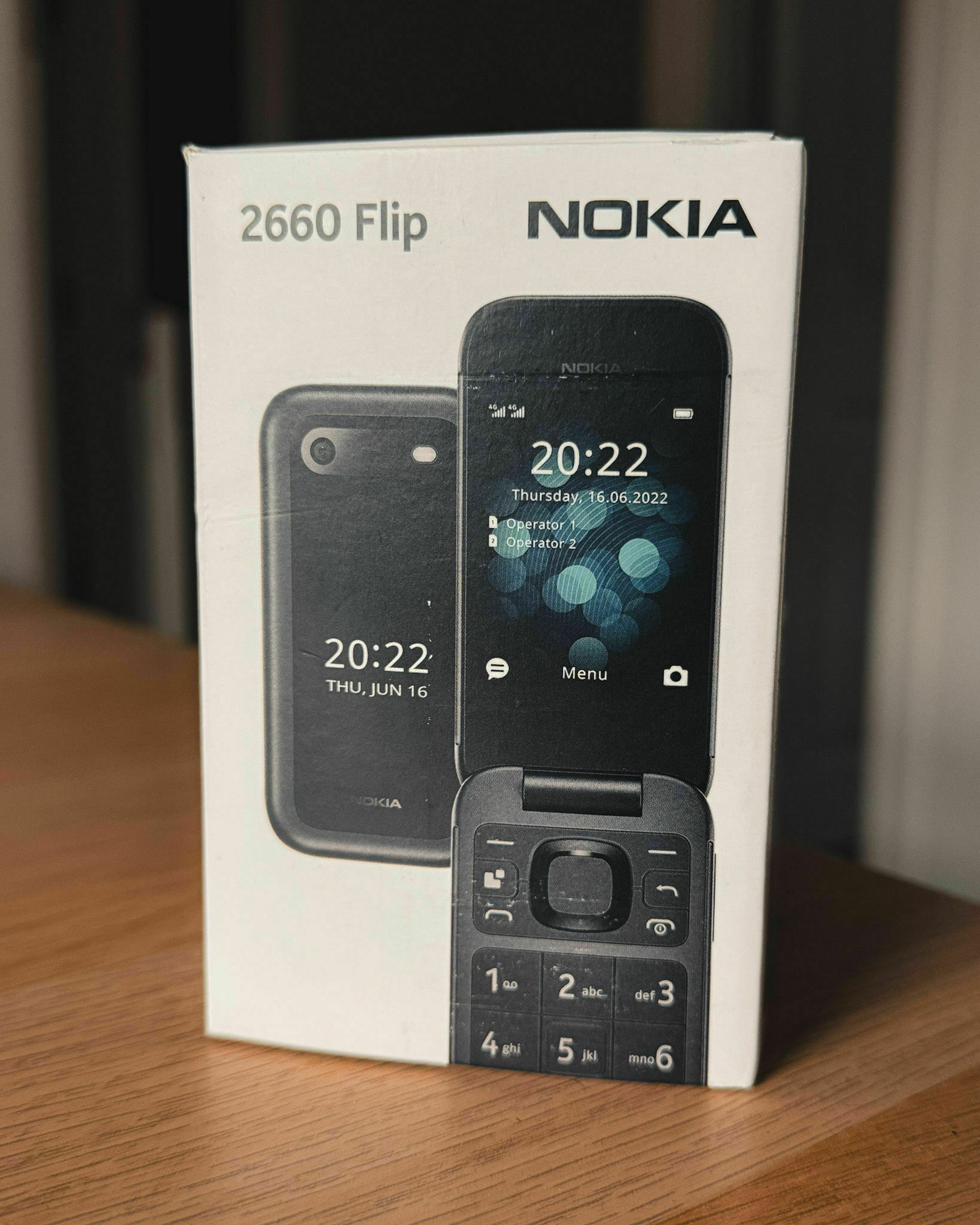
Once this was done, I put the phone down and stared at it. You see, the great thing about a dumb phone, although this particular model did have Facebook installed, is that there is nothing to do with it. Outside the occasional game of snake, unless the phone beeped, or I needed to contact someone, it never moved from the table in my kitchen. For something to do, I even when and connected it to my car’s bluetooth, which went about as easily as any other phone I have used. Which was frustrating because I expected to hit more annoyances than this. How dare this ridiculous phone be easy to use and peaceful.
Truth be told, for the first couple of days, I wished we had never moved past this stage in the mobile phone evolution. I wanted to stay with this device that asked absolutely nothing from me. It delivered on everything it promises, which is next to nothing, and that was one with me. That’s the thing about weekends though, they are not the indicator of normal usage, and once the week rolled around I was sure the issues would start showing up. Secretly hoping I would have a good enough excuse to shove my sim back into a phone it deserved. Unfortunately, nothing major happened.
The calls were answered. Texts were replaced with telephone calls because it couldn’t be bothered to give myself hand cramp. Most importantly, no-one was any the wiser. This marvellous device sat on my desk next to my computer and did exactly what was asked of it. It wasn’t until the dawn of the third day that I began to release what I needed from a phone. It came in the most embarrassing of situations, at the front of a queue of people trying to pay for something. My card would not work for whatever reason and I had no way of getting another one, nor using a banking app.
I walked away in a grump, with my dumb phone in my hand and simmering over imagined sniggering from people in the queue behind. Curse my desire for a simple life and not having the world at my fingertips when I most needed it. It suddenly occurred to me — well once I had been home, sorted my card out, and then gone to a different shop to buy the things I required — that I do need my device to do more. I began to think of all the occasions where I might need a device with me. Quickly putting together ideas of how I could overcome them.
I ran through them all in my mind to make sure I could solve these problems and continue in blissful device silence. Banking was simple. I return to carrying a wallet with me at all times. The next one was running, that would require a new watch because I can’t use my beloved Apple Watch now. Something simple will do, a cheep Casio and a good route planning session to log my milage means I can jump that hurdle effortlessly. Podcasts on long runs might take a bit more thought.
After exploring the web for MP3 devices, which there are quite a few of even with the rise of smartphones, the possibility of more expenditure started to pull the curtain down on my experiment. Not because of the cost, a simple MP3 player with bluetooth is around £40, but more because of the hassle. I could download the episodes I want to listen to, convert them to MP3 and then put them on the device. Worry about keeping it charged and tracking my run on a new watch. Or I could just use Apple Watch as I have done for years.
I could ask for paper menus and order forms in places that relied on QR code scanning or online ordering. Printing out things I needed to have with me, or writing them in my notebook. All the issues that cropped up had solutions, but after a certain point the juice wasn’t worth the squeeze. Despite all the attention it tended to suck away, and all the outlay it cost — the smartphone has pushed itself into my life to such a point that it is just easier to have one. That sucks.
There are numerous tech things I am intentionally quiet about. Not because I don’t have thoughts about them, but because I would rather not add to the noise of initial emotion blog posts and hot takes. The Humane AI Pin was one of those things, and while I don’t see it catching on, I think it is a fascinating device because of what it signals.
For years now, technology commentators have been theorising on what comes after the smartphone. It’s explosive success in shaping our lives and how we interact with the world around us is nothing short of remarkable. Although we can debate the positivity of them, there is no denying that the societal changes we have experienced well exceed those caused by similar cultural shifts.

This oblong glass and metal device I am typing this blog post on is nothing short of a technological marvel. One that we could not even dream of a decade ago, yet we are searching for the next thing already. For years, many people have been expecting voice first interaction to become the prominent interaction method. No more typing on screens, you speak to something, and it does the heavy lifting for you. It’s easy to forget this vision of easier interaction with your device and view the Ai Pin from its marketing alone.
Right from the start, the device has been developed and now launched differently to what we expected. There’s nothing wrong with that, but the self-importance of the companies launch video overshadows the entire device. The successfulness of the device aside (I am very much of the opinion it will fall flat on its face) it says a lot about the future of devices. The one seen by technology investors, and how much they differentiate from regular users.
Although voice first interaction hasn’t caught on as quickly as expected, and many devices have had to go back to putting screens on them, there’s still something there. It’s either a dream, or a marketing push, but the voice first idea clings to the back of my mind with a certain level of excitement. It wasn’t until I really thought about the ridiculousness of wearing a pin on my clothes, or the worse possibility of something on my face, that I came to understand the issues as I see them.
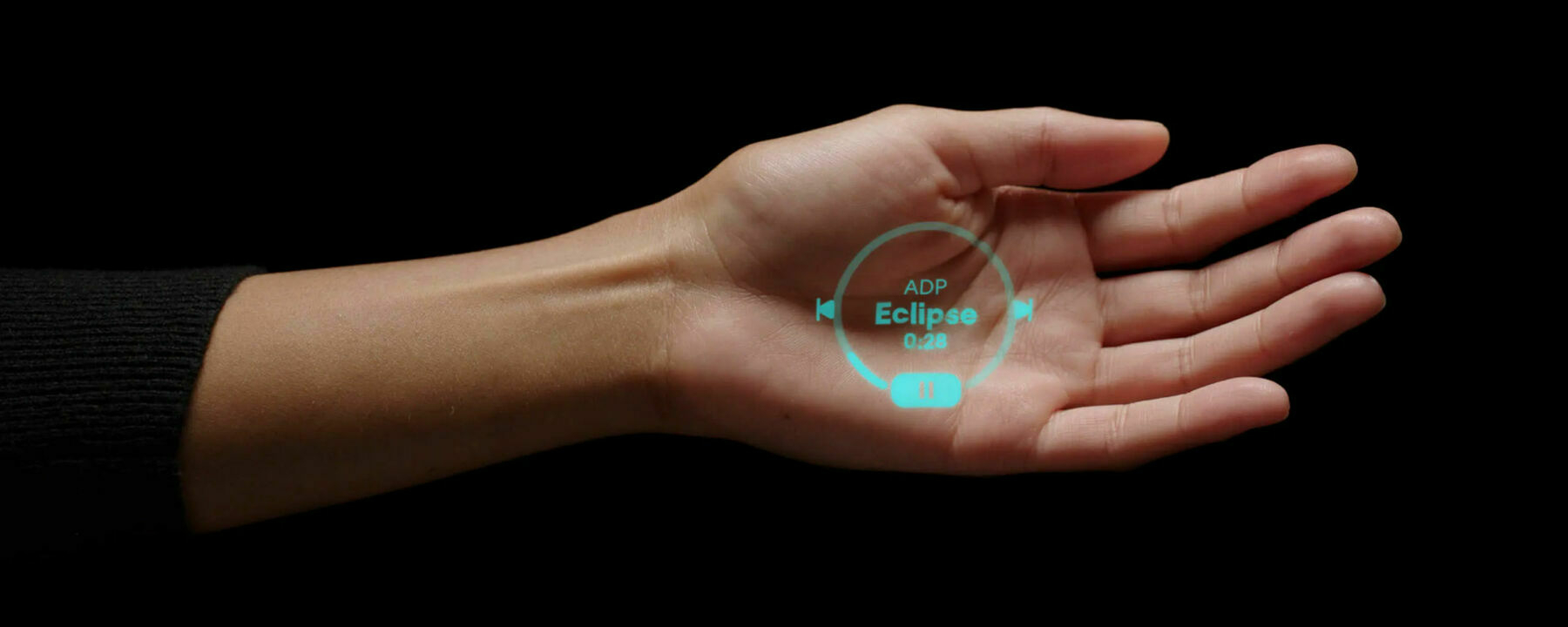
The truth is, voice first doesn’t need to be voice only. Now granted, the AI Pin does have an over-engineered laser projector. This requires a series of dexterous gestures to interact, which in itself is enough to pull your phone out and do the same thing in a couple of taps. What they really want you to do is push the button and talk to it. Transmitting everything over the constant internet connection to be interpreted, and a response beamed back to you. Let’s hope you never go out of a reliable signal.
You can issue commands like “catch me up” to be read your latest emails and text messages. A command that I expect won’t return “nothing, no one likes you” but speaks to the kind of person AI wants to market the device to, or perhaps who purchasers wish to be. This is something that may not raise an eyebrow in Silicon Valley circles, but will on your local high street. What companies fail to realise that the acceptability of voice interaction is varied, and this device must sit in the Venn diagram overlap of can talk to a computer and wearing clothes sufficient to sustain “the same weight as a tennis ball”.
I suspect this sits is the same tech douch zone as Juicero, Google Glass and Dyson Zone. The aims of Humane are noble ones, to reduce the time spent using devices that take us away from the world around us. Ensuring that we can use technology in a way that doesn’t impact our attention. Forgetting that there is a far more socially acceptable option of device, one that I am a big fan of—the smartwatch.
After years of wearing an Apple Watch, my preferred interaction method with it, outside simple taps, is by far voice. The watch is already a device people are used to seeing, it fits into life perfectly. There’s nothing on my face and no weird badge sagging my clothes down. I remain convinced it is the best minimalist phone you can buy, and wish it were my main device. I have a feeling that had Humane stated with such a device and then pushed into other areas it may have gone down better, but there is always a desire for something new and different.
A new interaction method takes time to find its space in society, like the smartphone. Some never reach that place and die out like Google Glass, and it remains to be seen how long Humane can hang in there. Working to persuade people that the learning curve is worth it. Voice first and lasers seems like an interesting proposition, but new doesn’t always mean good.
I spotted an interesting post by Nick Heer this morning while catching up (also, you should be reading his blog; it’s great). He presents the idea that sometimes hardware is as much of a barrier to switching platforms as software is, which is often overlooked by those considering doing so.
The barrier to switching from, say, an iPhone to Android is usually thought to be software — iMessage, for instance, comes up frequently. However, I think Nick has a valid point worth considering. I started to think about the reasons why I tend to stick with Apple products, particularly the iPhone, and really, it boils down to three areas: hardware quality, with a focus on the camera, and the app ecosystem.
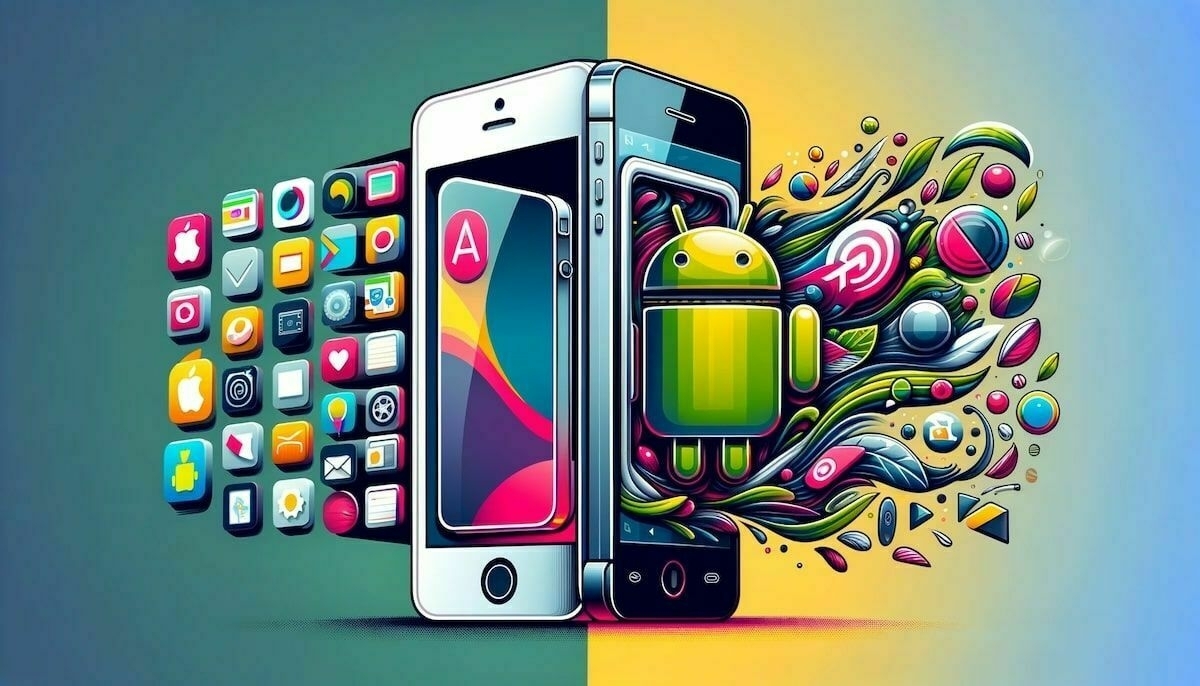
I have written about my journey of becoming entrenched in the Apple ecosystem. Until the iPhone 5s, I was a dedicated Android user. I had used the iPhone 3G for a while but didn’t truly enjoy it, and bought my first Android phone, the Galaxy Nexus. The reason I switched to an iPhone, after a considerable succession of Android phones that never really met the mark, was the hardware.
They all promised to fix short battery life or offer a camera that wasn’t subpar, and I was fed up with having to hack my phone to make it work well. I enjoyed using phones like the Moto X and the Nexus series, but they all left me feeling overall disappointment. The iPhone 5s resolved all the issues I had with poor build quality and disappointing hardware in one fell swoop. It came in a high-quality, really nice feeling package, and I no longer worried about capturing a good photo.
Taking good pictures on Android phones was too laborious. I had to install other camera apps or make other technical adjustments to achieve the desired results. I don’t feel that is the case any more; Android phones are on par with the hardware quality of iPhones, offering more interesting form factors beyond the glass and metal oblong Apple adheres to.
I am no stranger to using Android phones, having recently used the Galaxy Z Fold 5, Pixel Fold, and S23 Ultra for an extended period. What now affects switching is my completely subjective opinion on the pictures from these phones. I am not a fan of the oversaturated Samsung images, nor the processing of the Pixel phones. So, I now stick to iPhones due to my personal tastes; there is no other barrier apart from my preference.
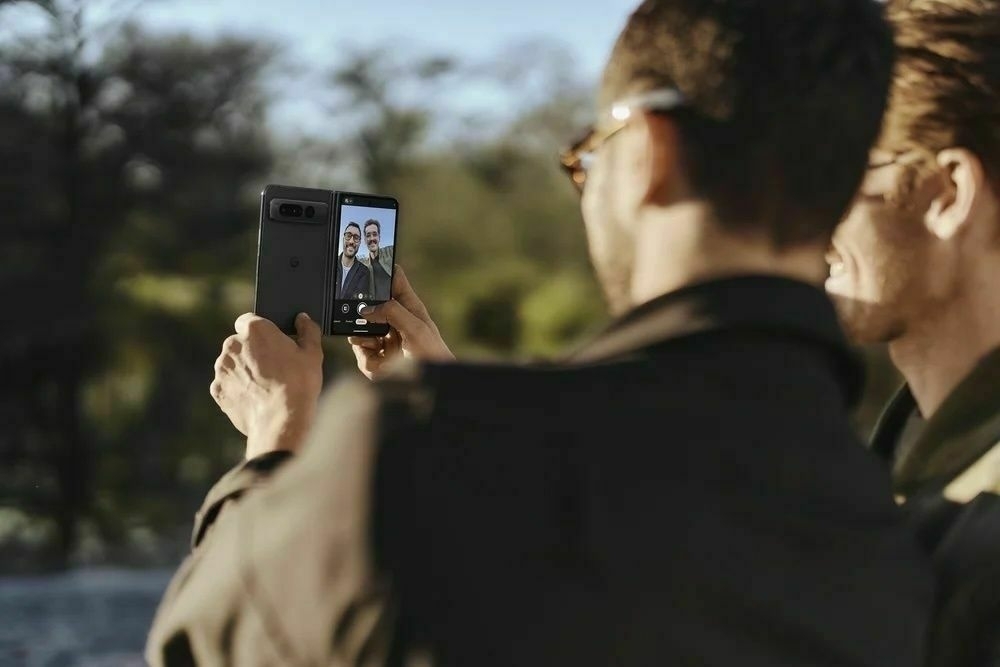
I used to love Android for its utility, constant introduction of new features, and the freedom to customise my phone as I desired. Much of that remains true; however, every time I use it now, I am confused about whose phone it is. Android, in its various forms, seems to push Google services in my face, or adverts if you use a Samsung phone.
The good news is you can usually turn most of these features off and make the phone your own. It just takes more time than it used to, and compared to iPhones, it offers a level of customisation that Apple will never allow. Comparing the OS is a bit like comparing apples to oranges, but what I particularly dislike is the disparity in app quality.
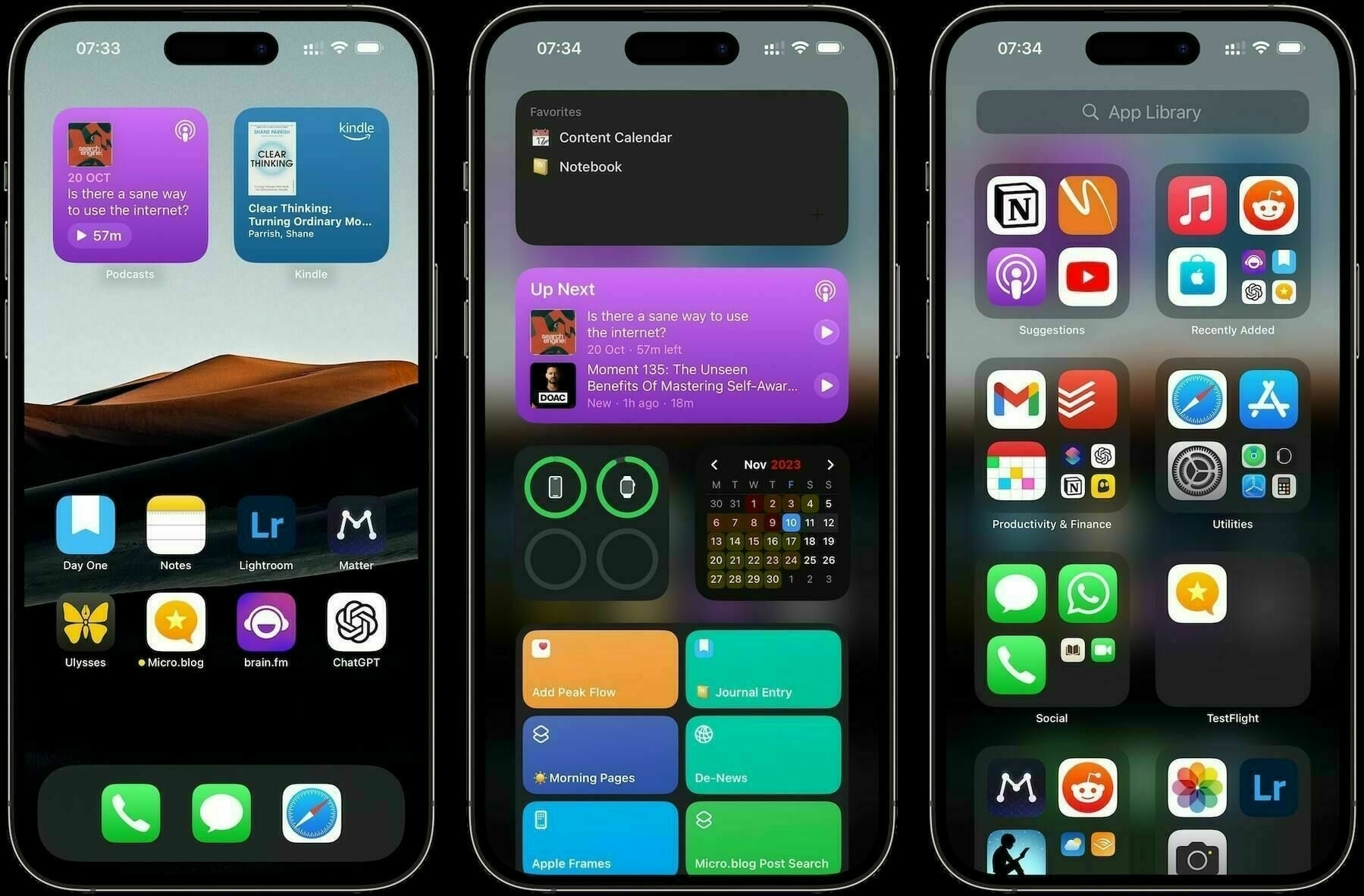
This might be down to the types of apps I use and the fact that I first used them on Apple devices. However, that doesn’t excuse the inferior quality of some cross-platform attempts. That is, if the app is even available, as the likes of Matter and Ulysses just aren’t there. This is no fault of Google or Android, but it is a consideration when thinking about switching. It keeps me using iOS instead of searching for alternatives; the cost versus reward doesn’t add up for me.
Another point worth mentioning, and what was the deciding factor in getting an iPhone in the first place, is the ecosystem. I was introduced to it with an iPad. I won’t ever switch to Windows unless forced, so it just makes sense for me to have the whole Apple package. Every so often, I think I am one of the iSheep people mock, but if that’s the case, I am content knowing what to do and how to get the most out of my ecosystem. Even if, at times, it is frustrating to be so confined.
As I wrote about twice in the preceding days, I use Apple Notes for everything, but I always keep an eye on, and test the new features of Bear. So I’d like to share a few thoughts on its recent updates and the celebration of its seventh anniversary. The past year has brought notable changes, including their 2.0 update, and the improvements coming look fascinating.

Bear 2 launched in July with significant updates including tables, nested styles, pinned tags, and quite a bit more. My biggest takeaway from testing the beta for a few months was the cleaner Markdown formatting. It tidied up all the issues I have with most other Markdown editors and allowed me to write my favoured way but not have too much markup in the way. It also brought in folding text sections, sketching tools on iOS, GIF support, and footnotes among other things.

The new update for their anniversary brought in new customisation options, including a collaboration with Basic Apple Guy for a new icon is an interesting move, highlighting Bear’s engagement with the wider Apple community. It’s a neat addition for fans of both the app and Apple-themed designs.
In their recent email they also highlighted an upcoming Quick Open UI on Mac which looks really helpful. It’s good to see an app evolve based on user needs, and for such a niche note-taking app to be around for 7 years later makes me happy. It has some really engaged users, and their development over time, although slow, is very responsive to what its users want.
If you are looking for a more advanced note app that doesn’t overcomplicate things, I will always point to Bear Notes. They don’t pay me or anything, I just think it’s a really great, well-designed app and long may it continue.
After a full morning of running around in the head office and helping everyone out, I needed to get out and catch up on things, but didn’t want to go home. So I went on the next instalment of coffee shop adventures and stopped off for a Black Forest Hot Chocolate on the way back.
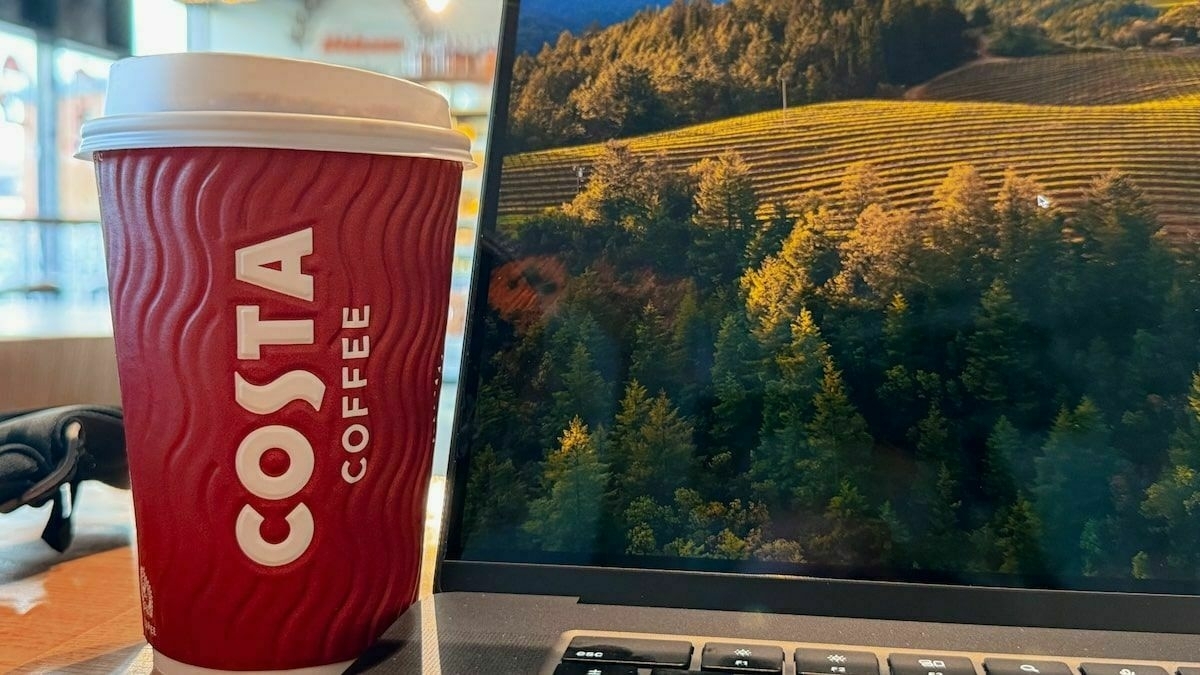
There’s no quaint little coffee establishment this time. It is a full-on capitalist franchise, Costa Coffee. That is a bit OTT because I quite like Costa Coffee and the staff in this one are always nice. I also can’t complain about a place that I can park freely right outside and not have to worry about navigating shoppers.
There’s no wave of MacBooks this time either, the place isn’t empty, but it’s full of people meeting and actually drinking coffee. As such, I feel really self-conscious sat typing on this massive laptop, but I am sure I am not far away from it being full of people tapping away whist taking Friday night sales calls - speaking from experience.
I am already used to the keyboard positioning on the 16” MacBook, but I still have a few reservations and wholeheartedly think that the 14” is the version people should go for. However, I love the larger screen and doing some design work, which is precisely what I should be doing now, is actually possible away from a monitor.
I guess it always was, but never the best experience. Working on elements are much easier to see, and I enjoy working out and about now. Perhaps that is what much of the 16” MacBook, and even which MacBook to buy as a whole, is about. Most things are possible on all versions, but ‘better’ specs can make your tasks more enjoyable and you need to weigh up where the line is.
If the only difference that upgrading my laptop has made is being able to work in more places, that to me is worth it. It is easily £3,000 worth of value and enjoyment, but would be complete overkill for others.
Since sharing some thoughts on the default apps blogging trend yesterday, I have had a few emails from some people, which is always nice, asking about even the few apps I did highlight. So I thought I would concede that perhaps even my setup might be interesting and share my homescreen for the first time since 2021.

I don’t like to have many apps on my actual homescreen, as that tends to prompt me into usage that I don’t want to have. All the apps on the last two rows are to encourage me to do something useful, or the apps that I use the most but won’t trick me into engaging with them longer than needed.
Day One - I journal as much as I can. Although the Apple App shows good promise, it doesn’t live up to Day One yet.
Apple Notes - I use Apple Notes for everything, and I think you should too. Even more so now that iOS17 is out.
LIghtroom - I use this to edit all of my photos, be it mobile or with a real camera.
Matter - The best read it later services I have tried. I can save articles, videos, and podcasts that will also be transcribed for me to use the information later.
Ulysses - I mess around trying to replace it every so often, I can’t.
micro.blog - Speaks for itself, it’s where this post was published!
Brain.fm - I tried to hack my creativity and inspiration, and I love this app for background noise in my headphones when I am working.
ChatGPT - this is a recent dalliance with LLM’s to aid my working life. I used Claude in Notion for a while, but nothing comes close to GPT4. You’ll notice some images created with Dall.e 3 creeping in to my blog too.
If you have any more questions about apps, feel free to ask, using the buttons below. The orange app with the white squiggle on it is where I book my martial arts classes, I can’t find the source of the wallpaper so can’t distribute it I am afraid. Apart from that, I think everything is pretty boring.
I love a good blogging trend, me. I don’t always join in with them, but this time around it has even brought Andy Nicolaides out of retirement. So I thought about sharing mine. Deciding against it in the end because I don’t have much to share, but as I said yesterday, I have embraced the fact that I have to have a good think about why first.
This trend is sharing the default apps we are using. Nothing more. It asks very little of a person, but we all know that it says a lot about us instead. I’ve seen some replies similar to “what an Apple fanboy” but in the general sense, we are all searching for that special needle in a haystack “Ah Hah” moment of finding something new.
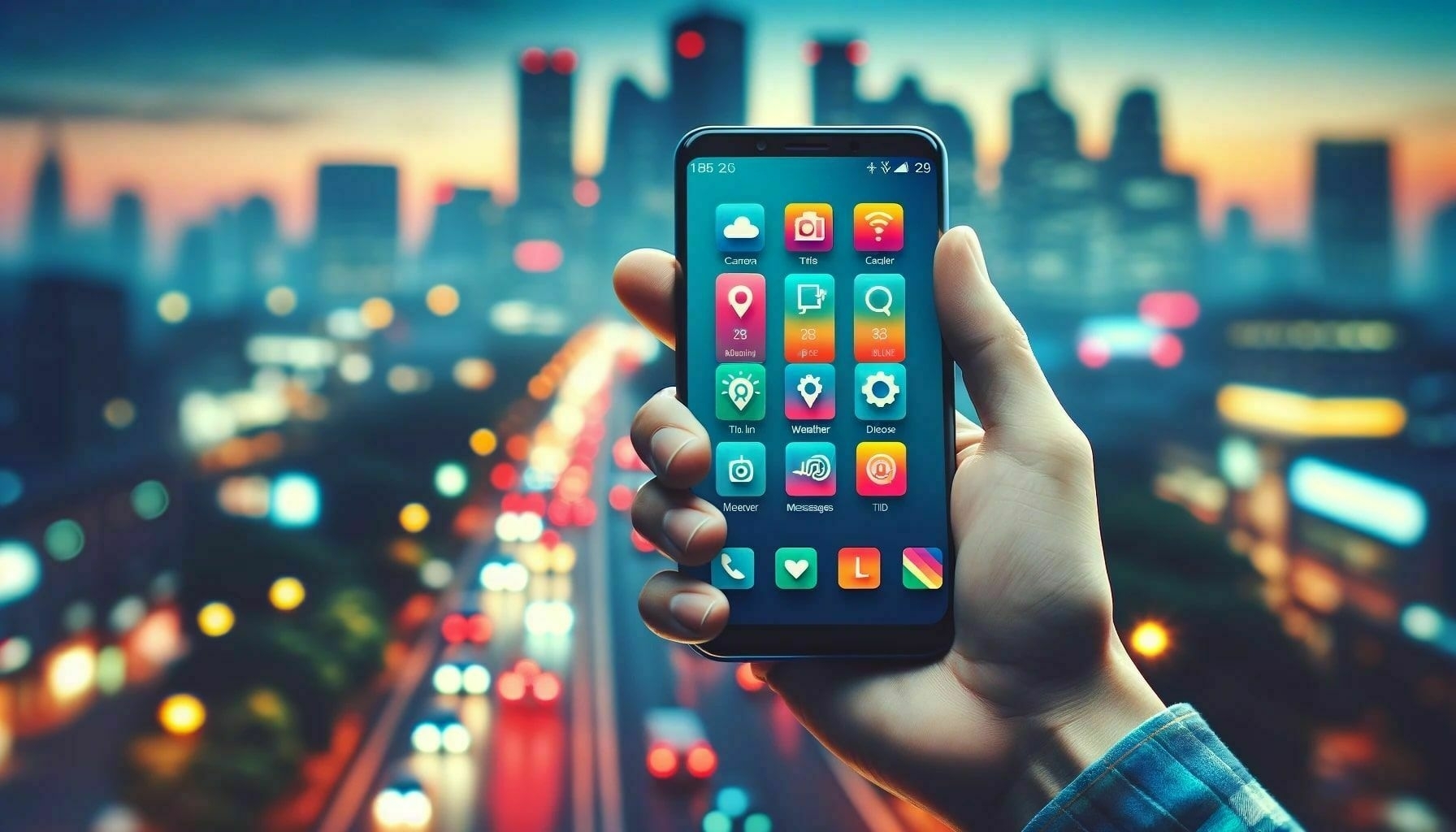
We are constantly told that technology improvements are not exciting any more. I would disagree, particularly currently, due to augmented reality and AI promising a different computer interaction paradigm. There is some admission though that most new products don’t scratch the itch they used to. The days of massive improvement when a new OS came out, or my Android faithful will remember waiting for a new ROM release was enough excitement to keep you up at night.
Now, particularly in the apps space, everything seems like the last one that went before it and very little improvement to be found. Unless, of course, you can dig through the recommendations of those with a similar use cases to you and find out what they are using. I have avoided such a process, and read very few of them because I know I will find an app, and be off down a rabbit hole and spend more time moving things around.
As such, I tend to stick to default apps unless I hit a ceiling. Apps like Fantastical sit in place of Apple calendar because it displays information better for working and time blocking. Todoist manages my tasks because it is easer to get them in and schedule them around. Take away my working life, and none of these types of apps make sense for me to use. The only shout-out I could possibly give is for Matter - but again, it is very niche and expensive if you’re not into saving lots of content.
I apologise for being boring, I wish you all the best in finding new and exciting things. Don’t spend too much money but enjoy yourselves!
Bar a couple of months in early 2022, I have been working from home now for more than three years. It’s a great existence, means in can concentrate better, look after my beloved dog and also be around for my family in the school holidays. I would however like to mention that it can be a bit lonely at times and I want to change that no my contract is fully remote.
One of the reasons I went with a 16” MacBook this time was the idea that I could work a bit better away from home, and as my m3 pro was delivered yesterday, off I went. I wouldn’t feel myself if I didn’t have a bit of think about why I wanted to go though. SO it took me a couple of hours to talk myself into it.
I didn’t want this to be an adventure of ego. You’ve seen the people I am talking about. MacBook Pro out, headphones on, not really doing much but want to be seen with their shiny laptop. I would rather not be one of those people. I definitely wasn’t going to out to show off my new Space Black MacBook. I don’t think.

Anyway. I wasn’t alone. It appears that everyone does this. I went to a nice local family run place called Kitchen and Coffee that brews nice drinks and the tables were awash with MacBooks. Just MacBooks. No other type of computer to be seen, which, I thought was weird. No other Space Black ones, I checked. Twice. Certainly, not showing off, I think.
I don’t feel uncomfortable opening this massive machine and typing away on what seems to be the same size keyboard as my old 14” but dwarfed by speakers on either side that are throwing off my typing. I hadn’t realised just how much of my finger placement was dependent on feeling the sides of my laptop with my hands, and I am conscious of hitting the ginormous trackpad, so my wrists hurt already.
Why is the trackpad so massive though? There’s no reason for it. No added benefit or increased functionality. It’s just there to fill the space, what a weird design choice. Now I am staring at my laptop weirdly, and I am conscious people are looking. The good thing is that it seems to reject my palms resting on it, so no false touches to report as yet.
Just as I am starting to think this purchase was a mistake and running through my options to return it and buy a smaller version, I realise the size of the screen. I have two windows open side by side and can see both of them perfectly. Who would have thought that 2-inches of screen size make such a difference. I never once thought my old one was small, but this is positively mind-bending. Perhaps I was right all along and this will enable me to work outside the house more.
Perhaps more coffee shop adventures to come. I need to find a quieter place though.
Every so often I get stuck between a few bits of content I consume and suddenly an idea clicks. It might take a while to flesh it out, and work out if I haven’t got things backwards and just have some kind of frequency illusion of ideas. This one clicked straight away. Whilst listening to The Verge cast from last Friday, I suddenly realised that Google and SEO could be ruining blogging.
That statement is a little hyperbolic, but bear with me here. For me to try to explain myself, I need to pull in from the various bloggers that seem to systematically have a cyclical but at the times the appearance of an existential criss. We all, my self included, wonder why we bother writing any more. That’s because we are told this activity is, and should be, winnable.
You too, can live off the income from adverts, be sent nice things for free and reach the top of Google if you just sacrifice these things. Write about these topics, or think this way, or SEO your words beyond recognition. That’s how you win blogging and get loads of clicks. When blogging doesn’t need winning, it only leads to a sense of why bother putting this out into the world.
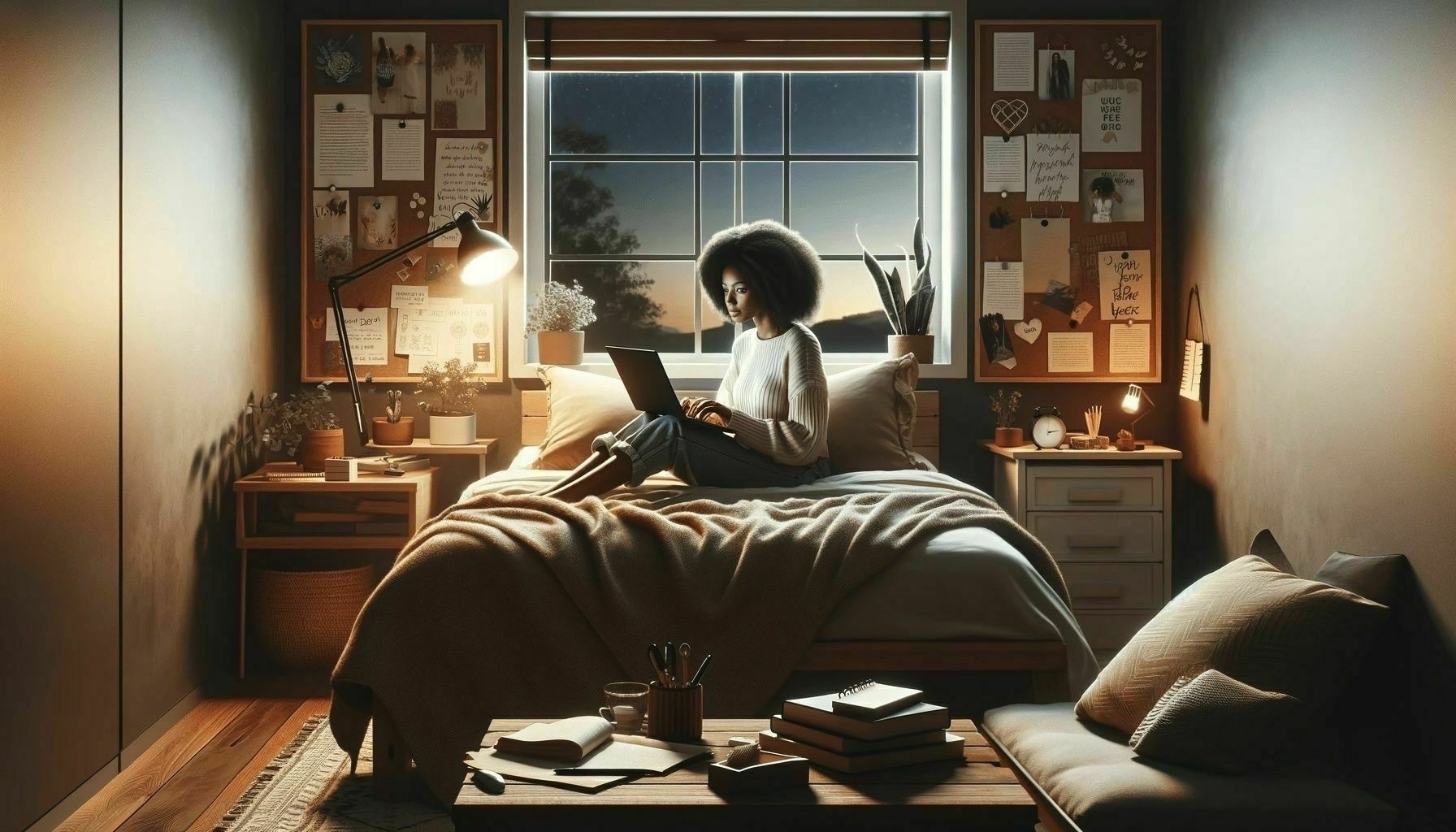
I understand that the idea that every post you publish needs to have a utility to the world is ridiculous. Whilst at the same time, by stopping and looking around online at the content farms and self-professed “winners” it is also a completely understandable reaction to have. At times, I feel like my blog has to look and function a certain way, so I can somehow be “of use” to the rest of the web. When in reality no one searches my posts, no one clicks the pagination, and that’s absolutely fine.
This isn’t another don’t do it for others, do it for yourself post - there are enough of them online. It’s a realisation that one of the backbones of the web, Google search ranking, and to a certain extent, social media, has ruined so much of it. There are a huge number of people still blogging and not giving a damn, but many more that don’t bother because of these feelings.
Perhaps we are edging our way back towards a better social web that encourages blogging more, or perhaps this is just wishful thinking. One thing I am certain of is that a lot of blogging has been ruined already, and it will take a concerted effort from us all to build it back up again.
Think way back to 2016. The X-Files came back after 14 years, a 4-inch lock of John Lennon’s hair sold for $35,000 and there was a baby born with DNA from three parents. Weirdness all around, especially on the Apple campus. They were convinced the iPad was the future of computing, deep into “what’s a computer” thinking yet still produced laptops with 3-year-old chips in them. Whilst everyone pointed towards a touchscreen Mac, they instead gave users a weird strip you could interact with and took away their function keys.

You can theorise the motives for this for longer than the Touch Bar should have existed. It lasted for at least double its realistic life span and was finally killed at Apple’s Scary Fast event last week. I bought one as soon as it was released, partly because I was desperate for an upgrade from my aging 2012 version, and partly because I was interested in where the Touch Bar would go. Convinced that Apple would turn this into a new interaction paradigm, and oh how wrong could I have been?
Looking back, I don’t think my confidence was completely unfounded. Apple has a history of being brave, this was the year of #courage after all. Even more so when it came to computing, and they usually got it right, or forced everyone else to concede. Whichever way it happened, my expectation was that the Touch Bar would become a selling point of the Mac. Unfortunately for Apple, they forgot that users who buy their ‘pro’ laptops, rely on the function keys — especially the doubled sized one marked escape.
The issue wasn’t that the Touch Bar was there, although questions of its utility dominated early reviews, it was that it now took multiple taps and more concentration to do simple tasks. Your use case may vary, but that was something I could put up with had the Touch Bar shown a real use case outside gimmicky scrubbing through timelines or swiping through photos. It felt half-baked at best, and thrown in to appease users demanding more from their Macs.
Some people believe this was to refresh the line before the real improvements of the M1 chip brought. However, hindsight is always 20/20. I think in reality, Apple saw this as a quick, easy fix to satiate those asking for touchscreens, as well as a perfect aid to the second generation butterfly keyboards. Unfortunately it appeared as a gimmick, got little to no support from Apple, and remained as a gimmick through its life span.
Honestly, I think it’s a shame that poor implementation ruined a semi-good idea. Apple clearly thought that this was going to catch on because the life span indicates so. My understanding is that production and lack of sales supported the entry-level MacBook having one for so long due to the cost of inventory. The design and production of the Touch Bar would make a great story, one we will continue to talk about for years to come. I can only dream of what would have been had they just put it above the function keys instead.
I got you with the clickbait headline. I mean it’s true, but as with most things, the real answer is: It depends. I read with excitement David Pierce’s article on POSSE for The Verge, as if it were some new technology to change the internet. The framing of the article aside, it is rare to see such excitement about boring indie web things like ActivityPub from the tech media. It feels as if one of the founding ideas of the internet, that one’s personal website should be the cornerstone, has returned like the proverbial prodigal son — and I love it!
This is a topic that is very close to my heart, one that has existed for decades but is gaining more traction since the demise of Twitter and the rise of X. I intentionally write about those two things as separate entities as I believe the start of one signalled the end of the other. David’s post is because of a wider spark and interest in the things that should have been building the web for a long time, as we escape from the web silos that have kept our content for themselves.
The idea is simple, it’s right there in the name, you Publish (on your) Own Site, Syndicate Elsewhere. So everything that you want to post — whether it be an image, an article, a link, whatever — goes on your website. Whether you wish to call that a blog or not is up to you, but the salient fact is that you post it to a space you own. We could go deeper into the fact that you’re just renting space online from more gatekeepers, but I am not ready for that just yet.
In theory, this makes the most sense. You own all the content you put online, your Twitter thread that should have been a blog post, now is a blog post. Should the site you posted to go away, or you choose to leave, you still have the thing you posted. The problem is: The idea starts to break down when you consider that very few areas of the internet let you do this, and even if they do, it isn’t really correct and it’s far too much work.
Networks have different audiences, different people, different norms, different ways of engaging with the system. At some point, if you’re just posting to a bunch of places all at once, aren’t you basically spam? — David Pierce.
Dave Winer wrote the initial response I stumbled upon, who points out this fact articulately. There is an issue when POSSE is often synonymous with cross posting to different websites, and that relies on them all supporting the content you want to post in the same way. Should they do so (they don’t) you now need several accounts scattered across the web to do so, and frankly that is too much work.
Since reading Dave’s post, , with good arguments for and against the ideas in POSSE — and a few missing the point entirely and ranting about something else. I agree, there are plenty of nuances here. As above, I think the idea is sound and makes perfect sense, I just think there is too much onus on the person to do the running around and manage the services. You can’t treat a social network like an RSS feed that people subscribe to. I guess you can, but that sucks a bit, doesn’t it.
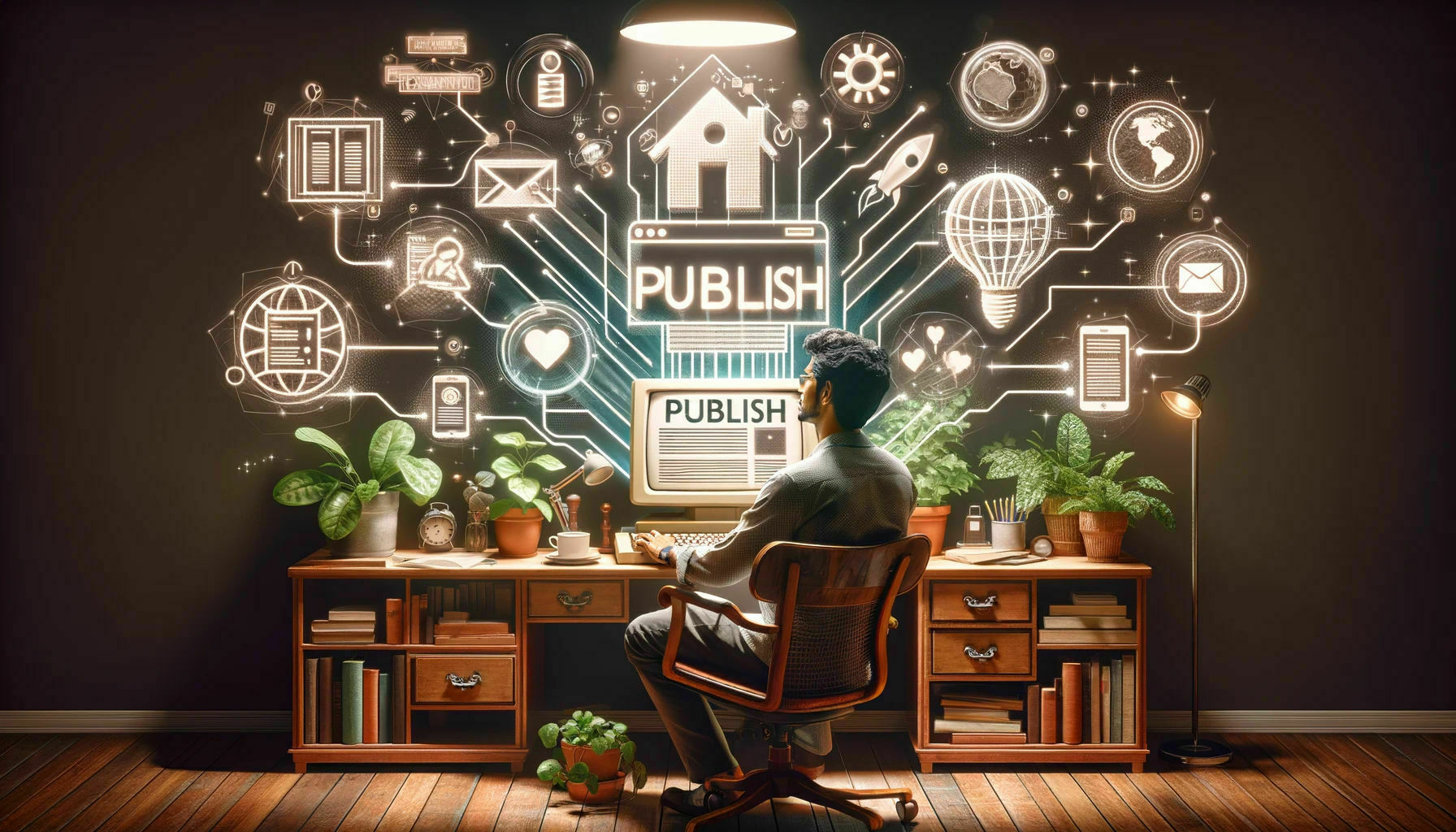
Social media is, and should be, a two-way street. Yes, there are bots, and if you are intending your POSSE to be one, then be explicit about it, but you should really be managing replies and comments on everywhere you post. Otherwise, it feels like social media ghosting. As I wrote about in 2022, posting as if you are there, and then not checking in feels horrible. Micro.blog is still littered with people that put in their RSS feed years ago, so it appears as if they are posting, but they left a long time ago.
This is where ActivityPub gets it right. This isn’t cross posting, it’s consuming the same post in several places. The replies are the same, and it doesn’t matter where they come from. The post I write on my blog, syndicates everywhere, it isn’t cross posting. My blog post is the Mastodon post (or wherever else works with ActivityPub), not a facsimile of it that I never see. I don’t have to go and check everywhere else it appears, I don’t even need an account anywhere else. My blog post is all that’s needed, and that is how it should be.
Not everyone agrees, of course. Manton Reece, who David interviewed for his POSSE post and subsequent podcast, thinks your posts should be able to be consumed everywhere. That’s simply because we don’t live in an ideal world where everything supports ActivityPub. It remains to be seen if Meta will actually bring it into Threads. So cross posting is all we have. It just requires some thought, and I am not convinced everyone needs to cross post everywhere. Unless you live off the clicks, it’s far too much work.
Despite my outward appearance, I am a massive introvert. I do enjoy socialising sometimes, but I have to refill my battery often and that requires some peace and quiet. Something that is at times really hard to come by in my life. Like everyone, I have to work to earn a living, and then I have a family to look after. So I have to try to grab bits of it as a when I can. There is nothing I enjoy more than reading a good book once everyone has gone to sleep, or getting up really early in the morning and sitting outside with a coffee.
At the minute, I have a strange prickling in my brain. An annoying sensation that starts as soon as I try to grab a moment’s peace. It is as if my mind cannot bear to be alone with its thoughts and as such has to distract itself as it looks to avoid it. This is the point where grabbing peace and maintaining it becomes the most important to me.
To feel my best, I have to force my brain to relax, to be alone with itself even more so than normal. I have written before about my tendency to always want to be on the move, and my failure to give myself enough of a break. Despite knowing this, and seeking a resolution for years, there is no peace in my brain. There are short periods of relief, where I put in some work towards helping myself, but these practices never become habit. There is too much life to cram into my time.
I don’t see a point where I schedule in time to stare at a wall, or detox myself from dopamine. I feel as if I can never attain true internal peace, despite how much I crave it. By accepting this, I would like to tell you that I have some resolution in my life, but alas I do not. No rest for the wicked, nor me.
One of the big missing parts when iOS 17 launched, at least for me, was Apple’s new journalling app. It’s something that I have been doing for the past few months, and it has proved a real benefit in numerous areas. Although I’m a happy Day One subscriber, having a free stock option is an excellent edition.
It was conspicuous by its absence, and although Apple eventually announced it was coming “later this year” that didn’t really help. The app did not appear in any of the beta cycles nor the public iOS 17.1 release this week, but it is finally available for beta testers on 17.2. You can view the app on the App Store, but not download it without the needed software.
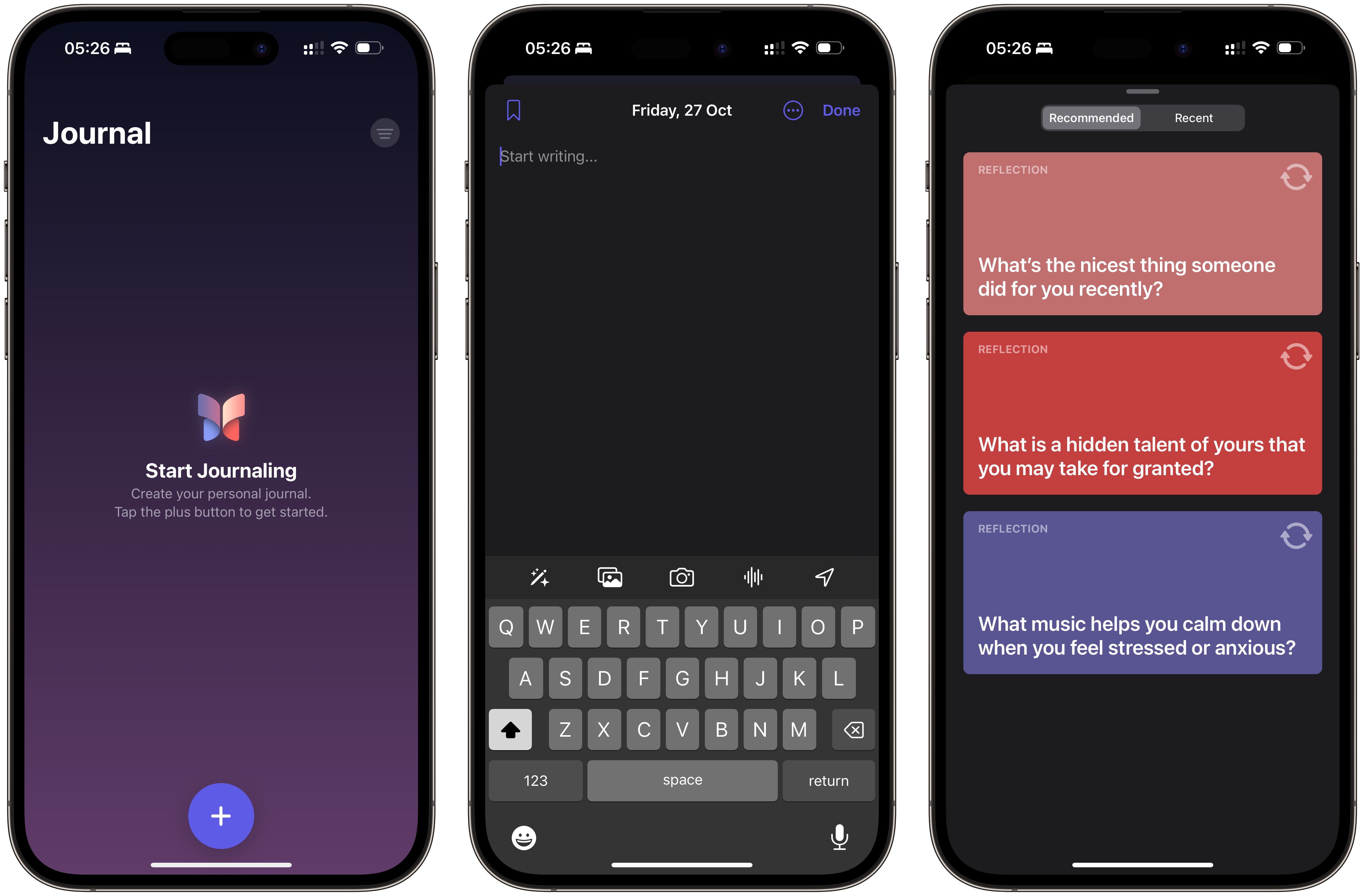
If you’re expecting a fully featured Day One rival, you will be disappointed at the moment. The app is very bare bones with a minimalistic interface. Which does make it straightforward to add an entry and scroll through the entries you have made, which is the whole point of a journal. Remember this is beta software after all.
When tapping the plus action button, you can choose between using AI-generated prompts to fuel your entry or to be greeted with a blank entry waiting for your thoughts. You can add in pictures, locations, and even voice notes, but there is a distinct lack of styling options. There is no way to add in subheadings, quotes, or anything other than basic text.
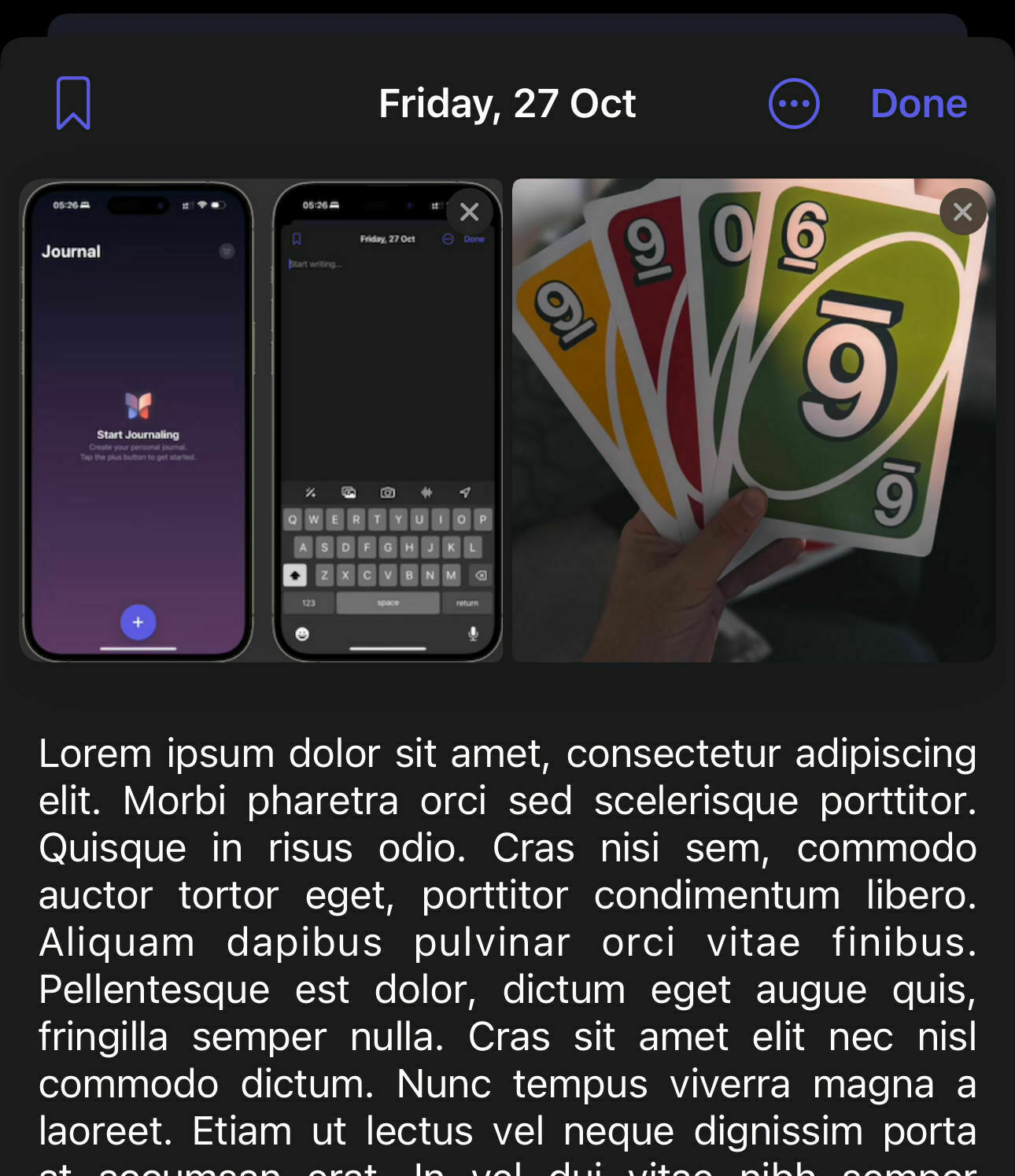
If you were expecting to be able to treat the Journal app as you would a regular journal and place in all manner of things, currently you will be disappointed. Wherever you decide to add in an image doesn’t matter because they automatically jump to the top of the page and display in a square grid. This simple oversight, which I must stress could be improved as the beta cycle goes on, will put many journal users off. A Reddit thread linking to the app shares similar feeling towards the basic styling, lack of tagging or ability to have multiple journals.
With that said, I think this is a great addition to iOS. Most users stick to using stock apps and if by launching this app Apple can get more people journalling it is worth it. If and when users want more features they can go looking for ‘better’ apps, but the simple titled Journal app is a great, if restrictive, starting point.
I wrote a post yesterday, not a particularly long one, but one that I felt, was important. It discussed the way I make notes from listening to podcasts and the improvements that practices has made to my life. In it were screenshots of the particular podcast in question, and I purposely didn’t publish it because of the creator of that show.
That weird, right. The fact that I do enjoy the podcast, but the host is a bit of a mine field due to his peculiar takes on things. No, it’s not Joe Rogan, but I think he is a typical example of this inability to separate people from the things they create. I don’t usually have an issue, I can watch Harry Potter films but think the views of J. K. Rowling are wrong. I can listen to Kanye West’s music, and still be aware he’s a bit of an idiot.
However, this podcast host has said some things that have directly prodded at my emotional core, so my feelings feel different. I understand now why some people cannot do something I thought was simple and separate the creator because it has directly affected them. This is just a simple podcast, one that I still listen to because it good guests, many of which I haven’t come across anywhere else. So, in many ways I have separated the two things, but I would rather not be associated with their thoughts on some topics.
Much like listeners of Joe Rogan, there’s an association that if you consume the product, then you reflect the thoughts of the creator. There is a fear that others may think less of you, or you may suffer backlash because of these associations, and that is not something worth risking. Perhaps I will just change the screenshots and not worry about it.
I mean, everyone likes my blog posts, but one follow up that I got from publishing how I set up links to cross posting is about the thumbs up. Some people are surprised you can ‘like’ my blog posts straight from the page, and I think it’s really cool too.
Technically, it’s called Kudos, and is the work of awesome developer Vincent Ritter. His analytics platform, the aptly named Tinylytics, includes the ability to add a dopamine boating feedback mechanism right into your blog posts. I’ve made this the simple thumbs up emoji because I’m simple, however others have made it all sorts of things. See Maique blog and the lollipop icon. This achieves the same thing.

Usually, the reserve of social media platforms, it’s actually quite nice to receive the occasional bit of feedback. A little nod to say people have read it and like it, rather than just bouncing off the page. I don’t think it should be the basis of why you publish to your blog, but thanks to Vincent’s work, it really helps. It is simple to set up, and you can try Tinylytics out for free at Tinylytics.app. I’m not affiliated with the service whatsoever, I just think it’s cool and people asked about it.
Patrick Rhone, writing on For You about choosing how to feel:
If you don’t like what you find within, only you can change that. No one can make you happy. No one can make you unhappy. Only you can do that. No one can make you angry. You choose to react angrily. How you feel is a choice that you make.
There’s a tendency to dismiss someone talking about your feelings because “they don’t understand”. More so when a common reaction to depression is often “just cheer up” which is frankly a ridiculous statement. But I do think it is important to realise why you react or feel like you do and examine it closely.
The best tool I have at my disposal when I am having dark times is myself. To ask myself “what reason do you have to feel like this” and a surprising number of times there isn’t one. Even if there are reasons, more often than not some examination of what you are reacting to is enough to bring in some light.
Listen, there is no amount of thinking that can solve mental illness. However, there is a lot of personal responsibility to also bear, and that is typically hard to hear. You control your thoughts, feelings and how you display them. Even when the piggyback guy is around, trust me, it works.
At the end of Robert Rackley brief overview of Matter adding podcasts:
The FAQs for Matter’s new podcast feature are contained in a tweet (or whatever you call posts on X). What happened to actual product documentation? It’s not uncommon these days for software to gain features with little to no documentation that actually explains how to use them.
I was always shocked when companies chose to host their product documents on Medium instead of their website, but this is a new low.
Having your guides and tutorials on a social media platform is bonkers. What happens when Elon decides you are. To log in to view. Or rate limits views. Or just deleted it ‘accidentally’.
The manual on how to use your product, and how you communicate this to your users, should be as valuable as the product itself.
I watched most of the interviews at and around the Code Conference, which happened to be around the same time as Meta Connect this year. So my world has been filled full of decrypting what tech CEOs are actually saying. One of the stand-out stars is this open and frank conversation with The Verges Alex Heath and Mark Zuckerberg is well worth a listen or watch.
I’ve pulled out some quotes from the transcript I found interesting. I focussed on the first portion of the interview on Threads and ActivityPub because I don’t really have any interest in AI or Metas new products. However, I do care about their open protocol ambitions.
an equally important part of designing any product is how it makes you feel, right? What’s the kind of emotional charge of it, and how do you come away from that feeling?
There was obviously some shade thrown here Elon and twitters way (I am still not calling it X). But there is a lot of truth in what he says about the way people use social networks is often dictated by the way they are designed. He goes on to say that “Twitter indexes very strongly on just being quite negative and critical” which is absolutely true. Not that the designers ever wanted to achieve this, but by leaning into fast-paced, post anything, get engagement from the whole user base, this is always where you end up. Something that gets worse with no work on curation and Elons ‘free speech’ nonsense.
how you seed the networks and the culture that you create there, I think ends up being pretty important for how they scale over time.
Mark and Adam Moseri have the luxury of building a network from the start, bootstrapping it to one of the ones they already have for a user base, and then leaning on their ability to scale up. No other network in history has had this, and Twitter certainly did not have the luxury of creating a culture. Sure, Threads might be building while the plane is in the air, but Twitter is bailing out a sinking ship.
a lot of people just don’t want to use an app where they come away feeling bad all the time, right? I think that there’s a certain set of people will either tolerate that because it’s their job to get that access to information, or they’re just warriors in that way. They want to be a part of that kind of intellectual combat.
As someone who got a lot of value from Twitter for years, and then didn’t any more, I knew exactly what Mark was saying here. It always left me feeling bad about the world, and no amount of curation and blocking could fix it.
Even when the world is moving towards richer and richer forms of sharing and consumption, I think that text isn’t going away, it’s still going to be a big thing. But I think how people feel is really important.
By all measures, text-based things should be dead by now. So many times have we been told voice first this, short form video that. Yet, text-based interaction just will not die.
There as a whole load of quotes about ActivityPub and Threads. Many of which cover the same ground, so I might not comment on them all.
I’ve had our team at various times do the thought experiment of like all right, what would it take to move all of Facebook onto some kind of decentralized protocol? And it’s like that’s just not going to happen. There’s so much functionality that is on Facebook that it’s way too kind of complicated.
Interesting that Mark would at least claim to have thought about moving Facebook more open. His statement makes sense, but the constant closing down and siloing of information speaks for itself. I don’t think Mark is lying here, but words are easy to say.
one of the interesting things that’s evolving around this kind of the Twitter competitive space is a lot of the others. There is a real ecosystem around that and I think it’s interesting.
my view is that the more that there’s interoperability between different services and the more content can flow, the better all the services can be.
I actually think that we’ll benefit and we’ll be able to build better quality products by our products, making sure that we can have access to all of the different content from wherever anyone is creating it.
I think making it so they can use an alternative but can still interact with people on the network will make it so that that product also is more valuable. You can increase the quality of the product by making it so that you can give people access to all the content even if it wasn’t created on that network itself.
There is something encouraging about these statements, but they all feel a little too spun. I think there’s a shed load of advantages to Meta being able to point to ActivityPub interoperability, not least when questioned about timeline sorting and content moderation.
maybe for phase one of social networking, it was fine to have these systems that people felt a little more locked into.
There’s kind of this funny counterintuitive thing where I just don’t think that people like feeling locked into a system. So in a way, I actually think people will feel better about using our products if they know that they have the choice to leave.
This is more about enticing people in whilst also letting them consume other’s content than it is about users leaving and going elsewhere.
in a way that actually makes people feel more confident investing in a system if they know that they have freedom over how they operate.
if we can build threads on this, then maybe we can over time, as the standards get more built out, it’s possible that we can spread that to more of the stuff that we’re doing.
I think Meta see themselves as creating something that grows and expands on top of ActivityPub. I’ve said before that they would look to become the ‘blue bubble of new social media’, that offers more if you move to their Federated server – and then they can monetise your attention.
This whole conversation makes me feel more confident than ever that Threads will open up, but just a little. There are numerous moving parts, and they still do not really know where they stand with the EU and being outlined as a ‘gatekeeper’. So it’s a wait and see game, just don’t hold your breath.

There’s a shared frustration that comes with these posts that is shared throughout my journaling and my photography. That is that my life is pretty mundane and built on load sod routines. My life is not one that social media would find very fascinating, and certainly is not all sunshine and rainbows.
This week, I have been preparing for my birthday and also numerous big projects coming up in my working life. Reflected by feeling as if this is the calm before the storm. I celebrate my 40th birthday (yes, I am that old) on Wednesday and before that, I have two days of kick off meetings. Oh, the joys! I hate my birthdays.
Lies, Damned Lies, and Social-Media Metrics – Those view counts on Twitter, TikTok, and Netflix? Be skeptical.
Walter Isaacson Calls Into Question the Accuracy of His Own Book – I might read the Musk book because I liked Isaacson’s other work. His podcast appearances have been pretty interesting too.
These 14 Small Mindset Shifts Will Change Your Life
Working remotely is a competitive hiring advantage again – you can tell a lot about a company by their response to working from home. As with most things in life, it boils down to trust and ego.
Before myself and Nati recorded the first episode of bring your own device, we made promises to each other. To be honest about everything. To be Apple fans, enjoy Apple devices but not be Apple apologists. To not be another voice in the sea of Apple bloggers that spent most of their time explaining why your opinions are wrong.
Sadly, the podcast no longer exists, but that idea that was core to everything we talked about stuck with me. I’ve never shied away from calling out mistakes from Apple, and tried very hard to not fall into fanboy traps. This is an extremely long-winded way of setting up a way to say I was right about the iPhone 12 design all along!
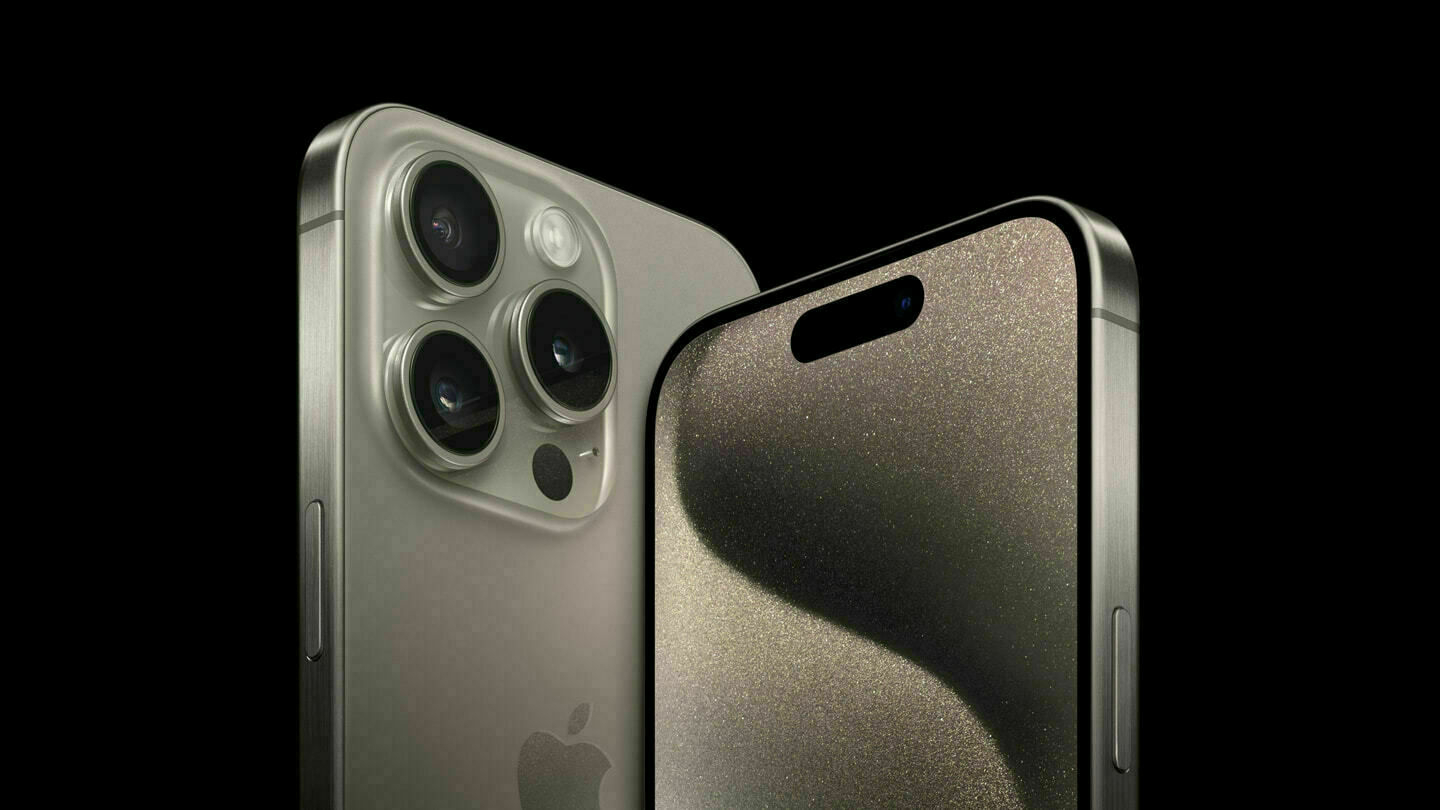
I made a (feeble) video about the design almost as soon as I felt it because I was amazed at the massive step back. I read in amazement all the words that were then written to defend it. Claiming that it was a brilliant design, and perhaps I was “holding it wrong” (again). There is nothing wrong with opposing opinions, and some people seemed to genuinely like the update, so I did question myself a little.
However, the iPhone 15 smoothed out edges make me feel vindicated. Even more so when the same people telling everyone that the design was great, are now saying the iPhone 15 update is much better. There is absolutely no denying it. A combination of the curved edges, the titanium frame and the slightly slimmer bezels make the phone feel much smaller than it actually is.
I’ve gone up to the max this year with zero regrets now this phone actually fits in my hand! My pinky would like to formally thank Apple designers for thinking about the shape of human hands.

The frantic realisation that I hadn’t written my weekly post happened about 20 minutes ago. Not that anyone cares but with all the excitement of Apple announcements it completely slipped my mind. So excuse the two week update of what I’ve been up to. Weirdly mostly tech related.
Continue to be awesome, and that’s an order but make sure you take it very easy my friends.
🤙
I have already seen about a billion of these types of posts around the web. So why not add mine, with a twist. Here follows the shortest summery of my thoughts I can make.
There is nothing more polarising in the social media circles I travel in than iPhone announcement day. It brings out the worst in people from both sides, particularly the rampant consumerism and fanboy gloating. However, the thing that annoys me most is the snark that also appears.
There’s nothing wrong with a casual ribbing. Might I suggest that fact that it took Apple 5 years to implement USB-C? Or that Apple claims things like 5x zoom is cutting-edge technology? Choose these things, and you might even find a fanboy to argue back with you for internet points. Though, I’d much rather you let people enjoy what they like and get on with it.
This isn’t restricted to tech, but it seems to bring out the worst tribalism in people. Whenever England are playing football, you see hundreds of posts similar to “yay sportsball”. Obviously, with less tactful word choice. In the same way, people can enjoy watching an Apple event without being a blinded consumerist sheep. They can also enjoy a game of national football without being a hooligan.
The fact that I even need to explain this to people makes me a little sad. Even more so, that I almost wrote a blog post explaining why I am buying a new phone. Undoubtedly, there are people that overstretch themselves to upgrade when they really don’t need to. Marketing and perceived societal pressure can influence some silly choices. The idea of making people more aware that they don’t need to upgrade is important. However, the holier than thou attitude isn’t.
We all enjoy weird and wonderful things in our life. I certainly have some things that others think are odd, but it brings me joy, and that shouldn’t matter to anyone else. I’m a big believer in loving what you love, and hating what you hate, but you don’t need to press those things on anyone else. Be constructive, not destructive.
I read a recent post by Matt Birchler talking about his experiment with going back to Apple’s stock calendar. It sparked in me thoughts about my recent switch (well a few months ago) and I thought I would share my experiences. Not that my lowly blog needs to lend credence to the amazing Matt Birchler, but it is often helpful to see more than one person pointing to the same things.
With that said, Matt and I have very similar jobs. One full of meetings, team catch-ups and projects to complete. I am sure he also has a fair share of family things to keep up with too, and I have all sorts of appointments and meeting for my daughter to contend with. So the benefits felt by perhaps one side of life for some people very much bleed into every part of mine.
For me, my calendar is my entire life and has been for some time. When people turn their noses up at a subscription for “just a calendar app” I do understand. However, I get so much value from Fantastical, it is money I gladly hand over. You see, I could (and have) get by with the stock app, but I’m much better off with Fantastical. You might ask why, and that’s why you’re reading this post, so let me try to break it down for you without being too repetitive.
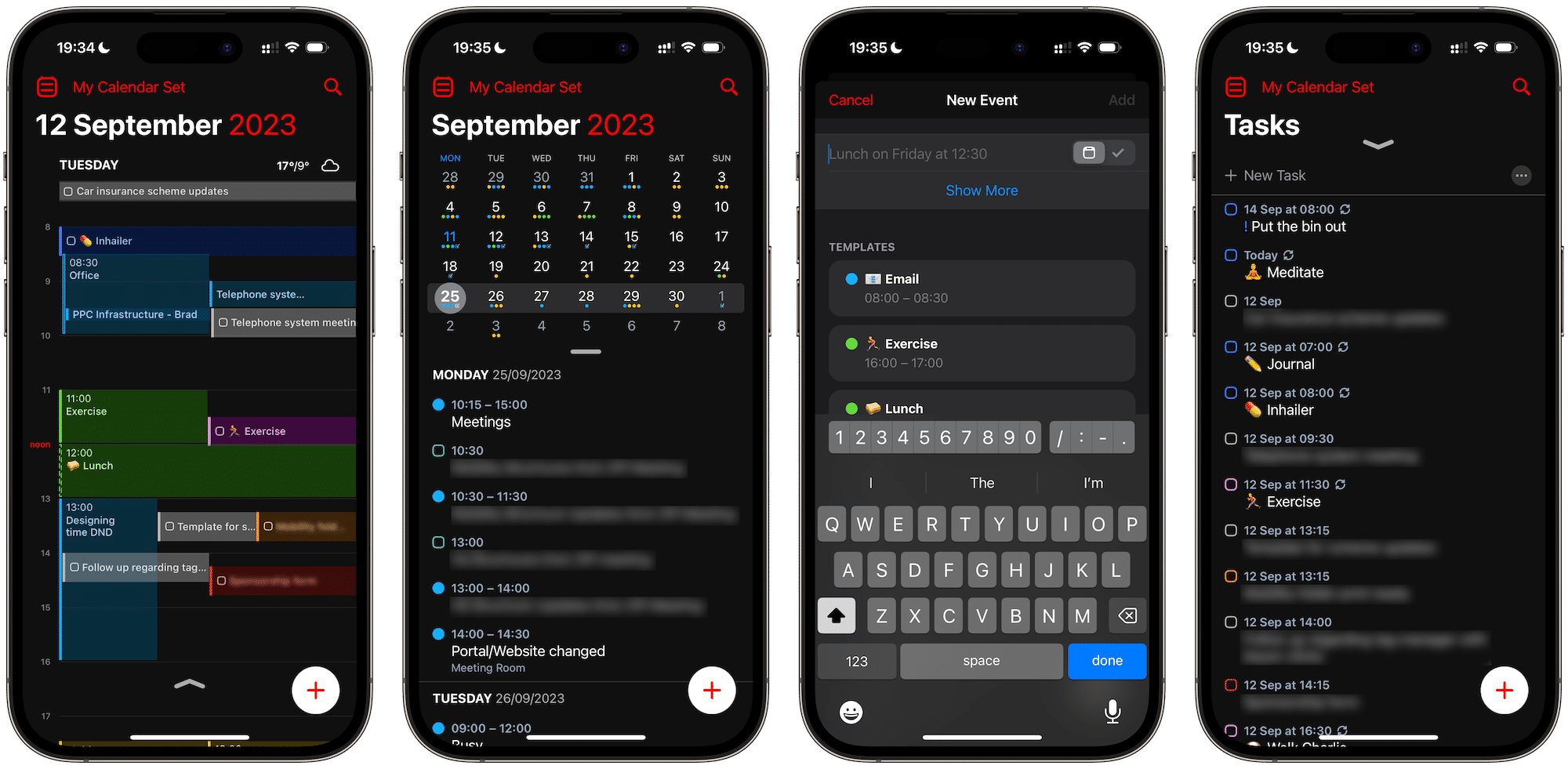
The pandemic accelerated my already increasing number of virtual meetings. Something I don’t really mind because I’d rather be working from home than traveling all over the place. For some reason, every company seems to use a different method for these, so I have to meet with SEO experts on Google meet, internal conversations on Teams and then move to chatting with event organisers on Zoom. Fantastical makes this a breeze. I don’t need to install loads of apps all over the place, just sign in with all of my accounts and click the join meeting button in my calendar.
Fantastical also integrates with my task manager of choice, Todoist, as well as my Office 365 work calendar, my shared iCloud calendar with my wife and even Meet Up for some sudo socialising! By having everything in one place, I can see all of my tasks scattered across the various platforms all in one full list. Not many apps allow numerous services to be integrated and work together as if they were all in the same place. This works on mobile too by selecting tasks in the top left menu.
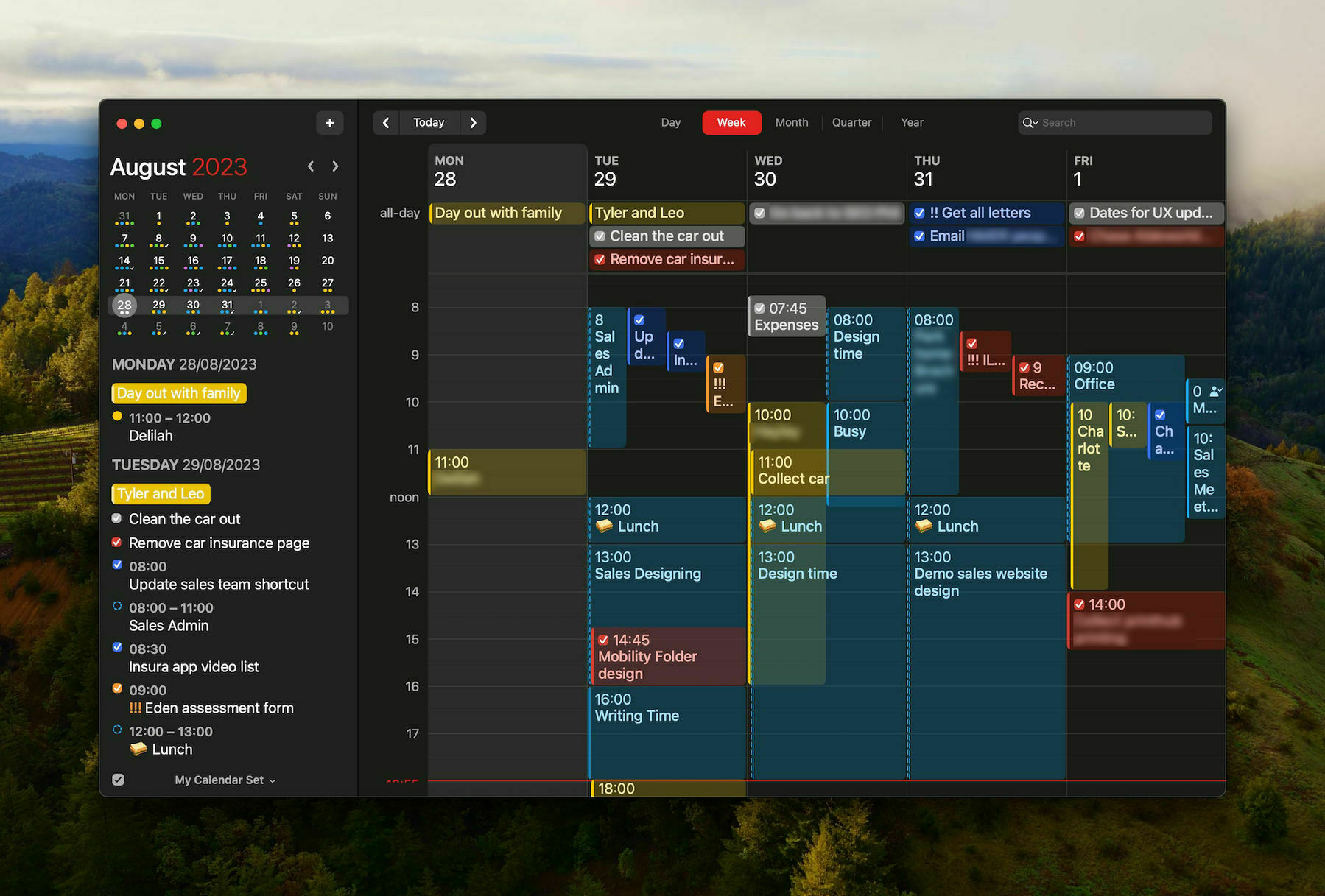
Which leads me to my next major feeling point for Fantastical, time boxing is life changing. I first noticed this with Josh Ginter writing about this for Sweet Set Up, and it was the thing that inspired me to go all in on a better calendar app. As you can see from my screenshots, I block out time in my calendar to complete certain types of tasks all at once. Placing DND into areas that I don’t want to be disturbed – but I can do that in any calendar app Greg, I hear you say. Indeed, you can, but the customised colours and templates you can set up make this easy to set up and understand with a glance.
This is where two things come into play and make time boxing effortless for me when using Fantastical. I can look at the upcoming weeks calendar and already all tasks with due dates are present. I can then begin to plan around them, blocking out my day to make sure I know how much spare time I have and what kind of tasks will dominate those days. Pressing CMD + R brings up a list of all the tasks I have outstanding, and I can simply drag these into the places that I have blocked out. For example, above are periods where I have blocked out designing time, and in this 4–5 hours I can get several design focused tasks completed.
Granted, I understand that these things might not make a difference to you. To be honest, there was a long time when I thought they didn’t for me, and now I couldn’t be without it. Fantastical saves me more than the cost of the subscription in time and effort, but I understand it is not for everyone.
I love to try new things. To push the limits of where I am settled and see if new technology can help me out. This usually revolves around phones and for a long time I was, a phrase I coined, a phonehobo. I just moved around all over the place and never had a home. The constant release of Android phones in the early 2010s meant that there was no shortage of new things to try and the constant promise of the new one being the best.
Now I am settled into using iOS devices, I know that the Workflows I have built up and the apps I enjoy using are right for me. That doesn’t, however, stop me trying things out even so often, and if you’ve followed me for more than five minutes you will have seen my occasional dalliance with Android phones. Most of these dalliances are to make sure I don’t fall into the trap of being a fanboy, and can appreciate that different, and at times better, things exist.
Each time I decide to try one, I have the same ideas in my head. That the device will offer me a bit more than my trusty iPhone, and a return of the excited feeling I got every time I unboxed a new Nexus or Galaxy device in the distant past. Yet, a day or so into using them, I rediscover that Android is just not for me.
I like Android. I think it’s a great OS, and each update that Google release makes me wish I could use it. There are no issues with the hardware either, bar the camera, many of the handsets I try match Apple build quality and some are even better. There’s not one big reason why I always go back, there are just lots of little paper cuts that make the decision for me. Small things that I can’t get used to or just don’t work the way I want them to, and no amount of me forcing the issue will change that.
There are numerous things in life that are not for me. Mechanical keyboards. Red wine sauce. Anime movies. I just need to accept that Android is another one of those things. There is a comfort in being comfortable with yourself, maybe I should give that a try!
I take loads of notes. Like a serious amount, that at some points it seems a bit unhealthy. I enjoy writing everything down for later use, and over the years it has proven invaluable numerous times. I like the process of doing it, I like to remember things, so I read them back, and I use them in personal and work related projects on a daily basis. This isn’t a post to polish my ego or anything. ”oh look at me, the perfect little notetaker” – it just sets the scene so to speak.
There are a few times that this habit has sucked the joy out of activities. It ruined podcasts for a little while, for instance, but I soon worked out my workflow and what I wanted to achieve. As I wrote about in my linked post above, there is a tendency in the modern world to want to hack everything. To squeeze and shape all the things in your life to get the most out of it. There’s a time to be efficient and proactive, but not with the things you enjoy. Those things are to slow down and enjoy the most.
There’s a benefit to subscribing to services like Blinkest and cramming in all the information you can get your hands on. There is also. Time to slow down, flip through the pages of a good back and enjoy the moment. Some people get immense benefit from listening to audiobooks or podcasts at 2x speed, and then there are other that enjoy the pauses and the silence, and want to dwell on the words.
I am in the camp of slowness. Of savouring what you enjoy, or benefiting from the things you do the most. I write things down in a notebook, with a pencil! I don’t need to hack my brain with a Personal Knowledge Management system because I just write things down, and I read them. Likewise, I go over some of the things that I read and listen to (not all of them) for nothing more than to enjoy them again and remember the things they say.
I value the people that rush around and hack all the things, but this not me, and I am totally at peace with that. One is not better than the other, they are just two sides of the same story that is modern life.
You know that horrible experience when you first buy a car, and then you see loads of the same one coming in the opposite direction all the time. It’s a known human cognitive bias, the Baader–Meinhof phenomenon, I know it’s false, but I am experiencing it with vertical things at the minute and I can’t work out where it is going.
It started on Saturday when I was running (donate to London For Lucie by the way!) and listening to The Vergecast. In which they were talking about all video apps being the same, just consuming each other’s ideas and increasing the length of vertical video viewable in apps. Which is interesting considering, as they point out, a service like Quibi, despite it terrible name, might not have been the worst idea ever. An idea explored in episode 1 of The Big Flop. Smartphone users really like vertical videos, and it feels much more natural.
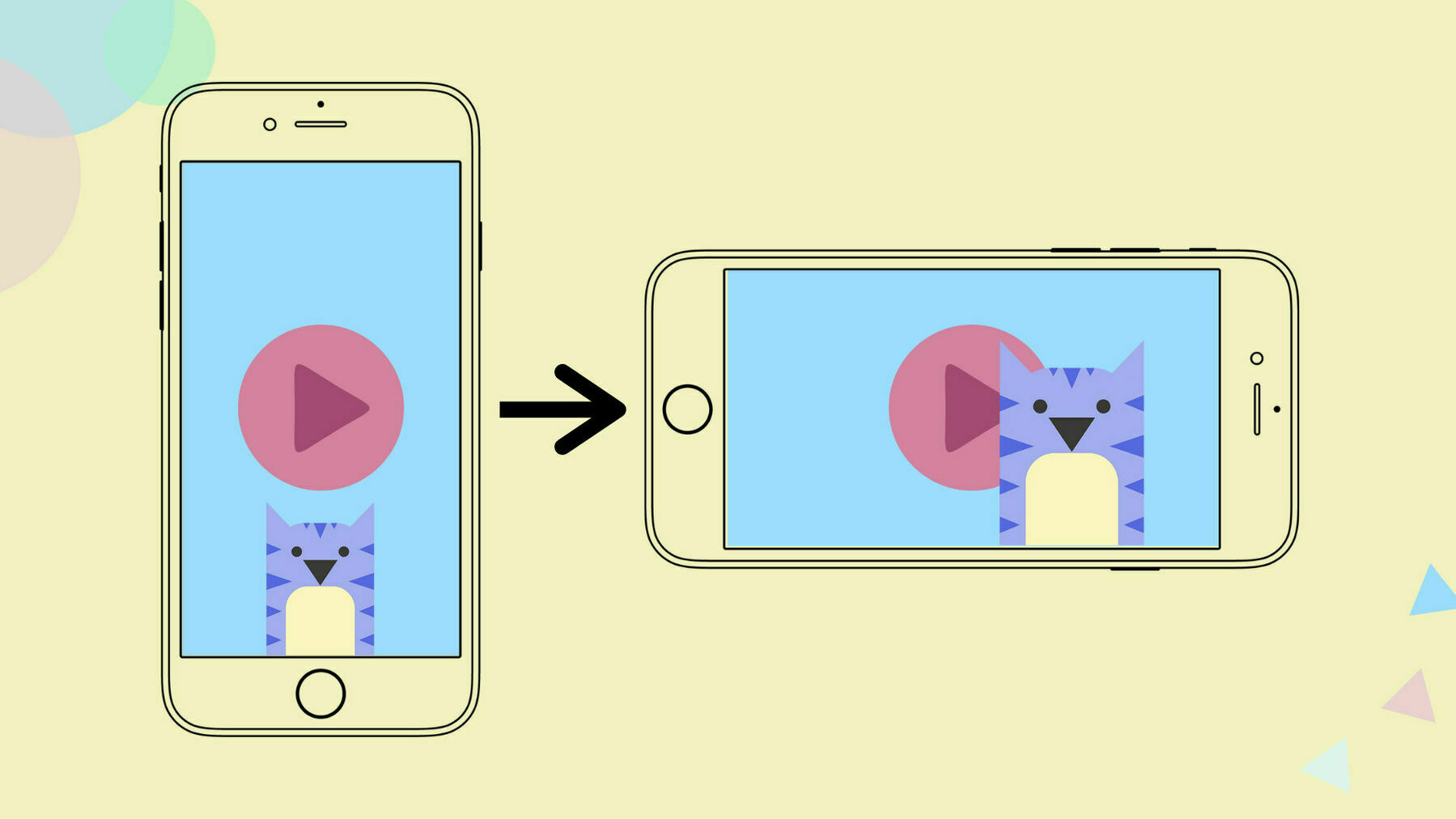
This started a flash back to weird marketing events I have been to where people have discussed vertical video and very much switched off (I hate those type of events). I began to wonder just how much do people prefer watching vertical videos because it does make a lot of sense for many situations, but everything bar the smartphone sticks to horizontal. Of course, you can find stats all over the place, but turns out – it’s a lot.
Still seems odd to me outside of quick scrolling social media, but I’m not one to argue with the stats and considering how old I am, my opinions could just be the old guy shouting at the clouds again. It just made me think back to a few years ago when any person filming vertical video would have been chastised. Now it is not only the norm, but it is expected. This also got me questioning many things.
There’s new TV’s with vertical modes, floor stands to make yours do it, and all sorts of products pushing vertical monitors. It seems absurd at first, but when you stop and think about it, it makes a lot of sense. I’m a bit stuck with a reason on actual TVs, but websites, apps and almost any user interface I come across has the majority of its elements in a vertical stack. This got me thinking about my work, mainly being in web UI and Print design (which is nearly all vertical). I had side eyed the oddly shaped LG DualUp when it was first launched, thinking it made sense at the time – so I bought one.
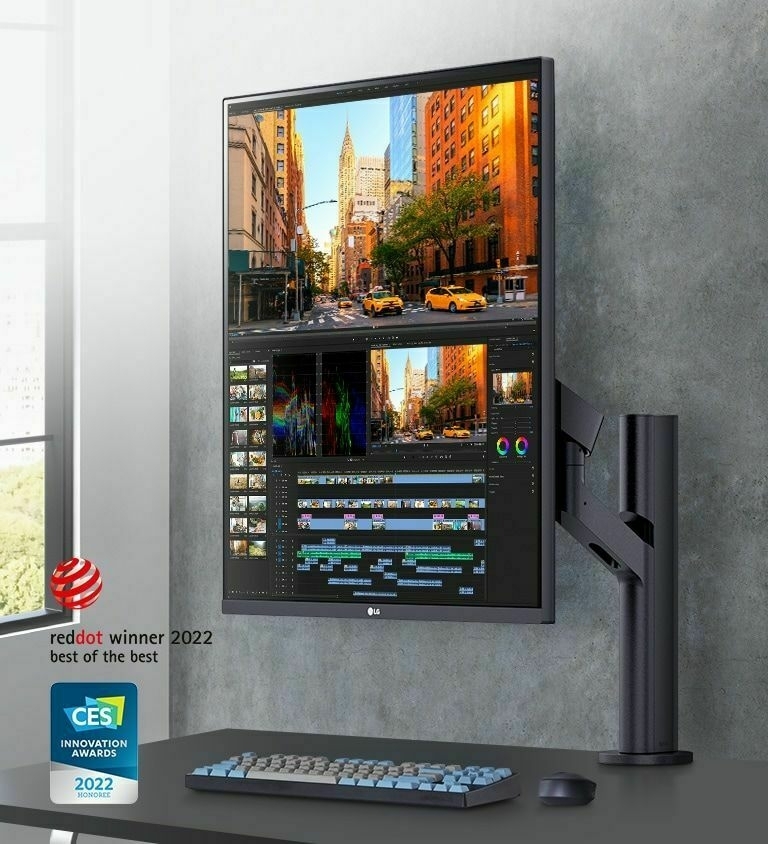
It was relatively cheap in the world on monitors, and comes with a really nice ergonomic arm, so I feel like I got a good deal. However, as soon as I placed it down on my desk (well, clamped it to it) I felt conflicted. As much as the size and orientation makes sense, it just feels strange. That all went away when using it, though. The build quality, screen resolution and portrait set up means I am over the moon with it. Why on earth I didn’t pull the rigger before I will never know, maybe I have been indoctrinated by the previous landscape based world. However, now I am free!
Charles Chen discussing he’s outlook that Mastodon is Rewinding the Clock on Social Media:
On the consume side, that means that your home feed has no Algorithm (big-A “Algorithm”). This can be disorienting at first when coming from X and FB. Practically, it means that you see only what you want to see and only see it linearly. You never wonder, “why am I seeing this and how do I make it go away?”.
I am completely convinced that users both want algorithmic timelines, but they need one. There is some research to back this up from Meta, but others found the opposite, so take from that what you will. However, in my opinion, it is only tech nerds that shout the loudest because we feel as if we need to complete our timeline as if it is a video game. When, in fact, users want to follow loads of people but only be shown the good stuff from their circles.
The biggest reason users complain is when companies don’t get it right, and not many companies have managed that. No one wants a chronological feed on TikTok or Netflix, and that’s because the algorithm is complete seamless. Using your consumption data to get the right things in your face at the right time.
Granted, you could argue this is because they are not ad networks and are not bothered about showing you them. They do, however, need to keep you engaged, and watching things. So they ensure their suggestions are as good as they possibly can be. We’ve all had the odd bad experience on these platforms, but there’s no scrambling for a long list of the latest things launched.
Could you imagine if both of these platforms got it as wrong as Twitter does?

I have just realised that between last week’s update and this one I only wrote, one blog post. I am certain that some weeks have been even worse, but seeing it so easily makes me want to get my ass into gear and publish more. Perhaps you will see more before next week’s post? Don’t hold your breath!
I would rather not mention my flip phone adventures, it is for another time, so you will have to stay tuned. I will always be here and pretty much nowhere else now. Take care of yourselves, have a wonderful week.
🤙
Matt Birchler on letting the internet run out:
In a world where we all struggle with how much we use our devices (let’s be real, we mean our phones), I think it’s kinda nice to have some places that just give up and tell us, “my dude, you’ve read it all, go do something else.”
I read this and nodded along, like most posts Matt publishes because it’s easy to agree with things you know to be true. It wasn’t until a few days later when that I realised just how prevalent, and desired, the endless feed is.
The loudest voices are often ones that scream for chronological timelines, but the reality is most users don’t want that. They want to be endlessly distracted at any moment. Both companies and the majority of users would like to have a constant stream of entertainment, there’s no reason to have an end really is there. An end of the feed would mean the user leaves, opens another app and continues to mindlessly scroll. That’s not good for the bottom line now, is it?
Like Matt, I too love an app that comes to an end. Sure, it might be frustrating when I need some entertainment, but it gives me pause to think if that is really what I want to be doing. Occasionally, that answer is yes, and there’s no shortage of places to go on the internet, but more often than not the answer is no. Even a small little pause causes most people to think about what they are doing and close the app. Hitting the end of the feed doesn’t always feel like a good thing, but it always is.
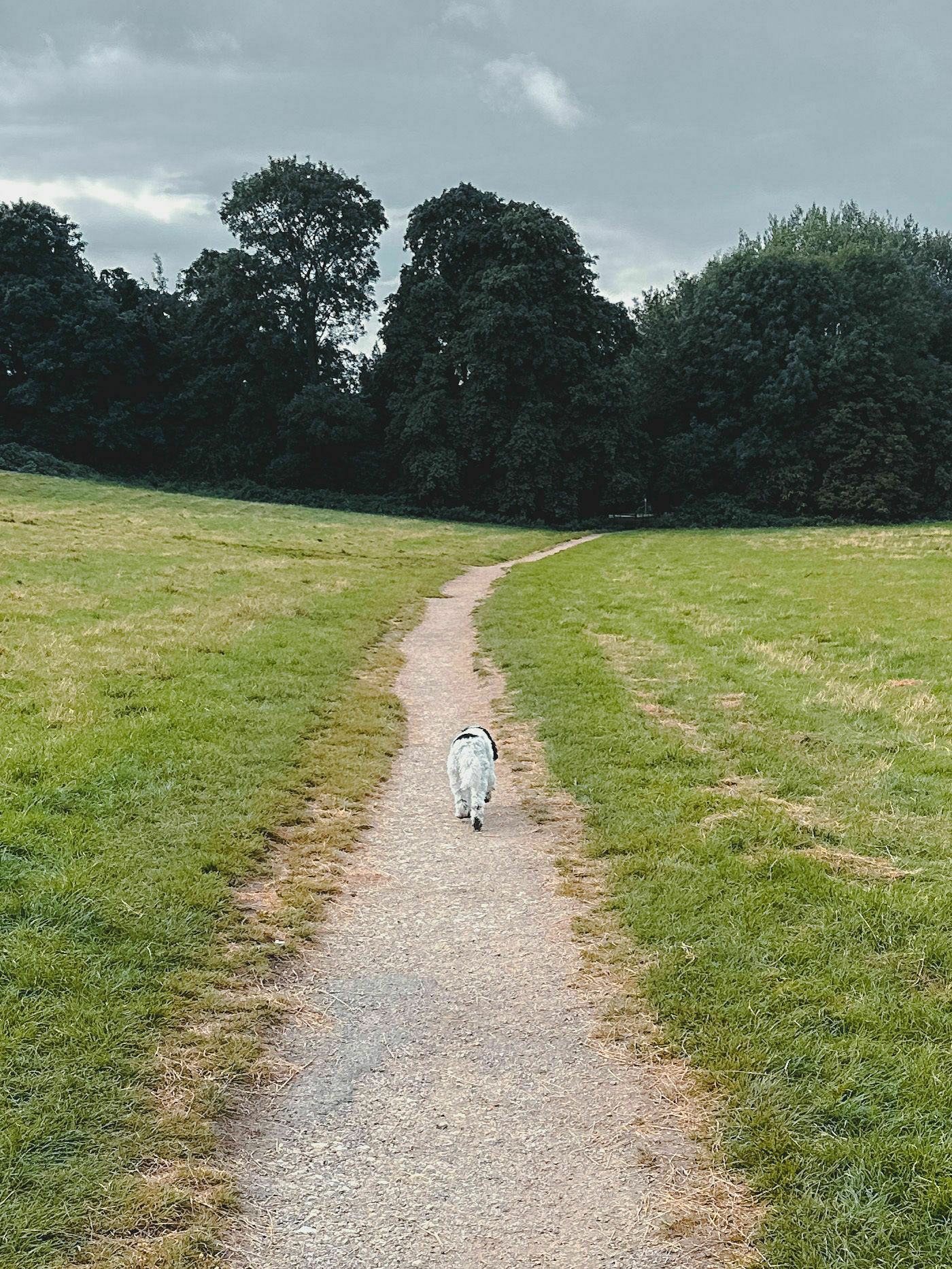
I am sure he will forgive me, but I always read thingsThisWeek by Maique and like the idea of small updates of the things I have been up to. So without further fuss, here’s mine.
This week was ups and downs as usual. Filled full of some working and some days off due to bank holidays and skilfully timed annual leave. I spent a lot of it trying to relax, failing, and also trying to run a little more.
I hope you all have a great week this week, and you know where I am if you need me. 🤙
After months of carrying around my notebook constantly. Through thick and thin, whatever the occasion. Do you know what killed it? Summer. My field notes and everyday inspiration cover doesn’t really fit with my baggy summer shorts, and that kind of sucks.
Months on end, this thing stuck with me. Containing all my notes, thoughts, blog post ideas and most importantly all the things I have to do. Now it’s just on my desk at work and comes out every now and again if I have a meeting. Perhaps I am going to have to change my wardrobe for next year.
Don’t get me wrong. It doesn’t care. Unlike all the apps on my phone, it’s not pinging and prodding me to pick it up if I put it doesn’t for more than 5 minutes. I just feel bad for not experiencing all the positives it had brought me. I won’t go into them here, but it’s safe to say a notebook is the biggest improvement I made in my life for a long time.
I do find it a bit silly that something as silly as a slightly bulging pocket ruins it. So I’m trying to make a concerted effort to get back into the habit. The summer weather in the UK has been a bit crap this year, so I will probably be back in jeans by next week.
I’ve always liked the idea of a digital garden, even tried to set one up a few times, but never really managed to make one stick. Well, perhaps that’s not strictly true, I do have one in Apple notes, but it’s not a published one.
The appeal comes from my note-taking itself. I write them obsessively, about anything and everything. They evolve all the time. Get overwritten, rewritten and added too as much as new ones sprout up, and that is perhaps what I would like my blog to be.
Blog posts are often seen as rigid things. An unmoving line in the dirt of what we think and the things we believe in. Whereas, much like my note-taking, the thoughts, and motivations for them evolve and change. They age just like the rest of our thoughts. The things we write and publish online should not be thought of as rigid things. Instead of being pushed out to the world at one point, they should be allowed to change over time.
This style of note-taking is typically referred to as Evergreen notes by those that like to tend their online digital gardens. They fluctuate far more than your traditional blog posts, and can offer much more in return. Blog posts, however, are the opposite. Deciduous, if you will. Sure, you can go back and update blog posts or link to new ones, but they are typically just left to stagnate. Left as a reflection of one point in time. Barely revisited. Wilting away. Which kind of makes me sad.
I’m not sure what has caused this feeling. These motivations have existed for a while, but never quite reached this level of motivation, my desire to ditch my phone has reached the levels I have never experienced before, and I’ve gone and done it. For the next 4 weeks, at least, I will be back to using a flip phone, so I figured I might as well get some blog posts (and entertainment) out of it while I navigate this weirdness.
A week or so ago, I was doing the yearly practice of trying to work out when the new iPhone should come out, and when the best time to sell my current version would be. It’s a fine line between having to use a backup phone for a while and getting the most for a device that will drop in price the closer to the iPhone event we get. I usually go back to using my trusty first generation iPhone SE for a week or so, and by the end of it I am ready to throw it in the bin. This year, my SE has not risen from the ashes, and so I’ve opted for something more radical.
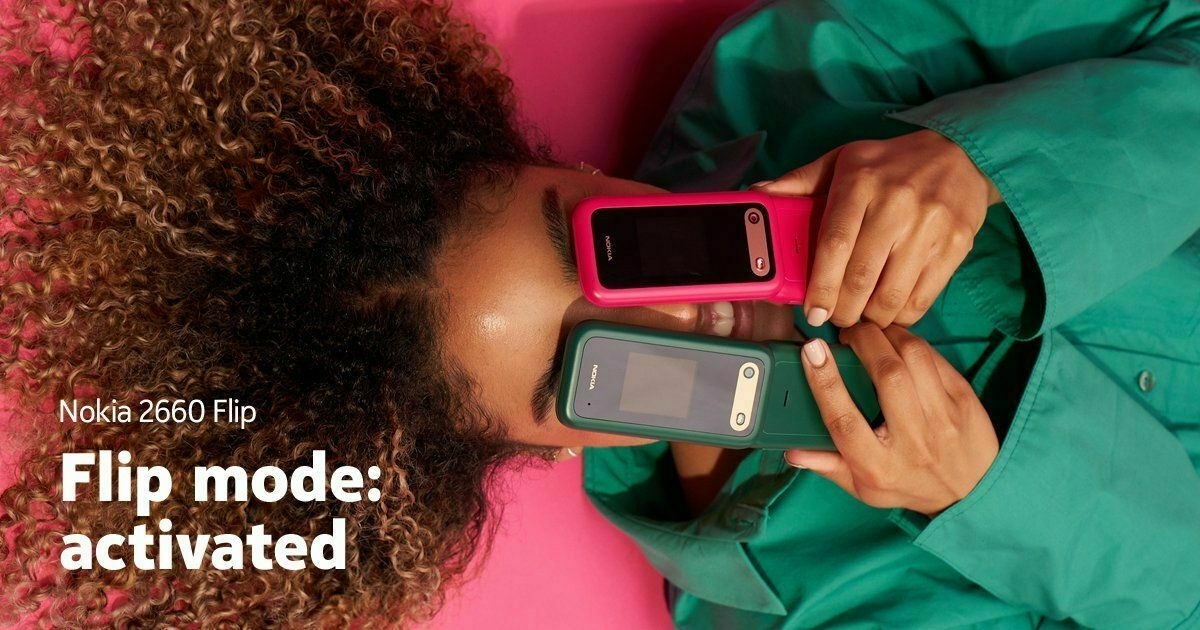
Listen, I’ve been banging on about hating my phone but needing to use it for ages, but never done anything drastic before. I’m uncertain if it is because I’m reading Stolen Focus by Johann Hart presently, or I’m just getting my yearly internet annoyance period. Whatever the motivation for it is, my SIM card is now in a Nokia 2660 Flip phone that cost me a whole £25. Well, actually two of them are, my work phone and my personal number because this phone is Dual sim (and that’s about the only useful thing about it).
In the first few hours, I’ve already had a panic because I couldn’t check how much money was in my bank account before I made a purchase. I’ve also been teased relentlessly by my wife and son for daring to take a call in public on it, but I think I am getting there. I will no doubt hit numerous road blocks along the way, and might end up stomping into town to buy a cheap iPhone, but it will be amusing for everyone to watch (or read about) anyway.
As most people will already be aware, I’m running the London Marathon to raise funds for the Epilepsy Society. A charity very close to my heart. Although the run isn’t until April 2024, I need to start ramping up my running in preparation and unfortunately, this is proving more difficult than I thought.
In December 2021, I got my third COVID-19 vaccine, the so-called winter booster. This started one of the biggest issues I’ve had to overcome in my life because it threw my life into chaos. I’d not experienced any side effects to the other two shots, but immediately following this one I didn’t feel myself and still don’t. After a few weeks of suffering, I discovered I had issues with my heart and lungs, leaving me unable to even walk very far without feeling out of breath.
This was devastating to me. I’ve always been active, raising money for charity and running was one of my favourite things to do. The inability to do much affected my mental health and my family, and that still continues to this day. Although I am much better than I have been, running and placing too much stress on my system has been frustrating.
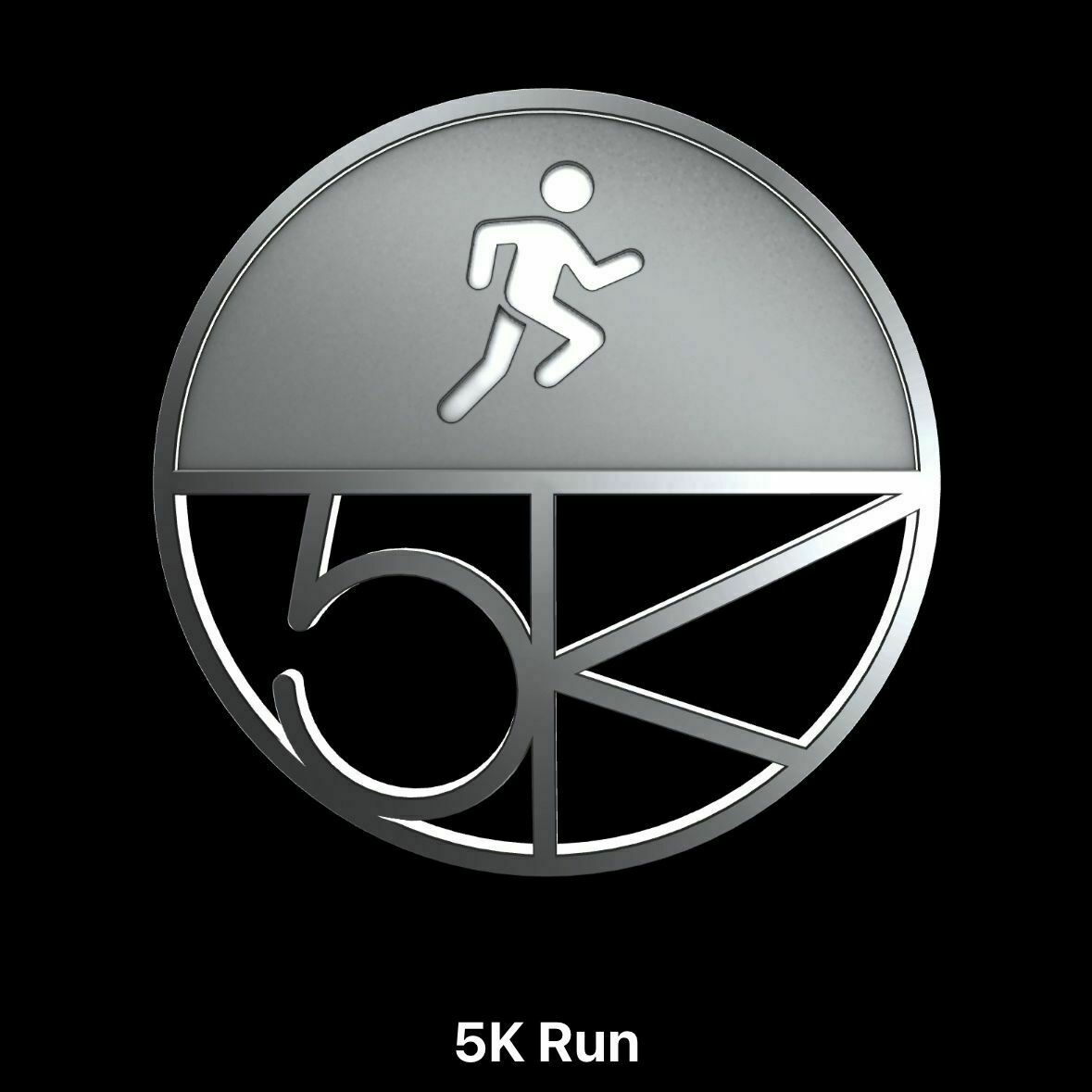
I thought that these issues were starting to wear off, but as soon as I’ve tried to run again, doing anything but a mild pace results in my lungs hating me for days afterwards. So I’m trying to take this really slow and steady, but I think the pace I used to run at is ingrained in my legs.
I’m aiming to run the 26.2 miles in around 4:30, which is slow but a pace achievable for me. This is a little over 10 minute miles or 6:23 kilometres. My plan was to start off at this pace and increase my mileage very slowly over time. Yet, trying to slow myself down for my bodies sake, takes too much concentration at the minute. Any time I try to switch off and enjoy the run, my legs start speeding up again!
Within a few minutes, I realise I’m going too fast because my lungs are telling me off and I have to slow down again. It’s a ridiculous problem to have, and one that results in me running around a minute per km too fast. This has also put some stress on my body that I didn’t want, and my breathing is suffering at the minute. There is no question about me keeping going, but I may have underestimated the effort needed. As well, as its effects on the rest of my life.
Like Cobra Kai, the life cycle of talking about Really Simple Syndication feeds never dies. Since reaching 2.0 thanks to the development group that included Aaron Swartz, RSS has become one of the backbones of the internet. Web silos can try all they like to shut it down and control everything, but it continues to deliver everything from your favourite podcasts to the best websites directly to your proverbial door.
Despite being a massive proponent of RSS, I have been fighting with it for a while. Using other services seemingly built on top of it to suite me better, but nothing beats simply subscribing to your favourite feeds in a simple app of your choice. I am back to doing exactly that because of issues, bugs and perhaps web silos – I simply can’t find anything better.
Listen. Matter has given it a good go and I thoroughly enjoy using it. So much so that I paid for a Patron subscription, including three years of access and priority support. Building several shortcuts and reading workflows to share highlights to my blog and annotate interesting articles. Since before their own 2.0 version, I’ve been using it to subscribe to much of the web through RSS and delivering newsletters to it. However, it just doesn’t cut it any more.
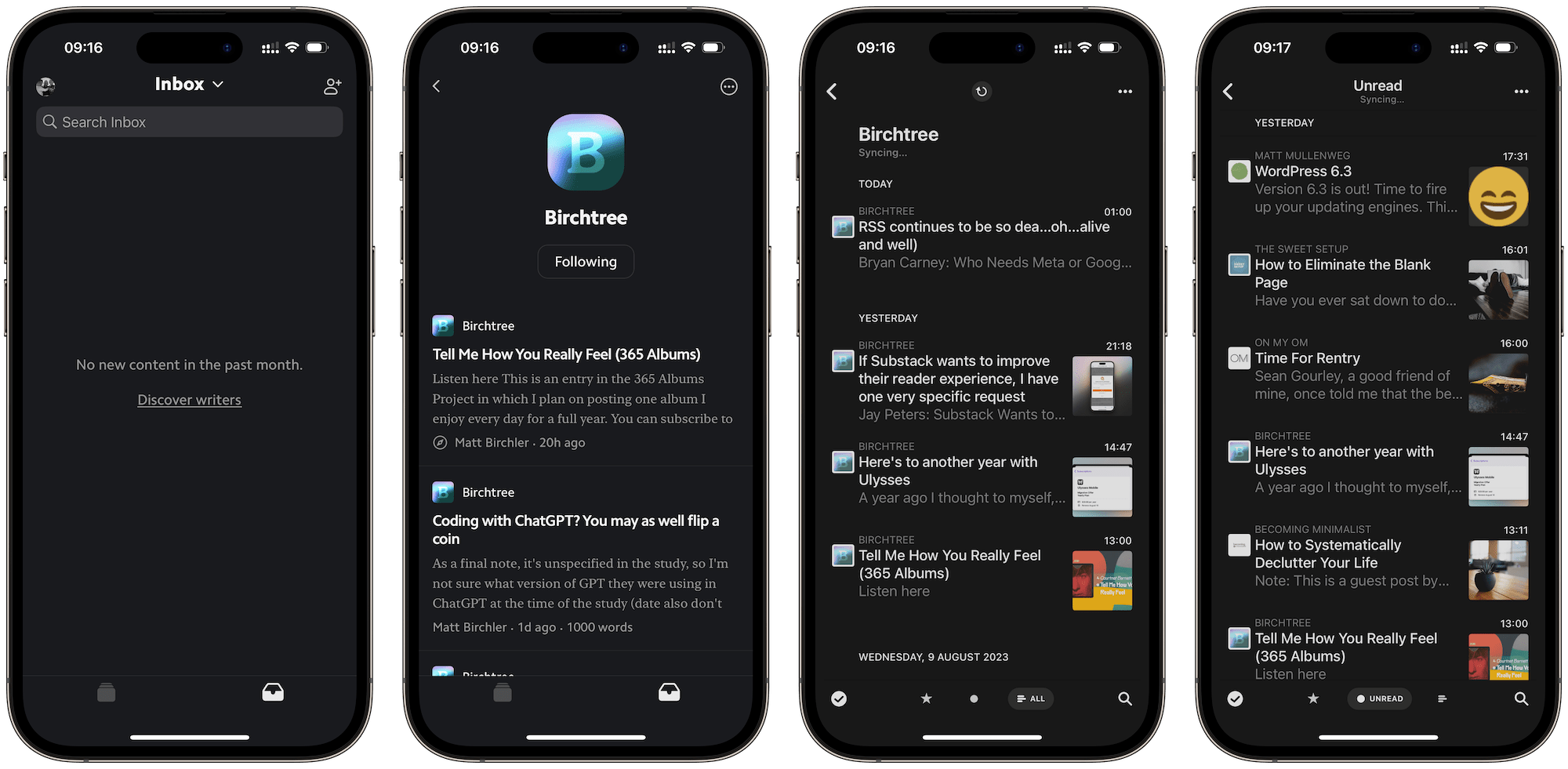
See the screenshots above, I am subscribed to Matt Birchler’s blog feed in both Matter and Reeder 5. These should be the same, yet there’s a stark difference with what is available for me to read. Despite flagging feeds all the time because I know there are posts missing, nothing ever changes. I realise that Matter does numerous fancy things by parsing all the web content etc, but this is more of a realisation that regular old RSS is best.
In a search to find a replacement, I went on a tour of all the services I could find or came recommended. Many built on top of RSS. Some offered seemingly extortionate ‘Pro’ subscriptions for finding new RSS feeds for you (yet only sticking to well-known websites). Even more of them offered me some kind of assistant to summarise the articles for me. Among all the investigation, I discovered something different – like my note-taking, the simplest path is the best.
If you want to build some fancy second brain and map your thoughts, or write notes until your fingers are numb, there’s a service out there for you. Yet, the two decade old idea of just subscribing to the RSS feed is often the way to go.
Typically, I enjoy peace and quiet more than anything else. By far, my favourite time is after everyone is fast asleep, and I can enjoy the dullness of the world. I am not aware of any sensory processing issues with my brain, I just don’t understand why everyday life has to be an assault on my senses, and I’d give anything to quieten it down. Thankfully, it only cost me £249.
I’ve theorised that this might be due to the world needing to constantly try to sell me something. I hate the needless background music in gyms, but it seems to spread everywhere. So much so that I have taken to wearing AirPods a lot of the time just to tune some of it out.
Noisy telephone conversations in coffee shops, dull background rumbling of vending machines, wherever it is, all I need to do is pop in my AirPods, and it all goes away. Despite this feeling like I’m mad at the world, this post is more to express my love of my AirPods and why.
These tiny white bits of genius (obviously other noise-cancelling headphones are available) are my favourite bit of technology I own. Not only do they help with quietening down the world, they also improve me hearing the things that matter. Apple has done a wonderful job of transparency mode when you need to hear the things going on around you, and the upcoming Adaptive Audio is a wonderful improvement.
There’s still the unshakable feeling that I am being rude by wearing my headphones, but I think the world is getting used to it. If teenagers can get away with it, so can I!
I am no stranger to writing about my life. My son and daughter often feature in blog posts, and sometimes podcasts! We have lots of struggles and I use my blog both an outlet and also a way to publicise this. One of our biggest struggles is with Lucie’s various disabilities but in particular her Epilepsy.
I also love raising money for charity through various crazy things, such as running 4 miles every 4 hours for 48hours! So this week two things in my life collided, and I entered the London Marathon to raise money for a charity very close to my heart, the Epilepsy Society.

Epilepsy stops Lucie from doing so many things in here life that it’s at times upsetting. She suffers daily seizures, and we’ve been through numerous investigations and tests to try to get to the bottom of them. All of which are really hard for Lucie to deal with, but she does it all with a smile on her face.
The way she deals with everything and still manages to light up so many people’s lives made it an easy decision to take on this challenge. I have been trying and failing to enter the London Marathon for years, but that doesn’t change the fact that it will be a huge challenge for me. It will cost me months of training and a lot of pain, so I’m asking for a favour in return as a reader and a friend.
I’ve set myself an ambitions target of £3000, and I need your help. I know times are rough and the cost of living is higher than ever, but if you can so spare just a couple of £/$/€ I will be forever grateful. If you enjoy my writing, posting, podcast, whatever it may be (and even if you don’t), please donate whatever amount you can to make a difference in people’s lives.
I hate this feeling. I’ve never had it before, and I never want it again. Some people call it the holiday blues, others feel it every week on a Sunday evening. Whatever you call it, I’m talking about that sinking feeling when you realise you have to go back to work following some time off, and it fills you with dread.
Generally speaking, I enjoy my job. I have an excellent employer and a good working environment, not many people can say that. I don’t dislike my job by any stretch, but I just don’t want to go back to normality just yet. I want to stay in my holiday bubble and live a life of sun, sea sand and little to no worries. Unfortunately, life doesn’t work like that.
I know in my rational mind that returning to normal is what makes vacationing and time off work so special, but my heart has different ideas. I know that I will return to an ever-growing task list, there will always be more work, and a wave of things that happened on my time away. Even though I was a bit sad, and answered emails while I was away!
My enjoyment of my working environment and the things I do has been replaced by the stress of managing a team with a gigantic workload. Thankfully, once the initial few days are out the way, things will return to normal, I am just not sure if I want this normal any more. It could be midlife, it could be holiday blues, either way I have to shake it off and get going anyway!
For a lot of the last 18 months or so, I have had two blogs. Since buying a new domain in 2021 I found my approach to writing became too formal. I spent too much time worrying about publishing and soon returned to a micro.blog at gr36.com. I would then publish personal notes, short things and whatever I wanted, but soon discovered it wasn’t the domain that made me lose my way, it was me.
Each time I made a concerted effort to write and publish more, I started to move further away from what I want my blog to be. It has to be about me. It needs to revolve around my thoughts about topics and, more importantly, be about what I get up to. I am sorry to say that over the last few months I haven’t been doing that. I’ve fallen into the trap of writing rather than blogging. Although my posts are littered with personal writing errors, they are still more about being a brand than being myself.
My blog feels more like a website than a personal representation of myself. More so than ever before, I want the web to return to pockets of people posting things about them, and to push for that I need to do it myself. My blog is my place to not just publish my blog posts, buy my photos, my updates, and everything else that would typically be on ‘social media’ – becuase that is precisely what it is.
A personal place to post.
A walk around Torremolinos old town.







A short walk to get some food



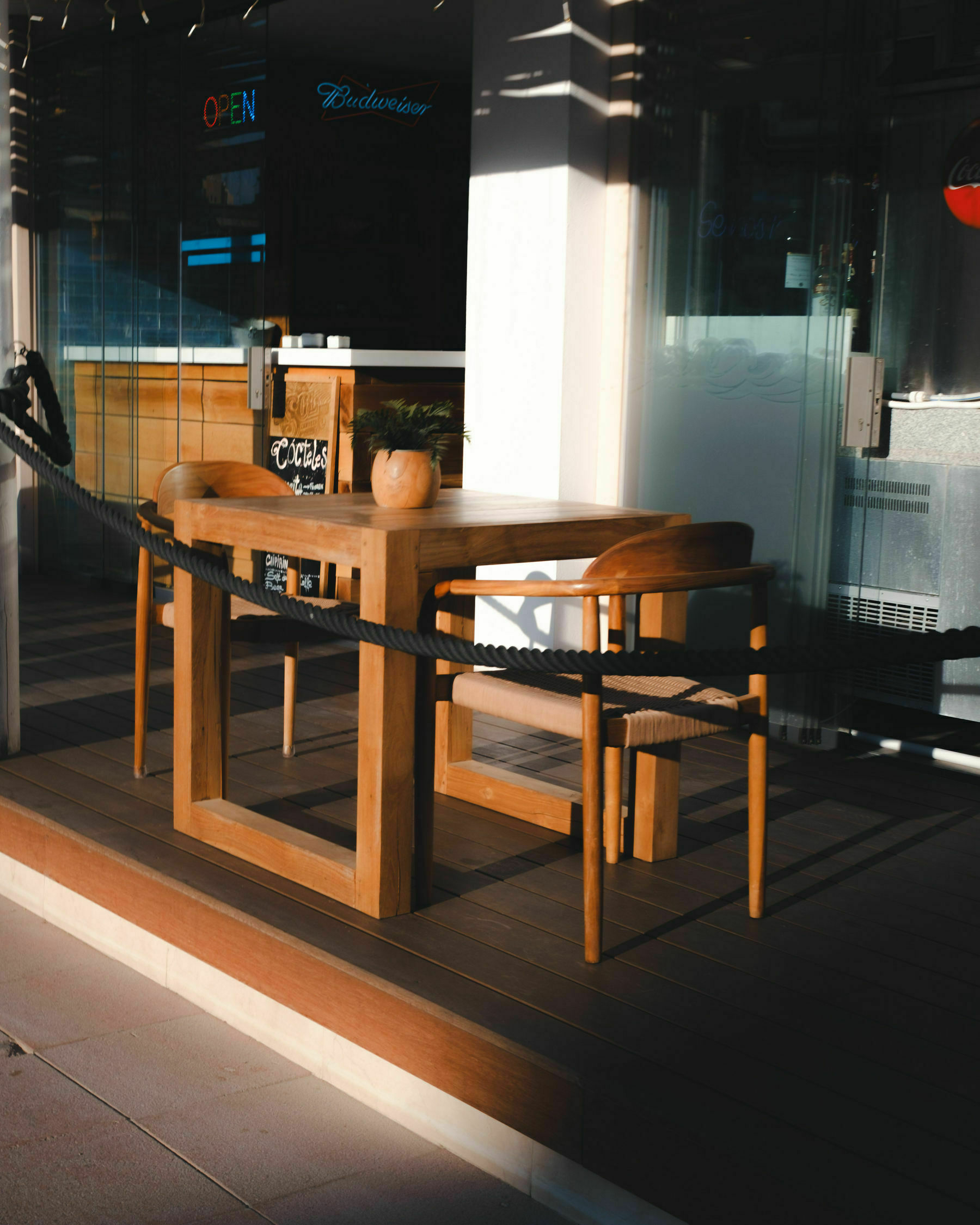
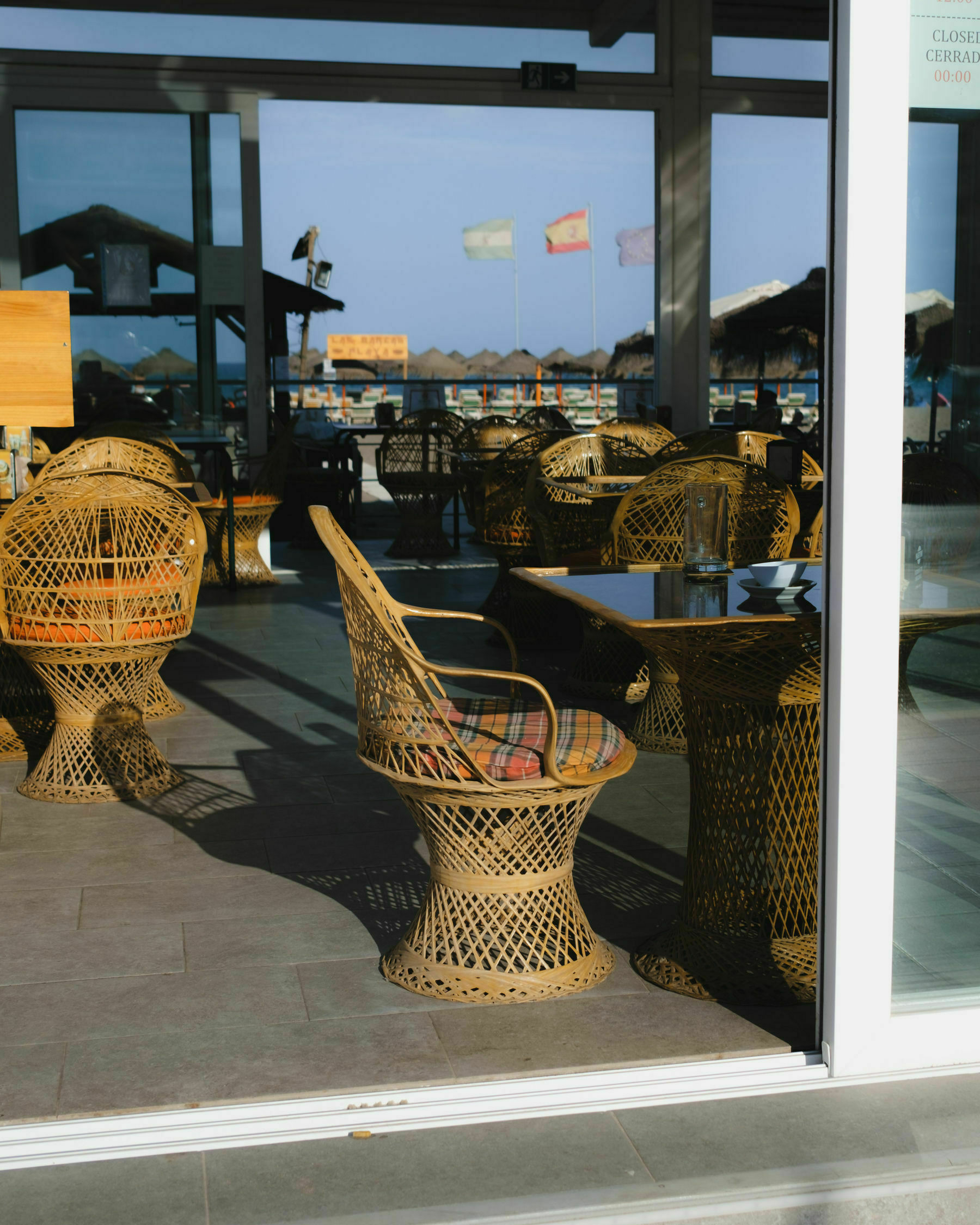
When rumours started to appear that Meta, of all companies, were working on an ActivityPub based social network, I was sceptical. I’m a massive fan of the protocol since retreating to micro.blog as my only social interaction in the middle of last year. Meta putting its stamp on some IndieWeb underpinnings could mean so much for networks such as Mastodon, and could mean that social media companies were finally being more open.
This is just something companies say. Marketing spin to ride on the coat tails of the hype surrounding the influx of Mastodon users, and wouldn’t actually be the case come launch day. If Meta really wanted to do something like this, surely they would put it into established apps like Instagram first. It was a confusing proposition to have this huge ad company, used to locking everything down and maximising eyeball time, adopt anything open. I didn’t buy it.
Months later, Threads appears in a rush, following a few weeks of drama on some Mastodon servers calling for de-federation. Surprise, surprise, with no ActivityPub support – but Meta does seem invested in implementation. There are still some doubts, that have grown following Threads mass adoption, but the conversation by Casey Newton and Instagrams head Adam Mosseri on Hard Fork convinces me that ActivityPub is in their near future.
By making it easy to follow other ActivityPub accounts, they not only open the service up to more users and more content. They also make it easer to move elsewhere. That’s a huge advantage to someone like me who plans to retreat to his ActivityPub blog once all the fuss is over, but also for every other user. Don’t like the way Threads is run, get tired of the algorithm thirst trap, or just want to expand your brand further? That’s easy with ActivityPub. You can move to a different server and still access all the content being posted on Threads.
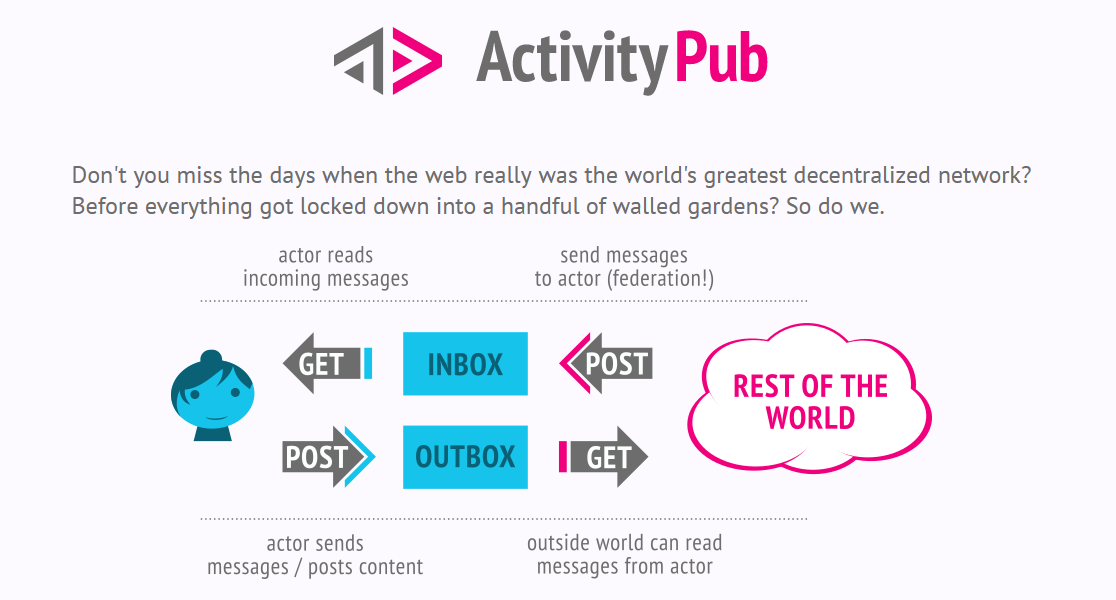
I am not naive enough to think this is for completely altruistic purposes. The cynic in me can point to numerous advantages to Meta for seeming to embrace an open standard. Account portability means that any negative press or possible legal action over algorithmic feeds and so-called shadow-banning can be combatted with the fact users can move. There’s no argument against ‘de-platforming’ someone, as ActivityPub makes it easy to pack up your account and leave.
Meta also has the opportunity to turn Threads into what The Verge referred to as the blue bubble of ActivityPub. You can build on top of the standard, allowing your specific service to have extra features, but also syndicate everywhere else. Making Threads more attractive to people seeking those features, perhaps such as deep integration with Instagram, but not being restrictive. The downside of this, of course, is that you can only show ads to your users, but that might mean Meta has to work on providing a platform people want.
Whatever the motivation behind ActivityPub, it doesn’t negate the fact that openness is solving big issues for social media platforms. ActivityPub’s integration is best for both parties and solves massive issues, and does it well. Being able to move your content from platform to platform is the dream of an open web, and if that works out best for indie blogs and social media corporations at the same time, that’s great for everyone.
Meta rushed out its Twitter competitor come rip off due to the current rate limit disaster going on over there, and everyone rushed to try it out. The combination of a vast number of people using it, increased moderation efforts and hype around ActivityPub integration met in a perfect storm of interest that meant tens of millions of users flooded in. I was one of them that jumped on the Zuck bandwagon, and I’ve got some conflicting thoughts.
I downloaded that app when it was launched. In fact, I was that sad I pre-ordered the app a couple of days before. Not because I was excited, but I was pretty intrigued to try it out, as I do with most new apps with significant hype around it. I don’t really want to get involved with a Twitter replacement, but I enjoy kicking the tyres on most things just to see what they offer.
Only a matter of minutes after porting my Instagram account data into Threads, I was deactivating it and deleting the apps. The homescreen was filled with clout chasing ‘influencers’ spouting all kind of drivel that really wasn’t what I needed in my life at this point. I had escaped one hell site that I was moderately addicted to, and just the thought of using Threads gave me horrible flashbacks. For a few hours, anyway. I read some posts, listened to some thoughts and a few messages exchanged with other people using Threads, I logged back in again.
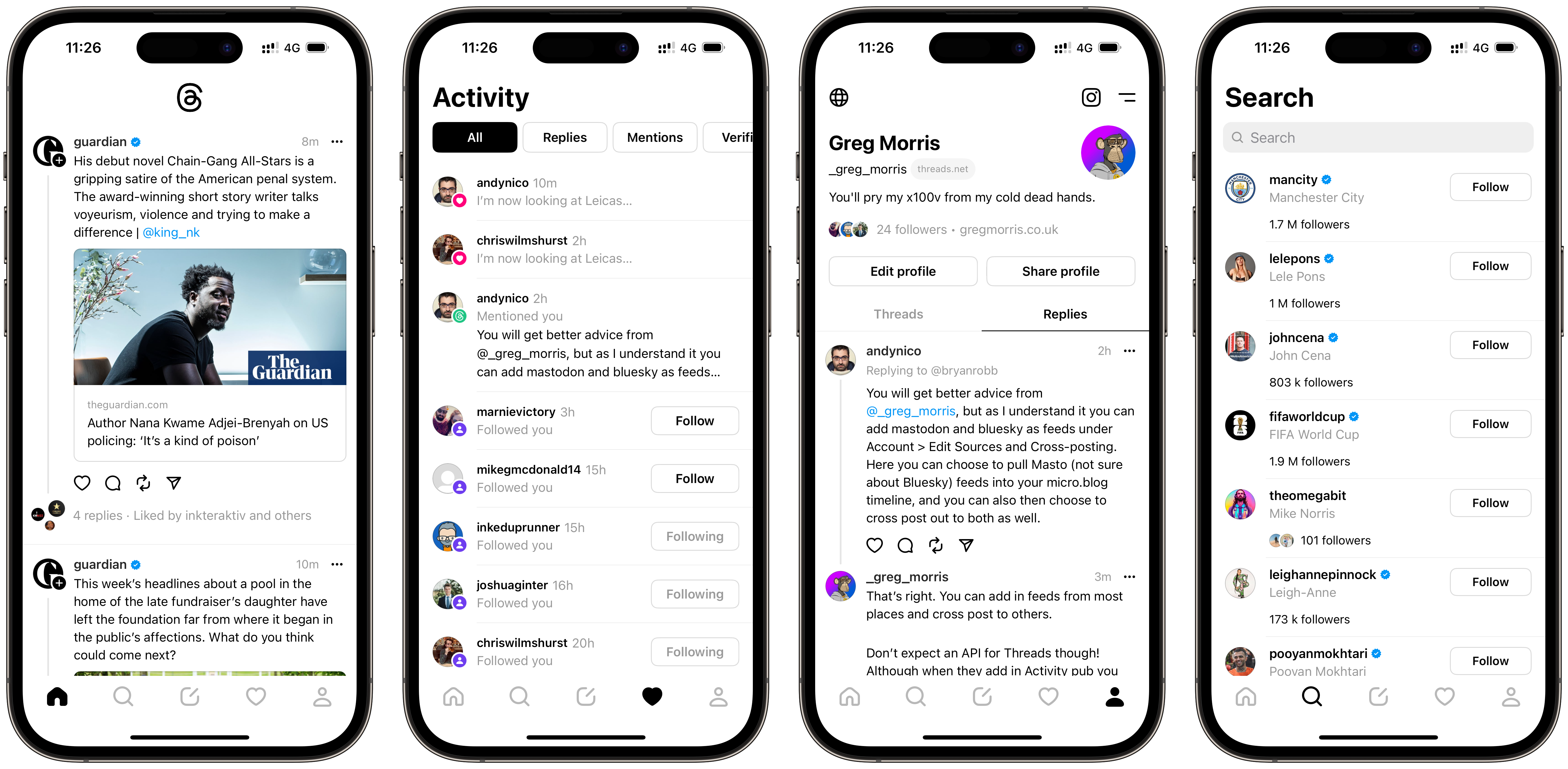
In my haste to get away from the service, I had unwittingly deactivated my Instagram account too. Meta are unable to untie the two once you’ve signed up (something they claim to be working on a fix for). So, I am actually thankful I logged in again. This time around I followed a few more people and began to realise the benefits of the service. Don’t get me wrong, the thirst trap algorithms are still turned up to 11, and I hate it, but there is a benefit to having many people you want to follow in one place. Threads mixes my worlds together with Photographers from Instagram, tech people that never Twitter and also friends that never ‘got’ Twitter but were pushed toward Threads from Instagram.
Reporting suggests that Threads was rushed out at least a couple of weeks before it was ready, and even at that point I think it would have been an MVP. Meta has thought about the important things such as muting and blocking, but the edges of the service are more than a little rough. Including the inability to attach photos without the app crashing. Something initially blamed on iOS17 betas, but is also plaguing Android users.
It is hard to know if the terrible experience on the main feed is to combat a lack of content and users (usually referred to as a cold start). I hope that it will be turned down once the user base is high enough. However, it is quintessentially Instagram in the sense that it shows you people you follow first and then quickly ramps up the influencers posts. The app takes on the annoying approach of showing you a glimpse of an interesting post that then disappears once the app loads, never to be seen of again.
Head of Instagram Adam Mosseri says that a chronological feed is “on the list” but how long that list is who knows. Given the app’s tendency to not only crash but log you out in the process, and the lack of any web app, I would say that list is pretty long.
I absolutely hate this idea that platforms are only as valuable as the traffic they provide but it is true most of the time. Users flocked to Twitter because it was the place to be, provided up-to-the-minute news, and for publishers it provided access like never before. All of a sudden, you could see what people were up to, and at the same time drive traffic to whatever it was that you were producing. Rapidly working its way into journalists' lives, as well as publishers bottom lines.
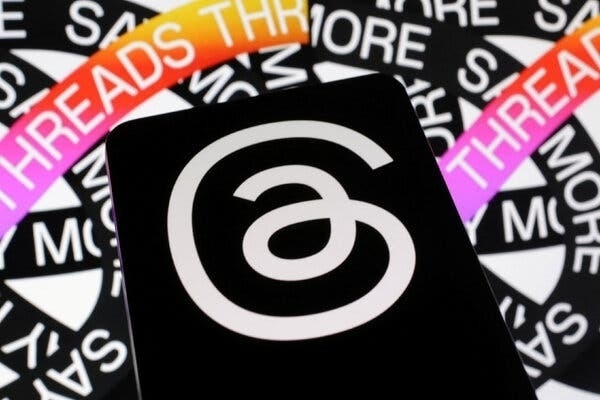
The same could be said about Instagram. It provides access to even more people of note, albeit through an airbrushed and filtered lens. Users can show off their best life, showcase their work and influence the purchasing decisions of more than a billion people. What Meta are really good at is recognising this and maximising the results in their favour. They don’t care what you post, only that you are posting and consuming as much as possible. It is social media manipulation in the most obvious sense – and I hate that.
Threads is also a pretty nice place to be. If you can mentally filter out all the noise, that hopefully will die down in a few days. Currently it feels as if we have all realised that Twitter was wrong on so many levels and want Threads to be a nicer place to be. I have no doubt that tools, dunking on people and attention seeking will come, but Instagram have promised that their moderation efforts are aimed to make Threads a pleasant place to be. However, Meta doesn’t exactly have the best track record and may already be hitting issues.
Ultimately, I am conflicted. I know in my heart of hearts that using a product by Meta is the worst social media decision. Even if it appears that Meta is the better of two evils, it is still evil and nothing can change my mind on that given their history. However, I am actually enjoying being able to interact with more people again. I am catching up with people that I haven’t followed for a very long time, and that is great. I see myself diving in a little until Threads introduces ActivityPub – at which point I will probably divert everything back to my blog.
I am excited for a time when I can take part in the discussions happening on Threads, but not have to use the service or their terrible app. Let’s hope this doesn’t take too long but I have a feeling it might not be this year.
One of the biggest complaints I had at the time I chose to remove the iPad from my workflow was the constantly changing nature of it. Each time Apple updated the OS they slightly changed, or completely revamped, the way multitasking and other things worked. When you use and rely on something as much as I did my iPad, it gets frustrating quickly. Unfortunately, they have now done it to the Apple Watch, and I’m pulling out what little hair I have.
I am aware it beta software, so everything could change, but watchOS 10 changes the core functionality so much that I doubt it will all of a sudden roll back these changes. This isn’t uncommon for Apple either, way back in 2017, I was frustrated at the inconsistency on what a swipe does on different iPhones. Now it is my muscle memory that has been forged by many years of having these things strapped to my wrist.
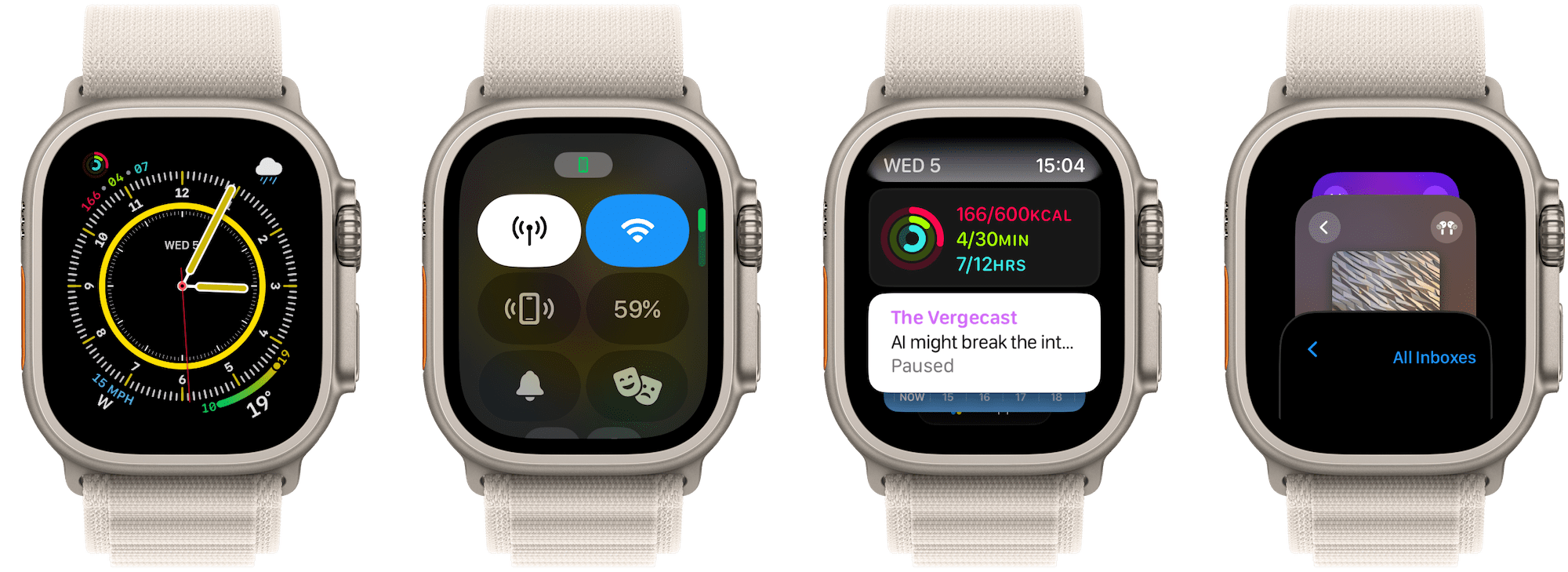
I don’t even dislike the update, a lot of it makes sense, it’s more of the jarring UX change. I keep swiping up from the bottom of the screen, something I have done thousands of times to access Control Center, and it now shows me widgets. Widgets that, excuse me for being an old man shouting at clouds for a moment, I have absolutely no need of!
I fell in love with the Apple Watch, much like I did the iPad because it was simple. It did exactly what I required. Told the time and gave me the health tracking needed. Now I just feel a little out of touch, as if it is watchOS 1 and Apple thinks I am going to send my heartbeat to other people again. I hope that watch OS doesn’t suffer the same fate as iPad OS and forget exactly what it is, and how simple it should be.
Accessing the dock of apps is now double press the crown, and turning it also accesses the aforementioned widgets. I like change, I love change for a reason, but this feels like change for change’s sake. The new animations do look nice though!
It is pushing on for a year since I wrote about my all in use of Apple notes. That was about a year into my journey that started with numerous moving backwards and forwards in note apps, and ended with the realisation that the app that was built ring into my phone was the best one. It was the one I used the most, the one I relied on, and the one that delivered the most consistent experience. With iOS 17, the app is just about perfect for my use, and I bet that would be the case for most people.
Listen, I love my notebooks, I carry them everywhere and love writing in them – but nothing beats digital notes for surfacing things. My Field notes is my inbox of sorts, it contains all the mess and fleeting things that come to mind (as well as all my scribbles). My enjoyment of them is purely tactile, and I fully understand that digital notes can be far more useful to keep, so I exist in this wonderful word of writing notes and then typing the important things into Apple Notes.
I digress slightly, but I guess this gives you a good understanding of where the thoughts contained in the post come from. I have never been convinced that Apple notes was ‘perfect’, it was just the best option for me and most people. It lacked some simple things such as block quotes, and even making links on iOS was overly complicated, but iOS17 solves most of these little faults, and now it’s mostly perfect.
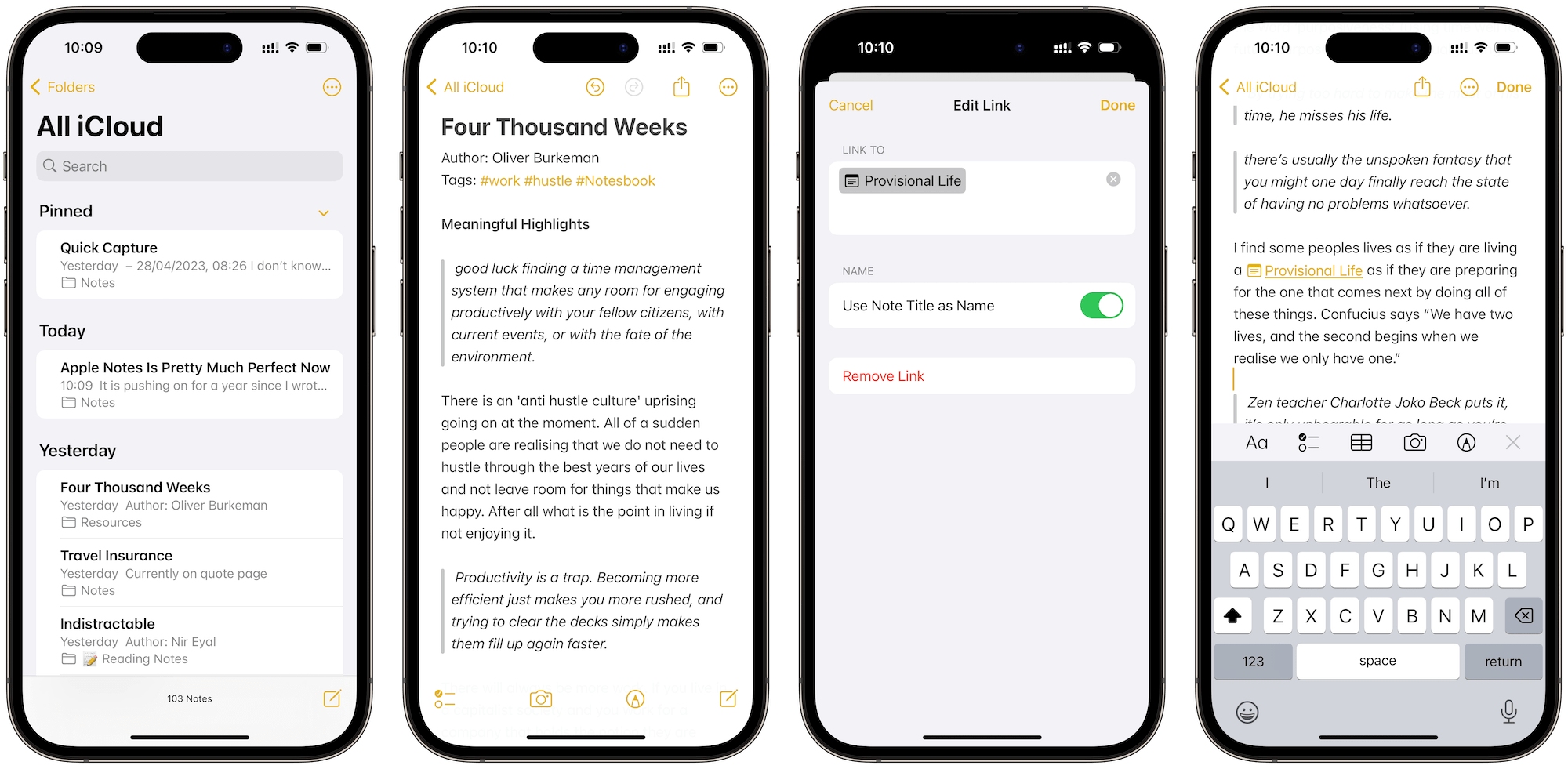
The biggest update to Apple Notes is linking between notes easily, and it’s not an exaggeration to say Apple absolutely nailed the implementation. You can tap link and just type out the name of the note you want to link to, there’s no double bracket or back linking bandwagon joining, it’s simple, elegant and exactly what is needed. You’re not going to start a full PKM with Apple notes, but I would make the argument if you really need to anyway.
Couple this with improvements to not only the styling options (hurray for block quotes) and also the easy you can do these, makes Apple Notes a serious note app for almost everyone. I had started writing most of my notes into Bear Notes until updating to the iOS17 beta and seeing most of my issues solved. It doesn’t have as many customisation and export options, but most of this can be solved with Shortcuts if that’s your thing.
After about 3 weeks of use, the app is fast, fluid and provides one of the best stock notes apps I have seen. I’m as shocked as you are that Apple actually cares about its apps, once iOS17 comes out you should try it out.
I’ve started reading Jason Sinek book Start With Why and like most books of this ilk it’s tough getting through all the repetitive cherry peaked examples and struggles to get to the point. It suffers from the modern problem of a book that could and should have been a blog post.
The idea it covers do help with loss of things though. It talks through the importance of communicating why you do something or why you have created the things you do, first. It does this in a very business centric way, it’s a business book after all, but it also applies to everything you want to do, even if you are communicating it just to yourself. Something I started thinking about it after watching a Maurice Moves video a few months ago.
In it, he discusses the things he writes in his notebook and a few tips about productivity – sounds like my kind of video doesn’t it! However, it is very different from most others about this subject. He plans everything in his notebook, including his desires and motivations, and by writing these out he gains a new perspective.
By being clear about the ‘why’ of what he wants to achieve, he quite often finds that the ‘what’, or the results, he would like to achieve is not always what he defines at the start. Sound confusing, let’s look at his example.
He started his YouTube channel, wishing to get to 1 million subscribers. When asking himself why he wanted this goal, it was so he could monetise his videos well and earn enough money for this to become his ‘job’. By clearly defining the ‘what’ and validating this through asking ‘why’ he discovered that the perceived result of wanting subscribers, is actually a symptom of the actual desired result. The actually desired result was creating enough revenue to live from, which has nothing to do with channel earnings, it is merely a symptom.
As Alan De Botton puts it “it’s bad enough not getting what you want, but it’s even worse getting to the end and realising it isn’t what you wanted all along”. Don’t fall into this trap and start asking why, to everything.
It has taken me decades on this earth to realise that I need to spend more time processing the trauma that I experienced. No one did anything bad to me or anything, but I think everyone has this period when growing up where you realise that life in the real-world hurts quite a bit. It’s a natural progression, and the worst thing you can do is run away from it.
This isn’t a sob story, but the fact is my parents were not very nice to me. One left when I was a baby, and I have seen a handful of times since. The other may as well have left because they threw themselves into working and ‘providing’ that the distance between us was insurmountable. I was effectively raised by my Grandparents, particularly my grandfather, and both of them are no longer with us.
I think everyone has some kind of tale to tell about their childhood. You can come from the nicest, most caring family in the world, but you will have something that stands out in those myriad of great experiences that shaped you into the person you became. The people who deal with it the best are the ones that face it, deal with it and move on – I did no such thing. I self-medicated.
Not in the literal sense. The masking of these sots of issues can come in many forms, and inebriating yourself is only one of them – if admittedly and very popular one. If you look at the currently emerging generation, they are choosing to hide away from the world and live out as much of it online instead. To Self medicate their worries and fears by hiding behind anonymity and block lists with the goal, as Freddie deBoer put it, to live out in infancy forever.
I decided to self-medicate myself with busyness instead. To constantly be working on something and make sure I spend as little time as possible with myself. If worrying about doing something was an olympic sport, I would be up there with the best. I couldn’t sit still, I had to be something and to prove to everyone, and me, that I was good. If my parents weren’t concerned about my enough to show me love, how could I love myself?
This all sounds very hyperbolic, doesn’t it. That I’ve blown everything over the top and the adolescent search for attention. That could be true, if it were not for the fact that I didn’t realise this until decades later. In fact, only in the last few months have I processed all of these feelings, prompted by the remarkable book Four Thousand Weeks by Oliver burke. There are so many things to take away from this book, but the part discussing work by psychotherapist Stephanie Brown, who had a practice in Silicon Valley in the 90s, hit me hard.
Her researched showed me that I was not alone in feeling the restlessness that constantly bubbled away deep inside me. These feelings are a form of self-medication and indicated I was doing everything I could to not feel something else. Not being able to sit still, rest or enjoy a basic activity is a defence mechanism against being alone with myself. In the same way a drug addict may be distancing themselves from the world by impairing themselves to deal with difficult emotions, I was doing the same with tasks. I enjoyed being busy so much because my brain was afraid of what would happen when I stopped.
The constant hustle got me absolutely nowhere. Even though I have achieved plenty of things, I didn’t become a millionaire. All I got was obsessions bordering on neuroticism. Thankfully, I learnt to deal with difficult things and became aware of my mind hiding things from me. Learning more about myself and becoming a better person in the process.
When I sat down to watch this year’s WWDC, Yes I am that sad it’s a bit of an event I sat down to specifically watch, I was already expecting the worst. Very few details had leaked about exciting updates to iOS or macOS, but there were leaks aplenty about the upcoming headset. I don’t like computers on peoples faces, and Apple did nothing to persuade me otherwise.
What it did do is create a buzz around VR again, and make sure that Apple didn’t miss the boat. Both technologically and conceptually, the Vision Pro is already a success for Apple. I have no doubt that the device, even one that starts at $3,500, will be amazingly built. Containing numerous advancements and more than one breakthrough technologies. Yet in my heart of heart, I am conflicted by this device.
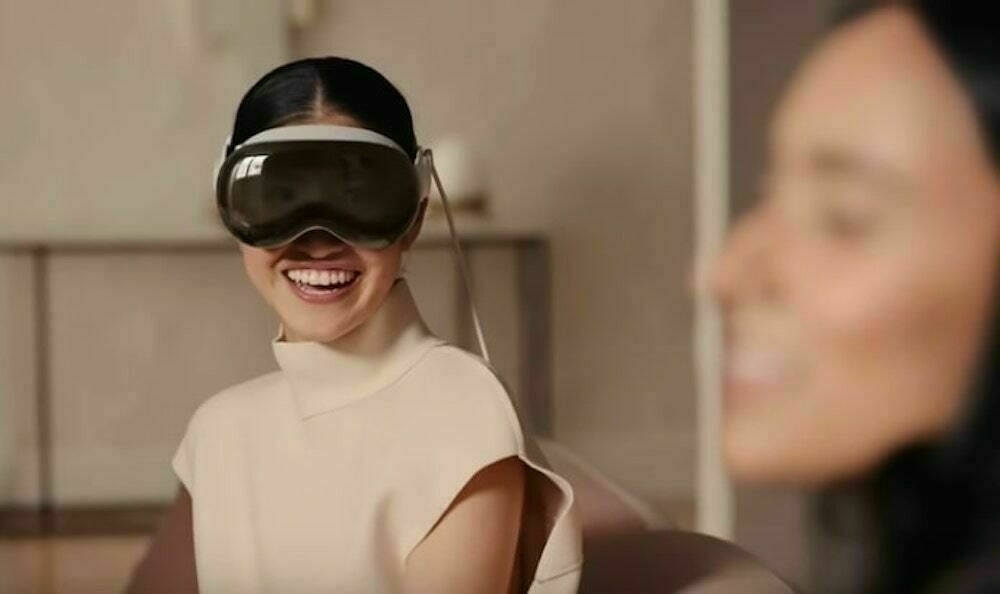
The overly airbrushed demos showed a world that simply doesn’t exist. Without mentioning that most of the videos appeared to be CGI, the concept Apple tried to create missed entirely. Whilst I expected the Vision Pro to be marketed heavily to creatives, the ability to interact with a massive screen anywhere you like is appealing, I didn’t expect the Black Mirroresque dystopian predictions. The vision of eyes displayed on a screen, so people know you can see them, genuinely made me shudder.
At the same time, I was also blown away by the device. The same dread filled eyes are a hint that Apple has thought about users being in a world of their own, and also the wider issue of people around you knowing they can be seen. This is Apple business 101, wait and see where a market leads to and then produce a device with its users in mind. Once it goes on sale, there will be no questions about the way the device works or that it delivers on the promises made.
Perhaps some of my worry comes from the rousing blog posts and YouTube videos crowing about how good it will be. There’s far too much tech bro web3 weirdness going on for my liking. Anyone that expresses concern or, god forbid, thinks the whole thing is a bit silly, is met with “you just don’t get it” type replies. I do get it, I thoroughly understand the device, the promise of spacial computing, I just weep a little for the world it might create.
I say might because I am just not convinced that the world conforms to Apple’s make believe world. I’ve never done half of what Apple seems to think people do with their devices, and I can’t see a world where people put massive goggles on to watch a film, at home, alone. Sure, it gives you a much more immersive experience where you can drown out everything around you, but is that really what is missing from our lives. Perhaps it is, and I am just an old man shouting at the clouds.

The thing about my strange melancholic feelings about the Vision Pro is the unshakeable feeling that maybe I am wrong. Perhaps people will strap something on their face to watch films, or record the world around them, or entertain themselves on a plane journey – and I am just a bit sad about that. Charlie Warzel summed this up perfectly when talking about the Vision Pro being the perfect device for the Apocalypse. He wrote “a future in which people with enough disposable income can retreat from the physical world into the gated-face community of a 360-degree iPhone screen” and it scared me.
There’s no preaching here. I use my devices to death, despite my desire not too, so I am not on the outside looking in. More on the inside looking out, desiring a simpler world with less intrusion and distraction but accepting that the world is not mine to mould. I could see the advantage of something like Google Glass, that overlayed information onto your world. Perhaps even Snapchat Glasses or Facebooks Ray-bans for being device free. To a certain point, I can also see the benefits of the Vision Pro for some demos Apple used, such as working on a large screen in the office, but the rest of it is just weird.
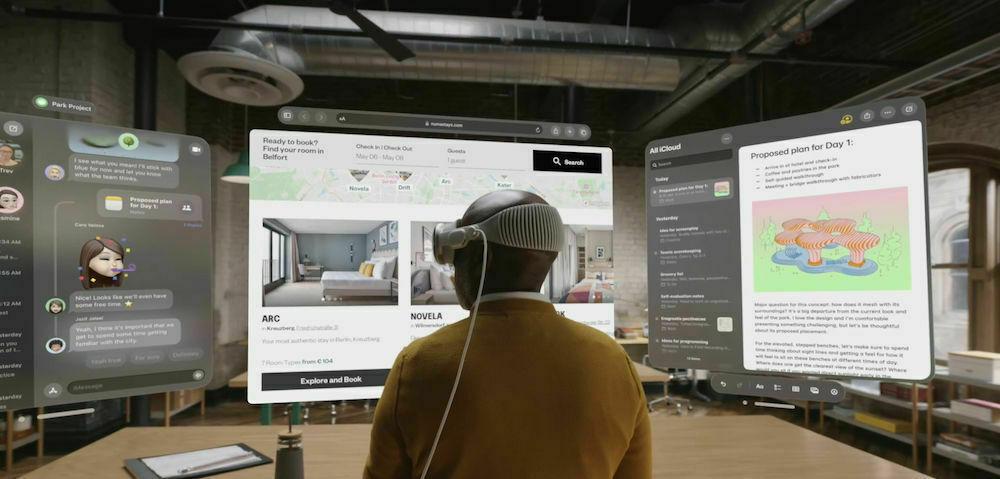
For the first time in a long time, we are introduced to a new computing world. I genuinely understand the excitement that I see in the tech world around me. I get it. You are not wrong to feel that way. I just think it’s been over sold and there will be many people who feel some very strange emotions after buying this device, and not just from the motion sickness.
In modern times we have grown to rely on them, but starting with the first device to run them we’ve had a strange relationship to apps. No more so in the world of iOS, that for many years clung so rigidly it the ‘tap square, open app’ mentality that every single facet was sandboxed away from the other. A strange way to deal with things given that our whole lives are now on smart devices. Perhaps with iOS17, we are finally seeing what applications should have been from the start.
Here’s the thing. Apple’s approach was the best approach when devices were tiny, underpowered in both processing and battery departments, devices that were more of a novelty. In a world where 6.92 billion people rely on a smartphone, it starts to get a little silly. Why doesn’t my calendar app talk to my to-do app? Why doesn’t my sometimes smart voice assistant add content to my app of choice without vocal gymnastics? It’s time to reconsider what an app is?
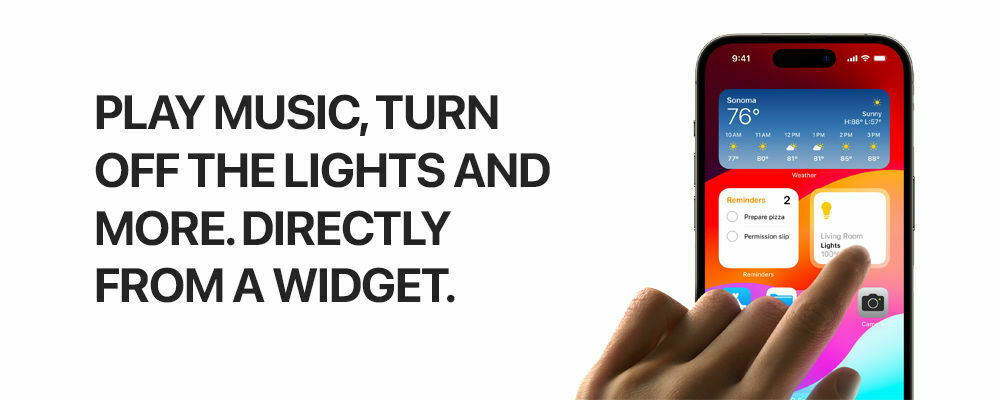
The latest iteration of iOS, version 17, scheduled to roll out to users in September, introduces interactive widgets. A large advancement on the idea that apps shouldn’t just exist behind squares on your homescreen. Or app library, or whatever it’s called this update. You should, in fact, be able to interact with the features of an app outside the confines Apple usually places on them – it is almost as if they get it now.
Once I choose to install an app on my device, it should be able to interact with my device in whatever way I see fit. My device shouldn’t be set up to work with some apps better than others, or dictate to me what apps I have to have on my phone. If I ask Siri to remind me of a task, it should put that task in whatever app I want it to. Instead of jumping through all the linguistic hoops I have to currently. Anyone who has asked a simple command like “Remind me to call John tomorrow at 5pm in Todoist” knows that no-one in their right mind pronounces it Tod-oh-ist.
Apple, and any smart device maker for that matter, needs to stop forcing things on me that I don’t want and listen to what I do want. Perhaps I want to use Todoist as my reminders app, Bear as my notes app, and WhatsApp as my text and video call app. iOS should get out of my way and allow me to do so, with the relevant checks for privacy and data access, of course. What’s the point in taking all of these wonderful applications that I can install on my phone and hiding them away behind an icon, an app should be part of my phone and the way I use it.
It seems like the WWDC keynote was only yesterday. Well, it was, but I’ve been playing with iOS17 ever since, and found numerous little things that were not spoken about in the keynote, so I thought I’d point them out here. Also, I need to sleep now.
Listen, I love Apple notes, but there are a few things that are lacking to make it great. Unfortunately, Apple never seemed interested in its stock apps until the last few updates, and Notes once again gets quite a few teaks in iOS17.
They spoke about PDFs and improvements to mark up, but Apple Notes also features the ability to link notes together. It’s not quite the double square bracket easy linking that modern notes apps seem to love, but it helps bring some PKM style linking to the best notes app on your iPhone.
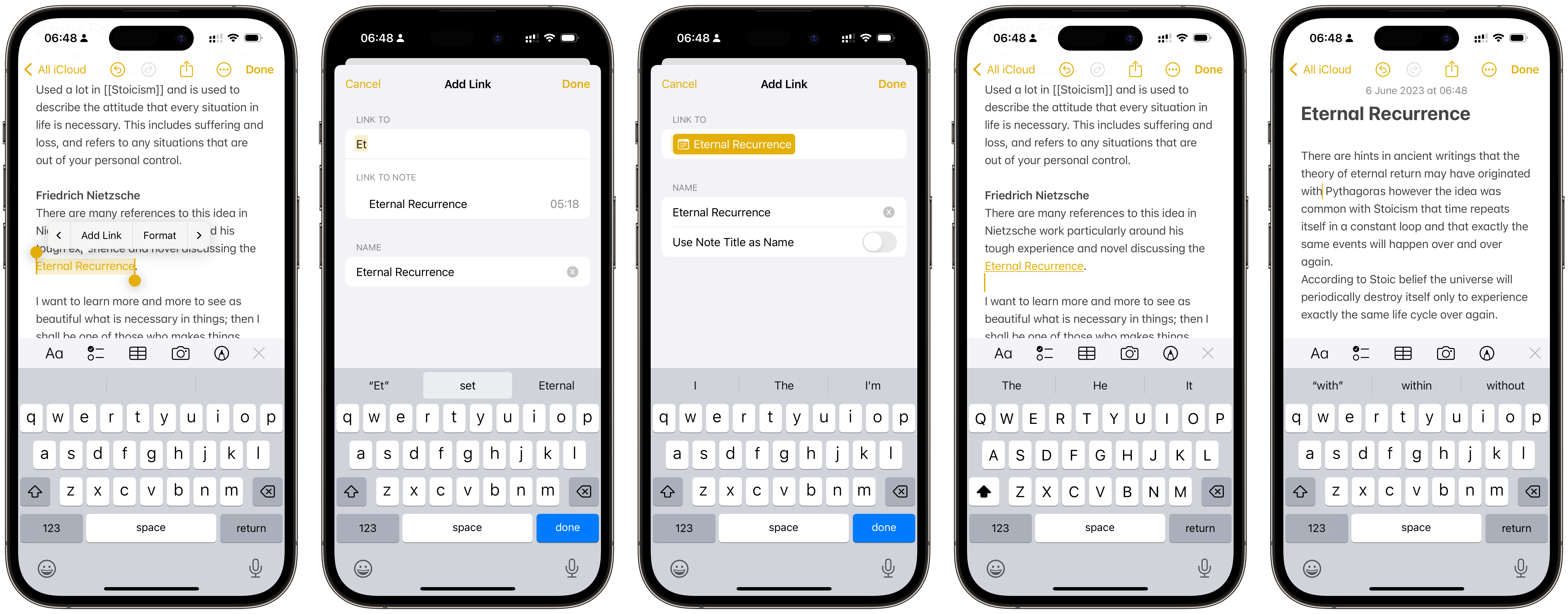
Also improved is the ease of selecting styling options, with everything available under a floating add button. I’d like to see adding a link available here too because using the text selection options is a little awkward, but at least things like indenting and font styling are easier to get to. There’s even less reason to use anything else.
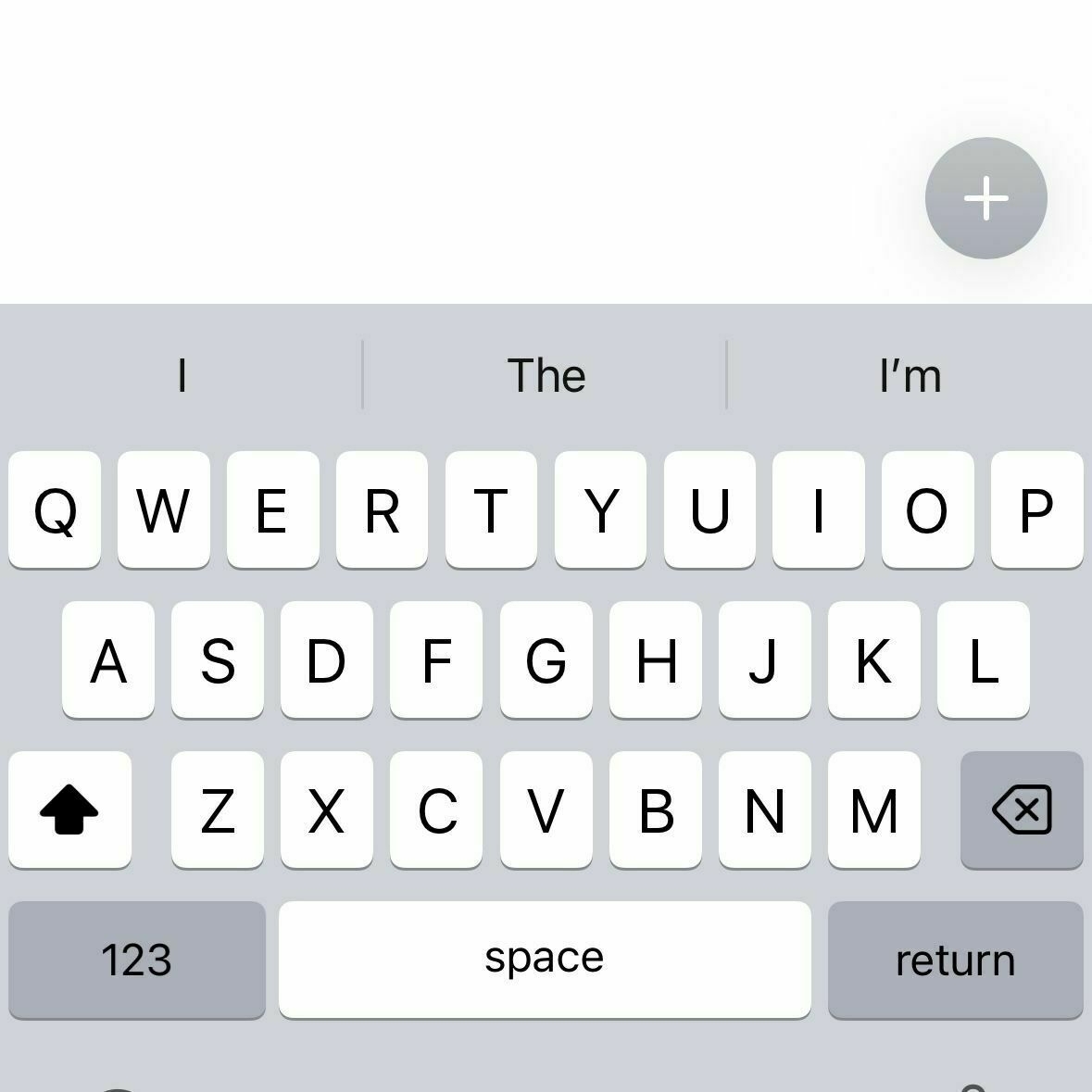
Apple mentioned interactive widgets on iPadOS17, and thankfully they are also in iOS17. The Reminders one shown piqued my interest to see if there were any other improvements, and thankfully there are. Reminders has always lacked that little something to really snatch usage away from to do apps, but this might tip a few over the edge.
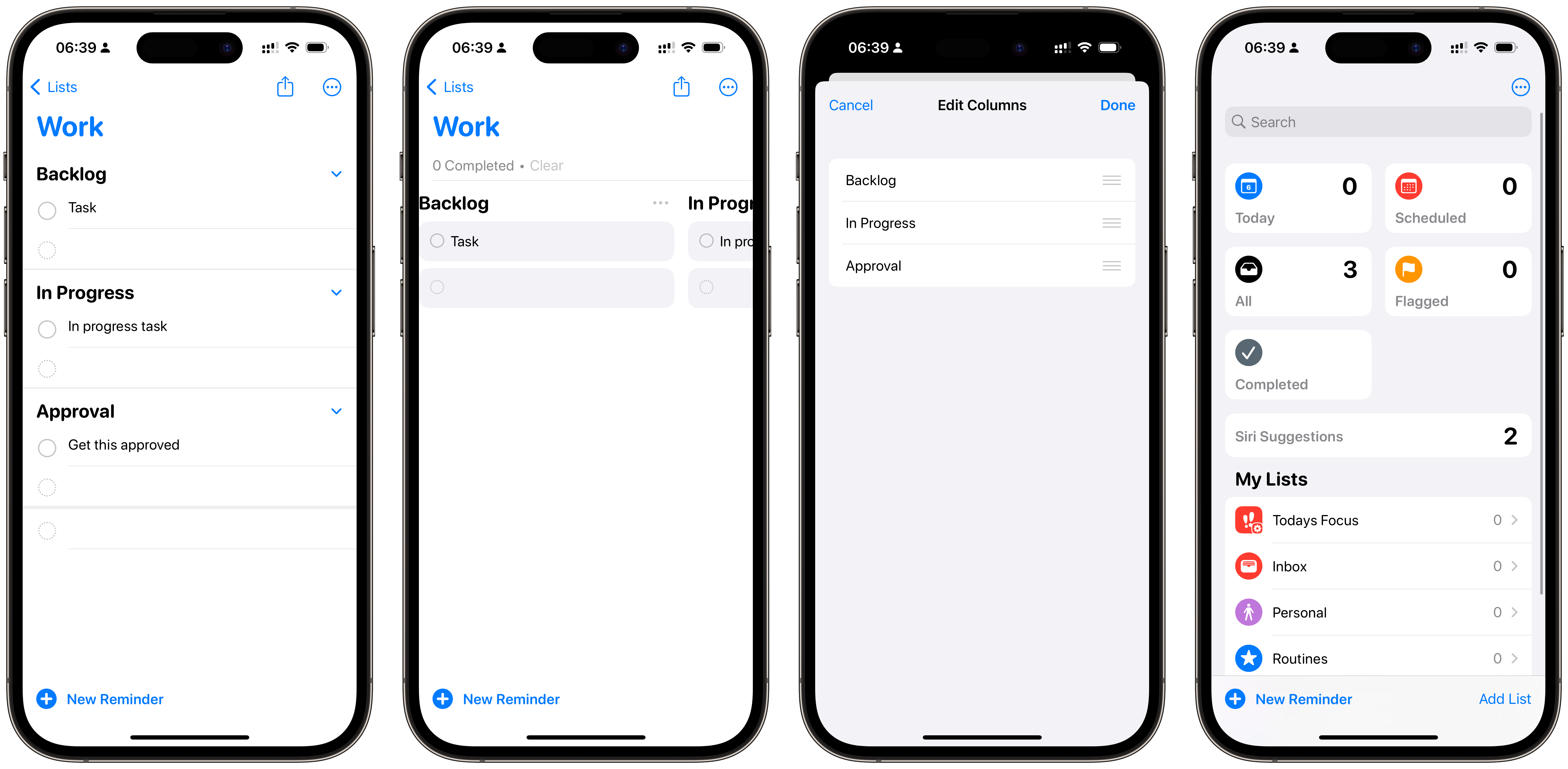
The stock Reminders app now features the ability to add in sections to your lists and also manage them in a Kanban style. Of course, they never call it that, but the ‘columns’ layout found behind the three dots reveals the same functionality. The ease of adding and editing columns needs some work, but this style of to do management could remove a lot of reliance on third-party apps.
Once again, the iOS update is nothing revolutionary, it introduced lots of little updates that will improve usage. I keep stumbling upon little tweaks that should really help me, so I will keep posting them – follow me through activity pub greg@gr36.com.
For quite a while, I’ve had this feeling that my system of writing notes in my notebook was needless. That I was writing too many things down, and generally speaking, I didn’t refer to them. Which meant that my practice was a waste of time and energy. That was until I experienced someone else looking for something they had written down only a few weeks ago, and I instantly felt better about my system.
Once I heard the words “what app was I using then” I knew the chance of finding that information had drastically reduced. This is not a post about belittling anyone, it’s more about my realisation that too much complexity ruins everything. Multiple blogs, apps, and anything else where there is a question on where to put ‘it’ means you’ll have a harder time finding it when you need it.
I always opt for the simplest path. The one that stores everything in one place and removes as much cognitive energy as possible. We’ve all had to turn the house upside-down trying to find something you kept safe, but you can’t remember where, and the same is true for information you want to retrieve. It doesn’t matter if it’s a digital thing, or a physical thing, if you don’t know where you put it, you stand much less chance of finding it.
This way isn’t easy. There’s always a new fancy app launched, with a whole heap of paid influencers telling you how great it is (until they move to the next one next week). There are always questions about digital calendars, notebook, apps and everything other place your stuff can be stored. Ryder Carroll, the person behind Bullet Journaling, says “the more apps, the more apps” and this simple mantra should be your guiding light.
The more complexity you introduce, the more questions need to be asked at the time of storage, which leads to less chance of it being useful in the future. The more thinking you need to do, the more chance you’ll either not bother or never find it again. Whatever it is you are trying to save will fall through the gaps, never to be seen again.
Nilay Patel for The Verge:
We live in an information ecosystem whose design is dominated by the needs of the Google Search machine — a robot whose beneficent gaze can create entire industries just as easily as its cool indifference can destroy them.
This is exactly correct. Every website must conform to their standards, bow to their non-disclosed algorithm changes. Google not so much shapes the web, more smashes it into its image.
All those bold subheadings in the middle of articles asking random questions? That’s how Google answers those questions on the search results page.
Searching the web for information is an increasingly user-hostile experience, an arbitrage racket run by search-optimised content sharks running an ever-changing series of monetisation hustles with no regard for anything but collecting the most pennies at the biggest scale.
This is why literally any other way to search the web reliably will explode. Everyone knows that a Google search is littered with SEO spam, but there is no other option and I feel as if they push towards LLM led search is a response to this.
Another one from our walk yesterday.This is Belmount Tower which dates from around 1750. Used as a gateway to Belton house and also an observatory.
Ever since the pandemic hit in early 2020, I’ve mostly been enjoying the comfort of working from home. Of course, there have been a few weeks here and there when I had other commitments that required me to be elsewhere. But at least 3 out of 5 days, you can find me tucked away in my cozy spare bedroom, diligently working away. Working from home has brought me incredible benefits like improved focus, work-life balance, and so much more. However, as my professional journey progresses, I find myself having to spread my time between home and office life, and it can be a little annoying.
Don’t get me wrong, my job itself isn’t the annoying part. It’s the fact that I have the opportunity to tap into the benefits of both working situations, but figuring out how to make the most of it can be a bit of a challenge. Let’s face it, working from home (WFH) is an absolute game-changer for many of us — I’m a huge fan. It allows me to work longer, deeper and better without the distractions of a traditional office setting. But, there’s no denying the wonderful perks of being around other people.

I have begun to appreciate the value of bouncing ideas off my colleagues, engaging in vibrant conversations, and simply having that positive energy that comes from working side by side with others. That’s why most days, you’ll find me popping into the office for a quick meeting or a planning session before heading back home. Lucky for me, my office is only a couple of miles away from home, but it’s still a tad inconvenient.
I have a desk at work and another one at home, which means I’m stuck with two keyboards, two monitors, and all the other gadgets I’d rather not drag around. It also means that neither place feels like the perfect fit for me. While I do enjoy some of the advantages of both working environments to a certain extent, it’s as if I’m constantly on the go, working from different spots all the time. Maybe the solution lies in finding a balance by splitting my time and establishing clear boundaries. Honestly, I have no idea how flexible workers manage it, but I’m open to suggestions!
Every so often I see posts, usually on Reddit, that say something similar to “what would you tell your 15-year-old self” and I always think through the same things. There have been times in my life that I’d rather had avoided. Terrible, painful times that have left emotional and physical scars on myself. However, as an ever showing optimist, it was all worth it to get here.
I could tell myself to not play in that football game that ended my career. Or avoid that relationship that ruined me for a few years. Life events that you would rather not go through always come to mind, but as with every time travelling film teaches us, small events lead to more significant changes. There could be some gains to be made, but if there is any risk of me not getting to meet my wife and have my wonderful kids, for me, it isn’t worth the risk.

Friedrich Nietzsche proposed a thought experiment based on Eternal Recurrence. A demon comes to you at night and says the life you are living is just a cycle. One you will carry on reliving over and over again, exactly the same. All the pain, all the joy. Everything, as it was, forever. Would this change your outlook on life? Would you look at this as a gift or a curse?
Greater than this though. Whenever you experience painful times, would you look on them better, knowing that they all lead to a point that made you happy. That in those darkest hours when you felt like the world was ending, there was always light at the end. Your newly opened eyes would treat these life events with a more Stoic approach. An acceptance that these bad times need to be bared to get to the good times.
Then this demon is not required to change your way of thinking because this reality is already true. Through all darkness, there comes light, not matter hoe small. Although we are not destined to repeat our lives over and over again (that we know of) the same thoughts are true.
In my tendency to over simplify things, I wrote a post about how to maximise your productivity. There are no apps involved, just a notebook and something to write with. No fanciness, no expensive things, just a tried and tested method of keeping everything with you – the problem is: How on earth do you put it to use?
There’s a practice that is rife in productivity, it keeps people busy and keeps whole companies in business, it’s called the collectors' fallacy. The logic that saving some things can be helpful, so more must be better. With the only issue being you are quickly drowning in saved ‘things’ and cant make use of it. As R.J. Nestor put it in his newsletter, the issue is often that capture is too easy and I would also argue too permanent.
…capture in itself is not the primary problem for most of us. The problem is that we capture too many things, and we don’t have a corresponding way to surface what we’ve captured. — R.J. Nestor, Surface Tension
We’ve all be there. Like a note hoarder, we can’t bear to not save something, or later delete it “just incase”. When digital storage is so plentiful, there might seem like no downside to collecting absolutely everything to refer to at some point in the future. However, it then becomes impossible to sift through the pointless stuff and get to the important parts of your system.
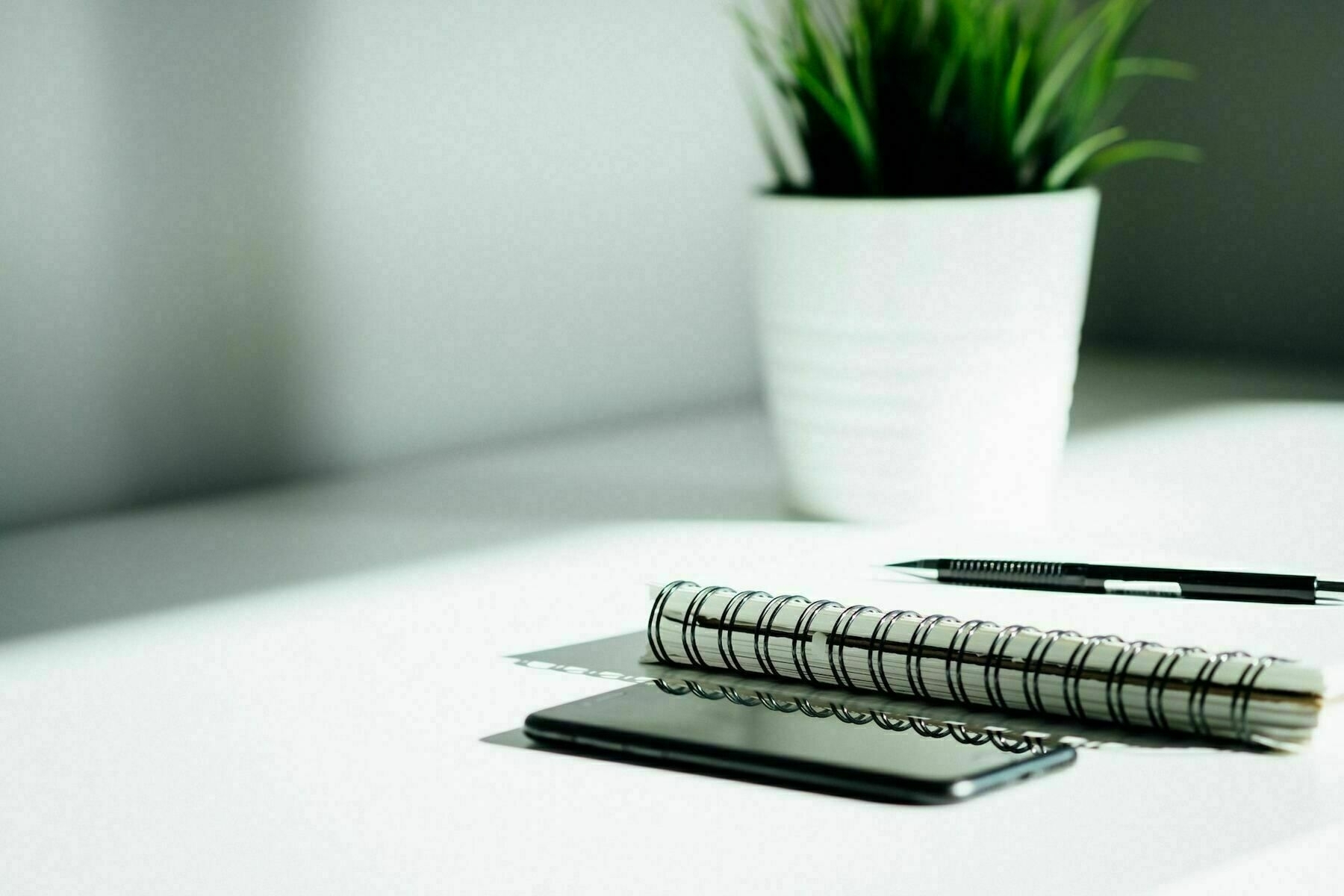
In almost every productivity system I have come across there is always some kind of ‘inbox’ followed by a sorting phase. A review has to take place to make the most of the things you have saved, no matter if they are digital or physical things, you must review them. The next part is painful, though, you must now admit your errors and throw out most of what you saved.
Not throw it out per se, but at least no longer dwell on it. If it’s digital, consider deleting it or perhaps not tagging and sorting it. If is a physical note, don’t copy it anywhere else, read it, digest it, and then decide to move on or not. The real benefit of physical notes, of which I am a massive proponent of, is that by writing them out you are more likely to remember them anyway. As much as 70 percent increase if you go through them again in the next 24 hours, and it produces stronger brain activity too.
This post is about more than that though, it is about getting the most out of your system, and that involves sorting your notes afterwards. I have tried indexing my notebooks for more benefit, but that didn’t last long. Copying out and sorting my mess of a handwritten ledger has proven is essential to surfacing information I can use later on. Making sure the helpful notes hang around, and the useless ones fade away.
One thing I love about consuming so much written on the internet is that it raises interesting thoughts in my head. Sure, I get annoyed at the constant cycle of AI this, metaverse that, but newsletters like this edition for Garbage day from Ryan Broderick really made me think.
He discusses a friend who passed away, leaving behind herself scattered over the internet, and ponders on what will stay behind. The below passage brought up thoughts about the excellent Disney film CoCo, that you die twice, once in physical form and again when the last person alive forgets about you. In the modern world, that could be three times.
Now, it seems, we die three times. First, when you stop breathing, second, when a corporation deletes your account, and, third, when someone says your name for the last time.
I’ve written before about my , but the way that technology and the services you have used is interesting to think about. In many ways, I could echo around the web for years after my passing because I have put so much content onto it which could be a comfort or dressing to others in my life. Or I could be permanently deleted once I stop paying.

Ryan talks about all Facebook Messenger chats disappearing once an account turns into a memorial, which would be something that other people might miss. However, Twitter is now recovering whole accounts that have laid dormant for a while, which will include many people no longer with us. No doubt to flog for profit. Bringing into sight the realisation that where you put your online life could be more important in death.
All this talk of deleting accounts and recovering dormant ones reminds me of wanting a username that appears unused. That handle that I desire could in fact be someone’s comfort, and the ethics of recovering it become a little murky. Thankfully, I feel blessed that I have placed my posts on micro.blog, and they will remain online indefinitely .
So, should the time come for me to leave this mortal realm, I will die two deaths, but perhaps not a third.
Can I apologise if this post triggers you in any way, these are simply my thoughts after using a ‘mechanical keyboard’ for a bit, and they may not be all positive. The people that love using these types of keyboard are plentiful online, so I may get an influx of name-calling after this, but please bear with me. I decided to have a bit of an experiment and dove in knowing absolutely nothing, so this very well is the reason behind my thoughts.
First things first, I bought a Keychron K3 v2 after some feedback online and seeing that this was reasonably cheap and approachable. This came with Optical Brown switches. I chose this because and after years of using a Magic Keyboard I felt this was a good introduction to this minefield. Your thoughts may differ on this, but I want to be transparent straight away.
So, I get it. I think that using a mechanical keyboard provides so much tactile feedback that it’s hard to understand until you use one. Known for their ‘clicky’ keys and their multitude of modifications and set-ups you can make, the world of mechanical keyboards is one that I now understand. However, I had two major issues that may be due to this specific keyboard or may just be trade-offs you have to make, I don’t know, but let’s just say I am writing this on a magic keyboard.
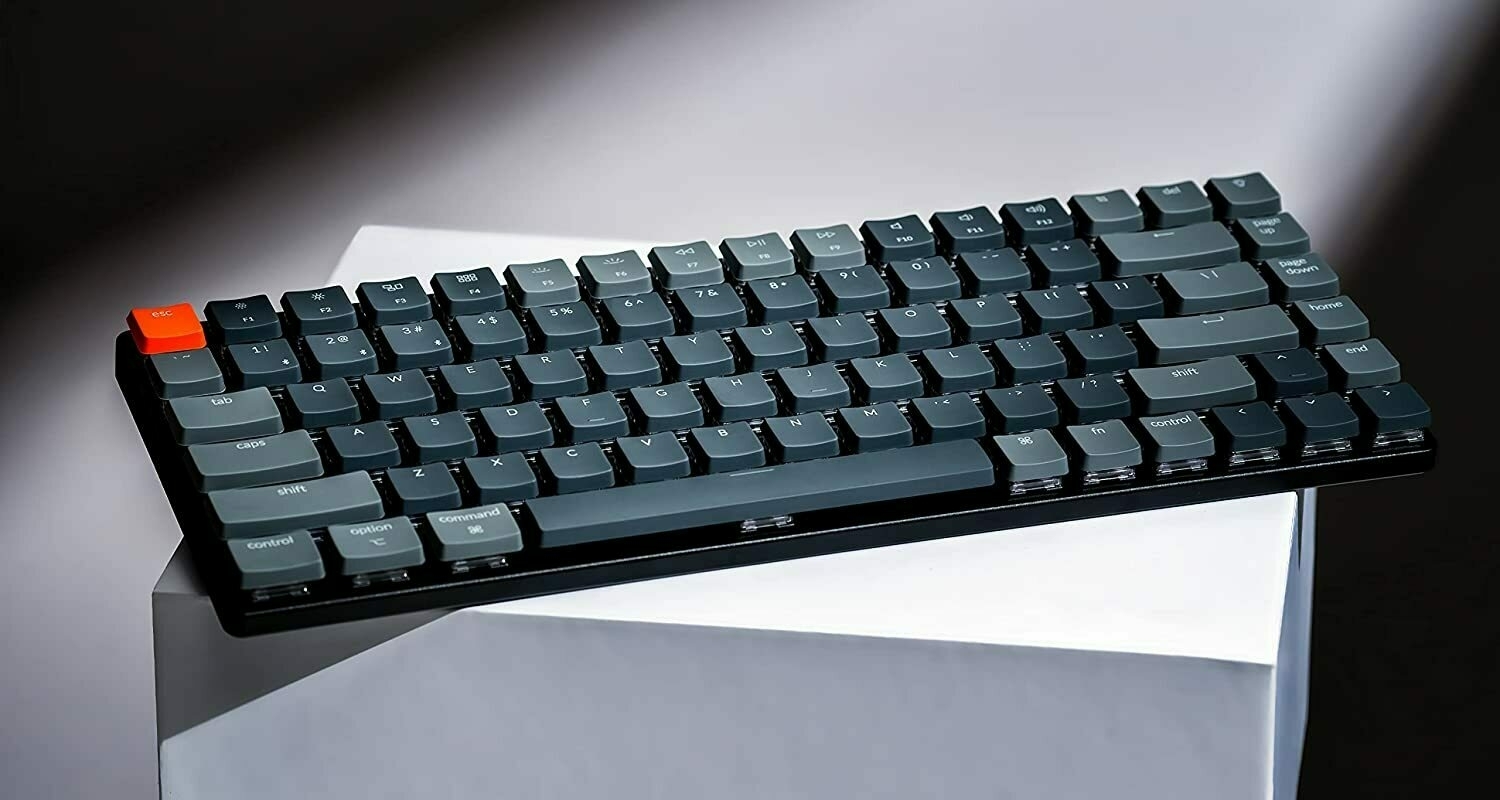
They’re no getting around the fact that I didn’t find the K3 very comfortable to use. To accommodate the travel of the keys, even this ‘low-profile’ keyboard is considerably chunkier than I am used to. I knew this going in so allowed it some time to get to, but the hovering my hands had to do, and the weird slant of the keys just made a long typing session painful.
Could I have become used to it, perhaps over time. Was a prepared to risk it, absolutely not. The K3 added its own ‘screw your wrists’ take on this by slanting the keyboard itself slightly toward you, but the keys slightly away. Meaning, I had no confidence in using the keyboard even after a week or so of hard use. My wrists hurt bad. I tried a wrist rest, I tried changing my posture, I tried numerous things, but it was just too different for my body to like.
As I wanted this to replace my current set up, being wireless was a big selling point. I went into this knowing that this might mean that keypresses are a little less reliable and that wired is often the preferred set up for people. The Keychron K3 was straightforward to set up, came with Mac-specific keys already on the board, but still fell down. The connect time for using the keyboard after being idle for more than 10 minutes was painful. I could change this in the setting to keep it witched on, but opted instead to use the wired mode – only this didn’t work either.
The cable that the keyboard comes with doesn’t connect to my Mac, at all. Why on earth it is a USB-A version I don’t know, but obviously if you have a Mac that’s less than 4 years old you have to use a dongle, but the cable doesn’t work with a dongle! I am not alone in finding this out. It works with a regular USB-C cable, so I could use it wired, but at this point I’d just about given up. My frustration for this issue is squarely aimed at this specific keyboard and the choices they made to provide a Mac setup keyboard without a Mac cable, so I can’t hold that against other companies.
I can’t hold this against all mechanical keyboards, like I said before, I genuinely understand the enjoyment people get from using them. The reason I no longer have one is personal, not a slight against those that do. To sum up, I chose to return the Keychron K3 and go back to my Magic Keyboard for a few reasons.
So that’s my update in a nutshell.
A few years ago, I read the book Ruined by design. You could consider it Hooked written by an ethical designer. It talks a lot about doing the work that you want to do, and not compromising on your morals and values. At various points in your life, that might be extremely difficult or impossible, but you must know what your values are and stand for them in everything you do.
If you want to be the type of person that enjoys working, either for yourself or someone else, you must display your core values all the time. Do not compromise yourself to gain things, as this will just make you feel a bit rubbish, not to mention the frustration that comes from being led down a path you would rather not take. Believe me, I’ve been there in my early life, compromising wheat I stood for in return for more money or a flashy title. There is nothing at the end of the path but crap feelings and lack of motivation.
When I look at people in my working life that struggle to get things done, it is because they would rather not do the tasks that they have. No-one wants to do everything that they have to do, but a general sense of enjoyment and belief leads to better productivity. You don’t have to have the best job in thew world, you just need it to be something that reflects you as a person. Pursuing passion has more to do with reflecting yourself in the things you do that what you do.
I am hyper aware that I have been mentioning this constantly for quite a while but bare with me. Since watching a few videos on YouTube about Notion, their algorithm thinks I am some kind of productivity hustle porn obsessive. It constantly forces videos about apps, morning routines and hacks to make my life my productive – when in fact my outlook is the opposite. There will always be more work to do, so it’s time to do less, but better.
My biggest productivity tip isn’t another app or staring at the sun at 6am. The best thing you can do is get a notebook and use it. You don’t need to spend much, it doesn’t need to be fancy. Any old book you have lying around or can pick up for cheap is fine. Simply have a notebook by your side and jot things down when you need to.
Everything, absolutely everything. Write it down in the same place as everything else. You could use a notes app if that’s your thing, but make sure you use one notes app, it really doesn’t matter which one, and keep all your notes in one place. I am a massive proponent of keeping a notebook, but digital notes are often the route for most people to get stuff done. Just make sure you write little notes about everything that there is even a small chance you think it might be helpful. You will not remember it, write it down.
You don’t need to start a second brain, or do some weird PKM stuff, you just need to have a place full of things that will help you out. Record things you find interesting, things you need to remember, things that might help you work later on, literally anything you might need later on. You don’t need to start a commonplace book or anything, you just require a notebook around, all the time.
Apple has announced new accessibility features and tools that will help people with cognitive, vision, hearing, and mobility needs. These tools are designed to be user-friendly and incorporate on-device machine learning to ensure privacy. This shows Apple’s longstanding commitment to accessibility and making products for everyone.
Assistive Access is a feature that distills apps and experiences into their essential features, making them easier to use for people with cognitive disabilities. The feature focuses on activities that are foundational to iPhone and iPad, such as connecting with loved ones, capturing and enjoying photos, and listening to music. Assistive Access also includes a distinct interface with high-contrast buttons and large text labels, as well as tools to help supporters tailor the experience for the individual they support.

For users who are nonspeaking or at risk of losing their ability to speak, Apple has introduced Live Speech and Personal Voice. Live Speech allows users to type what they want to say and have it spoken out loud during phone and FaceTime calls, as well as in-person conversations. Personal Voice allows users at risk of losing their ability to speak to create a voice that sounds like them.
Detection Mode in Magnifier makes it easier for users with vision disabilities to interact with physical objects that have several text labels. For example, while using a household appliance, Point and Speak combines input from the Camera app, the LiDAR Scanner, and on-device machine learning to announce the text on each button as users move their finger across the keypad.
These new features and tools build on Apple’s long history of making technology accessible, so that everyone has the opportunity to create, communicate, and do what they love. The groundbreaking features were designed with feedback from members of disability communities every step of the way, to support a diverse set of users and help people connect in new ways.
Slight mislead here, you do need apps, but you don’t need a ton of them. Every single post I see will tell you they use this app and that service, which is great — but that is unique to them. That doesn’t mean you need to start spending money.
In most situations, you will be perfectly fine with the stock options you have available. The only time to start looking at other options is if you start to hit issues. My best advice is to continually try to work around this first. Shortcuts is a wonderful stock app that I use to implement ‘new’ features into apps.
I am as guilty of this app arrival fallacy as anyone. I convince myself that I just require this new thing, and then I’ll be super productive — but I don’t. The truth is that is often hard to accept is that a new app absolutely will not make you more productive. Sure, fancy services look nice, the marketing makes you think you can get a load more done, but the real answer is to work smarter.
You will be more productive by having a good system in place, not having a fancy app. I will say it again for those not paying attention, a new app will not make you more productive.
I’m having a few weird experiences on YouTube at the minute. I watched a few videos on mechanical keyboards the other day, and I think I might have ruined Google’s impression of me forever. It started as a few PC building things and got worse from there. Mixed in with the usual productivity tripe and hustle things that Google seems to think all people want to watch, I have discovered a whole world of people doing their work with AI.
That’s fine and everything. I am a big fan of making the new tools work for you, and use Notion AI frequently — but when it comes down to making AI write your assignments and complete your notes, it all gets a bit silly. If the entire point of performing an action is the result, then AI is arguably the best tool to use. You can achieve some great things and cut down the time you invest dramatically. However, if the activity is the point of the exercise, then just do the work.
The point of writing an essay is to demonstrate your learning. The result is not the point of the exercise, the point is your ability to complete the task. This goes double for getting AI to write your notes. Again, the entire point in writing notes on a subject (in a classroom or out of one) is the practice itself. By writing things down, you remember them, and record them in your words. AI defeats the point.
In these instances, if time saved is what you are trying to achieve with AI, then you’d be better off not doing it at all. To get better at something, learn information or just show others that you know things — Just Do The Work. There are no shortcuts in life, you can’t adopt a morning routine or use a tool to cheat your way through because at some point you will get found out. By doing the work, you improve yourself.
Stray too far into self-help or productivity circles, and you will soon come across this idea of a commonplace book. The practice of writing everything down and keeping it in a place you can access later is held up as the reason people are successful and a way for you to get the most out of life. Although people like HP Lovecraft, John Milton and even Leonardo do Vinci kept one by their side, it is a practice that can be hard to stick too in the modern world.
Commonplace books are a tradition spanning from the Middle Ages, but one that seems improper in the modern world. Despite all the obvious benefits of manual tasks, the avoidance of feeling out of place is often a powerful feeling. One that I frequently can’t be overcome, I just don’t want to be that guy. There’s just no getting around the fact that carrying around a notebook in a digital world appears strange to most people.
As such, my first effort at keeping this ‘book’ had to be digital. It makes the most sense as I have my phone or my watch on my wrist nearly all the time, or I am sat at my computer working. Not to mention, all the things I save are then searchable and referenceable easily from all my devices. Saving digital things just makes sense.

An app such as Evernote would make an excellent digital commonplace book, in fact, numerous people I know have been doing this all along without even knowing it. Storing photos of notes, whiteboards, web clippings, meeting briefs and all sorts of things in the app to refer to later. Not wanting to spend money on Evernote after being burnt before, I opted to use Apple Notes instead.
The main reason for doing this was to make sure I carried things that I wanted to remember. That I got myself into a better state of working though my ideas and working on them later. So, I built a Shortcut to help me on this journey. To capture quotes from articles I read, thoughts that I could dictate from my Apple Watch, and also anything else I stumbled across.
The premise was simple. My iCloud notes now contained a folder titled commonplace book. Each time I wanted to capture something, the shortcut checked for a note titled with the current date, if it was missing, it created it along with a time stamped entry. If the note already existed, it appended a time stamped capture to the note.
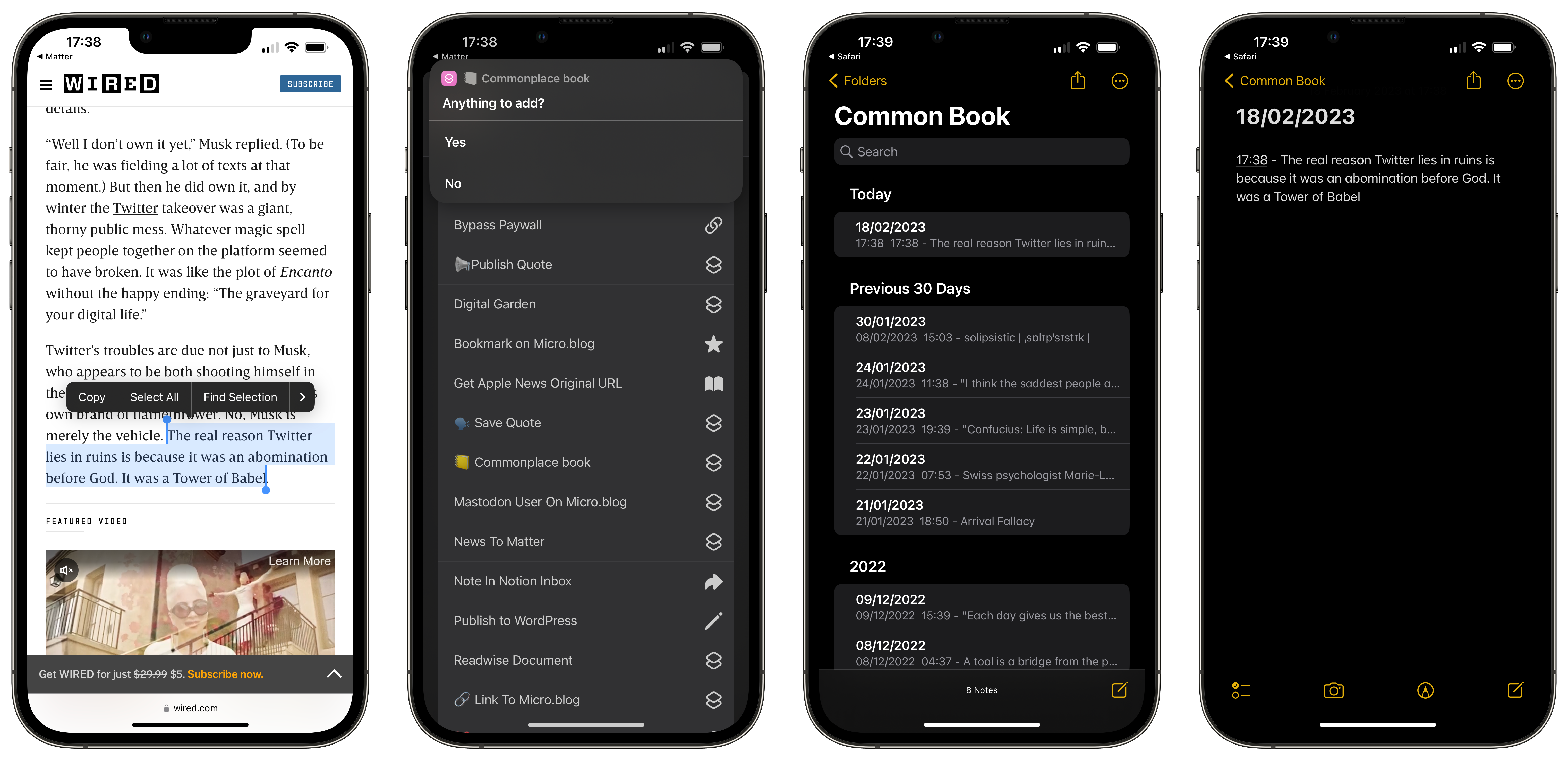
This folder started to fill up with all sorts of things. Quotes, ideas, web clippings, photos and any number of random things. I became quite obsessed with saving things, but I am sure you can already see where this was going. I was absolutely dedicated to saving things in my new commonplace book, but I never went back and looked at it. Never browsed the notes for any other reason than vaguely remembering saving a quote I wanted to reference in some writing.
The digital folder was a great idea, but it was tucked away. It wasn’t in front of me to be able to look at, flick through and review the entries in it. Although I have confidence, some snippets saved would have been used at some point though searching my phone — I just didn’t get any use from it. It became obvious quickly that the whole point of a commonplace book, for me at least, was physically writing things in it.
OK, I am a little obsessed with notebooks at the moment. Since reviewing my plan for 2023, and reading Revenge of Analogue, I’ve adopted more manual processes. This means writing more with a pen and paper, as well as being aware of the enjoyment gained from tactile things. I even bought a mechanical keyboard, clicky!
So, my journal evolved into a commonplace book. There’s a certain level of worry that comes with even mentioning that you have a commonplace book. Most of the questions I see online are variations of “what do I write in this thing” and these exact questions come whenever you get out your notebook. You have to be prepared for this and answer them with confidence. The practice has existed for hundreds of years, and will do long after you are gone, so don’t worry.
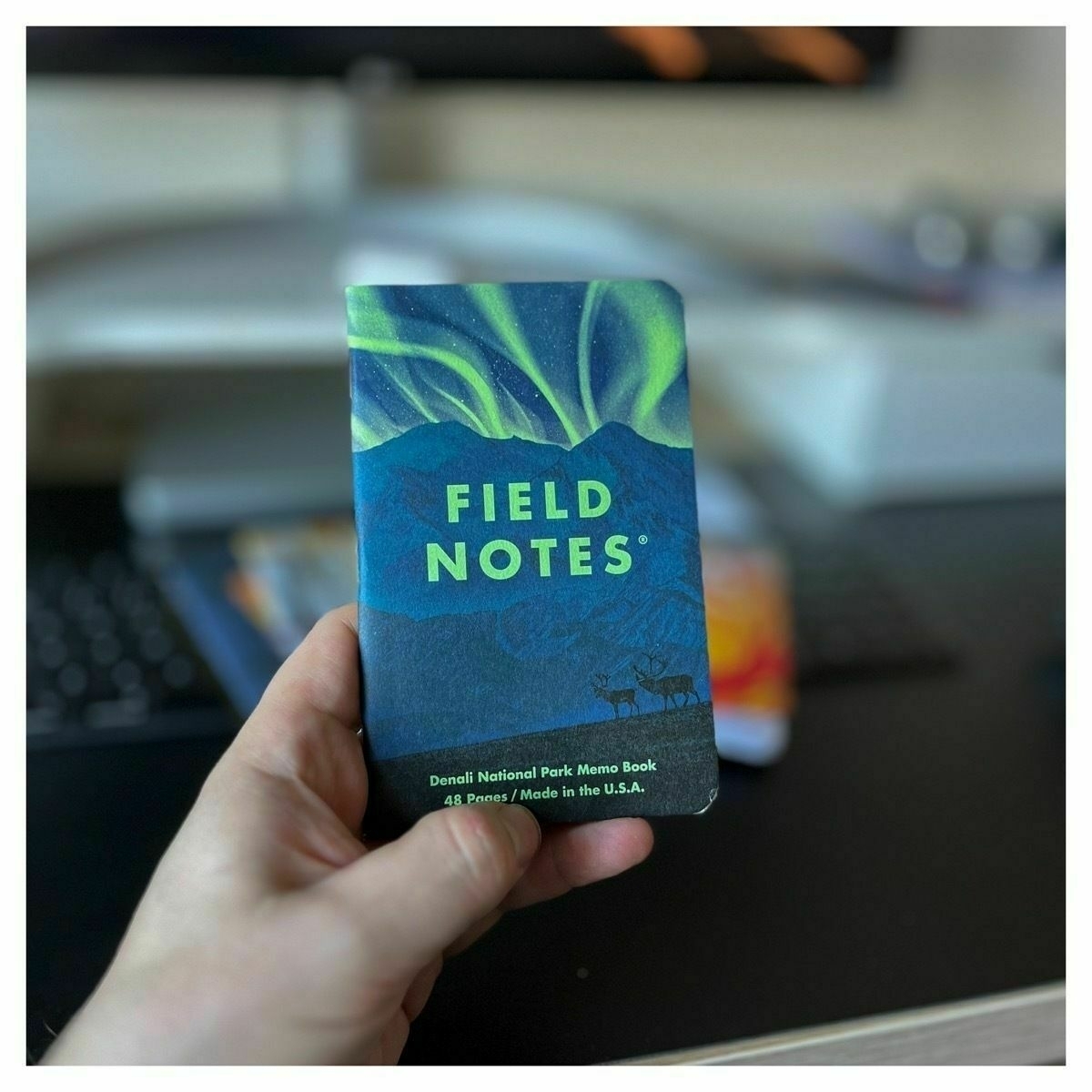
Oh, and much like with the digital notebook, the answer to what you write in it is everything. While these practices make me much more satisfied in a sensory sense, it isn’t perfect. The fact that everything is written down manually, means that you lose all the advantages that digital note bring. They are not searchable and take up physical storage space.
I tried out indexing one of my notebooks, using a tag system to allocate areas in which they may be stored if I were to use the PARA system for Building A Second Brain. Given that I never referred back to it ever again in that way, I didn’t bother with the next couple of notebooks I have used. I tend to flick through them and pick up ideas and thoughts as and when I need to. This serves as a nice reminder, a diary of sorts, but also a way to review information to help with memory recall. Thats a Win/Win in my (note)book.
At the iPhone phone launch last September, a thought started to blossom in my head. As they presented all of their new devices, that no doubt they toiled away for months to create, I couldn’t shake the feeling of melancholy. Sure, they are nice and everything, but we might just have reached the pinnacle of what Apple’s current technology can offer.
The truth is, collectively we realised this with smartphones at least a couple of years ago. The iPhone 13, was mostly the 12, that in turn was a more square version of the iPhone 11. You can track the slow and steady ticking forward of the Apple iPhone from the very first one, but what’s inside and what it can actually do tended to take strides forward at least every other year. Now, not so much.
There is a limit to what can be achieved from a rectangle of glass and metal, and there’s something to be said for Apple’s consistency instead of Samsungs spaghetti at the wall approach. Unfortunately, for Apple, the downturn in creativity and technology improvement is also shaping into other devices. I’m not kidding either, Apple Watch, iPad, AirPods, MacBook, they are all pretty meh - and thats a good thing.
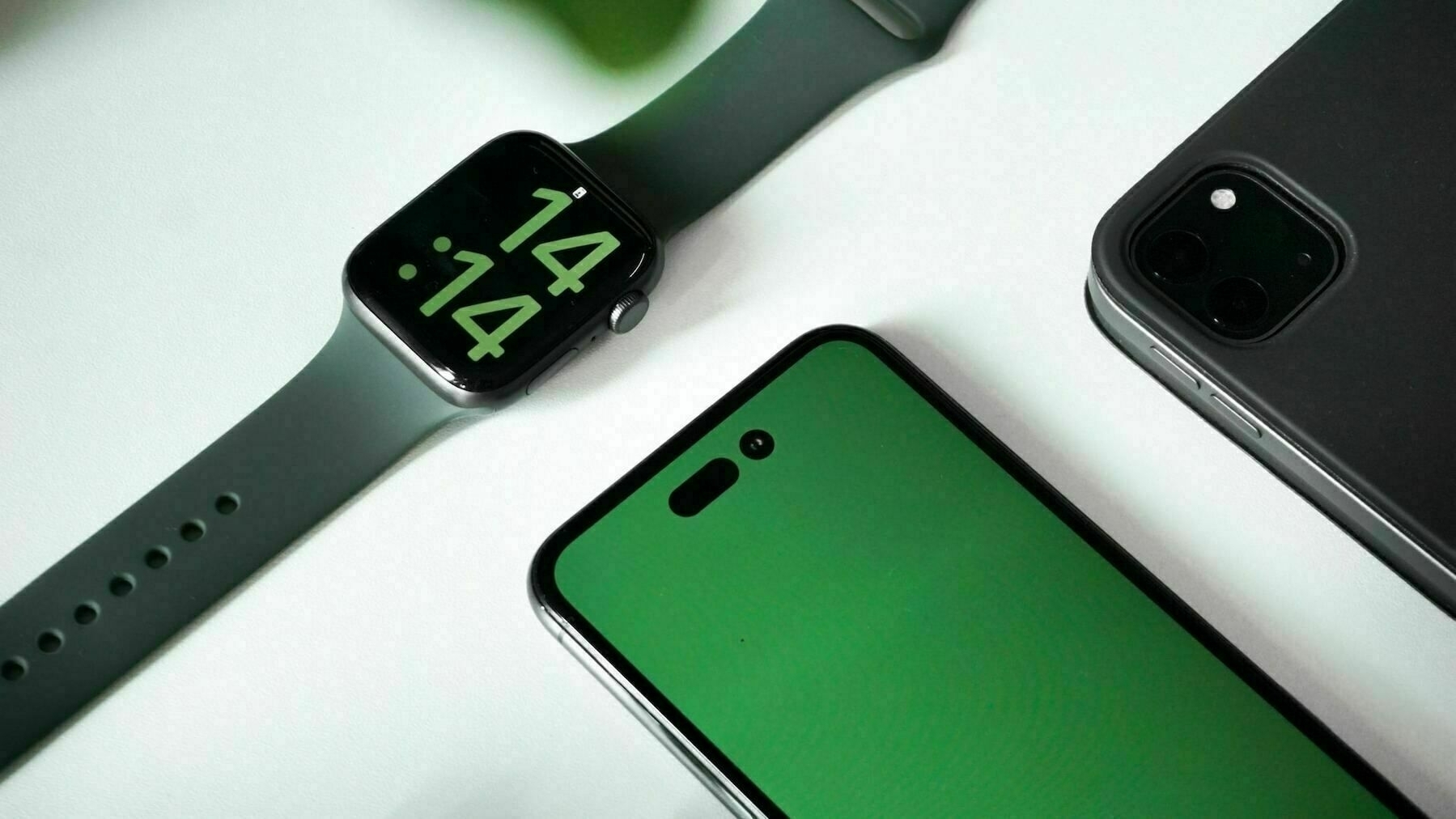
Apple’s most contentious device, the iPad Pro, is the perfect example. There has been very little need to upgrade your device since 2018. The current model features very little upgrade past a more powerful processor, making it a little better on battery and more able. Which is great, until you realise that most things you do on your iPad don’t even tax older iPads. The only thing that has changed a lot is the camera if that’s your thing (it really shouldn’t be).
The same can be said for Apple silicone MacBooks. The launch of the M2 MacBook Pro went by with none of the clamouring that the M1 Pro devices got. The tick that had followed the massive tock of desktop devices leaves very little need to upgrade depending on your use case. The M1 Pro powered MacBook that I do all of my work on still feels like it has headroom in every task I throw at it.
So, we’ve rubbished the upgrades for what’s in your hand, and potentially what’s in your bag, now let’s look at the Apple watch. A device that, once Apple sorted out what they wanted it to be, hasn’t seen a meaningful upgrade in years. Each year, the device gets a little faster and a little better on battery, but you’d have to jump up from a device 3–4 years old to see any improvements. Even then, the argument could be made that it wouldn’t really mean a lot.
Whilst presenting the newest version last year, almost each proposed upgrade covered could be attributed to software improvements, many of which would be rolled into older devices anyway. Thank god for the Apple Watch Ultra, one of my favourite devices for a few years, for at least a little excitement. I have a feeling that many purchases, my own included, were fuelled by the desire simply for something new.
I do think this is the right move though. No one wants to be updating their watch every year, and by providing even smaller updates there is less desire to, and less for Apple to shout about. Apple does indeed make devices more aimed towards periodic upgraders than early adopters. Those that get a free phone with their new plan every 2–3 years, rather than us hardcore upgraders.
Apple doesn’t make devices like it used to. We can’t fit them on a table as Steve Jobs said they should do, and they don’t always appeal to everyone. The devices are at the peak of what is a feasible upgrade, and that is becoming less and less about headline features. There’s less to crow about but more to love, the devices have peaked and that’s fantastic for all users, and our bank balances.
One of the biggest leaking Apple products I can ever remember might actually see the light of day at WWDC next month. You read that right, it looks highly likely Tim Cook will take to the stage on the Keynote for Apple’s develop conference and finally utter the words Reality Pro. Unfortunately, the long-rumoured VR experience from Apple has already missed its chance to make a splash, and will be launched into a market that doesn’t really exist.
Since at least the mid-80’s at various volume levels, futurists have been telling us virtual reality will be a massive thing. The slightly dystopian predictions are that we will at least strap things to our faces instead of staring at screens, and if you listen to some people, we might live a portion of our lives in a virtual world. However, that reality has never really panned out.
It has to be said I am extremely negative towards putting any computer on your face, but still open to the possibility. In many respects, it makes sense, perhaps not to live in a virtual world, but consuming content or playing games is a realistic current and future bet for VR devices. This is where Apple sees its headset fitting in, running iPad type apps and not diving into a metaverse. Being able to put on oversized goggles to be able to watch or use a gigantic screen instead of needing a large panel appeals to many demographics.
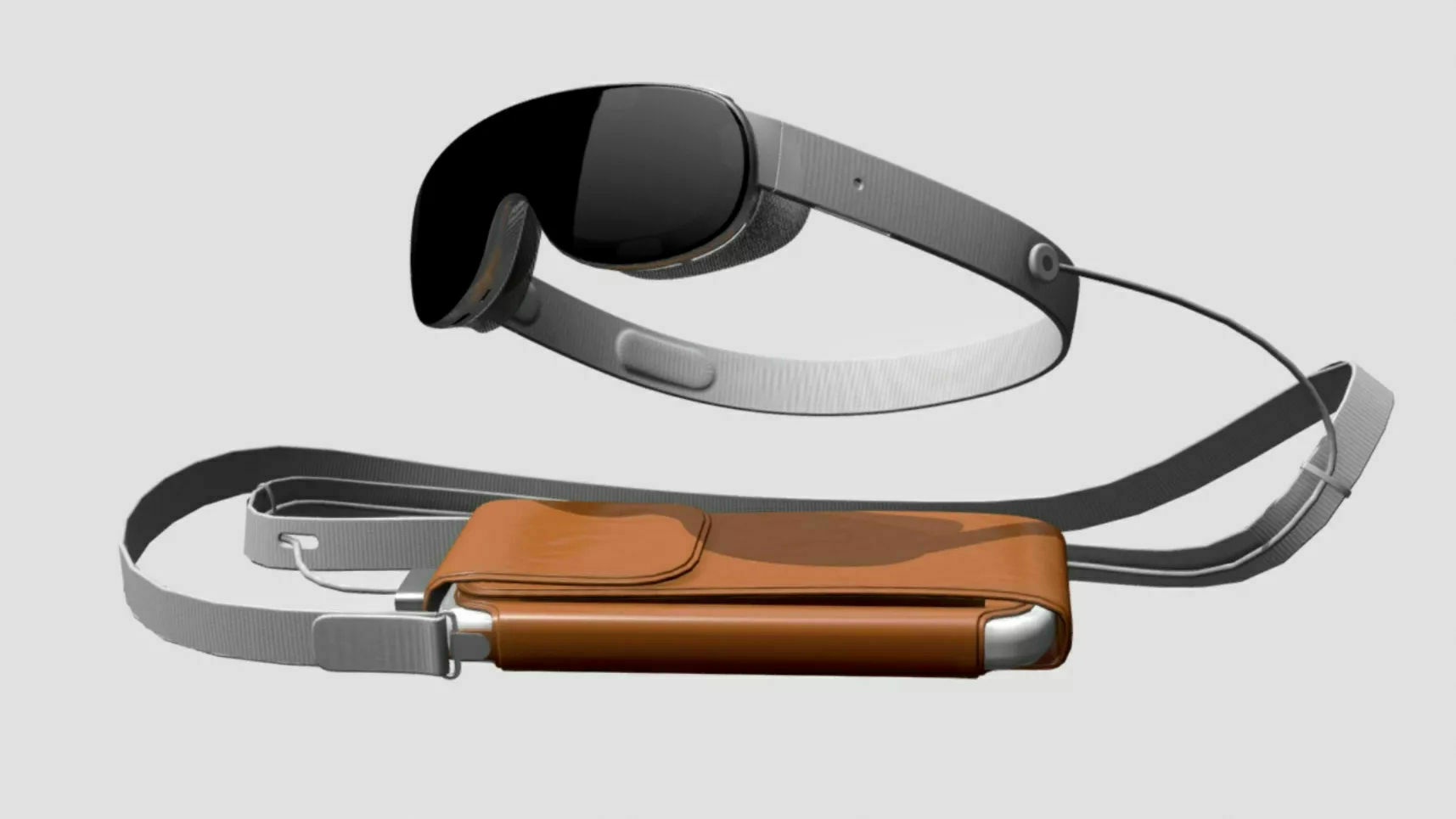
The issue is that the market for this kind of device is already exhausted. Either physically or metaphorically. Niche gaming sections are saturated with cheaper Quest or PlayStation devices. With others completely turned off to the idea due to a bombardment of Meta né Facebook insisting on the future taking place in their world. The truth is Apple scrambled to build a device to fit into a potential market that was promised for years on end, but no longer exists.
Whatever Apple’s entry into VR looks like; or whenever it arrives, it looks set to miss its market bar early adopter Apple fans with too much money. Granted there was a time for about 6 beautiful months where this device made sense. After months of not being able to navigate the web without being inundated with the word metaverse, that time has gone. That time may arrive, but like having business built around web3 in 2023, there’s not much hope currently.
That is the issue with entering into markets that are still emerging. You risk making the wrong bets. Wasting considerable amounts on money building devices that fall flat rather than sail the current wave of hype. This was something that Apple were notoriously good at. They waited, watched and launched their product a little later than others, but well-rounded and pushing industries forward. You only have to look at products like AirPods as an example of Apple usual ‘wait and see’ market tactic.
Which makes Apples VR device all the more strange, and something that no doubt is making them pause and think a bit longer. However, it can be said that we are not dealing with the same Apple any more, and even they can make mistakes – huge million-dollar mistakes. Just don’t mention AirPower.
A fairly simple word. Loaded with meaning and a fair bit of woo woo. Who doesn’t intend to do things? However, you’d actually be surprised the number of things you do without really thinking about them. With your mind either wandering around or focused entirely on something else. With a little practice and a lot of thought, intentional actions can spark new feeling and improve mental health.
I do numerous things each day with little to no thought. Due to my daughter, and me being a bit of a control freak, I wake at the same time, do the same things and my day doesn’t really start deviating from that same path hours later. In many ways, this period each day, I have very little intentionality. I am not thinking about specifically doing these tasks, but know they need to be done. I’m on autopilot and the time just slips away, but the tasks get done.
There’s another side. A darker loss of intentionality that robs my time and doesn’t achieve anything. Social media muscle memory means that despite having no intention of doom scrolling, I am there before I realise it. I intended to do something else, but now the time is gone, and I feel bad about the world.
Even when I complete tasks that I enjoy, that I look forward to, I am often not present. Not intentional with the moment, not spending my time paying attention. I am on autopilot. Thinking about something else entirely and not enjoying what I am doing. No matter what is happening, it’s far too easy to be distracted, to not pay attention, to spend time in your head instead of in the wider world.
When you are paying attention, you can find enjoyment and interest in places you least expect to find it. When you actually look at things and do things intentionally and think about them while you do them, you get much more from the activity itself. If you are not intentional with your time, you will spend it too fast, and you cannot get it back again.
I read Matt Birchler’s post on The Sweet Setup as soon as it appeared in my feed. Anything he has to say usually leaves me better after consuming it, and it also mentioned Todoist, which I have a soft sport for after becoming a brand ambassador a few years ago. It really is a great post, and one that I’ve been able to feel swirling around in Matt’s head for some time, but it touches on two points that I really wanted to stress.
As early as the second paragraph, he points out that chasing the perfect app is a fool’s game. It is, as Matt puts it, “a path that leads to madness” and will result in you just going around from app to app and not actually using the thing to get anything done. I’m a scholar of this pathetic chasing, so I think I can speak from experience when I wholeheartedly agree with Matt.
He’s clear on this, and does a fantastic job of pointing this out. He is no doubt aware of the sway his posts can have over people (my self included), so this declaimer of sorts is even more worth paying attention to. If you take absolutely nothing away from the post apart from this, then it will have been a worthwhile read. If, however, you have now downloaded Todoist, or Things, stop and just use what you have.

The second point that is hinted at several points in the post, and then downright stated towards the end, is that you have to pay attention to the way things feel. It’s an important trait to be aware of and something that you may not be able to put into words, but even the best app or system in the world can feel wrong. If it does, don’t be afraid to leave it alone despite everyone else evangelising for it.
It turns out that the generally joyful UI of Things was more important to me than I realised, and a longer feature list couldn’t win me over — Matt Birchler
Matt speaks of his yearning for change, and whilst it’s essential to take into accounts what other apps can do, if the app you are using just feels better, stick with it. Unless you are hitting walls and cant do things because features are missing, you won’t gain anything by messing around.
If you get a better feeling from the app you already have you will use it more, something particularly critical if that app you are using needs you to use it to get things done. It is one of the reasons I now just use a notebook. Everything in my logical brain tells me it’s worse, possibly in every single way, but the feeling of using it and writing in it trumps all.
I used one platform, almost solely, for 13 years. It’s not as long as some, but on first joining Twitter in 2009 the service felt pretty small, and I didn’t really know what to do with it, but I instantly ‘got it’ and it became my home. I tweeted constantly, shared a large part of my life on it, and met some remarkable people that I am glad to call friends. Leaving it behind was the best decision, but part of my was left behind when I did.
Using Twitter, I didn’t feel that I needed to shape myself to deal with algorithms or trendy topics. I just tweeted what I thought or what I was doing and for some reason people liked it. My followers ballooned during my time hacking iPhones, and later on, Android phones. With many sticking around for years to come. I started and sunsetted two reasonably successful podcasts and owe most of the success to Twitter.
I feel as if I gave Twitter such a massive portion of my life and all of it is now gone. Although, as said before, I am glad I walked away, I feel sad that that time in my life has gone for good. Upon handing over a portion of my personality to Twitter, I expected it to go on forever, but that little package of my life just exists in memory now. No more good times (although to be fair, they stopped in about 2018) but no more stress and worry.
Twitter was the only place on the internet that I hated with all my heart, yet couldn’t help still using it. I felt indebted because I had given it such an important place in my life that my usage had to continue. I hated constantly broke my life down into 280 character bite sized chunks. Thankfully, I was given a big enough push and my mind can now heal. I accept that this part of me is now dead, and long may it stay that way.
As millions of users scramble to see where to place our social alliance in the next wave of locked platforms, there is an opposite movement. Existing social networks are investigating how to attract new users but seem destined to put their foot in it by ruining their service. One after another, services change major features, or their whole app, searching for revenue. Forgetting everything that set them apart in the first place and ruining lots of the user experience. All in desperate need of ad revenue.
You don’t have to look very hard to see how much can be generated by showing your users tailored adverts. Despite every user hating them, gigantic companies with ridiculous income are built on the back of them. The king of the hill and the admiration of others in the market is Facebook, who rakes in more than $110billion a year, with all of it being, bar a minimal percentage, from adverts.

Although social networks that don’t and won’t show adverts exist, such as photo sharing app Glass, there is no denying that showing adverts is vastly more profitable. You only need to look at Netflix and the realisation that ad supported users provide more income than paid ones. As soon as this becomes reality, the service is destined to be ruined beyond recognition and dissolve into a regular TV network, over the internet.
Social media upstart from 2022 BeReal is in a bit of a tailspin and currently testing the ability for users to post twice more a day. A move no doubt motivated by the reduced time that their users interact with the app per day. The max two-minute scramble to post during the allotted time is simply not enough time to sell users things, and that cuts the earning potential down dramatically. In return, turning their app from something different and quirky with a unique take, to a worse Snapchat.
While we’re on the ephemeral messaging app, it seems they are loosing themselves in the pursuit of ad revenue too. Once Snap employee and current stockholder Ellis Hamburger tells their tale of fighting the good fight inside the company. As they put it, “trying to make Snapchat different from every other social media app” only to become aware of the thirstiness as a death knell to what makes it great. As they search for more and more engagement, to show you more and more ads.
This isn’t exclusive to mobile apps, either. Adverts have ruined the web as a whole for as long as most of us can remember. Why did we bring this print-based mentality to the web? Covering every inch of spare space on your nicely designed web page like you did the spare inches in the editorials. And the news stories. And the buildings. And the beaches.
Like an invasive species, adverts ruin everything. They take up space where they shouldn’t be, they track everyone around the web. They try to sell you things you don’t need, and now they are changing your favourite apps and ruining services because they pay the most money. Advertising dollars are like a siren’s call that cannot be avoided. You can tie yourself blindfolded to the mast of your ship as long as you like, but once you succumb to their call, they strangle the life out of great things and make them suck.
Without going back and checking where, I am sure I have referred to my wife description of me. No, not that one. This might come of a bit of a shock to someone that follow me online, given my disposition to moan about lots of things — she calls me “annoyingly positive”. To her, I am that guy that looks at everything one way and sees where we can move forward from it.
This stems from a childhood that I wont go into, but I have always had an ability to see the way forward, try to lean into the positive aspects of everything and “just keep swimming” as Dory would say. Plus I’m an introvert and hate complaining anyway!
What this doesn’t mean is I am not naive in thinking the down times don’t exist. I can still ‘sit in the mud’ as Simon Sink would call it, but more I realise that this too shall pass. Optimism is about being hopeful and positive about the future, that bad things will happen, and it’s ok to have struggles and issues with them, but there are always better times coming. You may feel like you are in a dark tunnel at the moment, but optimism keeps me working towards the light and everything will be ok.
Since the launch of dark mode in iOS I don’t think I’ve disabled the feature other than testing. I’ve never been a fan of the constant white used in modern iOS and, although debatable, it saves a bit of battery life by switching off pixels. However apps that don’t customise the way dark mode looks really suck.
There’s much more personal preference that’s needed once you flick the switch to dark mode. Some apps opt for replacing the glaring white for simple black. While others go for dark shades of blue or grey instead. Meaning that apps can show their personality and make theirs stand out, but not always to taste.
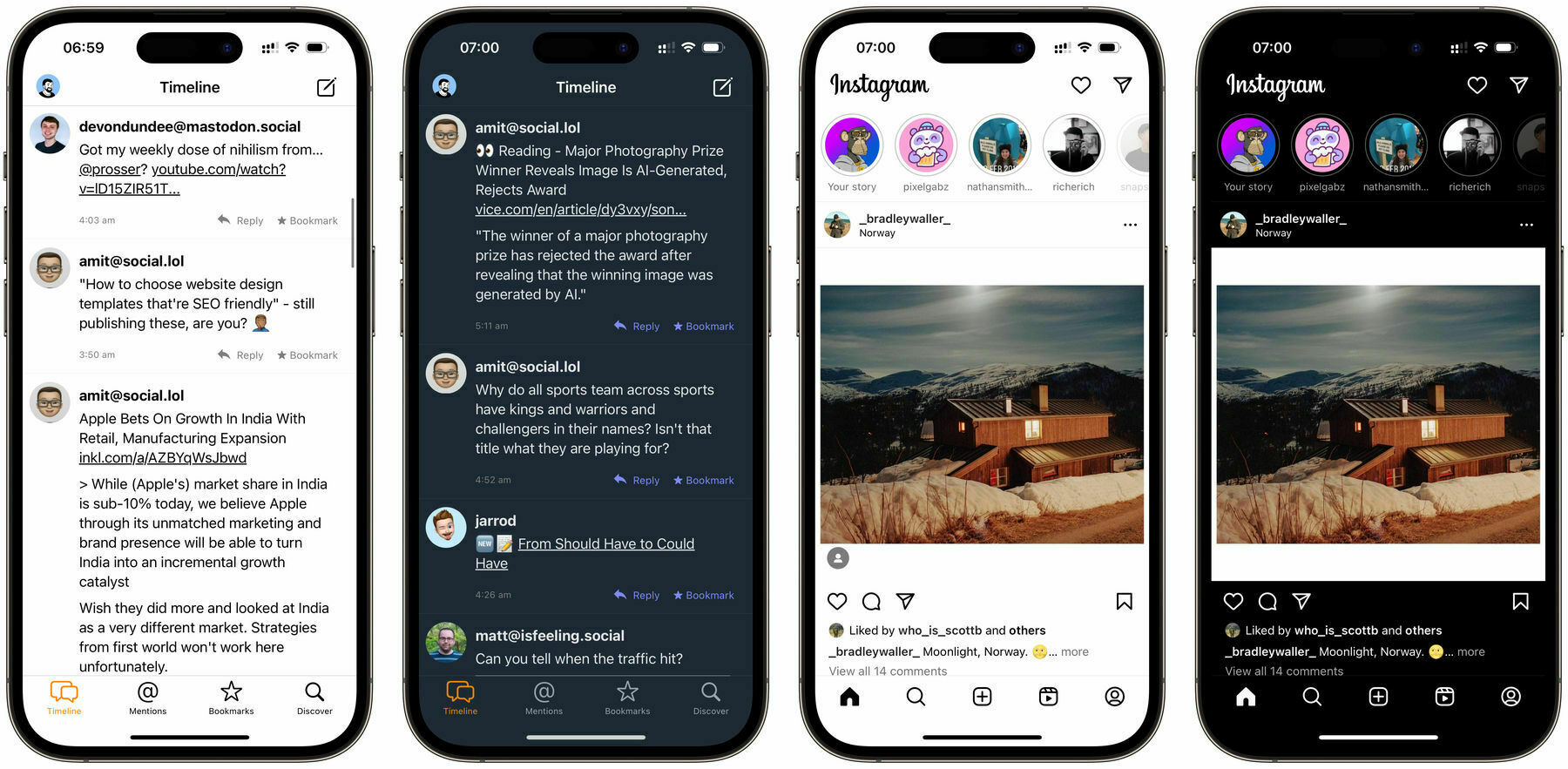
Take the above examples of the upcoming 3.0 update to the micro.blog app and Instagram. One of my most used apps micro.blog uses a not very dark blue colour which is not to my taste at all. I’d much prefer the black of Instagram for the app background and this is where dark mode triggers much more personal preference.
Is it enough for me to stop using the app, no, but it’s enough to make me think almost every time I open it that I wish I could change it. Couple this with having a look at Bluesky and thinking their app looks great, I switched into light mode for a bit and what a refreshing change it makes. I’m still not convinced with all the white burning my eyes, but it takes away all these personal preferences and leaves me with good looking apps.
Thankfully a lot of apps give you the option to pick and choose, or even theme the way the app looks. The excellent micro.blog app Gluon gives you the choice to switch to an OLED friendly black background. Drafts, the well liked app for all of your text even offers customised themes and a selection of downloadable options. I just found it strange that I don’t really care about every app using white, or slightly off white, but when it comes to off black - yuck.
I think I get it now. I’ve been asked for years how I manage to write a lot, and I just shrug and think it’s not so hard. Even though my blogging does come and go I manage to have plenty of ideas and publish posts, but not at the moment.
At the minute I feel as if I am blocked from ideas. I feel as if inspiration doesn’t like me, or my brain is now broken. I’ve tried to push through this a few times, just sit in the chair and write something but I end up messing around on social media. Frustrating as it is, at least I don’t have to post - I just enjoy when I do.
I will just keep posting things I find and making short posts waiting for something to strike. For an idea that lasts long enough for post to be written or my motivation improves.
My daughter is the cutest little thing. I know everyone says that about their kids, but here is my submission as proof. Lucie struggles with almost everything, she has what most people call ‘complex needs’. She relies completely on us as a family to help to support her, but she tries her hardest to do whatever one else does.
She has only two loves in the world, shoes, and teddies. Perhaps I come a distant third, but I’m not convinced. Anyway. The world seems to finally be waking up to providing more accessible things like clothes and activities, and along with this comes toys that actually represent disabled people. We found the greatest cuddly toy of all time on Facebook, and Lucie absolutely loves it.

It’s a brightly coloured bunny with a feeding tube, just like Lucie’s. Complete with attachable tube and syringe! When Lucie first saw it, she lifted her top and tapped her button to show that she understood the bunny had one like her. She now carries it around to doctor’s appointments and occasionally when she is hungry, and my heart melts.
It’s remarkable what representation in the things that we see means to people. The bunny is just like her and means she will never feel alone in her struggles.

The arrival times of ideas are strange. Often when I feel like writing, there is nothing ready to come out. Then at other points, ideas come at the wrong times and never get to fruition. Despite thinking about the ideas, and sometimes writing a blog post in my head, they are gone as soon as I get distracted. As I strain myself afterwards, willing my neurones to make the same connections they did before, I am typically led to think about inspiration and where it comes from.
For me, it frequently comes from the strangest places. Occasionally, I do go looking for it, consuming books or watching videos and jotting down some ideas, willing for the ideas to coalesce into a blog post. These can then be incubated and sometimes appear later on, but often times trying to force it doesn’t work. Every so often, it is as if my emotions block me from thinking too deeply about anything.
At the points, quite out of the blue, something will be said in passing and hit me with a burst of energy. A throw away line can cause me to become excited at where my thoughts are going, or pause whatever I am doing and just think for a while. At moments like these, it is not a surprise that some people believe the inspiration for things comes from a magical place. Inspiration regularly doesn’t make sense to me, and when you don’t understand things, it’s easier to blame the gods!
Of course, the inspiration I need to write a terrible blog post is a lot different to the ideas needed for great pieces of art. Writing a book, or creating a masterpiece, requires study, dedication and the using of time wisely. Perhaps when your life is dedicated to such a thing, inspiration strikes much easier, that it is like a skill that needs to be worked on, or a muscle that must be trained.
The fact that my brain can get from one throw away line listening to a podcast, and produce a few hundred words is still a little magical to me, and I hope that never stops.
I forget where I first heard the expression, but I have long held the idea that we are all the same person wearing a different mask. We all arrive in the same state, and sure we might have some biological tendencies toward certain things, but the only separator is life. At any moment, the only difference between us is a combination of our experiences up to that point. For me, that is the most fascinating thing about the world.
I am absolutely fascinated by other peoples thought patterns and the way they think about life. Especially those that have a way of looking at the world that I don’t understand, or agree with. Rather than judging them or dismissing them, I often ask far too many questions because I want to understand them better. This often leads me down a path of discovery and understanding of the reason behind differing options, and questioning myself.
The motivator for this is the question that my Grandfather taught me to think about everyone. “What are they doing that I can learn from”. He would talk to people doing different crafts at Christmas fairs with no intention of doing them. Religious people that came to the door, despite being a devote Christian, and sometimes even people preaching in the street. Even though he understood himself and what he wanted from the world, he would ask questions to learn from everyone else.
Now, I am not one for talking to people in the street, but this constant learning from different people is ingrained in me somehow. Don’t get me wrong, I do walk away from some conversations shaking my head a little, but there is always some understanding to be found. Once you realise that we are all the same person, you can begin to understand why people are they way they are. You can understand why they adopt the view points they do, and then begin to question yourself.
You begin to question the way you look at the world, rather than thinking you are correct all the time. Rather than the imposter syndrome breading environment it sounds like, it leads to an inquisitive nature that is keen to learn more about almost every thought process you have. Which, if I can state some solid grounding for my beliefs, is the best way to look at the world.
By recognising differences, and understanding them, you begin to realise how similar we all are and the superficial bullshit the world seems to use to separate us doesn’t matter in the slightest.
It’s been a while since I updated my blog because I’ve been pretty busy with life, and my posts often come in waves of inspiration. The thoughts that I have that turn into blog posts are ones that I don’t go looking for, they are ones that strike me, cause me to think about them, perhaps write a note, that later turns into a post. They come at unpredictable times, but they are regularly dulled by my emotions.
When I have something to worry about, or something major going on, I find it very hard to think about other things with the depth needed. Ideas still come, but I am unable to work them through to completion when in my distracted state – which is currently worrying about my family.
Both myself and my wife have been working through the social care required for our daughter, and it has brought up many emotions. It’s exciting for Lucie to have her very own personal assistant who started working with her this week, but also extremely disorientating. Our lives for so long have revolved around our roles and responsibilities regarding Lucie’s care needs, frequently at the detriment to our lives. However, we both know what we signed up for, we both view it as just being a parent, and are having a bit of a hard time stepping back.
The reality is I feel very conflicted about the whole thing and some of the emotions I feel out of place. Almost as if I shouldn’t be feeling the way that I do, but the realisation that all of my feelings are valid is important. The worst thing to do is hide them away and think that they are somehow wrong. There’s a tendency to bury them away instead of processing them and getting to a state of acceptance.
Whenever the internet loses its mind on something, I find it fascinating. Not to join in with the hot takes, but to see and digest what makes a large proportion of people emotional and try to understand the world a bit better. In these instances, a large proportion of people become experts in the respective field being discussed. The most notable of which was everyone who turned into immunologists during the pandemic, but it constantly happens.
Recently, I read numerous opinions on the way Spotify is redesigning its app and everyone gives their feedback. Much of it being open criticism of the direction the company is leaning and the complete redesign of its mobile apps. This continually happens with services like Spotify because their users become invested in the service and are right to express their concern.
However, I think it’s important to remember that no-one outside of Spotify really knows how and why decisions are made. For the risk of becoming an internet expert, I feel like I have enough knowledge of the moving parts behind running a business. More so with the choices and compromises that have to be made when owning a product or launching a new one.
But it comes with a challenge. If you’re going to build this thing into the same application, you’re going to make it back to trade-offs. The trade-off is that you can’t just make the application more complicated. There are benefits to that, but there are also drawbacks - Gustav Söderström
The reality is, you seldom get the product you want to launch. There are a huge number of issues that crop up when designing and making such a complex thing that it can be amazingly frustrating. For fear of never launching anything, you quickly have to come to terms with the fact that perfection is the enemy. If you are expecting to get everything the way you want it, then you will be waiting a long time.
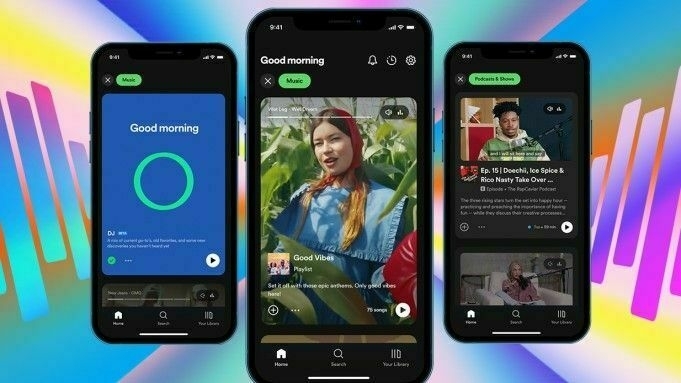
I listened with interest when Gustav Söderström talked to Alex Heath about the new redesign and also some of the compromises that had to be made when he launched the original Spotify mobile app back in 2010. He discussed how they know that the implementation of Podcasts into the new App is not perfect, but it’s the best compromise they can make. In a world where Apple Podcasts is used by 98.5 of users, there is just no point making another app.
Is it perfect, no, but it’s the best decision they can make for their users. There will always be people who don’t like the changes companies make and no longer use the product, that’s unavoidable. There is also be a vocal bunch that shut up and use the new update anyway – remember the fuss on Facebook newsfeeds back in the day?
Making a product is just one long stream of compromises and decisions based on the information you have. No-one has the same information as the people inside the company making decisions. I realise there is a whole industry built around criticising the designs that tech companies make, I used to be one of them, but there’s a level of understanding needed. I have not been a Spotify user for years now, but I understand exactly where Gustav Söderström is coming from.
Unfortunately, the market usually dictates when you have to move to survive, and it’s not always where you want to go. Thankfully, it sounds to me like he genuinely agonises over these things and wants the best for their users, and every so often you have to admit that user is not you any more.
I am amazed at the usefulness of recent advancements in Large Language Model AI. Having it integrated into Notion, the tool I use most, has saved me a significant amount of time and increased my productivity at work. I use it to summarise meeting notes, write content from video scripts, and more. The cost pays for itself several times over in time saved – but that doesn’t mean I have no concerns.
The technology, synonymous with (not so)OpenAI, is being used by a wide range of companies. Microsoft is integrating it into Bing searches, and just last week, more apps began to use it. Google is building PaLM, their more generalised LLM, into Workspace, including Docs, Sheets, Mail, and Slides. Other companies are bound to follow, meaning that almost anything you see may not have been written by whom you attribute the words.
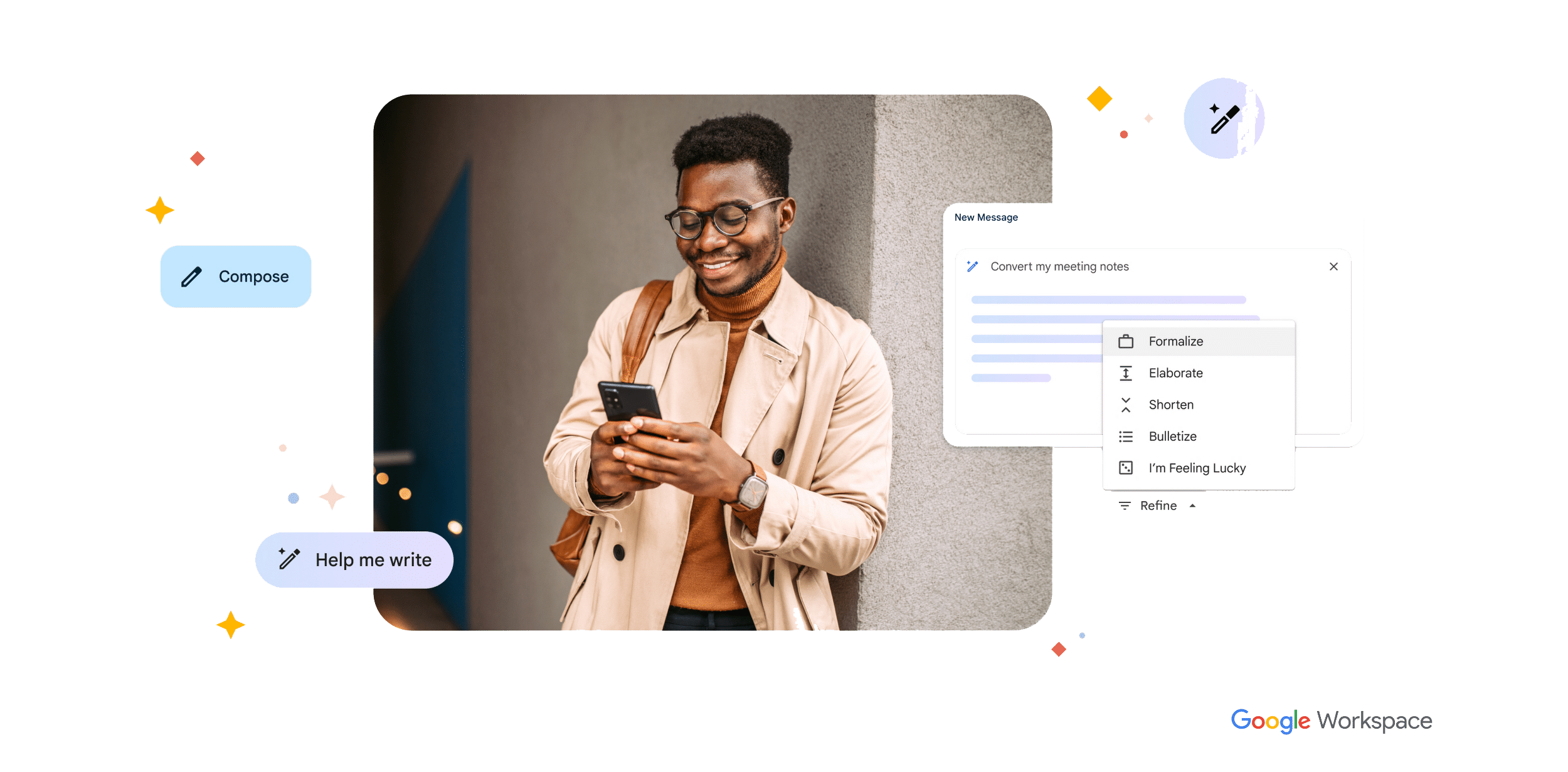
Google was the first to start my thoughts about the degradation of thought put into words with quick replies in messages and emails. If you can reply with a tap instead of thinking about what you write, the meaning loses its value somewhat. Now that AI-generated content is available everywhere, the words written by other people carry even less value.
This might seem absurd to say, for a little thank-you text or a one-line reply to an email. However, the Google demo video shows the sending of a “Thank You” message to “the team” which is verging on the ridiculous. As my Grandad would always say, “words are cheap, it’s actions that pay the bills” – when even the words are not written by you, it defeats the point, doesn’t it?
We’re not far from being able to run personalised LLM on a local machine with very little computing power. This will bring wonderful improvements to the way we work, especially in creative environments and offices. However, the weight of words will begin to matter less and less. If you cannot take the time to write and send a thank-you note or a thoughtful reply to your teams, then no one will believe in anything written.
If you’re a fan of notebooks, you’ve probably heard of Field Notes and Field Book notebooks. Both are popular options for writers, artists, and anyone who wants to keep their notes organised. But which one is the best for you? Much like the comparison with Moleskine notebooks, many people cant decided between Field Notes and Field Books so in this post, I’ll take a closer look at Field Notes and Field Book notebooks and compare them to help you decide.
Field Notes notebooks are known for their compact size, durability, and versatility. They come in a variety of colours and designs, making them a great option for anyone who wants to express their individuality. Field Notes notebooks are also affordable, with prices ranging from $10 to $20 for a pack of three.
One of the biggest advantages of Field Notes notebooks is their portability. They’re small enough to fit in your pocket, making them a great option for anyone who’s always on the go. They’re also durable, with a sturdy cover that can withstand wear and tear.
Field Book notebooks are a bit larger than Field Notes notebooks, but they offer more space for writing and drawing. They’re also more customisable, with options for different paper types, bindings, and covers. Field Book notebooks are more expensive than Field Notes notebooks, with prices ranging from $20 to $50, depending on the options you choose.
One of the biggest advantages of Field Book notebooks is their versatility. They’re great for a variety of uses, from writing and drawing to scientific research and field work. They also offer more space for notes and sketches, making them a great option for anyone who needs more room to work.
When it comes down to it, the choice between Field Notes and Field Book notebooks depends on your individual needs. If you need a compact, portable notebook that you can take with you anywhere, Field Notes notebooks are a great option. But if you need more space for writing and drawing, or you’re looking for a more customisable notebook, Field Book notebooks might be the better choice.
Overall, both Field Notes and Field Book notebooks are great options for anyone who wants to keep their notes organised and easily accessible. Whether you choose Field Notes or Field Book notebooks, you can be sure that you’re getting a high-quality, durable notebook that will last for years to come.
I’m still really early in my notebook use, but I’ve filled a couple of them now. When I chose to use a notebook, I was already thinking about ways to make my notes findable. The action of writing them out manually increases my retention drastically, but I still want to be able to refer to them if needed. The most logical way to do this might be to copy the important ones into a digital service, but then comes the decision on what is important or not, so I decided to tag and index my notes.

The inspiration for this came from my belief that even with digital apps, you still require some kind of manual curation. If I can quote myself, “What I have noticed from this cycle of trying is that without conscious thought, digital tools can be just as bad as physical ones”. So, if I were to use a digital service, I would go through and tag everything with a rough topic – which can be done manually too. The last few pages are reserved for an index to list these tags and mark the page numbers.
This could, of course, be a massive waste of time, I will only know how this will go when I need to refer to them, but I hope that this will help. If nothing else, it has meant I spent a few minutes flicking through my notebooks and reviewing my notes, further improving my chance of recall. I am convinced of the improvements that carrying a notebook with me has made, and the great thing is I can mould the process as I go along.
I’m not one for monthly spreads and making my notebook pretty, my handwriting sucks anyway, it’s more of a tool for my brain. It reflects my scattered thoughts and working life, but I hope my indexing brings a little more order to it.
I have now read three different translations of Meditations by Marcus Aurelius. Each one begins with some background information, details about the way it was written, and quite a bit of musing on what he was actually writing for. It wasn’t written as a book, nor for public consumption, but more as a personal journal or notebook. This got me thinking about my notebook and how it would be viewed if anyone stumbled across it after I’m gone.
A few people have asked me what I write in my notebook or what it’s for, and my answers are always abstract. There’s a bit of hand-waving and non-specific words because I find this almost impossible to answer. The general answer is everything. It contains notes about anything I think about. Thoughts, ideas, tasks I need to do, food orders, meeting notes – there’s not much that isn’t in there.

In truth, I consider it to be a personal self-help book. It contains loads of notes to myself on lessons learned and ideas to digest. It is both my instructor and my muse towards a better life. There are many notes that echo the meditations that Marcus wrote – words of encouragement to myself or a scolding for living wrong. It contains quotes I hear, things I want to research later, and all the other things that may be contained in a commonplace book, but with an equal amount of uselessness.
My notebook is highly personal, not because it contains anything embarrassing, but for the fact that it would be next to useless for anyone but myself (and you wouldn’t be able to read my handwriting). Embracing all of these manual processes is still fairly new to me, but I feel as if I have rediscovered a life hack. My notebook is always with me, stuffed in my back pocket with a pen, so I can write in it whenever I need to, and I couldn’t be without it.
Field Notes notebooks have become a staple among many people, especially those who love writing, drawing, or simply jotting down notes. These notebooks are known for their durability, portability, and unique designs that cater to various preferences. But have you ever wondered who exactly uses Field Notes notebooks? In this blog post, we’ll explore the different types of people who use Field Notes and why they choose these notebooks over others.
Journalists and writers are among the top users of Field Notes notebooks. These professionals need to take down notes on the go, whether it’s during an interview, a press conference, or while out in the field. Field Notes notebooks provide them with a compact and reliable tool to record their thoughts and observations. The paper quality of Field Notes notebooks is also ideal for writing with different types of pens and pencils, making it easier for journalists and writers to express their ideas.
Field Notes notebooks are also popular among artists and designers, particularly those who prefer sketching or drawing by hand. The smooth paper of Field Notes notebooks is perfect for sketching or drawing with different types of pens, markers, or watercolours. Artists and designers also appreciate the compact size and portability of Field Notes notebooks, making them easy to carry around and use whenever inspiration strikes.
Students and academics also use Field Notes notebooks for note-taking and organisation. The compact size of Field Notes notebooks makes them easy to carry around, allowing students and academics to take down notes during lectures, conferences, or while doing research. The durability of Field Notes notebooks also ensures that their notes won’t get lost or damaged easily.
Field Notes notebooks are popular among travellers and adventurers who need to keep track of their journeys and experiences. These notebooks are compact enough to fit in a pocket, making them ideal for recording travel details, itineraries, and memories. The durability of Field Notes notebooks also ensures that they can withstand the wear and tear of traveling and outdoor adventures.
Lastly, Field Notes notebooks are perfect for planners and organisers who need to keep track of their daily tasks and schedules. The compact size of Field Notes notebooks makes them easy to carry around, allowing users to jot down reminders, to-do lists, and appointments wherever they go. The durability of Field Notes notebooks also ensures that their notes won’t get lost or damaged easily, making them a reliable tool for staying organised.
In conclusion, Field Notes notebooks are widely used by different types of people, from journalists and writers to artists and designers, students and academics, travellers and adventurers, and planners and organisers. These notebooks offer a unique combination of durability, portability, and paper quality, making them a reliable tool for various purposes. Whether you’re looking for a notebook to record your thoughts or to stay organised, Field Notes notebooks are a great choice.
One of the most common questions I get asked is whether or not the notebooks are A6 paper size. After doing some research and comparing the dimensions, I can confidently say that Field Notes are not A6 size.
A6 paper size measures 105mm x 148mm or 4.13 inches x 5.83 inches. However, Field Notes dimensions are 89mm x 140mm or 3.5 inches x 5.5 inches. Although they may seem similar in size, they are not the same. You can adapt them sightly to fit in different size note book such as fitting a Field Notes in a Midori Passport.
So, what is A6 paper size, and why is it important to note that Field Notes are not A6? A6 paper size is a popular international standard used for paper, envelopes, and other stationery items. It’s widely used in Europe, Asia, and other parts of the world. However, it’s not a common paper size in the United States, where Field Notes are made.
Despite the fact that Field Notes are not A6 size, they are still a great option for those who prefer a compact notebook that fits perfectly in a pocket or bag. The unique size of Field Notes makes them ideal for a huge range of people for quick notes, sketches, and reminders on the go. They’re perfect for jotting down ideas, making to-do lists, journaling and keeping track of important information. Never worry about what to write in a Field Notes because the answer is anything!
In addition to their convenient size, Field Notes offer a variety of styles and designs to choose from. Whether you’re looking for a classic, simple notebook or something more colourful and creative, there’s a Field Notes notebook for everyone. They also come in a range of paper types, including lined, graph, and blank pages.
Many people worry about if Field Notes are worth it, but despite their small size, they’re built to last. They have a sturdy cover and binding that can withstand the wear and tear of daily use. Plus, they’re made with high-quality paper that doesn’t bleed or smudge, making them perfect for fountain pen users.
While Field Notes are not A6 size, the dimensions are still perfect for those looking for a small, portable notebook. They’re a great option for anyone who wants to stay organised and productive on the go. With their durability, variety of styles, and high-quality paper, Field Notes are a must-have for anyone who loves stationery items.
Are you ready for the exciting 19th edition of The Morning News Tournament of Books? Field Notes are once again the title sponsor of this thrilling literary event that takes place each spring. To mark this event, they have released the Rooster Book special edition with cover illustration by Carson Samson.
The Tournament of Books is a Battle Royale competition where the best fiction works from the previous year go head-to-head. It follows a March Madness-style bracket, with books facing off against each other in a series of battles, where one is decided the champion. The winners are determined by an esteemed panel of judges who read and compare the books, revealing their decision and the thought process behind it.

If you’re new to the Tournament of Books, you can find this year’s books and judges by clicking this link. For a deeper dive, you can learn about the tournament, its beginnings, and its history by clicking this link. You can get involved too by choosing your favourite books and seeing who comes out on top. We’ll be following the tournament and can’t wait to see who takes home the title this year.
If you intend to grab the limited edition Rooster Book, they are available for just $5 and all the profits will go towards 826 National – giving under-resourced 6-18 year olds the chance to elevate their writing skills. Inside you will find 48 pages of ruled paper and a checklist of this year’s books. Unfortunately this book will not be available outside of the US or from third party retailers at this moment in time. Shipping to the UK is available from as little as the standard $12 so you might want to load up on items to make it worth while.
For far too long, we’ve had far too many meetings of professionals involved in my daughter’s care. She needs numerous medical appointments, but we also waste a lot of time talking about the things they think she needs. We spend even more time talking about what the rest of the family requires, especially myself and my wife.
They call us many nice things. Tell us that we require help and support, and then some more charming things. It’s all very pleasant. The reality is that, in their professional opinion, we can’t continue the way we do with little to no social care and compare us to other families in similar situations.

I am used to this by now. For many years, I have heard how we do “an amazing job” and that it “must be so hard” with what we go through. Which is lovely, but the truth is we know no other way. Lucie was our first child, so we’ve not experienced anything else. When others tell me I do more than I should, and that the situation we are in is hard, I get confused.
The words of Zen teacher Charlotte Joko Beck in Death: The End of Self-Improvement always rattle around my head.“it’s only unbearable for as long as you’re under the impression that there might be a cure” is the best explication for our continued ambivalence towards change. Nothing will ever improve, there is no end to the way our life is, so there’s nothing to lust after.
Perhaps if we had experienced a different life first, our outlook would be different? A friend of mine who has cereal palsy explained a similar thing to me when talking about his world view. He’s managed to achieve a lot in life and run his own business with a positive mindset because he’s lived with difficulty since birth. Individuals that have not experienced the same and have their life changed through an accident or illness often do not share the same mindset.
Don’t get me wrong, there is nothing wrong with asking for help, that is not the point I am reaching for. It’s more to say that the way I view things is directly related to my experience in life so far. Situations that others may perceive as hard or difficult do not seem so bad to me – mainly because there is some comfort in knowing that there’s no solution possible.
As much as I share my own, I generally don’t have any interest in other people’s lives. This appears to be strange in modern life, as many others consume other lives as entertainment, either on TV or social media. I typically have enough to worry about on my own without looking at anyone else’s. I look upon it in the same terms as the phrase used in relation to prison sentences of “doing your own time” and not letting the people around you affect your life too much.
I do take note of the world around me though, and often find the little snippets of conversation overheard fascinating. It offers a little peek into what other people are experiencing, although I am sure one that is completely out of context. When sat in a coffee shop, or waiting in line, I frequently catch little glimpses into other people’s thoughts and I enjoy taking in other view points on things. Finding out what others experience or are talking about is important to understand where your thoughts are.

It is easy in these instances to make judgements about people. To overhear their worries and fears, and regularly their arguments, and then make decisions about them as a person. To become judgemental and look down on them or view them as wrong. You overhear discussions and arguments that often affect your opinion on people that you haven’t even met. Viewing your life as better. On the other side, if you believe social media, everyone’s life looks better than ours because we are comparing insides to outsides.
What glimpsing into other lives does to me is make me thankful of the life I have. Grateful that I do not have to go through other people’s experiences, and be appreciative of the things I have. As Lucy Lord said, “If we could all put our problems into one big pile, we’d take our own problems back every single time”. It’s easy to view others through a lens or in a snapshot and decide on our own lives, but when we take a step back and see the reality of our world, we realise how lucky we are.
As a Field Notes user, you know that your notebook is an essential tool for capturing ideas, observations, and inspirations. But sometimes, it can be challenging to figure out what to write in your notebook. In this blog post, we’ll explore some ideas for what to write in your Field Notes notebook.
One of the great things about Field Notes notebooks is that they are incredibly versatile. You can use them for anything from jotting down a quick note to planning an entire project. Here are some ideas for what to write in your Field Notes notebook:
One of the most basic uses for a Field Notes notebook is to keep a to-do list. Whether you’re running errands, working on a project, or planning out your day, a to-do list is a great way to stay organised and focused.
Field Notes notebooks are perfect for recording observations about the world around you. Whether you’re a scientist, a writer, or just someone who enjoys taking walks and noticing things, your Field Notes notebook is an excellent tool for capturing your observations.
Do you ever have a great idea that pops into your head unexpectedly? Your Field Notes notebook is the perfect place to jot down those ideas before you forget them. Whether it’s a business idea, a creative idea, or just a random thought, your Field Notes notebook can help you capture it.
If you’re an artist or designer, your Field Notes notebook can be a great place to sketch out ideas for your next project. The compact size of the notebook makes it easy to carry around with you, so you can sketch whenever inspiration strikes.
Do you ever hear a great quote that you want to remember? Your Field Notes notebook is an excellent place to jot down those quotes. Whether it’s a quote from a book, a movie, or a conversation with a friend, your Field Notes notebook can help you keep track of those memorable lines.
In conclusion, your Field Notes notebook is a versatile tool that you can use for a variety of purposes. Whether you’re keeping a to-do list, recording observations, jotting down ideas, sketching, or capturing quotes, your Field Notes notebook is an excellent place to do it. So grab your notebook, and start writing!
Remember, the key is to keep your Field Notes notebook with you at all times, so you can capture ideas and observations as they come to you. And by doing so, you’ll never run out of things to write in your Field Notes notebook.
By following these tips, you’ll be sure to maximise the use of your Field Notes notebook. Thanks for reading our post on what to write in your Field Notes notebook. Happy writing!
As a Field Notes user, one of the biggest questions I had before investing in a Midori Passport was whether or not my beloved pocket notebooks would fit inside. After doing some research and trying it out for myself, here’s what I found.
First things first, the Midori Passport is designed to hold inserts that measure 4.5 x 3.5 inches. This is a bit smaller than the standard Field Notes size of 5.5 x 3.5 inches. However, with a little bit of creativity, it is definitely possible to make it work.
One option is to trim down your Field Notes to fit inside the Midori Passport. This can easily be done with a paper cutter or even just a pair of scissors. While this may seem like a hassle, it’s actually a great way to repurpose partially used notebooks or to create custom inserts that fit your specific needs. You can trim the Field Notes to the exact size of the Midori Passport inserts or leave a little bit of space around the edges, depending on your preference.
Another option is to use a Field Notes cover specifically designed to fit inside a Midori Passport. There are a variety of handmade leather and fabric covers available on sites like Etsy that will keep your Field Notes protected while also fitting perfectly inside your Midori Passport. These covers are not only functional but also add a personal touch to your notebook system.
If you are not keen on trimming or buying a cover, you can always just slip your Field Notes inside the Midori Passport without any extra protection. While this may leave your notebooks a bit more exposed to wear and tear, it’s a great option for those who want to keep things simple and streamlined. However, it’s worth noting that the Midori Passport’s elastic closure may not be as tight around the Field Notes, which could potentially lead to some pages falling out.
In conclusion, while Field Notes may not fit perfectly inside a Midori Passport, there are definitely ways to make it work. Whether you choose to trim them down, invest in a cover, or leave them unprotected, the combination of these two popular products is definitely worth considering for any pocket notebook enthusiast. With a little bit of customisation, you can create a notebook system that is both functional and personalised to your specific needs.
Are you looking for a way to document your thoughts, ideas, and experiences in a compact and portable way? Then look no further than a Field Notes notebook! These notebooks are the perfect size for on-the-go journaling and can fit easily into your pocket or bag.
Journaling has been shown to have a range of benefits, from reducing stress and anxiety to improving overall mental health. Writing down your thoughts and feelings can help you process and make sense of them, and can provide a sense of clarity and perspective. Additionally, by documenting your experiences, you can look back and reflect on your personal growth and progress over time.
There are a variety of Field Notes notebooks available, each with its own unique cover design and paper style. Consider which one will best suit your needs. If you intend to use a lot of ink or watercolour in your journal, then the Expedition or Waterproof edition may be the best choice. If you prefer a classic look and feel, then the Original Kraft edition may be perfect for you.
To get the most out of your journaling experience, set aside a specific time each day to write in your Field Notes notebook. This will help you establish a routine and make journaling a regular habit. Whether it’s first thing in the morning, during your lunch break, or before bed, find a time that works best for you.
If you’re struggling to come up with something to write about, try using prompts. There are plenty of prompt books available, or you can do a quick internet search for journal prompts. Alternatively, you could write about your day or reflect on a recent experience.
Don’t be afraid to get creative with your journaling. Use different coloured pens or markers, add stickers or washi tape, or include sketches or doodles. This will make your journal more visually interesting and engaging.
Every few weeks, take some time to reflect on your journaling progress. Look back at what you’ve written and reflect on any patterns or themes that have emerged. This will help you better understand yourself and your experiences.
Aside from the convenience and portability of Field Notes notebooks, using them as a journal also has a range of benefits. The small size of the notebooks can help you focus on the most important aspects of your day, while the limited space can encourage you to write more concisely and with greater intention. Additionally, the unique cover designs and paper styles of Field Notes notebooks can add a personal touch to your journaling experience.
Given it small size and excellent quality, I think that using a Field Notes notebook as a journal is a great way to document your thoughts, ideas, and experiences. By choosing the right notebook, setting a routine, using prompts, getting creative, and reflecting on your progress, you can make the most out of your field notes journaling experience. Happy writing!
My son and I spend a not insignificant amount of time at Ninja Warrior assault courses. After our first exploration to the one in Sheffield, we found one in Leicester we really like and go fairly regularly for an hour or two to challenge ourselves. This is our fun time together. On our last visit, James was very disheartened that he couldn’t “beat the wall” on the adult course.
“I still can’t get up there dad” he said whilst we grabbed a drink. Making him think twice about trying again. I could tell him that it’s a long way up, he’s only small still, and all sorts of comforting things. However, I said the only thing that should be said in this situation and that is, don’t look at what you can’t do yet, look at how far you’ve come.
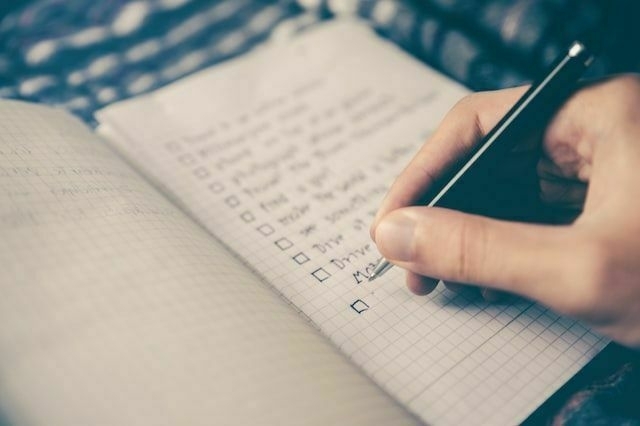
When we first went, neither of us were anywhere near getting through half of the obstacles, never mind about beating the wall. Only a few months later, he’s swinging from things, darting up cargo nets and has improved his balance and co-ordination no end. That’s not enough for us humans, though, our negativity bias focuses on the wrong things. Fixated on what we are still yet to do, instead of what’s already been done.
There is no better example of this than my task list at work. It’s constantly filled with things I need to do. Like the heads of a hydra, and as soon as I check one off, there is at least another to take its place. Which is fine, until a certain point where you realise you’re on a treadmill with no escape. It starts to feel a bit overwhelming and often leads to a lack of motivation. Pretty quickly, life could become untenable.
So let’s flip the thinking here. Instead of looking at the outstanding tasks, let’s look at the ones already checked off. Focus on a done list rather than a to-do list. Any time I feel a bit overwhelmed by what’s on my plate, not only do I remember there will always be more work, but also flip through my Bullet Journal and look at all the crossed off items.
From there, it’s pretty easy to frame this into a remarkable achievement, rather than a stressful nightmare.
I have a running joke with JFM about him having about 3 thousand different blogs. It is very much tongue in cheek because it works for him, but the thought of worrying about where a post goes is not something I want to deal with. I’ve written about the freeing feeling of having one blog before, but this path of the least resistance seems to be a universal law to help with almost everything.
There is something to be said about intentional barriers in the way of actions you would like to reduce, but for everything else, the easiest path is the way. As Ryder Carol, the inventor of the bullet journal, put it, “the more apps, the more gaps”. James Clear, writer of Atomic Habits, also defaults to one place to store everything. Otherwise, your system falls down due to the need to remember where you saved it in the first place. Defeating the whole point.
It doesn’t matter where that place is, but having things spread into multiple areas, or constantly moving them, is just a waste of time and effort. When I think about the amount of time I wasted looking at new note-taking, writing and task management apps, I shudder a little. My, and numerous others I see, constant need to look for something ‘better’ costs us dearly.

If truth be told, I could never find one digital place that ticked all my boxes. Instead of remembering the information, I had to remember where I put it. So to cut out all the wasted energy overcoming the resistance in my system, I reverted to perhaps the oldest tool known to man – a writing instrument, and somewhere to use it.
All the resistance is now gone because the only answer is in my notebook. Not only am I not worrying where to put things, but I also know where everything is, I can flick through my notebook and find the note I made with relative ease. My concern over previously being able to search digital notes has dissipated because I remember more of them anyway. The act of writing everything down and being able to read through them at any point means my recall is much higher.
It doesn’t really matter where your place is, but by having one place, you are doing yourself a favour. Reducing your cognitive load and giving yourself the best chance at achieving your desired goal. It might be getting tasks checked off, it might be saving ideas, or it might just be the occasional scribble. Take the right path and choose one with the least resistance. You’ll thank yourself for it.
Finished reading: Four Thousand Weeks by Oliver Burkeman 📚
This is one of the most life changing books I have read in a while. It has given me a new way of not just looking at my work, but also life itself.
good luck finding a time management system that makes any room for engaging productively with your fellow citizens, with current events, or with the fate of the environment.
There is an ‘anti hustle culture’ uprising going on at the moment. All of a sudden people are realising that we do not need to hustle through the best years of our lives and not leave room for things that make us happy. After all what is the point in living if not enjoying it.
Productivity is a trap. Becoming more efficient just makes you more rushed, and trying to clear the decks simply makes them fill up again faster.
There will always be more work. If you live in a capitalist society and you work for a company that holds the notion they are forced to grow, you are always screwed. Companies expect more and more from their workers, and getting towards the end of your list only leads to more tasks. It is only when you realise that you can only get done what you can the real freedom comes.
There is absolutely no point stressing about getting to the end because modern life is a treadmill you can never get off. Much like inbox zero only leads to more emails, all the modern productivity punchlines just lead to more work. By embracing the fact that the end will never arrive, you can relax, knock as many tasks off as you can and get some downtime.
in attempting to eliminate only the tedious experiences, we accidentally end up eliminating things we didn’t realise we valued until they were gone.
Many people must feel as I do that resting and doing atelic tasks are a ‘waste of time’. We are encouraged to squeeze every moment for the most return. A return on a later date that may never arrive.
Where’s the logic in constantly postponing fulfilment until some later point in time when soon enough you won’t have any ‘later’ left?
Using your time wisely is the best thing to do. But constantly using it for the benefit of the future is like a hoarder. Keeping everything just incase. The very definition of the word ‘purposiveness’ (using time well for future purposes) but never actually using it.
By trying too hard to make the most of his time, he misses his life.
there’s usually the unspoken fantasy that you might one day finally reach the state of having no problems whatsoever.
I find some peoples lives as if they are living a [[Provisional Life]] as if they are preparing for the one that comes next by doing all of these things. Confucius says “We have two lives, and the second begins when we realise we only have one.”
Zen teacher Charlotte Joko Beck puts it, it’s only unbearable for as long as you’re under the impression that there might be a cure.
I like this a lot to our struggles with Luice care. There is not solution or magic bullet to fix it, so there is no point fooling ourselves that anything is ever going to change.
The original Latin word for ‘decide’, decidere, means ‘to cut off’, as in slicing away alternatives; it’s a close cousin of words like ‘homicide’ and ‘suicide’.
This is why deciding feels painful sometimes.
It didn’t take Brown long to figure out that their pulsing sense of urgency was a form of self-medication – something they were doing as a way not to feel something else.
This quote from psychotherapist Stephanie Brown who had a practice in Silicon Valley on the 90’s hit me hard. Not being able to sit still and rest or enjoy a basic activity is a defence mechanism against being alone with yourself. This is an addict self medicating by distracting instead of intoxicating themselves.
keep a ‘done list’,
There is no better example of this than my task list at work. It is constantly filled with things I need to do. Like the heads of a hydra, as soon as I check one off, there is at least another to take its place. Which is fine, until a certain point where you realise you’re on a treadmill with no escape. It starts to feel a bit overwhelming and often leads to a lack of motivation. Pretty quickly, life could become untenable.
So let’s flip the thinking here. Instead of looking at the outstanding tasks, let’s look at the ones already checked off. Focus on a done list rather than a to-do list. Any time I feel a bit overwhelmed by what’s on my plate, not only do I remember there will always be more work, but also flip through my Bullet Journal and look at all the crossed off items.
A few weeks ago a read a post on Mastodon which in essence claimed you can’t do anything on a 256gb MacBook. Ha, I thought. I’m going to teach this person a lesson because I run the design department of my company on a 256gb MacBook Pro. Yet instead I just wrote about it in my journal and carried on with my life.
The truth is you don’t actually need a lot saved on your hard drive, especially in our modern world of Wi-Fi, and external storage options – but I digress.
My initial reaction was to dive in. Make a scene and put my point across. Which seems to be a typical human trait, believing that everyone needs to hear your perspective. We have a tendency to only appreciate the world from our angle. To frame everything with our life experience and give our option thusly. When in reality, no matter how much life experience we’ve had, we have very limited knowledge of the world.
Our ego leads us to believe that the way we see the world is correct. In fact, we need to also press that experience and opinion on everyone who has an opposing view. We suffer from what is referred to on social media as ’main character syndrome’. To believe that we have an over inflated self-importance in the world than we actually do.
To quote the title of the first epic novel by J. Truant “The Universe Doesn’t Give a Flying Fuck About You”. The reality is, neither should you. Let’s go all the way back to my example, I have no clue what the person making claims about MacBook HD sizes needs it to do. Maybe they can’t do anything with 256gb of space, but that doesn’t mean I have to tell them off.
Instead, I can just go on with my day and forget about it. The only reason wild generic statements like that feel offensive is because of you. Your ego is fooling you into thinking you need to prove them wrong. When your opinion doesn’t matter to anyone but yourself.
I’ve been thinking a lot about some of the things I do and understanding my motivations. I am uncertain if this is because I am nearing 40 and having some kind of crisis. Or that I have recently read 4,000 weeks, but I want to make sure I am getting the most out of the things that I do. Prioritising activities that I enjoy and being more intentional with my time.
Despite having two children to look after, a company to help run, and a whole range of relationships to manage, my life is packed full of activities. Both myself and my wife live out of our calendars whilst still maintaining time for our relationship. Enjoyment of our lives is at the centre of everything we do with our kids, so we like to think about the things I do, too.
I stated of course with writing because I do a great deal of it. Not just on my blog, but for my job, for my life and also just because I enjoy it. Either manual scribbling or typing on my keyboard, I love writing. The question always exists of “what is it for”. I scribbled it in my notebook a couple of weeks ago whilst musing other things and tried to come to some kind of resolution on why.

I am sure you will be saying in your head, “but Greg, you write because you enjoy writing”. Unfortunately, if you’ve read any of my previous posts, you may be able to already expect that a tautology is not good enough for me. I like to question things, and understand myself on deeper levels. When questions arise in my mind, I like to have some kind of reasoning to satisfy the curiosity I have about myself.
I make no money from writing. I don’t do it for clicks, although I do love the interaction it sometimes brings. Nor am I interested in any kind of sudo fame that some bloggers manage to achieve. Indeed, my motivation for writing is completely internal, if my intentions were to gain anything from it externally, then I would have put more effort into actually crafting the art and strengthening my skill by now.
Philosopher Kieran Setiya refers to atelic activity as one that its value is not derived from its ultimate aim (telos). This is a label that could, without doubt, be applied to my photography. I don’t go out with my camera to provide a result, I do it to see the world differently and enjoy the process. The photographs that are produced are a byproduct of the enjoyment I get from it. Although that hasn’t always been the case for me.

These thoughts gave me some reasoning around simply enjoying the process of writing instead of the result. I love writing out my thoughts and that is enough motivation to do it. Although enough of it takes place in private that hitting publish barely seems worth it at all, the process could be enough. However, much like the photos that make it to the end of my photography process, some enjoyment comes from ‘working in public’. Not for a kind of return, purely to share some of my enjoyment with others.
Dazné summed this up more succinctly than I. “I write foremost for myself. And when others find it useful, then that’s great too”. This whole post is me, coming to terms to with my mortality and wanting to understand myself better. If by doing this in public, with a typo ridden blog post, perhaps helps someone else than that’s great – but it’s not the motivation behind it.
This process has been helped along by what I read, both in books and online, and my reading list has a strange way of surfacing thoughts just when I need them. If my posts do that for someone else and help them understand the world or themselves, then all the better.
For those that are not aware, the arrival fallacy is a psychological idea that once you get to a certain place, things will change. There’s a tendency for this to be applied to happiness and usually with purchasing things, but it can be applicable to all sorts of areas. It doesn’t have to be a specific place, it can be a certain level of money you have, and particular time or just a change in situation.
The overriding realisation is that when you do arrive at this place, nothing changes. When you achieve this mythical place, you realise that all the feelings you have angled towards it have been misplaced. No thing, feeling, or situation is going to change your outlook on life nor your position in the world.
Despite knowing about this fallacy for years, I still have a tendency to trick myself into believing it. My subconscious hides away my true motivations and I can become fixated on certain things to change, often non-related things. An easy to explain example is photography and gear acquisition syndrome (GAS). This is a very common thing for photographers, particularly those early in their experience.
GAS tricks you into thinking you need to buy an expensive camera, or high-priced lenses because then you will be able to take great photos. “Just like the people that use it do” you whisper to yourself clicking the buy button, when in fact you should just be out shooting and learning. I had this bad until I stripped everything back and changed my outlook.
I do this with all sorts of things. Notebooks weirdly are my current obsession, and they are all the same right, but that doesn’t stop my brain from fooling me. Convincing me that I need to order this one and that one. What exactly am I going to do then? Write more notes? There’s no arrival, there’s no trick to getting to the places you want to be. Like a children’s story, the magic is in you all along.
You don’t have to tell Me how popular Field Notes are. I buy enough of the to keep the company in business on our own. This has built up over time due to their simple yet elegant design, functionality, and affordability. Not only are they perfect for jotting down notes, ideas, plans, and important information, but they also make great gifts for the stationery lovers in our lives.
Their pocket-sized notebooks are perfect for carrying around, whether it be to a meeting, class, work, or lunch. Their colourful covers make them instantly recognisable, and the fact that they come with helpful features like a ruler and page marker means that they are practical and versatile.
Moreover, their recycled materials and recycled paper option make them both environment-friendly and cost-efficient. They are made by people that really care, making sure they produce the best possible quality at a reasonable price. With each purchase, you are getting not just a purchase to last, but that warm fuzzy feeling that they are made ethically and responsibly.
Field Notes co-founder Aaron Draplin has been collecting memo books for years, and recognises the importance of a pocket notebook. He has his team have created a company that has captured the hearts of Field nuts like us by concentrating on prosecuting great products. See their ‘From Seed’ video below.
The wide range of options allows you to find the perfect notebook for your needs; from the classic notebook to the specialty journals and planners, there is something for everyone. With such a great variety, it can be hard to choose just one, but that’s the beauty of it – you can choose the one that best suits you.
Overall, Field Notes Notebooks are an excellent choice for those who are looking for a simple, stylish, and affordable notebook. With so many great features, it’s no wonder these notebooks have become so popular – and with good reason!
This app is niche. It only works for micro.blog so all of these words I write will only be applicable to a tiny section of readers – but that doesn’t stop this app being great. It really is the perfect micro.blog app and adds in lots of little features to make the experience much better.
Developed by Vincent Ritter, one of the developers working on the micro.blog platform, Gluon ads on top of the service in so many useful ways. He uses his opinionated but thoughtful skills to craft a whole range of services, such as Sublime adds and Shoutouts, meaning Gluon is no exception.
What Vincent has done is add in features that really help users of micro.blog out. By listening to the community, he’s able to not only work on the service as a whole, but also build an app to service its users. Features such as customising the way the timeline looks with colours and fonts used mean that you can really make the app yours.
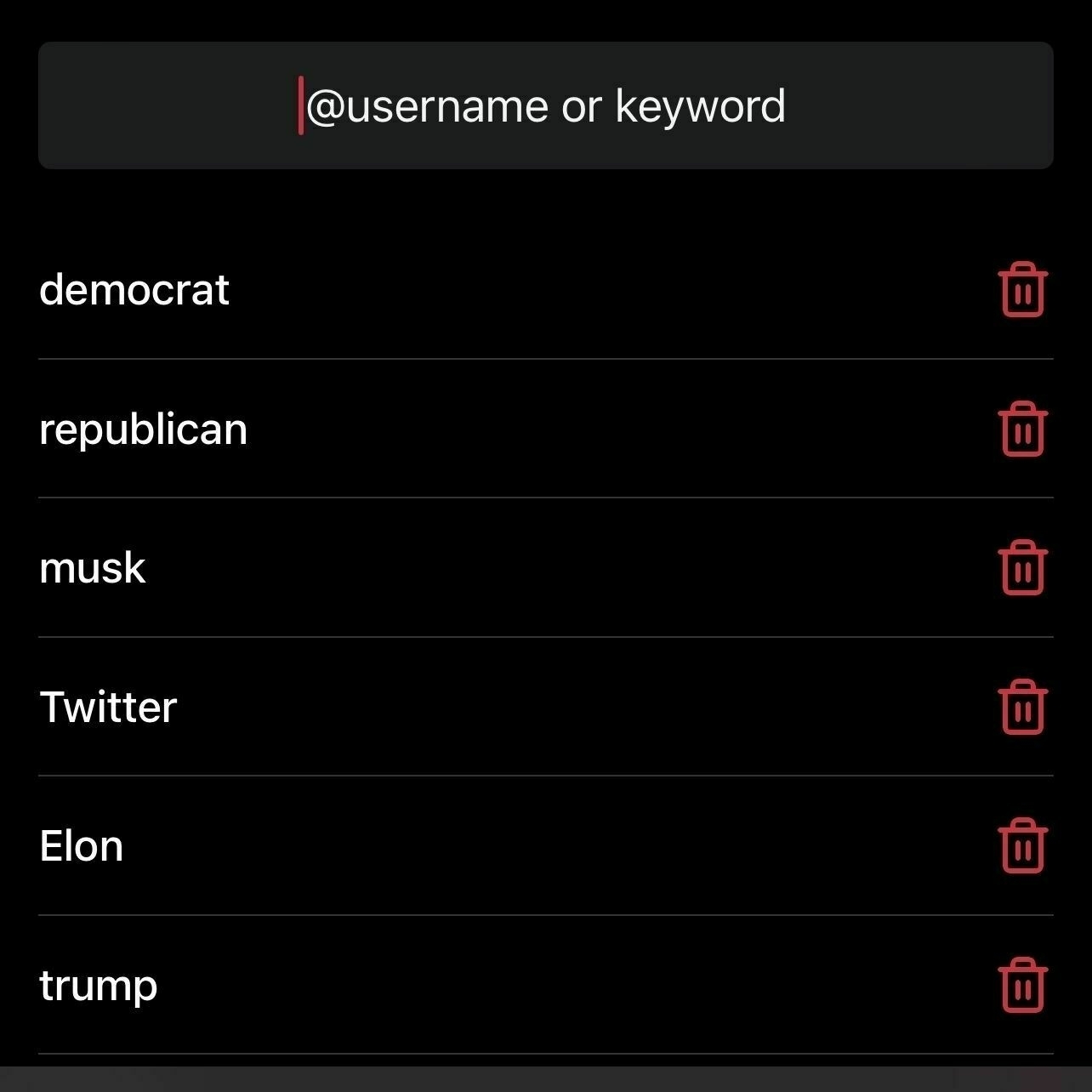
Two big features really stand out though. Gluon adds in the ability to mute keywords and I couldn’t be happier. I have struggled with the option to filter out things, particularly American politics, right from the start. An issue that was further exacerbated by being able to follow Mastodon accounts. With Gluon, there’s no more politics in my timeline, nor endless posts about Twitter. Whatever it is that you would rather not see, Gluon powerfully filters out these posts and makes it a much better place to be.
Secondly, Gluon can reply to all. You don’t realise you even need this option until you are involved in an interesting discussion. You are stuck going backwards and forwards copying usernames, whereas Gluon does it all for you. With the added option of removing people from the reply. Sounds so simple doesn’t it, but it’s so helpful.
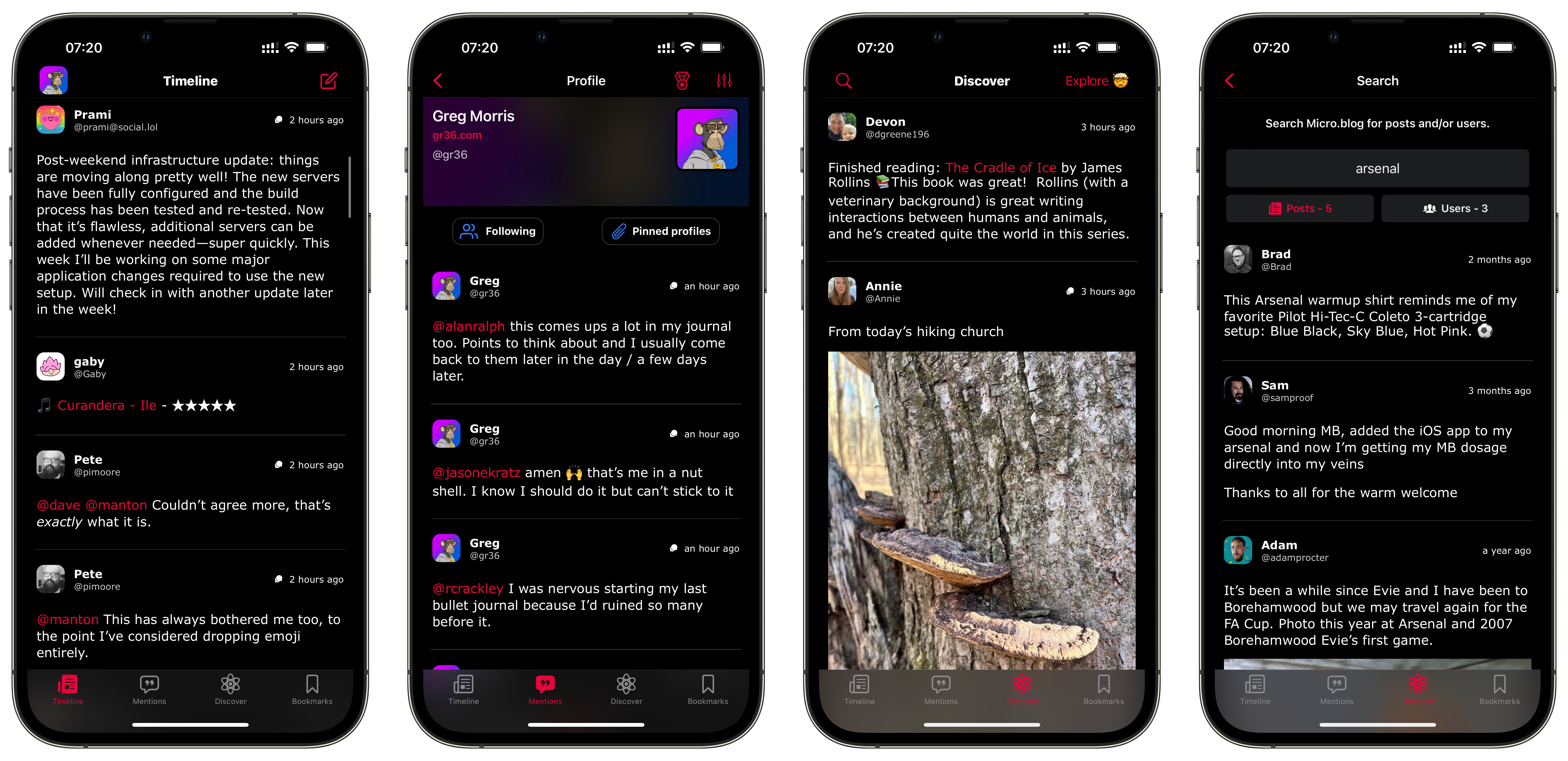
Gluon also has all the expected features like the official app, but with much more customisation. The controls and navigation of the apps are intuitive and well thought through. The simple interface allows you to reply or see the conversation by swiping the post, and four tabs at the bottom get you to the places you need to go.
There’s something about Gluon that I really enjoy using, and although the 3.0 update of the official app looks great, Vincent’s app seems to be constantly improving. It makes the micro.blog experience much better for me, and I really appreciate its development.
Whenever I am ready to start a new notebook, I get scared. Particularly if it is a nice one. I do this dance with myself where I make excuses not to start it because I would rather not ruin it. Of course, I do eventually start writing in it, and within a very short time it is battered and bruised like all my other ones. Doing its important work until the cycle starts again.
I love notebooks. I always have, even before I was a serial notetaker, I loved the idea of having loads of stationary and filing it up with thoughts and ideas. This hardly ever became reality because I never knew what to write to give this delightful new notebook the excellent content it deserved. My hand writing sucks after years of typing everything up in academia and publishing explosively online. Seriously, it’s embarrassing.
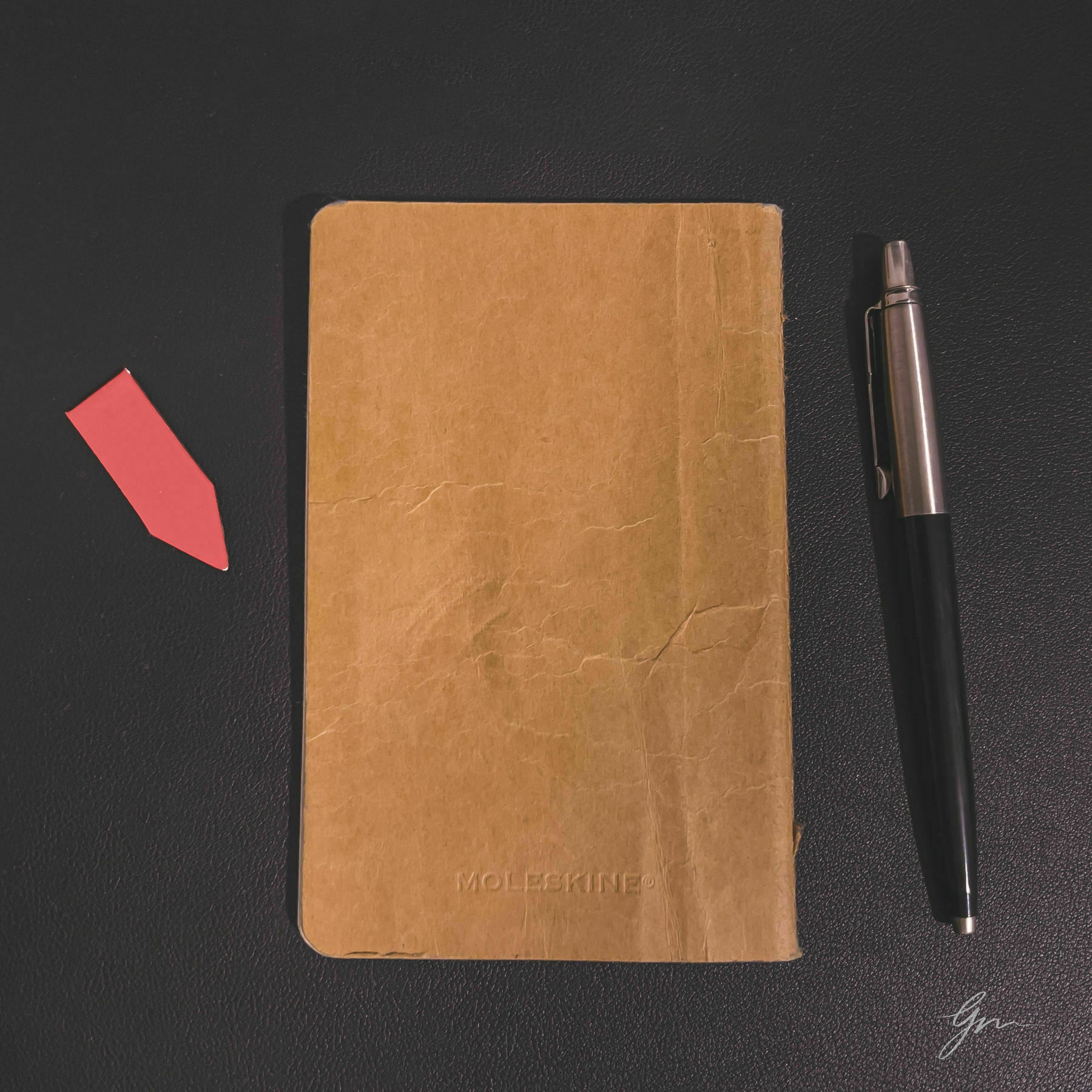
These feelings of dread are not exclusive to me. I read numerous posts about people spending money on notebooks and not knowing what to write in them. Worrying about making the perfect Bullet Journal setup (me), or wanting to supplement their notes with cute little doodles but not actually being able to draw (also me). When the only thing you can do it ruin it, and do it the justice it deserves.
Matt Christey shares these feelings, with a bit of animosity mixed in. “I hate new notebooks. They’re too perfect. Especially when the paper is nice” he says before systematically ruining a page of every new notebook he buys. By creating one intentional fuck up, this allows him the space to fill the rest of the pages with things that might not work, but won’t be as bad as the ruined page.
Starting a new notebook is a bit like standing on the edge of doing something dangerous. There’s a mixture of “I better not mess this up” with a realisation that you actually need to use this thing. As I said the only thing to do is get on a ruin it. A new notebook is made to be used and abused by its owner, otherwise what’s the point?
This question is one of the most common searched for terms and also asked in various ways all over social media. It’s an understandable one, people are fascinated by their dedicated fans. Unfortunately, it is also a question that doesn’t really have a straight answer. Different people like Field Notes for different reasons, but they can usually be summarised by the following.
Numerous people really enjoy using analogue things, with the use of more tactile products increasing year over year. As such, the way Field Notes acts and feels is critical, and many people agree their quality is great.
This is subjective. Many other brands such as Moleskin have excellent paper too. However, quality often comes out near the top of reasons people like Field Notes notebooks. Their paper is thicker, whiter and nicer to touch than many others.
People love to collect things, and Field Notes produce quarterly editions that are limited. They feature an entire range of things including Great Lakes and National parks, as well as often being bright and bold.
Once they run out, they are never printed again and people love that they own a small piece of history and often keep them stored away. You can now even subscribe to make sure you get all the quarterly editions straight to your door.
< bookmark most popular subscriptions >
Field Notes have built a brand that people respect and admire. They are not a huge, all encompassing conglomerate, they care about what they make and the people who use them. Often creating editions that give to organisations and events, as well as reflecting a caring personality.
People like Field Notes because the brand represents who they are as a person. The brand works hard to create a look that feels nice and people love that.
Not often big on the list of a company that makes paper notebooks (and a few other things) but they have often pushed things forward. Editions like the Expedition, which is almost indestructible, show the care, thought and investment that goes into marking Field Notes notebooks.
It’s clear that Field Notes have built up not just a brand that people love, but a quality product that is worth the investment. They usually cost a little more, but really put the effort into creating a product that people rely on. Many people like Field Notes notebooks and simply wouldn’t use anything else.
Om Malik writing about context:
Try and find the context. Wherever you can ask as many questions and may slow you down in being able to make a decision that may slow you down and being able to form a take, but maybe that’s a good thing. Maybe we shouldn’t have an opinion immediately. Maybe we should wait and see what happened. See what the context is.
The amount of times that I’ve mediated a disagreement that is purely because of the failure to understand the context is far too many. Especially when everything nowadays seems to be written down, the context of the words read can be wildly different than the ones written.
I am not sure what the cause is, but there seems to be a distinct lack of understanding that other people might not think and act like you do. There’s definitely some main character delusion going on in the modern world and people can’t see the context and instead seem to look for the argument instead.
When all is said and done, I am not a very good writer. I’m a consistent one, a passionate one, and I’m much better than I used to be. I am still not good at it when compared to people that have spent time crafting their art. That have spent time learning the ways of writing and growing their vocabulary to communicate with ease.
The truth is that anyone can write something passable with enough time to do it, but it takes years to do it well. This is one of the reasons that AI tools like ChatGPT can engineer some words on a page, but can’t communicate the point clearly and passionately. They are pulling in words that have already been written, working out which ones most likely go together given the subject, and churning it out. It gets it right most of the time, but will never fully replace a gifted writer.
When students arrive in college, they don’t see writing as a medium of communication … They see it as sort of this engineering task that they’re then going to present to us as examiner and hopefully have us say, ‘Yeah, you did it right.
Above is a quote by English professor Jim Warren, who teaches writing at the University of Texas. This quote sums up perfectly what most people think writing is, a sort of puzzle that can be solved by just placing the right words in the right order. Which indeed it is, in the same way beautiful music is just the right notes in the right order.
It might be technically correct (it also might not be) and covering all the basic points, but anything produced by the current level of AI tools is hard work. It is often painful, repetitive, and boring. Don’t get me wrong, this could just be a matter of time and computing power, but something tells me that good writers will never be replaced. As I’ve written about previously, creative work is about to be changed forever, but many of the work that is due to be replaced can’t be engineered.
Field Notes notebooks are some of the most popular notebooks used by creative professionals and students alike. The company has been producing notebooks since 2007 and has grown in popularity since then. They offer a wide range of limited edition notebooks, which are released quarterly. These editions are highly sought after and often sell out quickly.
The most popular editions of Field Notes notebooks include the National Parks, Expedition, and Great Lakes series. These editions feature unique covers, interesting paper stocks, and special features like gussets, pocket notebooks, and more.
The National Parks series features some of the most striking designs to date. There are eighteen Memo Books all together in six different 3 packs. These all feature an American National Park uniquely, so if you want them all, it will cost you a fair amount.
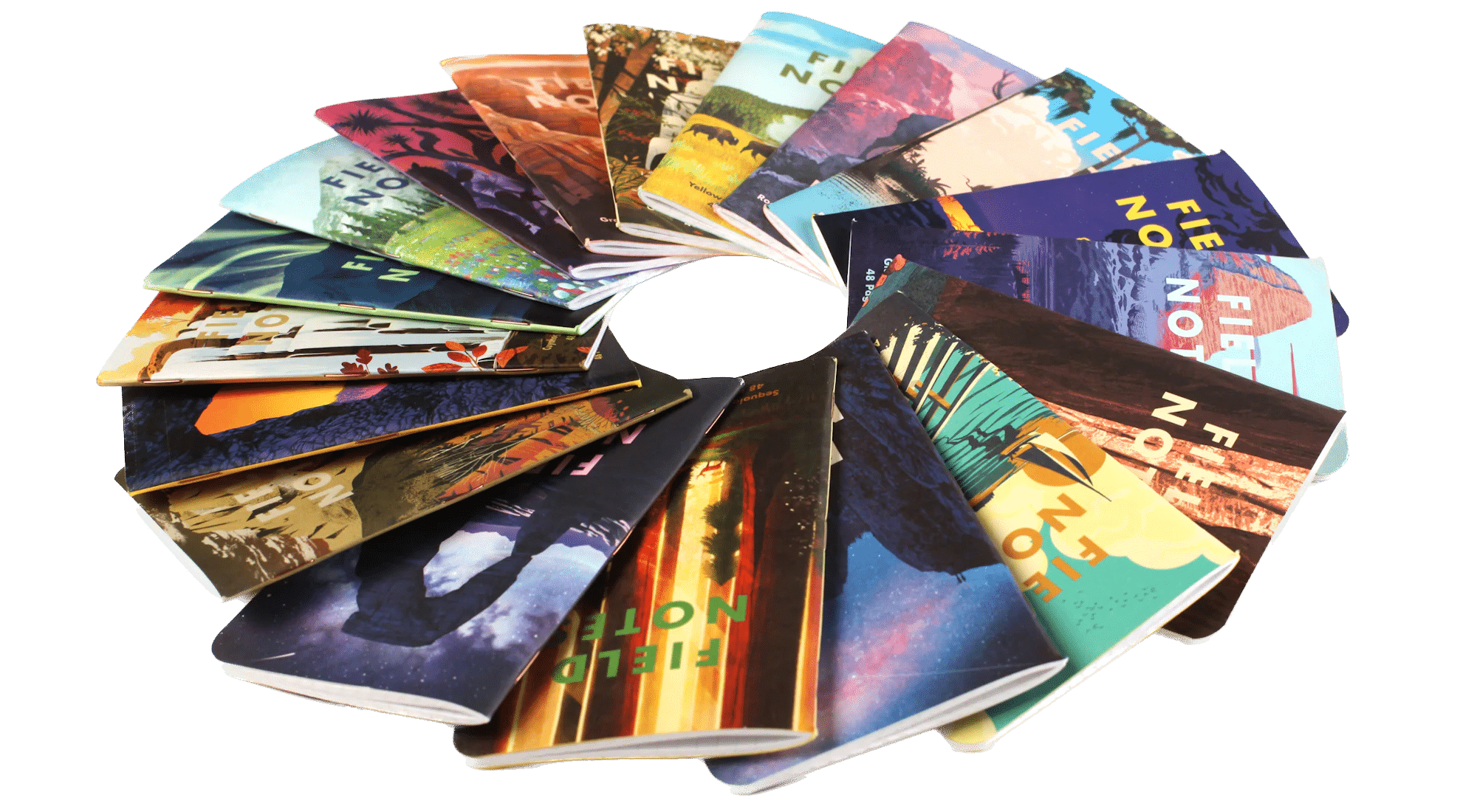
The Expedition series has a unique orange cover design, but that’s not all, it is the only edition of Field notes that is waterproof. In fact, it’s just about indestructible. Made from Yupo Synthetic paper, you can’t even tear it. These revolutionary notebooks have even been to the South Pole!
The Great Lakes series features a unique cover design with a blue tint and outlines of America’s Great Lakes. This set of five Memo Books each feature Lakes Michigan, Superior, Huron, Erie, and Ontario. With information about that specific law inside the back cover.

Each of these editions has a unique look and feel, making them popular among Field Notes fans. They are also highly sought after, sell out quickly and are not printed again. So if you’re looking to get your hands on one of these editions, it’s best to keep an eye on their blog and act fast!
Images from fieldnotesbrand.com
Have you ever wanted to choose between two quality pocket notebooks, but were unsure of which one to go with? Moleskine Cahier and Field Notes are some of the best notebooks in the market, but which one should you go for? In this blog post, I will go through all the details, so you can make an informed decision when it comes to Moleskine vs Field Notes.
Both Moleskine and Field Notes are great choices when it comes to notebooks, and they are some of the most popular options out there. They have their similarities, such as their well-made nature, as well as their differences. Moleskine offers a wide variety of sizes, while Field Notes only makes pocket-sized notebooks. Moleskine’s covers come in hard, soft, and cardboard, and it has a few types of paper, whereas Field Notes has only one type of cover and different types of paper.
When it comes to size, Moleskine offers many more size options and is the better choice for those looking for larger notebooks. We use may of them here in our writing cave. Moleskin do sell a small version Cashier, which most people compare to Field Notes. The single, pocket-size option, is perfect for those who need something to fit in their pocket.
As for covers, Moleskine offers three main cover options: hard, soft, and cardboard. These are usually sold in block, but particularly with the pocket sized version they do come in blue and a cardboard style brown. If you forget about special editions, Field Notes offers only one basic cover, a light brown cardboard cover similar to a brown paper bag. For a little more money, you can buy Field Notes with in special edition covers, which is what most people really value in the brand.
Both brands have great paper quality and work perfectly with ballpoint pens and pencils, although Moleskine’s paper is a bit yellow and Field Notes' more white.
If you’re looking for something with more variety, Moleskine is the right choice for you. But if you need something that’s small and flexible, Field Notes is your best option. So, when it comes to choosing between Moleskine and Field Notes, it all comes down to what you require in a notebook and what both companies can offer you. Consider the size, covers, and paper types to find out which one suits your needs the best.
I’ve started and failed to make notes like I’m told to do by all the productivity content creators out there. It was first Roam Research, then Obsidian (more than once) and most recently Apple Notes. I could never quite put my finger on why because in the few weeks I do manage to keep it up, it really helps.
In the book Happy, Sexy, Millionaire Steven Bartlett discusses his colleague Sophie. She’s a serial gym starter, except she never gets there, she just endlessly talks about going and never goes. As Steven soon concludes, that’s because she doesn’t really want to go to the gym, she wants to be the type of person that goes to the gym. She likes the thought of being fit and healthy, but doesn’t actually want to put in the hard work.
Bringing this back to my serial note-taking thoughts. Do I actually want to take notes to help my creative flow? Or do I in fact just want to appear as the type of person that carries around a notebook. An example that people talk about when they discuss note-taking or people that journal. Is my ego the driving force here instead of my motivation to improve my life?
There’s an important distinction to make here. Because I am certainly not really motivated to ditch my smartphone, but my ego wants me to be the type of person that doesn’t have one. For it to be a personality trait that might make me a bit more interesting than I actually am. The motivation to do things is a strange and often mysterious thing to work out. One that strangely I have come to realise through journaling and being more aware of my thoughts and feelings.
There are numerous things that I want to do for one reason or another, but many that don’t stick around very long. Perseverance only goes so far, even when you are really motivated. The underlying root of those things remains important so as not to waste time or effort, but some things are worth the effort.
There’s a lot of talk out there about AI and the future of this, that and the other. The opinions range from creative work is doomed, to “no, this is fine” and many more somewhere between. I am sure you’ve read loads of hot takes – well, here’s mine, and it’s a bit different from most.
I am a creative worker. I run design, marketing, and content for a business and I have been doing it a long time. I’ve seen things come and go, trends grow and fade. The use of AI in, well, absolutely everything, feels different. There’s a reason people are both fascinated and terrified at the same time because this really will be a drastic change. I feel as if we are seeing the next phase of technology evolve before our eyes, and there is a lot to look forward too.
There are some logical fears as well. A genuine worry that platforms like GPT will remove the need for writers, reporters, and even artists. That individuals who have spent years learning their crafts are going to see their job opportunities disappear overnight. The reality is that we are still a very long way from that, but there is a cause for concern.
Undoubtably, some organisations will replace their creative workers with AI. Those are the organisations that are not in their field for the good of the world, just to turn a profit. A bot has been able to cobble together a blog post, or a factual news article for a long while, albeit with a lot of oversight and correction, but as technology improves so too will the output. Those that straight away lean on these tools are not the type of organisation you want to be working for anyway.

Those that view a person with experience as expendable, to be replaced by code, are using you as a tool already. They are simply upgrading their tools to the newest available, like a business would anything else it owned. Thankfully, they are still going to need people to do the work for them. There will become a whole market for those that can interact with the AI to create the best possible outcome – and that will be the new creative market worker.
By using the experience from creating, the new creative worker will learn to use AI to make their job easier, rather than resit and lose their job entirely. Crafting prompts and detailed instructions for the AI, putting them together and checking them over afterwards. You may be getting Midjourney to illustrate the hero image of a blog post about Twitters new crisis, written by the latest iteration of ChatGPT. Tweaking the prompt and output as you go to reflect the tone you require and elicit the correct emotional response.
You might be the editor of an online magazine that is prompted to cover a specific company because the traffic would spike. Or an SEO consultant that can use AI to scan a website and improve its ranking based on data from all the readers from the last year. Whatever it may be, you will rely on AI, so embrace it now. There will be reduced need for workers, there’s no getting around this, but those that skill up will become the new full-stack developer unicorn.
Sure, anyone can type into a prompt box and get results. Anyone can search Google and find what they are looking for. It is the next step that yields better results. Knowing the keywords and short codes that will find exactly what you require in a faster time. The new creative will be one that speaks to a developed AI instead of a dumb algorithm.
Charlie Warzel mentioned in his excellent piece yesterday that there is already a growing market for those individuals that can coax the very best results from the AI tools available. Being able to sell your understanding and ‘speak’ to the AI tools available is already a viable income. Like the jump from film, to digital and then into the Photoshop era pissed off photographers who didn’t evolve, so too will AI if you’re not onboard.
As a means of follow up to my post in early 2022, I decided to think about my subscriptions yet again. I’d like to say that things are different now, but it seems worse. Every service seems to have changed to a subscription and those that have already seem to be hiking the prices, some by quite a bit!
There have been some adjustments in my usage and also returns of apps I ditched.
Ulysses - still my favourite wiring app, don’t see this going anywhere, perhaps ever.
Adobe - Still don’t pay for it technically, still essential. Nothing will ever replace it, but it costs a fortune. Not interested in replacements.
Brain FM - Never ever giving this up, gets more work done than any other subscription I pay for.
Micro.blog - I was experimenting last year, and this year it’s my blog. Love this service.
Day One - Canceled this last year, but I’ve started journaling in a big way, and it has quickly become a must-have.
Apple one - replaced with the family plan following the price increase. Don’t use News nor Fitness+ so saved £120 a year.
Digital Ocean - Still acts as my playground a little and hosts gregmorris.co.uk, but may ditch this later in the year.
Pocketcasts - Replaced with Overcast, purely to save a bit of money.
Netflix - Very little on that make the cost worth it any more.
Headspace - Still meditating, but doing it with some Brain FM background noise. The app became a real chore to use and far too busy.
Over the last couple of years I have become really aware of the subscriptions I sign up for and the value they give. I’ve cut around 10 out and saved no end of money. I agree that developers should get the money they deserve but the costs of some really put me off. Glad I did the experiment and cut down my spending.
Over the last few months, I have had a few questions in my working life on how I stay so focused. I have made myself a fairly rigid routine, particularly when working in the office, of putting my headphones on and pumping out work. The weird reason I’m able to do this when seemingly everyone else chats or bangs away answering emails is my acceptance of how distractible I am.
We all have a section of our brain dedicated to instant gratification. People often refer to is as our chimp brain, Dave Brailsford calls it our Lizard brain, it’s the part of us that isn’t interested in anything but itself. It urges you to stop when you’re exercising, it talks you into another slice of cake, and it keeps you scrolling social media. Whatever it desired, if I am not paying attention it’s in charge.

The great thing is I have realised this and put things in place to stop it. Trained myself to quieten it down in certain situations and removed the temptations it loves. Once my headphones are on, and I’m listening to Brain FM, I’m pushed into a kind of flow state and it doesn’t stand a chance. My phone is out the way, I’m in Work Focus mode, and there’s nothing but a notebook by my side.
There are no superpowers going on here. It seems like everything in our modern lives is made into distract us. So, you need to remove them. Phones, apps, web browsers, whatever it is, before long your monkey brain will get its way and whisk you away. Simply by recognising how distractible I am, could I begin to combat it. As soon as I feel the itch I recognise it and push it away, and if it becomes too much I tend to have a walk around for 5 mins. In this time it important to be disciplined, I wouldn’t dare look at my phone!
There is a new word I learnt a few weeks ago – compersion. It’s vicarious joy, associated with sexual pleasure (Louis Theroux taught me it before you ask). It’s used mainly in talk around swinging and polyamorous relationships. However, that’s not what I want to discuss (thank god) but it does relate to what I think my calling in life is.
I struggle to see the point in life. For many years of it I have been in pain and for a long time have questioned what the end goal is. I’m a creature of habit and strive for structure and routine, but often feel like I’m living in a never-ending cycle looking for the exit route. Endlessly searching for the point in all this, and maybe because I’m getting on a bit I’ve started to look harder.

This has been the topic of my journaling and my notes. I’ve been reading and watching so much about the topic that Google must think I’m having a breakdown. Perhaps I am, but I think I’ve cracked it. I think the whole reason I am here is the vicarious enjoyment I get from improving other people lives.
I’ve become a little obsessed in leaving a legacy. I won’t be able to leave trust funds or investments, I just want to leave behind memories of a great guy. When I’m gone, I want people to think “he was a great guy that Greg”. That’s it.
I enjoy other people trusting me enough to come to me for advice. I love going out of my way to help people with chores or issues or anything really. I get my kicks from seeing other people smile. If there is an all powerful creator they 100% put me here to help other people. Sure, I get enjoyment from technology and other stuff, but improving other people’s lives is my drug!
I think I’m doing a pretty good job, but there’s always more to do. Perhaps now I know myself a bit more, I can go even further.
Yesterday, myself and my wife celebrate 14 years of being together. It’s not as long as some people, but we’ve been so far together that it feels like a lifetime. We’ve had ups and downs in our time together, but we’ve always remained strong and grow closer together all the time.
I know everyone says this about their other half (maybe not everyone) but I feel so lucky to have found her. We are in many ways polar opposites, a minimalist vs a maximalist, but seem to be the Yin to each other’s Yang.
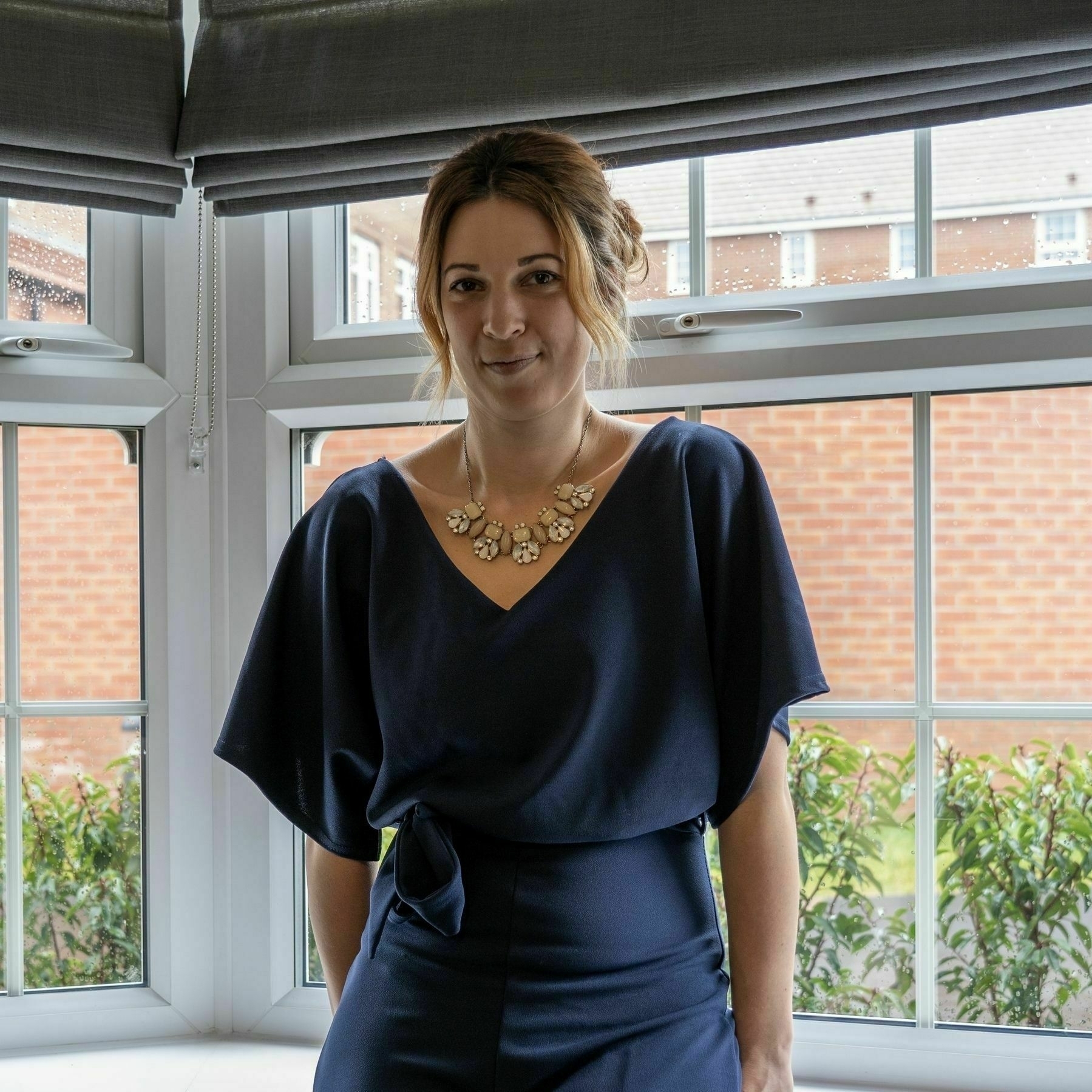
It’s not all ups in fact, we’ve had a lot of downs, but we deal with the downs together. Raising two wonderful kids, dealing with all of Lucie’s hospital appointments and social care needs as best we can.
The best thing is that my wife makes me a better person. That’s all I can wish for in a person. Someone that loves and cares for me, but also challenges me and pushes me forward. My biggest fan and also the person who keeps me grounded. I love this woman with all my heart. ❤️
MagSafe has allowed more innovative things to come out than I imagined. It’s become more than the pointless plug that was introduced alongside the iPhone 12. Apple built a pretty great range of accessories. It’s bound to be improved upon over the years, but before that happens, can we please go back to the iPhone battery case.
Before everyone yells at me to tell me how horrible it looks, I get it. It was ugly, heavy and a bit of a nightmare to get in your pocket – but the iPhone battery case sold alongside iPhone from 7 to 11 was an excellent solution. It is an exceptional application of function over form and far exceeds the usefulness of the current MagSafe battery.

For around £130 you could boost the battery of your iPhone by around 80%. This depended on your usage, but by using one on my iPhone 7 I could double the battery life easily and also have a case around my phone at all times. Admittedly, this wasn’t the nicest case in the world. Made from a very grippy rubber that seemed to pick up pocket lint like it couldn’t bare to be away from it – it still kept your phone protected.
The MagSafe battery pack in comparison costs around the same as the old battery case, but doesn’t function nearly as well. Arguably it is a more elegant solution, you can slap the battery pack on as and when required instead of carrying around the battery all day. With the MagSafe magnets keeping it attached to the back of your iPhone 12/13 or 14. However, in reality it barely clings to the phone, and you have to handle it with care to actually keep charging your phone.
There is no case to keep the battery pack attached to the back of your phone, leading to loss of charge and a much less economical way to charge your phone. By using wireless charging to charge the phone instead of the Lightning method used by the battery case, the MagSafe battery pack gives you around another 40-60% charge. Possibly more, but the rate and level of charge is dictated far more by phone usage and temperature.
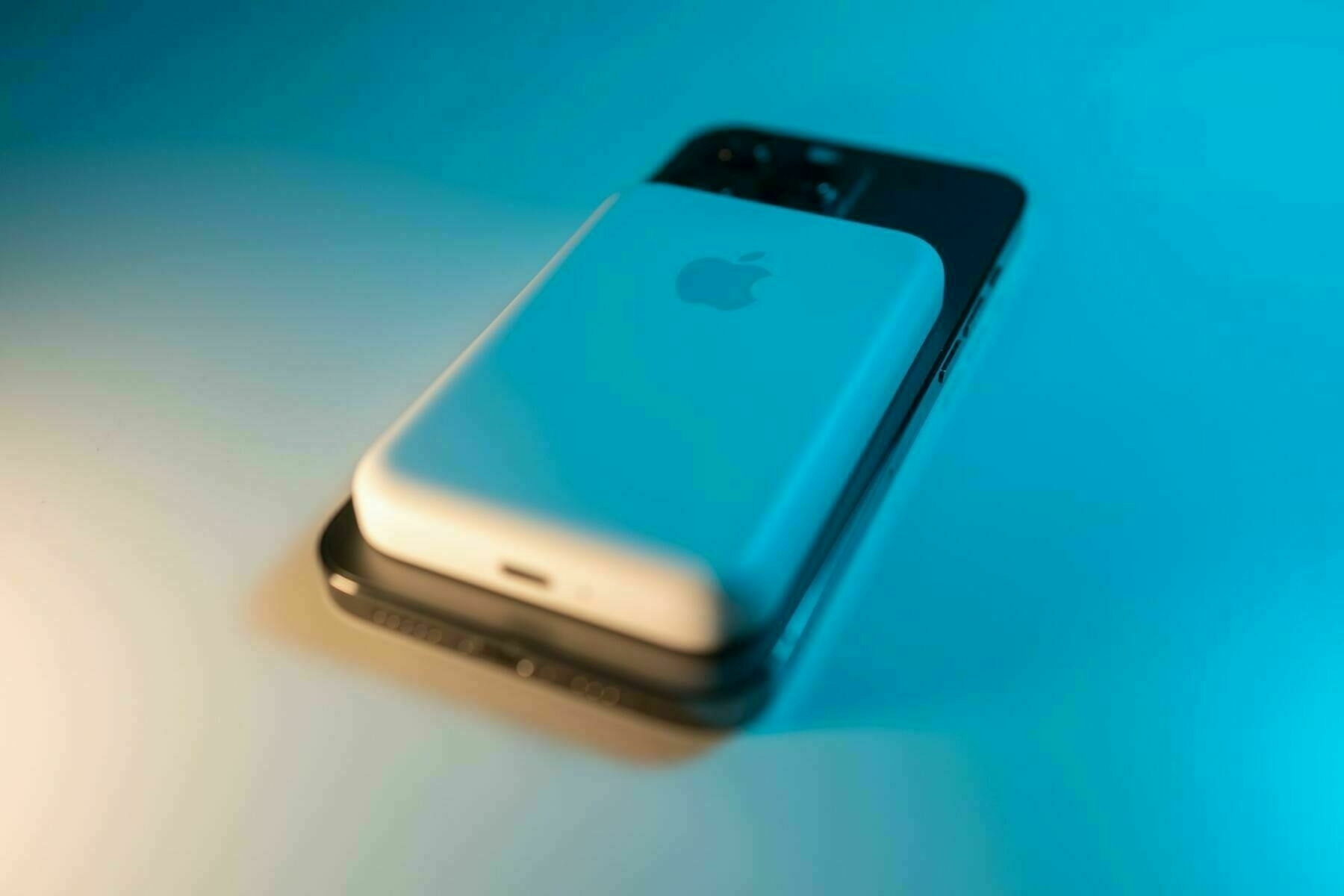
Should you need to recharge your MagSafe battery pack, it needs to be plugged into Lightning, thus kind of defeating the whole point of it. You can’t wirelessly charge the wireless battery, but you can charge both at the same time, albeit very slowly. The battery case does require the same Lightning charging, but charges both your phone and your battery at the same time and much quicker than MagSafe. With no issues with loss of connectivity nor heat.
I also think the case is a much more pleasing solution than the white battery stuck to the back of your phone. The battery case was not the nicest looking case in the world, far from it, but the MagSafe Battery is much worse. It doesn’t fit to the back of the phone very well and, although it arguably looks OK on an iPhone Mini, it looks ridiculous on the iPhone Pro Max versions.
What they both do have going for them however is excellent support built into iOS itself. Being able to see the charge of both batteries at glance makes them both much better options than many third-party versions. If Apple sold a separate case to fit over both phone and battery pack, the MagSafe battery would be much more usable, but frankly they should just go back to using the battery case full stop.
I know what you’re thinking, yet another put down post for my pet hate social media site, but no. There’s some praise this time, kind of. The truth is, there is nowhere else that’s quite like Twitter. I can muse all I like about what brands should be doing, but if you’ve got an issue, and you want it resolving – doing it in public on Twitter usually gets results.
For the last few days, I’ve been trying to get my company sorted on a business plan with Craft. It’s not my favourite app in the world, but I tried loads with the team, and it was the most rounded for what we needed. Unfortunately, the sign-up has been less than smooth, so I reached out to them via their preferred email method and waited. Two days passed by, and baring in mind I was waiting for to spend money, I received no reply.
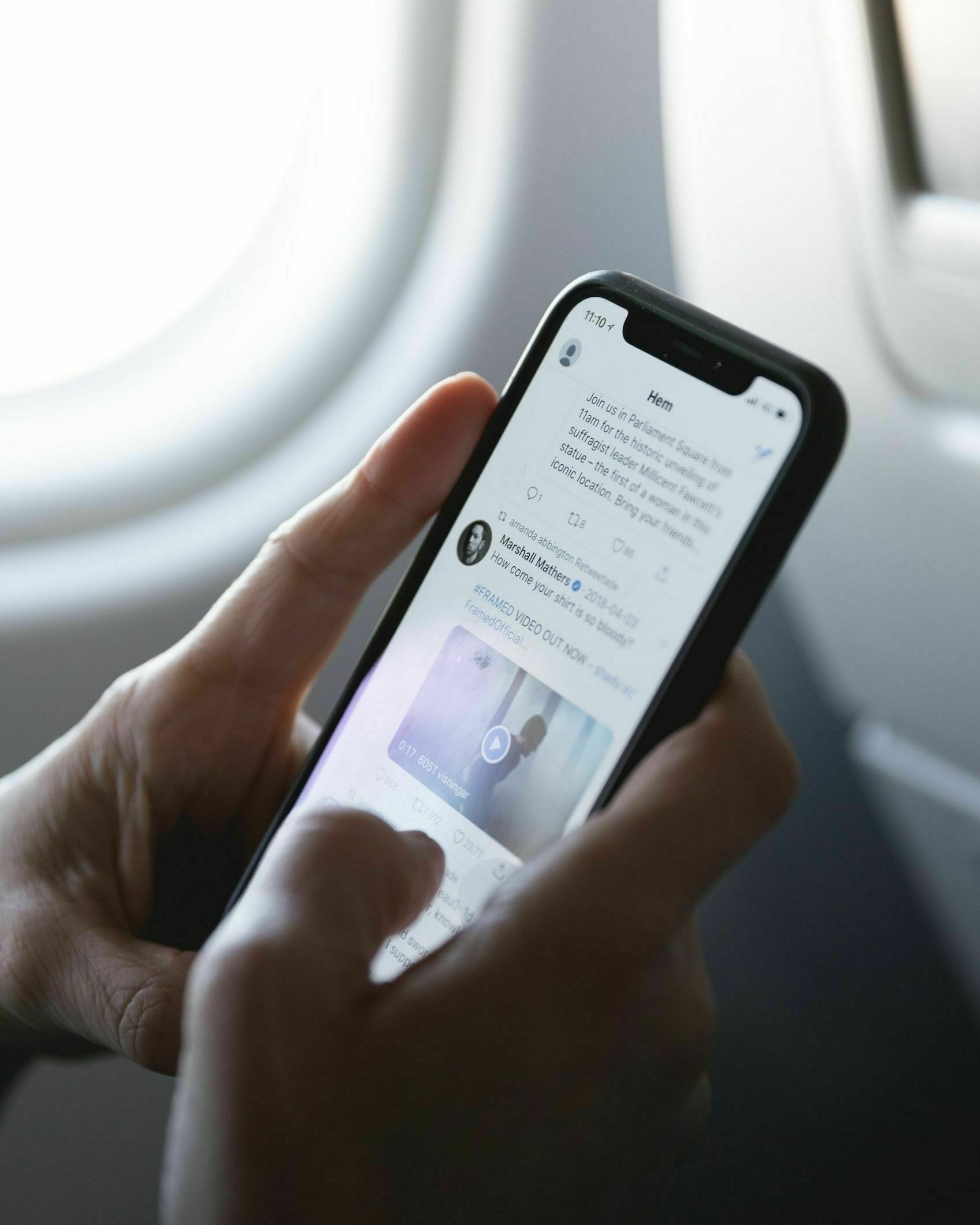
There is something to be said about my confidence levels in their product now, and I’m frustrated. So, I did the only thing I could think of, logged into Twitter for the first time in months to tweet at them. In minutes, I have a reply from the co-founder Viktor and an email address to contact him.
The issue is not resolved yet, and I’m not far way from walking away instead, but this shows the power that Twitter has. Nowhere else can you do this with brands and get your issue sorted. This isn’t unique to Craft, I’ve done it numerous times over the years and sorted numerous issues all on Twitter – via a quick tweet and usually a follow-up by DM.
The chance of this being possible on Mastodon is frankly slim to none. Although I still hold up hope that the same activity could be replicated, I think that we would have started to see movements by now. There’s just something about Twitter that, I doubt, could be replicated elsewhere.
Josh Ginter shared some thoughts on returning to Plus Club:
The Pro Max’s larger, more comfortable keyboard means I can bang out responses a little quicker and hone in some of my more focused Mac-time to truly productive work rather than email responding.
Should I believe that everything happens for a reason, I would start to think the universe wants me to have a big phone again. Over the weekend, I had a long chat with good friend Daryl Baxter and talked about an iPad Mini for content consumption. Only after remembering the price of the new mini did I consider the potential benefits of having a bigger phone instead.
In my self reasoning post from 2021 I argued that if you want one device the biggest you can get make sense. There are huge advantages to have a big phone for typing, watching content and interacting with it – most people only see the downsides. Which tare considerable when you consider the weight and sheer size of the Max models of iPhone.
With that said, I used the 13 Pro Max for most of last year and enjoyed being able to type out blog posts easily, edit photos enjoyably and generally get along a bit better when I needed to use my phone. It’s when it’s not in use that the downsides become obvious. That budge in my pants is the camera bump, I’m not pleased to see you!
As I become more reliant on my Apple Watch and only have my phone on me when it’s unavoidable, it makes sense to have the best one that does the small tasks well. Writing, reading, watching a film on the elliptical all lend themselves to jointing the Max Club again.
Damn it, I think I just talked myself into it.
I’ve tried several times to articulate my feelings on Readwise Reader, but failed every time. Sometimes frustratingly so because I think a lot of my problems relate to things I feel when using it. Don’t get me wrong it works great, and some features are really well done, it just doesn’t feel like it wants me to enjoy reading.
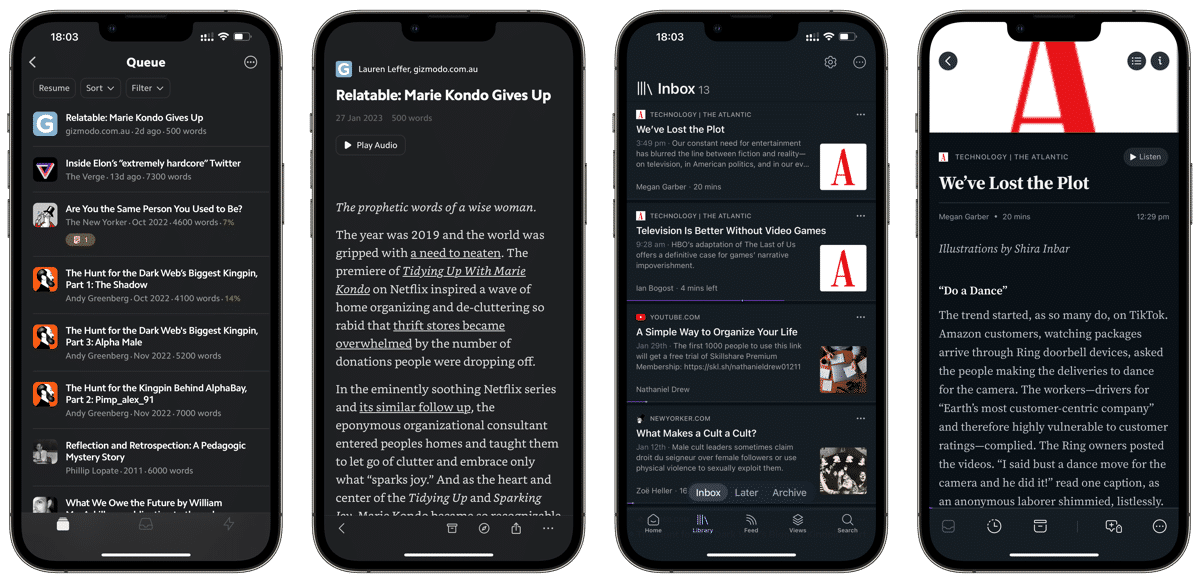
So, I’m stuck trying to pin down thoughts on sometimes ephemeral feelings provoked by an app. You can’t measure and compare feelings, but you know when they just don’t push your buttons. In contrast to Matter that I have been using as my read it later app for quite a while, it feels strange. With all its straight edges and hollo like colours, it always strikes me as industrial.
It feels like it is made to hack my reading. I can swipe this way and that way, highlighting until my heart’s content. Optimised to get through my queue as quickly and as easy as possible by pushing me towards using keyboard shortcuts, recommending highlights and archiving everything for use later on. If I’m too busy to even read the article, I can ask AI to summarise it for me, and even write talking points on it.
If that’s your thing, and I believe it is for many people, this app is great. There are loads of options and what seems like a never-ending series of screen options. It’s just not for me, and that’s OK. Matt Birchler did an really great overview of its features and you can check it out below. I’d highly recommend a subscribe to Matts channel too, it’s one of my favourites.
For a reading app, I think it’s important to make reading the most important factor. Everything else should get out of the way, with intuitive and easy to reach controls. Otherwise, you’re in danger of creating a busy environment that leads to an overwhelming feeling once articles build up.
I am currently still using both Readwise and Matter for different reasons. Reader to fly through my subscribed feeds and work related newsletter reading, and Matter to relax whilst catching up on my saved articles. With them both being premium services, and reasonably expensive ones at that, this can’t continue once my free trial is up. There are no difficult decision to make for me, but I love that Reader exists. Both to push Matter forward and to offer alternatives for people that need different things. If you’re in the market, it’s worth checking out.
Like most people I know, I am constantly worried about getting through my task list. At times in the last couple of years I’ve been absolutely buried with no way out. I’m always desperate for ways to maximise my time and ‘hack’ my way to getting more done. Judging by half of the YouTube videos I am suggested, I am not the only one, but there is a surprising fix.
I must preface this post by saying that these thoughts are 100% inspired by the brilliant book 4,000 weeks by Oliver Burkeman. A book I descovered by complete accident after stumbling on some of his blog posts. There’s also a certain amount of presumption going on here, we don’t all control our task lists, but we can all control the way we approach them. So, I feel as if there are loads of areas of life that these general thoughts can be applied to.
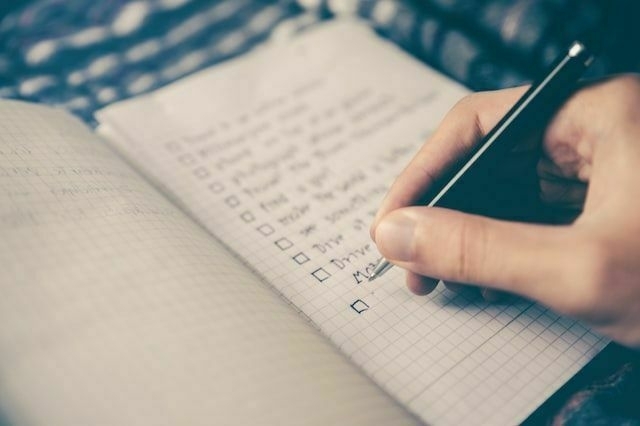
When it comes to work, it isn’t often the actual tasks that cause the issues. It is the stress of having so much to do and never enough time to do it. The way of the world seems to be stuffing more and more things into less and less time. It doesn’t matter if the things you have to get done are decided externally or your deadlines are internal, the end of your task list will never come.
There will always be more work to do. Things that you could get done, and jobs that are waiting for gaps in your time. Companies expect more and more from their workers, and getting towards the end of your list only leads to more tasks. It is only when you realise that you can only get done what you can the real freedom comes.
Are you still under the illusion that you’ll one day reach a point in your life where you no longer have any problems? — Sam Harris
There is absolutely no point stressing about getting to the end because modern life is a treadmill you can never get off. Much like “inbox zero” only leads to more emails, all the modern productivity punchlines just lead to more work. By embracing the fact that the end will never arrive, you can relax, knock as many tasks off as you can and get some downtime.
No revelation will happen, but the freedom from feeling guilty for the tasks you complete just leads to a happier life. It might lead you to get better work done, too.
There appears to be a collective belief that the world of blogging is changing. It is true that we are living in an era where Artificial Intelligence (AI) that is transforming the way content is produced. I’m just not convinced that it will change the way I, or most people I know, blog. Mainly due to the reasons why most people blog being entirely different to those of content farms doing it for income.
There is absolutely no denying that platforms like Chat GPT could make it easier and more efficient for me to create content. That content could allow me to be more targeted, engaging, and interactive, but there in lies the issue. Ask any AI to create a blog post, and it will churn out SEO optimised, un-personal content full of basic facts. There won’t be any feeling or thought-provoking statements. It won’t feel like me.
AI uses (NLP) algorithms to understand, interpret, and generate human language. This technology allows the user to craft content based on various factors, so in theory I could create blog posts based on my understanding how my audience interacts with my blog. Refining posts to better meet their needs. That just isn’t blogging though, is it.
The prediction is that I could go deep in the weeds and start personalising content to each individual reader. By recognising the topics, my readers are most interested in and the types of content they prefer, AI could deliver more relevant, personalised content to keep them engaged. Automating the creation process as we go. No more writing, editing nor publishing. Blog posts would be created based on keywords or topics with little to no input.
Does that sound like blogging to you because it certainly doesn’t for me. What AI will create is a stark difference between people writing on their website and companies doing it for money. The whole point of blogging is writing and expressing yourself. No AI can do that, nor will they ever because being involved in the process is the entire point.
A blog post is like a conversation between a writer and a reader. You can tell when the post has been crafted and constructed using experience and thought. It hasn’t been pumped out for clicks. Unfortunately, as tools become easier to use, like those built into Notion and Craft, bloggers may take the easy route, but at that point they won’t be bloggers any more.
There are not many things that improve my life straight away any more. Meditation did exactly that around 6 years ago, and now journaling is doing the same thing. You read that right, me, journaling. After all my dismissive posts and words over the years of not knowing or wanting to write in one. I’ve got to admit, it’s quite remarkable.
I realise that it is only the end of January, and it’s easy to exaggerate the benefits before the novelty has worn off, but hear me out. I also might be preaching to the choir a bit here, as many people that I follow are already proponents, but I’ll talk about it regardless. This isn’t a New Year’s resolution, but more like a reevaluation, one that I talked about before starting out. I paid up for a year of Day One to see what happens, it also went to the store and bought some journals too. This is a journey split into two parts.

A long journey starts with a single step, and that tiny little movement forward was actually posting to Day One. I’ve had it installed on my phone more times that I care to remember, but struggled to write much. Instead of spending any money on this crazy idea I had, I made myself start writing at least one post a day electronically. It was a little test for me that I had to complete for me to gain the reward of any expenditure.
After the first couple of day of writing, frankly nonsense, each morning, I could see the difference. By not expending too much mental energy and letting my fingers type out exactly what I was thinking about and feeling with no prompts, I literally kick-started my day. I felt happier, more relaxed and resolved my thoughts first thing in the morning. After just 5 days I stumped up and bought Premium because I knew straight away I was on to a winning idea.
Now 29 days in, I’ve posted consistently at least once a day as early as I get time. This is a morning pages of sorts, a literal brain dump of everything swirling around in my head. I have often followed this up with smaller thoughts and any other things that I am thinking about. It took effort and went slowly at first, with great trepidation.
Whenever I get a feeling or a thought, I reach for Day One now and just type it out to see where I get to. Some of these turn into blog posts, but most don’t. They are just for me, and I probably won’t read them again. Just knowing they are there is enough to make me feel better. I would love to do this manual with a pen and paper, but the thought of it being accessible by others terrifies me. Not because I have anything to hide, but it’s embarrassing to think of someone else reading my thoughts.
Due to how well this small step went, I treated myself early and bought a bullet journal, thus starting the second step of my transformation.
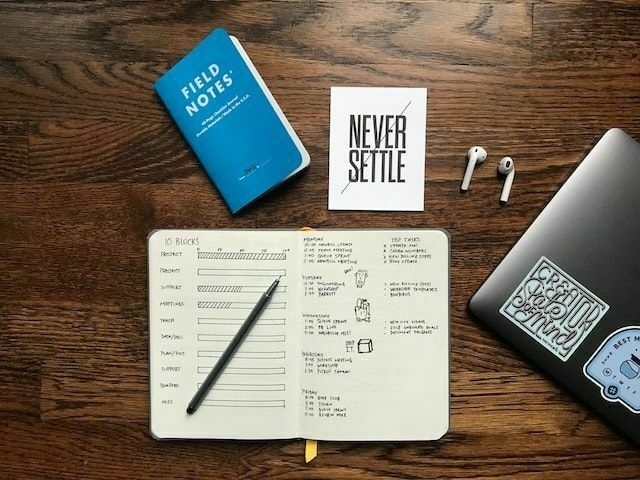
A massive experience that paid off. That’s the way I’m describing my bullet journal that is constantly open on my desk or in my hand being carried from meeting to meeting. Where I once sit typing away into my MacBook, I’m now writing into my bullet journal and people are noticing the difference.
On the surface, I know that I shouldn’t be using a manual bullet journal for task planning and note taking. It makes no sense, as I’ve covered before, more than once. It’s often redundant, takes more work and isn’t searchable. I realise when a spend so much time at a computer or with a phone, it makes sense to use digital tools. Yet writing things out manually, being intentional about things, and just flipping through pages ignites something in me.
It is as if the physical act of bullet journaling stimulates me more. I remember more things, take more notes, manage and plan things better. There appears to be no downsides. Well, perhaps the slightly precarious position that all physical things are in. Bar loosing my book, or not having it with me, it’s all positives.
To combat this slightly, I’ve adopted a ‘Field Notes’ notebook that’s usually in my back pocket, just in case. Mine is actually a Moleskin version, but most people are more accustomed to what Field Notes looks like. This is perhaps the most significant change in my life and one many people have commented on. I’ll admit it’s a little weird, but it helps me live a much more intentional life, and is another solution to my life becoming phone free.
Seen something worth thinking about. Make a note. Heard something on a podcast that I want to research later. Make a note. Thought about a peculiar thing that you would like to find the answer to. Make a note. Seriously. Yesterday I wrote in my field notes “what is the psychological theory why you see new things all the time”. Turns out I was thinking about the frequency illusion or the Baader-Meinhof phenomenon. Could I have found this out with a quick Google on my phone, of course, but I would have forgotten it as quickly as I looked it up.
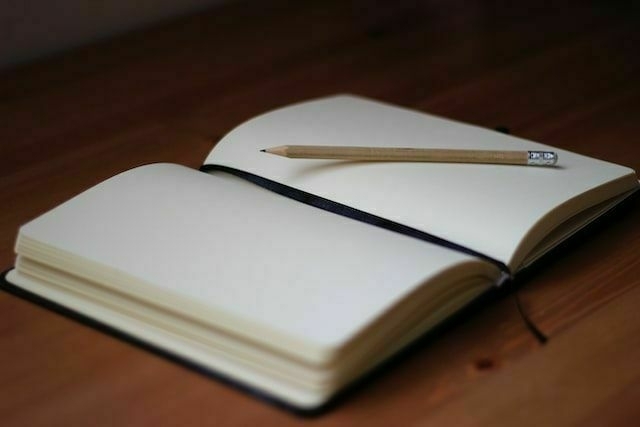
The physical act of writing something down improves my memory of it - it’s science! Yet, every person I mention this too seems blown away by manual writing things down. Is it a bit of a pain transferring things if I want to write about them or research them later, yes. That’s the point though. I can review all the notes I make, and think about them several times, with a quick flick through my field notes. Leading to better retention, more ideas and more awareness of my thoughts.
For me there is often a tendency to preach about a new practice that has yielded results too early. So I have tried to put off writing about this for a while. There’s often a turning point at the start of the year, even if you don’t make resolutions per se, just to decide to do things a bit differently. However I am well past January 14th which is quitters day, and don’t see these new practices changing.
I think there are more manual things that I can bring in to aid my digital life. As I said, intellectually I know that perhaps leaning on apps is the way to go, but emotionally and mentally writing things down and ticking things off fulfils me more.
Derek Kedziora writing about giving up alcohol a few months also.
I was never a daily drinker, but I was always had one beer too many at parties and heavily relied on a bit of alcohol for confidence and getting through awkward social situations.
After drawing back and consuming much less for a while, it’s been a little over a month since I decided to give up alcohol. I had written a long post about this, but read Derek’s post above yesterday, and it distilled most of my thoughts into a paragraph.
In the UK, alcohol consumption has a strange place in society. It’s seen as something you just do as an adult. Stressed, get a beer. Feel a bit down, get a beer. Want to have fun, alcohol is involved somewhere. Even though I’ve never had an issue with alcohol, this is where my issue is. It’s an avoidance technique to dealing with difficult feelings and isn’t the solution.
So, I feel better. My mental health is better. I’ve lost a bit of weight and I just feel better in myself. I’ve had just two drinks since Boxing Day and I feel great.
For at least a couple of years, I’ve had an iPhone problem. Well, it’s not Apple’s fault, it’s mine, so I guess it’s more of a me problem. With iPhones. The problem is (that is my issue, not Apples) that there are too many iPhones, and I wish we could just go back to one version.
I write regularly about wanting to go back to not having a smartphone. I also write fairly regularly about my justification of having a huge iPhone. That’s because I am a walking paradox. I know intellectually what is best for me, but I also have crippling FOMO, so I go around in circles.
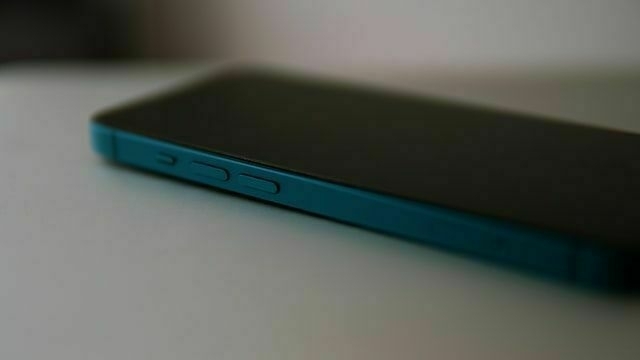
I often think I need a smaller phone. Or a bigger one. Or no phone at all. What I always want is the opposite of what I have. Because I’ve fallen for the fallacy that a specific thing will change everything. Almost like the provisional life that Swiss psychologist Marie-Louise von Franz proposes. I am convinced that once I have the other version of this thing, then I’ll have the device I’m happy with.
There once was a magical time when Apple produced one iPhone, I bought that and used it for a year until the new one came out. Then came a plus version that I deliberated on a bit and usually bought the big version. Now I have (if I include last year’s mini version) five to choose from. Well, 4 really because no one wants an iPhone 14 plus.
All with their advantages and disadvantages, not to mention various price points. Giving customers excellent choice. Which means that someone always has the version you don’t and the grass always seems greener to someone like me. Even after years of knowing that I have this issue, I still haven’t solved it. Despite all the minimalism mantras and deep thinking, my issue with iPhone remains, and it could be an issue forever.
Luke Harris on his blog, writing about social media as a whole:
I’m on Mastodon, but I’m bored with what I call “the timeline era”. Scanning an unending stream of disconnected posts for topics of interest is no longer fun, I prefer deciding what to read based on titles, or topic-based discussion.
Before I start, I need to point out, early enough in my post, that I understand all the benefits of Mastodon. I don’t need you to yell at me that I “don’t get it” like you did when I criticised the onboarding process.
Mastodon promises to be a much better place than Twitter because of the way it is set up. But as it gets busier and busier, and popular users start to struggle like they did on Twitter. It becomes more and more apparent to me that it’s only a matter of time before it suffers very similar issues.
Sure, it’s not going to shove terrible content in your face for engagement, but the main feed is far too busy now to enjoy. Without some kind of filtering and algorithm, Mastodon is frankly impossible to follow. Not to mention the reply guys are there, with all their “what about” tendencies.
I was expecting more from social media in 2021, and I’m still waiting for something better. The problem is, as Luke covers in his post, snacking on the internet and trying to follow a never-ending stream of disconnected post is ultimately unfulfilling.
I give myself a hard time about the things I do and getting the most out of my short time in this mortal coil. I obsess over things like social media usage, writing practices and lots more I don’t write about. It does get me down some times, but here’s the thing, I am confident I put thought into the right things.
Sure, I might occasionally spend too much time comparing writing apps or to-do tasks but, in the main, the things I put thought into are important. As Oliver Burkeman points out in great detail, our life on in this pace is limited to about 4,000 weeks. If it takes me time and a bit of mental energy to decide I want to avoid looking at social media as often as my chimp brain wants to. For me, that’s good time spent. Deciding what I am happy with and is correct going forward.
I think it is critical to think about the things you do if they are to make a large impact. Obsessing over details that will save time, money, energy are the best things to worry about. Spending time worrying about what blogging platform to use, or what reading app gets your money is arguably a different thing all together, but we’ve all been there.
Only you personally know whether these things are important to you or not. The unfortunate thing is that you only really find out what’s significant from experience. I hate to think of the amount of time I’ve wasted tweaking CSS or building themes for my blog that didn’t really matter — but I enjoyed every moment. I learnt things, and broke things, and I picked up skills in the process.
Any other person on the planet though would probably class that as wasted time. They would look at me weirdly that I spent a good few weeks thinking hard about social media usage, when they don’t give it a second thought. What I think is important is unique to me. I would view my tinkering completely differently if I wanted to be a real writer. Perhaps I should have spent it sitting in the chair and learning the craft.
They do say that perfection is the enemy of progress. At some point you do have to stop worrying about the how’s and the why’s and get going. Doing the things you set out to do and sticking to it. If that’s the case, you’re not thinking about important things any longer. You need to start moving forward instead of getting in your own way.
The posts I write do not disappear into the recesses of my mind, I think about them often. My thoughts and feelings often change over time, but when it comes to my attitudes towards work, I’ve remained fairly fixed for years. Whereas the general perception of work has had a major culture shift, accelerated by the pandemic, and one that is great for the world. Hustle culture and working because that’s what you’re supposed to do has been replaced by a desire for more.

As the post points out, you shouldn’t be working for anything else but yourself. Not in the sense that we should all have our own businesses, that would be great too. More in the sense that you should want to do the work or the tasks you do. It might seem like meaningless tautology, but the importance of stressing that “You make the job; it doesn’t make you” is vital.
At the root of every position you take should be a root desire for you. It doesn’t matter what that desire is, nor the way it manifests itself. It should be something that fulfils you. Emotionally. Spiritually. Furthermore, it is at this point I must bring up the excellent words of Patrick Rhone.
If I were paid to dig ditches, I would discover that the ditch is for a water line to a new house that means someone gets clean water. Once I think it through, I can find my passion in the ditch digging. - Patrick Rhone
Don’t get me wrong. You can still have a job, it be a job, and you don’t need to be excited by it, nor it reflect anything about you. However, I would bet that you can find something in it to be excited about, but even so that job isn’t you. You are not your job, you are a person, and your job should be how you make money to be that person.
I’m one of the lucky ones. I have a job I enjoy, and it lifts me up as a person. It is still not me. Unfortunately, not many people are as lucky as I. To leave you with one take away, a distillation of all of these words down to a few, it is to remember “You are not the work you do; you are the person you are”.


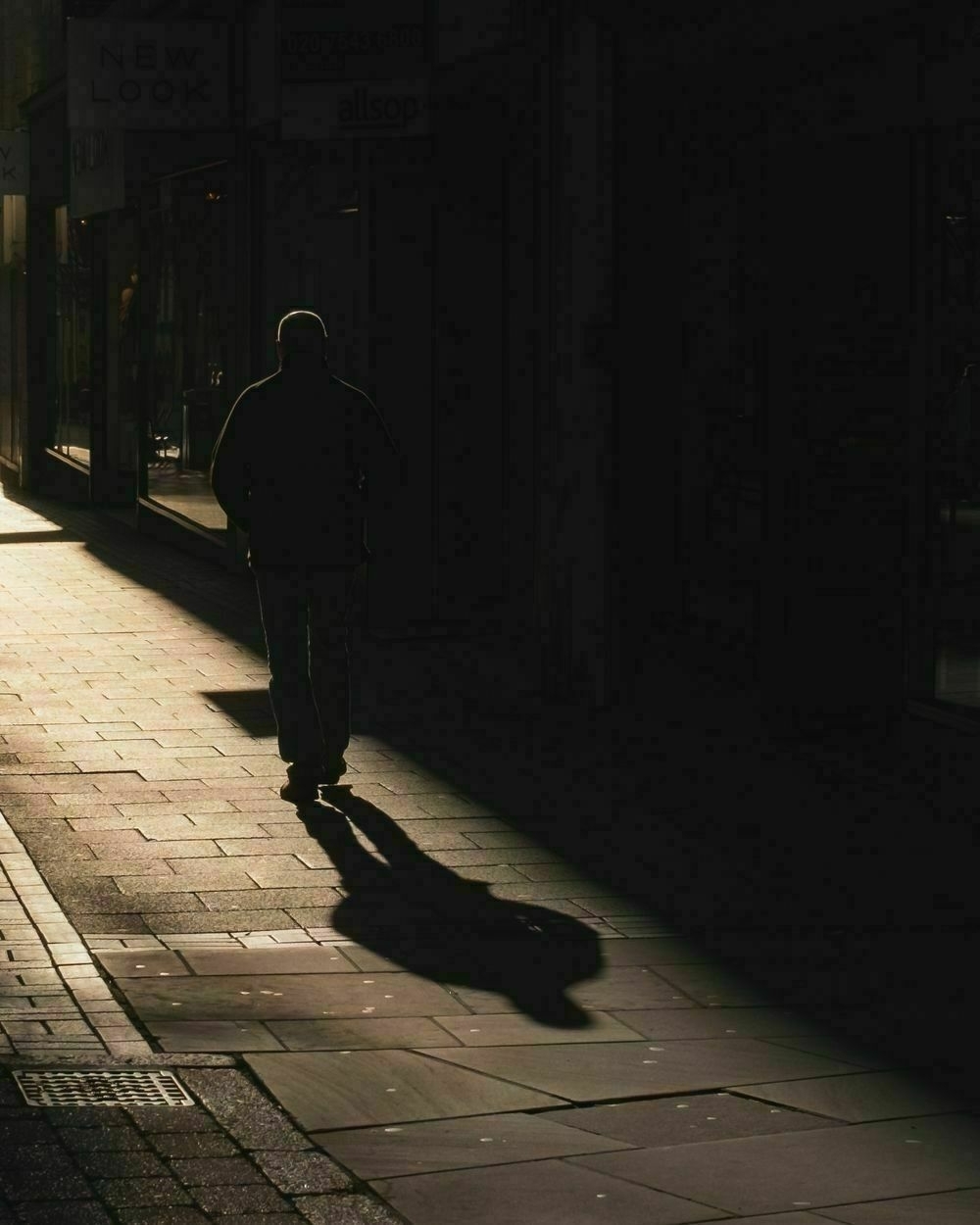





Around this time two years ago, I decided that there was a whole medium I need to get more out of, Podcasts. I spent a lot of my time listening to them whilst driving, walking the dog and many other things. Listening to some fascinating shows, but I never took much away from them apart from surface level enjoyment. So, I decided I needed to hack them like I did with reading and start to make notes against all the points I found interesting. I was wrong.
First things first, there is something to be said for taking notes from a podcast. Perhaps not every podcast (maybe ignore most of the points made on Joe Rogan, for example) but many that I listen to are information dense, and I sometimes think that I’d like to learn more about this. With that said, with the ability to note everything down, and have it synced over into an app ruined a lot of the experience.
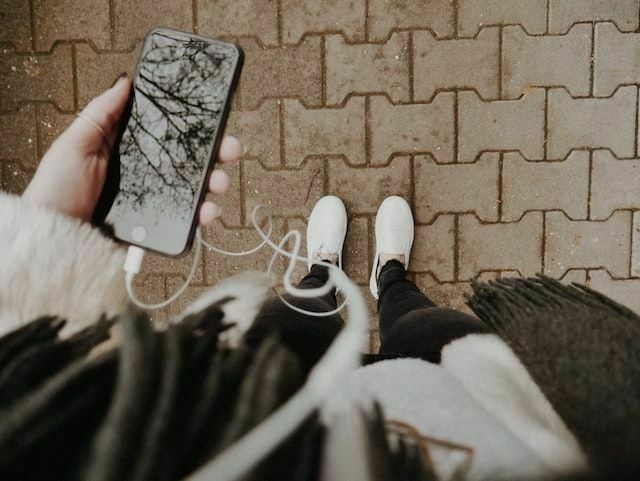
Not only was I triple clicking my AirPods like crazy (that’s the shortcut to save a clip in the podcast app Airr) I was missing the whole point of listening frequently. Due to the volume of notes I was making, the actual process of saving and going over them later was untenable. When you note everything, it misses the point of note-taking completely. If everything becomes a note, then nothing does.
Not to mention that podcasts became something to concentrate on and worry whether I should have noted that last statement or not. Constantly reminding and listening again to see if I got the point, rather than consuming something in the background whilst doing a more important task. It didn’t take me very long to burn out and not want to listen to anything any more.
Much like reading, for me, some activities don’t need to be hacked to get the most out of them. They are downtime or a background content to passively consume. When I need to take notes I will every now and again, using Siri or Apple notes and that suits me fine. I’ve only just returned to listening to them again because I tried too hard to make the most out of podcasts, and it made them suck. Don’t make the same mistake.
Over the last few days, I’ve been reading a lot about the rediscovery of minimalism. This is 100% because of the circles I move in, but a few people around me are discussing similar thoughts and ideas that I have currently. Finding more value in having less stuff and getting back to basics.
I can honestly say that the original Minimalism film on Netflix, before they remade it in 2020, changed my life. It followed these two guys that I’d never heard off through their journey of spreading the ideas that turned their life around. It features some wonderful people like Patrick Rhone that opened my eyes to a life of enjoying experiences and people, not things.

Somewhere in the following months and years, there was a transformation in the way minimalism was portrayed. The people I followed and looked up to changed. It became like a cult of people that waved their flag of how little they had. The message became a constant cycle of telling you to sell your bed, or they were selling you stuff. Much like CT Miller I fell off when minimalists were constantly trying to sell me their Patreon, or their course, or whoever else they could flog. As he puts it, “as minimalism began to dovetail with financial planning and whole food health claims, I got off the bus”.
Minimalism was no longer a way to live a happier life by letting go of things. It was a way to make money and virtue signal at every point along the way. A cult with arguably a good message, but a cult all the same. Those that had given up their jobs to spread the word, had run out of things to say. Minimalism is a pretty simple message, after all. So, they began to give out advice on everything and anything, like a Christian preacher that begs for donations, it ruins the message along the way.
The evolution was from minimalism, the way to look at the world and enjoy more things. To minimalism being a marketing angle. This happened with mediation, mindfulness and numerous other words before it. But flipping the message of less into a way to sell you things was truly disgusting.
There are still true voices out there, though. It is those that are causing this new wave of minimalism. Writers like Patrick are an inspiration to people like me and helping make my life a better place. There’s true value in living with fewer things and appreciating people much more than stuff, but you have to work a bit more to find them.
Hello all. You may not have even noticed, but I’ve taken a short break way from being online. Stresses and strains on my life have meant that I haven’t had much time to be my usual self on the internet, both in time and temperament.
I first noticed this towards the start of the week that I wasn’t in the best frame of mind and didn’t want my negative attitude to affect my posts or replies. I’ve let this happen before when Twitter poked and prodded at me to cause an emotional reaction, but learnt to deal with it is much better now.
It’s remarkable the different the way you feel impacts the way you think and react to things. Being mindful of emotions is important, and often having to save all my mental energy for important decision or deep work in my day job means I am exhausted when it comes to posting and replying online. For better or worse I truly value what I do around the internet and as such a step back is what I (and possibly many people) need every now and again.
What I thought was solely down to manipulation of emotions and my attention by social media companies runs much deeper than I first realised. However, the fact remains that social media companies work hard to pull on these strings and keep users interacting with their service. Emotions breed interaction. Mastodon, and in my case specifically through micro.blog, is a much nicer place for me to hang out. That doesn’t mean there are not issues caused by the constant stream of updates.
Anyway, enough of the negativity. It’s only when I step back and don’t post do I realise how much I miss it. I get overly worried about being connected all the time, but it provides a considerable benefit to me. Not only that, but I’m lucky to have found numerous great people that interact with me. Thanks for being wonderful.
Matthias Ott predicting 2023 is The Year of the Personal Website:
Your personal website is a place that provides immense creative freedom and control. It’s a place to write, create, and share whatever you like, without the need to ask for anyone’s permission.
This is one of the main reasons I started my blog. I had been writing for other peoples for a long while, providing tech news sites with 4–5 posts a day for free, but wasn’t allowed to write about what I want to. My writing wasn’t an expression of me, it felt like being exploited.
So, a created a personal website. Something that could reflect me. It linked out to the posts I was still writing for other sites, but also mixed in photos, personal thoughts and everything else I wanted to post. It was my place on the internet, and in many ways it was me.
Since 2012 I’ve never stopped blogging. Unfortunately, back then I wasn’t really concerned about my posts, so when I moved or decided to change things I pruned older things and ones I didn’t like. So many of my words are lost, many don’t have my name on any more, but lots and lots are still here.
I won’t lose any of them again. Nor will I give them to other websites to monetise for their gain, or get drawn into the worst if of the worst on display. There have been many years that blogging is “coming back” but it never left. This year more than any other, it might be true though. We’re dusting off our personal websites and making the internet ours again. My origin story will be different to all others, and some people will be starting right now. I can’t wait to see what we build together, with our blogs.
I’ve never been a fan of black and white photos. Not in the sense that I don’t like them, I’m just not drawn to them, and they don’t speak to me as much as some people. My wife, on the other hand, is obsessed with black and white. Shooting in it constantly, or editing all of our photos into monochrome afterwards. Every single photo print that is up in our house I’ve had to edit into monochrome to her tastes, and until now, it’s been frustrating.
I have no idea what flipped in my head at the weekend, but I just decided to go out and shoot in black and white. I found a really nice film recipe that emulated old Illford film and off I went.
Since doing so, I’ve shot so many basic things that have been transformed to show much more in the photo. By switching to black and white, the images show so much more drama. Not to mention, I feel like I’m stepping back in time to one much simpler than now. The below shot is straight from camera jpegs whilst walking the dog to try to show what I mean. It’s boring, but appealing.

I love the noise, the creamy colours and the texture of the leaf. There’s just something about black and white that I’ve failed to notice so far. Perhaps it’s because I’m shooting in black and white, so I’ve only ever seen the shot that way. Instead of shooting in colour and effectively removing it all? I’m not certain.
This isn’t so to say I’m converted, but a simple change to my camera has enabled me to see things differently. There aren’t many things that are like this any more, so it’s a strange feeling. Plus, I also have my wife’s “I told you so” in my ear!
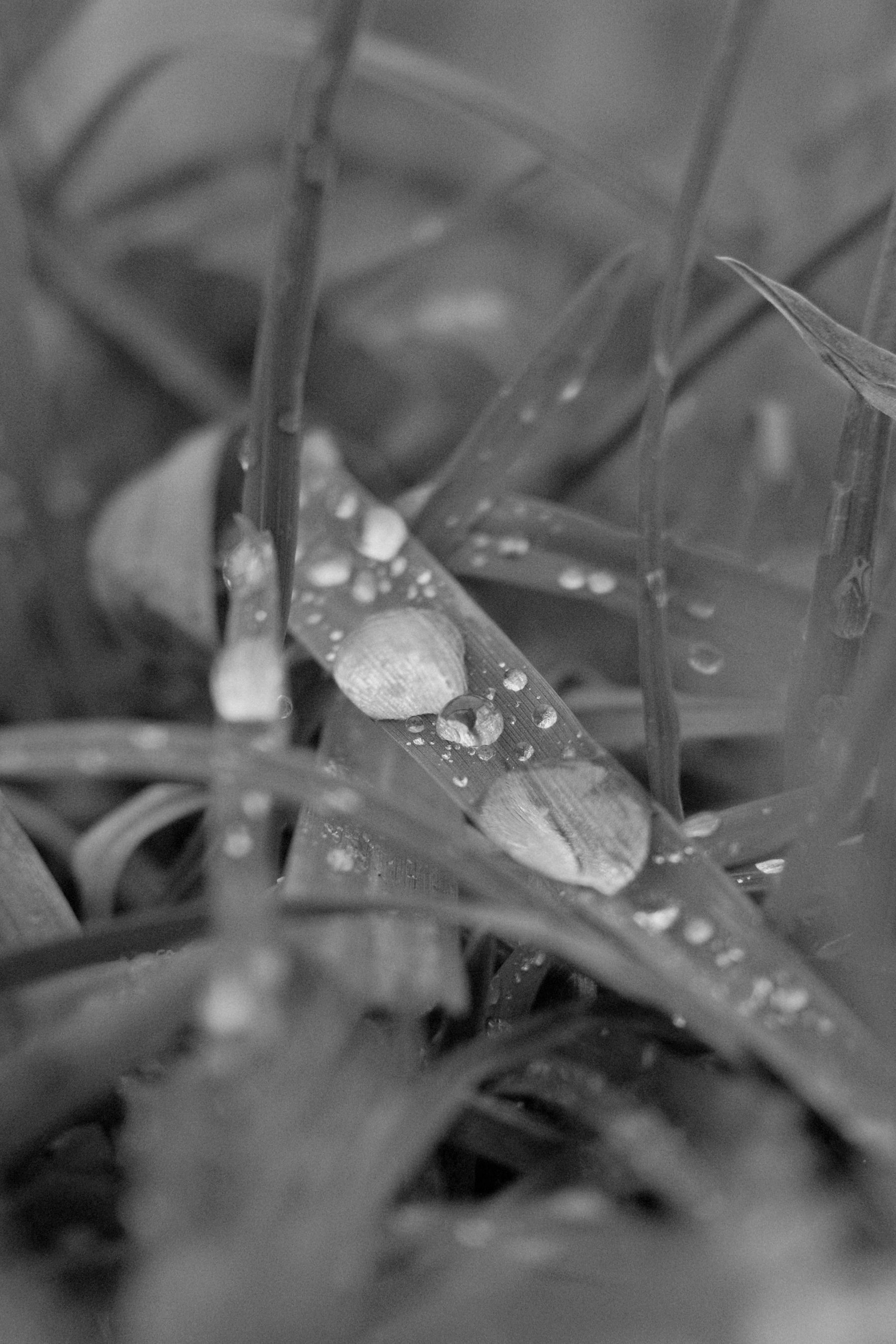

It appears that this is sticking. At least for now. I am 8 days into it (I started a bit before deciding to purchase pro) with a streak going and everything. Out of those first few days I almost forgot once and didn’t complete my morning pages until 2pm. Which I don’t think is bad going for something I am still unsure what to do with.
Whenever I write about this people come back with all sorts of suggestions, that I have tried numerous time. I could be really stupid but I still don’t know what to write half the time. I am just getting into the habit of opening the app to my morning pages journal and typing something out. It usually starts with some navel-gazing, but some thoughts and feeling usually come to the surface fairly quickly.
There is no way to know if this helps at all, but as an overall indicator of the new year, I do feel better in myself and have more motivation to do things. However, that could be that I actually managed to sleep over the holidays and my body is at a baseline of tiredness instead of in desperation mode (it was 2:20am this morning).
Weirdly, I actually enjoy the process of spending a few minutes to typing things out in my own bubble. I try to do 5 minutes, and it sometimes goes a little over. I can get quite a bit off my chest in that time. I am going to start saving more things to Day One when we spend time as a family and keep some pictures in there, but as for journaling, I am still unsure. As a first test I will do 30 days and see what I end up feeling like.
I often forget to put these two tiny words into my sentences. When I make link posts or try to make a point, it’s easy to get carried away and state your opinion as fact. When all we are really doing it publishing what we think.
There’s typically not many definitive answers to the things I tend to write about. It’s all ephemeral thoughts, feelings, educated guesses. There might be some research conducted here and there about the topics, but frequently the conclusions to those have more questions than answers.
There’s nothing wrong with giving our opinions on things, it’s the whole point, really. Blogging about topics and ideas that we have that might be right. Yet, I forget to put in those tiny words a lot of the time. I think a lot about the topics I write about, I just don’t write about thinking. I write about knowing.
Matt Birchler :
I think of likes on social media kind of like non-verbal responses in the real world.
I agree with the statements Matt makes (or made a while ago) because they are accurate to social media convention. Most people won’t reply, nor will the author get as much affirmation back to their post. But to that, I push back and say it doesn’t matter.
We’ve convinced ourselves to do things for likes and clicks. Posting for the sweet dopamine that comes from peoples responses when we shouldn’t care. As if posting to the internet is some kind of performative act.
I say shouldn’t because I get it, we all like likes, but we shouldn’t do. A like online is the social media version of “lol” to a text message. It means I’ve seen this, and I want to avoid appearing rude, so heres a button click.
In many ways, it’s worse. Even if, as Matt points out, the replies are mostly “cool” and other derivatives, at least the person took some time to do it. They didn’t fall down, responding with anything besides a button click. But pressing like makes you and the person on the other end feel good, so there’s no immediate downside, really.
It’s the long-term effects that cause the issues. Even though it may not apply to you, a huge proportion of people get self-worth from likes. They have become a yard stick that people measure themselves against, and have removed a lot of interaction. Not all interaction is verbal, I get it, but I also don’t have a counter next to the number of people that’s smiled at me today.
Mike Chudley in his video on Why 85mm is RUINING your Street Photography
I believe that 85 millimeter lens could be ruining your street photography and more precisely hindering your ability to improve as a street photographer
And
someone walking down the street at f/1.4 isn’t street photography it’s lazy
First things first, I really like Mike’s videos (usually) and have followed him on instagram for a long time. He is a great photographer and one of my inspirations. I’ve DM’d him a couple of times to say I love his photography, and he seems like a nice, genuine guy. I think this video is purposely explosive to get views and spark discussion. Which is a good thing, but I’d like to push back.
The way the video comes across, and some statements made infuriate me because it is needlessly preachy. Not because I’m a fan of 85mm, but because it’s dismissive. I simply can’t get as close as 35 mm in the places I go, I can’t walk around London for hours on end, so I have to take what I can find. Smaller towns and villages are my stomping ground and I have to be a bit further away, I’m afraid.
I agree with what he is hinting at. Low aperture shots look nice, but often don’t show off the whole point of street photography. All the situational information and the environment is blurred out, removing the entire point. But smaller focal lengths just don’t suit my style, so to say I am lazy, and my photography isn’t good enough because I don’t like standing on top of people is just bizarre.
I switched off when he claimed that “walking down the street at F 1.4 isn’t street photography, it’s lazy”. There is some useful advice in there somewhere, but the hyperbole ruined it for me.
Manuel Moreale on :
fundamentally people are, when it comes to the internet, lazy. And gathering where everyone else is definitely seems easier. It’s also easier to delegate the job of moderating and policing to someone else, and so as a result people will inevitably cluster around a few big websites, regardless of what infrastructure we build.
I think this post is spot on. These people hanging around on mastodon, and other ActivityPub supporting platforms, are a tiny minority. Most people don’t want to think about servers, moderation, or anything. They will just go where everyone else is.
Why do you think people hold on to horrible places like Instagram for far too long? They are lazy, unmotivated and insulated by a herd. It’s a nice idea, and a wonderful place to be, but it’s never going to be mainstream…..but that’s totally OK.
Another little app that I discovered to aid my Mac life recently is another free one. I discovered this one through a post by fellow micro.blogger , and it has become a staple of my Mac usage ever since.
Do you ever have to go digging around in finder to head to the same usual folders time after time? Me to. We have a Dropbox shared archive at work that drives me insane with the amount of level changes I need. Sure, I could set up a load of messy aliases or dock folders, but this apps solves all of that. Placing a nice and neat icon in my menu bar and storing all the folders I require.
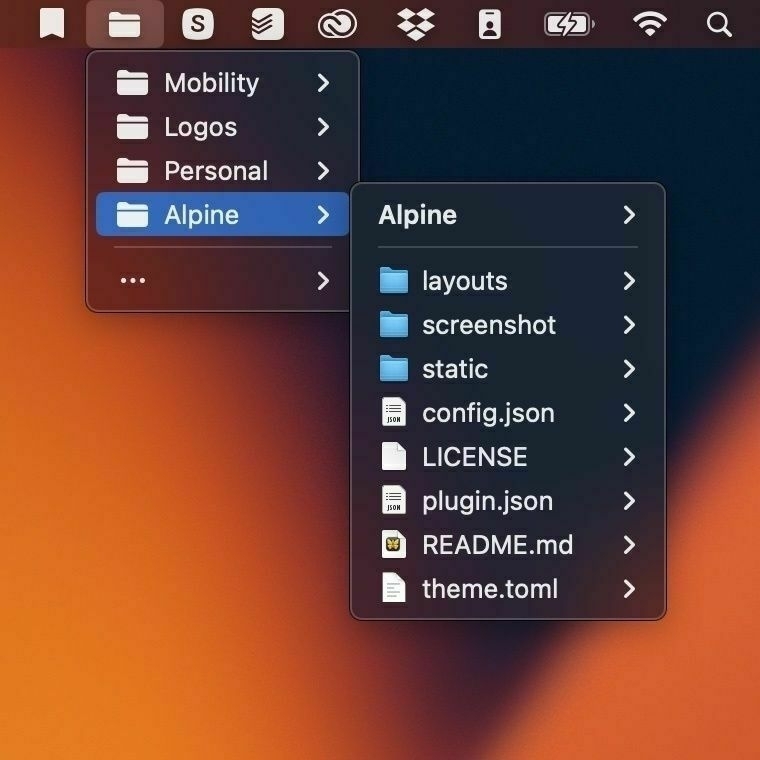
I can also navigate around with ease to other destinations, see a preview of the file, or open the file I require without leaving my desktop. There are so many delightful little touches that it's hard to point out them all. My favourites are right-clicking on the icon opens the folder in finder, and that I can set a few different folders to all be accessible from one menu bar icon. Although it is starting to look a bit full now!
I am so impressed with this app I’m also testing a few other ones by the same developer Sindre Sorhus as they all seem very high quality. I have already installed, Today to put my calendar in my menu bar (menu bar all the things) and also Actions to extend Shortcuts abilities. I have a feeling that I might be going all out on customising my Mac currently so I hope you don’t mind me sharing what I find along the way.
This afternoon, I randomly decided I was going to go into town and buy a bullet journal. No idea why, just seeing all the new year posts around and numerous people setting theirs up made me want one. The only issue is that I already know this wouldn’t work for me, I’ve tried it, and only a few days ago writing two posts outlining why this wouldn’t work for me. That wasn’t going to stop me though.
Watching YouTube and looking online for the journal I was going to buy, and it only took about an hour for me to realise the error in my thinking. I would happily pay £20-30 to get a book and some pens etc, but not £20 for a year if Day One (there’s a new years offer until today). I already know that digital tools are better for me to use. The only attractiveness of using something manual is that I will have even less reason to use my phone. Which is still quite attractive, I must admit.
What I did instead was stump up for a year of premium in Day One, so I can have a few different journals. One for morning pages. One for random thoughts and feelings whenever I feel like writing, and perhaps another for logging what we get up to as a family with photos. I really like the idea of getting one printed each year with our adventures in.
So, I went full circle in a matter of an hour or so, just like I always do, but I do feel like this will really help me, I feel positive about this decision.
I’m on a bit of journey at the moment. One that I am determined not the be preachy about but one that I will share some thoughts and feeling about along the way. Since quitting Twitter, I’ve been assessing where and how I want to spend my time and due to random Googling about social media topics I came across a video by Sam Massey.
He talks about quitting social media and references a video by Dave VanDonge as his main inspiration. The talking point is this - the average American spends 705 hours a year on social media. In 8 hour work days that is four months of work!
Just think about that. 705 hours of doing nothing but scrolling through social media and often being exposed to the worst that humanity has to offer. There’s exceptions here of course. To all those screaming “yeah but…” I am sure your feed is curated perfectly and the time you spend there is be beneficial to you. Awesome. But just think about all that time.
The average (so there’s some people out there doing much more to make up for me) American puts in four months work to social media. Think about all those people that don’t have time to see friends. Or exercise like they want to. Or learn a new skill. Whatever it is, the time is there, it’s just not being used.
Like I said, no preaching. I’m not telling you to go delete all your social media accounts right now. But man. That’s a load of hours to just waste away. Actual figures could be even worse, some places found around 147 minutes a day (just under 900hours a year). I’m still in a bit of a shock.
For once, the YouTube algorithm came up trumps and I stumbled, across a new channel to subscribe to. Jeff Su makes productivity videos (doesn’t everyone on there) and I’ve found some of his content really helpful. First whilst researching improvements for my productivity, and I then watched a video on simple Mac that he thinks are underrated.
Two stuck out straight away for me and I have been using them ever since. They are Shottr and Latest, both of which combined to produce this post yesterday when the new micro.blog Mac app update came out.
I really love Cleanshot x, it offers more options but it’s also £30. Whereas Shottr is completely free and gets you 80% of the way there. With powerful keyboard shortcuts, the option to include backgrounds and also mark up your screenshots, it’s outstanding that you get all this for free.
It also has built in OCR and you can blur out text without blurring the rest of the image, which helps when you share as many screenshots as I do.
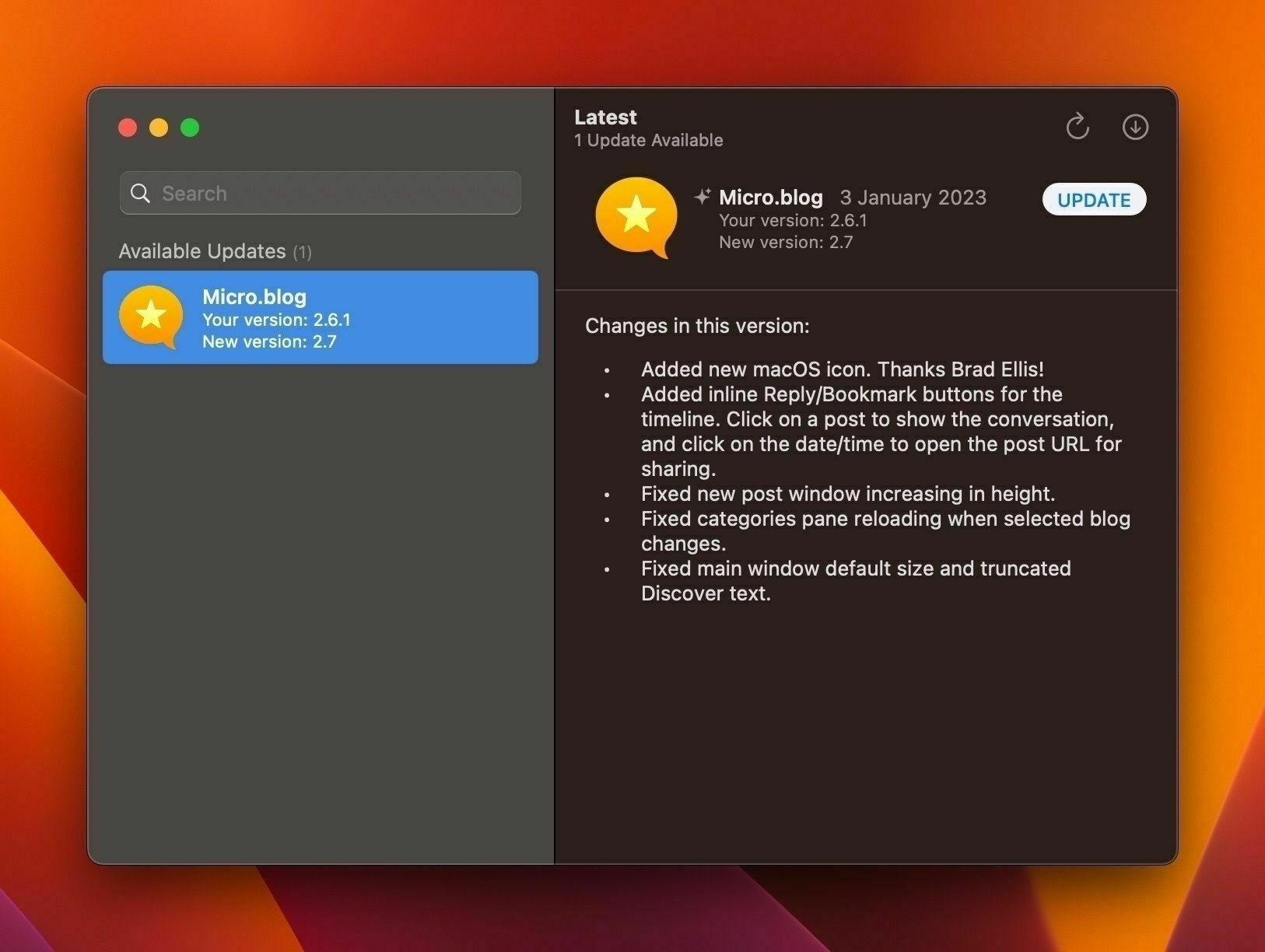
For all the apps you have installed from outside the App Store, Latest offers a nice update interface. Instead of setting each app to check for updates and call home every so often, you can turn these all off and just check Latest once a week or so.
The reason that app is so appealing is the awkward updates that seem to pop up when you are trying to do something, and this simple app puts you back in control. It will present all updates in an essay to understand interface and even pull in all the information such as descriptions and changelogs.
I hope that these two free apps can be as helpful to you as they are to me. I am always on the lookout for new things to make my Mac better considering how much time I spend sat at it so I will keep posting new things I find.
A couple of days ago I wrote a link post, the same as I have done hundreds of times before. Found an article online somewhere, read it, picked out a few things that stuck out and threw them into Apple Notes. I typed out my thoughts on the couple of highlighted areas and published these to my blog.
No more thought was put into this than I have put into every other link post I have ever published. Unless I am specifically subscribed to the author, I have absolutely no knowledge any further than the post I consume, or perhaps some supporting links they post in said article. However, this linked post I published happened to be by someone who has some terrible ideas about trans individuals, and this was only pointed out to me yesterday evening.
Thankfully, this was by the excellent podcaster Alex Cox (you can see the replies on the post) making me more aware of the person I was linking to. To be clear, these ideas are not in the post I liked to, I just read a post talking about ancient aliens and thought the ideas surrounding disagreement were poignant in the current climate. However, this doesn’t stop me feeling terrible about it.

As soon as I received the reply, I began to worry and think about what I should do. My heart was absolutely in the right place, and I immediately wanted to make sure I have done the right thing. I think it is OK to separate some ideas from the person who has them, but at some point publishing online I do have a certain responsibility, even with the tiny platform that I have. It would break my heart that someone would find this person through my post and then consume other terrible posts and ideas.
Let’s just say I didn’t sleep much last night thinking about this, but I decided in the end to keep the post up, but with a clear disclaimer at the top. I believe the post still stands up on its own. I hope people understand that I read this at face value, however I genuinely understand how it could read if you are aware of the backstory (which I was clueless about).
It’s been a little over a year since I wrote about setting up iOS focus modes. At the time, it was a new feature in iOS15 and one that felt far from ready for release. The confusing UX and complicated options lead to my conclusion that hardly any people would use the feature. Now 13 months on, my feelings have changed very little. Improvements have been made, but the hoops you have to jump through, and the missing features, mean that Focus Modes on all Apple devices still suck.
Overall, the experience of trying to set up your Focus Modes feels like it was designed by an engineer. That the team designing this already expects you to understand how to use it, with little to no onboarding or instructions. This isn’t unique to Focus Modes, Apple still struggles to communicate the intricacies of its software and even the help guides online expect you to already have a large knowledge of the feature you need help with.
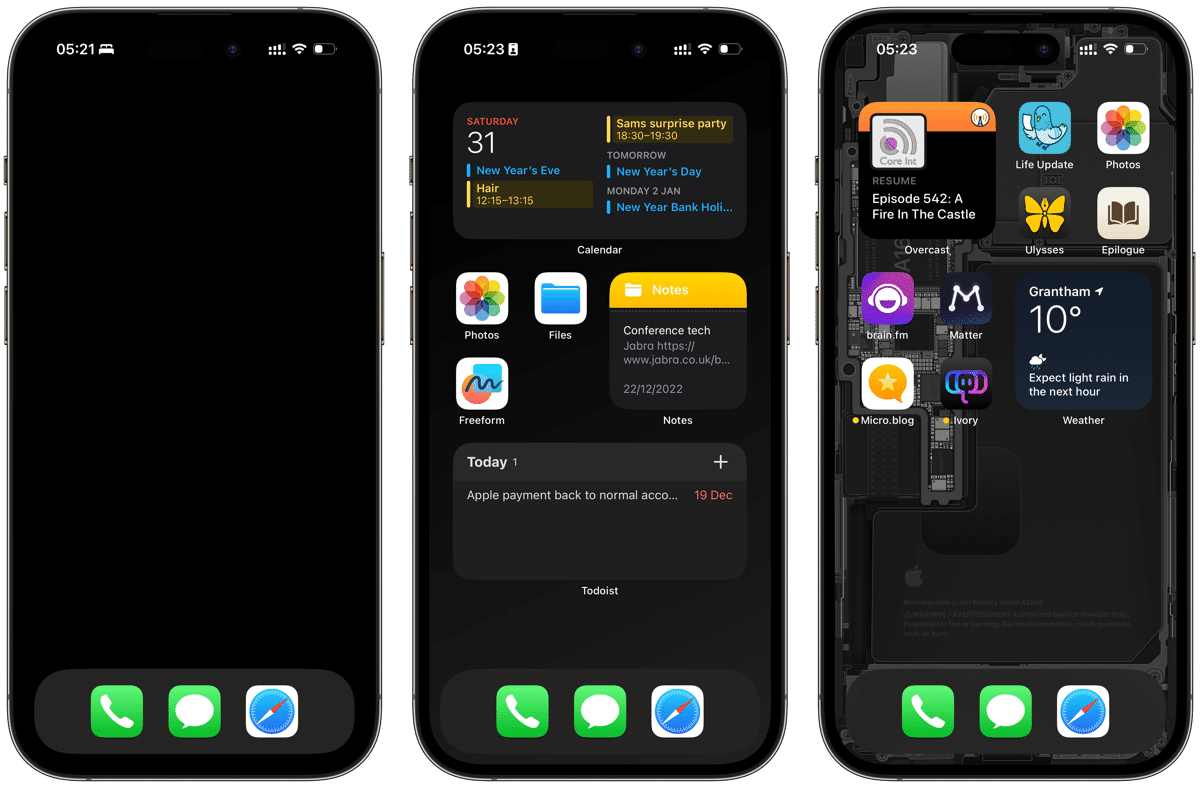
I did get a little too excited when iOS16 introduced a way for apps to tap into the new focus modes. Namely, Apple Mail can now make certain accounts show at certain times, but with there still being no “everything else” Focus Mode, you can’t make your work email only show in a work Focus Mode. It will still be displayed when there is no Focus mode active.
This wouldn’t be an issue, I could just create a focus mode that is active when not at work and hack around this. Except that an icon appears at the op of my screen constantly, and the sync between devices is still all or nothing. Apple really needs to spend some time thinking about how these modes work and how normal people might use them. I love the fact I can have my phone be different things at different times, but the designers haven’t thought about what happens the rest of the time.
Having Focus Modes is better than nothing. The improvements are moving in the right direction, but setting them up and understanding everything falls well short of the mark I expect.
Sounds simple, doesn’t it. Everyone who’s used the web knows what a blog is. They were the web for a very long time, before all this social media nonsense kicked off, and there’s a very real push for more people to start them. The belief is that you have to have something to write about, or you need a special set of skills, but in reality you don’t need anything.
Well, you require a way to do it, and thankfully there are loads of options out there, many of them free, but this post isn’t about that. The trouble comes with what to put on your blog, and that’s where it’s important to remember what a blog is. It’s a web log. It’s there for you to ‘log’ anything you want. From thoughts and ideas, to life lessons and photos from vacations. There should be no worry about the what or the why of what you put on your blog.

You don’t need to start a website. Nor do you need to moleskin the posts you put there. You just need to take all the output you would usually give to a social network for free and put it on your blog. That’s why services like micro.blog, Tumblr or WordPress plugins like social sharing are the best place to start. You can share your blog to wherever you want, but keep control of everything you do.
There’s a higher, more preachy post on owning your content in here somewhere, too. One that urges you to get to grips with blogging to make the web a better place, but all you need to worry about is having a blog. Using it for whatever you want to use it for, and making sure you carry on sharing with the web. What is a blog is a question with numerous unique answers, but the reality is that a blog is you.
I did not know this at the time of writing and will not be linking to this person again. For more infromation see here.
Jesse Singal urging us to Rediscover Wrongness
People can usually believe wrong things without being dangerous, and in fact billions of people do hold religious beliefs that make no logical sense without becoming violent zealots.
I am wrong, what feels like hundreds of times a day, some days. Occasionally, it’s small things that I didn’t think though correctly and guessed. Sporadically, it is matters I didn’t really understand or misinterpreted the information I had at hand. And every so often I just choose wrong, and there is absolutely nothing wrong with this.
Don’t get me wrong I am right a lot of the time too, I’m not ready for life help yet, but I am not doing anyone any harm. There’s no malice in a lot of the things I believe in that could be wrong, I am just wrong and that should be OK. I’m fine with being wrong, finding out that I am wrong and then changing my world view, but many people seem to have forgotten this skill altogether.
The issue comes when someone that another thinks is incorrect is painted as a harmful, and often portrayed in an exaggerated way. The other side of a disagreement isn’t evil or trying to trick you, they just see the world differently to you and make decisions based on their experiences. As Jesse points out in the linked article, “If everything is dangerous or violent, then nothing is”.
The notion in the article of much of this constant state of angriness is due to the attention economy is correct. The more exaggerated the accusations and finger pointing, the more attention is gained. No-one believes that having a wrong idea about the way the Pyramids are built is harmful, as the author well knows, but that doesn’t get clicks, does it.
There is also a real issue of the bubbles we all live in now. Social media algorithms creates a space where we see posts and updates that we agree with. YouTube and Netflix force content on us that we will like, and issues arise when we bump up against the edges. We, the people, need to learn how to disagree with someone but still appreciate them as a person. To smile and shake your head at the conspiracy theorist next door, but still stop and talk to them whenever you can.
The lines of politics have never been this rigid before, and it’s pathetic. I know we can get back to being OK with this. I was brought up with a friend group that was as diverse as it comes, and with an ingrained bullshit detector that was sharpened in a school without internet access. We learnt to fall out, make up again, argue and bicker but still get along together.
I know this ability is in all of us. One wish for 2023, now the walls of large social media are at least a bit broken, can we re-learn to disagree politely, please? To take criticism, embrace other view points and not worry about it. You might actually learn something too.
I really was. Despite not feeling very well, and not due to New Year’s Eve for once, I wanted to publish something today. Not because I had much to say, but because I am on a bit of a roll lately and have found that the act of wanting to write something usually pushes something into my mind.
This is in stark contrast to my thoughts a few months ago, where I chose to keep quiet unless I had something to say. However, I have found that my motivation needs a bit of a prod even now and again. Taking some advice from James Clear in Atomic Habits () sometimes I have to want to be a writer and take on a writer’s identity to actually do some writing.
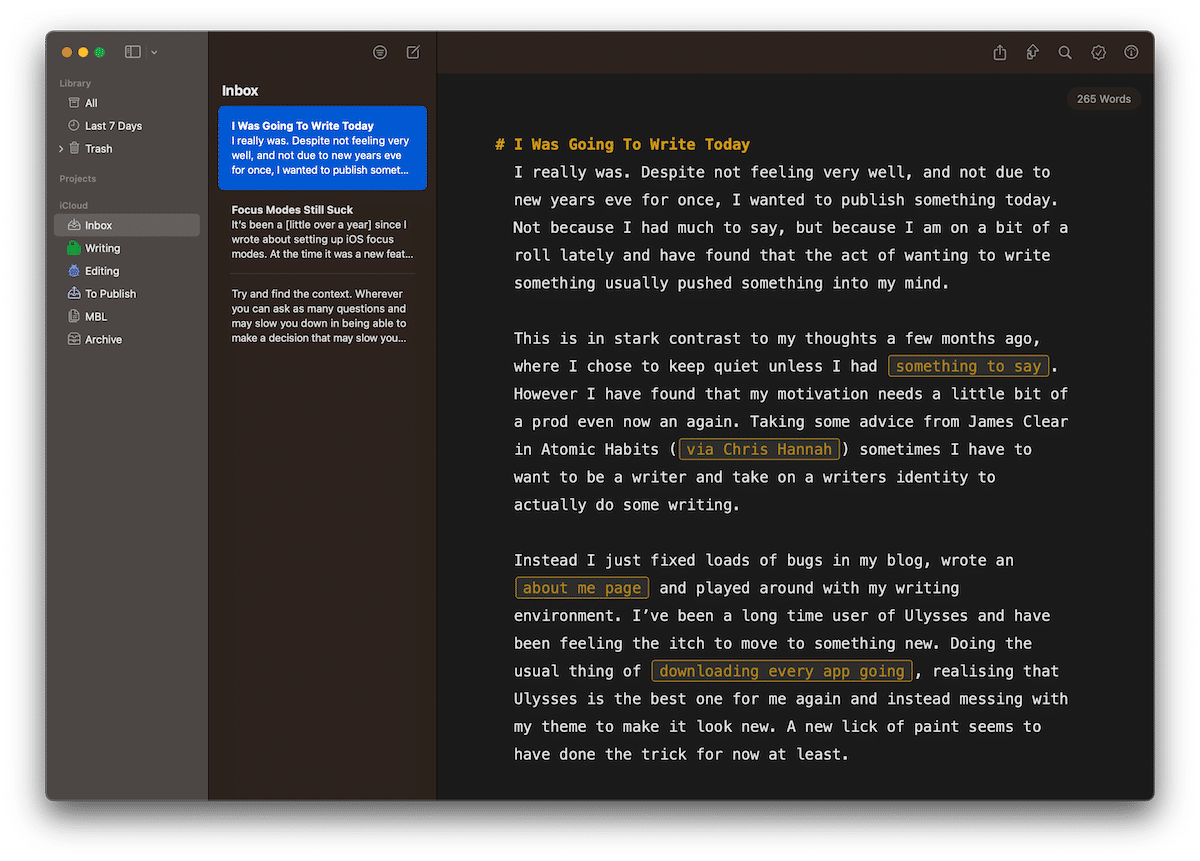
Instead, I just fixed loads of bugs in my blog, wrote an about me page and played around with my writing environment. I’ve been a long-time user of Ulysses and have been feeling the itch to move to something new. Doing the usual thing of downloading every app going, realising that Ulysses is the best one for me again, and instead messing with my theme to make it look new. A new lick of paint seems to have done the trick for now at least.
Hence, this post started out as a test to see whether I liked the new theme or not. So in a round about way I did what I set to do, just not in the way a ‘proper writer’ should do. Or maybe they do, fart about and do other things until inspiration hits them? I have no idea, but getting things done in your own way doesn’t really matter as long as the thing gets done — and I had fun doing it.
Following my link post talking about bullet journals, I received quite a few replies. Many from those that have, like me, tried and failed to use physical tools, but some from advocates. One , and was something I wanted to expand on.
I have come to terms with the fact that, despite my love of physical things, digital tools suit me better. I always have one , in my pocket, or I am sat at my desk. This is not for want of trying. In January, each year, I buy a diary, accompanied by some new notebooks, and throw myself in again. Only to fail sometime in the next month and go back to Apple Reminders. I don’t have a super stressful job that requires me to project manage or anything in depth, but I have numerous tasks that fall onto my desk each day.
What I have noticed from this cycle of trying is that without conscious thought, digital tools can be just as bad as physical ones. The expectation is that these intelligent apps will somehow make sure we get everything done, when in fact there is the same risk of a pile up of tasks that will never be checked off. There is no magic app that will get things done for you, and I’ve tried them all, you have to put the work in too.
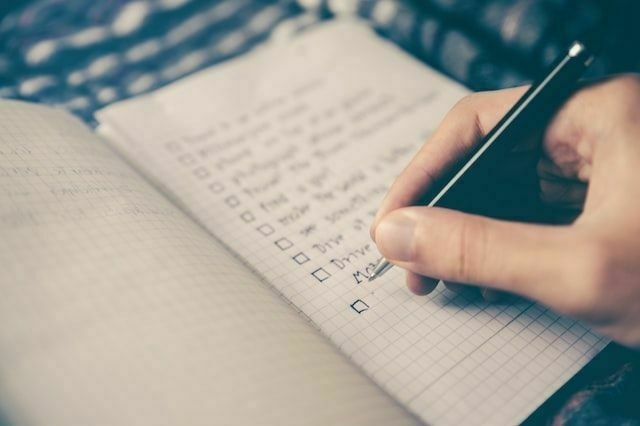
One of the most beneficial practices from bullet journaling is having to copy tasks over to the new day. Keeping things in your mind and making sure they are completed on time. The best way to do this digitally is by scheduling in at least a weekly review of all your tasks. I do this as the first thing in my calendar every Monday. Reviewing each task in my lists, the steps I follow are:
This practice is easy to dismiss, but from experiences if you do not take time to address all the things expected of you, then things will be missed. Tasks will end up gathering digital dust without due dates. You will begin to struggle to remember when and if tasks need completing or if you have already done them. Without being mindful of the tasks you have, you will forget things and not get as much done.
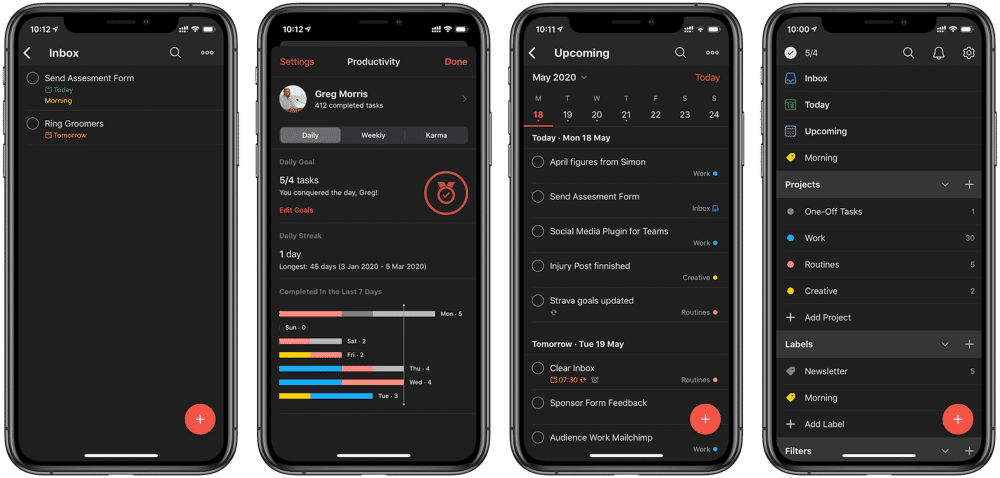
Everything needs to go in one place, no exceptions, no excuses and no forgetting! If you have one book to write everything in, then you must have one app to do the same. There is no perfect app and to be honest, most people will suffice with whatever app is pre-installed on your phone. Apple Reminders is my favourite app to use because it works with Siri. I find it hugely beneficial to ask Siri to do it rather than tapping through options, or even having to pull out my phone.
This isn’t a pitch for a specific app, far from it. It’s more of a plea to pick something and stick with it. A , but a better system will. I have to use currently, but this will be stopping in the new year thankfully. However, even if you want to use one app for work and one for home to separate things, this is still an easy way to work.
There are many things that physical todo lists excel in and there is no getting around it. If you really want to get things done, you have to put in some effort too. Expecting an app to save you without putting in the work is a shortcut to failing.
Jon Porter writing in The Verge about his move back to apps rather than a physical journal via Robert Rackley:
Having to write each task out manually turned a to-do from something I could just file away in an app and forget about into something that I had to manage on a daily basis.
I have tried manual task lists about as often as I try physical journaling. It falls down when I begin to forget to carry the book around, or I start missing things because I forgot to write it down. However, there is not doubting the physical act of having to sort tasks manually each day helps you get things done.
As Jon covers in the excellent article, just the process of bringing tasks to your attention means that “you get around to doing a non-urgent task after forcing yourself to write it out every day for a week”. This timescale also tracks with me and the point at which I would complete a task I would rather not do just to stop having to write it out. 5–7 days is also the point that I would hold on to a task and perhaps decide it didn’t need doing for the very same reason.
This perhaps make you think poorly of bullet journaling, but the same applies to all the fancy apps on the market.
It’s easy to think that an app or to-do list service will take you by the hand and organise your life for you, but if you’re not careful, it can just become an infinite digital locker with a messy collection of notes filed under “forget.”
If you don’t put the work in and review your tasks periodically no app will save you from reaching the very same dead end.
The biggest reason I can’t get on with journaling, bar having to carry around a book, is the fact I can’t make it look as nice as I think I should look. My book is utilitarian rather than filled with delightful sketches and perfect handwriting you see from advocates. The embarrassment of my book is enough to keep it hidden away rather than front and centre like it should be. Thus killing any notion of using a physical book or bullet journaling dead on arrival.
Sarah Frier pointing out that DJ Khaled is not your friend:
This year, social media mostly stopped offering a window into the lives of our loved ones. It turns out that the social part of social media, which helped shape human behavior online and off for more than a decade, is proving to be something of a fad.
This tracks with almost every other news story about social media that doesn’t involve Musk. Social media companies are trapped in a loop that limits friends posts reach to prioritise viral content, leading to less posts by friends, thus less posts to show you.
As they all scrabble for your attention the only winners are advertisers, and those aiming for maximum attention. When there is no social in the networks anymore they just become a media channel.
The indieweb has become an important part of my decision-making when it comes to online things. It wouldn’t stop me from using a new service if support was lacking, but it would form a large chunk of the decision-making. I think it’s essential to make sure where you put your content and spend your time is a good place. Not only that is supports you as a person, but also the web as a whole. I’m just not into placing my content onto services that use it for their gain any longer and the implosion at Twitter has done us all a favour.
As such, I have begun to create myself a place on the web, particularly the social web, that is wholesome and ethical. Mastodon continues to be an excellent, if a little nosey currently, place to be, and you can follow my posts by subscribing to @gr36@social.lol. This is more personal things and throw away posts that social media is made for. Shout out to omg.lol while we’re at it as a superb service that started as a landing page for social media but just keeps offering more and more.
When it comes to blogging, I’ve been an avid user of micro.blog for some time. Although I chose to move my website to a new home this year, it didn’t last long, so my more relaxed place to publish is at gr36.com. Hosted with its own presence in the indieweb, and you can follow it anywhere that supports ActivityPub @greg@gr36.com. This will contain everything I publish, short or long and also all my photography, similar to an RSS feed but for the social web. You can even reply to posts, and they appear as comments.
When it comes to feeds, there’s still a notion floating around that RSS is dead. This is as ridiculous this year as it has been for the last few, and continues to be where plenty of people read blog posts. I like to split my posts a little for those not wanting a feed full of my ramblings. The RSS feed at gr36.com/rss contains just blog posts, whereas the JSON feed contains everything.
For some strange reason people tend to like following me and always make my online world as nice as possible. If all of this information means nothing to you then I apologise and presume you’re already following along in the best way for you. Carry on.
There isn’t usually much to report from my Christmas day. We spend the day, like most of those that celebrate, eating too much and being thankful for everything we have. This year has been a tough year for us all, with personal struggles and economic issues to contend with. However, this has led to considerable personal growth.
My son has been working really hard on his confidence and social skills since going to secondary school. Lucie has been developing her own way of communicating with us all, despite not being able to talk. We have a lot to be thankful for, despite the slight uphill nature of this year.
My wife and I had a very long conversation about the stresses of Christmas once we had both sat down after lunch. The expenditure and organisational stress often gets on top of us, but we are always aware of the need to recognise what we have to be happy for. Christmas is always a stressful time, and even if the day goes perfectly to plan, which it rarely does, you always wonder if you’ve done enough. We all feel this external pressure to present Christmas as this perfect little event and put too much on ourselves to make the day perfect.

Life isn’t like the movies and TV shows though. The trickster element of the universe loves to throw a spanner or two in there to keep you on your toes. However, rarely do we realise that there is absolutely no need for Christmas to be like you see elsewhere. Everyone’s Christmas is the same as yours, regardless of what they present it as. They are all chaotic, stressful and a long way from perfect, so there’s no point worrying about it.
No one will lay on their deathbed and wonder why that one a Christmas we had wasn’t flawless. They will be happy that we were all together, or as together as possible, and grateful with it. They all come in different shapes and sizes with their ups and down, so enjoy them while you can. Merry Christmas to all this that celebrate, and wonderful tidings to those that don’t.
Whatever you’re up to at this time of year, I hope you enjoy it. ❤️
I usually pick something that I want to focus on for the coming year. The past couple have gone by in a blur of COVID and other issues so I haven’t put as much attention towards them as I’d like. Last year, I wanted to watch more films as a way of getting back my attention and returning to a lost love, but I failed miserably. This year I am picking something more important to me than ever before, I feel like I’m getting old, so my theme this year is slower.
I have always given myself a hard time for resting and relaxing, even though it’s an essential part of life. Feeling as if I am wasting my time by playing games or simply doing nothing, but it is making me ill. Since my serious health issues of early 2022 I have begun creeping back into my old ways of being constantly on the move and not giving myself time to recover. As I published before “Stillness is the only indicator of when I am really ill” but that will be no more.

I need to give myself space to breathe and be alone with my thoughts more often. Leading to better decisions, retaining more information and much less mental stress. Far from being lazy, I have already discovered that slowing down actually allows me to do be more active when I need to be and achieve more whilst doing it. I have plans next year to finally run my return marathon, so I will need all the rest and recuperation I can get, but this slowness goes much deeper than just giving my body time to recover.
By being slower at everything, the quality of what I am doing will improve, whether that be designing something at work or writing a blog post. It will save me work in the long run in revisions and correcting silly mistakes. Moving fast and breaking things only goes so far. The last thing I want to do is break myself, and in 2023 slowness is the key.
When users first log into Mastodon after fleeing Twitter, I can almost guarantee that this is one of their first thoughts. The “Social networking that’s not for sale” didn’t aim to be the detox drug for those seeking to ween themselves off the bird site, but despite its claims to be radically different, it offers the perfect replacement. Mastodon doesn’t work as well though, and that’s a good thing.
There’s just no getting around the fact that Mastodon looks and feels very much like Twitter. So much so that many people expect to be able to treat it the same and wonder why some features are missing. With the introduction of apps like Ivory, the excellent app from Tweetbot maker Tapbots that is still in alpha phase, this likeness becomes even more apparent. In fact, some users have only begun to use Mastodon because of these similarities. The ways in which it differs though is an important part of the service, and something that a lot of thought goes into.
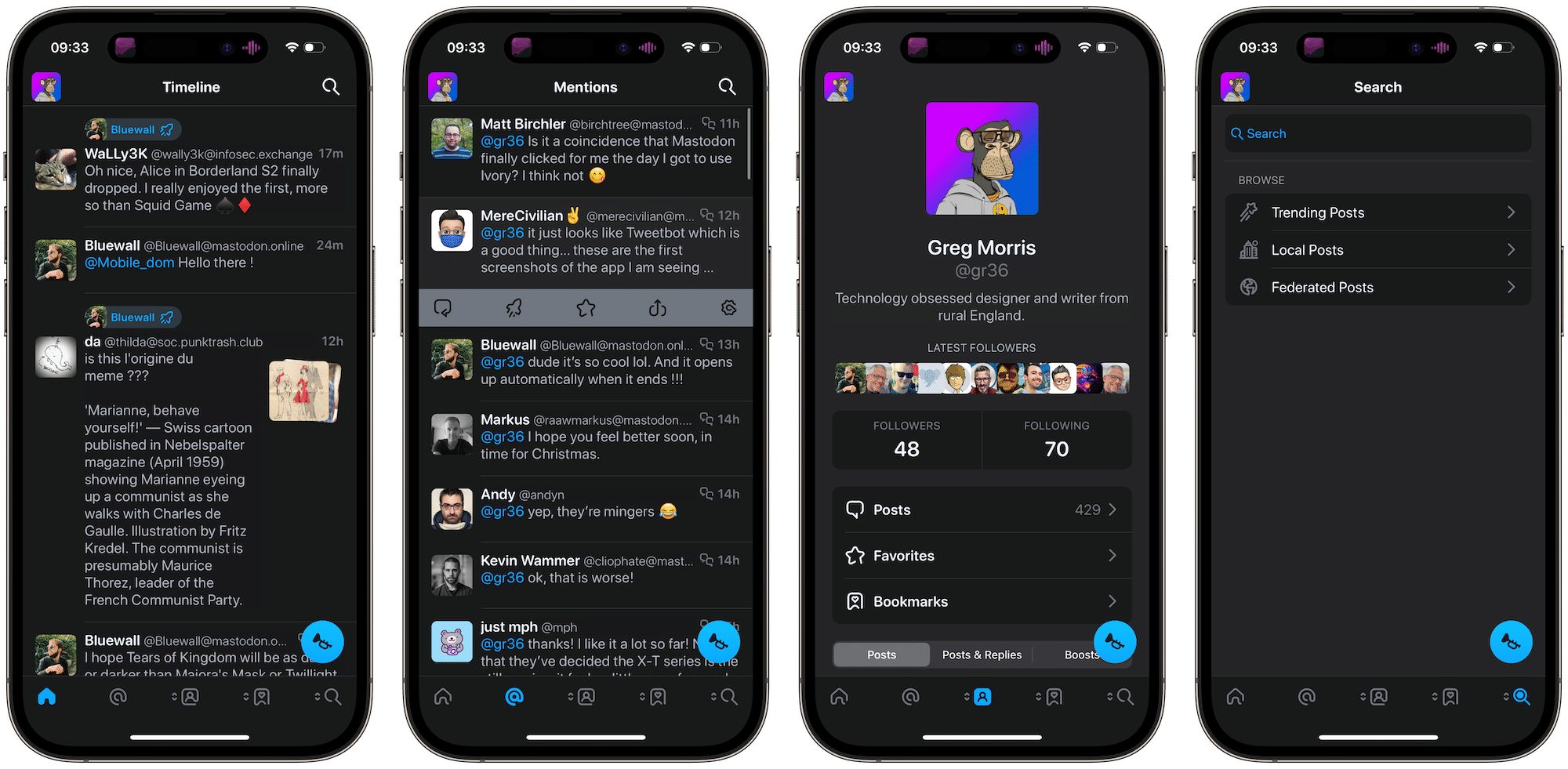
One of the biggest sticking points is still onboarding and the need to choose a server to join. Granted, most people sign up for one of the largest instances mastodon.social, simply because it comes up top for a Google search of Mastodon. However, joining through the correct channels will mean making a choice, and this is introducing friction in order for the user to put in some thought. Which instance you join is actually important, you will get the most from Mastodon by joining like-minded people, although it is effortless to move.
Perhaps the best example of these intentional barriers is the inability to add a comment to boosting a post, the Mastodon version of a re-tweet. This is intentionally missing to avoid the usual use of dunking on someone, and also encourage interaction. It doesn’t take a lot to be able to achieve a similar result by copying a link to the post and sharing, but adds in just the right amount of friction to put you off. Hopefully allowing enough time for you to think twice about your action, and perhaps decide better of it.
By adding in intentional barriers to certain parts of the social media experience, Mastodon nurtures what it feels is a better experience overall. Decentralisation is a big part of this, but also with the way the service works. Encouraging interaction and conversation, along with a completely chronological timeline, makes Mastodon a fundamentally better place to be than attention economy driven social media. It might seem ‘worse’ but it’s better for you all round.
The original title to this post used the word agonising. It was a bit too strong, but perhaps displayed the annoyance and thought that I have put into not repeating the same social media mistakes. In its simplest form, I can’t decide what to do with my social media usage, and that means I’m doing everything just in case.
The issue all stems from Twitter. I can’t allow myself to get to a stage where I feel like I have to use a noisy service that’s bad for my brain. Mastodon used to be that place, but as the user base has ramped up more and more, I’m starting to feel like it will become just another Twitter. I’ve written about this before, only the day before deciding to go all in on micro.blog to help stem the noise.
This helped to start with. No boosts, no local and federated feed to lose myself in—bliss. However, all I did was follow everyone on Mastodon in a worse app. Without the filtering and muting available on Mastodon directly, I couldn’t bare to open the app. It ruined the one refuge away from the noise, so the solution was to go back. Unfortunately, two weeks on and several Elon decisions later means the user base has swelled even more and there’s now brands there!
I need a space that lets me interact with people but doesn’t burst my brain with a constant stream of ‘stuff’. Perhaps this place will never exit, or that I need to put some work into curating my feed. This was pointed out to me by Twitter users when I complained about similar issues there. I remained in the mindset that if I have to put loads of work in to make it right, it’s not the best place to start with.
I have hope that Mastodon calms down a bit, or that I can perhaps find an app that lets me filter things more granular. Turning off boosts perhaps or putting people into lists. Whatever the solution is, there is one thing for sure—I will keep fretting over it for no good reason.
Nathan Schneider for Norma mag:
Scalability explains a lot of what seems wrong with social media. Content moderation at scale needs to be semi-automated, which often means applying universal rules without context or nuance. And when abuse, harassment and misinformation drive engagement, the incentive is to address it in a way that doesn’t threaten business.
There have been many words written about how large scale social media doesn’t really have an incentive to get rid of hate. The reality is that if engagement is the measurement of income, then moderation decisions all of a sudden become much more complicated so as not to harm the bottom line. Nowhere more apt is the adage “if you’re not paying for the product…” become more appropriate than a social media platform that has harassment problems.
The fediverse opens new doors. It allows us the possibility to collectively own and more fully self-govern the online communities we participate in.
What is attractive, and also a little worrisome to those on gigantic instances, is the idea that in the fediverse you can self govern. You as a user have a choice to own the things you see online and the people you interact with. If you don’t like the way something goes, you can move your experience quickly and easily.
Just like on the rest of the internet, anyone, from violent extremists to people with uncommon hobbies, can use the available tools to create siloed spaces. The difference with the fediverse is that it facilitates a structure of relationships between communities.
I truly believe that as long as what you post online isn’t illegal, you should be allowed to do so. What Mastodon and the larger fediverse allowed users to do is to find a place where they can self express themselves, but also shield themselves from expression that they don’t want to see.
The idea that the fediverse is like your neighbourhood and your instance is your house works well here. If your neighbours do not behave in a way that you think is appropriate, you as an individual can choose to no longer allow interaction. Your neighbourhood also has the power to remove said house, or indeed the house can move to a neighbourhood that better fits its identity.
Currently, many servers appear to be run top-down by people who have the technical skills to set them up, but not necessarily with the social and economic capacity to foster and sustain community self-governance and address online harm.
I hope that enough people and communities build up the knowledge and funding to move into smaller instances where they can self govern. Currently, too many users fleeing Twitter are on large-scale servers controlled by individuals or small groups.
If the venture capital model were unleashed on the fediverse, the democratic potential of software like Mastodon would likely be lost.
My biggest worry, and what I fear is inevitable, is that someone like Google creates or purchases a multimillion user instance and starts wielding too much power. This would destroy everything that is good about the fediverse.
This crafty little ego keeps trying to work its way into my life. Today I am taking my son to Arsenal to watch a game, it’s his first time, so naturally he’ll want to take in the sites and take some photos. Unfortunately, my primary response is downloading Instagram ready to record some stories.
Photos and videos as memories are one thing, but my ego wants to show off on Instagram. I’m ready to thumb my nose at my followers. Look where we are, look what we’re doing, we’re having more fun than you!
Not all Stories shared are for this reason, but that is the reason I wanted to share mine. I might still do so, but in the right way because showing off is not like me at all. Sure I’m a photographer, but I try my hardest not to be an Instagram guy but if I’m not careful that pesky ego sneaks its way in again.
There are loads of services and apps in my life that I pay for. Perhaps too many, but if I value a service and use it a lot, I like to pay the developers something for their trouble. It feels unethical to use something and not contribute if you can, so I spend too much money on services. However, there’s something that flips in my brain once I start paying for something and I become much less tolerable to bugs.
Hey, bugs happen, and they happen lots in complex software. Although I am uncertain if there is some weird logic going on in my brain, but I just expect then when a service is free or very cheap. Unfortunately, the tide turns, and I tend to start asking questions and getting frustrated when signing up for a subscription and the bugs are still there.
I, rightly or wrongly, expect a service to keep on improving and getting better if it is supported by a subscription and tend to quit things quickly if they don’t start improving. I am not crazy for thinking this, right?
I’ve had enough of reading and listening about Twitter as the next person. So much so I’ve muted the words on Mastodon, and it has removed almost all trace of it. However, I get it. I still can’t help myself reading every new post that crosses my attention, and I know why we all feel the need to talk about what is going on over at the bird site — because it hurts us all.
In no small part, I owe a lot of my career to Twitter. When I first signed up I didn’t understand it at all, but quickly found loads of new people to follow and out of it grew my love of technology. First by getting in deep to the jailbreaking scene, hacking the Palm Pre, and then later on I was in to Android in a big way. I was motivated to learn, write and interact with people I met all over the world. For some strange reason, my followers swelled to thousands and some of them even took me seriously and one point!
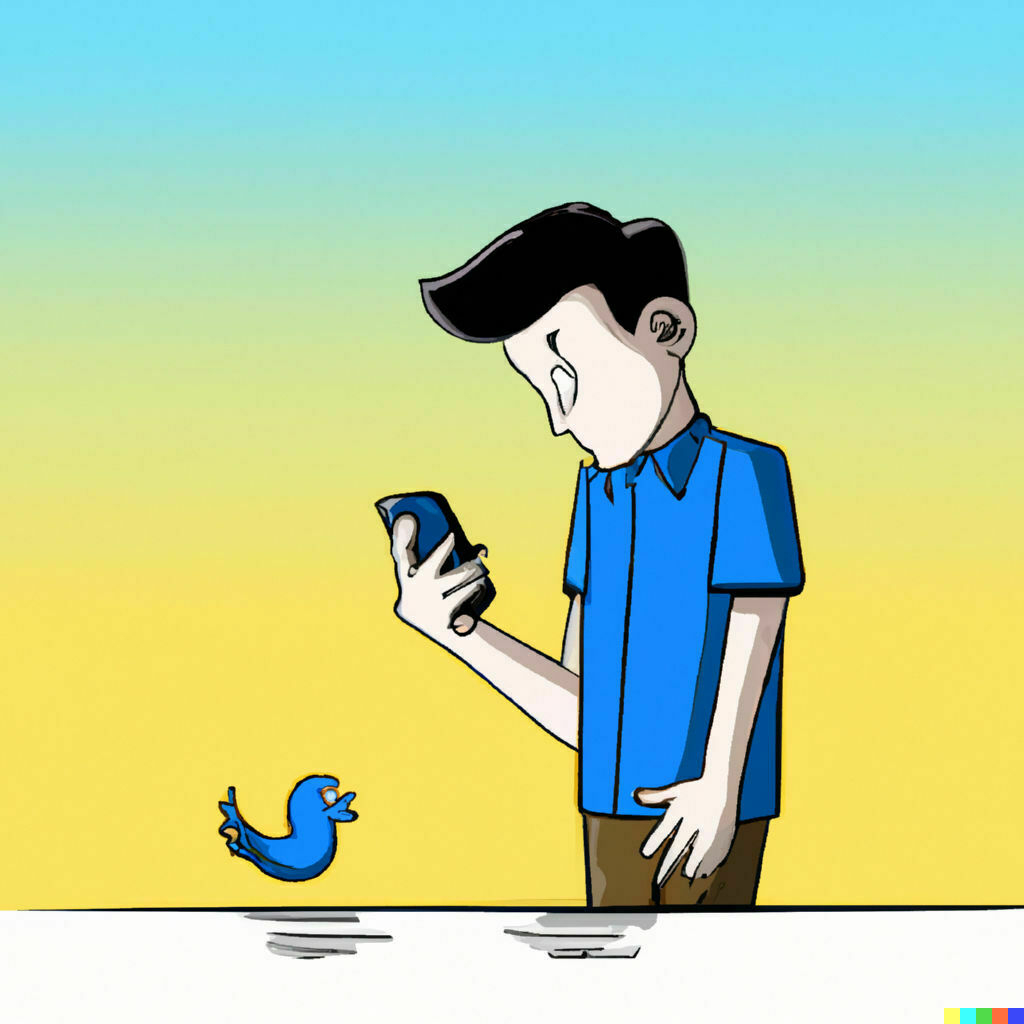
Due to my writing and covering technology, I became the resident tech support at home and in my day job. Eventually leaving my sales job to do what I loved full time. All the skills I have now are because I wanted to do something that I had learnt about on Twitter. Unlock a Galaxy phone using the commend line or testing out some new app and giving design feedback. I went to school for none of the things that make me good at my job now, my school was Twitter and the people I met there.
That is why the downfall of Twitter hurts so much. I spent years of my life there, having fun, meeting new people and learning things that I would not have found anywhere else. I sense that this is the same for many people I know that have had to leave. Not through force or harassment, but they have left because they cannot support the site any more. We held on as long as we could because of those glory day we all enjoyed, but those days are gone. Twitter is gone, it hurts, but let’s move on together.
Matt Tait in Pwnallthethings hitting the nail on the head more than once, but the real sticking take away was this:
Some people will love Trump’s tweets. Others will hate them. But Elon doesn’t really care so long as you pay to talk about it and watch ads as you do.
I’ve heard take after take after take on Twitter and what’s happening, but this sums it up perfectly. The game to boost engagement is to have the best and worst things on the platform, and Twitter has been too cleaned up for Elons liking.
He does care who you like or don’t like. I have no doubt that half the things he says he doesn’t mean, but he is stuck with a $44bn bill to pay that increases at more than $1bn a year.
There is only one way to pay for this. The more people that use Twitter for talking about Twitter, the more ads are shown. Elon doesn’t care if you like or hate the tweets, as long as you are talking about them on Twitter. The best thing you can do right now is just leave and never go back. Nothing that you get from the service has got to be worth this, surely?
Since moving all of my proverbial social media eggs into one basket, it has become obvious that a noisy feed sucks. Don’t get me wrong, there are some gigantic benefits from following everyone from one app, and not doing my usual bounce around several apps to elevate boredom. Unfortunately, I doubt that the best pace for this is micro.blog because it’s making my experience worse.
Like many users on the service, I use micro.blog because it is slow, thoughtful and much quieter than most places on the internet. Currently, Mastodon is the opposite of that ethos, it’s fast-paced, constantly updating and in many ways just like Twitter. Which is fine, I love Mastodon, but the very nature of the service is ruining my one soils away from the noise, and unfortunately, it lacks robust filtering and muting options.

This is no slight against the service, there has been absolutely no reason for me to need it until now, I’ve never felt the need to mute or even unfollow anyone before. The only options available for me currently is a timeline with all posts, or one without replies. The saving grace is third-party app Gluon, but this doesn’t carry over into using micro.blog on the web, which I do the majority of the time. To get the best from the environment I am trying to create, I require some filtering or dare I say it, a sorting algorithm.
I get it, that’s never going to happen. The presumption is that implementing machine learning for sorting your feed and prioritising some posts is always bad. When the truth is that for a truly scalable social platform it should be a priority. It doesn’t have to maximise user engagement or any other trap of the attention economy, it just has to quieten down your feed. It really is a problem of scale. I could quite happily follow hundreds of people on Twitter, but couldn’t even think about that kind of number of any other service.
I am thrilled that so many people have left Twitter behind, but the increased engagement with Mastodon means I need to find a way to escape every now and again. For now, I believe I will have to split these two services apart again to make sure I can hide away from the noise some of the time.
Yesterday I posted that I had jumped in with the new pricing strategy for Matter and become a Patron subscriber. Strangely, I thought that most people had heard of this amazing ‘Read it later’ app as it was the new hotness for a while. Following some questions on why I choose to use it and comparisons to other services, I thought I’d cover a the main thing I like about it.
The app has been a staple on my iPhone and iPad for what seems like forever, and giving back £130 for my free usage and receiving another 3 years of service thrown in is the least I could contribute. First things first, I honestly have no idea why I use it over another service. Not because it isn’t great, but because I haven’t used a whole load of different options and I just enjoy using Matter, so never look around. They’re a risk, like with note app, that you can spend too much time moving about and not enough time reading.

When it started, Matter had built into it a social side where you could follow friends and see what they were reading and see highlights and comments from them. I really enjoyed this part, and after spending a little over a year helping to develop Upnext I jumped ship to Matter. Using the free app to save all the content I found around the web to consume later. Matter calls itself “a better reader” and on the surface it is exactly that. You can save links from all over the web, not just articles, and access them later to read in a much better environment.
The app offers highlighting, commenting, leaving notes on sections you’re interested in, and all the usually expected functions of a reading app. The exceptional side to Matter is that it then combines with everything else to make your consumption of things better. Including an excellent integration with Gmail that pulls newsletters into your subscriptions tab with no interaction needed. This is especially useful for longer editions that I receive from Platformer or Galaxy Brain.
I can then highlight and takes notes on the parts that I want to remember later, and send them to wherever it is that I intend to save them. Matter already integrates with note-taking apps like Roam Research, Logseq and Obsidian, but I can also send them straight into my Apple Notes system or write about them in Ulysses. More often than not, though, I can archive them into my permanent folder and refer to them later on if needed.
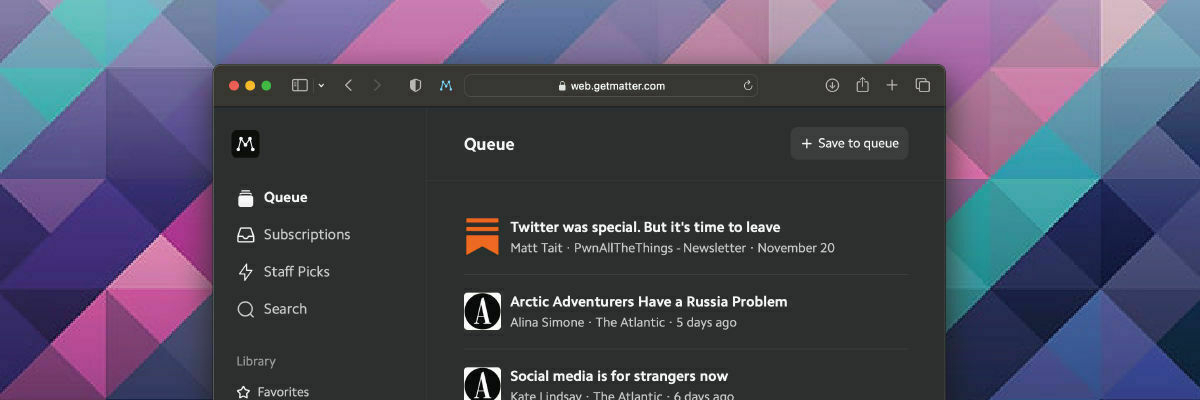
All of this has been free for months, and even when they introduce the Subscription in January you will only pay if you want things like fluid highlighting, note-taking and integrations. It will remain a totally free read it later service with no ads. I think this is why I could never see myself using anything else. I love the app, it works well and does even more than I require it too, but I also trust the company. They are not using my consumption data to show me ads or sell it on for a quick profit.
The company now has a robust business model (it was a bit of a concern before, but I expected a subscription eventually) and see themselves as being around for years to come. There are other services around, I was a long-time user of Pocket, but Matter have built up for me as such it is and will continue to be my most used app. It continues to get better and better and now with even more funding behind it there are exciting time to come.
For a long time, I have never thought about the topics that I write about. Granted, I still think I am some kind of tech reporter, but I have no desired to actually write about the topics needed to become one (plus I suck). I much prefer to publish things that come to mind and let others decide whether they want to read dit or not. Only when Jarrod kindly encouraged people to read my blog because I wrote about writing did I think about how meta my blog is.
I spend a lot of time thinking about why I write, so I guess this seems like a logical step from thought to publish. Many of the people I follow seem to struggle with either wanting to write more and not having a subject, or pigeonhole themselves to a point they feel trapped. The truth is, I often start typing away intending to publish something without even a topic in mind. The tactile feedback from my keyboard is enough to keep my happy for a little while.
I don’t have ‘a thing’. There isn’t one area that motivates me to write about it, there is just me. I think that is the reason that my posts meander around some topics, but rarely stay still. There’s some tech, some personal things, some really random posts, but mostly it is just what is going on in my head. That is why a service like micro.blog suits me so well, because there’s only one blog with everything posted to it. I don’t have to worry about where this post goes or if it fits in with a certain site.
There’s nothing wrong with the meta posts on my blog, but I think I need to expand a bit more. Last year I brought in a writing Kanban board that allowed me to be the most active I have ever been, but I feel that these posts will still revolve around the same topics without some effort on my part. We’ll see.
I’m pretty certain, if it doesn’t exist already, that in the near future you will be able to predict my mental state from my blog posts. They show where my thoughts are currently and often what is going on in my life. I enjoy posting, but there is something exposing about hitting publish and your words being there for all to see, but it is one of the best things you can do.
Everyone does what I do. Except they vent into private chat groups, social media DMs and sometimes on social media itself. They express themselves through words, or increasingly voice notes, to let others know what they are feeling — they just don’t do it as publicly as others. Though they really should.

This isn’t another one of those posts where I try to convince everyone to get a blog, nor is it one where I have a go at Social Media. It is more of a realisation of the way that writing in public makes you feel. Embarrassed, sometimes down, but more often than not I feel relief and closure from the words I publish. I sometimes struggle to allow myself to feel the things I do so publicly, but the intrinsic rewards of every post are overwhelmingly positive.
That is not to imply that i don’t sometimes have to keep a lid on my ego, and think about the reasons I am writing my post — but over the years this has become rare. The reasons I post are because I think that someone out there might read my things and like it, but even if they don’t, I enjoyed doing so in public. Allowing myself to feel exposed and ensure the things that I may otherwise have shared privately are indeed correct. There is nothing like shining a light on your thoughts and ideas to let you know where the cracks in them are.
I might regret it in the future when the robot overlords take over, but it’s all I’ve known for more than a decade and I love it.
Since Twitter imploded, I am ecstatic that a lot of the wonderful people I have met online have followed me out. It gives me even less reason to think about going back, but I’ve seen some bubbling thoughts about returning. What social network you choose to use shouldn’t be this hard, but I do know why there are these lingering doubts, and it’s mainly to do with FOMO.
The Fear Of Missing Out is a powerful motivator. Hell, it’s the reason, historically, I bought so much tech. I see things online, and they look cool, so I feel like I’m missing out on something. This is precisely what others are starting to feel, they are under the impression they are missing out on things happening, and that feeling sucks. However, it’s important to think if you actually are missing out or the feelings are unfounded.
I understand. Your followers have more than halved, and there are people who did not follow you to where it is you’re hanging out now. Are you actually missing out though? Think of some specific things you are missing out on, or is it just the thought of not being there when something happens? That’s what kept me on Twitter so long, and I’m sure loads of other people.
Look, you can use whatever platform you want, and you certainly shouldn’t feel like you can’t use something because other people have left. You should love what you love, hate what you hate and enjoy it. The feelings you feel are just that, feelings. Unless you need to be there to cover every new thing, there’s a lot of enjoyment in missing out (EOMO) on things. Most of which will pass you buy, and you won’t care, and the important things will get to you no matter what.
There are a few unsolvable questions in my life. What iPhone will I actually use? Which read it later service is the best one? Will I ever stop changing notes apps and actually write some notes? Perhaps the biggest ones revolve around social media. I haven’t been happy with my usage of it for years, but still as yet can’t find a solution.
This is frankly a ridiculous issue to have, but my feeling on Social Media boil down to my relationship with Twitter. I love it, well perhaps loved is the better word. The microblogging service has meant I have met some really awesome people that have become close friends, but has also ruined my attention span and given me a boredom avoidance crutch for too long. I am in many ways thankful the billionaire baby ruined the experience, so I could fully leave. Since then, I have spent too much time worrying about where to spend my time.
I still found myself bouncing around from app to app when boredom struck, and having too many places to check, transferred my addiction rather than solved it. So, with a great deal of trepidation, I decided to go all in on micro.blog and forward my Mastodon account to it. One app with all of my social media usage in it was a risk, there are some massive advantages but also so downsides that I have to think about.
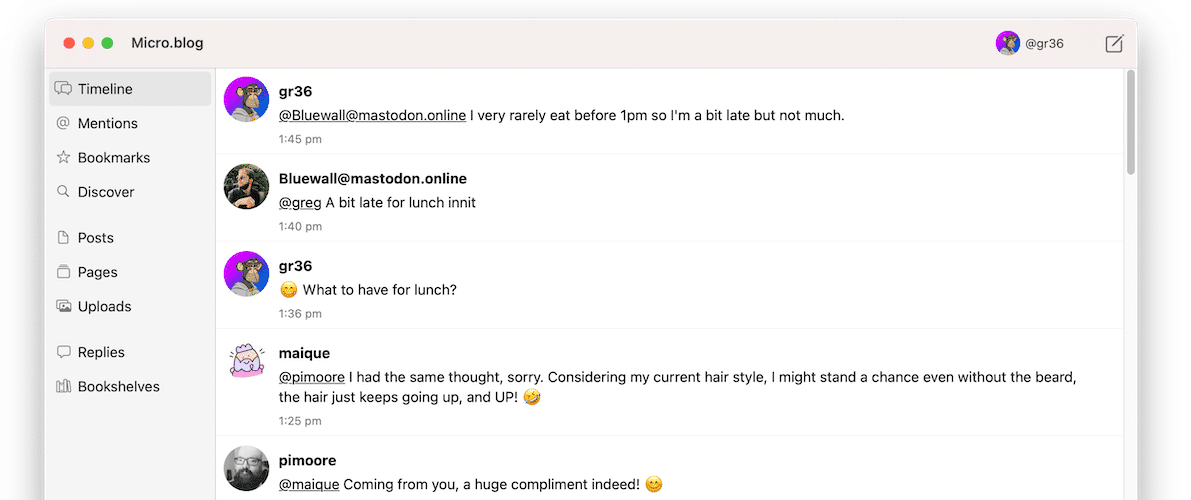
Although micro.blog uses ActivityPub and allows you to follow any other accounts that use the indieweb protocol, it isn’t Mastodon. As such, there are things that I miss out on. The most obvious being that it doesn’t show boosts. This is a bit of a controversial point on Mastodon, but this removal has actually improved my enjoyment.
I was one of the people that was calling for Mastodon to introduce boosts with comment, but now I really do understand why it isn’t there, and I really enjoy not having boosts at all. Admittedly, it does cut down on discoverability a bit, but I maintain that good people to follow will always come around. I love the interaction and conversations on Mastodon, and these still show up and allow me to still find new people.
Using micro.blog I also cannot see any local or federated timelines, so some openness of Mastodon is cut off. The flip side is that I am not lost scrolling through lists and feeds looking for something to entertain, and overall has made me ‘check in’ much less. Only worrying about the last few things that are happening and my mentions.
Being the worrier that I am, giving up control of my one sole access to social media is a bit of a gamble. What if micro.blog were to suffer an issue, or stop working completely? Perhaps they change the way it works by some way I don’t like, or increase the pice by an untenable amount. Much like Twitter, micro.blog is controlled by one person who makes all the decisions, but I trust Manton a lot more than I trust Musk.
Being a smaller used service, there is not the choice of apps that there are for Mastodon. Although everything is open source, the demand does not facilitate numerous apps being created. The official app is fine, but this is something to be aware of when you’re all in on a service. It could be worse, I could be forced to use the WordPress app!
Having used micro.blog on and off for years, I am aware that the people who make up its user base tend not to be very diverse (with exceptions of course). The barrier to entry of the service tends to mean that the topics discussed are very cyclical and insular in nature. Whereas Mastodon is the opposite. Although a little nerdy to understand, I have found a far more diverse set of people to follow than I ever did on Twitter.
Making sure that this exists is an important way for me to gain a wide range of opinions on topics. By adding in Mastodon, I feel this is much easier to achieve, although I do feel as if this may be harder going forward given my inability to browse timelines and not see all posts. However, by being mindful of this, I should avoid building myself an echo chamber.
Using micro.blog also removed all the follower counts and social media shenanigans that taint any service. Granted, Mastodon does not use ranking algorithms and the like, but does have hashtags that are gamed and some users that yearn for attention. This is all stripped away on micro.blog and Manton has been clear that he will continue down this line. In his words, “compatibility with Mastodon lets us support the good things that Mastodon has accomplished, while still carrying forward what, I think, are the unique strengths of Micro.blog.”
One part of Mastodon I absolutely loved was the powerful muting. I quickly set up a range of filters that meant politics nor Twitter craziness graced my feed. None of this exists on micro.blog bar muting users. I have hope that perhaps this will improve in the future, however as yet I have not seen any of this. I have a feeling that boosts may cut a lot of this out, however I will need to keep a real eye on things.
With all things said it does worry me having one point of contact with all of the social web, but so far I have found it very calming. I have removed the issues surrounding consuming the internet in bit side chunks and calmed down my feed. How long this confidence lasts will be interesting but at the moment is has been a good decision. I own all of the content I put out now and it is all on one place, syndicated to wherever I want it to.
Several people still point to my older post on how I post to my blog using automation. Unfortunately, some of these Shortcuts no longer work or can be done better, so I decided to update them. Here’s all the Shortcuts I use to publish and use micro.blog to help you automate your life.
I love linking my posts together and making sure I reference and expand on previous thoughts. The easiest way to do this is to search on micro.blog for the old posts, and you can do this with one tap.
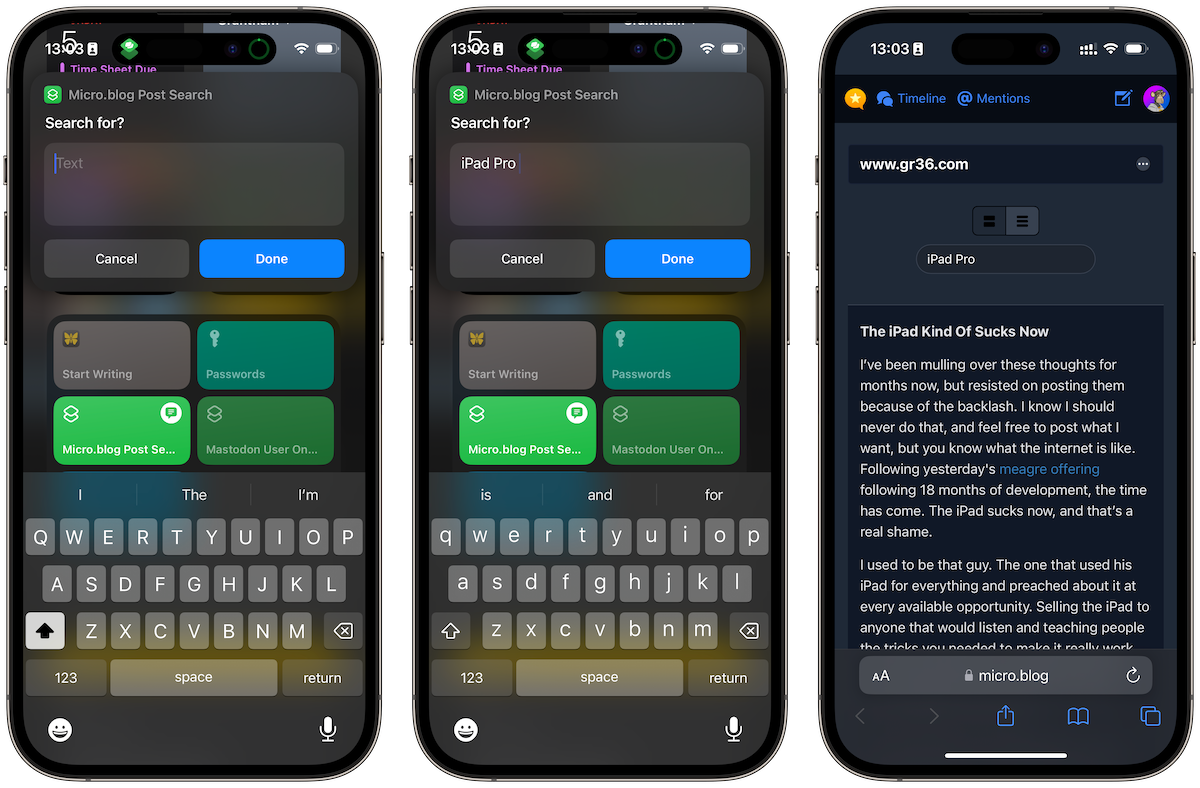
Grab the Shortcut here, and change the text to your account ID number found by doing a post search and getting the numbers after /posts/and before ?q.
For those that include images in your posts and want to upload them beforehand, they usually lean on Mimi uploader. An excellent third-party app that helps you do this with one image or full albums of them. However, this Shortcut will do all that for you if you do not need the graphical front end.
Grab it here and place your app token in the top text box. Once run, this will ask you to select the images you want to upload and then ask of the alt text of them. Once done, you will have the Markdown syntax for all of your images copied to your clipboard.
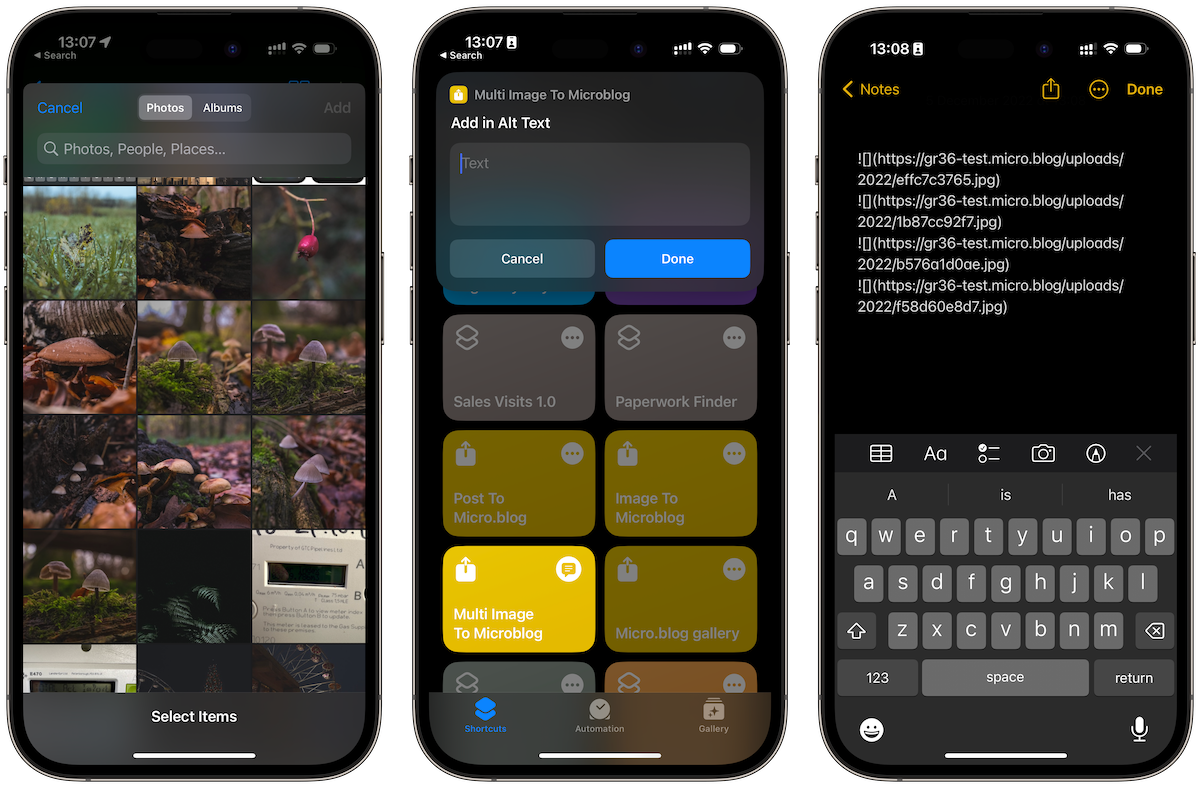
This basic Shortcut forms the backbone of other ones I have built for my posting style. However, it comes in very useful if you want to post from apps that don’t support publishing to micro.blog. So, you can turn your simple text editor of choice into a publishing app by sharing the text to this Shortcut.
For the last few weeks, I’ve been using this updated version instead of my status.lol Shortcut with all the updates of my life. Mine is a pretty boring one, but the Shortcut has allowed me to post things effortlessly.
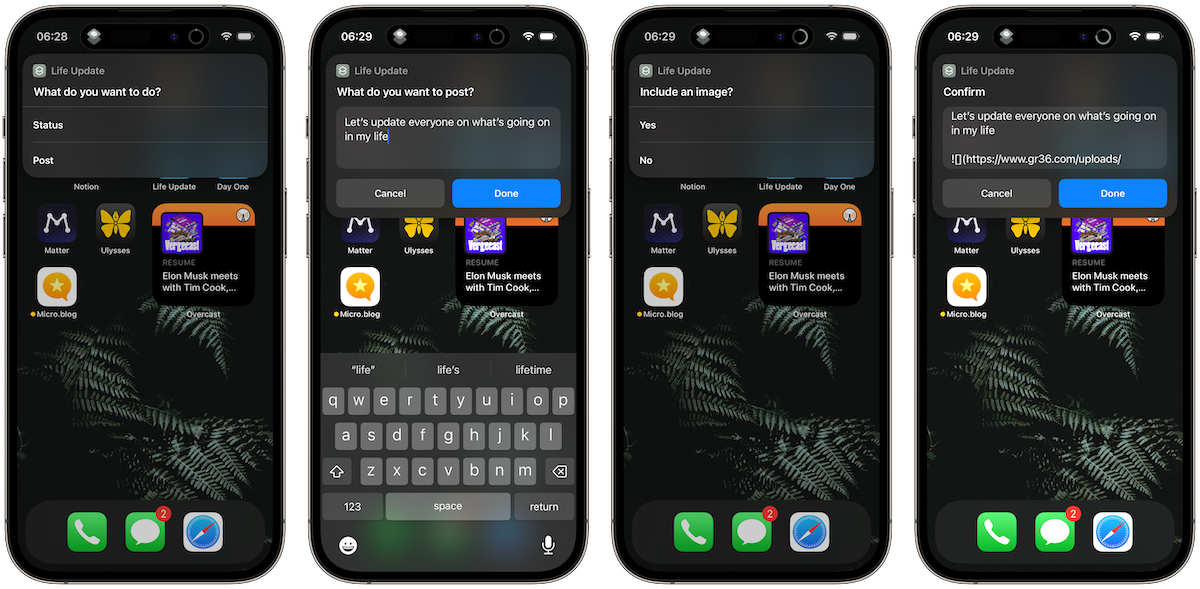
Grab it here
I made this modular this time so that other Shortcuts I made can be used. This makes both making the Shortcut and understand what is going on easier. You will need the image upload shortcut, the post to micro.blog shortcut and the omg.lol status Shortcut shown above.
Once saved to my Homescreen I can post a feeting status or a more permanent post to micro.blog. I use this multiple times a day to share micro posts and some of my photography.
Well, first things first. I am not really moving my Mastodon account to micro.blog in the technical sense but rather forwarding everything, but if you’re reading this you want to do the same. Thankfully, the process is pretty easy, and you won’t need much knowledge to do it.
The reason I wanted to do this, is that I can follow Mastodon accounts (or any other ActivityPub service) from inside micro.blog and didn’t see the point using two apps to do the same things. I went backwards and forwards on which way I was going to do this, and decided that a quieter timeline on micro.blog was the way I wanted to go. My only concern was leaving my other Mastodon account on social.lol empty and losing the people that I follow.
I first created an iOS Shortcut to find the accounts that I wanted to follow on micro.blog. For more information about following ActivityPub accounts on micro.blog check out the help docs here. I gave this a day or so to see if this was the way I wanted to go, and then went all in.
On micro.blog head to Account > ActivityPub and click set Mastodon compatible username. The default for this is your micro.blog username, so mine would be @gr36@micro.blog I changed this to one using my custom url and to keep things nice and simple I chose @greg@gr36.com. Once you have done this, your username will appear in a box at the top of the page, next to this click Aliases.

Here, you add in your ‘old’ Mastodon account that you want to transfer followers from and forward all traffic. You can add multiple aliases here if you need to.
On your Mastodon instance, head to Settings > Account and towards the bottom you will see Move to a different account. Here you need to add in your new micro.blog Mastodon compatible username, and then put in your password.

I would like to point out that you can only migrate once every 30 days, and that the process may take a while to complete. All of your followers will be moved across to the micro.blog account and if anyone replies to your ‘old’ account this will also show up in micro.blog.

Although you can unlink these if you want to open your account back up again, I have not tested this. I have no idea if your followers or content come back again, so consider this destructive, unless you find out otherwise and please let me know.
When I see what some people pay for a blog, I gasp. I mean, I get it, I want to publish things as much as the next person, and I admire the dedication, but the costs some people stand to write on the internet makes my eyes water. I wonder if these types of costs are what stop more people having a blog?
It’s no secret I think everyone should have a blog, they should write about whatever it that they want to write about if only to get it out of themselves. I am not alone in the feeling, and the great news is that, as Andrew Canion points out, “the internet is healing”. There is a whole range of awesome services popping up and really great prices that should entice more people.
It is wonderful to see quality products being run by quality people, without any the social media chicanery. This is the way. Long may it last. - Andrew Canion
He is current testing out the new Weblog feature of OMG.lol, one of the ridiculously cheap services that are seeing a resurgence. For just $5 a year you can have a great social media landing page, a ready-made community on Mastodon and loads more. This isn’t an advert, but it is just one of the services worth noting as you consider your place on the internet, post Twitter.
My personal favourite is micro.blog which takes a bit of work to set up and get going, but you’ve also got Blot, Write.as and even Tumblr seeing a resurgence. There is absolutely no need to revert to the expensive services that control a vast amount of the web, and even less of an excuse to start publishing online. You do not have to put yourself under any kind of pressure on a subject to write about, just let yourself publish whatever it is you want to say.
You really do deserve a blog, and to get writing online. More so now than ever before — what are you waiting for?
Due to the billionaire baby, I’ve been thinking far too much about social media. I can see no end to the news coverage of Twitter or the various escapades on Elmo, and other platforms are just revolving conversations of the same. Mastodon feels like you’re spending time with a begrudged ex that won’t talk about anything else. As such, those topics bleed through into my thoughts, into my writing and seemingly into every part of my life.
Woe betide anyone who brings up Twitter in real life, you will get schooled on my latest thoughts and wish you ever asked! When I published the latest in my long line of posts about social media this morning, I considered I might have a problem on my hands. In my effort to get away from the subject, I am actually making matters worse and perhaps thinking about it too much when in reality it doesn’t matter.

To any normal person, it is a pretty easy decision on social media platforms. Use it or not. The conversation or thoughts on the subject go no further. Yet in my internet riddle brain I must way up where people are, who is using the service and then worry about whether it is good for me or not. I wholly blame Twitter for this. Never in the history of humankind have so many users hated being in a place, but not been able to help being drawn back to it. What I must consider is that those unique ambivalent feelings probably won’t exist again.
My thoughts about social media go deeper than they should. In many respects, that is a good thing. Spending some time considering where you place your time is a practice missing from most people’s lives. It can go too far, though. I spend too much time thinking and writing about Twitter that I might as well use it. I am not looking for some self gratification that my decision to leave was right, as most of Mastodon seem to be. Yet, social media is too often occupying my brain when I have better things to write about.
There are many things I am taking away from my 30 days no Twitter experiment. The feelings of worry that have all but disappeared are a by product of not being plugged into the attention economy, but I’m still not convinced I am getting the best possible results. My attachment to Mastodon has meant that I am still consuming the internet in bite sized chunks and far too often.
There is no doubt that my new favourite place to hang out is a really nice place to be. Due to the platform not being invested in maximising my time on site, users do not have the worst of the platform shoved in their face. The content is not really an issue, but the snack sized updates feel like I have not moved on. I have theorised that perhaps the constant scroll has associated itself in my brain with a worry state. The sheer fact that I am consuming the internet in the same shallow moving state is also causing me issues.
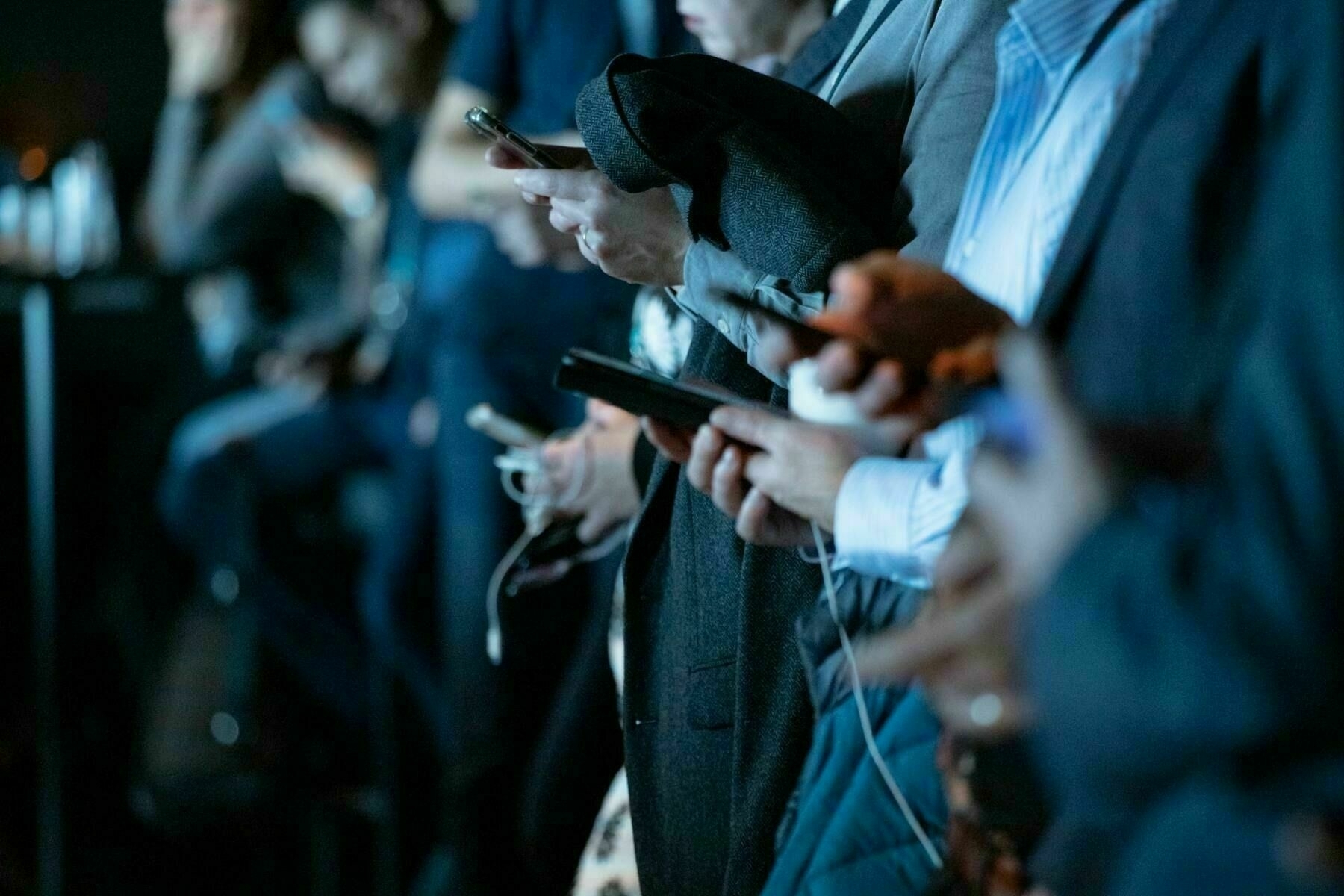
At the end of the day, any social network site is a distraction. Granted, sometimes I need those, but more often than not I don’t. Mastodon is great, but ultimately suffers from the same issues as Twitter due to the humans using it. Consuming the internet in a giant feed of updates will eventually fall into the same traps, and I’m not convinced it’s good for my brain. It doesn’t matter where those updates are, or where I follow along with them, it will still be a tool for my monkey brain to get its fix.
As nice as the place is, I don’t feel like Mastodon is anything more than a replacement. Now is the perfect time to consider if the internet should be followed a bit deeper instead through blogs and news sites. Writing more. Sharing and interacting with a bit more care and attention than fleeting updates.
It doesn’t matter the words used. A status update is a Toot, is a Tweet, and perhaps I’ve just had enough of all of them? Currently I feel like I’ve escaped an abusive relationship, but I’m hanging around with their slightly nicer identical twin. Sure it’s better, but it’s a bit too familiar.
I still can’t decide where I want to put my time. Do I follow mastodon users on Micro.blog or follow micro.blog users on Mastodon? At the minute I’m doing both, and thankfully it’s straightforward to find any ActivityPub users on Micro.blog. Even easier with the handy Shortcut!

All you have to do is find the user’s account and run the Shortcut. You need to highlight the user’s account address in Safari and share the webpage to the Shortcut. This is especially handy for people with a complicated instance address. If this isn’t possible, just type (or paste) in the handle when asked.
The Shortcut will then convert the address to the correct format and search micro.blog. From there you can follow the account easily, just make sure you’re signed in. All of your accounts in one place, like magic. That’s interoperability for you!
The cost of living crisis in the UK has been getting progressively worse for the last few months and is destined to continue that way. Price increases to gas and electric, coupled with corporate greed, has seen food costs rocket upwards with dramatic effect.
I am thankful to not be in a financial position where this will kill me, but the constant worry about money is really starting to take its toll. Food expenses we have cut down on tremendously and started to really budget and plan everything, but heating and electric is becoming a nightmare.
I mean, listen to me with my first world problems, but I’m starting to think that the UK perhaps isn’t as first world as we think. Always having to think about turning things off, and playing the balancing act with heating is really stressful. Constantly considering keeping people at a temperature that they will be OK, but not too warm, where we are wasting money. We shouldn’t be living like this in a developed country.
The threat of falling into debt or not being able to keep my family warm is stressing me out, and the worry of prices going up again after April makes it even worse. Perhaps we’ll just sell up and move somewhere warm.
I needed some time out this afternoon, so went for a walk in the woods with my trusty x100v. I’ve never been one for woodland photography, but love a nice walk in nature. I tried to take a range of photos as the colours are still hanging on from autumn, but judging by the images that actually came out, you would think I had been mushroom hunting.







Despite all the words, the thoughts and the conscious decision to try not to. My monthly challenge of no Twitter for 30 days has not gone as well as it should have. I was hoping to really bring myself around to the idea that I don’t need to be online as much as I am, but instead I’ve just replaced my Twitter scrolling with Mastodon scrolling.
Undoubtedly, this is much better for me. There’s no need for me to worry about being led down rabbit holes, or toxic tweets being shoved in my face. Mastodon has no motivation to maximise the time I spend engaged, but it’s still worse than nothing.

The good news is that I feel much better for not being on Twitter. Despite all the tech news coverage and seemingly everyone talking about it, I have zero motivation to go back to Twitter. The reason for this is pretty easy for me to recognise because a large percentage of people I follow have checked out of Twitter too. Helping to curb my feelings of missing out or not being included in conversations.
When I say I have not been on the website, I truly haven’t and that’s the first time in a long while. When I’ve had similar time away, I’ve always checked in a little. Scrolled thought friends profiles without being logged in or had a look to see what’s happening. What I have done though is replaced my Twitter muscle memory with Mastodon. Reaching for boredom relief is still built into my subconscious instead of just embracing the boredom.
Overall, this is a step in the right direction though. Despite not really seeing the point in sharing so much any more, Mastodon has given me the fix I needed to pull myself away from doom scrolling Twitter. I need to give a massive thank you to the billionaire baby for finally ruining Twitter to a point I don’t care any more. Cheers!
Given the resent issues with the bird site, it’s been great to see so many people delete their accounts to move away. Voting with your attention is the best way to use the power at your disposal. Of course, you can use whatever site it is that you want to use, but many of the users I am seeing are just moving from one bad silo to another. Perhaps naively, I thought people would have learnt by now to demand more from their social network.
You don’t need to know the ins and out of indie websites and decentralisation to know that any private company that controls your attention is going to do the same things. They all have layers of staff to pay, infrastructure to keep running and as such need to show you as many ads as they possibly can, or charge you money to use it.
So, with disappointment, I see users making the same mistakes that photographers did when Instagram went down hill. Jumping from one silo into another one, that will always end up going the same way. Manipulating the users to maximise time on site is inevitable. Thankfully, this is the perfect opportunity to really think about your social media usage and come to terms with the fact that nothing good can ever come from the attention economy.
With that said, use whatever you want to use and if something brings you happiness, then go for it! However, investing your time into a place, wherever that may be, that has your best interests at heart should be a focus. Not jumping to the new hotness. For many people, there will not be a new place, and perhaps that is the best thing for society. Although I am enjoying using some alternatives such as Mastodon, I am thinking long and hard about my usage and don’t want to swop one bad habit for another one.
When I first stated writing online, I didn’t even know what a blog was. I set up some online hosting, and cobbled together an HTML website from a theme, and then when I posted something I would duplicate a page and link it up on the man index, all manually. No research done, no WordPress, I had no clue. All I knew was that I wanted to publish online and be a writer, and it wasn’t until 2013 that I really sorted myself out and began to publish properly.
Due to this desire, I wrote about my thoughts about technology on my blog and then posted the links to Facebook and Twitter. I am so glad that I went this way and have almost all of my posts as a record instead of pouring all of my time into social media. Although I have no idea what started this motivation, the last few weeks have proven that more and more people should be doing the same and putting some value into the things they put on the internet.
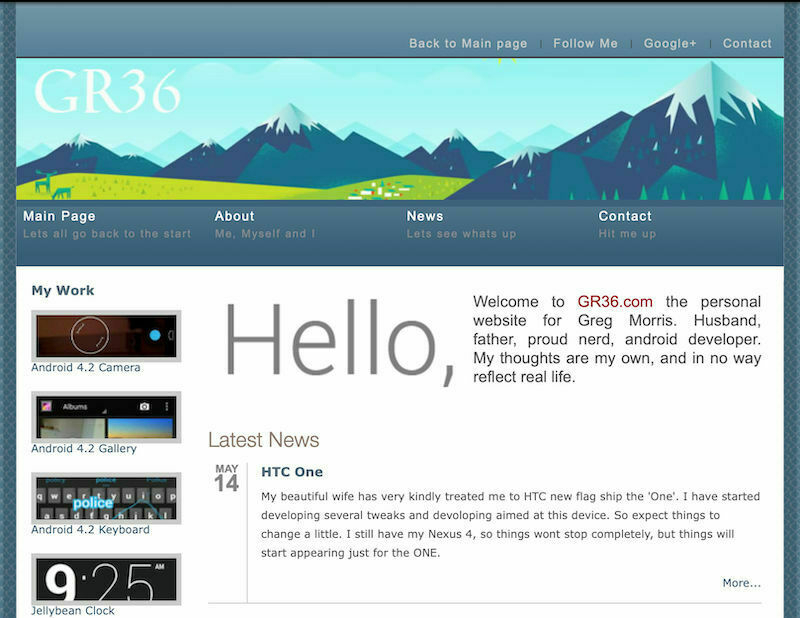
In this time of turmoil and possible migration, don’t just fall into the same trap and do the same with Mastodon, or wherever you end up. There are some great services out there now that can provide you with a cost-effective way to turn your would be tweet storms into blog posts to make them yours, forever. I am a little bias towards micro.blog because, although not perfect, it offers you a great way to get started and start posting everything to one place.
My true hope with all this Twitter nonsense is that people start moving away from social media apart from for real communication, and that more thangs get published online. Blogging isn’t about putting 300+ words together in a nice little package and choosing the right images to go along with it. It can be anything you want it to be, your blog and your posts are your own and don’t need to conform to anyone else’s rules.
You will hear many blog supporters discuss ownership, the indieweb and even internet standards when getting preachy about having a blog. None of these really matter to most people, the real reason you need a blog is to showcase you. To have your little place online that isn’t affected by algorithms and billionaire babies. It’s just yours.
It’s rare that a trailer sparks any reaction in me. I often feel like I have watched the whole film, don’t you think they are too long nowadays and ruin it? Anyway, I saw one for the Netflix film Shutz by Jonah Hill yesterday, and it sparked plenty of feelings. Something that I have been trying to work on myself over the last few months, and that’s just STFU and listening to people.
Pretty near the start, he says something that has echoed around my brain all day. “They just listen [therapists], and all your friends, who are idiots, give you advice. And you want your friends just to listen”. I’ve written before about me struggling to make many real life friends. The ones I have, I never unload my feelings onto them because I do not want them having to listen to my issues, but I have always been a good sounding board for them. People talk to me frequently about their issues, and I try to give the best advice I can.
I struggle with talking too much. I’m like a toddler, when I hear something that I have thoughts about I want to share them straight away. I do have a filter between brain and mouth, but it might be a little on the short side. Should I in fact, just shut up and listen more instead of giving out my advice. Typically, I have no experience of the situation they are experiencing and as such I am, as Jonah says, an idiot.
Flipping this on its head, I think I would talk to more people around me if they just listened. I don’t share my feeling with others, apart from on my blog, because I don’t need the advice, I just need to say my feelings out load. Much like my process for writing, talking though things often lets me come to a resolution on my own. I’d love to be listened to more. I’ve started watching the full film this morning and already written down loads of notes to refer to, so I might get more advice than I bargained for out of this.
I distinctly remember watching this year’s Apple event and being interested in absolutely nothing new. The yearly even that temps me into spending massive sums of money didn’t come across as well as usual. Most of the improvements were software anyway. Despite my bank balance thanking me, I felt a bit flat that I wouldn’t be picking up my usually iPhone and Apple Watch combination ready for my birthday in a couple of weeks time.
How wrong could I have been. Just a couple of months later, I am sat typing this out with an iPhone 14 Pro in my pocket and the most surprising hit of the year, an Apple Watch Ultra on my wrist. Whilst I like the iPhone, I would give it up with very little thought if I had too, however no one is taking this watch away from me now, and that shouldn’t be the case.
All of the Apple marketing tells me this watch is not for people like me. Sure I am relatively fit, despite health issues stopping me from running much, and I do like the outdoors. This watch is supposed to be for those that are levels above me. Divers, rock climbers, ultra distance runners, it’s not supposed to be for full-time dads and office workers, but here we are. All the improvements are just as useful in everyday life as they are for those Apple aim it at, and I adore it.
That’s it, review over. There are enough people out there that will walk you through specs and all the things that it can do, unfortunately I lack the ability to express the boring bits well and answer those types of questions you may have. What I can do though is tell you why and how this helps me in my daily life and hopefully help you see where it could be useful to you. This is pretty easy because there are not many areas that make a difference, but they add up to something that most people should consider.
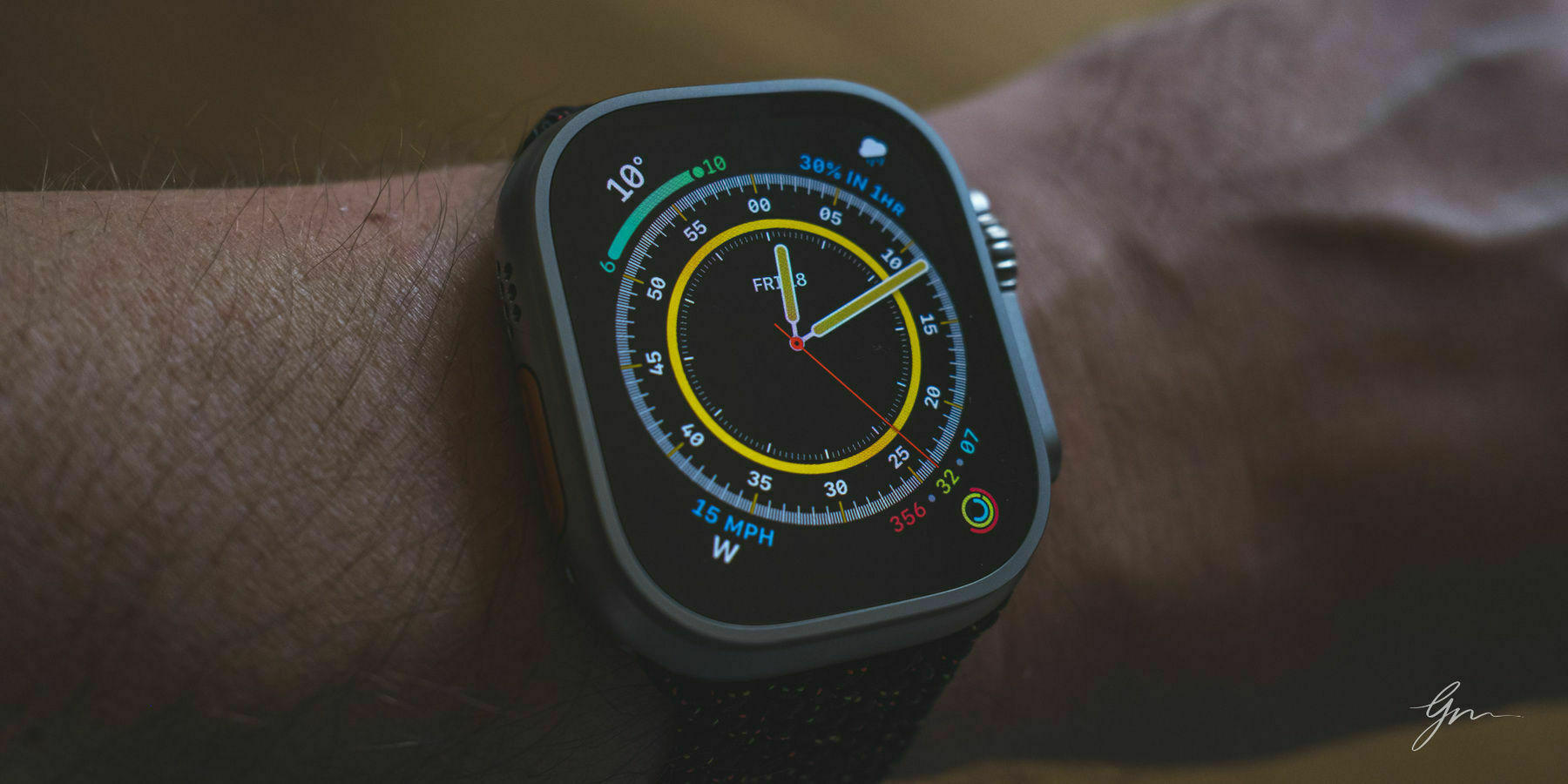
Presentations and marketing never give a true reflection of the type of usage you will get from Apple devices. They are pretty spot on, but no-one does the things they highlight. They don’t watch video playback on a MacBook Pro for 18 hours straight, and most people won’t be doing 60 hours worth of exercise (low-power mode required). It’s even hard to work out what battery life would actually be like when comparing to the ‘regular’ Apple Watches “all day” but the Ultra will easily see you through three days.
I loose around 25% per 24 hours, including sleep tracking and at least one workout. Although occasionally, it seems to plummet at twice that rate until I reboot, which is bound to be something software related. Is this the best battery life on the market, no. Is this anything compared to a Garmin watch for example, no again. It is the best Battery life in an Apple Watch to date, and this means less to worry about.
The only ‘downside’ is that charging takes quite a while. Using a supported fast charger, it can get you from 25% ish up to 50+ in 30 mins, but it takes a while to top it up to full. I have mediated this by charging it most days for 30 minutes or so while I have a shower and get sorted for the day. This sees the battery life hover around 80-50% constantly and suits me much better than having to charge it for 90-minutes or so every few days.
I am over the moon with the improvements to battery life of the Apple Watch Ultra. I wear it constantly, use if for phone free days out, and in my testing when I was trying to see how far it would get me I only lost 12% after 5 hours of hard use. If you’re like me and want to be contactable, still be able to make payments and other modern things, but don’t want a phone around all the time, the Apple Watch Ultra is the perfect device.
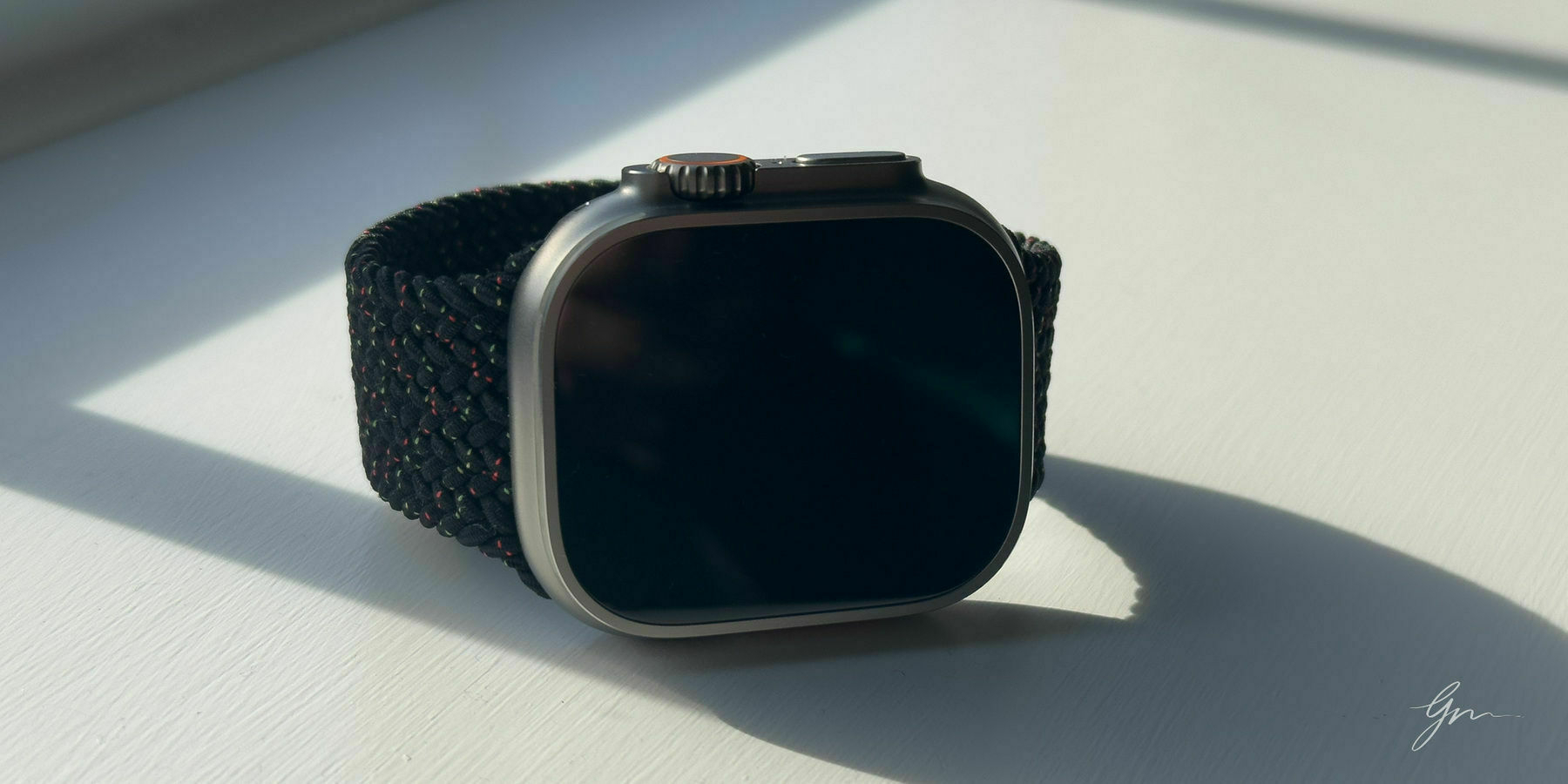
When I first thought about getting the Apple Watch Ultra was when people I knew began to receive them and use them. Sure, I’d seen the glossy images in press reviews and seen a few in video reviews, but once they were all over social media my opinions changed. The design that I thought was chunky and horrible, actually looked much better ‘in-person’. When compared to larger Casio watches the Apple Watch Ultra looks much nicer, to me at least.
Of course, this is all subjective. You may look at the raised lip to the flat screen, coupled with the crown guard, and think yuck. Some of my desire was just motivation to have something else, anything else, than the Apple Watch I had been wearing for years, but the Ultra version looks really impressive and feels great on my wrist. Even my tiny wrists. Seriously, I have to buy Size 6 braided loops and a S/M in the Orange Alpine Strap as seen in almost all press shots (it is nice though).
The great thing about the new design is that it doesn’t scream smartwatch. It’s obvious that it is one if you’re paying attention, but from everyday life, to the boardroom, the design looks more like a watch than the original design. The chunky design is not for everyone, and in fact more stylish watch brands are going the offsite way and slimming down, but it looks much better than the press photos would have you believe.
The weird thing about this watch is, despite the increase in size, and it is a big watch, it’s far more comfortable than other versions. The heart rate sensor doesn’t seem to push itself into my wrist as much, and the increased width makes the straps pull around my wrist rather than down. With the increased battery life, I tried sleeping in it, which I rarely did with the old one, and was surprised how comfortable it is.
Watch straps are a bit looser when compared with the regular ones, which makes perfect sense given that the watch itself is slightly bigger. This is only obvious with fixed length bands like my favourite braided loops.
I have lost count the number of times I have accidentally scraped my watch on a wall, or knocked it on a door frame. Accidents happen in real life and although my sport versions always stood up OK, they always end their time with me with more than a few scrapes and chips. This new titanium version with the robust design gives me the confidence that I don’t have to worry about it. This is one of the great appeals of this watch, yes it can stand up to mountain climbing or whatever, but it will also resist being hit by a ‘ toy or fumbling it off its charger in the dark. It’s outdoor proof and also life proof.
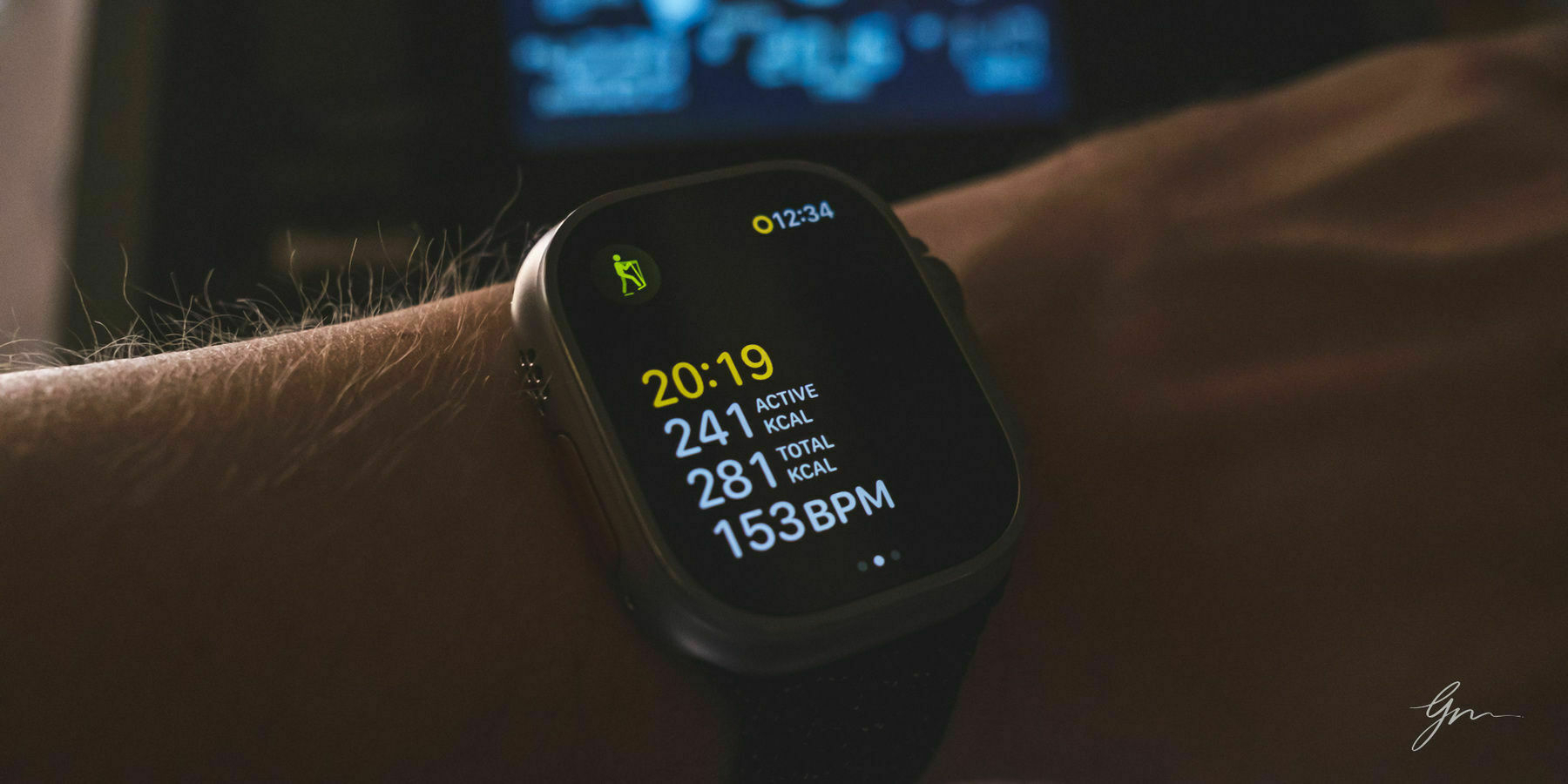
Many of the design changes are due to fitting in a much larger screen. I suppose 49 mm is not that much of a difference from 45, but that’s almost a 10% bump up. The new watchOS 9 exaggerates this further because the OS feels much larger than before, making interaction with the screen much easier. From swiping on the keyboard replying to a message to opening and using a app, it really is surprising what a difference a few mm make on a watch screen.
The screen is also much brighter when in use. This isn’t something that I noticed when using older versions, only when testing both side by side you do notice the stark difference. Making the screen much easier to see and use, especially when working out, when a quick glance is all you need to see all information on the nice big screen.
The screen is not the only thing that’s been improved, sure you’ll also get more accurate GPS and a depth sensor, but a massive improvement is the onboard speaker. Making it even more useful in daily life if, like me, you get phone calls at the worst possible time. I’m not saying people on the other end can’t tell they are on speaker, but you can hear them load and clear now whatever you are doing. When phone free, I’ve been making and receiving quite a few calls and the speaker makes a nice change to having to carry around my AirPods just in case.
All of these things make the Apple Watch Ultra one of the best buys of the last few years. The battery life and small improvements all around have made me think less about it being a smartwatch, and more of a life assistant. I have the confidence it will do whatever I need it to do, whenever I need it. I can go phone free for hours on end as well as stand up to all the stresses and strains of my hectic lifestyle. It comes with me everywhere and I absolute love it.
That’s not to say that everyone should rush out and buy it. This is a £850 watch, after all. It won’t retain the value like spending the same money on a regular watch would do, and it won’t last nearly as long. However, it can aid your life in some very specific ways that I think plenty of people would enjoy. If you have the opportunity, try one out and see what it can do for you.
A lone shell
Turns out that I have more smaller thoughts than I thought (try saying that three times fast). Coupled with some nice feedback, has inspired me to publish some more bit sized posts for you to consume.
I’ve just finished Happy, Sexy, Millionaire by Steven Bartlet. It’s a pretty short book that doesn’t fall into the same trap most books with a similar message do and become a series of cherry-picked anecdotal stories. Near the start he discusses his pursuit of happiness, in that he started out with the wrong outlook and gives one of the most important outlooks that I’ve read for a while.
The premise is to not look for things to make you happy, but look for happiness instead. As he points out, just the sheer contemplation of wanting to change your life to be happy comes from an amazingly privileged place already.
The fact that you can even dare to think about changing things in your life to be more happy should make you stop and think. There is a massive section of the world that this simply isn’t an option, there is no other process than simply doing whatever they need to survive. We are all in an amazingly privileged place just to be reading this text and thinking about happiness, never forget that. You are already enough.

There’s a general belief that there are only two sides of every argument now. Commentators point to issues like Brexit and vaccinations that the world at large is moving further apart. There’s some truth in this, at least in my anecdotal observations, the world does seem further apart. However, that is because you only hear from both of these extreme sides, and the rest of us don’t care enough.
Take something like the online discourse around the COVID-19 vaccine. Peruse the online world, and you might think you’re either in the camp that got it as soon as possible, or you’re an anti-vaxer. The truth is, the vast majority of people were somewhere in the middle. Positive about the advancements, but prefer a bit of a wait and see mentality. We don’t need to be split into camps, but the reality of the online world is that the other side of the argument is always wrong. Quiet apathy is the way to live life happily, have your opinions but don’t give a damn about other people’s versions of them. Bliss.
All men dream: but not equally. Those who dream by night in the dusty recesses of their minds wake up in the day to find it was vanity, but the dreamers of the day are dangerous men, for they may act their dreams with open eyes, to make it possible - T.E. Lawrence
I love the fact that Twitter is burning down. Not for the staff there, I hate that these talented people are without jobs or forced to have one they don’t like. But for the selfish fact it has got me to the stage where my need to visit has diminished, and I feel mush happier about the world.
The only thing I miss is being able to get in touch with brands. Many seem to prioritise support through Twitter and Facebook (neither of which I use) and sending them a tweet for help is easy to do. With this in mind I wondered what would happen if Twitter imploded, or the brand just didn’t want to be there any more, and I ran through a thought experiment where they all had Mastodon instances.
It would be straightforward to toot (I still hate that word) at a brand’s customer service if they all become universal. For instance, all customer service could be @cs@webaddress, and you wouldn’t need to root around for anything. Amazon order not shown up, just message @cs@amazon.co.uk or had a bad experience in Tesco, reach out to @cs@tesco.co.uk. This opens up the ability to have those individuals who are representative of the brand, or otherwise want to be open to contact to have the ability, or you just have an internal social network too.
Yes, this relies on everyone understanding Mastodon and there are many that still don’t, but I think it’s a pretty nice idea. Thoughts?
I was pretty angry this morning. With good reason, I thought at the time. I had lost 4-5 hours worth of work, but it still felt like a pointless emotion. It didn’t get me anywhere, changed absolutely nothing about the situation, and only made me feel worse.
Anger is, in most situations, a pointless emotion to feel. There must be some evolutionary advantages to feeling anger, but in the modern world in generally gets you nowhere. Even in combat, where you would think anger could be advantageous, it just clouds your judgement and increases the chance of mistakes.
Duncan Trussel put it fantastically when he said that “anger is the second wound inflicted by your enemy”. Something he puts down to Buddha, but unfortunately, I can’t find any reference for it currently. Whoever said it, it is dead on. The only outcome is an wound on the person suffering with it, burnt by its toxic effects.
Anger does not bring back my work. In any situation, it doesn’t change whatever has happened, it just affects the future negatively.
I feel as if I start every post about Twitter with the same words. I both love it and hate it, blah blah blah. Well, this time a billionaire baby annoyed me, so I quit for a bit and then decided to set myself a new monthly challenge. I’m 10 days into “No Twitter November” and I have a few observations.
I’ve known for a long while I’ve had a deep-rooted muscle memory Twitter itch. Despite all of my attempts, I can’t stop my unconscious brain from grabbing a device and opening Twitter whenever I am bored. I do it without thinking, and often only catch myself after minutes of doom scrolling.
Thankfully, this has dried up fairly quickly, but I’m not going to lie, the first few days were frustratingly bad. I had to make sure I had signed out everywhere and had no apps installed. The sight of the sign in screen was good enough to jar me back into the real world and stop me from going any further. In the last couple of days it has only happened twice when compared to the first few days occurring a couple of times an hour.
Using Mastodon a bit more has helped / replaced this, so I feel like I am cheating a bit. However, that place doesn’t give me the same hate filled rage and leave me feeling deflated, so it’s a net win.
There are a few newsletters I subscribe to that include some funny tweets, or useful threads to check out. Mostly these show fine, but others require a tap, and if they do, I am usually immediately hit with pop-ups to sign in and “join the conversation”. It sucks that I can’t consume the information logged out, but I expect nothing less.
I debated log and hard if even reading these tweets constituted cheating, but concluded it didn’t. This was further confirmed given the terrible experience if I’m logged out anyway. Every so often you can see what you need to and the screen is taken over if you scroll down, sometimes you’re blocked entirely. It sucks.

After a few days of no Twitter, I began to see it everywhere. At first, I put this down to some kind of withdrawal, but it soon became obvious how much of the news sites, personal blogs and YouTube were covering things that happened on or about Twitter.
Granted, this was exaggerated by the baby billionaire doing his best to burn it down. There aren’t many “did you see what happened on Twitter” water cooler moments, but a gigantic percentage of news is about what so-and-so tweeted or other things linked to the service. I now entirely understand why journalists feel like they are chained to checking Twitter. Which leads me to my last point.
There are a few people who have joined me on my jump from Twitter, but many have not. I miss the interaction I got (no matter how small) from people that I’ve met over the years. Reading their life updates and learning new things they are up to.
Some of this has moved to a group chat, but it doesn’t feel the same. I do miss Twitter when it’s good, and I wish there was some way to make it work, but the longer I spend off the service, the more I realise it is the right thing to do. Perhaps in time I will realise that this space in my brain is better used elsewhere, but presently I miss it. There are a few people that I only interact with on Twitter, so I’ve had to stalk people’s Instagram or find another way to contact them.
Ultimately, I do see myself dipping my toe back in, but perhaps in a much reduced basis. It may take more time to work out the way I am going to gain the little community I had, but I think it can also be built elsewhere too. There’s another 20 days to go, so things might change by then, I’ll let you know.
Since ditching my newsletter a while a go, I haven’t really had a place to share smaller thoughts with the world. It was effortless to fill it full of things that took up some space in my brain and perhaps would make a good talking point, but wasn’t worthy of a blog post. So, I’ve decided to publish them every so often anyway and see how it goes. Welcome to some small thoughts I have had over the last week or so.
It doesn’t matter what you are trying to do, the system is the most important thing to get right. Look at what you need to achieve and then work backwards in a realistic step process. Once done, the tools you choose will fall around the system. If you don’t get everything straight, you can fall into the trap of letting the tools dictate the system itself. If a tool I use can’t do the job I want it to do, do I then find a different tool or change my system and expectations?
The risk is that changing your tools every time is costly, in both time and money, but if a tool doesn’t fit the system or do what you want it to do, it breaks the system. Working out what you really need to achieve is the only way to solve the problem.
Look at note-taking, for example. Numerous people are told “you need to take notes like this” or “use this app to achieve this specific thing” instead of working out where they must be to make it work. My note-taking system was broken for a long time. Not in terms of taking notes, but using the notes later on. Linking between thoughts and surfacing ideas has never worked as well as it thought it should. This made me look around constantly for new tools to do this, when in reality when I stopped and thought about it, I never used them anyway.
Is your system broken, or your tools?

I figured something out last week to do with photo services. I post different photos to different places. Instagram gets a bit more editing and only a few chosen photos. I usually then posted more natural ones to Glass when I used it, and then I am perfectly happy dumping all the rest on my blog / micro.blog.
The different places seem to be set up for different things. I would never dream of posting anything personal to Glass. It feels too much like a pro photographer’s place to share the best of the best. Like what Instagram should be without all the gaming and attention seeking that plagues an otherwise great platform.
I sometimes found myself shooting a photo slightly differently, or editing a different version for Instagram. Which often leave me feeling a bit strange. Typically, photos I don’t even like do better on Instagram because they have a similar look and feel to others, but I edit how I like when I post to my blog.
Maybe, I need to make peace with the fact that I cannot keep up. I cannot keep up with the growing list of brilliant books. I cannot keep up with the gifted writers churning beautiful essays. And, with a heavy heart, accept that I am okay with it. No End to Content Overload - Excursions
“The modern world is stupid” says every old man who wants to shake his fist confused. Me included. I don’t get most of the business decisions today, and most of the marketing I see is just bizarre. Which is somewhat worrying because that’s what I’m supposed to know about for my day job. I do understand where most of it has come from, and the influence of Instagram cannot be understated.
There’s a whole world of products and businesses out there built solely because of the instagram effect. They have designed their products, and sometimes entire practices, to appeal to a certain ascetic and sell things to the Instagram (and now TikTok) generation. This isn’t just something that appeals to Gen-Z either. The amount of money that I have spent on experiences and products purely because my wife wants to post to Instagram is more than I care to admit.

It took Apple a while, but they finally made Apple notes truly useful on my iPhone. Yes, there are still things they need to improve, like the terrible implementation of rich text, but quick note is a revelation and the cornerstone of everything I need to capture whilst using my phone.
It doesn’t matter where I am, what I am doing, but within seconds I can take a note. By adding a small icon to control centre, and also allowing me to swipe up on the iPad, I’ve turbocharged my note-taking and also saved myself some money. I no longe rely on an app like Drafts, to make sure I can take a quick note — I love Quick note.
Although my monthly challenge forbids me from checking Twitter, my reading stream and other social media is full of Twitter news. I honestly couldn’t care less what the business does, and what Elmo turns his attention on to monetise its user base, but most of the chatter seems to be about blue check marks and paying for subscriptions. Weirdly, I’ve been thinking about this for years and have a few thoughts.
The main issue is my confusion around what Verified means on Twitter. The word just seems wrong in the context that Twitter puts on it. Never fitting in to any mental model I can come up with. The way in which it is portrayed certainly needs refreshing if not removing, but the blue check already carries its own weight after years of use.
Verified should mean ‘this person is who they say they are’. In so far as Twitter have carried out some checks, perhaps uploading an ID and placing some code in your website, and as far as they can tell, this person is real. The user is then verified, but it shouldn’t have the importance that Twitter places on it currently.
To Twitter, Verified means that this person is who they say they are, but they represent the way Twitter wants to portray its service. In as much as, if you don’t conform and break some unwritten rules, the first strike for Twitter is often to remove the user’s Verified badge. A weird way to work when you can call the service anything you like, yet chose your marker as ‘Verified’.
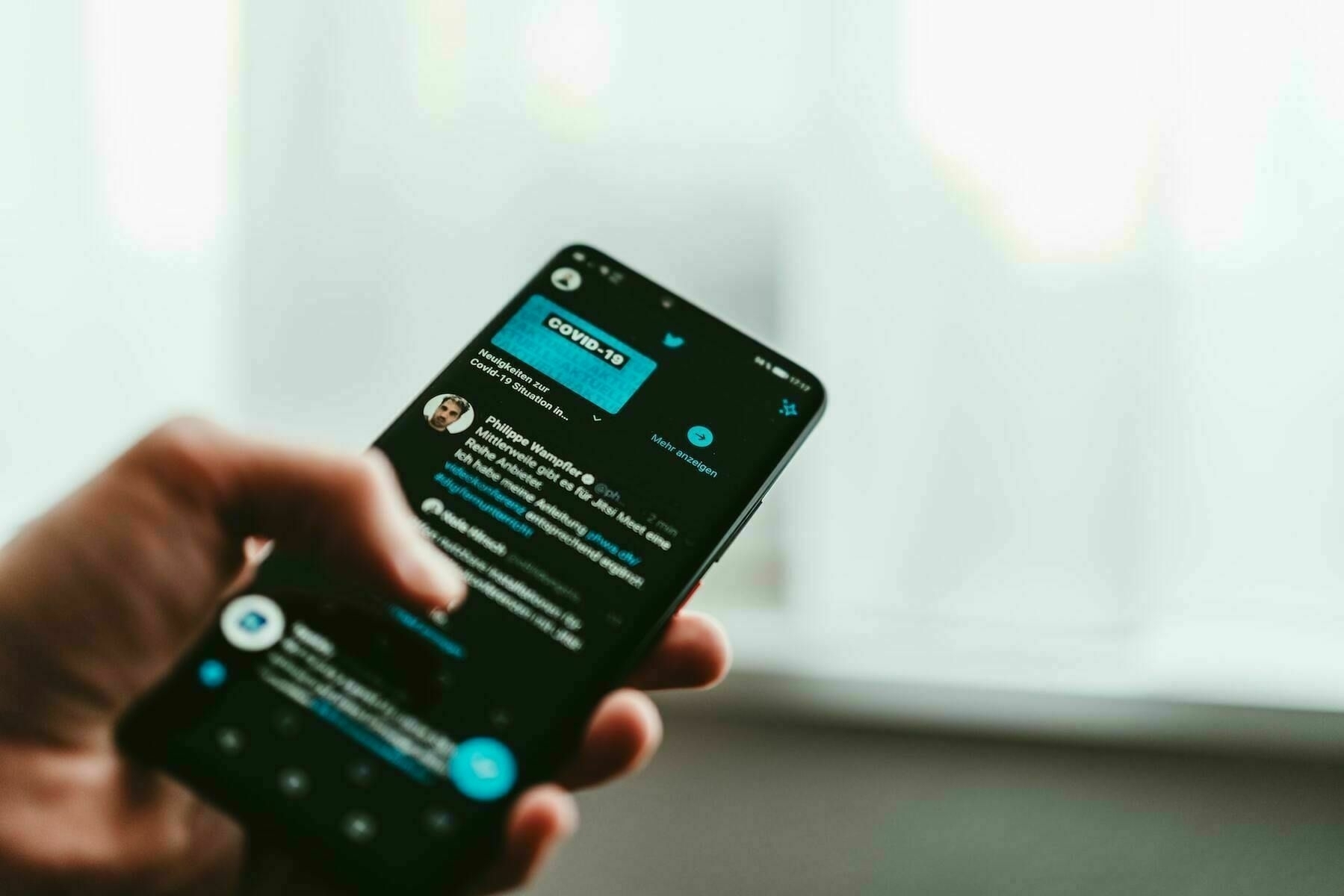
For years, I have wanted a Twitter pro that is worth paying for. Solving the platform’s biggest problem and also gaining some income. Whilst I understand that the way Twitter works, fast-paced and with a massive reach, is its USP. Most of the issues users face is due to bots and anonymous users.
I feel users should be able to prove who they say they are and get a blue check mark. You shouldn’t be forced to use your name or other downfalls of similar ideas, but Twitter should be able to tell who you are and therefore be answerable for your conduct. As a perk, users can decide to only interact with others that are verified and have robust filtering in place to only see those users. If Twitter wants you to pay, fine, that’s their call, but users need useful features in exchange for money.
Twitter could then extend this towards other markers for people that represent whatever it is that they mark people as Verified currently. Perhaps a gold checkmark, or a deferent thing all together. This still may not resolve the issues currently plaguing it, nor pull me back, but it would perhaps go some way to addressing the current issues.

There’s very little for me to comment on or add value to the conversation around Apple showing adverts on their devices. There are many more knowledgable about the situation than I, and couple with the fact I don’t care currently, means I stay quiet. That said, the recent moaning makes me think back to the days I used to love Samsung phones and the biggest reason I quit was ads.
That’s right, dear reader, I once very nearly switch to Samsung around the Galaxy Fold 2 / Note 20 Ultra era. They were great phones and I enjoyed using them to review, but what put me off in the end was that I felt like I was the product. Adverts would constantly be displayed in Samsung apps, such as Pay. They even went as far as sending notifications and adverts right in your notification area at some points. All of which completely put me off dealing with the company.
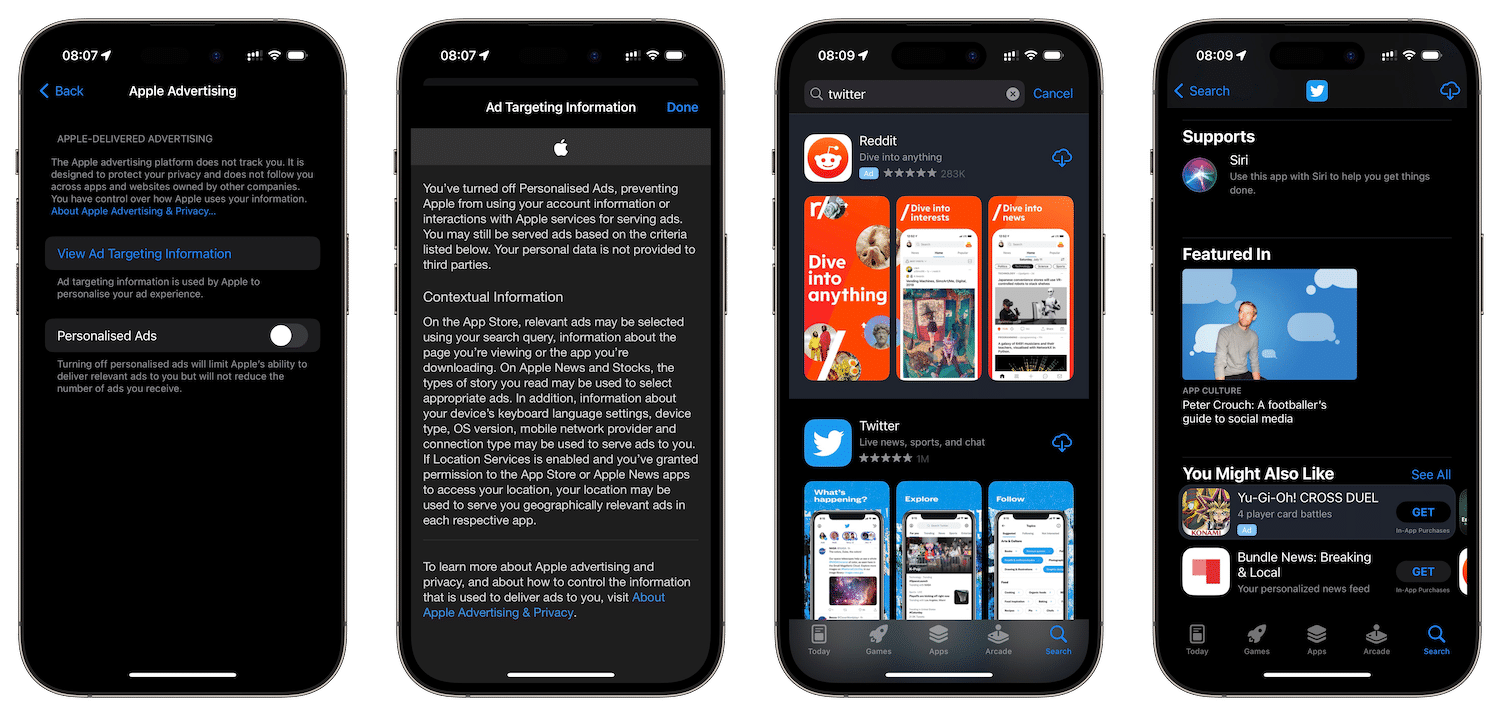
If you buy a cheap device, you expect companies to bundle in services and try to push you towards spending more money. You don’t, however, expect this when you spend upwards of £1,200 on a phone like the Fold 2 or Note 20 Ultra. Granted Samsung are possibly the worst offender in this space, and do similar things with their expensive TVs, so we might be comparing Apples to Oranges, but it just feels off.
I absolutely expect a company to be pushed to make more and more money, and I understand that people have a strange perception of Apple as a whole, but it’s starting to feel a bit weird all of a sudden. There is nothing immediate to worry about, but after years and years of Apple telling us they don’t do adverts and yelling at other companies that treat their customers as products, it feels like the tide is turning.
Granted, these are only feelings, ones based on experiences with the worst of the worst, but I understand where some users are coming from. If we continue down this road, it could very well end up a disaster. However, rightly or wrongly, I do have faith that Apple will do this correctly. Unfortunately, I can look at the trashy adverts in Apple News and see a world where Tim Cook can’t be so preachy any more.
I’ve been trying to formulate in my mind what I want to achieve with publishing online and my online life in general. Not to achieve like the world of content creation, worrying about metrics and income, but really what I do it for. What is the yardstick to measure things against if you aren’t really concerned about the yards or the stick that people usually use? My publishing and my browsing habits really come down to three things — tools used, time available and the energy I have.
In my modern life, I nearly always have enough tools available all the time. I do most of my writing on my iPhone, this is in stark contrast to even a few months ago where I would always default to using my Mac. By choosing this separation, it felt a bit more organised and if I sat down to write, I wrote. Whereas now when I have an idea I capture it, or more often than not write the post there and then.
This means that my fingers could nearly always be busy. There are a few moments that I don’t have my phone with me, but I can always capture ideas because there is never a time I don’t have my Apple Watch on. Tools are seldom my problem now I’ve sorted out my publishing workflow.
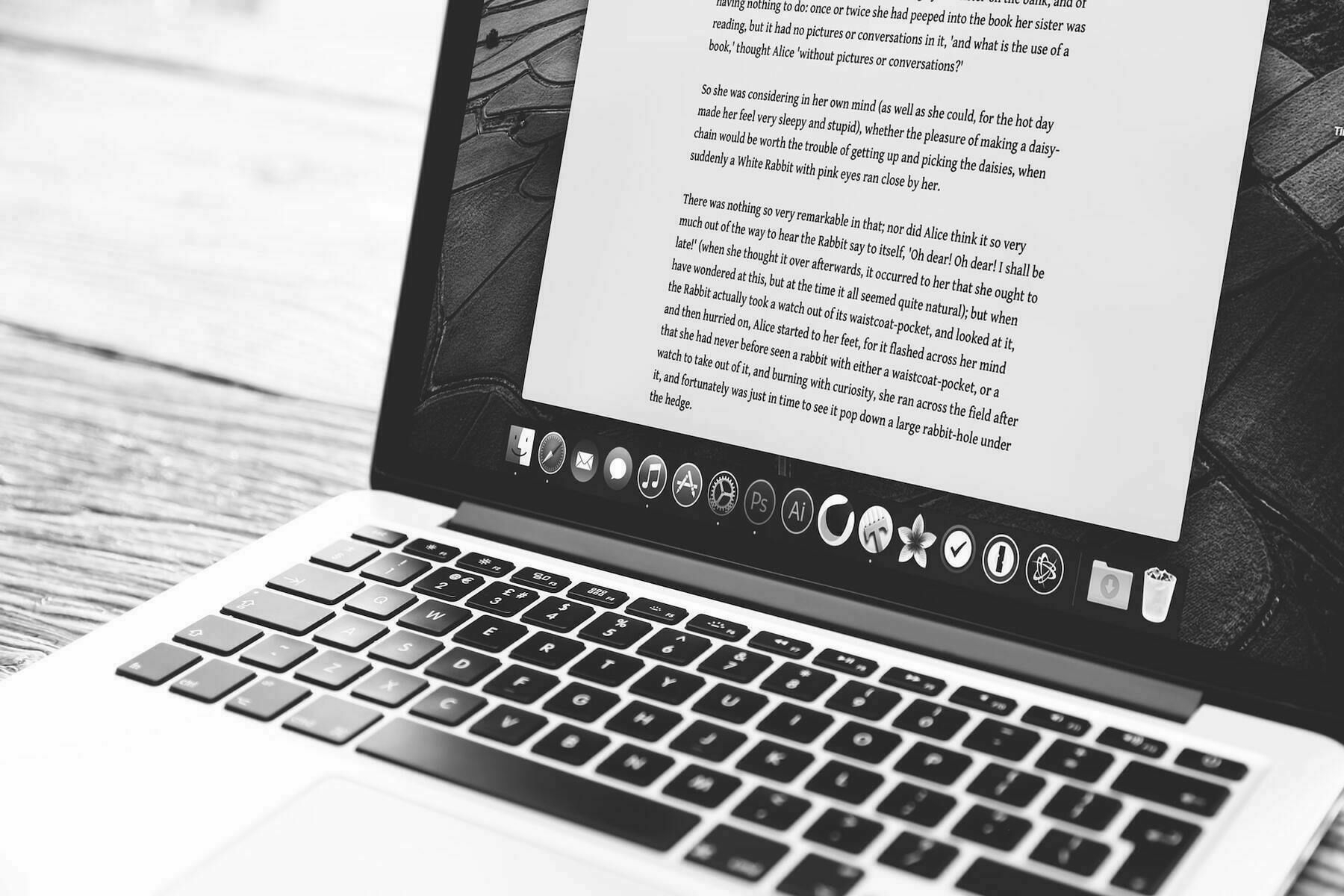
The biggest thing we all struggle with is time. Finding this in between all the things you have to do in our daily grind can be a task in itself. Thankfully, much like exercising, I can prioritise these above plenty of other things. For me, time spent scrolling social media or watch TV is better spent writing in a journal or publishing a blog post. My only comparison is against what else I could be doing because writing or reading others writing gives me lots of value.
With that said, others will value things differently. Some play games to unwind, some are artists, and some love doing nothing in front of the TV. There is no right or wrong here, just the result of lots of thinking and the occasional values audit.
For me, writing doesn’t always take a lot of time, but it takes some mental energy. A certain level of motivation needs to be achieved to get an idea from a small note into a publishable article. I used to take much less care of things, but despite the scruffy appearance of my blog posts, I do send some time on them.
Energy is also a big decider of where I want to put my reserves when I’ve been at work all day. Writing copy and staring at a computer all day doesn’t always mix very well with wanting to do the same thing when I come home. This is combatted somewhat by my mobile publishing workflow, but occasionally, my remaining energy is better off focused elsewhere. Playing with the kids or completing the endless lists of home jobs I have to do often gets priority here.
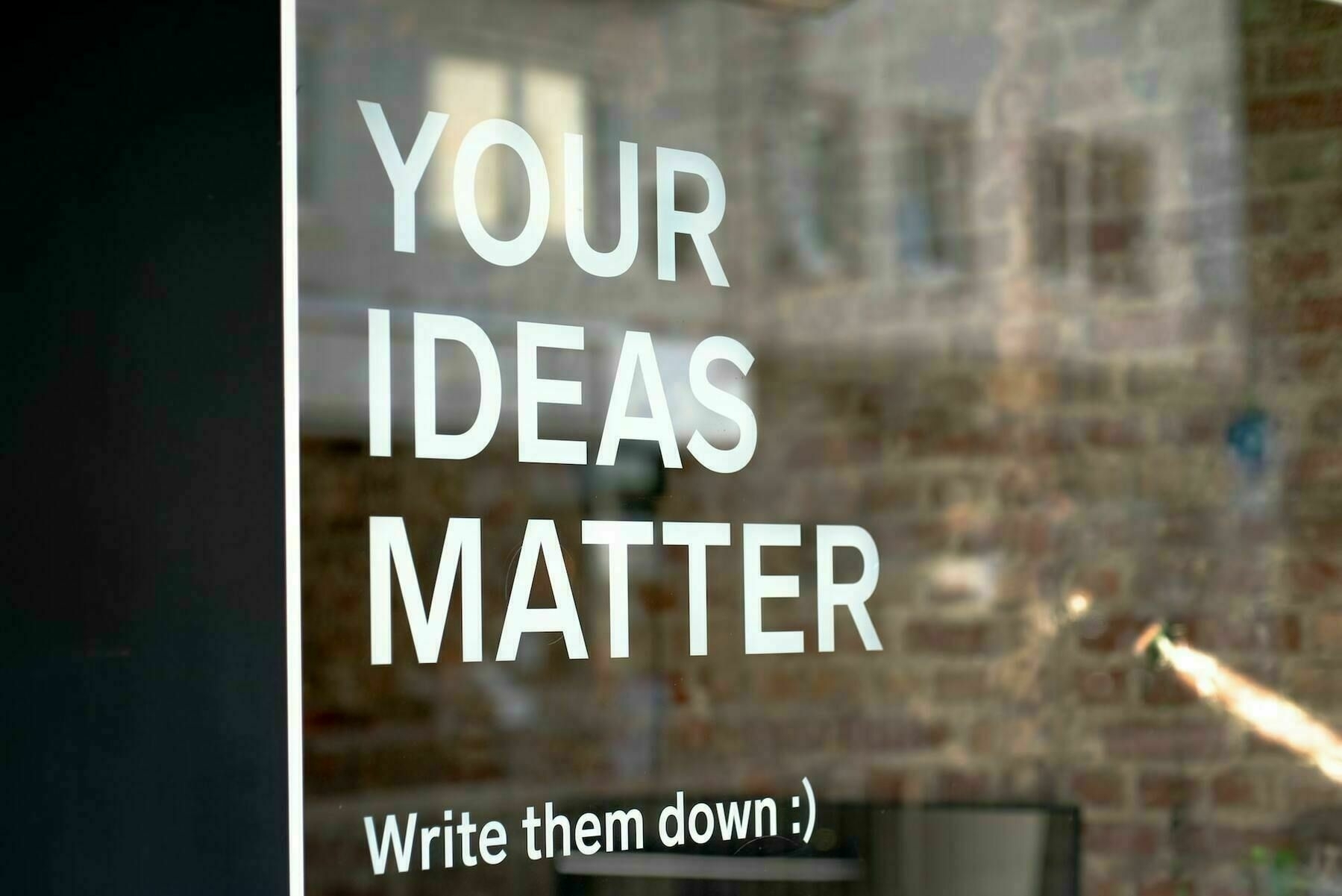
It all comes down to this. What do I want to achieve by writing the posts and publishing it? I am always conscious of not writing things to get replies and attention, and would rather get things out that help people. That might be to teach someone a new way of doing something tech related, or just show my thoughts behind topics I am thinking about.
Ultimately, I try to make sure that I don’t expect anything in return for the posts that I write, and that I am fine with that. The result is that I want to help others, or just get the thoughts that I am typing out to a conclusion and at which point I might as well publish them anyway. My blog posts are often a public journal of sorts and cover the topics and concerns I have at the time of writing. I do often wonder why I bother publishing things, but the result is always because I like to, and that’s enough for me.
A few iPhone snaps from Lillie’s match last night. Raised more than £3000 for Birmingham Children’s Hospital.
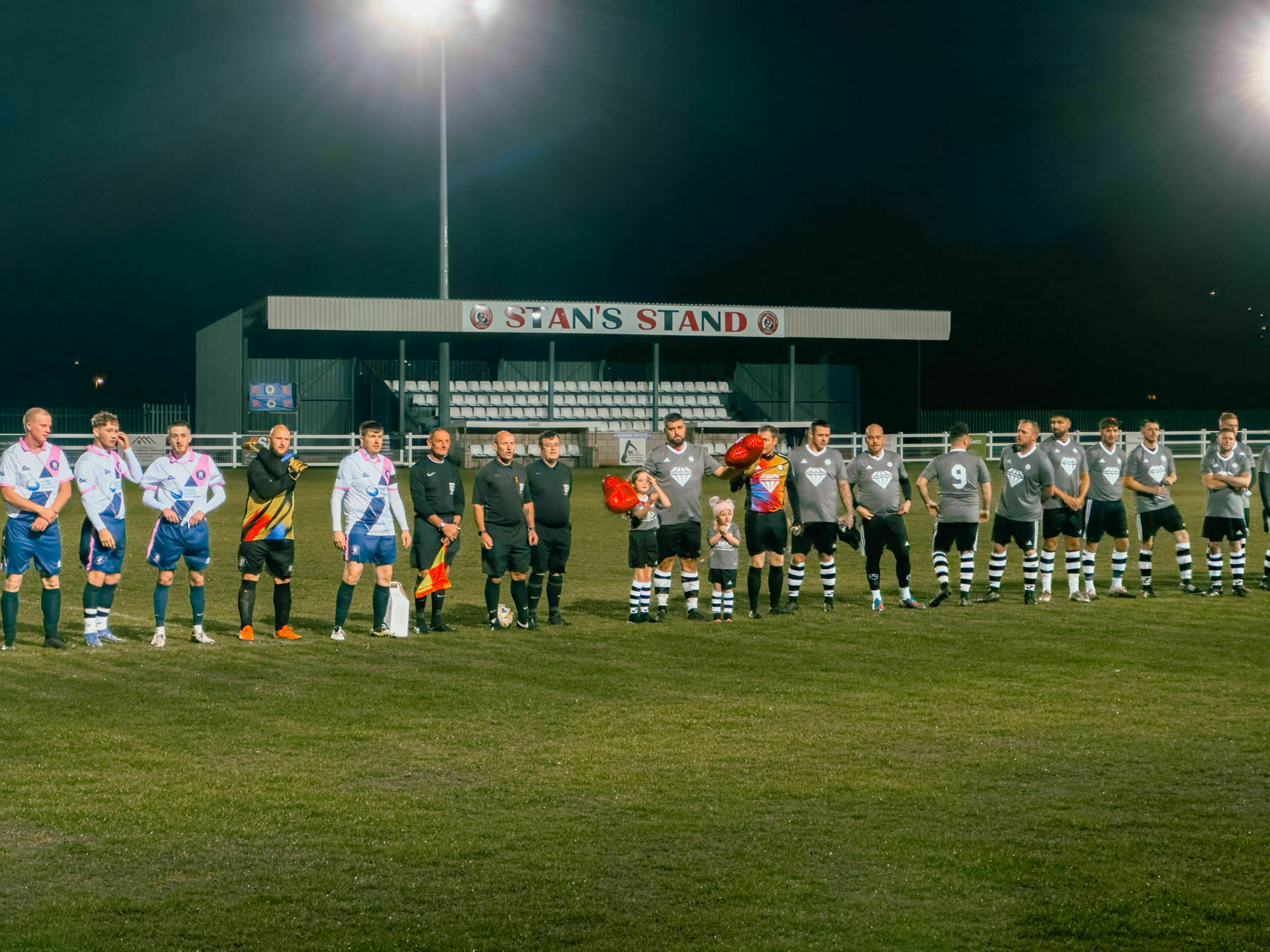
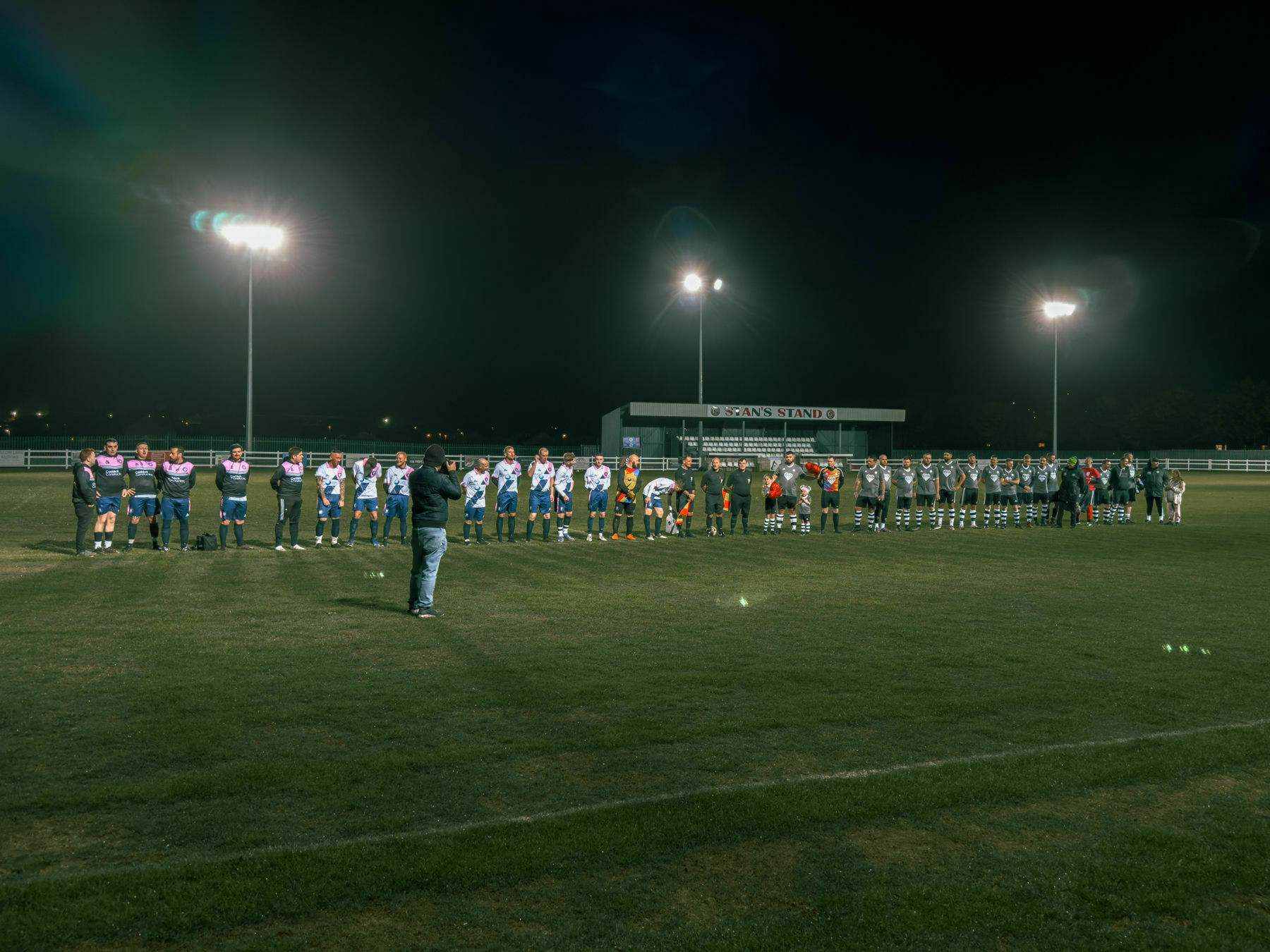

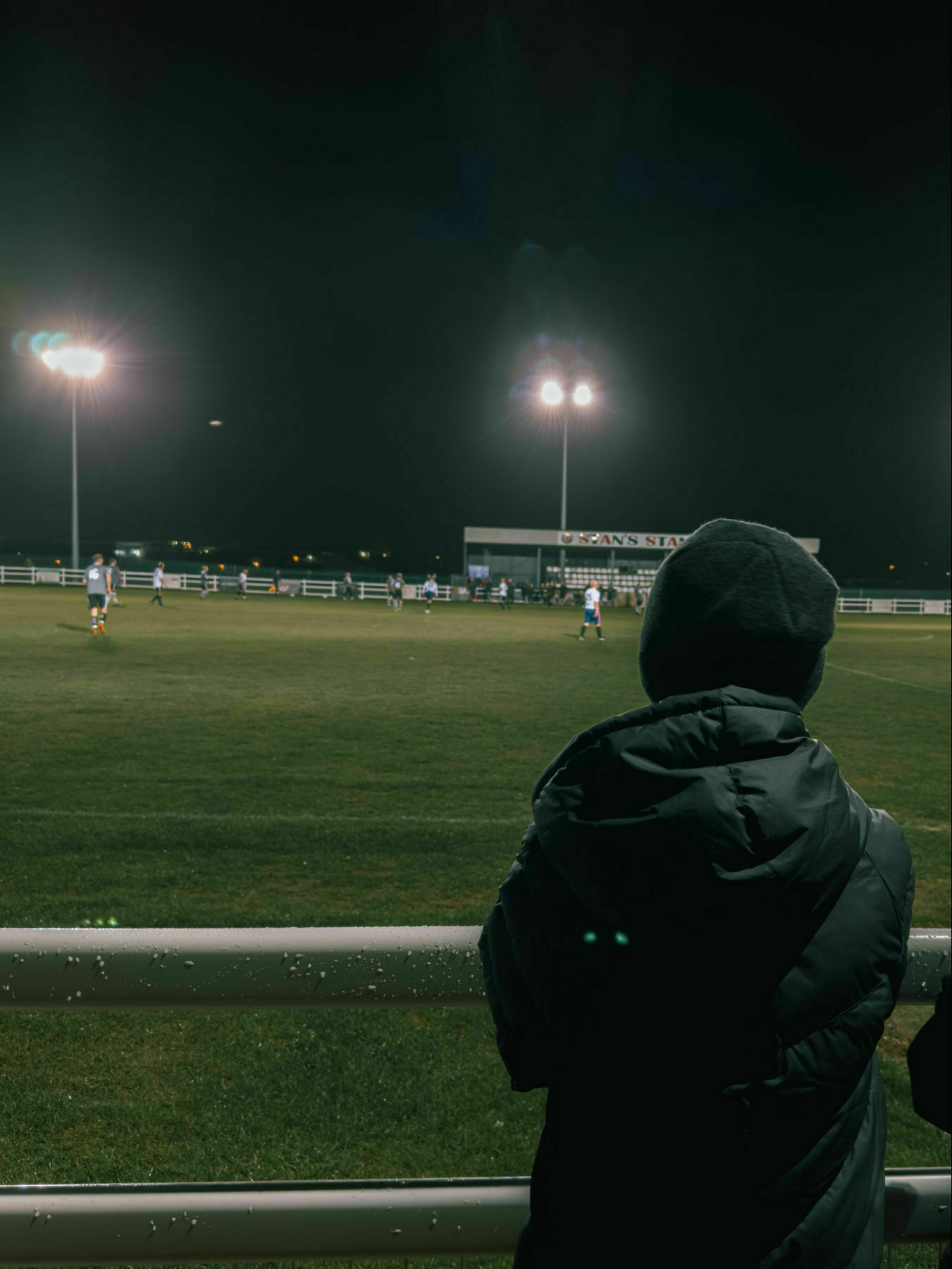
As with everything in my technology life, I go backwards and forwards on the Apple Watch. On one hand, it gives me the perfect device to take me away from technology, and on the other it’s another device to maintain and worry about. I’m always one for making my life easier and cutting tech out my life if I can do. With that said, after a bit of work and a few Shortcuts, I have fallen for it again.
Following a little time unplugged, I had been toying with the idea of putting my Apple Watch away for good. Whilst it did add some value into my life, I had come to the conclusion that it wasn’t enough. I held on a little longer due to rumours of a redesigned version in the upcoming months, so I kept my options open. I’m not a fan of this elongated squircle and have always wanted something more stylish.
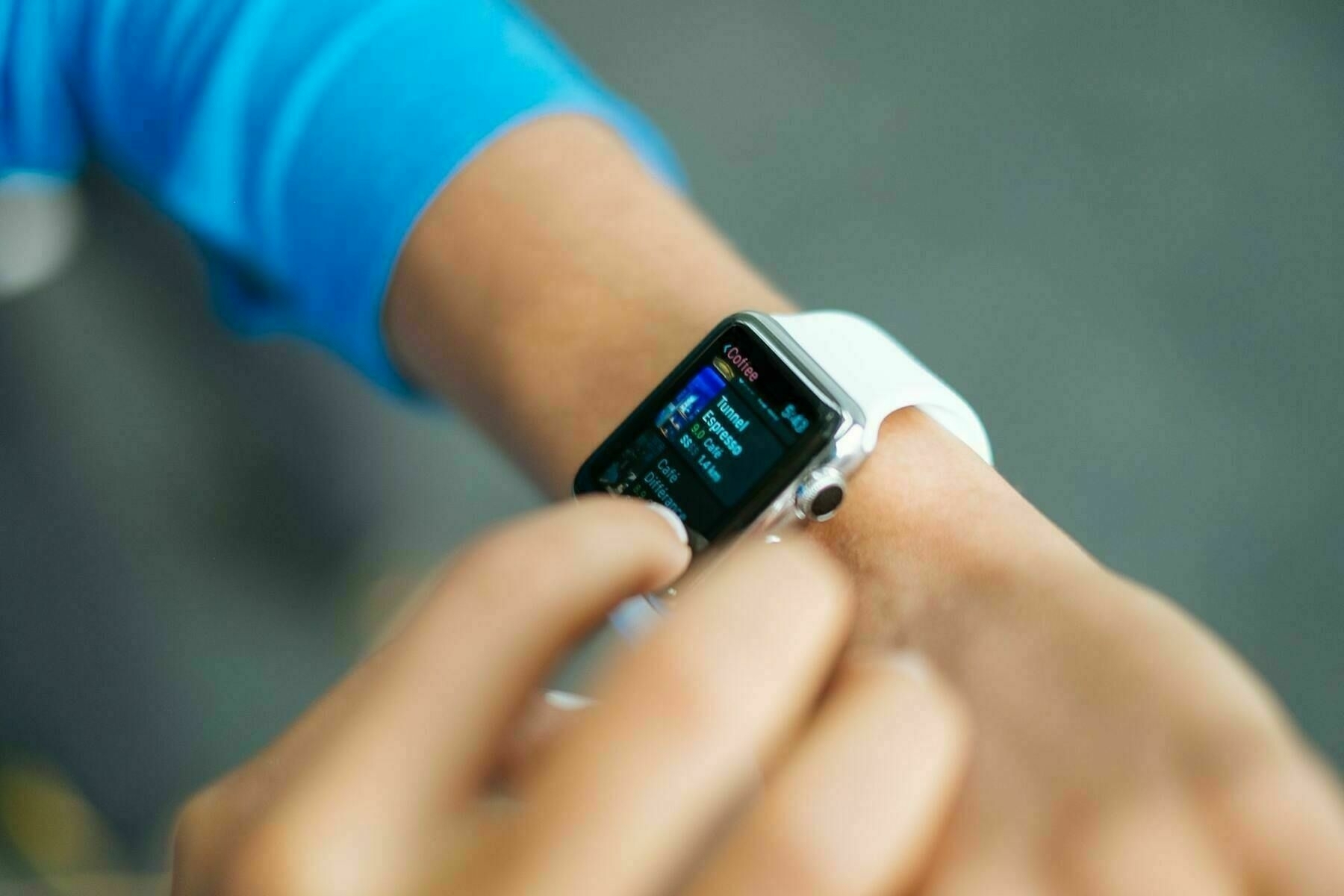
Thankfully, the released Apple Watch Ultra didn’t really appeal to me, apart from my desire for something different on my wrist. I blame Maique for this slightly because he highlighted the usefulness of the new action button he is using for updating his omg.lol Status. Instead of spending £850 on a watch that would not suit my wrist just for a button, I have put some effort into making my Apple Watch work for me and in response, I love wearing it again.
The way I have done this, and the Shortcuts I have set up, are uniquely for me and not really the point of this post. It is more to point out how versatile technology can be with a little effort. By making the Apple Watch mine, within the very tight realms of what Apple allows, makes it much more useful. An Apple Watch could never replace other devices, but I can put my phone down even more so than before.
I would still like to see an action button on updated versions but for the time being I am very happy. This tiny computer on my wrist isn’t so bad after all.
I’ve been mulling over these thoughts for months now, but resisted on posting them because of the backlash. I know I should never do that, and feel free to post what I want, but you know what the internet is like. Following yesterday’s meagre offering following 18 months of development, the time has come. The iPad sucks now, and that’s a real shame.
I used to be that guy. The one that used his iPad for everything and preached about it at every available opportunity. Selling the iPad to anyone that would listen and teaching people the tricks you needed to make it really work. This was way back on an original iPad Air, then a long line of Pro variations. Then one day I just kind of ‘woke up’.
I had an epiphany and realised that it wasn’t the iPad that was so great. I mean it was good, and Apple were doing what they needed to do, but it was the apps and particularly Shortcuts that made it. Apple broke several of my much-needed shortcuts to get things done, and the whole thing fell apart.

So I quit. Publicly and emotionally, I’d had enough of trying to fit a round peg into a square hole. Fortunately, Apple now sells a perfect replacement for those that like myself spent thousands on iPad Pros with keyboards and pencils in the form of the M1 MacBooks. I chose the Max variant in an MacBook Pro, but many switched to the new Air and spent less.
I didn’t care so much for ‘pro apps’. Or for them to allow me to use external monitors correctly. All I wanted was for them to stop messing around with the way the iPad actually worked and decide what it wanted to be. At the point of quitting, the iPad existed in somewhat of an oxymoronic state, in that it was costly but not all that capable. The software was flakey and didn’t really ever live up to the promises Apple made.
The iPad still exists in that same position, but the terms are worse. My initial quitting was three years ago and nothing has changed. There has been some kind of awakening of late. One where users that previously waved their ’iPad guy’ flag have realised they are indeed doing themselves a disservice. The reality is unless you explicitly need a touchscreen, the iPad Pro is a poor, expensive, choice. Apple still has no idea what they want the iPad to be, and even less of an idea on the ‘pro’ versions.
Base model iPads now come in at £500. Which is at least £100 more expensive than you should be paying for a consumption device. Sure, it can work with keyboards and pencils (kind of), but that’s not the appeal of an entry-level tablet. Couple this with a confused lineup of Airs and unimproved £1000+ pro devices, leaves next to no appeal.
The answer to the age-old question of “what iPad should I buy” is now “last year’s model”. Should anyone dare to ask what tablet they can get to do some work on might need some follow-up questions, but in reality the correct reply is “a Surface Pro”. That hurts a little.
The fun little service omg.lol is the new hotness on micro.blog and seems to be seeping out into the wider internet. Not only is it ridiculously cheap for what you get, the developer Adam seems to be making constant updates and offering more and more value for money. For just £5 per year you get access to a landing page for your social media, mastodon instance, email forwarding and my favourite service — statuslog.
Statuslog allows you to post small updates containing whatever you wish, along with an emoji. Exactly the type of thing that allows you to share what you are up to without having to interact with a service. As with everything omg.lol creates, it’s brilliantly designed and easy to customise for your use.
I have embraced the set-up of micro.blog. It promotes using your blog for shorter posts as well as longer ones to keep hold of your content. There are just some posts that I don’t care about, and are what Twitter was really made for. Short, to the point life updates, that have no value — think “drinking coffee” and not tweet storms of information.
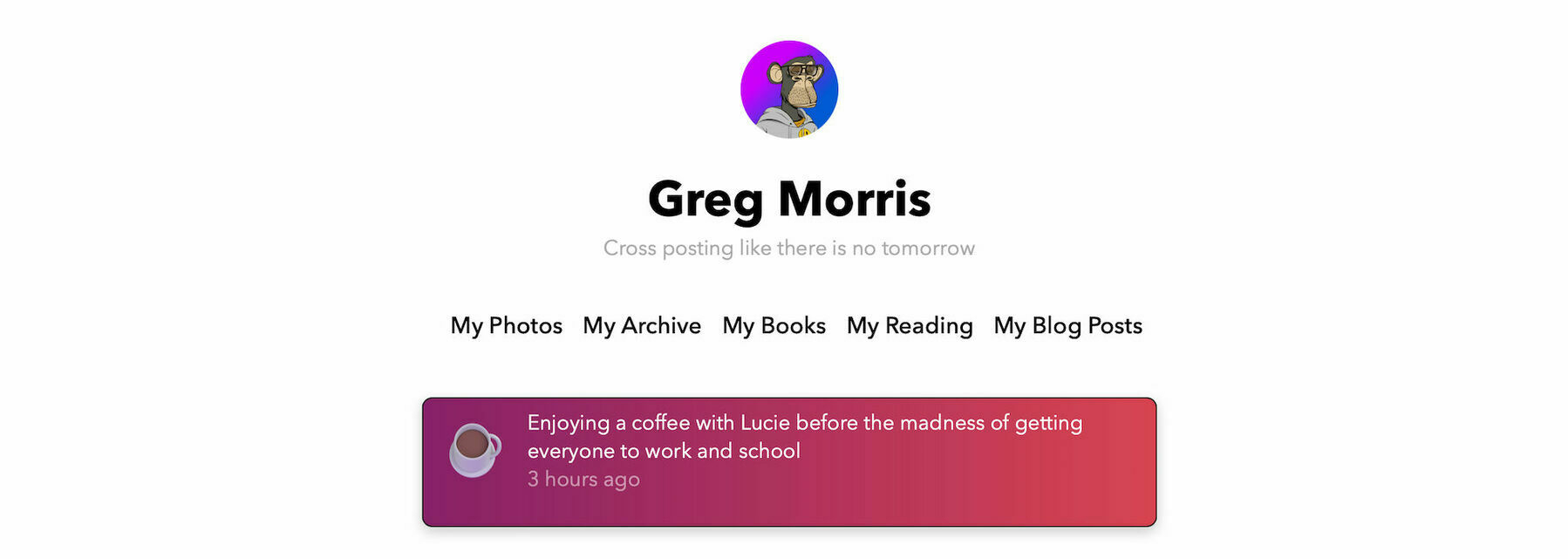
I put the status card right at the top of my blog home page, so should anyone land on it, they can see what I am currently up to. The level of usefulness is debatable, but I like it! For a full walk through of getting this set up see the help page here, but in short I put in the following code.
<script src="https://status.lol/[your-address].js?time&link&fluent&pretty"></script>
Thankfully, the styling of the status card looks great out the box, so it’s rare you will have to do anything. I wanted it to look more like part of my blog, so I styled a few elements. This took me a bit of trial and error to get this correct. When I first implemented by own changes, I used the &pretty on the end of the script and simply styled the areas I wanted. However, this now uses some !important styling and as such breaks any custom styling you want to override.
To style the status card, you will need to remove &pretty from the script above and style everything in CSS. The default CSS used at the time of writing is below, however this could change at any time.
.statuslol_container {
},
.statuslol {
display: flex;
flex-wrap: wrap;
gap: 1em;
background: #e7ebf3;
color: #111;
border-radius: .5em;
padding: 1em;
}
.statuslol_emoji_container {
flex: 0 0 1em;
font-size: 3em;
padding-right: 0;
}
.statuslol_content {
flex-grow: 1;
flex-shrink: 1;
flex-basis: 0;
margin: -.5em 0 0 0;
text-align: left;
overflow-wrap: break-word;
overflow-wrap: anywhere;
color: #111 !important;
}
.statuslol_time {
opacity: .5; color: #111 !important;
}
You can then go for your life, change anything and everything you want to, and make it look to your taste. I love the stock gradient of the card, but implemented my own darker version I found on UI Gradients.
For a long time, I have wanted to be able to post tweets without actually opening the app. This used to be straightforward with Shortcuts (née Workflow) but the best you can do now is transfer text into the app to tweet from it. This is where the excellent statuslog service comes in. I use it to post a short update, which is posted to micro.blog, Twitter and Mastodon.
If you are a Drafts user, you can use a really nice action to update your status easily. However, I am not, so after some inspiration from micro.blog user and omg.lol unofficial ambassador Maique I created a Shortcut to do this. You can grab the shortcut from here.
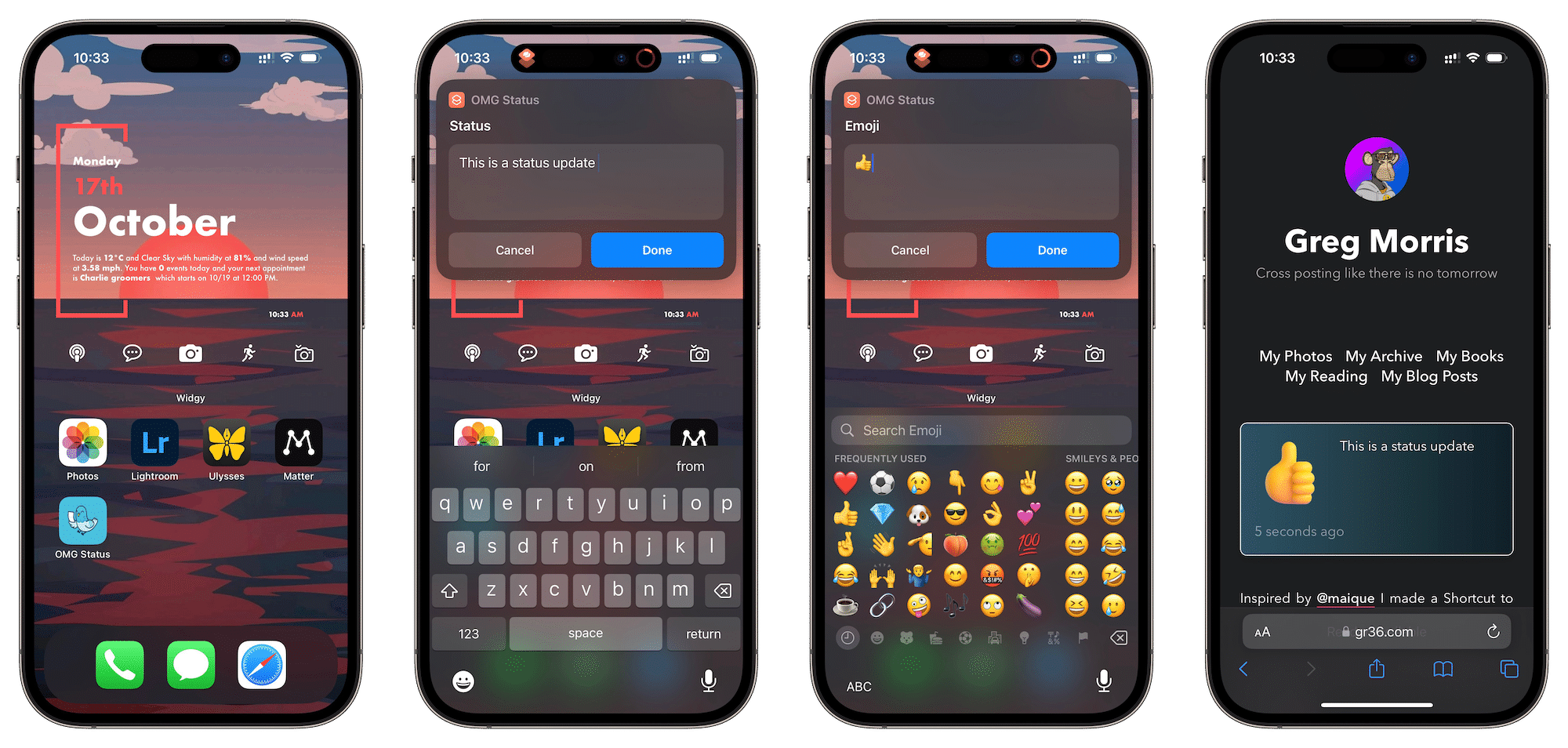
To use this Shortcut, you will need an API key for your OMG.LOL account, that can be found here, and also put your account username in the other box as outlined on importing the Shortcut. As you can see, I have added this to my Home Screen for easy access and made an icon, which is below.

Icon available here
If you then wish to then import the status into micro.blog the RSS feed you will need is http://[your-address].status.lol/feed replace your address with yours. If you do not use micro.blog there are automation services such as IFTTT that can Tweet whenever an RSS feed is updated.
It’s that time of year again. At the point where our business starts to get a little less busy and other staff start catching up on their projects, mine takes off. There’s no reason for it, but something always crops up or needs competing each year, so I’m a little used to it by now. Last year we decided to redesign all of our brochures and then launch a new website the week before Christmas!
This year’s task has completely taken me out of my comfort zone. Even though a large portion of my work is design, I’ve never been good at original illustration. A sliding it like the plague and relying on others to do the heavy lifting. Low and behold, this project requires loads of it and has been stressing me out, lots.
So much, so I could not sleep last night due to worrying about things I was not happy with. Not a great felling, but ultimately, I gave up at 4am on Saturday and worked it through. A few hours later, I’m happier with the outcome and have actually developed my skills no end. This bit of pressure has pushed me to work on skills that I avoid if I can do.
Unfortunately, there’s still a long way to go for this project, and I am still no artist, but the pressure has actually helped.
I thought for a long time that the pandemic had ruined me. Despite being one of the lucky ones and not being greatly affected by it outside the obvious, I have never felt the same since. The pins and needles I feel in my brain has gone into overdrive and I feel constantly burnt out.
I’ve recognised this, and for quite a while I have been trying to get back to the way I was before the pandemic. Don’t get me wrong, the 18 or so months suffering its wrath did not ruin me, but I just don’t feel myself anymore. I don’t think I am alone in this, but it is more obvious because during the lockdowns I weirdly managed to shine. Dealing with a crisis suits me well, and remaining calm and collected under pressure is fairly easy. Unfortunately, the adrenaline and focus have now gone, replaced by emptiness and a sense of being lost.
In the little over 9 months the UK spent really struggling to get things under control, I became the fittest and healthiest I have been for years. The fact we were all at home together meant I had time and space outside of working to really exercise. I discovered my love of cycling on empty roads, and despite my waking hours seemingly being separated by the hours I drank coffee and those I consume beer, I thrived.

My spiral down began two weeks before Christmas 2021 when I had my COVID-19 vaccine booster shot. It knocked me off my feet for weeks. So much so, my heart and lungs have never been the same since. I am still exhausted when doing small things, but I can still run a little, providing I break through an invisible barrier and manage to keep going. I have no idea what is up with me, and no doctor will listen to what I need to fix. As such my mental health has suffered dramatically, being able to exercise is one of my only enjoyments in life.
I am trying really hard to get back to where I was, but being nearly 40 I feel like my body is fighting me at every step. I yearn to be back to where I was in what feels like the blink of an eye ago, but that dream always seems out of sight. No matter the effort I put in, no matter the dedication I have, I just can’t reach the proverbial carrot on a stick. In many ways, I am mourning the loss of myself, but I will not accept the me I am now. There was to be a return to normal somewhere down the line, and it best be soon.
Over the years, I have become used to most of my life being like swimming in the sea. Bobbing up and down and having to work with the environment to get the best out of my experience. There is absolutely no point in me trying to swim against the tide, nor ignoring the waves for risk of them breaking over my head. It’s best to just ride it out.
There have been points where I have tried to force it. Sitting in my chair, and fretting over writing something because last week it was easy. When in reality I had obsoletely nothing that I needed nor wanted to say at that point. I have attempted to break through walls and run distances simply because I used to be able to do it, when in reality the tide was on its way out.

In contrast, there have been times when I have struggled through the adversity. Smashed through the wall and taken much more away from the experience. Run personal bests following a moment of dread before lacing up my trainers and doing it anyway. The sweetest victories are those that I fought uphill, against the grain, and at points thought about quitting.
When the tide swells, I’ve learnt to just go with it. My inspiration is something I have to take advantage of while it is there and publish thoughts as they arise. I have to capitalise on motivation to exercise when it is there to make sure I can have down days and not feel bad about it. The most important thing I have to do is listen to myself and understand why. To discover in myself the reason for having to ride the waves to avoid drowning, when some days I’m carried forward by them.
Working from home allows me to stretch my legs on my lunch break and also clear my head. I love walking and value the ideas that come to me when doing a little exercise and “switching off” for a few minutes.
Today we want down the canal

Took in some countryside views
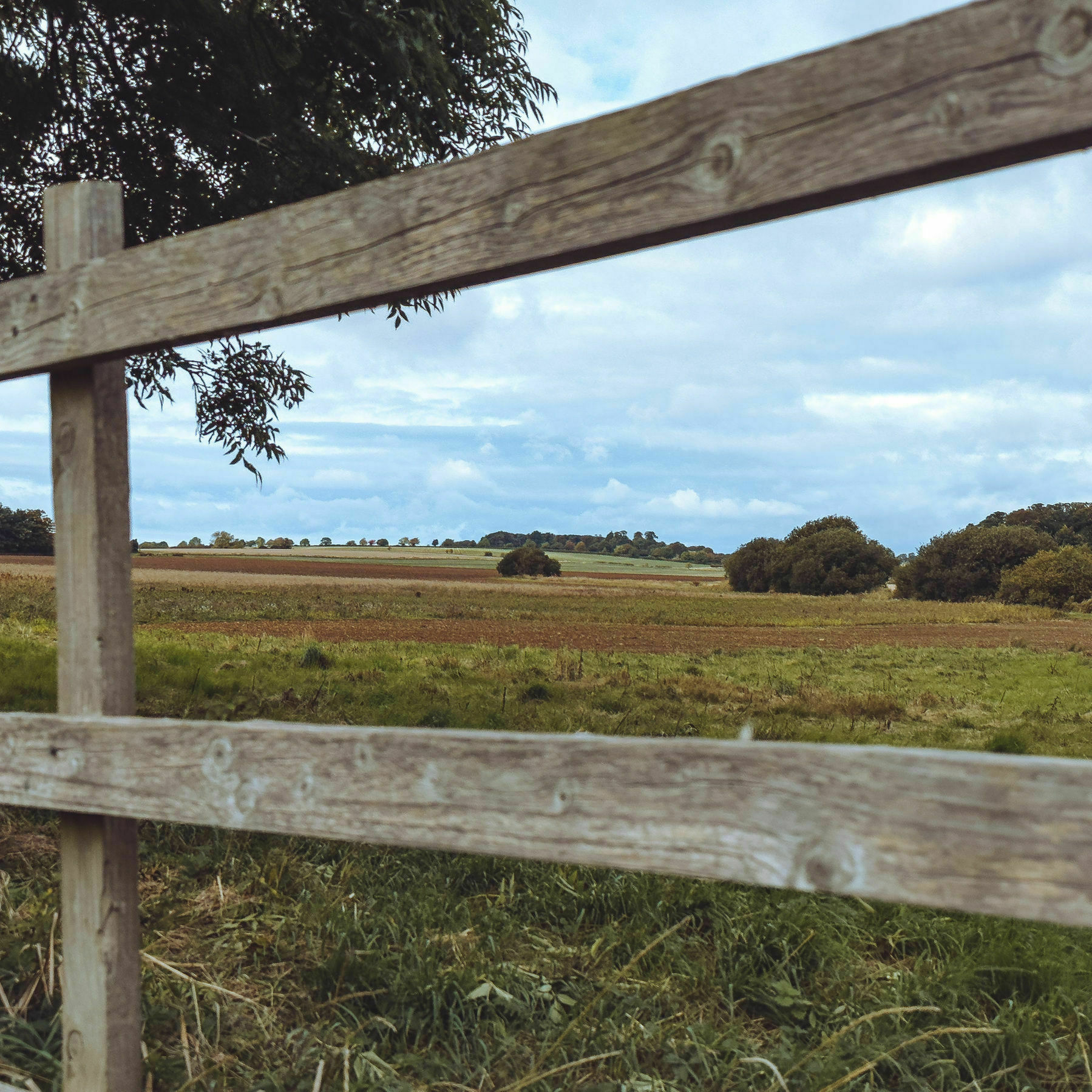
Autumn is definitely on the way!

And noticed all of the power lines lined up in this one spot.
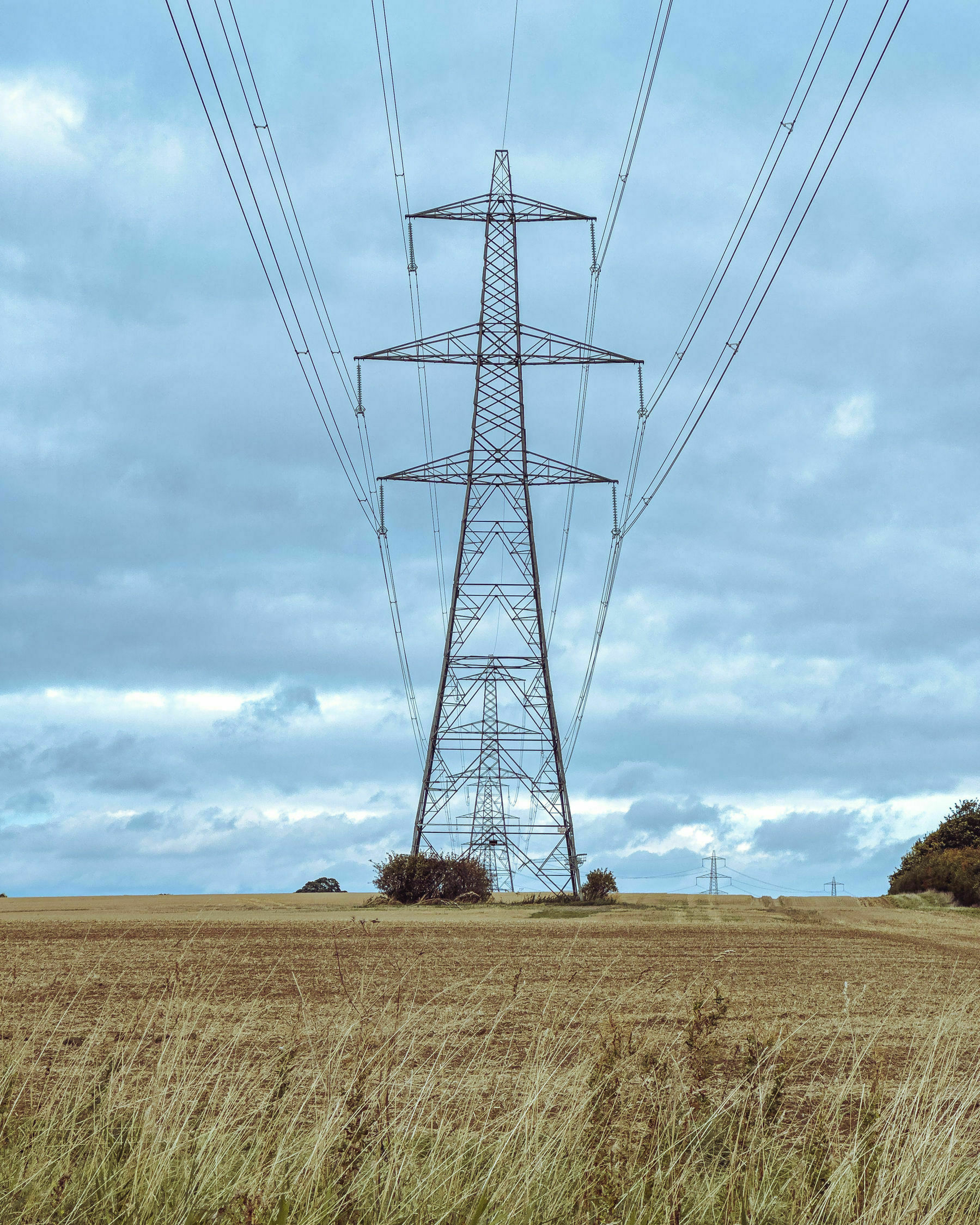
🐶
There’s a lot more I can say on this topic that I am currently motivated to type out. After being a faithful Pocket subscriber for years, I switched to Matter months ago and have never looked back. Well, maybe once or twice.
Among a slew of new ’read it later’ apps, Matter stands out as it’s what everyone seems to use. It’s the new hotness, and most of that is because it plugs into everything and allows you to do more with your reading. This is the only reason I am still using it, despite it ripping out all the social features I loved.
That is a little tongue in cheek, but my real worry is how exactly this is going to make money. No doubt this will be a subscription service in the not too distant future, and I expect a significantly priced one considering the development that has gone into it. This worries me because of the level of data I have invested in an app that I don’t know how much they will sting me for. In comparison to an effectively free service offered by Pocket.
The rest of the questions on comparing the apps is what you want from them. They both achieve similar things. Matter has the ability for you to add in newsletters and RSS feeds, whereas Pocket surfaces much better recommended articles. When it comes the reading itself they are both on equal footing, which just about every other competing app is.
Pocket is like a reliable pickup truck that’s getting on a bit. It’s been built for a specific job and does it very well. It’s not filled full of the latest tech, and you don’t see any upgrades coming. However, you know what you are getting. It’s reliable and will be around for years to come.
Matter is a Tesla. It’s the latest and greatest, filled full of all the toys and plugs into all sorts of extensions. You’ll need to get used to a few quirks though and learn how to use it best. The problem is: We don’t really know how long it will last and how much it’s going to cost us eventually.
There’s nothing wrong with either option, but there will be one that fits you best.
My blog has being going for almost a decade. In that time, technology has transformed my life and the way I write has gone through some pretty major shifts. What was first typed into a frustratingly slow WordPress installation can now be published from a variety of apps with surprising ease, and often now straight from my phone.
Don’t get me wrong, publishing from a mobile isn’t new. I was doing everything from my iPad for years, and this is the same. More of a realisation of the true power that smartphones and the internet hold for us. There’s a lot of doom and gloom surrounding them, and more and more people wanting to ditch them (myself included) but you are mistaken if you think it is all bad news.

It’s remarkable that I am currently sat in my car waiting, as I always do, and typing out my thoughts to instantly post online. I might even spell check them first! This is my pushback against the thousands of posts I see telling anyone that will listen how bad their phone is. Don’t get me wrong, I’ve been there, all the minimalism people ask you to ditch it and that used to get me down. Currently I choose a big phone because I can do things on it that I would usually need a regular computer for. I can shape and mould this tool to enable me to do things and at the same time be aware of the downsides.
Publishing is my thing, and the fact I can do it all the time in situations where I might otherwise be bored or scrolling social media should be appreciated. I can see myself doing this more and more as time goes on, and it gives a nice contrast when I sit at my computer all day doing other things.
There’s some crazy weirdness surrounding Elon Musk. He’s the darling child of what seems like all the internet, but most of his followers are paid for. Unfortunately for someone held in such high regard by tech bros everywhere as some kind of god, his phone records have revealed his ideas actually kind of suck, and he’s surround by sycophantic suck ups.
I won’t go into the ins and outs of what is contained in his texts and emails, there are more intelligent people than I to do that. What I will say is that reading some of these summarisations has made me feel much better about my business life. No longer am I held back by the ideas that some of them might suck. As Charlie Warzel pointed out, “Whoever said there are no bad ideas in brainstorming never had access to Elon Musk’s phone”.

There truly are some absolute stinkers that come from both Elon and his long list of suck ups. Two of my favourites are Elon suggesting that people pay to tweet (at a cost of 0.1 Dodge Coin) and Jason Calacanis having “the best idea ever for monetization,”. His world-changing brain fart was charging famous people to be able to spam their followers with DMs. This is without the several conversations that exist in which they try to “solve free speech”.
Never again am I going to chastise myself for having poor ideas, or even a lack of good ones. Clearly not the only reason, but a large part of people like Musk’s success comes down to finance backing and the availability of opportunity. Which is about as far away from what we are led to believe. We are told that the reason he is so successful is his ridiculously long days, or his tenacious attitude to working. Not the billions in the bank, and being surrounded by people that can provide opportunities to thrive.
Both of these things are true of Musk, and he does a much better job of application than I ever could. However, peaking into his phone records gives me a behind the curtain glimpse. Allowing me to understand the real workings of those in successful positions. My ideas might sometimes suck, but they don’t suck as bad as this, and if they did, I would keep it to myself!
The best advice I give anyone who wants to become good at something, is to do it. Constantly and consistently, become obsessed and love the practice. This goes double for photography. Unfortunately, I think social media has ruined the expectation of taking photos and that really sucks.
I was at one time worried about only taking photos that everyone likes. Studying the settings people used and trying to recreate shots that others had taken. I spent far too long picking through Instagram to find shots for places I was due to visit. Looking for the right angles and interesting things to look at. I learnt a lot, but it ruined my motivation for photography for a while because I always felt I didn’t live in an interesting enough place.
Like most things, Instagram is a photography version of comparing your insides to someone else’s outsides. All I began to see was crystal clear, pin sharp images that had been edited perfectly, and my shots never looked like the ones I wanted to recreate. The reality is that I didn’t see their trash can, nor the times that tried to shoot things and missed, I just saw the best of the best. My shots were never going to live up to the standard I thought I should be at and that sucked.
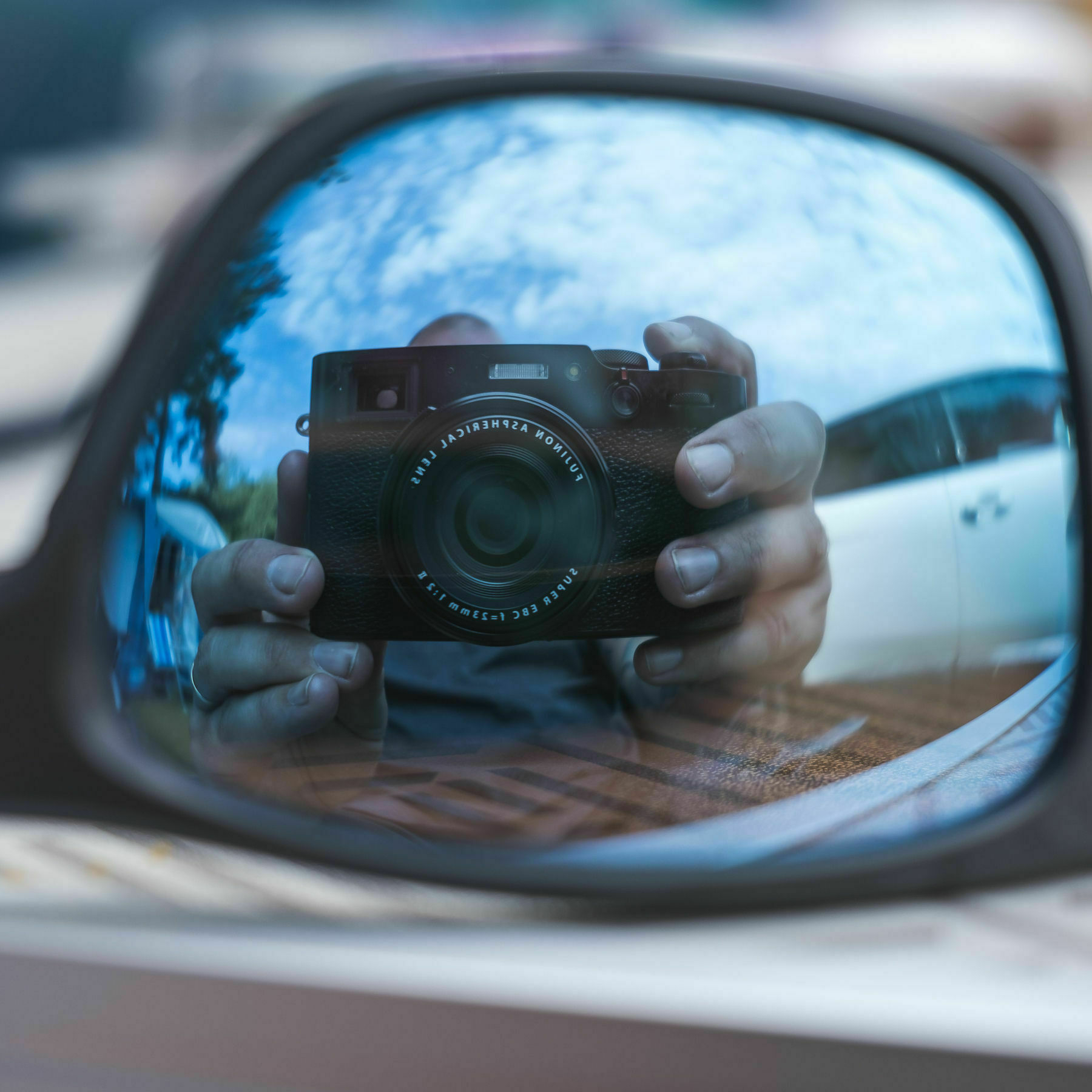
Thankfully, I quickly realised that I wasn’t taking shots for other people. I was taking them for me and wanted something different from everyone else anyway. An easy way to do this was to take pictures of things, rather than capturing moments. I began to focus on things that caught my eye and rare moments that were unlikely to be seen again. Unfortunately, this can lead to instances where I only gain a handful of shots I am happy with despite hours of shooting. Or more often than I care to admit, they all went in the bin!
As my interests change to street photography, the chances of poor outings increase dramatically, so my motivation can take a hit occasionally. That doesn’t mean I will stop taking them, though. That one shot I am pleased with is worth the grind of getting nothing at all.
Since Matter chose to remove all of their social sharing features, I’ve lacked things to read. As much as they claim to have improved things in getting recommendations direct from Twitter, they really suck. There is nothing better than learning what the people around you are reading to let you know what to take a peek at, and I wish more services understood that.
I have a particular hatred of American politics and its ability to worm its way into everything. Covering all of social media with its poison and then infiltrating everything that large-scale services suggest I should read. However, that issue is much larger than one topic. Matter now surfaces hardly any posts that I want to read, which means I don’t read as much. It is not clear how the recommendations work, but clearly, some people are reading these posts, but that person is not me.

It sounds like I am ripping on one particular service, but I am not. In fact, I love Matter, it is one of the first apps I install on a new phone, but all services seem to do this now. Taking recommendations from too broad a selection of people, or making all the suggested posts human-curated. This may work for some people, but again, not I.
In a world of algorithms and intelligent services, you would think that someone, somewhere would be able to learn what I enjoy reading and recommend me more like it. I would rather not live in an echo chamber, but I want to avoid having to put in as much work as I do to find enjoyable articles. This is precisely the type of useful application new technology should have instead of manipulating people on social media, can’t it just find me things to read… please.
The idea of Stoptober is, at least in the UK, to stop drinking or smoking. It’s used as a marketing gimmick by so many companies that have a vested interest in selling you things, but the premise is great.
Considering myself and my wife don’t smoke, nor drink very much, we have decided to instead stop our negative thoughts. After both suffering with our mental health for a few months, it is the ideal opportunity to try to get back to feeling like ourselves again.

How on earth are we going to do this, you might ask. Well, we’ve chosen to meditate every day for a month. It’s a practice that’s dropped off in our lives recently and a good opportunity to introduce it to our son, who’s also joining us on this journey.
Day one is already completed after a nightmare setting up our family plan to Headspace to include my son’s Android phone. Hopefully, this might be the kick up the backside we both need and improve our thought patterns and concentration.
Russell Brandom for The Verge:
I call it the Bootleg Ratio: the delicate balance between A) content created by users specifically for the platform and B) semi-anonymous clout-chasing accounts drafting off the audience. Any platform will have both, but as B starts to overtake A, users will have less and less reason to visit and creators will have less and less reason to post. In short, it’s a sign that the interesting stuff about the platform is starting to die out.
This is a fascinating point and one that is further expanded to partially explain the inability of Vine to cash in on its network. There’s a slow change in the way people relate to their social network of choice, they all start out small and lovely places to be, but once they get to a tipping point it’s all downhill. What was once a space for sharing becomes yet another avenue to distribute on, and becomes less and less unique.
Instagram has gone through several cycles of this and seems to be on its way down again, whereas it hasn’t really stuck on Twitter. As Russel points out, “What’s left is often depressing and unpleasant, but it’s uniquely Twitter” — and if that isn’t a perfect description, I don’t know what is.
Not very often I post what I am randomly up to but my wife took me to Cinco Lounge for dinner the other night and it was fantastic. The right mix of weirdness (I think they call I chic) and excellent food - I had Wan Chai Fried Rice Bowl with Miso Chicken.

I love the way they use old gym floor boards, may be fake I don’t know, but it brings back loads of school memories.
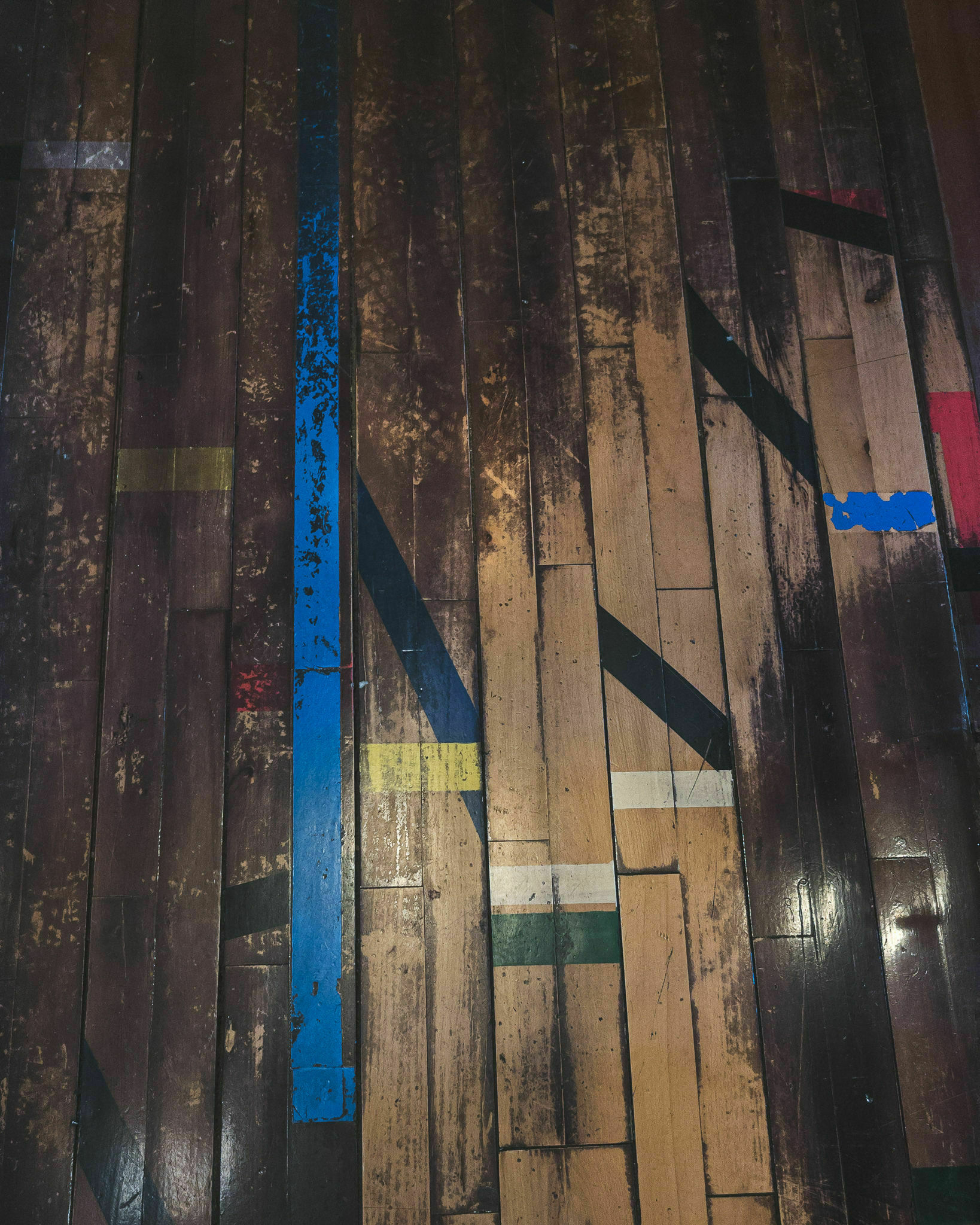
Pictures all over the place that we couldn’t work out if they are painted or prints.
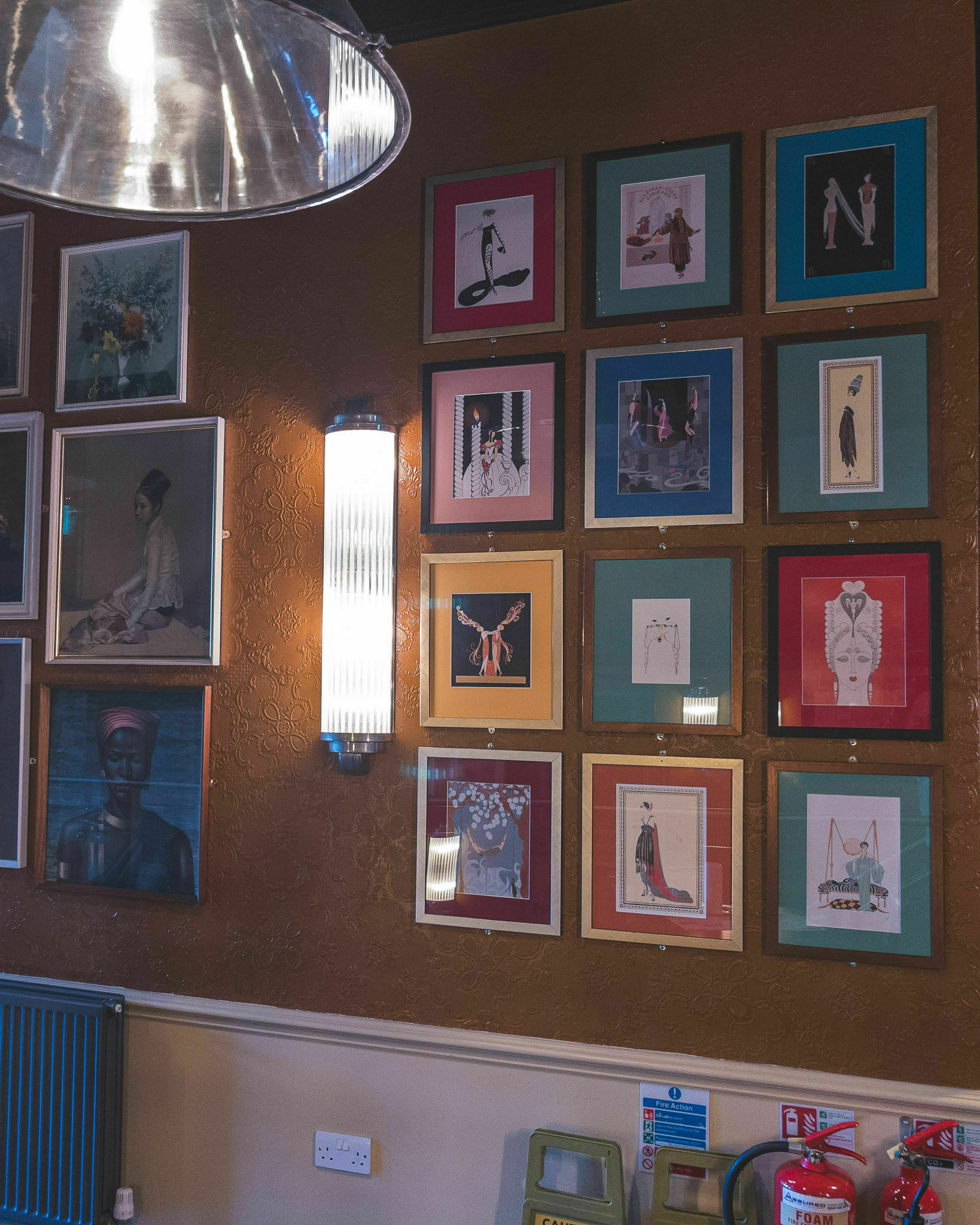
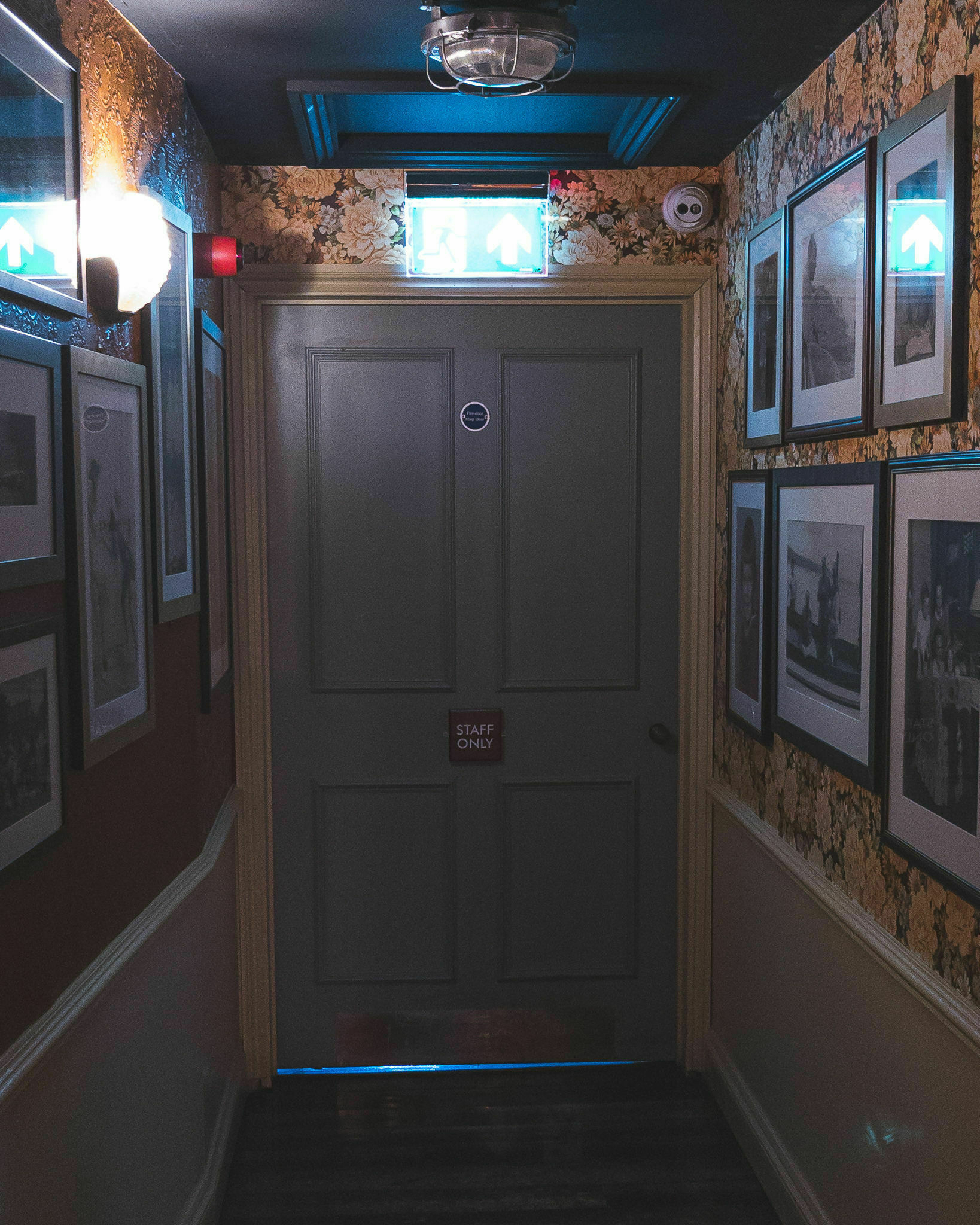
It was only fairly recently I came to the realisation that I was chronically lonely. Granted, there are a few of you out there that I do consider friends that I have met online, but I’ve never had many real life friends. Those that I organically picked up through school or college now have lives of their own and drifted away.
As a defence mechanism for more than a decade I convinced myself I didn’t need people anyway. Built a persona of some kind of tough guy loner and even convinced myself for a bit. I had a sales job where I spoke to loads of people daily, but it was all an act to fill a role that I enjoyed quite a bit. It allowed me to be the person that I used to be in school and forget myself for a while.
Today is my birthday, and I’ve spent it alone with my dog. Exercising, reading and waiting for my family to finish school and work. Today has been a bit like bunking off school, you get the day off but everyone else is doing other things anyway, so you just hang around. I honestly have nothing to do and no one to see, and that’s a tiny bit sad to say out loud.
There’s no cry for help here, but more of a public display that it’s OK to be lonely. Especially as a man, it’s really difficult to express those feelings. You don’t have to hide it away, it’s OK to need and want other people around you. As great as my dog is, he’s not enough to make me feel good on my birthday, and that’s ok for me to feel. I am thankful for the few messages that I have received and realise that I am still an amazingly lucky guy to be where I am.
I’m just lonely, and an introvert. Is that even possible?
The importance of having something that you can fully focus on and forget the world for a bit is becoming more and more obvious to me. Perhaps it is because the world sucks and the moment, and there is always some kind of bad news just around the corner. Or maybe it’s just that I am struggling more than I ever thought possible, but I just need to switch off for a while and not feel bad about it.
Some people find this in computer games, some find it in reading, but mine is writing and tinkering with my blog. I can only truly escape from the world for a bit whilst typing away on my keyboard doing my thing, and I only figured this out because I haven’t been doing it so much lately. Between COVID, work and just feeling burnt out when I get home, my personal projects have been on the back burner more than normal.
Thankfully, I have still been publishing quite a bit lately, but this has been from my phone. An experience that I quite enjoy as it allows me to publish on the go and be a bit more personal about things that are happening currently, but doesn’t quite give the same escape. Whilst using my laptop, I tend to let my mind wander a bit and don’t end up scrolling social media so much. I might start writing a post, and then tidy up the code on my blog, then perhaps edit some image sin Lightroom to publish. Just flit around doing random things I enjoy and not have to worry about anything else.
There’s no solution here, at least not one that I have worked out yet, but I wonder what random escapes others have. Something that seems so mundane or perhaps that others would hate gives me so much joy, so I bet we’ve all got some weird things we need to do to get through life.
Starting this post took longer to work out than almost any post I have written. Where do you start when the subject you want to talk about is so devastating, but still important to think about. I guess fair warning, this post could upset some people as it discusses children passing away.
I can’t even imagine the feelings that our friends feel every year their little boy’s birthday comes around. They have suffered the worst thing to happen to any parent and had two of their children pass away. Both suffering from a genetic heart condition that was undiscovered until their second boy died soon after birth.

They are both amazing and a credit to their family with the way that they remember them both so publicly. Tonight we went to their home to celebrate what would have been his second birthday. Each year we remember him, as we did a few weeks ago with his brother, by releasing balloons. They each have little messages on from us all as a little token of our loss.

The event is not a somber affair, but more of a celebration and a thank you for being in our lives. It’s hard to put into words how much we miss them both, and by releasing balloons it allows us to pause and think of him as they float away. A quiet and apt event which we all stand and watch with our friends. Whereas I would want to bury myself away and not be around people, they have an entirely different way of dealing with the grief and one that helps us all.

I always end up leaving their home with a renewed outlook on life. If they can deal with something so devastating, then the framing that we all put on our troubles seems insignificant. By celebrating their children each year, so publicly, they are helping others in more ways than they realise.
They have set up a charity in their boys names and are also helping more families to discover this genetic condition, so they can receive the help they need. I feel lucky to know them and find them both amazingly inspiring.
Seth Godin writing about things being good:
Not that good for who? If you mean to say, “I don’t like it, it doesn’t appeal to me,” then that’s what you should say.
If, on the other hand, you have enough expertise and domain knowledge to say, “I understand what has appealed to the audience you’re trying to serve, and this isn’t going to work.”
Weird that this post should come up when I am consuming more tech reviews than I think I have ever done. Of course, the vast number of reviews come away with no conclusion and tell you everything is great, but a good number of them draw conclusions based on their very limited and niche usage.
The decision on a product or service is good or bad is based on your experience. Some reviewers can think about how more general users would feel about things, but many do not. They extrapolate from their opinion, which is often clouded with other factors, and draw conclusions based solely on themselves. Using this to influence purchases from other people.
When I was younger, I had to go with my grandad to church. He was, what I used to think of as a hardcore Christian, that was until I had been exposed to Americans. He never missed a service, and I hated going.
All the excuses I could think of were saved up for the weekend to try to get out of it. I honestly despised going with every fiber of my being. I was young, and you’re supposed to hate things like this, and it didn’t help that every second of it was terrible. The place was cold, the people were weird, and I had much better things to be doing with my time on a Sunday morning. Yet now I would give anything to go with him.
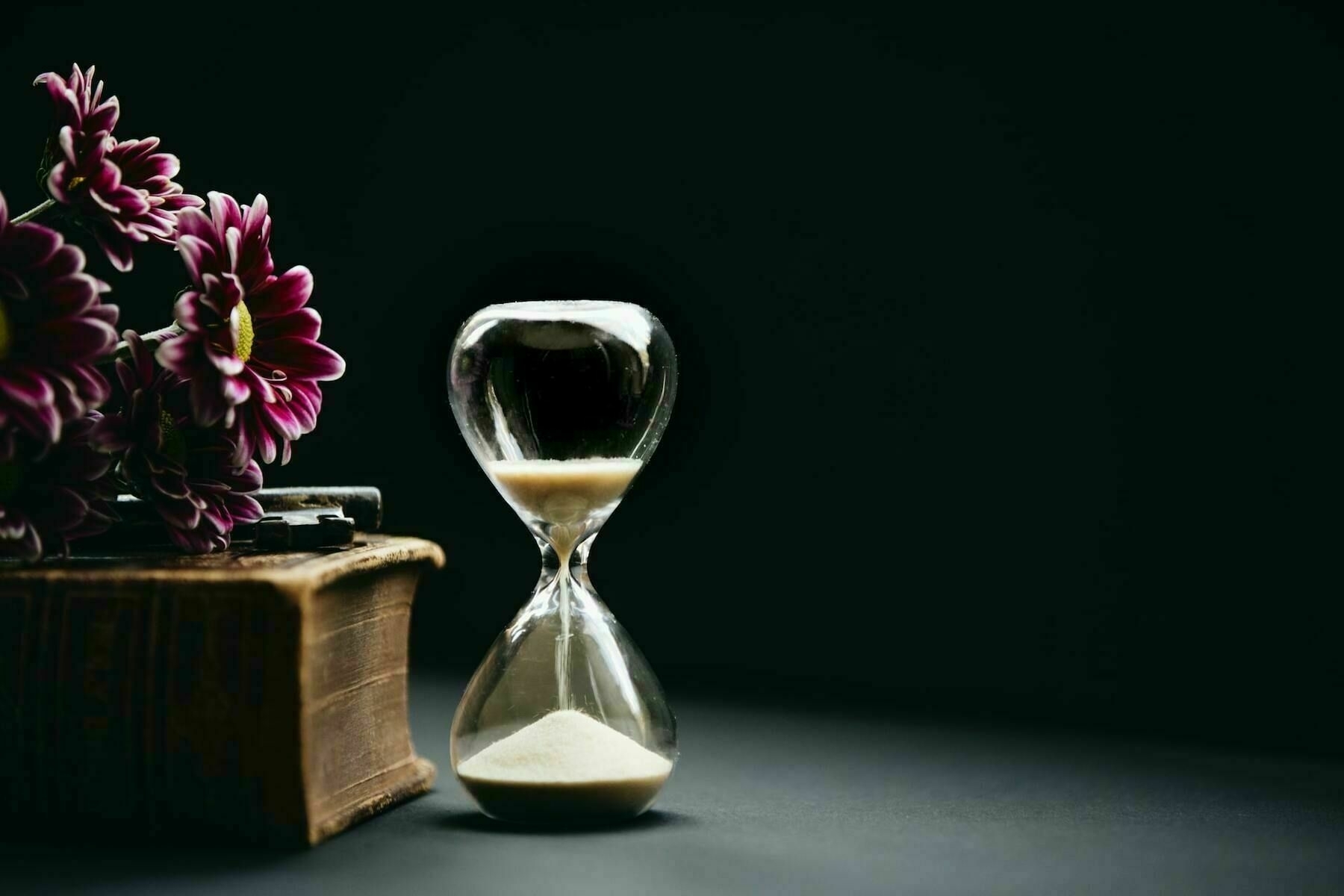
He passed away some years ago now, and I look back on even the times I would rather not be there as some of the best times of my life. You see, there will always be a last time you have to do something you dislike — but when it’s gone you will miss it.
I’ve sat up at night for hours and hours with my daughter Lucie. Through whole nights just holding her because she needed me close to settle. There have been times that my son requires something doing and all I want to do is sit down for a bit. I will always do them though, with a smile on my face, because there will be a time when they won’t need me any more, and I’ll miss them.
You never get the time back, even the times you hate. However, from experience I know how badly you will want to live that experience again should the worst happen. Even the times you hate is precious, appreciate it.
I guess one of the things you realise when you have kids, or you’re around a lot of them, is that they all have weird obsessions. You expect the usual superheroes, or horses or fire engines, but my daughter is obsessed with shoes!
She just loves them, and I have no idea where it has come from. Granted, she is disabled, but since she could crawl around, she always had a shoe nearby. Where most kids need teddies or blankets to settle down, Lucie has an emotional support shoe (it’s brand new). My Adidas Samba has even been down to an operation with her.
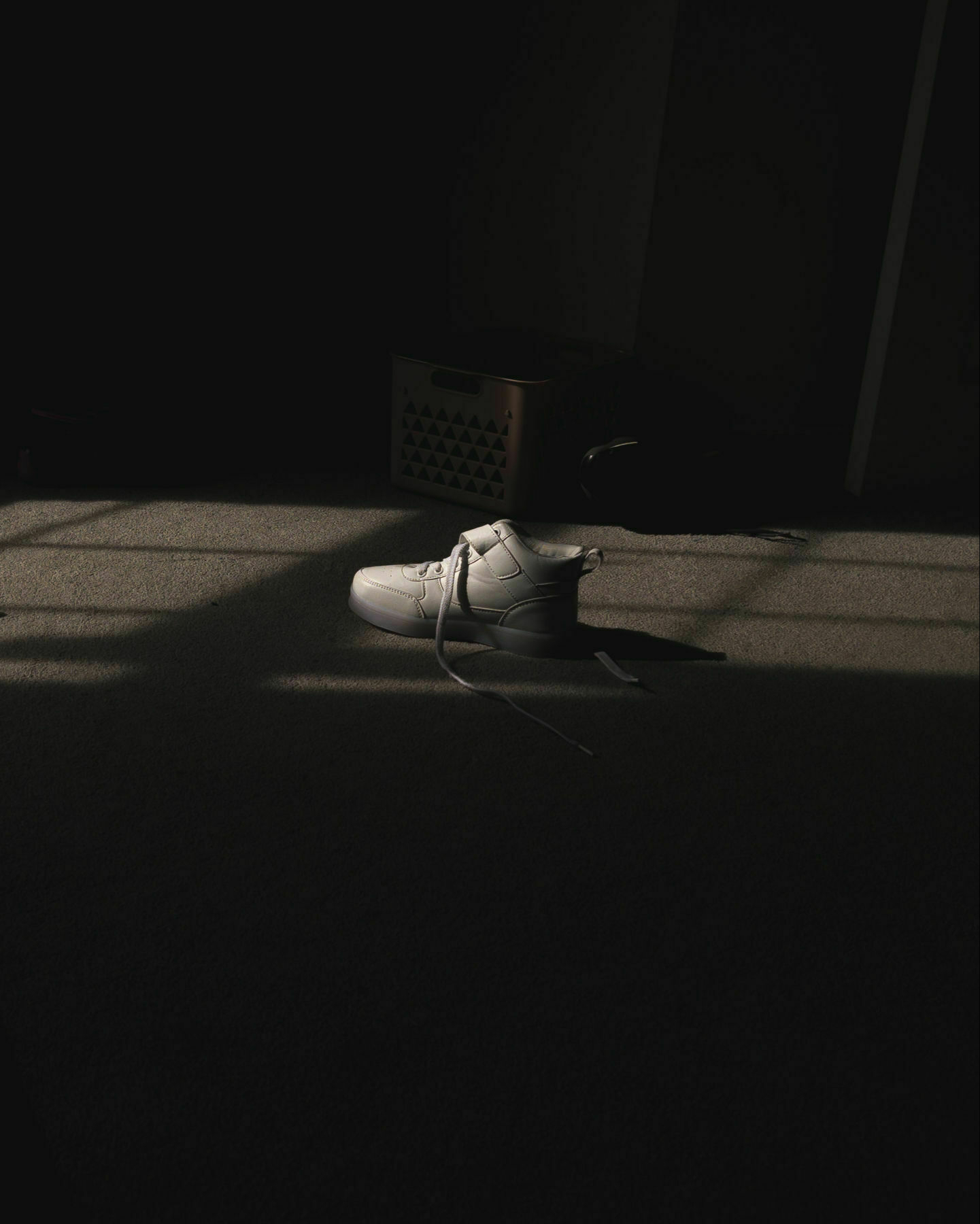
Our house is just littered with shoes for her to play with, or just carry around, as well as the usual musical or flashing toys. Perhaps it is because she spent much of her life on the floor due to mobility issues, but at this point I am just speculating.
If you ever visit our house, she will chase you around until she decides your shoes are not nice enough, or you take them off so she can have a proper look.
It causes some weird looks from people that don’t know her, but that’s just Lucie — and she loves shoes.
Since moving to a new domain and trying to put all the things I create together online, I’ve been feeling a bit of pressure. Granted, completely self-imposed, but a very real tinge of anxiety to be better at what I publish there. A noble pursuit but one that’s made me feel down.
Before I discuss these worries, let’s take a step back a bit and be honest. I’m playing pretend. In a world of writers, photographers and all around publishing masters — I’m not even small fry and the framing of this is important when discussing these types of worries. Simply because I shouldn’t have them at all.
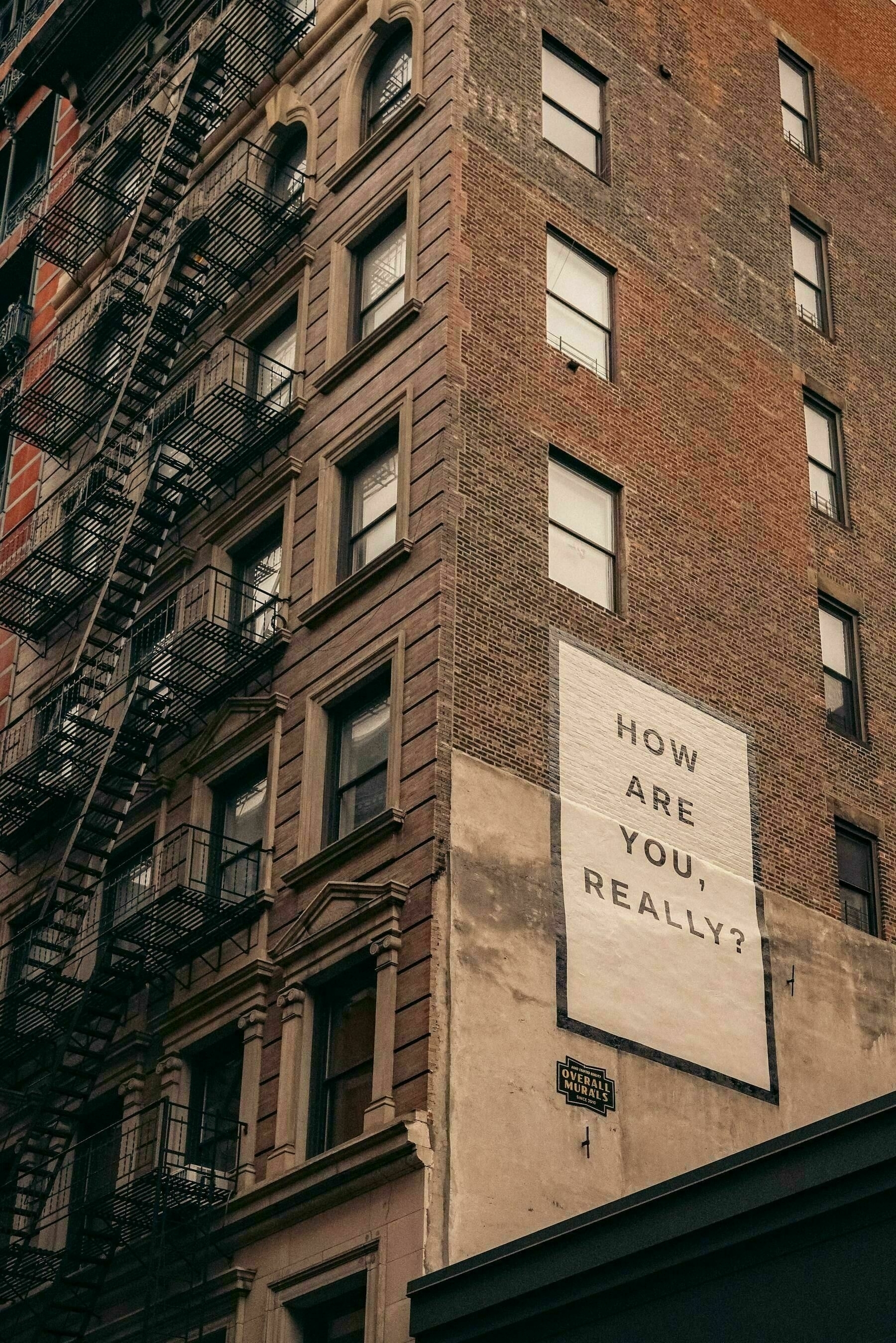
Publishing my thoughts to the internet was easy when I didn’t care. My domain wasn’t my name, and I wasn’t even pretending to build some kind of online presence. I’ve been putting things online for a little short of a decade and never worried once about what it looked like. Something worth remembering because my blog in no small part is one of the reasons I have my day job. Yet now, I have some kind of blogging yips because nothing is good enough to be published.
There are no shortage of ideas on what to write about, but they rarely make it past a draft. To cure it, I’ve had to strip everything back and make my writing more personal. Go back to my blogging roots and make my website about me again. I may be boring, I may make ridiculous typos, but it’s the only way for me to seemingly publish more often.
I am positive others feel this way because they compare themselves to others. It’s the way of the modern world online, comparing your insides to everyone else’s outsides and we all know it. Sometimes you have to get out your own way and just do it.
There is no getting away from my love of photography and cameras. My favourite thing in the world is going somewhere, anywhere, and just wondering around pointing my lens at things. The simple act of doing so is like mediation to me, and nothing thing else comes close.
Occasionally, I shoot loads, sometimes I don’t. Occasionally, I get things I am happy with, more often they all go in the bin. I love having my camera in my hand, and each year when new iPhone day comes around, I seemingly forget no phone can replace it.

The process of taking photos has nothing to do with the camera I have. The iPhone camera that’s in my pocket is more than capable of capturing most of the street photography I do. The reason a camera matters so much to me is that it is just a camera. Nothing more, no internet, no restrictions. I am alone with the world.
I do take loads of photos with my phone too. No doubt once I get over myself, I will enjoy using the iPhone 14 Pro huge new sensor. In fact, it’s the only reason I bought it. I couldn’t care less about dynamic islands and always on displays. As soon as Apple began talking about the new 48mp sensor, my brain was already thinking about what I could do with it. It’s just not a camera.
Let’s take nothing away from mobile photography. In no way do you need a camera to be a photographer, people get spectacular shots using smartphones. That is simply not me. As strange as this sounds, having and using a camera has become part of my identity as an individual. I carry my x100v with me anywhere, and despite my initial thoughts, I don’t think that will stop. I’ve never really enjoyed using a phone to take anything more than snapshots but I think now might be the time to at least try.
Damon Beres writing for The Atlantic:
In a market generally defined by boring hunks of plastic, Apple gained an edge through impeccable design that was actually less functional than most of the competition.
The iPhone got its foot hood in the market because it was Apple. They designed and presented it in a way that was theirs, and no one else could come close to the pull they had. It wasn’t the best, didn’t have all the features that everyone else did, but it was exciting and new.
The iPhone 14, meanwhile, with a suite of incremental and frankly boring improvements, is the iPhone that will change nothing.
It’s a bit steep to say nothing, but it doesn’t change much. The rate of change is so small now that new releases are boiled down to a few words. Even the marketing is clutching at straws and the presentations are filled with things that the old model could do, or can now do with the software update launched with the new phone.
Where the iPhone once symbolised verve, it now evokes crushing inevitability. The company will produce, the people will consume, and the waste will pile up (and up and up).
Apple doesn’t even need to try to sell phones. Users buy the version newer than the one they have and continue to do so. Complacency is nothing to fear when your market is this dominant and if you sell a few less, you spent less in developing it, so what does it matter.
Each year, when the new iPhone is released, I feel the same emotions that I experienced the year before. The iPhone takes up a weird position in my life where I both want it and don’t want it at the same time. Unfortunately, I can’t open a box and remove the device from its unknown position.
I first observed this with the iPhone 12, but the new iPhone 14 pro has taken this to a whole new level. The shiny new device that landed at my house on Friday is beautiful and really nice to use, but also ultimately pointless and offers me very little exchange for the outlay. This is the problem, it’s so impressive and shiny and new that I want to pick it up and use it, but also don’t want to use my phone all the time. I don’t have anything to do on it anyway.
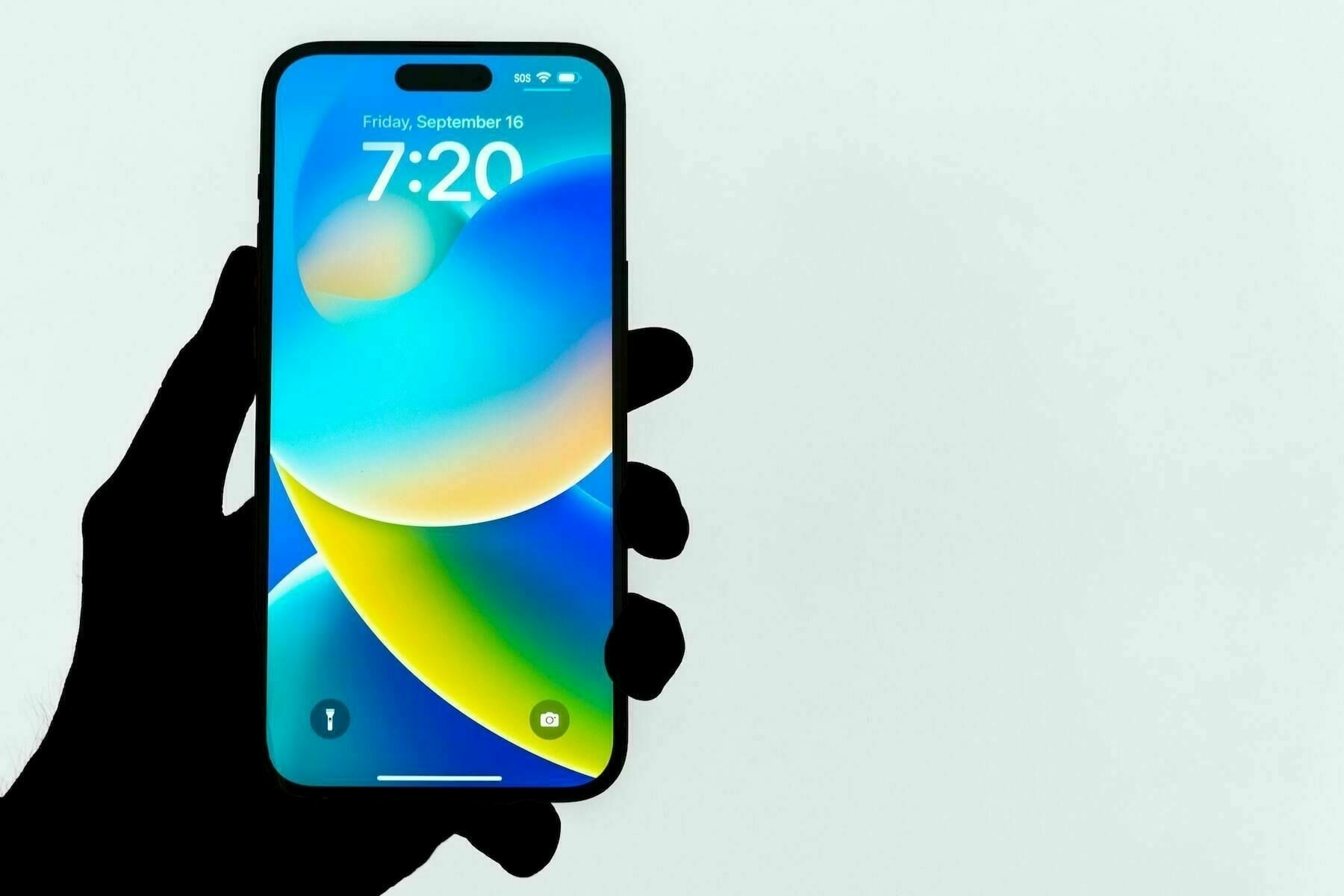
I am not motivated nor excited by gadgets any more. Perhaps because I am getting old, or perhaps iPhones are getting boring now. My phone is a tool, a tool I try to use as little as possible, but have accepted that it must exist in my life. The iPhone 14 pro is so good at its job that I can rely on it to do more things than ever before. I can read, and write, and take outstanding photos. I can also doom scroll social media and miss the world around me.
I realise all of this is no fault of Apple or the iPhone, it’s me. I want to put these barriers in place so that I enjoy my life more, yet I miss the times that iPhone delivery day was one of the best times of the year. The new iPhone didn’t cost me much due to selling my old one, and there was only one version to choose from. Now my comparison is against the £1200 I spent buying my shiny new toy and the value it gives me back.
As for right now, I’m typing this out on my iPhone 13 mini. Trying to express my feelings as if writing in a journal to myself. Can I afford the new iPhone, sure. Do I really want to spend this money, not really. This one does just fine, and probably will for a while. It’s just the desire for the shiny new things I can’t switch off. That’s what marketing does to you, I guess.
My life online is often complex and filled with preaching advice that I don’t take. More often than not, that involves my use of an app or blogging platform. If you’re new around here I go backwards and forwards in just about everything and most the of words coming further down the page I have said before but still don’t really believe. My blogging habits suck.
For more than a decade, I have wanted to be a writer. About technology mainly. There are two pretty big reasons standing in the way of though. One is that I’m not any good at it. Two, I can’t be bothered to put in the effort to become good at it, despite the number of blog posts I have written telling myself I am going to.
At various points in my life, I convince myself that I am going to knuckle down and get on with it. Or build a more professional blog, or just burn it all down and publish what I like. Of course, I believe all of these things, at the time. I’m well aware of what I should be doing, and messing around like I do is not that.
Anyway, those more observant of you might have noticed that I am publishing on my ‘old’ domain again. The reasons for this are related to a lack of motivation rather than a brilliant idea. Publishing more personal posts and returning to more of a microblog intention is where my current motivation is, and I really couldn’t be bothered to move things properly. The friction is deciding where the different types of posts I was writing began to get too much.
All of my old blog posts can still be found on gregmorris.co.uk, but I won’t be publishing anything new there going forward. Not because I’ve given up, I just couldn’t find an easy way to do what I wanted with the permalinks and RSS feed. To be frank, I could have sorted it out, but the work I would have put in vs the return from actually blogging just didn’t make sense.
So, everything is here, and also there. Get it. Good. Carry on.
Over the last few weeks, I have come to realise how much time that I spend waiting for people. Islam sat in my car, just chilling and waiting for something to finish.
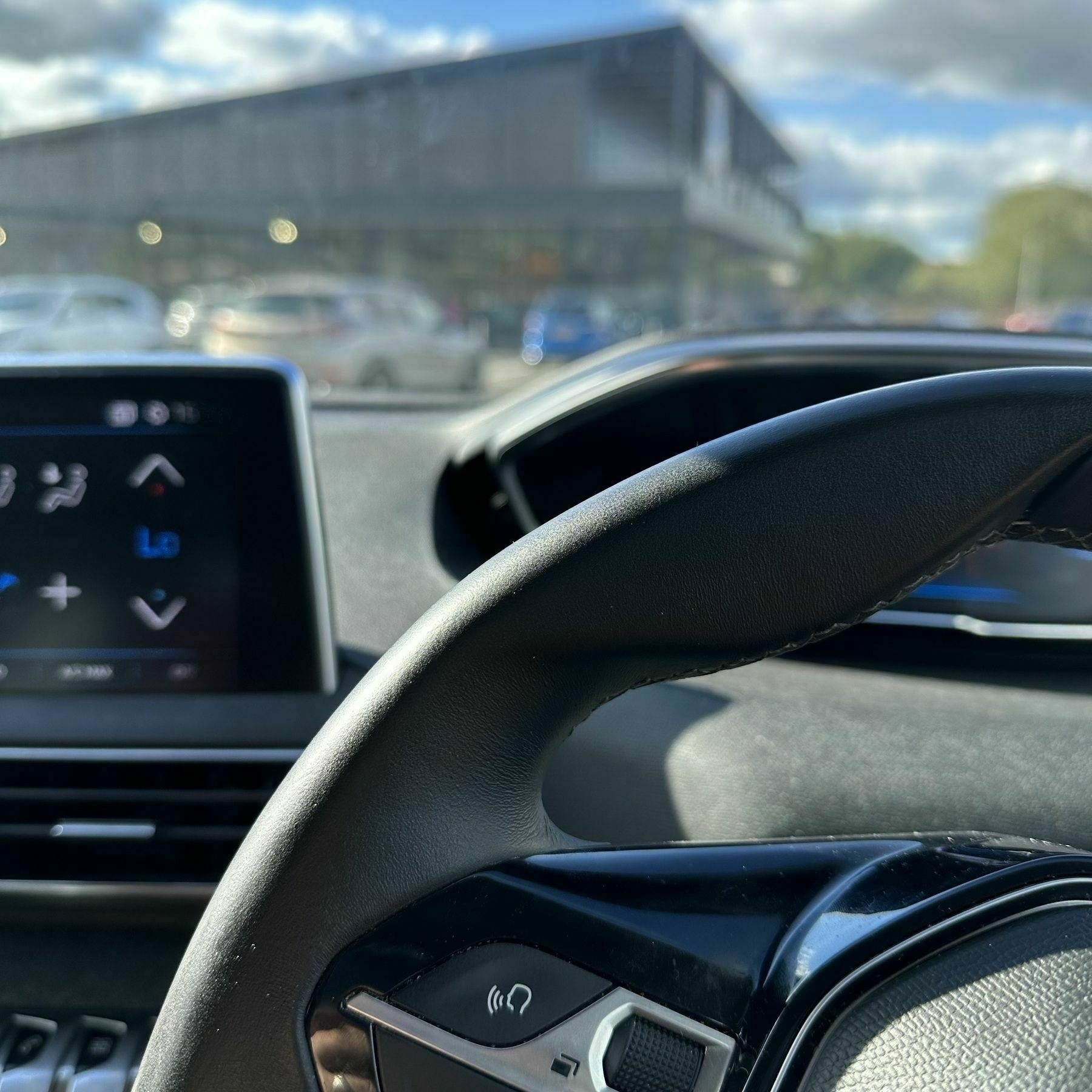
This is usually my view. Waiting for my son to finish school and walk to meet me. I’m not cool enough to be able to actually go to his school any more, so I have to sit in the car and wait. Which I guess could be viewed as wasted time.
Thankfully it gives me time to catch up on my reading queue, or listen to a podcast or write a quick post (like this one). I used to spend much longer time on my own, but driving all over the country, so I guess in the grand scheme of things it’s a net win.
I love to people watch too. Just take in what else is going on in the world. I just wish my waiting places were a bit more interesting. Does anyone else live there life like this? I don’t mind it, really.
Day two of being positive, and it has been a lonely one. In other circumstances my day might have been considered perfect, filled with crap TV, books and chilling out. I don’t feel ill per se (bar a headache and a bit of a cough) but I am completely drained of energy.
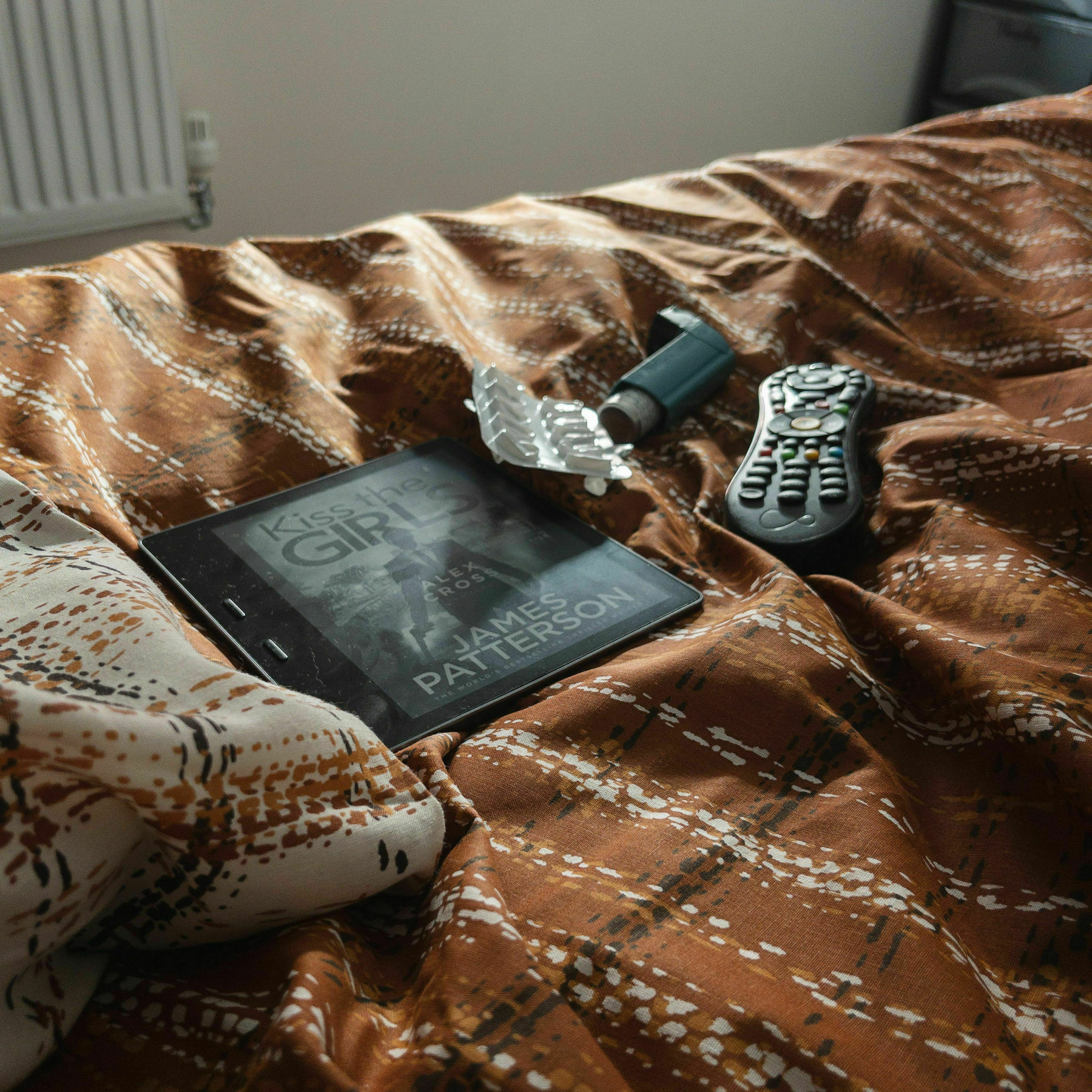
Despite my family checking on me and making sure I am OK, it’s not the same as hanging out together. This is what I miss the most. Keeping myself away from the others is the right thing to do, but it feels really isolating and not what I am used to. I look forward to our weekends together and even if we don’t do much, enjoy time just hanging out.
I am having to do things in burst due to feeling worn out, just sitting up and typing this out is bound to leave me feeling tired again. However, there isn’t much sleeping going on due to my dreams being disturbed and a bit hallucinogenic. When I wake up, I feel as if I have been out running, not laying in my bed.
COVID is such fun. It isn’t like any other illness I have had before and despite having three vaccinations, and catching it symptom free last year I can still feel this ill is weird.
On Wednesday afternoon, I started to feel a bit under the weather. Nothing major, just a bit of a sore throat and lacking energy, but I’d already been for a run that morning, followed by loads of meetings, so I figured I just needed some rest. After taking some tablets, I headed to bed for one of the worst night of sleep I have ever had, and that’s where the fun began.
Tossing and turning, periods of hot sweats and feeling unbelievably cold gave way to a massive headache and no energy. I knew this feeling from earlier in the year though, so I did the sensible thing and did a COVID test, which came back negative. The giant headache I had was like nothing I had experienced before, making me feel sick and unable to do anything.
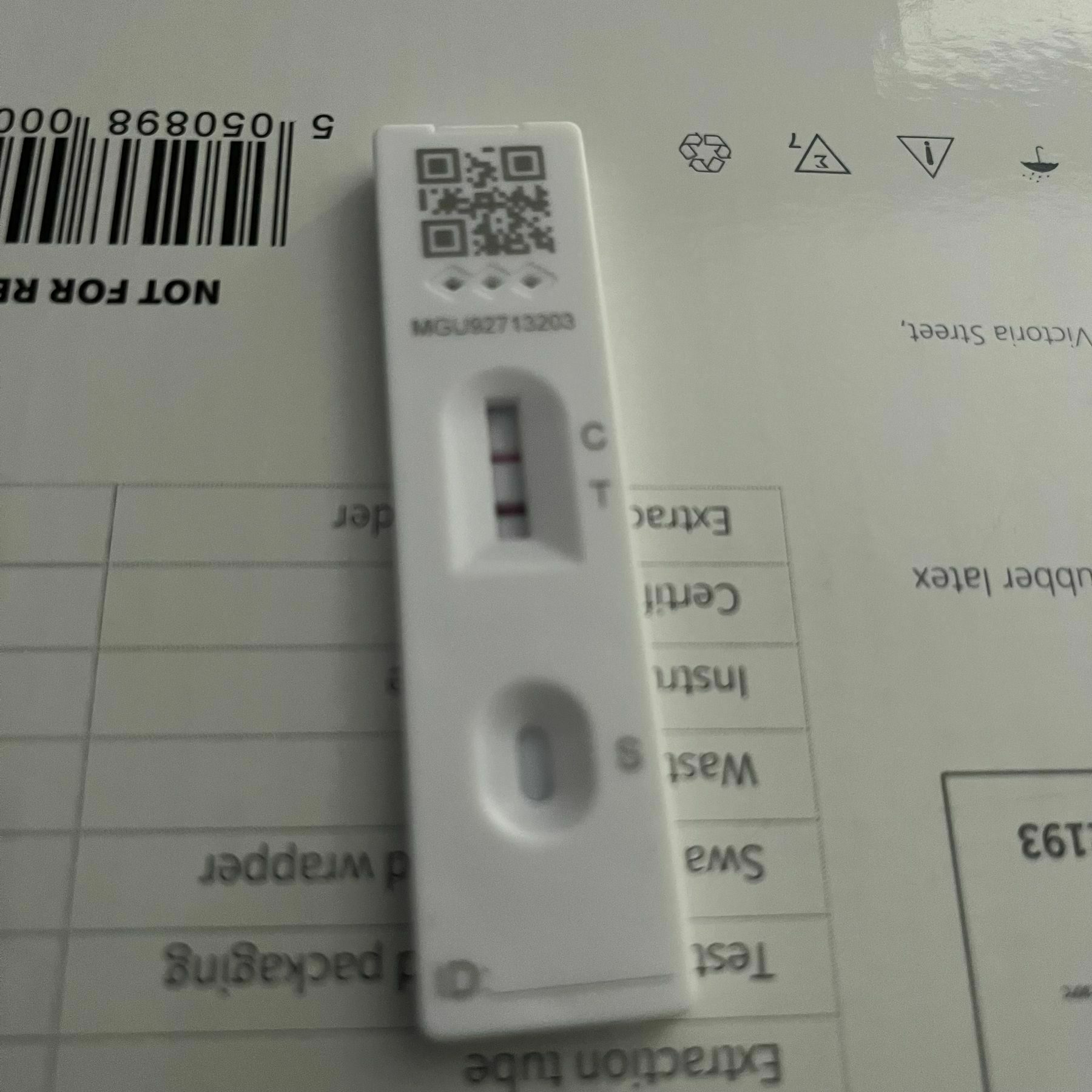
Thankfully, this morning I felt a bit better and managed to shake off the bad head thanks to loads of painkillers. I thought it was all behind me until the cough caught up with me, and at that point I decided to test again and the dreaded red line appeared!
Could be placebo, or could be that I am heading down hill, but the cough is worse, and my energy levels have dropped to zero. However, I am feeling OK in myself. The worst part by far is having to stay away from my family. I’m semi distanced upstairs, and I miss them tremendously. Lucie didn’t understand why she couldn’t have a cuddle after school, but I couldn’t bare her getting poorly.
Could be much worse, I suppose.
For what seems like forever, I have been trying to cut down my usage of Twitter. Going around and around in circles with tactics to reduce the time spent scrolling and place it somewhere else. I know the service is bad for me, for issues that are my own, not the services, but after years of usage I just can’t stay away.
It drags me down rabbit holes that I use to avoid doing other things, and ultimately make myself feel worse about the world and affecting my mental health. I know this, yet still do it, so I’ve taken some drastic action to avoid even logging in. On Sunday, I changed my password to one that I do not know, and then deactivated my account. I now have no choice but to have a little break away from using Twitter, with the surprising realisation that the internet is actually pretty boring!

Granted, I don’t stray into much of the web, but it no longer provides the entertainment relief it used to, and I’m fine with that. The itch to reach for my phone is slowly going due to the fact I open up a couple of other apps, realise nothing is happening and then close them again.
I guess I’ll carry on reading or writing instead of scrolling, as well as lifting my outlook on the world. I’d like some more group chats in my life though to fill my slightly isolated feeling.
Today is one of the scary times as a parent, the first day at big school for my son. He’s 11, so he’s off to secondary school, and at this point in life it’s a hug shift to go through. Thankfully he’s coping with it really well, and despite some nerves he’s really looking forward to new experiences.
On our way to school, he was asking me about my first day at school, and to be honest, I don’t even remember it. Not because it was more than 25 years ago (yes I am that old) but because not much of my school life seems to have stuck in my head. I guess that’s the thing with the events, they seem huge at the time, but depending on when you write the novel that is your life, depends on how much space it takes up.
All I remember are fleeting little memories that really stuck out, but the nerves and terrible feeling that no doubt happened on my first day are lost to time. We spent a few minutes talking about that, and he realised he couldn’t even remember his first day back last year, so that gave him confidence.
I am so proud of him. Not because of what he achieves or the things he does, but because of the person he has become. James is such a nice person to be around and that gives me confidence with the way we have worked as a family. We will only get this experience once, as Lucie stays at the same school until she is 19, so we might as well try to enjoy it today.
At the same point each year, my wife and I get into the same discussion. It’s a few weeks until my birthday, and she wants to buy me presents. So, we have the same circular conversation that I don’t want nor need anything, and she tries all sorts of tactics to get me to give in.
My wife shares a viewpoint with most of the world, in that the volume of stuff or expenditure is equal to the amount you care about someone. She thinks that if I don’t receive anything, then I will be disappointed, and no amount of reassurance seems to matter.
I will concede that some of my issues with my birthday are deep-rooted phycological weirdness. For example, I do not believe birthdays are anything special and seem like a celebration for nothing. You are not achieving anything by being on a rock that has gone around the sun any more. No, I don’t know what my parents did to me as a child!
However, I hate stuff, and cluttering up my life with things I do not really need and have just thought up to make someone happy is a nightmare. So, I will have the conversation year-on-year, forever…
I know at some point in my life I am going to have to let you go. I pray that is not for a very long time. There were years before you arrived, but I don’t remember them clearly. When you were born, it was as if I were born again and have lived another, better life with you. I know you were given to me to teach me about the world, and I promised to show you it.

When we sat up at nights, we talked. You never said anything back to me, but you spoke to me for all those hours. When most people would be yearning for their bed, I needed you in my arms as much as you needed me close to you. To hold and protect you. For you to teach me about myself.
There will be a time when these moments will go, and I will die a little. You have made me who I am today, my special little girl. I am your legs, your body, and your words, and I will not fail you. You are my eyes now, for I see the world with you for as long as it will let us be together. The world is far too big for you at the moment, but that won’t be the case forever…just not yet.
When typing out my thoughts and going well past a short tweet, I thought for longer than I should have about the title of this post. I like to give them a snappy title that sums everything up. The most logical word to use for this would be engagement, but like productivity, that word is ruined now.
It shouldn’t be. It is the reason I use social media and the driving motivation to stick around on Twitter when logically I should leave it behind. Talking to people and engaging with others is the point, after all, social media without the social part is pretty pointless. Yet, we all base its importance on numbers and stats that mean nothing.
I must admit that I still don’t really ‘get’ social media. I’ve never been able to crack that part of my marketing brain and really push on to succeed in that world. Mainly because all the ‘engagement’ stats that people measure against mean nothing to me. Likes, hearts, clicks, all that kind of stuff just don’t matter to me. The people behind them do, and it’s so sad that all the importance of social media seems to be dying apart from these things.
My followers have fluctuated between 1,900 and 2,500 for years. Loads of bots pump it up for a bit, and then Twitter sorts it out and deletes loads of them. I’m not a popular figure in the slightest, but the replies that I get are from a cross-section of roughly 30 people. A small sliver of the people who are supposedly following me and interested in what I have to say. Again, at risk of sounding ungrateful, this number means nothing to me, but the people do, so where are they?
Why has Twitter died so much, to a point that interactions are few and far between? Since the whole Elon thing, it seems as if once great Twitter users can’t be bothered any more. Myself included. Much like the job market struggles, perhaps the pandemic has made people realise that all this superficial stuff doesn’t matter any more and their time is worth more. I can only speculate, but many of the real people seem to have gone.
The enjoyment I take from tweeting seems to becoming less and less. I thought for a long time this was me, I wasn’t engaging enough and no one was interested in this old dude any more. As time has gone on, I realised the reason I tweeted less and less was because others were tweeting less and finding similar struggles.
At least that what I am telling myself, or maybe I am just old and don’t get it any more.
Being the parent of a disabled child, I’m well aware that I need to curb my enthusiasm towards things. But today I am so proud of Lucie.
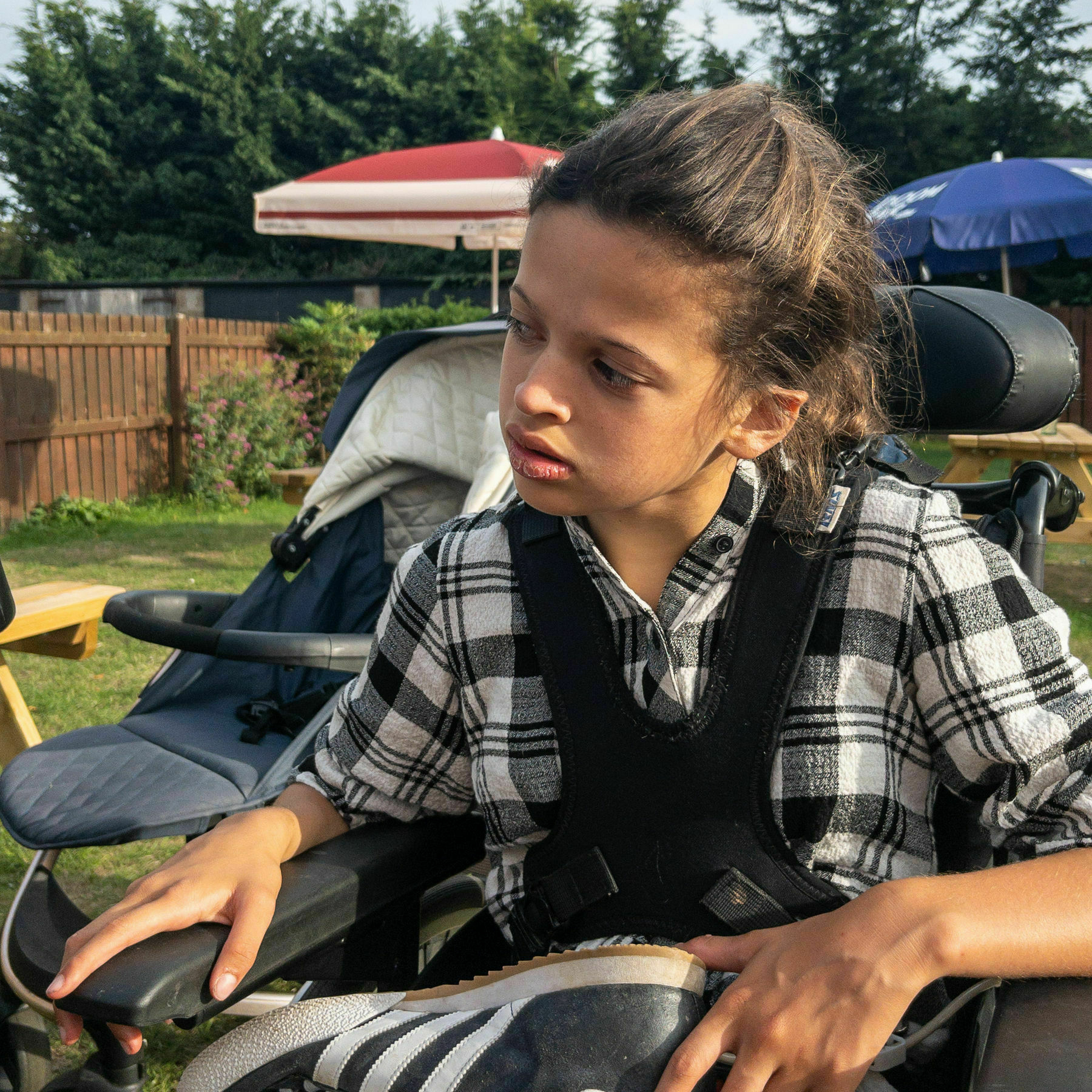
Not because she did anything special, or achieved anything anywhere near the markers that “normal” kids set down. But myself, my wife and son sat at a pub and had an enjoyable few hours. Not only did Lucie really enjoy the music being played. But she expressed herself, let us know when she wanted things and also told us that she wanted to stay a bit longer.
She’s amazing, and I’m so proud of her.
My motivation to do, well, anything, comes in waves. At some points, particularly lately, I can’t be bothered to write, run or do the things that I know I should do. However, I also know that these are the days that will make the most difference to me. I will improve the most struggling through the hard days and make sure the easy days feel much better.
I know these things, but that doesn’t mean I can always drag myself towards doing these things. Every so often I just can’t be bothered to do anything, I don’t feel the need to hack every waking moment of my life and maximise everything. Occasionally, I just want to let the motivation slip away and smash it again another day.
It sucks, being on Struggle Street, but I am happy in the knowledge that it always gets better. There is always and end to the empty feelings and lack of motivation when the colour returns to the world. So keep going, my friends, and I’ll see you at the end.
Bigger phones are popular mostly because they are a computer replacement for a lot of people. As we do more and more on these devices a lot people want the biggest screen they can afford but there will always be those that just want something manageable (to them). - Lee Peterson
Lee gets it spot on here, for a lot of people there only device is a smartphone and it makes perfect sense to have the biggest and best you can use. However there are a lot of people, myself and Lee included, that just want a device that gets out the way.
For a long time I have thought the perfect screen size was around 5", or a device around the size and weight of the iPhone 7. However people like myself have to accept that the world wants bigger whereas I’d rather put some barriers in the way to my screen time.
As with everything tech related, when I start to see similar thoughts and ideas shared online, I am never sure what the motivation is. Could it be that several people have come to a shared conclusion at the same point, or are marketing departments gearing up for something? Of course, it’s building up to that time of year when we all talk about iPads.
The simple answer when debating the authenticity of anything is to consult independent publishing, aka read personal blogs. So, when Robert Rackley posted Minimal Mac, I knew that for one reason or another the strange feelings that I currently have around my MacBook are shared.
Multitasking is bullshit. I can’t help but roll my eyes whenever someone comes with a fancy talk around the necessity of having multiple displays or app windows opened at the same time and all the time. — Minimal Mac
For many weeks, I has already decided that during my week away at the beach, I wanted to avoid taking my laptop. I’d be taking loads of photos and would no doubt do some publishing, but I wanted all trace of work put away for a few days. The answer, of course, was to take my creative computer aka my iPad Pro. I don’t work on it any more, and it has been a long time since I even used one properly, so the timing is perfect.
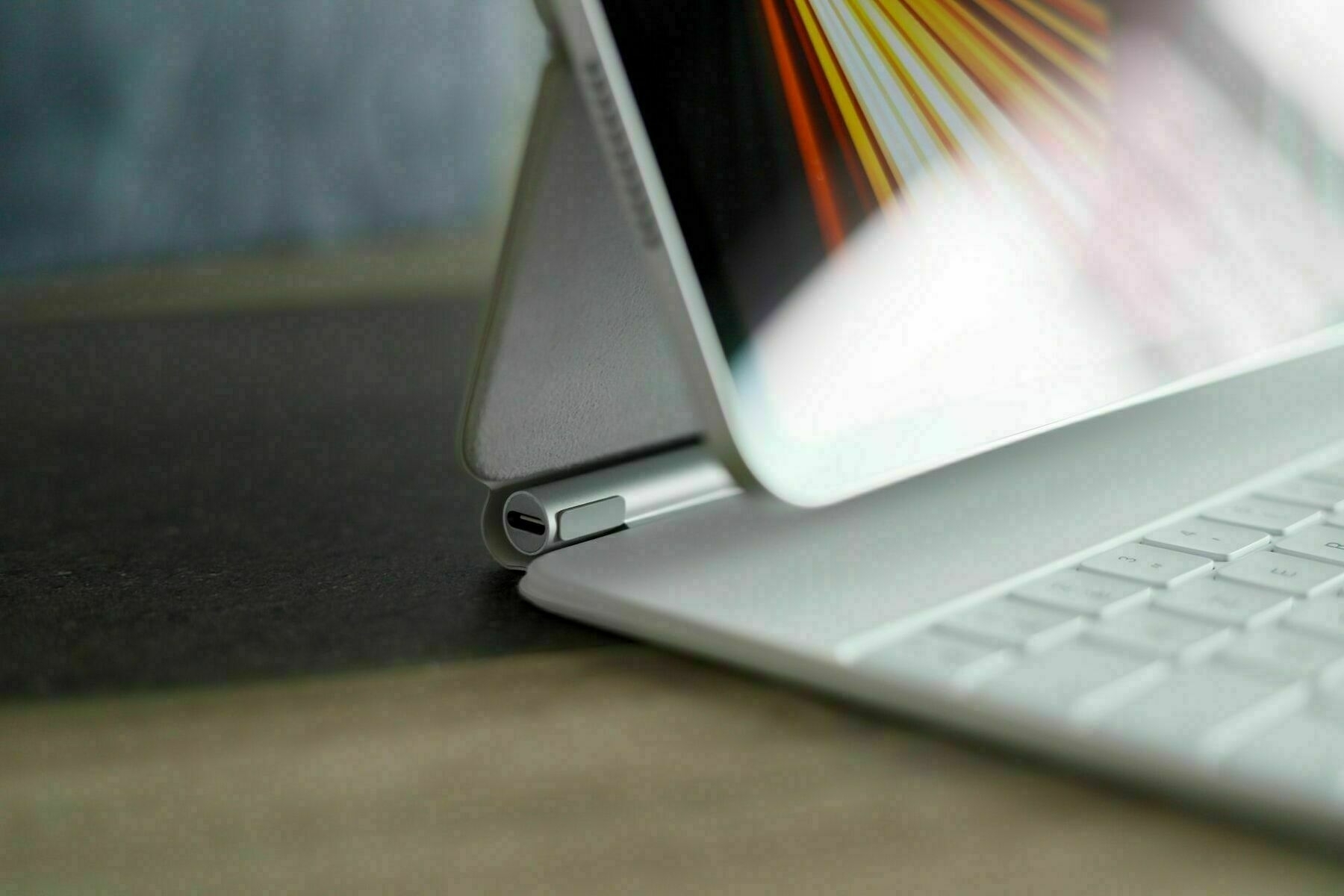
So, I snapped on a magic keyboard, and took the most laptop like iPad away with me and used it exclusively for a week. Well, I used it a bit, this was a holiday after all. There are still some frustrations, none of which will be fixed by the upcoming iOS16 introduction of new app windowing. IN fact nothing has really changed from the iPad that I left behind three years ago, but I think my expectation have changed.
As I type out this post back at home on my Mac, I realise how much calmer iOS is when you expect nothing of it. I wasn’t looking for a do it all machine, I was looking for it do to a few simple tasks, and do them well. There’s just something so brilliant about using one app at a time and nothing else. No more trying to fit a round peg in a square hole and expecting the iPad to be a desktop computer. Much more than this, the iPad delivered a small space of calm and straightforward usage — just like it always has.
Perhaps Apple is trying to deliver what its users want and are working hard to deliver the next generation of device. Or perhaps there is just more expectation from an iPad with an M1 chip that costs almost £1000. Whatever the reason is that the iPad Pro seems to never deliver what is expected of it, when you want calm and easy to use, iOS is where you find it.
For the last few weeks, I have been struggling with what to do with the posts I want to publish. With my renewed motivation to do a bit more, and also publish more photos, the sensible thing is to sort this out now. As it stands currently I have a blog and a micro.blog, and the lines are getting blurry.
I have long ago given up the idea that my writing will be popular or even widely read, but I love having a nice blog just for me to publish my thoughts and feelings. If one person reads it, then that’s a bonus. If they take something away from it, apart from knowledge not to visit again, then perfect. I love publishing anything that comes to mind, and in that sense, just having one blog makes perfect sense.
I have been here before, when I just wanted a place to type something out and hit publish. Despite my insistence that things have changed, I moved back to Ghost soon after and made a new home. So, I have more than a bit of trepidation on going all in on one blog yet again, given that neither of the places do a good job of fulfilling both of these post types.
Ghost really doesn’t work well with posts having no title and no support of any open web standards. Whereas my micro.blog is nearly always breaking, or not doing something quite right. Something I'm not really concerned about with smaller posts, but I like to publish something if I have half a mind to do so.
If it was possible to move my Ghost posts over, I would have a test on how micro.blog would look, but that doesn’t work either. I will probably mess around with two spaces for a lot longer, until I lose the motivation to think about it any longer.

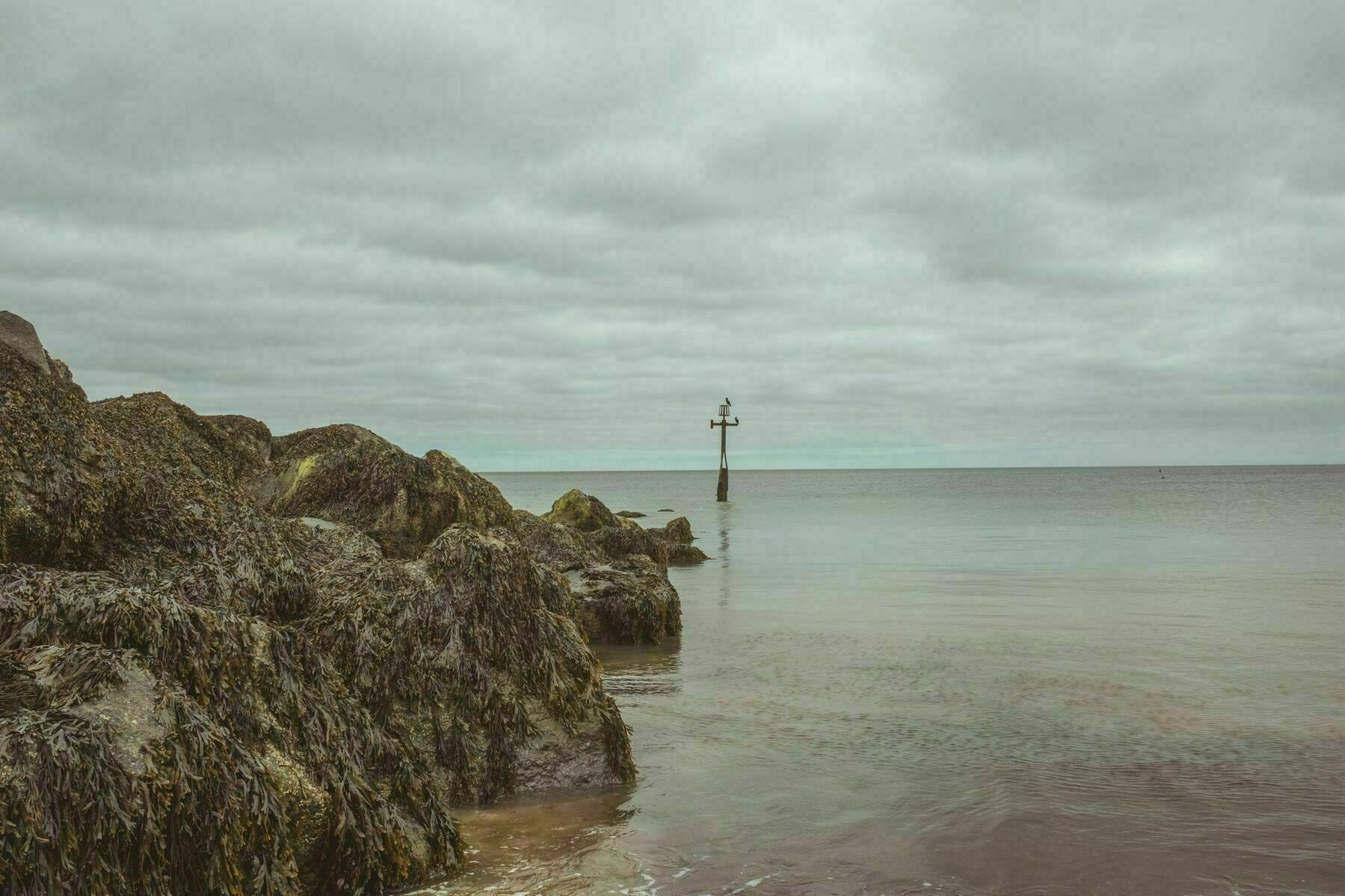




Creativity is a habit. - Do the Work, Danze
I’ve fallen into a bit of a rabbit hole with Rishabh Dassani as it seems each of their posts speaks to me on some level or another. Giving me little bits of advice in productivity, organisation and life.
Some of the points outlined in Do the work have reminded me of things I have discovered myself and then let slip. I need to start sitting in the chair again and making my creativity a habit. My inspiration and motivation to publish come in waves but only when I put the work in do I really make strides in publishing my thoughts and clearing my mind.
I write because I enjoy the process of writing and hitting publish is just a nice outcome.
Today was very much beach day. Not because the weather was great (it was OK but not great), but simply because we would rather not do anything. We don’t have the luxury of being somewhere exotic so we have to make do with the English beaches. We sat in the waves for a few hours and enjoyed ourselves none the less.


Lucie has a love of the water and the ocean in particular, so she won’t leave it until it’s home time!

I even had a swim out to sea with my son, no-one wants to see photos of that!
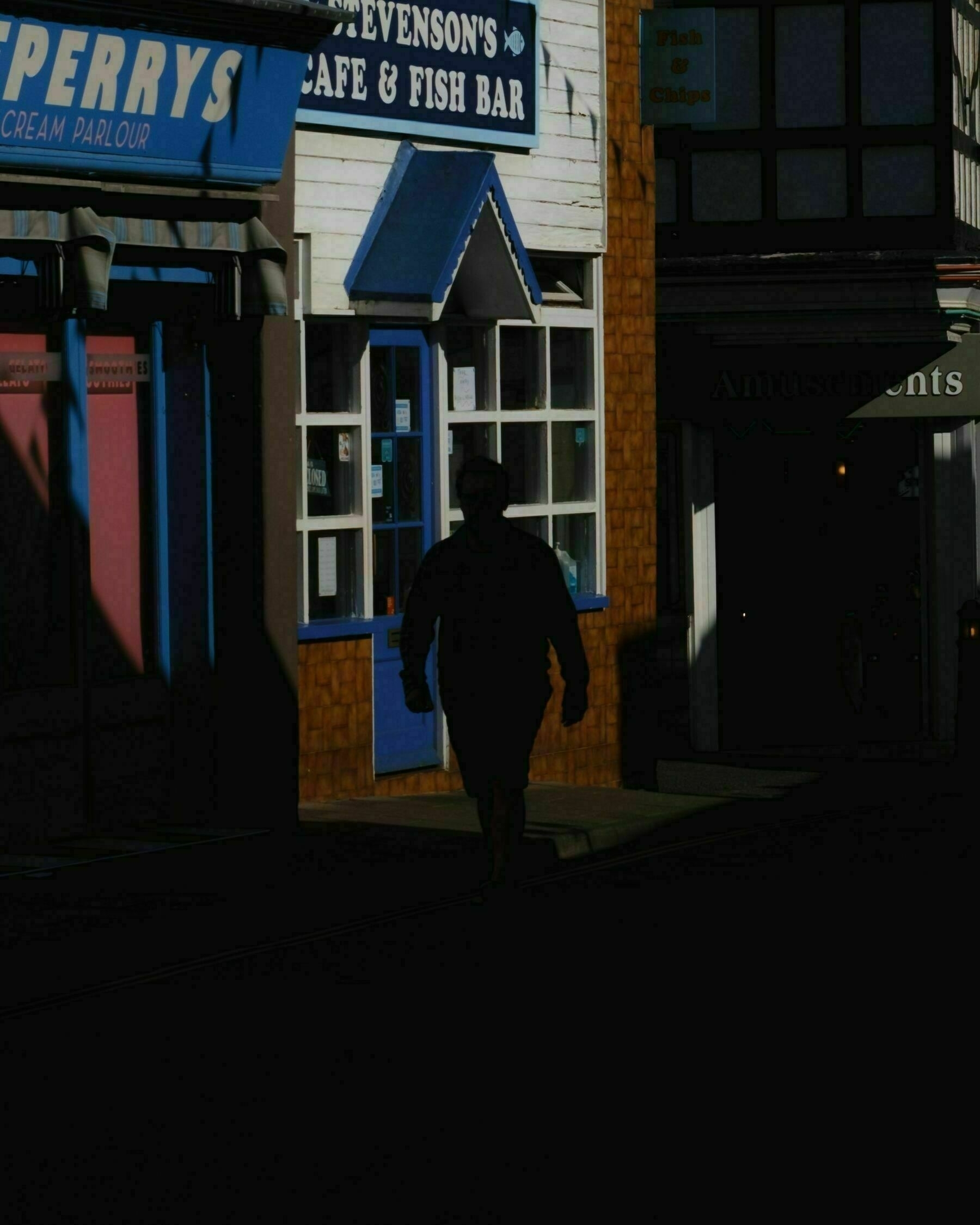
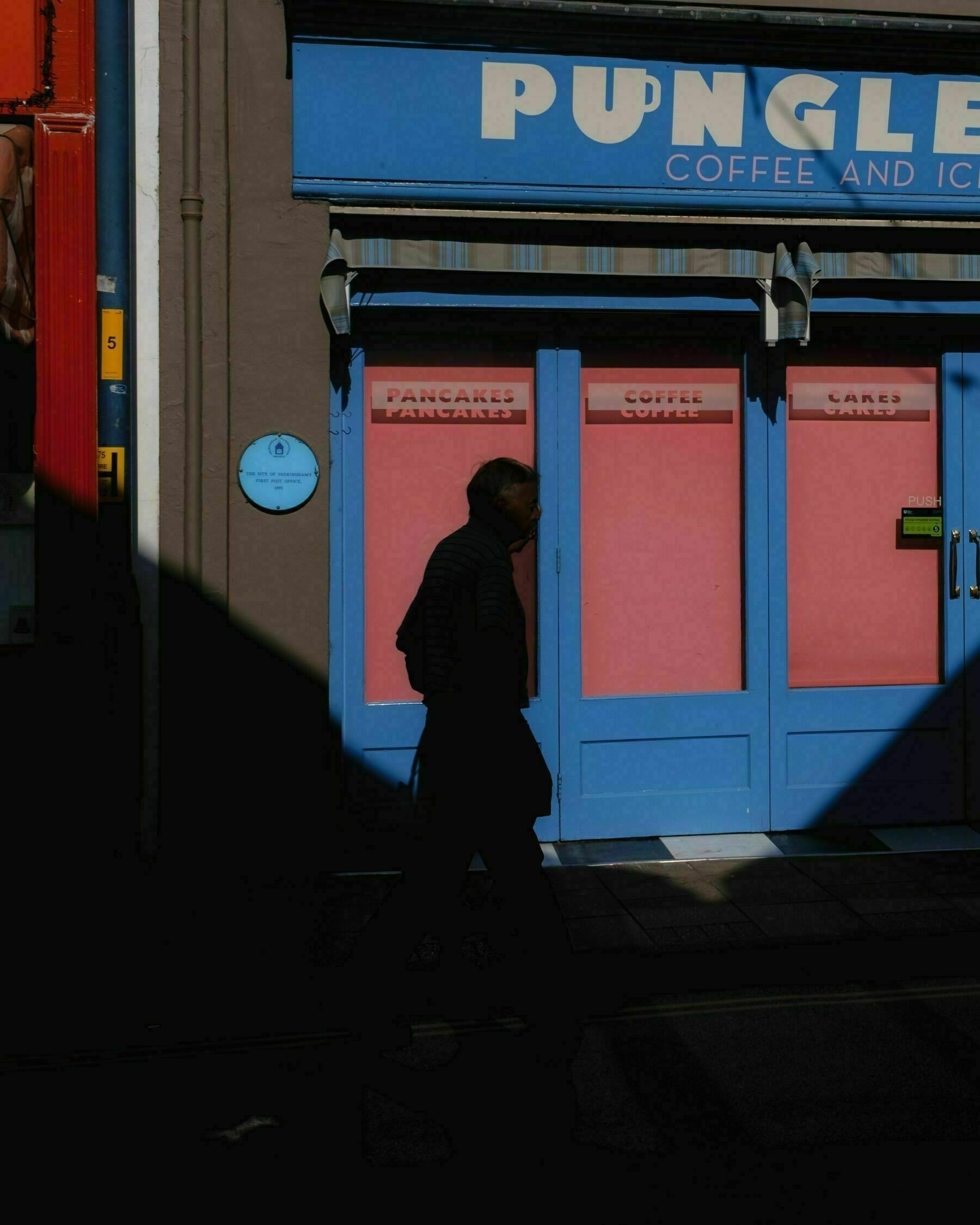

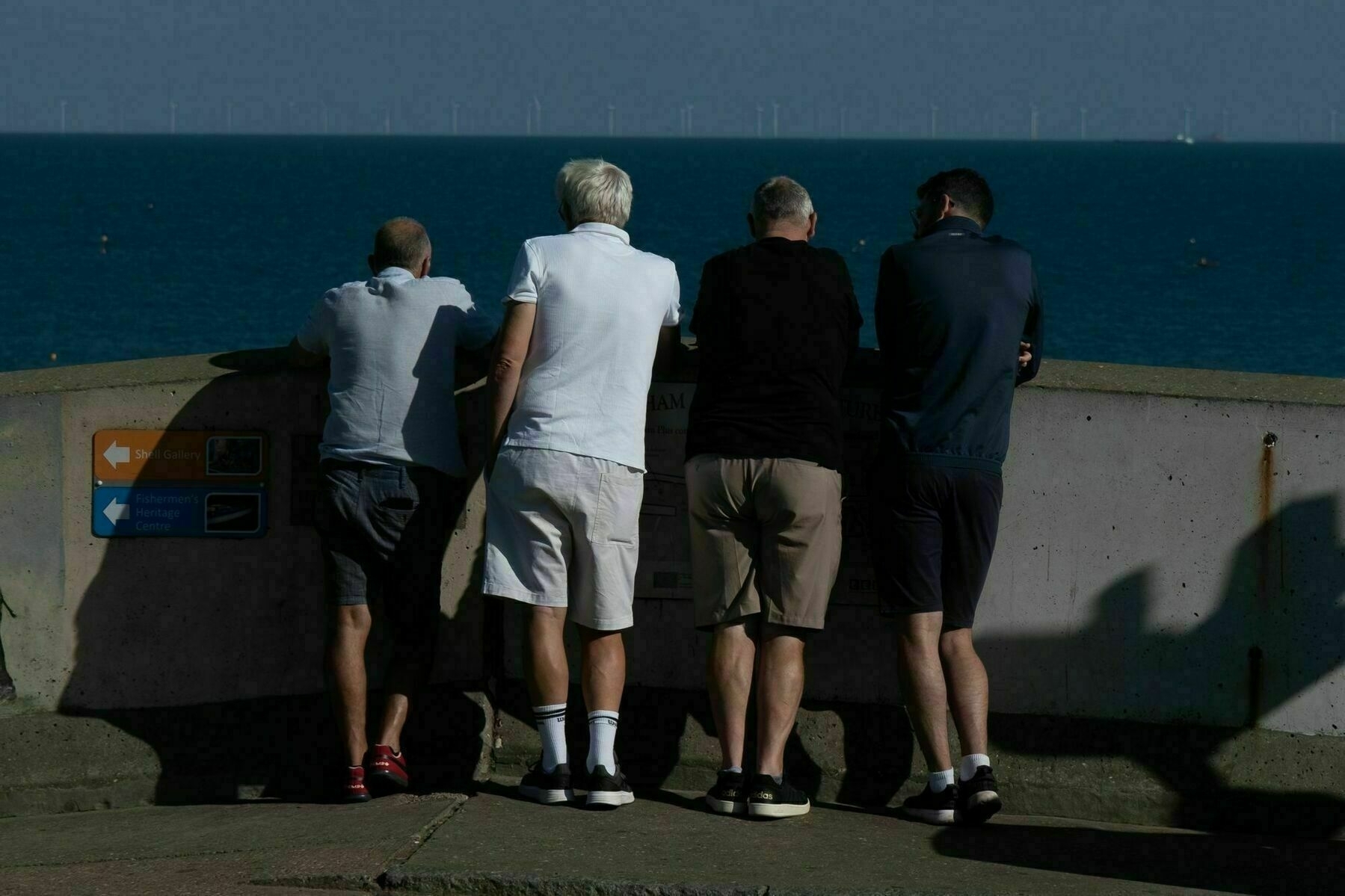


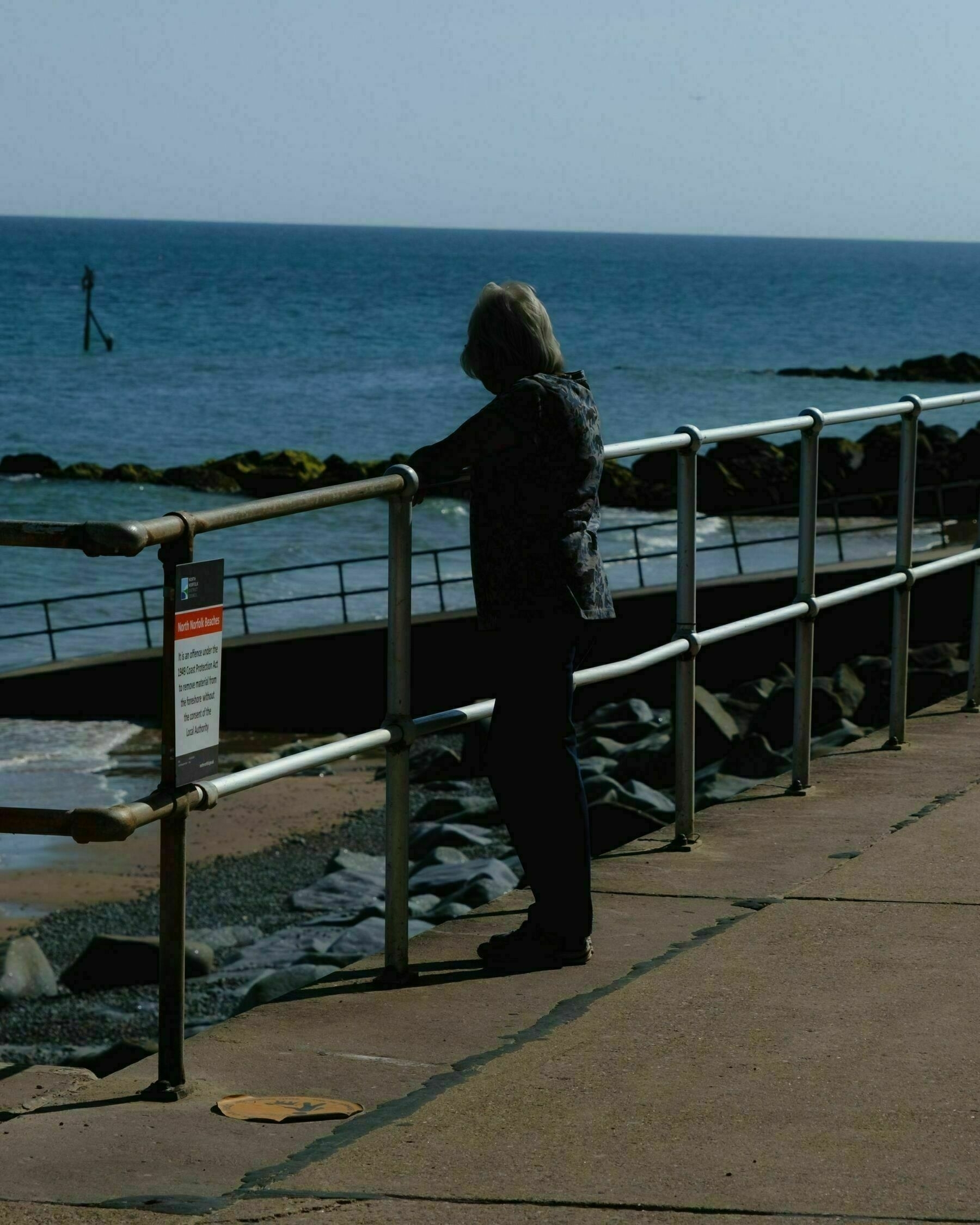
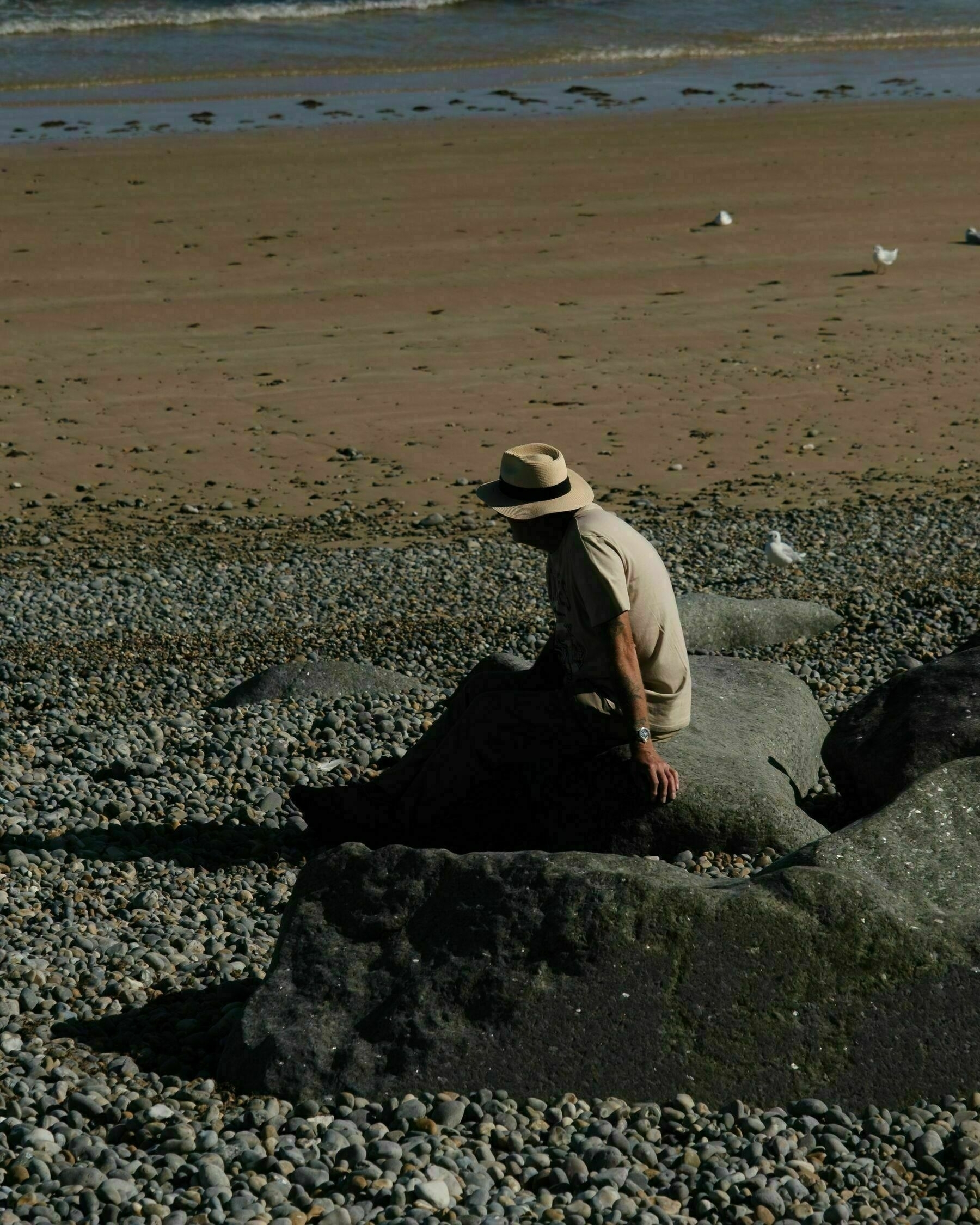
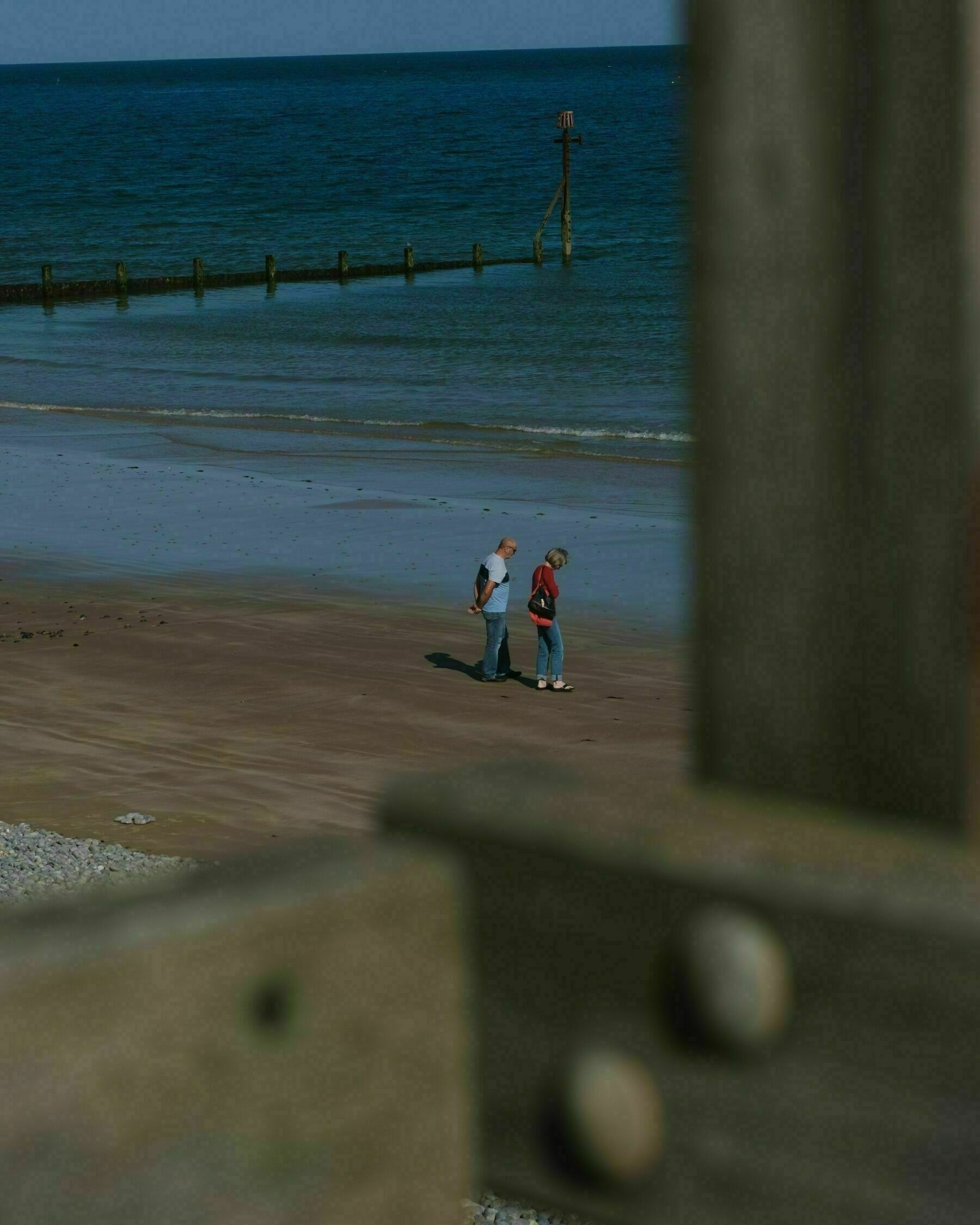
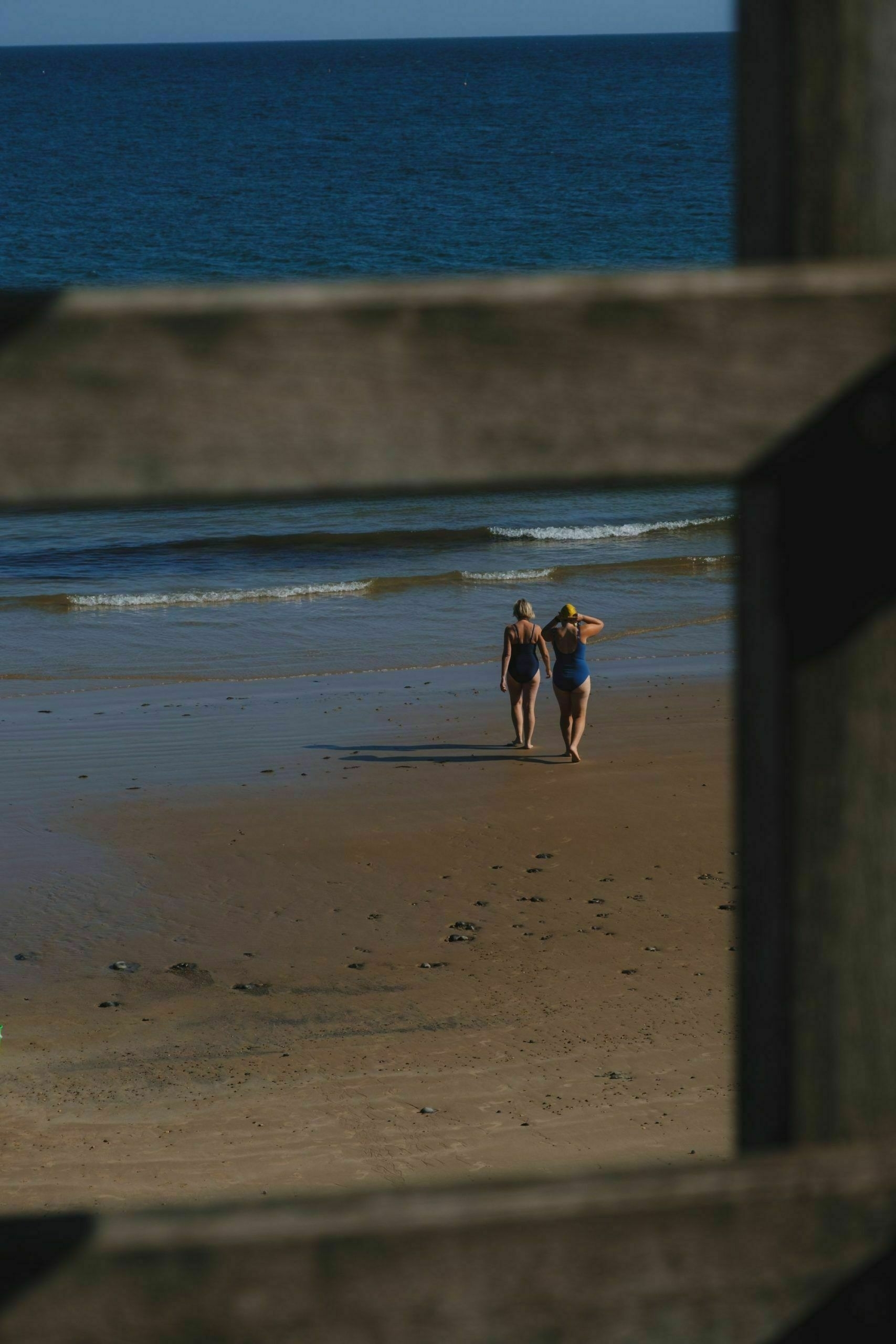
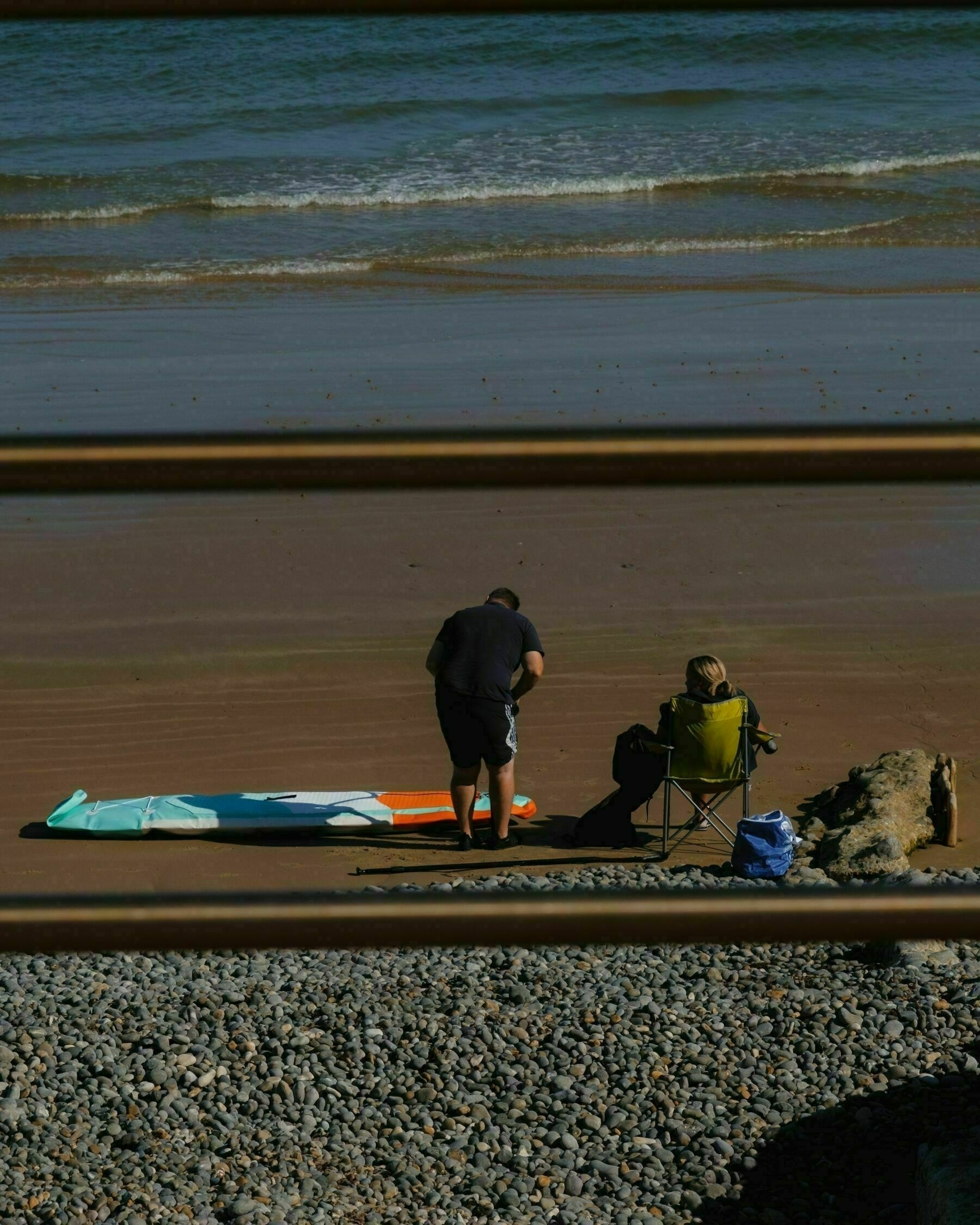
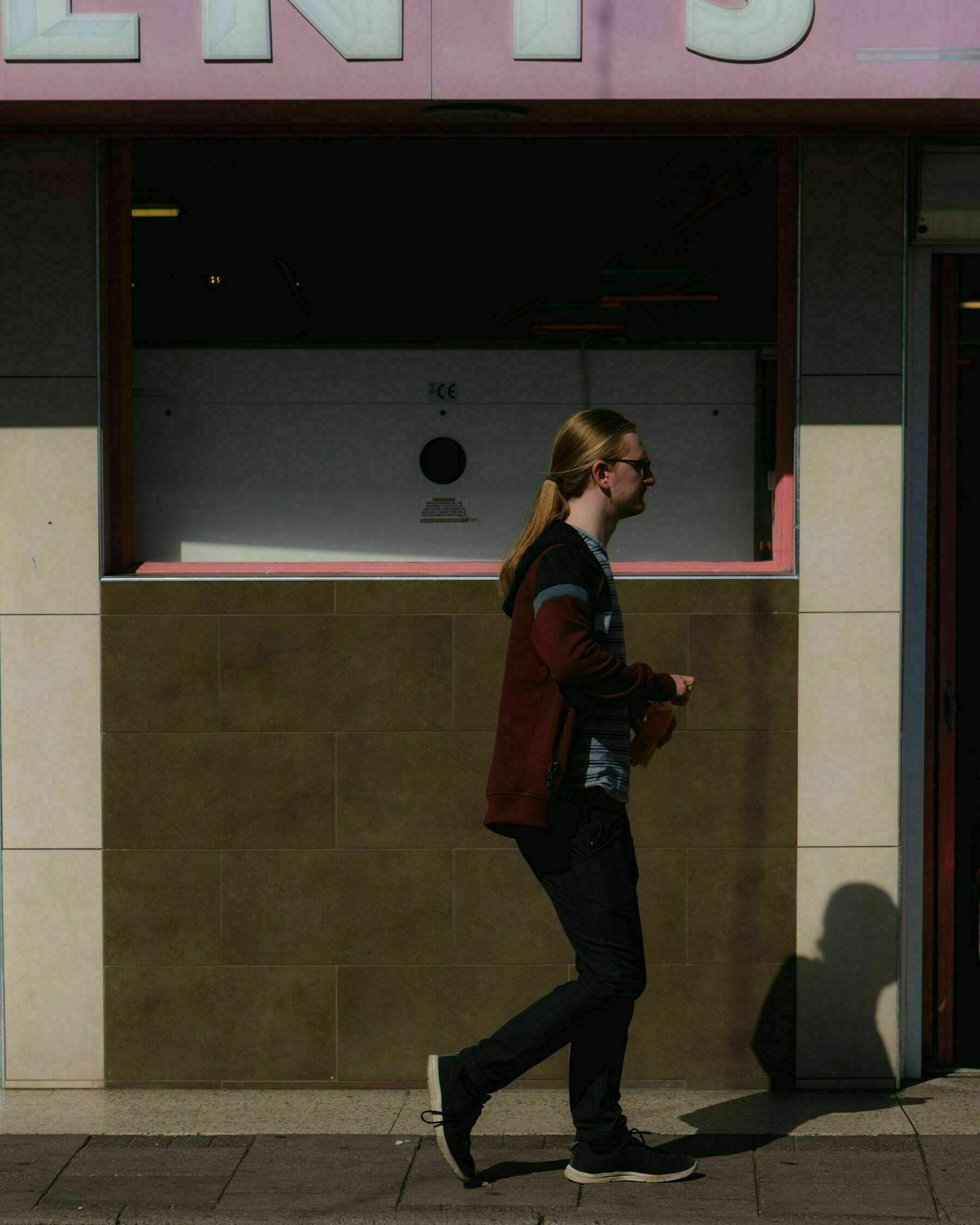
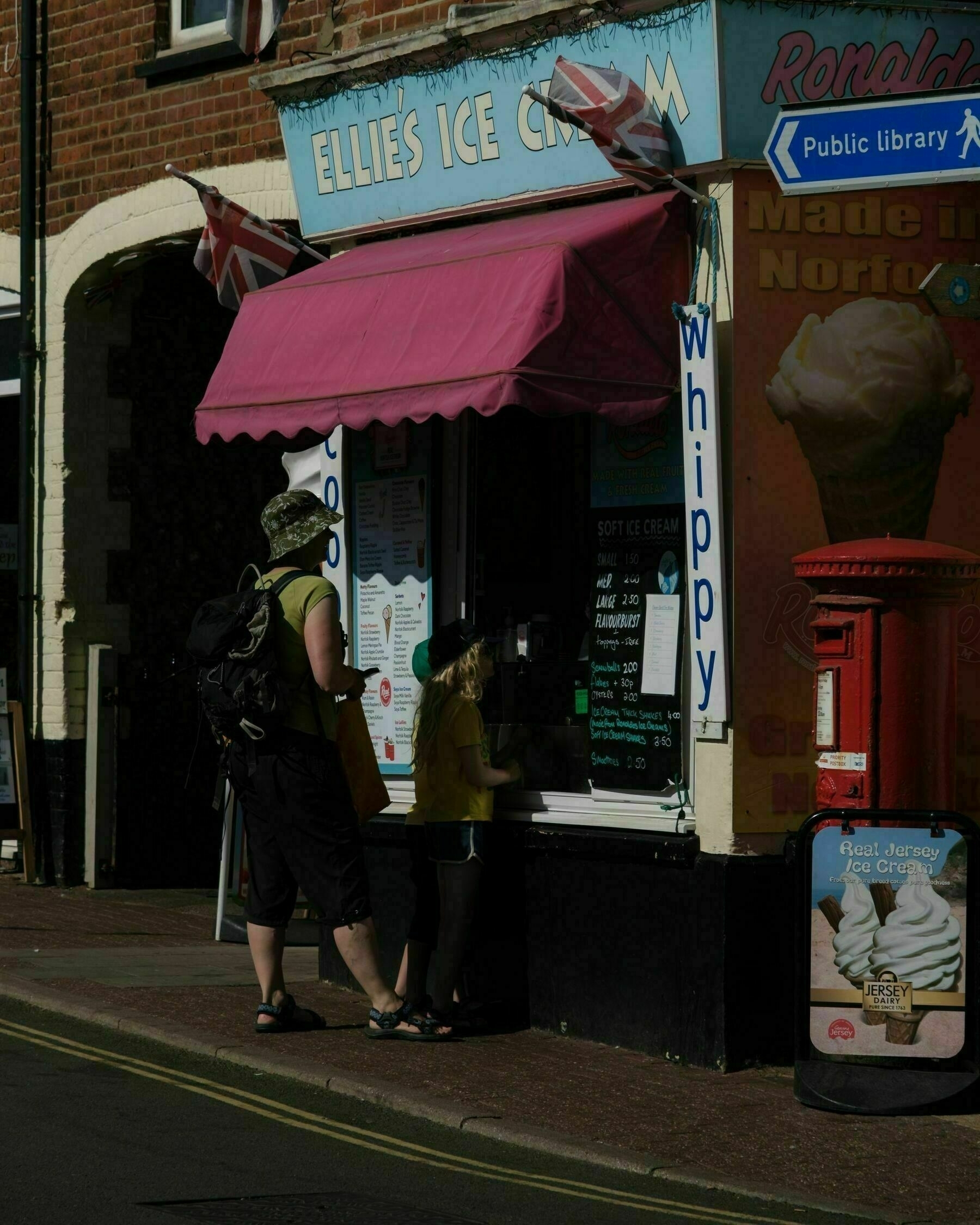
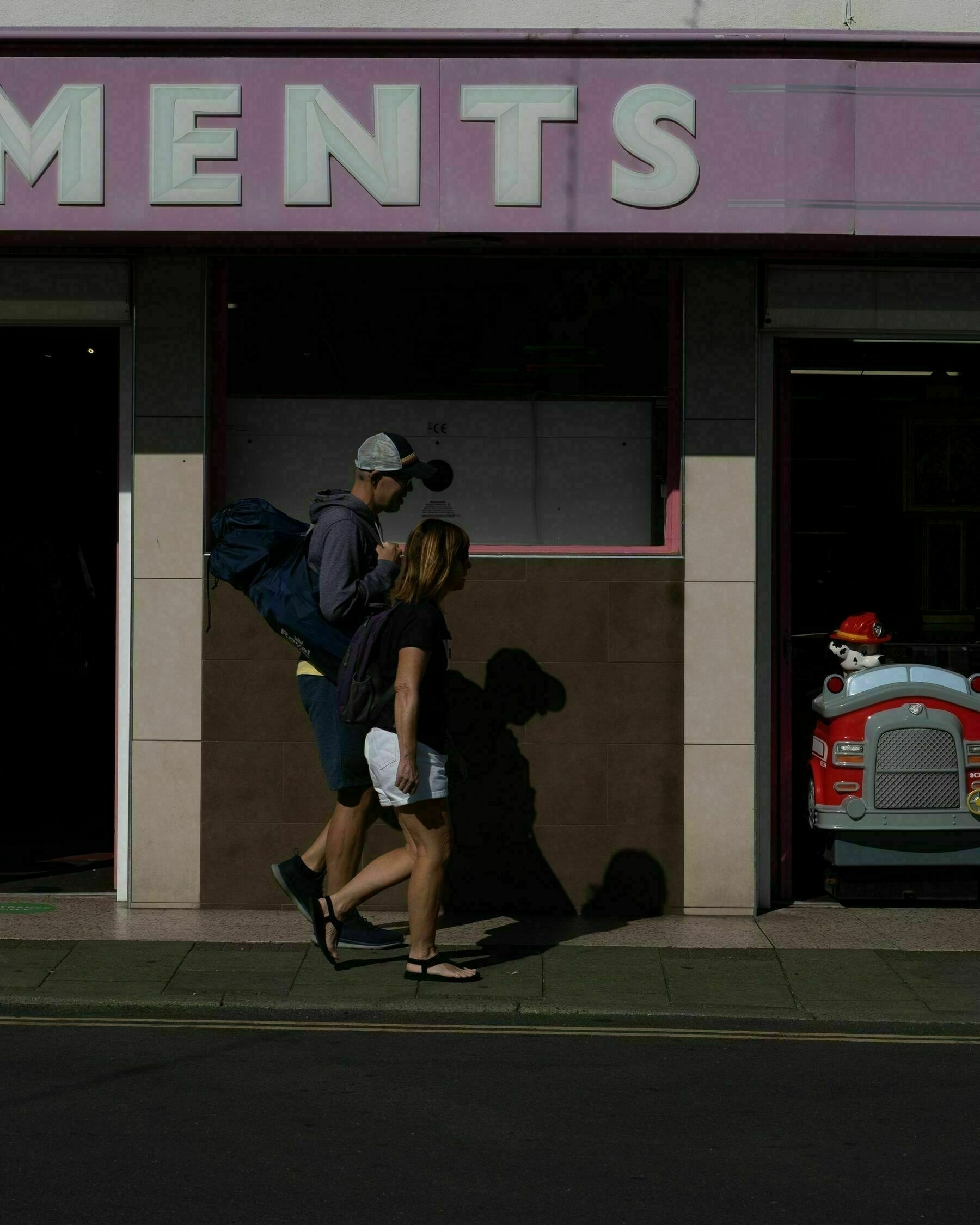
I woke up this morning with a need to take some photos. No idea why, but it wouldn’t go away so I took my x100v when I walked the dog.
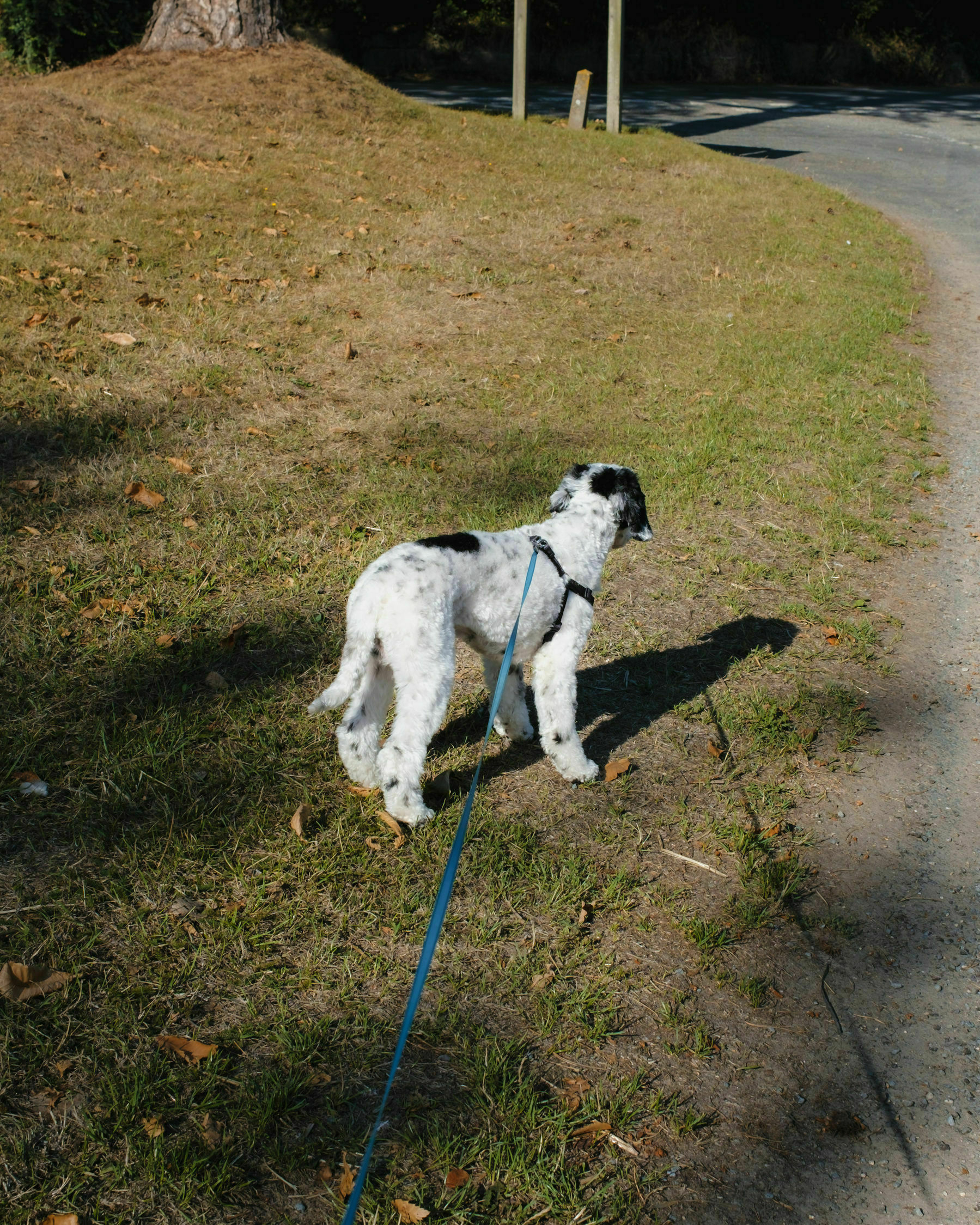
Found a nice little church tucked out the way


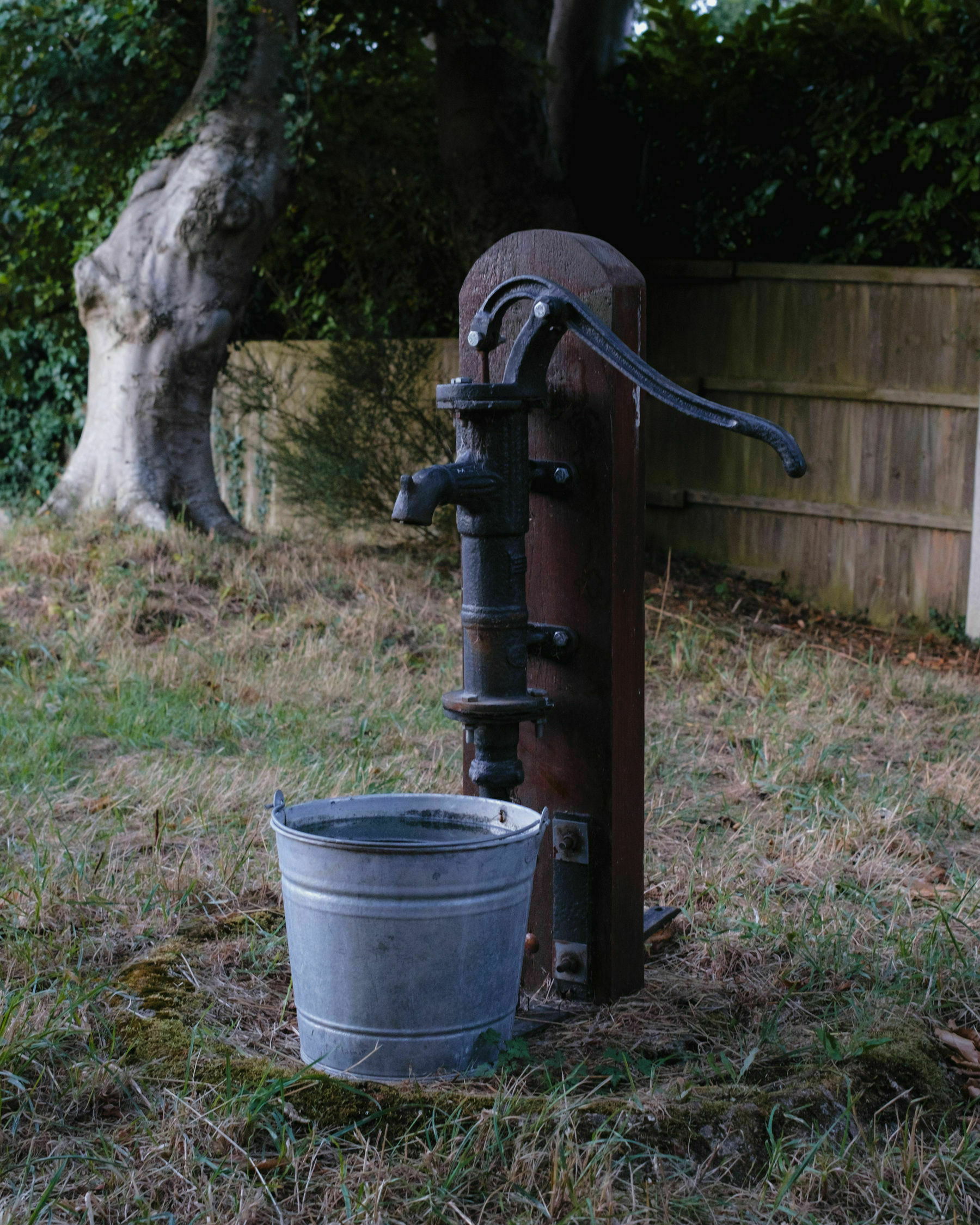
And took some public footpaths back
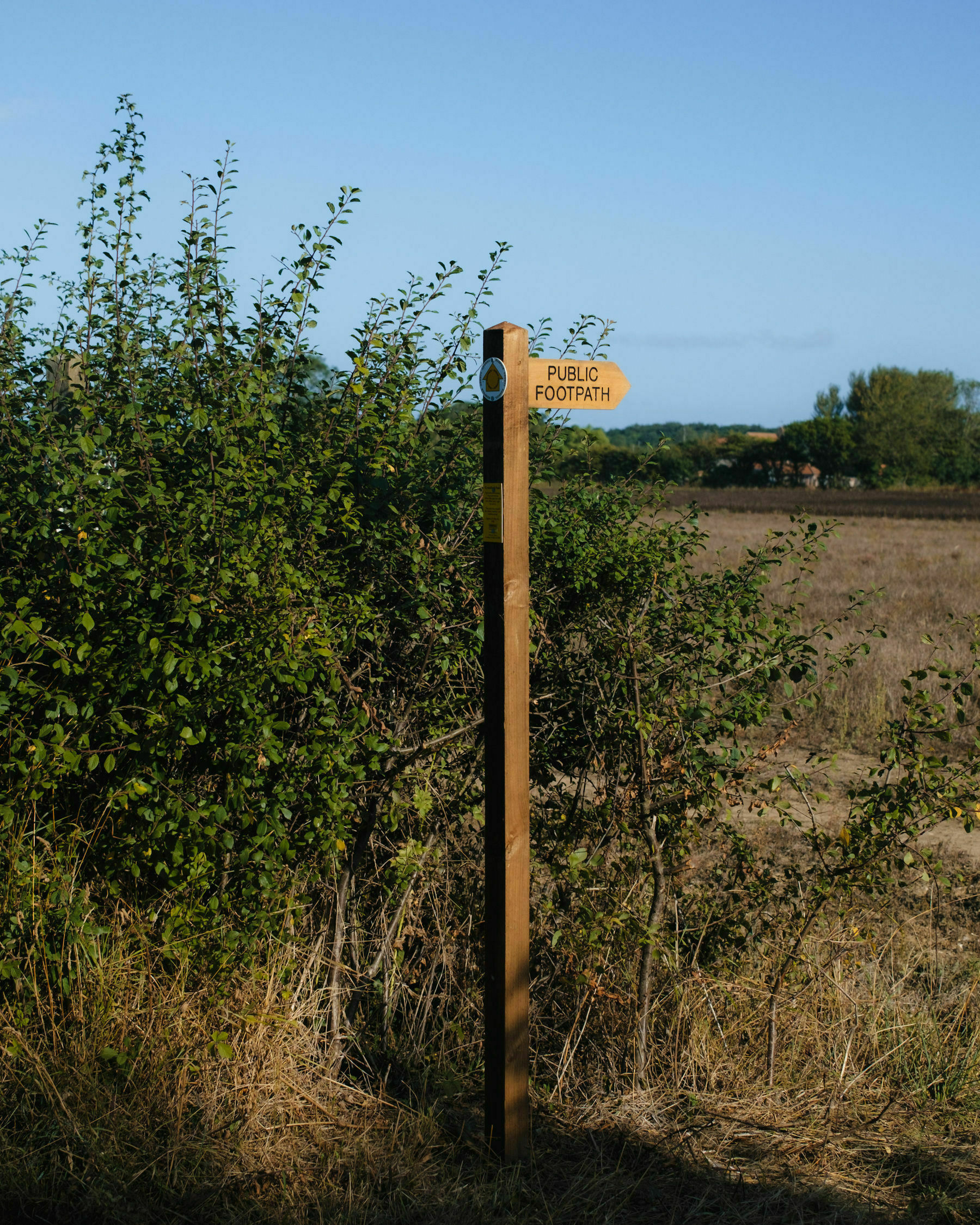
However it just didn’t cut it, so I took my XT3 and walked around for an hour or so in the early sunshine.
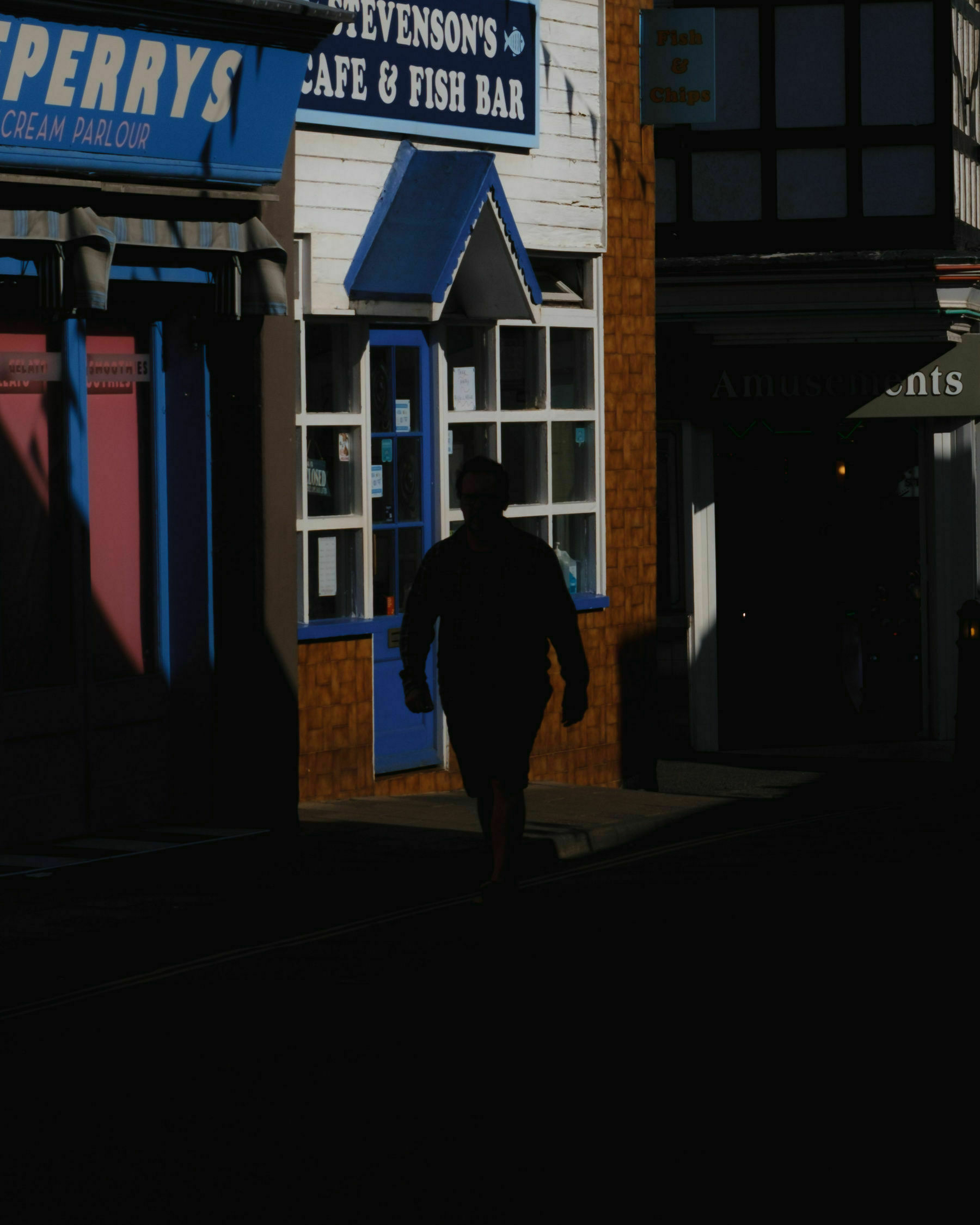




With quite a few people heading to the beach.
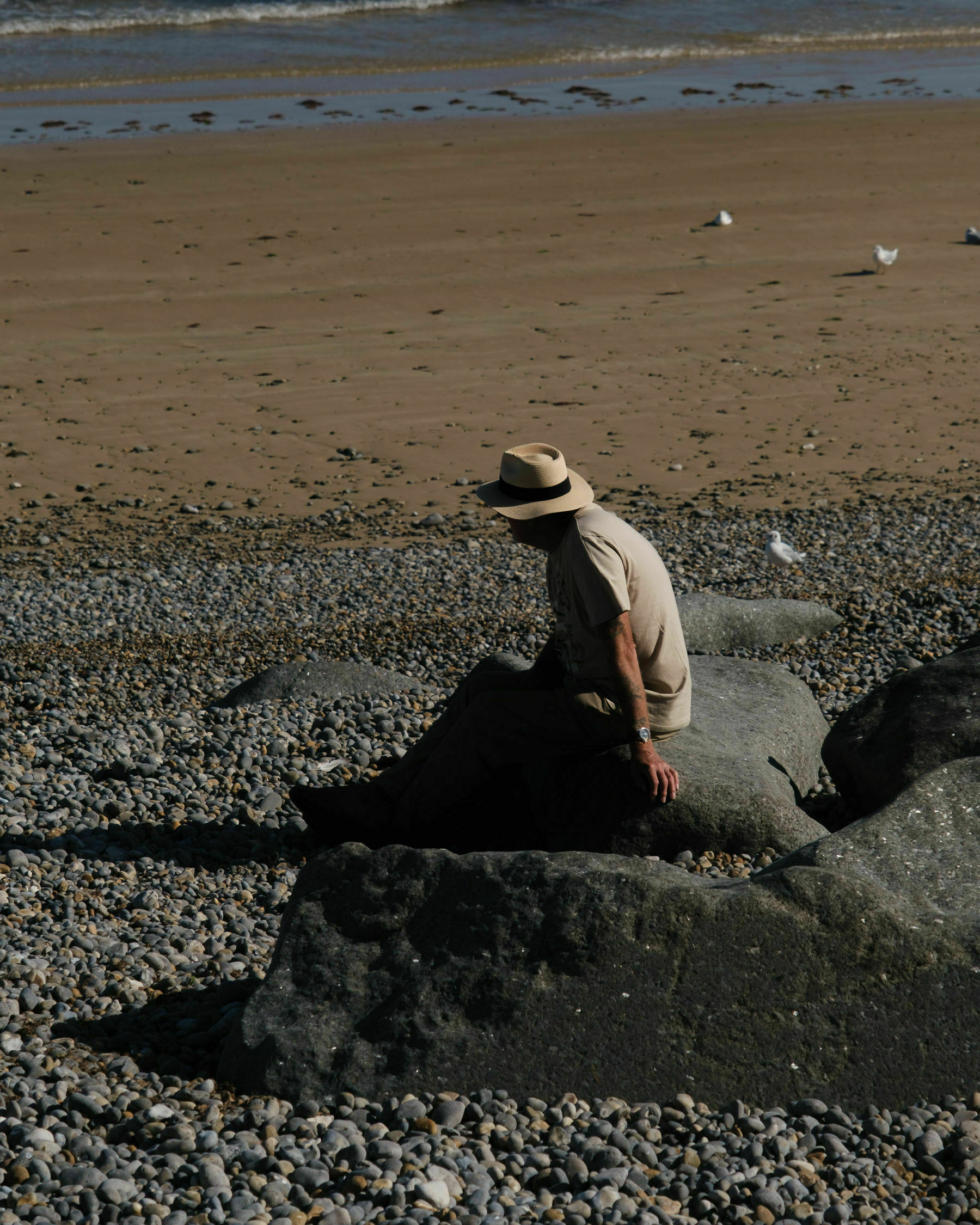

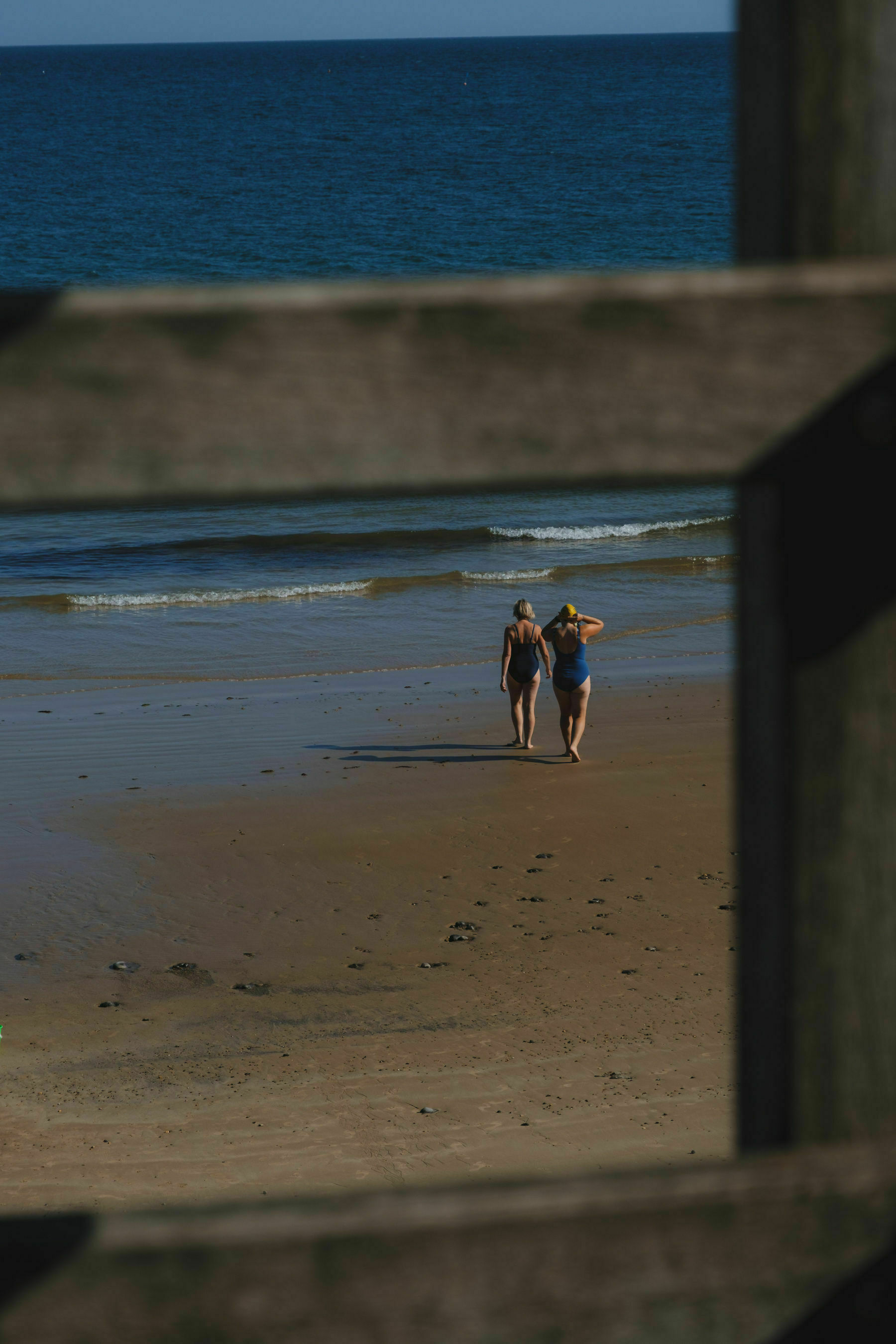

Stopped off for an ice cream

And then found a pub!

Lucie woke us up at a ridiculous time this morning, but instead of wallowing in our tiredness we decided to get up and watch the sunrise.

What could have been a terrible sleep deprived morning turned into one of the most awe inspiring experiences I have had for a while.

There was just myself, my wife and Lucie on the sea front, with nothing to hear but the calm waves.
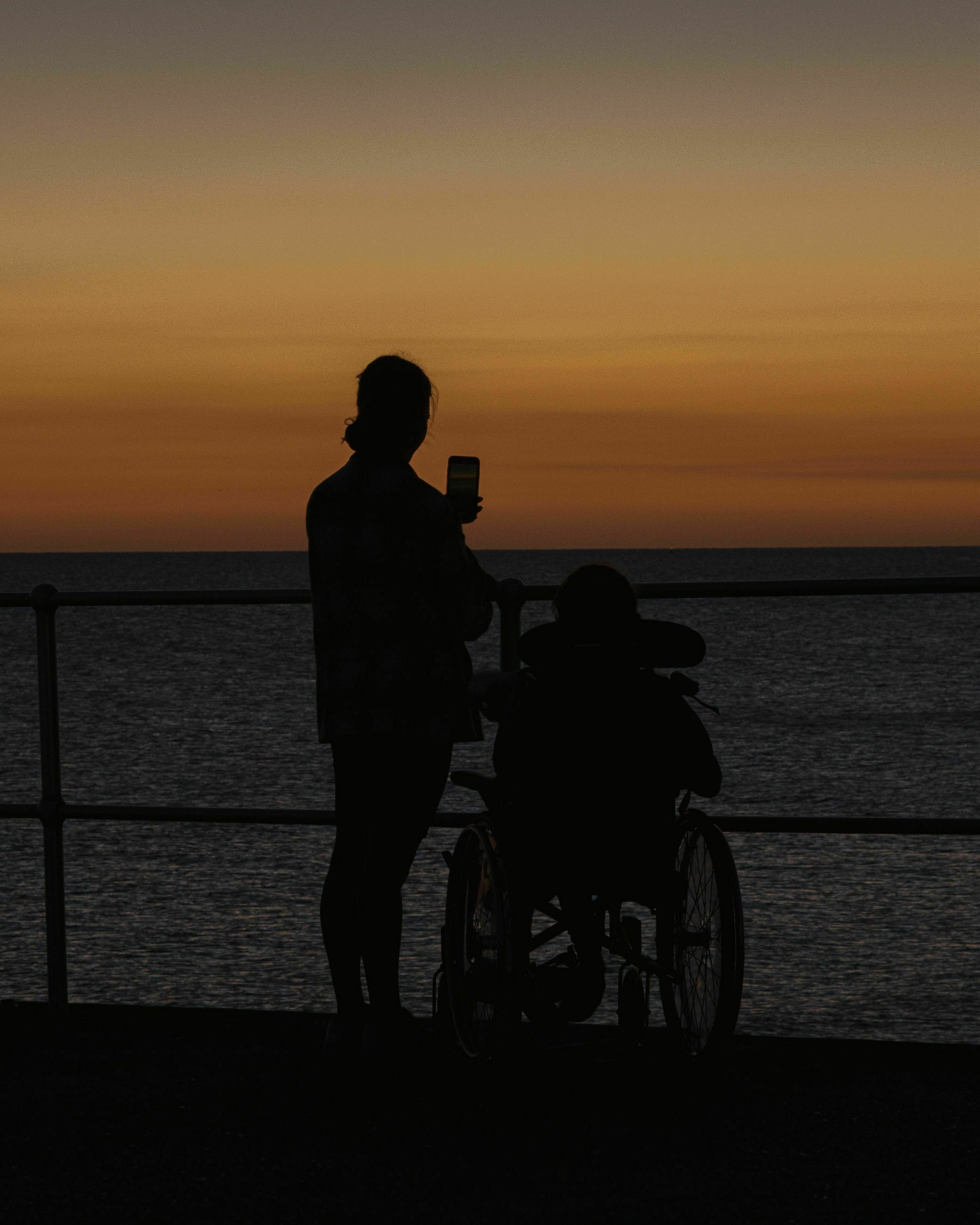
Something we may never do again, but worth the extra effort needed.

We all needed to switch off for a bit so we’ve headed to Norfolk for a few days doing nothing.
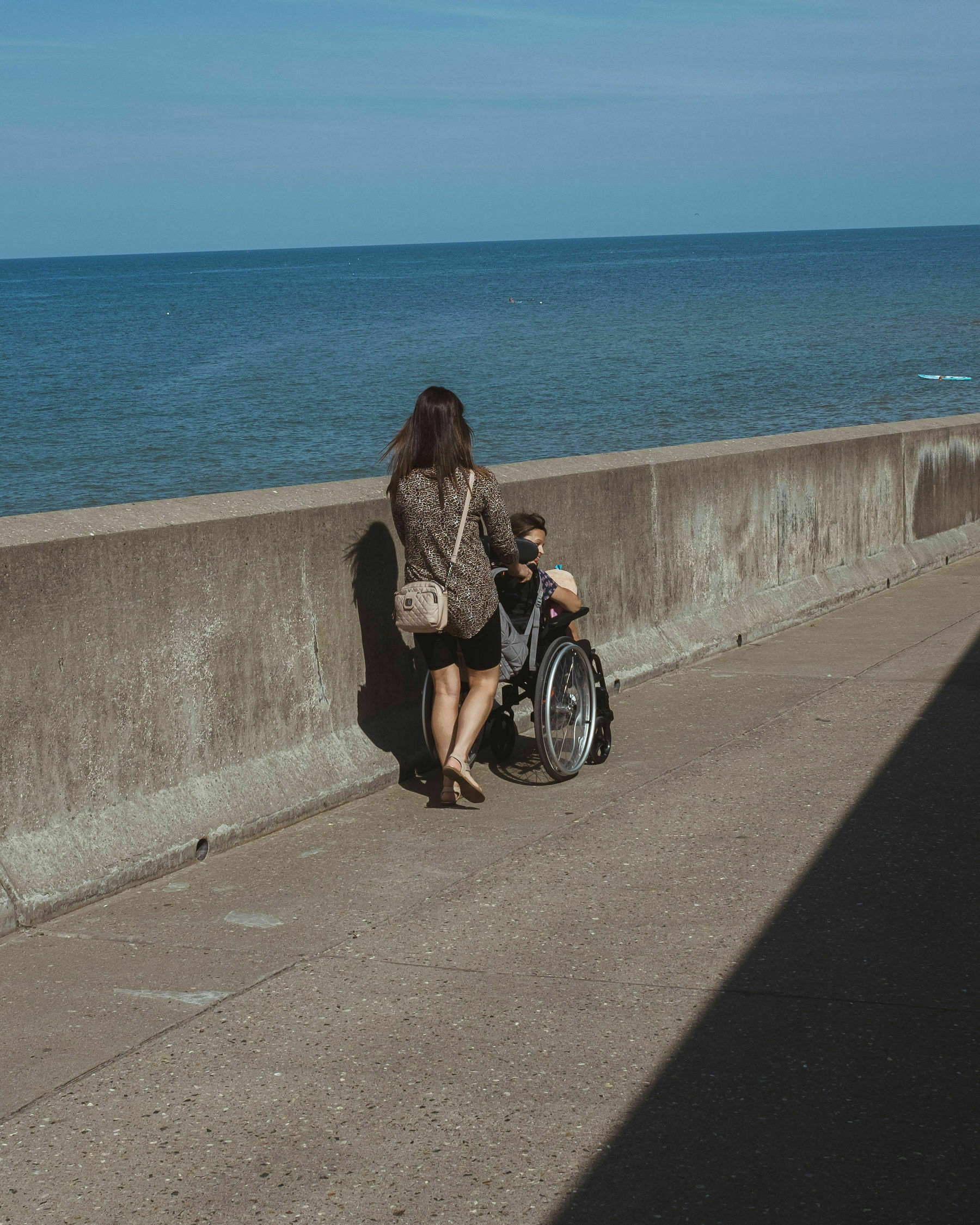

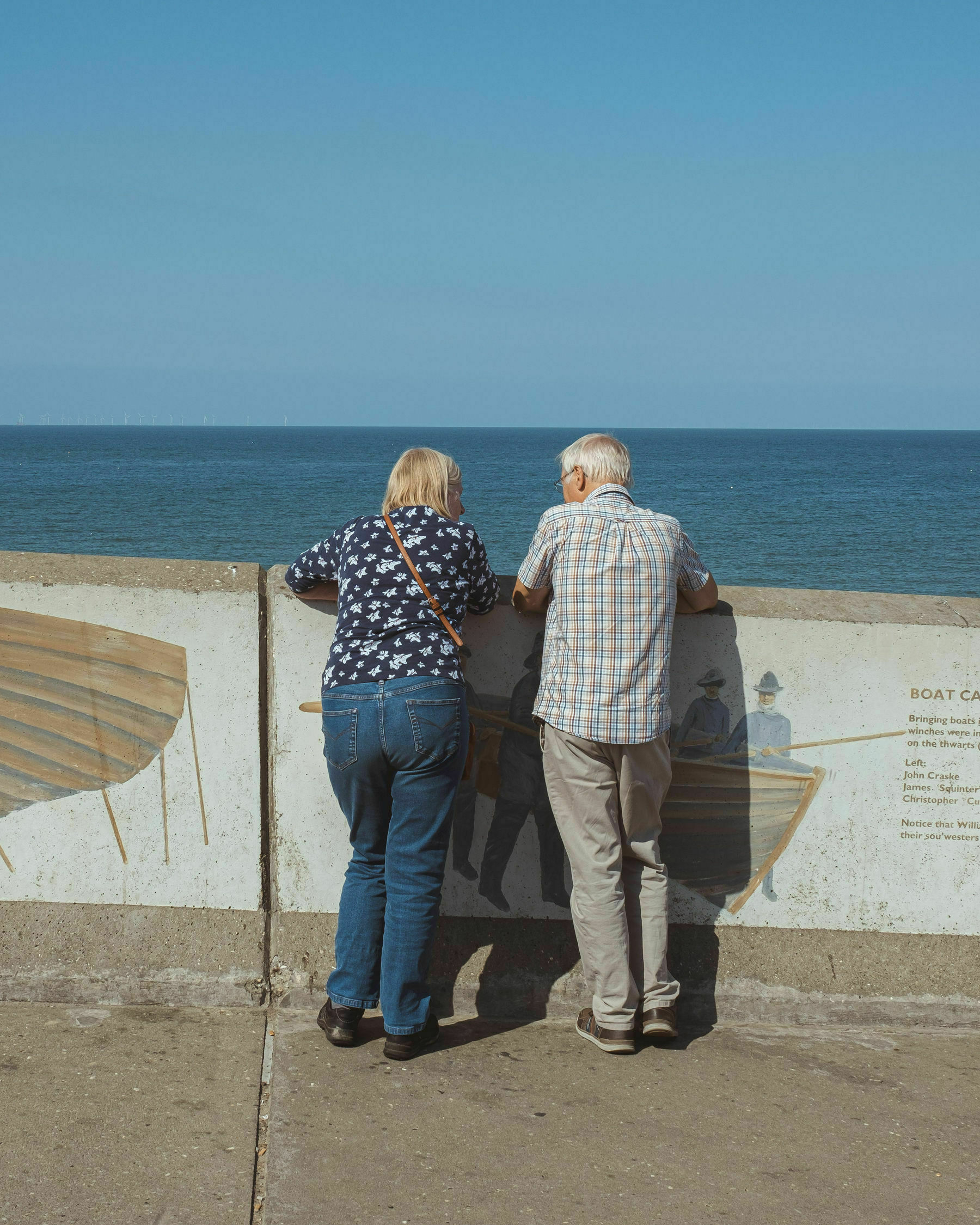
Saw the nicest vintage bus in the car park

And went straight to the pub!

Around this time last year, I gave up my work iMac Pro and began working on my personal MacBook Pro. In many ways, this was the best decision I have ever made because I can take my computer wherever I am in the office and also plug it into a monitor when I am working at home. Yet, my work and my creative life have never felt the same since.
I spoke at the time of the deep cross-overs that these two areas of my life were having. Pondering over the use of an iPad for my personal life to introduce a bit of calm. This experiment didn’t last very long due to various factors including the iPad no longer working, but the idea is sound and given my recent struggles is something I want to explore again.
What really tipped me over the edge towards iOS adoption again was a couple of excellent posts by Josh Ginter. Since March, he has been keeping a separate creativity computer (an iPad Pro) due to being in a similar situation as myself. I hadn’t quite realised that the feelings he felt were the same ones swirling in my head until reading this. Indeed, he has become a proponent of a separate creative everything, to build walls between personal and professional.
It makes perfect sense and drawing parallels in my photography life, I simply have to keep a separate ‘work’ and family camera. So with my work kindly supplying a new iPad for me to use, the experiment is on once again. I am hoping that the calmness and tendency for me to use one app at a time will give me some creative spark and allow me to work a bit deeper on the tings I enjoy.
I didn’t, as I suspected, renew my Glass subscription just for the sake of it I cancelled and deleted my account. Nothing personal and I know people around here love it, but the cost was not worth it.
I still can’t really figure out why but this description from Marc does a good job of summing some feelings up.
“Glass seemed to be somewhat of a monoculture. This makes sense: everyone in the app is rich enough to own an iPhone, probably also owns an expensive dedicated camera, a laptop (probably a MacBook) capable of editing them, and has enough discretionary income to pay a monthly subscription to a social media platform. This is boring.” - Marc Wickens
There are entirely too many places to share photos and micro.blog + a bit of Twitter suits me fine. Maybe even some Instagram, who knows.
When you are a child, you dream of huge, almost magical things happening in your life. The future is filled with so many, almost endless, possibilities that all those fantasies and aspirations don’t seem so hard to achieve. Yet for some reason all of that magic seems to fade as you get older, and you have to start being a bit more realistic, but it's really boring.
It’s a bit of a Meme now that all children want to be famous before they know what they would like to be famous for. There shouldn’t be much push back because this is understandable. These people are ones they look up to early in their life and as such the pinnacle of their world.
It’s easy to be dismissive of this. When children want to be YouTubers or play games for a living, it is just a modern-day version of what we all wanted to be when we were young. I always wanted to be a pilot because I lived in the flight path of some of the counties air defences and the sky was always filled with massive transport planes or high-speed fighter jets.
This love was nurtured by my grandfather, who would ask me what planes I wanted to fly and where I would want to go. Asking questions about how I thought I would become I pilot and what training I would need. He used my innocent desire to open my eyes up to the things I needed to think about, and that has stuck with me.
So now when my son says to me, he wants to be a YouTuber, my reaction is “cool, how do you think you could do that” instead of the realistic (pessimistic) answer of “that’s not going to happen”. Indeed, the ship to making money on YouTube has not sailed, but it is harder than ever to get started and the level of work required is huge. It's important that he starts to think about this, but there’s no need to be boring just yet.
Matt Birchler is to blame for some of the decisions I make in my tech and blogging life. Not because he does things differently, or tries to push his readers into things, but because he’s someone I look up too, and he speaks mostly a lot of sense. He’s been blogging for more than a decade (a milestone I won't pass until next year) and I am happy to say he is a good friend.
Matt has made a good name for himself in tech circles, and has done so by producing great content and plenty of it. His post from a few days ago about not moving blogging platforms is one of the reasons he’s been so successful. While I agree with his post wholeheartedly, there are a couple of things to dig into here to supplement it.
The links to your posts should be treated like gold dust. They are the reason people read your stuff and find your blog in the first place. You should hold on to these as the most important piece of your blogging platform, and if you do, moving host will not matter in the slightest.
Your first job when setting up a blog if you make the hard choice to move platforms is to maintain the same structure as before or put a plan in place to redirect everything. With the first option being preferable. The links to your posts online are more valuable than what platform you use or how nice your posts look.
As I wrote in 2020, users should be able to move their blog quickly and easily. Developers of these platforms are still letting down their users by not providing at least robust import options for all of their competition. This argument, granted, is idealistic and in many ways something that I never expect to see – but it still feels gross that barriers are in the way of you owning your content.
I can understand why companies put intentional barriers in the way to make moving more complicated, they want to keep your custom. However, the fact that platforms like WordPress and Ghost fall down at import options, is the reason you shouldn’t move about much. Not because your decisions are bad, not because your readers will care, but because you will waste too much time doing it for very little gain.
Of course, your readers will care if your permalinks break, or your RSS feed changes, but there are solutions for this. The biggest issue is that the time wasted moving and sorting issues out could be better spent blogging. Do that instead.
One of the reasons I try not to write about my ways and opinions much any more is because of how peachy they can come across. When talking about anything, particularly something like technology usage, there’s a tendency to use instructional language that ends up being a post about little more than feeding the ego. My posts are never aimed like that, but I have read many that are, and whole books, that make me question my publication and motives.
Let’s take for example my repeated need every so often to cut back my usage of Twitter. This always leads to some kind of response coming back my way, either in direct reply but snarky subtweets. These kinds of responses do not bother me, but they do reflect the way that social media tends to respond. I am told that the ‘personalness’ of social media leads to personal responses, but all we see are reply guys and Debbie Downers.
People that take each interaction that is thrown into the ether as a slight on them and not merely a comment on the way that specific person feels. Using my Twitter example above, simply because I want to cut down my Twitter usage does not mean I am waving some kind of self-righteous flag and now looking down on people that continue to use it.
However, I get it. I’ve read the posts that are doing that. Lecturing you about the benefits of the thing they have done and imploring you to do the same. With all the ‘look how good I am’ ego pumping that their fingers can type. However, this is not the reason I publish things, it’s for me more than you. There is no preaching. Just a stream of consciousness and a written reference of my thoughts and feelings. Don’t take it personally.
My Glass subscription will be coming to an end in the upcoming weeks, and I don’t know what to do with it. Well, that’s a lie, I do, but I’m almost 90% sure I’ll end up paying another year just for the sake of fitting in.
Don’t get me wrong the app, and the website, is pretty, and I do think it is a good place for photographers to post. However, I only really post to it because it doesn’t really speak to me. I don’t feel a pull to post my photo there, and it wasn’t until posting more to micro.blog that I remembered to reinstall in on my new phone.
People I like post to it, the service keeps getting better and better, but I don’t get any real value from it. There are no more nice comments or sharing photo spots like there was when it started up. Appreciations are done well, but took away all the comments, and that really sucks. As much as I don’t want Glass to just be another social media channel, it doesn’t feel like a community and that is the biggest things stopping real engagement.
Couple with this my recent tidying up of my expenses and realisation of how much I could save a month by using different apps, means I am 90% of the way there. The cost isn’t extortionate but it all ads up!
I have a feeling I will end up just keeping it around or get FOMO at some point after I have cancelled.
In my journey to improve my overall systems of things and also slim down on some expenditure has taken a lot longer than expected. There could be many reasons for this, the number of services available, my persistent love of switching, or just my lack of motivation – however I needed to get notes right first, so this is where I started.
A surprising amount of my time is spent writing notes. They are used to manage my life, keep my writing ideas and also save anything that I find interesting and don’t want to try to remember. Because of their importance, I have tried to lean on service that I think show the importance of these notes. Services like Roam Research, Bear, Agenda, Obsidian and many more have come and gone. Costing me money and wasting time transferring things backwards and forwards.
As much as I want to be that guy and carry around a notebook and sketch things out. The reality is that I have to make all of these notes digital and searchable. Only one app has remained consistently used in all my time, Apple Notes. There could be many reasons it has remained despite repeated attempts to replace it. Perhaps the inbuilt nature means that it works with more things. Maybe it is simply because it is always there, but despite its shortcomings in a few areas, Apple Notes has proven the most robust and stable thing to use for years.
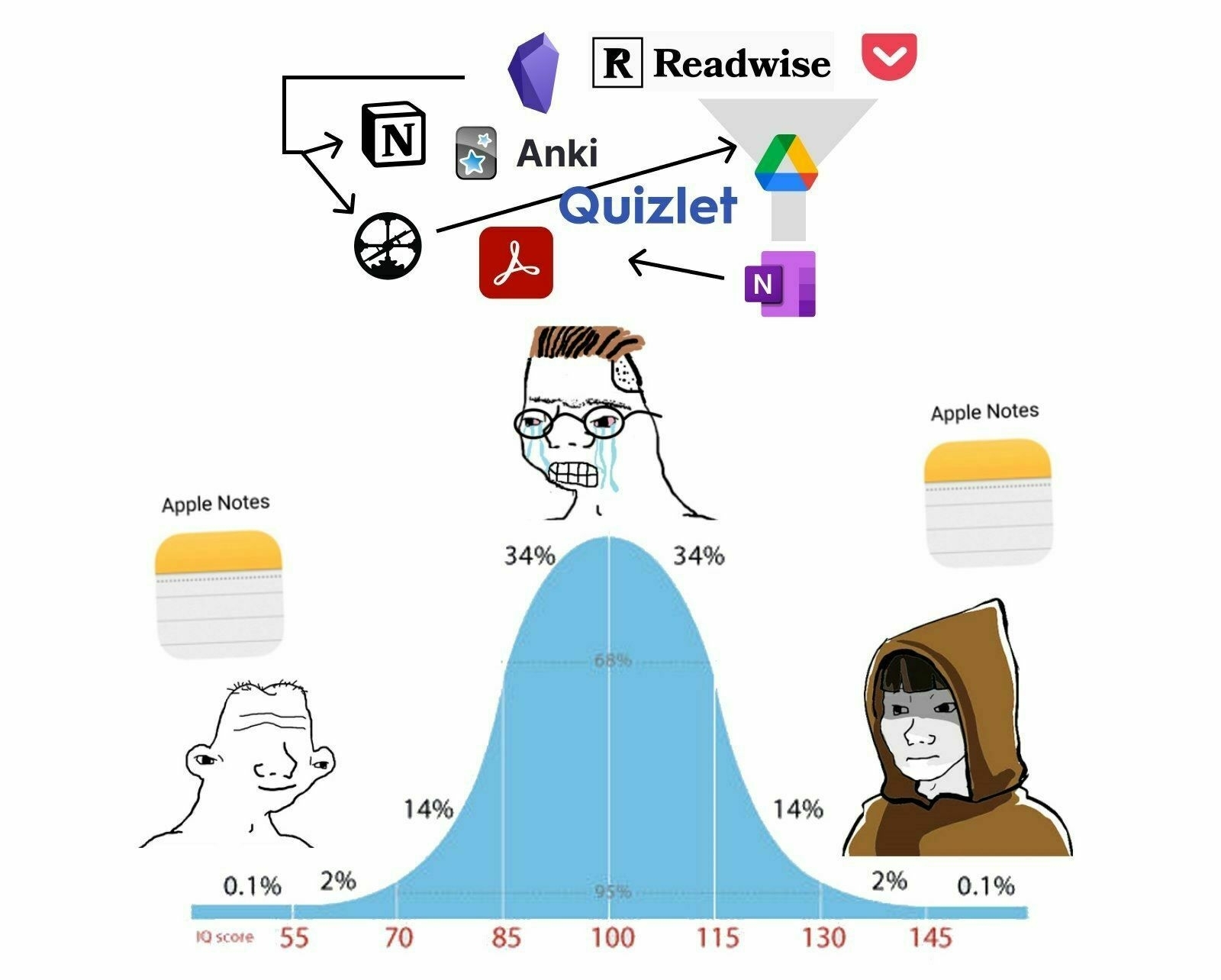
Of course, this is a bit of a meme at the moment. Other people's reliance on Apple Notes proves to be constant with my experience and usage, but the internet never fails to make fun of things. I find this particularly hilarious because the journey from low IQ to high IQ is precisely what I have been feeling over the last few years. Despite using almost all the apps in this meme, I use Apple notes more than anything else, so it makes sense to just lean on this in my new system.
Don’t confuse this for a gushing review of all the things Apple Notes does better. There are flaws and plenty of them. Apple Notes doesn’t do everything I want it to. Apps like Roam Research and Obsidian appeal to my brain much better than the rigid folder structure of Apple Notes. The linking between items and highlighting relationships features in all other options but Apple's option is more appealing. That is without the reality that Apps like Bear look and work infinitely better than my most used app.
Yet all the others fall down in others area in my systems, and the way I work means that the inbuilt abilities of Notes on my Mac and iPhone trumps nearly all.
The backbone of most of my note-taking is Quick Notes, both the function in Apple Notes and the ability to take notes as quickly as possible. I realise that I am in a privileged position of using iPhone, Mac and iPad, but it doesn’t matter if I click in the bottom right on Mac. Or swipe in on iPad, or tap the icon in control centre — all the notes I take on the fly appear in the Quick Notes folder in Apple Notes.

I use this as an inbox for all the notes I take on the go. If I were to use the system outlined by Tiago Forte in Building A Second Brain, this would be my Capture phase. Everything and anything gets saved as a quick note to be referred to or filed later. I am not crazy on the rigid folder structure of Apple notes. My brain doesn’t work as well in this hierarchy as it would when compared to a daily note approach used in Roam or Obsidian. However, having an inbox makes it easier for me to refer to things and then schedule in times to sort through them to action, file or delete the notes created.
There’s a lot to be frustrated at Siri for, but it works quite well with the stock apps and means notes can be made on the go. This comes in particularly useful when driving, or out walking with AirPods in. The example below is a typical note I would make whilst walking, a book is mentioned in a podcast that sounds interesting, I make a note and act the note later when I have time.
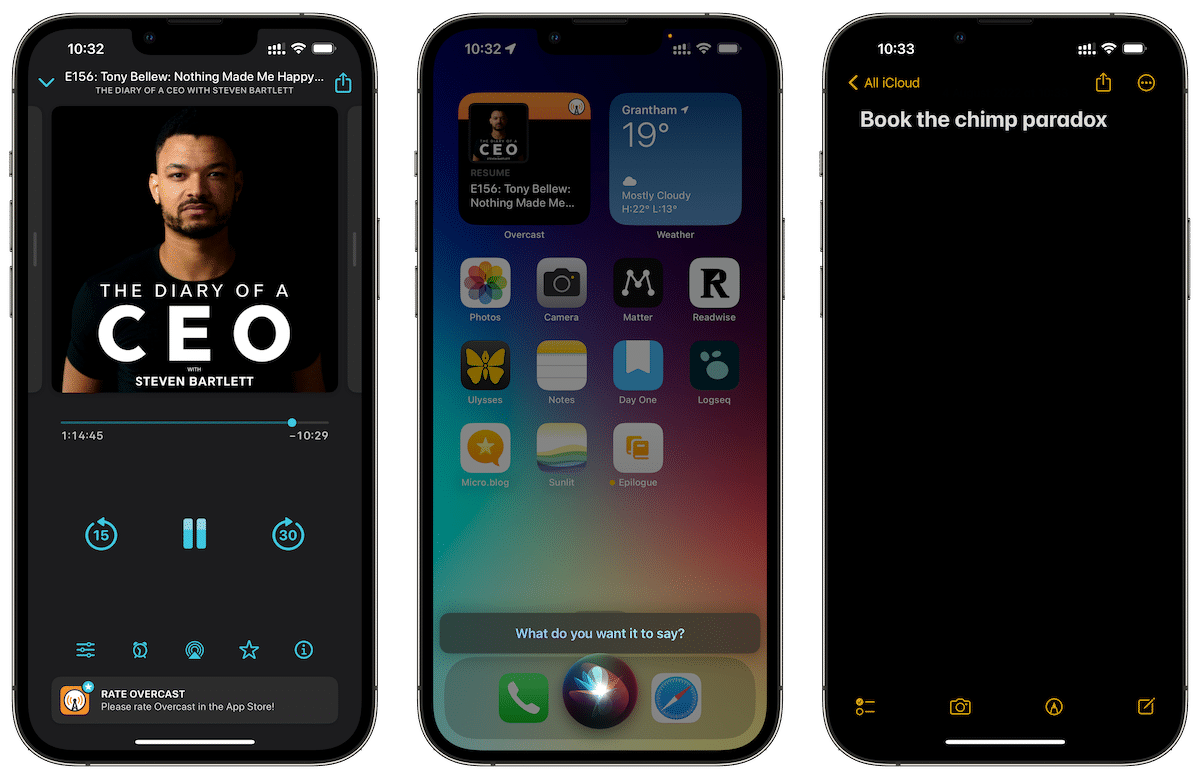
Of course, I could try to remember all of these notes, and some people claim that systems like these make our brains soft. However, I have been making robust notes for a little over 3 years on everything I do, work, family, entertainment and much more. This has made me able to retain more information, improve my productivity and enjoy more time switched off.
It goes without saying that quick notes on the go are only one part of note-taking. There are far more notes containing large pieces of information, meeting notes and important things I need to save, potentially indefinitely. What I have come to realise when speaking to others in similar situations is that much of theirs are done on paper, if at all.
There is a certain level of expectation when watching interesting videos, reading non-fiction books, or just attending a meeting that the information you receive will just stick in your brain. This might just be me, but what I found out fairly early on at University is that taking notes and reading them back later, at least a couple of times, helps me be able to refer to them later on.
This can be by mentally recalling them fully and being able to quote some information, or simply being able to recall “I’m sure I have a note on that somewhere”. A typical one of my longer notes is shown below. Whilst listening to another podcast with Dave Brailsford, he highlighted some information about his CORE method of mentorship. I was able to make a quick note using Siri and then when I had more time I looked into it deeper and made longer notes.
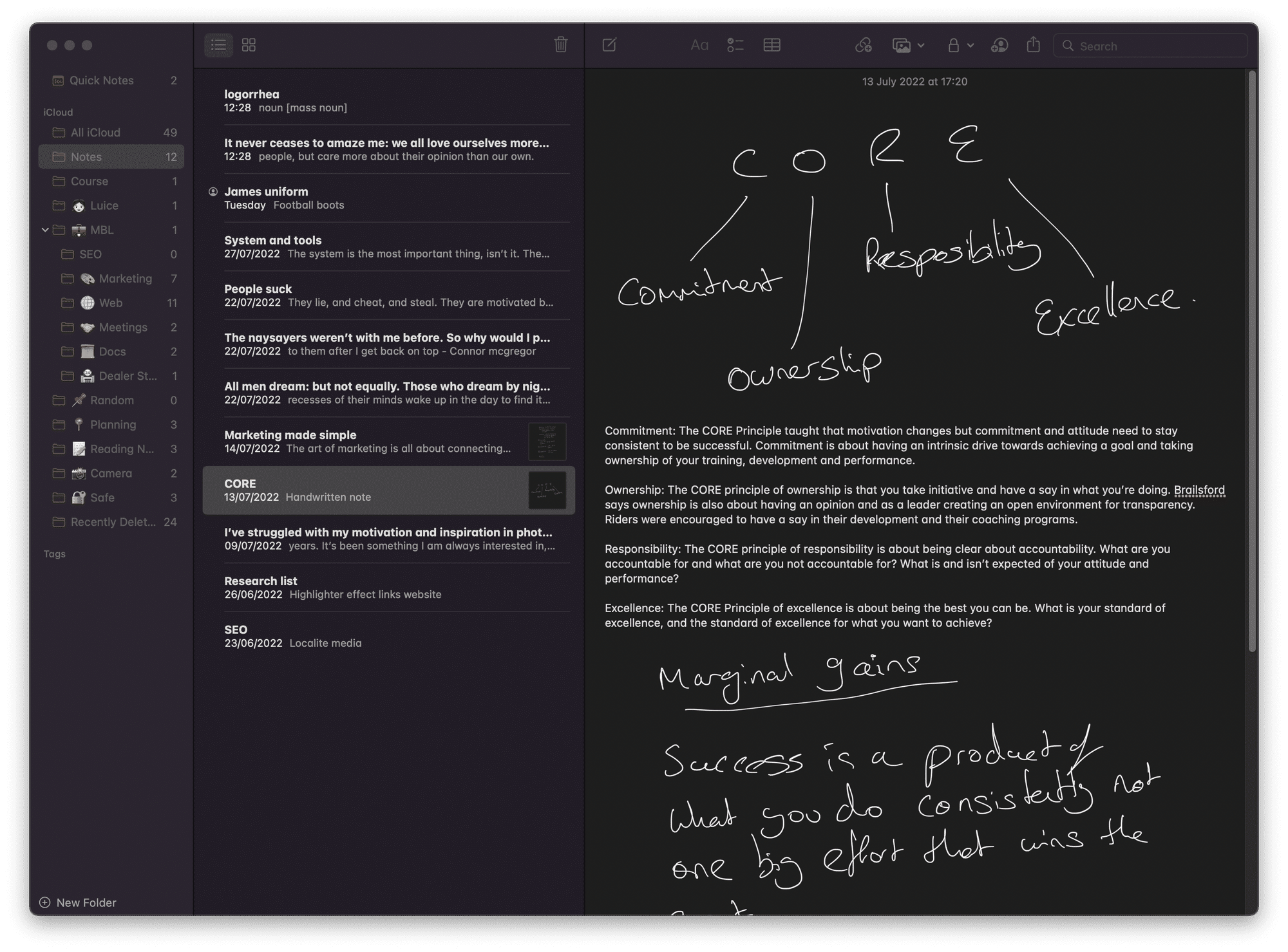
The ability of Apple Notes to seamlessly switch between voice, written text and even handwritten notes, as with my CORE note, is outstanding and something that very few other services do as well. I am not one for dragging in images or links, but Apple Notes does this with ease too.
What’s the point of a note if you can’t find it later on? The information in notes needs to be searchable and easy to navigate. I have not adopted any more of Tiago Forte method of note-taking with storage, but instead adopted for easy to understand folders. Some are projects I am working on, but most are just an area of my life.
I have to say that most notes go in the bin after a small action, or become much longer ones after researching topics. So long-term storage is only those that I really do need. I found some people online talking about almost a decade's worth of notes in Evernote, and I shudder to think of the mess, but the most important thing is being able to search and find what you are looking for.
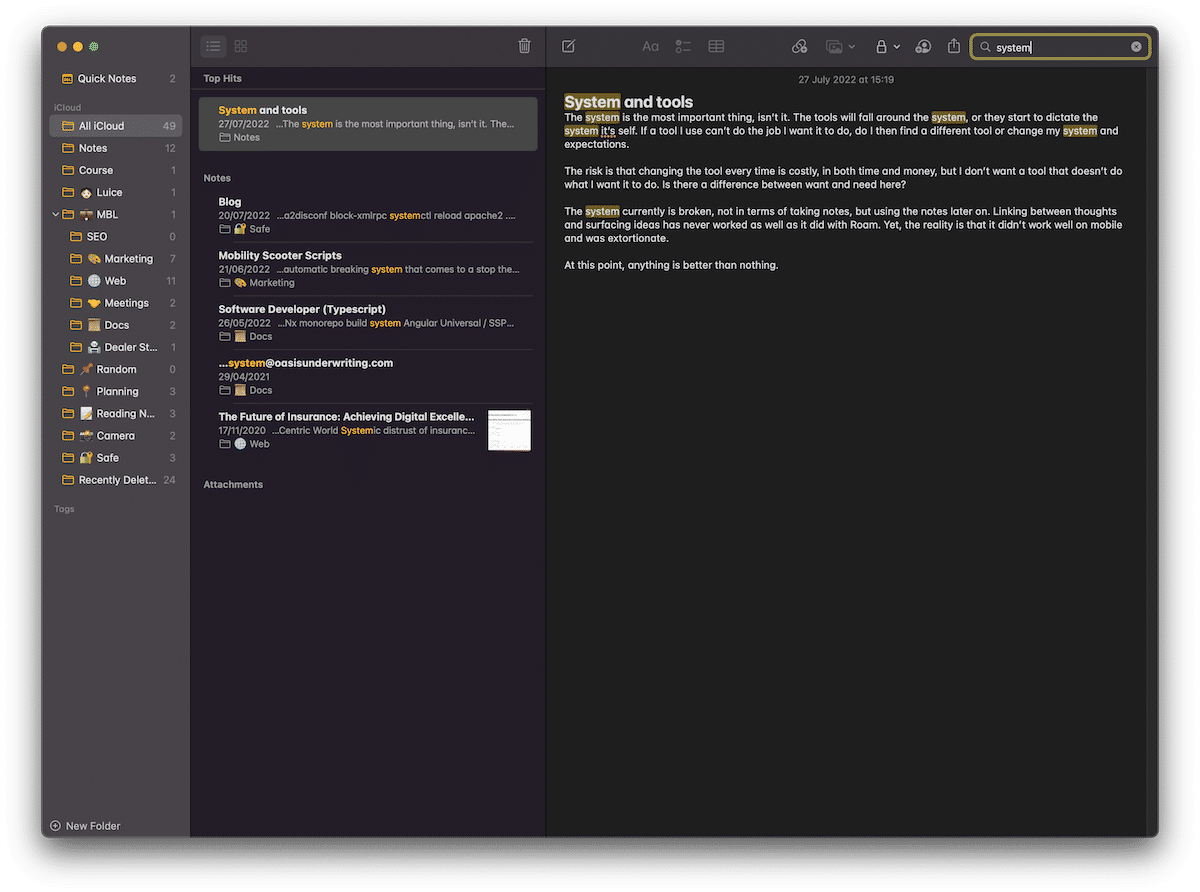
I could go deeper and use tags and a larger volume of folders; however, I have found there is much less metal stress of deciding where the notes go if there are fewer folders to choose from. Furthermore, I will only create a new folder if there is no suitable folder already.
Deciding what notes to keep is a hard choice, but with quick notes usually being actionable, it is important to me to be ruthless and only keep information for as long as it is useful. Apple Notes Search is on device, meaning that it is always fast and easy to find what I need. The powerful indexing also searched had written text with surprising accuracy, even with my terrible hand writing!
Having toyed with Readwise and all sorts of ways to import reading notes, that just never stick an inbuilt app just makes sense. Without doubt Apple Notes is the app I use the most. Now I have my system in place it is working even better for me and meaning I can write more posts and know where all my stuff is.
A simple idea, stollen from YouTuber Struthless to replace what is ultimately bad for me, with something that is better. He replaced Social media with ‘micro-journalling’ to improve his mental health and found some exceptional benefits, so for the last couple of days I have replaced my doom scrolling with writing.
To succeed, let's face it a task like this isn’t as easy as it seems, I needed to make some modifications to the way my phone works. I am not actively avoiding Social Media (AKA Quitting) I am just limiting it. So, I had to make sure I wouldn’t open up Twitter without realising it, and pack my home screen full of the types of apps I wanted to use instead.
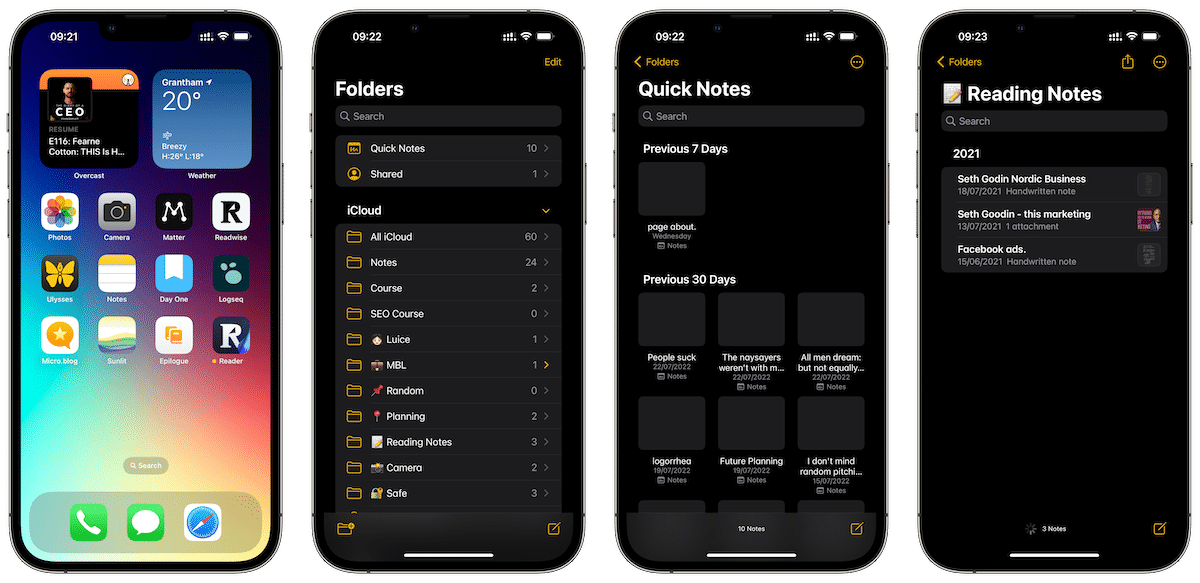
Reading and writing in all its forms went right on my home screen to make sure they are in my face as much as possible. I am trying to make as much use of Apple Notes as possible to capture anything and everything that comes to mind. Having already started to lean heavily on it as part of improving my overall systems, the quick note function coming to iPhone with iOS16 is a particular favourite new feature.
This didn’t work straight away, I had to delete all the social apps from my phone too, and also make sure I was signed out in Safari too. Now whenever I get the itch or find myself a bit bored instead of drifting away and scrolling social media, I write or read something instead. One often leads to the other and a few minutes down the line the feelings have, thankfully, gone.
There’s a habit of these types of posts to be preachy, but there is none of that here. This is simply what I am doing to better my day-to-day life. Again, this isn’t about avoiding social media, it is just me trying to be happier and at the same time write more – win-win.
I wrote a post a few days ago about not being able to switch off and be focused. Well, that was the intention, but it came across in different ways to different people. I got lots of feedback from it, ranging from useful tips and interesting conversations to the usual “here’s my unsolicited advice”—all of which I’m grateful for.
However, I do want to clarify, I do know how to focus and when I need to. The post was simply pointing out that we don’t all live in the luxury life where we can just turn everything off. If you work for yourself, there’s a tendency to forget, some of us (most of us) have an environment we need to be contactable in.
Unfortunately, countless businesses and management of those businesses expect things done certain ways and emails to be answered, etc. I am semi lucky that I don’t work for one of them, and I get plenty of time for deep work and creativity if I need it. Which, I doubt is the case for most people.
There’s a lot of research to suggest that the average time workers actually spend working in a day is a fraction of the period of time they are “at work”. Most experiencing 56 distractions a day, which is insane levels of outside noise to be expected to work in.
There is no luxury of turning off your email, or unplugging your phone in these places, and they are often starved of focused time to be able to do things properly. All the self-help books, dreaming of a world without email and productivity advice in the world won’t make a dent if the company culture doesn’t change.
Focused work is so important to each worker at all levels of employment. Yet, much like the weirdness we are seeing with working from home, there is a tendency to lean into “that’s just how we’ve always done it” and expect email to be answers straight away and phone calls to be taken. How many times have you sat in a meeting that should have been an email?
It seems like an age ago I wrote about loving Stadia. It has its issues, is always a few days away from being killed, but it brought me back into gaming because of the ease of access. I had my iPad, adopted my son's Playstation controller, and I was away. Sure, I always think about building a gaming PC, but I probably never will, so enter the Steam Deck – level 2 of casual gaming.
To understand where this fits in and why the Steam Deck has made a difference to my gaming and life, the context is important. Despite playing numerous games at a young age, I stopped for so many years that I forget how many. I felt as if playing games was a waste of time, and I didn’t have many spare hours to spend gaming anyway.
Since playing on Stadia, I purchased an Xbox One Series X and despite it being a great device, playing in-front of a TV doesn’t suit my life all the time. It scratched my itch, but I didn’t have the time between everything else I had to do, a handheld device I can pick up and put down would be a much better fit. Thankfully, Vale’s hard to get Steam Deck provided cutting-edge gaming on the go.
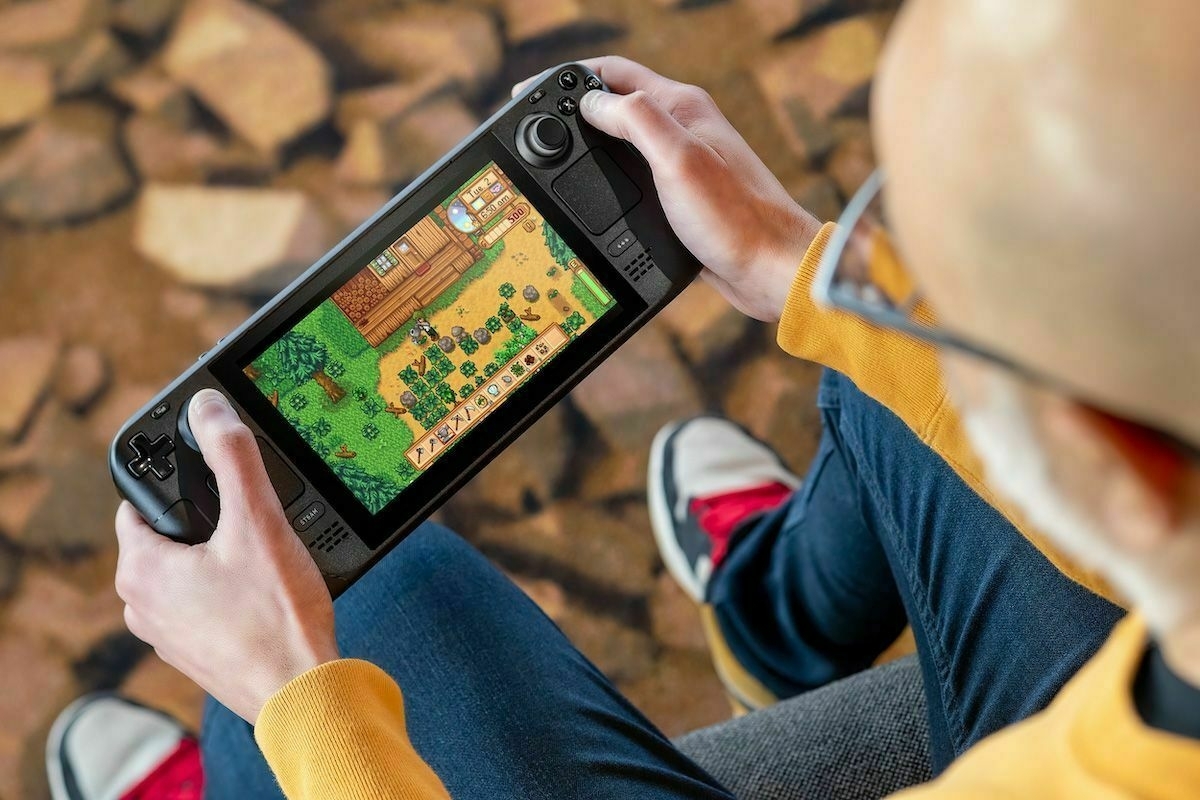
Don’t expect this to be some kind of review, more of an overview of how much I have fallen in love with this device. Since picking on up from a friend of a friend for a reasonable price, I’ve been able to play great PC games on the go, as well as install emulators for an all-around experience.
I don’t use my Steam Deck for even half of what it can do. I don’t hack it or tweak it or do anything that ‘real gamers’ might do. However, I do play it to death, so much so I am worried about the longevity of the battery as I have to charge it up so often. A point that is exaggerated by the fact the battery is not the best, about 2 hours of gaming is all it can handle whilst playing anything graphically intense.
It isn’t all good news. If you’re a casual gamer like me, knowing what to play is a pain. The Steam library seems to talk in some know of second language and recommend games that I have to google to find out what the gameplay is like. So, YouTube is my best friend for the games I do buy, which is far too many of them.
All these words are to say that the Steam Deck is a great device. Not the best gaming set up in the world, but just what a casual gamer needs to be able to play more and enjoy a woder selection of games.
I am starting to think my brain is fundamentally broken. I can’t sleep, can’t sit still, and literally can’t do anything online without scrolling through social media.
It happens when I am not paying attention, and then I suddenly realise that post I sat down to write isn’t getting finished off, not are those photos getting edited. Instead, I am down a rabbit whole of the worst things about humanity or finding out why someone is getting cancelled on Twitter today.
I don’t think this is an attention thing like I have suffered from before, more of an entertainment need. Perhaps now is the time to take a step back from the online world and write more. That seemed to work for Matt Birchler, and was a big reason I had a very productive end of last year.
It isn’t easy for me to quite social media because it’s pretty much where all of my social interaction comes from (sad I know), but I am going to try.
❌ Twitter ❌ Reddit ❌ Instagram ☑️ Writing ☑️ Reading ☑️ micro.blog
For reasons that I don’t really want to go into, I’ve had to resort to sleeping tablets. Nothing major, just herbal things to help me drop off and stay asleep. I’ve used them before, many years ago, and found they really help when I’m struggling to get enough shut-eye.
I popped the first one last night “30-60 minutes before bedtime” as instructed, but felt the effects in minutes. Except I couldn’t have. The tablet had barely reached my stomach, yet I felt tired purely because of placebo. My mind had already decided this tablet was going to make me sleepy, so exaggerated its effects.
It’s remarkable how much the placebo effect has on our lives. Every single human trial has to account for the fact your brain can fix things for you. Kind of makes me want to just take sugar pills instead and see if that puts me to sleep too.
Thankfully I went to sleep, and despite waking a couple of times went straight back to sleep and had a deep dream filled few hours for the first time in a long time.
Another walk around Rutland again today. Enjoying the boats and water sports




It doesn’t take more than a few minutes for the uncomfortable feeling to set in. Tiny little pin pricks that raise in intensity while I am still. Prodding me towards doing something, anything, just stop being still.
My attention hasn’t wandered. I am not bored, if anything I love being bored. Yet, my mind will not let me relax before it is reminding me to not waste my time and do something, anything.
Playing games, waste of time. You should be reading or working out, or writing, or doing something constructive. I have to make the most of the time I have, don’t I?
This is not a recent thing, either. It drives my wife up the wall because I am so restless. Stillness is the only indicator of when I am really ill.
For years, I have felt like I have to hack my life to constantly be better. I need to quit doing this, maximise that, do two things at once. My brain only has two states, and constant rages at me that whatever I am doing is either wrong or not done enough.
Even when I am still, I am thinking about what to do next.
Shawn Blanc has a cushty life being able to be indistractable until lunch.
Between 6am and noon is arguably my most precious / important / valuable time of the day for getting things done. That’s why I keep all of my devices in Do Not Disturb until noon. This way I am free from any and all notifications, pings, buzzes, until the morning is over and it’s time for a lunch break.
Oh to live in a world where I didn’t need to earn money between the hours of 9-12. To have a life where I could work when I want to and have no regard for people needing me.
The buzzes and dings that wouldn’t disturb my life. Leaving my kids to fend for themselves with any issues, no boss disturb my concentration, and nothing ever break that needs my attention.
That would be the life.
Over the last few weeks, I am having to spend more and more time in an office environment. There’s no rhyme or reason for it apart from the things I need to do need me to be there. I can slowly but surely feel my happy working from home routine being washed away.
I am dead sure there isn’t, but it feels like every little step is some kind of grand plan to remove ‘the new normal’ and return to the old way. Perhaps working as we always did is the way to do it, but all I know is that I am happier, healthier and more productive working in my own home.
Who knows what the future will bring, but the current requirements are playing on my mental health and productivity, and as a result my home life.
Where to actually start? Every so often we see the once great Instagram app slide into oblivion, barely clinging on to its importance to the users that have used it for more than a decade. Unfortunately, there isn’t a service that comes close to the reach that Instagram has, but hopefully that will change if they keep going the way they are.
The latest round of excuses making is not new information, but when a Kardashian chips in, companies tend to answer. With that said, this isn’t because of some altruistic intentions. The Kardashians make their living from social media, and clearly the effects of Meta changing the way the app works is affecting the bottom line.
Casey Newton summed this up expertly in an edition of his Platformer newsletter (paywall), an episode of The Vergecast and also a widely shared Twitter thread. He is dead right in conclusion — if you don’t like it, tough because Facebook has all the data, and it knows what it’s doing. Plus, it doesn’t care about you.
Adam Mosseri was fairly quick to come out and answer some feedback (again) following the Kardashian post. As if by magic, the same message is released, with intense stares into the camera and quick jump cuts between points. Because that’s how you do things to be down with the kids. It was long winded and clearly scripted but there are a couple of points to press on in this specific message.
So, where does this leave photos. As a photographer, I wholeheartedly believe that Meta does not give a damn about photos. It is a legacy which they would get rid of if they could. All the surrounding words were half-hearted and stale. Using words like “continuing to support photos” without actually showing any excitement or reassurances to those that are left out.
With this shift to mobile first video, they are also forcing photographers to either use a terrible 16:9 vertical crop that is even worse than the 4:5 one that went before it. The alternative is having your photo fade out at the bottom and look terrible. None of this was pointed out in the video, however, because Adam is loves photos after all.
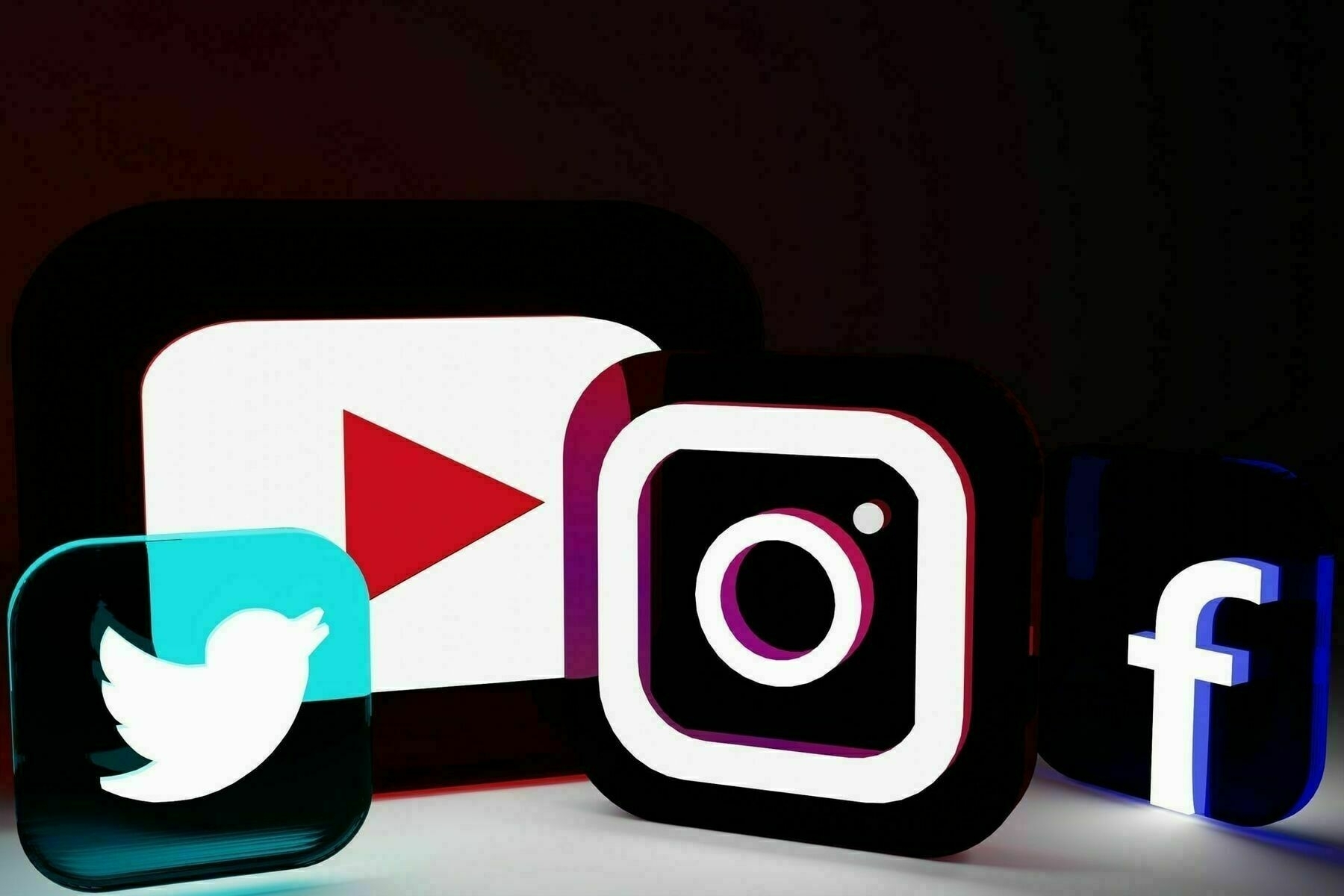
The shift to videos was doubled down on. In no uncertain terms, this is the way Instagram is going, and its users are simply going to have to get used to it. In his words, “I do believe that more and more of Instagram is going to become video”.
The powers at Instagram see video as the future because they simply do not want you using another app, and TikTok is the single biggest threat that Meta (and others) have ever faced. As such, they will shove videos down users throats, so they realise that Instagram does video, and isn’t just a place to cross post them.
Adam pointed out that even if they don't change anything else, more and more videos are being shared and that’s what the users like. This may be the case, but you only have to look at the volume of users that have to post videos to get the engagement they used to. My evidence is of course anecdotal, but I have not met a simple photographer that posts a Reel apart from that they have to, or they lose work.
Not all video growth on Instagram is down to this, but a large percentage of people sharing videos are those that make money on social media and as such have no choice but to join in with Reels posting. Add into this the users who are now cross posting their TikTok videos to Instagram because why not, and you surely have a gigantic boost in video sharing with only a small algorithm change from Meta.
“If you look at what people like and consume on Instagram, that’s also shifting increasingly towards video”. These words stuck out to me the most, what Adam left out was the last part of the sentence, which should have been “because they have no choice”. Mine, as with many peoples, relationship with Instagram is tenuous at the best of times. I really hate it, but I have to post if I want more people to see my stuff. So, as I said before, I’ll just carry on until it’s gone.
It was a bit blustery and choppy out on the water, but an enjoyable hour walk with the pooch. Headed to the south shore and went a bit further south on the path until we got to the boat harbour.
I wish I had taken a longer lens and managed to get a better shot of the boats, but this way is well worth another visit in the near future. Also a bit easer to shoot with it not being so sunny and reflecting off the water.
All shot on x100v.




Gruber doing his usual thing
“Apple silicon is a profoundly inconvenient truth for many computer enthusiasts who do not like Macs, so they’ve gone into denial,”
Or. Bear with me.
Windows publications like Windows machines and have realised their readers are not going to switch 😱
The well shared Om post from a few weeks ago:
““While Instagram initially fueled my passion for photography; rather than being inspired through the art of photography itself, too often I find myself chasing numbers of followers and likes. I realized that all this time I wanted to share my work to get a ‘pat on the back,’ rather than to inspire,” photographer Nicole Malina told PetaPixel.”
Same same. But what is the solution for me to see all the photographers I enjoy following? Check up on all of their portfolios every so often? Use a different service with a fraction of the users?
Neither of these are tenable. Instead I’ll keep using it and hating it
Turns out TikTok is basically spyware.
“TikTok is said to collect “everything”, from search and browsing histories; keystroke patterns; biometric identifiers—including faceprints, something that might be used in “unrelated facial recognition technology”, and voiceprints—location data; draft messages; metadata; and data stored on the clipboard, including text, images, and videos.”
There was a weird sense of misplaced attention when Trump tried to ban TikTok during his tenure. Perhaps it was just hyperbole at the time but as pointed out above the Chinese based company gathers ridiculously large amounts of data on users.
Including information on your clipboard, which could be passwords and other sensitive information.
Of course no uses will actually care because they get to watch silly videos and meme dances….
Mike Elgin on the hopeful demise of open plan offices:
The open-plan office obsession, which probably peaked around ten years ago, was based on what I’ve called “collaboration bias” — the under-examined assumption that ad-hoc social encounters are more valuable for business, creativity, and productivity than un-interrupted “deep work.”
The amount of time wasted in stupid takes should be enough for companies to realise. Yet the insistence of all being together and maximising collaboration is based on lack of trust.
No one trusts their staff and fail to understand the true importance of deep work.
We went to a Ninja Warrior experience park yesterday in Sheffield. It’s safe to say the kids were absolutely knackered at the end but we had loads of fun.
It’s for bigger children to be honest otherwise it’s like any other inflatable park. However James managed to do loads of the course trials.
Didn’t quite make it up the wall though ☹️
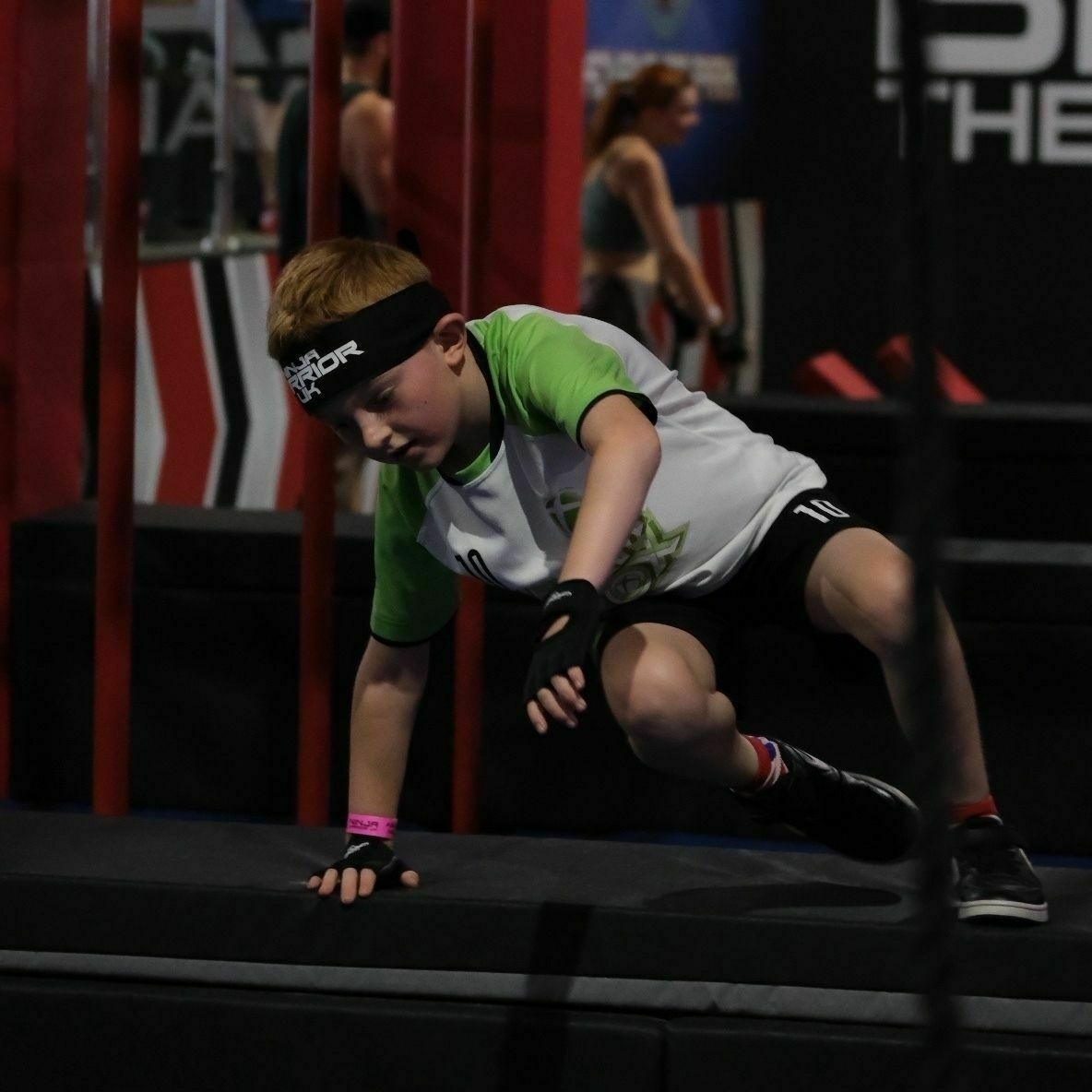

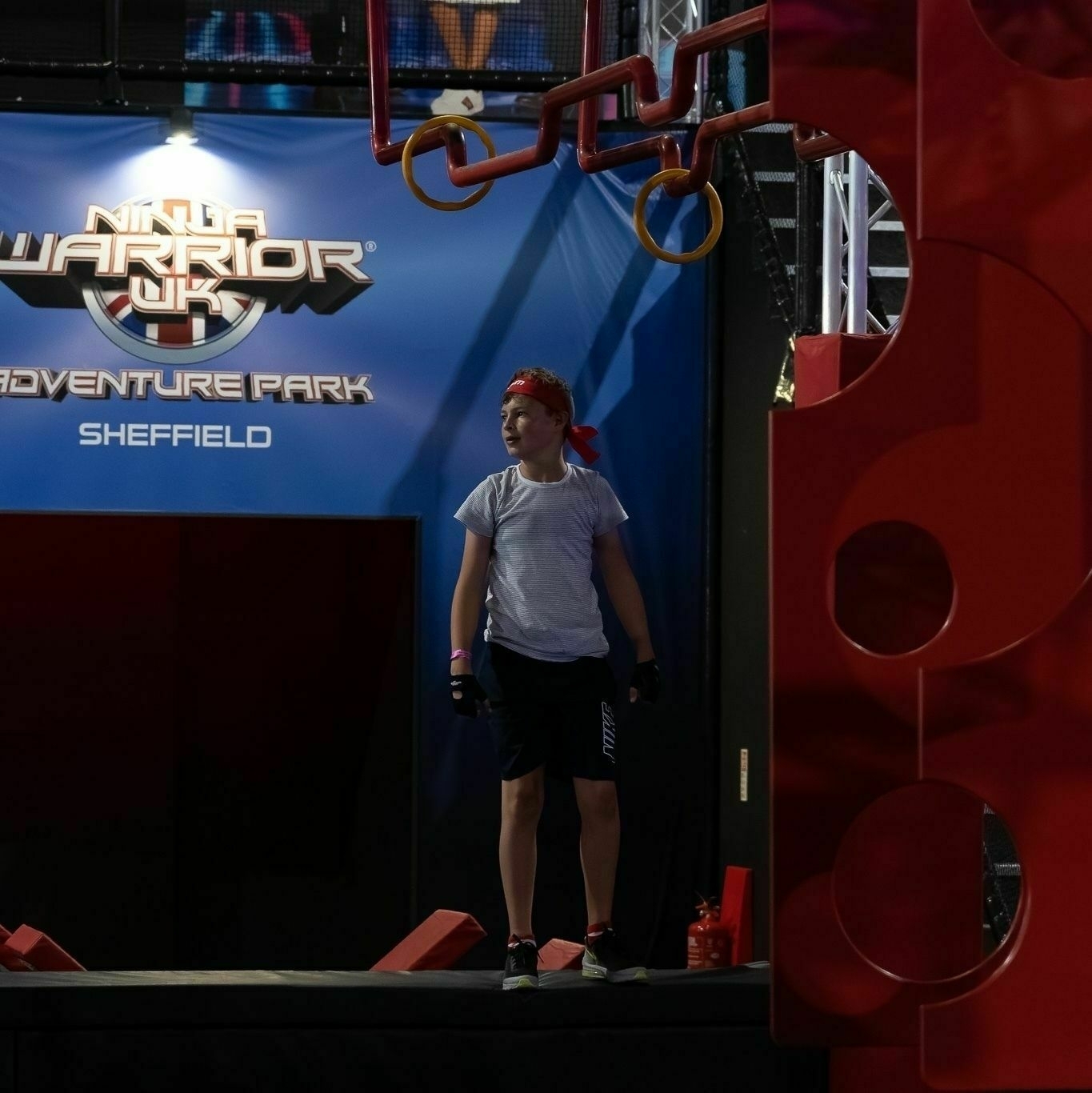

I guess this is why the x100v always comes in handy, because if you just fancy shooting or something catches your eye you're ready to go. Here are a few shots I caught in my local town whilst doing other things.


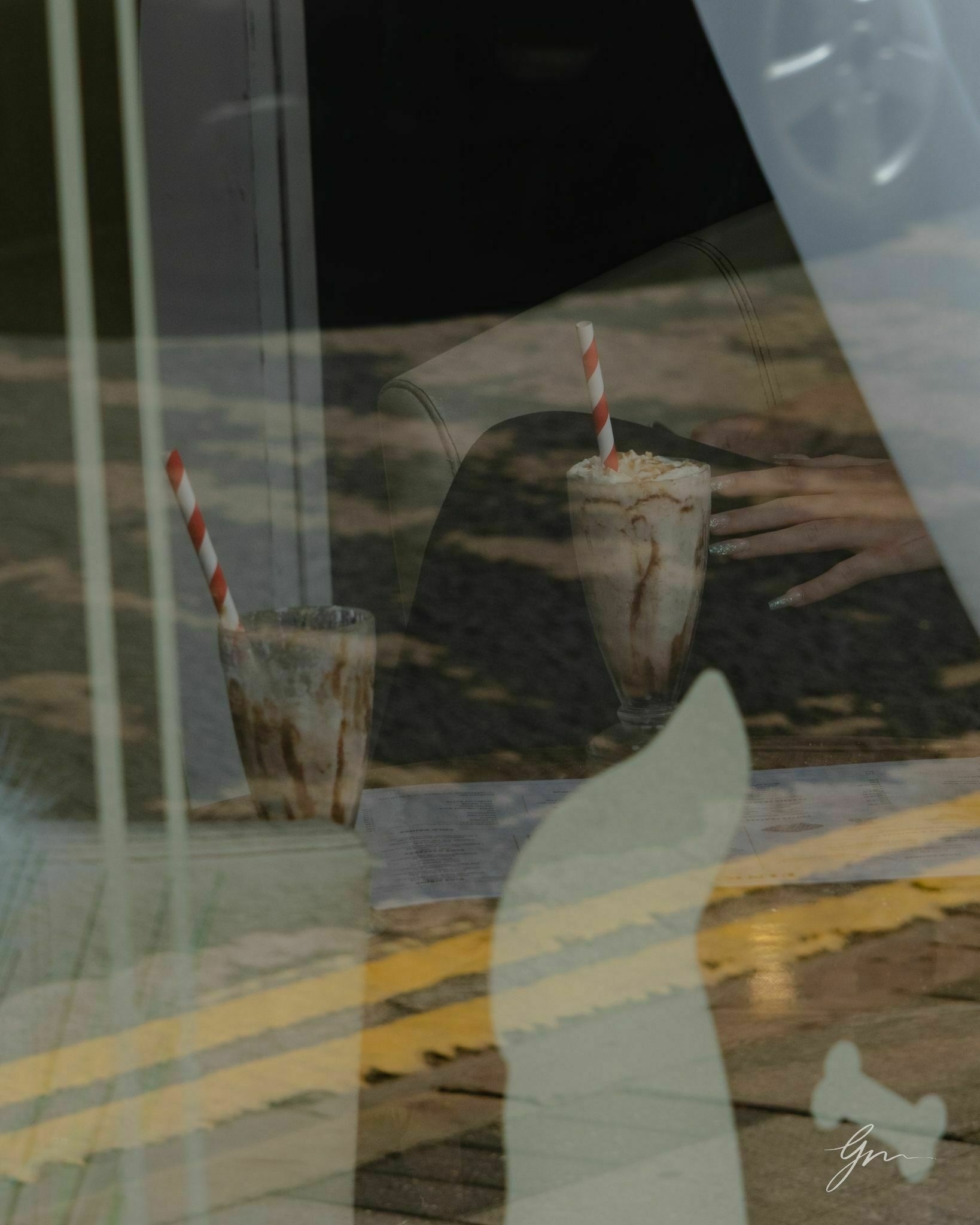


Some of the Commonwealth joined us today to celebrate the Commonwealth touch being carried through our town. Great to see so many people lined up to see it travel around on its way to Birmingham.
It’s already traveled more than 2,500 miles through 180 countries. The games begin in a little over two weeks time.





I’ve struggled with my motivation and inspiration in photography for years. It’s been something I am always interested in, yet limited by the time and attention I can give it. I felt as if living in a sleepy (boring) town was difficult to take the pictures I wanted to take.
These feelings are ultimately driven by external forces. Looking at others that take amazing photos and live in cool places. It was easy to blame other things instead of improve my abilities.
So I decided to challenge myself to look at things differently. Pick somewhere and take different photos of it and look for things no one else had taken. My first stop was a local sculpture that I had taken one of my favourite shots of all time at. I aimed for 10 and got quite a few different images that I am happy with





I always struggle to start writing a blog post, so I will just get right to it. There’s no more podcasts coming. I have taken it as far as I can with the time and energy I have available I’m afraid. So with a heavy heart it’s time to say good bye.
That’s not to say I haven’t enjoyed doing it, and this time around the guests have been fantastic and the conversations even better. The fact is I would just rather be doing other things with my time, and when things feel like a drag it's time for them to go.
The roughly one hour show I release every other week, takes around 2 hours to record. A further 3-4 to edit and then with time and evergy needed to book guests and do everything else, the time has come to sunset And You Are.
My main passion presently is photography, and I am enjoying developing my skills and spending time with my camera in my hand. Combine this with my work and family life, as well as other things I enjoy doing, there just isn’t space in my life to continue.
I hope you have enjoyed the sporadic seasons as much as I have, and have been introduced to some new people to follow. I will be releasing a few episodes from the archive over the next few weeks, so they are all available, and then I will need to figure out a way to host them permanently without costing me a fortune.
As much as I am sad to see things end, this feels like the right thing to do at the moment. Well, you never know what the future holds I guess, but for now, this is the end of the road.
See Ya.





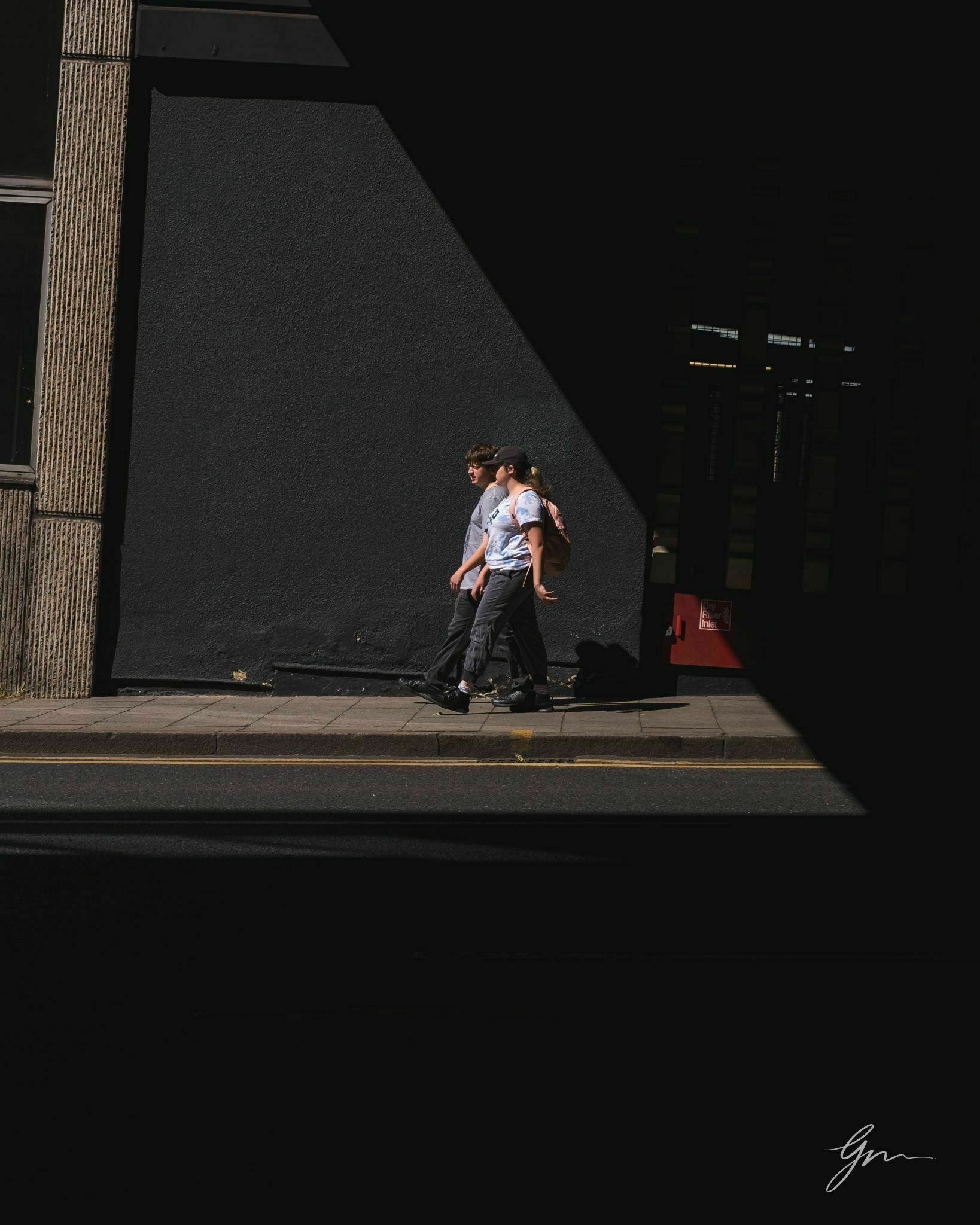







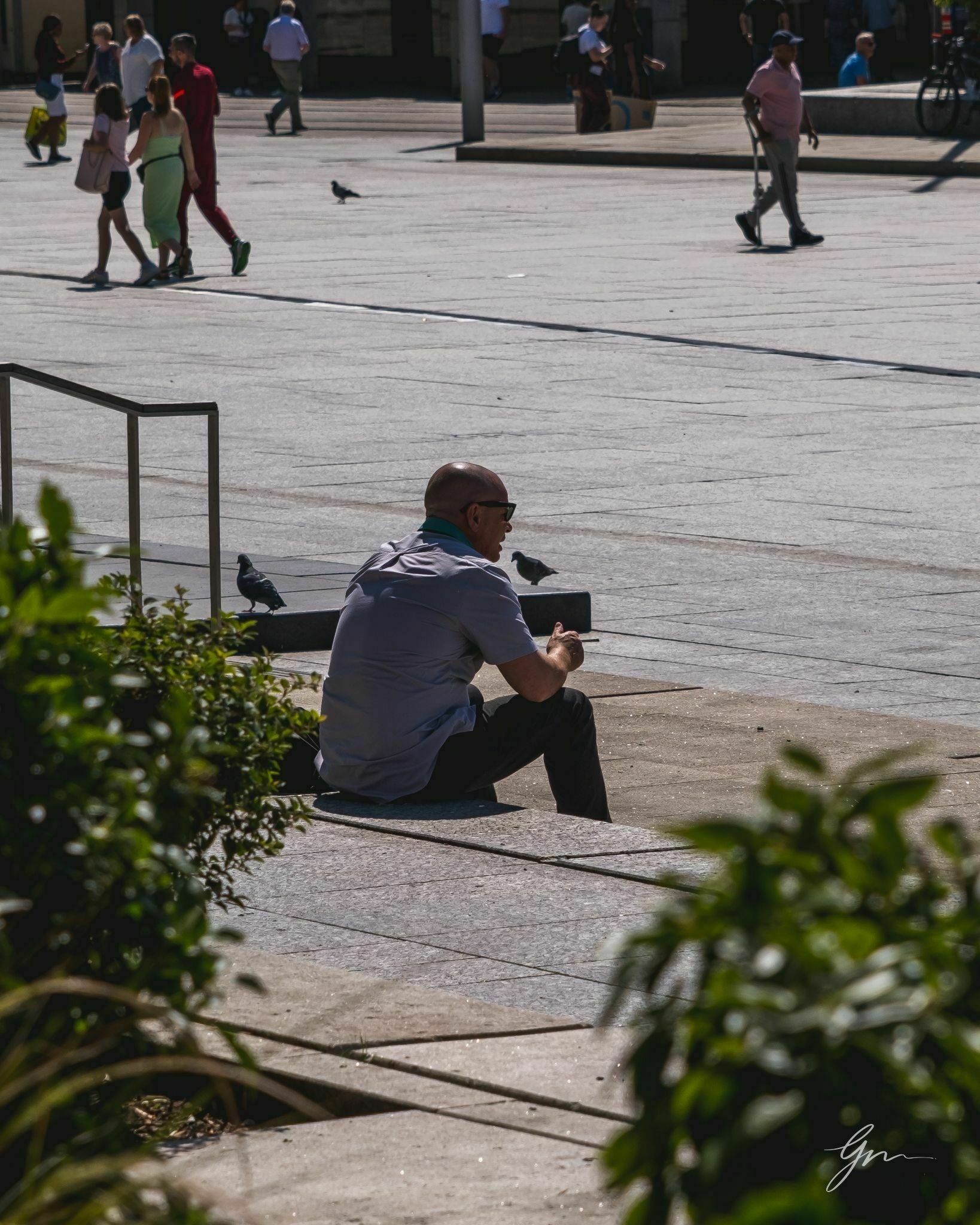


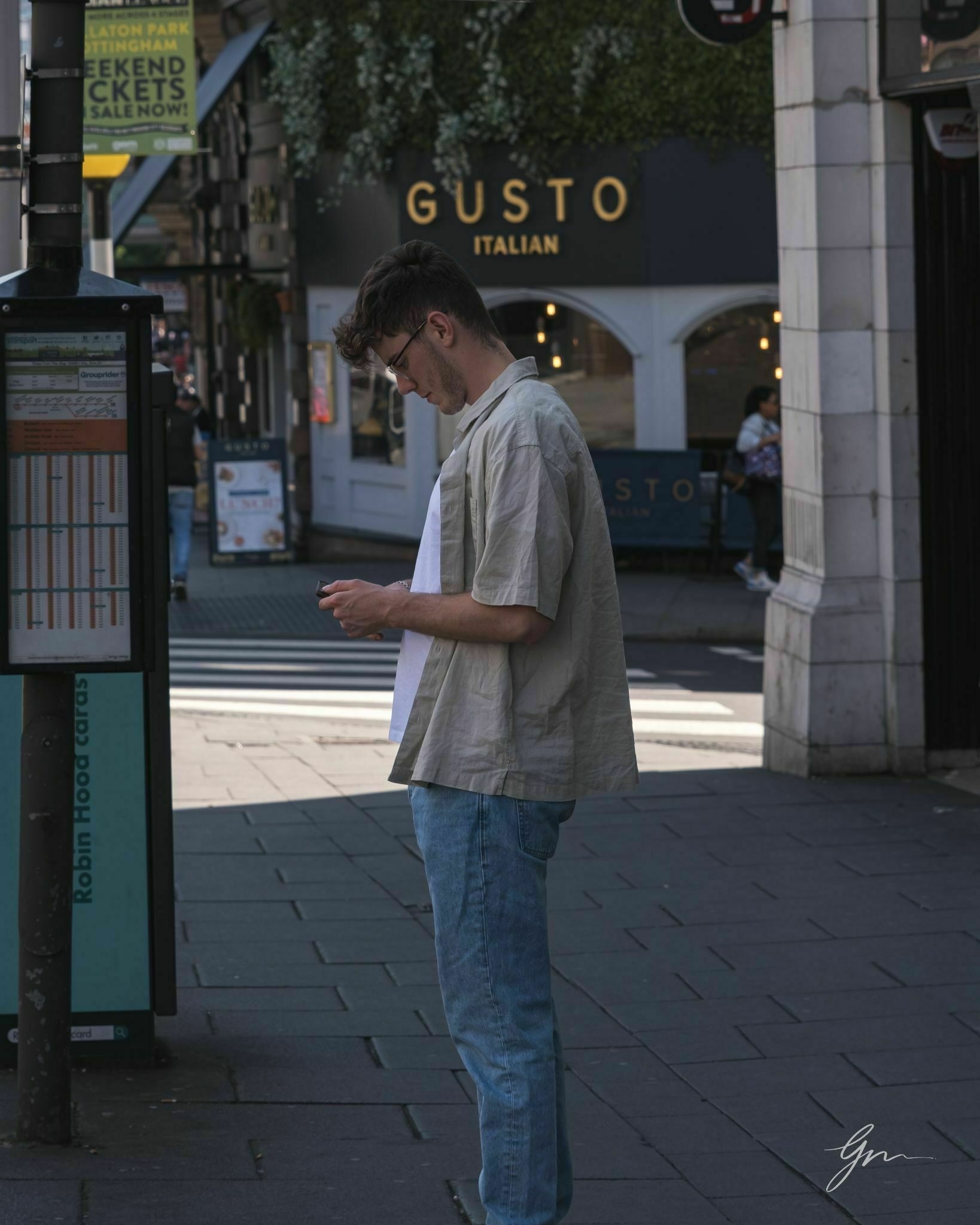



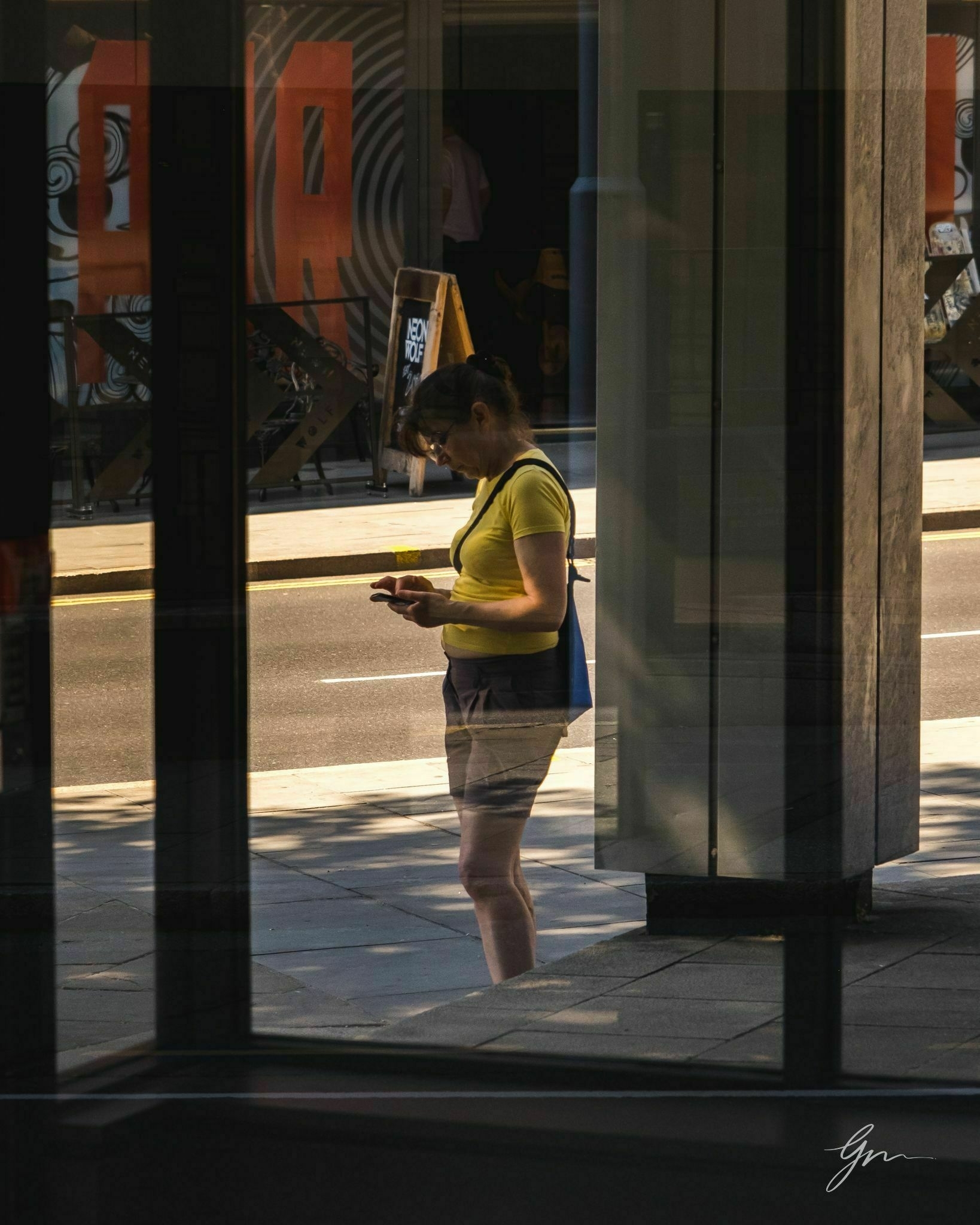

Lee Peterson via Jeff Perry:
.. my blogging has almost completely stopped, it’s reinforcing that 80% of what I do here is done from my phone. As I adjust to using the iPhone Mini I’ll blog more I think, I just didn’t realise how much I did actually do from my mobile.
I’m not one for reading something and writing a post straight off the bat, but this one did speak to me quite a bit. I too, struggle with consistency. My blogging comes in peaks and troughs. I used to beat myself up about this, but the reality is, it really doesn’t matter.
Blogging doesn’t need to be done a certain way, or at a certain rate, unless there is some outside stress that you need to consider. Unless you live from the page views, or get paid for the posts themselves, it doesn’t matter. Publish once a day/week/month/year it doesn’t matter, because you did it when you wanted to do it.
This is nothing against Lee, nor Jeff, they both write excellent things, and you should check them both out, but it's more to say that pushing isn’t always the way. If you’re doing something for the love of it, then make sure that love is always at the heart of it.
I’ve fallen down this trap before, and as great as publishing every day is, it’s a strain for no benefit. The same can be said for my photography on Instagram, when I started out, I felt like I had to post every day and grind out posts to get the followers. This just means I fall out of love with things.
It is interesting to think about the rate that things can change when circumstances do. I write mostly from my Mac, and have never really got in to it from my phone, but it is great to see that such excellent things can be done from their phone. I love my blog, and I could never not publish to it, but I will do it when I want to because I love it so much I never want to forget that love.
My life is busy. Between work things, hospital appointments for my daughter and all the other things that life brings, myself and my family live out of our shared calendar. Don’t get me wrong, I get a lot of stuff done, yet I’ve never really nailed down a process that ensures I stay productive — well now is the time.
Inspiration for this kick in the ass comes from Matt D’Avella and his fascinating video on Bullet Journaling. Instead of preaching the benefits of it and showing off the ridiculous artwork in his, like every other video on YouTuber, he actually did the practice and talked about the issues and covered the improvements it could make. So of course, me Googling bullet journals starts at least halfway through the video until I realise that’s just not going to work.
The reality is I have tried this before and although it starts well, and I spend a lot of time and money setting it up, the act of writing things down and remembering to check them doesn’t fit for me. That’s not to say it wouldn’t for everyone. Clearly there is a following out there, just take a look at the hundreds of videos made on the subject and the number of places that will sell you accessories to go with it. Manually doing something relies on me having a notebook with me all the time, and that’s never going to happen.
Unfortunately, I do carry around my phone with me near constantly, or at least have my watch on my wrist, so I need to lean on the tools I have. Digital means to get things done are everywhere, and it's important to not get distracted by shiny new things and spend more time setting things up then getting things done. Taking inspiration from Kia, I have made an internal agreement to only use apps I have already, particularly stock ones, or services that I already rely on and will not increase my expenditure.
This might take some time.
The cursor blinks at me in a, what I interpret as, passive-aggressive way. Its yellow line set starkly against the black screen. Gently appearing and reappearing in the same place as if to utter to me that it hasn’t moved. I still haven’t typed anything, instead sat staring at my tormentor. Sitting in the chair, but still unable to conjure up anything to fill this space.
Sounds easy when you say it out loud. Writing things, blog posts or instruction manuals or web copy. It’s the doing it that’s the hard bit. When you have a vocabulary as small as mine, you’ve perhaps typed out every word you know hundreds of times and now is the point where you wonder what is.
This might as well be dark magic I’m trying to use. I am trying to make something from nothing, but this is a blog post and not a demon to engulf the world. It shouldn’t be this hard.
Every skill is, though. You have to work at the things you want to do. Especially when you’re as poor at it as I, yet still kind of want to be a writer. Even more so than a fighter pilot I really wanted to be in year 5. Turns out my eyesight is about as good as my grammar, so I am screwed in both counts, but I digress.
Fuck you line. I’m going to type something now and prove you wrong. Opening up my writing app does work, and I can publish something. The words can be decided upon and put in some semblance of order. I can do this, it just takes time and effort to put the wheels in motion.
If I’m honest, writing would be a bit boring if it was easy. Yet, anyone can do it with a bit of effort and a mind that wonders. Even me.
A few random shots mainly from walking the dog















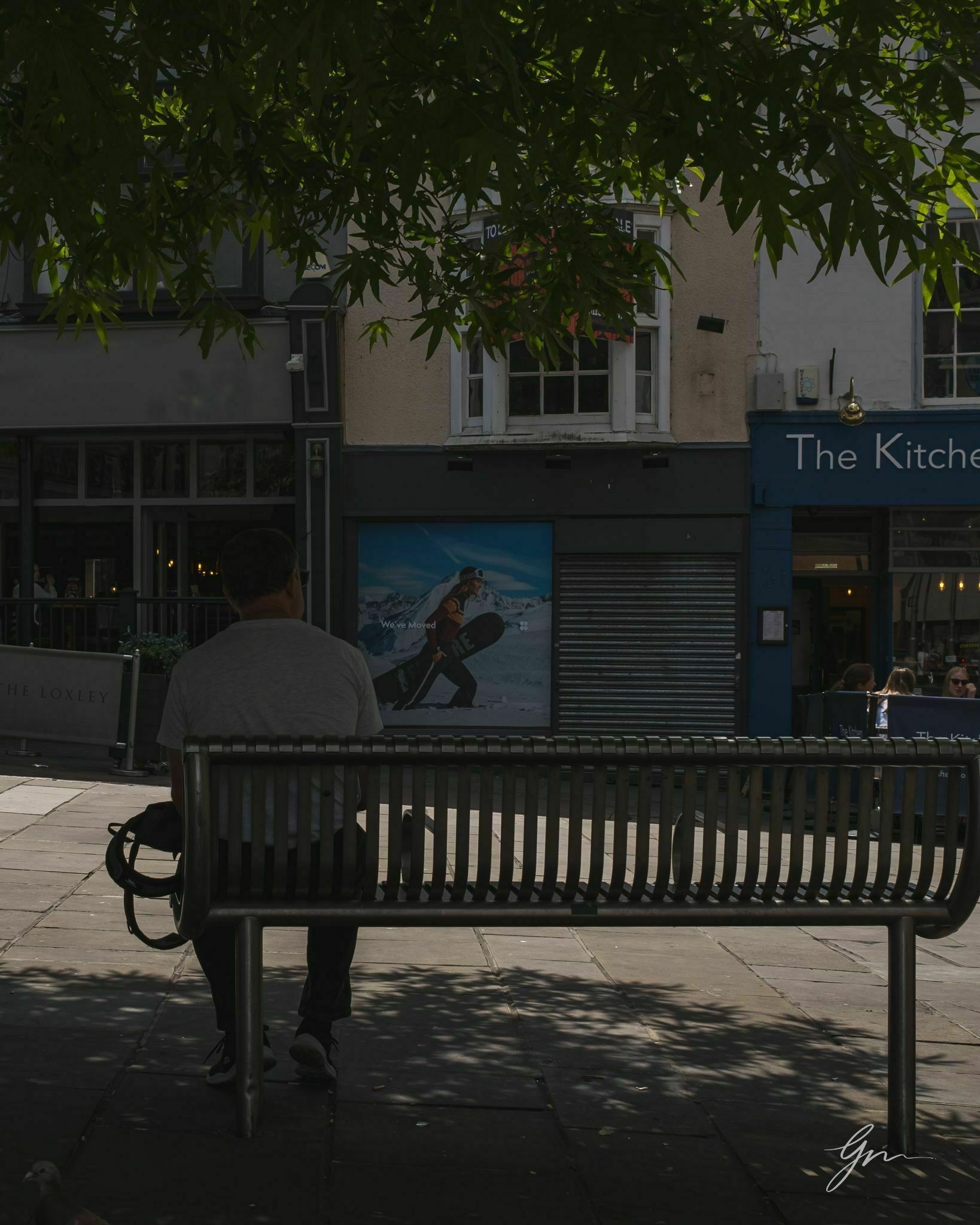


On my few days unplugging, I noticed something strange happening. The sun was shining, the atmosphere was upbeat due to most of us having 4 days off work, yet as I looked around the campsite it was filled with people sat feet apart but looking glumly into their phone screen.
There was social interaction going on, but much of it was circling the phone screen. Sharing funny things they have found, or talking about doing a particular thing they had seen online. The internet is the social hub that controls almost all the interaction here.
Each person was more than able to gain the feedback and entertainment they needed, in person. Yet almost all appeared focused elsewhere entirely. As Richard Seymour outlined in the Twittering machine perfectly, all the of the people around me were using their smartphone to take them away without leaving. “It is as though we are both lonely and threatened by intimacy”.
Indeed, this book – with all its nihilistic approach to social media – outlines a lot of what I observed, but did not make this site less of an eye-opener. “The Twittering Machine promises to give us access to everything, limitlessly, allowing us to transcend the limitations of mere flesh”. Of course, this behaviour is defended by those that have swallowed the marketing.
The truth is, we have been sold this idea that by being always connected and entertained, we are being more social. Facebook promises to “bring people closer together” yet our society couldn’t be more apart than any time in human history. The tale that social media connects us together is a lie, and instead we are left with people that value connectivity over the internet more than with the people around them.
Scoring internet points and sharing memes is not social. Talking, interacting and engaging is. These things can happen over the internet, I have some great group chats and social media interactions that provide this, but none of this is facilitated by the companies. What they really want is for users to feed it so full of data that it can sell you things. Becoming so big that people feel at a detriment for not being part of the fake conversation.
Those that do not want to adopt these modern tropes feel obliged to explain themselves to others. Feeling judged and looked down on because they do not conform. Made a social outcast by the very people they are trying to interact with on a personal level. It seems apt that many conspiracy theorists refer to those that believe the prevailing narrative as sheep, when the reverse is true to those that will not swallow the social media lie.
There is no social in social media if it takes us away from the world around us. If we sit in huddles with others and stare at our phones, in any of this.
For the last few months, I have been trying to work out why I can’t be bothered with tech any more. I have felt these feeling before, but always come around again when something happens, or I just come out of the rut. Don’t get me wrong. I have long given up writing about it in any great details, I leave that to people better at it than I, but this time is different – I just can’t be bothered with it at all.
Don’t get me wrong, I still read about it and keep slightly up to date with news, but most of it is just met with a shrug. Thankfully, I worked out my feelings while reading Platformer this morning, and I think it’s because the wonderment has gone.
What makes these moments stand out, I think, is the sense that some unpredictable set of new possibilities had been unlocked. — Casey Newton
There are a few things in my life I still look back on that created these feelings of amazement. The “oh shit” moments that technology improvement split my life into a before and after section. The first time I logged into Yahoo chat and the person I spoke to was from the USA, the first time I downloaded a song from the internet instead of needing a tape. Google Assistant speaking the answer to a question straight back to me, or filling my room with sound from one Sonos speaker.
The list could go on and on, but all of these things seem very far behind me. Where have my “Oh shit” moments gone, and what could create them going forward? In the post above, Casey talks about AI providing the next line in the sand that we will all remember. The moment where the world changed forever, and you look back on to remember where you were when it all changed.
Perhaps Casey’s right, it could be a long way off, but Ai advancements will provide a real change to the way the world works. What won't provide it is Apple putting widgets on my lock screen, or being able to shoot a photo at 3x instead of 2x. My world of tech has slowed, and it is perhaps no longer about world-changing moments and instead slow progress forward which can mostly be ignored.
One of the massive advantage of having a Fujifilm x100v is being able to take it anywhere in my pocket. Well today was one of those days! I knew my wife would spend ages in Primark so I wandered around for 45mins or so.
I need to go back to Nottingham with nice light for a full day as there is loads to shoot and the people are awesome.

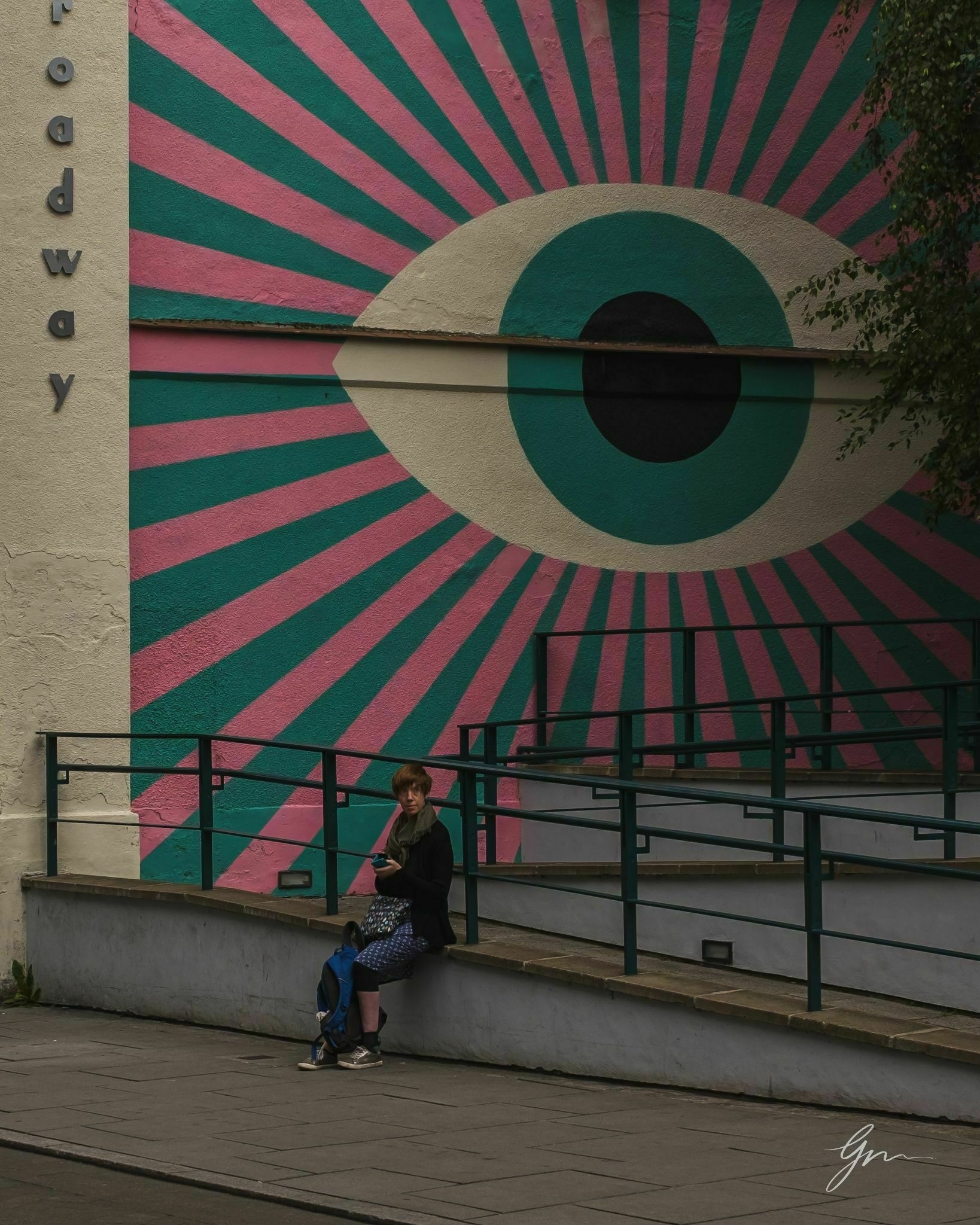
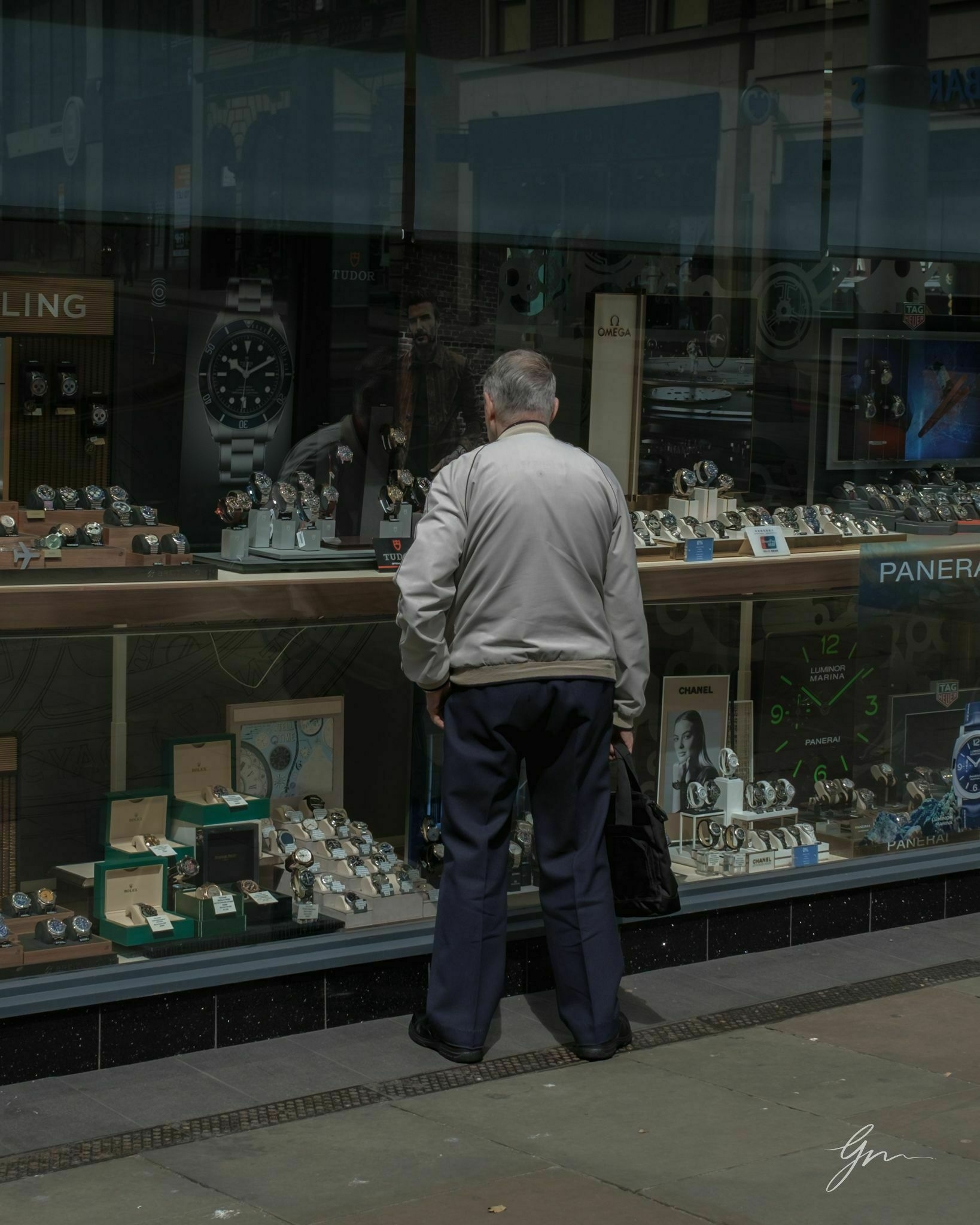
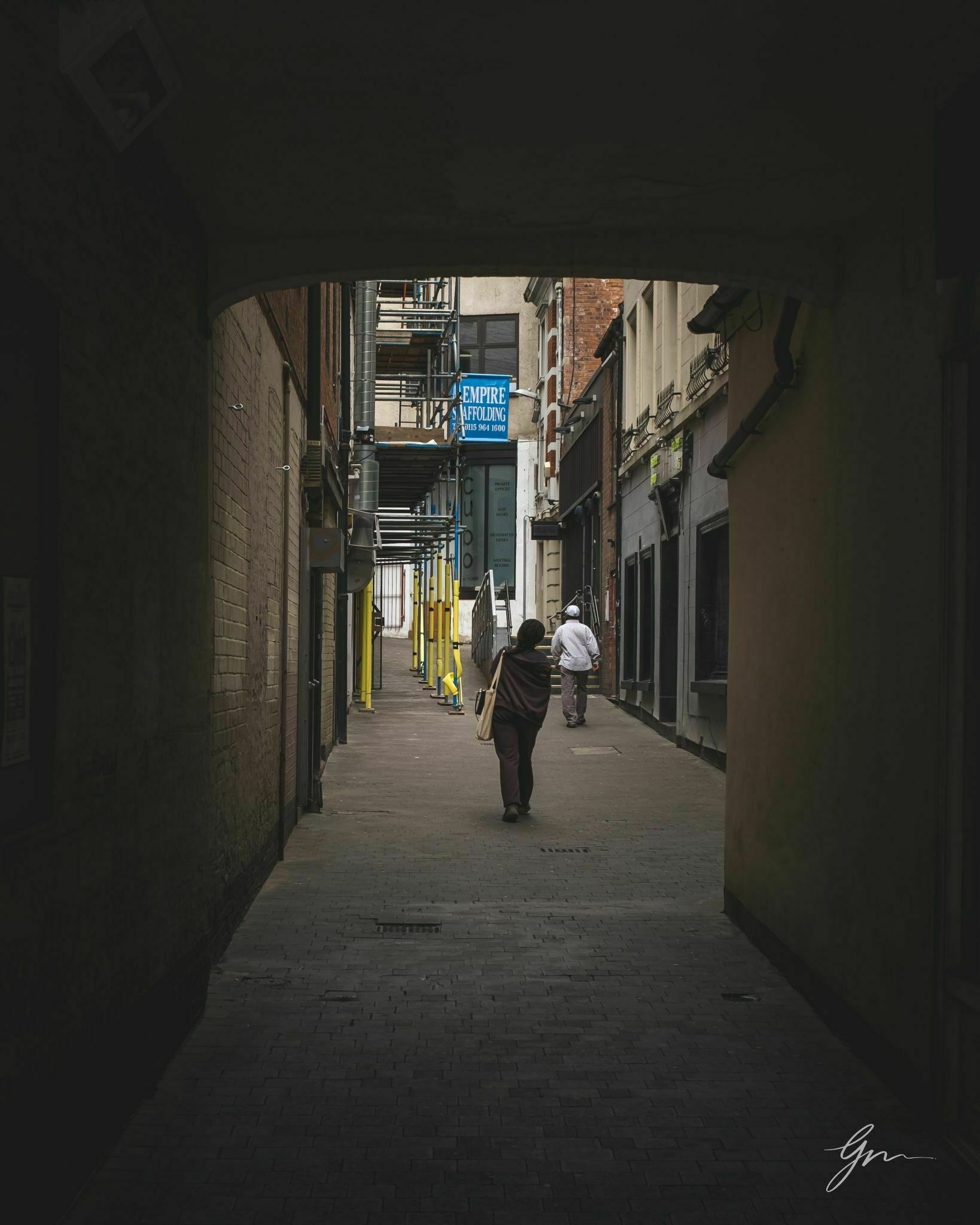


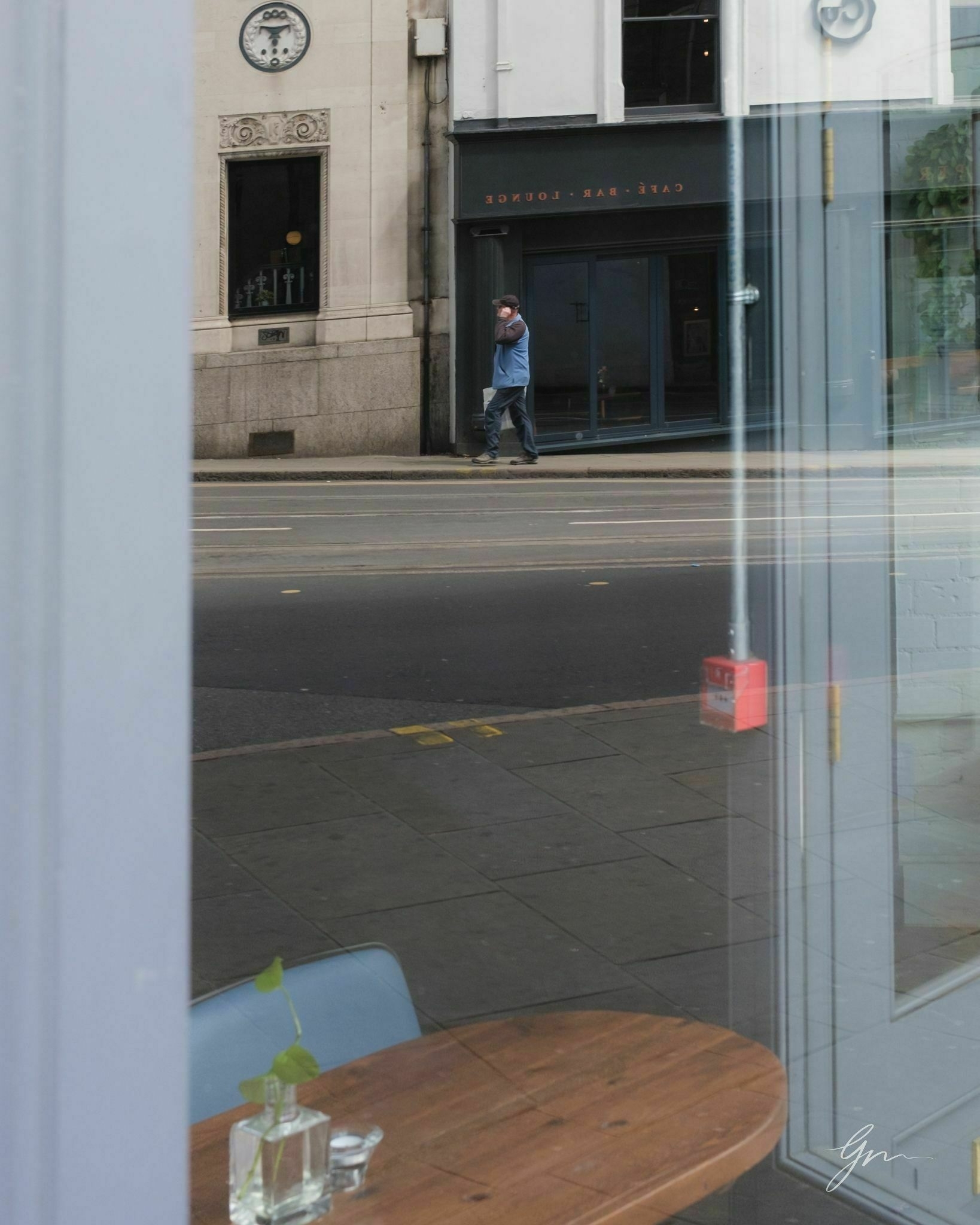
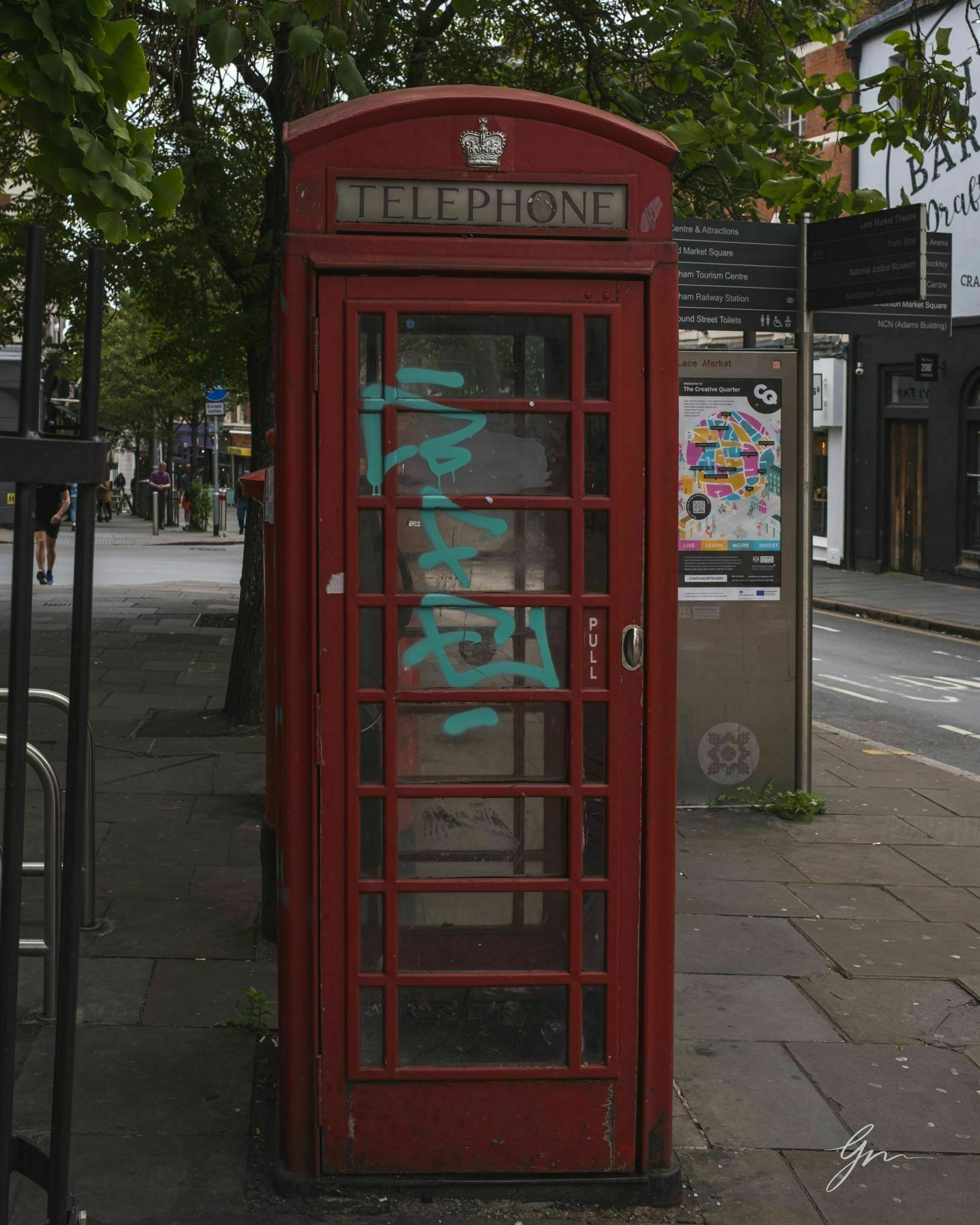
At the end of last week, I went off the grid. We packed our car full of camping equipment, turned all the gadgets off , placed them in a draw, and went into the wilderness. Well, that’s not quite true, we were nowhere near wilderness on a camping site with showers and entertainment – however we were as far as we can realistically go with Lucie’s disability.
Four days, spent doing nothing but walking, talking and enjoying each other's company. There might have been a bit of drinking and eating going on too, but it was a wonderful experience to just unplug and get away from everything. I did take my camera with me, but it was the only electronic thing we had with us. No phones, no watches, and nothing to take your attention away from the present time.
I would like to say it was a glorious experience. Indeed, it was a very enjoyable one, and we had lots of fun and learnt lots about each other and ourselves. However, in times like this, you realise just what a difference tech makes to your life and you as a person. I have written several times about my realisation that to truly live in a modern world, you can’t be completely disconnected. The world always needs an online application here, and an app for banking there – but there is nothing like just pulling the plug for a bit.
I observed numerous behaviours in myself that are totally technology-based. I found myself trying to check my email on my watch, despite not having one on. Not only that, but I tried to claim my Costa points despite having no phone, and I lost count of the number of times I swear I could feel my phone vibrating. Despite all this weirdness, it was fantastic, and I will do it again more often.
I am already in a habit of leaving my phone at home and relying on my favourite minimalist phone, but I am determined to try to do more. I truly think a period of going offline should be mandatory for everyone. Even if you discover you hate it, you’ll appreciate it even more.
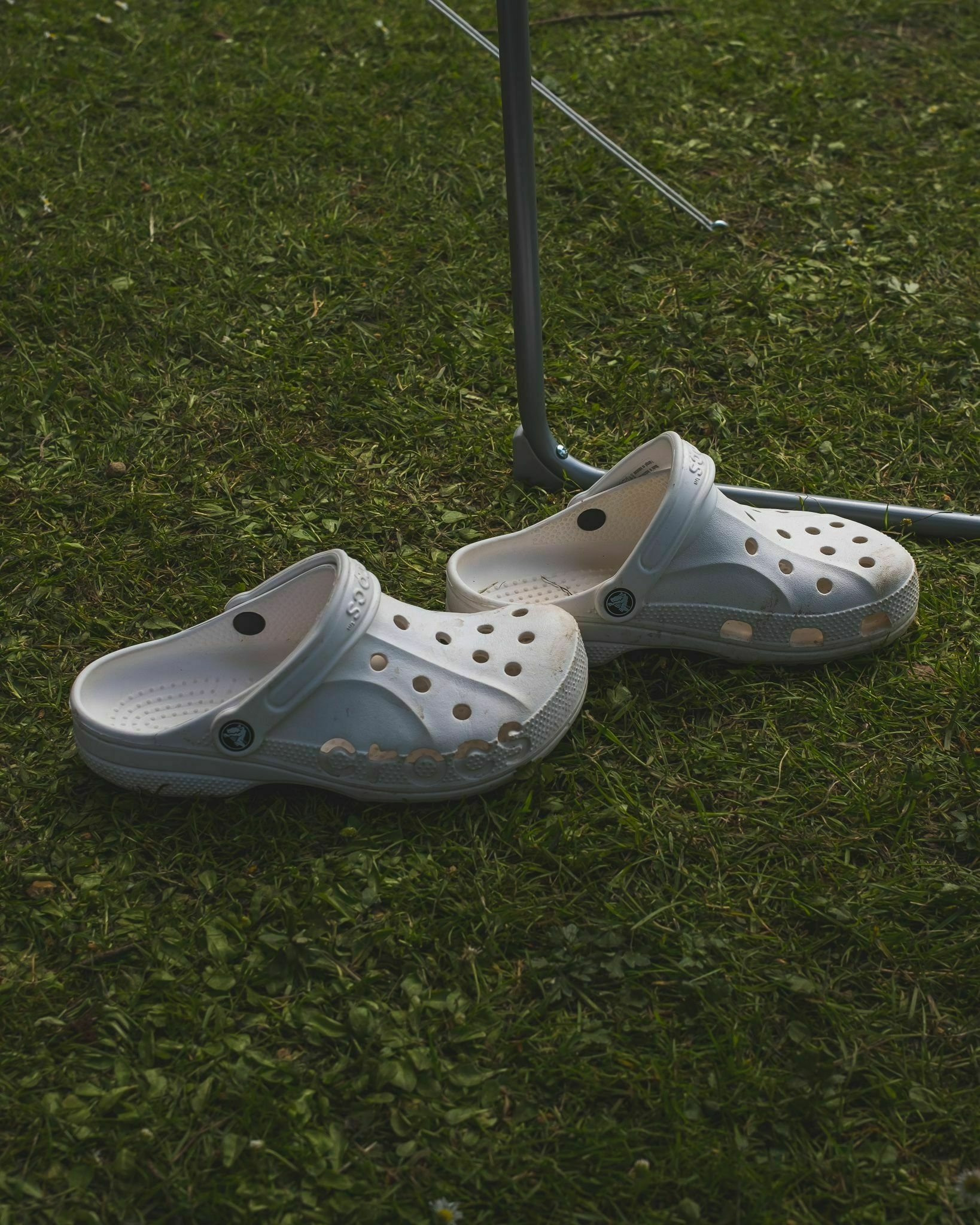












Even though I shot about 200 photos over the 3 days we spent camping, I ventured out today to shoot some street photography. It’s like mediation for me and I faced a bit of time out. The weather was a bit rubbish, and the light a bit muted, but I just wanted to get out and shoot a bit for something to do.
This was the first time trying to shoot in the street following my switch from my beloved Sony 85mm to 35mm on the x100v. I really struggled to get comfortable, feeling far too close to everything and everyone. At times I felt like giving up entirely and throwing this camera in the bin.
I struggled to find much to shoot, and those I did capture were not very interesting. Every single shot was deleted in camera. I came home dejected, felling like a failure and wondering why I bother. If I didn’t love this camera in other situations so much, I would have listed it straight away on eBay!
Given a few breaths and a drive home, it’s easy to see the answer is to work harder and practice. To become a better photographer with a 35mm lens and stop worrying. Some days just go like that, and you don’t see anything or don’t feel very inspired. In truth, what I don’t want to do is just take the same shots as others, or shoot for the sake of it. By failing, I have learnt something.
It’s easier to buy new things. There is a whole world out there telling you to buy this and that. Solving any problem you have with new shiny things and mounting up your debt. It’s something I have done before even when I got nice shots, so when I don’t the feelings can become even worse.
It won’t make me give up though, just feel a little disappointed for a while and then just get on with it. Such is life.
You might have heard this term, commonly referred to as KISS, it is used in training for almost any subject you can think of. Indeed, it has become a bit of cliché but KISS relates to so many things and points in life that it should be a mantra to everyone. Keep everything in life as simple as possible, always.
Call it minimalism or whatever you want, but again it has raised importance in my life to do with photography. You may have noticed, or may not even care, that my rate of sharing photos has changed. I am sharing lots because I am taking lots, and that’s because I’m keeping it simple (and I’m stupid).
Since getting into photography 4-5 years ago, I’ve been on a mission of Gear acquisition. Buying new stuff whenever I could, and selling a few things too because I thought that’s what I needed. Every time I took photos, I focused on the things I missed and not the improvements I was making. Compared my pictures to those that I admired and convinced myself that I needed a full frame camera, or some fancy glass. That I could be even better with better stuff. Despite me knowing that this has very little to do with it, whenever I looked at others I wanted their stuff and not their talent.
The thing with camera gear is there isn’t really a ceiling, so it could get idiotic. However, I was sensible, and came to a decision a few weeks ago that I didn’t want to have a ‘proper camera’ any more and I wanted to change things. Out goes full frame cameras and more lenses than I know what to do with, and in comes a Fujifilm x100v.
Can’t tell you how much I love carrying around my @FujifilmUK x100v.
— Greg Morris (@GR36) May 31, 2022
It’s made me capture so many things that I wouldn’t have with a ‘proper camera’ and made photography fun again. pic.twitter.com/dOSLlEdSz5
I honestly can’t tell you how much of a revaluation this has been. I watched enough reviews and videos on the camera to know that others feel this too, but I never expected it. This small camera with a fixed lens just makes me want to take photos again. There are no lenses I can lust after, no settings videos I need to brush up on, it’s almost point and shoot.

I guess it could also be said that it’s making me take simple images. No more worrying about being all arty, just take photos that catch my eye. With less expectation from the photos I take, I relax a bit more and enjoy shooting. It’s so small and light I take it to more places, I feel more comfortable shooting with it, and to be honest, I just love the way it looks.
The x100v also allows me to simplify the camera itself. It spends most of the time in aperture priority and the camera does the rest. Even the JPEG’s coming out of it are great. I love this little thing because it keeps it simple.
Do I try to force myself to write something, or let it come back on its own? The hard to take fact is that after months of having loads of inspiration on subjects to write about, the juices (and to a certain extent motivation) have dried up.
The truth is that I don’t want to force anything out just because I feel I need to. In the words of F. Scott Fitzgerald.
You don’t write because you want to say something, you write because you have something to say.
At the minute, I just don’t. My brain is a wash with taking more photos, designing new things and generally absorbing information instead of sending it out. So, when I sit down to write anything, there is nothing worthy that comes out – well, nothing I want to see published to the internet at least.
There are so many things that I just don’t care about any more. I can’t ever see myself writing another tech review, or going any deeper than fleeting hot takes on tech topics, I just enjoy doing different things now, and I think that’s OK.







We had a nice day to day, for a bit at least. A day out at the seaside with the kids and enjoyed a bit of time on the beach. Enjoyable but exhausting.
You know the feeling when you get home a after a long day, you’re delighted to be home and just want to relax for a while. Yet, the universe had other ideas for us. Lucie’s feeding tube wouldn’t work correctly, and after some trial and error, we found out it was the button in her tummy that was broken. We couldn’t feed her.

So off we go to hospital. It’s 6pm at night and shouldn’t take that long for them to get us a new one and change it. It’s a 3-minute job maximum. How wrong could we be?
We waited an hour just to talk to a nurse, she disappeared, never to return. Therefore, we waited another hour just to talk to another person. All the time, Lucie hasn’t had anything to eat or drink for hours and is getting increasingly frustrated—as are we. There’s more to this story that I won’t go into, but needless to say we didn’t leave the hospital for almost 4 hours.
I love that we have the NHS in the UK, but it’s times like these that you really struggle to stay zen. The calmness you feel is really tested when you are dealing with organisations or individuals that seem set to try you. Almost as if the universe is playing a game with you to see if this good mood you’re in can last. You try to smile and laugh as much as you can, but the game can push you to the limit at times.
Just as we are about to leave the doctor turns up, takes less than a minute to change the button and we are on our way a little before 10pm. Thank goodness.
I spent one night in Glasgow and couldn't sleep at 6am so I went out and shot a few photos to explore the city a little. Just wandering around for an hour has made me want to go back and explore more.





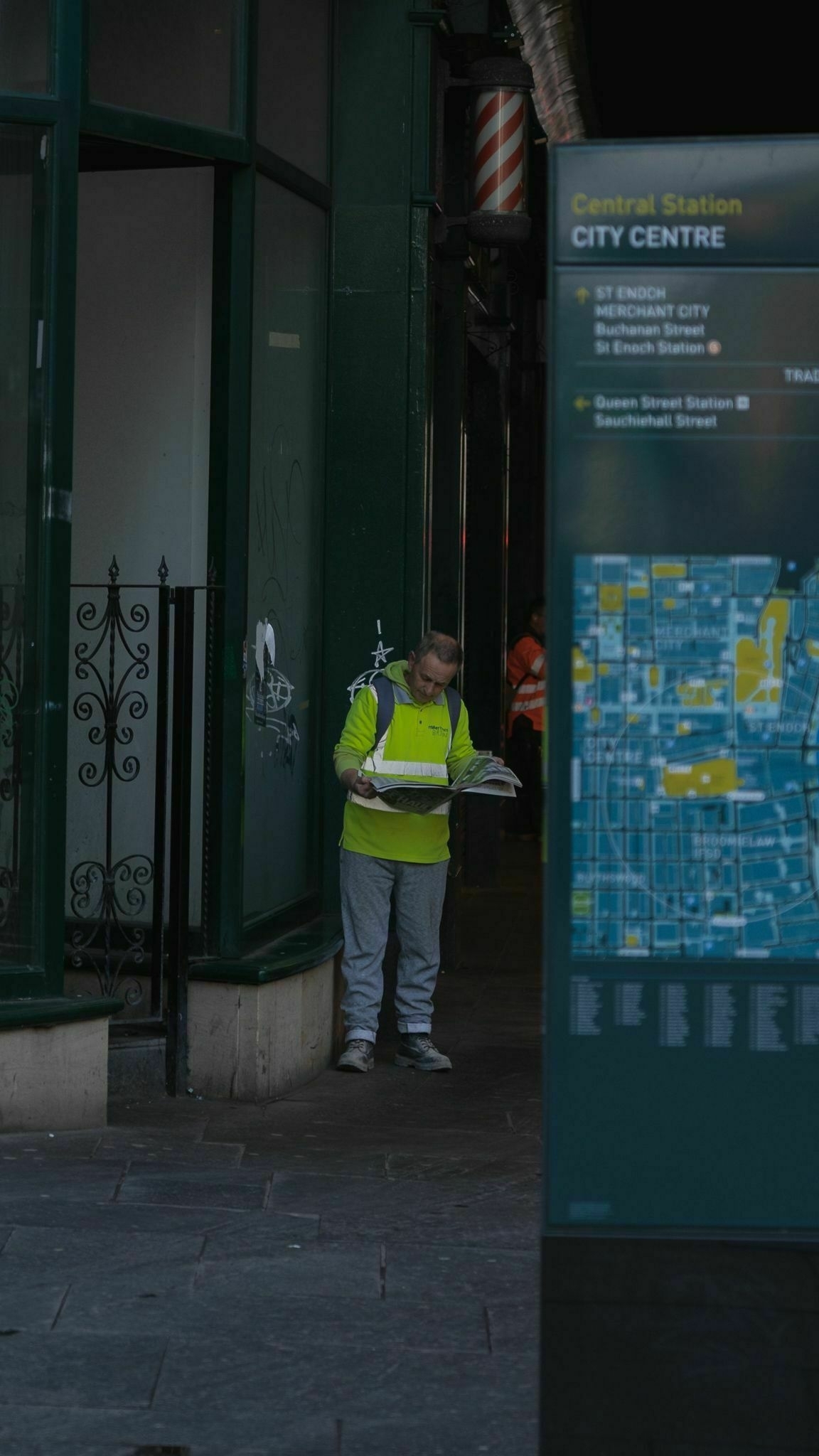


Like everyone else that uses LinkedIn I get the occasional notification on jobs we think you might be interested in. I am not, but I always have a look anyway to see what’s out there.
The list just now was pretty long, and contained some high profile names looking for new talent. However it took me until the 12th listing to see one with a salary outlined! It only got worse form then on, because it was the only one of 42 jobs that told me how much the alert would be.
Weird that we are still hiding the numbers and seeing what talent we can get and only showing our hand at the last possible moment.
Many is not the only thing that matters, but its pretty important given the current climate don’t you think.
It doesn’t take a lot to see how frustrating some people can be. Here I was in a happy little bubble and thinking the world was getting better and twitter was an OK place to be again.. and then Doctor Who was announced as a Black man
I am still not convinced that most of the outrage and general bigoted tweets are real. Much like flat earth, I think there is an in-joke I just don’t get. Or perhaps this is my minds defence mechanism for convincing myself that the world really isn’t as bad as it seems? This is all got to be just for attention, or internet points or something right?
Anyway, my good mood continues, but perhaps my positiveness towards social media does not.
About an hour ago, I decided I was going to sign up for a year of micro.blog and start sharing more things. I’d just finished the 7th day straight on using our home cross trainer as part of our monthly challenge and wanted to write something. These kinds of posts would really fit into my blog, and decided somewhere else might be better—but then it hit me just how stupid that was.
What exactly was I wanting to write a post for? To show how great I am, but not let it interfere with this illusion that my blog is somehow professional? I have no idea, to be honest.
But then again, I have no idea why I share so much stuff already, and indeed want to share more. Perhaps I have let the ego in too much, and it wants some praise for a task I am doing just for a bit of fun with my wife?
She’s still convinced she’s going to win, by the way! Never going to happen.
I recorded another episode of my podcast last night, and the guest gave me such an inspiring speech that I almost wanted to release the episode straight away. I won’t, for fear of all the coughing and dad jokes (it will follow soon enough) but the words are still ringing in my head.
How you master your craft is to just get on and do it. We spoke specifically about writing and all the crap that goes on around it, but it could easily be applicable to any other art form you choose. You simply can’t become good at something without practicing and just keeping your head down and moving forward.
A while ago, I came to the realisation that there are no shortcuts to being a good photographer. Much like sitting in the chair, you just need to get out and take photos. You don’t need fancy glass, a new camera or anything else. It doesn’t matter where you share the images, pick Glass, or Instagram, or send them out my email if it suits you. If you want to take good pictures, you have to take pictures, and lots of them.
In writing terms, it simply doesn’t matter what blogging platform you use, what newsletter you decide to do, nor what computer you choose to do it on. If that is what you aim to do, and be good at it, you just need to keep on doing it. Consistently. Constantly, and not worry about anything else. If this doesn’t sound appealing to you, perhaps whatever it is that you are trying to do isn’t that important to you after all.
Spending money doesn’t make you good at something. The equipment you use doesn’t make you good at something. The way you look doesn’t make you good at something. Only you make you good at something, and it’s time to get on and do it.
Trying to form my desires and intentions for sharing online is hard. There are a few things I want to do, and a few more I would like to do but probably won’t and then a few more that I would like to cut out.
The motivation to put my ducks and a row is not prompted by Elon, but when others are doing and writing about the same thing currently, it could well be a slight motivating factor.
I haven’t formed any opinion on the Twitter thing, partly because I don’t really care. I am lucky in the sense that I haven’t experienced any of the issues that mayincrease with a less carefully approach. However, I can’t get emotional about something that hasn’t changed (yet) and I may struggle to give up my beloved Twitter if anything ever did.
My sharing online was at a point not too long ago where I almost walked away entirely. I have absolutely no idea why I continue to share what I do, why I feel the need to tweet many things, and have given up trying to work it out. I have not got to the stage where my brain thinks in 280 characters, but I am not far away from a life like this.
There is no doubt in my mind that Twitter affects my concentration and my attention span. Yet, even knowing this, there would have to be something pretty dramatic to stop me from using it. Sure I can be intentional about its usage, I do limit myself a little and still stay engaged with life, but until Elon burns it down I will still keep coming back.
Twitter has given me so much positive in my life, it may never reach a net negative. Meeting people, finding out things and providing comfort when I need it most keep me coming back time and time again, and I don’t see that ever-changing.
The app's first words to me about Spaces were “What the #$@!% is that” and I entirely agree. I hate that little icon that plagues my Twitter app screen. I think it’s supposed to be a microphone, but I vaguely remember it being something different. The powers that be at Twitter have decided to leave it with me with no option of removing it, but my opinions are changing.
Last night, myself and Jeff Perry decided to set up a Twitter space and have a chat about tech. There’s no messing about, no need for microphones, or a recording set up at all. All you require is a phone and away you go, and there is something really freeing about that.
I enjoyed this chat and it was really easy to set up. I’m sold on the Spaces idea now. https://t.co/AC0lBB3TRl
— Greg Morris (@GR36) May 1, 2022
Of course, if you’ve been into voice first social media, this is all old news. Services like Club House have been providing spaces for people to chat for a couple of years already. Proving that there is a desire for people to use their voice rather than type out words and also help remove some of the nuance that 280 characters often provides.
The ease of use and the tools that Twitter Spaces provides has proven to me the usefulness of the service with just one try. Closed captions, visual indication of listers, sharing links you discuss into the chat – all of these features that are only obvious once you use it, make it a well-rounded feature after all. I do still wish they wouldn’t keep ramming it down our throats.
Like they did with Fleets, the not long for this world disappearing version of tweets, Twitter uses its app to leverage adoption of new features. Often annoying users to the point they give up, or switch to a third-party app to avoid the nonsense. The icon is one thing, but I have found a big blue bubble attached to the top of my home screen more times than I care to mention, simply because someone I follow is listening to a live Space. With no option to hide it I have listened in to some of them, but never really have the time to stay for long.
I would guess most people won’t either. Twitter is small tweets while you’re doing something, and unless it is something I really want to take in live, I rarely have the time to stop and listen if I catch one ad-hoc. Which makes Twitter Spaces a confusing proposition. All the shenanigans put me off initially, I can see the value in the service with ease of use, but ultimately am not convinced Twitter is the place for it.
Eric Migicovsky on Why Pebble failed:
Looking back with hindsight, I should not have aggressively grown the company without a stronger plan. We should have just stuck to what we knew best and continued to build quirky, fun smartwatches for hackers.
There is a lot to take way from this article, so I will keep it brief, but it’s rare to see a founder admit the mistakes made and especially so publicly. I love Pebble, it was the first smartwatch I truly used and was the first and only time I helped found something on Kickstarter (RIP my red founders edition).
Despite its relative success between nerds, you’d be hard pushed to find an average person who knows what a Pebble watch was, and this is part of the failure.
Around this time Apple came out with the Apple Watch and we thought the smartwatch market was about to explode. So in a quest for big sales growth, we figured our 2015 strategy would need to shift focus to a broader market, away from our core early adopter market positioning.
It’s reasonable to expect boom time once Apple got involve, however instead of appealing to the crowd they had already made they tried to appeal to more people. Instead of remaining true to their hacker nature, they pumped money into features and tried to become mainstream. Hindsight is a wonderful thing, but I wonder if, at a time that even the Apple Watch didn’t know what it was, Pebble could have carved out a place in the heart of users that wanted something hackable.
However, we can but dream. I am not certain that Pebble would still be alive today. They would have undoubtably been swallowed up by a bigger company, but it would have been great to see what they could have achieved with another few years under their belt. As great as seeking investors can be for boosting a business, the constant need to see return and strive to be a success is dangerous.
I woke to an email about an ancient Shortcuts repo I had stored old backup files in. They were available as a place to save Shortcut files I had written about because the iCloud link sharing can be a bit flaky. They were so old it contained loads of .wflow files and I had forgotten it even existed, but they now need to be signed to work with iOS15.
Of course, I felt no need to update these, but thought it should be pretty simple, so tried to get them updated anyway. Unfortunately, I was wrong and the lack of detail in how to do this is pretty poor, but with a bit of trial and error I got them signed without issue – I hope.
You will need a Mac to do this. It is the only way I have found to reliably get everything signed using the command line. Some information online suggest that it can be done on iOS using SSH, but I couldn’t get this to work, and it felt very fiddly.
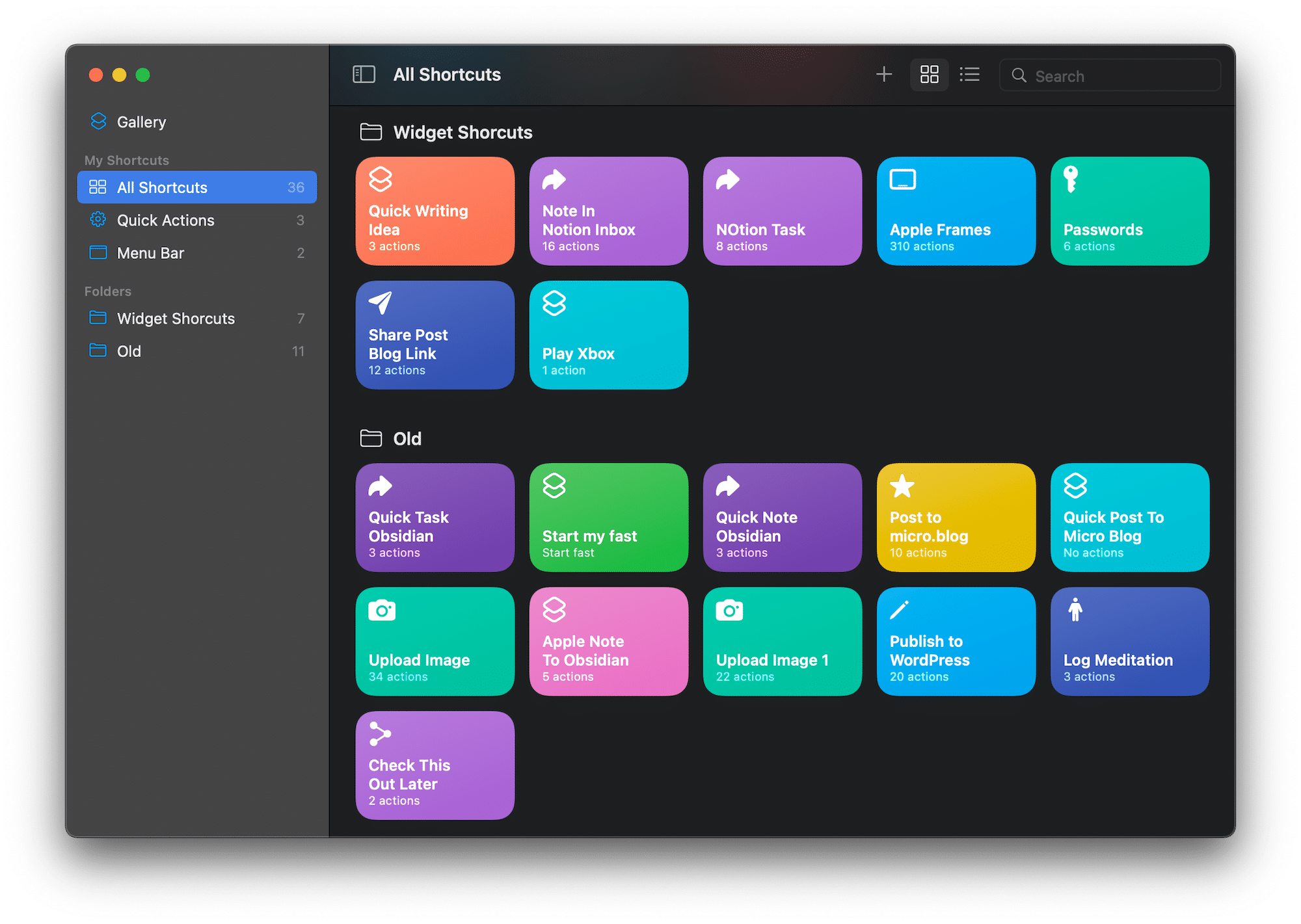
So to use this guide, you will need a Mac running macOS Monterey and be able to use the terminal app on your device.
Open terminal on your Mac, and cd into the folder containing the shortcut files. Use the following command to sign the shortcut file:
shortcuts sign -i a.wflow -o b.wflowWhere a.wflow is the name of the shortcuts file, and b.wflow is the name you want the signed Shortcuts file to be called. Due to the weirdness in names, I actually found it easier to rename my source file as ‘a’ and then rename ‘b’ to whatever I wanted it to become.
Who knows if Apple will change the requirement yet again, but for the time being, you will now be able to load the file into shortcuts on Mac or iOS without issue, as the new file is now signed.
Om Malik on Why do you have to share:
“Their whole algorithmic model is based on engagement – and lots of it. The model is not concerned about the consequences. The more inflammatory the content, the more engagement it drives. The greater the engagement, the more viral the content becomes. And the wheel turns, and turns, and turns.”
There are too many part of this post that I wanted to quote, so much so that the post I wanted to share was in trouble of becoming a repetition. The main point is why do we share so much stuff to websites no longer interested in the social web it was founded on.
You can point to areas in all service that try and fulfil the promise at the start but ultimately they all sell out to make advertising money. The humna interaction ahs been boiled down and warn away to a point where only the most horrible remains.
Although there are a few people who sometimes use a longer lens for Street Photography, there are far more that dismiss a longer focal length. The internet is filled with posts telling you to buy a 28mm, or a 35mm or at most a 50mm lens. Sure they are all good options (who doesn’t like a nifty 50) but it doesn’t have to be that way.
The fact I don’t have to stand so close to people is the one over arching thing that makes a longer length so great. When you’re just starting out, or still learning like I am, a 85mm length is great. Allowing you to get the up close and personal shots that make street photography so great, but not have to deal with the people that go with it.

Some of this is confidence, I have absolutely no motivation to go up to someone and ask them if it's OK, nor would I ever point my camera at someone right in front of me and a longer focal length means I am less likely to have to. When some photographers talk about the candidness of a tiny little lens, I get the same feeling with my 85mm f/1.8 Sony lens. Taking pictures becomes easy and worry free.
Typically, photographers think a 50mm lens would be smaller too, but not any more. If I wanted to keep a fast lens in 50mm I would be lugging around the SEL50F12GM at 778g (not to mention the £2,099 price tag), or loose around a stop of light on the SEL50F25G at a fantastic 174 g. Whereas the SEL85F18 I have strikes a great balance at 371g and a very affordable £400.
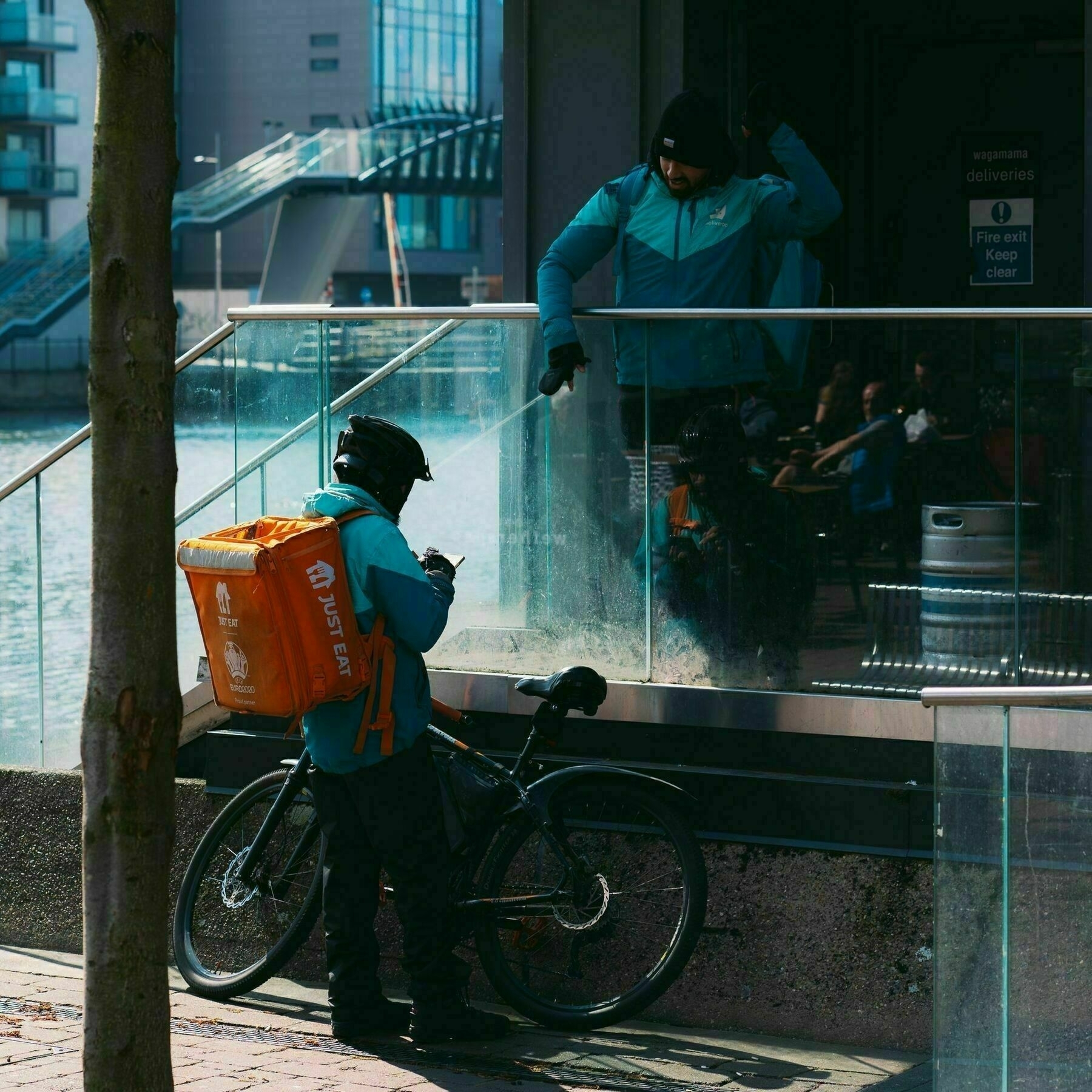
Using my A7c and a 85mm prime is the perfect combination of nice and light with enough ability to capture the shots I really want and be a little more removed from the subjects. This may change with confidence and progression, but let it be said that you simply do not need to buy some expensive glass nor stand really close to people to get great shots. I love 85mm for almost everything, and you might too.
There are far too many things in my life that I don’t really need. I don’t need half the technology I have, nor most of the myriad of online services that I pay for. These include the hosting for my blog. I don’t need it really, but it serves a purpose deeper than the small amount it costs me each month and gives me tremendous value anyway.
My blog has been up for more than a decade (the earliest post I still have is from 2014) and it has been through numerous changes. The most recent of which was an investment in the new domain last year, but the hours poured into it outweighs the monetary costs significantly.
My blog has been many things over the years, attempted portfolios, business ventures and had any number of facelifts but still mainly provides an outlet for me. In theory this website provides very little to me, it doesn’t get me anywhere, my life would be the same if I didn’t have a blog, but I still want to have one.
Call it a hobby if you will, but writing gives me something that nothing else provides. I love talking to people on my podcast, and I love journaling, but getting thoughts to the stage where they can be published (even rushed ones) helps me tremendously. So, when thinking about things you need, it is not always a simple equation that can be worked out. Just because on the surface it gives me nothing in return doesn’t mean it has no value to me. In fact, the opposite, and I would argue that more people should have one.
The benefits of it run far deeper than the sum of its parts. No person should judge their blog based on the number of views the posts get because it always serves a different purpose. It allows you to publish whatever it is you want to publish, get it out of your brain and own it from start to end. I don’t need a blog, but everyone should have one.
I am not one to write about business. Not because I don’t think it’s valuable to have opinions about it, but just because I don’t think I have many important things to say. My working life thankfully has been pretty simple, and I am not about to pretend to have magic insights to improve yours. I do come across a certain type of person though and I would like to warn you against becoming one.
The busy fool is easy to spot. They are often very gifted in the position they are in, but need to lean on everyone else around them more than they should do. Their demeanour leads you in to the vicinity of the busy fool because they are always busy with something. It is only when you get closer to them that you realise that numerous things are going on, but very little is achieved.
There is very little that can be done to help this scourge of your business because they have very regularly worked their way into a more senior position. Unfortunately, this is the cause of their affliction, and their lack of output doesn’t seem to matter any longer. Without the clear indicators that come with lower positions, they have replaced productivity with busyness and imploded into themselves.
Implied stress from workload is all of their doing. You see, the busy fool is a business mime act. Displaying all the outside actions of achievement and high output, yet under the surface there is no substance to their bluster. Identifiable by last-minute preparations for every task, pleads for help on basic things they have no time to complete, and constant instance that they have too much to do.
Do not fall into the trap by convincing yourself you are productive when you are just busy.
I am one of those people that constantly strives to do things better. Always looking out for tips that help get things done simpler, and also seeking simplifications to processes that Kia Kamgar would be proud of. Yet, there are things that seem long-winded, perhaps a little messy, but just need to be left alone.
When looking for all these gains there is a tendency to go a little too far. You see tech bros and CEO’s trying far too hard to hack everything to find gains. Some which make perfect sense, shaving some time here and there, particularly in a busy life, pays for itself in a short period of time. However some are changed just for changing sake.
As Anna Winer puts it in Uncanny Valley “Reading wasn’t about mainlining information. The tech industry’s efficiency fetish was so dreary”. Some things just need to be slow and not the most efficient way of doing things. Yet provide the best return for your investment. Take reading for example, more and more services are sprouting up to cut all the corners and give you the book in a faction of the time it takes to read. This might pay off for some, but hacking reading seems like something that wouldn’t be that useful.
The joy is in the reading. Absorbing the information at your pace, and thinking about things as you read them. Much like trimming the silence from your podcasts (don’t do that either) often it is reading between the lines and applying your experiences that provide the most feedback. I could have dictated this whole blog post instead of writing it out. Or perhaps recored it as a voice note. Yet, the process of writing it out, editing and trimming along with everything else that goes into it is as enjoyable as the result.
Simplifying processes saves not only time and effort, but typically money. Meaning, you win on all fronts and improve your life for the better. However, this doesn’t apply to everything, you can’t hack some things, and they are just better left alone.
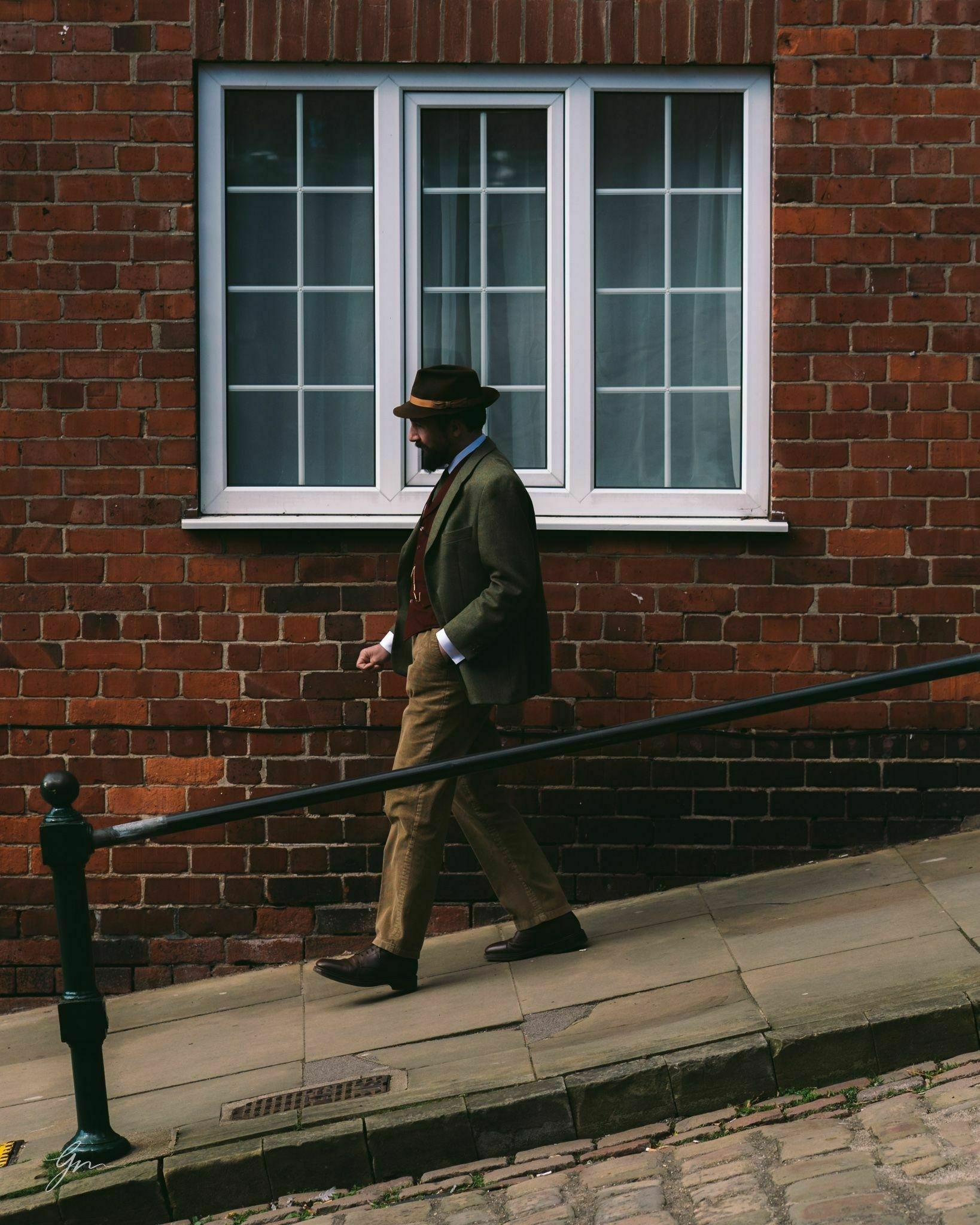

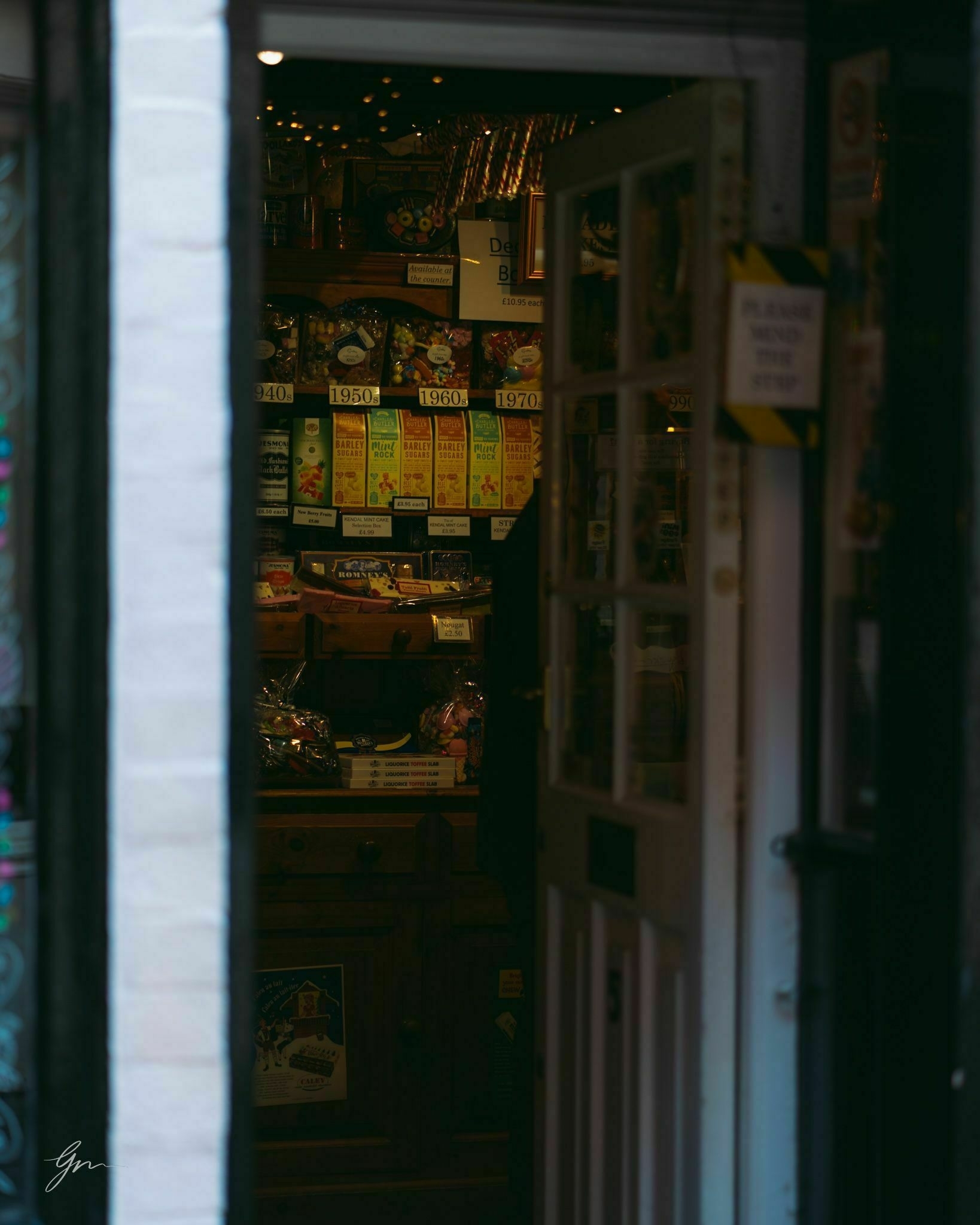
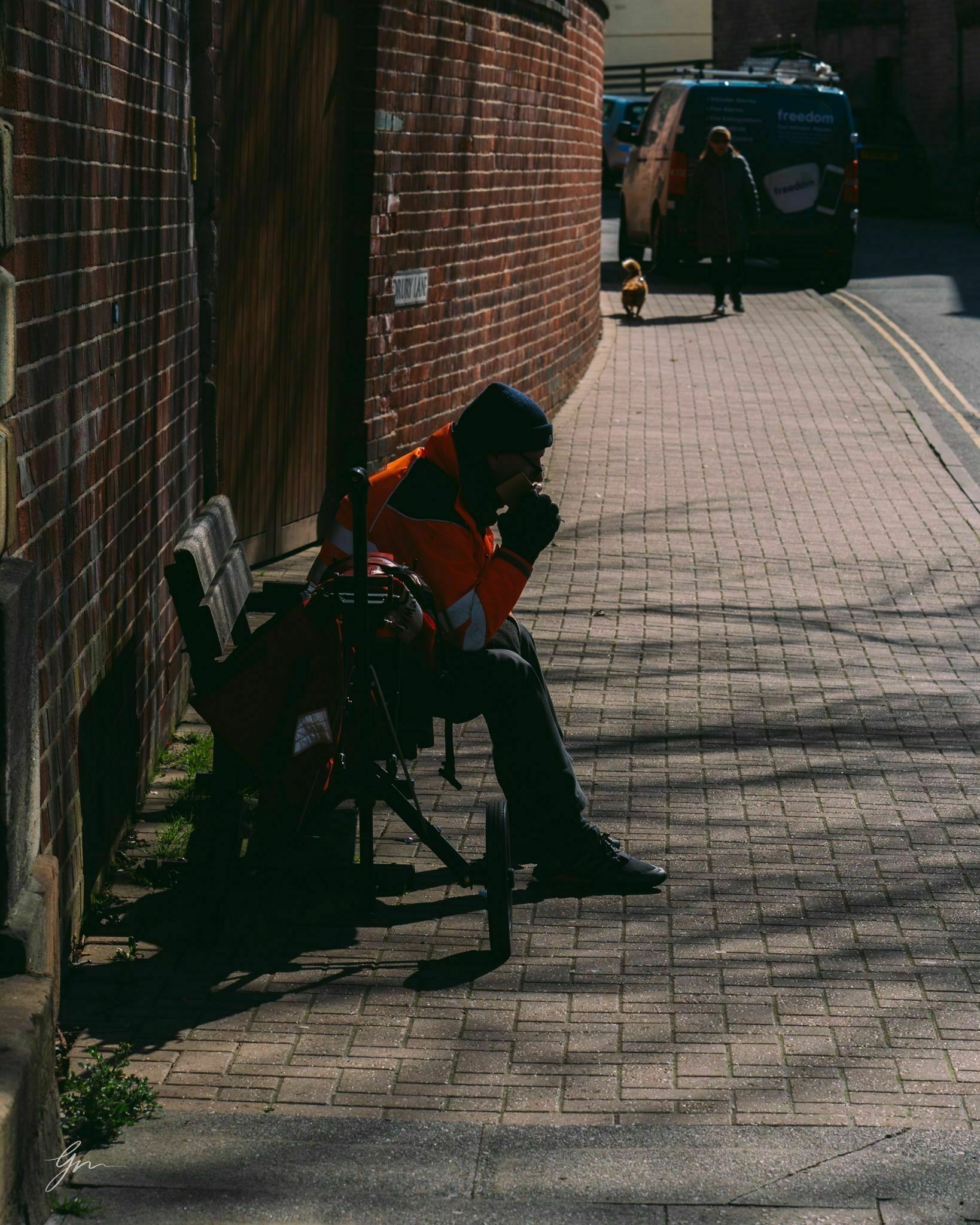
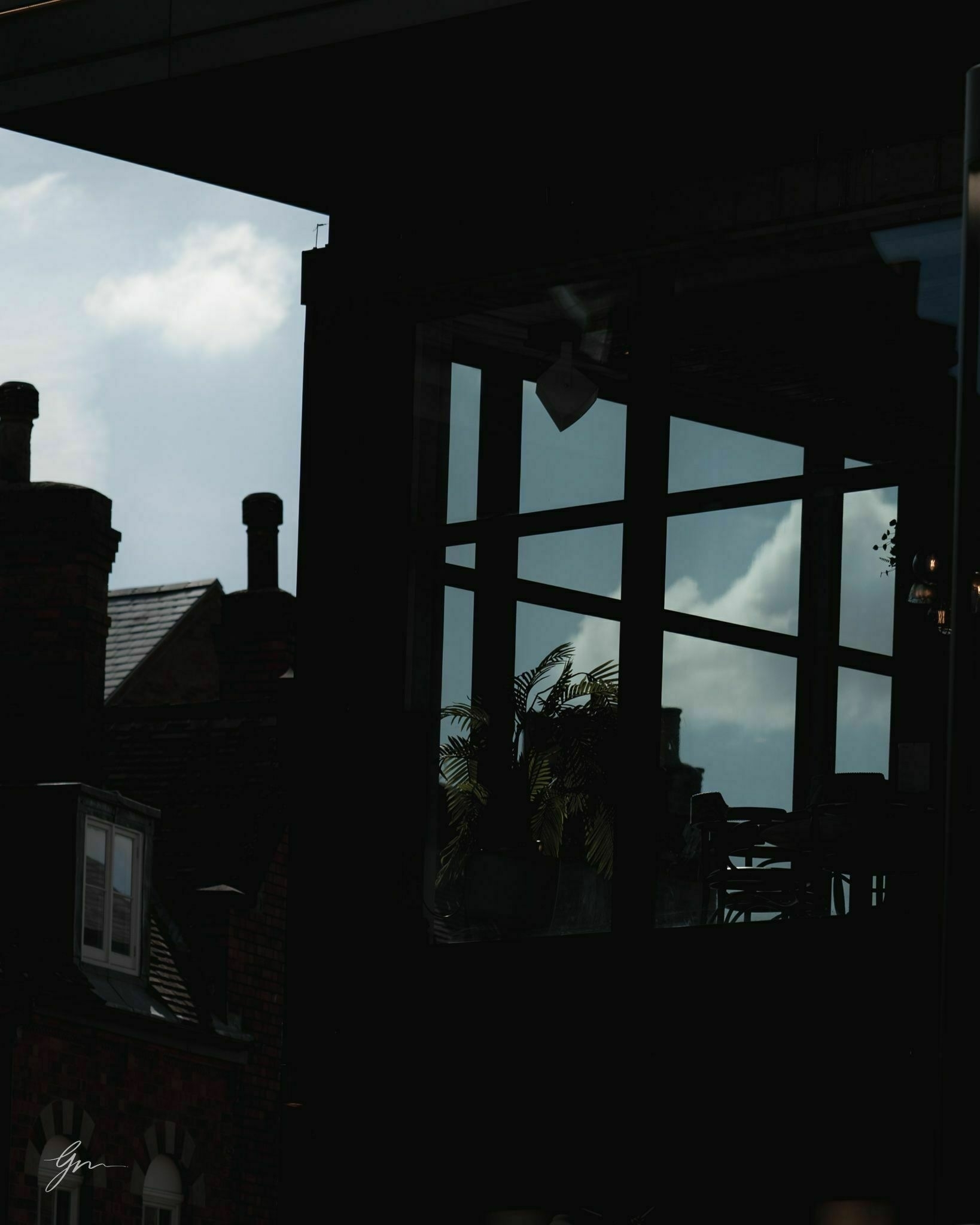

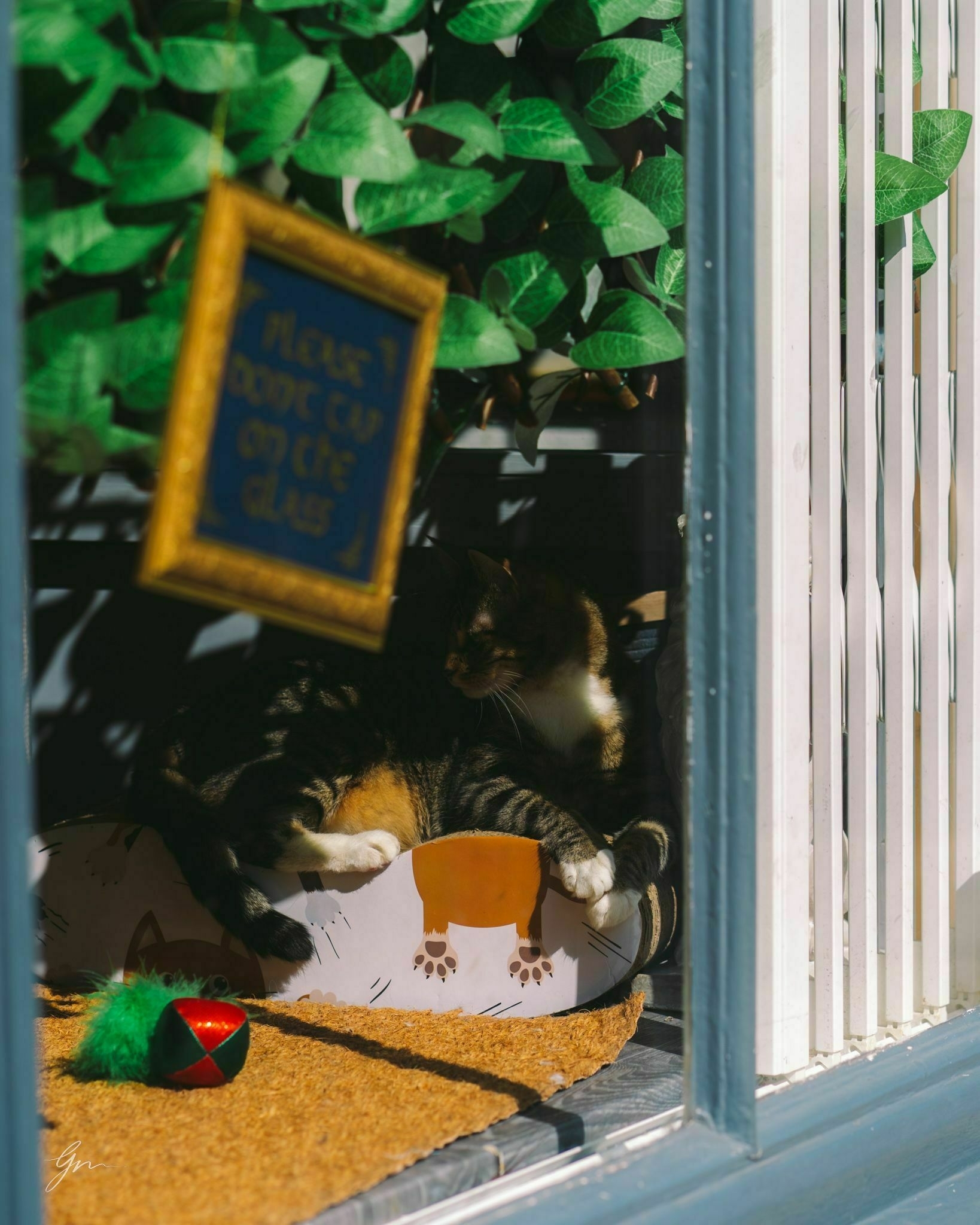



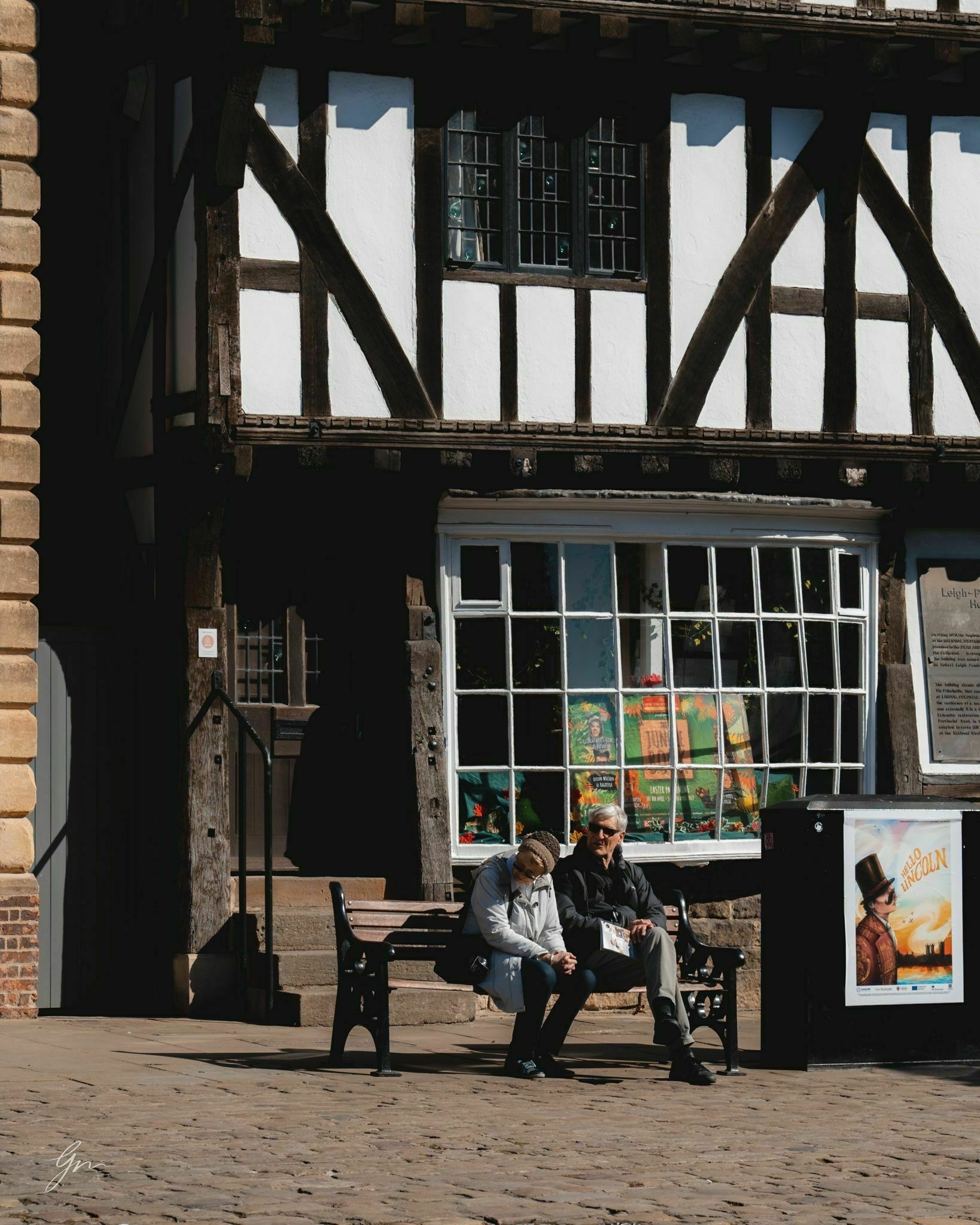
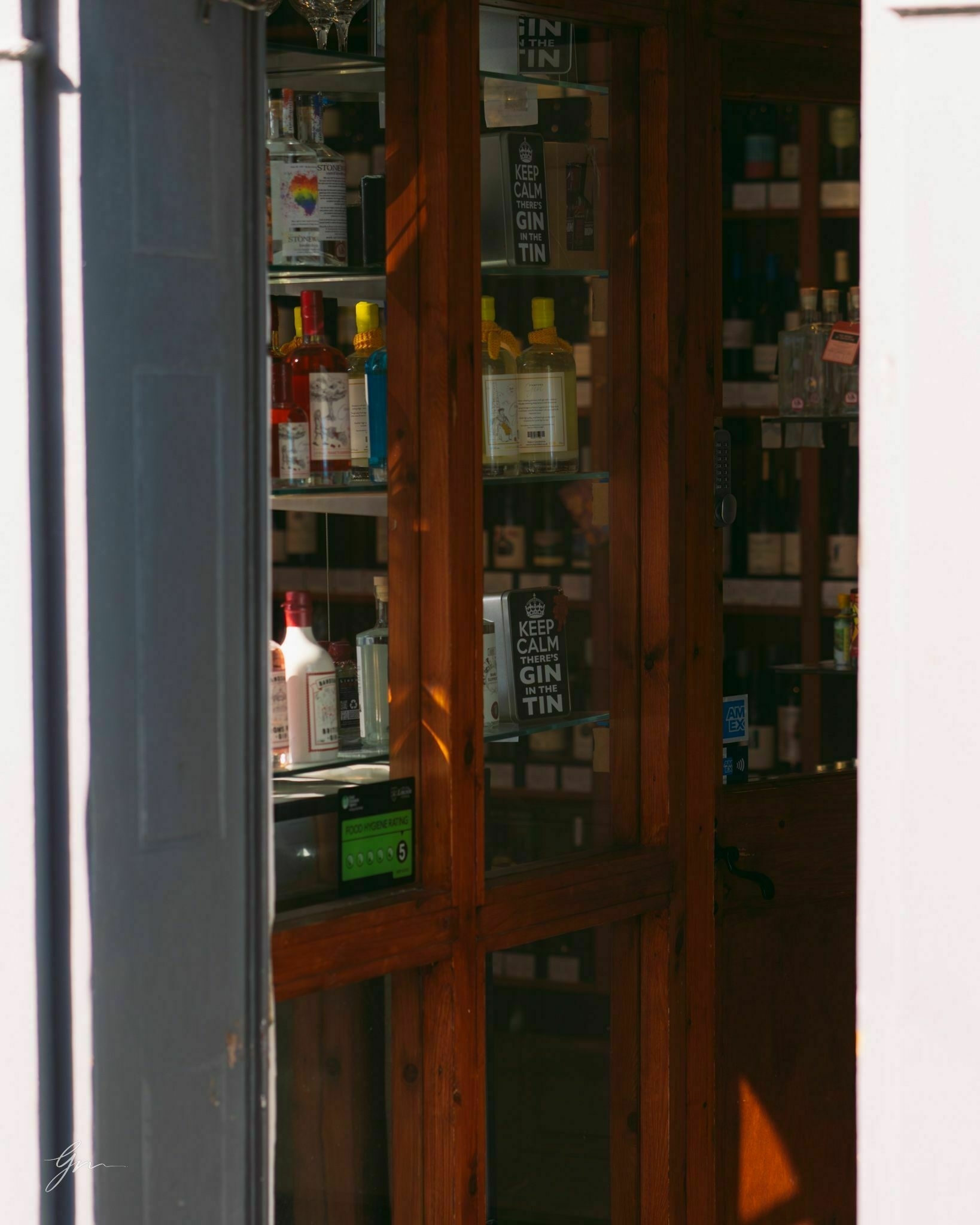
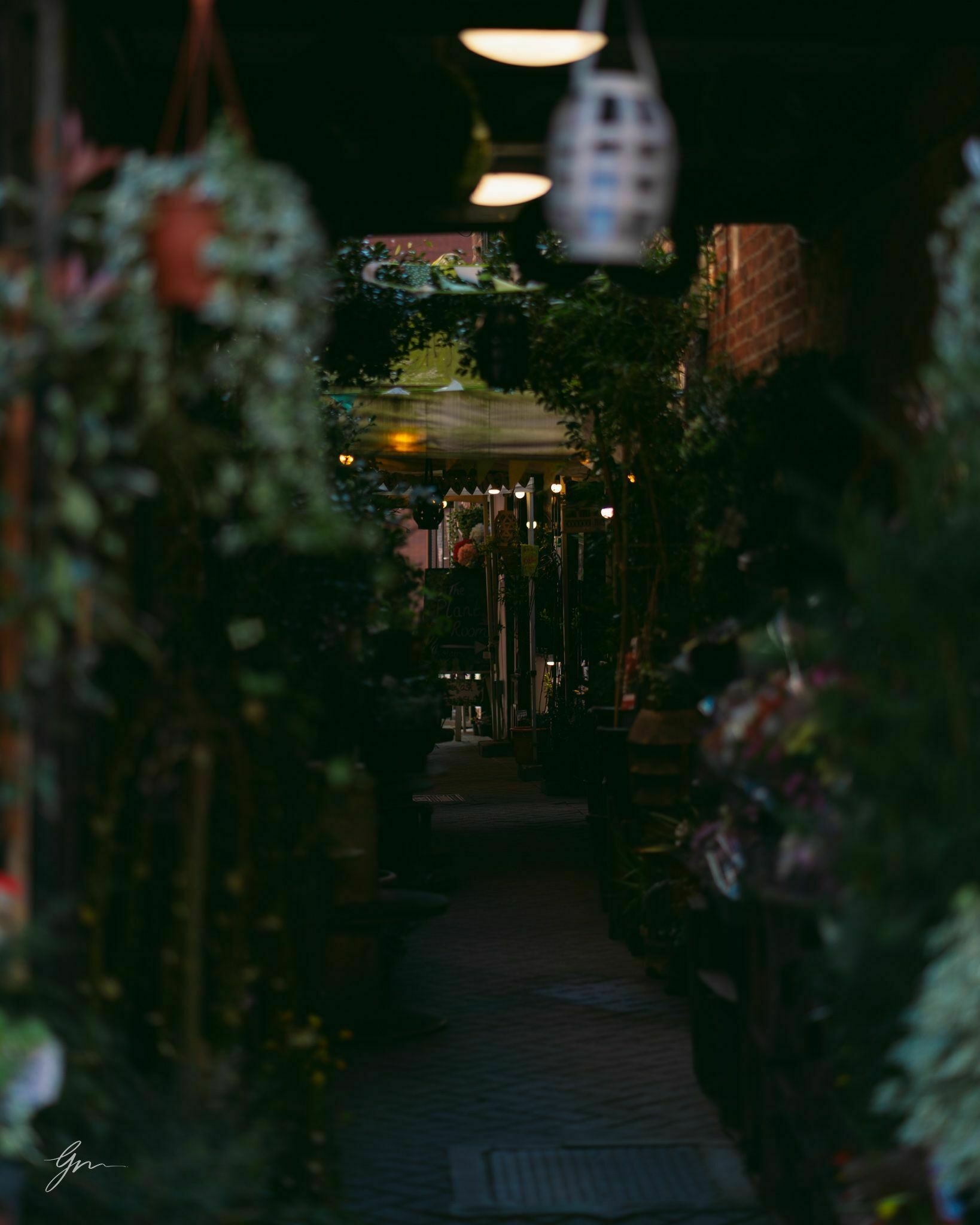





There have already been many words written about the walled gardens of tech companies. Usually reserved for talk about Apple and its tight grip, it’s also a long-term aim of almost every company. Build a reliance on your company that runs too deep to change, and you will have a customer for life but perhaps a frustrated one.
You can achieve this in many ways. You can’t simply build a product that is so good that others pale in comparison because, eventually, someone else will either copy or overtake you. There needs to be a grip that keeps a customer, and the strongest grip in technology circles is to provide everything your customers may ever need. There is no denying this approach when I think about my purchases and reliance on Apple, but it isn’t just about what they sell.
The reality is, for me at least, the premium I pay for the products I buy from Apple is a worthy exchange for the service I get. Not only is it a well-rounded software and hardware experience, unlike any other I have experienced. The purchasing service and the after sales support is unmatched. I can’t find another company that provides me with a complete wrap around service that Apple does, and although it feels trapping at times, it gives me a huge amount of confidence.
I appreciate the level of service that Apple gives in retail is not as good as it used to be. Some interactions feel more like a sales pitch than a support visit. With that said I have experienced, in the past Samsung and more recently Nordictrack, customer service once I have made a significant purchase and nothing seems to live up.
This doesn’t mean that I cannot be critical of the things I use, nor does it mean I am not open to new experiences. It simply means that I am aware of what keeps me using Apple products, and it isn’t just the fact I am trapped by services. App stores and competition of services doesn’t really bother me, but a company I put my investment in providing good service does — as such I am, unfortunately, stuck!
There is a tale to be told here. One that having a blog sometimes feels a little like having an unpaid job. A job that you feel like you should be doing better and more often than you are, but I reality you don’t owe anyone that obligation.
The feelings of owing the people who read and subscribe to my blog at least some kind of activity have been circling for years. In 2018, I struggled with the motivation to do it, and despite improving my drive to publish, and even picking up an award for doing so, the motivation still comes and goes.
Despite my desire to push things out, I still think the peaks and troughs of publishing just need to be ridden. There is little point going through the motions for little reward, I’d rather wait until I have something to say rather than waste your time. The constant changing requirements in my life mean that for long periods I don’t have the energy remaining to catch up on the latest news. Despite now doing one of my own, my podcast consumption remains low, and almost every article I read and want to make a comment on I do so in Matter.
Having different outlets is great, but doesn’t get away from the fact I want to write more things. My desire to write and publish never leaves me, but the motivation or time to do so frequently does. Life has this funny way of getting in the way of everything else that you would like to do doesn’t it. By the time the day is done, I have done too much staring at a screen that even a little while longer to bang some keys seems like too much.
With all this said, I shouldn’t feel like I need to. There is no reason for me to worry about those that enjoy my things because they won't stop. They may just be a little delayed while I attempt to write something.
Sports photography is not really my thing, and not even something I have tried before. However never one to turn down an opportunity to take photos I spent two days enjoying the sport on display. I managed to capture some excellent shots outside of what you might normally expect from the event.
There's 148 more where these came from!
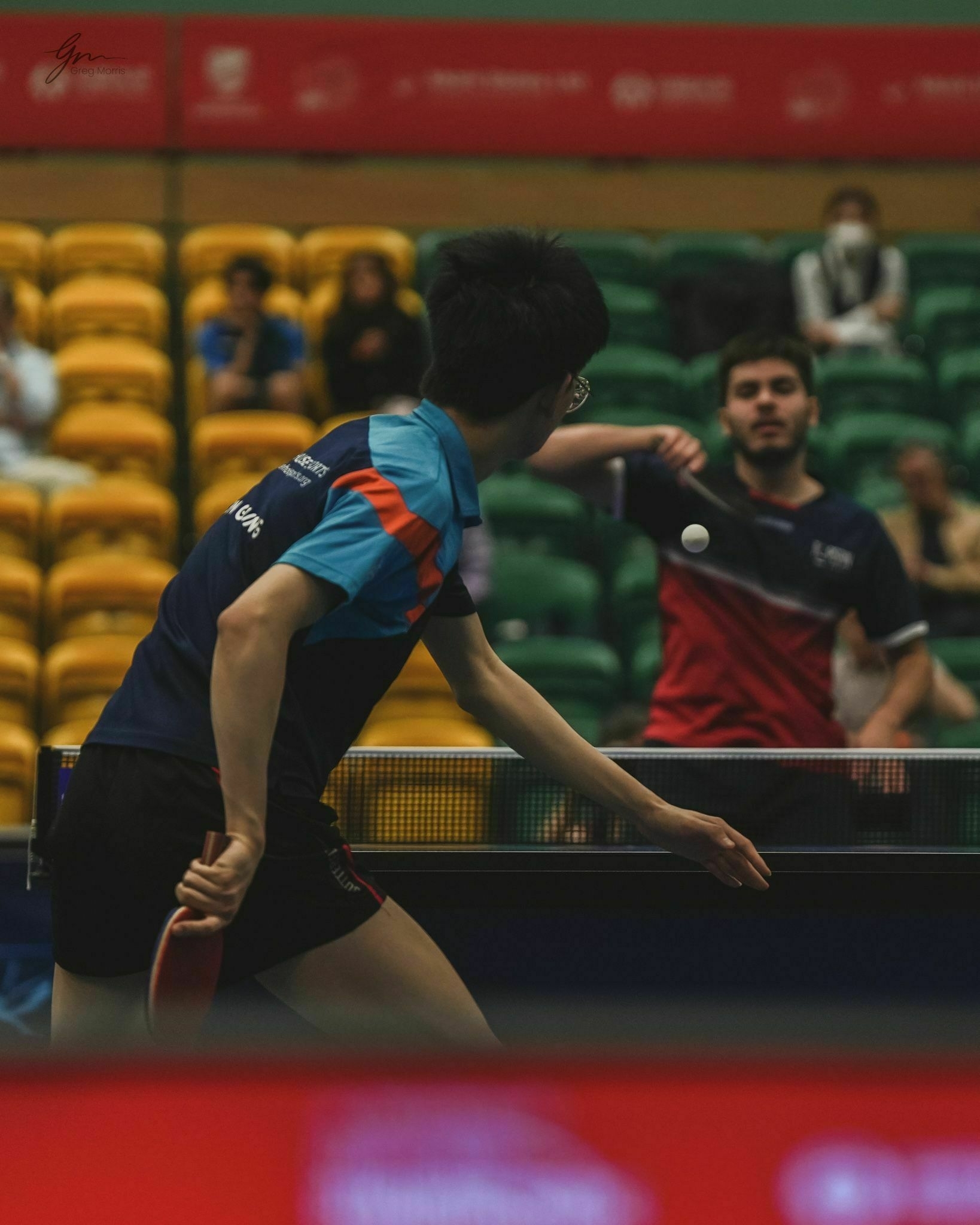






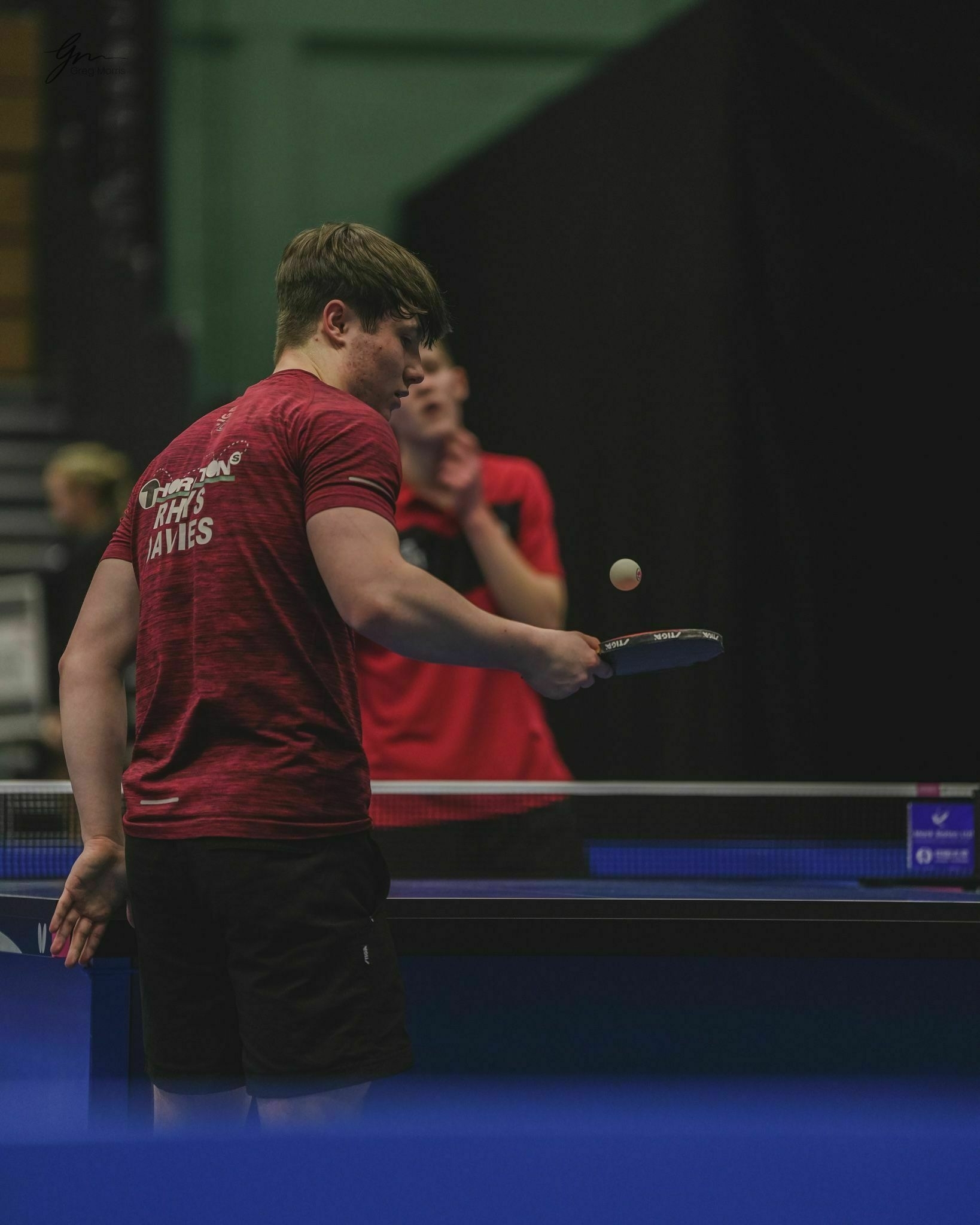





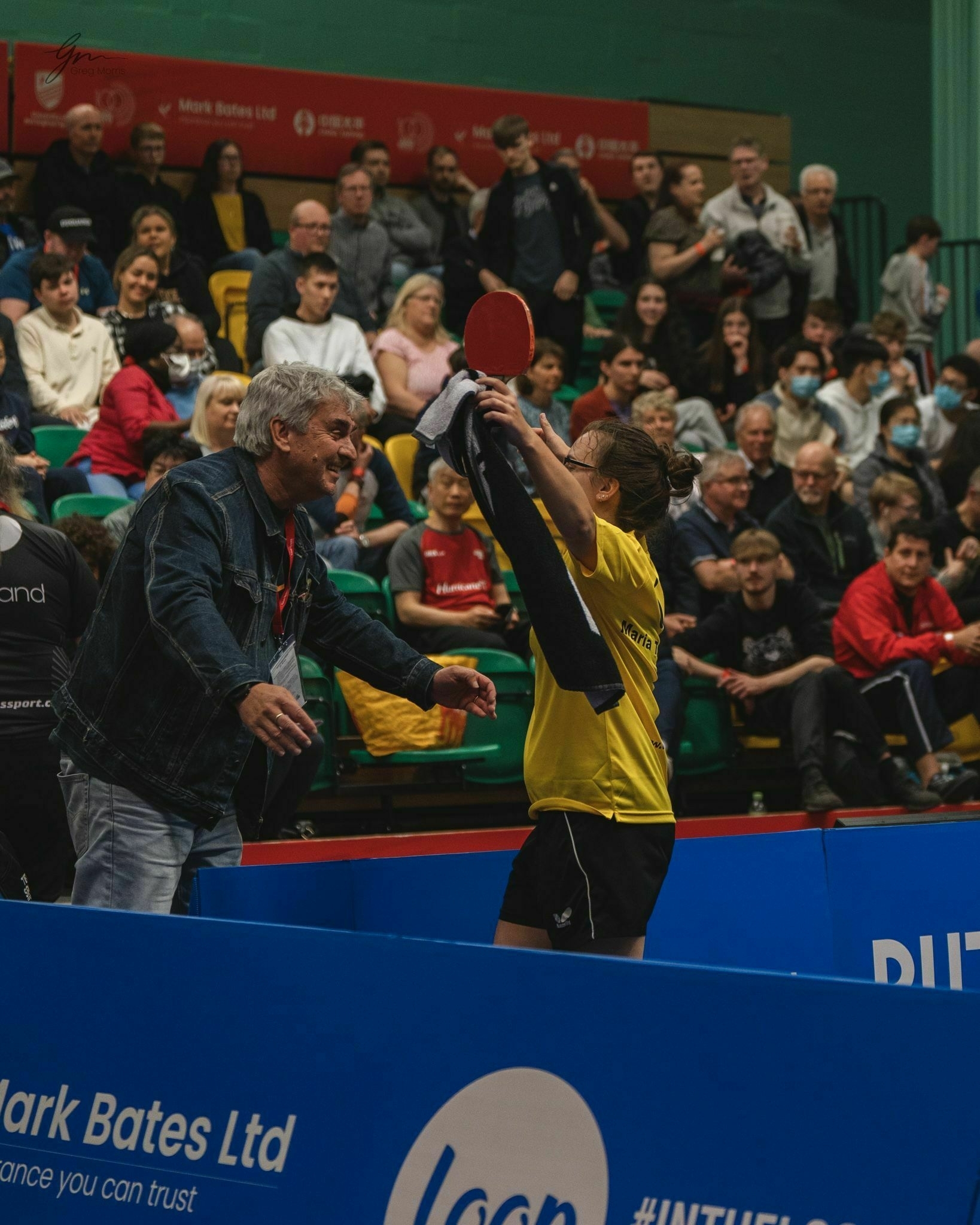
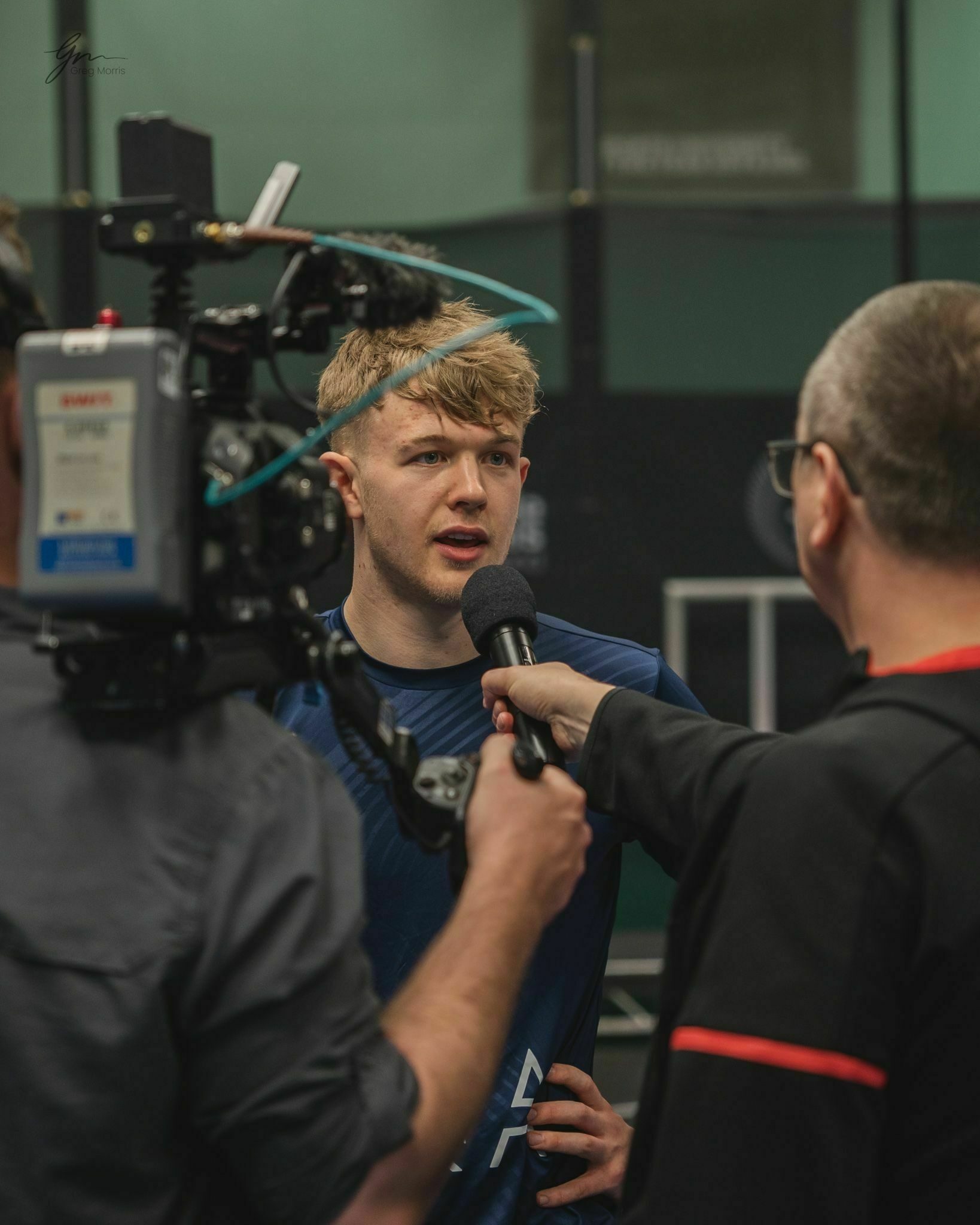
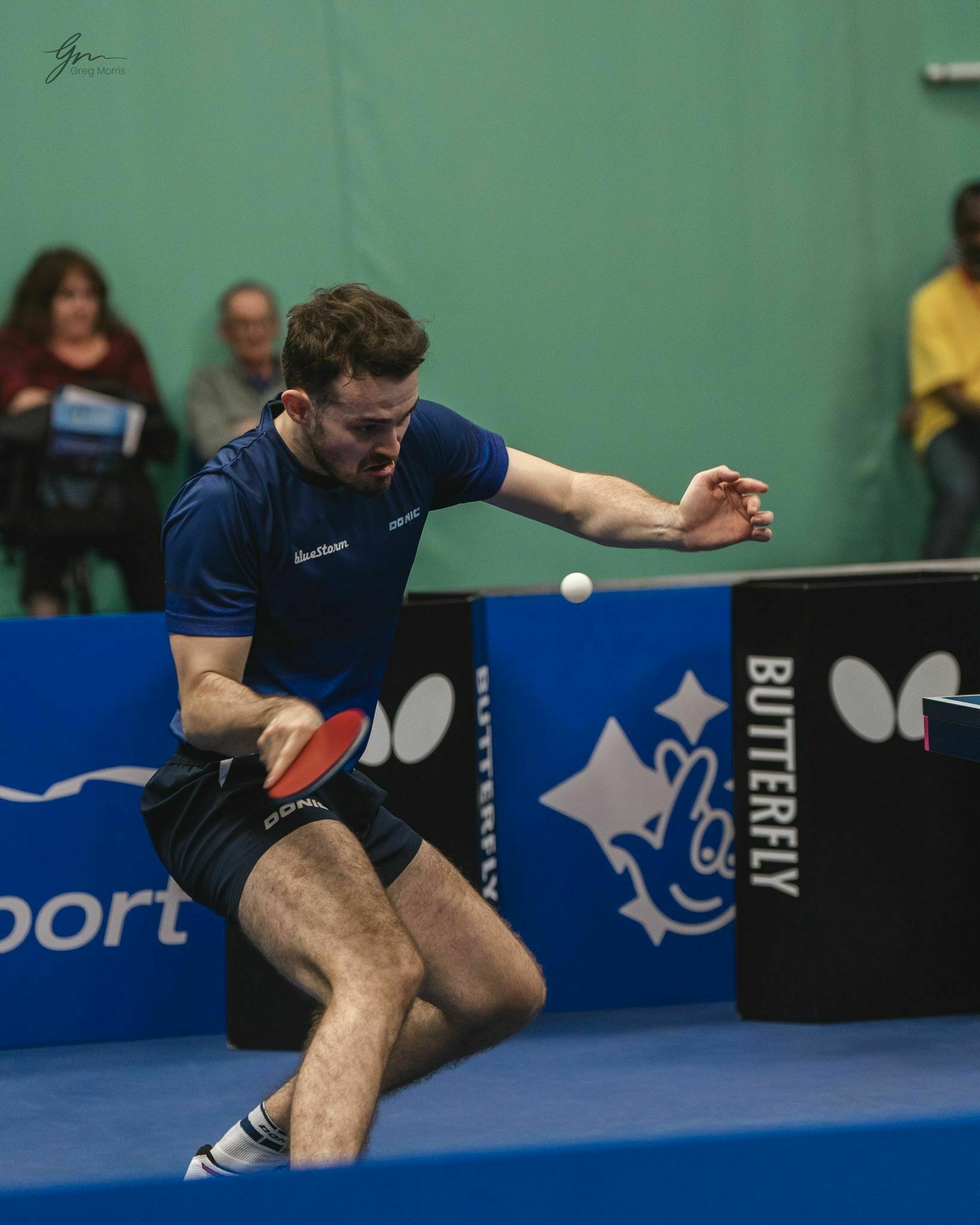

Unless you’ve been living under a technology rock, or simply don’t care, you can’t escape European legislation trying to cub technology companies. Investigating, charging and regulating the world's largest and most influential companies can be tough, but they seem to finally be getting a handle on things. Yet, what seems easy could be impossibly hard to achieve.
The latest round of legislation by the EU, termed the Digital Markets Act (DMA) aims to level playing fields dominated by a few companies. Despite containing many well-educated and thoughtful changes to current acts, including increasing the responsibilities of companies deemed large enough to be “gatekeepers”, the focus has been on messaging interoperability. The ability to send a message from one app to another.
Make sense in theory, doesn’t it. The EU want my messaging app to be able to send a message to anyone else's messenger app, and not be locked into using one companies service. People have long talked about iMessage lock in, which in Europe is substituted by WhatsApp lock in (which thankfully is available on every platform). Messaging should function as a universal or accepted standard. Take email for example, I can send the same message to another email address regardless if that is a gmail, hotmail or custom domain. The EU argue messaging should be the same, a user should not be restricted to what service they want to use.
Messaging is different though. It’s messy, controlled by big players and tech giants that either start up a service or buy a service that already has a large user base. With this kind of control comes benefits. Unlike phone calls, emails and sms messages that are all interoperable, the best messaging apps are encrypted — often end to end. So, interoperability is essentially impossible.
Perhaps that’s the point. The EU powers know that interoperability should be easy but is, in fact, a privacy breaking ruling of epic proportion. We already know that the powers in charge don’t like encryption, they love snooping on your information and arguing it's for your protection. They know that the average Joe won't care and only half understand the issues at hand. Instead, arguing for the ability to be able to message their friend on WhatsApp with their Telegram account.
Interoperability and big tech giants are not the real target, your privacy is, and they want the right to snoop on you. Sure, messaging should work like email, but the governments of your country made a world that requires your messages to be encrypted and are now breaking it with something ‘simple’.
As excited as I was to unpack my new purchase as soon as it arrived, that was all dispersed the first time I used my Nordictrack SE7i Cross Trainer. The resistance felt far too high, and I puffed and panted my way through 15 minutes despite being used to doing an hour on others.
I put this down to being a little unfit, or maybe I just needed to get used to this specific version. However, the shine was well and truly dulled by my first experience. Thankfully, for my sanity, I wasn’t alone. Several people were having the same issue on brand-new machines, some of which returned their purchases because of this. To say the Nordictrack customer service doesn’t have a great reputation is an understatement — not to worry, here’s the fix to the resistance being too high on your equipment.
After watching this video to see how things worked, it’s easy to see there is some adjustment to the tension management cable. Numerous people have done this and made walk through video of their version, but thankfully my Nordictrack SE7i or S700 wasn’t nearly as complicated.
You will need a screwdriver and small spanner. Remember, you do this at completely your own risk, and keep in mind this may void your warranty.
Four screws at the back of the machine will mean you can remove the foot that the machine will stand on if you fold it up.
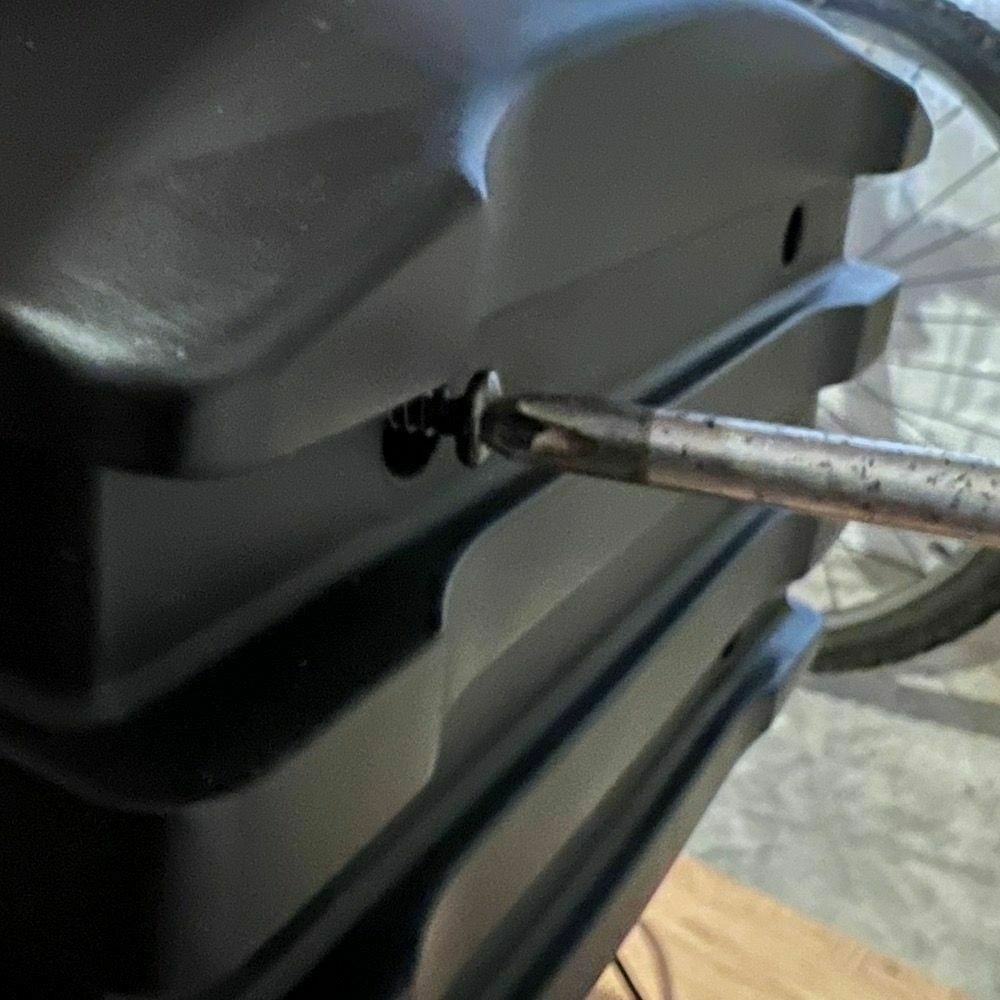
Two more screws to remove on the top above the footplate.
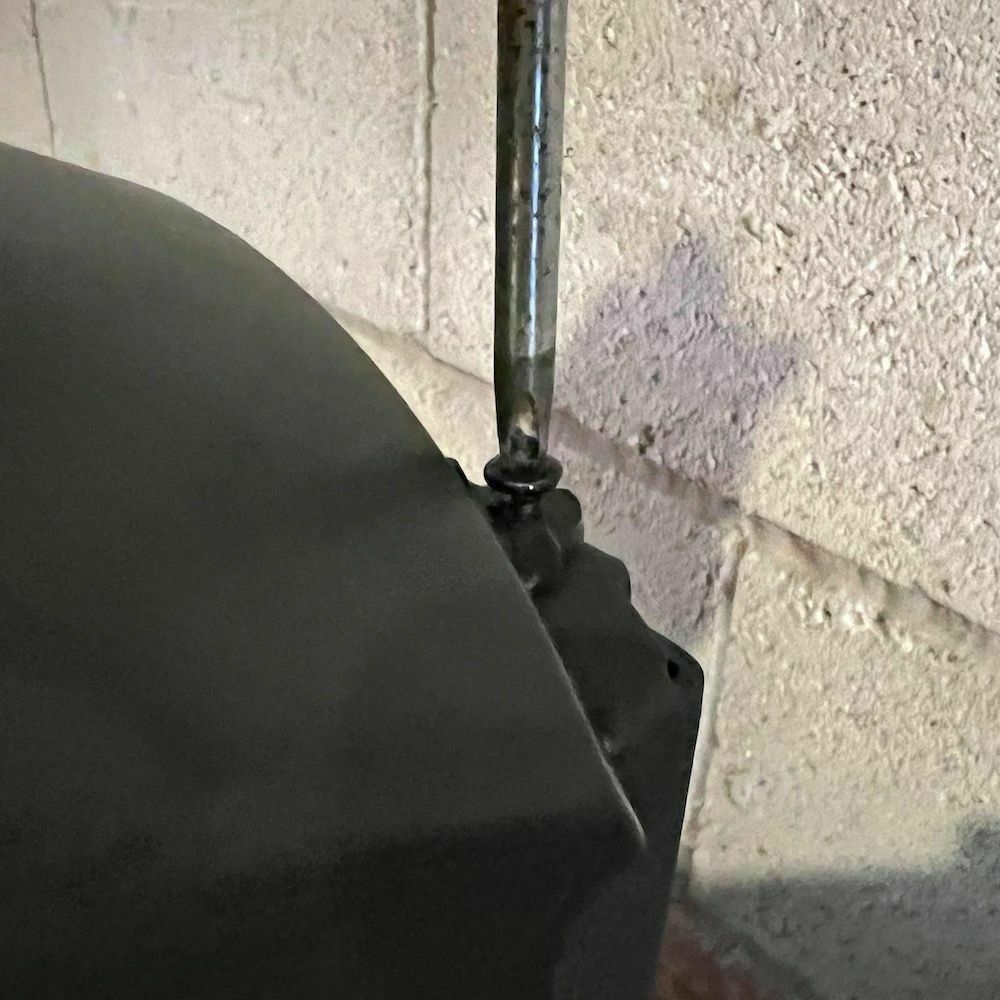
Once removed, you can remove the curved surround from the back of the machine.
One removed, you will be able to see inside the read of the Nordictrack Cross Trainer. Look down on the machine’s right-hand side, you will see the silver cable join that you need to adjust.
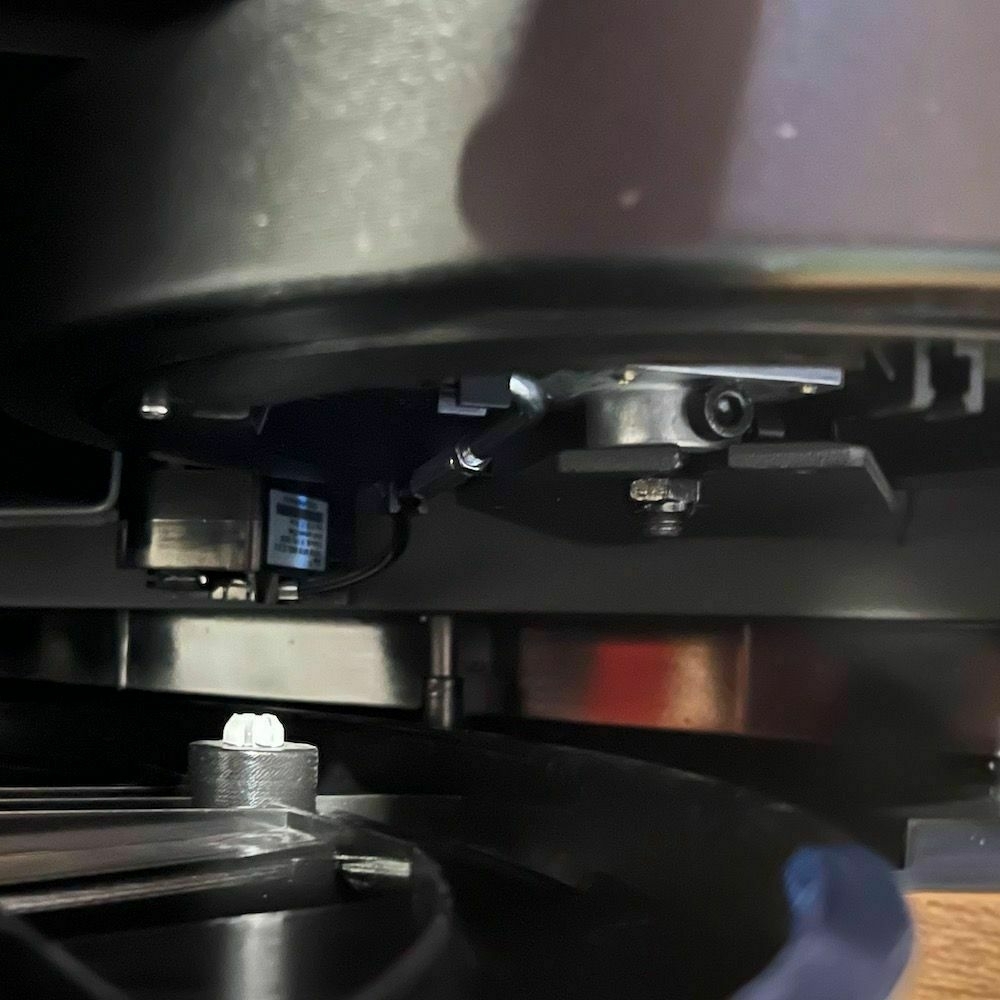
Mine was finger tight, but you may need a small spanner to make adjust the resistance. To accomplish this, first loosen the smaller nut away from the longer piece. Then you can adjust the longer piece to your desired effect. Unscrewing makes the resistance decrease, tightening makes the resistance increase.
For more information, watch the below section of video.
The advantage of not taking lots of the machine apart is you can now test and readjust as required. Mine required lots of loosening. iFit recommends a starting point in their workouts of resistance level 7, but your ability will vary.
It’s very unlike the world of Twitter to lose its mind when the company changes something about its app or service. More words were written about the move to 240 characters than the world needed, but most users just get used to the noise. Some throw all the toys out the pram and quit. Perhaps move to Mastodon for an hour and come back, but as a Twitter developer, you have to expect the outrage when you mess with the timeline.
For some strange reason, Twitter have been obsessed with forcing users, or at least fooling them, to use their ‘home’ feed for a very long time. One not composed of reverse chronological tweets. Instead, filled with spammy content to boost engagement, 7 different tweets that someone you forgot you followed liked, and random topics someone somewhere decided you might not hate.
This week was no different. The big brains at the blue bird decided instead of being able to tap an icon and switch between the way your timeline displays, both need to be pinned side by side.
There’s no denying that, when social networks get to a certain size, some algorithmic sorting and pruning is recommended. Simply so users can deal with the sheer value of information. It’s simply a product of scale that needs to addressed at some point or another. With that said, Twitter seems to be a different breed of social network. It doesn’t fit the mould of others (with perhaps an exception also made for Instagram) and needs to hang on to its free flowing, constantly updating nature.
Twitter has been the birthplace of some of the best movements to be enabled by social media, and indeed some of the worst issues plaguing society. Both ends of this scale are caused and enabled by an always on chronological timeline. Perhaps something does need to be done, but sorting a Twitter feed by a ranking algorithm is not it. Boosting posts by popularity could potentially lead to a much worse place.
If there is one thing that Twitter users engage with is drama, and surfacing the posts that are engaged with the most is just asking for trouble. This is without mentioning that a move towards algorithmic sorting is simply not what users want. Thankfully the rollback came quicker than I expected, but no doubt is to be followed up by a move similarly deaf to its users desires.
Algorithms, machine learning and development smarts improve numerous tech issues, but Twitter is not one of them. To kill the reverse chronological feed is to kill something at the very core of its nature. Perhaps one day, hopefully when it is not too late, Twitter will listen.
If the last two years(ish) has taught me anything, it’s that I love working from home. I have been happier, able to get more work done and also be more engaged with home life than ever before. There are a few things I miss from working with people in person, but on the whole I love it — but I’m lonely.
I am not sure what sparked me thinking about the interaction I have, of which I do have quite a lot, but the realisation is that I have very few friends. Don’t get me wrong, I have people in my life that I care about outside my family, but I don’t have any close-knit friends like I used to when I was a kid.
I’ve given up attempting to make them too because it’s almost impossible as an adult.
I don’t even know where to start, I miss the times when my motivation to be friends was that the person lived vaguely close to me. Shared similar interests as me, or just went to the same school. Whereas now, everyone I speak to has busy lives, and we all carve very little time for just being friendly.
Unfortunately, it could be a major cause of depression. Certainly, the root cause outlined in a large portion of Johann Hari TED talk is this lack of connection I feel. Online tools, and smartphone are great, they give me at least a sense of what I am missing, but can’t replace real connection. There is no excuse not to reach out to those in your life, but nothing replaces an in-person chat, or a hug.
There is an inbuilt, perhaps masculine, trait I have to accept that I don’t need or won’t ever have friends. It leads to feeling further away from the people I am forced to interact with because they are in my circle, but I really want to try. I just don’t know where to start. Do all adults feel like this?
For the first episode I would like to re-introduce a guest i recorded with last year. I am joined by podcaster, film maker and all round great friend George Chachanidze.
We talk all things in life including his thoughts on being really close to the current Ukraine war.
Check out his videos on SnappyTech.
Despite me applauding myself, I don’t think I have broken the cycle completely. Sure, the urge to scroll through Twitter every brief break in activity has subsided somewhat, but there is still work to do in getting my attention back. The truth is, for me to completely do as I intend scares me more than a little because I don’t know what I would have left.
I have posed myself several through experiments recently. Trying to work out what is sucking my attention away and what is a valuable resource. Twitter, for example, still offers me quite a lot of value and I like sharing things and having the odd rescission. I don’t know why I do. Logic would tell me that there is absolutely no reason for me to post half the things I do, yet I enjoy it, and sometimes logic and reason don’t win.
Instagram occupies a little less space in my life, but arguably should be held a little higher. However, the app and service are so toxic to attention span, I simply can’t use it very regularly. Of all the time sucking, manipulative apps that I still have accounts on, Instagram is the worst by a mile. Yet, I still feel like I have to use it. Despite me still learning, I like to call myself a photographer, but the question comes who am I a photographer for?
The fear comes from honesty. If I am completely honest with myself, and I were to go through with the things that I want to do. Such as deleting my instagram account, I am genuinely worried I wouldn’t want to take pictures any more. Which partly answers my question about whom I take them pictures for. Without the result, i.e. showing them to other people, there seems very little point.
Without question, I enjoy the process of capturing the shot, although I do hate editing because I am poor at it. So, the process does give me some satisfaction, but the result is really the reason for donging it. If it were not for Instagram, or other social media, I wouldn’t take the photo in the first place — I would just look. Meaning, I wouldn’t be a photographer at all.
Steven Lee Myers, Paul Mozur and Jeff Kao writing in Bots and Fake Accounts Push China’s Vision of Winter Olympic Wonderland:
While China’s control of what its domestic viewers and readers consume is well established, the country has spread its own version of the Games beyond its borders, with an arsenal of digital tools that are giving China’s narrative arguably greater reach and more subtlety than ever before.
When dealing with world events now one of the things you have to navigate is truthfulness. The article above is surrounding the reach of Chinas government and its ability to sway a narrative, but this could be about any government or private company.
The ability to dictate the way you want things to appear seems to be getting easier. You can lead people already in certain belief structures down any path you choose. It doesn’t matter if it is a tech review, voting strategy or as we are seeing now a war being waged. What some would refer to as PR spin, or to give it the correct term propaganda, is rife everywhere.
Thankfully we also live in a time where information is at our finger tips and the fast flowing, free publishing nature of the internet usually comes out on top. The issue is when some people can’t, or won’t, fact check the stories they read.
I feel the same stresses that many people seem to be experiencing at the moment. The pressure in your mind that nothing seems to fix. The inability to concentrate and the nagging idea that you might be depressed. At the point where all the issues that the previous two years brought should be subsiding, for many of us it feels worse.
Perhaps it is my health issues catching up with me, perhaps I am just getting old, but I can’t escape the feeling of dread. I simply don’t feel like the person I used to, as if something has been taken from me, and I am constantly searching to get it back. For weeks and months, having no clue what was missing in my life, until I stumbled on a podcast with Johann Hari and discovered it’s my attention.
During the pandemic, I have leaned on the online world to keep me going. Relying on my online friends and the ever-changing discourse to keep me entertained and engineer at least some kind of normality. For this, I am eternally grateful. Taking part in iMessage groups and Twitter rambling chats has been a godsend. Unfortunately, this has had such a detrimental effect on my mental health and general life enjoyment that it's hard to quantify it. An effect further exaggerated by my day job being constantly connected to the web.
This isn’t another downer post. I am not moaning about my impulses to open Twitter constantly. I am not berating the internet for doing something that makes good business sense. It is more of my admittance that I understand it now. I know where the itch comes from, and it is inside me. I am craving something else. An escape, some company, or simply a distraction from something that I don’t want to do, and the apps or services created to gain your attention are always willing to give me whatever it is you need.
They, of course, will keep serving you whatever you require. Through algorithms and machine learning, pulling in manipulative design and gaming our system — they will always know what you require even if you don’t. Each time you log on the battle commences to keep your attention, but you don’t have to let it. It sounds simple, but it takes effort and understanding coming to terms that the motivation is in you.
I have too long been blaming everything else but myself for this. Only now after I have broken the cycle, I can see that the issue was with me all along. The internet is not at fault, it has been the support network for us all. Working, interacting and playing online has got us through, but it’ hurting us to continue this reliance, don’t let it keep you down.
Jordan Pearson writing in Bored Apes, BuzzFeed and the Battle for the Future of the Internet:
What is manifesting is not a world where middlemen are deprived of their share and data brokers are cut out of the action due to clever, privacy-protecting protocols, but rather a new online world in which seemingly anything can be financialized thanks to blockchain technology, which creates a digital infrastructure in which “every product is simultaneously an investment opportunity,” as Bloomberg’s Matt Levine has put it.
This sums up the biggest reason I can't get behind all the talk around blockchain and web3. Every single application that is outlined (none of which work in practice) is to sell you something. Investment into any blockchain is purely for monetary gain, and there is nothing wrong with that, but there needs to be a major use case outside this.
I do admit, we need cryptocurrency adoption, perhaps for no other good reason than to allow people to send money to whomever they like without governments and companies getting involved. Yet, I haven’t seen anything serious behind web3 apart from monetising everything.
You can scream and shout about decentralisation and freedom all you like, but the amount of grifting going on — and the excuses that are made that this is something that just happens — puts it in the same league as the dark web.
During the past few weeks, I have bene leaning on my Apple Watch as my primary device. It has become the answer to most of my distraction problems, and in many ways the most important in my life. Taking a step back and thinking about the use case for all of my devices has proven to be an interesting experiment, and I have come to some differing conclusions than those I may have done before. I truly now think it’s time to break away from the smartphone and introduce more add on devices.
When I am sat at my desk, much of the time I do not know where my phone is. Not because I am so pretentious I just don’t care, but because I don’t need to. Apple has done a remarkable job of making all of their products so integrated that often my phone goes missing for hours. Anyone texts me it pings my Mac (iMessage or not) when they call I can answer hands free or use AirPods for a little more privacy, meaning I never miss a thing.
This, of course, happens with an iPad just as seamlessly, with everything synced across devices for good measure. This isn’t perfect, but the vast majority of the time, I frequently wonder why I have a phone at all. Alas, Apple place so much emesis on the iPhone that I couldn’t do this without it acting as a relay. They seem dead set on never freeing the Apple Watch from its grasp, and perhaps they should reconsider.
Granted, to live a completely free life it may take more investment. However, I would much prefer for another device to take over as the fulcrum and make everything else add-ons. The most obvious of these would be the Apple Watch. Picture a world where this is your ‘main’ device. You can pick up and put down devices as you choose, and they can action anything you need.
Using your iPad, it becomes just like a big phone. Have a smartphone with you, then it works as it does now but when you don’t need it, you just turn it off. Require a smaller phone for the weekend away? This becomes much less hassle if your phone is a satellite device for something else.
This is without thinking about the rest of the add-on devices that could be possible, or simply work better once it breaks free. Mixed reality and potentially virtual reality devices will be launched by Apple soon, so I could envision a world where all I require is my Apple Watch and some glasses. It makes perfect sense for the ability for my Apple Watch to be everything because it’s always strapped to my wrist. It's time for it to break free and become a device in its own right and work better with everything else.
The Tim Ferriss Show 477 with Yuval Noah Harari:
the way that we will get so used to having these computers and robots that are very attuned to how we feel that we might become even more irritated with the humans who don't feel who don't react, who don't understand how we feel it don't reacting in the right way.
For the longest time I have been trying to figure out why people don’t seem to be able to take up opposing views but still communicate well. Discourse seems to break down far to quickly into name calling and there is a complete intolerance to other sides of arguments. TO put things simply we don’t know how to argue correctly any more.
I’ll say it before and I will keep saying it, the most important conversations in my life, those that have taught me the most are with people that don’t think the same way as me.
And then part of the problem is that so many people like everybody, often self centered. So I don't get what my husband is feeling because I'm too focused on my own, my own feelings. One of the reasons that computers could be better than humans in this is that they don't have feelings.
Unfortunately tech creates safe spaces to limit integration with apposing view points as little as possible. The mighty algorithm creates a feed where everyone reacts the way you do to everything. Limiting your understanding of other points of view. Becoming used to social friendships built on the back of shared interests and dedicate less and less time to those that don't behave as we think you should behave. There is no time for people that we have to make an effort to understand.
But there is no problem with this because it makes us feel great inside, we rate ourself higher because the AI understands us better and gives us the things we need. Keeps us happy, but destroys real community with it.
Dan Counsell writing in I Will Not Buy Another iPhone:
Doing whatever they can to get my attention. The trouble is, I'm a sucker.
Whilst I get it. The natural response is to blame someone else for the things that are wrong. The alternative, as Nir Eyal highlights in Indistractable, is to feel shame in your weakness of not being able to resist temptation. The reality is that many of us are welcome aware of the manipulation going on, so are more than able to resist.
Marketing is not “too good”, you are not a “sucker”, and are more than able to take back your attention that has been stolen. Yet you must shoulder some of the blame to begin to do so, as bad as the internet is, it’s your fault too.
Nick Heer writing in Trust in Google Search Is Dying:
Big publications are all trying to do their own take on the Wirecutter for home goods, and results for software are mostly marketing disguised as informative articles. Perhaps declining trust in Google’s results may be better attributed to an overall decline in the quality of what is on the web. Websites are increasingly optimized for revenue generation on their own terms, so marketers desperate to get on the first page of Google results have broken it as a search engine.
Search results now are absolute trash so it’s no wonder trust in results is failing. You have to dig through ads and SEO inflated adverts in disguise to find anything useful.
As thankful as we should be that good search exists, algorithms have made almost everything bow to the Google overlords and you can blame them. If you don’t rank you don’t matter. You don’t need to be the most trustworthy, or even present things correctly. Just just have to know how to game the search.
This started off life as a link post to an interesting video on Matt Birchlers writing set up. However, it quickly spiralled out of control into me writing regular expressions, editing javascript and spending two days making this set up my own. If you’re into doing anything like this, then the best place to start is his excellent video below.
I’ve been using Obsidian for a while and created quite a robust set-up for tasks, notes, and everything else. This lasted a while but started to fall away the longer it went on because I still had to use other apps to get things done, such as Ulysses. The thing I have found about being consistent is to remove as much resistance as possible. Cutting down on the chance that the idea will slip away, or the task just won’t be completed. So transferring fascinating links in Obsidian and then then into a writing app or Ghost was untenable.
So, thanks to Matt, and a few tweaks I have found something that really works and in the process I have even moved reading apps!
Despite being in the beta testers since really early on, Matter never really stuck with me. I was a hardcore Upnext user and nothing could tear me away. That was until the team kept updating and improving things to a point I had to go back. Matter allows me to read all the articles I want, highlight them, make notes on them and then push them straight into Obsidian (and Notion too is thats your thing).
By installing the Obsidian plugin, all of my notes and highlights are pulled in and displayed for later reference. I use this to refer to things, link notes together, and research some topics that come up whilst digesting my reading list. To make this my own, I had to edit the javascript to display things exactly as I wanted. My biggest desire was for the highlighted quotes to appear as markdown quotes and a title at the top. Matt walks you though how he did his, my changes are made in the same place as follows.
# ${feedEntry.content.title}
${this._renderMetadata(feedEntry)}${annotations.map(this._renderAnnotation).join(“n”)}
.trim();
}
_renderMetadata(feedEntry) {
if (feedEntry.content.publication_date) {
const publicationDate = new Date(feedEntry.content.publication_date);
const publicationDateStr = publicationDate.toISOString().slice(0, 10);
metadata += Published Date: ${publicationDateStr};
}
if (feedEntry.content.author) {
metadata += Author: ${feedEntry.content.author.any_name};
}
metadata += "n";
return metadata;
}
_renderAnnotation(annotation) {
return > ${annotation.text}${annotation.note ?
* **Note**: ${annotation.note} : “n”} `.trim(); } };
If I decide that the quote, and my thoughts are interesting enough for a link post on my blog, then the second step is to get that into Ulysses. To achieve this, I use the MacStories Shortcut Launcher Obsidian Plugin and link this to my Link Post Apple Shortcut.
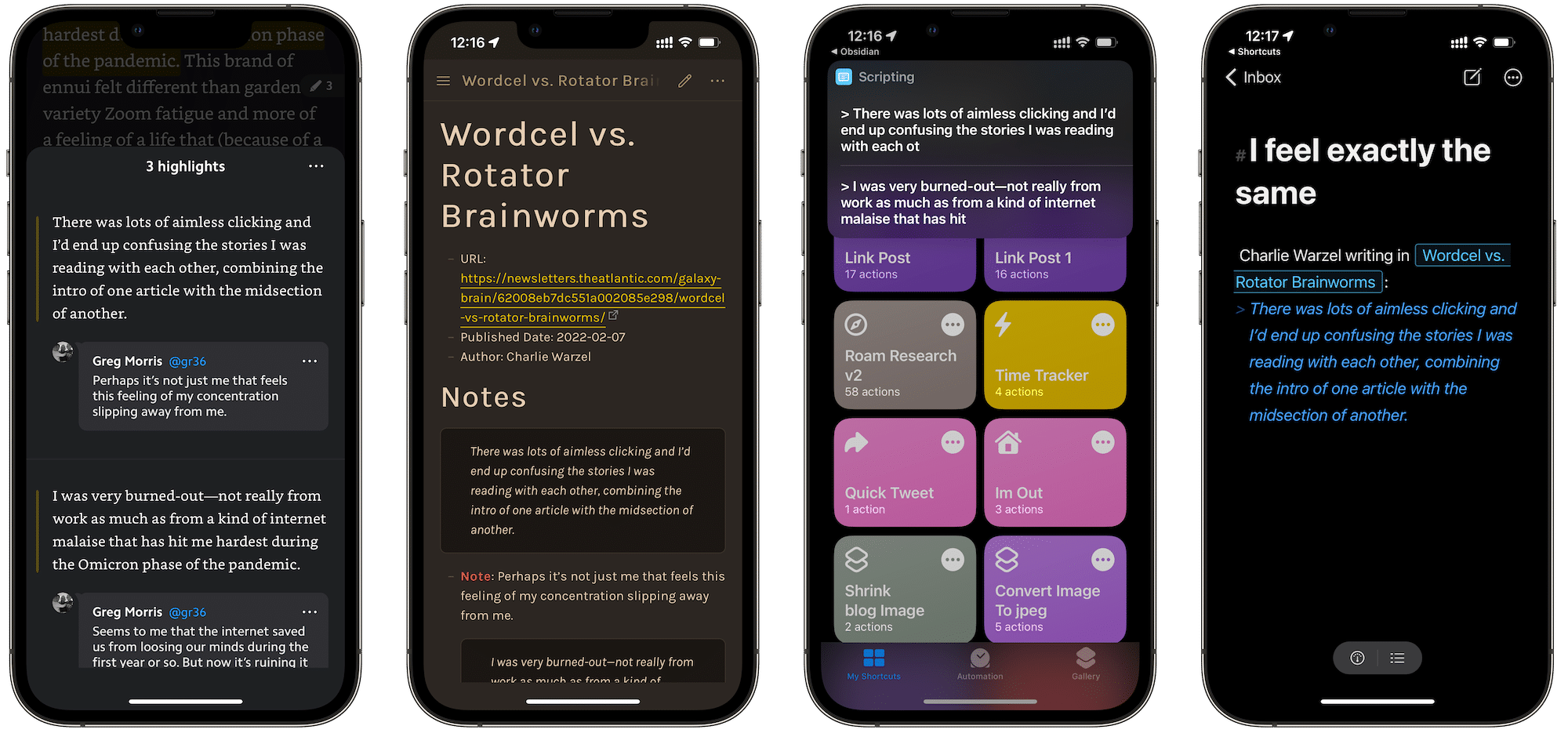
With thanks to Matt once agin for sharing his Shortcut with me, he got me quite far down the road. Due to me messing around with the way I wanted the information to be displayed in Obsidian, his regular expressions didn’t work, so I had to customise this quite a bit.
This Shortcut looks for the title, URL, and Author. There’s also some customisation with the option to select the quote you wish to use and then the facility to add a different title to your post. It works on Mac and iOS; however text input is a bit finicky on macOS (as all Shortcuts seem to be). Regular expressions are the key here, so the shortcut is pretty messy and probably could be better, but the elements are as follows.
(?<=Author:)(.?)(?=n) does the same but with author.
^(#)s?(.+)n{1,2} finds anything in the document that is H1, i.e. a title with a #.
>(.*?)(?=n) finds all markdown quotes in the document.
It is unusual for me to show more than one quote in a post as I try and pick something that sums up the whole point. Or sometimes pick up smaller sections that hit me personally but don’t necessarily reflect the whole post. If you wish to pull out all quotes then deleting the ‘select from list’ section will transfer all into Ulysses.
All of this is rearranged into my set-up I publish link posts in and then opened in a new Ulysses sheet. I promise not to spam everyone with loads of link posts. In fact I don’t post many of them, but this set up has already meant that I have referred back to what I have been reading a lot more. Obviously, your millage may vary.
For the last few years, I have been looking to go back to simpler times. Ones that didn’t try to hack my brain every time I open my phone. Or, in fact, a time when I didn’t need to carry a phone with me at all. Those times might be long gone, but I can’t just give up on my dream without a fight. After a bit of backwards and forwards, I think I might have found the best minimalist phone.
After experimenting with older devices, I felt unfulfilled and sometimes caused more hassle than they are worth. Recently, I tried a ‘dumb phone’ in the Punkt MP02, which left a lot to be desired considering its £300 price tag. Couple this with the realisation that I need to be able to access some apps occasionally (How on earth do you do banking nowadays when the branches are hardly open?) – I was stuck. That was until I realised I had the best minimal device to replace my phone the whole time – my Apple Watch.
I’ve been in love with the Apple Watch, particularly a cellular version, for as long as I can remember. It allows me to leave my phone at home when I don’t need it but still be contactable, yet I couldn’t see its real usefulness until I took a step back. I truly think this could be the best minimalist approach to a world that seems to demand a smartphone.
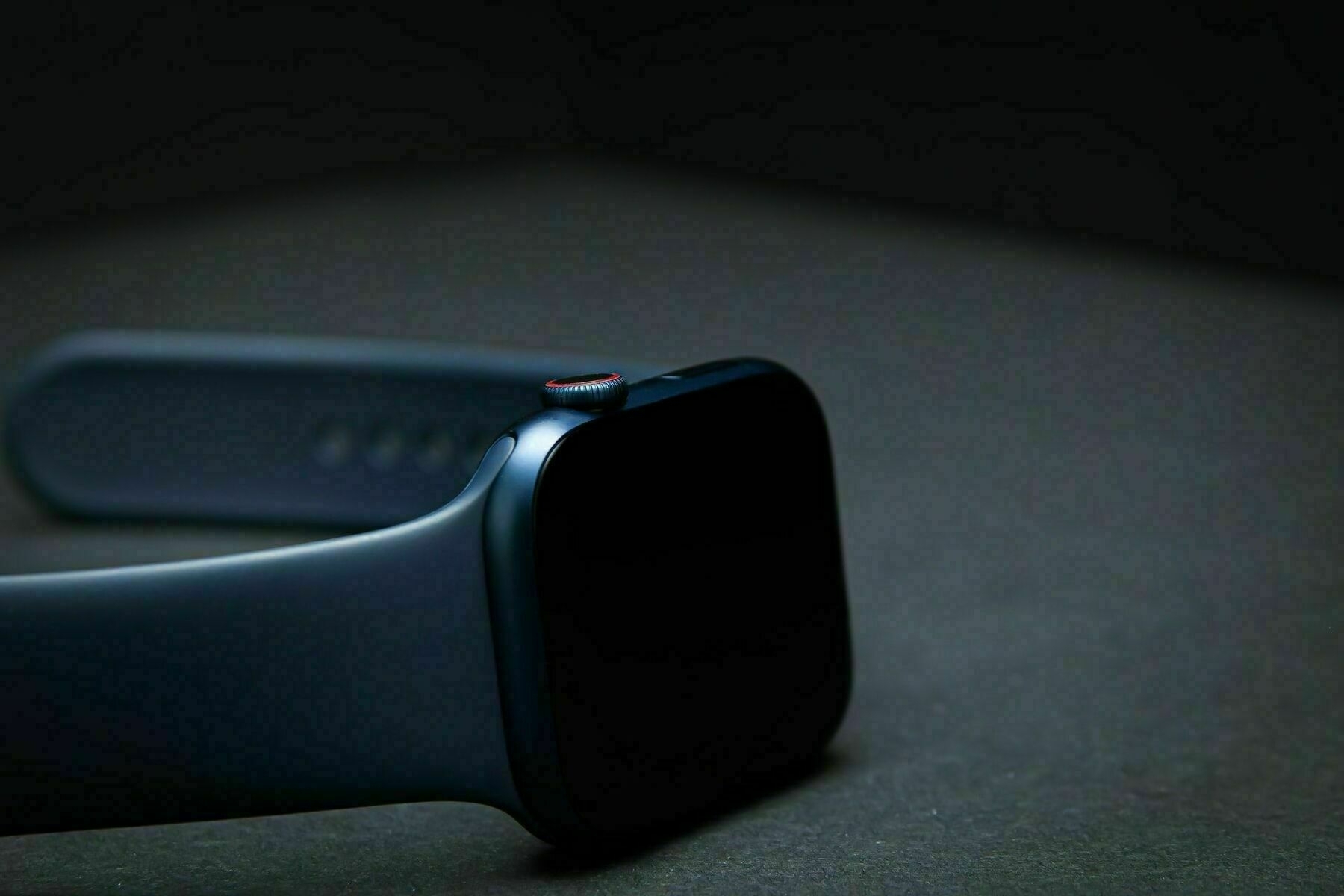
The screen is small and, although perfectly nice, isn’t appealing at all. Nothing about it tries to hack my brain to use it more. It just sits and does its thing without intervention until called upon. It has very few apps installed on it, most of which I can control and remove if not needed. Many services are not updating or removing their apps from the Apple Watch because they missed the point of it, but those that remain can be completely independent.
The notifications on Apple Watch are surprisingly powerful, but I did have to do a bit of work to turn many off. Apple still likes to ping you for far too many things by default – rings notifications, breathing stuff, hand-washing, and fitness all set to off. Sure you can also do this to your phone, which is recommended, but the Apple Watch just slips up a sleeve and becomes almost invisible when you don’t need it.
There's no conversation distractions, no facedown on a table dilemma, and no reason to not pay attention to the world. Much like a dumb phone, it just waits for interaction from others. Taking up very little space in the world, and much of the time you can't tell it’s there.
Podcasts and music work perfectly, streaming over LTE and playing through my AirPods is a dream when out and about. Not to mention, Apple Pay still stores all of my cards and allows me to pay exactly as I would with my phone. Unfortunately, the weird looks and slight embarrassment when using your watch never subsides.
As someone who has health issues currently, the Apple Watch has really shown its usefulness. Being able to pull my phone out or share data with a healthcare professional that proves my resting heart rate, activity levels and all sorts of other indicators is wonderful. Having a device strapped to my wrist that is actually more useful in many ways has proven to be great to rid myself of other devices when I don't need them.
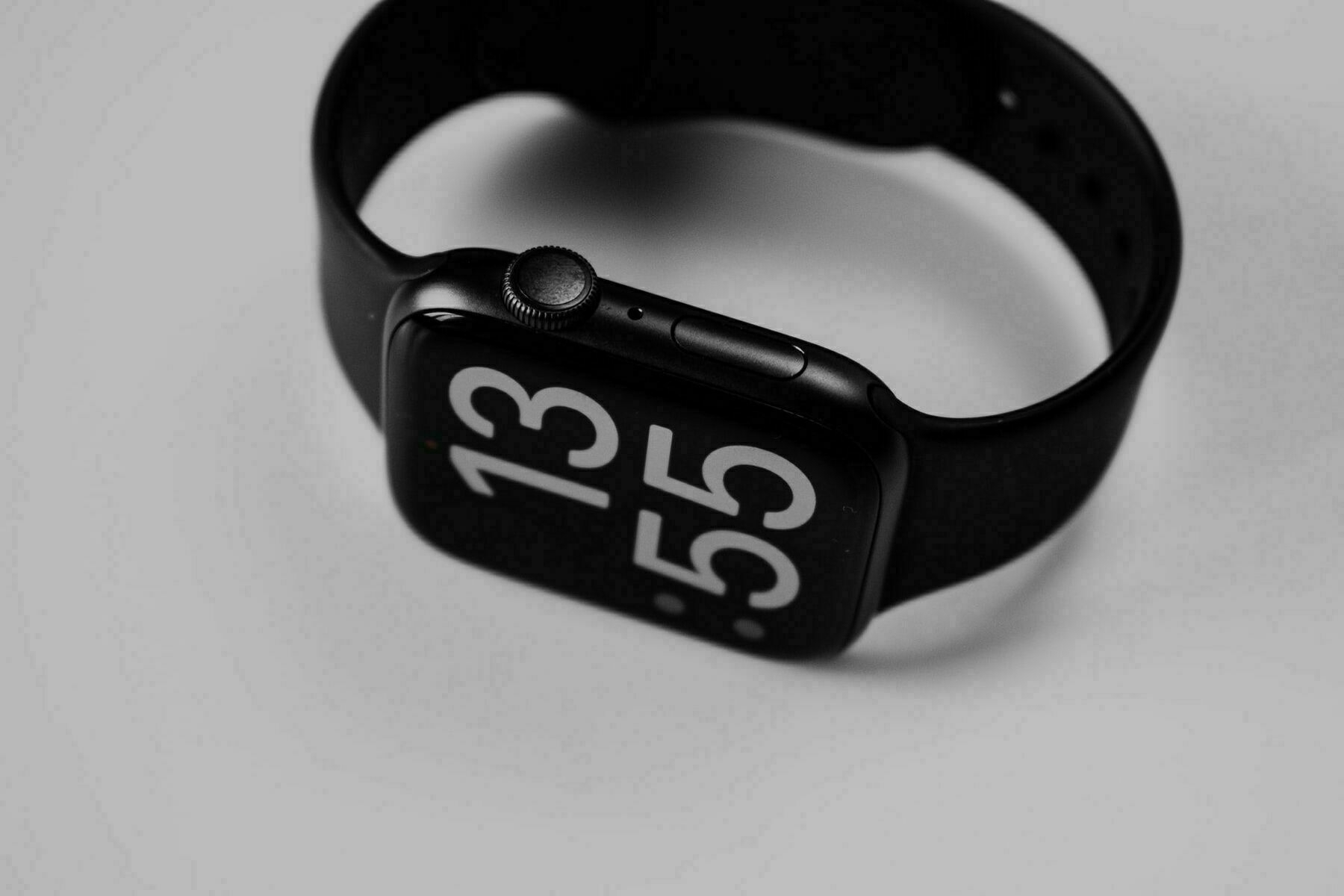
With all this said, the thing I love most about adopting this approach is that it asked nothing in return. I can’t use it for much, but I can use it for everything useful. All whist not being a phone at all. Unfortunately, I still require a phone to set the Apple Watch up, but the bonus being that for those times I do need a more regular looking phone I have one. However, due to just how useful my Apple Watch has been, should it ever rid itself of the iOS reliance, I may consider not replacing my phone.
Perhaps my perfect combination would be an iPad Mini and an Apple Watch. I can't see a future where the smartphone won't dominate our lives, but I am some way to freeing myself. The Apple Watch gives me a semi-smart device when required, and the accompanying phone gives me a phone if I really need one. Which isn't frequently, it sits alone on my desk because I don't use it much. Even less now.





















Coverage from Steriogum on Neil Young pulling his music from Spotify :
In a open letter to his management and record label, which has since been taken down, Neil Young has asked that his music be promptly removed from Spotify, citing COVID-19 vaccine misinformation on the platform. “I am doing this because Spotify is spreading fake information about vaccines – potentially causing death to those who believe the disinformation being spread by them,” he wrote. “Please act on this immediately today and keep me informed of the time schedule.”
If we are to constantly blame social media platforms for the miss information posted to their site (and we should). Then it only stands to reason that scrutiny should fall on everyone else too.
Where are the false information flags on podcasts, or even songs? Joe Rogan gets held to account more than anyone else because he’s so popular, and controversial. However his reach could be so damaging. There is only so many times you can hold your hands up and say “well I’m a dummy what do I know” before it wears thin.
Cheri imploring me to join no social media club but not to talk about it:
My feelings are true to me, but I don’t want others to feel judged for what they choose to do
Everyone knows it. The first rule of any club, doesn’t matter if its fight club or NSM club, is you don’t talk about it. Breaking rule one is sacrilege and can lead to club banishment. Or in my case, people feeling bad — and I’m sorry.
I’ve had a few conversations over the last couple of weeks with people that I have talked through my choice to back away from social media and I’ve needed more words that I expected. Once you utter the words that you don’t use social media it puts anyone that does on the back foot.
Like a subtweet, or a slight of character it can feel personal. As if you’re casting aspersions towards anyone that does. Which in my case is not the case. I love sharing my thoughts and feelings on my blog, but also don’t want them to interfere with those of others.
There is no judgement here. You won’t find any big push to make you do something you don’t want to do. Whatever you choose to do with your own time is cool with me. More though needed when sharing on my part I think.
Charlie Warzel talking about Wordle in Galaxy Brain:
Wordle’s success has scrambled the brains of people in tech who have a reflexive desire to monetize things that are popular.
What if I just want to do a thing because I like doing it. Not everything has to be sold, marketed and developed to a stage where i hate it. I just want a past time that I enjoy doing and sometimes it even costs me money! Take writing for example every platform now wants me to market it, sell it and build a brand when that is not what I want to do at all.
the fact that the game is immensely popular suggests to me that maybe, just maybe, there’s a quorum of people who are tired of things that feel extractive
Subscription fatigue is one thing but you can tell when things are trying to get things from you to fund it. Data, attention, or just setting you up for the payment hit later on. It feels exploitive and you can small it in the air from the start.
When I wake at silly times in the morning and get out of bed, I don’t even know why I put the TV on. I am not bothered about what is showing on the screen, it doesn’t light my way in the dark, I must turn the volume down so low it is impossible to hear. Yet, it’s always on because I can’t face the fact that I am staring at my gadgets.
Though it could be argued that my TV screen is nothing more than a larger one sucking my attention. An alternative to the smaller one in my hand, or the slightly less small one on my desk. It doesn’t feel as guilt ridden. If it's on, I’m not just staring at my phone, I am watching TV and happen to be using my phone at the same time. I am second screening but not really.
When, in truth, the screen is nothing more than background noise to make myself feel a little better. Simply lit up to offer a little self assurance that I am not lost to the doom scroll or never-ending dopamine hits of red dots on my devices. That’s what other people do, not me. I might select a documentary to play while I pay little attention. Just to really prop up my ruse. Fooling myself that I am learning or consuming something worthwhile instead of doing what I don’t want to admit to myself that I am 100% doing.
The mental gymnastics my subconscious does to try to appease my ego is comforting. At least I can sit here, at 3am, safe in the knowledge that I am watching TV and perhaps learning something instead of loosing sleep to my phone. I am better than everyone else after all and deserve this background noise just to drown out the screams from my logical brain.
For years, I have imagined a future I seemingly cannot attain. One where I no longer have a need for a smartphone and don’t share my life on the internet. Perhaps I retire to a cabin in the woods. You know, that type of thing an old person raging against modern times would do. Granted, I am not old, and I have accepted the smartphone need, but what exactly would happen if I did quit the rest of it?
No one I know seems to have managed it. At least no one I hear from any more, and that’s the point, isn’t it. As Cheri points on in No Social Media Club, 30% of Americans don’t use social media at all, where are their ideas published? The only ideas I can take in are those that want to quit and either can’t (me) or don’t really want to (also me).
The fact is, I am also worried. Worried about the feelings that also disappear if I were to somehow slip out of the grasp of social media. By some chance that I lose my motivation to share my life online and interact with others, would I also share my voice? The reality is that if my motivation to share were at some point removed, so too would be my drive to write.
Would I become another person lost to the no social media club? Never talked about, unless someone occasionally remembers that person who managed to quit it all. Looked back on with the same weirdness as I remember the kids at school that didn’t have TVs at home. It didn’t matter that these families were tight-knit, much happier and actually enjoyed each other's company — the weirdos didn’t even watch the X Files!
I wasn’t around to publish before the platforms took over, and somewhere in an alternate timeline there’s a me that never started sharing things. Does he still write? I am positive my blog would die along with my interest in other peoples lives. As much as I do not write to be read, my whole blog is built around sharing thoughts and ideas to faceless people. If I don’t share with people I like, I doubt I would publish at all.
The straw that broke the camel's back, or broke my relationship with Facebook, was a podcast on ghosting. I am pretty sure everyone knows what it is by now, but in essence it is the idea that you don’t want to deal with issues so you just ignore them, and by them, I mean people. I didn’t like the idea that I was cross posting to Facebook, as if I were there, but never replying to any posts. I was Ghosting.
That was more than 4 years ago now, and I don’t regret it for a second. However, I see the same social media ghosting going on all over the place. In an effort to cross posting everything everywhere there are massive holes developing and some times it’s sad to see them. I am guilty of this currently, I haven’t quite figured out what I am going to use and what I am not, so Twitter cross posting can come across a bit rude. I can only apologise.
There’s a certain level of expectations from comments on social media. Sure they don’t all deserve replies, but I might be in the minority here, but it feels weird to leave the service completely. Sure, you’re not responsible for where your content gets posted, but cross posting appears just like a normal post. So, I’m a bit uncomfortable with it. On services such as micro.blog this is really obvious. It is littered with users that have signed up at some point, added their RSS feed and have not checked in for a long time.
Posts are receiving replies, asking questions and giving feedback to no avail. Many users seem under the impression these posts are by active users, which is a real shame. Twitter, Facebook and Mastodon are littered with these ghost posts. Does it matter, no, is it something I think about, of course. It’s great to be able to share your work everywhere and get more people to view it, but I like to monitor it at least a bit just so I don’t seem rude
To be honest, I never wanted to talk about the metaverse. An idea that has been floating around since at least the 70s that we are all going to live in VR one day. Populating a world that replicates our old one but allows us to do it somehow better. This idea only being pushed into the forefront again because Facebook wanted to take some light off its rubbish pile of a service.
Instead, insisting the company, now called Meta, was going to focus its efforts on building a metaverse for us all to live in, and this couldn’t be further from what people want if they tried. There’s no denying that technology will get to a stage where it can augment, and in many ways replace, the real one. The sad fact is we might need this if we continue to build data centres and mine cryptocurrency to buy digital crap instead of fixing the world we have. No-one want it to be built by Facebook, though.
Yet, the fundamental idea presented is flawed on so many levels, I am surprised we are still talking about it. That is without the notion that a company like Facebook is going to power such a world to begin with. I don’t want to even go there with the idea that Facebook can somehow be trusted to “bring us all together” when we are perfectly capable of doing that without a viewer strapped to our head. Let’s take a step back for a minute.
The Metaverse that Meta presented was one of replacement. A massive pitch of a rendered reality, not one that can actually be made, instead of the one we live in. Mark presented alternative ways to meet, make meetings, even shop, all in VR and the idea is laughable. No one wants to do those things. No worker in the world wants to have a meeting as it is. Spending time and money recreating something that no one wants to do, instead of finding a way to eliminating that thing, is Silicon Valley at its finest.
What's this? I can push a cart around a virtual grocery store and pick up things off a shelf? I don’t even want to do that in real life, and the technology available to us has already allowed that menial task to be eliminated. Do I even need shopping at all, unless it's for the preselected nutritional paste that is pumped directly into my system because I can’t take the mask of my face because of all the fun I am having watching digital concerts and chatting to my friends in VR?
To burrow down to the core of the issue that I have is that there is nothing new here. Nothing that makes the world a better place, and solves problems. There are, for instance, massive benefits of using VR for disabled people. Improving accessibility and making interaction easier. Nothing is solved by it, but another layer is added on top to make things as ‘normal’ as possible. There’s no pitch to this effect, though. Just privileged folk having meetings or watching a concert with a headset on that they could do in person, or with existing tools.
Add to this the very real side effect that all this energy and work being done is destroying our planet anyway, it seems like some kind of shortsighted dystopian story. A tale of solving problems that occur from the problem trying to be solved. Yet, the solution is already possible.

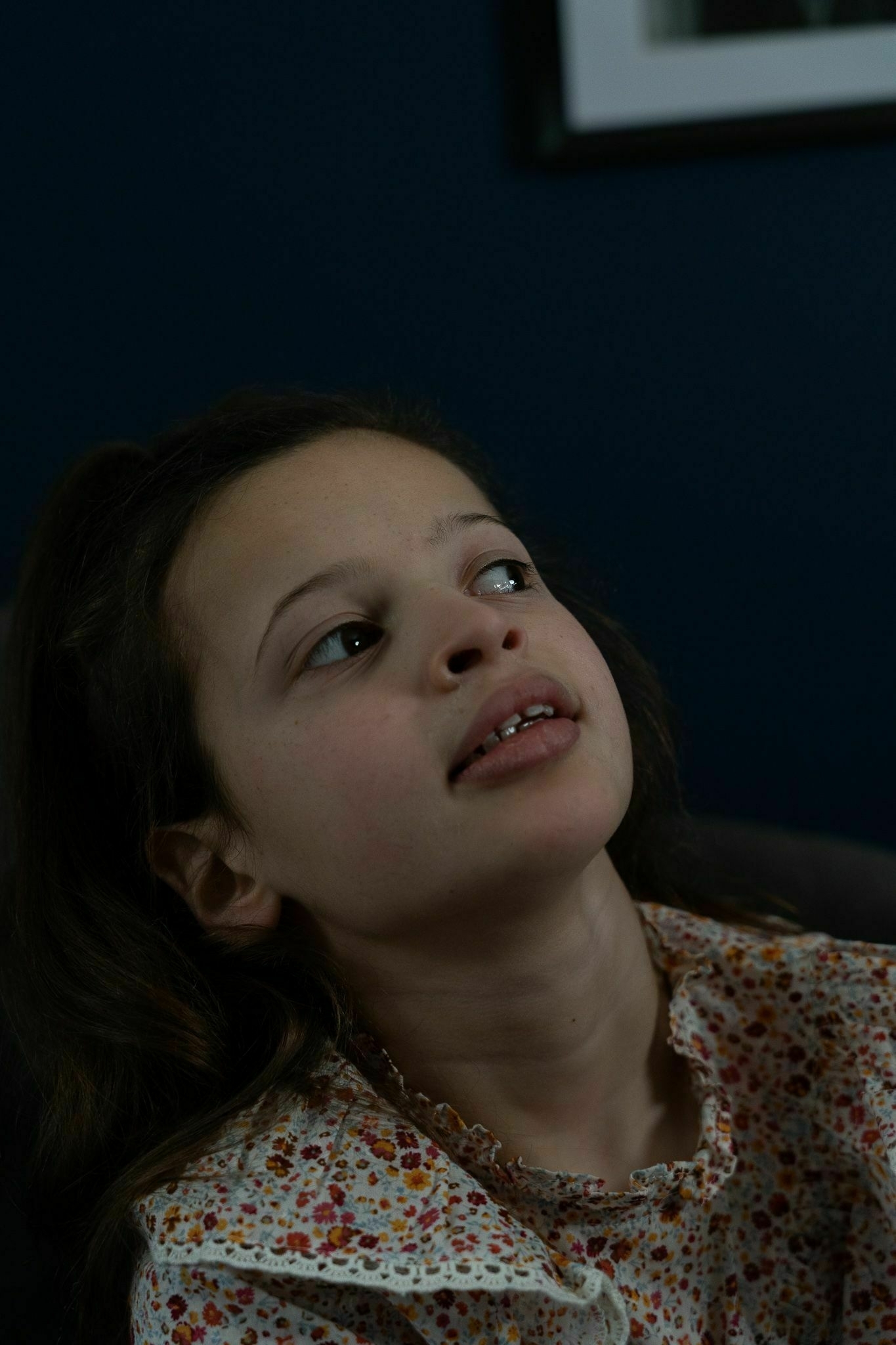

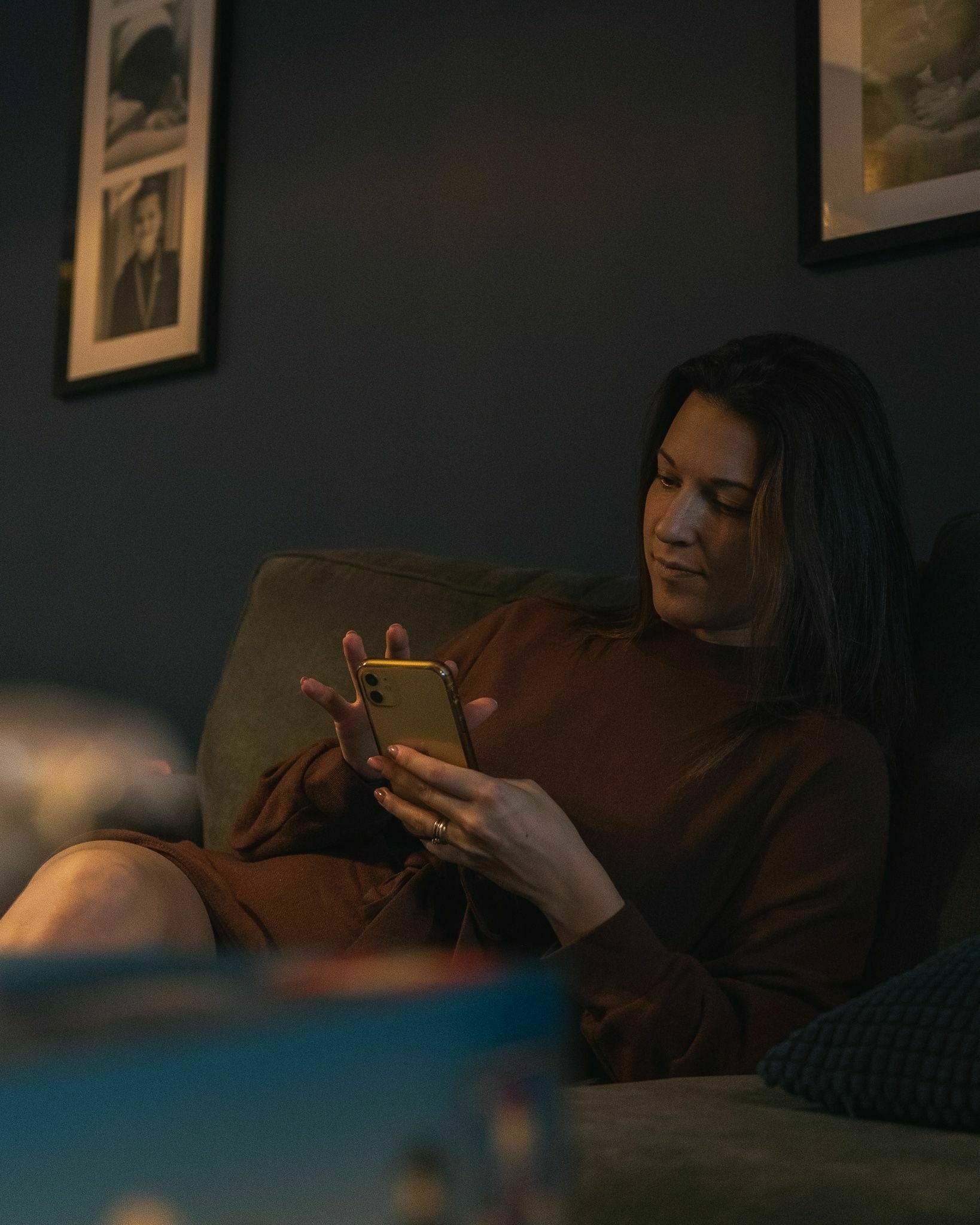

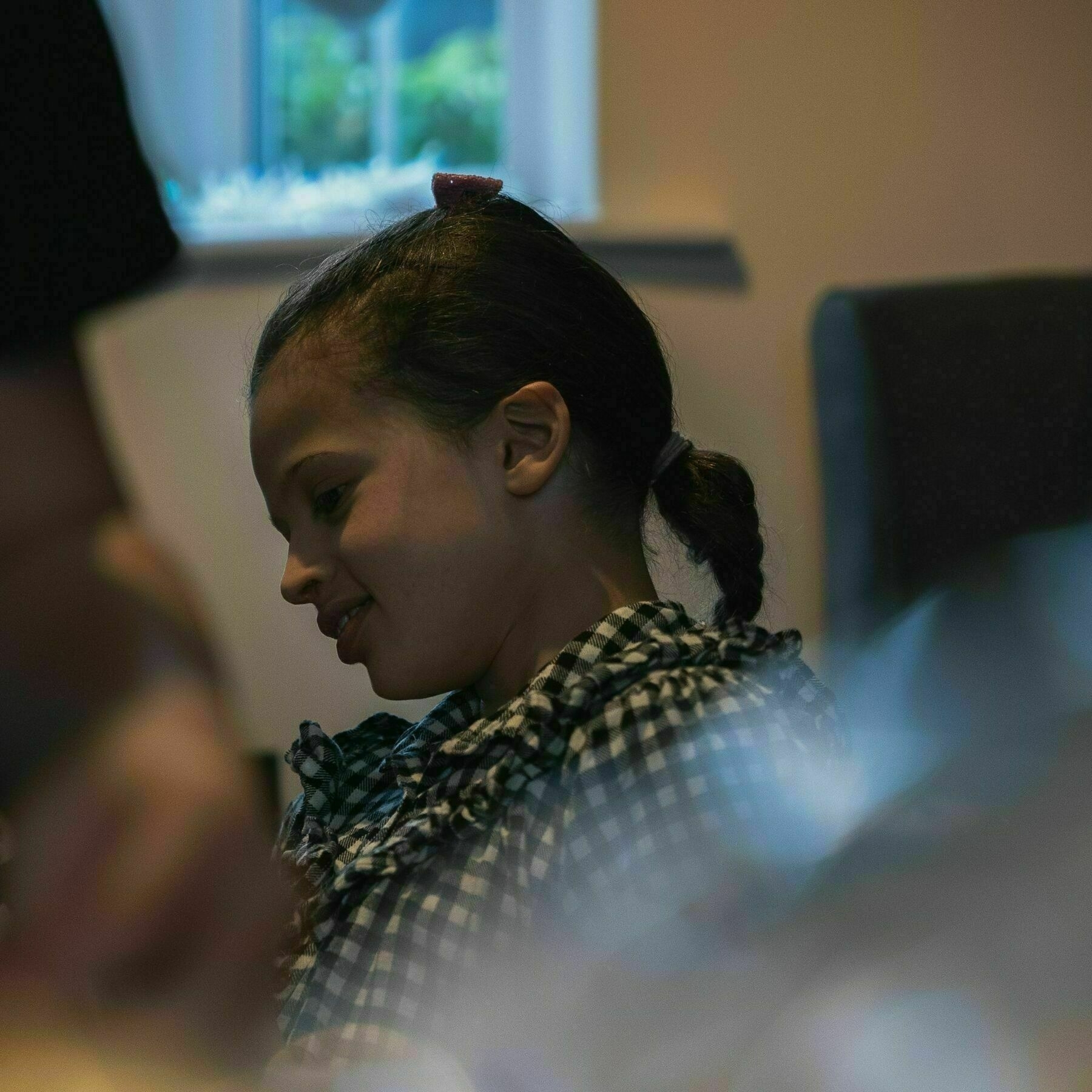

Have you ever heard the expression that the universe is a mirror? The idea that whatever you put out into it, gets reflected straight back at you. It seems a little absurd on the face of it. A theory akin to The Secret, that you can manifest whatever you want just from your frame of mind. Yet, I think there’s something in this, you know.
Ever been in a room with someone who’s in a bad mood? You don’t need to see or hear anything, you can feel the energy in the room. The stress feels as if it is leaking out of their body and often starts to affect surrounding people. That feeling lights something in me and I often need to get out of there straight away. It makes kind of sense thought when you think about it.
All the negative stuff we put out or see every day must go somewhere. Crappy tweets, passive-aggressive comments at work, it can’t hurt to be mindful of it.
Since listening to a fairly out-there conversation with Duncan Trussell and Aubrey Marcus, I’ve been more concerned with the negative energy I put out. This isn’t directly anything to do with my hiatus from Twitter, but there’s got to be some benefit to not seeing all that the cesspool has to offer, numerous times day. Given the fact that some people learn to express more outrage over time whilst using social media has been scientifically proven, it could be manipulating us all more than we think.
As I wrote about yesterday, I know I am more predisposed to this kind of thing. I’ve seen the results for myself. From emotionally abusive and manipulative partners to down right aggressive work colleagues, they’ve all taken their toll on me in one way or another. So in a bid to do what I can to steam the flow, I’m beginning to be more mindful of the way I am and hope that this brings about a positive change in others. It already makes me feel better!
James Tocchio on his view that the camera matters:
I’ve been missing that. All of that. And it’s really hit me this week that I’ve spent the past couple of years thinking that the camera didn’t matter anymore. But I think, maybe, that it matters more than ever.
If I am honest, I’ve not yet worked out what all the words are, they seem jumbled and don’t really get to the point. Yet, the whole time reading I was thinking about my thoughts about my camera, so I guess that’s the point.
I have two, my A7c and my iPhone 13 Pro. After spending some time accepting that I need both in my life, they now serve entirely different uses for me. Neither is more important than the other, but I am glad I have both.
My smartphone needs to have a good camera to capture all of life's moments. My kids doing things I want to let others know about, or record a memory I want to look back on. Perhaps to show the world what I am up to and post a short post about it. I often try to put come artistic flair on it, but more often than not they are candid, slightly blurry moments frozen in time.
My camera on the other hand is for expressing myself. Picking it up to do something, or go somewhere, I want to capture with my self-expression. Like painting a picture or making some music, this is my art. Granted I am still learning, but it's the way I want to express myself outside my blog and what I am dedicated to.
There have been a few points in my life that have felt like it was ending. The specifics of these no longer matter to me, a long time ago fading into insignificance. Yet at the time, they felt like major issues that appeared insurmountable.
Of course, everything can be overcome. The feelings of major issues fade in time. Life moves forward, and the events depicted in the stories told about it evolve.
It'll go from being, you know, a book of my life to becoming a chapter to a paragraph to a line to a word to a doodle - Jason Sudeikis
Not everything happens like this. There have been turning points that need to be worked through, both good and bad. They still retain the size and gravity that the moment dictates, but they still fade in time. As Jason sums up above, depending on when the book is written, all lives events shrink in importance the further you get from them. From a chapter, to a few lines, and often become next to nothing.
The rawness of emotions regularly feel overwhelming at the time. But like physical scars, they need time and space to heal. They also need to be looked after, tended to and dealt with. Ignore an issue, and it will get worse over time. Baby it, and the surrounding area will stiffen up and make matters worse. The only answer is to deal with the issue and recognise your body and its amazing ability to heal itself, in time.
Colin Devroe on Quitting Social Media:
Not that I can’t focus. I can sit down and get into flow on a programming project more often than not. But when I’m still, when I’m idle, when I feel like I could be bored at any moment I grab my phone and scroll through Twitter which sends my mind into overdrive on a million topics, timelines, thoughts, and emotions.
I don’t think this is good for the human brain. I know it isn’t good for my brain.
It’s the last few words of this post that I’ve been saying for a while. I know the are are loads of positives in connecting with people, yet every time I move away I get “yeah but why”.
I know, for a fact, that when I use social media a lot I am a worse person. I waste more time, I procrastinate more and I think about things less. My desire to watch more films, play more games and also write more just doesn’t have time for scrolling through other peoples lives. My Twitter obsession started more than a decade ago and it’s time for me to take back my brain.
Yes I know I do this every so often. No it’s not going to be for a year like Colin. If Social Media is good for you, great, but the amount of push back I get is stupid. You do you.
I will check in a bit, but the last few days of only being able to go on Twitter on my desktop has been really helpful for me to see things more clearly. So if a little is good, more must be better, right?
Well, we’ll see. Goodbye for a bit. Feel free to reach out in other ways if you want to. Love you all.
After some inspiration from Maique I thought I would take stock of things going out of my account. I am a sucker for trying out new apps and services, often forgetting to cancel them before the free trial expires. So, I got out my bank statements and checked my subscriptions page and made some adjustments.
Apple One - We as a familly get a ton of value out of one subscription for £29.99. 2 TB of storage for photos, Apple Music for all of us, and we use Apple Fitness quit a lot too.
Headspace - we have been subscribing as a family for about 3 years now, and the £75 a year we pay is a bargain.
Ulysses - My writing app of choice, and I’ve tried them all!
Pocketcasts - I want to use something that has clip sharing in, but Pocketcasts is the perfect app for me. I have built up quite a few smart playlists, and the £9.99 a year for Apple Watch streaming, and other benefits is a bargain.
Adobe - I technically don’t pay for this, the business does, but it's the lifeblood of everything I do. Expensive but so worth it.
Netflix - Love it, watch loads of it for everything from documentaries to rubbish TV when I want to unwind.
Brain FM - Essential and my most used media app. Lifetime subscriber, so I suppose doesn’t count as a cost any more.
Hover - When I bought my domains and see little reason to move. No longer pay them for email services (done by iCloud) so the cost is minimal.
Digital Ocean - Tiny price (£10pm) for my blog and a few other bits that I run myself.
Micro.blog - Experimenting again with sharing smaller posts here, and for the minimal price it's a good service. Built a page that looks like my blog and will see how it goes.
1Password - After a few years being a faithful subscriber, Apple Passwords now provides everything I need. So, I won't be renewing at the end of this month.
Glass - Technically still a subscriber, but I don’t use the app any more and won’t be renewing in September when it is due.
Hey - Nothing wrong with the app and service, just don’t want to give the company any money.
Drafts - Tried to get back into this recently, can’t find a use for it that I can’t do with Shortcuts.
Day One - Can’t get into this whole journalling thing and if I did I don’t think I require another app to do it in. Some people seem to love it.
I feel pretty good about the amount I have cut down in the last year or so. With more and most service being rolled out by iOS recently, I have saved a packet. So, I don’t feel so bad giving them £30 pm for Apple One.
Most if the subscriptions I do pay are family plans paid annually, so they work out much cheeper and much better value with 5 of us using it.
Taking inspiration from a few other bloggers posts that I have read, I thought I would post my intentions for the upcoming year. That way everything is out in the open and there is at least a little accountability in the universe. The new year is usually when I start something new, leading to it dieing around April time. This year is different.
Nothing new is planned for this year. That’s not to say that opportunities and ideas won’t arise, but I intend to double down on what I am currently doing.
Posting every day in November was exhausting but also very beneficial. My blog has broken even for the first time in years for November and December. I am never going to make the money out of writing that I have in the past, but getting to a stage where my traffic justifies the work I do is a fantastic feeling. All from a small Carbon advert at the top of each page and post.
I will continue to post regularly, no numbers, no targets, just solid output whenever inspiration strikes. I have moulded my workflow into a great place, filed with Shortcuts and publishing prompts that I know I can continue at a good pace. Due to my increased output I like to think my writing has improved, and I know my style — which is half the battle with writing.
I have a few posts lined up for other publications in the works, so I hope that this will bring a bit more exposure to my blog and open up other avenues for creative work.
Learning new skills recently to build my new blog and take on new challenges has been enjoyable. Having ported a new theme to micro.blog I have plans in the works to do some more, as well as produce my own theme for Ghost.
This year will be one of less wasted time on social media and more learning new things to expand my skills. I hope that this again will open up more areas for creative work and allow me to progress my career.
After the usual discussions with family on New Year's Eve, we have all outlined what we want to work on this year. Mine is one of improving my social side in person and make more connections. I struggle a lot with in person socialising and lean far too heavily on social media to provide the needed conversation. How I do this is something as yet to be finalised, but no doubt will involve pushing myself a long way out my comfort zone.
I have also highlighted my desire to play more games, watch more films and also read more books. With that comes to an end, my eclectic range of things to do in 2022. My overall theme is “more of the same”, worry less and enjoy more.
A friend Of mine, Gabz has been going backwards and forwards on where to host his blog. He tried Ghost for a bit, but went back to micro.blog mainly because of a feature he likes called “on this day”. Much like some features on social media, it surfaces posts from the current date one year ago, meaning you can see what you were posting. This gave me pause for thought.
Not on his blog, it's wonderful, but the desire to look back. It is human nature to lean on our memories. They made sure we didn’t go to the dangerous places, knew what a predator looked like, and allowed us to flourish as a species. Learning and growing from our memories is a fundamental building block of success in every area of life. Yet, I am not convinced we need to do so much of it now.
Due to digital technology, almost every area of our memories are being offloaded to the web. Each image permanent, each post saved and in some cases brought back to life every so often. I take photos of my kids and life things all the time, yet have a mentality to hardly ever look back. My personality is fixated on living in the present and looking forward — but some people find looking back important.
I get a lot of benefit of offloading my mental load to other means. Even this blog is my place to think out loud and work though my thoughts to conclusion. Linking back to old posts that have supporting ideas or often changes in attitude are essential for my personal improvement. Clearly there is a massive benefit to looking at the improvements that have happened and the journey you have made through life, I am just not convinced it needs to be so fixed.
Don’t our memories need to be a bit fluffy and malleable? Would life be better if we didn’t remember so much. Just the bits and pieces we need to, in a way that suits us. Can growing and learning still happen if we can’t move away from mistakes and events that have happened?
These are all questions I have not answered yet. I am sure there will be a time when I will be thankful that my past self took so many pictures of life events. They might be the only thing to stir the memories from their sleeping place in my brain. My interest is how different we as people can be when it comes to our memories and the things we value most.
I am not the type of person to be influenced by other people's thoughts, but they often prompt thoughts of my own. Lots of talk about Glass from people I follow has led me to think about my usage, and it’s complicated to some them all up.
The simple one is I love using it. The app design is beautiful. An uninterrupted feed of great photos with a well-thought-out UI. Finding people to follow is pretty easy now that categories feature heavily. Meaning my feed to full of both the types of images I like to look at and those of the few friends I have that use Glass.
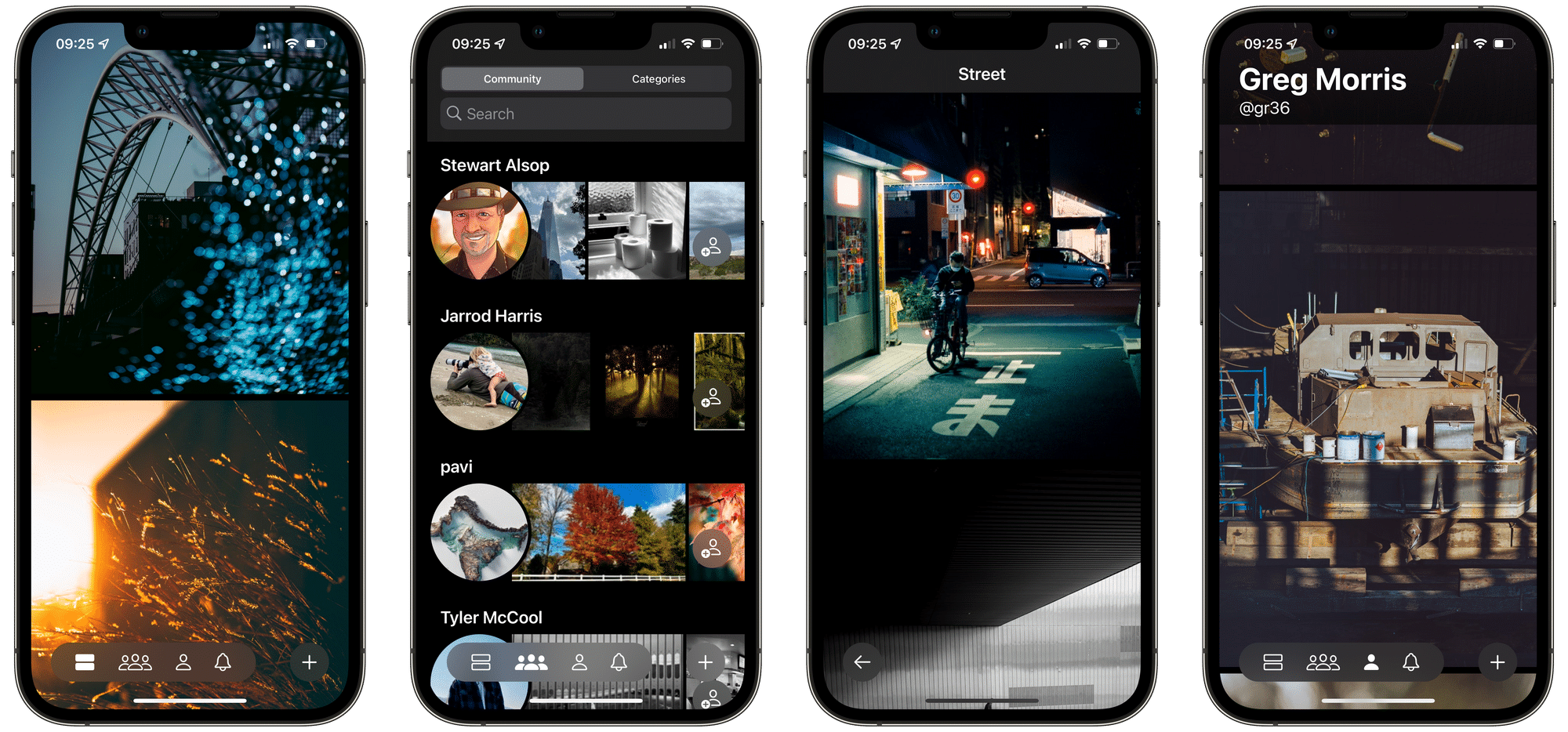
Granted, the standard of photography feels a bit intimidating. Glass is definitely where a lot of pro level shooters share their shots. Some very skilled individuals simultaneously give me imposter syndrome and teach me lots about the pictures they take. Glass can be very inspiring in terms of the type of shots that look good and the settings to be able to capture them.
With all that said, I’m losing the motivation to check it. If it wasn’t for the wonderful widget, I think I would have deleted the app by now. Trends in photography absolutely exist, but I see lots of the same type of images. All shown in the same way, and often whole sets of images posted one after the other in a ‘dump’ that floods my timeline for a long while. However, I can put up with all this, frankly I put up with a lot bigger issues by using Instagram — but posting in multiple places is untenable.
No one I know apart from nerds on the internet uses Glass, and that is unlikely to change. I don’t need Glass as a portfolio of sorts, so I think it has reached its usefulness lifespan. The novelty has worn off for many people I follow, leading me to question my usage. As nice as the app is, and as great as the team behind it are, my interest in using something so niche is coming to an end.
Some would say we have an unhealthy relationship with our phones. That for many it is a digital attachment to our hands, ever present in a world that increasingly encourages it. Others would argue it’s a revolution, allowing us to be more connected to each other and have more information at our fingertips than ever before. We all sit somewhere on the spectrum between those two extremes, but I find it essential to try to establish where you are, and where you want to be.
Personally, I have a weird relationship with mine. I don’t like to use it much, but I am stuck in a world, a job, and an interest group that needs one. Having come to the realisation that I can’t get rid of it, I like to push it to the extremity. Or at least that is the story I like to tell myself.
I don’t like to use my phone, but I do. Going through periods of addiction, then realisation, before I return to sporadic use. The reasons for this are varied. I am unquestionably being manipulated by the apps and services I use, but all of this lays at my door. The reality is that I love using my phone, it allows me to interact with more people, get more stuff done and generally be more social than I would be in person. However, using it makes me a worse person. I don’t sleep as much, I am distracted, and I hate what it does to my brain. So, I ask myself this question, often whist staring at the slab of metal and glass in my hand. What is my smartphone for?
What does it achieve? Which tasks couldn’t be achieved without it? What can I do easier? There are numerous answers to these questions, but focusing on them is important. Using the tool for the purpose you bought it for in the first place and not sliding down the hole is all about self-control. Being able to know what job your phone is doing, and what it is doing to you.
Everyone’s answer to those questions will be different. I need my phone to keep in contact with people I don’t see in person. For taking photos of my kids to save. To share my thoughts and ideas with the world. I don’t need it for scrolling through Reddit at 2am. Or for tweeting random stuff instead of interacting with people that are around me. However, for others this will be different, and some of those things will be true, but knowing this is half the battle.
Due to my fixed nature and habits I don’t change my home screen very much. It stays pretty static, containing one page of icons and some widgets in slide over and that’s it. Not using your phone much has its benefits, but a few changes are worth sharing, so here’s an update to see out 2021.
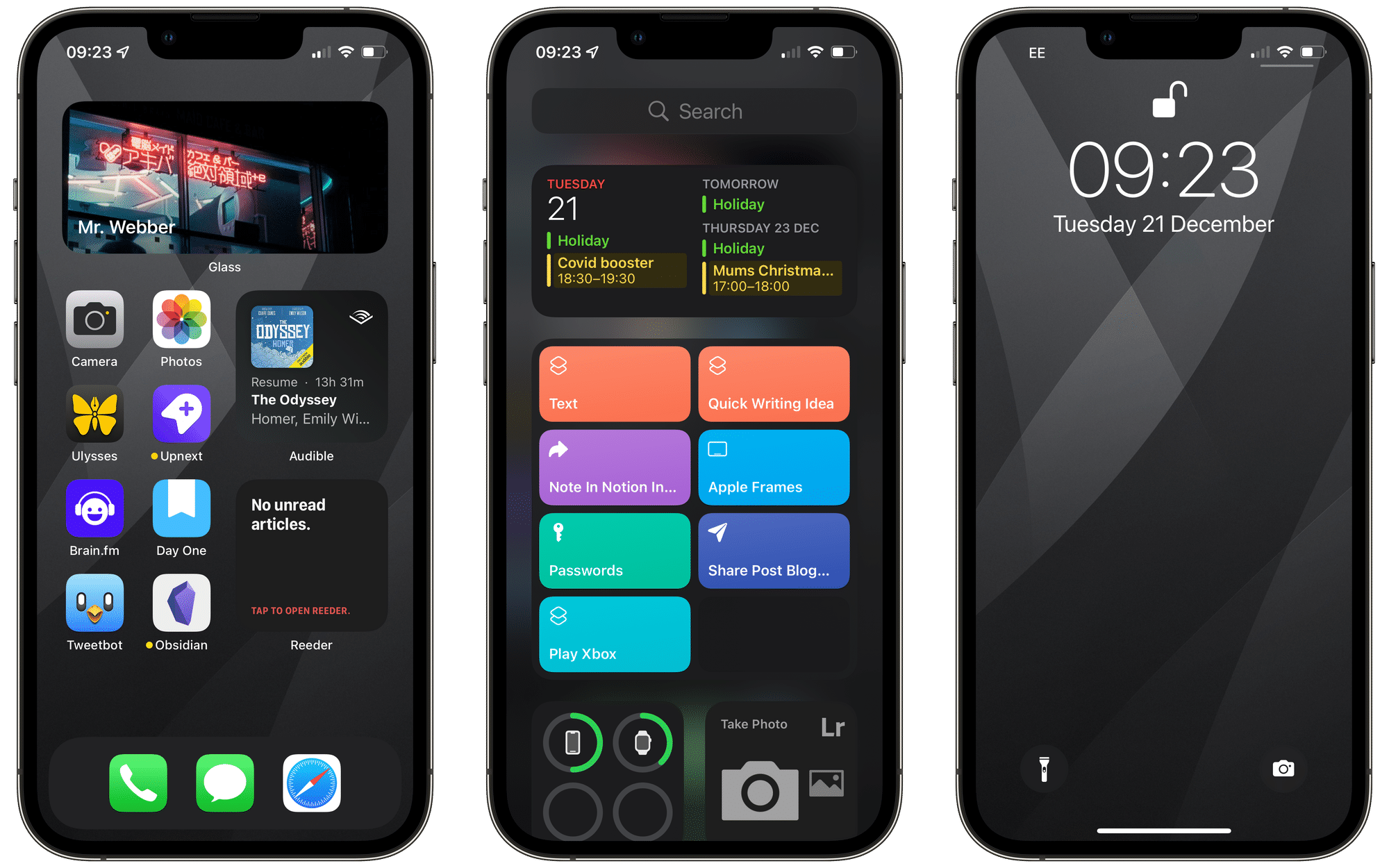
Ulysses - I think I have tried every notes app out there, and despite trying to use Obsidian for everything, I love to write in Ulysses. The small price per year is worth being able to publish and update posts in Ghost alone.
Upnext - Replacing Pocket as my read it later service. Currently in open beta Upnext gives me a place to read all of the newsletters I love, articles I save and also YouTube videos I want to watch later. All in one place.
Brain FM - This app is almost always playing on my iPhone. I love it so much that it's always on hand to play something calming, improving my focus or just so the world isn’t silent.
Day One - After using it religiously years a go I am trying it out again as a bit of an experiment. I am not certain how this fits into my life yet.
Tweetbot - You’ve caught me at a bit of a low point right now. Back using Twitter and it's on my home screen. The travesty!
Obsidian - What is there to say that hasn’t already been said. Despite falling off a little towards the end of the year, Obsidian is the app I use the most to write, learn and make notes.
Glass - The only reason I still have the app installed is because of the widget. I love having nice photos on my home screen.
Headspace (stack) - My meditation app of choice, I love it.
Pocketcasts (stack) - Despite not consuming nearly as many as a couple of years ago, Pocketcasts is the best app across iPhone, watch and car play.
Audible (stack) - Hate Amazon, Love audible. Trying to force some audio books into my life currently due to my tendency to fall asleep while trying to read!
Reeder - To gets my reading on! Love catching up on RSS feeds of my favourite content and Reeder syncs across all of my devices using iCloud (no middle service needed).
Shortcuts - Automation is central to me getting stuff done. Check out some of my favourite here.
Lightroom - I am stuck in The adobe suite unfortunately.
In early 2020 I was dismissive. Stuck with the majority of the country that scoffed at the thought that some flu couldn’t be anything more than media hype. It had happened before, and although we’d had a few scares with other viruses, it was easy to write it off.
The first step was being sent home from work, nothing more than a little holiday. I’d wanted to work from home for ages anyway. Then people started dying. A few at first and then a lot more. My wife and I sat opened mouthed as the prime minister ordered us all to stay home. A moment I will never forget for as long as I live.
All of my energy now went into keeping everyone safe. Not me, there is every chance that our family would be fine. We are all young, no medical conditions that would make catching COVID-19 dangerous. Everyone else that would be at risk was our concern. Our elderly family, those with medical issues, neighbours, and friends that needed our help — that was our focus.
We stayed home. Walked once a day with our dog. Stood on our doorsteps and clapped those putting themselves at risk to help others. My wife went back to work to help the adults she looked after, our family did its best to complete school work, work for our employers and keep everyone safe. Not for us, for everyone who required us to help.
We dedicated days, then weeks, then months of our lives to make sure those at risk got the best chance possible. Cancelling everything that would put others at risk. Holidays, birthdays, seeing family, all of that fell away. Replaced by video calls and huge group chats. Just to keep us going. Our mental health suffered, we isolated when we had to, we spent weeks not going out because doing so put others at risk. We looked after everyone by looking after ourselves.
The chance of making it back to normal came quicker than expected. Medical treatments meant that the chance of dying reduced. Care packages enabled people to survive, the waves of patients in hospitals declined in their intensity. Vaccinations came and allowed us to see a light at the end of the tunnel. Compared to what we had been through, the exchange of a few hours feeling sick in return for help with immunity was like a golden ticket out.
We saw what those suffering had been through. We lost neighbours, friends, family. We heard from people that survived, some still suffering. Thankfull that there was a way out, a medical marvel. Not perfect, but it gave us a chance.
The sacrifice was, of course, worth it. I suffered, and in many ways I still am. My family still bares the scars of staying in, some that won’t heal for a long time. Mentally exhausted from the effort to save others. None of these sacrifices are for us. Hardship in life rarely is, but to be a good person is to think of others. Help as many as you can and improve the lives of others when you can. Yet, in 2021 these values seem lost.
Lost to a world dedicated to the individual. Lives filled with selfishness and greed. Where they are all the main character and care very little for others around them. Instead of making this obvious sacrifice for the health and well-being of others, concentration is on themselves. We all did what we needed to do to get through this and are being held back by the few. We didn’t put ourselves through this for us, we did it for you.
You could at least help.
Matt Birchler on his need for photography to be fun:
Additionally, since Glass is paid and artists generally like people to be able to see their work, it doesn’t make sense for really talented people to post there (certainly not only there) because it’s limiting who and enjoy (and maybe purchase) their work.
Although this post talks more about Matts waining use of Glass, this little part towards the end stuck out to me. Echoing my thoughts about posting photos to Glass.
I wish I could just quit instagram, and Glass is precisely the sort of place I would quit it for. Although if I did, no-one I actually know would see my photos, so I have no choice but to post to Instagram as well. I am not bothered about building a following or anything, but the average Joe people are never going to use Glass. Then comes the obvious realisation that if I might as well just post to instagram.
So, here I am, loving at app, enjoying the photos posted, but still posting to Instagram.
Despite many years of taking photos, I have only visited a camera shop twice. Once to sell all my gear and another to purchase a new camera. It was the second visit that really stuck with me. It opened my eyes to the fact that the things you use should ‘fit you’ in more ways than one, and it’s how I look at the world now.
I intended to buy a new A7iii. It was the camera I had previously, it was in my price range and ticked all my use case boxes. Yet, the helpful chap in the shop made me try almost every camera in that price range and see what they felt like. To paraphrase his words:
The camera needs to fit you. In your hand and in your person. Does it do what you need it to do, or are you changing things because of what it can do?
The A7C I left with fits in my hand so much better than anything else. It has features that I value, like an articulating screen, and is the camera that ticked the most boxes. Yet, the one I absolutely wouldn’t have bought had I not gone to a camera shop. I would have leaned on all the reviews that exclaimed how this camera was pointless, or only useful for travel.
This isn’t a pitch for a specific camera, either. I get a lot of stick online, and in person for my choice of “tiny phone”. Of course this is all tongue in cheek (I think) but this plays into the same feelings I had when new MacBooks launched. I bought the phone that fit me best, and I am starting to think I might have small hands.
For these two things that I handle the most, it's important to me that they feel right. Indeed, they feature the things that I want, but if they are uncomfortable to use or something doesn’t feel right, I won’t use them. More significant than the specs or features, is the feel of a device, the ergonomics of use and its ability to work with you. You shouldn’t be changing your life or your use case to fit a device, it should fit you.
I am not even sure how I stumbled on Brain FM, but I have been using it for years. Stumping up for a lifetime subscription (no longer available) a while ago due to its ability to providing me with awesome background audio to my daily life. When I say that, I really mean it because it is nearly always playing through my headphones.
Loads of services aim to provide constant looping audio as a means of filling silence. The rise of playlists and services such as Lofi has opened up a larger market to studying music and the like, but Brain FM goes further. They use AI and human composers to reduce distraction and improve behaviour. If that sounds a bit far-fetched, all of these claims are backed by scientific research. Using fancy words like “Neural Phase Locking” and “functional music”. I can’t possibly comment on the validity of these claims, but in my subjective experience it does something to me that means I can get more done.
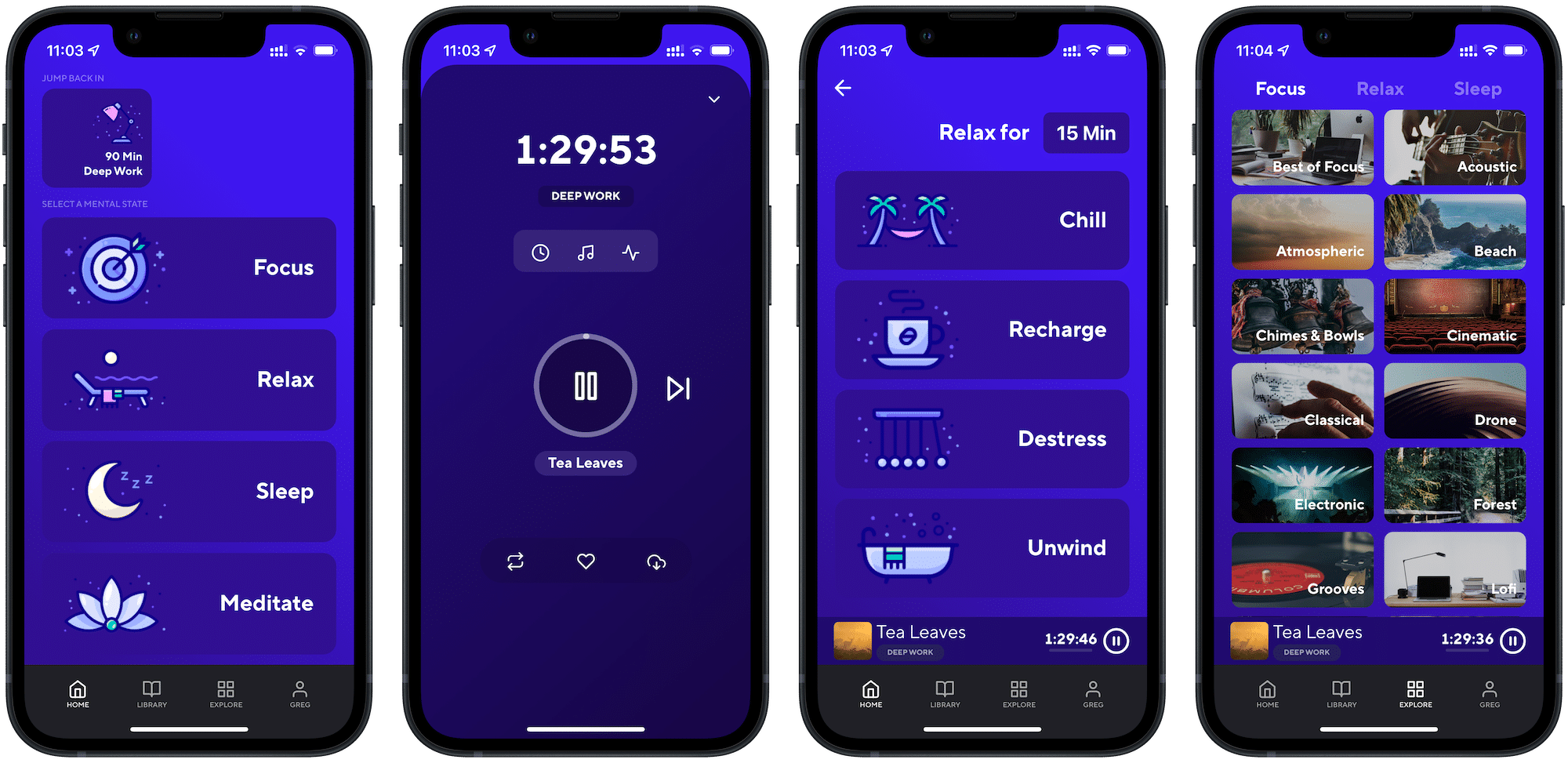
For the past few months, I have dedicated my time to working in a deeper state, and Brain FM has proved invaluable to achieving the most I can. My favourite by far is at the top of the app home screen. Ninety minutes deep work is the peak period to get stuff done but not burn myself out. So, I sink into this state a couple of times away. Especially when I am in the office, my Bose QC35s are on, connected to my iPhone, and I am in concentration mode.
The looping relaxing music soon disappears to a point where I am not listening, but the audio undoubtedly helps me shut out the world and concentrate on the task at hand. Replacing the need for me to half concentrate on a podcast or worry about what music to listen to.
Brain FM is also filled full of white noise options, meditation audio and what seems like unlimited options for music. So, there’s no messing around deciding what to listen to. If you want to check out some preview of the app and see if it’s the kind of thing that will help you concentrate, there are some clips available on YouTube.
There is a theological perspective called “god of the gaps”. This idea is that whenever humans are exposed to something they don’t understand, they fill it with a notion that they have already accepted. At many times in history, that was with gods and mythology. As so, all the gaps humans had in their knowledge were explained away easily.
This is not to say the god, but a god was always responsible for everything that appeared outside our control. In more modern times the gaps that we didn’t understand, the stars, the tides, the very makeup of our being all being explained by science. Which can be a belief system in itself, but as great as science is, it doesn’t replace everything. Unfortunately, these gaps that still exist, even when sometimes explanations are available, are being replaced by conspiracy theory.
While gaps in scientific knowledge are certainly still being used to justify a belief system, when it comes to gaps linked to more social problems, the gaps is often filled with ‘alternative theory’. That’s not to say that some conspiracy theories don’t eventually come to have merit — perhaps this is why they have become so attractive to those seeking to understand things that can’t be explained away. This of course is part of the issue.
I love to understand as much as I can. Yet at some point I have to realise that I cannot become an expert on everything and put trust in people that do. After studying scientific method, but not being a scientist, for numerous years, I like to rely on my hidden bullshit detector. So, I use both my knowledge and a high level of suspicion to fill the gaps in my knowledge whenever I come up against them. Without letting one source tell me the way, more taking a broad overview of information and letting it point the rough direction.
Although, for some. A similar approach may be true. However, with their underlying desire for everything to be explained, and all responsibility removed, leads to belief in stories. We can blame social media for increasing it (undoubtably true) but the thirst to understand is one we all share. Which makes these beliefs somewhat understandable as away to bring understanding to an ever-changing and impossible to understand world, now my worry is that we are addicted to it.
Snapped this whilst out walking the dog earlier. I’ve taken it before with my camera, but there is something about the Christmas lights I see when walking my dog in the evening that fills me with joy. They are not over the top, not the most lavish afraid but beautiful in the dark evening.

Christmas always make me think about those that have gone before. Times I spent as a child growing up with all my extended family, eating and drinking until we can’t stuff anything else in. We couldn’t afford loads of presents, I wanted a Mega Drive one year, but my mum could only afford a Master system, but we always spent loads of time together. Always at my Grandmas house and always doing the same things as clockwork.
I went from a small child not really wanting to be sat at a table eating food or playing with my toys on the floor to an adult helping to lay the table and joining in the conversation. Until my Grandfather passed away, and my Grandma became too frail to host us all and the mantle passed to me for a few years. In 2021, it will be just us four now, Team Morris.
We have built our own traditions, things we do every year, and made the day ours. The reason I love the lights so much is that it tells me how far I have come, grown older, but never lost the focus on the things that really matter. Spoiling our kids with things they want, but still stuffing ourselves to completion.
Matt Birchler tweeted and wrote about the Dunning-Kruger effect recently. I have no idea what prompted the post, but I hope to god it wasn’t me. On looking at the graph posted I realised that I am very susceptible to this and there is a very specific point on it just for me. I am calling this the ‘Morris Point’ because it's caused me so many issues in my life, so I’m claiming it as my own.

When you first start doing something new, or learning about a new subject, the curve at which you take in new things is steep. Leading to overconfidence and often a very high chance you will make a fool of yourself. I love these periods, where you’re obsessed with everything about the new things and learning lots, but with no experience to back up your opinions.
As time goes on, this lapses, and your tendency to have confidence in your skills starts to wane. With me, this gets to a certain point, and crashes like a stone. This is the Morris point, typically one of no return. I start to question why I am doing this, if I am good enough to carry on, and often give up completely. With little encouragement, the easy way out is to quit.
Never stop doing your best just because someone doesn’t give you credit - Dan Green
The curve at the bottom looks insurmountable on the way down. The time you put in impossible to achieve, and the imposter syndrome hits hard. Only sheer determination and a bit of luck gets you through this point and on the way up again. It doesn’t matter what it is, YouTube, podcasts, newsletters. They all bit the dust because that’s the easy way out at the bottom of this curve. I am only still writing through sheer force of will, and I have nothing better to do!
A few likes, some feedback, a positive word or two, all help when you’re at the bottom and trying to get up again. I guess you have to bear with the gobby overconfidence for a bit to see if something better comes out the other end, or if they just give up trying. Doesn’t hurt to know your limits though — and watch out for the Morris point. It’s a killer.
I’ve never been a fan of prime lenses. Although they are a staple of almost all photographers I admire, their fixed nature has never appealed. I viewed them as being too restrictive, whereas a good zoom lens can get me a wider range of shots by adding on a little more weight.
Yet, every beginners photography guide I read or watched told me to get a good prime and learn to “walk with my feet”. Which is their way to tell you to look for the shot and how to position yourself instead of planting your feet and zooming around. You earn the shot much more, and potentially improve your eye for shooting.
So, I gave it a go. Shopping around for a while and settling on a really nice 85mm f/1.8 Sony Lens for a great price. It's a little over the 28-70mm that I usually shoot with, so I hoped the extra range would prove useful in future. As soon as it arrived, I fixed it to my A7c and went for a walk.
The whole experience was strange to start with. I was fixed into one way of shooting with no room to move. I had to work a lot harder than I anticipated, but the shots I did get were very different from my normal ones. By restricting the way I could shoot, I changed the way I looked at things. Gone are the small details and tight focus images, replaced by photos that I think contain a lot more information than before.
I found myself looking for stories to tell. Buildings on the river, shadows of the unusually bright December sun, architecture details that would be easy to miss. They are not perfect because I missed numerous things due to depth of focus (I simply wasn't used to having an f/1.8 lens) but I am happy that I decided to limit myself. I would have shot similar images but missed all the surrounding elements to them by zooming in.
I would have been too focused on the details instead of the bigger picture, which is a lesson for life, I guess.
I really should be slowing down this late into December. In times gone by, I would have been twiddling my thumbs for at least a week by now. Yet, I am working more than ever, getting ready to launch.
New websites, new printed media, new marketing angles, it’s all exciting times. But exhausting nonetheless.
I have spent far too much of the last few weeks sat down, and I know it's bad for my body. I can feel the change in my hips, legs, and core. I feel crushed up and no amount of exercise and stretching seems to make any difference. I adore my job, though.
Luckily, I only have another week to go, and then it’s holiday time! I am really looking forward to a break and recharge my batteries. Family time always makes my soul completely.
Today I had a wonderful walk around a local town with my camera. I’ve never done this before, I walk lots and take pictures lots, but I usually have the family or the dog in tow. Today was different, I did the whole photographers things and took my camera out to see what I could find.
Thankfully I got some great photos and learnt a lot about street photography (settings and the like), but one interaction made me cut my visit very short.
When I was waiting for a car to move to get a shot I wanted, somebody was hovering around me. Something just seemed off, he walked towards me, stopped and then just began to act weird. He was taking photos of a random shop (nothing very interesting about it) on his phone and sneaking a peak my way every so often.
I decided to leave the shot and walk away because he made me feel uneasy having my camera out. Thankfully, I have an A7c with a 85mm prime attached, so I can fit it in my coat inside pocket. Once he has gone, I stopped to take another shot, and another man approached me (you can see him sat in this photo). He began to ask about my “gold camera” (it’s silver) and how nice it looked. Which is cool, I am all up for getting people interested in cameras, but then he started asking me how much it was worth and if I had insurance.
At this point, I asked him to have a good day and got the hell out of there. They both just made me feel uneasy, so I trusted my gut.
I hope this doesn’t often happen and is just bad luck on my first time out.







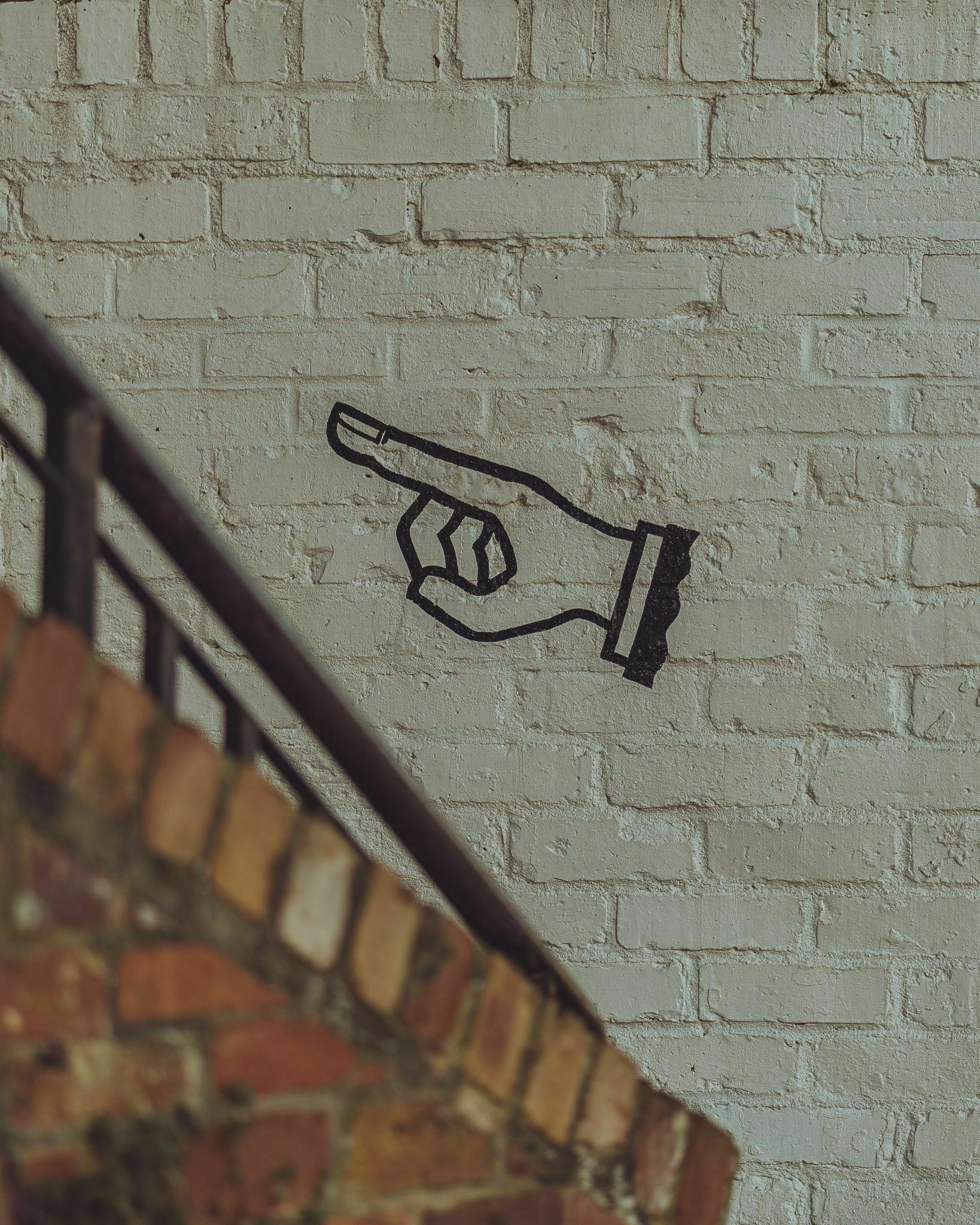

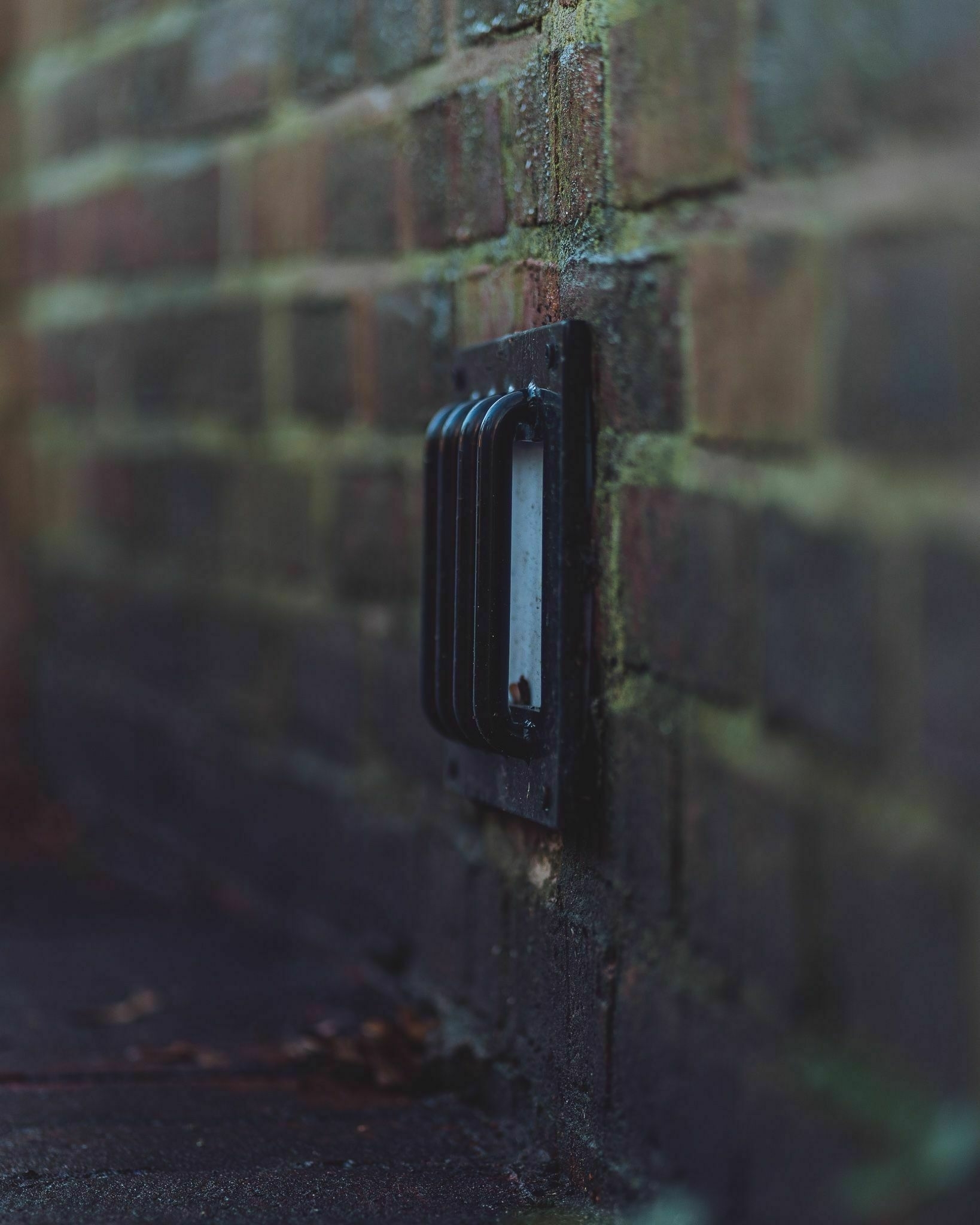


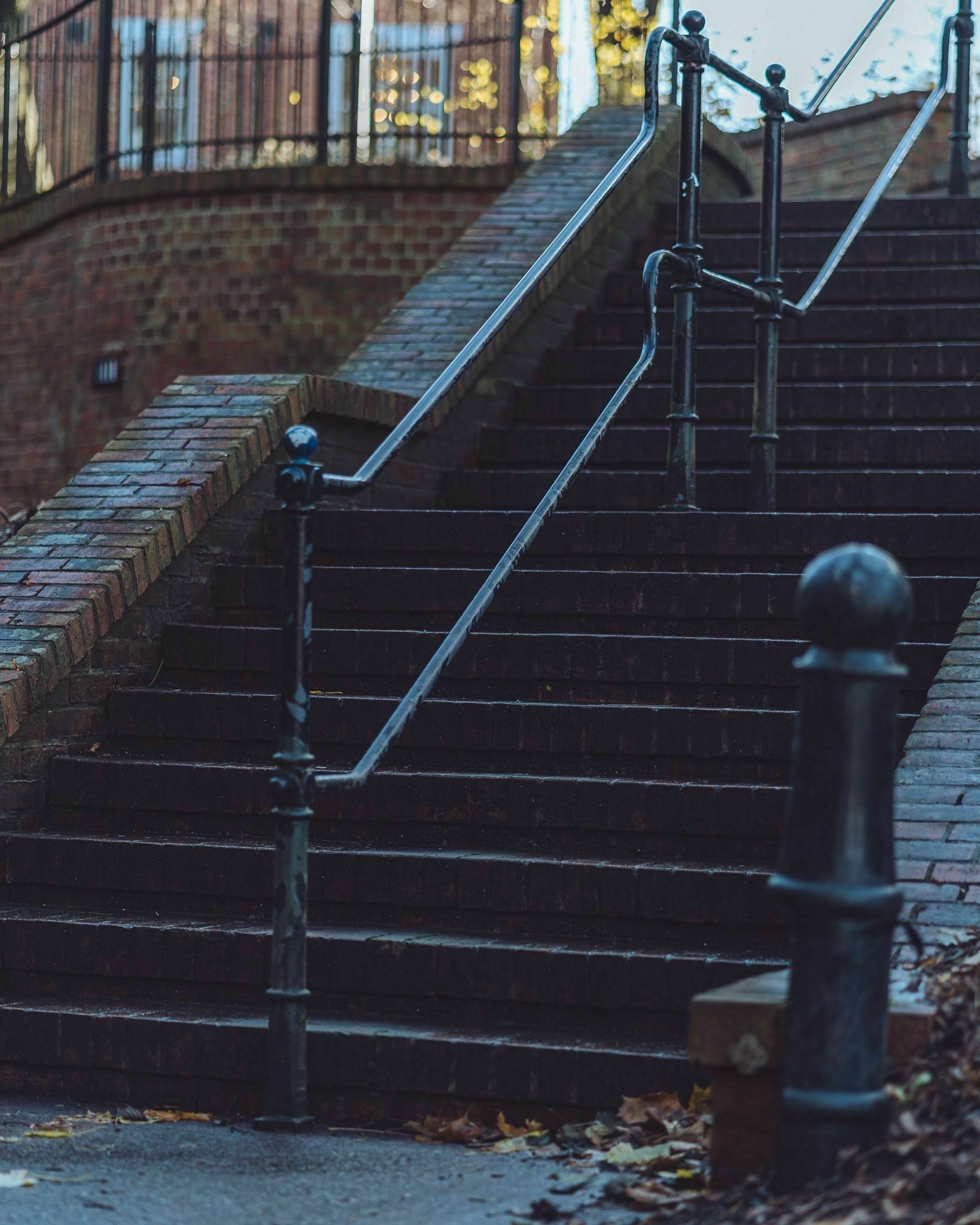

Andy Nicolaides on the outlook of some tech commentators:
For many millions of people out there, VR could, and already can to a certain extent, open their lives to opportunities they can’t currently enjoy and experience. We’ve all heard the laughs and sniggers about watching a concert with people virtually but for so many people, VR may finally give them a chance to experience something many others of us would take for granted. The argument for and against VR and a meta verse is always so black and white, but the world is rarely so easy.
I tried really hard to not open with a social media trope but — so much, this!
I am sick and tired of people that have an important voice and an influential following making these kinds of takes. Most of these boil down to “If it doesn’t work for me, it’s stupid”. Granted, I didn’t listen to the whole show, just the clip Andy posted, as I stopped to listen to this show a long time ago because of these hot takes. So, I may be missing some kind of grand explorer or inside joke, but I doubt it.
The fact that still people can’t think outside their box is frankly ridiculous. VR is 100% never going to be for me, and I laugh more than a little at the way Meta pitch it to users, but much like Facebook itself, I can’t still see why some people would use it.
I am not sure if this is just playing to the audience, as this ‘sad VR looser’ rhetoric is a tired joke at this point. Making comments along the link of “don’t you go outside” or “don’t you have friends” misses an entire section of the population that can’t. Missing the accessibility angle (this post is from three years ago about Connected doing the same thing) is absolutely unacceptable in this day and age.
VR is already helping people access parts of life that you take for granted and the fact you can’t even be bothered to look into this make me think much less of you.
After going backwards and forwards (as normal) with the photo sharing service Glass, I am enjoying using it lots. I post the best images I take to it. Although I can’t hold a candle to some of its skilled user base, it scratches my photo social media itch and teaches me quite a bit about the images people shoot.
Right from the off, the founders spoke about their desire to avoid the expected social app norms. You won’t find follower counts, like buttons or, my favourite, an algorithmic feed. Although, it feels to some as if they have rolled back their choice with the implementation of an “Appreciate” button. It’s not like it seems.
Extending my previous thoughts around social media likes, particularly on images, leads to looking at how to use the function positively. I was not alone in thinking that Glass could work in a way of giving small feedback prompts but not ruin the service completely. I had some ideas, but the team at Glass have absolutely nailed it. Although at first glance it looks like a dangerous slope, no public counts and no algorithm to game means much less attention-seeking rewards.
Even the word they use, appreciate, is a perfect fit for what I want to say about a photo. Even “I like it” is not enough occasionally. One of my favourite things about micro.blog is that people would respond to posts with “thank you for sharing” which makes no judgement or response, just an appreciation of taking the time to post it. A perfect fit for Glass. I am thankful that people pay £25 a year to show me the shots they are proud of.

As with everything, It’s not completely harmless, but I think it’s a good compromise. Take the image above. I was pleased with it and couldn’t wait to get it edited and posted. Only to receive absolutely no feedback. Is it rubbish? It is just not what people want to see? I have no idea because it just sits there on Glass for people to see. My reward is getting the shot I wanted and the process of producing the result — but not everyone is like that.
Of course, I don’t care. Others may do, but I feel as if the users that would care have other apps better suited to their interests. My takeaway from the update (I’ve been able to use it for a couple of weeks now) is almost all positive. Being able to leave a small token of appreciation will replace the hundreds of times I write “great shot” or “love this” and means the comments I do leave have more thought in them.
There is no getting around the fact that creating things consistently is hard work. It doesn’t matter what it is, making videos, writing blog posts, painting, crafts, it all takes time and effort to keep going. Particularly if you need inspiration to spark the content in the first place, something that comes in waves for me. The biggest thing that help to write more, is to read more.
Full disclosure, this post was inspired by similar thoughts and guidance from Matt Birchler on his content creation cycle. If anyone is to be listened to, it’s Matt, cause his constant stream of videos and blog posts are unbelievable. However, I have shared some guidance on my reading and writing flows previously to try to help.
This time I am going to concentrate on how I read things and how I then go from inspiration to publication. This will outline what apps I use, how I like to do and where I do to. Posting this hopefully will give you an insight into my creative process and perhaps help you start writing more too.
The internet is full of awesome stuff. So much so, it can be impossible to keep up with it and take nothing away but. A feeling of being overwhelmed. To combat this, you must remove any completionism you have. No one has the time to read and watch everything. So triaging the inputs you like is critical, and I do this mainly through RSS.
Using my favourite app, Reeder, I have loads of feeds set up to put in content from all over the web. I can then easily look at things being published on my iPhone or my Mac and fill a few moments. I hardly ever read anything in reeder unless it is a really short post, I give scything a quick scan and do one of two things.
If I ever get to the point of feeling like there is too much to process through, I just mark all as read and move on. As compelling as things are on the web, nothing is vitally important, and good posts have a habit of popping up again anyway.
I do this a little with Apple News too, but it is filled with far too much crud to filter through very well, despite limiting what is shows.
I read everything in an app that I can highlight and share these with Readwise. This is absolute detrimental to me because I want to be able to read and retain the things that I highlight as fascinating. At the moment I am using Upnext for this, but I have also used Pocket in the past, as well and small dalliances with Matter.
All of my Newsletters are also delivered into Upnext, so I can highlight them as if they were web articles. Pro-tip, you can also get around some paywalled articles by saving them to relater services, but not all.
I open Upnext on my iPhone whenever I feel like it. Small instances of downtime in the day, as boredom relief, and then in larger periods at night on my iPad Mini. I don’t read every word of every article, nor do I highlight loads of things, but I adore reading and learning new things.
At any point if I highlight something really thought-provoking I will share it straight into Ulysses where I have a writing Kanban set up. This is the start of all of my link posts and many of my articles.
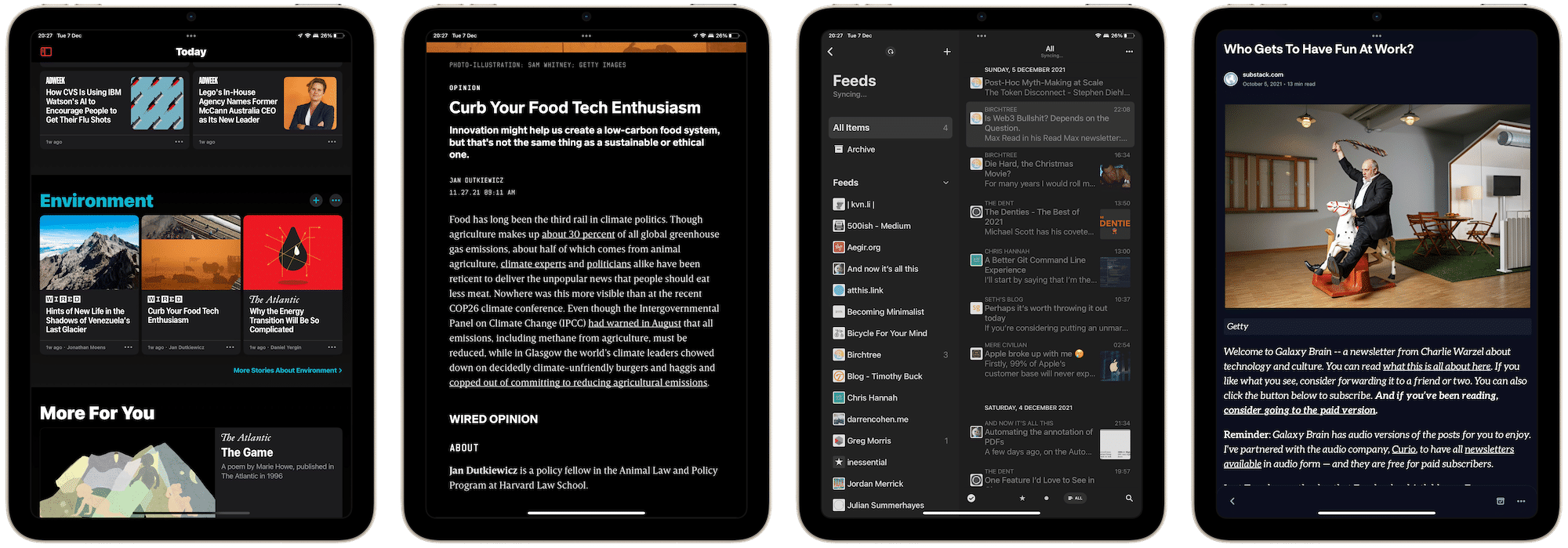
There are four smaller areas that fall in here, all of which are important to my creative process. Upnext has the ability for me to listen to some articles, so when driving I sometimes consume these to fill the boredom.
I can’t go one without talking about podcasts, either. Although my listing has dropped dramatically over the last couple of years, there are a few shops I never miss and listen to these at work or when walking the dog. If anything in these episodes sparks some inspiration, I have a shortcut set up to type a few words into my Ulysses inbox. I have also done this with Notion in the past.
The third part of listening is being open and taking in feedback. There are many times I have written a post, spoken to someone about it, and then written again because my viewpoint has shifted. There is nothing wrong with this, and it is important to listen to feedback and take it in creatively. It also leads to some of the best conversations I have ever had about interesting topics. Be open.
Lastly, before anything gets published, you need to think about it. Just sit (or walk) and stew over the words you want to say and make sure they are correct. Establishing your true feelings and not rage publishing is something crucial, but it is even more critical to give yourself time to think about the things you consume. Just be alone with your thoughts and process everything.
Every single word I publish comes from Ulysses, I am writing in it now. Having messed around with so many apps and wasted a considerable amount of money, I always come back. For the small price it is an outstanding app, providing a great experience to create everything from a short link post to a full on novel.
The corrections available in the app seem to catch almost all of my spelling and grammar issues littered through every post, and it actually makes me a better writer. It doesn’t matter where you publish your work from here, but the most critical thing is that you do it. I do it mobile from my iPhone, but I do prefer to sit in the chair and type away. It gives me a better environment to think about what I am writing and establish what I am trying to say.
There are no rules to writing, despite some believing so, and even less to blogging so publish away. Read more, write more and let’s converse more about the things we enjoy. That tweet you just threw into the ether, should have been a blog post.
Isobel Asher Hamilton on the demand by scientist to see internal research:
An international coalition of more than 300 scientists working in the fields of psychology, technology, and health have published an open letter to Mark Zuckerberg, asking the Meta CEO to open his company's doors to outside researchers who need to investigate the effects of Facebook and Instagram on child and teen mental health.
This is part of the problem with Facebook. The conclusions and opinions all boil down to “we think it does this”. We all know that Facebook knows, it has all the data, but it hides it away so everyone external has to guess. The company is the only one that knows what it is doing, both in terms of changes to its platform and the effects on its users, so there is no oversight.
Sure, it’s a public company, it can’t be expected to always acts in the population's best interest, and that is precisely why we need to be able to see inside.
This recent request for research into the harm of its platforms is unlikely to go anywhere. Facebook religiously blocks attempt to study digital harm on it platform, inclusive requests from ProPublica and New York University to name a few. The PR fallout from any absolute research would be sure to set a fire under the platform that would burn it to the ground, and clearly they already know the outcome.
Exactly two years ago, I was thinking about barriers. At the time it was to do with comments on my blog (I was moving it yet again) but this time it’s in my life. Although they are different topics, they both cover the same area. The intentional design of a barrier to restrict access to something.
Not entirely, just ruin the flow enough to trigger some thought or increase the motivation needed to complete the task. It is a pretty easy thing to do. Behaviour = Motivation x Ability x Prompt. The holy grail of those designing to keep you engaged and manipulate you to do desirable things. Whereas there are sometimes we need the opposite.
Take using my phone for instance. I know using it too much is bad for me, and intentionally bought a smaller one to put up a barrier to usage. Although I now don’t use my phone very much, there are days when I do. I get engrossed in something or am particularly bored, and I think to myself “I need a bigger screen”. When in fact I, as a person, don’t need a bigger phone at all. I know these things are internal, it’s not the internets fault, but a bigger phone will make me use it more. As such, I put up an international barrier.
I’d love to go back, but the reality is I require these things in place. In the same way someone who wants to lose weight might hide the sweet treats, I am putting my weakness behind as much of a hurdle as I can. Believe it or not, this is hard for me to do. I spend my life trying to make customers be able to do what they need to do as easy as possible. I want to roll this mindset out to everything, but being able to realise that barriers can be a good thing makes for better living.
There are so many things in my life that cause me to think about for far too long. I dwell on things that shouldn’t take me as much time as I do, and then make others based on sheer gut instinct alone. Hell, a good 70% of this blog is me talking to myself about a decision but framing it as if I am giving advice. In most of the situations, I know what I should do, but I don’t want to.
Take my photography for example. I know that I shouldn’t care about likes. I am also well aware that in fact I should delete my Instagram account entirely, but that is just never going to happen. I like people seeing my stuff, and my friends only seem to use apps developed by Meta. I like the little hit of dopamine that I get from a few likes every now and again. The answer to make me a better person is obvious, but sometimes despite knowing this, another option is also valid.
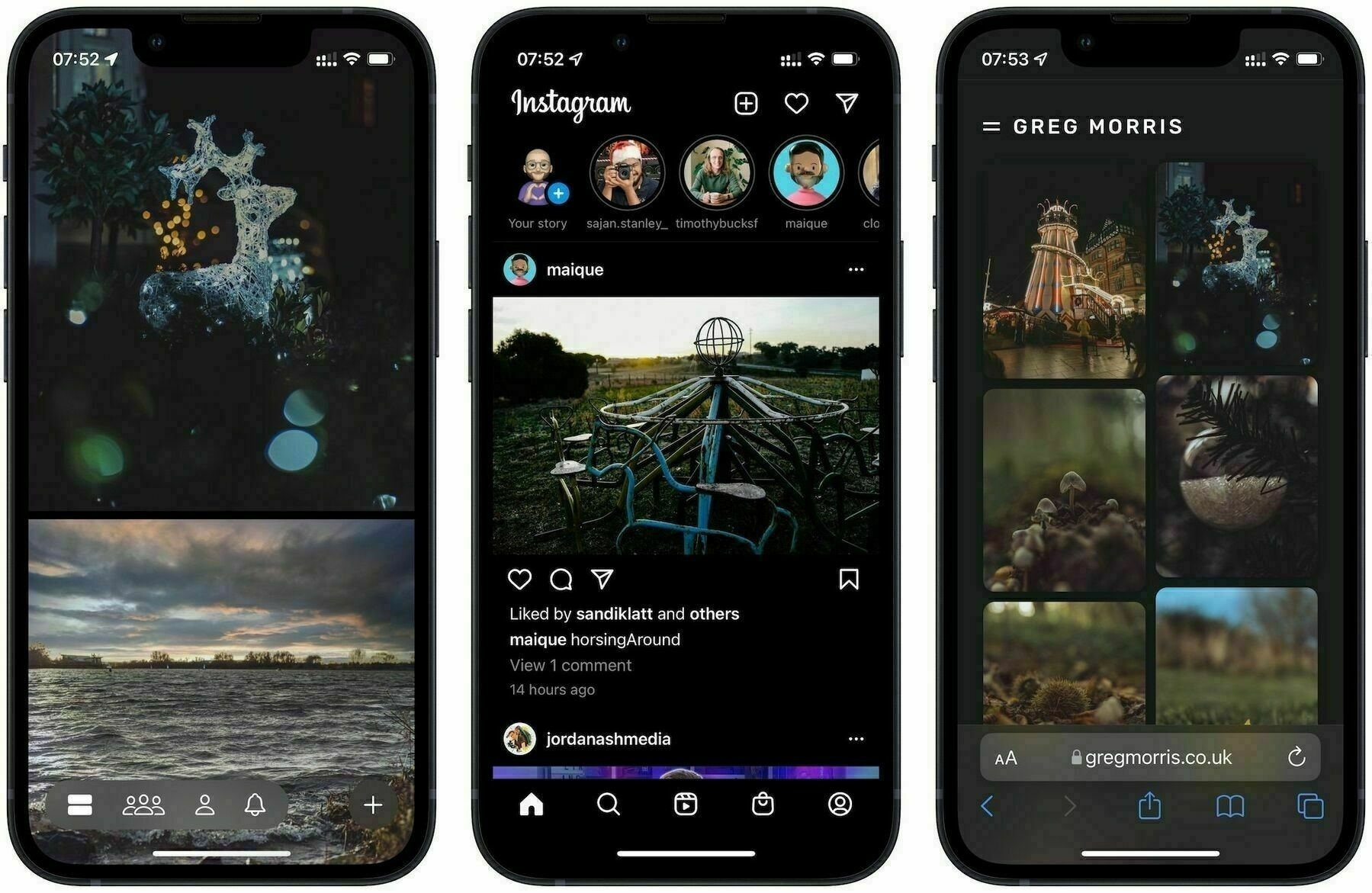
Instead, I’ll spread my photos around the internet like confetti and see what sticks. Waste my time doing all the things when I know what the ‘correct’ thing to do is — for me, at least. This expands into a lot of my life, I can never decide on which phone to get despite knowing which one I shouldn’t. I know I should really cut Twitter out of my life, but I don’t want to. I am sure there is some psychoanalytic name for it and some deep-rooted reason for this indecision, but at this point in my life I just don’t care any longer.
There are of course some things I know I have to do for the better that overcome this barrier. Eating well, meditating and exercising to name a few, that will never fall away despite me having a million and one reason to stop. But for everything else, I will continue to give myself a hard time about it, and that’s OK. I think.
Shot on iPhone 13 mini








Never one to be left behind, I am continually looking for a way to speed up my theme development. Call it desire to be cutting edge, or near of missing out, whatever it is I love to play around with it. One thing that gets loads of attention is Tailwind CSS, so naturally this was on my list to play around with.
They call it “A utility-first CSS framework” but what it actually means is you can style all of your classes right in the HTML. There are pros and cons with this, but here’s how to get it working on your Ghost Blog.
Fair warning this requires a bit of command line work, and if you’re not comfortable with this back away now! You will need:
First, start with Ghost CIL. In the command line:
npm install ghost-cli@latest -g
Now CD into your empty directory and run:
ghost install local
This will get ghost up and running locally on your machine, most errors are communicated daily well, but for extras do ghost help.
If everything looks OK you’ll have a site at http://localhost:2368/ghost. For more information on what this means, check out the Ghost docs.
This next part is up to you, either install a theme you want to use Tailwind with, or start developing your own using the Ghost Starter. You will need to put your theme files into your Ghost local install folder, content/themes. If you want to clone a theme from GitHub, or your theme is stored on GitHub (you should be!) CD into this folder and use:
git clone git@github.com:<your-github-username/.git name-of-theme
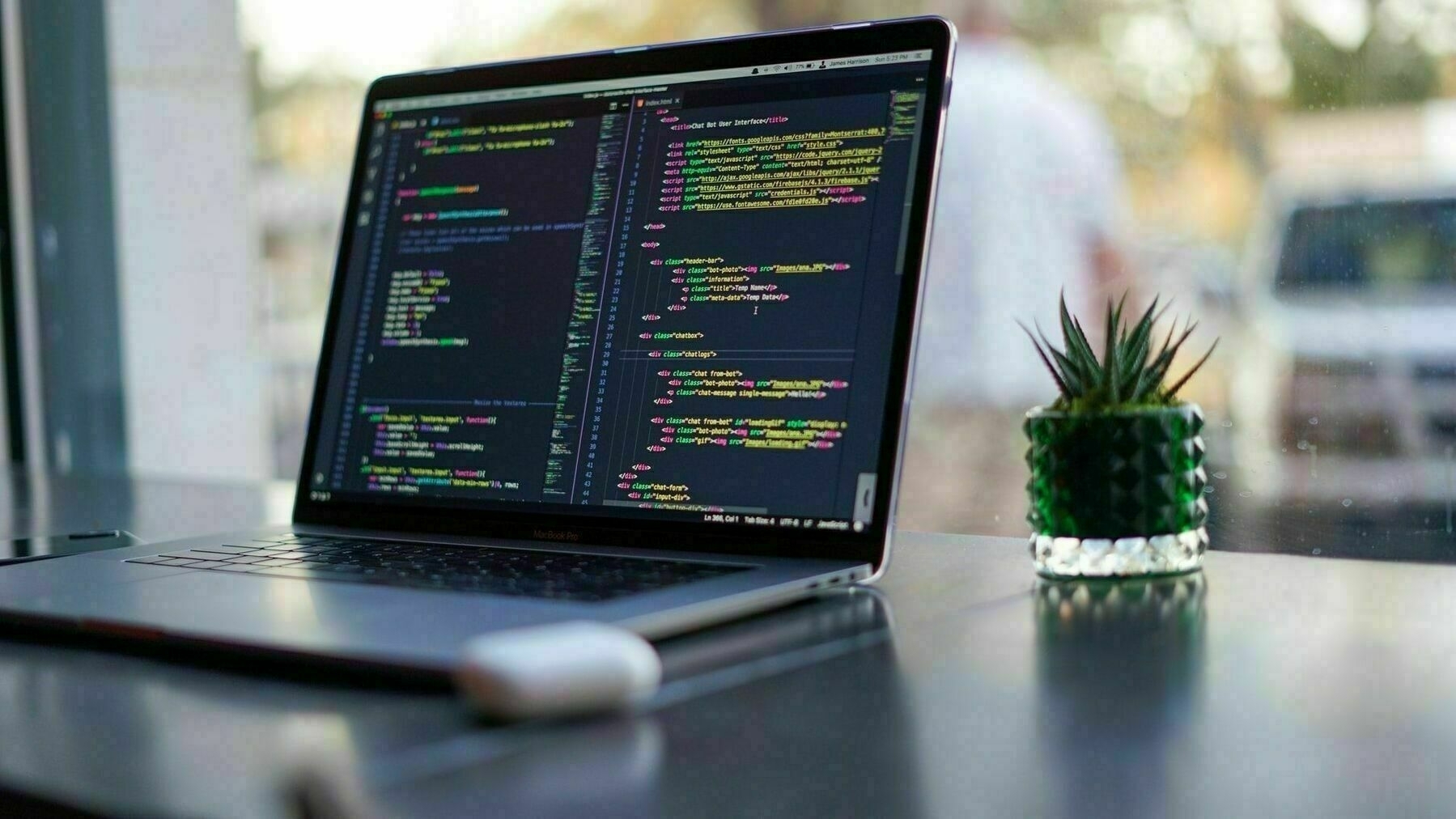
Your theme more than likely will use Yarn, the Ghost Starter linked above is the best example. Use Arm to install everything needed by Tailwind. In your theme folder, use yarn add tailwindcss and then add in the necessarily files npx tailwindcss init.
Unless you want more than 5,00 new files committing to your repo, you’ll need a robust gitignor file. Most themes have these set up already to no commit files such as DS_Store on Mac, so make sure you add in node_modules to your file.
In /assets/css/screen.css add in:
@tailwind base;
@tailwind components;
@tailwind utilities;
This imports the tailwind classes to your main CSS. This may partly replace some of your CSS to the Tailwind classes, so something such as typography may change on your theme.
Add in the following to your gulpfile.js.
1 - Under // gulp plugins and utils put in const tailwind = require(‘tailwindcss’)
Under function css(done) there will be a section for postcss( add in tailwind(), so it will look something like the following.
function css(done) {
pump([
src(‘assets/css/screen.css’, {sourcemaps: true}),
postcss([
easyimport,
autoprefixer(),
cssnano(),
tailwind(),
]),
dest(‘assets/built/’, {sourcemaps: ‘.’}),
livereload()
], handleError(done));
}
Now that everything is completed, restart Ghost with ghost restart to make sure everything is being cached correctly. You should be good to go now and can get cracking with adding in new styling. When doing this, you will need to CD into your theme folder and run yarn dev to build the correct CSS.
You can also try out some themes that already have Tailwind built into them such as Ghostwind or Origin but I am enjoying working new classes into my website. For more information on using Tailwind, see their documentation.



I wasn't going to write anything today. When driving home after work, I had decided against it because I've had a busy week so far and just wanted to relax and watch football. Arriving home, I soon discovered we had no internet and no TV. Our provider, Virgin Media, were having issues, and we were one of thousands affected by the outage.
No big deal. At least for me, my son likes to watch a bit of gaming YouTube before dinner and Lucie loves her Cocomelon, but it's not the end of the world. It's not like we don't enjoy each other's company or anything. Best to double-check the service status and see what's going on. That's when I strayed into the worst Twitter thread I have seen in a while.
Scrolling through, it's hard to work out if the whole thing is some kind of joke I am not in on. Stinking to high heaven of entitlement, all because of an issue that means they can't watch TV. No one is really put out, but don't you dare take away their telly programmes! I haven’t seen anything quite like it, and Twitter is a pretty crappy place. The replies and entitlement would be annoying if it wasn't so hysterical.
The thing is, that could be any of us. We live in one of the best times in history. With long lives to live. Well, if this damn virus stops trying to kill us, with very few real problems. Most of us live in nice warm homes with internet access (well how else are you reading this) and live a life of true privilege.
It’s dead easy to take all this for granted. Letting your ego run amok. Leading you to act as if the whole world owes you something. It is a constant risk. Taking a step back and looking at the much bigger picture is important every time something like this crops up. It’s much better for you to think though things fully because scrubbing those entitled tweets from the internet might be harder than you think.
For as long as my daughter Lucie has been with us, my sleep has been disturbed. The first weeks of broken slumber that are supposed to gradually reduce are still with us 11 years later. Her genetic condition means she suffers with several disabilities, but also seems to have the superpower of needing very little rest.
The nights and early morning I am awake are a burden. One I must carry for life, with no solution available (seriously, we have tried everything). Dependably, I am awake on average 5 nights from 7 at 3 or 4 am, sometimes much easier. Where most people suffer from sleep deprivation because of their choices, be it screen addiction or fixation on hustling, I would love to sleep more.
The weird thing is, on the occasional days Lucie does sleep until a reasonable time, I miss it. Not the headaches or the chronic tiredness, but the extra time. The early morning runs and the work completed at silly times of the night are a giant bonus. When I only have a ‘normal’ number of hours to use up, I run out of them far too quickly.
How on earth are we supposed to fit all this in. In 24 hours we need to sleep for 8, are expected to work for at least 8, leaving only 8 left. Just 8 short hours to do all the things that we need to do. Eating, washing, dressing, housework, commuting, and you know actually do things we enjoy. The modern world is broken, and it is no wonder lack of sleep is such an epidemic.
I am in a much better place if I just steal a few hours of sleep and use them for something else. Of course, my health isn’t it's literally killing me, but my enjoyment improves. The world is a much quieter place at 4 am, and I love it.
Joshua Ginter’s thoughts on publishing every day:
There are nights where you just want to veg and play video games rather than throwing something together for the blog. There are times when you don’t have a fully formed opinion and you sort of puke it out into existence. Or you create filler pieces to get through a few days.
This whole piece covers some of the thoughts that have been floating around in my head since publishing more often. I thought about posting something similar later on this week but Josh does this far more eloquently than I would. So I thought I might as well throw some of my own words behind his.
When I first set my goal to publish every weekday for a month I had loads to go at. Ideas were flowing and at one point I had 4 days worth of posts ready to go. This gave me some runway to slow down a little and let thoughts arrive, and of course, they arrived less and less as the days went by. So as I got closer to days where nothing was sat in my ideas tray I began to feel the pressure. Rather than writing when I had something to say, I wrote because I had to say something.
Some posts I am proud of, some not so much, but I have learnt a lot along with way. My practice of writing every day is years old at this point (most of my words are just for me) but it helps me get ideas straight in my mind. Writing blog posts is no different. I often start with a small idea, pull on that thread and it evolves into something new, and often interesting.
I love thinking about things and blogging is me doing that in public. It gets tiring giving yourself pressures and goals, so I will slow down, but I still want to keep the momentum going somewhat as I love doing it.
If you’re a bit sad like me, one of the most interesting features of iOS 15 is Focus Mode. Bringing some much-needed updates to do not disturb that went before it, and also making your phone much more customisable in different situations.
Unfortunately, it is a first-gen product if ever I have seen one. Being overly confusing, and actually a bit complicated to understand. My biggest help in diving in to this was Matt Birchler’s excellent walk through video. This allowed me to get mine set up in three different scenarios.
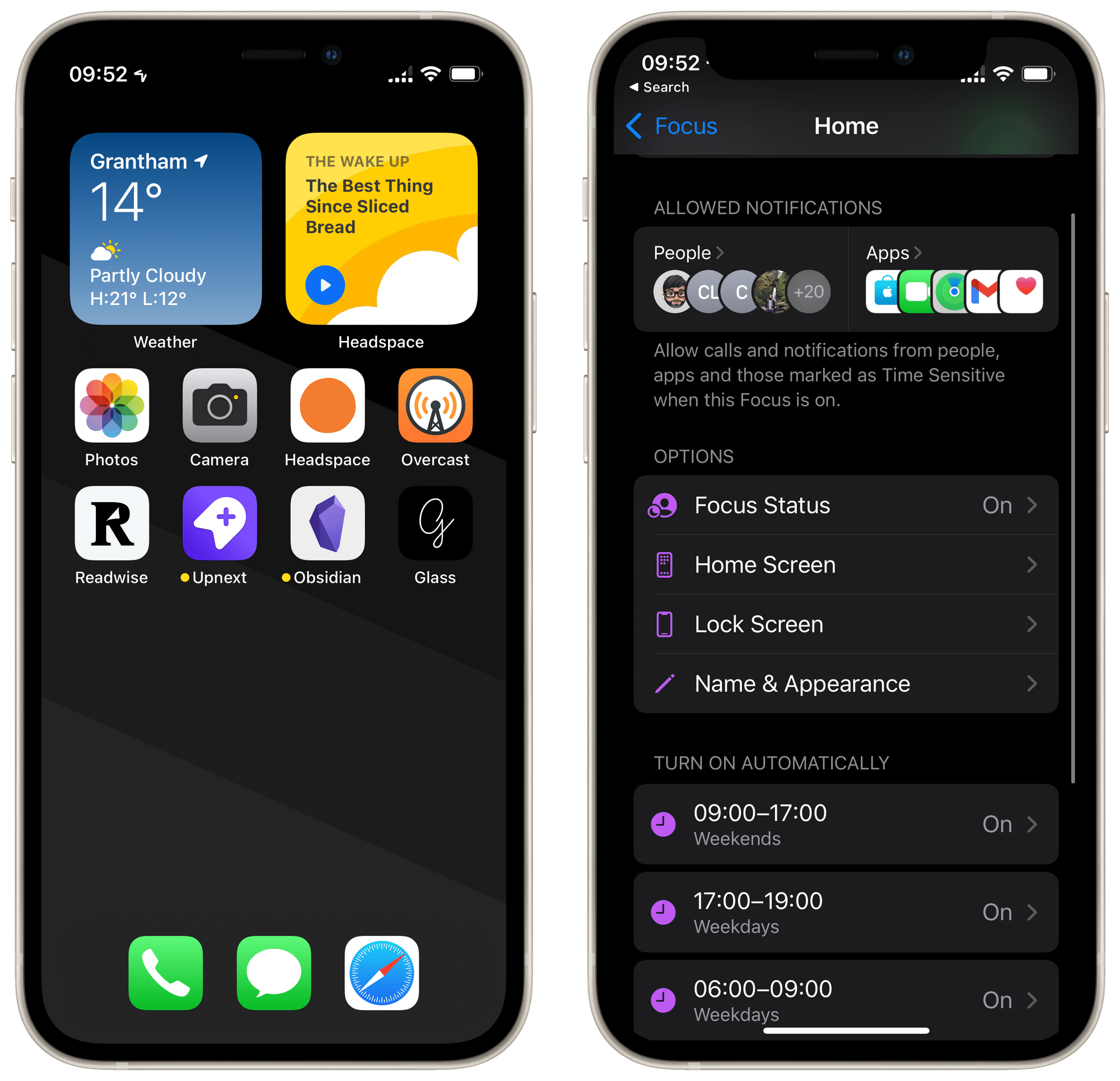
This set up was the easiest to implement as it represents pretty much where my phone was in ‘normal’ mode. Taking the regular set-up screens and making all the apps I have installed available. What Focus mode allows me to do now is remove the use of my work email app, and also make work people not able to contact me outside work time.
Now I am even less tempted to check me email, and also any rogue calls or text that creep through sometimes on days off are no loner an issue. This did take a lot of tweaking over a few days to get the contacts right, it would be great to see Apple do a bit of work on this, but it’s a good starting point.
Automation features allow me to switch this on effortlessly. I am in ‘Home’ whenever I finish working hours (early morning/evening) and all weekends.
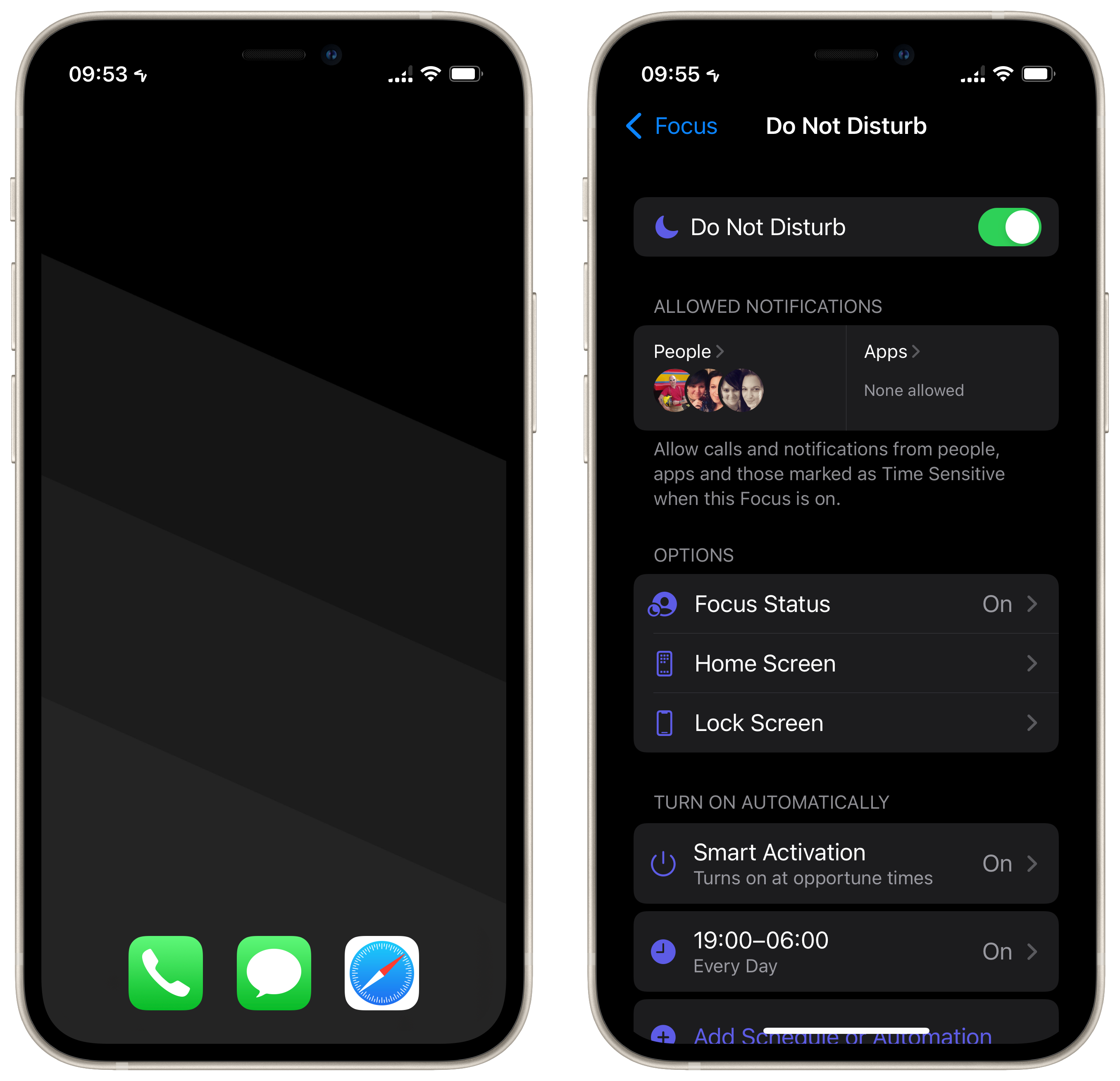
The best mode! Very similar to the DND I had set up previously but even more powerful. I have all apps restricted and only a very select few people can contact me (close family).
Due to being able to use different home screens at different times, I have put in a nice dark wall paper and made my screen empty using a fake black icon with MacStories Icon Creator Shortcut. This mode is active at night and whenever I am in meetings using Smart Activation.
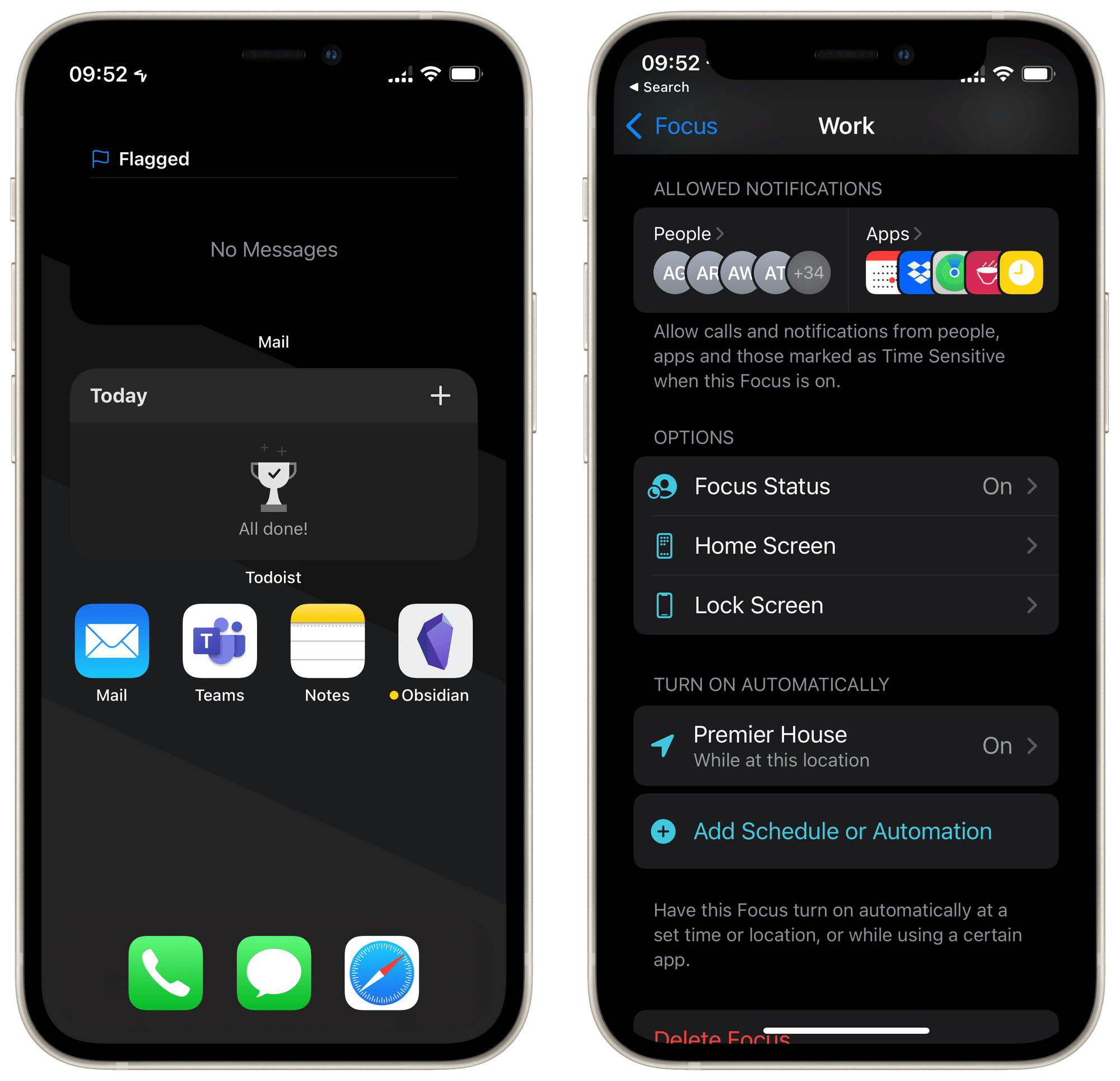
Any other time I am not home, I am working, so it needs it own mode. This mode removes all needless distractions and helps me work deeper. Bringing my task list and flagged emails in front of my face at every opportunity.
I love the location automation here that turns this on whenever I arrive at my office. Unfortunately, it doesn’t turn off if I leave, meaning that I had to use the ‘Home mode” switching at times outside working hours. I feel like I could go further with this set up, but it is fitting in very well and removing quite a bit of distraction from my day.
My biggest take way from doing this is the surprising realisation on how unapproachable this feature is. It is both the best and worst new featured added in iOS 15. Due to this overly complicated UX, I would wager that most people won’t even try to understand it, which is a real shame. Outside this, there are a few things I would like to see.
The first being implementing lists of contacts. It gets quite messy having to add in all the people who can notify you. Adding in custom lists would help no end, or simply being able to select a few contacts that cannot contact you rather than having to add in everyone else.
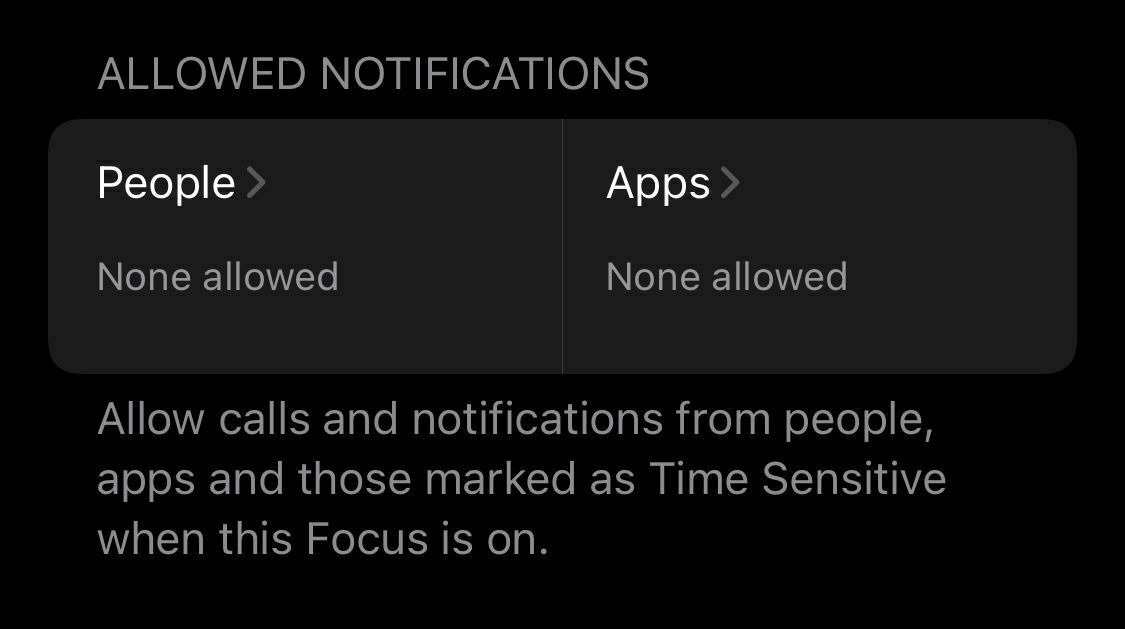
The icons on the Home Screen bug me more than a little, as they also display on my Apple Watch. Being able to add in restrictions to the ‘normal mode’ would help with this. There is no way to have a mode for every other situation, but also add in restrictions to apps and contacts.
I love the way that this feature syncs across devices, but it’s all or nothing. Adding in selective sync or perhaps even a feature to only display notification on some devices and not others would be a massive improvement. I don’t mind being tapped on my watch, or something silently appearing on my phone screen at work, but don’t want it popping up on my Mac.
If this post prompts you to dive in and get something set up, then I would love you to share it with me. I think I can go further with this, but it took me so long to understand the feature and then set it up, I am reluctant to fiddle too much. Don’t let that put you off though, give it a go and see if you can improve your phone.
During one of our many meandering chats, my wife and I were talking about her phone. She’s using an iPhone 11 and although there is nothing wrong with it, the phone has seen better days and the battery is not what it should be. We were discussing if she wanted to upgrade to something better, and her response is something well worth thinking about.
Her approach was, “I’ve never gone to do something and not been able to do it, or had an issue that a new phone would solve”. As with many things we talk about, this gave me lots to think about. How many times have I purchased tech on the promise of it helping me do something that I’ve never even thought about doing.
This can’t just be me. A brand promises me that “feature x allows me to y” and I am all in without even thinking. The fact that I have never even tried to do Y means that maybe I don’t need this new thing after all.
Undoubtedly, there are exceptions to this. New features that enable users to do even more can be valuable editions. However, that is seldom the case for me. I look at other lenses for my camera and think, oh that smaller f/stop will mean I can shoot in even darker conditions, or with even better separation. When in the truth is a lens with a larger aperture has never stopped me getting the shot I want.
Buying a new phone every year is my biggest weakness. I tell myself that the upgrades are worth it. That the things I value get better, and then proceed to never look at my photos and don’t use my phone enough to actually make it worthwhile. Sure enough, I have never gone to do something with my phone and not been able to. A new phone might do some things better, but what am I actually missing out on? Not much.
Arthur C Brooks brings the fire to make you understand that No One Cares
If I wouldn’t invite someone into my house, I shouldn’t let them into my head.
I highlighted far too much of this article to share, the quotable things just kept coming. So I had to go back and read it again, just to make sure I got the real feel of the words on the page, and found it quite revealing.
To discover something that Marcus Aurelius observed almost 2,000 years ago that applies perfectly to todays worries is quite shocking to me. “We all love ourselves more than other people, but care more about their opinion than our own,” should be a waring post on social media. Why worry about what others are thinking when you should really be worrying about yourself?
Because it feels very personal when we feel socially harmed, even if that is only perceived. Our brains are made for < 150 person groups of gatherers, not thousands of people online so it's important to remember that there is no need to worry about what others think, because in actual fact they don't care.
Many years ago, I think my blog was on Medium, I wrote a post with the same title. It has been lost to digital rot, but my thoughts are the same as they were. The importance of feeling and touching things in a world filled full of apps and devices can’t be forgotten. There is nothing that comes close. Holding books in your hand, turning the pages of a magazine, the process of picking up and examining a purchase before deciding is just impossible to beat.
The argument against this of course is a kind of sudo minimalism. Not having to put up with ‘things’ is often a much better solution. Who wants loads of book lying around that you are not going to read again? What on earth do you do with used up notebooks or journals? If a digital service can replace these things, and remove the hassle of them hanging around once spent, then it could be a much better solution for some. In today's modern world there is an app for everything, but I can’t feel anything about a bit of code.
Don’t get me wrong, I love my Kindle. Well, I love an E-Reader, I hate that the best solution is a Kindle. It allows me to read several books at once and carry around something so small and light I barely know it’s there. Yet, I never feel the bookiness that my heart desires. With a physical copy of someone's words, I feel like I own it, rather than renting it from Amazon until my devices breaks. Using digital services in many situations make sense, but an E-Book never feels like I am reading a book. It feels like I am staring at another screen.
For the risk of sounding a bit out there, and picking things that the modern world seems to have lost its love for, the same must be said for writing. Journaling, or note-taking, is one of my favourite things to do. I just love scribbling things down, even in my terrible scrawl it feels fantastic. I can make the case for digital journals to a certain extent because they offer something more secure and easy to keep, but holding a pen and feeling it scratch on paper makes my heart sing.
All the algorithms and cleverness in the world from things like Obsidian can't replace me writing things down and forgetting about them later. Reading an incredible page turner of a novel doesn't feel the same swiping on a screen. I don’t buy books, of course, only a few reman from purchasing them in days gone by. Journals and notebooks no longer litter my house, replaced by apps and services because they just make more sense in the modern world — but that doesn’t mean I can’t yearn for something more tactile.
When I got my first big break in my working life, it was for a giant corporation with a robust training regime. If you’ve never had the miss fortune of having to jump through these hoops, consider yourself lucky. Whilst they are mainly built sincerely, and at least instil in your staff base the same basic level of competency, they often suck.
Sales training was the worst. Someone, I presume years ago, had read far too many psychology books and put together a plan you could not deviate from. They handed out a massive dossier to learn that boiled down to “if the customer says X, you say Y” in as many situations they could come up with. So, I learnt it, went on my way and tried as hard as I could to regurgitate the manual as frequently as I could.
I had no choice in this, secret shoppers were another dirty trick of this company, so you felt like a robot at all times. Let me tell you, I sucked. I sold next to nothing and struggled so much I felt like quitting. Until one day I was so fed up with feeling like this I decided I was going to leave, so I talked to every customer ‘normally’ and my sales took off.
Don’t get me wrong, after months of spouting the lines some of them still come out, but they felt more natural because I was taking to people as myself, not just going through the company motions. People stopped looking at me like I was trying to sell them something, and they bought something from me instead.

I realised at that point that my problem was that I was not being true to myself. I didn’t believe in what the company was telling me to say, and that is straightforward to spot from the outside. You can’t fake it until you make it if you’re not even sure you want to — and this applies to so much else.
As I wrote about a few days ago, I didn’t really want to make technology videos, I went through the motions and made some because I thought that's what I was supposed to do. They sucked. I expanded from writing and talking about technology into another field that I have seen others do without actually wanting to. I went through the motions without thinking about what I was doing, as if I were following instruction on “how to build a brand”.
How many other things in life do we go through the motions without our heart being in it. The results of which will be nowhere near those that result from proper motivation. These sorts of ill-fitting ideas are preached in far too many mediums to those looking to get rich or build something. I have lost count of the times I have seen headlines similar to “Follow these easy steps, and you too can be as rich as me” or “check out the morning routine of this billionaire”.
The idea being that massive results are as easy as going through these steps. There are sometimes you have to buckle down and go through the motions, but very few where you should expect a net positive result.
There is nothing more annoying that technology not working the way it should do, without any fix. Well, maybe there is, but this is me we’re talking about, and I’m pretty neurotic about these types of issues. I have been battling being able to log in to third-party Twitter clients for ages and have finally stumbled on a fix.
This will also address some issues with using Twitter to sign in on other services. Some users have issues not from a third party client but simply sharing to Twitter from elsewhere. The error in question has no code, no help, but lots of hassle. When trying to log in to Twitter, it displays “Nothing to see here”.
Upon some cursory Googling, it seems that only iOS users suffer from these issues. Perhaps Android just handles these things better, let’s be honest, iOS can be user hostile when it comes to many web things. Solving them sometimes a puzzle in comparison to more user-friendly solves from Google.
The answer thankfully seems to be simple, if impossible to find, so here you are following my guide.
The first thing to try, and the one with the least aggravation, is to try your email instead of your username. Seems to sort out some issues, but failed to be the answer to my prayers. This is the fix that most third-party apps suggest, along with turning off two-factor authentication, signing in and then turning it back on again. Give it a go first.
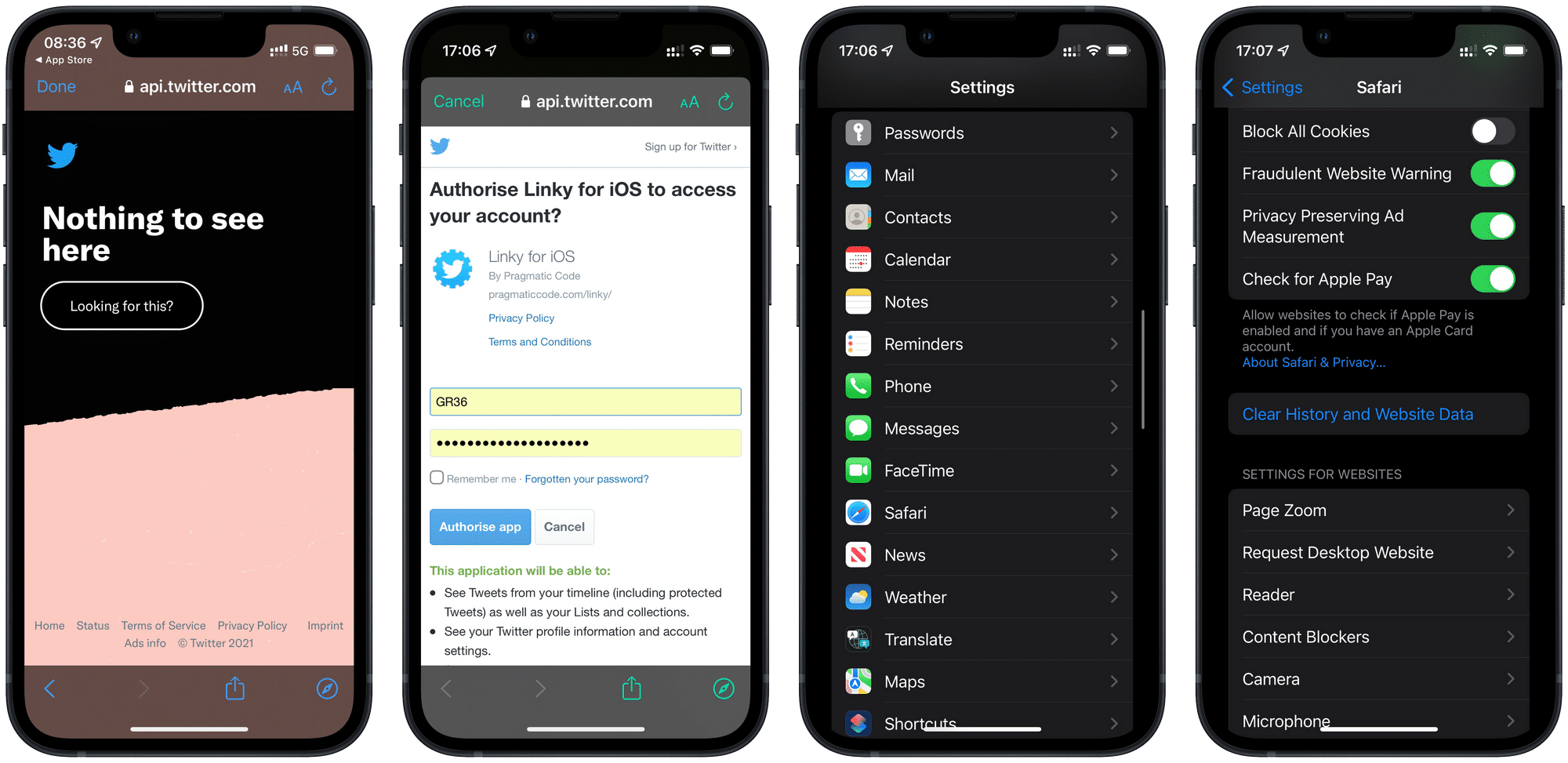
You’re going to have to purge all the Twitter web information from your device. This is the likely culprit and unfortunately, when compared to macOS or literally any other operating system, it is all or nothing. There is no option to only clear Twitter related data.
Head into your setting, go to Safari, and tap on ‘Clear history and website data’. This should resolve the “Nothing To See Here” appearing after putting in your login details. Allowing you to log in to a new app or authorise a secondary service.
Whilst looking at options to add a ‘tip’ service to my blog, I looked at what felt like a never-ending stream of them. There are no shortage of options, ranging from full on monthly subscriptions, to occasional buy me a coffee type platforms. I went for the latter to see if I can monetise the work I do with my ‘How To’ posts. I found reading the marketing copy on these websites really eye-opening, and it started me thinking about monetisation of the content I make.
One such website Buy Me A Coffee has the tag line ”A supporter is worth a thousand followers”. Which sums perfectly up the outlook of those looking to gain something back for the work they put in. My self included, of course. I have been trying to get something back, if only to cover the costs of hosting, for almost a decade with very little success.
As I wrote at the start of this year, “The web is much different now than even that brief time ago”. It is still a little hard to accept that the number of people making a living from writing on the web is so small when compared to a few years ago. A few dedicated supporters well outweigh, in terms of revenue, thousands upon thousands of page views.
I am still overwhelmed when people read my posts, even more so when people give me feedback, and amazed that anyone ever felt enough motivation to donate to me. I value all of these people equally. The anonymous readers that never say a word, read the advice they need from a post and then leave. My followers on Twitter that occasionally like and retweet my nonsense. Or the people that I have met online that I now consider friends.
Sure, it would be nice to motivate more people to support me, but that is not why I do it. I am already a success because that looks very different to me in comparison to whom these tip services are primarily aimed at — but supporters do help!
For those of you not following me on Twitter (and why not I’m hilarious) I bought an Xbox Series X. I’m not a big gamer by any stretch, but having played Stadia for quite a while I thought it was time to branch out on some hardware, and I am so glad I did.
Those of us that have busy lives or just generally kids and partners that need attention, know the realisation you don’t really have time to play games any more. Many people's modern lives are not conductive to playing for long periods of time, and as such we often miss out completely. There are some thoughts on games getting much shorter to complete, but the average game still takes more than 25 hours to polish off.
If you’ve been nodding along and thinking the same as I, let me introduce you to the wonderful world of instant on. Available on both new Xbox versions (and I think the PS5) it removes a major sticking point of gaming for me. With instant on there are no credits to watch, no introductions to get through and very little loading at all. You can be in a game within seconds, and it’s glorious.
Sure, instant on might be killing the planet a little faster, so I guess my gushing should taper a little. However, the fact that I can grab a small slice of time to myself in between everything else I have to do has been brilliant. I can leave races midway through on Forza when duty calls or go and do something between matches in Fifa, all without having to worry my game is paused somewhere — which was my solution before.
I am never going to be able to sit down and game for long periods of time, but the small 20 or 30 minutes here and there mean I might actually play some games again. The small hump of motivation to actually switch the Xbox on and not have to update GB worth downloads nor watch credits might just save my sanity a little. Praise MS for Instant On.
I recently came to the realisation that I seldom look at the photos on my phone. For years I always wanted the best possible camera to capture every single moment of my kids growing up. It was part of me, and something I enjoyed doing, yet I never look at them.
I am sure one day I will be glad I do all this clicking. Don’t get me wrong, I am a long way from living life through a lens, but I like to capture everything. They might come in handy when age catches up with me and I rely on all of these captured memories to spark the ones in my mind. Until then, they sit waiting for a possible future where I am old but still own a smartphone.
Despite hardly looking at them, they still mean a lot to me. They are simple family snaps. Some adorn our walls, displaying the family times we enjoy so much. I can look at a simple photo and feel all the things that I felt at the time and be instantly transported. They fill this strange place where they are priceless to me, yet are images that if anyone else looked at them would be worthless.
They are not a sum of their parts. They don’t contain world-class composition and expertly exposed colours (all things I fuss over in my other photos) because they don’t need to. These photos capture a snapshot of a time that will never exist again, and in it trap all kinds of emotions. Not only that, but they tell stories of what we were up to at that point, the things we did and how far things have changed.
Despite this realisation, I will continue to snap loads of digital memories. Still buy iCloud storage and better camera phones every year because I know I am building value. They mean everything to me.
Since first trying Ghost, one of the best things about editing my theme is the ability to host on Github. Through a simple integration I can easily edit my theme to make changes from almost anywhere. If you want to do this too, this guide should help you out.
First set up the Github integration on your Ghost install, this provides you with an API Key that you will need when using Github. Head to the settings cog at the bottom of you control panel and click on Integrations.

Create a new integration and give it a name. On the next screen make a note of the Admin API URL and the Admin API Key. Please keep these private as these allow access to your blog content.
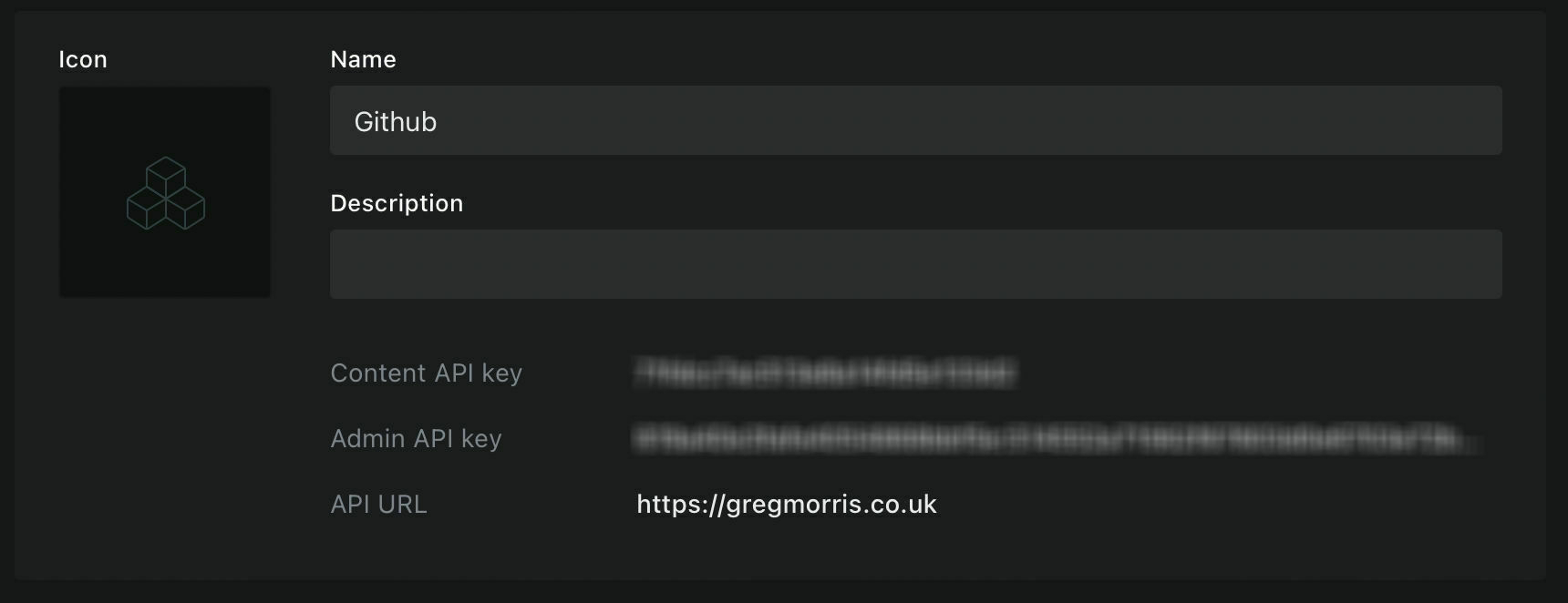
Secondly you will need to host all of your themes files on Github. Make a private repo, give it a name that represents your theme and head to settings > secrets. Click ‘New repository secret’ and set up GHOST_ADMIN_API_URL and GHOST_ADMIN_API_KEY with the integration details you set up earlier.
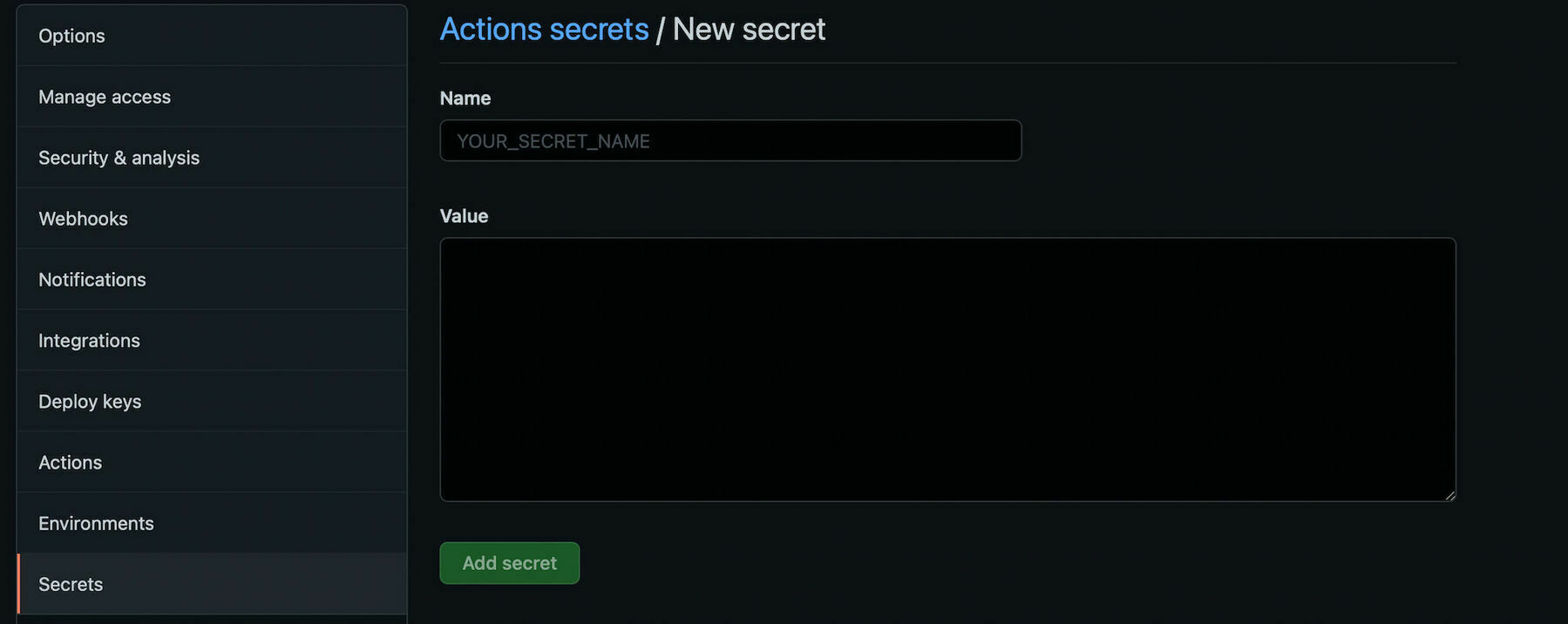
Once you have done this upload all of your theme files to the repo and commit them. The last step is to create a new file in your repo .github/workflows/main.yml. This file needs to contain the following.
name: Deploy Theme
on:
push:
branches:
- master
- main
jobs:
deploy:
runs-on: ubuntu–18.04
steps:
- uses: actions/checkout@master
- uses: TryGhost/action-deploy-theme@v1.4.1
with:
api-key: ${{ secrets.GHOST_ADMIN_API_KEY }}
This theme will now show up in your design settings, however you will need to make a change to you theme to trigger this. Adding in some text to your readme file is the easiest way.
You can now make changes to your theme through whatever way is easiest for you. I use Visual Studio Code, but on iPad I found the best app is Working Copy. Every time you push a change GitHub will build your site and them push these to your live site, this usually takes less than a minute.
Josh Ginger on honeymoon phases with new devices:
By then, it’ll all be too late.
But at least it’ll be true.
It’s as if Josh had been reading my mind. The rate of publishing and the things being published has been a big theme of my thoughts of late. I’m not worried about being the first or the best, but I like to write things that mean something.
I got pretty good at telling what devices were going to be useful when reviewing numerous phones. Sure, I still got caught up in the excitement, but devices like the Galaxy S21 Ultra and the Galaxy Fold 3 I could tell within a day or so if they made any difference to me. But of course, I had to handle a lot of tech to do this.
If anything I am the reverse now, I dismiss things and then when I actually read or watch reviews I start to see where they could benefit my workflow.
With all this said, I always try to take in reviews after time with the device. I have lost count of the number of videos reviews I watch claiming the device is the best thing ever, only to have another on a few weeks later on why they are returning it. Some of this is of course YouTubers being YouTubers, but the honeymoon period feelings are strong and should be considered.
I am very dismissive of publishing my thoughts on many topics tech related. More so about devices and news that I am very late on. I figure that most people have already read or watched what they need to from the real tech people. Ones that get the product first or find something new and published the first article.
I am not the only one that feels like this, and it’s not just technology. Game reviews are also considered broken by many because smaller reviewers stand little to no chance of being heard when the review things weeks after bigger sites. I have spent years fighting the negative feeling of my hard work ending up getting very little attention. These thoughts very often make me wonder if to bother at all and I see this in many others.
You don’t write because you want to say something, you write because you have something to say.“ by F. Scott Fitzgerald.
Except I do. We all should. If we have something to say, that should be said (written, painted, acted, whatever medium you choose), do it. If you have thoughts that you want to express, just because others have similar thoughts doesn’t make them any less valid. I don’t publish because I want to publish things, I do it because I have something that I want to publish.
It’s an easy mistake to make. I made some technology review videos in years gone by because I just wanted to make technology videos. I didn’t have something to say really, I just wanted to be a “YouTuber” like others I look up to. Don’t get me wrong, I think they came out OK, and I continue to make videos currently — but it was for the wrong reasons and quietly died out.
Feeling these feelings of not being heard is not unusual, but if you have something to say, say it — but don’t say it just because you simply want to talk.
I don’t usually frequent /r/conspiracy, but I stray into it sometimes just to see what crazy is going on in the world. Like macabre entertainment that makes me feel a little better about myself. Gone are Bigfoot and aliens, replaced with COVID-19 vaccination fear and politicians being pedophiles, with the occasional randomness thrown in. One such post caught my eye that discussed the need to have modern devices to just view webpages, and it has a point.
Don’t get me wrong. The thoughts are muddled, the technology knowledge very thin — but like a child with a stick, they hit the point somewhere along the road. The web is a mess. Full of tracking, adverts and complex things that all need to load. Sure, they may look nice when viewing them with a good connection and a nice device, but if you don’t, the web can suck.
You can find fantastic articles online. I hope to one day write such a post. But I find it increasingly difficult to consume these. The internet, as it's built today, is a bad experience to consume long-form content. I much rather read a 300 pages book than a 3000-word article.
— Kevin Wammer (@cliophate) November 15, 2021
Consuming content often means you have to put up with some of the worst websites. Ones that suck all the life out of the web, consuming resources and slowing down the load time down to a crawl. Not to mention the acceptable practice of popping things up in front of your face, most of them not properly optimised. The result of all this is often a terrible experience, and users have a habit of blaming the hardware in their hands.
Kevin Wammer went on from the tweet above to talk about this a few days ago. The fact that I often have to save an article to a read later service (Upnext is wonderful) is a testament to how broken everything really is. Instead of building the best possible experience for users, much of the web is made for the most gain possible. It might be displaying adverts, it might be putting up a paywall, or it might just be for attention. It all boils down to personal gain and nothing more. Greed broke the web and it may never recover.
In what seems like another life, I spent a few years working for massive corporations. You know the type. Thousands of employees with several layers of bureaucracy yet you only actually speak to a handful of them. Communication was stale and cold, filtered through HR and marketing teams before it hit your inbox. There was no emotion in them, no story telling and very little actual communication.
You learnt to de-cdoe the words in to their actual meanings. Read between the lines and work out what was actually being said. Far too much energy had to go towards the interpretation of the false words and how best to action them. Unfortunately, in this dog-eat-dog world, in many situations this meant working out how to protect yourself. The burning realisation that at any moment the company could change the way they do things, and you could be surplus to requirements leads to constant paranoia.
Never attribute to malice that which is adequately explained by stupidity — Hanlon's razor
This wasn’t all bad, I suppose. I did develop a pretty thick skin as well as becoming pretty good at reading people. Now, in my calmer days, working in a job I love to bits, I have come to realise that worrying about what other people think is a fool's game. Trying to second guess things, and read between the lines in most situations gives you nothing but a headache and paranoid delusions. My approach to the actions of others now follows Hanlon’s razor above.
Once you adopt this viewpoint, it’s surprising how a large portion of what you may have previously worried about is just the stupidity of others. When the reality is that no one really cares about you, or puts as much though into you as you do towards them. Having a scout mindset and giving people the benefit of the doubt until proven otherwise is the best way to be.
I’ve been having a bit of a bad time currently. A few issues in my professional life coupled with being extremely busy has lead to me not being my usual self. Simmering in my grumpiness last night sat on my own and all I can hear is squeak, squeak, squeak. Looking over at my dog going to town chewing on his favourite toy. Ripping it to shreds and wagging his tail like the crazy dog he is. He’s in his element. Captivated by something so simple and experiencing pure bliss, and I want to know where my chew toy is.
I’d love to go back to a time when I valued something so highly that it was able to remove me from the world entirely. Captivate my attention and keep me entertained in a euphoric state for as long as I let it. I remember the times when a new colouring book would do this to me. Leave me oblivious to the world around me while I gave the blank pages a colourful facelift whilst sticking my tongue out. I don’t think the things around me have changed all that much, but I certainly have.
It’s not the things that put us in this state, it’s our ability to surrender to them. To let ourselves enjoy something with 100% of our being. Ever tried one of those adult colouring books? A perfect activity for a little while, and then your brain reminds you about all the adult things you should be doing instead and pops the little bubble of delight you had going. It is hard being an adult in a world that has so many demands on us, but that doesn’t mean we can’t get a chew toy every now and again, does it.
So, I sat looking at this happy little boy, ripping up his favourite toy and having the time of his life. All I could do is smile, laugh and soak in the second hand enjoyment. I instantly started to feel better because Charlie taught me something. To let go every once in a while and not dwell on things you can’t do anything about. Just enjoy your chew toy.
I used to be OK with email. Even in my day job I didn’t get much of it, I was one for picking the phone up and talking to people instead. My relationship wasn’t all roses, but it was certainly maintainable. Then something changed. During the pandemic, email shifted. Evolving into something else entirely, and I wonder where it’s going.
When shops were closed, businesses slowed to a crawl and our internal communication not yet ready for the word of Slack channels, my inbox began to explode. Every company wanted my attention, had new offers for me to explore, and of course all the conversations we had in person went somewhere else.
Email used to be a place where you had conversations, but as conversations have moved to text and DMs, it’s increasingly become a place where you store receipts, arrange appointments, collect announcements, and now, receive newsletters. — Jack Shafer
If we want to look at why this is the case, of course I asked for these emails. I said yes, it was OK for my bank to keep me updated about their new products. Agreed that the company that I bought flowers from 3 months ago could let me know when my next anniversary is, but I didn’t expect this. What was once the electronic version of posting a note to a friend is now a battleground for my attention, and also where I get my news.
That is because almost all of my favourite journalism is now delivered into my inbox. Personalised and funded by me from the writers that I love (Galaxy Brain is seriously the best). Newsletters were the biggest tech boom of 2020, and I love it, but looking at this objectively, how can these two things exist side by side in my inbox. The solution may be to use something like Hey, the service I was obsessed with for a hot minute. It lets me separate everything out, but I am not convinced that’s good enough.
None of us want email to be this complicated. Granted, I can unsubscribe from as much stuff as possible, but I do like the occasional sale email and tempting bargain waved in front of my face. I can’t give up on well times emails about events I want to enter again this year and reminders for birthdays. I shouldn’t have to choose between what goes where because email now hates me. This is without even talking about corporate email.
The relentless things keep popping into Outlook all day, every day, trying their damn hardest to distract me from getting things done. Gone are the days I can leave the app minimised on my desktop because some time recently we seem to have all unconsciously agreed that email must be answered straight away. Nothing comes after work email either. You can all move to Slack or Teams as much as you like, but that just means you’ve got two things to check now because no one stops sending damn emails! All. The. Time.
I can’t figure out what email is now. It’s a weird mixture of first class journalism and marketing neediness. I can deal with Social Media wanting my attention, what I can’t deal with is losing the most important communication channel I have outside of actual human contact. Help.
Casey Newton noticing Facebooks plagiarism problem:
Facebook’s report details the top 20 most widely viewed posts on the network over the past three months. One of the posts was deleted before Facebook published it. Of the remaining 19, though, only four appear to have been original. The remaining 15 had been published in at least one other place first, and were then re-uploaded to Facebook, sometimes with small changes.
It’s interesting to think about where people post things and in what order. Instagram Reels is clearly full of TikTok made videos that are redistributed. Which doesn’t seem to matter because they can monetise it anyway, and the same can be said for Facebook itself.
When the odd breakout personality does exist on Facebook, sure they can make money, but the content has to be very niche. The biggest touted success such as ‘Ladbaby’. Content is typical of the people that still use Facebook. Just take a scroll down the most viewed pages report, and you will see pages such as “Do You Remember When” and “That ain't right”. Which tells you all you need to know about the people spending the most time using Facebook.
Communities and groups are one of the biggest drivers of serious Facebook traffic. That same report shows pages such as “The Typical Mom” and “All Things Mamma” raking in 96m and 92m views per quarter. So, clearly there are people using Facebook, and loads of them, but they are not creating content for the site. They are interacting with others, forming groups and seeking advice.
I have always considered Facebook a bit of a distribution space anyway. Words go on a blog first, videos always got to YouTube first and photos go on Instagram. The fact that the Newsfeed is filled with plagiarism is not really a surprise to anyone.
Undoubtedly, the biggest thing I was looking forward to with the macOS Monterey update was Shortcuts. It promises to be the final piece in automating the Apple universe. Admittedly, it is a bit hit-and-miss, feeling as if it’s still in beta, but most things work well. My favourite part is pinning Shortcuts to the menu bar, and this is my favourite one.
In creating this Shortcut, I took inspiration from Gabrizio Rinaldi’s version that I found via The Birchtree Bark Newsletter. However, I wasn’t happy with just starting the screensaver. This is fine if you are working from home, but I work in an office and regulations dictate my workstation must be locked when I am not at it. This took a bit of work as older versions made for Automator no longer work, but step forward some simple Apple script to save the day.
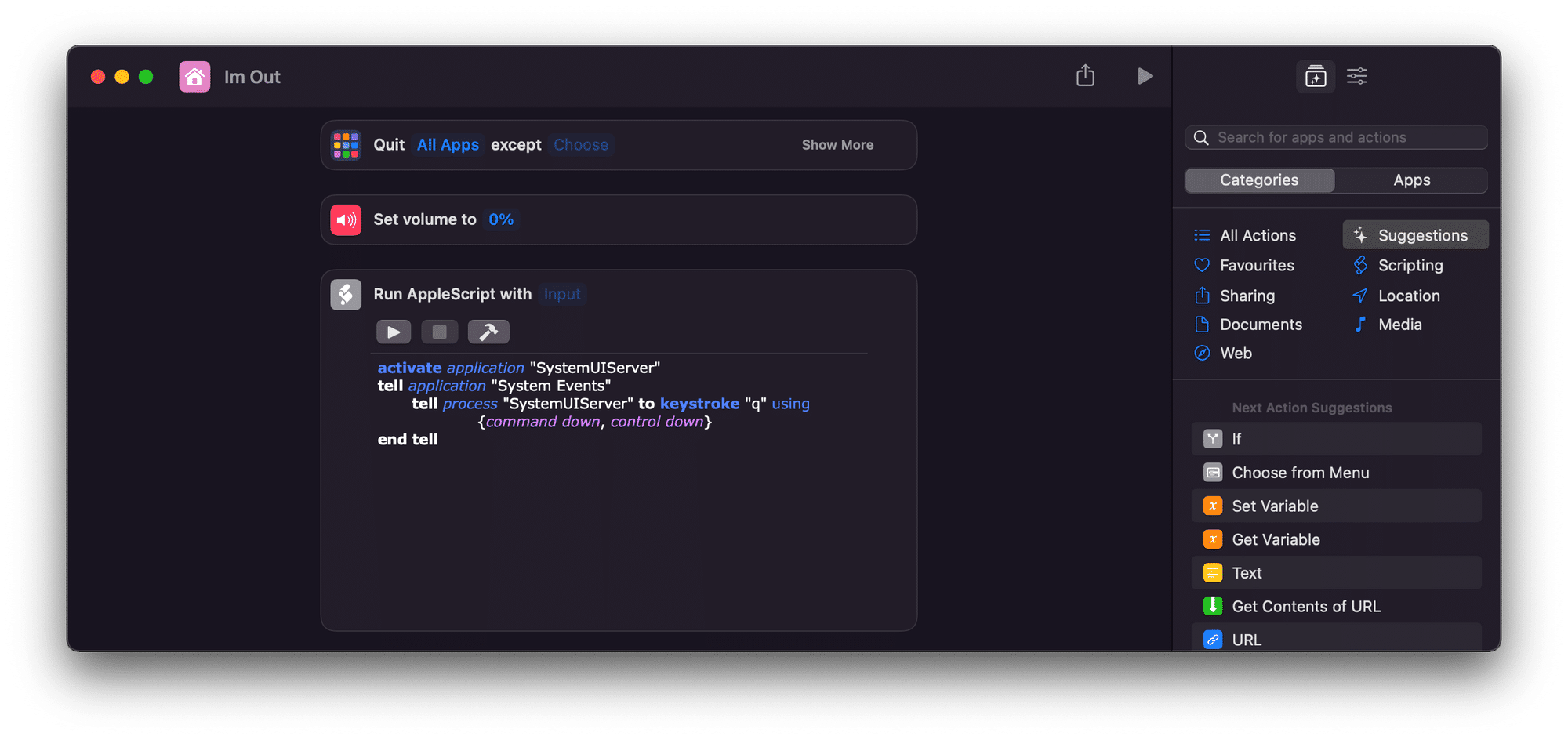
This small shortcut will quit all apps, put the volume down to 0 (no one wants to hear your Mac pinging when you’re at home) and also lock your Mac. You can leave some apps running if you need to by customising the first step in the Shortcut. All you need to do is click on ‘choose’ and select any apps you want to keep running.
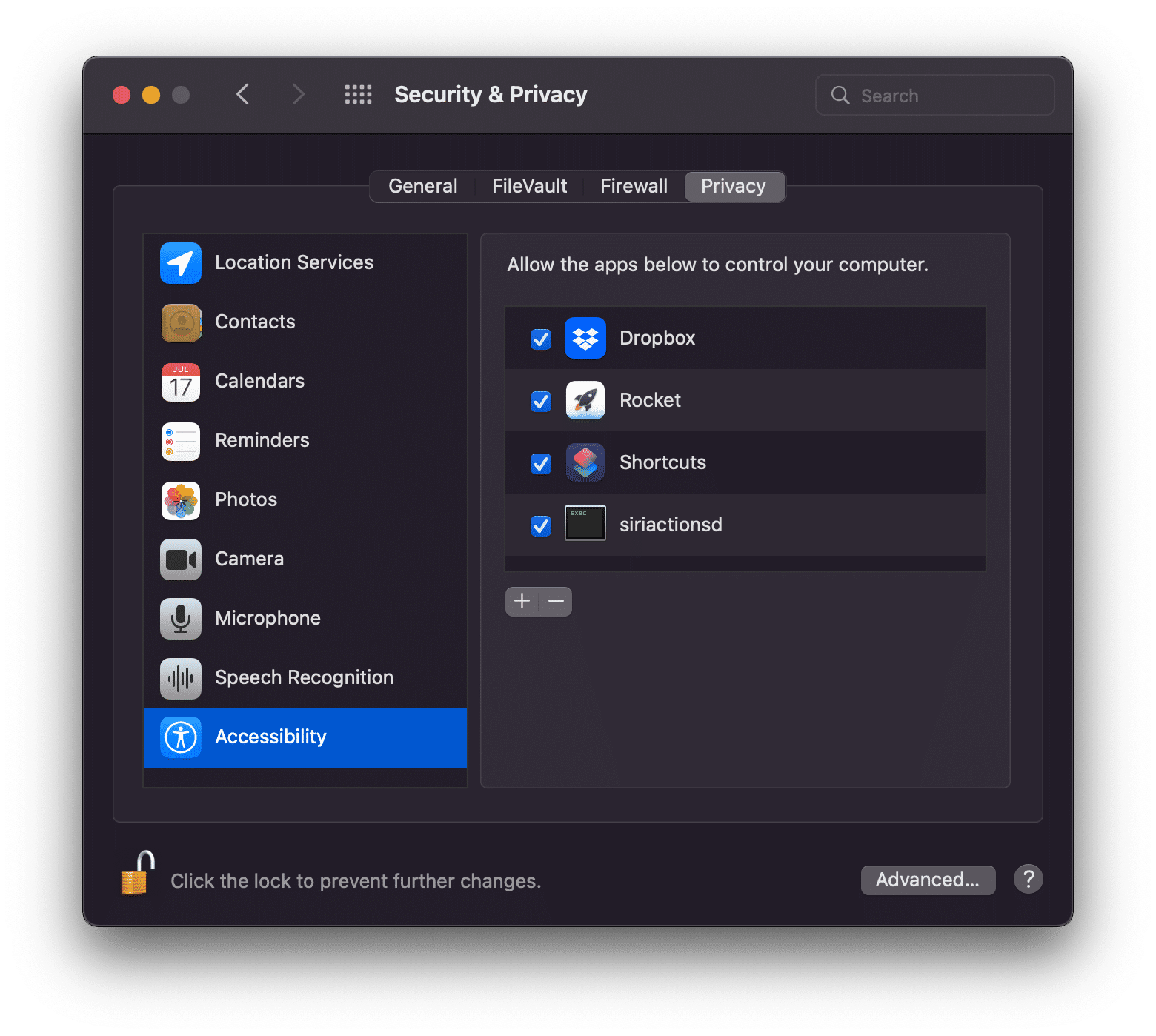
You will need to give Shortcuts permission to run scripts. Also make sure this is pinned to the menu bar as if you try to run it from within Shortcuts the last part will not work as the app has been killed halfway through!
You are welcome to add in other automations on the end of this, like Gabrizio did, such as switching off HomeKit enabled lights or putting the heating up a bit for when you get home. I debated playing a sound clip to signal me clocking out, but I might use this a few times a day so I didn’t want to annoy myself! It would be great to see what you do, so let me know.
Update: Slight tweek to make sure the whole script can run.
I know I am not supposed to. Well, I am supposed to, it’s human nature, but I am supposed to hate myself for it. I think that's the way I am supposed to feel about likes on my photos. To be clear, we are talking about Instagram at all times, no other photo service gets the reach that the ‘gram does, and perhaps that's the real travesty here. Yet, I can’t go anywhere else because, according to some, I am an attention seeker.
Being already hyper conscious of my tendency to crave some response to the things I post online, I should really gravitate towards photo services such as Glass. I’ve gone backwards and forwards on this excellent service and won’t go into my thoughts here. Needless to say, it just doesn’t provide what I need from a photo service. They are steadfast on not cowering to the social media trope of including likes, but that means a lot of your photos go without anything.
If the works for you, and is the reason you use Glass or another platform, cool. I wish it didn't mean as much to me, but the only option on Glass is leaving a comment. Which is great i theory, but they mainly devolve into talking or asking questions. Actual feedback is very minimal, and I leave far more than I receive. Leaving questions such as are my photos any good, are they not being seen, does my photo style just not fit? Do I need to keep going or give up completely? Wanting a quick, easy way to give and receive feedback is not a lot to ask.
I could post my photos to the dumpster fire that is /r/photocritique, but I feel if I did, I might give up taking photos completely. Being mostly friendly, unfortunately I have seen users go to town on photos because the subject faced the wrong way, or they didn’t use composition correctly. All feedback that may be needed, but I think I can judge how good my shot is from a tried and tested source — likes.
Public likes are obviously a contentions subject. Research suggests they are terrible for people that begin to use them as a marker to judge themselves. Granted I am not a teenage girl, that seem to be affected the most, but I really like them on my photos. I am not going to spam hashtags to game the system and delete photos that don’t do well, but a small bit of reward goes a long way when you are learning.
Likes get a bad rep, but the way that Instagram implement them is purely for their gain, not ours. Played like a slot machine to manipulate users of the service to post more and spend more time using the service. However, done correctly, likes could be a useful metric to measure yourself against — although I have not seen them done well on any service yet. The issues are often the humans behind them that seek more and more feedback in an attention economy — again coming back to Facebook.
Perhaps likes are not the issue, it’s Facebook, but there may never be an answer. Certainly, not one that suits everyone, so I am still not sure how I feel about them.
I’ve been learning photography for around 4 years now. I love looking back, sometimes through hands covering my face, at old photos I have taken and seeing my progression over time. It is one of those skills, like writing consistently, that seems like it should be effortless but in fact is reasonably complicated. I’ve had frustrating times when it’s been a struggle to keep motivated, but I haven’t acquired these new skills by buying something.
All I want to be is a good photographer. That's all I really want from life. Take photos, edit, and go to interesting places that allow me to do those things. When I started, deciding it was time to stop using my phone and buy a ‘proper camera’, I wanted the best thing available. Spending hours reading all over the internet, having a look at what I could afford, and pushing my budget further and further up. I decided eventually that wasn’t the right move, and spent a lot of time with a small Sony A5000 before moving up the range.
Learn how to do the things you want to do instead of buying things hoping it will allow you to do the thing you want to do. — Patrick Tomasso
I still get these feeling now. The number of times I have thought “that lens would make my images so much better” I prefer not to admit. When in fact I don’t need to buy anything, I just needed to practice, review and learn the skills needed. Buying a thing doesn’t get you anywhere, new apps don’t make you more productive, new platforms don’t make you write more, and buying things is just an endless loop.
Purchasing instead of learning gets you nowhere apart from deeper in debt. You don’t need to spend anything to become something, just time and effort — which is perhaps the most expensive thing you own. I wanted to become a good photographer (I still do) but there is nothing I can buy to make me one.
Alex Kantrowitz reforming the Share Button :
A simple product tweak, the research indicated, would likely help Facebook constrain its misinformation problem more than an army of content moderators — all without removing a single post. In this scenario, adding some friction after the first share, or blocking sharing altogether after one share, could help mitigate the spread of misinformation on Facebook.
Seems like another day, another revelation from the ‘Facebook Files’ and I am sure there are lots more to come. You can of course push back and claim that the leaks were of information gleamed from internal documents and not form actually decision makers but it’s clear that they reflect the overall nature of the beats.
When it comes to misinformation, internal Facebook research noted that people are at least 4x more likely to see misinformation from a shares post. That is that if the original post users see is from outside of their friends list is four times more likely to be false, and up to 20 times in some situations. Lets that just sink in for a moment.
Two years ago, Facebook discovered that users were seeing false information shared into their newsfeed and apparently did nothing about it. The research goes on to make a recommendation that adding friction to sharing or blocking sharing all together would help mitigate the issues they were facing. Whilst it’s not known for sure if any action was taken, employees did openly discuss the findings on internal systems, it is clear they did not make any meaningful changes.
In July of this year, I quit twitter for the longest I ever have done. It was only about two weeks, but I did it properly this time, deactivated my account and everything. I can see your expression from here, I know this isn't an achievement to be lauded up, but it was pretty good for me. Having started to pull back in March, I had finally had enough. Every time I have tried to do it before, I failed. Finding myself checking the web app at least once a day. In many instances, I also just replaced Twitter with another social media platform, usually micro.blog.
Granted, I am using Twitter again, but reading Deep Work by Call Newport is making me want to pull back again. Perhaps not from everything like the extreme examples given in the book, but I find myself nodding along to the majority of the points raised. There is no doubt I experience some side effects discussed. All the signs are there. Struggling to focus sometimes, getting distracted by simple things, massive procrastination, the list goes on.
Frustratingly, this should have been already obvious having read The Shallows some years ago. I am becoming convinced that the modern connected world is running my brain, but I need it so much that I couldn’t even dream of long periods of deep work away from it all. I can’t put this all on social media, though. My, and in fact everyone's, relationship to email is broken. The unwritten expectation of swift replies has tormented me into time blocking my day to periods when I deal with email. Pushing everything else to the extremities does a lot for the work that I love.
There is no better feeling of contentment than becoming engrossed in a task you enjoy. Focussing on a topic you relish engaging with, otherwise why do it, and having no distractions to bring you out of flow state. Time disappears and projects get completed, simply by removing the triggers. Long ago, I accepted that I can’t go back to simpler times, but I can make my time simpler. I can go deeper into tasks and I get far more enjoyment from doing so. Not only from completing the task at hand, but more enjoyment when I do surface.
Roll this out to family time and other tasks that I love doing like photography and not only am I more engaged with what’s in front of me I am also enjoying social media more (email still sucks).
Charlie Warzel writes about what to do now we know all we do about Facebook:
I think there’s also justified resentment among members of the press that true grifters, many of whom are barely even trying, are able to leverage platforms that are asleep at the wheel to access massive pools of attention with their reckless version of journalism that foments white grievance, legitimate conspiracy theorizing, and violence.
The old way of publishing media is not just dying, it’s already dead. The gatekeepers of publications — the printers, the producers and the large corporations — no longer have the hold they once had. Information can spread wider and faster than it ever has before. Unfortunately, with that power shift come the, as Charlie calls them, Grifters. Those that aim to leverage this new power of publication and use it for their gains.
Anyone with access to the internet and publication skills now has an unnatural reach around the globe. Shifting power to everyday people by giving them access to unlimited information, but very few filters on the actual information available.
I don’t believe that any platform or organisation should decide what the truth is, but at least with the old way there was some level of accountability on the publications. I am not sure what the answer to the misinformation issue. It may be more journalism, more publishing and better independence from social platforms. One thing I do know is that if these issues are not stemmed soon the future will look back on this period with distain and laugh at how stupid we all were.
The sheer number of repos I have on GitHub containing blog themes in various states of repair is a testament to my personality. Despite having been writing on the internet for more than a decade, I am never happy with what I have and spend too much time messing around with things instead of pushing out posts. Others get these feelings too, something I am calling blog envy.
I look at blog designs like Birchtree.me and think to myself “I want a blog like that” and then go out and try to build one. Setting up a new local installation of Ghost, or WordPress, or whatever the thing at the time is I think I need to have. Of course, a few hours in I have something that looks somewhat like my inspiration but more like a cheap man's imitation. Importing posts and fixing things take a few more hours, when infact I should have spent those hours doing something more constructive.
There is no doubt that I have picked up some skills in doing this, a fact that was put to the test when building my new home, but it was still a lot of time wasted. I am often reminded of a post by Nitin Khanna that expanded on an idea by Jeff Perry. It is a post well worth reading, unfortunately the original inspiration has been lost to Jeff’s restless blog syndrome, but if you will allow me to paraphrase a little. It draws parallels between not wanting to ruin a nice, expensive notebook with subpar notes, to playing with your blog so much you never write on it. Something I know a little about!
I shouldn't beat myself up that much, but I see it in loads of others that spend money moving things about and getting nowhere apart from deeper in debt. Jealousy is not a bad emotion to have about the results of someone’s hard work and years’ worth of effort. However, the response is emulating the effort put in and not worry about the design or the way they do things. Not least because if you do finally achieve the emulation you desire, it won’t be yours anyway.
Spending hours creating a website is fine, if you have something to put on there in the first place. When creating this very website I tried out loads of awesome designs but when push came to shove they just didn’t reflect me. My blog is an extension of me, and I shouldn’t be jealous of others because they are not me.
Joshua Ginter on the difference between the M1 MacBook Air and the new MacBook Pro keyboards:
There’s a noticeable difference between the new M1 Pro MacBook Pro Magic Keyboard and the M1 MacBook Air Magic Keyboard. The M1 Pro keyboard sounds different, has stronger feedback and actuation accuracy, and has smaller function-keys.
I am no mechanical keyboard aficionado, but I love having a keyboard with the right amount of tactile feedback. There is something about having good key travel and a reassuring press that makes me feel at home.
It is remarkable how much faster I type, how more accurate I am, and just how much more I want to write on a good keyboard. I am sure there his some science behind it, but I am not sure how I would even sum it all up adequately. As I wrote about previously, the butterfly keyboards I used were fine, the return to scissor switches was of course better — but the new MacBook Pros’ keyboards are superb.
There were certain periods in my life where I was so ingrained into the world of technology that nothing else entered my mind. I was working in it all day, then writing and talking about it all night. It was my 'thing' and I enjoyed it, but I was boring. Sure, I loved being around cutting-edge technology, getting the inside scoop on loads of new things coming before the market did, but there comes a point where you're just not a well-rounded person any more.
I was for all intents and purposes a 'fanboy'. The things I used where such a part of me that I felt I had found my tribe, and I was absolutely going to tell everyone about it. First it was Android because I chose to use Googles OS and not that stupid fruit one, my calling was to argue the point on almost everything there was about it. My friends all asked me for tech advice, came to me to know things, and I preached my calling to all that would listen.
My journey to Apple was a long and boring one, but I don't feel like I needed to be like I was when I used Android. Now I am part of the Goliath and not fighting with my fellow Davids. That was until the iPad Air 2 came along. When handed one for my job, it had to quickly become my everything. On my journey to tweak and bend the iPad to work for me, I defended it as if it were my child. Because I was so invested in the whole ecosystem around working on an iPad, it became a part of me, and in many ways I was an "iPad guy" before many of the people currently looked up to even started. I was in before it was cool!
I got emotional when people like Joshua Topolsky trashed by beloved iPad, and defended it to the death. It was in fact when using an iPad became too much I that I began to see that others may have a point too. My passion for something was blinding me to see anything else. When in fact there are far too many reasons behind what tools we use and things we buy that others may never understand. In much the case, we as content creators often feel the need to defend or explain our purchasing decisions to people that consume our things for reasons I still don’t understand myself.
Now my tools mean very little to me. Sure, I have strong preferences towards iPhones and particularly macOS, but they are not part of me any longer. I love technology, and mainly stick to Apple products as I know them the best, but I can't be as evangelical for them as I used to be able to. In many respects the tribalism we feel is natural, no one likes things they love receiving negativity but it gets a bit much after a point. Use what you use and be happy.
Raheem Stirling speaking to Wired about the benefits of meditation:
It’s only now that I can see the benefits of such a practice on people of all ages and I’m really looking forward to the difference we can make together in developing the conversation around mental health, educating on tools and resources that can help people manage everyday challenges.
I wrote a while ago about the strange response you get from suggesting meditation to others. The perception of meditation is still very varied. Although now more than ever people seem open to trying new practices to improve their mental health, meditation is still a bit woo woo for most.
Heaven forbid you utter the word mindfulness. Marketing companies seem to have ruined this word for anyone to use, carrying with it all kinds of hippie visions.
Anything that brings this wonderful practice to more people, and allows others to see the benefits to almost everything in their life is a benefit. I am excited to see where this goes.
I am a simple soul that falls for far too many marketing ploys. Companies don’t even have to put much effort in, either. I listen to people on the internet far more than I should do. It only takes a post like this by Josh Gunter for me to clean up my Ulysses set up and dive back into it again.
This could be the fourth or fifth time I have returned to using Ulysses. I’m never quite sure why I stop, I just get destructed by the new hottest thing and have my head turned. I try almost every new thing because, as Josh says in the opening live of his Ulysses set up post, “I have these on-again, off-again relationships with certain types of apps”. Although he doesn’t with writing apps, these and task managers are my weakness — but after last time I really should have learnt my lesson.
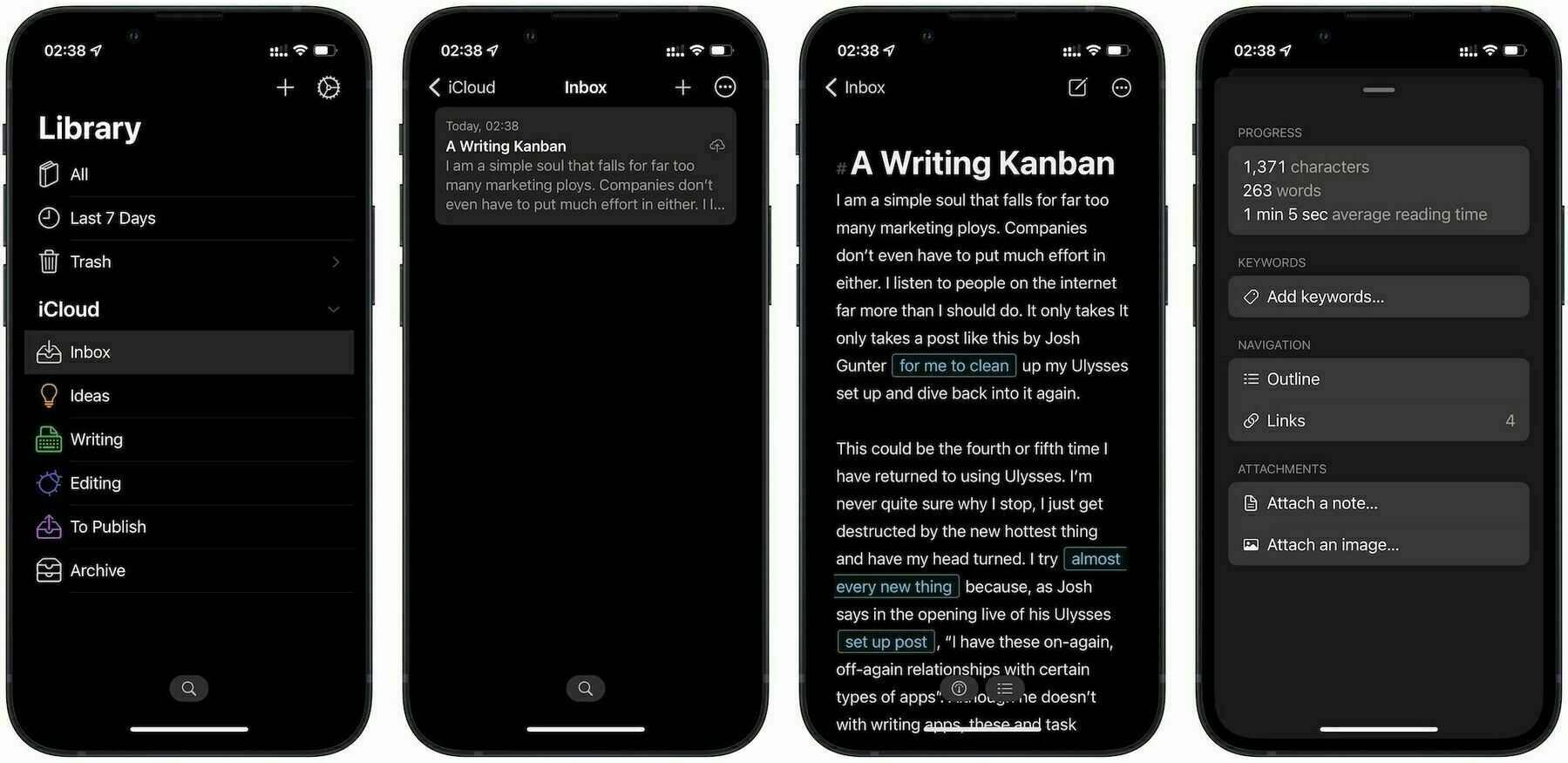
Enough self deprivation, let’s move on. I found the idea of a kanban set up of-sorts inside Ulysses interesting. Although my usual use of an inbox and folders for deferent types of post weren’t a million miles away, this is another step towards regular posting. For me, it’s all about getting things down on paper, at least digitally. It’s easy to forget ideas, or lose them in another notes app, but storing everything in an inbox or ideas folder should help me write more. It also won’t hurt to allow me to delete a few once the idea has settled a little!
By moving things down the question a little, I am already writing a bit more when I have a few moments, or checking over posts that I need to edit. Filling a few moments with writing or jotting down notes rather than anything else. Storing ideas and links for posts is also easy with Shortcuts integrations with Ulysses, I may share this Shortcut once I have settled on a set-up I am happy with. You never quite know with me, I might be on to the next thing pretty soon, but this setup should push me to publish more. Please check it out for yourself and see if this setup could improve your workflow to.
In all the time sucking manipulative apps I have ever installed on my phone, Instagram gets me every time. The Facebook affect has turned my once beloved app into a cesspool of attention-seeking posts that use all the UI tricks in the book to hook me in. It gets me every time. There are too many good things about it to stop using my account completely, so imagine my surprise when posting from the web became available.
As part of quite a few updates to the way Instagram works that are happening at the moment, Meta have launched web posting after announcing the upcoming feature in January. It’s a welcome feature to. Everyone who uses a camera knows the slight annoyance of editing your image in Lightroom after importing from an SD card. Only then having to save to Photos or send it to your phone to post to Instagram. Sure, it’s a first world problem, but it always felt like one that could be fixed. Instagram has a web interface, yet chose to close off parts of the experience to only mobile users — no doubt all in the pursuit of growth.
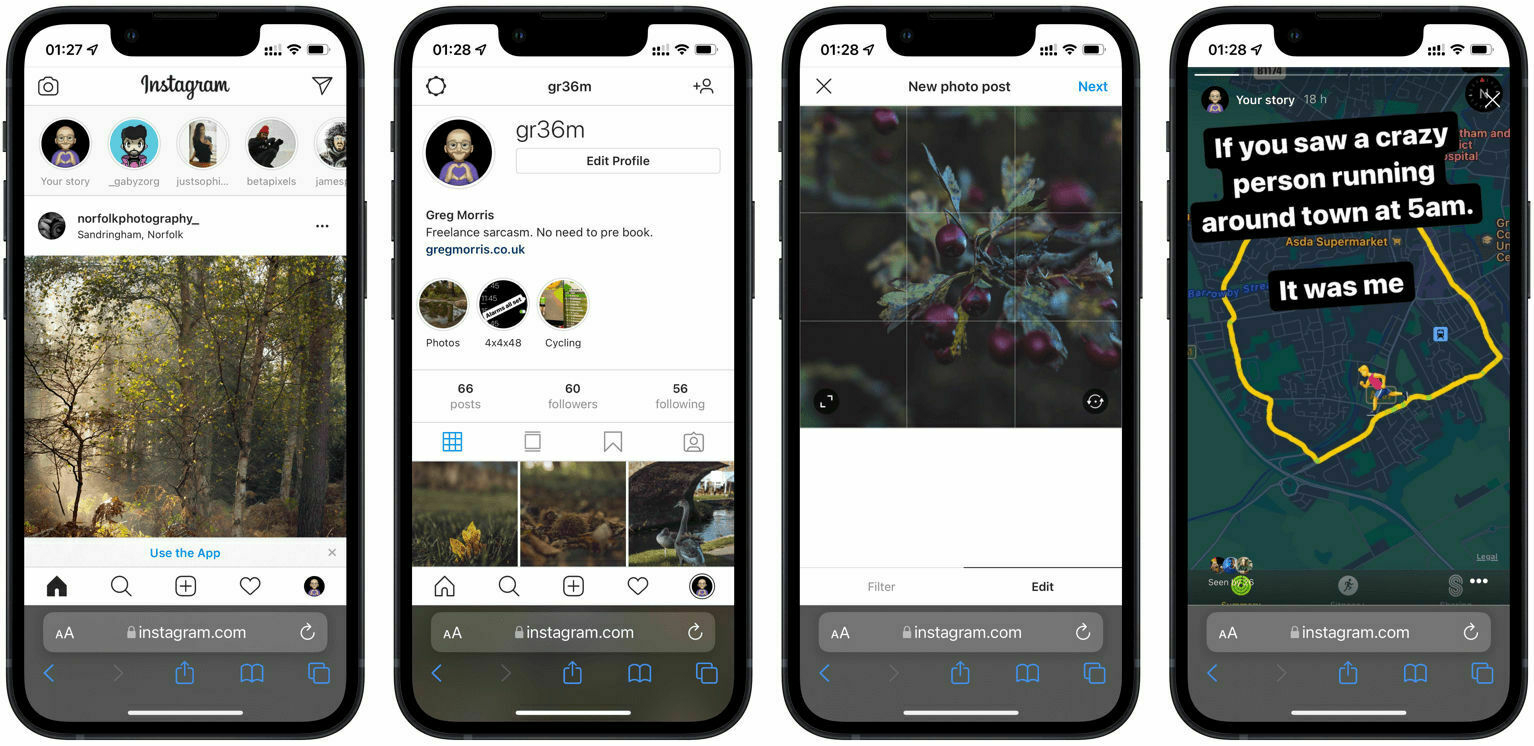
As much as I love using Glass there are far more people on Instagram and I find more posts of awesome pictures for me to look at. So sucking me straight in and wasting my time doesn’t take much doing, especially with all the wonderful autumn colours in new images being posted. Thankfully, I am awe of this and try to limit my usage or not have the app installed unless I want to post. It feels like this update is for people like me to solve the two issues pointed out above but still get usage.
It’s not perfect. There are still a few features missing from the web experience, such as editing previously posted images, but it’s a gigantic improvement. Along with recently going back to allowing image previews on Twitter it’s great to see the service improving. If they could just get rid of the shopping tab and actually get interested in me adding photos again, that would be great!




I know what you're thinking…. again! This time I haven't fallen out with myself and moved just because someone else told me how good their blogging platform is. Or decided that I want to try to quit something yet again. This time it's a little more important because I have got my hands on a new domain and wanted to build something to last.
After years of trying, literally the first time I tried was 2014, I have managed to purchase gregmorris.co.uk. It took a while of going backwards and forwards with domain buyers, but here we are. Now that I have a domain that reflects me a little better, I wanted a website that reflects what I am up to. It didn’t seem right just porting my scruffy WordPress blog and I have been lusting after something more portfolio based for a long time.
My first thoughts were to implement my photography into my blog posts here on Ghost, but I annoy enough people with the range of things I post about that I didn’t want to worsen it with my photos too. So I built this.
It isn’t all my work. The theme started off as Edge, a photography-based theme that is official and free. The theme looks lovely, but I dusted off my skills and made a blog page to go with it that is brand new. I also tidied up the CCS, made things my own and implemented a dark mode (your eyes will thank me). I’ve worked really hard on it, hence the radio silence for a while and dedicated a lot of my time to learning many new skills. Likewise, I keep expecting things to break, but they seem OK at the moment as long as I don’t keep playing with it.
Nothing will happen with that domain for a while. All of my posts have moved over, but redirecting all the historical traffic I get will take some time for me to work out how to do it best. I will more than likely keep the domain around for the foreseeable, and do something with it once I am happy that everything is done correctly. I am a little sad that after more than a decade blogging gr36.com might die off, but I am excited that my website better reflects my interests.
For the next few weeks, expect internal links to be a little broken on my new website as I update everything. I kept all the permanent link structure the same, but there is no avoiding a complete domain change. I have a new RSS feed which I may point the GR36 one at shortly.
I would love to know your feedback and opinions on anything I should change, privately if possible.
At their October event Apple unveiled huge improvements to the ‘pro’ line up of laptops. Moving the whole line over to their own silicone, adding in more ports and silently whispering an apology. Despite more than 5 years meddling with them, adding in needless features as well overcomplicating and compromising their laptops — they are done with meddling with keyboards. How long this will last, who knows, but the simple (all be it silent) admission that can be read between the lines, is that they were wrong in almost all areas. The constant march towards thinner and thinner devices simply does not work with laptops.
In order to slim down their laptop line in the last few years Apple, understandably, made quite a few decisions that were at detriment to its users. Battery life suffered. Connectivity needed by many of its users was removed and replaced by dongles, but most damaging was the compromise to the working of the laptop. The butterfly keyboard is perhaps one of the most damming decisions Apple has ever made about its computers. I was one of the lucky ones that wasn’t affected at all through my usage of them, yet still queued up to pick up my 2020 version once they returned to more traditional scissor switches.
As someone that types out thousands of words a day, I do have some opinions on these keyboards but this post isn’t really about them. It’s more about the way companies view the keyboards themselves. They have improved slightly over the years, but remained pretty mush as they were decades ago. A bit like the mouse, you can mess around with some things, add in buttons or make using it easier to use, but you cant change the way they work. The touch points are the most important area of a computer, and like handle bars on a bike, need to feel good and work well.
Who knows if Apple saw the future of typing on their computers as being as close to glass as possible, but that’s not a future I want to be a part of. The butterfly keyboards I used were fine, you get used to them in the end (unless yours breaks) but as soon as you return to something using scissor switches you realise who bad they are. Nothing beats good key travel and a nice tactile feel — there are whole industries built around it worth more than $1billion.
I can forgive the Touchbar (also now removed) as a gimmick that Apple thought would become more useful. It didn’t hurt the keyboard, apart from needing more concentration to use than it should do, but messing around with the keyboard itself gets much more of a reaction. The company is now aware that is customers like full-Sized, tactile keys but I am not sure why it took 5 years to work it out. Perhaps now they will stop messing around with the keyboard and continue to build thicker, more capable laptops that have what their customers need.
Casey Newton on Facebook going Meta:
It struck me, given the recent conversation around how old and out of touch Facebook has been lately, how strong the Boomer vibes were coming from those reacting to Thursday’s presentation. A surprising number of people seem to think that technological progress ended with the smartphone, and that augmented reality, virtual reality, and connected experiences between platforms will never come to pass.
I’m not into all opinions that seems a little bit like an old man shaking his fist at the sky being labelled ‘boomer’ but I completely understand where Casey is coming from here.
I don’t think there is anyone of the opinion that technological advancements stopped at the smartphone but if you are of a certain age the prospect of VR/AR being “the future” has been spouted for decades and is still not here. So it may seem to some that land never seems to appear over the horizon.
All through the 80’s and 90’s VR was promised and hinted at through all sorts of media. Movies like the Lawnmower Man, and video games systems such as the Virtual Boy seemed to be the vanguard of a new era — only for the noise to die out for another couple of decades. We’ve also been searching for the next thing after mobile for years, so I think we can excuse the dismissive tendencies even without whoever is trying to build these things.
I go backwards and forwards about what I want gr36.com to be. Over the years it has been a portfolio of sorts, an attempt at being a news website, a podcast host and lots of things in between. Nowadays it’s decidedly more amateur and more of an extension of myself that evolves over time depending on what I am up to and an extension of myself.
I don’t even have a ‘thing’ I want to write about. Most people seem to have an issue, or a cause, or even an interest they want to cover all the ins and outs of. I loosely revolve around technology but expand into all sorts of areas that I am interested in, but I guess thats the point a personal blog should be an extension of the person hitting the publish button.
Everything that my blog is I have learnt to do. I have studied zero computing skills officially, but my blog as taught me HTML and CSS skills along with some serve management things, SEO knowledge and a vast number of things — many of which I have already forgotten. The current WordPress is self-hosted, when it was micro.blog I had to learn all the Hugo things that made it tick. As such, in times of hardship when I wonder why bother I remember that my blog is more than words, it is a place I have grown.
But most importantly, I want to be able to be wrong. I want to change my mind! I want to evolve. . . .blogging feels to me like a world of endless drafting, endless revisioning. – Austin Kleon
I have written a great many words, most of them terrible, but most of which have taught me something about myself just through the act of typing them out. I have changed my mind, worked thing through and changed as a person because I have written them on the internet. I want to be held accountable for the words that come from me and a blog is the best place to do it. As Austin write about above, it’s more forgiving than putting all of your thoughts on social media. You are allowed to get things wrong. Be forgiven for the occasional (or more than occasional) spelling mistake or typo because a blog is you.
Much like the post on a blog, that you can edit, improve, and grow them they reflect the thoughts that spurred them in the first place. Austin Kleon also goes on to point out the importance of getting things wrong later in his post he says “Being wrong publicly is the easiest way to learn what you need to know.” This applies to a friend texting you to say that the MacBook Pro 13″ has two ports and not four, but also to opinions you have on anything. I can get things wrong in person, or on social media, but there is nothing quite like writing a post and growing because I wrote it.
The design is a bit weird; the words are hit and miss but it’s my blog, and it’s personal.
Edit: Not long after this I found a new home
As much as I love 1Password, I don’t love having to pay yet another subscription. So when Apple overhauled their password manager I was intrigued to try it out as fast as possible. Sure, using a fully integrated system probably isn’t the safest way to do things, but given 1Passwords move away from OS specific apps these improvements could be exactly what I needed.
At first look it works well enough to get most people going. Improving the security of average users accounts by suggesting much stronger passwords. The recent improvements also allows users to add in one time passwords, otherwise referred to as two factor authentication codes. Without doubt it is leading users down a path to making sure their accounts are much more secure and anything that allows you to do this without any technical knowledge is a good move. Even if it is perhaps not the very best practice to follow it is better than no password manager at all.
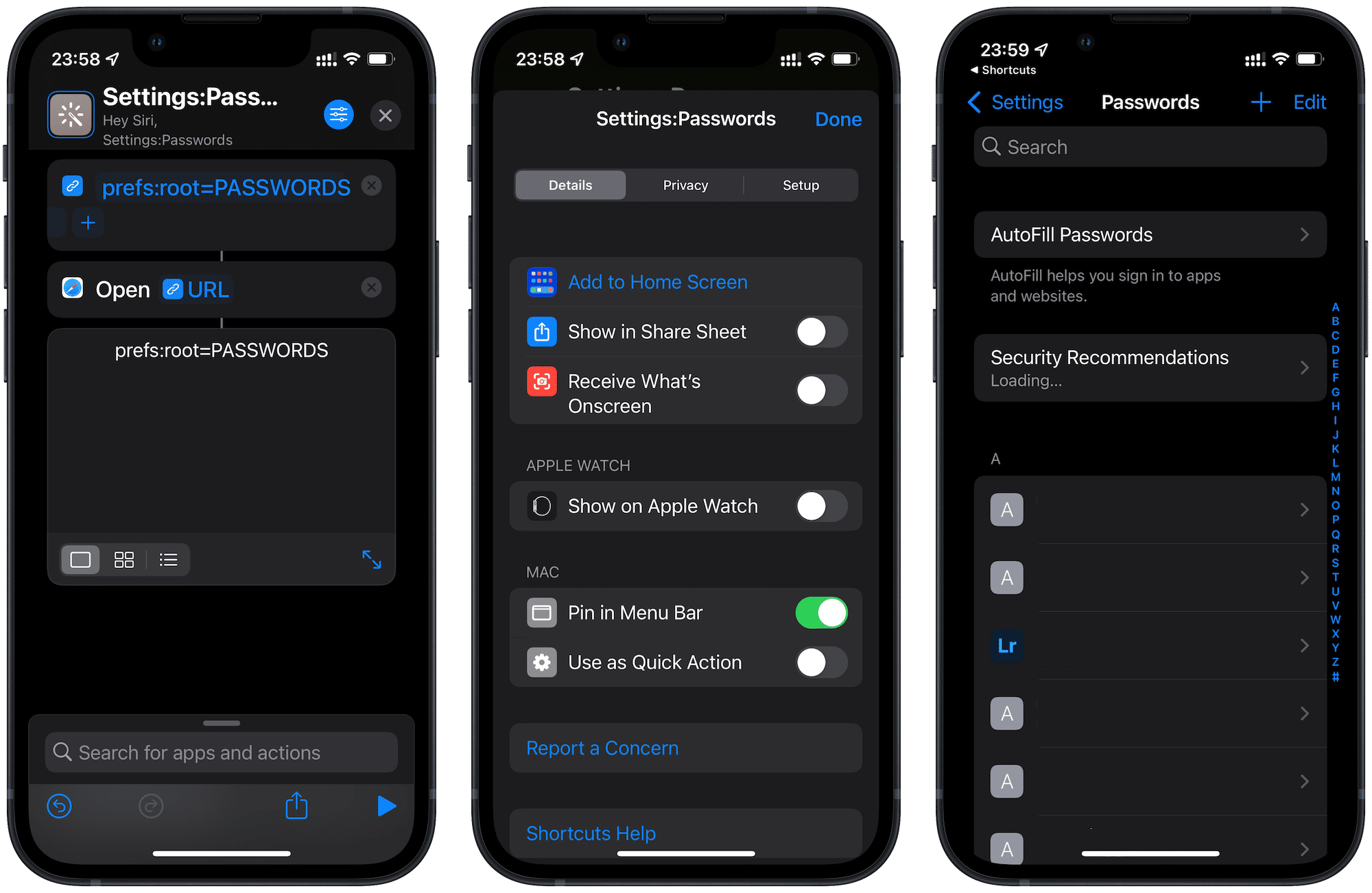
With that said, entry of passwords is not always the easiest when compared to other options. Providing the website or app is developed correctly you can put in usernames, passwords and two factor codes with a few taps, but if not it is a pain to go into setting and find them. Well this Shortcut created by Reddit user Krokmau enables access on not just iOS but also macOS providing you have the Monterey update installed allowing access to Shortcuts. Once run it will detect what OS is being used and display the passwords stored in iCloud.
I have pinned this to my menu bar on my mac as well as put it in the iOS widget on my homescreen so I have easier access than I have ever had before. I am sure Apple will improve things moving forward but perhaps not for another year. So in the mean time this Shortcut will save you loads of time hunting around in settings.
Lee Peterson on his lack of trust in #giftfromgoogle reviews:
As part of the Pixel 6 rollout Google gives out their latest devices to YouTubers and they are encouraged to share their thoughts via this hashtag. Don’t trust these reviews, it’s a gift so it’s already in the name they will mostly be a biased view point showing the positives not a real work review.
So just like pretty much every review then. Look I get it, the hashtag is a bit weird this year, and perhaps is a way to display #ad without actually saying it — but Google gives out Pixels to people all over YouTube every year — just like what seems like every other brand on the planet.
With that said, I agree with Lee. I absolutely do not believe what half the reviews say on YouTube currently. I have to watch loads of them to get an overview of what is actually going on and then try and pick out the topics reviewers have been told to cover. It’s pretty easy to pick them out because the same words are repeated but some brands are being downright manipulative about what is shown. Anyone remember the original Surface duo weird review embargoes? The below video from Mrwhosetheboss goes through the issues we face as consumers in loads of detail.
Without getting too much into the tools I use (yet again) I have been enjoying using Notion lately for all of my productivity needs. It’s not perfect but the power and flexibility it offers me for free is pretty crazy. One of the downsides is using it on the go as the iOS apps leave a little to be desired, but seeing as my usage on mobile is limited now I built a shortcut to help out.
The Notion API has been around a little while but it’s very under utilised in my opinion. Given the fact Notion appeals to a wide rage of businesses and individuals alike it comes as no surprised that the API allows for quite a lot to be achieved without even opening the app. In order to get access to this you will need to visit their integrations page and set up you own access token.
1 – Whilst signed in to Notion, head to the main page for setting up automation and add a new integration with a name of your choice. Once set up you will need the API Key, so copy this somewhere safe. This allows limitless access to your Notion data (with a few bits of extra information needed) so please keep it safe!
2 -Second you will need the ID of the database you want to add information into, you can find this in the URL when the database is open as a page. This does not work with Linked Databases so make sure you have the original one open and copy the URL.
https://www.notion.so/{workspace_name}/{database_id}?v={view_id}
If you have only one Workspace you wont have the Workspace name in your URL, so just copy everything after the Notion URL and before the question mark.
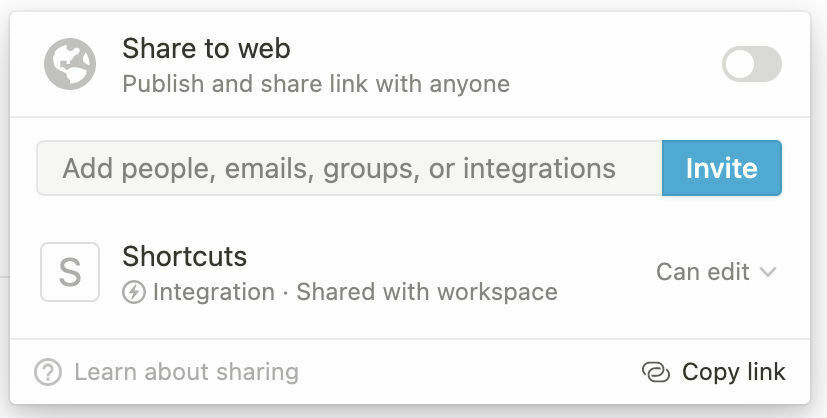
While you have this page open share this database with your integration by clicking ‘Share’ then ‘Add people, emails, groups or integrations’ and selecting the integration you just set up. This gives the API full access to this database only. In my example below this is my ‘Inbox’ where everything goes first for me to sort out later on at my desk.
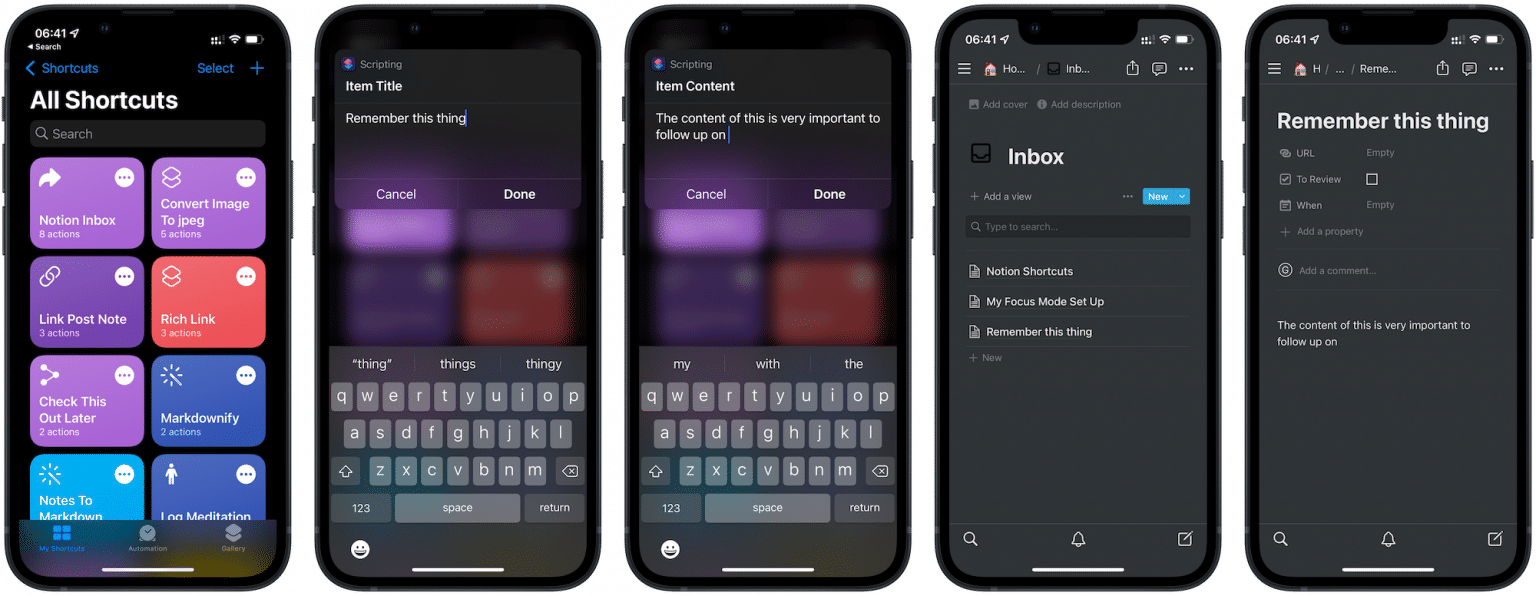
Download the Shortcut found here. Paste in the API Key when requested and secondly add in the Database ID. You can change these afterwards by editing the commented text boxes with the relevant data.
Once run, this simple set upasks you for a title and some content for the quick database entry you are making. This then puts the information into the below JSON format using the supplied variables. The real power of using the Notion API is the possibilities are huge. The API contains the ability to set up any number of blocks inside this page, rich text styling, adding images and loads more. You can find out more information in their extensive API documents.
{
"parent": { "database_id": "{database ID}" },
"properties": {
"title": {
"title": [{ "type": "text", "text": { "content": "{page title}" } }]
}
},
"children": [
{
"object": "block",
"type": "paragraph",
"paragraph": {
"text": [{ "type": "text", "text": { "content": "{block content}" } }]
}
}
]
}
I have set up a few of these to be able to add in items for my Todo list, blog post ideas and also clip web information for me to look at later on. I may look at creating something much bigger in future as my usage of Notion increases, it may never pull me away from Obsidian fully but it’s an amazing service none the less. If you create something I would love to see where you go with the Notion API and Shortcuts.
Matt Birchler with some comments on the MacBook to buy:
I would argue the only Apple Silicon Mac I can’t recommend is the 13” MacBook Pro. It’s several hundred dollars more than the Air and gets you the same performance in a larger body.
My first thought was of course you wouldn’t buy the 13″ model when something so good has just launched. To be honest I wasn’t really aware that the ‘older’ model (can’t really call it old now can we) was still available but sure enough there it sits starting at £1299. No doubt to give Apple a marketing angle that their pro laptops start at a lot less than they actually do.
Sure, look at the MacBook Pros in isolation and the base model, hell even the £1499 512gb version is an attractive purchase for some people. A saving of at least £400 is nothing to be sniffed at. However throw the MacBook Air into the mix and it makes no sense to go for a cheaper Pro.
There will be some people out there that need 4 ports, or want to squeeze out a couple extras hours of battery life and there are some very minute differences in performance but for the saving of several hundred pounds more the macBook Air is the machine to go for unless you have deep pockets.
Edit: turns out the 13” MacBook Pro has the same two ports as the Air. So even less reasons to buy it.
Jon Porter on Apple being ready to admit it was wrong about the future of laptops:
Whether that’s because Apple is more dominant when it comes to smartphones or just because the benefits of wireless audio were more obvious to people than USB-C accessories, people seem to have been far more ready to roll with Apple’s annoying headphone jack decision. There’s a valid debate to be had about whether Apple kicked off a trend towards wireless audio or whether its move just turbocharged one that was already taking place, but either way, Apple made a bet that the future of smartphone audio was wireless, and for all intents and purposes, it seems to have paid off.
It is unusual for Apple to be early into new spaces of technology it is not unusual on them making bets on the future of computing. Some of these fail (butterfly keyboards), some of them take a long time to come to fruition (flash), and some are forced through simply because Apple is behind them (headphone jacks). All of these are calculated by people far more intelligent than you or I, but theses always those waiting around to point some fingers. Generally speaking Apple seem to take the approach that in computing it’s better to be at the front and corse correct when possible, then be behind and risk missing the boat entirely.
Whilst the linked post above is vastly exaggerated, it’s great to see Apple willing to make corrections when needed. With that said replacing the SD card slot is not admitting they were wrong on USB-C at all, as pointed out they just don’t have the clout to push forward like they do on mobile. Most devices seem to still be sold with a USB-A cable at least on one end, and with so many brands dragging their heels it becomes a drag to carry around a dongle but not as bad as others seem to make out.
Apple didn’t put USB-A ports back in their laptops, but they did concede the the future is not as wireless as they might have thought. Unfortunately just a few months after admitting their bet on the future of keyboards they now return to a macBook that argues it has “pro-level” connectivity, when in fact it has a similar set up to a macBook found in 2015. Ouch.
Jason Snell on the Exile from Dongletown:
Apple’s argument for getting rid of the SD slot was that the future would be wireless, and we wouldn’t need to use cards to transfer data anymore. It wasn’t true back in 2016, and it’s still not true. Sure, some devices equipped with SD cards now offer wireless data transfer, but let me tell you—it’s not as fast or reliable as just plugging in a card and transferring the data!
I still see this crop up from time to time. “I don’t need one because I have a dongle now” or “my camera supports some weird transfer over WiFi that I need an app for”. Nothing beats having an SD in your laptop, even more so for one aimed at pros.
I might be an edge case for people that will buy a MacBook Pro but I use 2-3 cards in rotation almost daily. Having to shoot onto multiple cards because they fill up fast. Not to mention I am away from my computer while doing this so I rely on being able to transfer all of this onto my Mac in one go. Even in a world where things have moved forward a few years and some cameras are moving partly to CFexpress but an SD card slot just makes sense if you have the room in the machine to put one.
A dongle is fine, but a built in slot is better.
A random bug appears

Blowing in the wind

I always love a good trip to the Apple store. A little to gaze at all its capitalist glory, but I usually have a good chat with the person sorting my stuff out and enjoy meeting some new people. Picking up my Apple Watch last week was no different and I had a good chat about the recent iPhone with the person helping me. We chatted for quite a while about their range of Pro devices.
We joked about what even is a Pro device, and that it means different things on different products, but they pointed out the surprising range of people that buy Pro branded products. To give you the cliff notes of our conversation, they pointed put how great the iPhone 13 is, and the iPad / MacBook Air. It’s great to have a device at every price point, but the reality is that a lot of people buy the most expensive one they can afford and often stretch to buy the Pro device without the need.
The anecdotal evidence seems to point towards the same conclusions. Your local coffee house features people browsing the internet, or writing Word docs on £1500+ laptops, and I have lost count of the number of friends whose children have written a MacBook Pro on their Christmas list. Every year when the new iPhone comes around, I see a whole new range of people that buy the expensive Pro phone and start taking photos walks for a few weeks to justify the costs. Sure, people can spend money however they wish, and more power to you, but Pro shouldn’t be your default.
This was even more evident, something I almost feel for myself, at yesterday’s event. Apple launched some new, good but staggeringly expensive, laptops yesterday which most people have zero need for. I work in a field that typically relies on powerful equipment to export video and manipulate designs easily and the power is still far more than I need. My 2017 iMac still doesn’t miss a beat, and no doubt more power would speed things up, but the cost isn’t worth the trade-off.
These Pros are for those that need serious power on the go, yet I have a feeling I will see these all over the place in a few weeks. Apple devices have always been a status thing for some. Like designer clothing the enjoyment comes from brandishing something just for the cost – or so I am told. I can’t wait to be able to pick those notched screens out with not too much trouble and have a look at what tasks are being done on a machine that is at least a thousand pound more expensive than required.
Of course, you do you, but the rest of the range are great too you know. Perhaps something cheaper might actually be better for you.
Every time I tweet these words or heaven forbid say them out loud, I get a wide variety of strange looks and responses. Many of which I couldn’t really understand and some of which could be the start of alienation completely. For some strange reason, some people took this personally — and that’s weird.
You may see my lack of need to use my phone as a statement of superiority. That I am looking down on those that do use their phones a lot, and while it could come across like this, nothing could be further from the truth. The reality is I could be seen on the same level as those weird families that didn’t have a TV while you were growing up. Not in a modern way — they don’t feel the need because they watch shows on a tablet or laptop — but because they don’t like it. These people seem to look down on others that did have a TV, and as Joey on friends asked, I never quite worked out what all their furniture pointed at.
I did use my phone a lot in years gone past. When spending hours and days on the road it became my lifeline back to my family and my working device. Sure I had an iPad, but my phone was always the biggest and best battery life iPhone I could get. It never left my person and I used it constantly.
Until the iPad mini was announced I was also talking myself into going with the Pro Max version this year and wrote about my thought process behind it (and some self-affirmation I needed). However, I spend most of my day sat at an iMac and when I am at home I just want to be away from things. So, my phone only fills in the small gaps now, it’s small itself because my needs have changed. I don’t use it much, but not in a weird way!
I’ve been toying with the idea of not using an Apple Watch on off for a few years. Usually when summer rolls around and I don’t want a tan line I think about leaving it at home more, but always go back after a few days. Well, this year I had an enforced hiatus from having an Apple Watch and its taught me a few things.
I wrongly sold my Apple Watch a week before the new one was announced thinking I would be without it for a little over two weeks maximum. Yet here we are a month later and still a week or so to wait. It has been a weird experience because I have had one strapped to my wrist since the first version. In fact, it is one of my favourite devices that I have ever purchased and, until the Series 6, have upgraded religiously each time. I can boil the reasons why I love wearing an Apple Watch Down to two areas and lacking one for a while has allowed me to see things a bit more clearly.
I love being active, It’s as simple as that. Although many life things get in the way I always find time to work out, even just a little. Before the Apple Watch launched, I went through a series of fitness trackers, running watches and fuel bands. Nothing quite filled the areas that I wanted nor provided me with something I could rely on.
This is the area I have missed most while being ‘Apple Watchless’. Although I have enjoyed the odd run a little more being freed from the ability to check how fast I am going, I miss the tracking. Being able to see how much I have been moving and see if I need to push a little further to fill my rings is priceless. I also like being able to keep an eye on my heart rate first thing in the morning and can often spot tiredness or illness coming before I feel it.
Of course, there are alternatives to this. However, health data is so personal I don’t trust anyone else with it. I have years of health data in iCloud, so the simple fact is I won’t go anywhere else. I could use the Strava phone app and a HR monitor and sync this into Apple Health but the Apple Watch just makes everything so seamless.
This has been the biggest revelation. Whilst I thought I was doing pretty well with managing all the dings and red dots. Turns out I have just been triaging them on my Apple Watch and not sorting the issue. Due to the easy to feel taps on the wrist I can forget about, I have had my phone on silent for years and never really given it much attention. Now that I must have my phone on ringer, I have sorted the problem out for good. Setting up Home, Work and Sleep Focus modes to make sure I only get what I need. Don’t get me wrong I had all the usual suspects turned off but was still pinged a surprising number of times by apps I had neglected. Such las Apples own media apps and personal email.
Overall. It has been an interesting experience, but I can’t wait to order one on Friday and return to some normality. It’s weird that a bit of tech has thrown me. I could live without it, but I don’t really want to.
Last year I decided the iPhone 12 Pro was the best choice in the line-up. It offered the best compromise for getting the best technology in a smartphone while not having to carry around a giant surfboard. Unfortunately, it still wasn’t perfect and didn’t feature the absolute best Apple has to offer leading some (myself included) to be a little frustrated in choosing a phone. Things are much fairer this year, but the choice is still a difficult one.
Whilst last year I bought all models of phone this time around I narrowed it down to two. My choice was between the iPhone 13 Mini for its awesome form factor or the iPhone 13 Pro. The more manageable ‘smaller’ version of Apples top of the line Pro models is better than ever in the key areas that users will care about – battery, camera, and screen.
Many words have been written about the iPhone 12 battery life. It wasn’t that bad if you take the iPhone 11 out of the equation, but we were so spoilt by the 2019 versions that 2020 felt disappointing. Apple claimed it stayed similar, but it went from great down to just ok.
Thankfully, they have returned to greatness with the iPhone 13 Pro. Being on par with the 11 Pro, and in some cases much better. I have struggled to get lower than 40% left when going from 7am to 8pm, and power users shouldn’t struggle with achieving 5hours of regular usage with plenty left in the tank. It brings back a level of confidence that you will get through the day with very few issues.
The new A15 is touted as being responsible for most of these gains, with not just increased ability but also more efficiency cores. The iPhone is already overpowered for what is needed from a smartphone, but Apple still pushed forward and developed another step forward in its chips. The A15 has two performance and four efficiency cores so most of the time it will be idling along only using little power but ramp up when needed. Obviously, the iPhone 13 Pro will never miss a beat, no matter what you are doing, but neither did the two generations that went before it. The new 5 core GPU plays games and does everything you want with ease.
All the tech crammed into the iPhone 13 Pro helps maximise battery life. The performance and power saving ability of the A15 help, as does the updated screen, but the fact is the phone contains a bigger battery. The trade-off being an increase in weight from 187 grams to 203 grams which is considerable, and noticeable as soon as you pick the phone up. Only you will know if the trade-off is worth it to you — but just know that this isn’t magic giving you extra power through the day.
Not all the heft can be attributed to a bigger battery thought, as the iPhone 13 Pro sports a much bigger camera housing and more protruding lenses. Thankfully, Apple are not hiding it away this year, and embracing the massive bulk because it once again provides the best camera in a smart phone.
You can hem and haw about Android this and that, but the reality is every year the new iPhone comes out the others play catch up. There is a lot to be said about the image processing producing a photo you like, but without sounding too much like a fan boy, Apple have constantly taken strides (or steps) forward each year with their cameras.
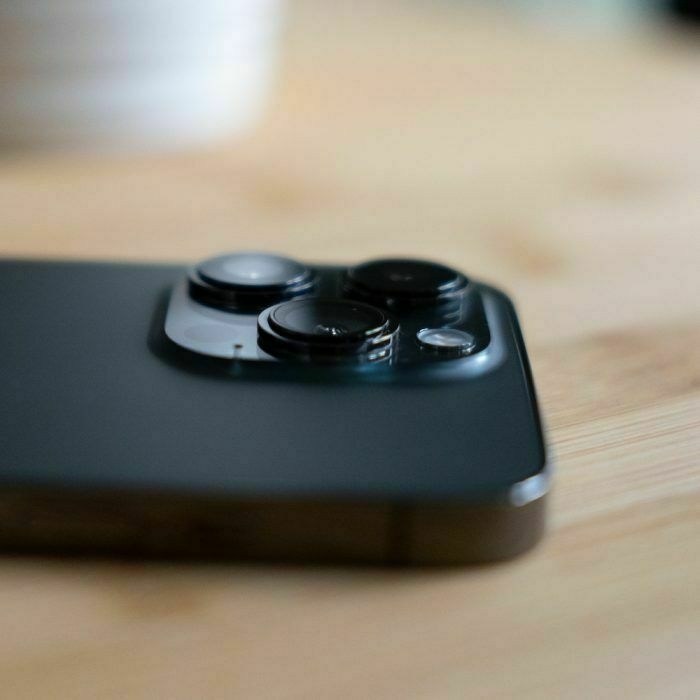
I am not sure that it is, as Apple say, the biggest camera update yet, but it is a big one. With all this said most people won’t be able to tell the difference in the images from any iPhone in the last 3 years but if you’re into the details it becomes obvious.
All three lenses have been updated and are the same across the Pro line up this year. The wide camera being the most obvious upgrade, featuring sensor shift stabilisation that only featured on its big brother last year, and improving to ƒ/1.5 aperture. Combined with bigger 1.9 µm pixels the sensor captures 47% more light, meaning images are not only more detailed in darker areas but also easier and quicker to capture.
The telephoto goes to ƒ/2.8 aperture, from ƒ/2.0 aperture but is 3x rather than 2x so don’t let that fool you. Allowing you to get in tighter to things that you can’t “zoom with your feet” and produces noticeably sharper images compared to previous models. I still feel a little like Apple neglects the telephoto and still leans far too much on a cropped main sensor image in lower light than it should, but the improvements are noticeable and very welcome. I like using the telephoto to get closer to images without moving so I can shoot quicker, and the standard of image produces by the new telephoto is closer to the wide camera, but still not as good.
Another update is the Ultra-Wide, ridding itself of the terrible ƒ/2.4 aperture to a more usable ƒ/1.8 aperture. This is not a lens I use very often and find it a little too wide for creating anything other than arty alternative angles. However, when I do, the improvements are a huge step up. Shadows are much better and not as muddy with more detail retained. An improvement this vast might get me to use it a bit more.
To be honest my photography has truly little need for an angle as wide as the 13mm equivalent, but I might use the new macro mode. Get within 10cm of a subject the camera will switch to the wide angle in macro mode, allowing you to focus on subjects down to 2cm away. I remain reserved on the novelty wearing off, but it’s certainly great to have the option, even if the interface is a little confusing.
I got a little excited writing about the tech specs of the iPhone 13 Pro camera, but all of these won’t mean a thing to most users. What they will notice is the images are easier and quicker to capture than ever before giving you confidence that in almost any situation you will get the shot you want. Photographic Styles will also let you tune your images during capture to constantly get images that you will love every time.









Finally, right! Whilst Android phones have been implementing higher refresh rates for several years, Apples phones have been rumoured but never received the attention they needed. The push back was that iOS mitigated the need for a refresh above 60hz, but as soon as you use anything better you begin to understand. ProMotion is not new, being in iPad Pro for quite some time, but makes the iPhone feel much more fluid.
It’s hard to tell when you first start using the device, as its more powerful too, but as soon as you go back you instantly feel it. The screen retains all of specs in iPhone screens we’ve seen for a few years, with a boost in the brightness of the screen up to 1,000nits, but the big story is ProMotion. The Apple tech used intelligently changes the screen refresh rate between 120hz down to 10hz when required. Saving your eyes, and your battery life.
This is one of those features that seems like it should have been done a long time ago. However, I trust that Apple waited for the tech to catch up and the battery life to not be affected too much. ProMotion is a nice to have feature, but not a necessity unless you use it and then unfortunately it has now ruined me for other phones.

There is simply no denying that this year if you want the best of the best the iPhone 13 Pro is the phone to go for. It offers significant upgrades over the already improved ‘regular’ line up but most of which users won’t notice. It is undeniable that the £170 extra gets you a much more capable phone that it’s hard to turn down if you know what you are looking for.
The screen makes using the phone much smoother and enjoyable. The camera captures better images quicker and the battery gives you the confidence to do it all day. You will see loads of these in use over the next few months as people upgrade. Not because of these improvements but because it’s the new iPhone and that’s OK.
You don’t need to be into specs to get the benefits. The iPhone 13 Pro improves the lives of average users and the experience of power users. It’s a win-win.
When the iPhone 12 launched I couldn’t make my mind up which one of the all-new line up I wanted. Granted it was a weird year with different release dates, but in the end I ordered them all. Which was an interesting endeavour to see the real-world differences between using them. Most of which are not obvious from simply reading professional reviews. At the time I stuck on the iPhone 12 Pro which I called the Goldilocks phone, but throughout the year I switched between almost all models because I am weak.
They all had advantages and disadvantages. Despite all being great phones, almost all were the same old iPhone and didn’t do anything for me. All apart from the Mini version. If you will allow me to quote myself.
when I set my hands on the iPhone 12 Mini it sparked something in me that I have not felt for a while. It was the same old iOS device I love, but it was different for a change. A truly modern smartphone in a small package with pretty much nothing taken away.
All of those feelings are still strong, every time you handle the mini form factor. It does take a little getting used to, even more so if you’ve used larger phones, but there is much to be said about being able to reach the whole screen with one hand. Packing a 5.4″ screen, it’s only a fraction under the ones used on Plus sized phones in days gone by — but in a tiny little package. However you’re not going to be reading any books or scrolling through stuff for hours on this phone without some eye strain.
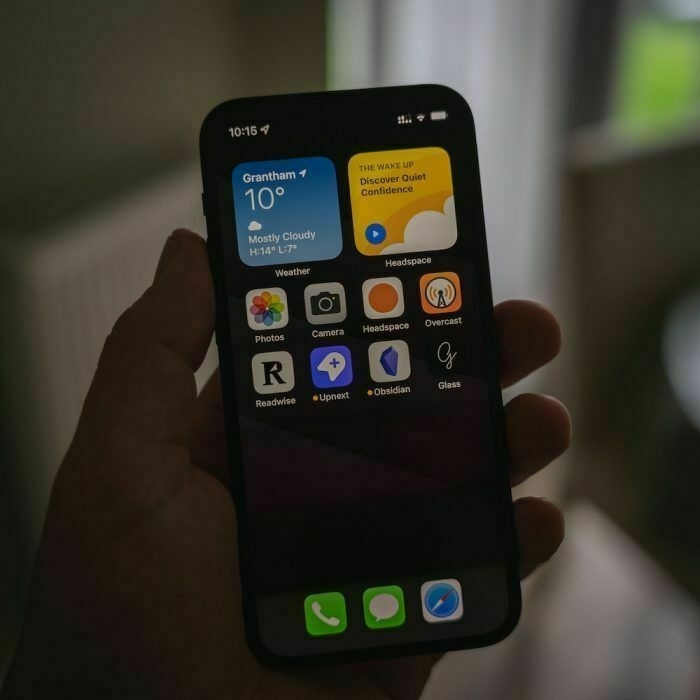
The screen retains almost all of the specs from last years model, coming in at 476 ppi and the usual expected quality from Apple displays. Thankfully, it receives a boost in max brightness to 800nits, which only becomes apparent in bright sunshine, but it’s a welcome one. The iPhone 12 line struggled in some conditions despite its 2,000,000:1 contrast ratio and True Tone technology. Thankfully no such issues plague either iPhone 13 version. You’ll also get a smaller notch in the screen too, but if you notice it you’re paying more attention than I do.
Did I mention it’s small? Also light at only 140g, which rids me of the pinky pain that can strike with heavier phones. I know most phone reviews are written by individuals that have a few more years on me so are not bothered about carrying around a huge slab of glass, but for those of us more interested in having something more manageable, how great the phone is to use is already obvious from the words above.
Build quality is exactly what you would expect from a top-of-the-line smartphone from Apple. I am still extremely negative towards the flat sides of the newer iPhones, but thankfully the ‘regular’ line of iPhones lacks the polished stainless-steel edges, so they are more smudge resistant. Unfortunately, the back of my Midnight version is not! The black(ish) version this year is a very dark blue that is a lot lighter than expected, with the glass back showing handling marks constantly.
I usually shy away from spending too much time on the performance and ability of new iPhones. They have been faster and more powerful than users will ever need for some years now and that doesn’t change here. The A15 chip in all the new iPhones features improvements to last years A14 in both performance and battery life. I am sure you can find words about cores and GPUs in other places, but its hard to say anything about specs like this other than its great. Shrug emoji!
The phone itself is ever so slightly thicker than last year, but you won’t notice it using the mini. Most of the heft is in the bigger camera system. One that takes the wide-angle lens that featured only on the iPhone 12 Max last year, combines it with what is, at first glance, the same ultra-wide from last year and puts it in a new diagonal set up.
The conspiracy theorist in me side eyes the slight tweak to the camera positioning as a way to signal your use of the new phone, but Apple claim they had to move it slightly to fit everything in. Which is an amazing achievement. I find it incredible that the camera lens and sensor shift stabilisation that only featured in the biggest phone last year makes its way to the smallest handset available. Bravo to Apple for not taking the easy way out.
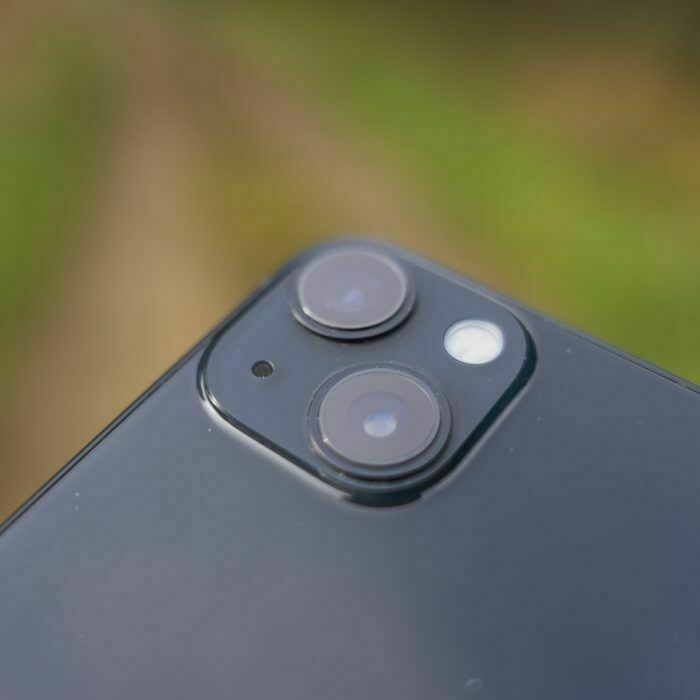
What this means to users is that the new Wide sensor lets in 47% more light and keeps the sensors more stable than ever. The camera on the iPhone 13 is more confident than ever, providing faster capture, longer night mode shots and a better all-round experience than anything that I have used. Sure, not since the iPhone XS have I been disappointed in an iPhone camera update, but this one lives up to the hype.
The iPhone 12 cameras, particularly on the Pro, were excellent shooter, but tended to blow out highlights if you are not paying attention. When things got dark, night mode helped, but without having the steadiest hand in the world, images often left you with a water colour rather than a pin sharp shot. With the new camera system and more processing power the cameras take a big leap forward.
I can confidently wave the camera at almost any scene and get a great shot. Night mode needs around a second less in my testing to achieve better results than last year and shadows retain much more detail. Most people won’t notice the image improvements, because they were great before, but everyone will notice pictures are easy to take.
I would have loved this to also feature the new ƒ/1.8 aperture ultra-wide from the pro models (Apple do claim the ultra-wide lens is ‘faster’) but I can’t have everything I suppose. There’s also no macro mode from the pro models, but in my testing, this isn’t as good as it is made out to be. All in all this is a significant improvement all around. Perhaps not enough to warrant an upgrade from the iPhone 12, but one that will make even pixel peepers happy.



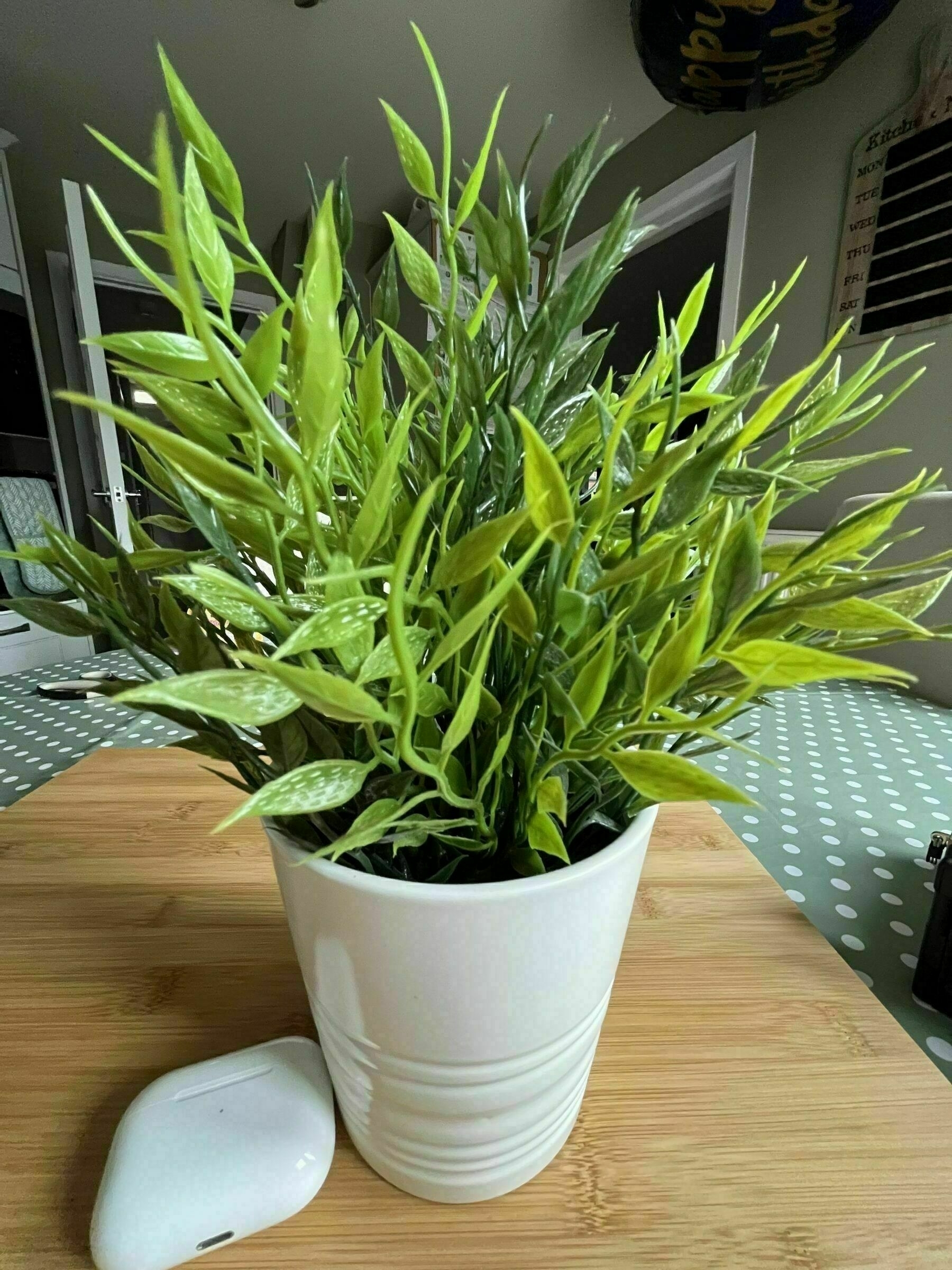

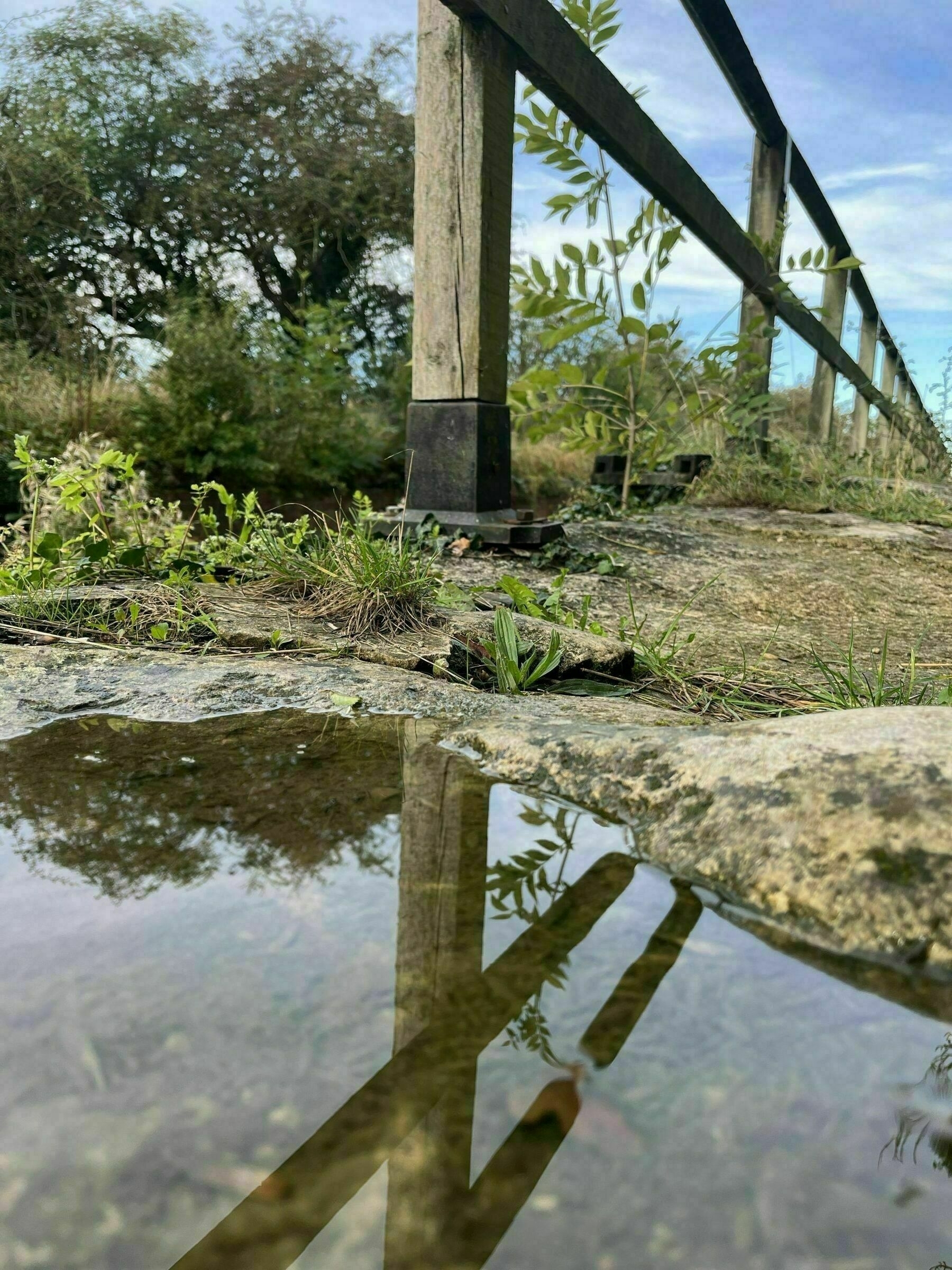
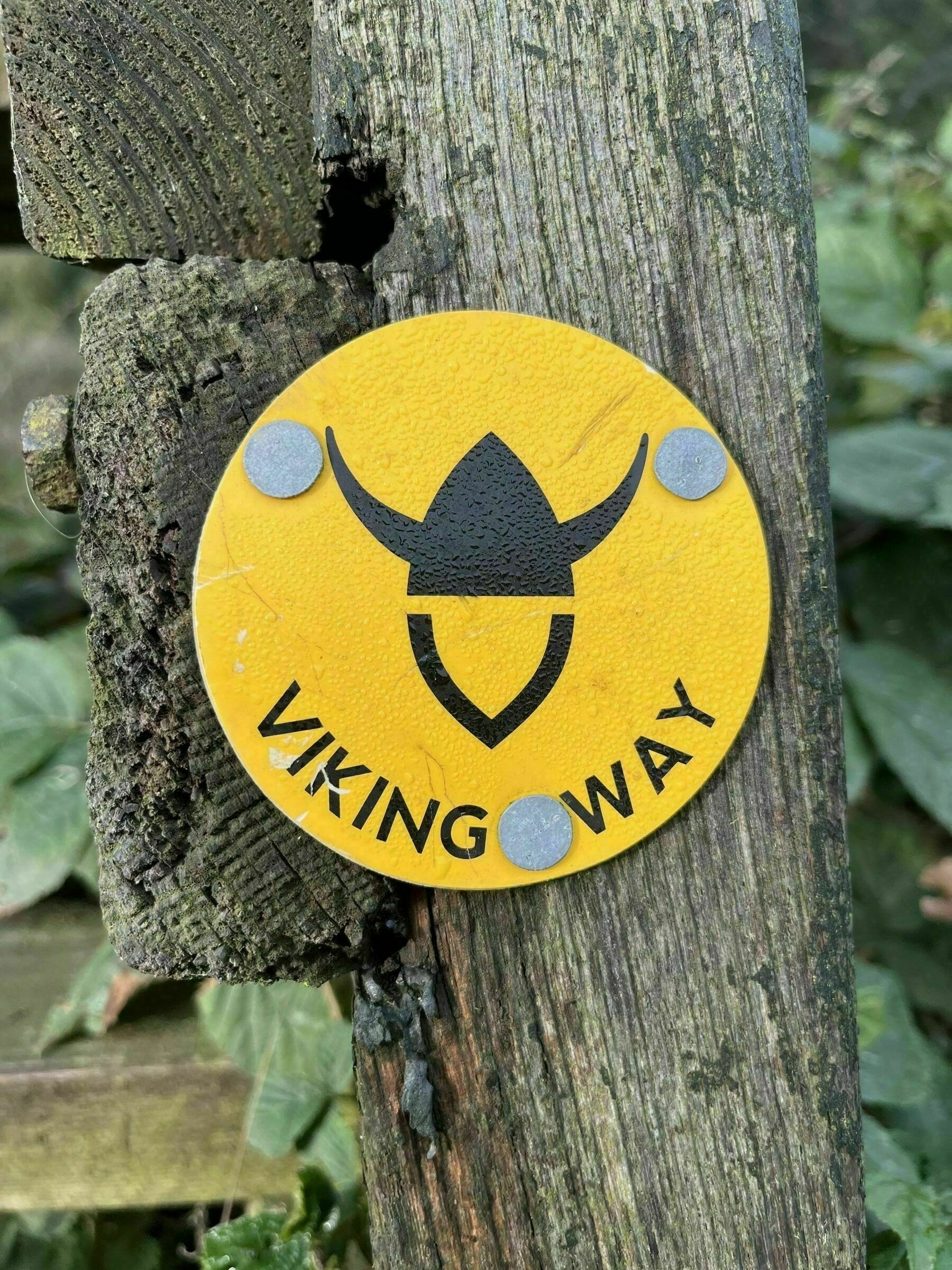


The reality is I don’t use my phone all that much so When Apple introduced a mini version of an up-to-date smartphone it instantly grabbed my attention. The perfect handset for me. Well Almost. The iPhone 12 Mini lacked in battery life so badly that in the times I was away from home (few in 2020) it was always a concern — so I disappointingly went back to a regular 12 and sulked.
In fact, it was the biggest compliant I saw from other users, or potential buyers. The battery life was average, as long as you didn’t expect to use it like a big phone. This year, the Mini sports what Apple claim is 1.5 extra hours of battery life – which is only a useful stat if you have something to compare that too.
Apple figures are almost impossible to follow along with, and they use all sorts of figures to avoid telling you what to expect. In my testing the battery life is around 20% better than last year’s model. The iPhone 13 Mini lasts around as long as the iPhone 11, which is as Apple claim 17 hours of video playback.
In the real world I can easily use my phone for 3–4 hours (I did it for science) and still have around 40% left. However, I don’t have notifications on for anything other than phone calls, messages, and emails, and don’t use many apps outside of banking, Twitter, Instagram etc. The iPhone 13 Mini still won’t stand up to someone using their phone lots (or so-called power users) but this phone is not the appeal for those people.
I don’t have some anti-phone stance, but when I spend my days talking to my family, sat in a meeting with an iPad and Pencil or sat in front of an iMac the Mini is perfect. It fills the gaps I need it to but perhaps it won’t fill yours. It isn’t for everyone.

It’s not all good news though, because the small form factor has some downsides. Modern life seems to point most users towards a larger and larger device, so using a ‘smaller’ phone is not conductive to all tasks. I have small hands, to typing on the mini is great for me but everyone else I have shown it to struggles.
There is a cultural expectation to be small phone adverse which becomes apparent when people ask about your phone. Others use words like “too small for me” or “its tiny” when in fact it isn’t small at all. Many of them are already using phones that are marginally bigger, if at all, but the Mini feels much more compact than it is.
There is not much that can be said about the iPhone 13 Mini that isn’t summed up in a few words. It’s ultimately an iPhone so you know what you are getting, a top-of-the-line phone in a small package. The iPhone 13 Mini is an upgrade as if Apple went through the phone and ironed out the few, but large, issues from the iPhone 12 Mini. Meaning that it has stepped up in my estimations from a good phone to a great phone.
The iPhone 13 Mini is bigger than ever. Bigger camera, bigger battery and sporting a much bigger appeal. I can recommend this phone to other people now, and I think the iPhone 13 Mini will be the phone most people should buy, but they won’t.
For the longest time I have been questioning why I do things. Not because I like making myself feel bad, although I am sure some people think I do, but because one of my biggest motivations is to ensure I get the most of my brief time on this earth. I want to make sure that when I am doing all the things I get up to, they are for me, and not falling for the same traps I see the world around me falling for.
This comes down to a lot of things. Social media usage, writing and photography are a few examples of things I enjoy for the intrinsic feelings I have. That’s not to say that I don’t receive, and enjoy, some extrinsic feedback from all these pursuits — and there is nothing wrong with that.
So why question all these things? Why not just enjoy them? Well some research indicates that our overall wellbeing is dramatically affected by the motivations why we do the things we do. In fact, lots of pursuits that out modern culture deems ‘normal’ could be detrimental to our mental health. Conclusions seem to indicate that the more you are driven by extrinsic values the more likely you are to become depressed and anxious.
Unfortunately, the modern world is much more driven by these external feedback loops than ever before. Leading to them to be termed ‘Junk Values’ due to their similar effects on the mind that junk food has on the body. Show off what you are doing to make people envious. Buy stuff to make you feel better and show off. All values that are hyper fixated on in modern western culture and ridiculously bad for your health.
So why does thins all matter to me? As much as I love posting things online and writing blog posts, and I am not going to lie on my deathbed and think about all the retweets I got or who liked my photos. I don’t want to miss anything in life for the wrong reasons and letting myself get away with small steps leads to bigger issues.
I have written many times about enjoying the process of writing more than the end results, and in fact the result causes me a considerable amount of anxiety because there is always an error I spot or some issue to solve. Yet I must keep some checks and balances in place to ensure things stay level.
You might notice breaks in my publishing, and social media posts because when I get to a point where feedback is my focus I need to step back. Indeed, when I write a post I am happy with that discusses a topic I am hoping to have some discourse around it, and it fails the natural things is to wonder why I bother. Which is letting these extrinsic needs take over why I am really doing the activity in the first place.
Taking photos that I want to take and posting them online is one thing but taking photos just to post online is another more dangerous activity. I have let my ego in before and won’t let it happen again. As with junk food, the effects are minimal in moderation, but start living on them and you will not only never be satisfied but also your health will suffer.
Unfortunately, we are surrounded by a world destined to promote these junk values. Valuing things on likes and retweets and living a life through a lens to prompt envy in others. Consuming entertainment that plays on the worst parts of us all and surrounded by adverts telling us what we have is not enough.
Patrick Tomasso in his iPhone 13 Pro review:
Learn how to do the things you want to do instead of buying things hoping it will allow you to do the thing you want to do.
It’s a bit of a joke among photographers the number of times people say to you something along the lines of “you take really good photos you must have a nice camera”. There is no response to this statement that allows people to grasp the stupidity in what they said other than handing them the camera and telling them to take some good photos.
Which is an arrogant thing to do. However, the fact remains that the camera is just a tool. Granted, some cameras can sometimes improve certain aspects in photos but the results are because of the person using the tool.
Which all the words are set up to lead me into saying the same thing Patrick says in his video. You don’t need to spend money to become a thing, you just need to learn the skills needed. You don’t need an iPhone 13 Pro to take better pictures no matter what Apple tells you in their marketing. The cameras are great, but they were great in the models that went before them. The most important thing is to keep taking photos and improving.
This appears in so many places in photography. The believed need to get a full frame camera, and new lens, loads of kit is all consumerism and nothing more. I am not pro, but I have improved so much using APSC cameras and ‘cheep’ lenses, and I still take rubbish pictures even with a ‘better camera’.
Concentrate on learning, not spending.
This is so pro, and we think you’re really going to love it. Words that seem to flow out of every Apples executive at every mention of their top-of-the-line iPhone. Of course, we can argue for ever about what Pro actually means but when it comes to cameras, Apple talks a good talk in every press release. You can’t argue with the fact they walk far down the line of supporting those statements too, but for whatever reason just don’t seem want to give their users pro camera controls.
Don’t get me wrong, you can achieve amazing things with the iPhone camera. In my opinion it is still the best smartphone camera to just point and shoot the Note 20 Ultra gets remarkably close.) and 90% of the iPhone users won’t care about this at all. They will carry on shooting shots on their iPhones and getting amazing results. However, for the few of us out there that want more control we are reliant on third party apps like Halide, or just admit defeat.
Most of the controls needed are available in a sense. Users can tap on the screen to adjust the general exposure of an image and use a slider for a bit control over the image. Focus can be changed slightly and even locked with another tap(s) on the screen although and minute control is not allowed, and the camera interface also lacks any kind of influence over shutter speed. Something that becomes immediately obvious once you want to use Night Mode, but the option appears and disappears what seems to be randomly.
All in all this is fine. As said most users won’t even need these kinds of options, and that’s why they are missing. However, it can get frustrating when Apple makes a big deal about what aperture their lens are and grade the amount of fake background blur achievable in Portrait Mode in f/stops yet give you absolutely no control over this in camera, it’s all fixed. I love the fact that the new iPhone 13 Pro’d wide camera can go down as low as f/1.5 but that doesn’t mean I don’t want to shoot at f/8 sometimes!

Perhaps I am missing something. It is possible that Apple have thrown so much stuff into its very confused camera interface that I have missed out on learning new tricks. Indeed, I didn’t realise I could lock focus until I wanted an Instagram reel a few days ago. With that said, even because the expose control exists doesn’t mean it is easy to use, or that I know what is changing in camera. Shutter speed or ISO, both of which I want to be able to control myself. Undeniably Pro photographers take amazing shots with them all the time, but for an Oh So Pro Camera, it’s not as pro friendly as it should be.
The solution if you really want pro controls, and I think any solution Apple would point too, is third party apps. I use Lightroom, with a quick launch option as a widget, but many others rely on the awesome app Halide. The argument could be made that the team behind Halide are doing a ‘better job’ than Apple in pushing the iPhone (and iPad) camera boundaries and informing its users that want more out of their photos. Granted, again this is going to be a ridiculously small percentage of their users. Leaning on a third-party system is fine for a more robust reminders system, or a new email app but falls down a little for such an integrated part of your smartphone such as taking pictures. At least until Apple allow me to set a default camera app and support it properly.
Instead, the solution is that the time has come for Apple to really put its money where its mouth. To deliver a pro interface to go with its pro camera set up. Most third-party apps do a wonderful job at imitating the stock camera app and making it feel more ingrained with the system, but if Samsung can build nice pro controls into its app, so can Apple. Oh, and add on a camera button while you’re at it.
Edited at 16:19: I had not realised the aperture was fixed on Apple lenses, which makes sense.
Federico in his iPad Mini review:
The new iPad mini has no such aspirations. Instead, the iPad mini flips the iPad Pro aesthetic on its head and asks: what if the iPad Pro’s industrial design, with its focus on gestures and the display, could also work in a tablet that is unashamedly portable and designed to be held at all times, rather than propped up on a keyboard?
This is one of the huge points that I have failed to articulate. Not since the first iPad Pro have I picked up a device and instantly been convinced it will change everything.
Not because it’s small, and light – it is obviously. But because it’s not trying to be an iPad Pro at all. There is no keyboard for me to buy and no lofty aspirations that I should be using it for ‘real work’. It’s just an iPad.
One I can throw in my bag and take anywhere. Read in bed and catch up on my favorite tv shows whilst sitting in the car. Whilst indeed the iPad Air is not too much more expensive it feels like a cheaper iPad Pro. Whereas the mini is just what I need as an accompanying device to everything else I have. I could do all these things on a bigger iPad, or a bigger phone, but I don’t want to.
This isn’t a device for everyone, but it’s perfect for me.
When it comes to using your tech, there are few better feelings than slapping on a new wallpaper and feeling like you’ve got a brand-new phone. Being able to add in a high resolution backing to all your apps overtime you unlock your phone or tablet that shows of your personality sometimes takes a lot of thinking about. However, the new update to The Wallpaper App is the only tool you’ll ever need.
Version two from indie dev Ben Harroway, speaker at WWDC 2019 and the brains behind Noisy Book App takes the already great app to a new level. I expected nothing less because when Ben produces apps he delivers in spades, with the second version packed full of customisable stunning wallpapers for iOS.
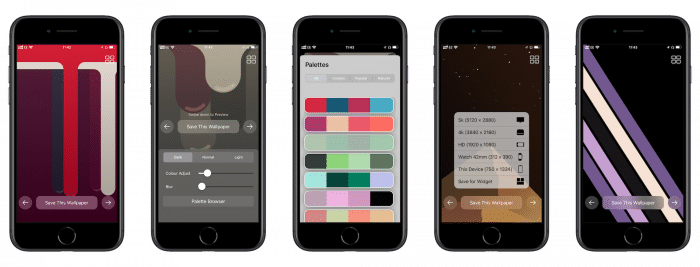
One the day when some will be receiving their brand new iPhone 13, you can transform your current phone with a few taps. With a simple interface of taps and swipes you can scroll through the huge inventory of designs in-which you wont struggle to find something that takes your fancy. But don’t think this is just a glorified gallery. The Wallpaper App also allows you to customise all the designs to your liking. With almost infinite combination of design tweaks available along with the ability to personalised colours.
So it doesn’t matter if you’re addicted to dark mode, need something bright and beautiful to cheer you up or are looking for a cool live wallpaper to show off to your friends, the version 2 update to the Wallpaper App has it all. I’ve Downloaded loads of them already for both my phone and iPad and you’d be hard push to no fill up a large part of your storage with gorgeous wallpapers – for £1.99 it’s an absolute bargain. #Notsponsored




Every time Apple update something in their line-up that doesn’t quite live up to people’s expectations the finger pointing starts. Words like “incremental”, and the lack of “innovation” start being banded around along with the “should have been an S year statements”. I don’t agree with these statements in relation to the iPhone 13, however even if that is the case for you, these small steady steps forward are the best thing for everyone.
I struggle with the urge to upgrade more than most people. I obsessively get a new iPhone each year (yes even the iPhone XS) and more than occasionally look back and regret it. Each year the new phones indeed offer me something, however small, but I have come to terms with the fact that the drive for me to upgrade is one of habit and ego. When it comes to the device I use the most I just like something new, constantly. The sheer fact that I buy the pro phone each year is because it is new but being mindful of this allows me to see just how truly stupid it is.
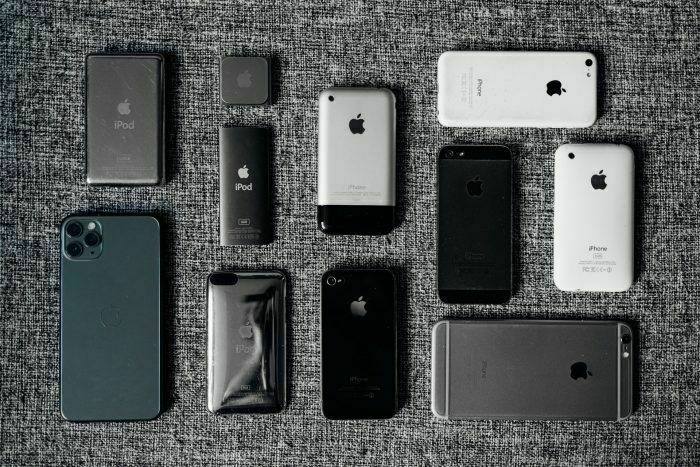
This so called “lack of innovation” or “incremental updates” are exactly what our consumerist culture needs. Small updates each year help to dispel the myth of needing to constantly upgrade. Indeed, the actual benefits of newer models are becoming so small that when talking to others it is easier to put people off than ever. Leaving room for you to question the line up and be far more objective about stretching to upgrade. A positive further enforced by a line-up that contains overlapping features and, at least perceivably, very few compromises at each price point.
Sure, there are more capitalist ideas behind releases than I want to think about. There must be technical reasons but simple things such as moving camera lenses to new positions could be interpreted as making sure to show off the new phone. You can be sure each year there is also a new flagship colour too. However, a line up where you can get 90% of a phone at 70% of the cost is one that I applaud. Long may small incremental updates keep coming and someday even I might not feel the urge to buy, but I doubt it.
Very few times in my blogging life do I have to go extremely far back in my archives. Perhaps a year so to reference in newer posts but usually not far at all. Today I had to go right back to 2016 where I urged people not to put a computer on their face. Of course, referencing the now infamous Google Glass which had been floating around for a few years previously, but at the time the latest thing was Snapchat Glasses.
As I said previously, there are few things that really worry me when it comes to technology but being surrounded by other people’s recording devices on their face is chilling. Without doubt the improvements made to smartphones, particularly cameras have helped the world at least feel a bit safer. If you’re in any doubt you can pull out your smartphone and record what is going on. The effect being a small degradation of privacy with a positive benefit to life. Whereas Google Glass and Snapchat glasses felt like more than a step too far.
Indeed, it was like reliving the past when Zuckerberg lauded up their latest innovation along with esteemed Sunglasses brand Ray-Ban. They not only look pretty much the same as the Snapchat version, but with a much premium build quality, they are also set out to achieve the same thing – record as much of your life as possible. It’s at this point I start to think if I right in the thoughts I have about a product or am I just a grumpy old man that doesn’t ‘get it’. As much as I hate the approach of Living life through a lens, I must accept that that this is just how the world works now; but putting it on your face just doesn’t sit well with me.
I am pleased to see that thought has been placed on some of the privacy issues. An LED light when recording or taking an image at least instills some confidence in me that I am not being recorded all the time. Facebook of all people have thought about the push backs that people had against previous attempts to face computers and implemented safety as best they could. Sure, it doesn’t take much to stop the LED from working or cover it over, but this is less likely with you are stumping up at least £300 for a pair. Indeed, I do question if a pair of Ray-Bans on their face say more about the intended use than cheap plastic Snapchat ones? However, that is not only amazingly pretentious to say, but is also difficult to draw conclusions from.
Some technology I just don’t understand, and Face computers are one of the things I will never get. This is because the product is not for me, it’s for people that want to capture more things. Which in today’s world feels more understandable than it did even 5 years ago. I have no issues holding up a camera to take pictures, and I feel much more comfortable with people having to do the same. Indicating to me that my image is being recorded and making it easier for me to protest should I need to. We do indeed live in a world full of cameras, so camera glasses and no doubt AR ones are unavoidable. It’s weird that Facebook have allowed me to be at least a little more accepting of them, but I still have hope that they don’t take off.
OK. Hear me out before you reply and do as Twitter says and read the post before commenting. The bottom line is, I don’t believe all the things in the post, but I do find it interesting to think about in the age of the modern web. Throwing around ideas and then debunking them in your own mind is a good exercise for finding truth when people are trying to deceive you — like they are on Twitter.
A couple of days ago I was introduced to a conspiracy theory that at first glance seems pretty out there. As with all of them, you’re never quite sure if people actually believe it or are just messing with others. The basis of the idea is that the internet died five years ago. Most, if not all, of the human created content you see online is populated by artificial intelligence and all the actual humans are gone.
If you search the phrase i hate texting on Twitter and scroll down, you will start to notice a pattern. – Kaitlyn Tiffany, The Atlantic
Seems out there doesn’t it. However, how many people on Twitter do you really know? Like in person know, a handful, more? As a percentage of the total people you follow I’ll bet it’s low — well all the others could be AI bots couldn’t they. Sounds bonkers, but when you consider that the PPC estimates that in 2020 at least 37.2% of all internet users were robots, and in 2016 they were responsible for 52% of the web traffic. Suddenly you start looking at the people you follow on Twitter with a side eye.
It wouldn’t take much to fool us. There are already bots pretending to want to date you, pretending to be helpful customer service assistants, and much more besides. It wouldn’t take much artificial intelligence to tweet interesting things often enough for us to follow them.
What about other interaction I hear you all say. What about the blog posts, photos, and perhaps even videos that they also post online? The unwelcome news is that other content is pretty easy to fake too. Remember Tom Cruise playing golf? Ask yourself if that person you follow, interact with, and look up to could be fake and the answer is usually a high possibility.
Of course, this conspiracy theory goes much deeper into talking about the agendas of those that control the bots and the “various corporations that are in cahoots with the government to control our thoughts”. Which at this point I am surprised there isn’t some lizard people involved. However, let’s not forget that operations by organisations have been proven to influence not only election results but also general feelings around sensitive subjects. There isn’t much of a leap to suggest that corporations and more ‘friendly’ governments are using similar tactics.
I think you would be surprised how many bots you interact with daily, and these kinds of topics are interesting to think about. Then again, I could be a bot and this is simply to distract you from what is really going on!
Before I start, the full disclosure is I don’t think this error message makes much difference. After resolving this I have not noticed any improvements with image handling, but some-people (me included) just like clearing warning messages! So, if you’re like me and just want to get rid of the bits of red on your WordPress health check then here’s some help.

When running a WordPress health check you will get the following error
The WordPress Hosting Team maintains a list of those modules, both recommended and required, in the team handbook (opens in a new tab).
Warning The optional module, imagick, is not installed, or has been disabled.
To use their own words “Imagick is a native php extension to create and modify images using the ImageMagick API”. it will enable you to edit your images much easier with the ability to add in loads of different effects and customisations natively in the WordPress media gallery.
It is also used to optimise the image you upload to WordPress and create different version fo images for different situations. Imagick also works with a larger range of image types and is thought to produce higher quality images overall. With that said, WordPress functions perfectly fine without it so installing is at your own risk and completely up to you.
On Debian/Ubuntu SSH into your server using terminal and do the following:
$ sudo apt install php-imagick
$ sudo systemctl reload apache2If you run the PHP-FPM service, you also need to restart PHP-FPM service for Apache.
If you are hosting on anything else, or don’t have access to your server please consult with your host to solve this issue. Also note that the module is optional and not required, to reinforced what I have said previously I have noticed zero difference and merely did it to get rid of the warning – do so at your own risk.
It is with great sadness that I announce the death of a good friend of yours. The Greg Thinks Thing newsletter sadly passed away in its sleep because of neglect. It has a good run, reaching the ripe on age of fifty-two editions, and leaves behind much of its content in the form of blog posts ‘retconned’ into my blog as if it has always been there.
But seriously it’s gone. I tried my best to keep it going but since no more working from home and more blogging going on, I just don’t have the time to write it. Many of the resent things I tried to write specifically for the newsletter felt forced, or rehashes of blog posts so I will leave this excellent platform to those more suiting of sending things straight to your email inbox.
It served a great purpose though. I sailed along at the boom time when everyone and their pet hamster had a newsletter and wrote more during what was a tough time for me and my family due to COVID and national lockdown(s). It gave me something extremely specific to aim for and make sure that despite everything going on around me I published something very personal and got a lot of things off my chest. Sending them to people that really wanted to read them.

Which brings me to a larger point about the purposes of the things that I do. Newsletters started off very personal things, sent straight to us directly without messing about online. Like a direct message from a friend filled with thoughts and ideas. However, this has changed, newsletters are now a massive industry with top notch writing that is only available through email. Often linked to more controversial publishing Substack has also managed to gather up some writers that want to stand on their own and publish exclusive things only to the people that want to read them. Hiding everything away unless you pay for it.
Whereas I want the opposite. I have fallen back in love with writing again and long may it continue to bring my joy. I want people to get my thoughts however they want. Social Media, RSS, reading apps and there are even service out there like Mailbrew that will package it back up to an email if that’s your preferred method. Reading and writing is the most important thing for me, and the small thoughts that maintained more than fifty editions of my newsletter will just be blog posts now.
Thank you to those that read the editions. Or didn’t, you just signed up and that was enough. I enjoyed writing them immensely but it’s time to focus on different things and let those that can write better than I take you money and ping your inbox.
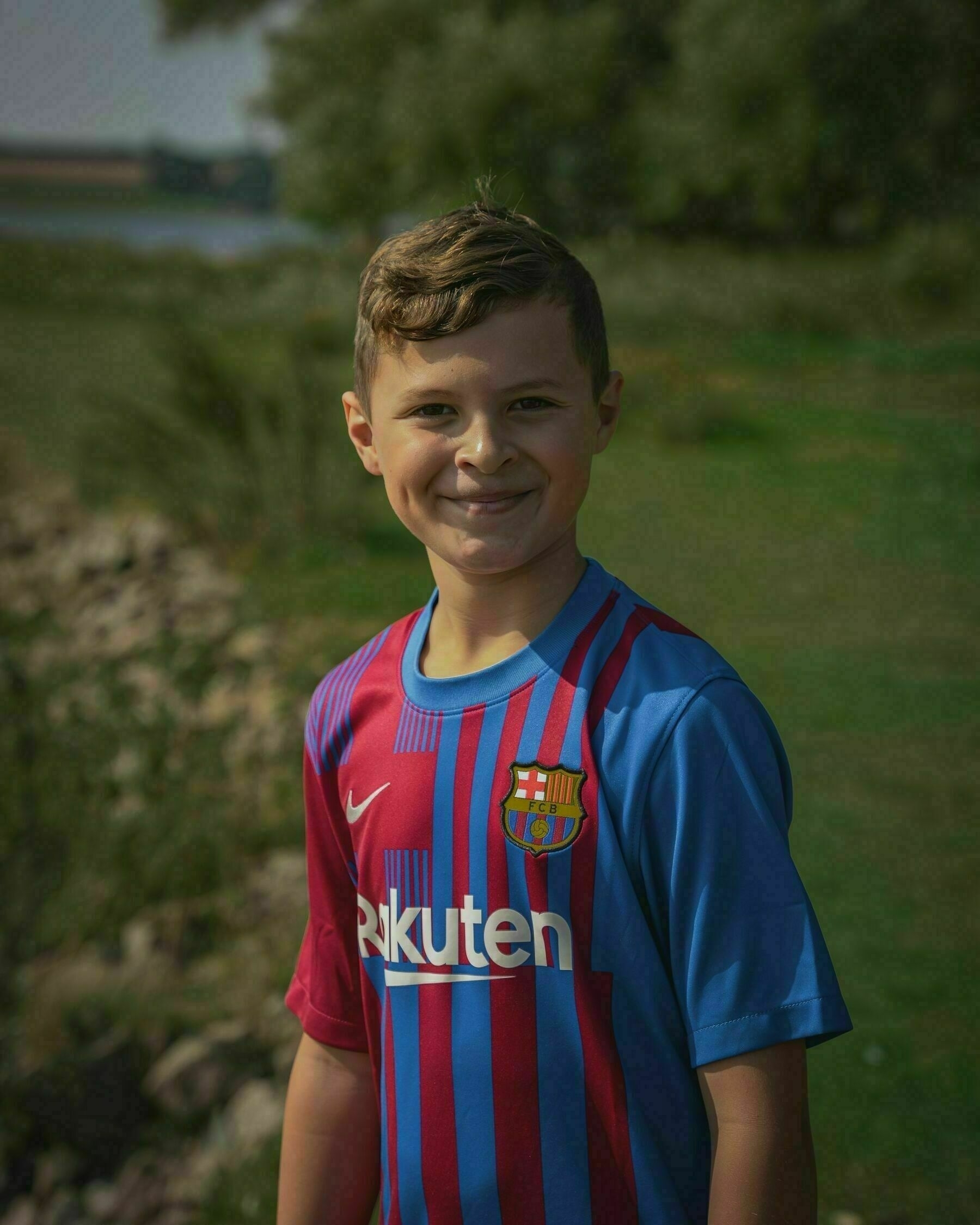


How do you write a follow up post? Especially one where you’ve changed your mind just because someone on the internet said you should have stuck it out? Or do you avoid writing it at all and just hide away in blissful ignorance. Those are questions for other days, but today I will write it because I did change my mind and return to using Glass and I am glad I did.
I did the same thing with Hey — the now divisive email app — and flip flopped around before diving in for a year. Glass is different though, I don’t really know what to do with it but I can’t leave it because it just looks so good. I missed looking at the awesome photographs in one of the best designed apps I have used for a long time. It was simply the lack of being able to find such an enjoyable experience anywhere else that lead me to begrudgingly stump up the £25 entrance fee and post a photo.

I don’t want to write about Instagram again, because all those words have been said. Yet the lack of every other existing service is the very reason I was pushed again to Glass. As much as the lack of interaction on my photos was annoying, and the same appearance of the photos I saw is still true using a different service with different aims takes a change in mindset.
I don’t want Glass to be another social media service where I follow everyone that I know (obviously I will do) I want it to be something different. I just want to look at nice photos that people are proud off and at the moment Glass is chocked full of them.
As everyone posts their best photos from their highlights and no doubt catches up with all the great photos, they have taken over the years I am impressed by the standard of shots. In fact, I am almost embarrassed to post some of mine, because they don’t feel up to the excellent standard of those I am scrolling past.
I have deleted so many photos that I thought were great at the time, and fine on Instagram – but now I am playing photographer I am not so sure!
Matt Baer on Writing Just Because:
we can see how lonely it might be to sit in a room and constantly create “content” so that we might one day reach financial success or high status. We’re each lonely individuated language machines, pumping out words (no matter what they are) for a far-off “audience” to easily digest. We mentally live in the future where we’re successful and recognized, instead of the present moment where real creation happens.
A spent much of this post nodding along to the thoughts on difference in writing for money and just for yourself. I’ve never been one to try and build a brand, or I’m rubbish at it, I am not sure which — but needing to write posts for money seems like it would suck.
The platform issues that Matt talks about a side, the reality is that you must now constantly churn out the ‘content’ your readers want or that overseers dictate. This changes the whole communication objective. Very quickly becoming stale and removing much of the social aspects that are enjoyable about of writing a post on the internet anyway. Pushing out words to tick boxes and make other people happy instead of asking questions and starting conversations.

Try as I might to be a good minimalist, I get lost along the way every now and again. I am never sure if I am doing this right, not spending too much time on taking instruction or being aware of how others deal with things. Yet there is one thing that I see constantly around those that title themselves minimalists and that is their aversion to technology and particularly phones with big screens.
I don’t use minimalism as a destination. I am not as crazed as some people that visit the sub Reddit and constantly worry about ridding themselves of more stuff, I just like having less things. What I do have, and what I do, gets some thought put into it and I only purchase what I really need in my life.
When it comes to tech, I love new things. I can’t help it, it’s my one weakness, and at this point I have given up fighting it. I spend quite a lot of my life online for my job and enjoy using my phone more than most minimalists would let themselves and I am perfectly happy with that. To me, my life is about making informed choices, being aware when those are being taken away from me and being willing to take a step back when needed. Which brings me to my feelings towards using big phones.

Hey look, you do you, but I used to give myself a tough time whenever I used one (that doesn’t sound like me at all does it). Sure, a smaller phone in general makes me much happier, but when you put thought into a purchase and having something bigger adds value to you, these feelings shouldn’t exist.
I constantly think about the people that worry themselves silly because they feel that minimalism means they must have less and less at the detriment of themselves. These is no end point, or goal to achieve, simply some rough things for you to think about whenever you think about bringing new things into your life. Being mindful of the things that you do, and the things that you buy to ensure you get the most amount of value possible. If a bigger screen on a phone does that for you, or I, then that’s great.
I have flaws in the way I approach tech in lots of ways. I am mindful of the way it can manipulate me, but also open to new way of looking at things. I like having a bigger phone because it is one of the devices, I use the most. I communicate on it for my job, my personal life and I write much of my blog on it. Couple this with the fact my eyesight isn’t what it was, and a bigger phone just gives me more value and I am sure it would do for others too.
I wrote many of these thoughts as a process for myself to understand why I am thinking about getting a max when then new iPhones come around but feel free to use these as your own excuse to not feel bad.
It’s hard work writing all the time. Some people seem to find it impressively easy and set off my imposter syndrome constantly. Yet for the most of us having the inspiration and then sitting down and actually writing the thing can become a mammoth task. Even more so when you do it constantly as there are so many things in life that can get in the way. When a friend of mine asked recently how I write so much, I looked bemused because I don’t write that much really. Not much that sees the light of day anyway, but perhaps my targets are much more than others.
There is no easy fix for publishing. A lot of the time you simply have to get out of your own way, and stop trying to fulfil demands you can’t meet. Everyone has big ideas, and can promise themselves, and others, to meet a level that they think they need to. However life always has a habit of getting in the way, and being present in the day to day things is more important that staring at your computer urging yourself to write something.
My writing comes and goes. At the moment I am publishing more regularly, but I am not worried when at points I don’t have much time to sit down and write something to publish. I don’t put pressure on myself to achieve certain levels, Mainly because I don’t make any money from my blog despite a few adverts and despite the fact that I like people on the web, my personal life is much more important to me.
I make loads of mistakes. Typos galore, and my grammar is never up to some many peoples standard (I have been turned down for so many writing positions it’s crazy) but that’s OK. Despite my imposer syndrome I have gotten used to just hitting publish and not worrying about it.
Sitting In The Chair is my most important, and most read, bit of advice to date. Simply writing stuff is the key to publishing more online. Much of what I write day to day is for me, formulating thoughts, recording things and linking ideas together. This could be journalling, putting things into Day One, or making daily notes, the most important thing is that you (and I) are writing things out.
It might sound like a meaningless tautology, but the reason I write so much is because I write so much — and you should too.
The two week free trial I had in place for Glass comes up for renewal today and I am really conflicted. To the point where I think I might sit and wait for a bit before jumping in. Granted the cost is only £26 for a year currently, so what I stand to loose is minimal — but what I stand to gain isn’t exactly much either.
I stand by much of the thoughts I had originally in that I do really like the way it works. The founders of the company really seem to want to make something great for photographers, and I trust them to stay stead fast on their founding aim to avoid all of the social trappings spoken about when pitching the app. However my worry is I just want anything but Instagram and this is just the latest in a long line of attempts to replace it.
These thoughts on getting into yet another social platform do not happen in a vacuum either. Since diving back into taking pictures I have been thinking about what kind of pictures I like to take and also why I enjoying taking pictures in the first place. Worry isn’t the right word to use, but I certainly think about who I take photos for and why I share them. The words I use to describe it can have lots of delusions of grandeur. Using words like “artistic” and “self expression” when in reality they could simply be to try and make me look cool on the internet.
I havn’t quite found my ‘thing’ yet and as such take very varied photos, and the reality is I want other people to like them. They are taken as much for me as they are other people and I do worry constantly about making them good enough to share because they are important to me. James Popsys talked about making his photos about something, not just ofsomething. Which really speaks to me when I start to think about capturing a split second of a scene and try to tell the story of why I took that image. Composing a story in one split second when the world around is constantly changing is like meditation to me.
But with all this fluffiness going on, turns out I like my images being validated and Glass doesn’t do that for me. I know this is the whole reason the platform was built, and I agree with its goal but maybe I just don’t need that at this point in my journey. I have a sinking feeling that my photos are not good enough when compared with the smaller number but higher percentage of actual photographers on Glass and they just disappear into the app.
When I scroll through the app, the people I follow are also very minimal. Many of those that flocked to the app have fallen off already, with many more to follow once the end of their two weeks trial arrives. In which case I may be left with a ghost town of dead accounts and photos that all seem to look the same.
Although they are improving things slowly the discovery is not where I want it to be, and the resultant people to follow list features loads of people that take the same kind of pictures and offer me very little in return. Invites are specificity being shared with a more diverse pool of photographers currently but even that doesn’t seem to have moved the needle yet. It doesn’t have much to do with diversity, but everything to do with an iPhone only, invite only barrier to entry — which could be intentional.
I knew this newness would wear off, and I knew that I had reservations right from the start. Don’t mistake this post for a full on trashing as I still think that in the long run apps like this are needed – I just don’t think it is for me currently. Turns out I quite like getting a few likes.
Update: Follow up here where I changed my mind and went back!
Carl Barenbrug going In Search of Alternative Community Platforms:
Although I wouldn’t go as far as saying I entirely dislike them, I feel I could experience much better and healthier communities and technologies than those I have found on the likes of Instagram and Twitter.
I completely get this feeling. I am constantly looking for somewhere where I fit in and people share the same outlook as me, and because of the way most social platforms work they all suck. They seem to all want my attention, want to force conversations on me, and don’t do enough to grow communities on them. [[Social Media In 2021]]
I love Twitter, and that’s part of the problem. Yet I always get this sinking feeling when I use it for a bit. A feeling of dread, doom and stress instead of interacting with like minded people. Yet I have to still us it, not least because my brain won’t let me quit it [[twitter-muscle-memory]], but more for the (at least fleeting) feeling that I am being social.
I’ve tried micro.blog and although the people on there are lovely, if your face doesn’t fit or you opinions on things are different it can suck. Mainly because the people are all pretty similar. [[bye-micro-blog]] However I am convinced that the smaller, paid for communities are the answer it is just a matter of how to find them.
As Carl signs off with.
It’s only going to be through experimenting with other community platforms that this will become clearer to me.
In case you’ve switched off, or reading my blog for the first time, you will have noticed that I am struggling to use social media in all of its forms – but particularly Twitter. The constant moving nature of the service, coupled with its instance on surfacing the very worst of that constantly flowing information, leaves me feeling exhausted and upset at the world. Sometimes it feels impossible to keep up with all that is going on and that’s because I simply don’t need to.
Social media puts millions of people in front of our face every minute of everyday. Meaning that you can easily communicate with more people than ever before in human history. The bad news is, they can also communicate with you, and the noise can become too much very quickly. Filtering out the noise and getting to the important things easily is one of the most useful skills to learn if you want to live on the web, and lets be honest in this day and age you have to.
What may seem interesting and important now may be completely irrelevant and uninteresting in a few days. – Christian Bager Bach Houmann
The millions of people in front of you can lure you into a false sense of what is important. If 1% of Twitter gets upset at something that’s million of people, but if 1% of your fiends did it wouldn’t be important at all. Without constant mindful thought, the large scale of social media can dangerously push you down rabbit holes to taking in information that simply doesn’t matter. It has a habit of portraying a false senses of importance and urgency towards topics that in very short order become unimportant. However it is only you that can decide what is really important to you.
I find that saving things to read later helps a lot, allowing me to delete articles that no longer interest me when I get around to catching up. Leaving some space between discovery and reaction often dulls the urgency felt to topics and also allows me to get a much fuller picture of what actually goes on. Only then will I try and formulate my thoughts on topics that matter, often in the form of a new note in Obsidian.
Writing about the things that matter and the things that I learn is huge. This doesn’t have to be blogging, although that would be great, but just writing something down is key. mUch like having a second brain for tasks — journaling, making notes in a system, or starting a full on knowledge tree will help to filter noise and has the added benefit of helping to retain much more important information.
The constant need to publish all of our half baked thoughts to anyone that will listen is not a new idea. It has existed almost as long as humans have existed. The only things that has changed is the scope of communication and the availability of the platforms. The internet is not to blame for the pressure we all feel, but some simple things do help with cutting down the noise. Being clear about the things that really matter and being aware when you are being sold something different is key.
Seth Godin on being In it for the money:
It’s such a hard thing to be honest about. Because money is tied into status, possibility, self-worth, connection, sustenance and more. How many people would be doctors if being a doctor was something you couldn’t get paid for?
Many people spout similar things about not working if you love what you do blah blah blah. I mean, its true that if you can find something you love then it doesn’t feel like work, but the world just doesn’t work like people on Linkedin seem to think it does.
Anyway. Who on earth should work for free on anything? Even if you love what you do and don’t get paid for it (like my blogging in some part) you should be rewarded for it if you are providing some value. There are enough people trying to get things for exposure, or companies trying to to employ loads of free interns without all this nonsense.
Seth uses this post to pose some interesting questions about payment for simple things and the value of what people are doing, but providing value to others for no reward is dumb.
Chris Wilson on How do you know if they’re a good app reviewer?
Would you more trust a reviewer who jumps apps as often as they change clothes or one who hasn’t changed app in years? The one who always changes probably is probably too interested in novelty over real usefulness, but the long term user might be too stuck in their ways.
I have been thinking a lot about reviews lately as I dive back into cameras and lust after about a million different lenses. Over the past year I have begun to have a thick layer of distrust against almost anyone doing reviews. YouTube especially has gone from being an invaluable resource when researching into a purchase, to something that provides very little value.
This isn’t just tech. It’s cameras, cars, days out, almost every company trying to sell you stuff has infiltrated the world of online reviews and it’s a pain. Unless I know the reviewer or the person making the video I find myself having to watch multiple people saying almost exactly the same thing until I switch off. I get the need for income if you want to ‘make it big’ and I know a lot of people watch these kinds of videos as entertainment, but when I am trying to research something now I am a bit stuck.
It is really hard for me to form thoughts on new services as quickly as I would like. My initial excitement usually dulls in very quick order but not before I have shelled out some cash to use it. As much as I never think anyone wants to read my thoughts when there are far more popular takes, I do have a few things to say about photography apps.
Since reading No Filter last year I have been a little sad. The excellent behind the scenes story of Instagram from founding to acquisition made me miss the service even more. I am still filled with a longing for the old Insta days, unfortunately one that I know couldn’t exist today. It’s hard to believe that just 10 short years ago Instagram was the popular up and coming app with all the buzz, but a decade is a long time on the internet and things change.
The modern version is 5 or 6 different things crammed into one app, and removes exactly what Instagram is for. This, understandably, has left many photographers out in the cold and a little bitter considering how much work they have put into the service over the last decade. So many have been looking for something new. In recent memory the app Gala arrived and looked promising but ultimately failed to keep my attention.
Glass is different though. It is set up as an anti Instagram and removes all of the foils that entrap almost anything that Facebook touches. The app is designed to display the photographs beautifully, removing almost all engagement traps. Likes, follower counts and a constant strive for influence is replaced by a constant stream of the latest images uploaded.
The design focuses on the images themselves and the details of them. Displaying privacy conscious EXIF data about the image giving you an insight into exactly how the image was shot. You get to not only see the images, but feel the desire behind them, if your a photographer of course and know your shutter speed from your aperture.
My first log in allowed me to follow a few people that I knew already, but also find others that took the kind of images I like to see and learn from. As an amateur shooter being able to peek behind the curtain and understand how a shot was made proves a great learning angle too.
The founders talk a great talk, and seem to be walking exactly as then intended. When talking to Om Malik they sold the service well and aimed it to fulfill exactly what I and many photographers were hoping for.
We’ve intentionally avoided any public counts. We don’t want Glass ever to become a popularity contest. We’re not home for influencers. We are a home for photographers. – Tom Watson, founder of Glass
There is zero counting and metrics going on. No followers (well I guess you could count them yourself if you want to), no hashtags and best of all no likes. I want that rush of dopamine as much as the next person, but double tapping is far too easy. Where as in Glass if you like a photo the only choice you have is to leave a comment, which feels much better.
With these metrics gone there is no algorithm at play currently. I am sure if the app grows there will be no choice but to tweak this slightly, for the risk of becoming unmanageable. Glass is no where near reaching a scale that needs more though putting into it, but only time will tell. I do fear that they will eventually feel the pain of volume, however with zero metrics there would be no point gaming the system anyway.
Which in short means that my trust in getting into the app feels very well placed currently. They have spoken publicly about the very straight forward way you are able to get your photos back out again should you wish to leave, which is also great. The iOS only limit also seems to be lifting with Android and web versions in the works, so hopefully everyone can join very soon.
However. Saying things like “We believe great photography can come from anywhere and anyone” is fine. But the anyone is only those that can stump up the £50 a year entrance fee. Don’t get me wrong I love the fact that paying money to support a service means none of the bad stuff that comes from free services. However the worry would be that Glass becomes just another service along side all the others.
If I want as many people as possible to see my shots then I have no choice but to post them every where else too. So when the next years subscription comes around am I willing to pay again to look at photos posted by others everywhere else too?
My answer is probably yes, but the true telling will be how many people stick around in in a few months time. A few of my friends share similar feelings towards the new hotness app but I might have to cross my fingers and hope. Following high profile shooters is one thing, but I would like a mix of people I know.
As the opening few sentences gave way to a flood of my opinions I am still very bearish on the future. I can’t tell people how good a service is until I have used it for more than 14 days, and more so for a service that costs money and isn’t for everyone. My hope is that the grand plans for Glass keep on track and achieve even more, but my worry is the new hotness burns out and we all skulk back to Instagram again.
I am sure I will keep going on about it, and also spam my Instragram now, but having a camera back is a great feeling. I am no Peter McKinnon but to try and build my skills as much as possible I have been watching loads of YouTube, and one point in particular has struck a cord with me and applies to so much of life.
James Popsys discuses some tips for beginner photographers, not the usual shutter speed and ISO stuff, but actual practice advice on getting better. You see, in photography it’s pretty hard to judge how well your progression is coming on. The easy thing to do is compare your images to ones shared by your favorite photographers and get down beat about it. While it’s important to remember their skill level is something to aim for, what we don’t see is their trash can.
For every stunning image shared there are hundreds, if not thousands, of images in the bin. All we see is the polished end result curated to share online, and that goes for almost everything in life. For every runner that jogs past your flat out sprint. Or every writer pushing out amazingly written concise posts. We don’t see the whole story. No one is present for the painful miles of hard work, the deleted drafts and indeed everything else that goes on behind the scenes.
This could be said for all social media too, comparing your insides to others outsides can be completely demotivating when you are trying to learn a skill or just get better at something. What is worse is that we all know it with ourselves, we pick the best of everything to showcase, but forget when consuming others work. However keeping in mind other peoples trash can is exactly the same as yours can be vitally important.
I am a big proponent of marginal gains, and improving steadily and consistently over time in whatever it is we choose to do. Spending time to make sure we are working towards a goal at all times and only using others to motivate us in the correct way. No matter how good the end product may be, we all have a trash can full of rubbish that never sees the light of day.







It was a very quick thought that flowed through one day when writing out edition 33 of my newsletter. A fleeting emotion that struck me when I was thinking about what had happened that week. A week where I had mourned not having a camera around, and not been able to do what I enjoyed. It was strange how not having one thing in my possession pulled on my strings that I ever anticipated, and felt somewhat embarrassing to admit to publicly.
In April this year I chose to sell my A7iii camera due to lack of use, and wanting to slim down my possessions to a level that I was happy with. I am a minimalist, but sometimes I forget and tend to have to go through a purge every now and again to calm things down. I felt a huge pang when delivering it to its new owner, but due to seeing no end in sight of the pandemic knew I couldn’t leave it gathering dust much longer. Since then I didn’t think much of it, until two weeks ago.
Our progression out of periodic lockdowns has progressed dramatically over the last couple of months. Now things are opening back up, I have more opportunity to get out and about. Had I known things would go this fast I perhaps would not have chosen to sell so soon, but I digress. This thought of not having a camera, made me feel quite sad. It is silly to get emotional over a possession, but this one in particular signified an important part of my personality and for that I mourned more than a little.
For fear of repeating myself, there is just something about holding and using a camera that means a lot to me. As good as lenses and sensors get in smartphones (and I have used loads of them) they just can’t compete in my eyes. Are there loads of people more talented than me? Sure, but in my head I am a photographer (my editing sucks a bit though) but not having a camera made me not feel like one anymore. Even more so saying it out load.
I am glad to say that my wife got fed up of me talking about it, thinking about it, and of course procrastinating, and bought me an A7c (my reasoning for not buying another A7iii is too long to go into) and I can’t wait to get it. I’m planning on shooting more street things and documenting my increased traveling so this compact FF shooter should be perfect. I also feel like I have a bit of myself back — I am never doing this again.
Want to contribute towards a new lens 😆
Recently myself and my wife were talking about death. Nothing happened, it’s just the weird way our minds work and we often end up walking down strange conversational paths, and this one was no different. We both have very different view points on passing on, and although I have no ability to affect the way others feel or what they do after I go, I know one thing for sure — no sadness.
My words were along the lines of “if any of you lot wear black to my funeral I will haunt you”. Which is my tongue in cheek way of making my point that although I am sure you are sad I am gone, please celebrate the time I was here. I’m not egotistical enough to claim everyone should feel blessed I was in their lives, but please be happy of the legacy I leave behind. Even if it is dad jokes and bad blog posts. Be happy you had something and not sad it’s gone.
Then it suddenly hit me. This is exactly the opposite of what I have been doing about working from home. I have been moping around and morning the loss of WFH instead of being happy that I had the opportunity to experience it for more than a year. I had no right to work from home, but had an excellent experience that I was lucky to have. An experience, during a pandemic, that many did not have and their lives have changed for the worse because of it.
Like a marriage break up or a loss, I am happy that I managed to have this experience. I really enjoyed it, I am more than open to returning to something like it in the future and in actual fact I will strive to achieve it. However I realise that I am not entitled to work from home, there are many benefits to being in a more social environment. Although I do need lots of down time to recharge my batteries, I like being able to work collectively in person as it suits me well.
Jason Friend on it being a little bit crazy at work:
It’s no wonder people are working longer, earlier, later, on weekends, and whenever they have a spare moment. People can’t get work done at work anymore. Work claws away at life. Life has become work’s leftovers. The doggy bag. The remnants. The scraps.
I am constantly surprised by the level of work some people seem to put in. This seems a very American thing, and perhaps they are mostly chasing the American dream, but the level of life that their work takes up is frankly ridiculous. Spending 12 hour days at work and then being expected to work weekends and also slave away with no paid holiday (vacation for America readers) seems so weird.
There is absolutely nothing wrong with hustling when it’s needed but it doesn’t have to be the standard to succeed surely. Work to live, don’t live to work is the age old saying but as technology takes on more and more of the slack, why exactly are people working more and more?
One of my most enjoyable newsletters is Tablet Habit by Jeff Perry, particularly because I am diving back into the world again and using my iPad for everything. I have been lucky enough to be linked by him a few times and it always makes me feel very humble.
I never feel interesting enough to be linked to and frankly never expect my things to be read, but after years of doing it you would think that my thoughts would have changed towards myself. Don’t get me wrong I have had periods in my life where my ego has gotten away with more than it should, but I think its important to always remain at least a little bit grounded.
However my feelings are different. I am amazed when people say they read my things and it still feels weird even after a decade.
This week, Jeff Bezos went to space. I am not interested enough to get emotional about it, although some people are. I am also not going to use this to launch into an anti-Amazon tirade, because I could. I have simply been thinking that I long for a time when people with loads of money gave it back.
In my youth, multi-millionaires spent their wealth building public buildings, donating to schools and putting their name on things that helped. All they seemed to want was to massage their ego with a library named after them, not disappear into the sky inside a phallic shaped rocket. People of the UK became used to Richard Branson trying to go around the world every now and again, but the rest of them were benefactors to things that made our community better.
I am sure Bezos et al do give money away but it makes you really think when they pull stunts like this. Its become a meme that they could fix world hunger but instead choose to do x, but maybe its time they become accountable for something. Instead of launching something into orbit, or trying to get to Mars, they take a look around and choose something to fix because there are plenty of things on this planet that need attention.
One of my favorite things to do is read through all the items I have saved throughout the day to my articles. It gives me time to wind down and usually gives me something to think about, and where most of my link posts come from. Unfortunately I can’t find anything that reliably shares any highlight I make to Obsidian, although things are in the making, so I made a Shortcut.
Pocket have changed the way that articles are shared out of the app recently and make this much more accessible instead of hiding the URL. This Shortcut isn’t the most aesthetically pleasing I am sure it could be done better, but it works! All you need to do is highlight the quote you want to save, then select share via and tap the Shortcut.
App needed: You will need to download Tool Box Pro at the moment because Shortcuts is unable to save files outside of the Shortcuts folder in iOS14 and earlier.
Head into setting, then set up a folder bookmark as your obsidian folder. Then in the Shortcut select the folder bookmark you have set up. Hopefully you wont need this much longer, and I will update the shortcut when iOS15 comes out.
Reddit user heyyoudvd replying to a thread on Why do Apple’s media services apps suck so bad?:
This was the single biggest fear I had with Apple getting into the content business, and it’s coming to fruition. When you become a services company, you are financially incentivized to sell your services. You’re incentivized to put your content ahead of your end user experience.
That’s why the Music and TV apps feel like giant ads. Instead of providing you with tools to organize, arrange, and sift through your content, these apps are built like giant billboards, advertising the next movie and the next album that they want you to consume. It’s not about what you want to watch or listen to; it’s about what content they want to push on you.
The surprising thing from this thread is the fact that so many people don’t realise this. It’s the reason that most things from Apple are average at best and no where near the level of innovation they were in the past. When you reach a certain level of revenue and have overwhelming responsibilities to share holders, your outlook becomes much wider than it once was.
As Seth Goodin would say you have to start making “average products for average people”. You are no longer interested in creating great products for your fans, but need to look at larger and larger audiences and as such become vanilla.
Apple no longer makes iPhones, Macs, iPad, apps and everything else for you. It makes them for everyone.
The service example used here is a perfect one, there is no incentive to make the best app on the market any longer. If you’re Apple there is a huge incentive to make one that pushes its wears in your face. Apple no longer even conforms to its own rules for apps, and only upholds its App Store rules for some companies and not others. All in the pursuit of income and you, as users, should not be surprised.
Users hold up revenue figures and ridiculous numbers of iPhones sold as a badge of honor and then are surprised when it comes back to bite them in the ass. You don’t get it both ways I’m afraid.
Chris Hannah on the :
For example, when reading a product review, whether it’s an app or a computer, it’s important to remember that a weed to them might not necessarily be a weed to you. So you need to take into consideration any biases that the reviewer might hold themselves, before applying their findings to your situation.
This comes up a lot when talking about iPads as Chris points out but also absolutely anything that you can form an opinion on. One of the most important skills is to figure out where the other person is coming from, any biases that have an affect of their opinions. As well as other deciding factors.
I often find when looking at reviews the cons pointed out don’t really matter to me, or seem harsh and more often than not some of the features that they enjoy don’t work in a way that I need. A weed is only a weed of you don’t want it there.
I feel like I am cutting more things out of my life than I am putting in at the minute, but its a journey that is proving ever beneficial. Amazon have annoyed me to such a stage that I am removing my reliance on them completely, a task that unfortunately is proving more difficult that I first anticipated. So much so that I have almost given up a couple of times but I am slowly managing to find other options.
Purchases are pretty easy to remove, I just find everything somewhere else. The only downside is delivery and expectations. I have been a Prime subscriber for years now and as such order everything from Amazon. They stock almost everything, at a great price, with free delivery and a slick distribution and returns network — there is no equal and perhaps that is part of the problem.
Prime is now canceled, I never watched the TV anyway, but other stores that sell items have no where near the level of service that Amazon do. So expectations need to be dampened a little, and hopefully that may mean I might buy less stuff! I have found a local place to collect my dog food from at regular intervals, and this weekend found a place that offers the last few bits we had on a subscription with Amazon. I am supporting more local businesses now than ever and hate myself for relying on Amazon for so long instead of doing a bit of work and finding other places.
Due to their incompetence Amazon have lost around £200 from me already this month as I have purchased all business needed from somewhere else, and will continue to loose around £45 per month not including one off purchases from now on. Don’t get me wrong the company doesn’t give a damn about me dumping them, they told me as much themselves, but if more people do then it may cause a dent.
I just need to purchase a different E-Reader and Kindle will be the last one to go. I purchased a physical book for the first time in years yesterday! Fun times.
I wrote about deactivating my account on this weeks newsletter sent out on Thursday. It is something I need to do, if only to prove to myself I can. Without going in to too much detail I just want to break the habit of scrolling through it all the time — read the newsletter for more words on it. Anyway I digress.
I decided to log in today, not because I opened it in habit, but because I needed to contact someone and had forgotten their number. I discovered that all of my followers have gone, and all of the people i was following have also been removed — which was a surprise but gave me a perfect moment of clarity.
There seems little point carrying on with Twitter now. I can’t really be bothered to put in any work following people again and curating my account. My first thought was that this may give me the ‘fresh start’ I wanted, but once I checked in on a few people I quickly realised I would simply end up following the same people as before and nothing much has changed.
The same topics are going around, the same poor quality trending topics are still trending, and generally I felt absolutely nothing. I wondered if this was doing the right thing logging back in again, but turns out it has actually put me off even more. I havn’t missed out on anything, the real people that I have found have reached out or not bothered. The news that I once loved to follow flows almost straight on to blogs etc so the RSS feeds I follow surface everything I need.
I feel a little bit as if I am standing in the corner of a party refusing to talk to people like some unsociable idiot but checking in actually helped me frame things in my mind better. Where as I always thought I would go back and join in in some way, now I do not see myself returning. I changed my imagery and deleted all of my tweets to really signify this intention.
I want my page to be there for a while. With the sight realisation I may be speaking to soon, I don’t see my self going back. If I decide to one day then it will be because I really want to start again and at the moment there is no value in that.
M.G. Siegler in defence of Safari:
largely I read this critique (which itself is kicked off by linking to another critique, which itself is kicked off linking to more critiques still) as one that is just as much about not liking change at all as it is about the new changes.
This was very much me when I first tried out iOS15 a few weeks back. The iOS version especially just breaks my brain and every bit of muscle memory built from years of using an iPhone.
I still don’t get it though. Even after taking a step back and looking at the way it works. The bottom URL bar I can forgive even though it feels like changing for changing sake, but the buttons that users need are all now hidden away. Reload, share, in fact everything other than forwards and backwards is behind a nondescript three dots. This feels a little like the multi-function reply button from iOS13 so hopefully the designers will realise how stupid this is — Matt Birchler has offered up a few ideas that are straight from current HIG designs.
This week I chose to deactivate my Twitter account at least temporarily. There was no single reason for doing this, because if there was I am sure it would of happened long before now. It is simply because I don’t like the way using Twitter makes me feel. I have written before about my love of the service, but the amount of time and attention it takes away from me. I just want to experience boredom again.
Every waking moment when I have a spare moment I would find myself just opening up Twitter. I say myself because this happens without conscious thought. I don’t decide to check it, my habit just kicks in and I am scrolling through the latest things being canceled or people moaning about whatever today’s thing is before I am even aware of it.
I know I’m an addict because Twitter hacked itself so deep into my circuitry that it interrupted the very formation of my thoughts. …a corporation that operates against my best interests has me thinking in 280 characters. Every thought, every experience, seems to be reducible to this haiku, and my mind is instantly engaged by the challenge of concision – Caitlin Flanagan for The Atlantic.
You see, I have learnt to avoid the rabbit holes as much as possible, but being mindful of the habit and the time wasting has been enough to wake me up to the fact it is simply not good for me. The real issue is that I miss some of the people that I interact with on Twitter and no where else. I have some very close friends that I wonder if they will just fall away, however what keeps me going is the fact that true friendships find a way to continue.
I don’t see myself falling away completely, I would like my account to still exist just in case I want to go back one day, or to check every now and again. However at the moment I don’t trust myself, I must break this addiction. This is the only way.
G. Keenan Schneider on Hating the Internet
Social media has convinced us that any thought, regardless of effort taken in developing it, is worthy of publication.
I think I have shared this post before, because it is full of relatable content and take away quotes – but this one hits perfectly.
When i first started with twitter seeing all the “just heading to yoga” tweets because almost everyone I followed I knew personally and the service as a whole was pretty quiet. Knowing things about the people you wanted was enjoyable and easy to get through the noise.
We now live in a time where everything is regurgitated onto your time line, there is no way to filter specific types of tweets, and the platform as a whole is full of noise. As such I have to move further and further away from the platform I love.
Not least becuase the service is determined to surface the most polarising and “engaging” tweets into my timeline and its all a bit too much.
My blog is currently hosted on the excellent micro.blog service. I could go on about why I chose this place to host, but my thoughts are summed up on my post here. It suits me perfectly because I publish everything to one place, from short ‘tweets’ to photos and also all of my writing. Due to this ease of posting I do most of it mobile from iOS with the help of some Shortcuts.
Pictures are pretty easy to handle on micro.blog. If you want to post one image with some accompanying text there are a range of apps to use, including the very Instragram-esc Sunlit. Meaning you can post whatever you want wherever you want.
If you are writing a longer post and want to put some accompanying images in it, this simple Shortcut has you covered. It will upload the image to your micro.blog uploads section and then copy the link to the image directly to your clipboard ready to paste into your writing.
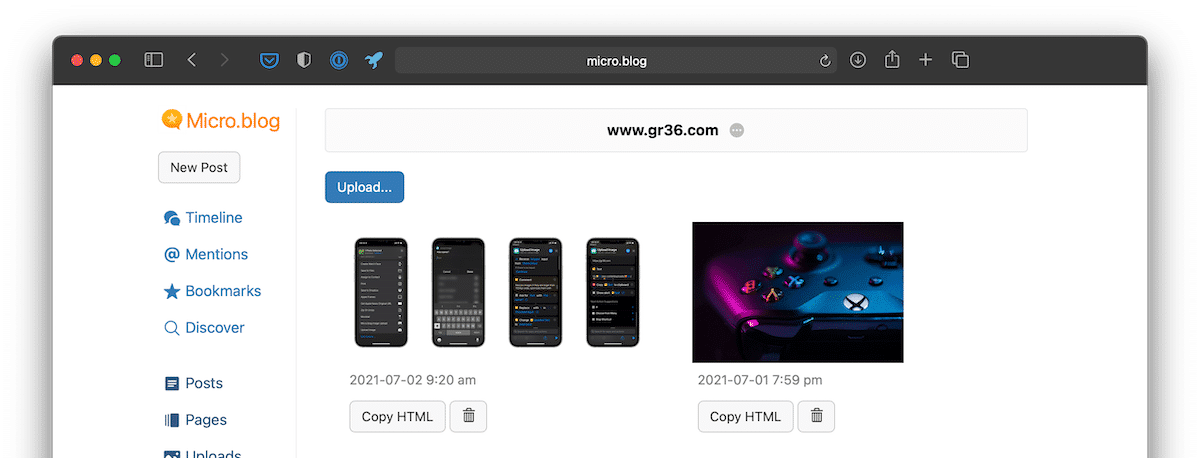
All you will need to do is attain a app token by going to Account settings and scrolling to the bottom and clicking App Tokens or clicking here.
No good posting something without any text. For Shorter ‘tweets’ a range of apps are available to making posting easier, however if you really want to speed things up this simple Shortcut for iOS will ask for your post and then…post it.
For longer posts with a title this simple shortcut will help you out. Simply highlight the text you want to post and share it it the Shortcut, it presumes you are writing in markdown and will remove Title formatting for you and use this as the post Title.

All you will need to do is attain a app token by going to Account settings and scrolling to the bottom and clicking App Tokens or clicking here. This posting really is one touch. There is no facility to add in categories (I may work on this later) but I use filters very heavily so these are well worth looking into.
Note: These currently do not work on iOS15!
If I can be allowed to stick my neck out a little here, I think the iPad is the perfect blogging device. The battery life is great, it’s very affordable, you can take it anywhere and interact with it in several different ways. In a pinch you can even take photos with it, although you might get some strange looks. Publishing from iOS has also never been easier, and here’s how to do it with a couple of Shortcuts.
Often choosing images is the hardest part of a blog post, once you’ve chosen them you have to upload them and choose where you want the go. Which can be a real pain particularly on a mobile device. WordPress is pretty easy to work with but means you have to stop what you’re doing and use either the web or their app to sort out images. This is usually where people give up, but fear not, the Shortcut below will upload your image and copy the markdown syntax for it directly to your clipboard.
This Shortcut was created by Mike Rockwell at Initial Charge. who has a whole toolkit of Shortcuts for publishers.
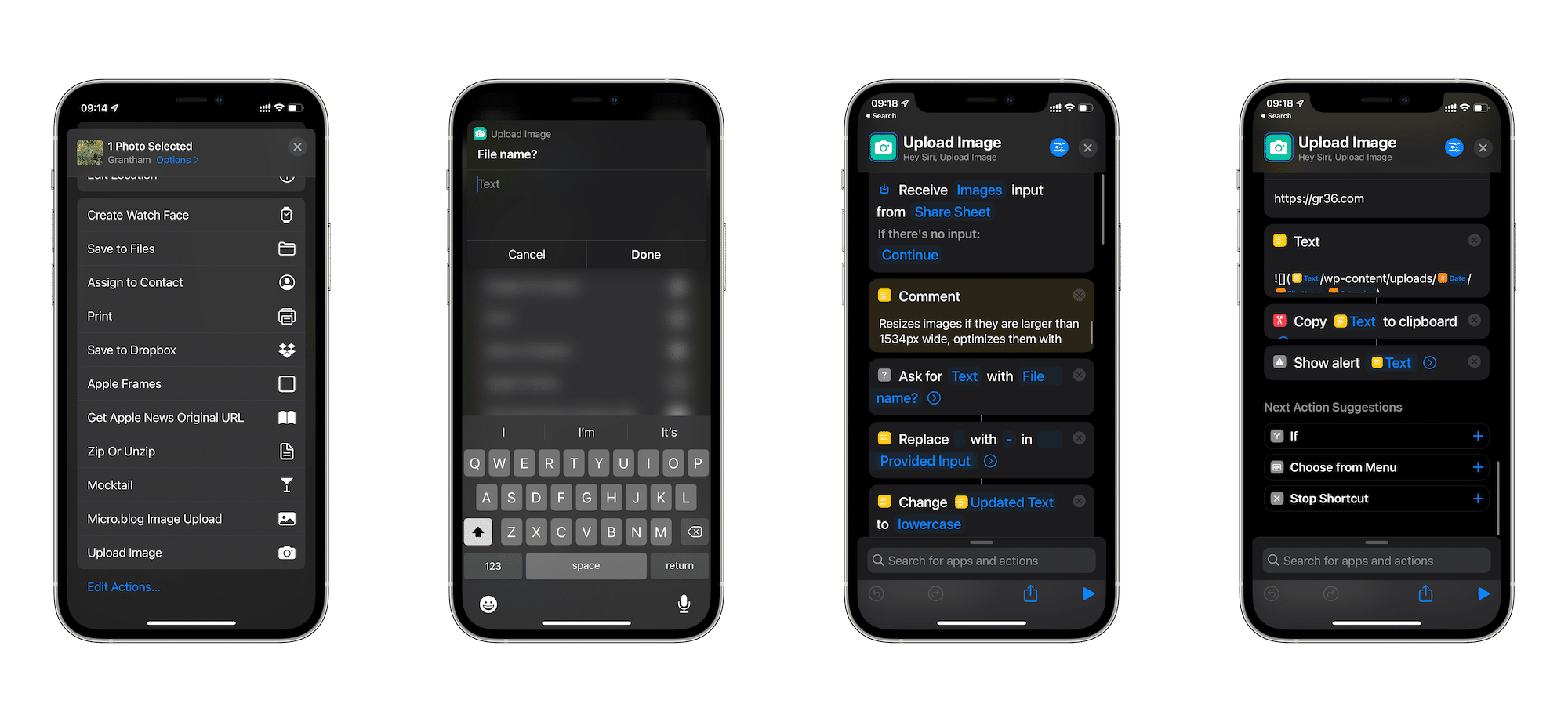
Get it here
No more messing around, simply select your image, use the shortcut and paste in where you want the image to appear in your writing. You’ll need to set up a Tiny PNG account with this one so you don;t take up too much space with your images and pages load faster, but its really easy to do. In fact because this Shortcut is so simple I sometimes now upload the images I want to use and paste them in first.
Once all the words are finished, the final step is to publish your posts. This usually involves copying the text, opening the web browser, logging in and going through the various steps of actually getting everything out there. This can be streamlined down to a few taps using the Shortcut below. It is one I have shared this one before, which was first created by Tim Nahumck in his drafts review I simply updated it to use newer Shortcuts methods.
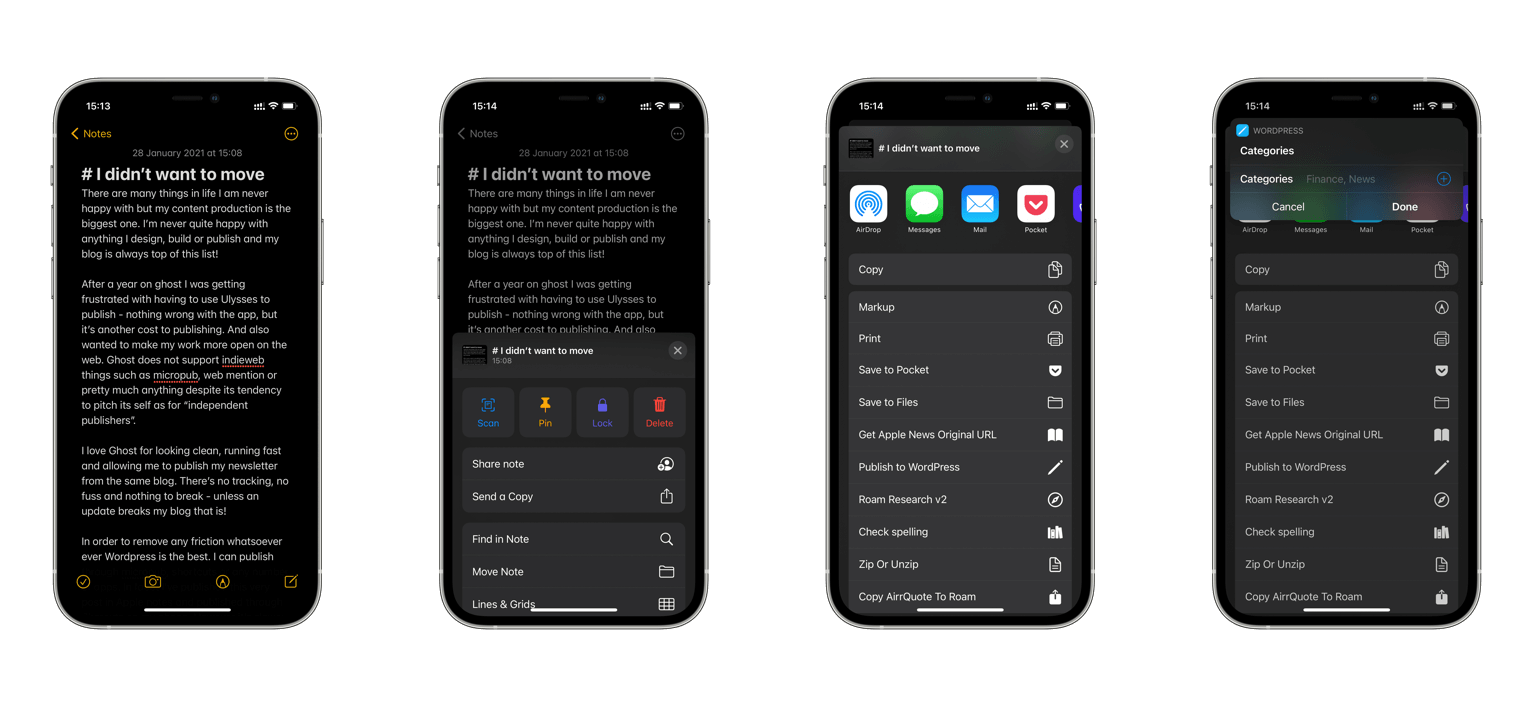
Get it here
This Shortcut will transfer all the text into a new blog post for you, as well as set the title correctly, remove any extra spacing and then ask you to confirm categories and tags. Meaning you don’t have to rely on using a app with publishing built in, you can now write your post out in any app you like such as Apple Notes.
There you have it, you can publish to WordPress with a few taps thanks to Shortcuts on iOS.
The future is finally here. No you still can’t work on an iPad, but game streaming is finally good and starting to remove the need for hardware. You should already know going into this that I am already well on the boat with cloud services like this, and a heavy Stadia user. It was the service that got me playing games again, and although I feel no affiliation to the service, I like it very much.
This morning for some strange reason I noticed that I can sign up for Gamepass ultimate now for a £1! Whilst still in beta, the service allows for anyone to sign up following a pretty lengthy closed beta period. I don’t own any gaming hardware at all, so cloud services are all I am really interested in currently. Despite my love of Stadia I have alway had half an eye on Gamepass Ultimate. It contains a few games that I would want to play, and seems like it should put Googles dalliance with cloud gaming into the shade.
The two services have lots of crossover parts, whilst adopting two pretty different approaches to gaming. Stadia wants to be your everything, provide you with free games for a small fee and allow you to buy others from them. Whilst Microsoft simply wants you to pay a subscription and be allowed to play games from studios it owns or works very closely with. There is no facility to buy games outside of these provided with your subscription.
With Stadia, games do rotate in and out of ‘pro’ (which costs £8.99) but once you have claimed the games you can continue to play them — as long as you keep paying the subscription of course. With Gamepass you’ll never own anything, presumably games will stay on the service and more will be added, but if you stop paying, no more gaming. Where as Google will allow you to keep playing any games you have purchased without paying a penny, all be it at 1080p and not 4K like with the pro service.

With all this said, Gamepass is actually amazing value for money, and even more so if you own an Xbox or a gaming PC. Included is Xbox Live Gold and EA Play in the £10.99 a month subscription. If you have hardware you will also get more games — for example you can play FIFA 21 on Xbox or PC, but not cloud streaming for some strange reason. However the quality of game available for free is much larger on Gamepass.
Ultimatly it all boils down to Microsofts ability to do what Google wanted to do. It has the power to make games available because it has been doing this longer, and owns its own studios. Google have shuttered all of its first party studios despite spending millions on them, and instead are to focus on partnering with others the develop or port over games, with varying success.
Although Gamepass is the much better value for money, I am reluctant to jump in without being able to buy other games. this may lead to me having both services until that happens, or as MS no doubt will hope, I buy an Xbox. I see Gamepass as a huge edition if you have an Xbox or a gaming PC, and will only get stronger over time. However for someone like me I could run out of games I actually want to play fast and then have no where to go.
I expect Gamepass to very quickly outshine Stadia and hopefully push it to get much better. Or kill it off completely.
When publishing a link post yesterday about blogging feeling more away from regular social media, the main point picked up on was comments on my posts. As Curtis Hale points out there is no provision for people to leave comments on my posts, other than replies on micro.blog.
I chose micro.blog recently due to its social side and also the nature of the platform allowing me to post everything in one place. I didn’t spend any time wondering where does this go, and put short ‘tweets’, Instagram style photos and long blog posts all on one blog. Making the experience a bit more personal.
In exchange for this I get a much more rigid platform than the WordPress one I came from, and rely totally on one persons vision for what he wants. Manson does an excellent job of running micro.blog but that’s not really the point, that is to say that I have given over a large portion of control to another person. Much like Facebook and Twitter dictate what I can and can’t post, micro.blog controls the way the platform works and how it moves forwards.

When thinking about comments the only thing that works are micro.blog replies. I should be able to pull in replies from Twitter using bridg.y now, but it has never worked. I no doubt could look at other options and try and run a stand alone commenting system, but this would be hacked on rather than an integrated solution. Giving over this large level of control sometimes feels freeing at times, but in equal measures frustrating.
If the platform decides to go a direction that you don’t want to then you are at its mercy, or you pack up and leave. Something that should be easy to do, but often at times isn’t. Perhaps something more open is better suited to what I want to achieve, or where I want my blog to go.
I am lucky in the fact that I can usually mold things to get to where I want to be and if I think about comments and the potential of avoiding the trappings of social media, my current platform does not provide it. I guess its important to think about these things when you give over control, and rember that needs can change a lot faster than platforms do.
Julian Summerhayes on The love of writing:
Sure, it doesn’t have to be here which technically, I suppose, is a breach of my (self-imposed) embargo on social media but a blog (don’t ask me why) feels different. It sounds a bit woo-woo but it feels like I’m conversing with the Universe. No, not necessarily that one, but the one that circles the compass of my life.
I love Julians writing, it’s always filled with thought provoking ideas and often leads me asking questions about myself and the universe. His love of writing always shines through and he happens to be on a similar logged off embargo to myself.
Writing and blogging doesn’t feel like social media. It doesn’t feel like being ‘online’ but it can come with the same trappings if you get bogged down in sharing it everywhere. You have no idea what people are saying about you because no one seems to leave comments or write replies any more, if there was more interaction on the web without having to get super nerdy on the indie web then maybe we could all quit Twitter.
The past weekend we managed to grab some time away as a family. It’s been a long time coming as we booked this in March 2020, so the release to finally get away was huge. The break away wasn’t anything lavish, but even a couple of days with zero to worry about and we can enjoy some activities together was fantastic. For the long weekend I chose to not take any connective technology with me, and it can’t tell you how both weird and wonderful it felt.
The day we arrived whilst waiting to order some food, twice in fairly quick succession I raised my wrist to see what the time was. Only to see a faint tan line and in indent from my Apple Watch. I let out a small groan due to lacking the ability to check the time, and wondered why on earth all of my tech was at home a couple of hours drive away. I didn’t need it, I didn’t want it, yet my brain still tried to play through the tried and tested route of fixing a small period of boredom with a gadget.
As much as I am aware that it is not the internet that does these things to me, it is becoming harder and harder to mediate them with the reliance I have of both working online and enjoying spending time connected. I am currently managing to live in an in between space where I try and limit the time I spend with gadgets, but not miss out on what they can do for me.
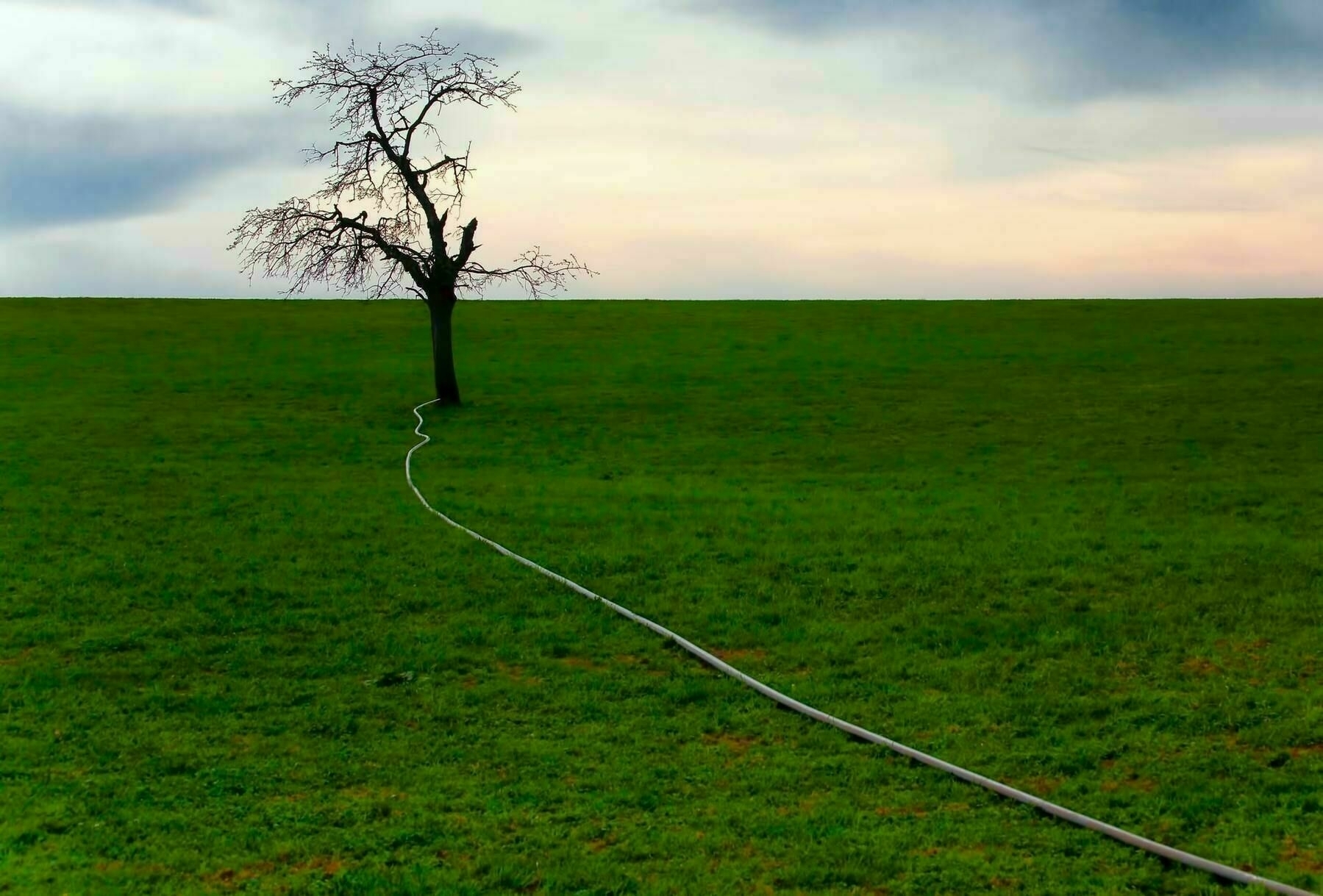
There were a few issues. When we left each other for even a small period of time, such as walking to the shop to fetch some breakfast, my wife couldn’t update me on what she needed. Of course this wasn’t a huge deal, but I also couldn’t use the NHS COVID app to track me being at several facilities, and as such felt a bit out of place. I could have done this manually, but I am not comfortable leaving my personal details on a random forms, so opted to just rely on my wife scanning the QR code.
All of the attractions we visited also required ordering of food and drink from a smartphone app which again I had to lean on my wife more than usual. The pandemic has placed a reliance on our connected lives and the smartness of our devices far outside the ability to contact with others. I am under no illusions that me being without a smartphone for a longer length of time just wouldn’t work out, but it’s nice to dream a little.
The lack of Apple Pay, messaging and everything else my phone does for me didn’t crop up as much as I thought it would. Most obstacles could be overcome with a little thought, but having a computer in your packet is just so much easier. However the silence from my need to check social media and the reduced pocket space needed made for a much more enjoyable break away. What first was an annoyance of not being able to find out the time became something I enjoyed and instead focused on other things.
I have not decided when I will return yet as I am enjoying a break away for the next week. I did open Twitter today to be greeted with 13 notifications. All of which are spam to try and get me engaged in the platform again. So I swiftly closed it again. I miss it, but not in the ways I expected. It’s great to log off for a bit every now and again.
I might realise how much I miss it…. Perhaps.
One of the most beneficial habits I have gotten into is taking daily notes, and I really wish I had started it earlier in life. My initial foray into Roam Research gave me the inspiration to start recording my day, simply because it is right in your face whenever you open the page. This practice has gone with me to my new home on Obsidian, then a few weeks ago Craft launched something so of course I checked it out.
Craft is a strange app that I cant really work out. When it first launched it was pitched in a strange place that didn’t quite do 100% of anything I needed. It wasn’t quite a writing app that did everything a paid app should, but had a weird wiki kind of vibe to it. I can only describe it as if Notion and Bear Notes had a baby.
Having tried, and not liked very much, Craft a couple of times already, it was only the update to include daily notes that peeked my interest. While I am no stranger to jumping around apps, I wasn’t quite ready to start messing around with my set up again. However there is no harm in trying things out without getting invested and this update is a huge one.

By introducing a redesigned sidebar, Craft have allowed you to separate these notes away from everything else you want to write. Daily notes is a practice that I preach to almost anyone that will listen, the one thing that remains from my time using Roam Research. In these I record almost everything that happens during my working day, such as telephone calls, things I am thinking, interactions I have had and anything else I think I might need to refer back to later. This allows me to just get things out of my brain at the time they pop up so I can act on them later, or refer back to them if needed.
One thing that Craft now does really well is the ability to take meeting notes. After you have granted the app permission it will display any calendar events and allow you to start a meeting note with one click. Information from the calendar event is populated into this, and the note then shows up in the daily note and also the in app calendar. I like to distribute the notes I have made later to those that have attended, or invited so being able to do this in PDF, docx or whatever method you need is really handy. If you adopt Craft for work, you can also share these with the users you need to and even mention them in the doc itself.
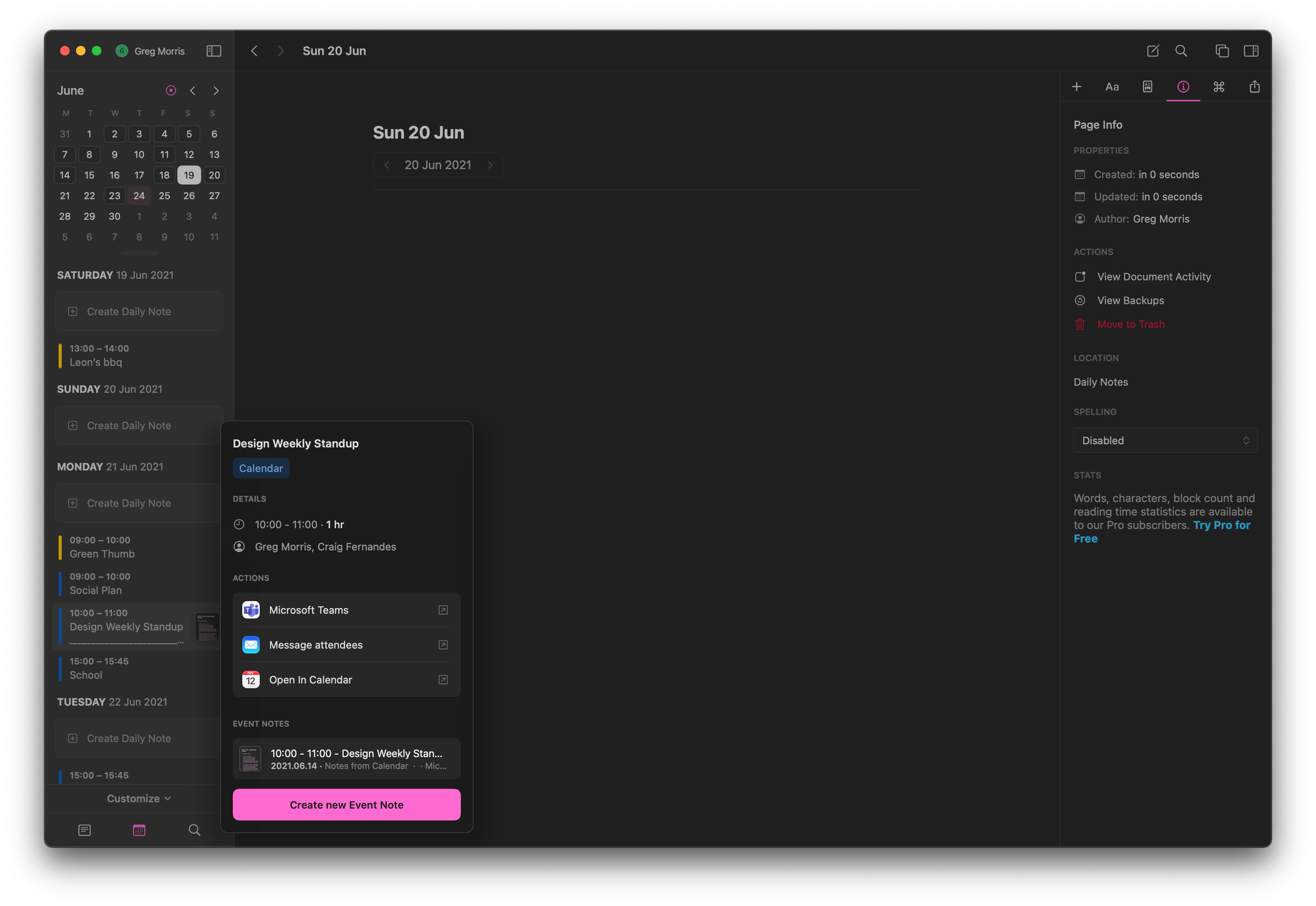
Craft works with the now very popular method of back-linking meaning you can link notes together if needed and refer to them at later points. This is the real benefit of me being able to refer back to things I have recorded later on. This could be some bits of information that led to a meeting, or something as simple as an idea that I later turn into a blog post. In the screen shot above, I make a note at the end of the meeting to reference a new one set up (we usually agree on this and arrange the event in the meeting) so this then shows up when I start in the new meeting note. I can then open the note in split screen or a new tab and refer back really easily.
Backlinks are also really handy when building out some knowledge and making notes around topics. Amazingly handy if you are studying something, but also useful for daily life. I get ideas quite often that pop up during my morning pages that i write out when first at my desk. I can then start to link recurring topics together really easily by using [[]]and searching for the old note. This isn’t as useful as the implementation in Roam or Obsidian, but its not far away and is a little more approachable.
One update I would really love to see is the inclusion of unlinked references, and also improvements to the ability to search for individual block references inline. I don’t like taking my hands away from the keyboard when typing things out on morning pages, so this would be much better. However I realise that this isn’t Obsidian to I am happy to take some compromises.

More often referred to as tasks, Craft has inbuilt checklists for you to be able to add in meeting actions in markdown or using its / command. Although Craft is no replacement for a task manager, you can use this as a sudo one for recording things to do. Each day will highlight any outstanding tasks next to the date. You can of course put these actions into your task manager of choice, Craft works really well with Things 3 providing a link back to the note in the tasks set up.
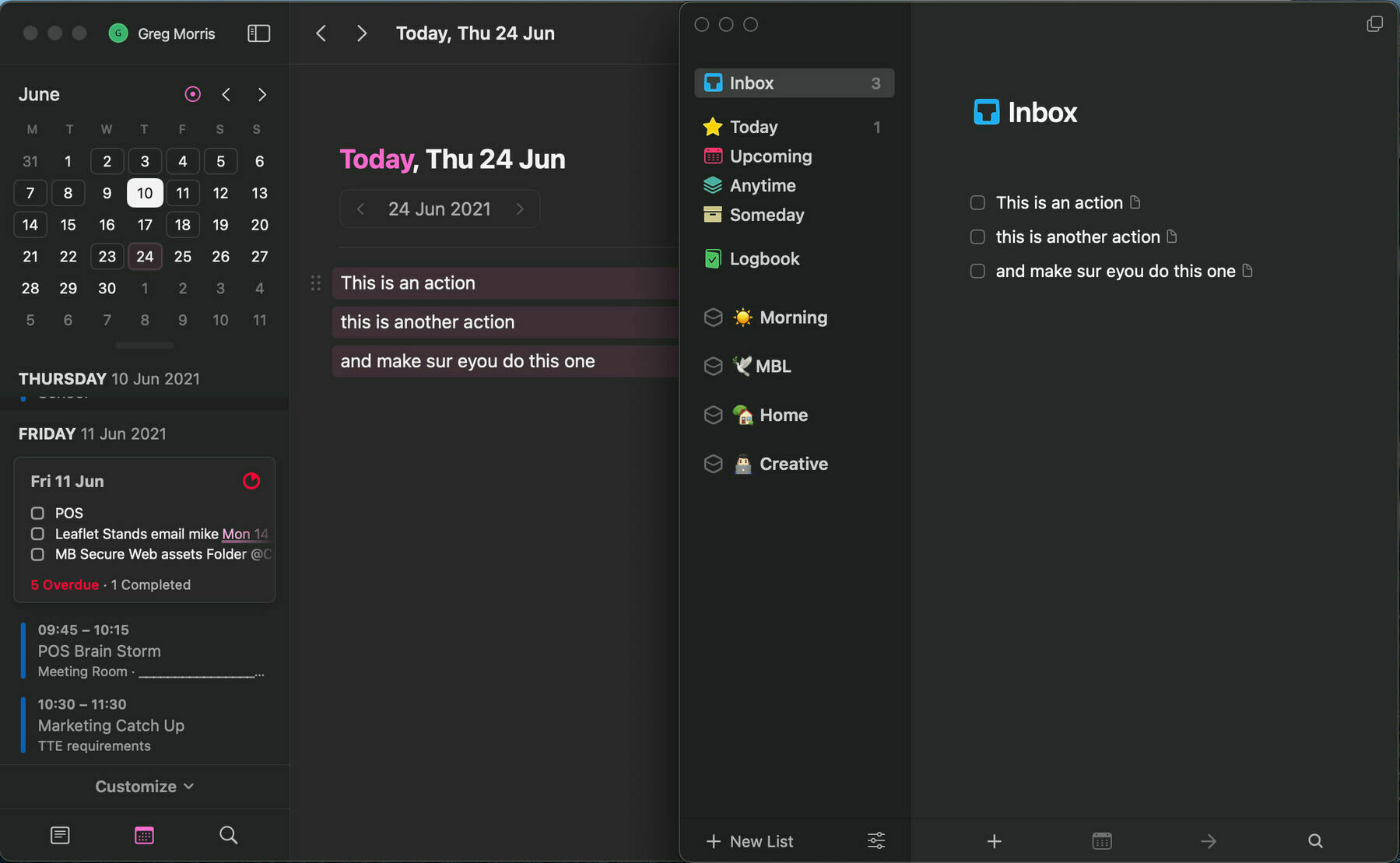
With all that said, if you intend to use the tasks inside Craft please note that there is no easy way to see all set up items in one place. The only place these are highlighted is in the daily notes. I have reached out to the developers and they are intending to implement this soon.
There you have it, a very brief dalliance with daily notes in Craft. It isn’t as fleshed out as I would like but it’s pretty robust if you are going in with no expectations. I am sticking to Obsidian for the time being, but will have half an eye on any updates coming out.
When I think about all of the hardware I have owned over the last few years there are far too many in that list that I care to admit. I do switch around phones every so often for reviews, but my personal computer life takes on huge dramatic swifts every now and again. Since prosumously ditching the iPad after more than 5 years as my computer I have gone backwards and forwards switching out laptops, for iPads, and back again. I think it’s time to stop.
In fact I think it was time to stop a while ago. I am really starting to struggle with work and life separation due to only having one Mac now. So much so I don’t want to open my laptop at home. I know that I will dive in to things that I, granted need to do, but don’t need to do when I wanted to write a journal log.
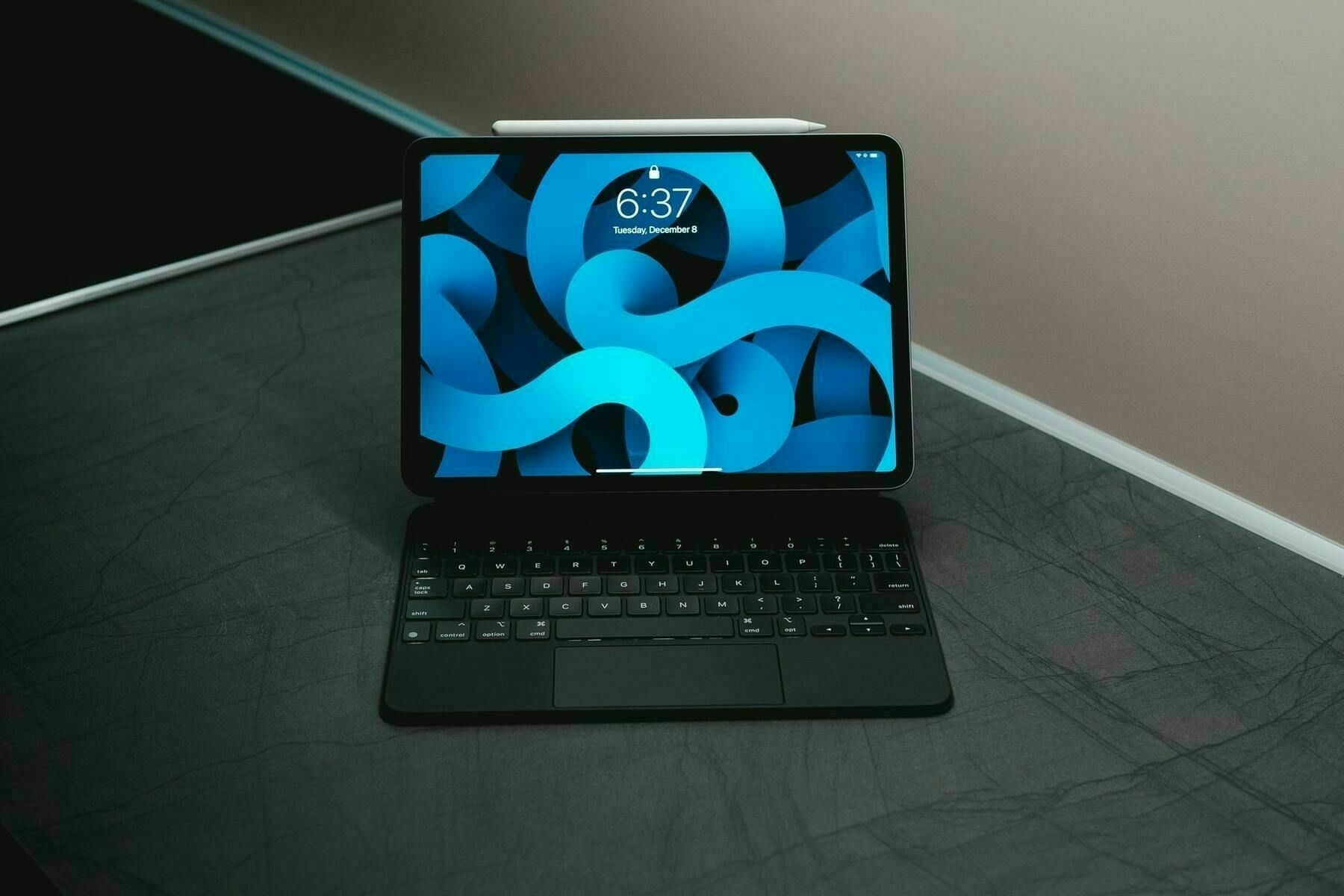
I have some inspiration to thank for my meandering thoughts. Jack Batty wrote about wanting to try and make the iPad his everything, and this part particularly stuck out.
But, iOS is calmer than macOS, and right now I need a little calm. – Jack Baty
To use the word that tech commentators hate to hear — when I am ‘working’ on an iPad (e.g. writing a blog post or editing a photo), it feels different. As Jack puts it, using iPad OS is calmer, it never feels like work. Granted sometimes it’s a full time job trying to work out how you do somethings that are simple on a Mac but the simplicity is so refreshing. The iPad feels computerish without feeling like the rest of my waking life.
So, here’s the ‘forcing’ part. I am going all in again. Apart from my work day, which I can do nothing about, I am using an iPad for everything else. I haven’t spent anything, it’s a 2018 12.9″ iPad Pro with a Magic Keyboard I have had for a long time so I have nothing much to lose. I am actually quite excited.
At Apples WWDC 2021, Apple focused very tightly on improving the security of their products. Many people dismiss this as a “marketing line” and although there are some worrying trends in the way they are going about things, this is the Apple way I approve of. One of the biggest push backs has been against their improvements to Apple Mail that removes tracking and spying tactics used by marketers.
Dubbed Mail Privacy Protection, it nullifies the tiny little trackers in emails you receive, ones that relay loads of your private information to servers without your knowledge.
Presumably Apple will route emails through a proxy and load tracking pixels on their servers before serving the email to you and I am really struggling to find a downside to this. There will be loads of people waiting to tell me how wrong I am, just as they did last time I pointed at them. I am happy to be proven otherwise, but most of they people that speak up are ingrained in a business that needs this data, but my conclusion is drawn from three areas.
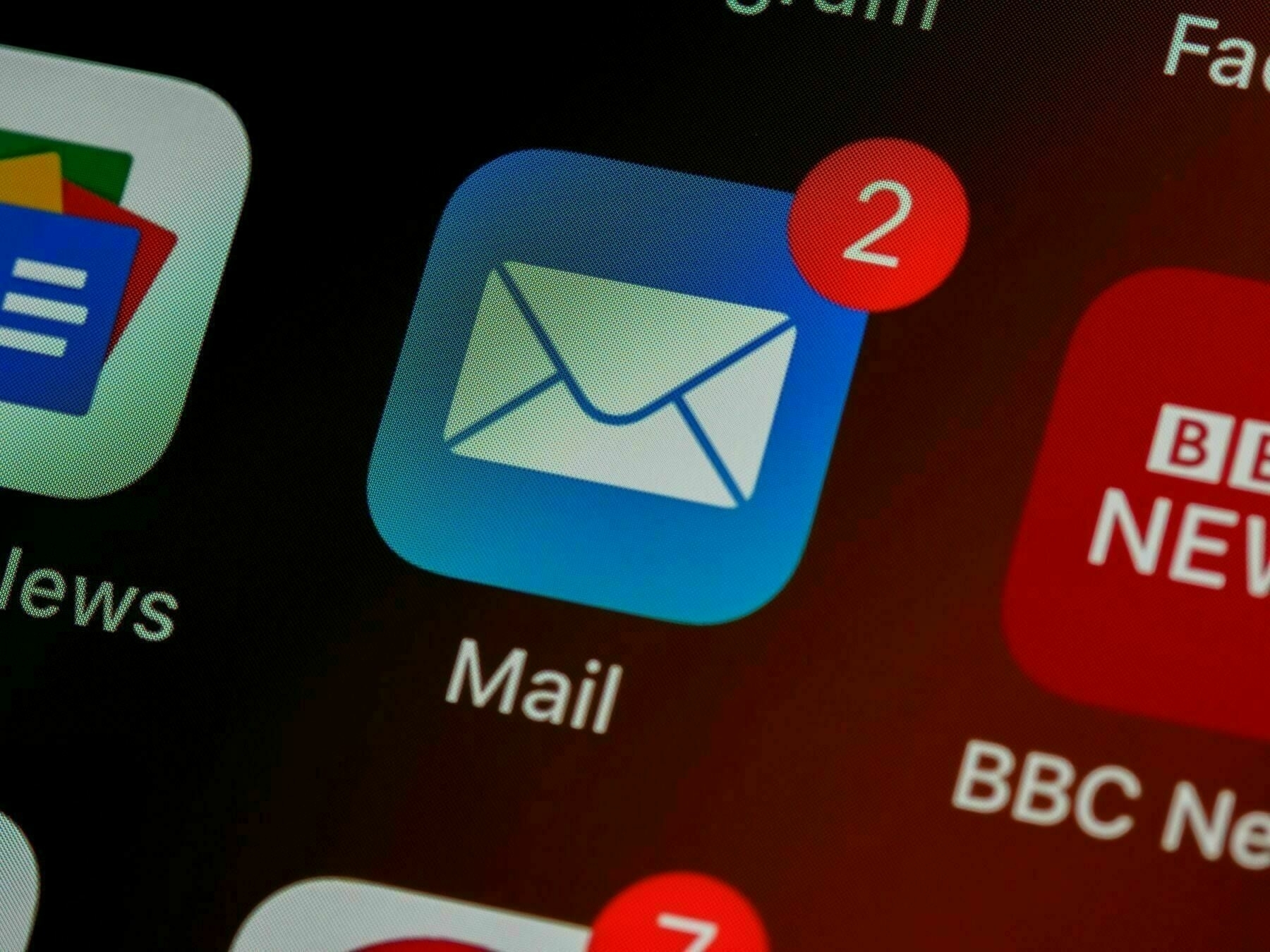
You see, there is nothing inherently wrong with tracking if an email is opened or not, it can be useful to know. We have it in message services such as iMessage, and you have been able to do this optionally in Exchange email for years. However these are transparent and something the end user has to agree to. Presumably using the method detailed above, all tracking pixels would be marked as opened anyway, and then it is up to the user to read it or not. However most tracking doesn’t stop at this.
Take a look at most marketers email dashboard and you will be able to see not just when it was opened and what links are clicked on but also how many times and where the person is! Data that should be protected unless a user opts in to share this with you. Pixel tracking is one of the many scourges of the internet and I trust Apple to lead the fight against it.
We cant say for sure if the open rate metric will no longer be valid, but with certainty everything else will be killed off and I for one am overjoyed!
Seth Godin on making a new decision:
If we’re going to go forward, it’s because something has changed. It might be that our situation is different, that the story we tell ourselves is different, that the times have changed or that your offering has. It might be that we trust you more.
There is a lot of differing opinions when people change their decisions. The weirdest for me is when some think that changing your position makes you weak, or that you can’t be trusted. When in fact it shows a much larger ability to be balanced in your thoughts.
The common derogative term is “flip-flopping” and while never being set on your position is a bad thing, or as my Granddad would say “always being on whatever boat is floating” — when the situation changes there is absolutely nothing wrong with changing the way you approach it.
In fact it is the correct thing to do.
We’ve has a huge shift at work, returning to more of an office based environment for at least a little while. I am really excited to be building up a larger team around me to push the company forward, but my trusty iMac Pro has been donated to a returning member of staff more in need.
Due to my indecision in knowing what to do I am not left with only one computer. I know ultimate first world problem right! My working machine is my personal laptop, one that is with me almost always. I do love my 13″ MacBook Pro though, I purchased it a few months before they switched to M1 and it looks awesome working on a nice big display.
Anyway I digress slightly. The point I am trying to make is that due to this shift, my computer is now everything. Personal things and working things are all done on the same laptop. So where I could separate my life slightly from my laptop to my iMac, that’s no longer possible. I never set up emails on my personal machines before and installed very few working apps. That is no longer possible, my home and office have merged, everywhere I turn working is always in my face.

For most of the time this is fine. I love the work I do, and I often have ideas for design bits or some inspiration at the weekends. Being able to jump straight into Illustrator or Figma is a blessing for those sorts of situations. For every other time when I just want to open up my laptop and do some personal tasks, my emails and other work things are just right there staring at me!
If I thought I had lots of Twitter muscle memory, I have even more for work tasks. I just find myself replying to emails on a Sunday afternoon, or managing tasks for the upcoming week without even realising it. Much like my working office being the same as where I do my personal things, it gets to the stage where there is no separation and I never feel like I am away. Some personal rules or spaces need setting up I think. Perhaps two users for my laptop. Or maybe I just need to get an iPad!
Carl Barenbrug on being rational
Upon reflection, it is entirely someone’s prerogative to block me for whatever reason they may have. That’s not something I’ll lose any sleep over. But, you know what would have been a little more rational? Taking the time to email me and explain their issue. Open an asynchronous dialogue like a decent human being where you can give your words and actions a little more consideration
I might start a movement about slowing down and thinking instead of reacting to the barrage of stimulus we get on a daily basis. I’ve done it, as will have most of you, when I should have opened I dialogue and tried to talk.
I’ve also been blocked by people that I follow very closely and took it amazingly personal, when they could have had a number of reasons to ban me from their timeline!
I am a huge proponent of talking to people that think different to you, and in in many ways don’t like you. If nothing else it gets you used to living with people that oppose you so you don’t live in a bubble.
I seem to be writing about the iPad a bit more, simply because people are thinking and talking about it more following WWDC2021. You can guarantee this always happens at two points, following release of new hardware, and after software updates. Amplify this double of Apple have released a new iPad and then talked about a software update that hasn’t met imaginary predictions. So, currently we are in the middle of a perfect storm, or I guess an imperfect one.
The common consensus seems to be that the iPad needs to move forward and be more like the Mac. There is some long held belief that the iPad Pro must start to deliver everything to everyone, becoming more like a traditional commuter — when in fact the opposite is true.
I love having a iPad because it can do everything I need. If I want to chill out on the sofa and read a bit, or I want to scribble some notes in a meeting it is perfect. I also know that of I need to draw out some design concepts, illustrate a document or connect a keyboard to write out a blog post it can do all that and more — with ease, and most of all simplicity.
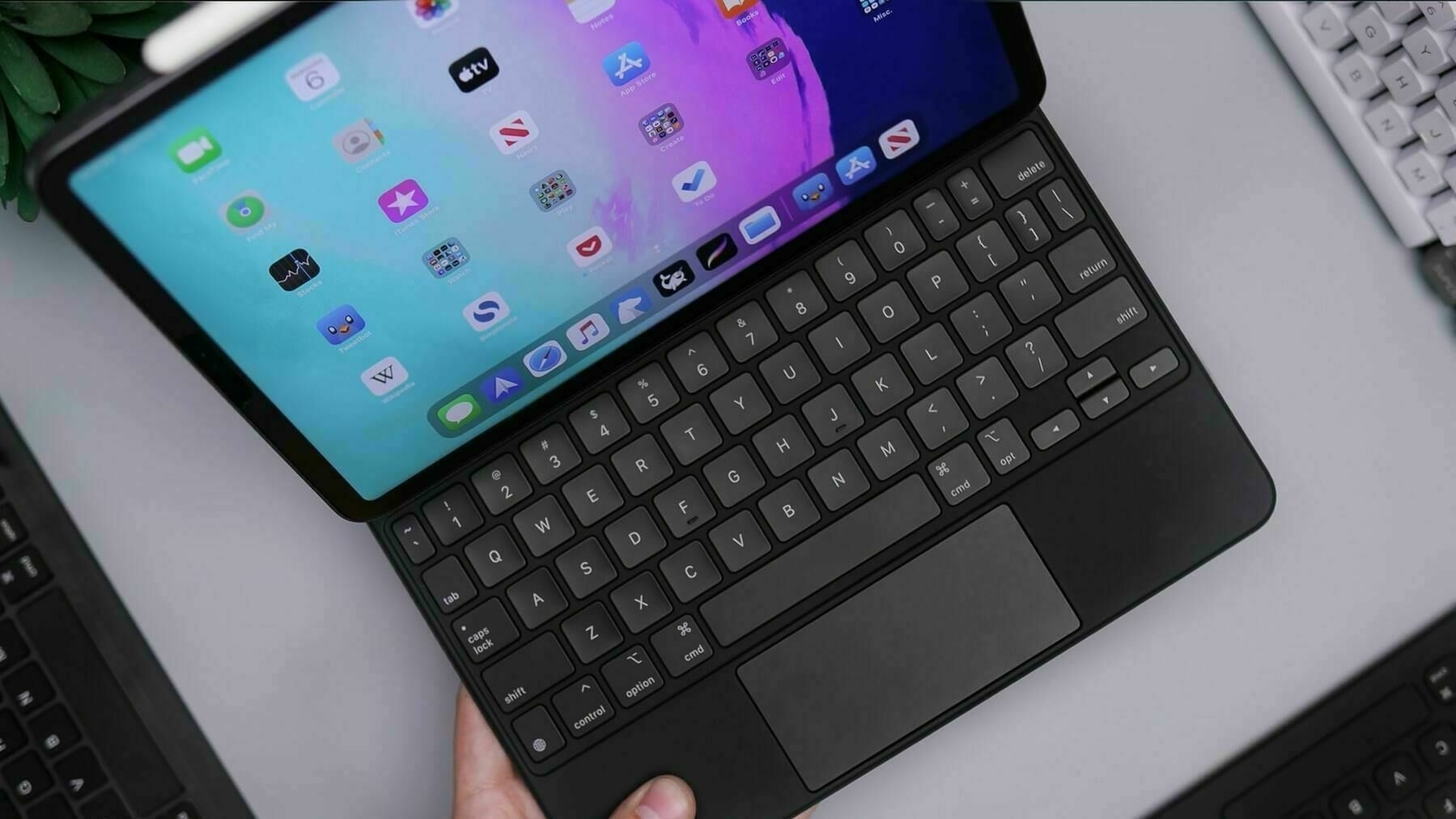
I can get in depth and have side by side windows, Slideover ones and picture in picture stuff going on, but I can also open an app in full screen by default and everything else gets out my way. No docks to hide, no menu bars or anything else to worry about — a procrastinators dream.
Some of these feelings come from working on a Mac all day. The iPad feels different and more relaxed, but even when I used an iPad as my main computer I just loved the way it was simple to understand and got where I needed it to go. I wasn’t trying to force a square peg in a round hole, I wasn’t expecting it to do anything more that I needed it to, because when push comes to shove, better tools are available.
I must applaud Apple for achieving this mix of power and simplicity for iPad OS. Every time “someone familiar with the matter” starts to talk about making the iPad like a desktop computer I feel a little bit of dread that the iPad will loose its charm. Push too far towards the work, and loose its way with everything else it is great at. I wish Apple would bring the iPad out into the sun with feature parody, but it doesn’t need anything else to be a great iPad. For everything else, there’s a Mac for that.
Before we get anywhere into this post, I absolutely refuse to start this stupid debate again. I love the iPad, I used it as my only device for years, and now I use a Mac because it fits my work life better. It is because I love it so much that I appreciate everything it can do for users.
As many others did, I sat and watched WWDC2021 and expected the iPad to go up a gear. It did in many ways, but the updates still left many wanting more. I don’t believe users should be up in arms at the exclusion of “pro apps” and screaming for the myriad of features that were never promised by Apple — but with that said the iPad still feels a little stagnant.
Apple can’t or won’t make the iPad too powerful because they want you to buy a Mac too. For proof of this look no further than the upcoming Universal control. A feature which feels like an extension of Sidecar, allowing you to move your mouse across the many screens you have at your disposal. Be those Macs or iPads. Yet even this feature isn’t universal at all.
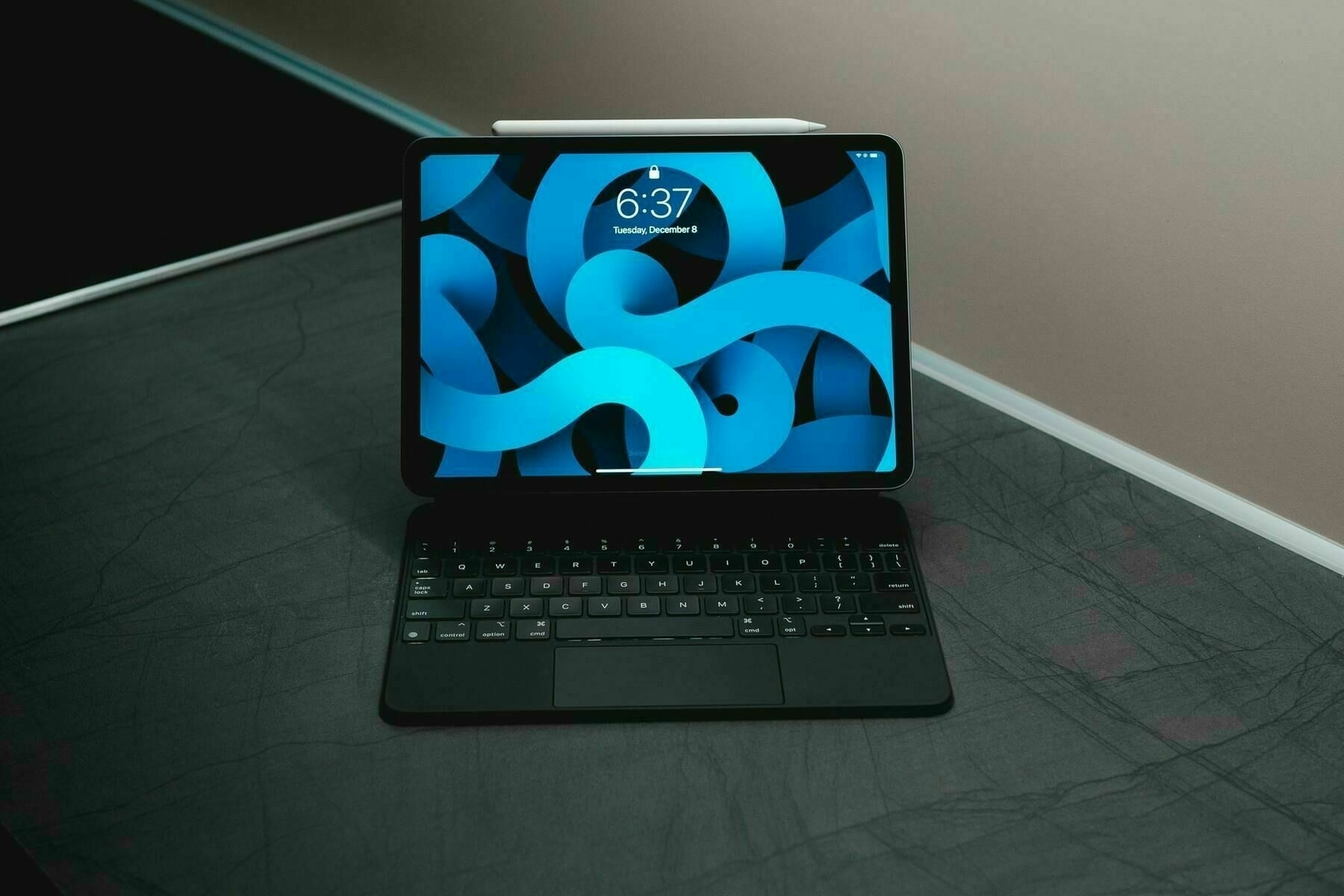
You can only use this control from a Mac. So if you were thinking you could use your iPad and move your mouse across to grab a file from a Mac, you have another think coming. Unfortunately Apple still view your iPad as Mac adjacent. A supplementary device that is amazingly powerful but just not quite there.
I worked from an iPad for around 7 years, since before the iPad Pro was even a thing. So I know what an iPad is capable of and I know where it’s limits are. You will get no wild claims from me about where you can and can’t work. Yet the iPad still seems to exist in the shade of the Mac. Not quite achieving its potential.
Seemingly for the fear of cannibalising Apples computer market. The taste left in many users mouths is one that all the moves Apple make are to entice customers to purchase more devices. Hey, they’re a company, that’s the way companies grow. But after years of users waiting and wishing for things I am starting to get the feeling that the prayers will always go unanswered.
Undeniably the iPad makes strives forward each year – some small, some large. Yet the potential is never met, and perhaps never will be. I dream of a world where the iPad steps into the sun and becomes its own thing, because it’s only Apple holding it back now.
One of the best things about blogging and sharing things on social media is the constant changing environment and shifting your perspective. Yesterday I shared a few thoughts on what I am going to try and stop on Twitter. The level of what about this can get annoying, so stopping it myself is a worthwhile endeavour.
Most people seemed to share a similar outlook, and the tweet below from Andy made me think a little more or letting people enjoy the things they enjoy – but also hate whatever they want to hate.
Everyone is quick to say that you should let people enjoy things. Should you not then, in turn, also let people complain / disagree / dislike things, as long as it’s done in a constructive / kind way?
— Andy (@AndyNicolaides) June 11, 2021
This wasn’t directed at me, but seeing as I had not long shared my post, I took it as a sub tweet or at least something to pay attention to. Well, he’s dead right.
It’s important that everyone has a way to vent when they want to. If the prevailing opinion is that you should let people enjoy whatever they want, then we should be letting people hate whatever it is they want to hate.
Hate what a political party is up to at the moment? Let it out. Want to tell others have stupid Apple is? Go for it. Enjoy the release without 17 replies telling you how wrong you are.
There are so many things I love about Twitter. It was the first social network that clicked for me, despite having a Facebook account for a while before hand. The fast moving pace of updates and the activity levels of people that I enjoyed following just made it a place I wanted to be.
When I first started using Twitter I was hacking the iPhone and had a pretty successful side hustle unlocking them and helping others develop Cydia hacks. I was also really deep into Android Twitter building loads of friends that I still speak to all over the globe. I had a place, a constantly changing environment surrounded by people I wanted to deal with. I got hate from Apple fanboys but I didn’t care. This was me and I loved it.
The user base then felt like it was tiny. People that I spoke to in real life didn’t really use Twitter that much, but fast forward to now and it feels like everyone is here. It’s still fast moving, but it’s huge and often times exhausting. So I’ve tried to quit, more than once. Yet I keep coming back once I feel better, and then it got too much again, and the world goes around because I never learn.
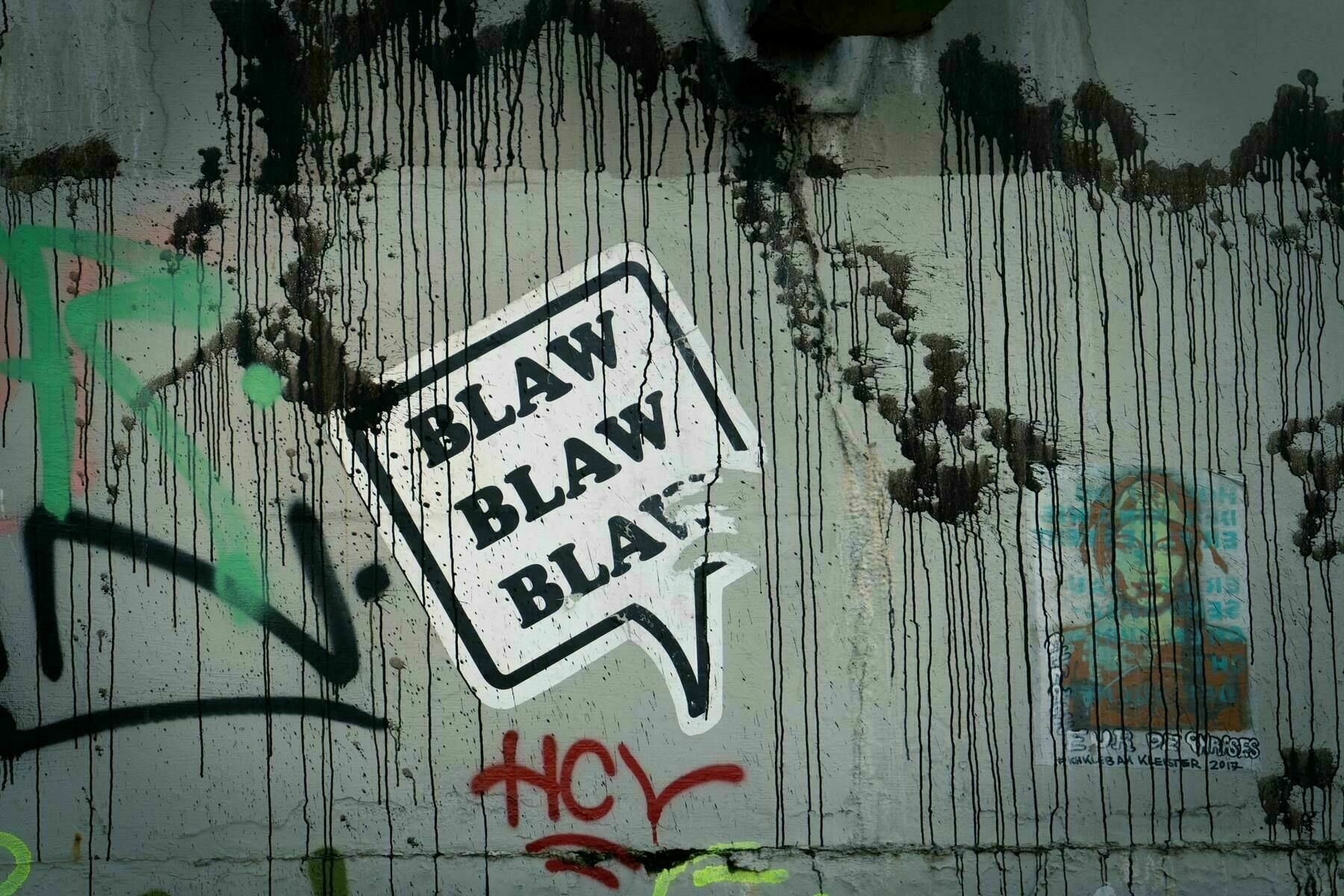
Trying to work out what is so exhausting is the puzzling part. Partly it is the speed of information flowing past, slowing down always proves effective. However I have never really ever managed to put my finger on why, until today.
Listening to an episode of ‘You’re wrong about’ recommended by Gabz the concept of “What about…” was given as becoming exhausting and it instantly clicked of me. I love hearing other peoples opinions on things, expressing myself and giving far too many of my own outlooks in replies to tweets — and this is part of the issue. Opinions are something everyone has, and should be happy to share them with others, but when there is so much noise it gets frustrating.
As the host points out, When you tweet your three favorite bagels, someone will come back “but what about Poppy seed..”. The solution is not to stop people from replying to tweets, or limiting them in anyway, because that’s just not Twitter. To be honest I don’t think there is a solution, apart from not using Twitter so much.
I am certainly going to be more aware of the replies I make to others, and simply enjoy the sharing of opinions.Maybe write a blog post or two instead. Replying only when I have something to add, or a question is asked. This isn’t going to stop me going down rabbit holes and wasting time, but it should help my mental health a bit.
It’s amazing how easy I am to sway into using something else. I’m perfectly happy using obsidian, bar a few tiny things, yet here I am setting up Craft because it got daily notes.
It’s not that I have anything to gain, and it’s not marketing hype, I think I just like playing with new things and trying out other ways.
I guess it’s a bit of a waste of time but it give me quite a bit of enjoyment so what’s it matter. I enjoy the journey of transferring my information, setting things up to work for me. Those little “a ha” moments when you find a little feature that works are as enjoyable as finding a robust system and sticking with it.
Don’t get me wrong, there are massive advantages to fast moving, constantly updated feeds of things happening. Twitter has been instrumental in so many positive things in the world it is worth remembering at every turn. However I want to live in a world with more thought goes into things posted.
Books are written almost a year before they come out.
Tweets take about 24 seconds to launch.
Which world would you like to live in, book-world or twitter-world? – Seth Goodin
There should be a holding cell. What if instead of launching your tweet into the internet its kept to one side, like your drunken texts to an ex, they remain until you confirm your intention to send later on. A get out of jail free card for those tweets you really shouldn’t have sent, and a way to make sure your feelings are straight before you throw your thoughts into the conversation.
How many of your tweets or status updates would be deleted if you had to confirm sending them 12 hours later?
Laura Turner on How Twitter Fuels Anxiety
Using Twitter, I am constantly comparing my insides—my anxieties, fears, and insecurities—with other people’s outward selves: their accomplishments, polished selfies, and edited articles.
You see. We all know this. We all pick the best photos, apply the best filters, and also some use god awful filters that look nothing like them. Yet we don’t see to extrapolate this to others.
The anxiety fuelled by social media is often predicated on the comparison of the expression of others lives to our own. Yet nothing is real! For much of the web, inner selves are not the ones that are on display. The constant battle to win approval by making yourself as appealing, approachable and inoffensive is a pressure felt by all but ignored in equal amounts.
Constant observation is a way of life for some and the next generation looks set to be worse. We have become so used to look at other peoples lives so much that we expect our own to be under the same scrutiny.
Mat Birchler on Multitasking vs Parallelism:
the ability to me to tell my computer to do something, and then I move on to totally different things while it does its thing. For me it’s out of sight, out of mind, but it’s still happening.
This for me is THE biggest issue I have with iPad os. By either inability or oversight, nothing can operate in the background well enough. Dropbox can’t sync correctly, I can’t upload a long video to YouTube very well, and generally doing something complex can suck at times.
It annoys everyone, full time iPad users included, so why the OS still can do this is beyond me.
But what’s the old iPad Pro saying “the next OS update will fix everything”.
I am making my way through the wonderful book “Think Like a Monk” by Jay Shetty. It’s hard going, because there is so much to think about I have to stop and digest much of what is being introduced. One of the largest ideas I have found beneficial is the idea of a ‘Values Audit’. A dedicated time where you asses where your perceived values fit into your life, and make some conclusions towards your actual values.
For example someone may claim their values are spending time with their family, but can’t put their phone down to interact with their children. Or you claim there is no time to exercise, but spend hours a day watching TV. This can lead you to be self critical, but there is no need, really what comes from this is more shaping of your actions to display what you value the most.
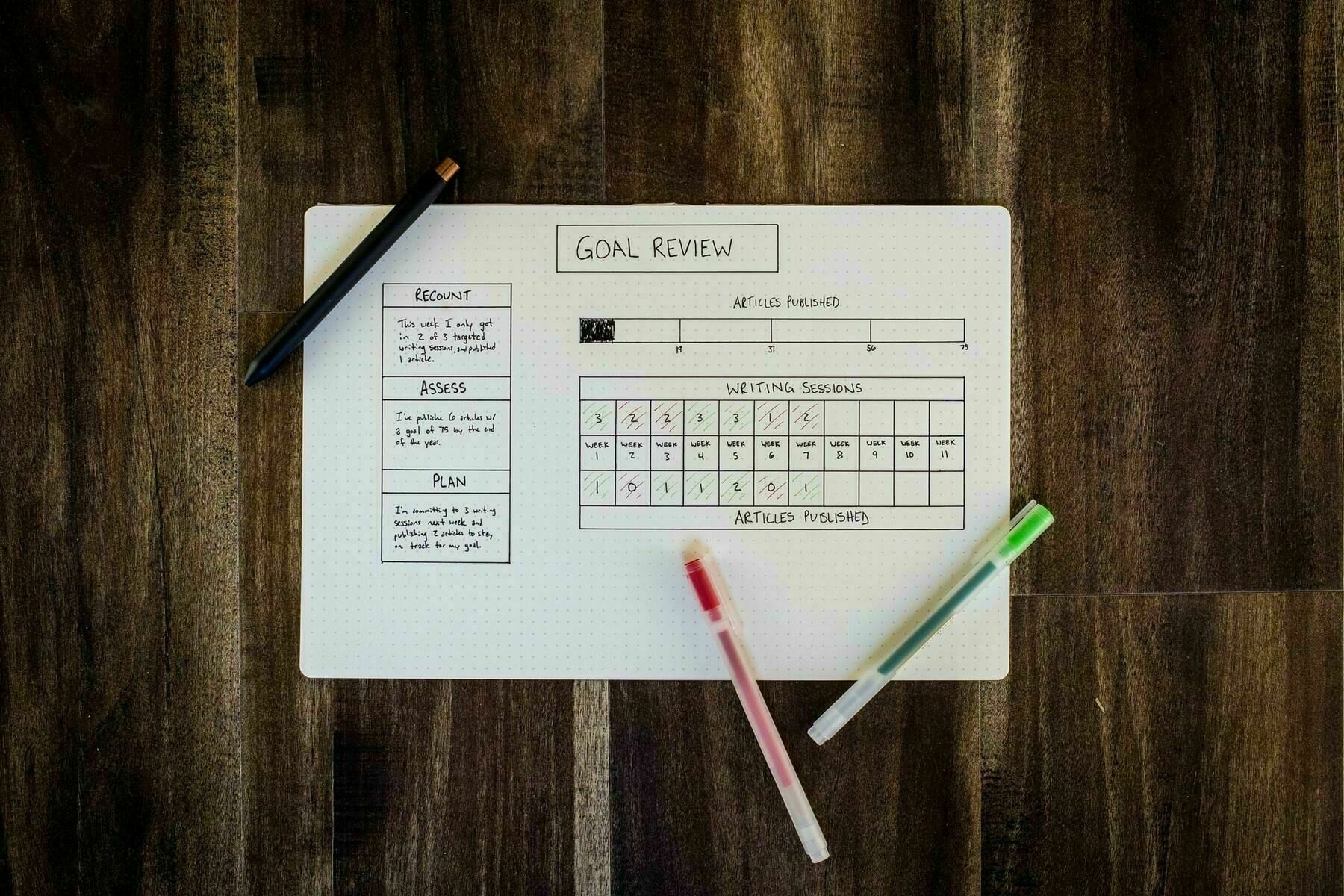
As my granddad would always say to me “talk is cheap, actions pay the bills”. It’s free and easy to outline the inner working of yourself in words, but your actions quite often display other things. A recent book I read on called Ruined by Design by Mike Monterio discussed a similar thing when designers do things they don’t want to do, but fail to stand up for their values. Leading to a large portion of companies implementing manipulative practices, but this doesn’t just apply to designers.
How many of us would take a position or a job that doesn’t fit in to our values. To use myself as an example, would I design for a company that portrayed dark patterns? Would I write for a company that tracked its users and showed loads of adds? Would you?
Of course many of us would. Taking a job simply because it is with a company we want to work for, but doesn’t display any of our values. There is a certain amount of fighting from the inside you can always do working for a company that doesn’t stand for you, and there is no shame or accusation in that. However it’s important to be aware of whats happening and do these value audits regularly.
Being mindful about the practices you have, your outlook on the world around you and most of all, your output into the world. If at all times we can ensure our true inner values are being portrayed and supported, the world would be a much happier place and you will be a much happier person in it.
Amelia Tait on algorithms taking creativity out of social media:
In the future, social media giants should bring back more of the human touch. In the real world, trusted individuals curate our museums, galleries and music festivals – why don’t we have the same approach to creative content online?
I guess this very much depends on the scope of 230. The old definition for the protection was that if you did any moderating then you were liable, but seeing as moderating is a product of scale where does this get to?
Human curation would be lovely to have, it works pretty well on micro.blog, but you very quickly start to see the issues. Bias and control starts to show even at very low levels, so in large scale social media it would become impossible.
We can still dream though. A time where algorithms couldn’t be gamed by spamming content, where people took pride in the content surface on their website, and the cream always rose to the top. Happy time.
I completely missed last week being mental health awareness week in the UK. A period of time dedicated to making people more aware of mental illness, and perhaps try and remove some of the stigma associated with both suffering with an illness and indeed seeking help. I have been very open about my struggles with my mental health in later life, I only discovered that I had mental health issues later on when I knew what they were.
At a time when I knew what mental health issue were and how to deal with them. For the longest time I had no clue that the ups and downs that I felt were not normal feelings and in fact something to pay attention to. The weird thing that people come to realise when they get to know me personally, is that I am not how I appear online. Despite all the tweeting, the publishing and the podcasting, I am very introverted.
I am outgoing when I need to be, or when required by the situation. I can adapt to almost anything and not worry too much about my internal feelings. But this is usually followed by a need to ‘recharge’ my social batteries that have been depleted.
Introverts get their energy by being alone or in small groups, while extroverts get their energy from larger groups of people. – Ellen Hendriksen
I suffer greatly from big swings in my outlook on life, and the largest take away I have become used to over the last decade is — that’s OK. However. With all the positive things going around about mental health, I still get loads of push back. It’s still normal for people to tell you to “get over it” or “man up”. That is somehow acceptable in the modern age, to dismiss someone because you think their issues are not important.
This isn’t random people either. Many work colleagues and friend are perfectly fine to say these kinds of dismissive things about others mental health, and a few even believe it doesn’t exist!
When things like mental health week come around, it’s easy to think that it is the people that suffer from issues that this week is for. It’s for the people that don’t want to talk about their issues, but I believe it is more for everyone else. No one wants to talk about these things, and accept that they are happening all around us. These weeks are for the people that push back. That tell me to “get on with it” and belittle the way I feel.
It’s OK for me to not be OK – and it’s got sod all to do with you.
Cory Doctorow reflecting on years of bloging:
Peter “peterme” Merholz coined the term “blog” as a playful contraction of “web-log” — like a ship’s log in which hardy adventurers upon the chaotic virtual seas could record their journeys.
This makes both perfect sense and is baffling all the same. This puts the act of blogging into a completely new(old) context. The current modern task is to write articles and build a brand to sell. Where as the way blogging should be is to communicate with others and log what you’re doing.
On the flip side of this, Social Media has taken over all of the logging for us, leaving just the longer ‘essays’. Which way around it should be is up to you, but I’d love to see more return to a web-log — wouldn’t you?
For the last few months I have been using Roam Research as the powerhouse behind almost everything I do. I’ve written previously of my love for the way it allows me to record my thoughts and everything that goes on in my life. It links very heavily in to both my writing workflow and my reading workflow, and as such has been a huge boost to my working and personal life.
Even with all this praise, I have still always looked for something else. Although it has proved valuable, I don’t love the £195 a year price tag, and I also hate it is only semi available on mobile, and has no offline mode. I’ve tried alternatives, including Obsidian, but nothing else quite fit the bill, but this time something stuck and I’d like to share my current Obsidian set up, what it does for me and how it could help you.

Obsidian is, in there own words, a powerful knowledge base that works on top of a local folder of plain text Markdown files. It takes many of the things I loved about Roam (I have no idea which one came first), particularly the network of thoughts that link themselves together but makes it local.
This is a huge benefit when you consider that access to something as important as your network of thoughts should be available at all times. I have not experienced issues accessing Roam, but other online apps have had these issues. Also consider that I havelost work because Roam has updated itself and not saved my document — and I am not alone with these issues, as rare as they are.
Instead Obsidian builds on top of plain text markdown notes that are stored locally. Granted, this means that you rely on things syncing between devices, so if an internet connection is in short supply you will still have issues. However is means you can create and edit files wherever you are and don’t rely on the cloud. I have my ‘vault’ (more on that later) set up in iCloud that syncs to all of my devices quickly and easily. The text files are kb in size so I have, as yet, not had a single issue.
As with most platforms promising to boost your networked thought, Obsidian can be as simple or as powerful as you want to be. At its base, you simply point it at a folder, called a vault, containing text files and Obsidian displays them for you. You can put these files into folders of unlimited depth and set them up however you wish. By clicking on a file you display the text within it.
You can link these files together, by using the now very familiar double square bracket ([[]]) or the hashtag #. This allows you to link notes together in non hierarchical order. As in, they can link backwards and forwards as well as to whatever else you wish. Your file name is automatically searched through the vault and any mention of the same thing will be surfaced as an un-linked reference. These can be people, books, films, thoughts, in-fact whatever you want them to be.
My set up is very simple in terms of folder structures, I have one for book notes, one for article notes, one for random notes, and a few others for People, Templates and Podcasts. This is not needed, all of the text files can be left in the root of the vault, but I like a nice clean look on the side. Everything can be searched for anyway, and in many ways you don’t even have to see the files to link them together.
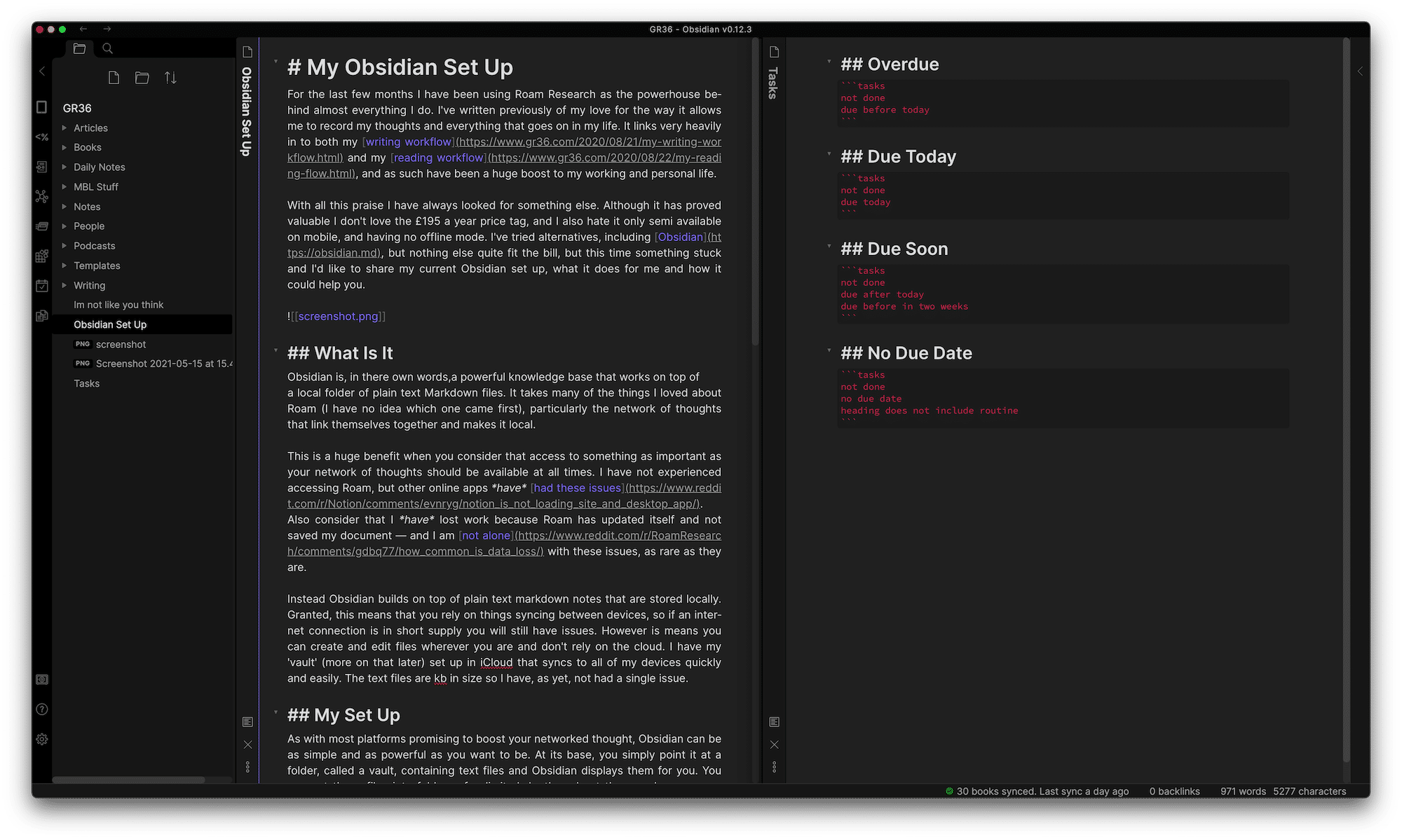
My biggest strength now is recording absolutely everything that I need, or want to refer back to later. I used to save these things sporadically in Apple Notes and also Ulysses. Now Obsidian is open constantly while I am at my mac. Every time I open Obsidian it is on my daily note, this contains my daily tasks, meeting notes, Journal entries and almost anything in my life.
When I first sit down in the morning I type out some Morning Notes. This has been my practice for months now and just helps me surface whatever is going on in my brain that morning. I don’t think very much about these, I try and get out of my own way and let my thoughts flow out. Admittedly some of this is repeating trends of how I am feeling, but quite often these thoughts turn into blog posts or just something I work on personally.
My daily note also contains my Routines, these are simple things I am bringing into my daily routine to make myself better. Really simple things like walking the dog, meditating, exercising and anything else I am working on. You create a task by typing - [ ] Task name.
To set up daily notes turn this on in the core plugins. There are also some options in settings to customise this a little. I set up my daily note to start from a Template, so I always have the same headings and tasks to tick off.
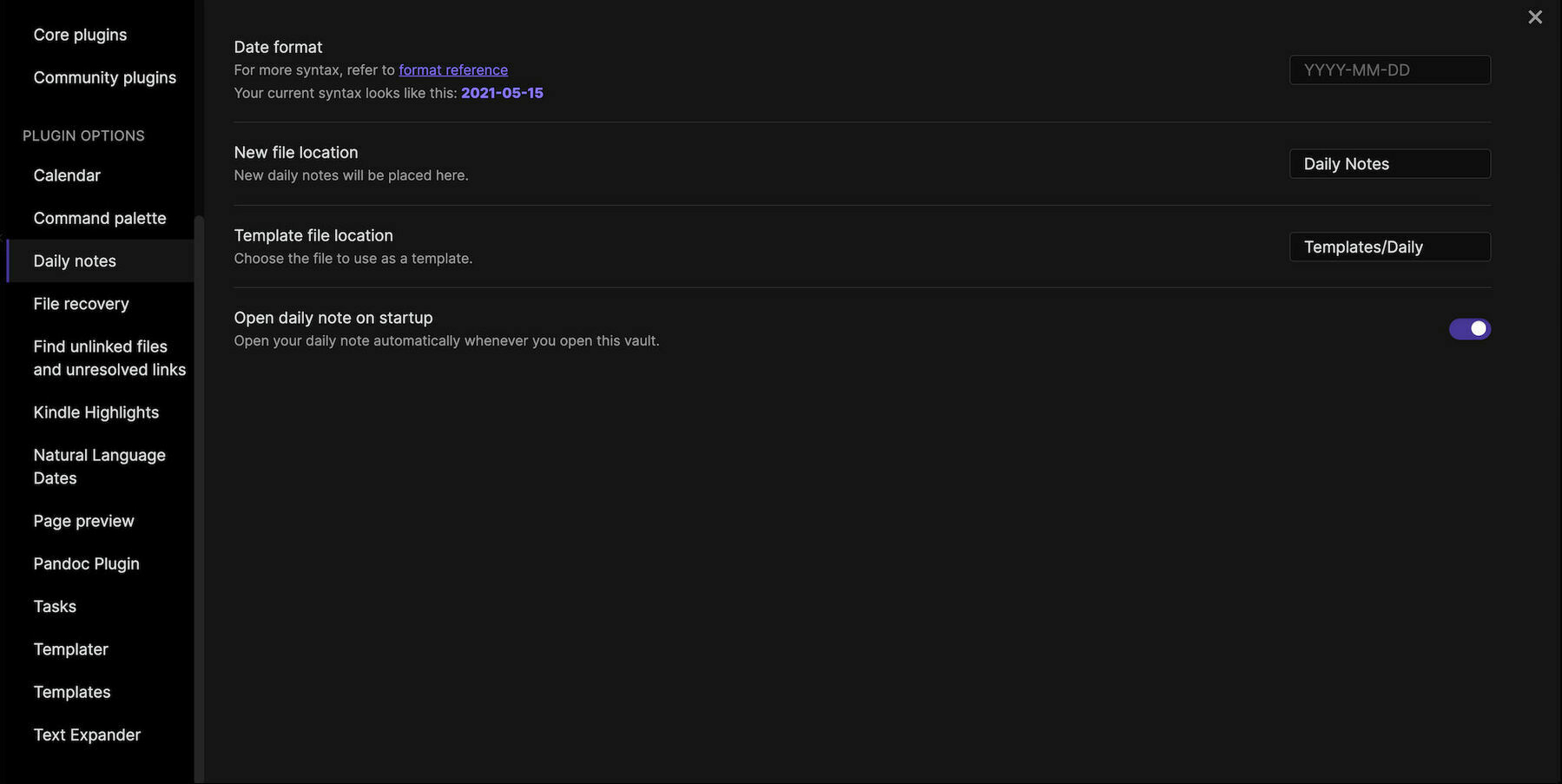
I have another area for my aforementioned day notes, this allows me to take brief notes on meetings, telephone calls and also anything else that crops up in the day. I can’t tell you how beneficial this is for emptying my brain and writing down all my tasks.
While we talk about turning on plugins, now the real power of Obsidian starts to come out. You can use a whole range of plugins created by the community of developers out there that are constantly pushing the boundaries of what is possible. Plugins are split into ‘core’ and community. The Core plugins are optional things that Obsidian can do if you wish, and Community plugins are downloadable extensions to do extra things, some simple, some really powerful.
You can also install plugins outside of the app that are easy to discover in their thriving community or their Discord channel. From my experience most people don’t stray outside of the Community plug ins. I use the following heavily.
– Calendar: This shows a calendar in the right side bar, allowing you to go back to daily notes from those days or make daily notes on dates in the future.
– Natural Language Dates: This allows you to easily tag things with dates by using @todayor @tomorrow or even @next week.
– Text Expander: Does exactly what it says on the tin. Allowing you to customise short codes and replace them with regularly used bit of text.
– Kindle Highlights: Syncs by book highlights into my book notes folder in a similar fashion to Readwise.
I have tried to make things as simple as I can, but also molded things to my usage. There are hundreds of community plugins to do loads of things and you can spend days of your life trying them out! One non community plugins that I have to mention will follow because it is the basis of how I get things done.
As mentioned about you can set tasks up really easily in Obsidian and there are load of plugins to help you manage these and keep ticking those check boxes off. To add a date to a task you simply tag it so for example.- [ ] Do this thing #2021–12–25
This will make a task for you to complete that will be linked to the daily note on the 25th December 2021. You can go further and further with this and customise this until your heart is content, but this is task management in Obsidian 101.
Wait, there are plugins though! After using Obsidian GTD for a little while I opted to use Tasks. The benefit of this was that I can get my set up to display the tasks I have to complete in a way that works for me. I have a note titled tasks that contains code to display my priorities that are overdue, need doing today and those that are upcoming. As well as having an Inbox of sorts by surfacing any task I have not allocated a date to.

Tasks also allows me to set up repeating tasks and displays the date I completed each task next to the item with a nice green tick emoji — I like that! I leave my Tasks note open in a second page by CMD + click.
Ever read something and thought it was great but immediately forgot all about it? Yeah me to, until I started making notes about it. When I read anything in Pocket, or on my Kindle at night, the highlights go into Obsidian for two reasons:
1. For me to refer back too later if i need to
2. For me to go over and expand on at a later date
These notes may sit doing nothing, or may be expanded on and stored for later reference, either way they are not taking space up in my brain and have not been lost. The Kindle highlight plugin allows me to do this whenever I have finished a book and want write a little about it, if only a mini review. However I transfer over my Pocket highlights once a week or so for reference.
Making notes in this fashion quite often comes out in my daily notes, or my writing later on, because a quick search or a glance at the links tab in the right sidebar will surface any relevant information to me. With a few keystrokes I can make sure these thoughts are connected up and begin to see my knowledge graph forming before my eyes.
I tried this also with Podcast notes, which can be really useful when sycnced through the app Airr. However since my listening declined these have stopped completely.
I was initially dismissive of making notes like this, and still do shy away from going as deep as I could. Some of this is trauma from University and making hours of notes, but some of this is just not what I use Obsidian for, but with that said it’s amazing the difference it has made. Simply by having them there and padding some of them out my recall of the topics discussed has been improved tremendously. If there is one thing I can’t stress it’s don’t me as dismissive as I was. Make loads of notes about everything.
This is one of the biggest things that I always wanted Roam to be. A place I could write out anything and it be stored and linked to if those topics come up again. Try as I might, I just never got there with Roam. There are options to turn it of, but first and foremost it likes things in bullets and blocks which felt to rigid and strange. Whereas Obsidian is text editor at its core, so writing is a delight.
Everything I have ever written in a text file in my writing folder. Published or not it’s there and can come up again whenever the time is right. Whats more is that all my documents are written in my beloved markdown. So I can type away and never click a mouse button if I don’t need to! My search for a perfect writing app has changed back to storing everything in Markdown in Obsidian, so no more subscriptions. Publishing is as easy at copy and paste into micro.blog and put in my images.
Using the very geeky comandline universal converting service Pandoc and the accompanying plugin, I can also export my work documents and things I am working on to docx and pdf as and when required. I don’t really want to get in to setting this up because it is boring, but I might do at some point.
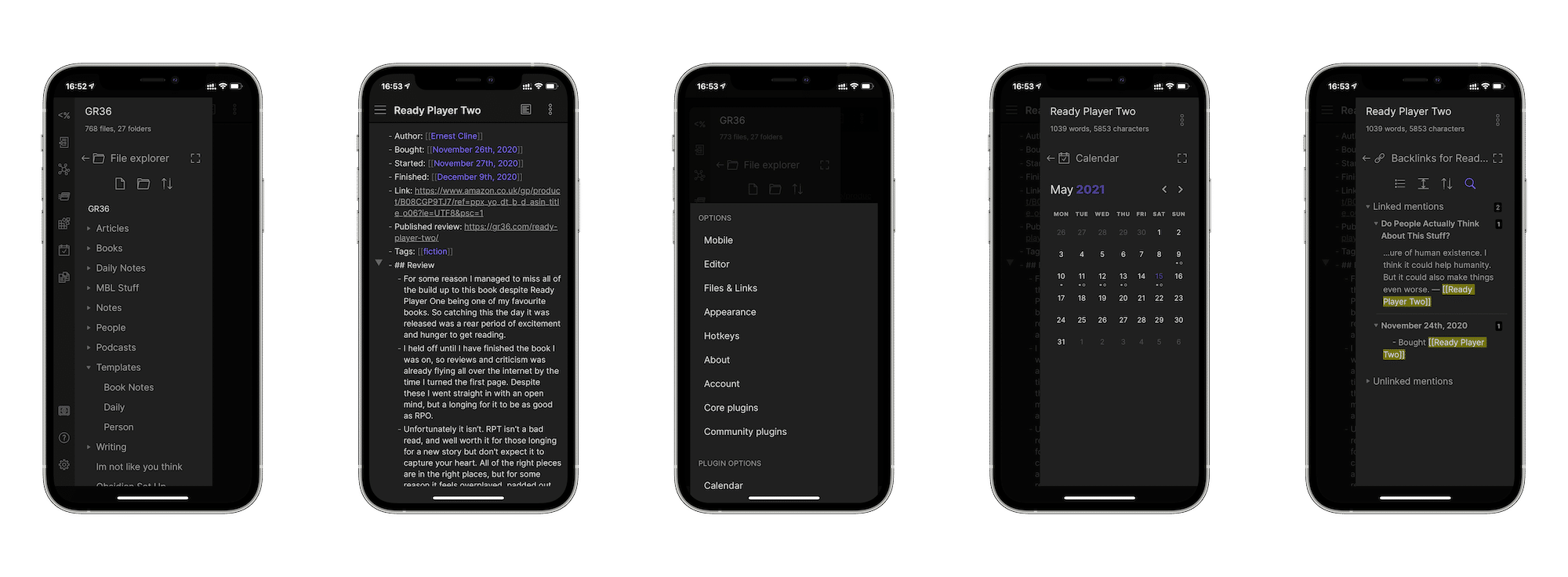
I am lucky enough to have the beta version of the iOS app to test (it is available on Android too). This is a full featured app that works exactly like the desktop version. Meaning I can type in my notes, pull up any information I need, or even work on my iPad!
The fact that a free service got here before a £195 one like Roam did is baffling to me. Bravo on the developers and the community to getting to this stage and deliver such a full featured app with very few caveats.
And there you have it, my very simple setup in a nut shell. I’d like to cover concisely why Obsidian stuck for me this time, but I really have no idea. Many people I follow have started using it, and as such I gave it a little more time. It’s not Roam Research and that’s ok. I love it even more because its simple to pick up and you can get as geeky as you like.
I have recently discovered some more plugins that I am experimenting with for creating templates and moving things even further forward. But for now the real benefit I get from this is being able to open it each morning and use it all day for the things it does best — recording my thoughts and linking them for me.
Last week the new Mortal Kombat film launched, but only in the US! This isn’t exactly a blockbuster film but something I really want to watch given my love of the old one, and the game. Understandably filmmakers are having to find new ones to generate the income they deserve for the films they make, but they seem to be tone-deaf when it comes to limiting releases.
The film is available to buy and stream in the US, but nowhere else. Meaning that everyone outside the US cannot watch it unless they adopt illegal means. No doubt many people will resort to this to watch, but I prefer to make sure content creators receive the money they deserve. However, I don’t want to wait.
Is there an ethical middle ground? Is it OK to pirate a film if you then buy it when it comes out to give back? There is no reason viewers outside the US should wait for an indeterminate amount of time, and it is almost impossible for me to avoid people talking about it. This is a hard question, and no doubt many people will just watch the film for free.
Maple Cocaine on Twitter on Twitter:
Each day on Twitter there is one main character. The goal is to never be it.
Such a simple few words seems to have captured so much of my feelings towards social media and Twitter specifically . Every day there is something else for the different levels of twitter to get emotional about. Those emotions are almost always negative and hateful in their tone.
There isn’t outpouring of positivity and creation like there was a few years ago. This has something to do with the surrounding world, but everything to do with the emotions people put into Twitter. I do still use it, but shy away from much conversation due to not wanting to occupy myself with it more than needed.
I want very much to curate my social media garden to be more pleasant, but somethings just seem to break through. This week it was Basecamp, next week it will be something else. The rage machine keeps on working if you like it or not.
A recent Vox Conversations episode brought me towards a book about scout mindset. This is the basis of making your mind more inquisitive to look for information and understand everything fully instead of defending your beliefs.
I wrongly presumed that this was obvious to everyone, and then immediately realised that I was defending my static position already. I started to think about what happens when your beliefs become so ingrained in you that they become part of your personality. Are you the Apple guy? The Android girl? The iPad dude?
When your very person is framed by something you believe in, how can you ever hope to look at anything with a scout mindset. I’ve been guilty of this in the past, and projected my own bias onto many different things. We all have these things in us that we believe in, but the real thing to take away from this approach is to be mindful of them and make sure it doesn’t cause you to miss any information or mean you’re defending your position because you feel like it’s personal.
Beliefs don’t have to be permanent.
Of course over the last few weeks I have been going backwards and forwards over podcasting again, but this is not more rumination. Instead it is emotion towards lost relationships, at least one sided ones.
During my 5 years working around the UK I spent a rough average of 5 hours a day driving, often much more. This time was always filled with podcasts. Each time I turned the key, after a few seconds pause my trusty Ford CMax (I had three of them in a row) was filled with my chosen episodes.
Hours and hours of my life I spent listening to Podcast personalities that taught me so much. They were my introduction to tech, to working on an iPad, my glimpse into brand new ways of thinking and new topics for me to become interested in. As the miles rolled on, I devoured whole episodes of my favorite shows over and over. The hosts shared personal insights with me, and we built up and very one sided relationship. I felt invested in them as podcasts and also individuals.
When my working life changed these dropped away, and as COVID hit they disappeared completely. These relationships my mind had built were severed and almost all of which I have no interest in now. It was only when compiling a list of my podcast feed now that I realised how many people have slipped out of my life.
I am filled with a strange melancholic feeling towards these shows and people. I am thankful for everything I have learnt and the interests I have found, but realised this was all one sided. All of a sudden understand people that become obsessed with people from TV shows than mean something to them.
I’ve changed my morning routine little by little over the last few weeks and it has made a huge difference.
I feel like I am stealing the idea a little, because Matt D’Avella made a brilliant video about small changes at the end of last year which inspired me so I cant take the full credit. However after months of searching on how to put good habits into my life, it seems I have found the answer — slow and steady wins the race.
Introducing small, achievable things to do each day is the key to making much bigger changes in your life. I started with small things like meditate and go for a walk, setting a reminder each day and ticking them off. This soon evolved into exercising each morning and walking the dog before 7am by just moving slowly.
I have always wondered why people get obsessed by successful peoples morning routines. Perhaps they are trying to find something in them that will change their own life and make them successful too. This is bonkers, but I am in a different mindset to morning routines now. You don’t need to go all out, but changing small things can really set you up for the day. I was in no rush to change everything and not be able to keep it up, but just one new thing every couple of weeks has been a huge revelation.
What small, achievable thing could you do to improve your day?
It’s been a while since I listened to podcast as intently as I used to. Somewhere in 2019 I fell off a bit as I didn’t have to drive as much, and the pandemic just killed almost all of my listening. The empty space I used to fill with talking and chatting about tech is not just empty but I’t still consuming up a little while running or walking the dog. Chris Wilson pestered me into writing about what I am listening to, so here it is!
The only Tech thing I listen to now is a good round up of tech news that is actually interesting. It got a bit too much in the pandemic due to talking about research and related things to do with COVID but its back to its best. No spec stuff, no wild rumors to get emotional about, just stories and insight about how tech is changing the world. If you like the magazine, you’ll love the podcast.
My favorite person, perhaps on the planet (don’t tell my wife) never fails to entertain. With in-depth talk about life, reality, religion, psychedelics and almost anything goes. His insight into how he looks at the world has affected me deeply since discovering him on Joe Rogan a few years ago – I never miss an episode.
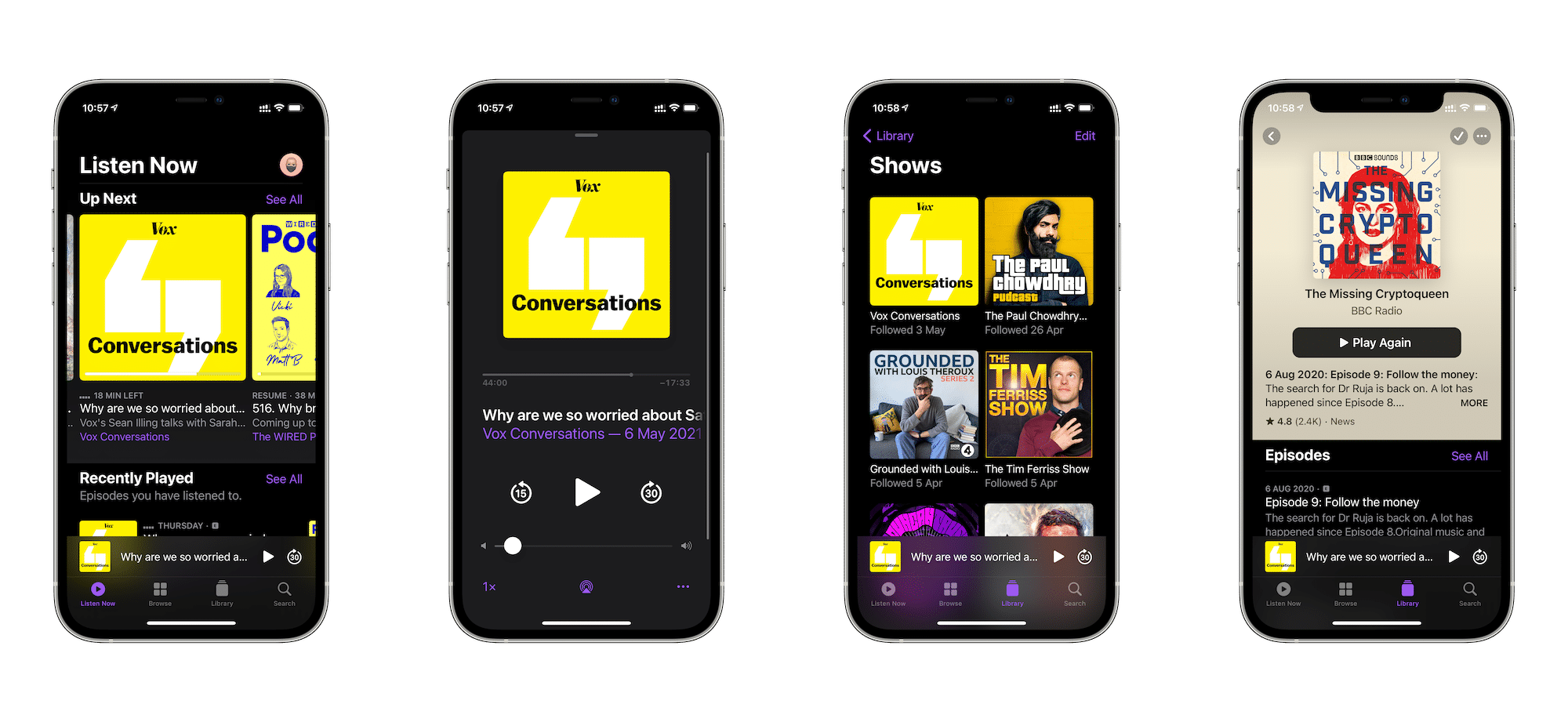
This is a new one for me, I have only been listening a couple of weeks but have gone back and devoured a lot of the back catalog. It’s very political in places, and offers a very slanted view of the world, but has introduced me to some really good books and interesting people. I particularly enjoyed the recent episode on Satanic conspiracies in the US.
What more is there to say about this podcast, it’s really great. I do dip in and out due to not having the attention or time for a 2hour + conversation but they are always a great listen. Tim has a great way of interviewing and bringing the very best our of people. His show with Yuval Noah Harari changed my outlook on life completely.
If you’re following me and not listening to Darknet I don’t know what you’re doing with your life. This is one of my very favorite. It scratches my tech itch but in a completely different way. The story telling behind some of the greatest hacks in the world, and also some you’ve never heard of ,never fails to grab me.
Others worth mentioning:
Louis Theroux Grounded, The Missing Crypto Queen, Aubrey Marcus, Project Human
Casey Newton exposing the all hands meeting at Basecamp
They really don’t care what employees have to say. If they don’t think it’s an issue, it’s not an issue
Of all the words in this excellent write up these speak volumes to me. We’ve all seen this arrogance recent years, the ego that runs amok in the founders comes and bites them on the ass.
When you don’t listen to feedback, when you think all your ideas and experiences are the only ones that matters, you have a real issue. Running a company in your vision and being thick skinned enough to stand by your decisions is one thing. But when the success goes to your head and you become tone deaf to everyone but the chip on your shoulder sooner or later that will catch up to you.
I am in no doubt Basecamp is not going anywhere, there will be thousands of people itching to take over these positions that don’t care. They just want a foot in the door. However if this knock tells the founders one thing, it should be that they are not as great as they think they are. Listening to people doesn’t mean you take the advice or feedback, but means you must at least appreciate where your employees and users are coming from.
Davie Davies speaking to Hooked author Michael Moss:
During the pandemic, he says, many people have sought comfort in the snacks they remember from childhood. “We went into the store, and we started buying products we hadn’t had since we were kids,” he says — recalling “great joyous moments.”
It’s only when you step back and look around when buying food you realise that a sorry state the world is in.
Our brains and bodies have been hacked by nostalgic food, bright colours and gimmicks to a point of almost no return. A point further highlighted by the pandemic as we all reached for something that made us feel better and take our mind of the doom and gloom.
This is fine in the short term but when you look at all the psychology used by brands it’s reminiscent of social media manipulation. The whole world is out to sell us something and to hell with the repercussions.
I don’t need to resort to tropes to tell anyone how hard the last year has been. Since COVID-19 hit the UK like a train (no political discussion please) we’ve been in lockdown longer than I can ever remember. This has been hard on us all, but one for the weird consequences of this has been my contact with other people. I’ve only been able to see the outside world through Social Media — and that sucks!
I’ve spoken before about missing just being around others, and the lack of physical contact that I think humanity needs to survive. I have been talking, interacting and looking at everyone though the smokey lens of the online world for so long I forgot how great people actually are.
It’s easy to get disillusioned about the way of the world. More so when your bombarded with the worst that it has to offer, what feels like a constant stream of bad news and outrage with some random conspiracies thrown in for good measure. It’s only when getting back to some semblance of normal that it all starts to make sense. As the country opens back up again, I can now start to talk to people in person. Laugh and joke almost like old times that you begin to realise that the world is a much more positive pace when you remove all the digitals in between.
There is nothing like real people, in a real situation that brightens things up. Makes humanity seem great again and improve the despair felt when staying at home. I’ve got through the latest lockdowns with a few scrapes and metal bruises but being able to get out and about again is brilliant. These Smokey lens I have looking at the world through have been lifted, and I am forever grateful.
Despite it being a standard feature in many Android phones it took Apple until the iPhone XS to implement a dual sim of sorts. Even then you need to have one as an eSim and that limits the networks that can support it. Thankfully EE were one of the first, so for the last few years I have been using two sims in my iPhone, one for work and one for personal.
One major pain is dealing with moving phones. I do that quite a bit, so ordering a paper EE eSim each time became a pain, not to mention an expense at £1.50 a time. Preplanning helps a little, but there has still been times I’ve been without service because I’ve broken my phone and can’t just pop my sim in another.
Thankfully EE have a solution, and you can now download an EE eSim for your iPhone in seconds! Here’s how to do a digital EE eSim swop.
You will need your current sim to be working to receive a text message, and also have already set up your new handset and downloaded the My EE app.
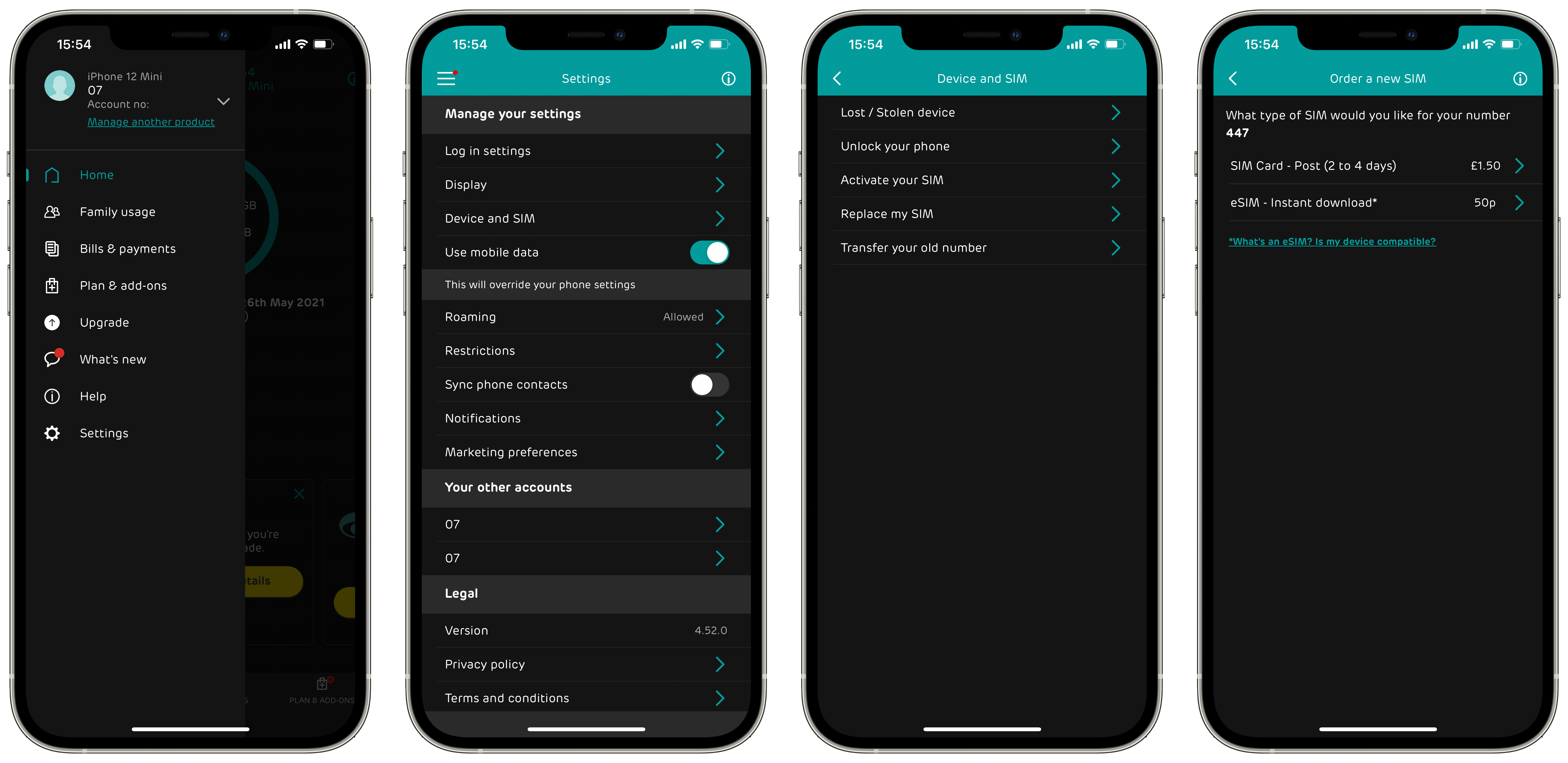
Once you’ve done that on your new phone in the My EE app, open the menu and go to Settings > Device and SIM > Replace my SIM > and select your number.
You will then have two options on supporting devices, SIM card — Post (2 to 4 days) at a cost of £1.50. Or eSim — instant download at a cost of 50p.
Tap on eSim, then select this device, and you’ll be on your way to transferring your number.
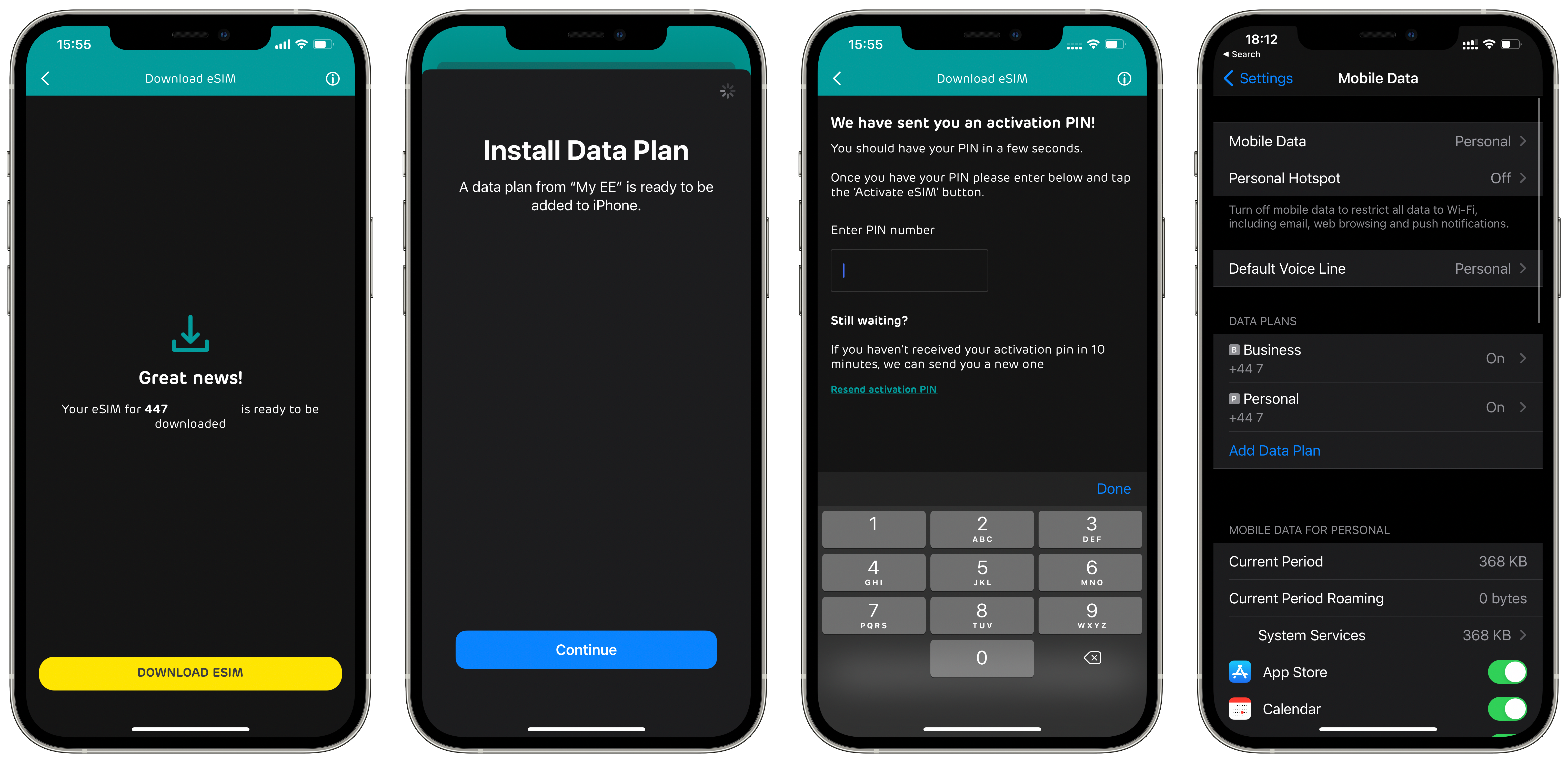
You will then get a notification that the eSim is ready to download, and then you can go through the normal set up options. This gives you the facility to choose labels for the numbers, which iMessage number is used and lots of others. Once completed you will need to activate the new sim by receiving a text to your old phone, put the supplied code into the app on your new phone, and you’re ready to go.
This is usually instant but can take up to an hour, turn your new phone off and on again to refresh everything, and you’re good to go on your new handset with a new EE eSim.
Head into Settings > Mobile data to change any of the options you’re selected on set up. If in any doubt call 150 from a working EE phone.
Jeff Perry on needing the iPad software to catch up
I can see reviews coming a mile away claiming that the M1 chip is overkill for the iPad Pro and that it isn’t worth the same price as the MacBook Air, or that users should save money on the iPad Pro and just get the MacBook Air instead. As of right now, I can’t come up with any new arguments on behalf of the iPad than I had before this announcement.
I can’t point at anything that moves the needle on being compelled to buy a new iPad. Even when compared to the 2018 version your pretty much getting the same thing, bar a camera and mini LED on the 12.9”.
I’m not sure either of things are needed by most people that use an iPad, but that’s a personal thing. No doubt the M1 is amazingly powerful but nothing changes at the moment. We keep holding our breath for a sea change in usability from iPad OS. Yet each you comes and goes with nothing bar a few tweets or changing the multitasking again!
I’m not even sure what that is. Where does Apple go with iPad OS without compromising more than they add in? I’m lost for ideas but please Apple. Do something. Shock me. Surprise me. Make a £1000 investment worth it.
Following Apples move to offer Podcasters subscriptions to help increase revenue for podcasters, and also grab some cash for themselves, the doors will begin to slam shut. Granted we’ve already seen some try and muscle into exclusive podcasts, Spotify tries to tie up some creators and podcast producers buy up applications, but I have a feeling it’s going to get a lot worse.
Instead of offering something built on top of a secure RSS feed, Apple have chosen to close it down entirely. Should you choose to make your Podcast more premium and charge your listeners, you will have to upload the audio straight to Apple. Closing off any chance of the show being available in another app, and removing RSS entirely.

I am no lover of podcast platform Anchor, and have been outspoken about their practices, but this recent post from its founder seems to be the most sensible move. Instead of launching a service to tie everything down, he talks about the love of the openness of the RSS-based industry, but also the issues that comes with it.
Each platform that hosts content will have no choice to make a grab for premium content creators. Not because that is who they should be appealing to, but because they can’t miss out on it. Left unchecked Apple could not only take money from subscribers. They will also cut out advertisers, hosting platforms and even apps in their own App Store.
It’s understandable that some podcasters will start to get a bit jumpy, but most of these things are motivated by continued attempts to control the market. Open podcasting won’t go away, but the type of content that is available for free, or indeed in the place you want to consume it will dry up over time. We are well and truly in the boom time of audio focused content, which after a year of stalling due to COVID-19 could be a refreshing change.
However, I have a feeling the market will right itself. This has happened to TV, video and blogging before, but there was still enough out there to consume. Perhaps those of us that have been listening for years have just had too much time in the sun? I don’t believe its time to get worried, there are a huge number of podcasters out there that are working away for free that deserve to be better supported. It’s time to wait and see, and support the creators you think need it most.
One thing that constantly surprises me on micro.blog is how nice people are. This has something to do with the barrier to entry being a bit nerdy, but everything to do with the scale of the platform. Although everyone seems to think that abuse and harassment is something unique to the main social networks, it’s actually a problem of scale.
You see I love micro.blog (it took me a while) with my main appreciation being that it’s notwhere everyone is. Sure, I’d like more people to post it, I’d love to follow more interesting people, but with all the noise comes issues. My feed is filled with thoughtful comments, far too much debate about what platform to publish too, and nice photos. There is a positive vibe to the place, so much so that there appears to be no movement towards thinking about moderation.
The platform can be independent of the publishing platforms, so a swift move to remove cross posting would be easy to do, as well as removing hateful comments. This lax approach seems to be shared by every new approach and always fails to work, at scale.
All social apps grow until you need a newsfeed
— Benedict Evans (@benedictevans) January 22, 2018
All newsfeeds grow until you need an algorithmic feed
All algorithmic feeds grow until you get fed up of not seeing stuff/seeing the wrong stuff & leave for new apps with less overload
All those new apps grow until...
I would already kill for better timeline organisation. Sure there is no incentive to move to algorithms that engage users more due to the paid nature of the platform. Stepping away from micro.blog, it’s obvious where the trend goes for almost every other social platform that attempts to be moderation free. I am lucky in the fact I have placed my eggs in a basket I trust, Manton and the team have no reason to do anything other that tend to this nice positive garden they have created. Others are not so lucky.
Almost every platform that attempts to be a safe place for a certain type of person falls flat on their face with this problem of scale. You can promise to be moderation free, or simply not have the time to do it, but the fact is it’s impossible to run a platform that doesn’t have to do moderation.
Start with the spam you’ll inevitably get once there are enough users. Then the things you legally have to take down — abuse, copyright material etc. Once you reach a critical mass of users, then comes the algorithmic feed decisions due to lack of engagement and inability for users to keep up. This too is an inevitability as users can’t decide if their posts will be seen or not and start to post less if action isn’t taken.
All platforms that need engagement or show adverts will devolve into the same state eventually. Nothing will ever ‘fix’ social media. Scale kills almost everything, there is a huge benifit to not being where everyone is. Stay small.
I’d like to say this was in my younger years, but until fairly recently I bought loads of stuff because I thought I wanted it. Wasted thousands on tech purchases and waved any dismissive thoughts away with the reasoning that it was my only vice. Upgraded my phone, tablet, computer, and anything I could get my hands on almost constantly in a search for something better. When in fact it wasn’t better it was looking for, it was an answer.
The next model of iPhone was always the one that would fill what I was looking for. No? It must be the next one coming in a few months then, or maybe I needed an iPad to go with it. Whatever the feelings left after the hit of dopamine had subsided, it was explained away with buying something else.

That wasn’t what I was searching for though, I wanted something to fill another hole in myself. It didn’t matter what the hole was, but I filled it with buying tech. Simply because I thought it made me look cool on the internet. Although every upgrade offered me something, these things are not what I needed. What I, and load of people like me, needed was to get to the root of what I really wanted. What was I trying to mask and fill with buying things?
It wasn’t until discovering minimalism that I became aware fo the feelings I had. Like many people I talk to, the Netflix documentary introduced me to a way of looking at the more essential things in life. Thinking much harder about the things I choose to put in it. This isn’t an advert for minimalism, but the message given is a powerful one. The thing I needed was not a thing at all, and for different people it is different things — but one thing links us all, it’s not stuff we need.
These feelings haven’t gone away, I don’t think they ever will. They are still there, I bought every size of iPhone simply because I could, but how I deal with them is different. Being aware of feelings and the reasons behind them has been an important step in improving my overall happiness and seems to have curbed the never-ending search for fulfilment. Much simpler things make me content now, and when these pangs of purchases come I ride them out and think about what the root cause really is. It’s me.
Last year I wrote about my desire to move completely away from smartphones in general and detach myself from the internet as much as I could. With this comes the juxtaposition and the realisation with the fact that I work online, and simply need access to things a smartphone can do most of the time.
Despite flirting with every size iPhone 12 I have stuck with the 12 mini and this has enabled me to go back as far as I can. With a few tweaks such as moving my phone out of my room, I have enabled myself to deal with the internet at prescribed times, and in ways I want to.
This is no fault of the internet. These issues are in me, but also affect those around me. These issues are completely self-made. It’s not the apps I have installed. It’s not the designers fault. It’s not anyone else’s fault. It’s mine. Because I feel bad, I think that it’s outside things making me feel this way and I look for a fix. A quick one preferably, to stop this constant pressure I feel. Instead of working on myself and understanding the triggers.
A smaller phone has helped me not reach for it as much. As has moving it out of my sleeping space. They are not the cause of my issues, but a way of me fixing them and understanding my triggers. I have gone back as far as I can, and I am much happier than I ever have been, not because of a smartphone, just because I am the person I want to be.
Justin Tadlock discussing the relevancy of comments:
Commenting on and discussing ideas in an open forum can change hearts and minds. It can lead to discoveries and create life-long friendships — I still routinely chat with people I met through blogs and their comments from nearly two decades ago.
I love comments, but then I don’t really have much of a community outside of friends I’ve met online. Outside a few spambots I have never received anything other than nice feedback or healthy debate. But…
Comments on popular platforms such as YouTube can be an absolute dumpster fire. As someone who publishes videos for my day job I am constantly removing comments on videos that showcase the worst that humanity has to offer.
Ryan McCue, a core contributor to WordPress, said that comments should be a plugin.
I strongly agree with this, the default option for anything on a blog, web, video whatever should be comments off, and you turn them off by default.
Openness when being able to choose a comment provider should also be the de facto stance from all platforms. If I want to move hosts or anything else, I want to take my comments with me.
McCue’s response was to a tweet by Brian Krogsgard, the Post Status creator and editor. “WordPress should have one singular button that says: Turn off all comments and comment displays. This is so hilariously complicated, it’s absurd.”
Comments on WordPress are so far behind where they should be it’s a joke at this point. Dating the way they look and feel is impossible without editing core WordPress files and good luck in understanding what options do what. I spent a good few hours configuring Webmentions as comments and allowing them to be displayed, when it would have been a 2-minute job.
I, the publisher should own the comments the same as I own my content, so making them a plugin would be the perfect move. Don’t even get me started on the non movement of implementing Webmention after 5 years.
Comments should be part and parcel of your life online. However, all roads point to something better. You will get fools, but you’ll get them on social media anyway, but better tool are needed to breathe life back into something so important to the web.
Matt Birchler on making a mistake:
And finally, it has been a healthy reminder that the internet can push anyone down a rabbit hole towards believing something false. We all try to be rationale people, and we’re all convinced that what we believe is reasonable and other people are crazy, but none of us are above being pushed into weird (and sometimes dangerous) beliefs with just a few clicks.
I constantly read that people that believe in conspiracy theories or have outlying views on the world are stupid and should know better. If you fall for miss information, or just form your views a bit differently to others then you almost deserve it because you’re dumb. That may be the case for the weird and wonderful, but as Matt points out above its really hard to work out what’s true on the internet.
As much as on the internet no one knows you’re a dog, no one knows your true intent for what you publish. Everyone falls down these holes, and it’s important to remember that.
Anna Wiener in Uncanny Vally
Wherever I traveled on the internet, I saw my own data reflected back at me: if a jade face-roller stalked me from news site to news site, I was reminded of my red skin and passive vanity. If the personalized playlists were full of sad singer-songwriters, I could only blame myself for getting the algorithm depressed.
Living inside an algorithm, like we all do, has no upsides. We are all stuck seeing everything that people ‘like us’ are doing. Ourselves reflected back at us and informing the choices we make next. We’re pigeonholed and controlled by an algorithm that makes it almost impossible to break out of.
Even when we do, and come across someone who doesn’t have the same feelings towards things we do, trouble is bound to happen. Other people don’t understand us as much as the machines, and as such other view points get us upset. The world online thinks the same as us, so why doesn’t the larger world outside?
This is further exaggerated when you live in somewhere like Silicon Valley where the online world is built by the people in your outside world. Shudder.
The world online would have us believe that everyone else’s life is better than ours. No matter how great the universe is when you look around you, there are always ones that appear better. You can stare at the photos, read the words and watch the videos and never fail pick out things you wish for your own. It’s easy to see positives in others but not in yourself.
Even if the portrayal is far from the truth. Others internet lives are, on the surface, perfect. Everyone else is always living their best life, enjoying things better than your experiences or doing a better job of it anyway. Almost everything appears better on the outside. The grass always appears greener, but the grass is fake.
It’s not what you look at that matters, it’s what you see — Henry David Thoreau
The surface is an easy place to observe, it’s the place easy for us to understand, free of the complexities that lie just beneath it. We cannot take everything in, there is simply too much information for us to process, so we focus instead on what we wish to see, and when a lot of what we see is airbrushed it’s impossible to see negatives.
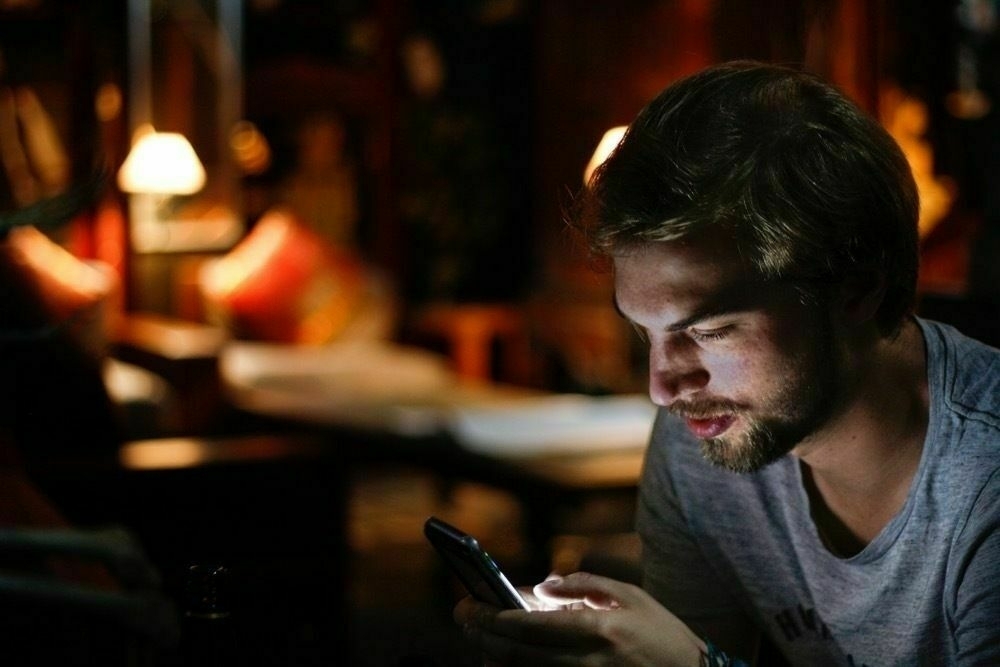
This isn’t a new problem, it’s easy to blame the internet, but the internet is full of content others publish. After all, why would you want to show pictures of yourself not in the best light, or having a bad time? What a weird Instagram that would be if the images were what people were actually doing every day. As much as the modern phrase of “it’s OK to not be OK” is spoken, it is not OK to not be your best on the internet.
You can speak of pressure from beauty standards, advertising, and more modern-day worries until you ar blue in the face. The self-fulfilling prophecy is unbreakable, until you realise that this is all fake. It’s easy to see positives, it’s easy to focus on the worries you already have, and it’s natural to see what you want to see.
Your feed is the edited highlights, and so is everyone else’s. Wishing for other lives, other bodies, others income is easy when all you see are the nice bits.
My daughters toy says this to me every time I hand it to her. Its nighttime based vocal cues and music prods her towards winding down and going to sleep. For how long who knows, but it helps her drift off. I’ve never really paid attention to this until today whilst thinking about the very same things.
I’m not old, but I’m not as fast as I used to be — me to my wife after a run
Whilst trying to up my running millage now the weather is better, I am forever having to tell myself to slow down. My legs are stuck in this weird pace that I can handle for 10k but not for much longer and I have a habit of blowing up with too many miles to go. A lesson I should have learnt by now, but one that doesn’t just stop at running. I also have a sustained habit of tweeting too fast, thinking too fast and hitting projects too hard too soon.

Try as I might, I just can’t slow myself down some times. I haven’t expanded the internal monologue that happens whist running to the rest of my life. It’s a lesson that I have read quite a few times lately and one I needed to add my support too. I have recently been introduced to the GTD tag of “high energy” and this makes perfect sense to me. Don’t go hard all the time, slow down and go hard when you can.
Slow doesn’t mean as slow as possible it just means slower than you might expect. Doing things at the correct pace is one of life’s biggest lessons. That pace is going to be different for different people, and different times of day and hell even different periods of time. We are constantly encouraged to move faster, work harder and fill every waking moment with something that others deem important. When in fact it’s time to slow down, do things properly and maintain them for longer.
When it comes to tweeting, maybe just don’t instead.
It’s only a few months since I covered my reading flow. It’s something that has changed a lot in the last year due. Motivated by my desire to take more advantage of the time spent engrossed in a book or catching up on my queue of online articles. This doesn’t matter when and where I am doing this, but one thing I’ve come to rely on is highlighting and being able to read them back.
Only when testing two new upcoming reading apps (super top secret sorry) that are yet to implement highlights that I realised how important they are. Without even thinking I draw my finger across the screen to highlight a specific sentence or passage that I want to remember. When that doesn’t happen, I don’t feel like I am getting the best I can out of this experience.

Many things slide past without needing to be highlighted, but more than a few times I have had to put the article into another app so I can save the highlights for later. I could try to do this with Shortcuts, but there is something about being able to see what you’ve read and which bits are important. Remember how satisfying it felt to bust out the marker and highlight things on your school texts?
These highlights typically end up on social media, lead to alink post or are saved to refer to later. Readwise definitely helps with pushing these into Roam for me, but there are a huge number of ways to read these highlights back and let the information sync in better. If you are thinking about using a service, or creating a new one, highlighting should be top of your list.
Not everything needs highlighting, but everything needs to be able to be highlighted.
Zach Phillips on generating work before building a system
A common experience I have as an unbearable software nerd: I get a peek at a system that a prolific person uses to create their prolific output and think “God, Microsoft Word? Are you an animal?”
I then go back to tinkering with my Grand System which has generated nothing yet.
While I do think it’s a tragedy that any person is still using Microsoft Word, I’m looking in exactly the wrong direction.
I don’t know if it’s because I’m blinkered by my life online but I spent this whole post thinking about how this relates to blogging and writing.
Over the years I wasted so much time messing around with my blog that I spent less time putting out posts — and I know others do this too.
That’s not what people come for. Sure a nice blog design makes it easier to read things, but there’s little point if there is nothing to read anyway. The system is less important than the things we put into it, so do that first before worrying.
For at least the last 4 years, each night I have taken off my Apple Watch, and placed it on a charger next to my bed along with my iPhone. So for the time I am asleep, or at least trying to be, my phone is within arms reach on a standup charger.
This helps tremendously as I always have a bedside clock on hand that glows with a subtle bump to the table, and I can be at the mercy of my alarm within a few seconds. But it also means that at any point I can reach over and entertain myself when I should be sleeping.
We’ve all done it. “Just Checking” Twitter before going to bed and an hour disappears as you descend a rabbit hole. Or perhaps you see it light up as a notification comes in, and now you’re fully awake because the supermarket had a great offer for you at 2am. Thankfully I am one of the lucky ones that doesn’t need to be contactable at night, but I’ve only just realised that moving your phone into another room is the way to go.
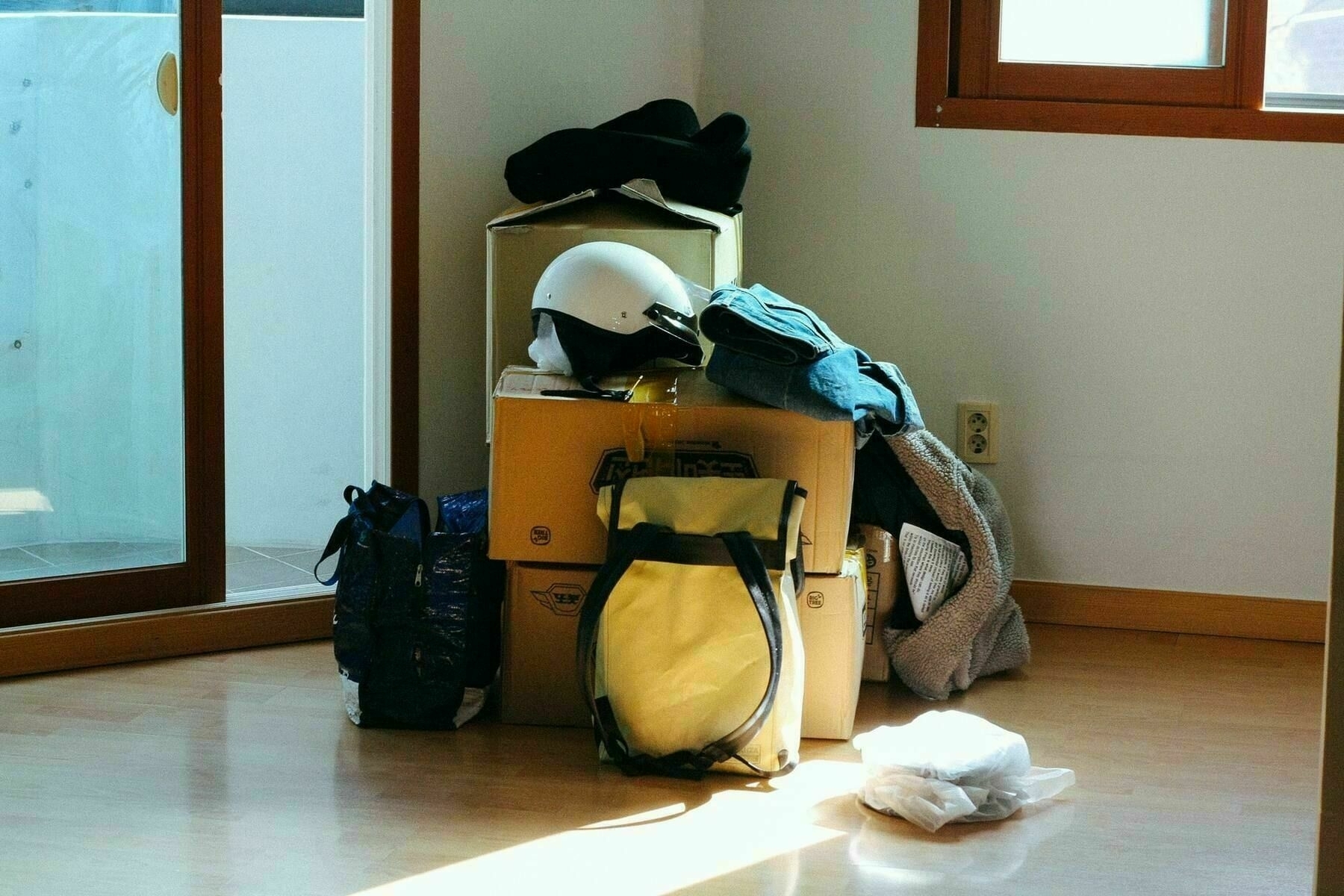
It was only through pure accident that the realisation hit me. I was ‘between’ phones and having to use an iPhone SE 2016 that relied on wired charging. As such it lived in my separate office for a couple of days until my new one arrived. Meaning everything was left until the morning, the extra effort to get out of bed, cross the hallway and retrieve my phone meant that I just left it alone.
That bit of extra space meant I slept better, felt better and the difference was so stark that despite no longer relying on a charging cable, my phone dock now lives in the other room permanently. I hope it likes its new living space, along with all the accessories that go with it. I still do grab it sometimes but much less than before. I wish I had done this sooner.
I’m at risk of starting to sound like a broken record. This strange habit exists in me that I want to do loads of things but just never quite get around to them. I want to make videos, have a podcast, and publish loads of blog posts. The truth is I have no reasoning for wanting to do any of these things though, other than posting to the internet.
There is no desire in me to preserve my life in writing or video. No need to spread my garbled messages with the world. I have no knowledge grater than anyone else on this planet and, in fact, considerably less than most. I just want to do these things, but at points it sometimes feels like my job.
Don’t confuse this with lack of enjoyment. I love doing the things I do, and in many respects that is my motivation. However, giving myself a hard time because I have not fulfilled these desires is not what I am about either. There is a tendency for those like me to beat themselves up for not posting enough. Not producing enough content for the web as if this is our jobs. As if we are placed on the planet to feed the internet with our stuff completely free and as often as possible.
Sure. If it is your job, then carry on! For the most of us thought it’s simply the enjoyment that lasts. There shouldn’t be any bad feelings about what tools you use, what things you like doing or what you get up to. You don’t have to post regularly, or do it a certain way, or cover certain things.
It’s not your job to posts to the internet and it sure as hell shouldn’t feel like one. Feel free to post exactly what you want, as often or infrequently as you want. You don’t have to feel like you need to do anything. The enjoyment of doing it is enough without any pressure.
Andy Matuschak about working with the garage door up:
It’s giving a lecture about the problems you’re pondering in the shower; it’s thinking out loud about the ways in which your project doesn’t work at all. It’s so much of Twitch. I want to see the process. I want to see you trim the artichoke. I want to see you choose the color palette. Anti-marketing.
I love reading other people processes. It’s the reason I share some of my own because I think others like it too. It gives me a glimpse into the lives of different people and allows me to adapt my own with practices I think might help.
I also love it when people talk about the things that don’t work. The changes made or the work they did that shouldn’t happen and had to be adapted. It stops me falling into similar pitfalls or gives me other ways of thinking. Sharing thoughts and ideas about the work before the result as it happens also helps me to understand the work and the thoughts that go into building products.
If we can peek behind the curtain we can also understand the decisions made and become closer to the project.
I have seen people over the last few days start to wonder what to write about on their blog. Asking questions about the topics they cover and also publishing posts about what they aim to do. It’s great to see more people typing out words and realising that it really doesn’t matter what you write about.
Personal blogs are a strange thing, they are not new, they’ve been a round since pretty much the invention of the internet. For some reason or another they seem to be making a resurgence. Perhaps it’s the increased distrust in the places that bloggers left for, namely social media and others that aim to monetise you without paying you.

It could be a concoction of many reasons. The positive is they are coming back. Sure, they have never gone away for many people, but lots more are opening up to the idea of publishing things themselves. So many great platforms exist now where you don’t need special skills to publish, and you don’t need to brand yourself either.
The need for a name or logo or fancy design is loosing its trend as publishing gains more relevance from your personal experience and your opinions. Citizen journalism has become immensely relevant as people lose confidence in main stream media, but are also becoming more closed off to outside ideas. So more people writing about more things and their personal experience of them can only lead to positive things.
Pick a platform and do it. Let me know what’s going on in your life, the pictures you take, the articles you read and the thoughts you have on them. There are enough publications out there writing news, or reviews or whatever pays the bills. The internet needs your voice, however you see fit to share it. Cover everything and anything and publish it.
Alan Lightman in his book In praise of wasting time:
We in the “developed” world have created a frenzied lifestyle in which not a minute is to be wasted. The precious twenty-four hours of each day are carved up, dissected, and reduced to ten-minute units of efficiency.
The whole book plays on variations of this quote. Goes around the houses and through various anecdotes to instil in its readers that this notion we have of having to fill every waking minute of life with something is preposterous.
We are all guilty of this, and you can point fingers at all sorts of reasons. Capitalism, hustle porn, marketing and millions of other reasons, but is it time we realise it’s ok to move slow?
It’s ok to not be pushing things forward all the time and not have a side hustle to fill your life. Waste a bit of time and see what happens.
I told you I was going to keep on top of this and share my Homescreen regularly. You might not take much from this one compared to last month, but after inspiration from Homescreens relaunching I want to share anyway.
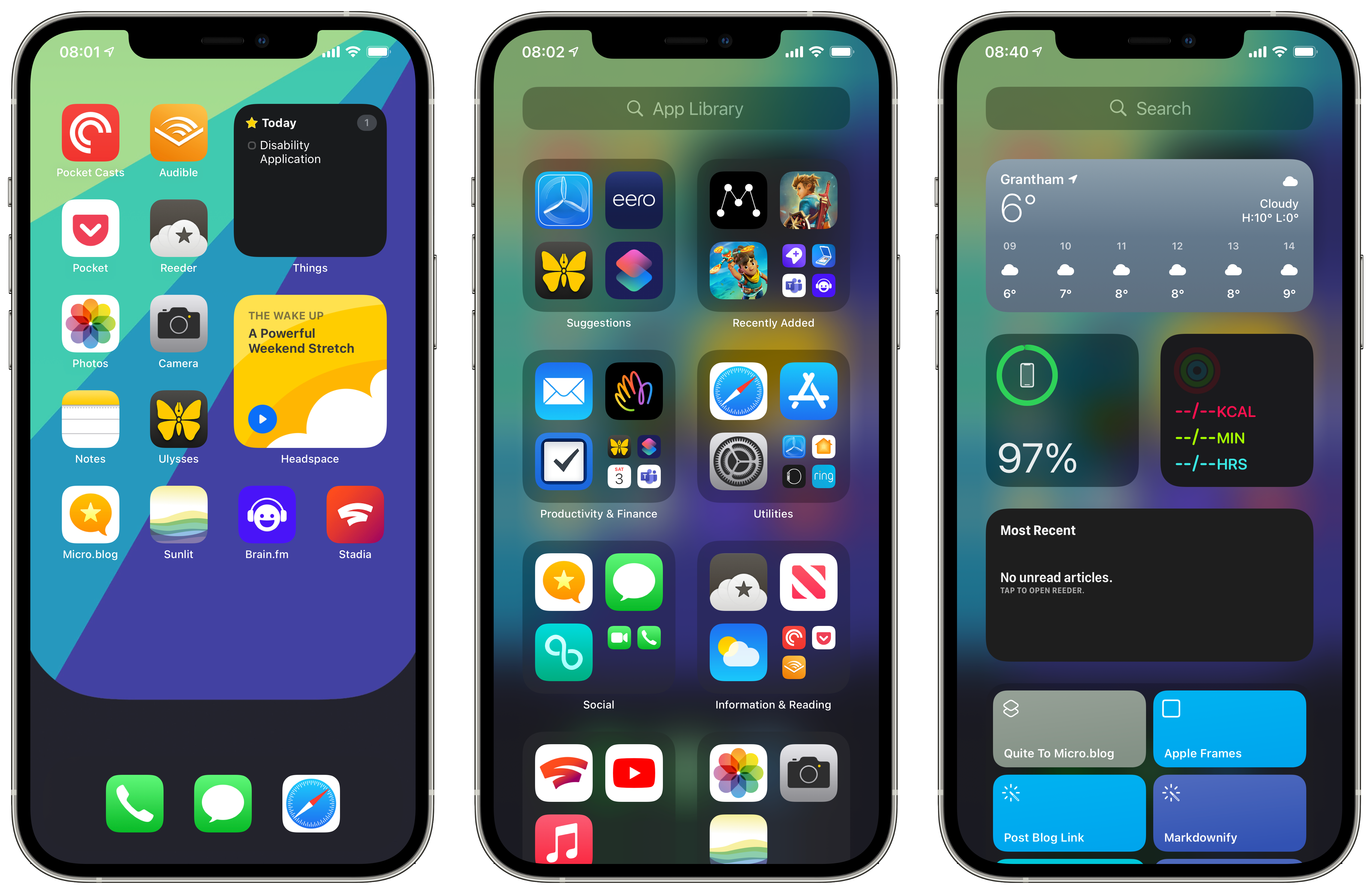
The main thing that has changed is the amount of gaming I am doing on my phone. For years I avoided it because I thought it was a waste of time, and not something I wanted to be doing. But now I am playing Stadia most evenings and have jumped right into Apple Arcade again with WonderBox.
My writing has also changed, returning to my trusty Ulysses app via almost every other wiring app.
I stuck with Things 3 over Reminders and Todoist. Despite working very closely with the team at Doist I have found myself not needing something so in my face and Things 3 seems to fit my more lazy approach to reminding me things and managing projects.
Roam has left the building completely. It’s impossible to use on iOS, and although I love the idea is far too expensive for me to justify at the moment. I’m sticking with Apple notes and looking for some other way to replace meeting things, although these are few and far between now.
That is pretty much it for changes.
Matt Birchler on wanting a delay tweet button:
People sometimes act like outrage and fake news is only a problem for Twitter and Facebook, but it’s a problem for any form of social media, as these services live and breath on those quick dopamine hits you get from posting some witty rejoinder or boosting something that supports your worldview. After all, on social media we can all be experts in whatever we want.
Move fast and break things is the call from the web. A culture of push things, including code and tweets, that you can always fix later. It seems semi logical, fast paced means more progress in a round about way — but there is something to be said about missing the bus.
There is nothing inherently wrong with the Social Media platforms that we currently have, but they instil in us this need to move fast and do things without thinking.
How many times have you written out a tweet only to realise there is absolutely no point in it? I bet quite a few times, and if you paused a bit more that number would rise dramatically. Why don’t you try missing the bus a few times and see what happens.
Karen Hao on Facebooks misinformation addiction:
The algorithms that underpin Facebook’s business weren’t created to filter out what was false or inflammatory; they were designed to make people share and engage with as much content as possible by showing them things they were most likely to be outraged or titillated by
I know I keep bleating on about this but it’s easy to forget this, so it’s important to remind people that you come across that don’t understand.
Eyes on the feed = more money for Facebook.
It doest matter if the information makes you happy, sad, angry or gets people killed. Hell it doesn’t matter I the stuff being shared is even factually correct. Facebook need that attention to make money and at no point will they make moves to curb the level of attention they attempt to grab from you.
They can make PR moves and spin changes however they like but its all theatre. This goes for all other large scale social media too. It’s bad for you, its bad for society.
I don’t remember the first time I thought about killing myself. It has to have been too long ago for my mind to recall, or it’s blocked from my conscious thought. I do remember the ups and downs of earlier life.
For the longest time I thought what I felt was just how everyone else felt. There wasn’t an even level of happiness, nowhere near. It was a constant wave of highs and lows that was impossible to predict. I was never truly happy, not for long, just surfing the ups and preparing for the downs.
I felt useless a lot of the time. Spending far too much time on my own and teaching myself about the world. I didn’t feel a purpose and never experienced a calling towards anything. Meaning that as I stumbled through my existence I questioned what it was all for. If I wasn’t happy, what was the point in being like this for decades more. The idea of fading away was certainly one I have entertained numerous times.
In this early life I was too scared to action anything. The imagined pain of actually committing anything was more than the pain I felt and so logically it didn’t make sense. In more recent years the notion of the pain I would leave behind for my family replaced that of physical pain, and far outweighed any opposing desires I had. There was never a point where the balance tipped over, and thus the idea always stayed an idea; but one that never went away fully.
Returning occasionally to remind me that I was somehow different from everyone else. That my existence was destined to be one of ups and downs, and that was just how my life was. It wasn’t until reading The Midnight Library that I managed to put these thoughts into a coherent expression and feel able to express them.
To this day I don’t know if other people feel the same; because I’ve never spoken of it. I deal with it, and know that my logical brain will always come out on top. Safe in the knowledge that I am surrounded by Team Morris and some brilliant people and that’s my motivation in life.

We’ve all seen or heard of someone being ‘de platformed’ and loosing access to a service. Usually because they’ve done something stupid, or heinous and the powers that be no longer want them on their platform. It happens thousands of times a day, but it never fails to hit the news when someone popular gets the boot.
When this happens, there are always some people who don’t agree. Followers and fans unite to collectively shake their fists at the service for a time, but soon enough things return to normal. Sometimes people leave in protest, and flock to services better suited to them. Which is exactly what should happen. Not everyone deserves a place on the internet, but the question is should being able to publish to the internet be a right or a privilege?
Of course, these platforms are private companies. They can do as they wish and pull the plug on whoever and whenever they wish. Twitter is usually the last hold out, with some serious thought put into making the right decision for their platform but also for the larger conversation. Platforms should be accountable for what is hosted and posted on their service, and suffer much less protection than they do in my opinion — but then to follow my logic where does it stop?
Of course there is no question when it comes to anything illegal. I’m referring to misinformation and what has commonly come to be known as “fake news”. Conspiracy theories that are miss informed at their core or intentional in their deception.
Are Amazon Web Services or Digital Ocean responsible for what’s on their servers when they have zero knowledge, and nor should they. There is no disagreement to not giving someone a platform to share abuse or hate, but I’m not sure where I come down on publishing to the web.
Everyone has a right to free speech and the internet should be no different. What they are not immune to is recourse and debate, which is a healthy part of human interaction. Should every belief, however weird or wonderful be allowed?
I am by no means an expert, and as with most things, this post is more of a public thought process that any kind of instruction. However, perhaps the answer is not removing the conversation entirely.
How bizarre it would have seemed back then to learn that in the future your reading habits would not only be tracked forever by Big Tech, and thus available to any agent with a subpoena, but broadcast to the world in a variety of uncomfortable ways.
I am sure you all know my thoughts on tracking things. I hate it, unless it has a clear and transparent reason. The main point of the above post is to talk about being able to follow and consume whatever content you like, but this part stuck out to me.
Even just a few years ago the very idea of being tracked about what you do would be alien. No doubt it happened in some small instances, but by and large our lives where private.
Now we give up huge chunks of our private data either because we think it’s required, or we do so willingly for the clout! There is nothing wrong with whatever data you choose to give up, that’s your choice, but how much of it is really needed and how much is collected just because it might be needed later. Kept in data centres we have no control over, just in case.
In recent weeks I have been a bit of a restless soul. Moving things around despite my insistence that you didn’t need to do it. It’s been part of a long-running plan for me to straighten everything out and stop spreading myself too thin in projects, but I digress.
I’ve moved my hosting from Ghost to WordPress, and now to Micro.blog. Despite a few hiccups and me not being 100% happy there is a certain freedom that is felt by just posting everything to one place. This is by far the biggest reason I choose to jump ship so soon and put all of my posts in the same place.
Photos I would usually post to Instagram come here, status update posts like books I am readingcome here, and are combined with the rest of my writing. I’m not worried about where this goes and that goes. Moving things backwards and forward and breaking links — it’s all just here.
I have been on micro.blog for a couple of years, it started as a way for me to quit Twitter in 2018, but took until now for me to really get invested in it. Don’t get me wrong, I’ve rage-quit a couple of times because I was frustrated in the offerings, but always returned. This time feels more real, and I’ve worked out what I want to do with my content going forwards.
Those few times I have quit mean I completely understand the frustrations people have with the service. It has a considerable barrier to entry, but this is somewhat intentional and somewhat freeing. You have to give up some notions you have on blogging, and let some things be dictated for you. You also need to learn a few bits of code to mould the site to make it yours (mine is months in the making of learning CSS and Hugo).
I could wax lyrical about my change in thoughts about my blog, my frustrations with never achieving what I wanted, and now my more personal content creation. I am sure micro.blog, @manton and the excellent community have helped me with this transition. The people that use mb can be more than a little preachy, because of these barriers to entry does attract an overwhelming ‘type’ of user, but I have had overwhelmingly positive experiences with people that makes it all worth it.
Everything will still be cross posted everywhere I can, and I still check in to Twitter a couple of times a day (I can’t quit it as it’s my social media addiction) so nothing much really changes. I wrote this as a kind of explainer to myself more than anything else, but now I have worked out what this is for I just hit post and forget about it. Perfect.
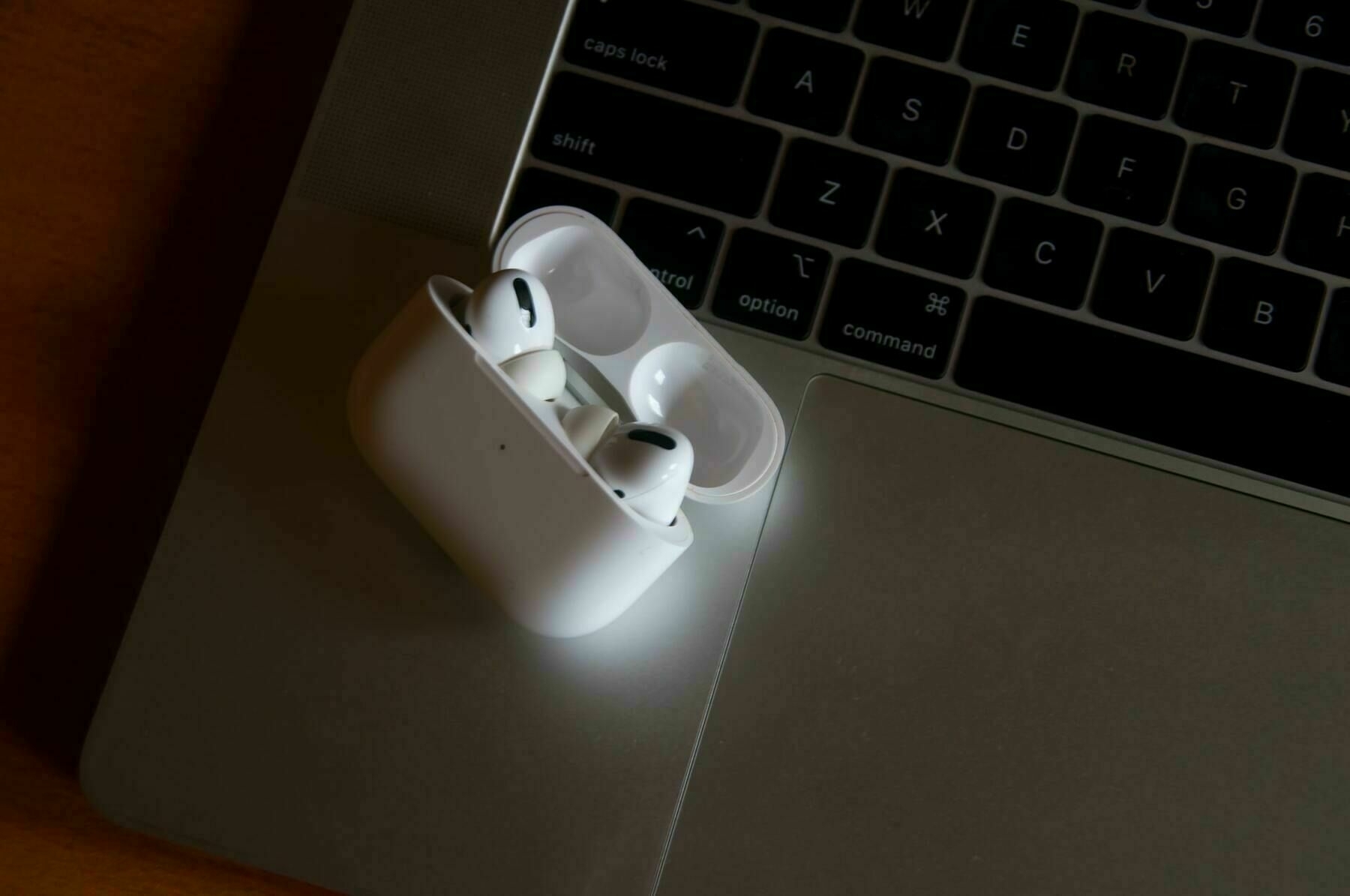
To steal some inspiration from Gabz I wanted to write about my favourite Apple device I own. For which I own loads of them — Apple Watch, iPhone 12 Pro, iPad Pro, iMac Pro, MacBook Pro (Pro all the things) — but these pale in comparison to my absolute favourite AirPods Pro.
Since I purchased the original version within minutes of them going on sale, AirPods have been my go-to headphones for almost all situations. Before which I’d had a long stream of different ones and had to keep several around for different activities. I had Bose QC35 for music, Beats X for the gym and different headphones for running. Although I still put on some Powerbeats Pro for long-distance running, the newer Pro AirPods replaced everything else with ease.
What has further cemented their place in my heart has been the recent pandemic. They are invaluable for video calls, long telephone calls and catching me up with my podcast feed whilst walking the dog.
They are not perfect, but there are. It many things to improve. To mirror Gabz thoughts I love the physical buttons on the Powerbeats Pro, but it would be impossible to feature these in the small design. In fact, I would be hard pushed to think of any major improvements that would push me to upgrade to a new version. Even the battery life has been great for me, although that is bound to start to drop as they get older.

Sure the iPhone 12 is great, I quite like my iPad but is easy to pick my favourite device, and it’s also perhaps the cheapest one I have.
When Apple talk about the Apple Watch as their most personal device, I’d have to also put my AirPods Pro in that category. They are never very far away from me, and even fit in that weird small pocket in my jeans, so I always know where they are.
Everything from everyone all the time is too much. It’s unnatural and it’s unhealthy. We weren’t built to listen to hundreds if not thousands of people every day.
Sometimes regular things to everyone else are overwhelming to others. Every time I try and explain how I feel to others they pooh-Pooh what I am saying because they don’t see an issue. That’s great to hear, but something has changed in me and I don’t want more of anything. I want less.
I want to know less, consume less and take in less information. I’m not built to have access to all of these people at once, and I can’t be trusted.
Yes. Unless you can’t tell I have moved my blog, again. It’s now firmly rooted into micro.blog, and I’d like to say it’s made me happier. But you know me, I worry about almost everything at the minute and one of the biggest things I think abut is you!
Yep, you read that correctly. Readers. I can’t quite achieve where I want to get to with my micro.blog hosting, but I can get 90% of the way there. Links should be forwarded to the correct URL and the consumption of posts should be almost the same. The only thing I can’t fix is the RSS feed, it’s going to contain all posts, not just the important ones as before and of course I worry about that.
I want people to still follow me as before for whatever they want to read, but I am sure most people don’t want to have my random ramblings pushed to them all the time. I’ve sorted the main page to only contain important posts, but RSS subscribers might get a bit fed up.
When in reality I don’t owe anyone anything, and I really shouldn’t be bothered. I have never made any money out of this, and I am certain if people want to follow along they will find the correct feed in time. Any new subscribers will be pointed toward this too, but little things like that always drive me nuts! Anyone know how to limit a Hugo RSS feed to a category? Because I can’t work it out!
Meanwhile I have ‘switched off’ the posts to the main feed in the hope I don’t annoy anyone. I’m sure I won’t, but if I do, let me know, and I’ll worry about it a bit more — or you can just put up with my ramblings.
Make me smart with Kai and Molly:
Facebook is cigarettes… It’s Big Tobacco… They know its product causes harm and they keep minimizing the harm to keep selling product.
As Mario pointed out, who brought this to me attention, there are 2 billion people addicted.
This is a perfect analogy. We know it’s bad for not only us personally, but also to society as a whole. Yet the addiction runs deep through the world. Of course nothing will ever happen to Facebook, it’s too popular, and makes too much money.
Maybe the best we can hope is that the people that do use it are a bit of an outcast and have to huddle around outside in the rain!
In the middle of last year I was debating my surrounding technology, and 8 moths later I am still doing the same thing. Yet, this time, I don’t want more from it, I want less.
My desire to make my set-up more is also contrasted to my need to make my computer more discreet. A more minimal approach to my office would make me much more comfortable, as well as win me some Instagram points! I don’t like a great big iMac stuck on my desk, so I am leaning more towards something like the LG Ultra Fine or an ultra-wide display which I could mount to a wall and also use with my Switch.
Whilst I want my set-up to deliver more, I want it to do so with as little intrusion as possible. Be flexible and work in many scenarios. Sounds like I am describing an iPad doesn’t it — sorry to disappoint. The iPad falls down at too many tools that I used to be an option any more.
So, where to go, what to do? I have no idea. Since working from home, and ditching a few projects in my life, I have managed to slim down the amount of technology that I need around. Unfortunately, in contrast to this the time spent using a computer has increased tremendously due to working commitments that have taken over from personal projects.
There is something great about being able to just put a laptop away and its out of site, but WFH and needing a larger screen and a comfortable desk set up means this is also a no go. Thinking about the amount of room that technology takes up in my home, as well as my life is a scary thing. I want it to be less, but much like my desire to remove a smartphone, it’s just never going to happen.
Kaitlyn Tiffany on the disappearing internet
At the same time, the internet is constantly disappearing. It’s a world of broken links and missing files—often because the people in charge cast things off on a whim. In 2019, MySpace lost 50 million music files and apologized for “the inconvenience.” Around the same time, Flickr started deleting photos at random. Even though many of Vine’s most unnerving or charming or “iconic” six-second videos have been preserved, its community was shattered when the platform was shut down.
This is one of my big worries about where to publish to. I am always reluctant to get invested in somewhere that my content is because I just don’t want to loose it.
Tweets and random chat is nothing to be concerned about, but I have lost too much of my writing over the years to fools and their websites to loose more to services shutting down or just misplacing it.
You can preserve site through the internet archive as much as you like, but it doesn’t get back the links and feelings that go with it. So making sure to preserve as many details about my digital life as possible is important to me, and one things I needed to make sure my writing app does. I have toyed with the idea of also backing this up in text documents with dates etc in them, but that just another long term project that I never get around too.
I question almost everything about my life. Constantly wondering about each and everything I do and many things that I come into contact with. It’s one of the best and worst things about my brain, and for the past few months I’ve been thinking a lot about what I do and what I enjoy. This has led me to important discoveries, like my love of gaming, but also some questions writing and publishing online.
You see, my blog doesn’t really have a thing. It’s not tech-based like it used to be. It’s not really about anything in particular, which I am not really fussed about. It’s a personal blog, people read the personal bits of and follow along if they want. What matters more is the publishing part, putting those words out there and not keeping them in my brain.
I figured a long time ago I didn’t need a ‘thing’. I’m not a brand, nor do I want to sell myself or anything that I produce. So the argument arises what exactly the websites, social media things and blog I have are for? With a certain level of where does this go mixed in?
So I am getting a bit stuck and where micro.blog fits in. At the minute it’s getting a bit left out because although I check in a few times a day I’m not really publishing anything to it like I used to. The photo challenge really made me appreciate where I post my things online but that seems to have fallen away again.
I am leaning more towards just cross posting everything into micro.blog and checking in for the social aspect. I’d like to get this to a stage where it is my only blog but I just can’t work the design or ability to a stage where I am happy with everything. Having Ulysses now publish to pretty much everywhere after my exploration of writing apps complicated things tremendously.
Patric Rhone on writing a blog post instead of tweets
please place any idea worth more than 280 characters and the value Twitter places on them (which is zero) on a blog that you own and/or can easily take your important/valuable/life-changing ideas with you and make them easy for others to read and share.
The biggest thing I see people get stuck on is what to write about – and the answer is everything.
Indeed,there is a certain level of pomposity (both external and internal) you must get past to write a blog post instead of a tweet. That is why it feels so comfortable to stick to where you know best, but the words you are putting out deserve more. They deserve to be owned, published and not left to rot away.
Sure, I’d rather these words come out than not. With Andy having an understandable
rebuttal to writing a blog post.
A tweet storm to one is a blog post to someone else. It feels a bit like saying to someone they should only blog with Wordpress or something. If twitters how they want to express a view shouldn’t that be encouraged as much as blogging?
— Andy (@AndyNicolaides) March 20, 2021
Sharing your views should be encouraged in whatever medium is best. But don’t you think the creative things you’re typing out are important enough? I think they need to be shared better. Linked to, written about and saved to aid others.
They don’t deserve to die and fade away once the newsfeed scrolls over them. Tweets don’t last, that’s part of why they feel so easy to write out. It’s why you feel so comfortable.
Twitter is “just heading to yoga” it’s not for passing on your ideas. Place some value on your words, please.
Feeling the need to defend Apple because another brand made an advert is a strange logic. Sure, the adverts are weird (no he’s not “just a normal guy”) but this really shouldn’t get the emotional response it has. A multi-trillion dollar company certainly does not need you to defend them. If anything the macBook speaks for itself in the market it is made for — which has very little cross over in the market this advert is aimed at.
Intel has been trying, and failing to become a brand in their own right for years. Remember the intel inside adverts? This new round of adverts are another attempt to do that, and picking a fight is the new way of doing business.
[embed][youtube.com/watch](https://youtube.com/watch?v=rvDDC6ktCUg[/embed])
The powers that be at Intel still want to be recognised as more than just the chip that’s stuffed into your laptop, and as other brands start to muscle in on their territory they need to lash out at a big company. Remember that no-one that buys a laptop at a lower price point than £1000 really gives a damn about new chips from Apple. They may see a macBook as an aspiration, but they don’t settle for an Intel laptop instead because they are compatible. They buy what they can afford, which is usually as cheep as possible, and be on their way.
If anything their biggest comparison as connectivity improves are Chromebooks, but they can’t very well start lashing out at Samsung and Lenovo because they want to sell them chips for their other computers.
No, its logical that Intel would talk about Apple and at the same time big up all our business partners machines, it’s a win-win situation. Their chips will continue to be stuffed into the vast majority of computers sold and things will carry on as normal — like you should.
We know comparing MacBook to most laptops is Apple and Oranges, but who cares. It’s an advert…. Calm down.
Joe on trying to remain positive all the time:
Right now I am struggling with having positive thoughts. I want to get away from the eternal only fighting problems. I can’t. I can’t think of anything. Yes, I know… my family is healthy, I have a nice apartment and so on. There is enough. But that doesn’t distract me.
I don’t know what it is recently but I feel exactly the same. Since January I’ve really struggled to get back to anywhere near myself.
I have found myself reacting poorly to stimulus, dwelling on negative thoughts and just not being my positive self. I feel a million miles away from where I was this time last year and there is no end in sight.
I know it’s perfectly fine to not be ok, but it’s hard to not share your negativity online.
For the past few days, I have been looking into the new notes app, Craft. It has been lauded up as the best app currently available, so understandably I wanted to take a proper look. I rage quite a couple of times previously because it was missing loads of things and wanted to charge £45 a year, but this time I went deep.
I posted a long thread about strange little bits that hadn’t been thought through properly. Including some weirdness with sharing vs exporting and poor implementation on Markdown. Perhaps the tendency to try to make it too powerful has lead to oversight in the ways it can actually be used. In an attempt to be more things to more people it feels more than a little lost.
It looks almost like an online Notion in places, and would allow me to store a lot of work related text files and PDF I have currently in folders easier, and allow them to be updated effortlessly. The exporting options in PDF and Word Doc look great and fulfils most of the things I often need to email to people — but I digress. The real root of this is thinking about UX rather than UI.
I can’t help but compare it to Notion in the fact that it too suffers from this slightly lost feeling. All the things have been thrown in, but thinking about actually using them takes more brain power than it actually should do. This is of course all my opinion. These things may have been thought about and decisions made that lean the other way from my usage. However, I am not alone in this feeling, reassured by several people on Twitter that they came to the same conclusion that leads me to believe that the UX need some serious attention.
The last sentence of Jacks first tweet in his thread when following Trumps banning from Twitter has stuck with me. While the whole world can wax lyrical about the context and argue back and cowards about the correctness of the action. It’s this last sentence that the man in charge really shows the type of leader he is.
It’s an important step in anyone’s journey through life. Realising that in many situations your point of view could be affected by a range of different things. More so when you interact with people, supervise interaction between people, or in Jacks case are in-charge of one of the largest, and fast-paced social networks in the world. Unfortunately, not everyone reaches this realisation at the same point in life, if at all.
There is also an overwhelming tendency for CEO’s and ‘Silicone Valley Types’ to let their egos run sit front and centre of their personality and take the high road at every opportunity. So, when someone openly discusses their reasoning behind the decision and even questions themselves it proves a welcome breath of fresh air and has been something that has resonated with me.
Questioning even what would appear a pretty simple decision proves overwhelmingly that nothing is ever that simple. From everything from product managers, to parents it’s important to think about not only the decisions you make, but help others understand how you got there and be open for dialogue. You may think, or know you ar making the right decision but even the right choices can be interpreted differently by others.
There are an abundance of view points that it is impossible for anyone to consider, sure enough you don’t owe anyone an explanation at all. However, baring in mind how your decision can be perceived by others can mean to more understanding and more constructive feedback. It also might help you understand the designs you make more in-depth and lead to you being able to identify miss steps in your own though patterns early.
When you think about Jacker leadership of twitter, and the apparent lack of action over the platforms the biggest issues his response makes perfect sense. The lack of action could be put down to over thinking and miss steps in management. When in fact his thread shows the level of thought that goes behind decisions that can bring in gigantic changes to a platform hundreds of millions of people use.

It doesn’t exist. You can’t find everything you want from an app, it’s like finding a unicorn. You’re going to have to compromise in some areas to get something you’re happy with. These are all things I have heard said, or have been said to me when I have been looking for the perfect app previously. It doesn’t matter if it is a todo app, calendar app, or note-taking companion — the perfect thing just doesn’t seem to exist. Doesn’t stop me from looking though!
I’ve been on a Jason Snell’esk search for a writing app, or service that can do everything that I need it to do. I started by outlining exactly what I needed and the ways I would attempt to rank the ability for this to be fulfilled. I needed:
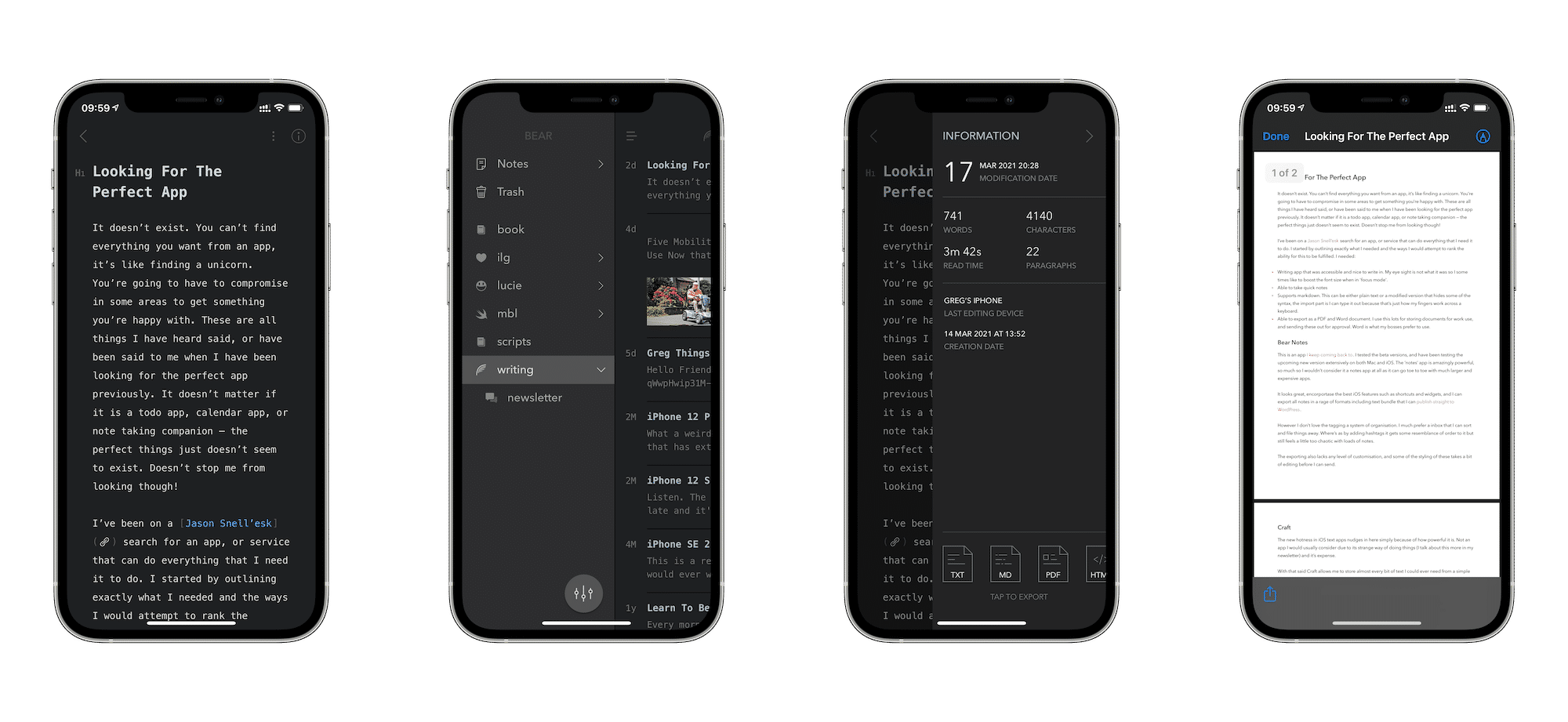
This is an app I keep coming back to. I tested the beta versions, and have been testing the upcoming new version extensively on both Mac and iOS. The ‘notes’ app is amazingly powerful, so much so I wouldn’t consider it a notes app at all as it can go toe to toe with much larger and expensive apps.
It looks great, incorporates the best iOS features such as shortcuts and widgets, and I can export all notes in a rage of formats including text bundle that I can publish straight to WordPress.
However, I don’t love the tagging a system of organisation. I much prefer an inbox that I can sort and file things away. Where’s as by adding hashtags it gets some resemblance of order to it but still feels a little too chaotic with loads of notes.
The exporting also lacks any level of customisation, and some styling of these takes a bit of editing before I can send.

The new hotness in iOS text apps nudges in here simply because of how powerful it is. Not an app I would usually consider due to its strange way of doing things (I talk about this more in my newsletter) and it’s expense.
With that said, Craft allows me to store almost every bit of text I could ever need from a simple note to writing a book if I ever needed too, all whilst looking brilliant and offering powerful export features.
A massive positive is the organisation Craft uses, based on folders and areas, works more like my brain does. Meaning I can have an inbox full of ideas, work on writing posts, store information for my day job and be able to edit and export to email effortlessly.
But… I just can’t get on board with some decision made with the app. Markdown is half-baked at best. For example, I cannot type in the image reference for an external image, it just disappears. Craft only support some Markdown syntax and not all of it, and there is also lots of UX weirdness I can’t wrap my head around.

My favourite writing app for many years and one that I only recently stopped using because I moved away from Ghost. At the time I felt it was one of those apps I paid for simply because I always had, and it felt over engineered for my usage. Built more for real writers rather than bloggers.
It supports loads of iOS features such as shortcuts, allow me to store documents in folders and offers me a useful inbox. Ulysses is also fantastic at exporting in a range of different options and even allows for custom styling of them.
My only downfall really is that it doesn’t work very well as a note-taking app, or at least it doesn’t feel like it does. Starting can sometimes be a bit slow, so I would potentially have to use Apple notes for smaller things which is no hardship.
Like some kind of cheating husband I have gone all around the houses only to realise the one I recently left is the best fit for me. There are a few things I’d love to see improved but in terms of ticking away at all the points above Ulysses fits me like a glove. When throwing my hands up in the air and re-downloading it the first launch just felt like home. As much as all these flashy new apps come on the scene, or I just start looking for no good reason, the tried and tested option is quite often the best.
Special mention to:
iA Writer — I love the interface, but I don’t really want to mess around with a folder full of files.
Byword — the same as above really, I used to love this app, but it feels left behind.
Apple notes — too much weirdness in pasting in information, particularly links. For some strange reason it still doesn’t support CMD+K on iOS.
I am sure there are plenty of others out there I didn’t try, please don’t tell me then, just let me live in blissful ignorance!
Andy on his avoidance of silence
I had a brief moment of silence today, only about a minute, but the feeling I had was so jarring, so alien to me, it actually felt like it would be interesting to write about. It probably made more sense at the time
This is something I have had on my mind for, well years. I think silence is an important part of life and communication. I value the time that is spent in silence and only break it when there is something important to break it.
I completely understand where Andy is coming from though. Many people find silence uncomfortable and something that will expend a significant amount of energy to avoid. I can’t comment on the reasons behind this side everyone, but previously it was because I felt uncomfortable with my own thoughts and wanted to be entertained constantly.
I didn’t really know myself and as such there were a lot of feelings and experiences I had had that I just didn’t want to risk thinking about. When it’s so easy to gain stimulation from external sources there is little reason to look into yourself at any point. Enjoying silence is one thing. It becoming comfortable in it is a life skill that everyone should learn early on.
I have been trying, and failing, to get my son into the habit of embracing boredom and silence in order to better himself. He’s 9 though so I don’t expect too much — but I really wish someone had explained these things to me at that age. Thinking and sitting with nothing particular to do needs work though, and work is hard!
Thinking, existentially speaking, is a solitary but not a lonely business; solitude is that human situation in which I keep myself company. Loneliness comes about … when I am one and without company’ but desire it and cannot find it. – Arendt
One you know this skill, practice it and become comfortable with it, you realise what a powerful tool it is to improve the times when you are not silent. You become more appreciative of the communication in your life and able to focus more than ever.
The usual over inflation from David Hansson on Twitter:
“HEY World is a tribute to the bliss of writing for the sake of having something to say. Not because you’re craving likes, because there aren’t any. Not because you want to brag about your follower count, because we don’t even show it.” https://t.co/trsy0zL8U0
— DHH (@dhh) March 10, 2021
I get it, hype sells things. You have to talk a good talk and apparently pick a fight with everything and everyone. This time is blogging, that apparently Hey World has fixed.
My eyes rolled so hard that I got a bit dizzy from the stupidness of this statement. Blogging has absolutely nothing to do with follows or likes so promising to fix two things that are not an issue when publishing a post on a blog is weird.
Sharing it to social media and getting views, maybe. But that has nothing to do with where or how you publish to your blog.
Mitchell Clark on Gmail labels in their iOS app
It is worth noting that Apple’s app privacy labels are meant to show all the things that the app might access, not what information that app will access. For example, an app may only use location data when it needs to show you a map, but the privacy labels don’t make that clear — it’s just a binary used/not used. Also, the information in the labels is submitted by the company itself, and Apple doesn’t make promises about its accuracy.
It seems that the privacy labels that Apple show are more than a little bit fuzzy. Whilst it’s easy to start to point fingers, there are lots and lots of moving parts in anything to do with apps, income and huge businesses. It can’t be easy to implement these kinds of privacy options, but it seems they are not over looked by Apple.
Much like the permissions systems, there is a lot to communicate to the customer exactly why the app needs certain types of data. Whilst you want to display this clearly, you don’t want to put people off entirely for risk of loosing business.
I’m still disappointed that these don’t go far enough, but it least we are on the right track.
I want to try and keep a post or page updated with the tools I am using and apps I have installed. I gain so much insight into the ways others use their devices from these types of posts so it’s only fair I do the same.
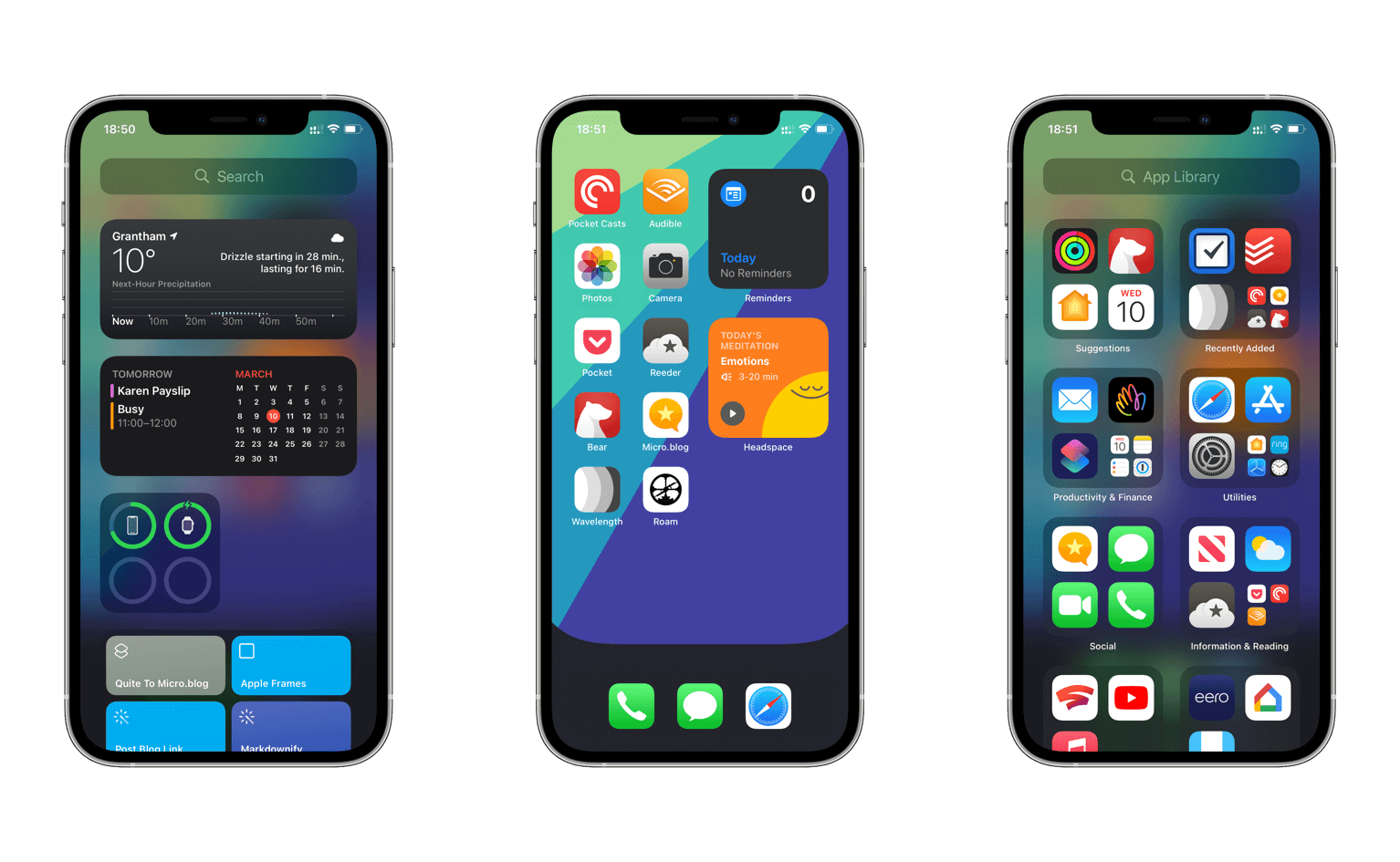
Very little ever changes about my phone but the apps sometimes revolve around. At different times of the year different apps become more important. So new ones appear on my single homescreen and some drop off.
The apps I need access to can be split into four basic categories.
I also have micro.blog as my main social media fix. I also find a lot to read here, as well as awesome photos. Wavelength is something I am thinking of using to start a small podcast.
I mainly use Reminders to store things I need to do. However I am looking at bringing back something more robust for projects — hence Todoist and Things installed currently.
The larger Headspace widget helps me remember to use it more often. I love meditation and it’s part of my 2021 improvements to do it more often. The rest are self explainatory, Shortcuts are always around here somewhere.
Wallpaper by AR7
Mario Villalobos on when to say yes
There’s this mindset among many people online that I like to call app lust. It means this desire to try out the next great app because people think it’ll be the answer to their problems but in reality just serves as a distraction that gives the person a hit of dopamine. Each new app satisfies this craving, and they’re always on the lookout for the next hit. I used to be this way, and I’ve learned that I’m happier when I rely less on technology and on apps.
I’ve been thinking about this for a long time. Gabs touched on it a few days ago, but Mario has put it perfectly. The level of consumerism and marketing tricks being used to sell apps and services is growing over time. They all promise to fix that gap in your work life, just like adverts promise to fix the one in your love life, or improve your happiness, or whatever it is. It’s all lies.
You see the same YouTubers and podcasters just happen to be talking about the same app at the same time. Flooding the market with overwhelming praise for this new thing that’s just the price of a coffee each month and will make you do sooooo much more work.
Spending time moving to a new service just because someone said so is costing you time and money. Stop it. You’re just craving the same dopamine hit consumerism sells you.
There is no answer to your problems unless you’ve used your current method to exhaustion or sorted your system out. Perhaps your current one is enough?
Every single advert you see on Tv has a pretty simple message. It wants you to be motivated enough to buy the stuff it is selling. They do this in a myriad of different ways, approach each one with a different angle or perhaps a different message, but the overall message delivered is ~you~ are not good enough without this thing.
Your body isn’t good enough, your hair, your clothes, the car you drive, even the food you eat. Nothing that you are currently doing, or anything about your own self, is good enough compared to this thing. Just look at how happy these people are, having loads of fun and smiling all the time. Don’t you want to smile too?
When you buy this thing, and only this thing we are selling, you will instantly feel better about yourself. You’ll be more attractive, look better and the sun will always shine. Of course when you do buy extra stuff you do feel good, at first. However it soon wears off and you will return to your normal state, and now feel bad for spending money and achieving nothing. So if buying this didn’t work, what is the answer?
It’s getting something else of course. Now you’ve got this thing, here’s another thing to buy, and perhaps you will feel happy with that one instead. Around and around it goes, accumulating stuff, because you’re not enough, spending money you don’t have because banks will lead you money to help you have enough. All in search of something you are told you’ve lost.
At what point are you enough? Where is your breaking point on this cycle of hate? Many people get all of these things and only then realise that they don’t make any difference. A truth we know right at the start.
You are enough already, you have enough to make you happy — and even if you don’t, accumulating stuff isn’t the answer.
You’re the answer. You’re enough. You’re awesome.
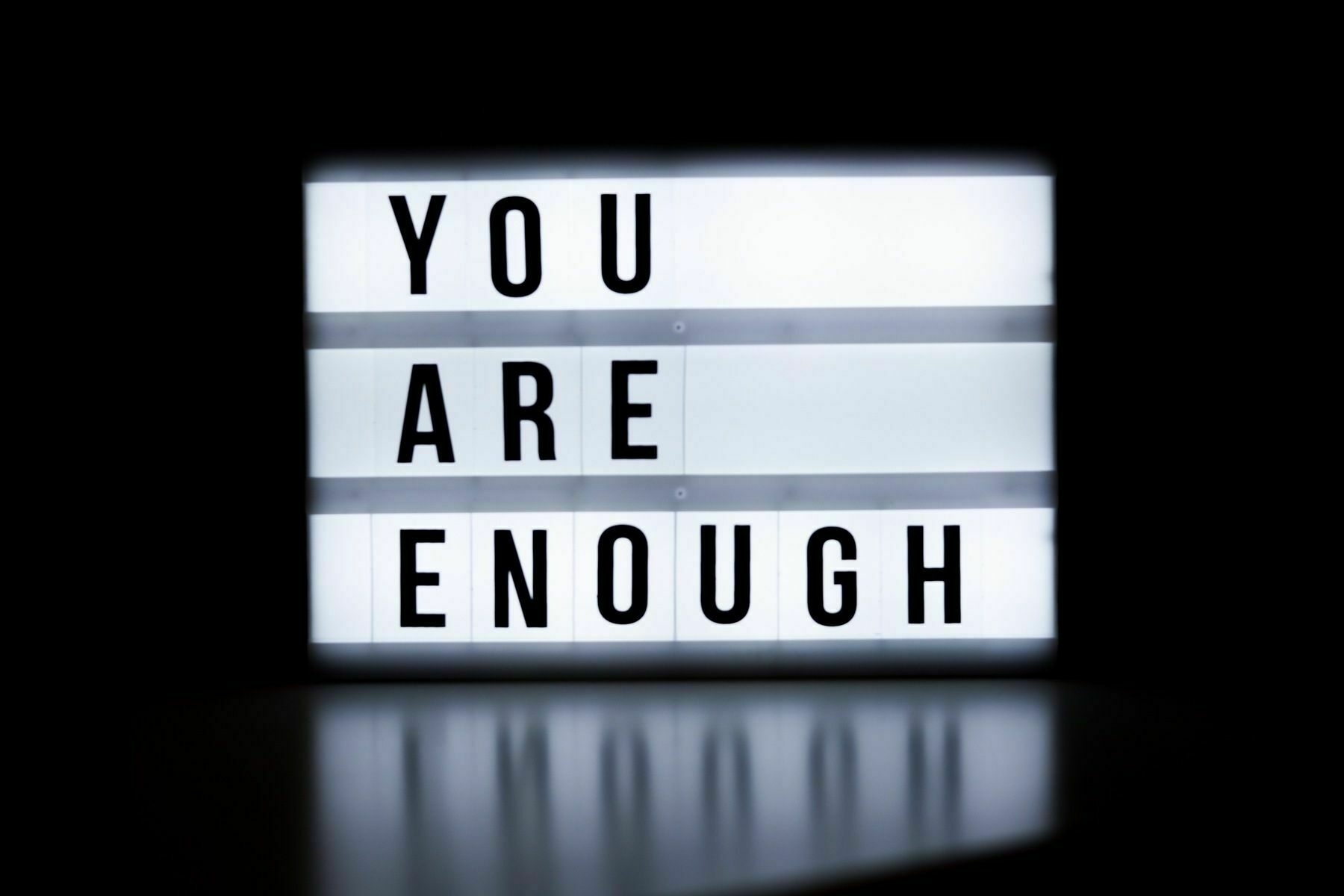
David Nield gives some advice on email tracking and how to stop it
Tracking pixels can report the times and dates their associated email was opened, as well as the location of the device used, and the email client involved. That’s a lot of data to feed back to a third-party that you might not know much about.
I knew these kind of things existed, but until I started using Hey I never understood what an epidemic this is. Understanding your marketing data is absolutely essential, I have skin in that game. Analytics of mass emails is absolutely essential to filling your customers needs — but the current levels of usage is frankly ridiculous.
Why on earth do you need to track your newsletter? Yes I see you, attempting to see when I open and on what device for absolutely no reason other than your ego. Stop joining in with the attention economy to satisfy your own need for validation. I’ve subscribed, I read it, it’s great. Isn’t that enough?
This is one of the reasons I kept control of my own emails because services like Substack either don’t, or certainly don’t appear to, allow you to turn tracking off. Reporting back to a third party what your email subscribers are doing is doing yourself a disservice and letting your readers down. Tracking marketing and needing to see some return for your investment is one thing, but letting someone else collect data that you have no control over is another.
Hopefully we see the same attention to data collection we have seen in browsers extend to more email clients going forward.
Gaby on another ducking task manager
Bringing a lot of stress, things not being as organized, many little tasks within projects falling through the cracks. Because of it, I had realized that I needed to fix my system. I don’t want things to fall though, I don’t want to rely on my mental notes, “Oh I’ll remember that later” or “I will make a note of it later”. I am very forgetful, and more so now that I’ve got lots on my plate.
Every so often my busy life calms down a bit and I stop using Todoist and slope back to reminders or sometimes nothing at all. It’s at this point I start forgetting things and not getting all of those things out of my brain.
There really is no replacement for getting into a good task management system but many people look to apps rather than themselves. A new app rarely changes things for a long period of time unless you build a robust system too. But it certainly helps to get you started!
At this point in my life I am not sure I can ever sleep without first turning a few digital pages. It’s a while since I bought a physical book, but pulling out my kindle to unwind is one of my favourite activities.
Reading in general consumes some time almost every day. It might be articles saved in to Pocket, or my current book of choice, I love nothing more than quietness and words on a page. As I’ve written about previously, I usually have at least a couple of books on the go at once for different points in the day. What I’m looking forward to going forward is logging these books and making some recommendations. Micro.blog does this really well and I’ve set up a page to show them all.
This post was Day 9 of the March Daily Blogging Challenge, and the prompt is : Read.
You may have noticed my absence from almost absolutely everything over the weekend. No blogging, no posting, and very little social media updates other than a few Instagram stories celebrating each mini victory. Thats because I had a weekend filled with pain and very little sleep running 48 miles over two days.
I ran four miles, every four hours, for 48 hours and it was the most challenging thing I have ever done. I learnt a lot about myself and what I can actually do, all thanks to deciding to do something nuts to raise money for charity. It has pushed me to awfully close to the limits in pain endurance, sleep deprivation and sheer mental toughness and I have to say I enjoyed it!
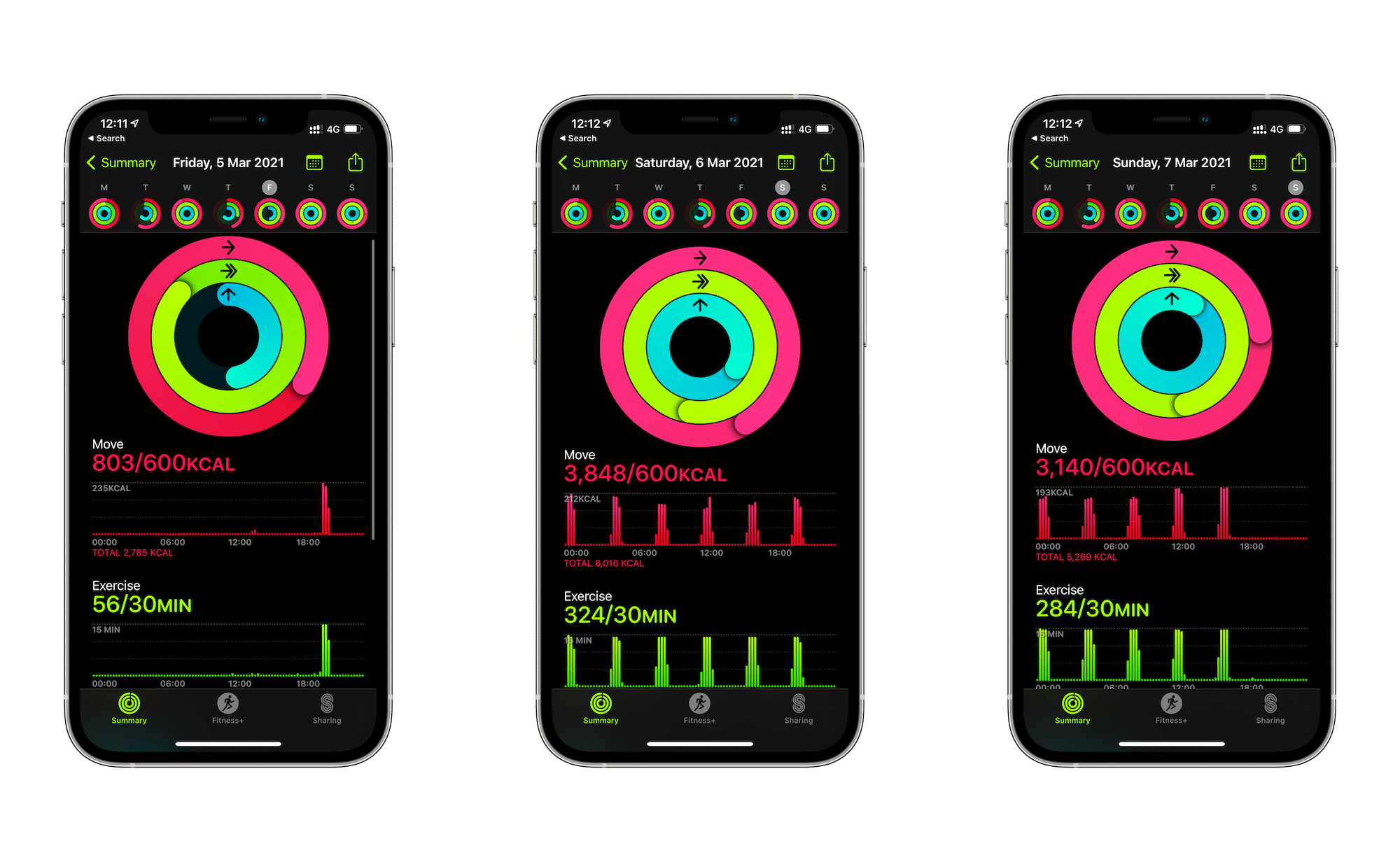
Looking back at the fitness stats it looks insane! I reached 640% of my move goal (600) on Saturday and more than 400% on Sunday also. Burning around 7,800 calories in three days is just mind blowing for me to think about. Sure, a long bike ride can equal it but combined with the stopping and starting every 4 hours meant it felt much worse than even running a marathon. I took in very little as my stomach just wouldn’t tolerate much, so I think I’ve dropped quite a bit of weight too! But enough about me.
Thank you to all of those that donated to Newlife Charity, this is one very close to my heart and one that has helped me out tremendously when no one else would. The thoughts of the children and families they help kept me going during the dark moments. Particularly those in the middle of the night, when every finer of my body is screaming at me to stop running. I was able to focus on getting through each run at a time knowing the money would be used to help people that are not as lucky as me, and desperately need support.
But this isn’t a sales pitch, it’s not a plea for more money, not a grab for attention. It is a thank you, those that have supported me through this, sent me message and congratulated me on the completion means a lot to me. When times are tough, I know people can pull together and offer support in whatever way they can.
Once again thank you to those that donated. I am resting up and recovering well.
the TVs come with features like built-in Chromecast, Google Assistant (hands-free in some models), and later this year Google Stadia game streaming.
Whilst everyone seems to presume Stadia is dying it’s quietly starting to come built into TVs. With rumours circling that LG will be following suit, it looks like the benefits of giving away controllers and making deals with theirs parties may pay off.
For the longest time I have been a huge supporter of keeping iOS locked down as tight as possible. Not budging a single inch, because that is what is best for the consumer, and I shudder a little when I think about a future with Android style ‘openness’ on my iPhone.
Sure, Android provides much more customisation than iOS. It allows you to do a lot more things. Not absolutely anything you want, but not far off it. But it’s a long time since I desired anything like that from my phone, and much prefer the tap square get app way that iOS works — that’s just me. I would still gladly pay more for Apple to manage all my payments, and if truth be told I trust them much more than any other brand. I’m no fan boy, but when it comes to putting all my information on a bit of technology, I just trust them more and have confidence in the decisions they make to keep my information on my phone.
The Apple App Store is so full of scammers and so lousy at search that if Apple ever did allow third party stores it is certain that a properly curated third party store would be much safer for users. So Apple arguing that the App Store makes users safer is utterly bogus.
— Peter N Lewis (@peternlewis) February 1, 2021
With all these things said. This trust I have in my fruity overlord is slipping, very quickly, and stories like the above keep popping up. I don’t ever think Apple will give up control of their platform, and nor should they, but they need to seriously step their game up to prove Apple’s arguments correct. Keeping control needs to be better for customers and as it currently stands, it is but not by a lot.
I know what most people think straight away. How many of todays posts are going to be about Apple watches? It was my first thought, because I do love my watch, but something more important watch related currently.
The world is in lockdown and we are all running out of stuff to watch. I feel like I have consumed the entire catalogue of Netflix series that are any good, and a few that were terrible but it couldn’t stop watching them (has anyone watched Living With Yourself?) just for something to do. Currently we are rewatching Sons Of Anarchy, and I’d forgotten most of what happens so some of it is new to me and after then we are a bit stuck.
Amazon Prime has some ok shows, but isn’t packed full of top notch series. American Gods is pretty, but very slow going considering the book is one of my all time favourites. So my question is — what you watching?
TV series and playing games have been really useful for me during lockdown to unwind and a few shows to keep me going would be great!
This post was Day 3 of the March Daily Blogging Challenge , and the prompt is : watch.
This game has been the best one I have picked up in ages. Yes I am aware I keep banging on about it.
I don’t play loads, I try and grab 20-30 minutes at a time on work breaks or in the evening but I’ve really enjoyed playing. It’s made me fall in love with gaming again, and because I can play Stadia anywhere it suits me perfectly. More than the Switch ever did, but I’m not quite sure why.
But playing again has meant I now allow myself to relax more and just chill when I always felt like I was wasting time before. It’s a mental swift that I really needed during lockdown and one I fell into by accident. 🎮

I often wonder why I publish things to the internet. It doesn’t matter if it’s a tweet, a photo or a full-on blog post, the whole idea of it seems futile when you really think about things. I don’t show ads, I don’t have a Patreon, I don’t make any money at all, so what is the point.
Yet there is one. Take for example the ‘How To” guides that I write. They get next to no views in the grand scheme of my posts, but they inform some people so it’s worthwhile writing. I once get a nice email form someone stuck with their Lumia 950, and they found my how to guide (which is long gone) and manage to fix their issue when nothing else did.
To be honest most of these guides I write for myself because I need to refer to them later when I enviably forget how I did something. Yet informing that one person of what to do, makes all the hassle worthwhile.
The same goes for writing about the ideas and thoughts that I have, most of the time they slip by people without being read. Yet sometimes, just occasionally, I get a nice tweet or some feedback to say that’s for writing this because I feel the same but didn’t know how to express it.
So, writing to inform people is not what I do. My days of writing 3-5 news articles a day on tech news are long gone. Yet my blogging does get through to some people, and even if they don’t I love doing it. My blog is a bit like a digital journal that I often look back on, and I can feel the emotions I had when writing them. Some tell me things will get better, some tell me to never go back to that place, but they tell me something and that’s its own reward.
This post was Day 3 of the March Daily Blogging Challenge , and the prompt is : inform.
It was by absolute chance that I remembered to post today’s blog post for the March blogging challenge. Even on the second day I almost didn’t make it to write out something, maybe I need to build this into a routine!
By pure luck I checked my RSS reader of choice (Reeder is the best) and I had at some point subscribed to the prompt feed. So, as luck would have it, the gods of chance were on my side. Otherwise I would have completely forgotten, as I did for the first week of the February photo posts!
I am not usually a lucky person, I’ve never won a lottery, nor any prizes I think ever. I often question what I did in a former life to be blessed with such lack of luck, but I have two beautiful kids and a nice house so I guess if life is a game of chance I am doing pretty well out of it. I could never consider myself completely unlucky, but in things that rely on a chance, the ball never falls in my court.
So today’s post is a little smaller than I would have liked because it is rushed between doing so many things. I won’t leave the other ones to chance and try and set up something to remind me earlier in the day.
This post was Day 2 of the March Daily Blogging Challenge , and the prompt is : Chance.
I wouldn’t say that daily routines are essential to me, but they are very highly ranked. I am a big creature of habit, and love to do the same things at pretty much the same time every day if possible. Working from home has only highlighted this further, and although it’s pretty weird to some people I have always loved to be in a routine.
Simple things like walking the dog in the morning completely throw me off if I can’t do them. This past period of self-isolation was brutal for that reason. I couldn’t do the things that I usually did, so I hated every second of it. Even right down to wearing similar things and eating similar dishes keeps me feeling in control of even a small portion of my day.
My morning consists almost entirely of routine-based planning, and Monday specifically needs to run like clockwork. After walking the dog, I make some coffee and sit down at my desk to start work. I have daily and weekly routines set up in Todoist to catch up on what needs to be done and plan the rest of my week. Once this is done, I must catch up with my team, and then the day can begin!
I think I need to keep these little routines because my day can then descend into chaos some days, with hospital appointments, a seemingly endless run of bad luck and loads to do at work, it’s important to keep some normality and my routines help me do this. Perhaps this is one of the reasons I love these daily challenge things so much, it keeps me in a routine for writing, or posting photos that I can keep track of and hopefully build up some good habits.
This post was Day 1 of the March Daily Blogging Challenge, and the prompt is : Routine.
When you first start out writing anything it’s daunting. It feels like it’s one of those things that anyone can do, but instantly feels like it’s something you can’t do very well. The reasons it feels like that is a complicated thing to work out but there are millions of people ready to tell you you’re wrong —- and that doesn’t help.
There are courses all over the internet to teach you how, as well as loads people to pick faults in the way you do it. To tell you how they do, and why their opinion matters to you. Why you should listen to them, what keywords to use and the types of images you should use. You know the old phrase about opinions the fact everyone’s got one. Well even more people have them about what you do with your blog.
Blogging can be very personal, and many people treat it as such. However, there’s no need to get bogged down in the minute details. Extraordinarily little resistance to getting your words out to people, and even less reasons to fret over what everyone else writes.
While you are worrying about everyone else’s opinions on the correct way to do things, you’re not writing. While you’re casting aspersions on other people that do not do things what you consider is the correct way, you’re not writing either. There is enough room on the internet for everyone to publish, and not feel like they don’t fit. There is no way you should be writing, no perfect blogging for you to be doing, and no advise that needs giving.
Just write and publish however you want to. Sit in the chair and do it.
When I first started writing on the internet it was a weird time. I wasn’t the first to do it, but I did zero research and just decided that was what I wanted to do. Without any clue how to use WordPress, or any CMS of that matter, I would write HTML pages and link them all together. A static site of sorts, but one I was prepared to put loads of work in because I wanted to be a ‘writer’. I wanted to do all the things that the technology writers I looked up to did and access all those sweet gadgets in the process.
I agree that there is nothing wrong with having hopes and ambitions, a boy can dream as they say. Well, I was a fully grown adult at this time, but I still had a dream. I bounced around some tech news sites, publishing loads of articles, at some points 2-3 a day — all for free. I thought this was the way to make it to the big time. It was, but I was looking at it all wrong.
The great thing about blog posts—as opposed to things destined for print, or even tweets—is that when you spot a typo, you can quietly fix it, and most people are none the wiser. One can take comfort in that, even as everything else falls apart.
— Mαtt Thomαs (@mattthomas) May 18, 2019
I desired a future where my words were read with the interest with which I consumed others. Poignant, and sought out by readers that valued what I had to say on the matter. I treated my blog as such, constantly fretting that it wasn’t good enough, the design didn’t live up to the modern web and worrying that I didn’t produce weight content. My blog needed to be what I wanted my future to look like, a digital version of “dress for the job you want”.
The trouble was I wasn’t particularly good at it. I didn’t have hot takes enough to drive a following and I couldn’t follow through on my desire to pump out content. So as my desire and drive faded, the thoughts towards my blog began to wane. What I wanted my blog to be changed, and although I tried to rekindle that romance last year, it is now something made just for me. A reflection of myself.
It has errors, terrible old posts, and more than a few takes that turned out to be completely wrong – and that’s ok. My blog is me, I have an edit button, and a delete button, but it goes me something that nothing outside of blogging can give me. It is a digital extension of all the weird stuff that floats around in my brain. It’s my blog.
Jacob Kastrenakes on Twitters new features:
Direct payment tools have become increasingly important for creators in particular in recent years. Patreon has been hugely successful, and other platforms including Facebook, YouTube, and even GitHub have all launched direct creator payment features.
Growth growth growth. That’s the name of the game in big tech and there is no room for excuses. Instead of developing and building in what your platform offers, the current state of play is stuffing everything that is good about other platforms into your own.
There is nothing inherently wrong with, cough, borrowing features as long as you know what you are and where you’re going. What becomes apparent very quickly is when the borrowing becomes desperate and this seems like one of those times. Here’s Jacob on the second feature Twitter wants to implement.
Groups have been a huge success for Facebook (and a huge moderation problem, too), and they could be a particularly helpful tool on Twitter, since the service’s open-ended nature can make it difficult for new users to get started on the platform.
Whilst the getting paid for your tweets sounds understandable, if a little far fetched. If you needed any more proof that Twitter has no idea what actually makes Twitter different from others, it’s the choice to bring closed groups into an open platform.
Whilst Twitters issues are huge and never ending, and attempts to make it more community based could
be a huge positive step. Groups are not the way to do it. This limits reach, closes open discussions down and separates Twitter into silos that go against its very nature. The constant, always on, and open nature of Twitter is what attracts its users to love it most. It feels more personal than curated posts on other platforms. Twitter doesn’t need to be more Facebook, particularly at a time like this.
Of course neither of these have launched yet, and there is no date for either of these things, so I’m reluctant to make any huge sweeping judgements, but all of the features that seem to come from Twitter just don’t seem like they come from Twitter.
Perhaps shareholders need to see some return and stuffing in features that work in other places is what they demand. Who knows, but they certainly don’t seem to know what Twitter is, or what it needs.
Andy Nicolaides on the new ‘blogging’ in Hey
One of the guiding principles of Hey, to me, seemed to be some simplicity and relaxing of email norms such as inbox zero and the like, so a blogging platform in an email service does, at first glance, seem a bit odd. It is, however, as I said a really interesting approach and idea and it’s something I’d definitely jump on trying if it does every become a shipping product.
Hitting the nail here on the weird dichotomy of the new feature teased by Hey.
It’s both a completely stupid idea, but also one that is very interesting indeed. One of the things I enjoy about my own newsletter is because I write it like an email to all the subscribers and not a blog post like some do.
This new feature in Hey, not yet even announced for users, will allow readers to subscribe to future posts in email or by RSS. Making it not really a blogging option, but instead a really interesting take on the newsletter boom and one I will definitely keep an eye on.
Casey Newton on Facebook and Google vs Australia wrote
It’s worth mentioning that any Australian publisher aggrieved by an unfair exchange of value with Google here could opt out of search results at any time by adding one line of HTML to their website. But almost none of them do because traffic from Google drives significant advertising and subscription revenue to them.
On the news that Facebook blocked all news in Australia after refusing to make a deal, it’s easy to blame the big blue F and move on. Calls for people to delete their accounts once again rung out on, well everywhere. But the fact of the matter is that while there are a huge number of reasons to ditch your account, this issue isn’t one of them.
The banning of news sharing was miss guided and stupid, but this Australian ruling threatens one of the most open principles of the web. The sharing of a hyperlink and it appearing on other websites.
Displaying text, and the huge boxes on Google searches aside. The sharing of links to other peoples content is the back bone of many a website. Where exactly does it end? Do I have to now pay The Verge for writing a link post?
The absurdity of these types of moves that keep big media companies in good stock will now continue around the globe. No doubt Facebook et al will make some stupid responses, but it’s far too easy to blame them for everything when in reality, as pointed out by Casey, this move is exactly the right one for all of us.
I posted this very tongue in cheek recently. A brief thought that passed through my mind whilst walking my dog and listening to Break The Twitch. Weirdly the act of posting it made that thought stick around longer than it would have, and it is a useful thing to remember.
In my early teens I wanted to be a teacher, and only when I did some work experience and found out what it was actually like, were the rose-tinted glasses knocked from my eyes. It’s fair to say that I left University with not a clue what to do with the rest of my life, and worked retail for far too many years. From that day to this I have never even considered my job as my calling, but it is definitely something that I enjoy doing and will continue to do as long as possible.
I find it quite strange, but admirable, that people know exactly what they want to do for the rest of their life from a very early age. Discovering a passion without even looking and locking in their ambitions to their laser focus.
As the old saying goes “Do what you love, and you’ll never work another day in your life”. Of course, this presumes that the route to finding exactly what you love and making it your job is one that is straight forward and easy to navigate. You see, your passions take time to discover, and often need some effort to discover. As Stephanie O’Connell says, “You’re not born with it”.
Passion doesn’t arrive while waiting for inspiration to strike, it’s uncovered through action and work. Think of it like falling in love. You don’t just sit at home and decide you’re going to fall in love with a certain person, you go out and share different experiences with different people until you do. – Stephanie O’Connell
There is also a big presumption in this saying that you can turn your passion into a job that supports you. That can be a pretty big ask from some pursuits, and presumes you have the skills to ‘sell it’. Hustle and grind are words we see banded around as if everyone can do anything with enough work, but what if you just don’t have the skills or the ability to do it.
There is something to be said about hard work and dedication, but of course ability needs an environment to be able to flourish. For every person that beats all the odds and lives the dream, there are millions grinding away and doing what it is that they need to do. Or simply cannot get to where they need to be to realise their passion.
In my mid-twenties I decided I wanted to write. In my mid-thirties I decided I wanted to learn to code and improve my design skills. Perhaps in my forties there might be something else and I still don’t consider myself anything like the grown ups my teachers told me I had to become. There is something quite freeing of admitting this to myself and I wish I knew this earlier in life.
I wonder how many people still don’t know what they want to be when they grow up. I just know what I am right now, and that’s ok.

Matt Birchler nailing it once again:
One man’s bullshit is another man’s essential features, but for me, Ghost does away with all the stuff I don’t need and excels at what I do need.
This can be expanded to soooooo many things that people get upset about. I’m the person Matt knows personally and moved to Ghost. While I moved back to WordPress for other reasons a year later I get exactly what Matt is saying here.
So many of the things I wanted from my blog in the form of webmentions and indieweb things are completely BS to most people. But I wanted them so they were essential to me.
Your blogging platform is a tool and will depend on what you want, and what you enjoy using. The most important thing is writing on the things!
Perhaps avoid is the wrong word, but we’ve all felt that annoyance that we opened the app to send a quick tweet and all of a sudden time has disappeared. There are a number of ways to avoid this and the Twitter muscle memory that goes with it, but getting feedback from my blog posts is still an important loop for me to fill.
So, the indieweb comes to the rescue and provides much of what I seek through webmentions. By using Brid.gy I can receive a webmention to my WordPress blog whenever someone likes or replies to my post. I can check these every so often, or set it up pretty easily to get an email if someone replies.
All of these responses poll through Bridgy every so often, and then if a link is found that accepts web mentions, it is forwarded to my WordPress Blog.

After me approving them, likes and comments show up as native comments, with avatar and a link straight to the tweet.
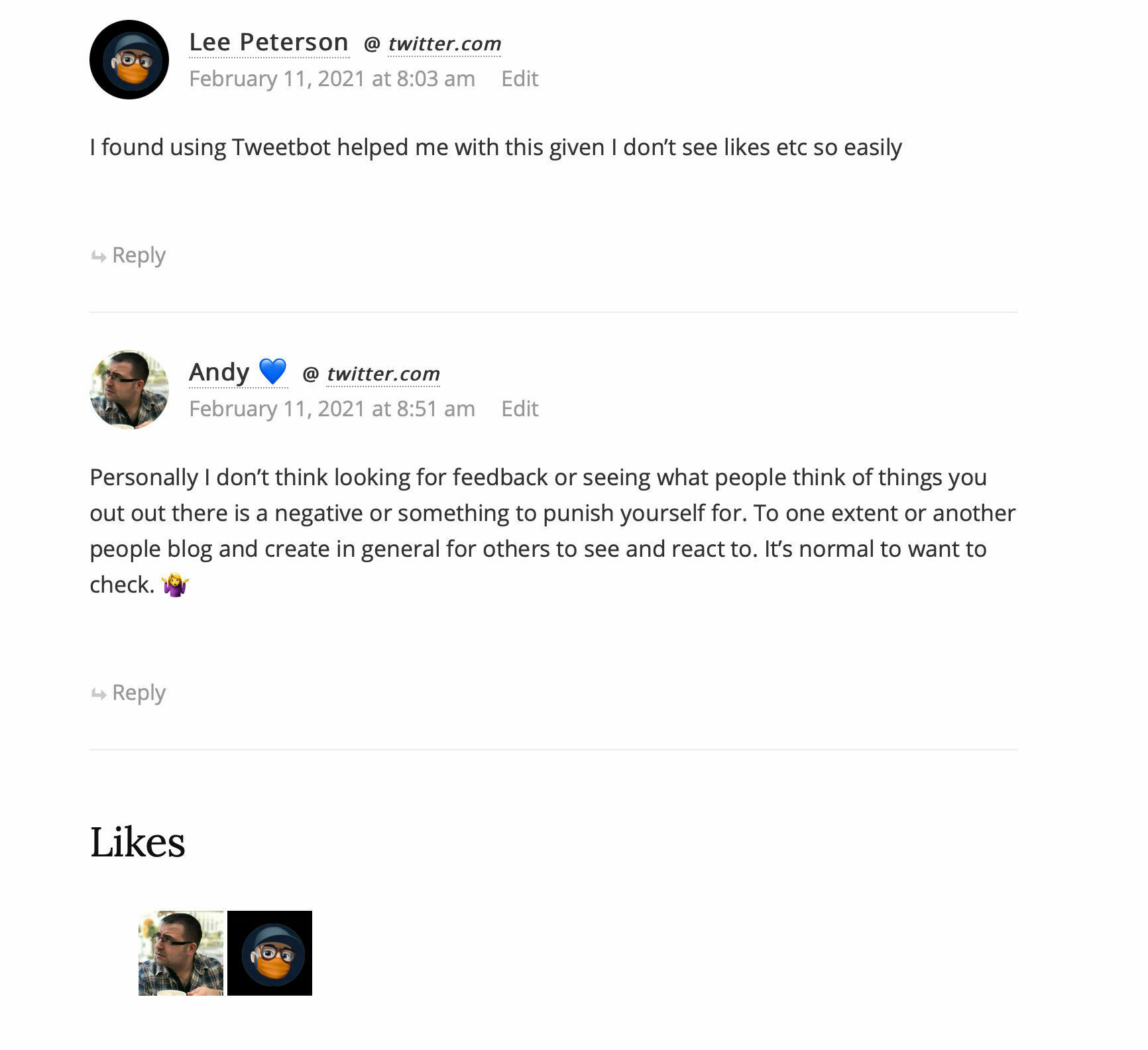
It is an elegant solution collecting feedback on your work, and not having to check and reply to things.
If the reply or wingback is from a page that supports webmentions I can reply to it straight from my blogs comments section. For example, when my post appears on micro.blog and someone replies, I can click reply in the comments and it replies straight back to them on micro.blog as if I was using the website.
Unfortunately, nothing exists to the do the same on Twitter so if I need to reply I have to head over to Twitter. But I can got straight to the tweet with a click and reply easily.
This has helped to avoid these rabbit holes I disappeared down and made me a bit happier the times I did visit Twitter to scroll through.
Chris Hannah
That made me think, if money isn’t going to be a significant factor in any decision, and I have no desire to write for a specific audience, then I may as well just write for myself. Then if people like what I write about, then great, and if not then it doesn’t particularly matter.
I’ve been banging on about this for a while, but not taking my own advice (I’m good at that). Still trying to build something that works, still seeking those numbers. When in reality it’s not what I want.
If growth is your game, and do that, but it seems like a pretty boring writing life to me. I’d rather write what I want, when I want and not worry about it.
Matt Birchler on his purchase of a MacBook Air:
Next up is figuring out an angle to talk about this machine, because it’s great and I want to shout about it from the rooftops.
I’m going to use it a bit more than normal over the next week or so because it’s new and shiny. Maybe I’ll leave my iPad for good because of how good it is…but that’s not likely 😛
Matt does these posts every now and again that sum up why he’s done something. And at first glance this post seems like a bash the iPad post. But it does a great job of summing up the reasons for using a Mac – and I agree with all of them.
While the iPad can do a lot of great things, editing video is not one of them. Lumia fusion is ok, but missing so many things that both speed up workflow and make editing much easier. If you make an iPad app you must cater to touch input and that doesn’t work all the time, especially when you have complex features and menus 2>3 levels deep.
I can see a world where iOS and Mac have a lot of cross over but distinctive traits that make them great at specific things. Theres still something holding the iPad back for some things and that’s ok. Let’s not squeeze things into holes they are not designed to fill, but embrace them because of what they are made for.
After trying and failing several times, I am starting to move further and further away from Twitter. I still check in every once in a while, but a good long break is helping to stop my impulses and curb my impusive usage.
I don’t hate Twitter, far from it, I love it, I just want it to do more than it does. It offers a platform that has barely moved forward for years, and just isn’t powerful enough for the modern web. So I still cross post everything to Twitter and visit perhaps once or twice a day to check my mentions. I might even scroll through if I am feeling particularly interested and see what is going on, but in the main part I stay away a lot more than I did.
Which has gotten me thinking about where it fits in and the image I want to portray. I deleted my Facebook account fully in 2017 after months of not using it because I didn’t want to appear like I was Ghosting people and this situation feels remarkably similar. I am sure people understand that a blog post is probably auto posted, but my micro.blog posts appears as if I have posted them myself and slow or no replies seem a bit rude.
One of the reasons I love micro.blog is because it is so slow. It is based around stopping, thinking, and writing a response properly. Taking a breather before you tweet is an important lesson, but one very rarely taken. So Twitter sometimes feels like a whole network built on “this is why you’re wrong” when in reality it is just the fast paced nature of the platform.
Twitters whole deal is instant, always on connection constantly being updated. So, slow replies don’t fit in here. I don’t want to appear rude, and I certainly don’t want to cut it off completely, but you may not get many replies from me anymore, and I hope that is ok.
There are numerous things that I cannot remember when and why I started doing, I just do. But running I know exactly when and why. I was in my second year of secondary school, and we were doing cross country. I’d never been a highly active kid, but it was a nice day, and I couldn’t be bothered to walk it like the ‘cool’ kids did, so I ran.
Turns out I quite enjoyed it, and despite what half the school would tell you, it was lots of fun. Even more shocking to me was that I was actually rather good at it too. That was the day I started to run, and it improved that day tremendously. I went to my next class with a big smile on my face. To this day I’ve never stopped.
I ran at first because it made me feel good. I got faster and people started pushing me faster still. I started to run races, and win medals, and the pushing never stopped. Very quickly I became to hate running, because it was no longer enjoyable, it was a chore and one I had to do at set times, distances, and speeds.
Thankfully, I no longer run for gold anymore, but I still run. Most days I lace up my trainers and go out for a run, and the benefits to me are huge. Getting my blood pumping, clearing my lungs and my mind and making me feel so much better. I don’t focus on running every fast, and don’t set out to even cover certain distances I just go out and see what happens. Despite discovering cycling last summer, nothing has ever replaced the feeling I get from running. It has become part of me, just something I do.
People do ask, but I never have to ask myself why I run. The answer is because I love it.

Chaitanya wrote
The crux of having other significant others (as coined by psychologist Eli Finkel) is to have your needs met from more than just your romantic partner. Your partner cannot always meet all your needs even if you expect them to. So, these are the people who would go along with you to exercise or listen to you vent about things your partner isn’t interested in hearing.
This is some of my issue and why I keep a lot of things to myself. I do not want to burden my wife with my problems, but have no real significant others the share things with.
There are people that reach out, and I am very grateful for this. But how personal do you get with people before feeling embarrassed? Looking back I’m not sure I’ve ever had friends close enough to share my frustrations and worries with. That’s pretty weird isn’t it?
When Apple announced the requirement for apps to be transparent about their privacy implications, I nodded in agreement and never gave it a further thought. Of course they should let users know what is being tracked and the information being used. In fact, the surprising part is that it’s taken until now for something so obviously Apple to be introduced.
It is one of those “of course they should do that” moments for people that follow along with Apple, but will it actually mean a lot to the end user? This is a hard question to answer. While average users are definitely becoming more aware of the issues surrounding some companies, look at the uproar directed towards a fairly mundane policy update for WhatsApp. Users are still using Facebook in their billions despite all of the issues surrounding them during the last few years.
So, silly me, was expecting a clear and concise sum up of the app you are looking to download. For it to be displayed clearly. Allowing the user to know exactly what they are going to install on their phone.
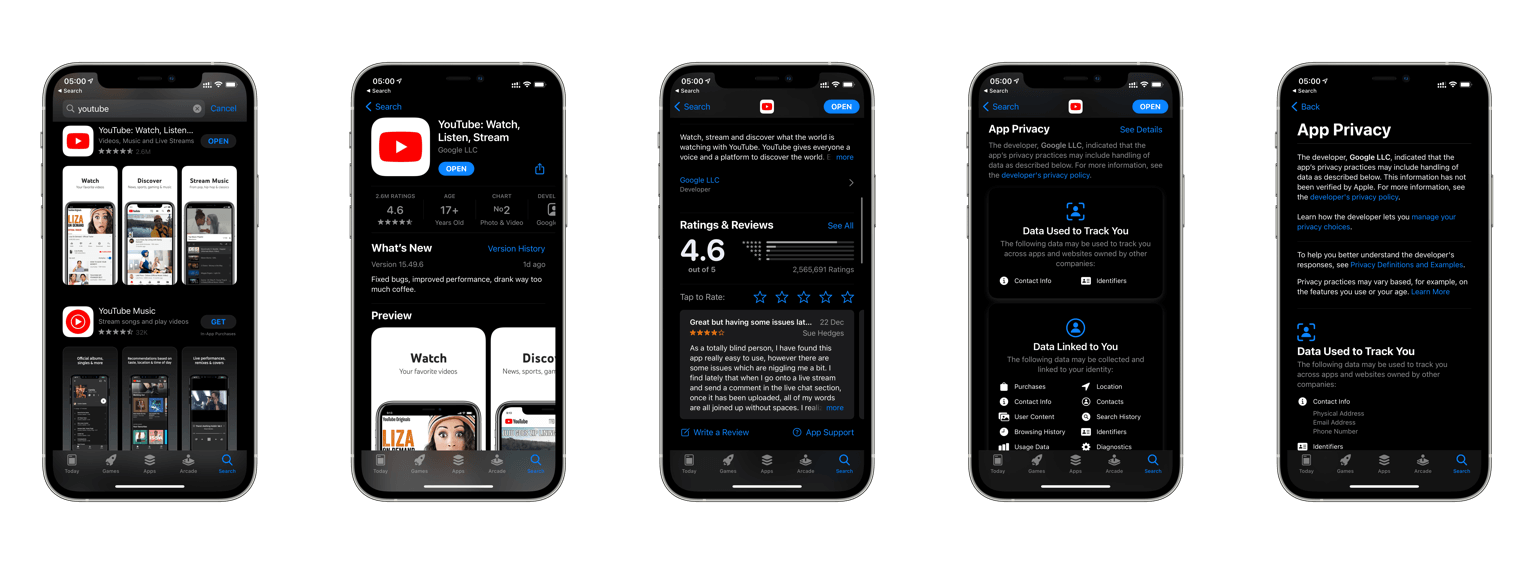
What we actually got feels like a token gesture to use as a signal to their customers they are fighting for you. Yet it is buried away at the bottom of the listing, underneath the rest of the information that no body reads. They might as well have put it in the terms and conditions of their devices because it stands about as much chance of being read.
This half step, which took an age to make, is frankly pretty pointless. I struggle to understand why the big companies kicked off so much in the first place. Most of them have been allowed to get away with pretty much whatever they like anyway. Remember Facebook playing silent audio because of a ‘bug’? Or using enterprise certificates to get more data on users, with very little recourse. Remember Uber tracking the hell out of pretty much every iOS user? Apple clearly needed to make a change, but this pathetic attempt is more PR than a privacy upgrade.
Perhaps I am missing something, perhaps there is more going on behind closed doors and we are getting a privacy upgrade, but these labels will make pretty much zero difference, and I can’t understand why it stopped Google updating it’s apps at all.
Sami Fathi for MacRumours
Facebook states that choosing between tracking users for personalized ads and protecting their privacy is a “false-trade off,” claiming that it believes it can provide both.
Why are you not providing it then 🤦♂️.
This par spin Facebook puts on its actions and the attempts to curb its control are getting laughable. We all know what Facebook is like, we all know their company is run by some one letting his ego run a mock, yet they try and spin the story every time.
Zuckerberg has a tendency to lash out when provoked so it will be interesting to see what happens. I can’t think of much they can do to harm Apple though?
After reading some other bloggers writing workflows and even looking at some diagrams to illustrate them that I realised how simple my own is. One thing I definitely don’t want to be worrying about is where my posts go, and wondering what to do next — but I guess I’m a pretty simple guy!
In fact just looking at the graphic on [Numeric Citizens](<a href=“https://numericcitizen.micro.blog/2021/02/01/our-secret-optimizing.html) post makes me stare in amazement. I cont even keep up with having more than one notes app, never mind about publishing to more than one or two websites. I take my hat off to him, but I love having one avenue to worry about my words going to and then in syndicate everywhere.
I am interested in what goes where and why, as if anyone has a method to this madness it’s JFM.
I’ve kept reasonably quiet about Stadia, and it’s predicted demise. Partly because I can’t be doing with the hassle and moaning, and partly because I am not that motivated that I want to argue the case for a huge corporation. However, since I first started playing on it a couple of months ago it has been a revelation.
It started out as a way of me feeling in with the crowd and playing Cyberpunk 2077 but has become a valuable way of my unwinding and catching up on all the gaming I have missed out on for the past few years. I’ve had a Switch on and off since launch but never got as in depth into playing as I am now. For some reason being able to pick up my controller and play on my phone, iPad, or on my TV whatever the situation really fits into my life.
I get next-gen graphics for a fraction of the price, and I’m loving almost everything about it. There are a few stutters sometimes, and not all the games I want to play are on it (hurry up FIFA 21) but the downsides are compromises I am willing to make. There are more and more games launching all the time, and my only criticism is related to all digital games — they are overly expensive!
Like I said, this isn’t an argument for Stadia, I have no strong feelings either way. You might have other views about it, that’s cool too. This is just my thoughts on me being able to play something that fits into my life. My enjoyment of playing has increased and instead of spending money on tech I seem to be bankrupting myself buying games!
If it goes away, I will be sad, but I’m not about to argue with you why you think it sucks. You do you, I’ll carry on playing Stadia. 🎮
Last night, just before heading up to bed I published a blog post. Not an exceptionally long one, but something that I wanted to share and hopefully inspire others. Rushing it out, hitting publish just before I turned everything off for the night.
Despite settling down and reading my kind for a while and enjoying a peaceful house my brain started to wonder what feedback I had gained on my post. But you know it’s getting late, dark outside and I am quite enjoying this James Patterson book so I try and put it out of my mind. It’s still there though, the need to check what’s going on. This is a feeling I have been paying attention to recently due to my years of ingrained Twitter muscle memory.
It’s more than a fear of missing out and seems to run deeper into my brain than I care to admit. Soon becoming apparent that I can’t shake this itch in my brain and need to see what’s going on. So I put my Kindle down, pick up my phone and bounce around on Twitter and micro.blog annoyed at myself.
Of course nothing is happening other than a couple of likes, but even if there was I shouldn’t be reading it at this time of night anyway. My need for feedback is now messing up my sleep pattern as well as beginning to stress me out. It seems I am surprisingly good at giving out advice to others, but not very good at keeping it myself. When it comes to social media, it’s got me right where it wants me. Not only am I checking it every bored moment, but I am also checking it for feedback.
I wouldn’t say that I was doing it to inflate my ego, this wasn’t that kind of posts, but I wanted to see if others thought the same. To see if I could provoke others to do something kind, so I’ve already got a kind of excuse sorted in my mind. The fact remains that social media is taking a much larger role in my current life and I don’t like it!
The problem with insular bubbles isn’t just that you’re surrounded by people that share the same world view. It’s also terribly problematic that every time an opposing viewpoint pokes through, it’s re-told and framed through the lens of someone that already disagrees with it.
You can’t expect to understand the argument unless you actually listen to someone that believes it whole-heartedly.
I am not sure what provoked Mike’s post, but it could be about any number of things in recent times. Living in a bubble feels amazingly great, you’re rewarded for feeling the same as everyone else and protected by people that feel the same as you. It’s simple biology that may be hardwired to enable us to find safe communities.
As pointed out above, this is dangerous for balanced thought and just general understanding of other people. Building a tolerance to other threads of thought is impossible to achieve when you are not even interested in the other side of the coin.
But why should we? AI and algorithms understand us better than other people, so we are quite contented living in our little bubble and have content surfaced for us to hit that little dopamine bubble. When someone crosses our path that has different beliefs than our own, why should we tolerate it?
To be a better human that’s why!
It was so nice today to receive a text out the blue just asking if I was ok. It isn’t something I get very often, if at all, but to come from someone I ‘met on the web’ it meant so much more. With my wife suffering from COVID, one child to home school and another that needs constant care, as well as working full time from home, the pressures are starting to show.
I don’t have many ‘real’ friends as my wife would put it, because to be honest I don’t really have much spare time, and even less for the last year. However, I have met some really awesome people through social media, and specifically Twitter that I am happy to now call friends.
It made me think about reaching out to others more often. I’ve done it myself just recently and I really hope it has had the same effect on them, that the message I received today had on me. For something so small, it meant so much and gave me a real boost today as things get tough around here. Social media can often display a life that is nothing like the one actually being experienced, and mental health issues can strike anyone, at any time.
My renewed motivation has led me to setting a reminder for me to reach out to someone new each week and just catch up with them. I am hoping this small gesture will make sure we are all getting through the bad times and are able to reach the good times. I urge you all to do the same, reach out to a loved one, friend, colleague or neighbour and just check in. A brief message just saying you are thinking of them can mean the world in challenging times.
Kaitlyn Tiffany on Cottagecore:
The impulse for classification is a staple of internet life—tag yourself; add your interests; pick your favourite croissant, and we’ll tell you the Taylor Swift song that sums up your life.
I had no idea what on earth cottage core was when I clicked on this. Turns out it’s yet another way for people to get attention online.
But this statement really stuck out to me. Classifying yourself as something seems to be so important to people, and even fleeting trends on social media seem to need a name.
This label thing seems to be huge in tech. “I’m and Apple guy”. “I’m a manga nerd”. “You’re an Android user”. The need to exist in a group runs deep into our core (see what I did there) and we cling to labels in almost everything we do.
When thinking about who you are, it’s important to know these things and recognise their importance in your life — but don’t make labels important to your existence.
After my failed attempt to run a blog membership I was disillusioned with trying to monetise my creative things. Annoyed that although a few people contributed, it didn’t do anywhere near the level that I expected and really knocked my confidence.
Truth is, I have been trying for a while to make writing and blogging pay like it used to. 6-7 years ago web ads paid ok with a few thousand hits a month and didn’t completely wreck your website and income paid for my hosting and even allowed me to, shock horror, make a little profit.
The web is much different now than even that brief time ago. The level of content available online for free is ridiculously high. With little searching you can find software, services, videos, and even news coverage for free. At least in the sense that it appears to be free, admittedly some apps, service etc do show ads. Which makes it much harder, without a very dedicated audience to charge for anything.
So what’s the solution — if there even is an issue at all? I asked, I gave many hours to the cause and like many of us, hit a wall. I could stop doing what I am doing, which isn’t likely (I talked about this in a recent edition of my newsletter) given my very low bar of what success looks like. But it would be easy for me to do so. I feel that jealous rage when someone does things better than me that we all do at some points. It’s dead easy to just throw in the towel and admit defeat.
It’s not defeat though. It’s the same result that thousands of bloggers feel. Those that make typos like I do, rush like I do, and write about things that have a huge talent pool. The elite group is a tiny little percentage that start out, especially in tech, and I don’t even want to have to write about tech all day every day anyway. It would just kill off my love of anything!
I asked, I’m giving, and I am still blogging — now more than ever.
I am not going to lie, 2020 was tough — as it was for loads of people, some more so than me. The pandemic hit at a time I was finally moving towards the goals I have worked for for a long time. Then this happened, that happened, blah blah blah woe is me right.
Wrong.
I’m looking up. And forward to the time that things will be easier, quieter and a whole lot more social. There will be a time when I don’t have to miss people as much as I do. I don’t have to worry after every cough that I’ve caught something, and a time when I can do things on days off. However, I absolutely refuse to go back to the way things were and I hope you are too.
Choosing to Return to the way things were is like choosing not to adopt software a decade or two ago. It’s an option, but one that will doom a company to mediocrity. (Packy McCormick, We’re Never Going Back
We are not The nEw NoRmaL but the hope I look up to is that we become something different than before. That I become something different. Working, Social and everything in-between is improved to a point where it improves lives and we are more community orientated. We look out for each other and build a community around it that cares for us in our times of need and is built of real relationships.
Not likes, not retweets, not clicks not views. Nothing that can be measurable and compatible. Something that is a lot more real, almost tangible.
Unfortunately, I have no idea what that is, but I don’t trust the current crop of web platforms to care about anything other than metrics and growth. We are the ones that need to care about each other more. We are the users that provide platforms with content and drive the growth they crave. The ones that hold the power to change our own communities for the good.
We can’t rely on anyone but ourselves to look forward, look around and change the things we are not happy with. It could be working conditions in our company, it could be needing more support from friends, it could be focusing yourself in different areas. It doesn’t matter what it is, look forward.
We simply don’t deserve to just slip back to the way thing were.
Seth wrote
If you’re not trying to cause an action or some other change in attitude or belief, then what’s the purpose of the deck?
I keep trying to instill these thoughts in every person I come across that requests a meeting or creates a deck for one.
What are you trying to achieve? What change do you want to make to attendees actions or mindset? Because if there isn’t a clear message then we are just going to watch slides full of information we could of read on an email.
It’s a business cliche that half the meetings should be emails, yet the meeting and pointless decks keep coming. I follow a few simple rules to clean my diary of guff.
Chris Wilson in Learn Create Share:
Sometimes we can get so caught in our ways of thinking, we become blind to what is right in front of us. One way around that is to adopt the opposite idea for a while. This could be a big idea (like a world view) or something small (like “wide angle lenses are the best for street photography”).
When you adopt the opposite view, you may confirm your traditional belief or approach. But you may also notice something different, something unexpected. Sometimes it’s a small thing (isolating a subject can lead to great effects in street photography) and sometimes its revolutionary.
Dare I admit this, but I have a habit of, as my Grandad would say, not seeing the wood for the trees. I often get bogged down in minute details that are incorrect but miss the larger meaning or intent of the opposing view.
In my defense some of my closest friends, including my wife, often have opposing view points I enjoy nothing more than trying to see where they are coming from and use this to better my own understanding. However, it’s always good to be reminded of our ability to adopt the other position, because sit quite often leads to great results.
Whenever an idea hits me, or I just want to ‘say’ something to the internet I press the little blue box with the bird on it. That is just what I’ve always done, well for the last 12 years anyway, and that habit is proving almost impossible to break. If thoughts arise, they are flung onto the internet in the quickest possible time!
This isn’t restricted to the mobile app either. In fact, I haven’t had it installed for weeks, but I can open Safari, and be browsing through Twitter before I even register what is going on. Every spare moment when I could be bored, my hand instinctively reaches for my phone. I don’t even think it has anything to do with the service, it is simply a behavioral habit that is almost impossible for me to break. The muscle memory of years of usage is so powerful that I can’t switch it off without expending a lot of energy.
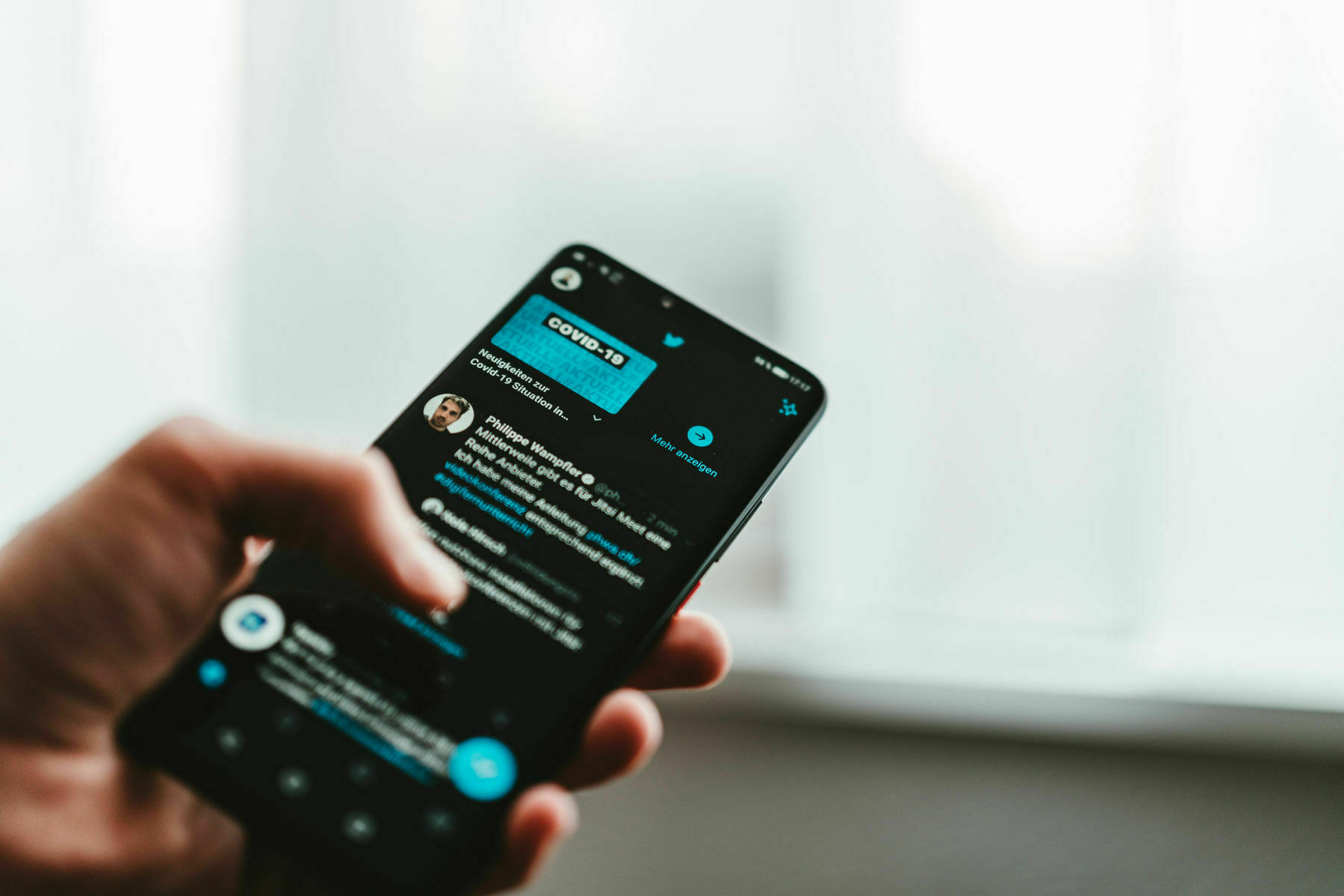
There are two options really, I could start jumping up and down, blaming Twitter and cursing designers. Without a doubt that does play a part, but as I have talked about before I don’t blame the internet for my issues, I lay them at my feet. My other option, the path I am choosing, is to recognize these traits and slowly break them without giving myself a bad time. Where I would usually feel down, buy a smaller phone or some other radical move, I do something else or write a blog post just like this one!
I do want my attention back from these types of actions, I don’t want behaviors like this to be so ingrained I can’t help it. However, the muscle memory runs so deep I may never be able to fix it completely. There is nothing wrong with dead time if used correctly and being busy helps quite a bit. As I have learned, there is no one more hash on me than myself, but things like this drive me more than a little mad.
Josh Gabert-Doyon wrote:
It involves the use of simple, well-bounded scenes of flat cartoon figures in action, often with a slight distortion in proportions (the most common of which being long, bendy arms) to signal that a company is fun and creative. Corporate Memphis is inoffensive and easy to pull off, and while its roots remain in tech marketing and user interface design, the trend has started to consume the visual world at large. It’s also drawing intense criticisms from those within the design world.
I quite enjoy it when opinionated designers loose their cool. It makes them seem more human and not on the pedestal they often put themselves on. But on this occasion I do somewhat understand the annoyance, but they fail to communicate it very well.
Dubbed Corporate Memphis, we’ve see this coming for a long time. Todoist introduced the tiny heads illustrations that seemed to leak into every other app and now the same style is everywhere. Brands are loosing their uniqueness out of laziness more than anything.
There is a high level of pattern matching going on, but that doesn’t mean you can’t turn this style to display your brand. As someone that uses this style a little it has made some of our more information dense work more approachable by displaying images that customer are used to seeing, and I am certainly not put off using it because other designers get a bit snooty about it.
Using this style indeed makes the barrier to entry of designing something professional much smaller, and as with photographers, that tends to hurt creatives a little. Yet I can understand the argument at least a little.
Michael wrote:
some of the people I unfollowed are genuine friends of mine. But I’ve sort-of reached a breaking point. I was becoming more and more miserable with each passing day and my Twitter timeline — a place that used to be filled with links to neat applications, interesting gadgets, and positive ideas — was filled with political stories that just made me unhappy.
I know this feeling well. Some of the people I have unfollowed is simply because of the way some of their posts make me feel. I have moved quite a few people to lists and just checking in on them every so often. I’ve also opted to send the odd email to people instead of replying to their tweet, or move it to somewhere I am more comfortable to reply.
This is a huge problem with social media and its catch all approach, I deeply care for some of the people I used to follow on Social Media but I need to be distanced from the noise.
One thing that has taught me though is the people that reach out to you are the ones that are really worth following.
When speaking (over the internet of course) to Jeff Perry yesterday I realised a weird tendency I have to refer to ‘it’ wrong.
We were conversing on micro.blog about Craft.do, and I replied saying that “I just don’t get it”. The ‘it’ I was referring to is the hype around the app at the moment. I do understand the app, it seems really powerful and, to its part, fairly straight forward to get to grips with powerful features. I just find it very strange that some apps seem to go through these periods of evangelical usage and coverage that seem to spout from no where.
Craft is the current hotness, it has a small period when it first came out too, Notion also has these periods of expansion where it appears that not only is everyone using it, everyone is talking about how they use it, and telling you to try it out. I find it interesting that some services seem to be able to cultivate these periods of growth that spark in all of us some form of FOMO. It is these periods that I don’t ‘get’.
I guess this is why influencers exist and marketing people are paid so much money for the work they do. Paid to create conversation around the app and motivate people to go and learn about the app and see if it is for them. There is a whole world out there of ‘set up’ videos and blog posts of people telling you why this app is the best things ever. There’s a weird world of productivity videos out there and a new app rarely makes a difference without a change in you.
Although I have been working really hard to limit my subscription expenditure due to fatigue. More often that I care to admit I get swept away in these waves and spend money far too easily on apps I no longer use a week later!
BTW: Awesome YouTuber Chris Lawley has an upcoming video on Craft so make sure you’re subscribed to his channel if you do want to find out about it.
Chaitanya wrote
For most part of the 12 months I was eager to go back, but there has been a change in the last few months. I think it hit me too late that I have been without physical human interactions for so long.
I have now bundled down into myself which does not want to get exposed.
I know this feeling well. I love working from home and I don’t want to go back to a place of work full time but I wonder if this isn’t going to be good for me long term.
I am both perfectly happy and lonely at the same time and it’s only if some checks on me that a state is observed.
Schrödinger’s working from home
CJ Chilvers wrote:
Most writers started writing to please the search engines (later just one search engine). To feed the beast, more “original” content was needed. The sharing moved to social media and got lost with the ephemera. Writers burned out producing longer and longer posts for ad pennies over trust and community.
This has been playing on my mind recently and CJ sparked a thought in my head before it had formulated properly. I too love writing link posts, just taking a paragraph or two and expanding your thoughts on the subject. I’ve promised myself to write more of them, but I think many people view them as a cheap way to turn out content.
However this post prods me to wider thoughts about what to write. About pandering to algorithms and news feeds just to get clicks or views. It comes up time and time again, and if you need the metrics you simply have no choice but to pander to the platforms and make the content that ranks.
But I am joining the ranks of those that refuse to write longer form posts just because, or sign up for courses on how to rank higher in algorithms. I want to write whenever and whatever I want, and so should you.
Sending email newsletters from Ghost can be a daunting experience, especially if you have not done anything like this before. A big issue I have come across is the signup form not working for people trying to get set up. It either does nothing, or just spins and doesn’t set up a subscriber.
This is more than likely due to the email service and nothing you have done wrong. Emails are actually split into two types on Ghost so you might be able to send out a newsletter to thousands of people, but none of them are able to log in. The two types of emails sent by your Ghost install are:
If you’re having issues these areas are where to check.
Chances are you’ve already done this, most guides walk you through this part. Head into your Labs section, turn on Members and at the bottom under Email Newsletter settings paste in your Mailgun API and the domain you are using.

If in doubt click on the links under the boxes to head straight to the area you need in Mailgun. Don’t forget to change your region to EU if you have an EU flag next to your domain.
This will enable you to send all your ‘bulk’ emails.
Depending on where you host your Ghost blog, this part may not be needed, however if your on Digital Ocean like me, you’ll need to send your transactional emails by SMTP and not direct from your server.
SSH into your droplet and
nano /var/www/ghost/config.production.json
Then copy in this code to replace the mail JSON item that is there already. Changing the “user” and “pass” to your own Mailgun details.
If you have a droplet in the EU change the “host” to your version.
“mail”: {
“from”: “Your name ”,
“transport”: “SMTP”,
“options”: {
“service”: “Mailgun”,
“host”: “smtp.mailgun.org”,
“port”: 465,
“secureConnection”: true,
“auth”: {
“user”: “your_user_name”,
“pass”: “your_password”
}
}
},
Also set the email you want these transaction emails to appear from as this is different from your newsletter ones. An email address that is in use anyway is advisable to avoid spam filters.
This should allow you to send all of your transactional emails.
This is the part that drove me crazy. I have set everything up and still my Ghost members subscribe from did not work. This was due to a miss match in the domain set up in my production.json. So head back into there:
nano /var/www/ghost/config.production.json
And check right at the top where it says “URL” that this is https:// and not http:// if you are using SSL – which you will be.
“url”: “https://YOURDOMAIN”,
Your sign up form should now be working correctly and you can start gaining subscribers!
This is the type of headline that usually sounds the alarms and announces shutting down a service. Thankfully this is quite the opposite.
Since moving my blog back to WordPress I’ve been looking at what to do with my newsletter. It was the biggest sticking point that almost sent me back a step, but I am much happier posting to the indieweb. So I began looking around. The trendy Revue was an option however importing old issues was a Hughe issue. I settled eventually on the place where everyone else is – Substack.
As time went on and I got things set up, I just couldn’t get comfortable with this. There is nothing wrong with the service, and loads of people use it happily. I just have a few worries about services giving things away for free, they always eventually have to recoup it somewhere (looking at you Medium). There also is no way to turn off tracking, another thing I am not comfortable with. As such I just didn’t want to get invested in a service that I wasn’t 100% on.
So I built my own version. Greg Thinks Things
This will make it easier for signing up, viewing old versions and means I can keep control of everything from start to finish. No tracking, no third parties – just me and you like an email should be.
If you’ve subscribed already nothing changes. The emails will come to you from my personal email address and you can just email me back if you want to get in touch. I’m looking forward to sending the next one so if you’ve not signed up already there is no better time to do it.
Also my membership is no more. Thank you to all those that have been contributing, the money had 100% gone towards hosting. I will look at options to offer a paid service with perks I the future depending on how things go.
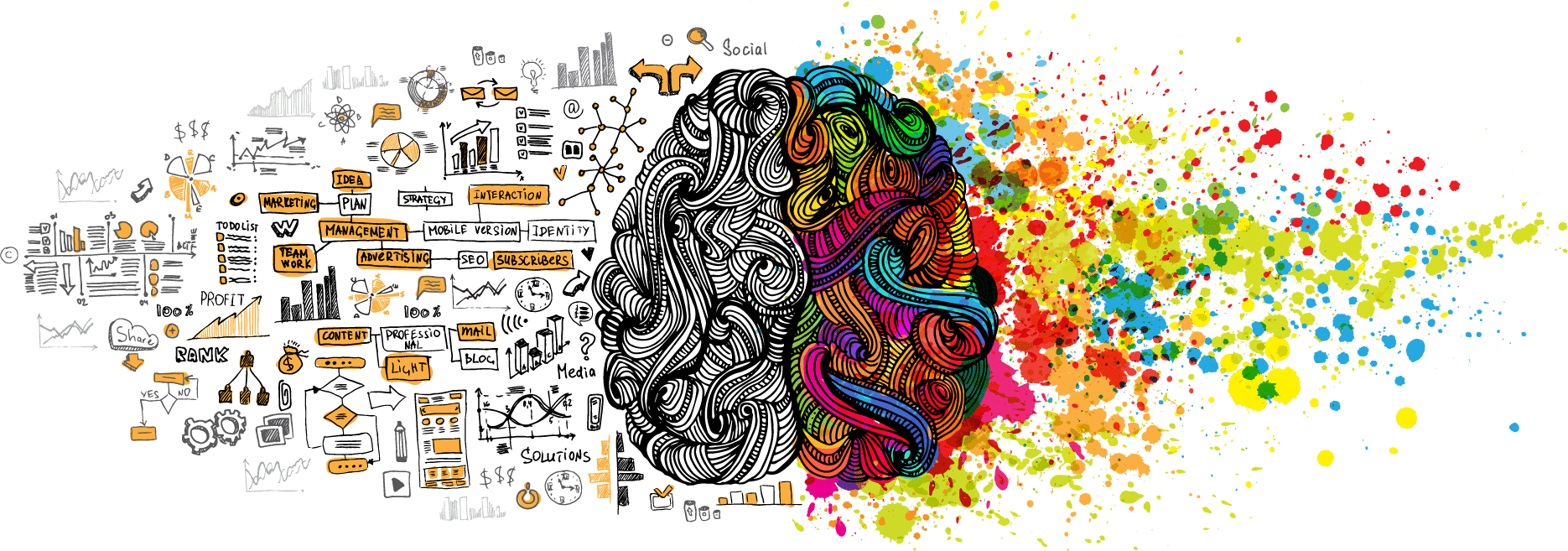
Jack wrote
I don’t want to be in the audience of someone who’s trying to build an audience
A million times this. I have lost count of the number of people that lose themselves and their personality online.
It’s not just about creatives, although this quote is talking directly to them – “link in bio” – it’s about being yourself. I’m guilty of this recently and it’s a big reason I pulled away from social media. You become a voice of whatever it is your peddling. Be it your content, your workplace or even just yourself.
Losing personality and approachability loses the whole reason for being social in the first place. We’ve spoken about it being hard to not be a fan boy, but being one for yourself is a terrible place to end up.
I find it interesting looking at others Homescreens. It shows me a lot about how they use their phone, even more so now Apple allows an extra layer of customisation thanks to widgets.
It’s also a great way to learn about new apps and see some amazing wallpapers. So here mine!
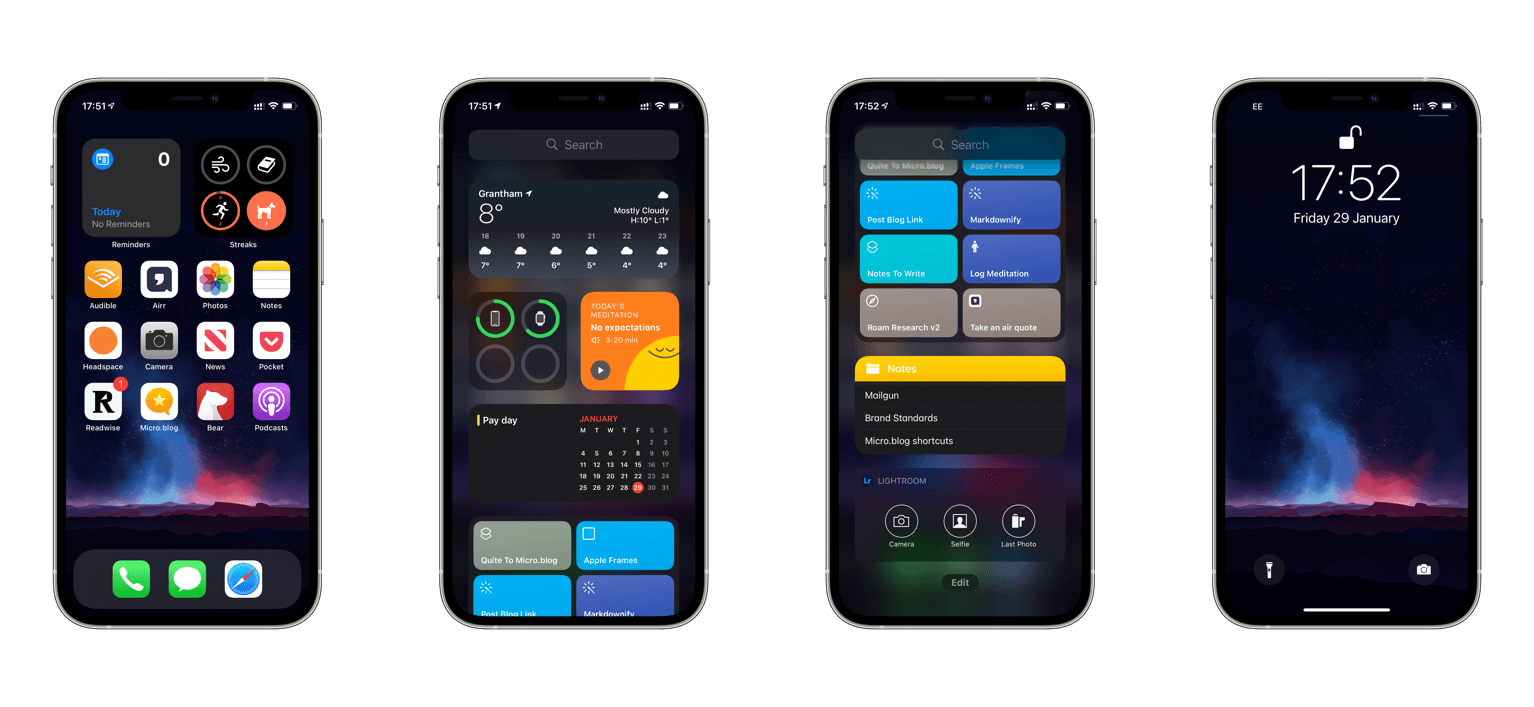
I don’t have many apps installed at all and always keep my homescreen icons down to a minimum. Widgets are becoming much more useful so I have quite a few in the side page, but only ever a couple on my actual homescreen for information I need in my face.
Note: I have no idea where I got the wallpaper from so it’s not fair of me to share without credit. If I do ever find it again I’ll update the post.
It’s said a bad workman always blames his tools. An old saying yes, but it’s always clear when people feel responsible they look to shift the blame to other things. A faulty saw causing a wonky cut is one thing, but how about a smartphone ruining society?
It’s true that almost all the big players in mobile applications use some unsavoury tactics to keep you using them. Notifications, dark patterns and a number of dirty ticks all in the name of growth. Designed to get your data, spend your money or keep you engaged with whatever service it is that they are peddling. But here’s the thing, you still have a choice.
Think about this phone. You can use this cellphone to gossip. You can use this cellphone to tell lies. You can use this cellphone to tell some really great jokes. You can use this cellphone to expose corruption, inequality, bad behaviour. What’s important is that we actively think about how we use it, how it affects our lives and our societies, and learn from it. – Mike Pondsmith
Can you class a smartphone as a tool? It certainly helps you get things done. Helps you achieve the goals that you want it too. Stay connected, be productive or snap the photos you want to snap — but to be truly a tool, it shouldn’t require anything back from you.
My hammer doesn’t make a noise because I haven’t put many shelves up for the last few weeks. Outlook doesn’t pester me to send more emails. Tools ask nothing in return for their purpose. However, it’s really all about how you use the tool.
My iPhone doesn’t really ask much of me. I can choose to load apps onto it that allow me to communicate or I can load some that waste my time. That’s the choice we all can make, and some responsibility must lay at our feet. Even the apps that ‘waste our time’ are also tools to be used which ever way you see fit. Twitter enables real time communication to millions of people. Facebook has the best suit of communication apps we have ever seen, used for everything from peer support to psychiatry at a distance. Modern tools built from ones and zeros instead of wood and metal just need a little bit more moulding and a lot more will power.
With a little work we can choose to shape our tools to our own usage. Mediate the distractions they peddle and contain the downsides. Making the tools work for us as they should have done from the start.
Rebecca wrote
All my life I have had the habit of liking the idea of things and not the thing itself.
How many of us want to be someone that does x but don’t want to actually do x. It could be writing, running or just being a happy person. It doesn’t matter what it is, the thought of it is often more enjoyable that the thing itself.
I didn’t want to be doing, I wanted to be done, so that when I was done, I could say I did a thing. – Out There: On Not Finishing
The stories we tell of the things we do, the things we enjoy and the memories we have made are at the very core of life. Some TV shows are funnier when talking about them with your friends. Hardships something far more positive when recalling them after the event.
The stories are the very substance and the reason to do things.
This is one of my most used Shortcuts now I have removed posting friction and settled a little. Shortcuts is a really robust way to publish to WordPress and not have to use the WordPress app or third party app.
This isn’t all of my work, and all the technical stuff was done by Tim Nahumck in his drafts review it just needed updating and tweaking a little as Shortcuts evolves.
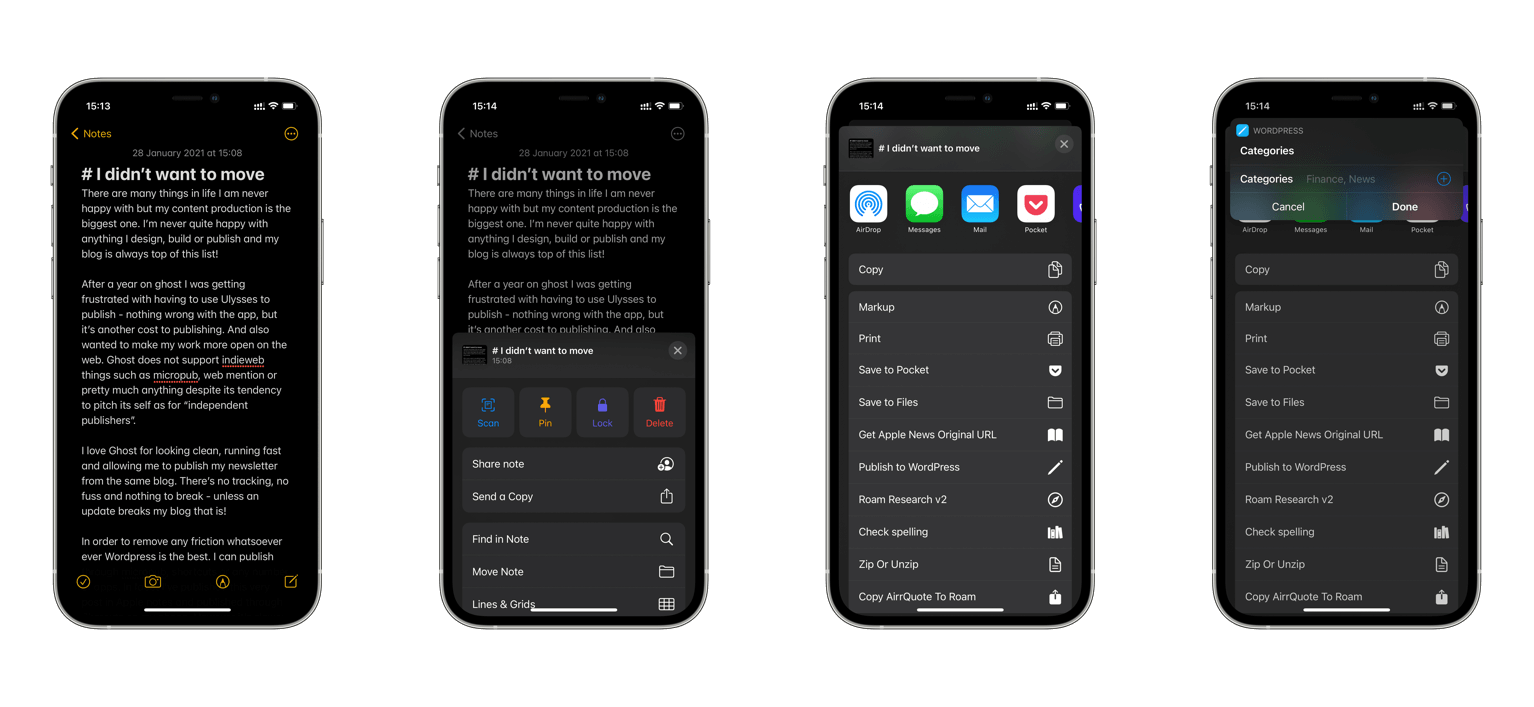
You can write a post in pretty much any app you have now. Use Markdown format though as the shortcut looks for # to set the title and removes all this for you. See my screen shots for an example of my Apple Notes publishing.
There are many things in life I am never happy with but my content production is the biggest one. I’m never quite happy with anything I design, build or publish and my blog is always top of this list!
After a year on ghost I was getting frustrated with having to use Ulysses to publish – nothing wrong with the app, but it’s another cost to publishing. And also wanted to make my work more open on the web. Ghost does not support indieweb things such as micropub, web mention or pretty much anything despite its tendency to pitch itself as for “independent publishers”.
I love Ghost for looking clean, running fast and allowing me to publish my newsletter from the same blog. There’s no tracking, no fuss and nothing to break – unless an update breaks my blog that is!
In order to remove any friction whatsoever WordPress is the best. I can publish through micropub, Shortcuts or any number of apps. In fact I’ve published this very post in Apple notes and published through Shortcuts on my phone. However it’s slower, older and has a tendency to break.
So I’ve built something that allows me to publish micro.blog posts to social media and also longer form things without any fuss. But I’ve lost control of my newsletter, it’s moved to Substack – which I’m not over the moon about but it’s not a massive deal.
I still almost just switched back to Ghost last night, I can’t bring myself to delete the droplet yet. But here we are, a fresh.
After denying it for quite a while, I succumbed to getting myself a third-party mouse, and you can’t buy anything other than the MX Master 3. It’s more comfortable, more accurate and is packed full of power user features that allow you to mould its usage to your will. There is one small issue though, every so often an update comes around which causes the mouse to freeze and disconnect at random intervals — but here’s the fix.
If you have this issue, each time the MX Master 3 freezes up you will notice random Bluetooth devices connect and disconnect before disappearing. This happens at random intervals and lasts for anywhere between a few seconds up to a minute. All the time you will be unable to use the mouse. It looks something like this.
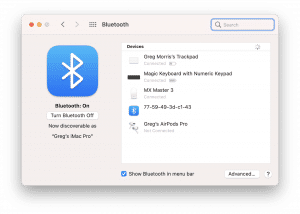
The issue stems from Apples use of hand off. An amazing feature that allows you to move seamlessly from device to device with minimal fuss — but also with a tendency to break things that don’t work with it. If you’ve got your mouse paired to more than one device using the same iCloud, Apple is trying to sync them across all of them and failing.
The MX Master supports up to three devices with the click of a button, so I have no idea why iCloud is trying to do this, but they broke it nonetheless. To fix this, head into System Preferences > General > and untick the box next to ‘Allow handoff between this Mac and your iCloud devices’.
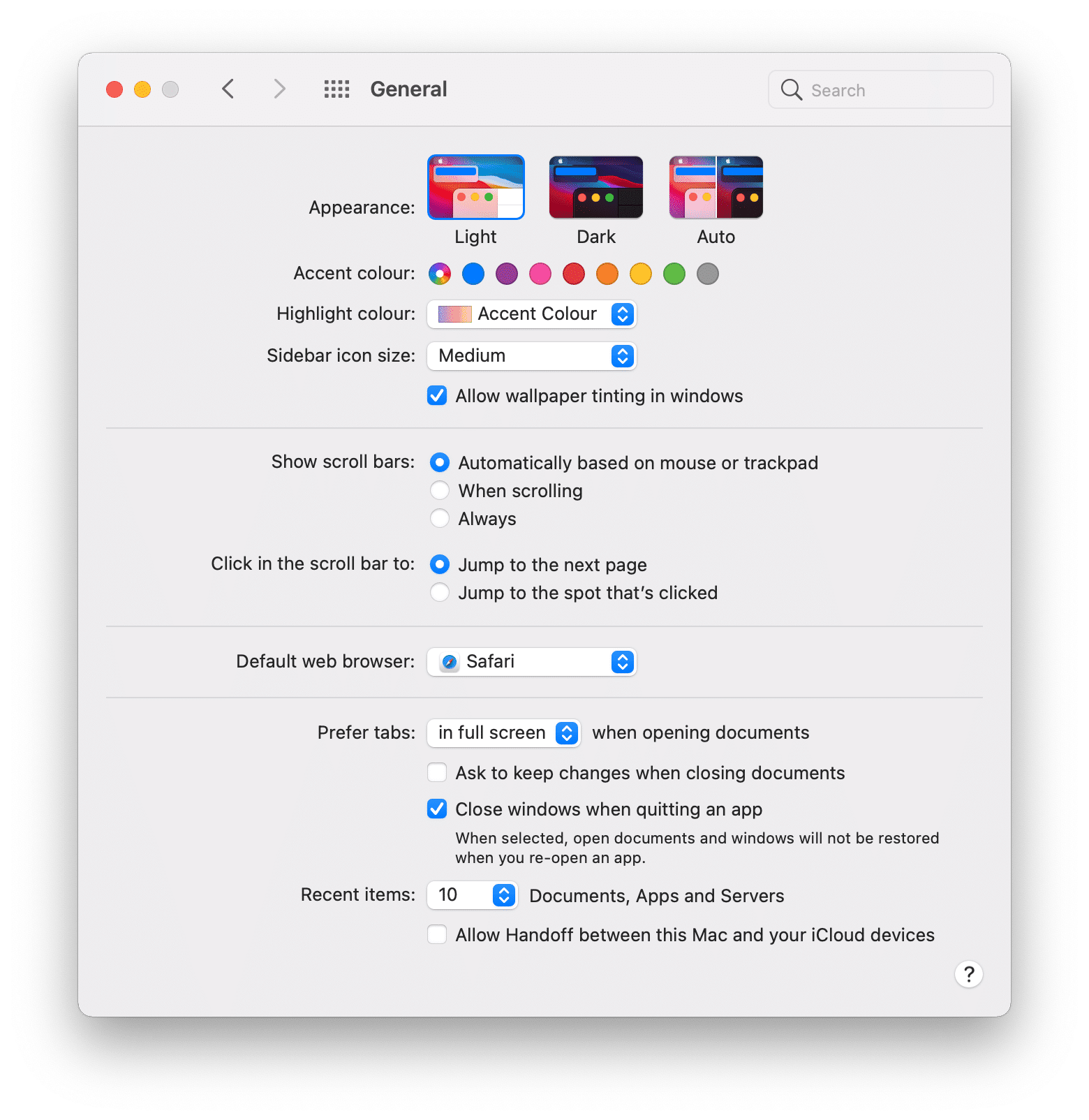
Almost a year ago, I wrote:
Memberships are not about a money grab at all, they are about people being rewarded for their efforts, but also to know that people enjoy what they are putting out. Bloggers don’t always get page views; we don’t have subscriber counts or post likes – so these types of things help.
I wanted to try and get something back for the years I have put in. Granted many of them failing and kidding myself, but they are still years — tens of thousands of tweets, photos, podcast episodes and hosting all for free.
I longed to be supported and feel at least a little bit of validation. I am amazingly thankful for the people that contributed, but my membership failed. Getting no where near the response I expected form the people around me. My post reads still come from Google searches and not from social media.
Does that mean my efforts where in vain? I still got the enjoyment out of it. Typing away, editing away or just talking to people.
Would I do it again? Perhaps not.
This issue has been driving me insane for a while. Apple seem determined to keep everything locked into news yet there isn’t the out cry like there was for Google’s AMP hiding we’d addresses.
Still Apple news is surprisingly good, with a little curation effort, I just want to share the stories I like.
So I stumbled across this shortcut amongst lots of others – I don’t remember where exactly, but I will try and link when I find it. It didn’t work correctly anyway so I’ve removed all the crud people seem to think they need to put in for external updating and pinging servers and updated it to share the URL correctly.
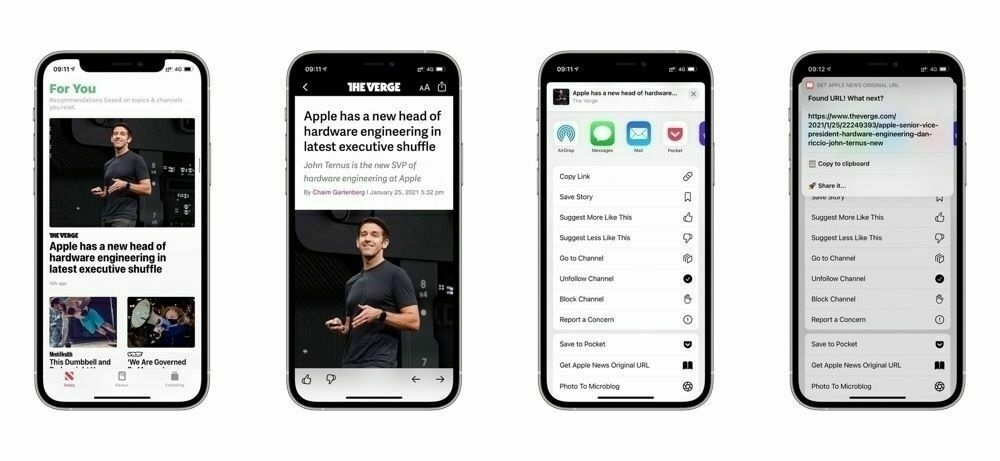
update: The original Shortcut was by jakebathman
All of this is very much making me think about giving Hey a try. Except for the fact that I don’t want an @hey.com email address.
This was a big sticking point for me at the start. However I forward all my email to my hey email address and use the actual address very rarely. I only give it out to people I know and this helps with the spam coming through. I don’t love having to use their email address however, because their are a few times I need to send email as an @gr36.com address – but thankfully these times are few and far between.
So I want to stop some emails getting through to me, but also once I’ve dealt with an email I want it to get out of the way.
I would LOVE Hey to be inbox zero, however everything hangs around instead. There are really well thought out ways to save emails for later so I have no idea why the others don’t go from your inbox but it’s not a game changer for me.
I’ll try to write about anything I try along the way, and hopefully, I can find a solution that fits my needs.
I get too much email, but thankfully using Hey has helped a lot. Its not perfect and I wish I habd looked at sane box before jumping in, but I’m excited to see where Chris gets to.
Will Self wrote
You don’t have to be a communist to appreciate the force of Marx’s observation: “The worker does not make use of the working conditions. The working conditions make use of the worker; but it takes machinery to give this reversal a technically concrete form.” Well, we may not work on assembly lines in factories as much as formerly, but I can’t help seeing the contemporary gymnasium, with its emphasis on training with machines, as a strange sort of nostalgia for that state: working out in lieu of… working
Will is a brilliant author, with a passion for walking and saving yourself the grind in more pointless pursuits. To be honest I don’t think I can ever see myself going back to a gym, but I don’t think my realisation is the same fit everyone.
Running on a treadmill and using a statuary bike is unfortunately all some people have access to. Running, or cycling around the streets of some cities needs to become a much easier and much safer pursuit – but I can see the ridiculousness of doing it at a gym.
During lockdown, people were doing sit-ups, press-ups and even lifting weights in parks and other open spaces, but as soon as the gyms reopened, many disappeared back indoors. I really cannot understand this. To me, the most bizarre sight in the world is someone on a running or cycling machine, rather than running, cycling,
I was hoping the community exercise that I saw in the spring and summer would continue, but I some people seem institutionalised to return to an indoor gym if they possibly can.
Patric Rhone wrote:
Life is as complex and beautiful as a snowflake. And, in the grand scheme, as brief and temporary
Patrick always has a beautiful way with words but this short post is expertly put.
I aim to create many beautiful things but also appreciate all the moments around me in my brief time here.
For some reason I managed to miss all of the build up to this book despite Ready Player One being one of my favourite books. So catching this the day it was released was a rear period of excitement and hunger to get reading.
I held off until I have finished the book I was on, so reviews and criticism was already flying all over the internet by the time I turned the first page. Despite these I went straight in with an open mind, but a longing for it to be as good as RPO.
Unfortunately it isn’t. RPT isn’t a bad read, and well worth it for those longing for a new story but don’t expect it to capture your heart. All of the right pieces are in the right places, but for some reason it feels overplayed, padded out by about 30%, and manages to pull on non of the nostalgia strings it should.
I found myself skimming large parts of the text in an attempt for the plot to get to the point much quicker. Although the story is somewhat well rounded, it feels like a book written to be made into a movie due to its lack of detail in some elements of the story but in-depth nitpicking on the 80’s trivia.
Ready Player Two is well worth picking up and reading but does not hold a candle to the first book.
that this invention has the power to drastically alter the nature of human existence. I think it could help humanity. But it could also make things even worse. (Location 368)
Drawing parallels between this and [[Project Human]] with Zichey and Rene Richie. This quote would not have stood out to me so much had I not just listened to this episode.
Leading to my post on Do People Actually Think About This Stuff?
agree that everyone should balance their time in the OASIS with equal time in reality. But it’s not our place to mandate how our users live their lives. Growing up in the stacks would have been hell for me if I hadn’t had access to the OASIS. It literally saved my life. And I’ve heard Aech say the same thing.” (Location 803)
My online life is very similar. It has been the saviour of myself so many times that I cant even give attribution to them all. The amount of awesome people I have met is crazy high, yet social media is the worst, most toxic place I have even been.
Yes, I knew the haters’ opinions were utterly meaningless, and had no effect whatsoever on our real lives. Unless, of course, we let it. Which, of course, I did. (Location 1033)
was even beginning to wonder if the invention of a worldwide social network was actually the “Great Filter” that theoretically caused all technological civilizations to go extinct, instead of nuclear weapons or climate change. (Location 1065)
I think this is a fascinating idea, the other civilisations got to sage where they developed social media and it caused the death of their society too. I wonder how this fits into Dunbars number? Could it be that we are simply no meant to be able to talk and interact with so many people that the thoughts and ideas spreading will eventually ruin the world? This is a bit too real currently!
Maybe every time an intelligent species grew advanced enough to invent a global computer network, they would then develop some form of social media, which would immediately fill these beings with such an intense hatred for one another that they ended up wiping themselves out within four or five decades. Only time would tell. (Location 1067)
“Some people define themselves by railing against all of the things they hate, while explaining why everyone else should hate it too. But not me. I prefer to lead with my love—to define myself through joyous yawps of admiration, instead of cynical declarations of disdain.” (Location 1588)
If only more people, myself included at time could lean into this. Even this books reviewers should have studied this passage a little better. Life is not for explaining why things are wrong all the time, it’s for enjoying the take away and the little things you do enjoy.
The mind is the only thing about human beings that’s worth anything. Why does it have to be tied to a bag of skin, blood, hair, meat, bones and tubes? No wonder people can’t get anything done, stuck for life with a parasite that has to be stuffed with food and protected from weather and germs all the time. And the fool thing wears out anyway—no matter how much you stuff and protect it! —Kurt Vonnegut Jr. (Location 5681)
This might be the fact I am playing CyberPunk at the moment but reading back on these things makes me draw parallels to all sorts of things. Synthetic modifications to our biology is only a matter of time and could draw into questions what exactly a human is because we could begin to steer very far away from homosapiens. Certainly Yuval Noah Harari believes so.
In a broad sense of the word I understand the need for answers, but this need in modern times seems to be one of the most dangerous things around. In a world that contains a virus killing thousands of people every day, conspiracy theories are ravaging the planet and causing irreparable harm.
People have always created stories to try and explain away things that they do not understand. In older times attributing things to god or gods, but in more modern times these attributions have been replaced by arguably something more crazy. Everything from the pricing of furniture to the names of fast food restaurants seems to be a hint at an organisation pulling the strings of everything, and it’s getting a little ridiculous.
Unfortunately according to research, we just can’t help it. The human brain is hardwired to find patterns in everything, and as a reward when we find such a pattern our brain releases Dopamine. The same chemical released at more pleasurable times, and one that is easy to become addicted to.
The pleasurable feeling that our explanation is the right one—ranging from a modest sense of familiarity to the powerful and sublime “a-ha!”—is meted out by the same reward system in the brain integral to drug, alcohol, and gambling addictions. —
Robert Burton
Anthropologically it makes sense for us to be able to quickly and easily identify patterns to cut down the time we need to recognise things. Once you’ve noticed a dangerous animal, different parts of your brain will work together to process what you’re seeing and recognise it easier going forward. Our brain then leans into a false positive bias because it’s better for us to run from something that could have been a danger but isn’t, then spend time confirming it.
It’s uncomfortable for us to not understand what we are seeing or what is going on. Just as building and understanding a pattern leads us to a reward, the reverse is true, faulty patterns or confusion leads our brain to diminish that dopamine release we crave. When you look at conspiracy theories biologically, trying to explain away strange things happening, or building up a whole narrative to explain vague predictions, is completely natural.
Creating stories for ourselves and, now we have platforms to do so, sharing them with others is the “narrative equivalent of correlation” according to Robert Burton. “It is easy to understand why our brains seek out stories (patterns) whenever and wherever possible”.
We feel compelled to tell stories, even incomplete ones, as if they are the truth — because we believe that they are. Too hungry for the dopamine hit that we not only get from creating the story but also the validation from others, we overlook contradictory information even in the face of opposing proof.
That social aspect of retelling these stories is also as dangerous due to our need for others to validate both our survival and our happiness. Validation from others for the stories we tell releases an important chemical in our brain for feeling safe and welcome. Paul J. Zak published research to suggest that Oxytocin, released when we are shown kindness and feel welcome, plays a key role in whom we believe we can trust. Some research also suggests that Oxytocin plays a role in gloating and bias against other groups.
Creating possibly the perfect storm for our brains. Not only do we receive reward for creating stories, we also have a tendency to disbelieve those that appose them and only trust those that validate us. In these modern times of curated feeds and group recommendations it’s not hard for us to find a welcoming community, one that strives to explain away the world to us. What possible reason is there to test our theories when they are validated for us from the people we trust?
Issues like these have existed forever. In-pre internet times the stories we had were explained to us by our family, or people in positions of power to keep us safe. In modern times it’s easy to find a connection and find some importance in the world. It’s even more exciting when the pattern you crave to understand is apparently being hidden from everyone, yet you’ve solved it!
What a movement such as QAnon has going for it, and why it will catch on like wildfire, is that it makes people feel connected to something important that other people don’t yet know about — Cult Expert Rachel Bernstein
In a time when there is more information available to the general population than ever before, we find ourselves with large portions of the population disbelieving proven facts and sharing stories that are false. With social platforms pretending they don’t understand the issues at play. Humans already have a tendency to stick together with people that trust and share common interests, and cult like behaviour is bred by those platforms seeking to increase engagement on their service without much care for consequences.
We are becoming increasingly aware of the effect that social platforms have on the spread of cult like behaviour, yet it starts clearly with natural processes. In large numbers we are often quick to dismiss those who believe something difference as lacking intelligence. When in fact creating or believing in conspiracy theories has no link to intelligence. In fact, those with a high recorded IQ can explain away information that disagrees with them more easily and rid themselves of the discomfort that comes from conflicting information.
“Tell him you disagree and he turns away. Show him facts or figures and he questions your sources. Appeal to logic, and he fails to see your point … Suppose that he is presented with evidence, unequivocal and undeniable evidence, that his belief is wrong: what will happen? The individual will frequently emerge, not only unshaken, but even more convinced of the truth of his beliefs than ever before.” — Stanley Schacter
A cognitive behaviour know as Motivated Reasoning is linked to how, in the face of often overwhelming evidence to the country, individuals can remain steadfast in their belief. Over the last few decades people have been convinced to leave everything behind and even kill their whole community by those telling compelling stories.
Stories we are addicted to discovering and reaping their dopamine reward. Stories that can lead us down paths never taken, and some that are now out of control.
Whilst writing some daily thoughts out I have recently been trying to formulate where my Social Media presence is going in 2021. Setting goals in what to achieve regarding blog posts, videos and all sorts of things is all well and good, but the web, and Twitter specifically, is where I spend frankly ridiculous amounts of time. I’ve been there for 11 years and tweeted more than 38,000 times (not any more they are all gone). About what I can only shed some vague guesses but every time I see those figures I really start to wonder why.
Why is it that I feel the need to share my life with others online, and especially on Twitter, a platform aimed at following people you don’t really know very well at all. To be honest looking from the outside, and really taking stock, it’s hard to understand why any of us share anything on Social Media. The platforms must have built such a homely atmosphere that makes us all feel so comfortable we share intimate and personal details on to a web that is often open, relentless and at points unforgiving.
Posing this question on Twitter is met with the warm and fuzzy replies you would expect from people that are ingrained in the platform, but every now and again I just can’t help but question myself. Why do I believe that other people, with equally busy lives, need to read what I am doing, reading, watching and sometime even eating? I have tweeted more things in the past 11 years than times I have updated my family what I am up to. In fact, I would never share most of what I tweet into more personal avenues.
Sharing based on those more personal networks makes sense. Facebook exploded by piggybacking on connections existing in the real world. Posts became a digital extension of your real identity and personality because it really was.
You became Facebook friends with your real life connections allowing them to see into your everyday life. But as the Facebook population grew to billions — your friends list grew to include family members, co-workers and that friend of a friend you thought was cool but turned out to be a bit racist — it all gets a bit much. Managing expectation can be exhausting and curating a feed that entertains but is also varied. With all these on your friends list you are expected to have one identity, one digital face that is a recreation of your normal life.
Having one identity and sharing to those close to you, well, at least a bit closer, has now devolved back to more personal networks. iMessage and WhatsApp groups are the new normal points of contact for the self-expression when you are not meeting in person. With no need to mediate your online work, or create a Finsta account because your parents are on Facebook. As well as Twitter, Snap Chat and whatever else the new hotness is.
You see, Social Media in its current form feels like the old web. A small evolution from bulletin boards, without the anonymity, but asking much more from you. Based on old ideas and clinging to the importance by the smallest of threads by putting more and more services into their apps. Starting as the place where everyone you knew hung out online, but devolving into .
Twitter feels too flat and rigid in its approach to Social Media. It’s less personal than it really should be in the world we live in. People follow me for no doubt the tech stuff, but get switched off by my other interests and personal posts. I constantly find interesting people to follow, and then click unfollow due to American politics or sports bleeding into my time line.
In many ways Google Plus got it right all those years ago, by sharing to specific circles the reach of posts were reduced, but in return you only showed people what you wanted to show them. Could a more modern approach be found to separate identities and build a place to express yourself in different ways without putting others off?
Twitter and Facebook still feels too much like shouting into the void and waiting for the replies. Many of which never arrive because we all have hundreds of people to follow and simply can’t keep up with it all. Clicking follow on more and more people to give ourselves more and more to look at, for no other reason than ‘that’s just how it’s done’.
Social Media isn’t going anywhere, but some are feeling the same pinch points that I feel and are starting to wonder where to go from here. The answer may be to spread yourself over many things, at least until Social Media becomes more social again.
Twitter is great for me. It’s open, varied and has provided me with a platform to meet some good friends what I would have no other way of interacting with. Sometimes it’s a bit of a dumpster fire when Apple releases something or a major event happens but is bearable again after a few hours. Yet, the platform has been almost insufferable for more than 5 years now and the depressing state of American Politics is starting to swallow the internet.
When browsing Twitter you can usually avoid most things with a few blocked accounts and some careful curation of keywords when news stories start to break. It takes some work, but you can get 90% of the way there with a little effort. Yet, at some point, it reaches the point of diminishing returns and feels a little like you’re fighting a raging inferno with a garden hose. Which is easy to sort, you just don’t use Twitter — even though it used to be one of your favorite places to hang out.
Which feels a little like the bullies from school kicking you out of your treehouse but there are much more important things in life. However, what exactly can I do when almost every platform I use is bleeding American Political information, half of which is aimed at causing a fallout, on every visit?
No doubt the topics discussed are important, but they are also depressing, annoying, uninteresting, and fail to have a direct effect on my life. However, it is rammed down my throat at every turn. Reddit is somewhat understandable when you stray into the trading tab, but Pocket is filled with recommendations to read yet more dressing news and even newsletters I previously loved contain nothing but information that heads straight to the bin.
If these sorts of posts are important to you — great, keep on sharing them and taking part in the discussion — but where can I go to avoid such things other than hitting the off button completely? Calls for American Politics filters on platforms started out as a joke by users, but now need to become reality sooner rather than later. For risk of turning people away, and alienating the majority of the world. Please help us, we are drowning in other people’s worries.
Silas House on the The 1996 Law That Ruined the Internet
But the internet is not Facebook or Twitter, and it shouldn’t be. Fifteen years ago, the major social-media platforms barely existed. Was the internet better or worse? The online public square, now dominated by Twitter, was then constituted of independent blogs aggregated by user-curated feeds. Bloggers are publishers, legally responsible for their posts, but the blogosphere was not noted for its blandness. White-hot critique was common, but defamation and abuse were not. — Silas House
I love the web. It is my favourite place to be when it’s functioning well and the people are nice. However, more and more tending to the social media garden is required to make these platforms a nice place to be. I am glad to say I have suffered very little abuse, but not zero, my main issue is the tendency of false and at a time frankly ridiculous information to come up in my feed.
There are numerous users that seem to think the internet gives them the right to publish absolutely anything they like and not ever be held accountable. Platforms have almost zero motivation to clamp down on those harassing and abusing individuals. because it maximises engagement. With even less attention payed to controlling the information placed on them.
I am firmly of the belief that Social Media platforms should be held accountable for the information published to it by their users. With the ability to remove, and punish anybody found to be abusing their ability to post to the web. The right of free speech does not mean every user has the right to an open platform.
There is an ongoing push by a section of the US to remove section 230 that protects internet giants from this. Although this is for completely different reasons, I think that by changing the protection it holds will lead to a much better internet and one that flourishes with independent thought published by individuals. The public square of the internet needs to be decentralised and moved back to a time when everyone had their say but was also accountable for everything they chose to publish.
Whenever I introduce someone new to mediation, they always look at me a bit quizzically. Not sure if I am being serious or wondering how I have hidden my woo-woo tendencies so well. Expecting me to suggest they go and sit in a cave for a week or buy some new orange robes.
You see, the vast majority of people seem to think that meditation involves sitting crossed legged on the floor, humming to yourself, or other such tropes seem to be very widespread. When in fact it is the simplest, humblest practice you can do, just sitting and paying attention to only your breath.
It seems bizarre the first time you try out a guided mediation, and you can’t concentrate on your breathing for more than a few moments. Utterly humbling, a bit of a shock, and I wonder how many people will give up here because they think this is failing. However, that is part of the process of mediation — a bicep curl for the mind.
There is no woo-woo, no magic and no new technology involved. One of the oldest and simplest practices in the world will teach you more about yourself than anything else, and it requires absolutely no outlay.
I have been transfixed with one of the best podcasts I have ever listened to. Yuval Noah Harari spoke to Tim Ferris for a little under two hours and left me with so much more to think about now regarding knowing suffering and also knowing yourself.
It is easy to find out what makes us happy, and what brightens our mood because it’s instant and identifiable. But what even is suffering and what it is doing to us is a much harder thing to pin down and solve. Pain is suffering, we can understand and highlight the issue and at least try and solve the issue.
We don’t have enough money perhaps is causing us misery, so the easy solution is to try and get more money. However, is the money really the problem, or is it the illusion we need more money, or the things we buy that causing us to be miserable. As Yuval talks about there as much deeper mechanisms at play in our lives and without understanding them and ourselves we could be trying to solve proximal issues and not the real root causes.
Perhaps this links back to mindfulness and meditation above, but so many people I know are completely uncomfortable being alone with their own thoughts to a stage that they are constantly distracted from themselves. Knowing yourself and being aware of what is going on inside you is one of the most important things you can do to improve so many things in your life.
Silas House wrote:
Fifteen years ago the major social-media platforms barely existed. Was the internet better or worse? The online public square, now dominated by Twitter, was then constituted of independent blogs aggregated by user-curated feeds. Bloggers are publishers, legally responsible for their posts, but the blogosphere was not noted for its blandness. White-hot critique was common, but defamation and abuse were not
I keep coming across the opinion that 230 should be saved and if it is overturned then this would be the end of the internet. However, much like the link here, I am very much of the opinion that holding platforms more accountable should be the way to go if we want a better internet.
A Facebook or Twitter than can be sued for hosting content is one that is over the top in what can be posted to it – the result is a better, more positive experience.
Want to stay into the web and read what your favourite people are saying then we return to the good old blogging days, where speech is more honest and can be held accountable easily. No more hiding, no more click bate and we restrict the level of mis information being spread.
Clearly the reason that Conservatives want to repeal this bill has nothing to do with a safer internet, but I don’t think they would really get what they think if they succeed. Perhaps I don’t understand this fully but I really can’t see a downside.
I don’t play many games. I tell myself that this is because I don’t have time, but really it’s because I have such an addictive personality that I’m scared I’ll lose myself in to it, and I’ve got things to do! I don’t have any console, but turns out I did have things I could use to play Google Stadia and I bet you do to.
What motivated all this was the fact there are some games that I want to play. You know those titles that everyone around you seem to be playing, and you just want to join in. The last title that did this to me was Red Dead Redemption 2 that I purchased a PS4 pro to play and before the month was out sat gathering dust, ending up being sold on a little later.
This time it’s Cyberpunk 2077. A title that I really didn’t want to have to buy hardware to run it, and really don’t want to pick up an old console to play it either. So, this is where Google Stadia comes in. The cloud streaming service that has been steadily improving over the last few months after poor release reviews, but might just be the place to play without having to splash too much cash on top of the line hardware.
Googles solution to next-generation gaming is a streaming service that offers top of the line graphics without having to stump up the money for hardware. It’s a future that has been promised for some years now, and all of a sudden we have a few competing platforms that don’t work together.
Google Stadia requires very little to get you gaming. The most important of these things is a good internet connection. It doesn’t have to be the fastest in the world, but it needs to be reliable. In order to game wherever I wanted I’ve had to upgrade my router, but that shouldn’t be needed for most people. You will also need to check your data caps because you reusing upwards of 5GB per hour.
As far as hardware, you’ll first need a controller, any old one will do, I’ve been using a PS4 one I borrowed from a friend. As long as you can pair it with a mobile device you can get up and running in no time. One thing to bear in mind is that new Xbox controller don’t pair with all computers. You can stream stadia to ‘any device that runs chrome’. I’ve used my MacBook, iPad, iPhone and an ancient Chromebook all with good results. It also works flawlessly with mobile safari and also desktop Microsoft Edge.
You can splash for a Stadia specific controller if you like. Which I eventually did and picked one up for £35 from CEX, but they are available direct from Google. Opt for the Premier edition if you can afford it for £80, and you’ll get a Chromecast ultra too. This means you can play on your TV with ease but again you can pick these up cheeper at resellers.

Not every game is available on Stadia so don’t get too excited. There is a large range of games that are growing all the time like Cyberpunk 2077, Assassin’s Creed Valhalla and Hitman 3 (soon). However, there are loads of games missing, so this won’t replace a home console completely — yet. One noticeable absence for me is FIFA 21, but it’s coming early this year.
If you sign up for a free stadia account you’ll get a copy of Destiny 2 and Bomberman online completely free. Opt for the Pro subscription, and you can choose from a whole range of games to play for free while your subscription is live.
On its initial launch Google Stadia was littered with poor connection issues and huge lag. Thankfully, this is pretty much gone. Lag will depend on your internet connection first, which I have a pretty stable and fast one. There are some impossible to diagnose issues that sometimes crop up, usually ISP related and can be solved by rebooting your rooter.
The UI of webpages or native apps takes a little getting used to as well as working out the options you have available when signing up. Hopefully, as the service becomes more main steam things like this will improve.
Finding games and starting one from your library could use some work, but when it comes to playing, I have experienced very few issues in my super-fast internet bubble.
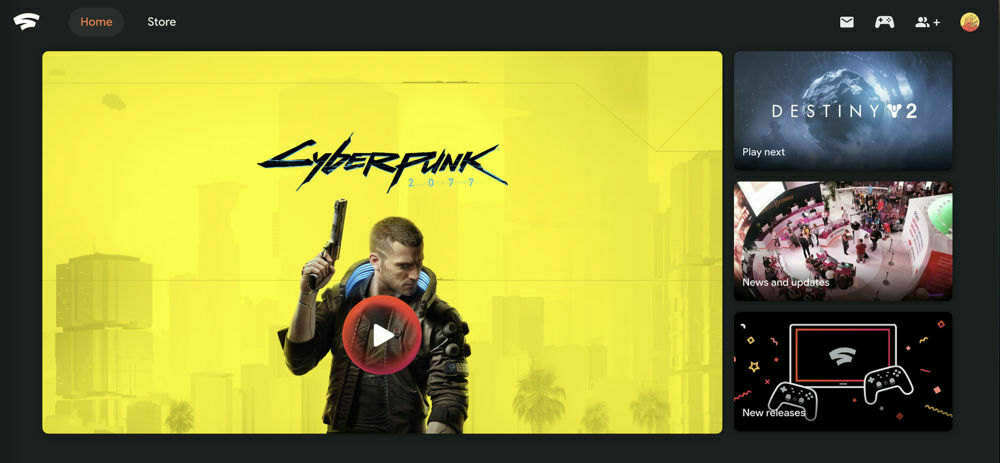
There are quite a few moving parts here, and the website is more than a little confusing. Google of course push you towards signing up without much information. To play Cyberpunk 2077, which is all I set to do, it set me back the price of the game (£50). I borrowed a controller and used an iPad I already had.
There are two free games included with your account Destiny 2 and Bomberman Online, so you can start playing for free. Opt for a ‘Pro’ subscription for £8 a month, and you can claim any of a growing range of games. However, you can only play this while you have an active subscription. Outside the games a pro subscription allows you to stream in 4k, with HDR also available depending on the speed of your internet connection.
There is a free month trial with no purchase necessary to try out a few games and get the feel of the place. Allowing you to play all currently available pro games for a month without a charge. Google sell a Premier Edition controller and Chromecast Ultra for £80 which is the most versatile option, but you can pick these up for very little money in other places.
Games vary in price from a few pounds to large amounts depending on the package you wish to buy.
If like me, you want to play the occasional game and don’t want to spend hundreds on hardware. Chances are you can get going with things you already have or for very minimal outlay. Unfortunately, not all games are available but there is a large library of releases.
The most important thing you will need is a fast, stable connection. If that sounds like you, Stadia is a great way to play almost anywhere.
Just in time for the holidays Apple released Fitness + to the masses and it’s actually pretty good. The barrier to entry unfortunately is pretty high, needing an Apple Watch and a subscription, but I’ve tried it out a little due to having the Premier Apple One Bundle.
I’ve always wanted to get into yoga, but after attending a few ‘beginners classes’ that were definitely not for beginners, Fitness + has allowed me to get going at my pace. There are a huge range of workouts (not an ad) and I’ve enjoyed some HIIT training, with the only downside not being able to change the music and most of it is rubbish!
The biggest thing I have discovered though is the huge amount of these types of videos available for free on YouTube. Sure you don’t get the integration and display of your move-rings on screen, but some of them are brilliantly done. Just another thing that could help if your New Year’s resolution is to work out more, and it might just cut down your spending to — no one needs an expensive gym subscription.
At the moment I am fascinated by the beliefs of others. Not religious or cultural thinking, but the rise of anti-vaccination belief and the other crazy conspiracy theories.
I think this has been exaggerated by COVID-19, but I have always had an interest in the weird things that go on inside other peoples head. Lord knows I have plenty of weird things going on in mine. I am still not sure if there is a stark rise in the existence of people that believe in crazy conspiracy theories, or that they just have the ability to shout louder now.
The psychology of this type of thinking is not linked to intelligence as most people believe, but in fact the higher IQ the person has they can stick much firmer to their beliefs and come up with a greater argument for them. It has more to do with tribalism and the beliefs you have being an indicator of the group you belong to.
Motivated reasoning is how people convince themselves or remain convinced of what they want to believe—they seek out agreeable information and learn it more easily; and they avoid, ignore, devalue, forget, or argue against information that contradicts their beliefs. — Julie Beck
The stories we tell others are a test to see who we believe we can trust. The way people react tells us if they are a person we wish to have around and there would be many anthropological benefits to this. But when you don’t have 150 people around you, you have millions online the weirder the behaviour is.
Think about this when interacting with others over the holiday period. I know we may not be sharing a dinner table with as many people as usual, but you’re still going to come across people that do not believe the same things as you. This doesn’t make them an idiot, it makes them human, try as hard as you can to learn something from the conversations you have — because getting mad gets you nowhere.
Since the launch of iOS14 we’ve seen an influx of widgets for your Home Screen. Apple having finally launched a viable way for you to not only customise the look of your phone, but also gain access to information you need at a glance. So being the health conscious individual I am, I wanted something to help me display the data I need at a glance right on my home-screen and here it is – Fitness Totals.
Managing your long terms fitness goals can be extremely difficult and many options out there seemed to be aimed at athletes rather than those that want to just get active, or shed a bit of the Christmas plump put on over the festive period. Instead of making you feel out of place, Fitness Totals places the emphasis on your weekly and monthly activity totals. Giving you the option to display walking/running, but also cycling, swimming, and wheelchair pushes/distance.
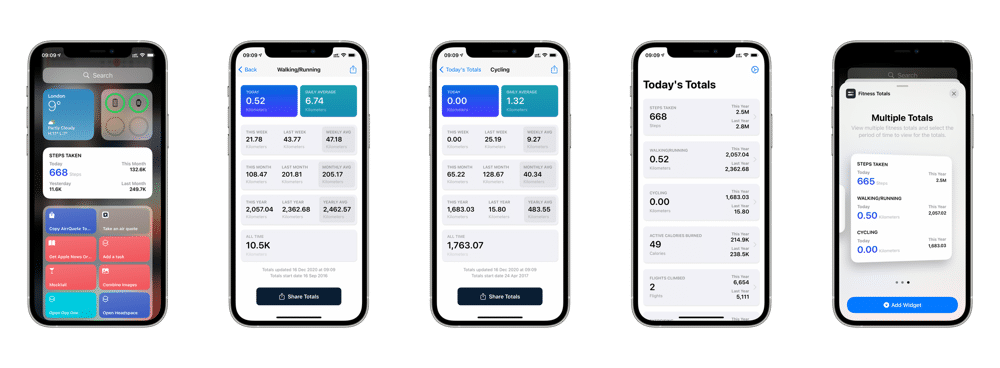
You can choose from a whole range of different widget options in both light and dark mode, as well as 14 different app icons. Meaning that you can tailor the experience to your taste and view the data you value, whenever you need it.
I have been testing the app through its beta period and finding it extremely useful for comparing those stats that really matter to me. Having taken up cycling this year, and particularly enjoying walks with my dog, it’s great to get all the data I value but not have to worry about starting workouts or feeding my information into another service. Fitness Totals plugs straight into Apple Health and uses on device processing, so your data never leaves your phone. You can send your fitness totals to others if you choose to. The sharing features are particularly useful for a bit of friendly competition and give you a bit of a push!
It doesn’t matter if you’re active like me or just thinking about a New Year’s resolution. You can download Fitness Totals from the App Store for just £2.99 and keep focused on your health.
After reading Jeff Perry recent change of heart regarding running a newsletter it really got me thinking about publishing. Whilst I agree wholeheartedly that publishing your work should be as easily available as possible there is just something about writing a newsletter that isn’t the same as a blog post.
Could it be the way I write my blog posts? Perhaps it’s the more personal touch of popping my thoughts into something that appears in your inbox — I’m not really to sure — but I could never stop writing this. I am pleased with the mix I have between reviewing phones and posting tech things, and then sharing short, completely ad-hoc thoughts in a more personal way. I never thought I would get as many readers as I do (I only check subscribers before I send the latest edition, there’s no tracking in my emails) and I am still surprised when people sign up!
Although there are many paid for newsletters that make a huge splash in niche industries or offer a unique personality, you have to earn the right to ask for money first in most instances. Sub-stack is not the best place for sharing your thoughts and ideas, it is a weird hybrid of newsletter and blog that putts too many hurdles in the way of reading in my honest opinion — perhaps Jeff would have been better doing it on Ghost? Who knows, but Jeff is awesome guy and is posting on Tablethabbit.comagain.
One of the great things about writing about how you feel is having to first understand what you do actually feel. Understanding what is going on inside your own mind and who you actually are is one of the hardest things because so often all of these feelings and motivations are on a non verbal level. Very often it isn’t until I see the self expression of someone else I realise I feel like that too, but never knew how to communicate it.
This is one of the huge problems with living in a world of algorithms and curated feeds of information. The AI used to find tune each and everything we see now understands us — the real us, the internal us — far better than we can ever hope to. It understand us and what we need to see to get the best possible result. Surrounding us in a bubble of our own feelings reflected back at us by others.
So when we step out of this haze and interact with people that don’t think and react like we do, it’s a shock to the system. Our self centred nature allows us to completely ignore the feelings of people around us because we are so internally focused on ourselves that we don’t understand any other way. It takes effort to understand the way others think and the reasons behind the way they react.
Too much effort for us to bother with. So we close ourself off in our own curated world, attempt to cancel anything we don’t like and carry on. Why resist. Being surrounded by an environment that understand us, breeds our thoughts and shapes our desires in their own image makes us content. Why bother to understand anyone else not like us. We are happy in this state, but we are not living.
Before starting anything I do, no matter how small I find it important to think about what success in this task looks like. Some things are very simple, you don’t need to comprehend the end result of taking your rubbish out, but the benefit of thinking about the desired outcome for all of your tasks proves very beneficial.
Success is completely different for different people, and dependant on what the task at hand is. For many of the things I do on a daily basis it is producing something physical. Something I can hold in my hand or look at on a screen and be happy with. So success for me in these task is producing something that fulfils, or exceeds, the vision I had for it when I started. Taking an idea and forming a blog post about it is pretty easy, my success is producing something I can hit publish on.
I do not measure my success on the amount of views, likes or whatever metrics surround it. However it is important to consider this in other situations. So what does success look like to you? When do you consider this before starting a task? Try thinking about it before diving in, not afterwards, and you will see just how successful you really are.
Above is a screenshot of my second brain. Taken from the compact graph view of Roam Research showing all of the things I have typed into it in the last few months and their connections to each other. I have fallen off a little recently and being lax in typing out my morning pages and keeping track of everything (see point above about habits) but this is truly one of the best platforms I have ever become invested in.
It contains all of my meeting notes, all of my to-do lists, all of my morning pages as well as everything else you would use a note app for. Combine this with Readwise, and it is starting to truly be my second brain and helping me retain more important stuff than ever. I have around 200 book and article notes stored in Roam, and the platform forms relationships between them without me doing anything, surfacing information to me at various points in the day to aid my life.
It doesn’t matter if I am writing meeting notes, or a blog post, I can easily research any topics and Roam will give me prompts when I have covered the same things before even if I have not linked them together before. Leading to me to retain much less things in my brain and allowing me to concentrate on what is really important. So referring to Roam as a note taking app, and sneering at the price is redundant to me and many others that find the value that it provides priceless.
Listen. My iPhone 12 Pro review is about 3 weeks late at this point and may never see the light of day unless I pull my finger out. The words I have been trying to write abut this phone have been some of the hardest I have ever produced. Not because the iPhone 12 Pro isn’t good, it’s great, but because it doesn’t spark anything in me.
If you’ve used an iPhone in the last, well ever, you know what you’re getting and this new model is no different. In years gone by this would just be the new iPhone. Everyone would buy it and then be on their merry way to another year of iPhone use. But now, Apple produced a full-line up of iPhones and this year the iPhone 12 Pro sits in the middle and confuses pretty much everything.
So, when I set my hands on the iPhone 12 Mini it sparked something in me that I have not felt for a while. It was the same old iOS device I love, but it was different for a change. A truly modern smartphone in a small package (something like the iPhone 5s style) with pretty much nothing taken away.
This phone wins for me. I bought all three sizes this year and this by far is my favourite to use. I have returned all the others but kept this little bundle of joy. Half the time I don’t know where I have put my phone now, and that is the reason I love it so much.
One question has been stuck in my brain for the last week or so. One that was not flippantly asked, but asked with conviction and pursuing a real answer. Zac Cichy pressed his guest Rene Richie to see if people at Apple actually think about the changes that their products and services actually make to not only their users, but also society at large.
This sounds like an obvious question, and one that was answered quite honestly by Rene, being that Steve Jobs and to a certain point many people at Apple, have a more positive view point when talking about their products or advancements in technology. With a natural blind spot to all the bad things that these can also cause. For every boost in communication and productivity gain you get a Facebook and Google (his choice of companies not mine, although I would agree with them).
This invention has the power to drastically alter the nature of human existence. I think it could help humanity. But it could also make things even worse. — Ready Player Two
We trust the brands we invest in, with both our money and our attention, to have the best interests of their users in mind when producing their products. Which in the vast majority of cases is well-founded. However, there are companies where it is more obvious their intentions are more nefarious.
In Steven Levy book “Facebook: The Inside Story” he goes into great detail, whilst being led by several people that are familiar with the matter, on Facebooks problems and therefore its users problems. Brought about by its relentless pursuit of growth at all costs. “Chasing growth that hadn’t happened naturally, attempting to crush competitors” and a leader hell-bent on becoming everything that Facebook wasn’t.
One “unintended consequence” after another proves that not all people think about this stuff, or instead are so shortsighted that it doesn’t even register. Undoubtedly, this happens in every single company on the face of the planet at some stage or another. With every great stride forward comes another towards a future of more technology ingress into our lives, something that can be amazingly positive but also end life as we know it!
I hope to god people think about this stuff, but I have my doubts, and if they do I don’t think they do it hard enough.
In every case, we have been manipulated by marketers, advertisers, and retailers to shop more and more and more.
The artificial manipulation to change our wants and spending stems from our internal desire to create the perfect holiday experience with magical memories for our family and kids. Shopping promised to meet that need, but only detracts from it.
As much as I would love to peach about minimalism some more, the best thing to others that don’t subscribe to to the same view point is to try and remind others about the manipulation involved.
Shopping is such a minefield I only managed to make sense of it once I took a step back and saw it for what it was. Companies trying to make more money in the endless pursuit of growth. Something that is understandable, manipulative but also something you don’t have to subscribe to.
I am a few days away from deciding on which iPhone 12 size to go for and it’s making me think deeper about myself than I am comfortable with. It’s a ridiculous issue to have, but it’s one that I have, so here we are.
For the last few years I have bought the new iPhone released no questions asked. iPhone 5s, 6, 6s plus, 7, X, XS Max and 11 pro. I chose each phone with little hesitation and carried on my merry way without a second thought. Something changed halfway through my time with the 11pro and I realised just how little I was using my £1000 smartphone, so I sold it and used an iPhone SE until the iPhone 12 launch.
Why is this important? Well, this just gives you backstory because this year the line up brings me so much indecision that I ordered three phones! Which is great and all but I now can’t decide which one to use.
There is enough between them to make the choice important, but this issue speaks about my current situation more than it does about the phones themselves. In a pandemic and working from home perhaps dictates a different choice in technology, and whilst I felt the Pixel 5 was made in a pandemic I think the iPhone 12 range is made for a very different work to the one we have now.
The iPhone 12 mini is the phone I want to be a user of. It’s small, light and fills me with minimalistic dreams that I can’t ignore. It’s everything I want from a smartphone, and most of all it leaves much less a mark on my life than the others do.
The iPhone 12 Pro is my default. It’s boring, unassuming but very able to do pretty much everything. It’s the compromise phone and consumes enough of the others in the line ability to potentially be my Goldilocks phone.
The iPhone 12 Pro Max is me giving into my desires and getting what I really want. It caters to my narcissistic urges, is the most powerful and unapologetically massive. You can’t use it one handed very well but it does what it does best and gives you arguably the best media experience. It’s fulfilling my fear of missing out and does more than everything else.
There’s a huge difference between getting what I want and what I need. The iPhone 12 Pro Max is great in some situations but due to its size feels a little like wearing skis all year because you go in the winter. Whereas I know which phone I should use, to remove it as much from my life as possible.
These issues are all internal, and I am aware of this entirely. It’s a stupid issue to have, but I think about it nonetheless. Which one I choose my speak more about myself than actually about the phone.
After touching on the subject in last weeks newsletter, I am inspired by Matt Birchler (once again) to push into finding free apps to replace subscriptions. His new productivity goals have this pegged as number one and I think it’s really important to think about doing the same.
Monthly or yearly subscriptions are great, they support development of apps a services and make sure they receive the money that they deserve. There are more than few I could not live without, Ulysses and Hey to name two of my favourite. However it is really easy to get carried away and just pony up for an app that offers little value or simply because everyone else uses it.
I am a huge believer it not relying on yet another app to make you more productive, you will simply spend more time moving and learning the app than getting things done, and use it as an excuse to procrastinate more. As Matt says in his post “Saving money and reminding myself another tool will not solve my problems” is the right approach to take.
I have recently moved back to using many stock apps instead of renewing subscriptions and in times like these it has saved me quite a bit of money. It also improves internal motivation to get things done, it is me that can get things done not the app. Use whatever it is you have to hand, a pen and paper are often the best tools to use and it might even help you detach from your smartphone or computer for a little while.
I’d love to know more free alternatives you have been using to help you get things done. It doesn’t have to be a task manager or email app. What is a job you used to get done by paying money and have now found a system that is free (or next to free)? Get in touch, because I would love to share tips and tricks to others that could benefit from new ideas.
I’ve been delving into origin stories of some of my sons favourite superhero’s and it got me thinking about mine. You might think I have been around here for ages. Bleating on about Apple news like some kind of village idiot and generally writing things no one reads. However, my Apple usage has been a relatively short one, and started at random points during the last 10 years.
iPhone
I came to the iPhone really early in its life but was gone quickly. I managed to convince my mum to get me an iPhone 3G on a ridiculously expensive monthly contract about 2 weeks after it came out. At the time I had a Nokia N73 and touchscreen phones were the way to go, but nothing came close to the iPhone.
After this brief time with a 3G I left and never looked back. Then began a long stream of Android phones that when I look at now, although fun to use, never lived up to an iPhone. The problem was, iPhones were much more expensive and exclusive to one network, which meant they were impossible to consider for quite a while.
I resisted is as long as I could but came back again to the iPhone 5s. It was the first iPhone for a while reviewers were raving about and I was looking for something to work with my iPad. Couple this and my blossoming love for the iMac meant that an iPhone just made sense.
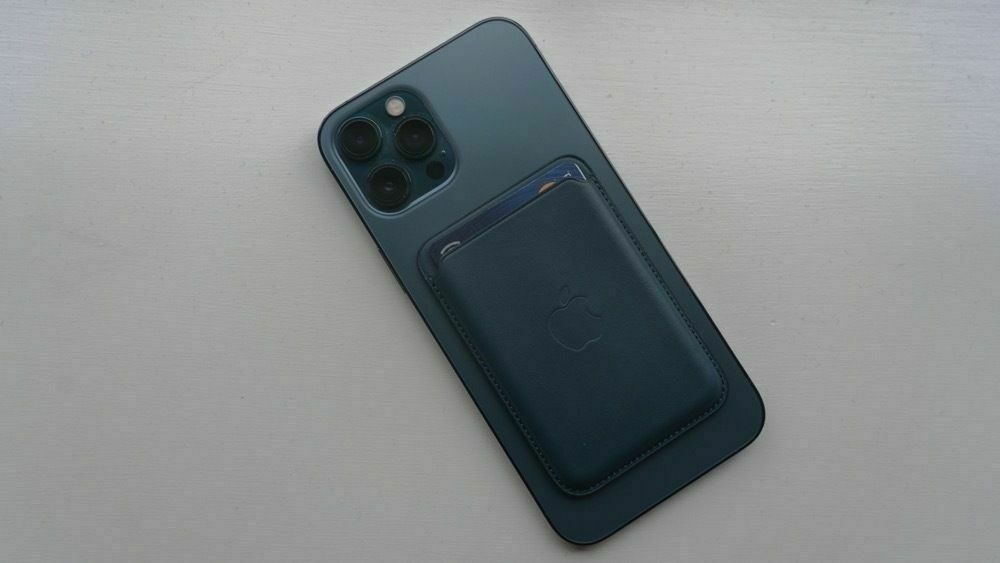 iPad
iPad
When the iPad first came out I wanted one, but couldn’t get hold of one anywhere. It was months later before I got my hands on one as a Christmas present. I liked the idea of being able to play games with my kids on it and Lucie loved swiping around on the screen. This felt like the future to me, but it stayed very much a consumption device and the initial excitement faded into the background.
At the time I was hardcore into Android and had a long stream of new tablets to try out through my day job. I then didn’t pick up an iPad again until I moved into a new career and was handed an iPad Air as my main device. I didn’t really know what to do with it, but had to complete site visit reports on it so it also became my Laptop.
I poured over guides from MacStories, downloaded editorial guides and a year or so later began to lose hours of my life to the new hot thing that was Workflow. I bought a Logitech keyboard cases to go with it and never used anything else other than my iPad when I wasn’t sat at a desk. It became my computer a long time before Apple started marketing it as one, and before it came the new hotness to brag about on Twitter.
Mac
I began using a MacBook alongside an Android phone simply because Windows PCs became unappealing to me. When looking for a new laptop in a local electronics store I was encouraged to have a look at a MacBook. I am sure this was to try and upsell me something, but I was unimpressed with Windows 8 and really didn’t want to mess around with it any longer.
Over the next few weeks I did some research and settled on a used MacBook Pro. I bought this through Facebook, and picked it up the next day. I have no idea what model it was but it was in incredible shape and did me proud. A few months later I picked up a new MacBook Air for a steal as it was being replaced by a new version. This was the old non-retina version and although great it didn’t quite live up to my old MacBook Pro.
About six months later I picked up a New MacBook Pro Retina on Boxing Day sales and my life with a Mac continued ever since. When I began podcasting a lot I picked up a second hand iMac from the head of our IT department and only upgraded this last year to an iMac Pro.
My journey into the Apple ecosystem has been a long one but an interesting one. The reverse of many other stories I have heard, as most then to start with an iPhone and go from there. I have considered trying to jumping the walls a few times in the past, but never manage it. The Apple Echo system just suits me, and its simply where I feel most at home.
Yeah, I’m that guy this year. I couldn’t decide which iPhone size I wanted, so I got them all. It’s a weird position to be in but also provides me with some deeper insights into the real differences. I am not talking about specs and all those kinds of figures that people get too caught up in, the real things that make a difference to actually using the device. One of the strangest ones I have had to think about this year is the MagSafe wallet — so here is how it fits with each size iPhone.
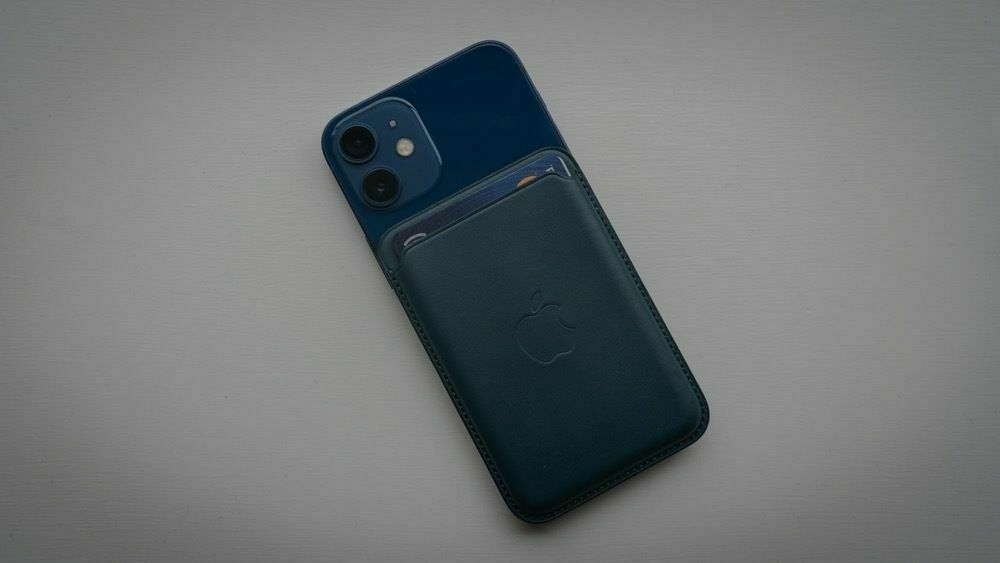
The smallest of the bunch is, somewhat understandably, the worst one regarding the MagSafe wallet. The iPhone 12 Mini is the same width as the wallet and the magnet position mean it goes all the way to the bottom of the phone also.
Meaning no margin for error, but a nice neat look and a perfect fit — in theory. In reality this means it’s the hardest to get on fully, and it’s also the easiest to move off the edge of the phone. The small size of the iPhone 12 Mini also means that it is the hardest to get off when you need to get a card out. Mainly because the only option you have is pushing it down from the top not side to side.
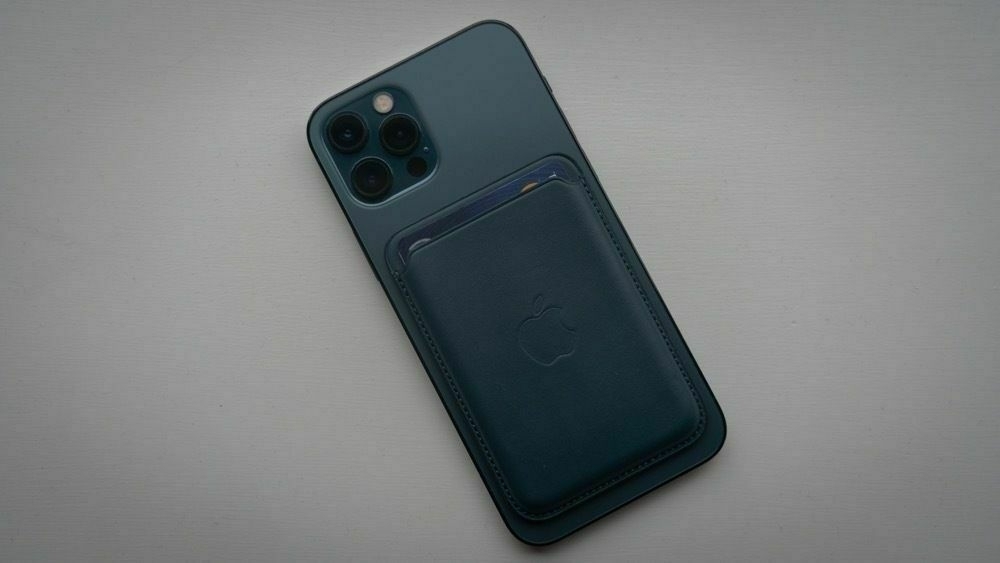
The best compromise in the sizes of iPhones is arguably the best size to use the MagSafe wallet with. When fitting the wallet you have some room around the phone to position the wallet securely if you don’t get it right straight away. Also some space on the back of the phone to remove the wallet easier when you need to get a card out.
It lacks the neatness of the iPhone 12 Mini, but doesn’t look too bad at all. I have also found that when using the MagSafe wallet on the back of your iPhone 12 Pro or iPhone 12, the phone is easier to hold. I feel much more comfortable using my phone out the house without a case when the wallet is attached enabling a bit more grip.
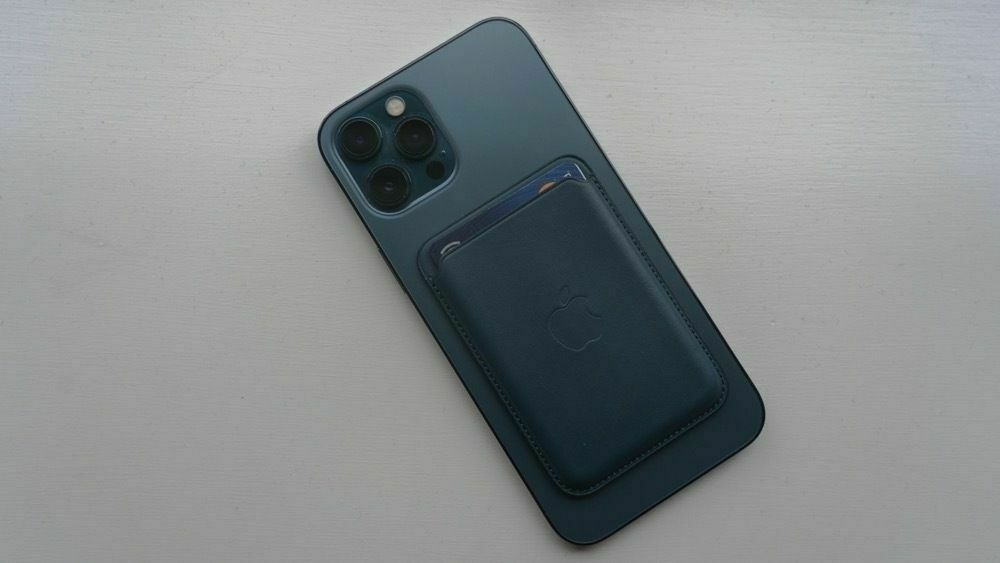
If you’ve read this far, you’re interested in what the MagSafe wallet is like with the biggest iPhone ever! The iPhone 12 Pro Max is humongous so there is no getting around that the wallet looks, well a bit weird!
There is quite a bit of room around the wallet, given the expansive slab of glass. It also moves around quite a bit when you are trying to use the phone, due to needing significant hand gymnastics. Quite often the MagSafe Wallet will move from side to side, and occasionally making me a little nervous!
The positive is that there is plenty of room for you to move the wallet to the correct position if you get it wrong. However, I would love to see a bigger version for the Pro Max simply so it doesn’t look so lost on the back of the phone.
MagSafe, especially the wallet, feels a little like version one so I am sure we will see revisions on future phones. Stronger magnets and better connections are a must as well as different sized accessories. However, the MagSafe wallet is a great addition to my fairly minimal lifestyle, so I’m pretty happy so far.
Three years ago I was dismissive of the zoom lens that featured on the bigger versions of the iPhone. In part because I didn’t want a bigger phone, in part because the lens didn’t offer me much at that time, and there maybe me talking myself out of spending more money in there too.
Whilst many others, and Apple, have never been dismissive of the ability to get that little closer to your subject, they haven’t given it the attention it really needs. It terms of ability it often comes behind the main (or wide) lens, loosing quite a lot of detail. Although the telephoto lens is improved on the iPhone 12 Pro Max with a bigger sensor and wider ƒ/2.2 aperture, it still seems to lag behind the main sensor.
Yet in stark contrast to my thoughts a few years ago, I think the telephoto lens is used the vast majority of the time. Taping the 2x on the screen gets you a more representative image of what your eye is seeing (at 52 mm equivalent) and gets you closer to what you’re trying to shoot. In many situations it becomes the default.
Portraits, photos with a subject, information shots — in fact pretty much anything other than a landscape or group photo become the telephotos stomping ground. Yet the quality of the shots just don’t stand up to images on the wide lens. I am hoping Apple addresses this going forward, as they clearly see photography as being a huge selling point of the iPhone.
Perhaps next year we will see the larger sensor triple down to the smaller iPhone pro, and the pro max can push on even further by introducing lager sensors and better lenses. Using the iPhone 12 Pro Max for just short time has already proven handy to get a further 0.5x towards a subject I am trying to shoot.
I am currently trying, and failing quite a lot, to write my iPhone 12 review. Not because it isn’t an excellent phone, but it’s hard to review something that is basically the same as the old one. Cramming in 5g and changing the design to flat sides (why?) aside there is not a lot fundamentally changed. However, this has me thinking about a wider question of separating the iPhone from the iPhone Pro. What exactly is a Pro iPhone?
You tell your mum to buy an iPhone because it’s easy to use, you push the square you get the app. Yet dig a little deeper and you can delve into power features and now with iOS 14 actually start to customise your phone to whole new levels. The iPhone 12 Pro doesn’t change any of these interaction elements, which is both a good and a bad thing. It means that an iPhone feels like an iPhone. You’re using the same iPhone that you see in the hands of powerful people, but you’re also using the same iPhone as everyone else.
The Pro moniker appears to separate these two types of people now, creating a separate brand for those that like shiny things that are the best you can get in an iPhone package. Give those wanting something above and beyond the standard iPhone range, and also something to play into those that yearn for a status symbol. In the same way you see coffee shops littered with £2,000 macBook Pros for writing emails. A Pro for a Pro’s sake.
[youtu.be/G-M13O-ur…](https://youtu.be/G-M13O-urnA)
Despite ordering weeks ago, out of the blue my MagSafe Wallet turned up yesterday. I happily posted a picture on Twitter and all of a sudden quite a few people wanted to ask questions about it. So, I thought I might as well answer them all at once.
There is space for three cards to fit, that’s it. No more. However, the case is quite a snag fit so you won’t have any issues using one or to cards in there without them falling out.
There is also obviously no space for money, it’s very minimalist.
I opted for Baltic Blue, which pairs really well with the Pacific Blue iPhone 12 Pro I have, and also the Blue silicone case I occasionally use.
The real question we all wanted to know. The short answer is they will be fine. However, the longer one is, probably not as strong as they should be.
When in use I don’t think the wallet will slide off without you knowing about it, but it doesn’t sit nearly as solidly as the iPad Magic Keyboard. Particularly at the bottom it doesn’t take much force to move it around, and when using the phone you can feel it move around some times.
The reality is if you are not paying attention and wearing slim fitting trousers it may come off when you put your phone in your pocket. Using the wallet with a case adds a bit more friction, but I would like to see the address in a future update — I don’t think it is as secure as it should be.
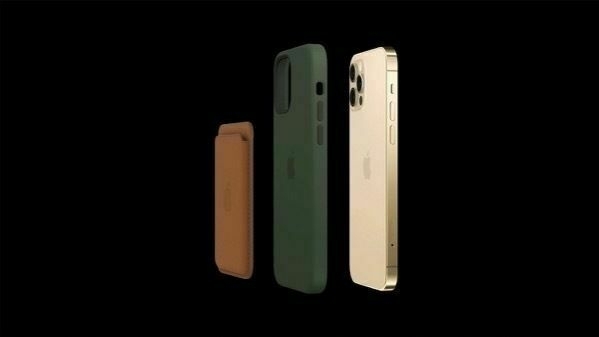
Nope, not at all, no wireless chargers work with the wallet attached. Not only it is probably too thick, but the wallet is shielded so you don’t ruin your cards, so nothing will get through anyway.
As soon as Apple showed off the iPhone 12 new design I was already dubious about how it would feel in the hand. Flat edges are great to look at, but there is a reason that no one uses them for modern smartphones. Put simply your hands are curved.
Sure the design of the iPhone 4/5 is lauded above all others, and the flat sides are part of that excellent design package, but this was at a time when screens and screen-time counts were much smaller. It still is a truly iconic design, but when your screen is 6.1inches and the phone weighs in at 183g it just doesn’t work.
Undoubtedly, some people love the new design. Looking at it from afar it’s easy to see the huge change in design, and how great it looks. However, design has as much to do with function as it does form, and this just doesn’t work in your hand. The edges are uncomfortable, the weight is needlessly excessive, and it hurts my hands to use it.
Perhaps I am spoilt. After using the Pixel 5 and Note 20 ultra, they both feature a great feel it the hand. With the Pixel 5 sporting a similar 6inch screen in a much smaller, more ergonomic package that truly is a wonder to use. Sure it doesn’t feature the same types of materials, but high quality doesn’t mean great design. New users must take this into account when thinking about buying an iPhone 12 Pro especially.
I can understand why the change has been made. The iPad Pro, and new iPad Air, share a similar aesthetic and it’s important to reflect this in your line up. Without changing the design of the iPhone 12, what actually would have been updated from the iPhone 11? Growth at all costs leads to changes for changes sake, and you can claim that the flat design is ”timeless iPhone design” all you like. The fact remains that the iPhones design was curved for much longer than to was ever flat. For good reason.
The once notorious equal chin and forehead bezels with a round home button could be picked out in a crowed market. This iconic design has been replaced with the notched all screen display. Apple did not need to flatten the edges to make the iPhone stand out, it needed to work harder to build value to the design they have.
Perhaps the iPhone 12 mini will feel much better, perhaps it’s a non issue that people will get used to, and no doubt we will see loads of copycat designs now. However, right here, right now there is a reason other phones are not flat because they are designed to use not to look at. When all is said and done, a £1000 should feel better than this.
A few times a year these kinds of posts start to appear. Around the time of installing new iOS updates, or getting a new phone, users start to think about what’s on their phone, and new people start to look for apps to use. Here are some of my favourite apps that are my first installs on any new phone.
I go backwards and forwards on podcast apps, but one that remains my favourite is Pocketcasts. It works brilliantly across platforms, so I can still use it when testing Android devices, but also has a great macOS app and web player.
You’ll have to upgrade to get all the features, but that’s only £9.99 a year and includes a brilliant watchOS app that streams podcasts even better than the stock app. Oh, and it looks awesome too!

Another staple of my daily usage is my task manager of choice, sure I have used others briefly, but it’s been on my device for years now. There are other apps that look prettier and perhaps have more in-depth customisation but to put it simply I can’t find any other app that can get your tasks from your brain into a plan quicker and easier. Todoist is also cross-platform and works petty much anywhere which is a huge bonus.

Now for something completely different, an app that provides most of my background sound. Dark Noise is the app I turn to when working, it not only provides the best ambient sounds around but is also the best designed app I think I have ever seen! The developer Charlie is all kinds of awesome too.

When I am not listening to podcasts, or ambient noise I spend at least 20 minutes every day meditating. Headspace is a popular choice for those wanting to work on their mindfulness, and for good reason as its packed full of features. You can get 10 days free to try it out too!

Every year, when my subscription comes to an end, I try and find something better to use as a read it later service. Each year I fail. There are cheaper options, there are newer services but I simply can’t find anything better that captures all the text from articles and also surfaces posts about interesting topics. At £35 per year it’s not cheap, but you can use it completely free with a few customisations removed and also a few ads in your article feed.

Honourable mention to 1Password, Hey email, Reeder 5 and Strava. If I have missed something, don’t be shy let me know and recommend me your favourite apps.
Every iPhone release time everyone starts focusing on the cameras in them. Loads of people go for photo walks and get great shots “with just a smartphone” and even more people start to question the role of a dedicated camera.
That’s because for more than 10 years the smartphone has cannibalised the point and shoot camera market. The reason Apple worked so hard on the original iPhone was because they knew people didn’t want to carry around a phone, iPod and camera, and even perhaps a PDA — and that is still true today.
The best camera is always the one you have with you, and its ability is very tailored to the type of images you are going to take, but also give you the flexibility to use it more in-depth. While phone cameras are great, I take the vast majority of my pictures on them, nothing beats a dedicated camera in my mind. Anything from a simple point and shoot to a DSLR camera will give you much better shots and enable you to do much more.
But the question really is, what do you want out of a camera, and most people just want a nice image they can lay a filter over and post to Instagram. Increasingly users are asking more and more from their cameras though, and the manufactures are needing to lean more and more on algorithms and computational processing to achieve things you can do easily with a dedicated camera.
There is more than a little bias here because I love my A7iii so much, but I don’t think an iPhone will ever get anywhere near even an entry-level Alpha shooter. Couple this with the ability to wonder around somewhere completely disconnected from the world and look for shots means a camera always wins for me.
My shiny thing arrived on Friday. The new iPhone 12 Pro was delivered really early in the morning, and within minutes started to fill me with the feelings that I knew it would. It feels pretty much the same as the last one, and also the one before that, bringing such tiny updates that if they hadn’t changed the edges to flat ones you’d be hard pushed to tell the difference. Read more thoughts here
It doesn’t do anything new for me, apart from hurt my hands. Quite why Apple chose to move the design back to such an unergonomic one I will never know. Apple sold me a dream of owning a new thing that I really needed, but the effect too mere minutes to wear off. I have bought the new iPhone every year since the iPhone 6 and used them all the way through. Not because better phones don’t exist, but because iPhone suits me much better than anything else.
Undoubtably the iPhone 12 Pro is much better than anything else available, but I just don’t enjoy using it. I am not a ‘power user’ — which is a euphemism for use your phone far too much — so I do not need top of the line everything. For the last few months I have been using an iPhone SE as my ‘home’ phone and it is one of the best phones I have ever bought.
I write to you at the end of a horrible two weeks. Even in this position of privilege I have, my eyes have been opened simply by the fact I am not allowed to leave my house. In fact, if you read this on the day it is published, it is my last day inside, and I am just a few hours away from being able to leave the walls of my home — and what a privilege that will feel like.
Due to my father-in-law testing positive (and also being quite ill) we have had to self-isolate for 14 days due to close contact. They are part of our support bubble for Lucie and as such we could have contracted it too. I am glad to say we have been lucky to escape, my mother-in-law has not been so lucky, and everything is fine, but we went through our battle regardless.
Isolating is a weird thing to have to go through. On the surface if it, and indeed looking back at it, we will see that in the grand scheme of things it’s not hard. You have to stay in a place of infinite number of entertainment possibilities. It’s warm, safe and filled full of creature comforts. Simply because you can’t do that one thing, you realise how much you enjoy it.
The first few days are OK, you start to wonder why you wasted so much time with the big wide world when you can get so much done when staying in. DIY tasks are competed, jobs are done and things tidied up. Yet after a while it starts to drag, all I can think about is walking the dog with the wind in my face or the sun on my back. Enjoying the world, and doing nothing more than simply being outside. Tasks I need to complete cannot be done without a trip somewhere or another and the same walls become tiresome.
The garden just doesn’t cut it, I need space to walk and routes to take, I won’t do nearly as much as I could do but simply knowing I can, is comforting. I start to think about how much I go outside, and how much I value but take for granted about it. I think about the liberties that are taken away by those that can’t go out, either by punishment or circumstance and all the possibilities it brings. Many people go through much worse than I, and I am respectful of these situations, but it’s been hard and I don’t want to do it again!
It’s been three years since I used a Pixel device. Not since the first version was I even motivated to pick one up and try it out. They all excelled in specific areas, but always suffered from some frankly jaw-dropping issues or hardware omissions — and when they somewhat sorted it all out with the Pixel 4 they wanted to charge premium prices and not deliver on the premium part.
Something changed with the Pixel 5. Amid a pandemic Google began to focus on what they could do to bring a device together, and perhaps what their customers wanted. So instead of weird and wonderful new developments they absolutely promise to develop, they took half a step back. Creating a device that leans on tried and tested hardware, not the bleeding edge. Just reliable specs, done well and priced at a point that Google felt it can complete.
At £599 in the UK (yay for no mmWave) it is a steal of a smartphone. Googles very own Android version, on hardware chosen to run it at peak optimisations — or at least thats what we are led to believe.
Despite there being loads of progress in this middle-top section (between £400-£800) the Pixel has an advantage that it is Googles flagship. So, it gets more development attention than many phones at this price point. While some companies cut things out to save costs and also not overshadow their top-tier handsets, Google can put in as much as they can for the price point they want to hit. While augments can be made that the Pixel 5 doesn’t have the bleeding edge of everything like other flagships, when you look at a phone such as the Note 20 Ultra, the Pixel 5 is half the price.
In actual use these supposed cuts are mostly nowhere to be found. The Snapdragon 765G provides more than enough power for every situation. Sure it isn’t as powerful as the 865, but who actually uses the power that these chips possess? I would challenge anyone that uses this phone to find any stutter or lag, or any situations where the thought of having a more powerful processor ever crops up. Even whilst gaming and editing images the phone never misses a beat — I am sure you could find lag somewhere that is caused directly by the processor but I have never seen it.
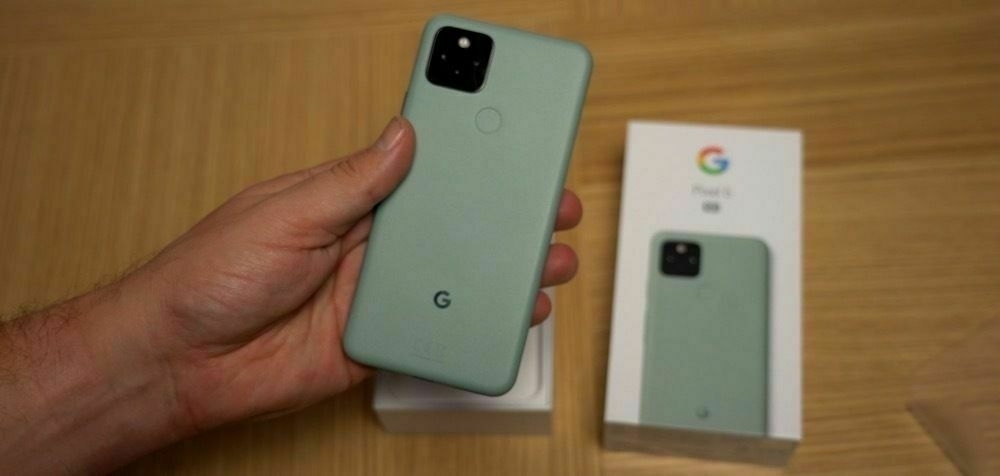
In fact, this ‘cut’ leads to battery life that is truly unbelievable. Let me say that again because it has never happened on a Google phone before — the battery life is insanely good. In fact, I can’t kill it! 8 hours screen on time is achievable, and some of my more leisurely days this week I got almost two days of use. Something helped by Googles option for a more reserved battery life processor, and no doubt software optimisations, squeezed every minute possible out of the 4080mAh battery.
Use it a lot I did because it is such a delight to use. The build quality feel, the ergonomic design and this hardware combination make a hard to resist package. Whilst the screen is a long way off the highest resolution on the market, its 6inch 1080 × 2340 (432 ppi) is one you won’t find major issues with, but it is very dim and the auto-brightness terribly slow.
Some slowdown or issues you may usually find in mid range hardware is smoothed out by the 90hz. Colours are natural and very pleasing to the eye, while text is sharp and the screen is all around absolutely fine to use. As we find with many of the choices made when building the Pixel 5, many words are written about the lack or this and that — but when you actually use it the phone, you realise what really matters.
There is no XL version this year, meaning that the Pixel 5 sits somewhere between the two, and with slim bezels and all metal build. In my opinion, this phone is the best feeling smartphone this year. The design may put some off as boring or utilitarian, but in a world on folding smartphones and weird innovations, Goole have carved out a simple but pleasing ‘candy bar’ smartphone that is both functional and still notably a Pixel.
The Sage colour I have is the only colour you should consider, the black version just doesn’t have the same appeal as the mottled green matte resin Google have covered the back in. This covering over the Aluminium body provides some rigidity to the design, meaning that wireless coils can be covered up, and the device always feel welcoming.
The design only broken by a slightly recessed fingerprint sensor, one that is fast and reliable and secure. It is a little strange to go back to rear mounted sensors after using more modern biometric options, but after a few moments it becomes smooth and natural, and you begin to wonder why things ever changed. Face unlock is fine, but this phone was designed in a pandemic, so you can understand the switch.
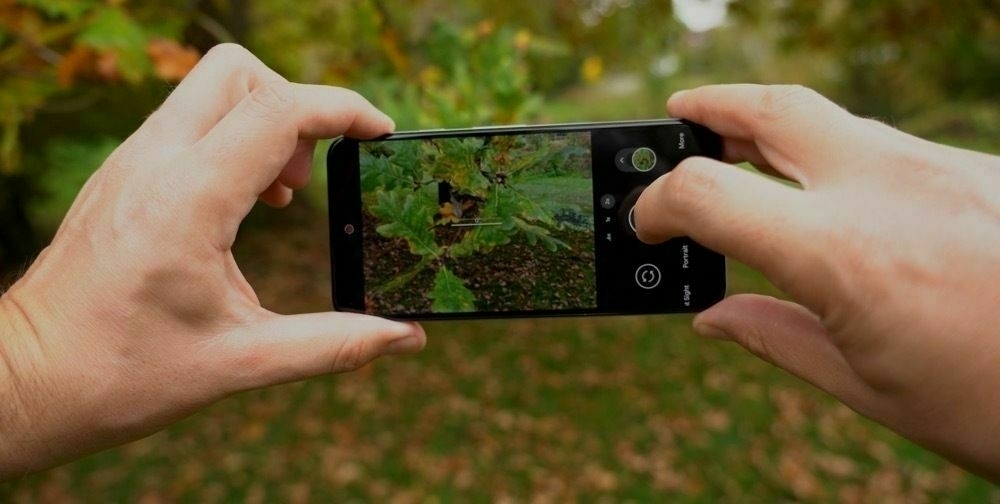
Since the very first version, Google put all its marketing and development into the Pixel Camera. It took top marks on DxOMarkMobile then, and has ranked very highly since then. The Pixel 5 continues this successful trend of doing more with less, and takes some truly amazing pictures. Its focus on black magic level image processing has led it to be lauded above many much more expensive phones and while it is still an extremely great camera, this year the sensor has really started to show its age.
Google definitely has its reasons, it couldn’t find another sensor to work very well with its processing algorithms, there is no avoiding the fact that newer more modern sensors are frankly much better. The 12MP IMX363 which first appeared on the Pixel 3, and is not far removed from the one on the Pixel 2, is now a long way behind larger higher quality sensors. While Google bridged the gaps with software in days past, the competition now takes as good, if not better shots.
With that said, the Camera is a delight to use — capturing images quickly and easily and achieving photos to be proud of in almost any situation. It punches well above it weight at only £599, and the edition of an ultra-wide lens makes it much more versatile.
The Pixel 5, as with those that have gone before it, excels in low light, and makes a mean portrait, but most of this is post-processing, so what you see in the preview window might not actually what the image turns out as. It also could be different again when you look at the photo on Google Photos later. Frankly that is usually a great thing, if a little baffling at first, and Google makes it easier to edit or revert changes made. Introducing a process of being able to change the angle of the light in portrait shots. Something that I feel only Google would do, and is amazing to play with, but ultimately, one of those features no-one uses.
Which brings us to a larger discussion about Google and Pixel version of Android. It’s a version that crops up nowhere else. A few that get close, but no-one does it as well. The Pixel always stays true to a Google vision of their OS, pushing features to it first, or sometimes exclusively to the Pixel Line.
This is one huge reason why the Pixel doesn’t need the top of the range processor because Android on the Pixel is nearly always fast and smooth. You get updates first, with Android 11 on board a long time before some are every shipping Android 10 to handsets. Google have also promised this for three years from release, so users will always be up to date — but what happens when Android isn’t optimised for this processor is anyone’s guess.
There are loads of software delights that you sometimes stubble on such as the power menu now highlighting compatible smart home gadgets and Google Pay cards. Unfortunately, my version does not feature the Google Assistant On Hold feature as it is US only, but does have live transcribe for any audio just a tap away at any point.
Google want Android to be as useful as possible while collecting data it can use to sell you things and companies adverts. We are all well are of that, and Android on the Pixel is the best possible version of that. You forgive the little quirks and the pestering for maps reviews because the OS is straightforward and a delight to use. Surfacing information, sending you notifications when you need them and being all around a great experience. There is nothing getting in the way on a Pixel, no third-party layers of options, not OEM themes. Just you and Google, and I like that.
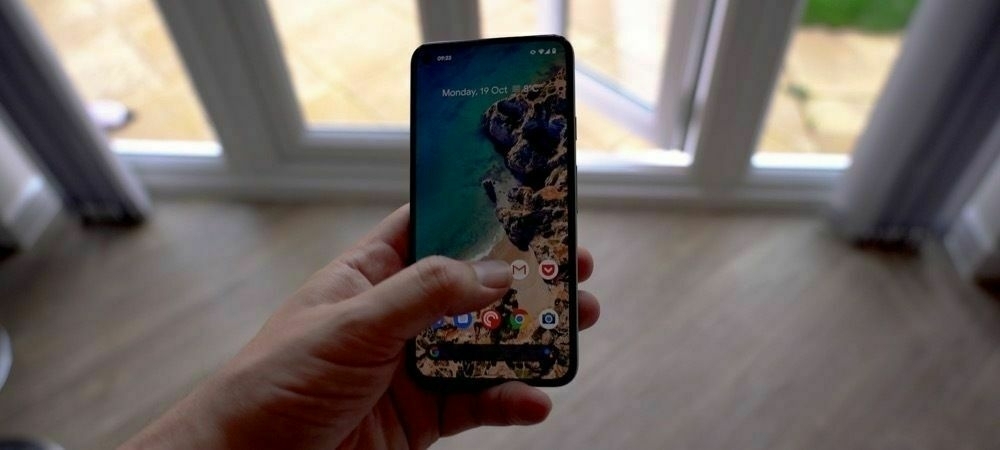
It’s easy to sum up a Pixel device. Good software, great camera and some compromises somewhere — but with the Pixel 5 they have found their hardware mojo. By actually stepping back and building a device for the current circumstances, they have made ultimately a better phone. No gimmicks, nothing new to learn, just tried and tested hardware all wrapped up in hardware that delivers.
I feel like my review is about a thousand words too short, but because we know what we are getting with Googles best the words have already been written. The Pixel 5 does open up a more interesting topic around the demand for keeping up to a specification race no-one needs, but when you pick up the device and use it all of that falls away.
You can point at this spec and that spec, but when you combine these things together in a Google package the Pixel 5 punches well above its weight. Although the camera shows its age, it’s still a delight to use and its software smarts sorts out shooting errors anyway. This is easily the best Pixel ever — and I wouldn’t recommend you buy anything else unless the few ‘cuts’ are things you simply can’t do without.
After using as many phones as I have over the last 12 months you begin to see things a little differently to just swopping your sim out once a year. While it’s easy to get complacent and just move to the next phone, I simply can’t do that and have to give each phone at least a couple of weeks try whatever my initial feelings are. Some I love and then fall away from quickly like the Galaxy Fold 2, some I love all the way through like the Note 20 Ultra, and some leave me perplexed from the very start.
Unfortunately my beloved iPhone does that to me this year, so I feel compelled to share some initial thoughts on the iPhone 12 Pro — but this is far from a review.
There are no words I can say to sum up this design change that do anything other that tell you how much I hate it! I love the look of the square sides and am all for bringing the design in line with the iPad Pro because that also looks great. However, there is a reason every other thing you hold is as curved as possible, your hand doesn’t like it any other way.
I love the iPhone 5 design, its boxes neatness is one I still keep around in the form of an SE, and sometimes just look at it and appreciate it. Times have changed though, phones no longer feature 4-inch displays and weigh 113g. They contain 6.1” screens and are built of premium materials weighing 182g and frankly it hurts a little.
Granted it is early days, and things sometimes take a little getting used to but I really don’t like it at all. The boxy design looks great but functions terribly to a point where I don’t think I want to use it any longer. I can’t get behind a design that makes the phone feel much thinker than the iPhone 11 Pro, when in fact it isn’t!
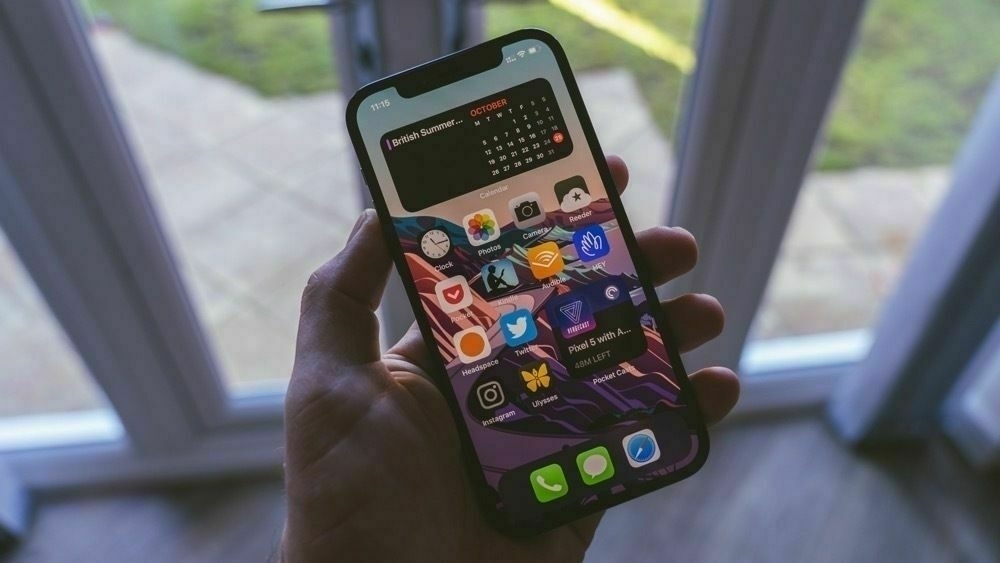
Outside of this the iPhone 12 Pro retains everything else that is great about an iPhone. Featuring the same matt back that the iPhone 11 had, meaning that going caseless doesn’t mean you need a polishing rag with you at all times — at least not for the back. The Pacific Blue version I have has a polished band around the sides that is one of the hardest things to keep clean I have ever come across! The white iPhones have struggled with this issue much longer, but unfortunately, there is more surface area on the sides now, or they are easier to see, whatever the reason it’s a fingerprint magnet.
Battery life seems to be OK, sitting here on Wi-Fi 90% of the time, but is noticeably worse in current usage. It’s never going to run out on me given my more limited usage, but I am using it much more in this ‘getting to know you’ phase of my testing. Those venturing out and even more so when using 5G may have an issue on their hands, but we will see how this goes. I have noticed it getting hot a few times, so this may just be things settling down and syncing from the cloud still. I can’t see an issue with 6+hours of screen on time though.
Unfortunately due to being isolated, I haven’t had much chance to really try the camera out other than wandering around my house and snapping a few shots. In good light it is great, as was the iPhone 11 Pro, so this comes as little surprise. Images retain loads of detail, great dynamic range and the new HDR processing is a big leap forward.
In terms of the camera as a whole, this isn’t a huge improvement, but you are hardly going to get this given that last years iPhone 11 Pro is easily the best smartphone camera on the market. Others do well, with the Note 20 a delight to use, but the iPhone just gets it right so often with little work. The biggest improvement is in the fine detail captured, deep fusion works on all cameras this year and you can really see this at work.
The post-processing at work on the iPhone 12 Pro seems to take it easier than ever before. I don’t see nearly as much grain from iOS trying to lighten things up too much, and it keeps shadows much darker. I much prefer the look of the more natural colours in iOS photos, and I am glad to say nothing changes in this years phone — no weird skin smoothing either.
It is impossible for me to say for sure at this stage, but portrait shots seem much easier to shoot than ever before, no doubt helped by the LIDAR sensor. Night mode portraits are great unless there is too much backlight, but only work with the wide sense and not the usual 2x.
I am conflicted. I have bought the new iPhone every year since the iPhone 6 and used them all the way through. Not because better phones don’t exist, but because iPhone suits me much better than anything else. I am not a ‘power user’ which is a euphemism for use your phone far too much, so I do not need top of the line everything. For the last few months I have been using an iPhone SE as my ‘home’ phone and it is one of the best phones I have ever bought.
Undoubtably the iPhone 12 Pro is much better than anything else available, but I just don’t enjoy using it. The camera is indeed great, but it was great last year too. I am so disappointed by the feel of the phone in my hand that I am considering returning it pretty much straight away. The only thing stopping me is my desire to give the phone real usage, and my thoughts may change…perhaps.
A flower in the weeds

One of the proximal causes of the COVID-19 issues here in the UK has been a dramatic reduction in my podcast listening. I no longer have any commute to speak of, and even though I have tried to listen in my home office I just can’t get into it.
The few I am listening to are, as Andy would put it, ones that spark joy in me, or that are too interesting to not listen to. So I have to find excuses to go for an extra long walk, or exercise a bit longer, so I can squeeze them in. You could say these are those that I like the most.
“A podcast about the internet’ that is actually an unfailingly original exploration of modern life and how to survive it.” — The Guardian
I never miss an episode, some of the investigative journalism in the show is truly outrageous. From investigating Twitter memes to solving the internets mysteries, the episodes never fail to entertain me.
One of the few tech-based shows I keep up with because it is not about phone specs and the newest hardware. It’s about wider issues and improvements to technology as a whole.
A new discovery for me after watching many of Ali’s videos. Topics are wide-ranging and cover topics that make you think. As they put it they talk about “things that are hard to examine, but important to explore”.
Since getting stuck into cycling, but not giving a damn about what the pros get up to, I searched for something that filled that gap. A comedian and a coach filled it superbly with this funny and interesting show for people just like me!
I am subscribed to a few more, but never get time to keep up to date with any others than these. I am sure many others have similar problems since ditching the commute, but if there are some I am missing out on please let me know.
Matt Birchler wrote:
the iPhone 11 Pro has had by far the best camera I’ve ever used in a phone, and yes I do include the Pixel in that statement.
I whole heartedly agree with that statement. Android Cameras sometimes get very close (The Note 20 Ultra being the best) but for some reason the iPhone gets better shots that are much easier to achieve. It’s not faultless but it’s just so easy to use that you want to take photos with it.
I have only written very briefly about my rapid adoption of Roam Research to dump all of my stuff into. In depth words are hard for me to sum up, I struggle to even bring together an outline of how I use it, simply because it is so flexible and powerful. I use it for everything from meeting notes to journalling, I put almost everything that I think about in here to form my second brain.
This is a widely used term to describe the process of loading everything to another place. Most people associate this with a note app, but it doesn’t have to be digital at all, it can simply be a notebook or task manager. I have tried this several times, and adopted Evernote and Apple Notes at different points in my life. Although they are both great apps, I could never access the information when I wanted to — or even better, when I wasn’t even aware I needed to.
By building out my second brain on Roam I can link together ideas that come from many places and piece them all together with ease. Of the notes apps I have tried, they make the process of storing and retrieving them liner by nature, whereas by using a bi-directional linking model, as Nat Eliason puts it, Roam allows “notes live nowhere and everywhere”.
New notes are created with minimal interaction, and because of the powerful underlying technology, ideas start to come together without any interaction from me. It only gets more useful the more information you put into it, linking together words and phrases that surface when I need them to. It is a strange system to get use to, and an expensive one to buy into, but it has already proven its worth for all aspects of my life and I truly can never go back.
As for what phone I intend to buy, the differences between the Pro and Pro Max are substantial enough to for me to make the leap to the Max
I worry the size will be too big for me
These are the two statements that encompass my feeling around the new iPhones. I have a great camera (A7iii) but I don’t always carry it around with me. I am really interested in taking shots in proRAW on my iPhone and editing them later.
I want the best camera I cna get for the money, but don’t really want a huge phone — in actual fact I want the mini — so I am a bit stuck and also underwhelmed.
When I sit down and think about doing a review, I want to answer the questions I would have about using a device. I think about the unique things that make this phone worth while, and the things I need answering in order to buy one. When it comes to the Galaxy Note line of handsets it is becoming harder and harder to differentiate them past a stylus – but there’s actually a lot to look at in my Samsung Galaxy Note 20 Ultra review.
I realise that I am doing these two phones in the wrong order. Before the Galaxy Z Fold 2 came the Note 20 Ultra. But given how different the Fold is to use, arguably the better device sat in the side lines and waited its turn. I always give these phone a good use, I’m not one of these people the spends a day with a second sim in a phone and moves on, I’ve been using the Note 20 Ultra as my only phone for a few weeks now and I have to say I’m impressed.
The new Note 20 line up, although confusing, is one of the most interesting advances in this line for quite a while. This line topping Ultra model packs all the top of the line specs you’d expect and also expands on new technology first seen in the Galaxy S20 Ultra. This phone has been taken to a point where it is almost perfect on paper in every way, and although paper doesn’t always tell the tale of a smartphone, the premium nature of the Note 20 Ultra is apparent straight away.
Topping the scales at a mere 208 grams, it is surprisingly light for a device sporting a 6.9inch screen. Although it doesn’t feel light in any way, it is only 50g heavier than an iPhone SE that is a small portion of the size. Every inch of the phone feels premium and well made, with the matte backed Mystic Bronze version I have only adding to the appeal of such a premium smartphone experience. Its boxy, thin, glass and metal design carries on the same signature features as the phones before it but takes a step up in quality and finish.

Unfortunately we can’t go much further into talking about handling the phone without talking about that huge camera bump. It is ridiculous whichever way you look at it, a design choice that should be inexcusable. Not being afraid of the camera bump is one thing, but not designing it into the back of your phone is another. It makes the device slightly top heavy when holding, wobble when on a table, and also affects some stand up wireless chargers – so be fair warned the design choice does affect more than it looking a bit ugly.
With all that said I would live with the monstrous bump to get the camera it has inside it. The three camera set up is a delight to use, and gets some amazing results. I have never been the biggest fan of Samsung cameras, but this time I am blown away by the improvements. It might be the new 108mp main camera, it could be the assisted laser focus that removes much of the focus hunting plaguing the S20 Ultra. Or it could be Samsung’s improved processing of images. All of these things combine to make a camera that for once is a genuine competitor to iPhone shooters.

Not because phones before it got bad results, but because you no longer have to work for it. I have very little need to go into pro mode unless I want a specific look from my images, I can confidently point and shoot and get great results almost all of the time. Unless you play about with the setting the main camera takes snaps with the 108mp camera and then uses “nona-binning, pixel binning by a factor of nine” meaning your images retain loads of detail but don’t take up a huge amount of room on you phone. Making them much easier to share with people and social media.
You can opt to take images at the full resolution with a few taps, but there are very few reasons to do so. The main sensor is flanked by two 12mp sensors, one f2.2 ultra wide and one f3.0 telephoto. Each one giving the excellent results we expect from Samsung cameras, I particularly enjoy shooting with the ultra wide due to its 120 degree field of view.
Sure there are some instances in low light that grain creeps in, and sometimes it has a tendency to over expose, but 99/100 you are going to get a shot you are happy with. One word of warning though, the zoom can be a little fiddly and sometimes takes a few moments to realise which lens it should be using. In fact in anything other than good light, a zoomed photo will be using a cropped in version taken on the main camera lens and not the telephoto at all – but you will get great results regardless.
With regards the the 50x zoom, it’s usable but wont come in handy very often, whereas the 10x and even in some situations the 20x still gives out nice results and keeps plenty of detail in the shot.
As with every large screened phone, the in-camera experience allows for many more controls to be packed onto the screen, and still leave a large view finder. The 6.9″ edge Quad HD+ Dynamic screen is capable of 3088×1440 (496ppi) and 120hz refresh rate — but not at the same time.
This is frustrating to say the least, however I opted for the higher refresh rate of the two choices and suffer no ill effects. The screen is still pin sharp at FHD, vibrant and colour rich to make images and text really stand out.
Can we spare a moment to talk about these curved screens that Samsung keep insisting on producing. I am not sure they have ever been a good idea, and although the software does an ok job of rejecting unintended touches, it makes the phone much harder to grip onto. I simply have to use a case when using the Note 20 Ultra outside for fear of dropping it. Leading it to invariably shatter into a million pieces given its almost entirely glass construction.
The factory applied screen protector is frankly garbage. It has already started to gather dust around the top of my screen, and retains prints like it’s trying to collect them all. It should be one of the first things you replace if you don’t want to be polishing your phone all the time. Thankfully the Mystic Bronze version at least fends them off on the back, but if you opt for Mystic Black version it can get very annoying very quickly.
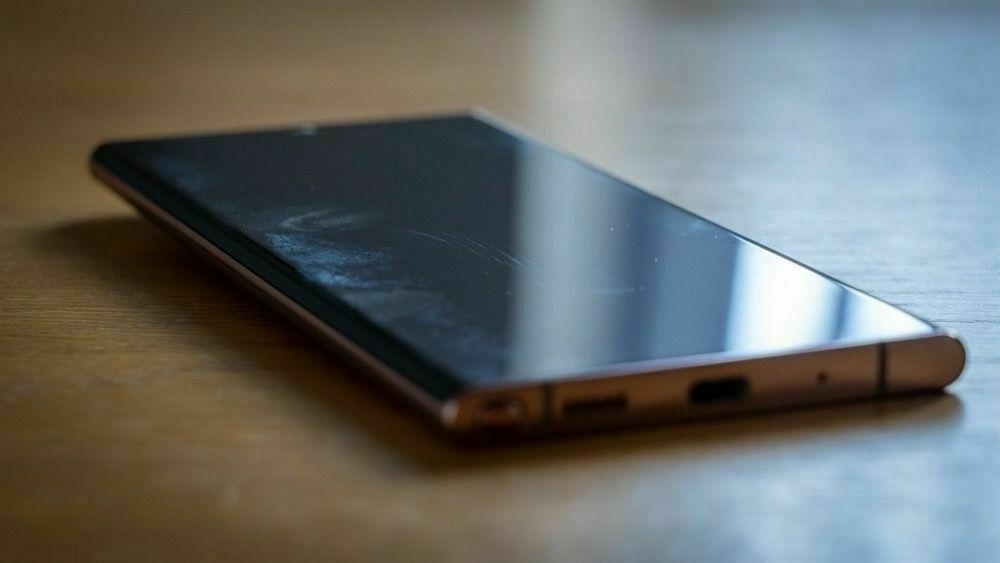
It is finished in Corning’s latest Gorilla Glass Victus, so should stand up to most things, but remove the screen protector at your own risk.
A criticism of the finger print sensors speed and accuracy posed by most reviews thankfully has been unproven in most cases. Although after a couple of weeks of use it is for some reason much slower, requiring me to record my prints again to improve results. The under screen sensor is a little strange to get used to, I am never quite sure where to place my finger on the screen, and I would much prefer one on the back with a tactile place to highlight where to put it. With that said it is light years easier than putting in on the side of the phone, and I combine this with face unlock to mean that the device is usually unlocked before I realise it.
Thankfully the Note 20 Ultra doesn’t blow past the lock screen once authenticated like phones of old, making interacting with the device much easier and very rarely needing to see the home screen if receiving a notification.
This is not something I usually have to call out specifically in a modern phone review. Usually a few passing remarks are enough to pitch this in the realms of all day battery life. However this version of the Note 20 I have, the UK Exynos version, is frankly rubbish.
In the first few days of usage I struggled to get 4 hours screen on time. Opting to leave everything as is out of the box and opting for 120hz refresh rate, and reaching for the charger a long time before I should be doing. When really digging into the setting and putting apps to sleep when you don’t need them etc 4 hours is achievable, but I frankly refuse to have to start turning off location, Bluetooth etc just to get good battery life.
Samsungs insistence to use their own processors in phones is inhibiting the experience for users, and when the Snapdragon version can see more than 90minute more SOT than this version it is frankly unacceptable. The experience of your device shouldn’t be limited by where you live, and I hope this is addressed very quickly. Galaxy Notes are usually known for their battery life, but this falls well short of the mark currently — bordering on completely unacceptable.
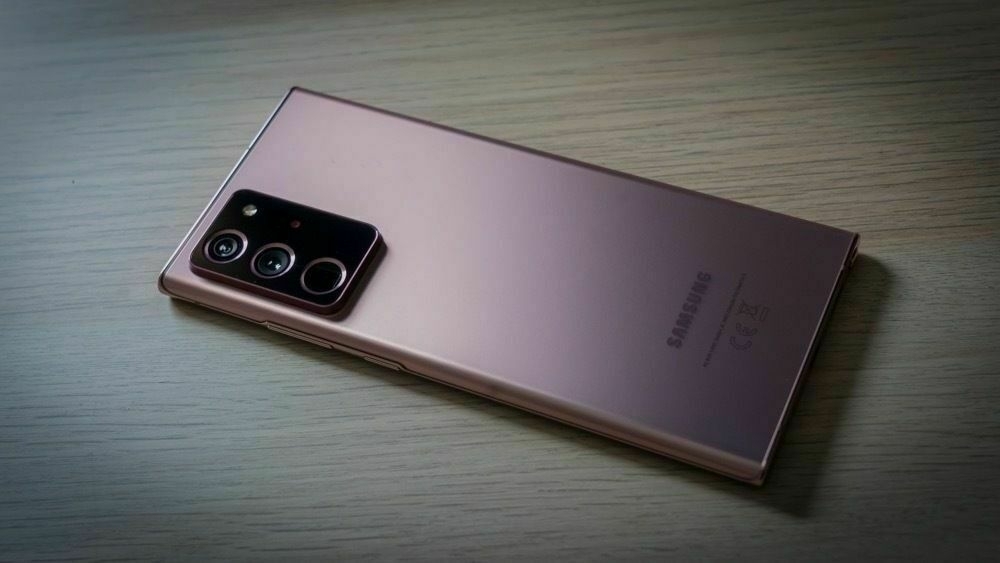
I have watched countless hours of videos claiming to have a set up that will improve my battery life, I have contacted Samsung who refuse to admit there is an issue. The fact remains the battery life is shockingly bad given the 4500 mAh capacity. Supporting fast charging of 25w and wireless of 15w is no replacement for battery life optimisations done in production.
I can almost copy and paste my experience with Samsung from any other phone I have used from them in the last couple of years. The Note 20 Ultra features Android 10 and has Samsungs One UI 2.5 on top of this to add in additional features. I might be looked at a bit funny for saying this, but I really like ONEUI now it has matured a little. Of all the skins Samsung have done the best job in redefining what Android feels like, but also retain its charm and underlying features.
The tie with Microsoft again runs very deep with OneUI, and features almost every Google service matched, by not only a Samsung version, but also now a Microsoft version. A promised update later in the year with further attempt to solidify that partnership with task and note syncing between the two companies. Something that those tied into Office 365 will look at very seriously.
Unfortunately, for Samsung, some things still fall short and get frustrating in parts. The Software is still bloated with advert and notifications to use new features. You’re never quite sure if to update the app in Samsung Store or Google Play, and weirdness continues throughout the OS. The most frustrating of all is syncing a Microsoft 365 calendar to the stock Samsung app just gets you stuck in an endless loop. You must install the Samsung email to enable sync, yet are encouraged to use Outlook.
I am almost at the stage where I wish Samsung would just ditch Android and produce their own OS. They are stuck in this three-way pull between themselves, Google and Microsoft, leaving the end user slightly confused at what to use. Yet outside of this almost expected weirdness the OS is light, fast, and a pleasure to use.
One of the biggest improvements made to the new devices is the ability to multitask more easily. Much like the Galaxy Fold 2, you can create app pairing stored in the side bar for easy opening of your most used pairings. Although only limited to top and bottom split, using the phone in landscape does allow for quite a lot of information to be displayed thanks to that big screen, so comes in more useful than you might think.
Of course option exist for floating windows, pinned notes on the screen and all manor of options to get things done. What this really shows is the sheer ability of both the OS and the underlying hardware to multitask with minimal effort. You can have 2 or 3 pretty intensive apps open at a time and never see the Note 20 Ultra miss a beat.
I would love to see drag and drop implemented into more apps, and Samsung work more closely with the Office team to allow for dragging over documents into email for example. I get the feeling this may be coming in future version, as Microsoft are already onboard with integrating services and also allowing for S Pen usage in more apps.
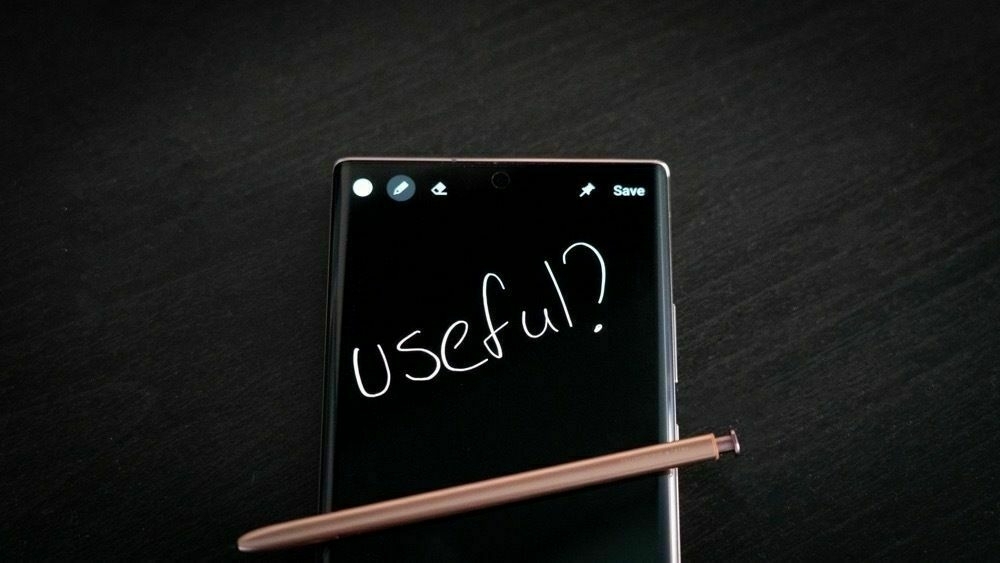
It could be said that this is one of the major selling points of owning a Note series phone. When in practice I am never sure how many people use it sparingly and only for very few functions. Most long term users talk about never taking it out after the first month, so usefulness is clearly subjective.
How many people are writing notes on their screen, colouring in or annotating Pdf document remains to be seen. I do do all of those things, but my most used interaction with the S Pen is to allow another interaction element to exist.
Not only does the S Pen allow for much more accurate interaction with apps — Samsung have reduced latency from 45ms down to 9ms — it also allows for different options when in use. I can scrub through video with my finger but trim the start and end points with the S Pen. I can draw on an image while selecting elements with my finger, and any number of app interactions. I am already well onboard with a stylus as a separate interaction element, but the Note 20 proves to me that Samsung got this dead right by sticking with the included S Pen.
The real beauty is, if you don’t want to use it, you never have to pop it out of the bottom of the device ever again. I mean who actually uses it to take photos or wave it around like some kind of magic spell to go backwards on a web page.
I have used every version of the note line to date, bar the exploding one and the weird one that never launched in the UK. Some are great, some mediocre. The Note 20 Ultra hits every mark you want it to, bar battery life, it is a premium smartphone that feels like it’s worth very penny of the £1200 you pay for it. Those that use it will feel like they are using the best phone on the market, it seemingly does everything, has a huge gorgeous screen and packs a top of the line camera.
It’s hard to find downsides to the Galaxy Note Ultra — but then I shouldn’t be able to for this price. No words seem to quite get anywhere to summing it up other than, it’s great. When all phones are now the size of the Note line it’s hard to find a major differentiator other than an S Pen. If Samsung phones are your thing, you are getting a more refined version of the S20 in the Note 20 — one you wont be disappointed with.
Following on from a great post by Jeff Perry about the unimportant things we worry abut when choosing a note taking app. I wanted to expand on this slightly. The way you take notes and the access you have to them afterwards is infinitely more important than the app you use to collect them.
You can have the best, most expensive note taking app in the world, but if you don’t have a system for collecting your thoughts and being able to refer to them easily then it doesn’t make a bid bit of difference. Time and the again I fall for a new app that is going to improve my ability to do X better — and that is emails apps, note apps, task managers — when in reality all I need to do is keep doing the thing.
On the flip-side of this, I have been using Roam Research for quite a while now, and it allows me to dump ridiculous amount of information with almost zero separation and leave it to form its relationships. This can be done in other services, including a recent update to Notion, but the system I have works tremendously well for me.
After frequenting the Galaxy Fold owners forums and subreddits, one of the biggest and most asked questions is in relation to Samsungs new colour ‘Mystic Bronze’. Whilst it sounds all mysterious with the marketing panache of Apple’s colours — what people really want to know is if it is pink, and if so how pink is it really.
This is a difficult question to answer. Not because there isn’t enough of them about, there are loads of hands on videos and review of both the Galaxy Note 20 Ultra and also the Galaxy Z Fold 2 — with Samsung providing Mystic Bronze to every reviewer. More so because there is a lot to take into account when deciding on a colour as complex as this one.
Much like the new Midnight Green colour that the iPhone 11 Pro comes in, Mystic Bronze looks different in different lights. Its matte texture adds to the colour shift and in many instances it appears very bronze coloured. Looking straight on at the phone you would be hard pushed to call the colour anything other than a muted bronze. However when you look at the phone in your hand, the camera bump, rings around the camera sensors and also the top and bottom edges have a much more Pink hue to them.
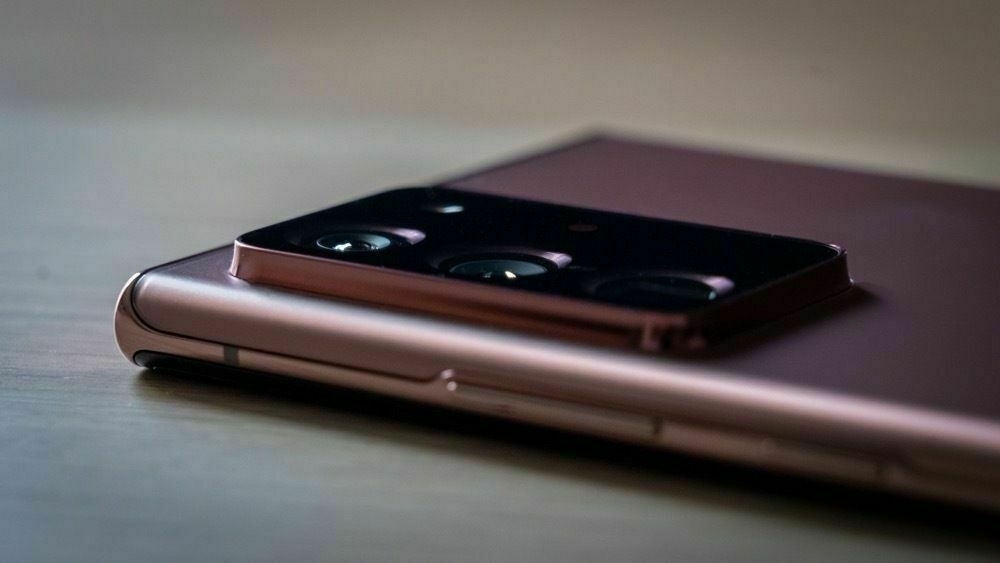
It is only when you place the phone next to contrasting colours such as dark jeans or a dark desk, that you really see the pink hue come to life. In comparison to something that is actually is bronze coloured there is really no comparison to the colour. While this defiantly isn’t rose gold, its not bronze either.
You’d think that this could be mediated by putting a case on your phone, and while that is a great idea in principle it actually adds to the Pink colour. By isolating the Camera unit the phone takes on more of a pink vibe and may make some people even more unhappy. So bare this in mind if you are thinking about getting this colour.
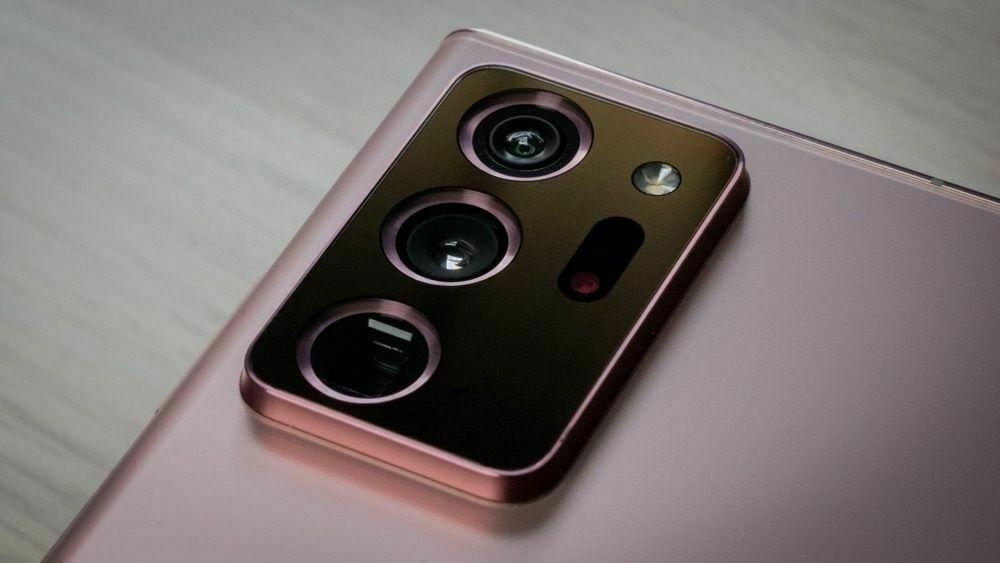
Personally I think this colour is great and those that go for it will be very happy with its overall finish and it’s resistance to finger prints. However bear in mind that this phone defiantly is pinkish.
About 10 months ago, I was invited down by Samsung KX to have a few hours hands on with their first folding phone. Mere months after it had been recalled due to major issues with the device, it was back with a bang, and already picking up quite a following. The appeal of having a tablet folded up in your pocket had a much larger pull than the £1500 price tag, as was the exciting move forward in technology that Samsung had been teasing for years.
Despite really liking the phone, it wasn’t ready for me to splash my own cash on it, there were far too many compromises with handset for me to bear. Fast-forward to now as the second version goes on sale, with many of the first versions issues fixed — but with a hefty price increase. Has Samsung done enough to justify the £1800 ($2000) price tag?
There are lots of people that get annoyed when you talk about the price of the Galaxy Z Fold 2 in reviews. They think that this shouldn’t be brought into it as there is nothing that lives up to the Folds usability. While this true, it is impossible to escape the £1800 price tag and the expectations it brings with it. You expect a premium smartphone with top of the line specs — and that is exactly what you get from the handset. In the hand it feels nothing short of magical, the weight (282g) is impossible to describe as anything else but heavy, but in the hand it is balanced perfectly.
Especially folded, the unit sinks into your hand with a reassuring heft. Samsung have done some great engineering to get all the technology in this size package, but you feel the weight every time you use it. There are no creaks or cracks from this Uber Smartphone, so the engineering needs some special appreciation when compared to others on the market.
Samsung have developed the hinge much further forward when compared to last years unit, and taken over much of the function from the Z Flip. Four CAM hinges allow the phone to be oped to whichever angle you wish, and provides more resistance to opening to allow more usability. Combined with a sweeper system to remove dust from the hinge should mean that this unit resists the issues plaguing the first attempt, and certainly those still using the Z Flip support this claim.
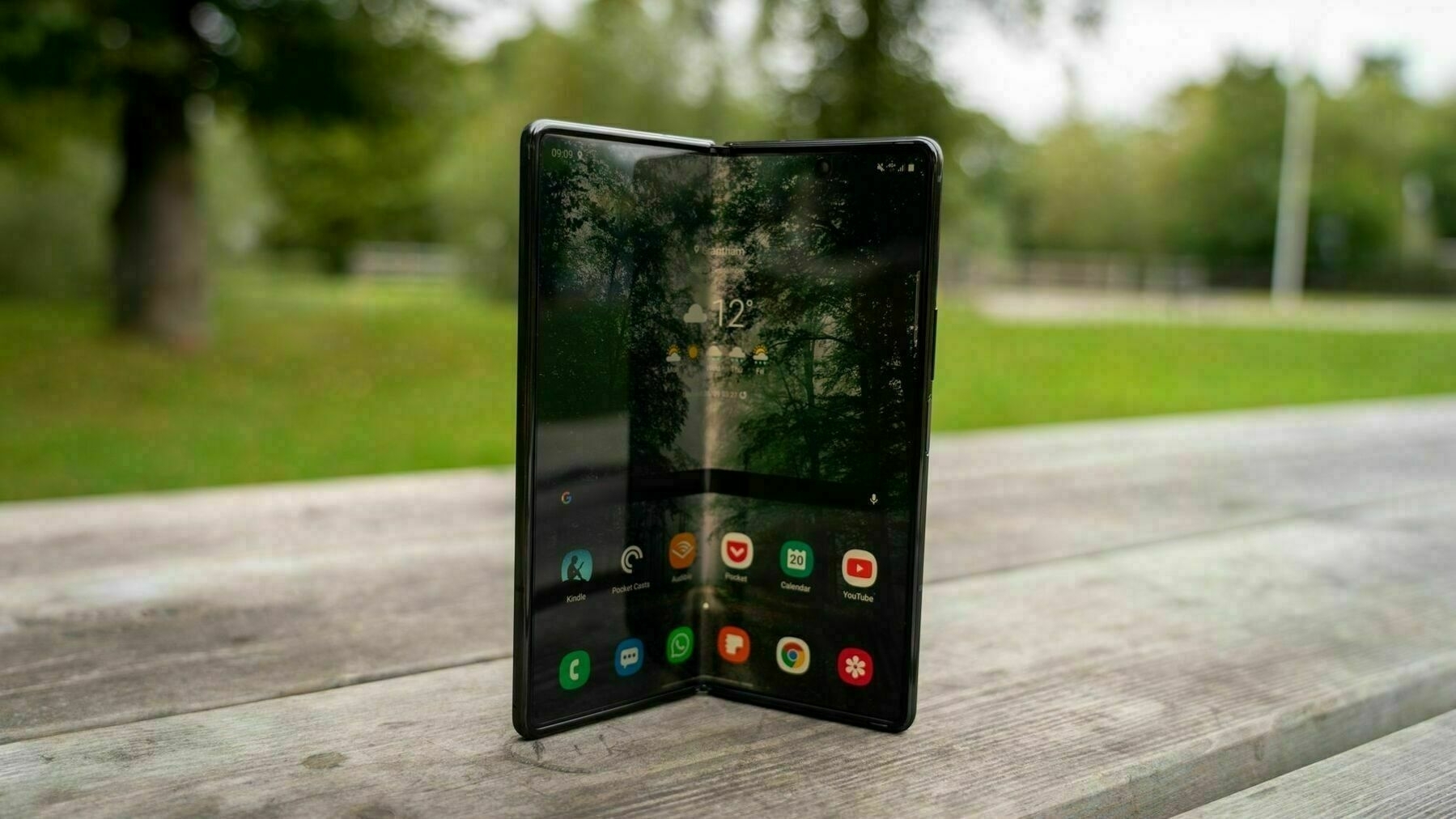
This re-engineered hinge further adds to the premium feel for the Galaxy Z Fold 2, where every part of the hardware feels thought through and designed to exude a certain type of extravagant image. As Flossy Carter says, you are going to see lots of images of these on tables surrounded by glasses of Cristal. There is a certain exuberance to the Galaxy Fold 2, and lots of flexing going on simply because it delivers on it premium price tag.
Perhaps the number one complaint against the first version of the Galaxy Fold was the tiny cover screen. While perfectly useful for notification triaging, on a device so futuristic it felt out of place. So, understandably this is the first thing that is immediately obvious when using the Fold 2. The cover screen now fills almost the entirety of the front of the phone minus a small hole punch camera cut out.
At 6.2” (2260×816 – 386ppi – 60hz ) the cover screen is now more usable, and even if a bit narrow to type on, is perfect for quick tasks or responding to notifications. Enabling swiping on the keyboard makes interacting with the keyboard at bit easier, but this is not to say it is impossible. The tall, narrow screen is perfectly suited to scrolling through emails or social media. Using the cover screen grows on you more than the last version ever did, and I found myself interacting with it much more than I thought I would.
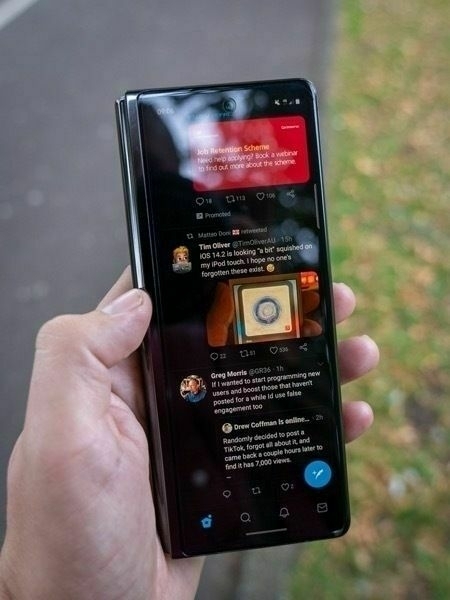
However, why have a huge screen and not use it, open up the fold and the beauty of the screen is a wonder to behold. Samsung have done away with the huge notch from the first version as well as boosting the size and refresh rate (2208×1768 – 373ppi – 120hz). Dubbed the ‘Infinity Flex’ display, it goes closer to the edge now, encompassing the whole of the device, bar Samsungs signature hold punch.
Apps in use on the cover screen carry over to the inside screen (bar a little bit of weirdness from some), to give you something truly immersive. When using the inner screen it feels like you are moving pixels around the screen. The adaptive display varies refresh rate from 11zh all the way up to 120hz, meaning that no matter that you are doing you will get great battery life and also a smooth scrolling experience. The Jelly scroll that the original fold suffered from is not completely removed but almost impossible to spot.
It’s hard to find a downside to this gorgeous display, games look great, reading is brilliant and videos immersive. When open the device feels balanced and perfectly poised in your hand for media consumption, and many users will see little reason to use anything else for all of their needs. The inner display is truly why you would buy the Galaxy fold, and this version truly delivers.
Of course there is one, the screen has a crease in the middle that is hard to avoid. Much like any other foldable, you can feel it in usage, you can see it in some instances but not every one. The great thing is that it does not take away anything when you are using the device, it doesn’t stick out and in fact soon fades into the background like a notched screen, or the camera hole punch.
So, you want to actually use the thing right? Well all of that reassuring weight we have spoken about, it’s also going to affect it in your pocket and in your hand. There is no getting away from this phone/tablet hybrid being heavy. I found myself struggling to hold it up when open, and resorted to using both hands most of the time — but that’s the point right.
In this heavy package you get two screens, and battery life that will get you loads of screen onetime if you use the larger screen most of the time — and considerably more if you use the outer screen more. Even in the first week of me using the Fold 2 and playing with it what felt like constantly, I would still be at more than 25% when going to bed. You should comfortably be able to get 6hours of screen on time and still have battery left over, which is amazing results considering battery life should also get better as the OS analyses my usage and improves things. If the next model slims things down, I would hope that battery life stays as good as it is because an increase in weight is worth it.
You can’t expect a Galaxy fold to be as light as a regular phone can you, this is simply the trade off with wanting and using one of these devices. While something like the Z flip balances the reassuring weight without feeling clumsy, the Z Fold feels a little unwieldy when out and about. Bending the phone slightly helps to fit it better in your hand, but obviously adds a little distortion to the screen.
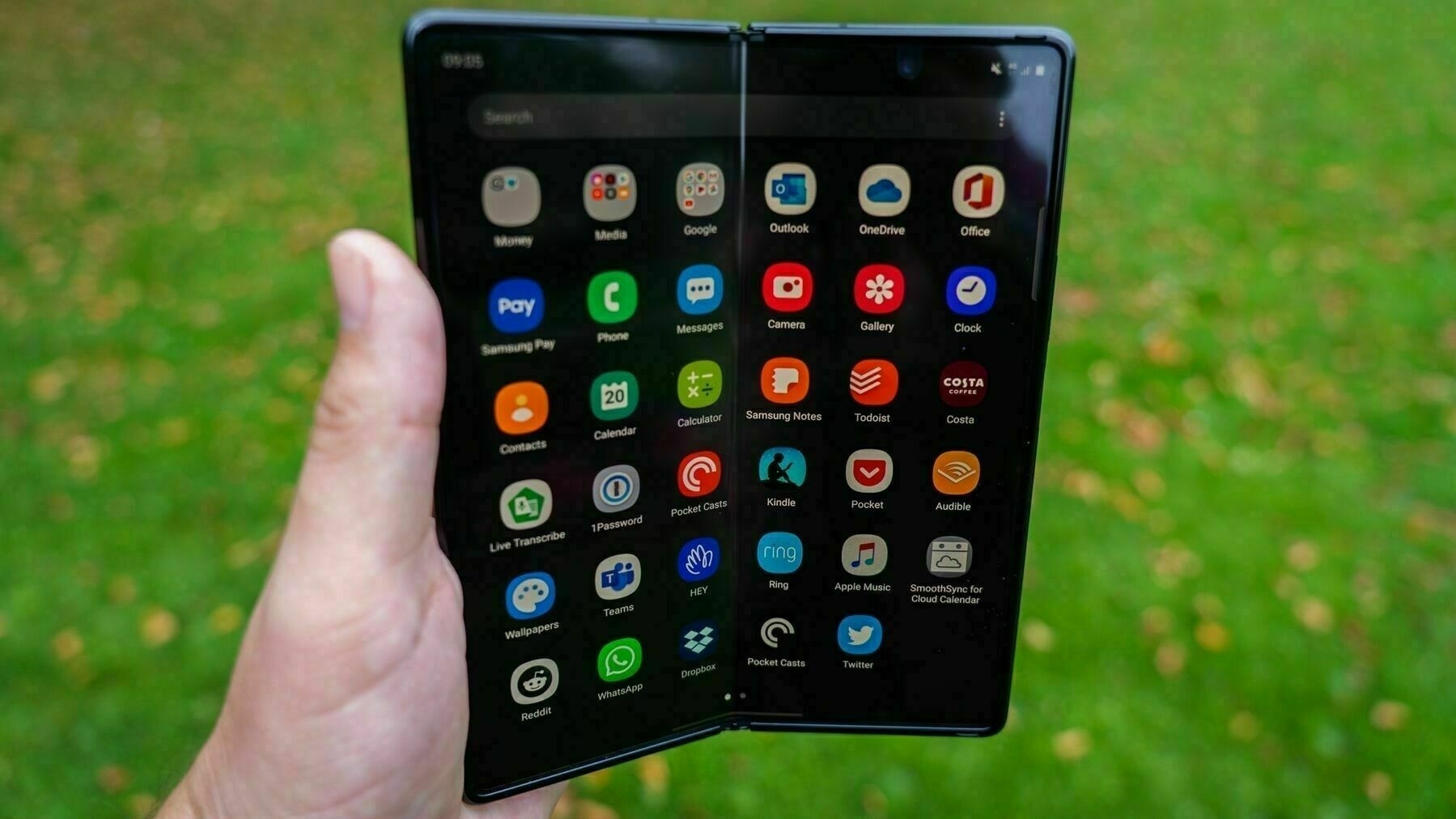
Expanding on the special mode introduced with the Z Flip, the Z Fold 2 allows apps to take advantage of a partially folded state. As an example Youtube in Flex mode shows a video on the top half of the screen, allowing you to interact with the comments on the bottom half. Google Duo also supports this as does the native camera app.
The limited nature of this and the lack of visual clues means you may spend a bit of time experimenting to find out what does and doesn’t support it — and often this is more no than yes. I am yet to find any reason to use it outside of novelty, especially given the lack of people actually using Google Duo. I wouldn’t go out of my way to encourage others to use it, just so I can flex my phone.
More often that not, a partial flexed form is used simply to enable me to set my phone down and still watch a video, or prop it up to keep an eye on the time. As app developers update apps we might see some more innovative use of flex mode, but given the lack of support so far I wouldn’t hold my breath.
Which leads me into another issue with app support, and the lack of tablet layout from apps. It could be the weird aspect ratio, it could be Android apps as a whole, but many apps make little use of the bigger screen.
Apps like Outlook are a delight to use, and offer different layouts and view options, but most just put more content on the screen with no options to increase text size or improve readability. Samsung does offers options in settings to choose between blowing the app up or trying to force more content. Combined with further options in Samsungs own Goodlock app, you can tune most things to work, but it takes a considerable amount of work.
All these words can be ignored if you want the biggest screen possible on a smartphone to do your ‘stuff’. If you need a device to work on the go, consume loads of media, or just want to blow everything up as large as possible you’ll put up with all the downsides.
Samsung have put in a great deal of work to make the Fold 2 take advantage of the large inner screen and make it as useful as possible. It is a delight to use two apps side by side when multi taking. Having email and calendar up on the screen while talking on the phone, or simply watching YouTube while texting is quite frankly a transformative experience. Sure you can do that on a tablet, but you can’t then fold it up and put it in your pocket. If being productive on the go is your bag, then this needs to be your phone.
I am on the fence about how usable Flex mode is, but the amazing app pairing done by OneUI is something that you may struggle to live without. Other phones such as the Note20 Ultra do this as well, but nowhere near on the same level.
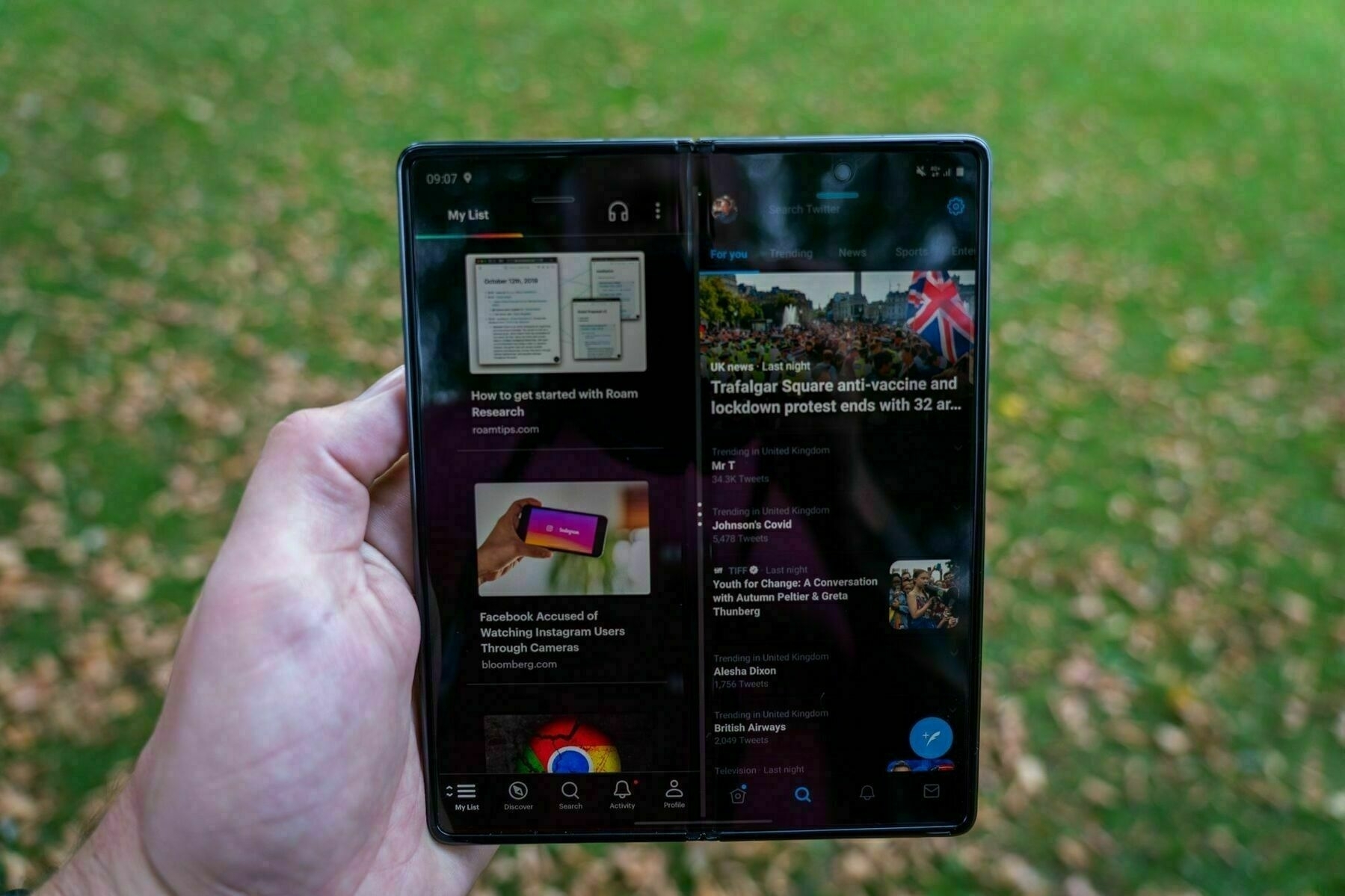
The Galaxy Z Fold 2 runs on Android 10 and has Samsungs One UI 2.5 on top of this to add in additional features. It comes bundled with the expected Google services but also several Microsoft ones baked in, such as syncing your photos to OneDrive. There is very little to say about Android nowadays, as it functions exactly as expected and is intuitive to use. The tie with Microsoft is due to get stronger with improvements to note and reminders syncing with MS products as they take aim at productivity customers.
Unfortunately, for Samsung, they seem to never really get services 100% correct. Photo sync only works with a Microsoft account, not a Microsoft 365 account which is frankly bizarre. A Microsoft 365 calendar does not sync to the stock calendar unless you instal the Samsung email app, yet you are encouraged to use Outlook.
Samsung does provide, in my opinion, the best extension or ‘skin’ on Android around today. Samsung’s design and user experience are often a delight to use. They have really thought about a modern design that doesn’t deviate too far from stock Android design, but offers something uniquely Samsung. Of course that is a subject view point, but since OneUI was introduced the design and implementation of their software has improved dramatically.
I just wish Samsung didn’t feel the need to fill their apps full of adverts, or useless information at every turn. Even the default weather app has news articles and rubbish crammed in it for no good reason. I know it takes very little to change these apps to others, I just don’t expect to see these kinds of things in default apps on an £1800 phone. Some users have already reported adverts and the usual shady tactics by Samsung, something that needs to be fixed if they want to be taken seriously.
When you adopt the Fold 2 it changes the way you use your phone. Both in a positive and a negative way. The large screen allows you to do things that you simply can’t any other phone, it provides something that only the Z Fold can provide. It is in essence a folding tablet, and there are adjustments you will have to make to the way you use it.
Taking out the Fold 2 and walking around gives you a level of anxiety that nothing else has given me. The slippery body and high price tag make me nervous every time my phone makes a noise. There are already reports of some dropages, and it seems to hold up pretty well, but the lack of cases and expected large repair bills leave me worried, and I am not the only one. Due to longevity worries on the UTG screen and no IP rating, users are worried even about cleaning the device correctly.
The inner screen still has a tendency to scratch easily, and you’ll need to take some extra care. You won’t be using this at the beach, or throwing it into the bottom of a bag, but if long-time users of other foldable phones are anything to go by it should hold up ok. It is just another thing you need to think about when choosing a device like this.
I have to treat this phone with an extra amount of care, and in some instances change the way I use it. Which is what a foldable device dictates, you are carrying around a huge screen in your pocket and as such you’ll be opening it as much as possible to really take advantage. The screen draws you in and makes many tasks much easier, such as typing out a long email on the split keyboard.
If there is anything I can point the finger at that is simply not good enough it is the camera. There is nothing inherently wrong with the shooter, but at this super flagship price point it is simply not good enough.
You can get some good shots from it, but be prepared to work for them and chuck 30–40% of them in the bin. In good light you are going to be happy with almost everything you take, despite not holding the most amount of detail they could, shots are bright and as with all Samsung images retain a vibrant saturation. In any other situation they are grainy, washed out and suffer from some kind of strange skin smoothing effort despite the option being switched off.
When trying to discus this with others that have the phone you are told to use Pro mode and do this and that, or simply blamed for the results. While it great that these options exist for you to have control over the image you take, I don’t feel you should have to do this is take a good shot. Undoubtedly the Galaxy Z Fold 2 gets the job done but when great cameras like the iPhone 11, Pixel 4 and OnePlus 8 take images with zero input, this camera falls well short of what I expect.
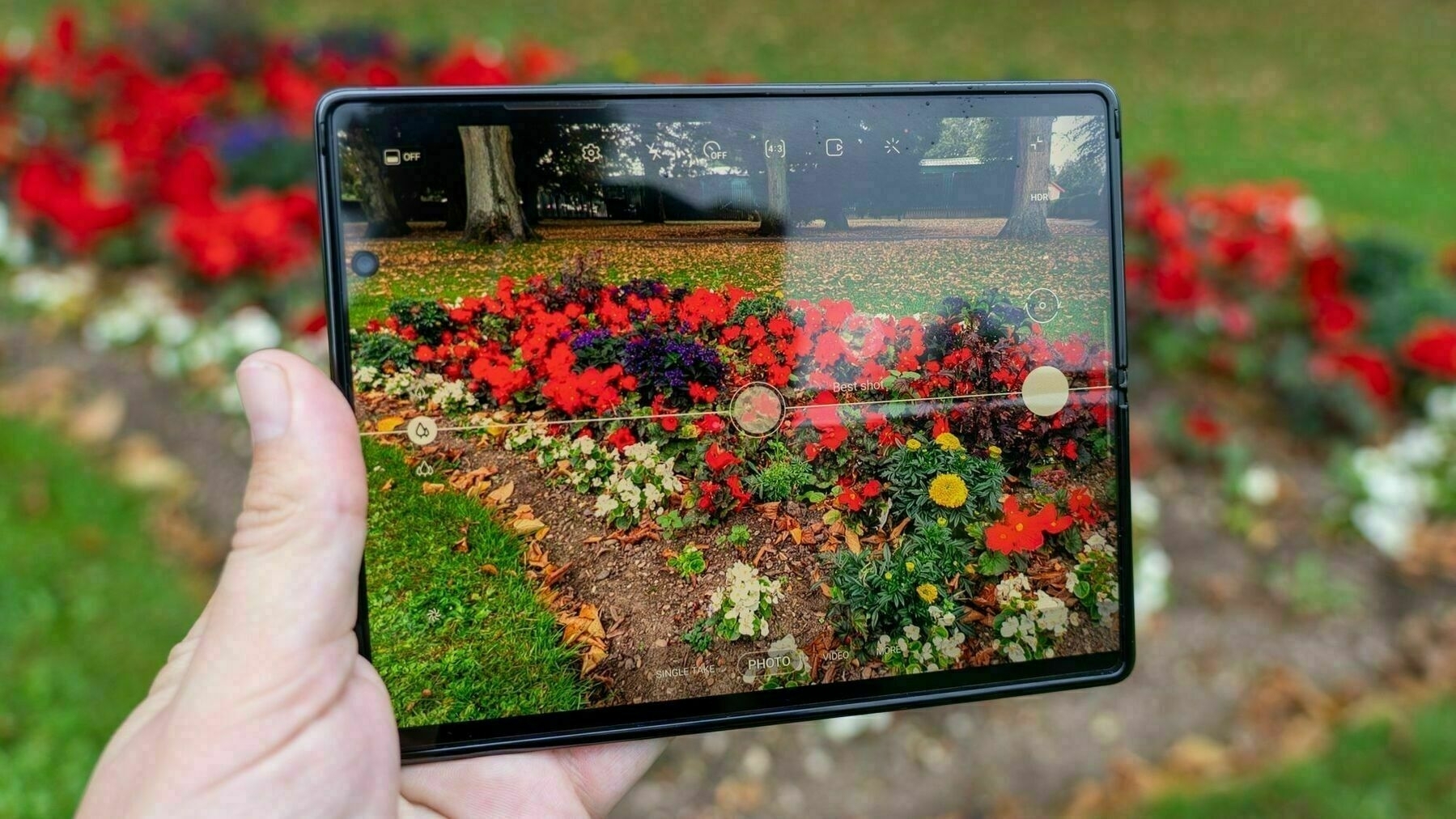
There are other things you get with this phones camera that no one else provides. The huge screen is the best view finder possible, even if it does feel like you’re one of those people that takes pictures with a tablet. As well as the software ‘flex mode’ allowing you to set the phone down half flexed to stabilise your image, or simply view images you have snapped in the bottom half. Bear in mind though you have to place the phone down on its screen to do this.
While I would stop short of recommending this phone to others because of cost and the ways in which you need to change the way you use your phone, for a certain type of user this is going to be invaluable. It provides something to no other device on the market can provide, not just in the way it works, but the way it makes you feel. You feel as though you are using a little slice of the future and getting something out of your phone that no-one else does.
I can somewhat forgive the camera because I am getting a folding device that immerses me into whatever I want to do. You can play games, multi-task and consume media on this like no other device can and that speaks volumes. I love the Galaxy Z Fold 2 because it has that little something about it, it’s not the best at everything but it provides something unique and does it brilliantly.
If you really want a folding tablet, then look no further than this model. It fixes all the issues from the first one and puts them in a premium package that feels worth very bit of the price you are paying. But let’s be clear, to buy the Galaxy Z Fold 2 you need to really want a folding tablet because you will pay for it. Both in the high price tag and also in the caveats of having such a large device.
It comes down to do the advantages of having such a large screen to use, out weigh the downsides of carrying it around on your pocket all the time. For me, the Galaxy Z Fold 2 feels like wearing your winter coat all year because it is cold half the time, but for others this is going to be a game changer.
Adi Robertson for The Verge:
WhatsApp works almost nothing like Facebook. It’s a highly private, encrypted messaging service with no algorithmic interference, and it’s still fertile ground for false narratives
After picking through Casey Newtons pick apart of The Social Dilemma I then fell on the linked post by Adi — and despite disagreeing on some major points throughout both posts — I found an interesting topic I had not considered. Where exactly does Whatsapp fall into these issues?
You can jump up and down about algorithms and Facebooks willingness to manipulate engagement. You can worry about Mr Zuckerbergs free spech bubble all you like, but the simple fact is Whatsapp doesnt have any of these inputs, but is a top contender for spreading Fake News.
It is not as simple as simply blaming Social Media for eveything, undoubtedly it is a leading cause of social issues, but it is infinitely more complax than the surface level issues pointed at.
Currently, I am learning front end coding skills, as well as digesting all the information I can find relating to user experience, not just for the web but everywhere else. Part of this is learning the true meaning of design.
Not just making things look pretty, making them usable, easy to understand and creating better experiences for everyone. These skills have opened my eyes to the lack of design and thought that goes into many things in the world, and something that started out as a simple learning exercise has changed the way I look at the world completely.
My town recently has been turned upside down by closing a railway bridge and blocking off traffic from getting through one of the main routes in and out. The signs placed on the approaching road simply read “Road Closed Ahead” and many people still got stuck. People started blaming drivers for not paying attention, and all sorts of random reasons, but it became clear to me that the planners didn’t design their experience well enough.
Road closed signs mean nothing to people that don’t know which road is actually closed, nor that the bridge is closed. The lack of thought and planning the experience of people leads to chaos for a few days until someone realised their mistake. People using routes in and out of the town can’t rely on local knowledge like the planners can, they have inside knowledge that allows them to understand the underlying information, but not see the actually message they are giving.
In everything you create you must think, plan, design and get feedback from others. It is often hard to see thorough other people eyes, and failure to realise that others may not have the same level of insight as you can lead to failure. A few traffic jams are nothing to worry about in the grand scheme of things, but if a customer doesn’t understand where to check out they won’t buy from you. If a reader doesn’t understand what you are explaining they won’t be a reader much longer.
Design isn’t just about beauty, it’s about market relevance and meaningful results — John Maeda former president of the Rhode Island school of design
I am currently walking a new path of self-discovery. I haven’t disappeared to India or been on any vision quests to find myself (yet), but as a whole, I was simply not happy the way I was going, so I changed direction. The choices I was making and things I was doing were affecting the way I felt and, like many people, I simply disliked the way I felt.
Working online all day, every day and then spending large portions of my free time online was becoming a drain on my mind. I was filling every little slice of boredom with Twitter, Reddit, or mindless scrolling the web that I was becoming frustrated with myself.
Like every bad tradesman the knee-jerk reaction was to blame the tools. Blame the internet, web designers, and all the things around me for being made to distract me. I sought out a smaller phone, one that I didn’t feel like using as much, I restricted my usage of the internet when not working, and time blocked my calendar to make me indistractable while working.
This worked, it made me realise that I was turning a ridiculous potion of my life into dead time. Passively waiting or searching for something to distract me and give me something to do. I didn’t even know these things were distracting me, because I had no idea what I wanted to be gaining traction towards. By removing those things I filled my time with allowed me to read more, do more, and have more meaningful relationships. Exactly the types of things that life should be built around and that make me a much happier person.
I am not exaggerating when I say that removing many of the things that I used to find important in my life allowed me to see how utterly meaningless they were. It is true that you must let go of what you love the most, and see if it returns, and as I let go of a lot of social media usage, it never returned.
While in internet is full of ways to grab your attention from you, and getting worse the deeper we go into the attention economy, it is not the reason I was so distracted. Manipulation by platform developers only goes so far toward hacking your brain. What I quickly realised was that I had a choice to do these things or not, it was internally that I was so susceptible to the triggers used.
I started paying attention to the triggers that whisked me away down an internet rabbit hole, and by and large, it wasn’t the internet's fault — it was mine. When I was honest with myself and realised that because of my internal triggers I was searching for things to fill my time, the external triggers worked like a charm. I didn’t need to resort to a worse phone, or disconnect myself — I just needed to be mindful of the distractions and make myself indistractable.
I realised after sending last weeks newsletter that I never completed the story of my lust for a simpler time. It didn’t end as far back as I wanted to go, because there is no denying in the modern world I pretty much have to have an smartphone, but it thankfully got pretty far.
I am now the proud owner of two iPhone SE’s (SEes? SI?). I bought a used OG iPhone SE first, and used this for a week of peace. The size shift was much easier than I expected and my non essential usage dropped to zero. During this period though the battery life was a huge issue, and I resorted to buying a 2020 iPhone SE instead.
I am not exaggerating when I say that this phone is the best one I have ever owned. For £429 I have a phone that is much lighter, easier to manage and has all the modern innards I love. I have made some bold statements on not being interested in anything new Apple has to offer, but I honestly could not see myself using anything else without a really good reason. I may write a longer thought post on ‘downgrading’ at a later date, but it safe to say I am over the moon with a simpler tech life.
I have a new level of emotional ambivalence towards my smartphone and I wish others did. I love the connectivity options it gives me, but don’t like having to use it — weird I know.
You will never in your life posses something that is as important as your attention. The notice you take of someone or something is so craved after that throughout history those that have sought it have performed some of the worst and best acts humankind has ever seen. Yet we give it away without a moment of thought towards where it is spent.
The Accident Greeks wrote the very tale many of the modern condition are named after, Narcissus could be a tale told today about Instagram influencers or Facebook moms groups. Its tale told us the dangers of too much attention, and hinted at how much it is worth, but in modern times the most valuable thing we have is being manipulated, sought by companies, and trickled down onto us like drug crazed zombies.
Alphabet and Facebook are two of the richest companies in the world. Both companies rely heavily if not solely on the user as their product. Sure Facebook may attempt to sell cameras now, and Google does give you a suite of apps and sell a few phones, but these are drops in the ocean compared to the advertising they sell.
You are the most important thing to them, you are the thing they lust after, your attention the fuel that grids the gears of their business and you are being manipulated for it. Having your attention span shortened and your ability to concentrate eroded simply so companies can make money from you. Using dark patterns and un-ethical web design to manipulate our base instinct and change our brains and erode our society.
Facebook – Takes your data in exchange for being able to brag about yourself and stalk your friends. – Nathan Lustig
As Justin Lanier points out Social media is in some ways “worse than cigarettes, in that cigarettes don’t degrade you. They kill you, but you’re still you.” Social media is changing us for the worst, creating attention seeking, narcissistic ego driven monsters that can’t even see what’s wrong. Like many addicts, heavy users react with aggression and dismissal at the very suggestion of being manipulated and cheated out of their attention.
Unfortunately, it is no longer the companies themselves that crave the attention you so easily give away. So much effort is placed on gaining your attention that now, users crave it themselves too. On every platform that promotes the sharing of information attention is sought from others. Users are encouraged to share more and more personal details about their daily life for others to see, and companies to use to show you better adverts.
It is even evident in niche services such as Strava and Zwift, both platforms designed to benefit athletic training and improve fitness. There is no reason for cheating on platforms like this, other than internet points. Nothing is gained from being at the top, or using a car instead of a bike to map your ride, other than to receive the attention they crave.
Don’t think this is a young persons game either, in fact, some evidence suggests that this constant craving for attention exists worse in middle-aged individuals. Cases of people seeking help for this kind of conditions has skyrocketed in modern times. Not keeping feelings like this in check can evolve into Histrionic personality disorder (HPD) and affect the lives of individuals. Many doctors believe that HPD is shaped by the psychological factors of an individuals surroundings. Heavy users of social media with reduced personal interaction could be having their personality shaped by their online environment.
Although attention seeking is fairly common in childhood, the skills needed to cope with these stressors are formed in early life. As much as a child learns that by creating a scene they have all the eyes on them, an adult learns that attention can off set insecurities, help cope with jealousy focused on others, and any number of feelings they are unable to deal with.

Unfortunately, it is easy to see why. It’s hard to find a downside to all the attention people can gain, but a few posts online fishing for feedback is one thing, but if these feelings can quickly resolved into conditions such as Munchausen syndrome. A particularly nasty metal illness that leads to the faking of illness so more attention and focus is gained by the individual. Something that can also be suffered by proxy, and resulted in the death of four children, and injury to many more by one person in the 1990’s. So next time you think that attention seeking is harmless, makes sure you realise how important it is.
This was long before the likes of Facebook and Instagram came along, meaning mental illness could be exacerbated in modern times. As attention is so much easier to attain when you can speak to millions of people in seconds. Munchausen syndrome now features a ‘by internet’ variation specifically for those that deceive people with fake illness for attention on the internet. Attention is so easy to gain online if you just know the right buttons to press and the right things to do. But you can’t blame this all on individuals, because of course all the attention sought by users means fantastic business for the companies selling adds.
More eyeballs on websites means more money in the bank account from people wishing to advertise to you. Platforms are built with these types of things in mind. Attention, chaos and emotions outpouring onto their website leads more eyeballs and more adverts seen. Remember the psychological stress we talked about earlier that can lead to all sorts of mental health issues. Well, Facebook were caught out manipulating emotional distress in their news feed, just for users attention. Unfortunately for its users, if Zuckerberg needs attention, the users must provide it, and by the bucket load.
Social media usage doesn’t cause metal health issues, but the constant push for more and more attention can breed the conditions for it to flourish. Sure enough, only an individual can judge if social media is a distraction or not, and giving something your attention is one thing, but being manipulated intentionally to waste more and more time is another. Business models built around attention and time spent on site has shifted much of our society to a new way of life. One where our time and our ability to concentrate are not being stollen, they are being given away freely. Nothing good can come of this.
social media companies are basically giant behavior-modification systems that use algorithms to relentlessly increase “engagement,” largely by evoking bad feelings in the people who use them.
the algorithm takes a positive social movement, such as Black Lives Matter, and shows it to a bunch of people who are inclined to be enraged by it, introduces them to one another, and then continues to rile them up for profit,
It was difficult for me to not copy and paste the whole article into this post because it is so poignant. I realise I am on a bit of an anti-silicone valley kick at the moment but I want to know what they are doing to me, and nothing I read comes out well.
Social media is changing us for the worst, creating attention seeking, narcissistic ego driven monsters that can’t see what’s wrong. All the time while annexing their own little slice of the internet and using our content to power their money printing machines.
But how on earth do we get around the internet and join in every day life, in the same vein as my smartphone paradox, these companies seems impossible to avoid.
Julian Summerhayes wrote:
But it occurred to me, as I lay awake at just after 4.30 am, how little time I’d spent looking at the alternative. What’s that? Well, I might delete all profiles or stop opening them and/or sharing material, but the truth is I’ve got nothing else as compelling to hold my attention.
Now, I’m not sure if I should weep or be angry at that statement. I mean, surely my life isn’t or shouldn’t be defined by a bit of knob-twiddling, blog-sharing, or whatever else shows up between now and the end of my days? Perhaps there’s no escaping it; or perhaps I shouldn’t be so down on myself. It’s part of life, right?
I go backwards and forwards on may usage of Social media. I deleted Facebook, and have a dormant Instagram account but I am a sucker for Twitter. I don’t know why, but it’s the place that feels like home to me, but makes me feel bad whenever I use it.
I keep having to take breaks and can’t get to a stage where I am happy with my usage. The bad feelings I have come from the hard time I give myself for using it. Everyone tells you how bad it is for you. They post about how much better they feel when the quit it, but it gives me many positives and I have net some of the most important people in my lift through it.
Matt Birchler wrote:
Well, just yesterday I was weighing whether I’d prefer a high refresh screen or 5G in the new iPhones, but if this is legit, it looks like I won’t have to choose. Can you tell how much I’m grinning over here?
It was reading this post when it finally hit me, I am so far removed from things like this now that I simply couldn’t care less about screen refresh rates and other bells and whistles.
I am no longer interested in reading or even thinking about rumours of new iPhones. Specs and supposed innovations such as a higher refresh rate no longer dictate my buying decisions.
A year ago I would have been all over these types of things, giving my opinions and talking about it to anyone that would listen. I would have convinced myself that I NEED this new model because the screen will be so much better to use.
Now, every feature rumour I see does not make a difference to the way I use my phone any longer. Which is sparingly and for quick little tasks.
I take out loads of free trials. What can I say I am a sucker for a freebie and even if I have no intention of paying out any money for an app or service I will sign up and try it for a bit. It’s a great way to be exposed to new things and test things out, as with something like Roam Research, I am sometimes surprised and sign up anyway.
This can be a nightmare on the web, after some nasty accidents I have to set reminders to cancel services with a link in plenty of time, so I don’t get charged. Yet on iOS all of that stress is taken away from me, and Apple will even warn me just before I am due to pay with a small heads up. Delete an app with an active subscription, Apple warns me with a pop up — and if I want to cancel anything they are all in one easy to manage page right on my phone.
Couple this with the fact I can pay Apple and not have to go through any websites and give my information to anyone else and I will gladly pay a little extra to keep my information safe and not get any unwanted expenditure.
I understand this is a fairly unique position to be in, but when the worst comes the worst and money leaves your bank, if Apple handles everything you know where to turn. Where would I go if an app or service I signed up for on my iPhone takes money from me but Apple didn’t handle the payments? Left to try and get in touch with a company I know very little about.
even when making payments for things online, I always opt for the Apple Pay or Paypal option because I simply don’t trust many other options. I don’t have to worry about the security and practices of the company I am buying from because they only get basic information about me. In some cases they won’t even receive my email!
What is there not to love about one company doing it all for you, that company could be Apple, Google, or whoever, the point is I have one company to worry about and I trust Apple more than any other company on the planet to do the job well and keep me secure.
I thought long and hard about this post, it has squandered in my drafts folder for a few days for risk of being drawn into an argument I don’t care about. This is no comment on the current issues surrounding how much Apple takes as its cut or blocks apps that try other options. It is simply my opinion that I am thrilled the Apple manages everything for me.
eading comes easy to most of us, you pick up a book and read the words on the page. It’s so simple that almost anyone can do it in some way or another, however there are many factors that may dictate what you take away from the experience and how you consume the book. My reading pattern has changed a lot over the last few months and I have seen a few posts asking about other experiences when reading — so here is mine.
This is kind of the most important part right, can’t read witout a book. I consume around a book a week, but sometimes much less depending on my free time. I read much more now that I have cut down my web use dramatically and consume much less TV (COVID–19 FTW).
Generally, I have two books on the go at once, sometimes more, but this will always be one fiction and one non-fiction. These are often read at different points, and used for difference things. My non-fiction books are read just before falling asleep or if I lack the ability to concentrate on much else and just want to chill out. These are usually very light reading such as the Ben Hope Books, or something of a similar vein.
As well as this I will have a non-fiction book on the go for the times I am more alert or fancy learning something. Some of these books have kept me until ridiculous times in the morning because they are so interesting and thought-provoking — sense why I typically have two books.
I read almost every book on my Kindle Oasis. This was an expensive investment into a reader but it was worth it for me. Most people opt for the Paperwhite, which is exactly what I advise everyone that asks to get, and if you wait for the right time they are quite often on sale.
I would much prefer to read a paper book, they feel much better and give a tactile feedback that I really enjoy. But the books afterworlds took up too much space for me, so I wanted to be able to store loads of books in a small form that I can use where I want.
There are some books that I really want to enjoy, such as The Bhagavad Gita that I purchased in paperback because I consume then very slow and numbing through a book just adds to the experience.
Reading on a Kindle also offers me the ability to highlight things that I want to remember. These are usually small bits of information that display certain details of the book I am reading, things I want to look deeper into, or just great quotes. I could do this in a paperback, but it would be much more hassle.
Once I have finished the book, or sometimes part way through, I log into the Amazon notebook and copy all the highlights into a book note. This is where I make my notes about the book I have read and digest the information from it. Currently, I am using Roam Research and this has made making and linking these notes together much easier than ever before. Find out more about this practice here.
I don’t do this for every book I read, but for most non-fiction books I usually end up highlighting some bits so this dictates if I take some notes or not. This helps me retain much more information from the book and look deeper into some topics I have discovered.
I save all of the things on the web I want to read into Pocket. This is the best value for money app that I pay for. You can use it free, but I just want to support the apps development. In Pocket I can highlight just as I would on my Kindle and copy these into Roam if I want to store them for later.
Pocket also helps surface articles that it thinks I will like, and often does a really good job of showing me things that I enjoy. I share all of the interesting things I find on there, so you can follow me if you wish.
I have a huge fear of missing out on productivity apps. It doesn’t matter if it is something new or a service I have tried before, if someone posts about how they use things, I have to try the thing to see if it’s better than what I currently have.
I try really hard to not get invested too quickly because most things revert to their previous states, but only after I have spent hours playing around with a new set up. With all that said, the excitement I felt when watching Matt Birchler’s overview of Roam Research was something I have not felt in a long time.
After hearing a bit of hype around the launch, I initially dismissed Roam as being for academic research or more in-depth writing than I needed. But Matts video showed his use of Roam for work meetings and something clicked.
I won’t go into much of what it can do here, but I now finally have a note taking service that works the same way my brain does. I have often felt trapped in traditional notes apps concept of hierarchy. With notes only able to live based on their relationships to other notes or notebooks. This is true in Roam, but no note lives just because of its relationships to others, it is fluid and complex. Making it straightforward to move between notes laterally and find the information I need.
Be warned though — it’s ridiculously expensive.
On my return from holiday I bought something special, something that will allow me to work better, improve my set upand also enable me to work from home, but not always be at my desk.
Of course, I bought a MacBook Pro, and I am a little in love with the keyboard. Despite the butterfly version’s tendency to break all the time, and being a little strange to get used to, I thought it was perfectly fine. I typed out hundreds of thousands of words on it with no issues (I was one of the lucky ones), but the new old version returns to proper key switches and it is brilliant to write on.
Couple this with the improvements in my motivation, implementing some more creative practices and writing more notes, people have already noticed more posts coming out. This new laptop hasn’t caused it, but it has certainly helped.
I’m not publicly quitting the iPad again, more refraining from trying to fit a round peg in a square hole. The iPad is great for most things, but I use too many web tools not developed for anything other than a desktop browser, which is no fault of Apple. There are still a few quirks to iron out of iOS for me (Apple Notes still doesnt use CMD+K) but most of all, if I am being perfectly honest, I just feel more at home on macOS now.
My desk set up will become much slimmer, less intrusive when I am not actually working, and this thing is so powerful I can do all my design and creative work anywhere I like. We have discussed travelling a little in the next few weeks whilst still working so it is all exciting times ahead.
As with everything I get invested in I like to go in deep and see what it can really do. One of the easiest ways to start to mould Roam Research to your will and make it unique for your use case is to add in CSS or JS. These are two official supported ways that are easy to implement and can also be removes at your will.
You can easily change the look and feel of Roam by tweaking the CSS of the pages. This can go from a little light modding, to in-depth changes on how the layout looks.
To start create a page called roam/css and simply add in a code block that specifies css. There are a huge range of options available already created and shared on the help pages. I am currently using ‘Better Roam Research’ to add in dark mode.
Don’t forget to change the code block to specify css, it defaults to Clojure.
If you want to go further into Roam and really start building things that customise it to your usage then roam/js is the place to be. There are a huge number of scripts available that do everything from add more buttons, to change the way Roam works in the browser.
To add in this capability create a page call roam/js or just a block with this as its only contents. Nested under this write the following. {{[[roam/js]]}}, this will give you the following warning.
It is worth paying attention to this, and only run scripts you are familiar with as there are security and safety issues to bear in mind with javascript. If you are completely sure, click “Yes, I know what I am doing” once you have nested the script you wish to use underneath. You can stop the js from running at any point by clicking “stop this”.
This particular script I am running allows me to clear out empty Daily Notes pages and can be found here.
The only thing that changes more than my task manager is my writing app. Not because I feature crave or move my blog all over the place, but because I really struggle with the environment. I love one place to store everything from short ideas, to articles to link and of course type out long essays. I don’t move often, but I certainly look at other options quite often.
So, a ‘writing app’ for me needs to be multifaceted and easy to use. It has to support markdown (that’s just how my brain works) and if possible make it easy to connect to. My current set up is none of those things but here’s why it’s the best thing I have ever found (that sounds like clickbait to me).
My trusty notes app for collecting simple ideas and quick notes has barely changed. I have tried using the default iOS app for writing full posts too and although it does OK, it just doesn’t cut it for publishing or copying posts into other apps. I use this mostly using Siri or Shortcuts to grab quick bits of information to refer to later.
There are many, many things that I blame Matt Birchler for, and the vastest one of these is introducing me to this ‘app’. His excellent overview of Roam immediately hit home because of its powerful linking and note taking options. It isn’t a writing app at all, but has allowed me to write more than I ever have done simply by working the same way my brain does.
All of my posts start with a spark of an idea, it might be someone else’s blog post, a news article or something I have consumed during the day. Ideas jump out at me at all sorts of times and I quite often tap out the basis of a post in short bullet points of things to cover. Traditional note taking apps allow you to move between notes in a very restricted way, whereas with Roam I can use bidirectional links to string things together and notice connections I wouldn’t usually find.
I also use Roam for gathering meeting notes, collecting together information for my day job and also writing my morning pages, so to have something that can do everything for me is something truly rare for me.
The downside of Roam is that it is expensive, and isn’t really an app per se. It’s simply a progressive web app, and so some shortcoming on mobile exist — this isn’t an issue for me, but will be for some that prefer a more native app experience.
There is still nothing quite like Ulysses for fleshing out and finishing a post and hitting publish. It’s minimalistic but powerful workspace suits my needs perfectly. If Roam was my outliner and research bucket, Ulysses is where I polish the post until I am happy with it. For most posts my bullets and outlines are copied into Ulysses for me to finish off, tidy up and hit publish once ready.
That is not to say I couldn’t copy straight from Roam in markdown and publish to my blog, but I like to take the long way around. For continuity’s sake I then copy the finished article back into Roam with a blog post link incase I need to refer to it later. This keeps everything really neat and tidy. I may in future look at publishing with another app, and cut down my subscriptions costs, but currently these things fit really well together.
There are many things that the current COVID-19 pandemic has destroyed. Forcing us all to readdress what is important is often painful, but also can be fulfilling if you look upon it positively. We are distant from each other like never before, we work alone and are connected only by cyberspace. We wear masks publicly and we stay at least 2meters away from everyone else.
It is a certain fear that is starting to become engrained in us, the stress of ensuring others around us are far enough away and doing as they should. Agonis ing if someone dares to step inside your distancing bubble. We wave goodbye to our friends without ever touching — and this could be the worst part of all.
When we hug, our hearts connect, and we know that we are not separate beings. Hugging with mindfulness and concentration can bring reconciliation, healing, understanding, and much happiness. The practice of mindful hugging has helped so many people to reconcile with each other — fathers and sons, mothers and daughters, friends and friends, and so many others. — Nhat Hanh
No longer shaking hands is one thing, but the avoidance of clutching those in an embrace takes away a deeply important part of connection. Thich Nhat Hanh recognises this in his practice of hugging meditation. The other person becomes very real when they are in contact with you, they feel what you are expressing and experience the sensory feedback of your pressure against their skin. A level of connection and mindfulness that nothing else comes close to experiencing.
Missing embracing those around you is a natural loss, and one that we all morn. Something that we should not forget as things progress, hope is that we can return to a certain level of normalcy and hug each other once again.
Since picking through a few ‘self-help books’ and business related topics I read through Ryan Holidays Ego is the Enemy. As many people that talk about the book note, I too spent the entire time reading it nodding along. Noticing traits in me and others that highlight how dangerous the Ego can be.
So, I sat down whilst on holiday and typed out a follow-up post about my battles with ego and my desire to keep moving forward. Highlighting my trait of often writing instructional posts that I don’t follow myself. Perhaps being overly critical to myself, but signing off in much better place than when I started.
Even though I sometimes take this ‘do as I say not as I do’ approach it can be a rallying call to myself. As much as when I write things in my morning pages advising myself what to do, it gives me something to look back on and compare to, and also myself a bit of a talking to.
Writing can often be cathartic and work in strange ways to help clear out thoughts in my head. Allowing me to deal with things and offer out a finality once I hit publish. If post like this don’t help you, they give a rallying call to myself, and that helps.
Simon Woods wrote:
One of the things I wish we could take back as a result of the web: Hype culture. I much prefer being unaware of when something is being made until it is actually done. Release dates, months-long campaigns of hype, and a laser focus on the process are all bad for our culture.
I had never really thought about this until Simons post. This is a huge drain on my motivation to check out a service now, as many seem to release half baked products and then build the hype around it first before actually solving a problem.
Quite often the hype before launch is the only time companies can sell a serious level of products and they soon disappear into nothingness. Marketing and bluster can only get you so far, but its annoying while it lasts.
For the past two decades there has been a battle to collect as much information about you as possible. Data centres are filled full of so much of your data that they could make a pretty accurate copy of your inner workings. This has been so blatant and marketed so well that many people think it has to be done to get the most out of technology – and feel powerless to do anything else.
There is a level of acceptance for personal privacy that is written off as the price of entry to the internet. With a general consensus that you must give over your data to get the most out of tools, and reap the benefits of what the World Wide Web has to offer. Google joins the dots between your browsing, email and search history and ties this all back to your personal account. All in the name of serving you better ads.
“We really want to combat people’s learned helplessness in privacy. Everyone’s concerned, but a large percentage of people just think there’s nothing you can really do about it. We want to prove that you can do something.” – Gabriel Weinberg, CEO DuckDuckGo
It is completely up to you if you value the data you exchange for goods and services that internet companies provide you. Google and Facebook are two of the worst but certainly not the only ones. Google in exchange for your data gives you a suite of free tools and apps that many find impossible to live without. Google search for instance, is so dominant because it knows so much information about you and tailors results to those that you want to see, rolling this into Google assistant, maps and all of its other services just for good measure.
Sounds like a great trade to many, because it depends on how much value you put on companies knowing all about you. Pichai can side step all the questions in the world by insisting that “most of the data we collect is to help users and provide personalised experiences back” but the reality is that the more data they get about you, the more money they make.
A personal data exhange should not be viewed as the price to get better tools, there are many other options out there for users, but they just don’t know about them. In many cases Google controls the services you use, the websites you see and even the browser you use. You’re not using the open internet, you are using a limited Google web that pushes their services on you.
Giving away your data only helps one thing and that is the companies bottom line.
After spending some time setting up posting films to micropub, I really wanted to get my reading sorted. There are great options out there like indiebookclub – but I wanted to automate it and make it possible every time I finish a book on my kindle.
With nothing fitting the bill I delved into the API (which is pretty good by the way) and came up with a solution. It relies on a developer key from Goodreads so I don’t promise how long this will work, they could pull this or remove your access to it at any point.
Goodreads will let anyone set up a developer key for access to their API, all you need to add are a few details about yourself and agree to the developer terms. If you break these terms, they are well within their right to stop you using the service – so please read them.
Once agreed, you will need the top part labeled ‘key’ – keep this safe and don’t share it with anyone as it gives access to all of your information and you can read/write to your Goodreads account with it. A full list of API abilities are available here.
From here I researched what is available through the API and discovered you can pull books you have read from the following feed.
https://www.goodreads.com/review/list/[ID].xml?key=[key]&shelf=read
I have focused on updating micro.pub whenever I finish a book, but you can find extra information about books in your shelf by chaining after the & to be currently-reading or to-read.
Once you have this information it is pretty easy to set up a posting trigger in your service of choice. IFTTT is completely free so is a win straight off the bat, but as a caveat is a little more complex to set up and I found a little limited to work with. This is personal preference, of course, but IFTTT is still very straight forward to set up.
Click on Create and chose RSS as your IF (the trigger), choose new item in feed and paste in your RSS feed. The Then (action) part is a Webhook to allow you to post to micropub services. For this example, I am going to run through micro.blog, but they all will all be pretty much the same.
Make a web request, and then put in the URL of your service, in this case it is https://micro.blog/micropub. Method is POST and content type is usually application/x-form-url-encoded. In the body you need two bits of information, an access code and what you want the post to display. This will be dependent on your service but in my micro.blog case I use the following.
access_token=ABCDEF&content={{EntryContent}}&name={{ItemTitle}}
With the access token generated in the setting of my micro.blog.
You can customise the body content to whatever you want to display in the post. If you leave this as is, then it will display the raw content of the RSS feed.
This is a much more rounded service that makes it much easier to customise the post content, but at a cost of £20 per month. For this cost, you get the ability to automate many more things, so it might be worth considering but please bear this in mind.
Start by creating a new Zap, the trigger is RSS and the event is a new item in the feed. Paste in the RSS feed you have saved and that is all you need to do on this step as you don’t need any information to access this feed. On the next step Zapier will find the data — so make sure you’ve at least read one book, and then pull everything into Zapier.
The action is Webhooks, and the action event needs to be POST to tell micropub to post information. By customising the request you can go as deep as you like, this is where Zapier makes it so easy to post images, ratings and everything the feed contains effortlessly and understandably. To do this put the Micropub url into the first box, in my case this is https://micro.blog/micropub and leave the Payload type as Form.
Click the plus sign under Data, and type content into the first box, and then you can customise the post until your heart is content. Click the plus button again and type access_token into the first box and in the second one copy in an access code from micro.blog. Your service may not require this, but will usually require some kind of authentication.
All the other topics can remain as they are by default, by clicking continue you are given the option to test the post. Do this and check that everything appears correctly — you can always go back and change things before re-testing. This is another option that makes Zapier a great service to work with. Once you’re happy, finish everything off and now every time you finish a book it will post to Micropub.
Vishal Kataria wrote:
Every artist whose work made an impact did more than just his work. He appreciated the opportunities he got to clear the path for patrons which in turn, helped him see how things worked on the inside and opened new doors for him. Rather than getting angry about having to “serve others,” artists saw this as ways to add value to their patrons. In the process, they added value to their own work and lives.
Being an anteambulo is not about making others look good. It’s about providing others with support so that they can be better. It’s about associating with people more successful than yourself and clearing the path for them. It’s about helping declutter their lives so that they can focus on their strengths.
Being an anteambulo is not being a sycophant. It’s not trying to make things look better. It’s not about sucking up to your boss so that you get a promotion or a better salary hike.
Like Vishal I came across this concept reading Ego is the enemy and found it really interesting. Making life easier for successful or people in a position of power seems counter intuitive, but has been the path to greatness for so many people. It is simply ego stopping everyone from doing similar things and exploring the opportunities that come your way.
Kim Lyons for The Verge:
Most of Mozilla’s revenue comes from search engine companies like Google— as well as Yandex in Russia and Baidu in China— that pay for their search engine to be the default option in Firefox.
I really like Mozilla, their approach to something has been a bit strange, and they have wasted loads of time messing around with an OS and VR, but at the end of it all they have the open web as a whole at their heart.
But with that said, I don’t agree these agreements that Google makes to be the default search engine. They don’t just do it with Mozilla, they also pay Apple billions to be default on iOS, and I am sure elsewhere that we don’t hear about. It’s not just google, I don’t agree that any company should be the default, I believe that customer should be given the choice with transparent information about the different approaches.
Thankfully, regulators are starting to take aim at these deals. After the EU ruling on default search on Android, Google must now implement a choice screen reminiscent of the browser screen on Windows from back in the day, for all new devices. Meaning that the data mining company presents the customer with more choice, that is ultimately going to make little difference.
Killing these deal will no doubt kill Mozilla, which is a huge shame, but if your company depends on these deals and is yet to make any money elsewhere, perhaps these deals are just preventing the inevitable. I don’t like Google controlling search because they then control access to products such as maps, but more users flocking to Chrome could possibly be worse.
Any company controlling the web is bad news, but when it’s Google it should be avoided at all costs.
That’s the easy bit right. Sitting in the chair, then you’ve got to sort all your desk out, check out Twitter for a bit, change writing apps 3 times and then what?
Talking about writing is easy, what’s hard is actually writing anything and hitting publish. Deciding to do things, saying you are going to do things, anyone can do those two parts. Don’t believe me there is a whole book about it — but are you actually going to do something about it?
Writing, like so many creative acts, is hard. Sitting there, staring, mad at yourself, mad at the material because it doesn’t seem good enough and you don’t seem good enough. — from “Ego is the Enemy: The Fight to Master Our Greatest Opponent” by Ryan Holiday
Writing is one of those weird acts that everyone thinks is straightforward, but actually very few people can do consistently. More people should do it and simply stop messing around pretending to write and put something down — on paper, on a web page wherever you want put it — just sit in the chair and then do it.
There are a million reasons not to do it, not to start, not to carry on, and even more not to hit publish when you are done. You are not good enough, your posts are not getting enough views or even worse your blog doesn’t look like others. Whatever the reason to stop is, you either listen or you get going and publish something. Don’t just talk about it, do it.
A year or so I wrote about the trouble with letting your ego in, what I really should of titled it is when I let my ego in, but stopped short because of well….ego.
It’s easy to write a blog post giving imaginary readers advice like you are someone that should be looked up to. Someone worthy of giving advice that has been learnt from previous mistakes; but my ego is funny like that and makes me think that I am. These types of posts can be easily described in the words of Peter Schweizer’s “do as I say not as I do”. Not only because the advice is often obvious and straightforward, but because I often fall foul of my own words.
“Do you know how you can tell when someone is truly humble? I believe there’s one simple test: because they consistently observe and listen, the humble improve. They don’t assume, ‘I know the way.’”
It’s easy to claim that your ego is an enemy to be battled, and examples can be given in bucket loads, but until you realise this for yourself it is often impossible to comprehend. Anecdotes that fill self help books, or are spoken about by individuals with a higher purpose are easy to ignore because they simply don’t apply to people like you — until you realise within yourself that they do.
Ego is not simply something individuals should be aware of in triumph or every day life, ego has a huge effect in times of failure and magnifies every mistake. Instead of embracing failure and the lessons that can be learnt, excuses are made because of comparisons to others and nothing is gained. Energy is wasted on thoughts about others, when it should be focused on learning and growing as a person.
Humbleness is one of the most claimed traits in a person, but very small numbers actually show it. It’s easy to claim to be, but showing this in everything you do is much harder. I let my ego in sometimes, as does everyone, but learning from these mistakes makes me a much better person — because you can’t grow and learn if you think you already know.
When thinking about my smartphone usage I always long for something simpler. A life not filled with beeps and bings, one without a phone at all — but there is always something in the way. A need to be contacted, a reason to have emails pushed to your phone at all hours of the day or a drive to be contactable. So when all reasons in the world seem to conspire against you, at some point something has to give and I wasn’t prepared to change my stance.
When the notion was first posed that smartphone were perhaps too good, I was dismissive. Overly critical at the very idea that a company must make their product worse in order to stop people using it so much. In fact it’s absurd, to think that people don’t have enough self control to sort themselves out and require someone else to do it for them. That reasoning still somewhat exists, but I don’t blame Apple for manipulating me, but I know it is written into the DNA of attention merchant companies.
It is almost impossible to resist without a hyper conscious focus on resisting the urges they pull on. This isn’t so much about self control, we aren’t dealing with having one too many donuts, these are base urges that are being used against us all. Each and everyone of us.
So I can hardly be critical when I know it’s happening, I am aware of the tricks and the techniques used — and still fall for them. So those less aware and less conscious about these issues stand no chance whatsoever, but they are hardly going to live without a smartphone without a serious hinderance on their lives. They are so ingrained in us now that in may places I can’t park my car, book a taxi or open my hotel door without needing an app for that. There is no way to go back, not now, not ever.
So my dream of using something dramatically different is dead, only accelerated by COVID-19 into a world filled with contactless payments, app purchases and smartphone addiction. I might need a smartphone to live, but I don’t need to use it more than essentials, I can remove a lot of usage with some effort.
My dream of going back has changed, my smartphone has changed but my dream is not quite dead — yet.
Last week Chris Wilson opened up his newsletter ‘Learn, Create, Share’ with the following quote.
“Your problem,” my brother explained “is the same as mine. We’re bad at self-promotion because we were taught not to be boastful.”
Undoubtedly this isn’t the reason I never made it as a writer or content producer, but it is something that I really don’t want to ever do. Sell myself to an online following is great if you can make a living out of it. However building a brand and resorting to clickbait titles, or constant self-promotion online is just not anything I ever want to resort to.
My online persona is the same as my real one, and I don’t see any reason to change. Fair play if that’s your thing, but too often I see great people I follow online build a following and then become boring bots of shameless self-promotion and shape themselves into something different.
Can it be self-promotion if you’re not being yourself?
Whenever I write about my daughter and share it with others they always say how lucky I am to have such an inspiration. That of course is true, but I am lucky enough to in-fact have two of them. Because although our times are hard, and some days difficult to get through, we always have someone at our side to keep us going and that is my son James.
I hate thinking about him as a young carer, but at just 9 he is the most kind and loving person you could ever meet. Since before he could even walk he has fetched things for Lucie, played with her and been her motivation to get up and walk. She only took her first step because she was determined to be just like him.
He shouldn’t have to worry about the things he does at his age, but he does so with a smile on his face and a skip in his step. He has taught me so much already, and made me confident that we can do anything together because if we managed to raise such a brilliant boy I can’t wait for the man he will become.
Newsletters are the new hotness. I know, I write one and you might have heard of it. There are a huge number of fantastic ones out there, providing content direct to your inbox and making good money doing it. So as with everything that starts to take off, every one thinks they can write a paid for newsletter now and unfortunately that just isn’t the case.
So many people are starting one up and asking for money straight off the bat it’s become in a bit of a joke. There is absolutely nothing wrong with monetising your product, be it a blog or newsletter, but you have to put some free work in first. Publishing your work should be the first step, getting consistency and pushing out things that people want to read builds the foundations.
How on earth can I get invested in paying for something if I have no confidence in you consistently publishing things. Spending a small amount of money on something you enjoy reading is a great thing to do, but asking for money upfront without content is a pretty crappy thing to even suggest.
It took more than 10 years of writing to even pay for my blog hosting, although I’m a pretty shitty writer, so monetisation will come, but put out the content for the love of doing first. Don’t ask for money too early because it comes off as needy, and may not turn out the way you think.
I am currently experimenting with moving all of my social things to micro.blog. I know I have tried this before (twice) but this time I don’t want it to be my blog I just want a place to hang out and post everything to. This will mainly be an Instagram replacement, posting checkins as most importantly books and films I have watched.
I can’t quite work out Goodreads yet, but by using Letterboxed I can post watched film easily using Micropub. You can of course use this with micro.blog but also with any service that support Micropub, so also applies to WordPress and other more mainstream services.
There are two relatively easy ways to do this, one free and one paid, both with pros and cons. They both rely on singing up to Letterboxed, and using your profile RSS feed to post updates. So, whichever you choose, you will need to sign up and then copy your feed address from your profile page. Once logged in, on the menu bar furthest to the right you will notice an RSS icon. Right click and copy this first.
This method is completely free so is a win straight off the bat, but as a caveat is a little more complex to set up and I found a little limited to work with. This is personal preference, of course, but IFTTT is still very straight forward to set up.
Click on Create and chose RSS as your IF (the trigger), choose new item in feed and paste in your RSS feed from Letterboxed. The Then (action) part is a Webhook to allow you to post to micropub services. For this example, I am going to run through a micro.blog, but they will all be pretty much the same.
 Make a web request, and then put in the URL of your service, in this case it is
Make a web request, and then put in the URL of your service, in this case it is https://micro.blog/micropub. Method is POST and content type is usually application/x-form-url-encoded. In the body you need two bits of information, an access code and what you want the post to display. This will be dependent on your device but in my micro.blog case I use the following.
access_token=ABCDEF&content={{EntryContent}}&name={{ItemTitle}}
With the access token generated in my setting of my micro.blog.
You can customise the body content to whatever you want to display in the post. If you leave this as is, then it will display the raw content of the RSS feed.
This is a much more rounded service that makes it much easier to customise the post content, but at a cost of £20 per month. For this cost, you get the ability to automate many more things, so it might be worth considering but please bear this in mind.
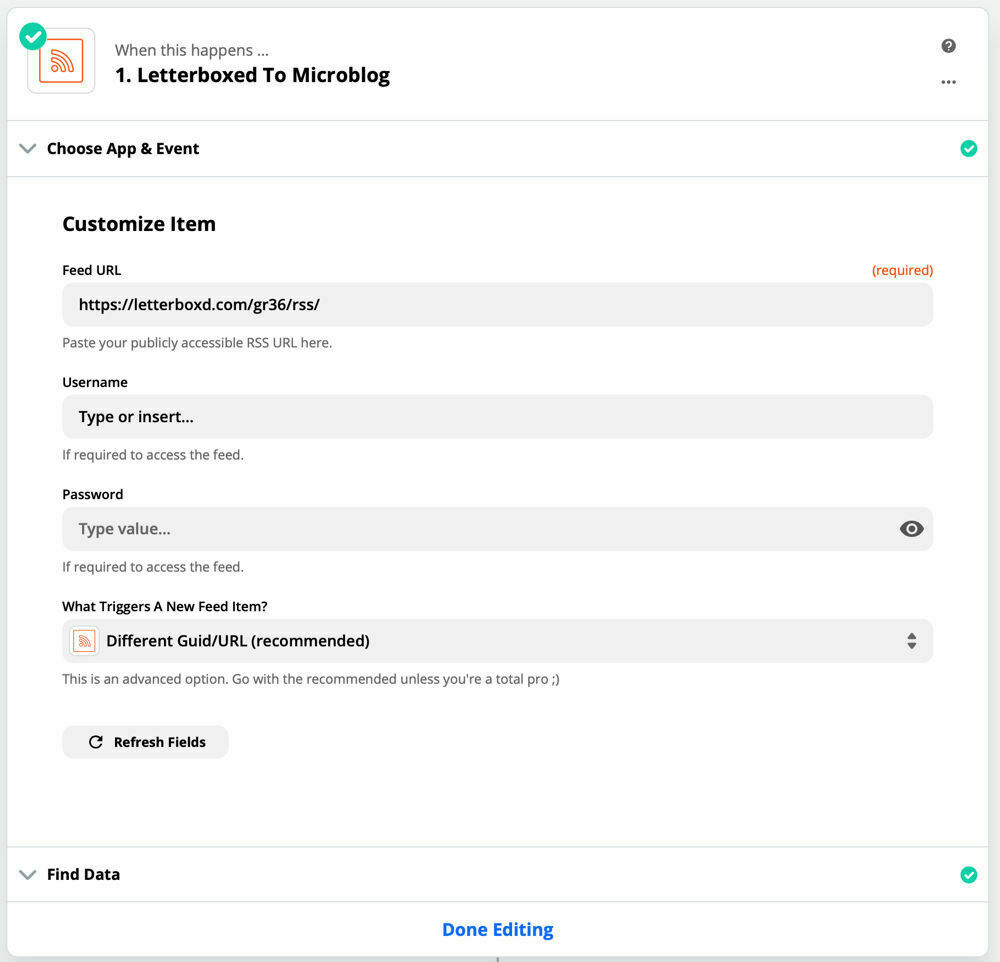 Start by creating a new Zap, the trigger is RSS and the event is a new item in the feed, Past in the Letterboxed RSS feed you have saved and that is all you need to do on this step as you don’t need any information to access this feed. On the next step Zapier will find the data — so make sure you’ve at least recorded one watched film, and then pull everything into Zapier.
Start by creating a new Zap, the trigger is RSS and the event is a new item in the feed, Past in the Letterboxed RSS feed you have saved and that is all you need to do on this step as you don’t need any information to access this feed. On the next step Zapier will find the data — so make sure you’ve at least recorded one watched film, and then pull everything into Zapier.
The action is Webhooks, and the action event needs to be POST to tell micropub to post information. By customising the request you can go as deep as you like, this is where Zapier makes it so easy to post images, ratings and everything the feed contains effortlessly and understandably. To do this put the Micropub url into the first box, in my case this is https://micro.blog/micropub and leave the Payload type and Form.
Click the plus sign under Data, and type content into the first box, and then you can customise the post until your heart is content. Click the plus button again and type access_token into the first box and in the second one copy in an access code from micro.blog. Your service may not require this, but will usually require some kind of authentication.
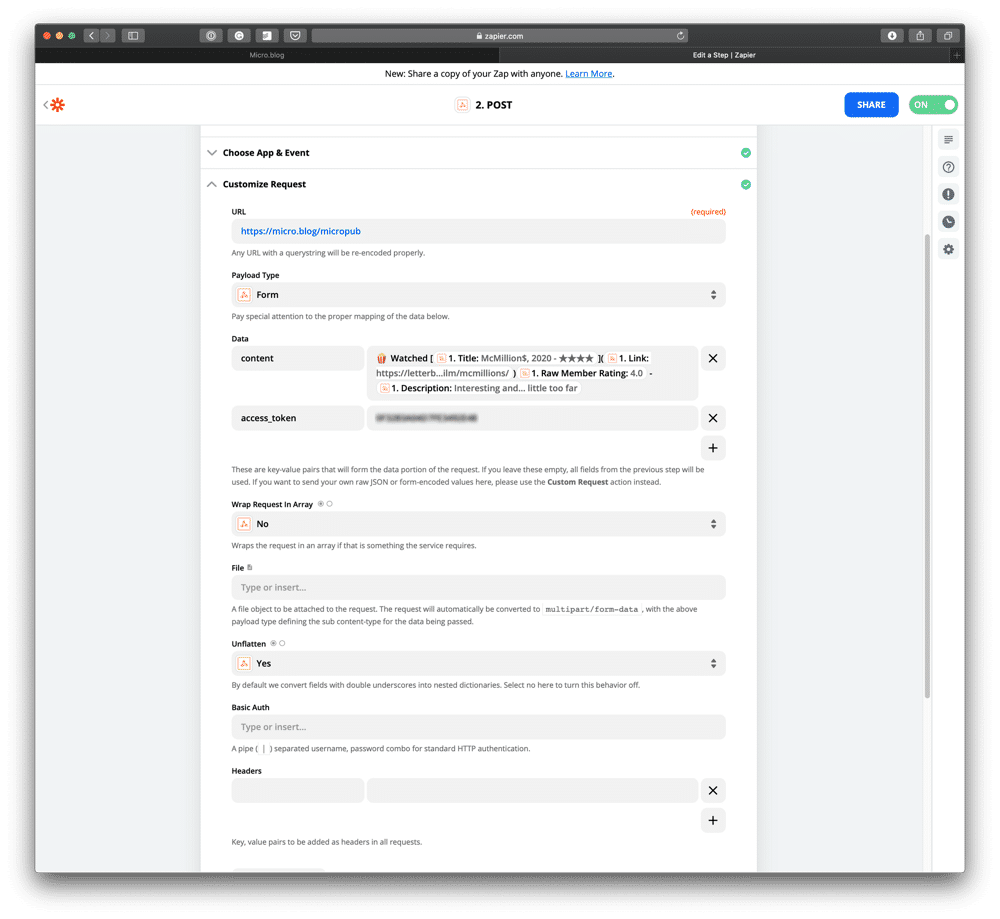 All the other topics can remain as they are by default, by clicking continue you are given the option to test the post. Do this and check that everything appears correctly — you can always go back and change things before re-testing. This is another option that makes Zapier a great service to work with. Once you’re happy, finish everything off and now every time you review a film it will post to Micropub.
All the other topics can remain as they are by default, by clicking continue you are given the option to test the post. Do this and check that everything appears correctly — you can always go back and change things before re-testing. This is another option that makes Zapier a great service to work with. Once you’re happy, finish everything off and now every time you review a film it will post to Micropub.
These kinds of posts usually start out as a small note in my journal or Apple Notes. Sometimes they stay there for quite a while because I am at risk of sounding like a grump old man – and not for the first time.
However in Lockdown there has been an increase in social media posting that has continued now that things are easing (sorry America). When biking around, or walking with the family there has been a stark increase in people looking at their phones or constantly taking pictures. Posing with things, or shameless self promotion, you know the types of posts I mean.
There is absolutely nothing wrong with taking photos, I love it, I take far too many of them – but I don’t miss the world for a shot. When everything on Instagram is fake, what exactly is the point of posting. It’s supposed to be about showing what you are doing, not doing things so you can show them.
Stop missing the world, or watching it through the screen of a phone – put it down and live it.
Anupam Chugh for Mac O’Clock
No user in their right consciousness would look to opt-in for personalised ads considering its used for monetisation purposes.
Quite often there is a push back, usually from people regarding Google, that they would rather see relevant ads than random ones. Whilst this could be true, the ad tracking and data storage doesn’t just stop with seeing more relevant ads, its tracks everything about you for no good purpose.
Personalised ads should be viewed as manipulation, and unfortunately most people just don’t join the dots. Whilst the statement above is a bit bold, as I think most people just taps yes because they don’t care – they really should start caring.
Conor Friedersdorf for The Atlantic
That crusade is as vulnerable to mistakes and excesses as any other struggle against abstract evils. Some of the most zealous crusaders are demanding affirmations of solidarity and punishing mild dissent. Institutions are imposing draconian punishments for minor transgressions. Individuals are scapegoated for structural ills. There are efforts to get people fired, including even some who share the desire for racial justice.
I will preface this by saying that some transgressions are simply unacceptable, and deserve no understanding. However currently, whenever I see people being shamed for holding an alternative view point and ‘pilled on’ by social media I think about the stories in Jon Ronson’s excellent book So You’ve Been Publicly Shamed.
This is full of stories that were once the outrage of the internet, and are now looked back on with embarrassment. i think we will look back on people like David Shor and institutions like The Tattered Cover with the same remorse.
When I think about ditching my Apple Watch after five years of faithful usage, I can only ever get about 90% there. The easy part is working out how I am going to use my phone and finding ways to stay connected only when needed and remove it entirely when I wish to switch off. Unfortunately that last few tweaks to my usage never fall into place.
There is one pretty big issues that I am not sure I can find a way around yet, it’s caused all sorts of headaches and stress already. I cant for the life of me work out how any one manages notifications without an Apple Watch.
This isn’t the first time I have thought about my notifications and managing them. It’s been a struggle since climbing up the corporate ladder — emails pinging at all times of the day and night. Factor in loads of apps that want your attention, and it could soon become a nightmare.
I love the peace and quiet, I love not having a tan mark on my arm, and I love the fact that I have one less bit of tech to manage. I just don’t know how anyone puts up with dings and phone ringtones in their life.
From the first time I put on my Apple Watch I don’t think my phone has been switched off silent. The Apple Watch allows me to be notified about what I want to show up, but with a subtle tap on the wrist. No buzzing, no dings and much less stress. I can often action it right then and there, without even needing to pick up my phone — I am actually getting comfortable answering the odd phone call from the Apple Watch too.
How on earth people manage notifications I really don’t know. For the longest time I have turned everything off but messages, phone calls and emails from VIPs and it’s still too much without a watch to screen everything. So for now, the Apple Watch remains attached to me like a life jacket, there to stop me downing in noise.
Stephen Nellis and Paresh Dave for Reuters:
Sixteen marketing associations, some of which are backed by Facebook Inc (FB.O) and Alphabet Inc’s (GOOGL.O) Google, faulted Apple for not adhering to an ad-industry system for seeking user consent under European privacy rules. Apps will now need to ask for permission twice, increasing the risk users will refuse, the associations argued.
Of course they are kicking up a fuss. All of their shady tactics, designed to circumnavigate user permissions are being shut down one by one.
Marketing companies have been offered use of Apple tools to make sure ad targeting is working and numbers are reported well. This uses anonymous aggregated data – but this still isn’t enough. The tool is “engineered to not track users, there’s no need to request permission to track,” Brandon Van Ryswyk, an Apple privacy engineer,
These companies want access to user specific data and clear tracking of clearly defined individuals. These are not marketing businesses, they are spying on you and have made it looks like advertising.
I would hope that no body starts morning that I am not writing about enough technology lately, but I’m finding it hard to write about anything at all. Never mind getting motivated to write about the very little news going around. I have been spending my time riding my bike when weather allows, but when the bad weather comes I have to take it inside to the virtual playground of Zwift.
Writing recently in my newsletter I covered my love of the cycling (and running) platform and trying to gamify my cycling as much as possible. I’m still in the very early stages but having just crossed into level 11, my aim is to complete as many of the available routes as possible. Unfortunately Zwift is not great at this, and although the information is obtainable, it’s not easy to work with. So I spent some time building a way to track it.
(adsbygoogle = window.adsbygoogle || []).push({});
There are loads of posts discussing several online and offline manual methods plotting out distances, XP points and the dreaded hilly bits. Thankfully a huge amount of data exists about each route, because so many people have ridden them. While looking for ways to automate this I stumbled on some spreadsheet methods on Reddit, and put together my own version combining several of them.
It’s dead easy to use, most routes link to information about the route you will take and the world used. The spreadsheet itself outlines distance covered (KM) and distance claimed (M) during the route, as well as the XP you will be rewarded for completing it. After a few weeks I am only at 12 % due to better weather currently, but I have done some of the worst – Road to Sky up Alpe Du Zwift, and Mountain 8 up the Epic KOM I particularly hated.
(adsbygoogle = window.adsbygoogle || []).push({});
Don’t forget some worlds are only open on certain days so plan accordingly. Grab the spreadsheet from here and start Zwifting!
Something that I am constantly thinking about is broadening my horizons and appreciating other peoples interests and points of view. Something that is actually quite difficult to do, as it seems we are preprogrammed to believe our own points of view above all else and defend our positions. So, some of this is understandable, but we owe it to ourselves and others around us to be better people.
I don’t believe that anything in life is binary, it can be not completely good or bad. You can find positives in everything, and if 2020 has taught me anything, it is that there a whole load of people I once respected that live in a bubble of their choice. Many fail to see that their experiences are not what others have felt and share some disgusting opinions online.
I am talking disputing systematic racism levels of idiocy. View points that will affect others should be questioned as much as possible and living in a bubble of your mind won’t help you do this. I urge everyone reading my newsletter to breakout of your normal and experience other peoples view points and beliefs. Certainly challenge them, but spend time learning why and how they have come to this view point — you just might learn a thing or two.
On the plus side, I follow a few less people on Twitter now.
For the past year, I have been running my blog on the Ghost platform. It gave me the ability to have a site as fast as the static one I used to have, but with a much more powerful CMS behind it. When first testing it out and setting up memberships I knew this platform would be for me.
It allows me to keep control of everything from payments to blog posts, and send emails to you all at the push of a button.
Lately though it has been suffering from poor updates that have affected the site structure and inner workings. Updates have been released and then having to be patched a few hours latter due to some bug or another. Unfortunately the 3.22 update removed all the sites menus and emails settings, with a fix not easy to achieve.
This time I had made a snapshot of my server before updating, but this was just dumb luck not great planning. Having had to resort to the support forums for a few days running I have run out of patience with the lacklustre testing going on. I don’t want to bad mouth developers doing their best, but updates to the blog will be few and far between for the time being, until I can be confident these kinds of issues are sorted.
I don’t see myself switching anywhere else, but its times like these when a Mailchimp email and a WordPress blog seem like some welcome, if a little boring, tech resilience.
Seth Godin on posing for selfies:
The irony is that the people we’re most likely to want to trust and engage with are the ones who don’t pose. They’re consistent, committed and clear, but they’re not faking it. – Seth Godin
I seriously doubt Seth reads my newsletter but this post seems to tug on the things that I was approaching last edition. The apparent rise and rise of taking pictures just to show off what you are doing, or rather doing things just so you can pose for photos.
This isn’t new information but those people online you flex your ego to are not your real friends, those likes you get doesn’t mean they like you — the people around you are your friends. They know the real you, who you actually are and they see the difference in who you are on social media. Put the phone down and enjoy those people instead of showing off to people online.
Jason Aten for INC
Google, on the other hand, takes a different approach. Google literally stores exactly where you are, where you have been, and even the route you took. And, it saves that data. Sure, you could go in and delete the information Google has stored, if you happened to know how or where it was located. In reality, very few people did that.
The minimal approach has its benifits, but also its downsides. When better results come from Google having more data – most people opt for that.
You be forgiven for thinking that people outside of the tech bubble care about their personal data to a level that these types of posts do. The worry fact is they don’t. Bilions of people still use Facebook.
Google has its place, and it is at the heart of most peoples internet – and that’s not going to change.
Nothing can ever be perfect, and Hey is no different. It takes some thought to get used to all the features, but there are some things that I would really like to see implemented in the near future. I have every confidence the service will be imported following feedback, so investment in this is well worth it in my opinion. Heres some things that I would like and ideas about how they could work.
This is a biggie, and almost the one that put me off switching over. I really would like to see the ability to import all my old email, so I can be done with gmail forever. There are emails, files and all sorts fo information I am almost constantly referring back to, so I really need to only rely on once service.
Hey allows you to export your email in the mbox format, so I would really love to see them allow it the other way. This would allow me to set up my filters better than ever. This would put strain on their storage and servers though, and I do understand that they want you to have a fresh new start.
As it stands currently there is no way for me to know that there are emails in My Feed or Paper Trail. I am currently checking periodically and it’s a bit of a pain. I completely understand that these types of emails are supposed to be out of sight, but some notification would be great.
Currently, I can turn notifications on for some emails that go into the feed, such as my wonderful newsletter but I think it is too much work to filter these. Being able to set notification or notification levels would be the perfect balance. Perhaps I don’t want a push notification, but a discrete banner to let me know my bill has arrived such as below.
The team need to improve the way to get from Imbox to Paper Trail and The Feed particularly on mobile. Currently, you must tap on the Hey button, tap the area you wish to go to. This isn’t too much hassle, but when you wish to go to the next area, swiping back and the repeating the process becomes tiresome.
A tabbed menu at the bottom would be too much and defeat the whole purpose of putting marketing emails and receipts out the way, so some thought around this is needed.
Newsletters are my thing. Reading them in Hey is great as they are all filtered out, bar a few marketing emails mixed in that I still want to see. However, What about them disappearing from the feed completely when I have read them?
Currently, the feed displays everything that has arrived with nothing to say you’ve seen it before. A small notification for some that I like reading straight away would also be a helpful addition.
There you have it. Not many things that I haven’t got my head around and made Hey my email service of choice. I would really like to see the mbox import if all else fails. Just so I can finally move over completely. 🙏
This is the first time in a long time I have had something effortless to talk about. Two things that have been large in my life and felt like they matter to me again. Things are starting to come back, but I have a feeling they will never be back to normal. Unfortunately I spend no time traveling and no time in my office, so I am listening almost no podcasts.
I am not alone either, it’s great to not have to travel all the time and commute to meetings all the time, but I feel I am missing a certain amount of information by not listening to my beloved podcasts. The only time I can grab an episode or two is while running, and that doesn’t happen very often since becoming much more inclined to take my bike out.
Listening seems to have shifted to an at home experience for some, but I just can’t make it stick. If I try to do things whilst listening then I don’t pay nearly as much attention and often missing large sections. Ultimately, I just don’t feel as engrossed as I am if I listen while driving. No great loss, but I do feel less informed than normal — perhaps that’s a good thing.
Now is not the time to start talking about features, there is enough coverage out there for you to find out all the details. What is relevant is the experience and the way in which Apple competed their keynote and it was interesting to say the least.
Thankfully for my inner nerd instead of cancelling the event, Apple took the whole event online. WWDC is usually packed full of developers and press, and tickets to be able to attend the headline keynote are well thought after. People packed into a theatre obviously isn’t possible at the moment, so attending as out, but the video portion took on a completely new feel.
The whole keynote was prerecorded, with special effects, cleaver editing and a really nice feel. It managed to keep Apples usual flair and in jokes but got straight to the point. I enjoyed it much more and it was easier for my wife to suffer through it due to not feeling pushed out. Ultimately the event felt more approachable for almost everyone, it was much easier to understand and didn’t get dragged off talking about retail or revue income.
If I could choose, id like Apple to keep the more streamlined appeal, but also with some in person feel. What that looks like I am not sure, but it helped not to have to pause after every announcement for whooping in the audience. Developers have also felt more able to code alongside an event you can pause and rewind, so I think everyone will benefit from the lessons learnt this year.
This should be a lesson to all companies needing to switch their business model, it is Vitaly important you keep your business moving but maintain your personality. Moving things online doesn’t mean you need to miss out on the personal touch.
What is there to say that already hasn’t been covered about the new email service from Basecamp. I have been using it for a couple of weeks now, having made sure I got hold of invites for me and a couple of people I wanted to take a look at it. After initially rejecting it, I have grown to like it and feel like it will make a difference to my email interactions. So if you want to reach out to me, you can always email me greg.morris@hey.com, especially if you’re using the service too, as I would love to know your thoughts.
This is without discussing the Apple App Store issue that are combined with the launch story, which I don’t really want to comment on because this has been said a hundred times and will continue to be head about every so often for ever more. Some fo this is a valid concern, some of this is marketing and it’s nearly impossible to find the divide, but there has been a resolution for the time being, so we will wait to see what happens.
There are two things that have really changed the way I use my email and made finding thins so much easier. Hey allows you to rename the subject of emails, not something you would think revolutionary but it makes a bit of difference. I get loads of emails with no subject to being able to rename them makes it look and feel much better — this is completely on your side and doesn’t mess up anything for the other person that emailed you.
The second is being able to combine threads. I have never found an email client that gets this right and often end up with disjointed emails on the same subject. Or just followups that the other person didn’t reply to and instead sent a new email. In Hey, you can select any emails chains you wish and combine them all together. Agin this is completely on your side, so you can combine those from different people but about the same thing and nothing messes up the other end.
This is without considering all the features like reply later, tracking blocks and notification customisations. For a great overview check out Matt Birchler’s video below.
There is so much wrong with email, but there is nothing better. Every time someone tries to come up with something better it become tied down to payments, or locked to services. Hey is both of those things, but still open for people to contact you the same as normal. To me, this service is not perfect, but shows all the signs of making email better. It might not be forever, but at the minute, it’s great.
I have made it my mission to not talk about all the App Store issues surrounding the launch of this app. I might mention it, but it’s a conversation for those that are more educated than I. I have been using the service, however, and after two weeks of use I have some features that I want to share with you that might just make your life easier.
This is the most obvious feature that is talked about. This is an inbox for you most important things — hence Imbox. Horrible name, great idea. When you get an email from someone for the first time, this is flagged for you to approve, or deny the request to get through.
So only the most important things alert you to their presence. If this is a receipt you can select to deliver this straight to Paper Trail, which stores them all silently, or if this is a marketing email or newsletter this can go to The Feed.
Watch an overview of this here
You know those emails you get with no subject, or the email body is in the subject. Well, turns out they annoy all of us, so Hey made is possible to rename the subject of an email, without any input from the persona emailing you.
With a couple of taps you can rename the email, making it easier to find it later, and it doesn’t affect the other side of the conversation.
Watch an overview of this here
It drives me insane when you get an email about the same thing, but it’s not a reply, or your email app decides it needs its thread (looking at you Apple mail). Will this is fixed too. You can merge threads back together, and even emails chains form different people about the same thing. Again without affecting the other side of the chain.
Watch an overview of this here
Ever want to remember something like an account number of insertion but don’t want to go searching through all your emails to find it. You can clip text from an email and make it easier to find when you need it.
Watch and overview of this here
Ever wanted to keep all your information in one place about a subject, but didn’t know how to do it. In Hey, you can make notes in an email chain that only appear to you. So for example you can make notes of telephone conversations with the person or simply notes to cover when replying later.
Watch an overview of this here
There are loads more features than these but I wanted to give an overview to show this is not just another email service. Many things you can do with Gmail filters, but these above have already come in really useful for me — I even signed up and paid the yearly fee yesterday!
Much like the COVID-19 outbreak, all things seem unimportant any longer. Over the past fortnight since the last edition, at some points it felt like the whole fabric of the world was going to fall apart, but we are getting through things and trying to return to some normal. Of course some things need changing for the world to continue, and although some of us don’t speak up and walk with you, we are behind you every step of the way.
With that said, it doesn’t change the fact that things do continue, and can continue alongside more important issues. It may mean that things become less important but struggles like this should allow us to reframe our existence and find out what really matters to us.
What we once considered smaller things in life have suddenly become critical to people. Walking with my family has become significant to me, as has exercise and cycling specifically that I have spoken about before.
The real dichotomy of the situation is that cycling really shouldn’t matter to me, as with all sport in the current climate, it appears on the surface a pointless endeavour. Nothing is achieved by it, I am not serving a purpose and you could argue it is not essential. But the real beauty of sport and exercise is that taking part is so important to us.
I have seen some usually upbeat and active people going through a painful process of looking at their activities with critical eyes. Whatever your interest they have taken on some weird oxymoronic place in many peoples lives that it is both essential and non-essential simultaneously. Whatever it is that you take part in shouldn’t make you feel bad for carrying on.
This may be the place technology takes for you. You understand that having the latest phone or computer doesn’t matter in the slightest, but also matters a great deal to you.
When first starting out publishing to the internet I had no idea what I wanted it to be. I had no idea how WordPress, or much of the web, worked and would update my HTML site by building a new page and linking to it from an index.
It seems strange now looking back at the few months I spent doing that before getting to grips with a CMS. But all I was worried about was writing a post and getting it online. That fact I didn’t even know how to publish to the internet properly but spent so much time making sure I did leave me with nostalgia for simpler times. Times when I thought of myself as a writer, so I did what I though writer did and that was publishing often.
I wasn’t worried about stats, or SEO, or optimisation of any kind — I just wanted my word on the internet. I wanted for a very long time to join the ranks of a large publication and write away all day until I ran out of ideas — but now I couldn’t think of anything worse.
Compared that to todays world and you would think things would have improved. Yet whenever I think about writing anything now I am filled with dread unless it heads to my blog. I don’t have to worry about anything that content writers need to worry about, I can write exactly what I want and hit publish.
As Paul Jarvis wrote about in his excellent I’d rather be a blogger post, the hassles and strains of content producers should not be any of our concern. I used to want to be a writer, but now I love being a blogger.
At some point each year I fall out of love with my Apple Watch and leave it on its charger. This isn’t a new thing, but I always return after a week or so rest and kick myself for not keeping up with my activity rings. This time feels different though, and I am starting to wonder if I am about to follow fellow enthusiasts down the route of removing it for good?
The weird thing is, the Apple Watch has been my favourite device for the past five years. I have written so many posts about it, and my love of wearing it, above and beyond anything else. Despite a few recent grumbles, I have owned all five iterations of it and gone out of my way to keep one on my wrist at all times. So, it seems even more strange that my love has faded quite dramatically.
I am not sure if it is because of the warmer weather or worrying about tan marks. Working from home could be removing some fo the need for it. To be honest it could be a range of things, but for some reason this keeps happening and this year it has been a few weeks since i continuously put it on each morning. I have been sometimes intentionally putting it on if I want to be contactable but with out my phone, but more often than not it has been left on my bedside table.
The health benefits that filling my rings have been huge. When first realising this would make a difference, too now, the three rings have pushed me that bit further to improve my health. Yet I don’t feel the need fill these tricolour pests any longer and just cycle when I want (all the time). I am not at the stage where I would get rid of my watch, it gives me the opportunity to not take my phone out and the £5pm is negligible for this convenience.
Currently, it makes an expensive bedside clock and that’s about it.
I have been thinking about this since Matt Birchler wrote about it a few days ago. Matt has managed to carve out a huge market for what he has to say and often attracts a large audience and invitations to many podcasts. In many ways he does what we lowly blogger dream of, and all whilst not really trying — and being amazingly talented.
I hope that I am a sobering voice in the world of tech bloggers. I don’t try to write things that are scandalous or are just written to stir the pot of controversy, and I am not on any company’s list for getting pre-release hardware for reviews, so I don’t tend to go viral.
Is it right to think, or worry, about such things instead of just writing? I think it is nice to know where your angle is and stick to your guiding motivation. Otherwise, you can end up being one of those people that moves themselves into camps easily and publish content just to point towards one of them. Things that get picked up and get you loads of views are great, but often only fall into the extremes of arguments. No one is paying attention to the write-ups of their Magic Keyboard in which they are measured, objective and make sound judgements — which is where the issues can start to arise if you’re not careful.
Everyone wants views, clicks, watches, whatever the metric is that defines you, but we must stick to our principles and make sure we find our place in the market whatever we are doing. It’s easy to present them as facts, but presenting our ideas and making them rational and easy to understand is key to staying true to yourself and others. I hope I do a good enough job at this because it is one of my main focuses when hitting publish.
I am at the stage of my life when I really don’t care who did what, and why things happen. I am perfectly ok with companies copying features that make life easier, but are we all ok with blatant design rips offs now?
Admittedly this isn’t a new thing, and not exclusive to technology products either but such blatantly rip-offs have become so common it is hard to tell the difference. Walking around the streets I see imitation AirPods (the stems are usually longer and thicker) which is part and parcel of the status symbol they have been come attached with. They are sold in shops of a dubious nature for a fraction of the price and of course much of their features missing.
However, that is nothing when comparing big brands like Oppo and Xiaomi ripping off designs and selling them like everything is ok. Imitation is indeed the sincerest form of flattery, but copying such horrible designs as the notch in the iPhone X(S) is downright stupid. Yet here we are, with the tech press perfectly ok with it, and nothing done by regulators.
Above is the new Oppo Watch, a product that is undeniably a rip off of the Apple Watch. This in itself doesn’t really matter, after all there isn’t match you can do with a smartwatch, but the watch faces and overall software design is so blatantly copied that it can’t be taken seriously. This should be sold on markets stalls and corner stores, not taken seriously. Yet all the big outlets are reviewing it so this must be an acceptable practice now.
Since sharing my Todoist set up and how I get things done loads of people have given me some ideas and shared their experience. One of which I wanted to try to help out with, and that is the natural language input. This feels amazingly natural to me, but for some feels like a bit of a code — so let’s crack it together.
On Mac, you can use Control+Command+A to open quick add. Or to start your entry, regardless of platform, just tap or click on the Plus icon. Quick Add is the fastest way to:
If you can’t crack this bit then there might not be much help for you, as it’s that easy. Simply write out when you want to complete the task exactly how you would say it. For example, “tomorrow at 4pm” or “every other Tuesday starting March 3rd”.
Call mum next wednesday at 2pm
This can be as simple or as powerful as you need it to be. Most tasks you add will have a context date e.g. next Friday, or an actual date 2nd March, but some don’t fit into this pattern. Luckily, Todoist understands even complicated expressions and will interrupt what you need pretty much all the time.
For things that crop up regularly, or just every so often, you will soon get to grips with typing ‘every’ to get these set up. Every is the start of all things repeating and is really helpful for even the most complex things.
Call mum every wednesday
But it doesn’t have to stop there, you can arrange tasks for whenever suits you.
Call mum every other week day
Call mum every wedneday june 2nd to july 1st
For those tasks that you want to happen a specific period after you complete it put in an !.
Call mum every! week
This will set up a task to call mum exactly a week after you complete the last item. You can of course use every! Day, month, year — depends on how often you want to do it.
Labels help me highlight something that I want to know at specific times. For example, I have a morning tag, and a someday tag, so I don’t need to give these due dates or times, but I can find these tasks easily when required.
To add a tag just put a @ before the name.
Call mum next wednesday @morning
You can make these as complex or as easy as you like. Some people like to have tags for tasks they need to do while driving, or when they have a spare 5 minutes.
Call mum next wednesday @driving

I have never adopted priorities in either email flags or my tasks, but it helps hugely if you want to sift through all your tasks and really get down to how important things are. To assign a priority (flag) just type p1, p2 or p3.
Call mum next wednesday p1
So, when your tasks are listed in Today view or Upcoming view they will be sorted by priority so you can get the most important things done first.
Projects are the main sorting point for most users set up in Todoist. They can be used in a variety of ways to highlight long-term project or simply having an area to assign task to — such as home and work.
To move a task to a project you simply put a # before it. You can type all of it out or just the first few letters and then tap on the suggestion.
Call Mum next wednesday #home
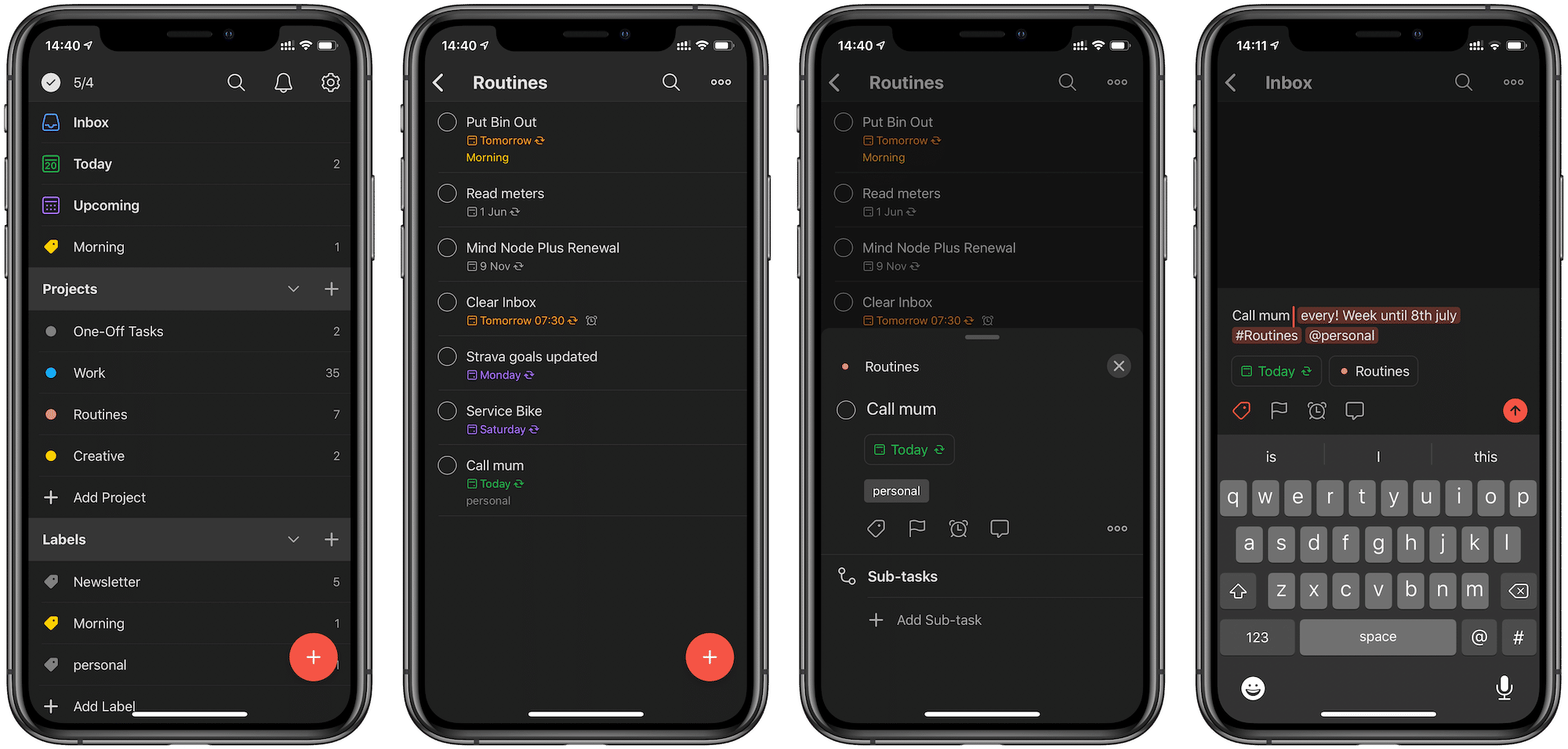
If you need some help, or just want to allocate your task to someone else that you work with, you can do this by typing a + and then their name. Again type it all out, or just the first few letters and then tap their name in the popup suggestion.
Call Mum next wednesday +Jon
This is only possible in shared projects so make sure you have assigned the correct project first. The above example would not work, but the following will if you share a home project with Jon.
Call mum next wednesday #home +Jon
The real power of all these ‘codes’ is that you can link them all together and make powerful but quick entires into your task list. This rapidly becomes second nature and allows you to brain dump effortlessly with minimal sorting afterwards.
So setting a reminder to call mum at 7pm every 7 days for 8 weeks, adding it to your routines task and attaching a personal tag becomes
call mum every! week until 8th july #routines @personal
You’ll be using Todoist as power user in no time and setting it up to remind you of everything you need. Why not sign up and give it a shot as I’d love to see your setups or how you use Todoist to help you get things done.
If you are a regular reader, or subscribed the newsletter, you will have noticed a change in me. It has been COVID–19 that has compelled people that start exercising or change the way they do it, but mine was a pretty annoying and painful injury. At the time it didn’t feel like it, but I am glad to say it is the best thing that has happened to me for a long time.
For more than 18 months I have been struggling with my health and fitness. I have always been pretty active, but unfortunately picking up injuries easily and suffering because I couldn’t exercise as much. Around 6 miles (ca. 10 km) into an otherwise average run my calf twinged horribly. I stopped to try to stretch it out, but to no relief and from lack of other options I had to walk/run/hobble the rest of the way home agonising.
This resulted in my calf being torn badly and I never really recovered fully until recently. As much as my wife tried to convince me this was because I am getting old, I found myself getting pretty upset about it. I couldn’t do much exercise for weeks, the only thing I could stand was indoor cycling and found that tedious, so didn’t do it very often. When I did get back to running I was very limited to around 5k before it started to hurting again.
I tried to push myself too much every so often which resulted in not being able to walk well or having to stay off it completely. Couple this with the associated issues with trying to recover, my gait was really affected and I started to get knee and lower back pain due to what I think was subconsciously compensating. This all came to a head just after Christmas with a nasty hip injury that made it difficult to walk sometimes.
So at the start of March, with no other choice I reluctantly pulled my road bike out the garage, dusted it off and started riding.
I absolutely hated every second of it. It was windy, cold, and I was desperately out of shape due to not all the injuries. I eventually managed to puff and blow myself around 16 km. I was annoyed at myself for being so unfit again, but buoyed at the realisation that I had no hip pain for the first time in weeks.
So, I got on again the next day, and the next day, and the day after that. Actually, I think I had some rest days in there at first — but you get the idea. Pushing myself a little further and working on my technique. Beginning to watch videos on beginners tips, and reading advice on bike servicing, cycling crept into my life.
I didn’t know then I was hooked, but when out for a ride a few days later I stumbled on hill that took everything out of me to get to the top. Upon and conquering it I knew this was it, something clicked and I fell in love.
Cycling has allowed me to do more than I ever imagined. It gives me not only a ridiculous workout with a lot less stress on my body, but it gives me time away. I ride for around 90mins each day and that’s my alone time with the world. Its made me happier, fitter, and a better runner than I ever could have been without getting on my bike. Getting injured was annoying, painful and slightly depressing, but I am better for it.
Joshua Becker for becoming Minimalist
Retail shopping is not needed for our survival. Of course, it never was. But it has been helpful to be reminded of that fact.
Given the reality that most of our homes are filled with more possessions than at any point in human history (even after 2 months of stores being closed), buying stuff from the store is no longer about survival for most of us.
There is a stark difference in the people I talk to about their current life. Those that moan that they can’t do their normal things, and those that have realised that their normal life doesn’t have to come back.
Now is the time to change the way things are and loose this reliance on stuff to make you happy. It is people and experiences that have kept you going though this, and it is those same things that should keep you going forever.
Love people, not things. Use things, not people.
So. No apologies here, but I ripped off this idea directly from Matt Birchler’s write-up on his Things set up. Even though he is a strong believer in the ability of Things, and also everyone in the repliesseems to think the Todoist design is trash, I think very much that we have the same outlook on GTD. The basis of this revolves around “offloading your brain” so you can focus on other things.
I never set levels of tasks that I HAVE to get done each day, but I DO aim to get 3 main things ticked off each working day. This set up has been how I get everything done daily and also why I forget loads of meaningless stuff. I would love you all to give Todoist a try here. This isn’t a GTD set up, but it’s my set up and it all starts with the Inbox.
More or less everything starts life in here. All my tasks from heavy-duty projects to simple reminders start life as a string of text in my inbox. Having tried almost all the major task managers, I am sure most people would agree that Todoist does it best for just dumping everything in and this is the reason why I struggle to take to any other app.
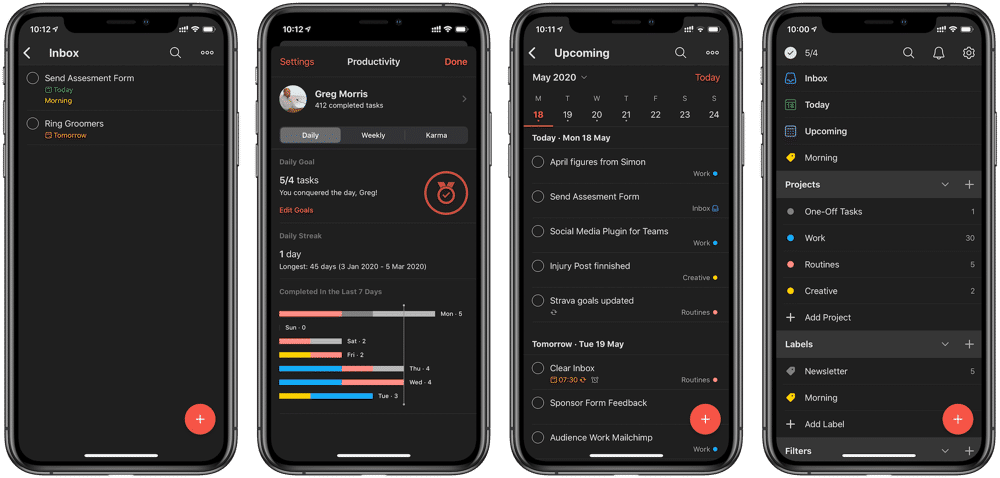
Whenever any tasks arise I use the Mac shortcut or the widget on iOS to quickly add it to my inbox. If the task can be done straight away and within 5 minutes this is the only time it doesn’t get added because I will complete that task straight away. If I know when it needs to be done I can allocate the due date then in natural language and forget about it.
The power of being able to just type out something like “follow up with Geoff in 2 months #work” and never have to think about it again is the biggest thing that improves my productivity and also my mental health.
I have a recurring task to sort my Inbox at 7:30 every morning which is usually the time I am sitting down at my desk. I tried doing this as my last thing each day but it didn’t stick. My habits dictate I never leave work without having completed everything or moved things to the following day so this became the best way for me to pick anything up that has been missed or cropped up later.
The next stage of my to-dos life begins when this notification goes off. I then go through all of my tasks, allocating them due dates and times and moving them to projects. As with the Inbox, if I can do this straight away and within 5–10 minutes I will do this task and cross it off. So, not every task lives a long life or makes it any further than my inbox.
I don’t use Projects as Todoist intend, or indeed how any task manager apps think you will use it. This is simply because I never really have many large scale projects to complete. I have just a few that I use more like areas that my task relates to. These are:

This is where I spend most of my time, with the upcoming screen (previously next 7 days) of the Mac app open. This gives me an overview of the next few days, and allows me to put in times if I need to and arrange my day fully. There is never a time that a task doesn’t have a due date, so this screen gives me everything.
I am not afraid to push something if other things crop up so from this screen I can just drag a task to another day, but also add tasks for other days effortlessly. Before the upcoming screen I found myself switching between areas depending on what I was doing, so now things are much more streamlined. I have a calendar subscription set up for an overview if I am not sat at my desk, this works really well with the Stock iOS app.
I have picked up some little things over the few years I have been using Todoist that really help me. These don’t fit into any area but are worth sharing anyway.
There are a few things that I do desire from Things. None of these are critical, I wouldn’t say I miss them, but would help for my specific use case.
The End
There are a ridiculous number of apps and services I have tried, and I still get suckered into new ones all the time. However, Todoist works well for me, and has done for years. My set up has gone through so many changes that it doesn’t resemble anything like what I started with and will probably change in the future. The great thing is that Todoist is available everywhere, and is improving all the time.
I think I hate the internet. I mean it’s great as an idea, and all the things we can do with it are fantastic. As with everything it is the humans that access it that spoil everything. With great communication tools, comes a great influx of idiots, many that think their opinion, however toxic, should be shoved in peoples faces if they like it or not.
Matt Birchler published a few graphs (not sure if made with Charty) around COVID cases in the US a few days ago. It was a great post, very insightful and well thought out, yet the first thought I had when reading it was “I bet he’ll regret writing that”. I expected the reply guys to pile in on mass and argue about it.
There are numerous times I have had an idea for a post and not written it because I simply can’t be doing with people tweeting back at me. I am all up for debate, but Twitter especially seems to stimulate a certain type of ‘person’. I say person but I think some are bots, or fake accounts, and have some kind of usage beyond just annoying people. However some of this is people, people that I used to respect.
The replies to this post were not too bad, but Matt wrote the next day about his struggles with fools online. Receiving death threats because of comparisons between Pixel and iPhone cameras is wildly insane, but shouldn’t stop me from writing anything. I might regret writing a post, but I do experience regret at not writing things often.
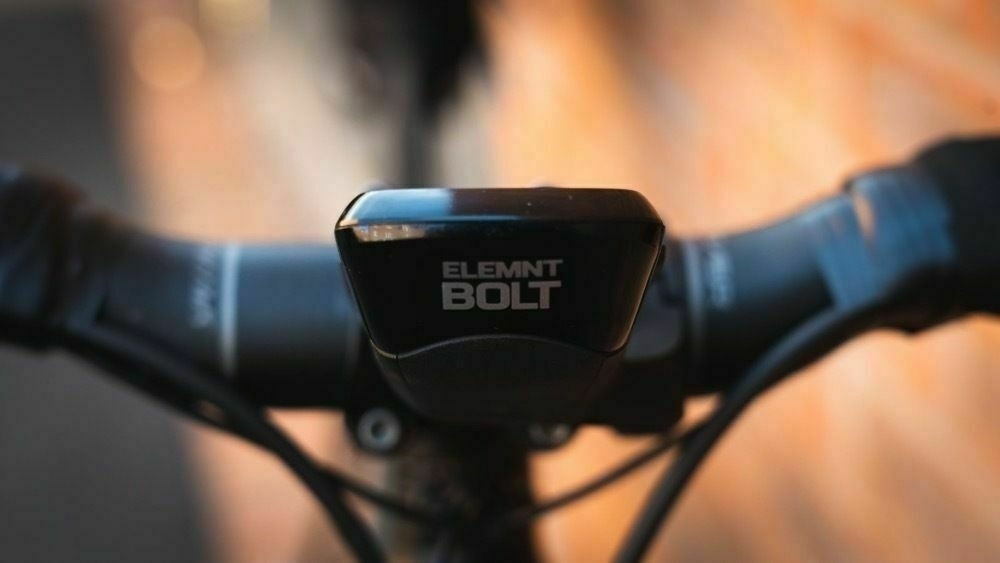
I know exactly what you’re thinking. What exactly is this thing and how can I use this with my iPad? Well, this is something completely different, something I use for my new love cycling, but it’s still a gadget and well worth a review. So here are my thoughts on the Wahoo Element Bolt from my relatively new to cycling point of view.
There are loads of opinions out there already about what bit of kit to get to display your cycling info. Wahoo Element Bolt reviews are mainly written by almost professional cyclists, so I hoping my opinions and thoughts fit in somewhere for those of us not putting out unbelievable times. Indeed technology like this isn’t new, but its leaps and bounds above what was capable only a few years ago. From my novice experience of riding, this is my first computer since those cheap little boxes that you had to attach a magnet to your spokes, but when considering upping your game and spending a bit more time in the saddle there are only two things to consider.
Do you want to track everything with your phone, and if not, do you buy a Garmin or a Wahoo? The more established Garmin has plenty of fans, but the real attraction for me was the huge battery life leap from the Wahoo, and the relatively cheep price. Yes this thing is going to set you back around £190, but it gives you an all singing all dancing cycle computer that should last you years.
The normal metrics are on board. Screens can be customised to show you speed, time, distance, power, heart rate, elevation and many more. So purists can see this live, review it later and export all the information their heart desires. That wasn’t why I bought this though. I am pretty sure that’s not why anyone would spend this kind of money on a training aid, because it can be done cheaper. Really the beauty of the Wahoo Element Bolt is its integrations with tools that make your cycling better.

It offers turn by turn navigation, live tracking links to share with friends, route planning and wireless connection to a whole range of other products. This little black box has very quickly become one of my favourite things. Not because it gives me power output and speed information, because it lets me plan my route ahead of time and tells me where to go.
It has taken me from doing the same old routes to exploring more and finding my way around with confidence. I knew my local back roads very little considering I have lived here for more than 10 years, but using the companion app or online services live Strava, I can plot out a ride and complete it with much less stress. I am sure all the analytics displayed are important to those more deeply into cycling, but that’s just not me at the moment.
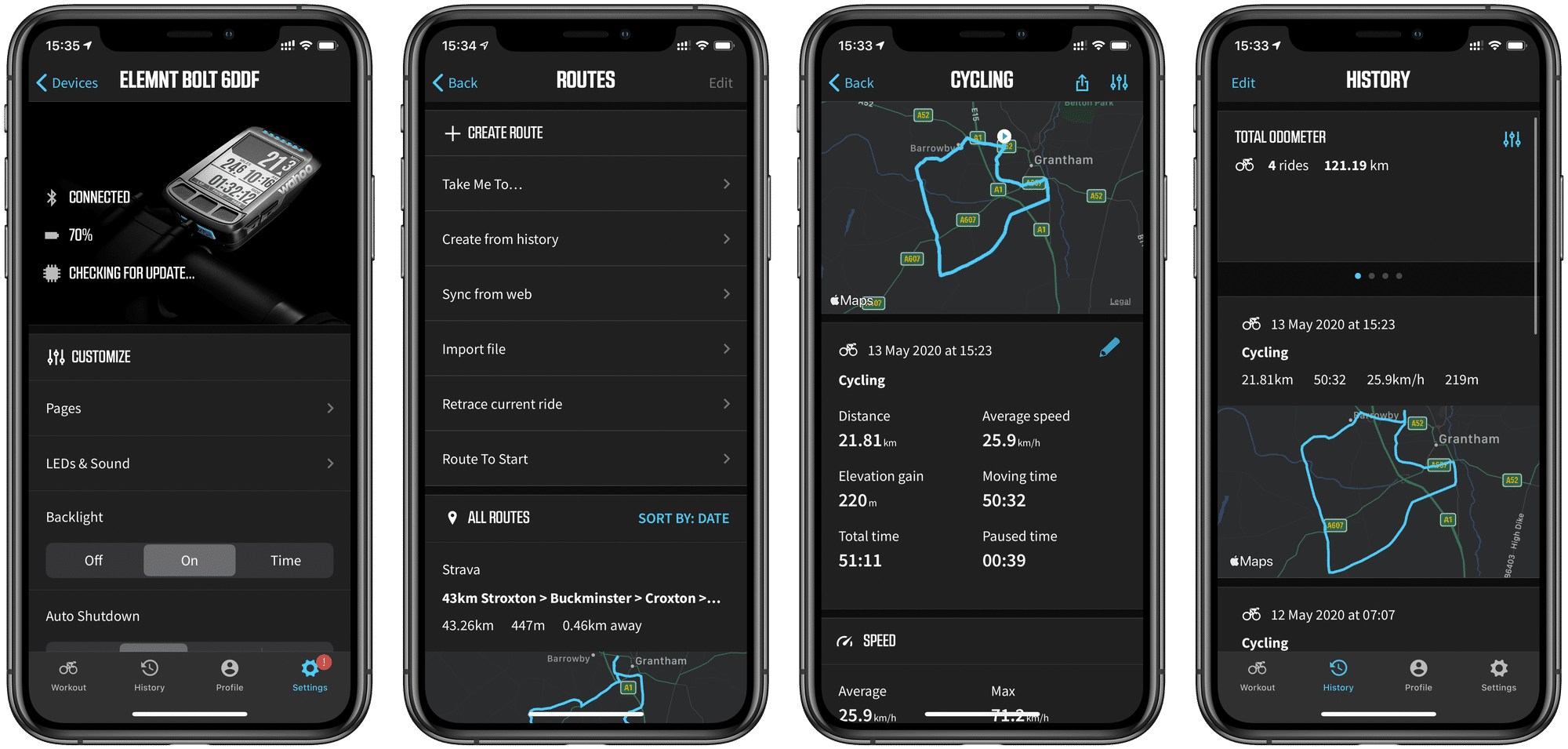
Initial setup of the Wahoo Element Bolt requires very little user input, but it does require a smartphone to set it up on first boot. After using it for signing in and setting up, you will also need the companion app connected if you want to customise anything. This wont be an issue for almost anyone but unfortunately as with all companion apps, it is terribly designed. Thankfully the Element app is very easy to use and understand. Here you can also connect your Wahoo Element Bolt to other services such as Strava, Komoot and even Apple Health on iOS.
You can also connect the Wahoo Element to other Bluetooth and WiFi extras such as heart rate monitors, power sensors and loads of other options. If like me you have the Shimano DI2 with wireless you can even set up the two buttons on the shifters to change pages on the Wahoo. You can connect it to just about anything and any service imaginable.
Using Apple Health to triage all of your rides is a great tool, and counts towards your daily move goal as long as you sync through Strava. For some reason I couldn’t get the Wahoo Element app to give Apple Health any calorie information, yet Strava does after a bit of setup. Unless you need to change the screens of the unit or check for an update reliance on the smartphone app is minimal if you use other services such as Strava. Allowing customisation through the app is a clever decision and removes the need for a touchscreen on the unit meaning interaction is done by good old trusty buttons.
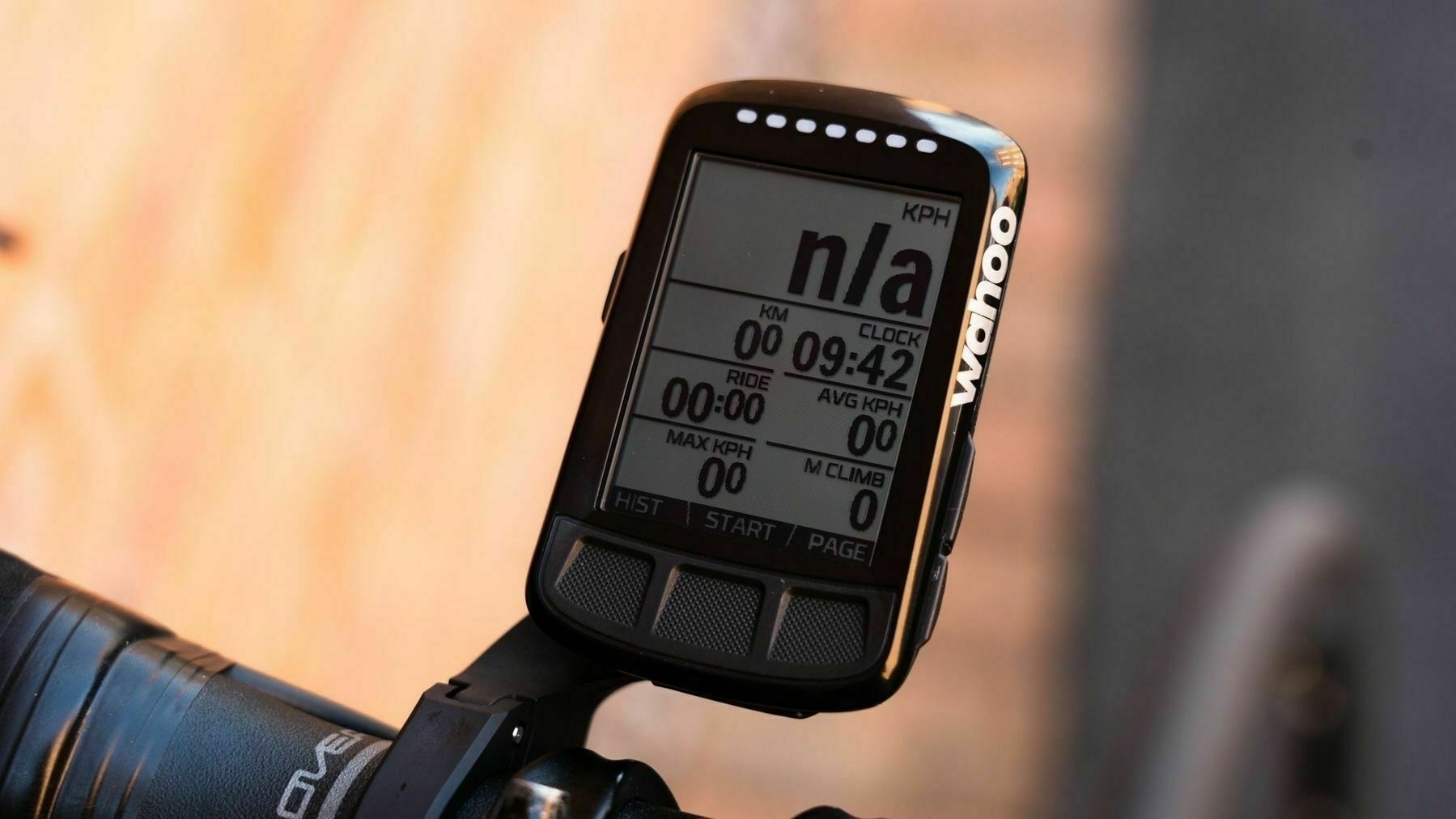
This is great if you live somewhere like the UK and need to wear gloves often. The three buttons on the front and two on the side allow for changing pages of information or zooming in and out of the displayed navigation map. The screen is bright and easy to read whatever the weather. Despite being criticised as only being black and white I think this is the right decision for ease of use.
If you are the type of rider that takes your phone out with you so you stay connected, the Wahoo Element Bolt will also flash up messages and phone calls if you wish. Meaning you will still be contactable when out and about. The screen will show a preview of any messages, with customisable sound and LED alerts to something that needs your attention.
The strip of LEDs across the top can also be customised to alert you to different kinds of things. From Strava sections, to navigation alerts or your training metrics you want to highlight. This unit really does have it all for beginners to elite athletes.
Wahoo have made several design choices when producing the Element Bolt that all play together to build a complete package. Decisions such as the black and white screen don’t detract from the unit in anyway, save battery life and increase the visibility when out cycling. Something that may seem like a ‘con’ when compared to much of the Garmin range is actually the right decision.
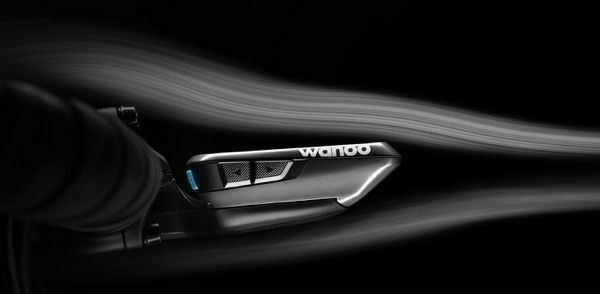
This rings even more true when you consider that battery life is absolutely insane. I have never used an alternative, however Wahoo claim it is up to 300% better than the Garmin 520 and even a 3 hour ride while navigating clips the battery by only 40%. Given the size of the Wahoo Element Bolt, that is pretty amazing battery life.
Wahoo have also thought about the Aerodynamics of the unit when designing. Claiming 50% less drag than competitors, with a sleek and all in one deign that clips safe and secure to its holder with zero fuss. I’m not looking to shave seconds off my ride here, but I appreciate something well designed and doesn’t look like you’ve attached a huge tablet to your handlebars. The Wahoo Element Bolt will pretty much go unnoticed when you don’t need it, but provide everything when you do.
With all of this packed into hardware that Wahoo claims has 50 percent less drag than a Garmin Edge 520, and triple the battery life there isn’t a lot not to love. If your buying this to shave off a few seconds in a time trial, its got you covered. If indeed your training had reached it peak and you need another push forward, this will help. However if you need something to help you get out and about a bit more and help you along the way as an enthusiast then the Wahoo Element Bolt is pretty perfect too.
After switching from recording my cycling on the Apple Watch to a Wahoo Element Bolt my activity levels seemed to suck. After previously smashing my move goals I was left short on some days even after a reasonable ride. Simply because Strava wasn’t calculating my calories and it took me ages to find out why.
After a few days of Googling around and finding all sorts of weird information I eventually discovered a fix. I tracked the issue down to a really simple one, but something that isn’t immediately obvious — you need to make sure that Strava has your weight and your bikes weight recorded.
You can only do all of this on the website and not the mobile app, so make sure you can log in on the web. Your weight is changeable in the app to your profile, but you can’t add or customise your gear for some reason. You will need to log in online, create your bike, and make sure you also give it a weight. A rough guess is fine but you can usually track down the correct weight with a quick search of the manufactures website.
Once this is competed your new runs and bike rides will contain calorie information that will be passed to Apple Health. If you want to get this for older rides, just tap edit activity and then save it again. This will pass the last few days worth of activity back to Apple Health but not all of it, and it’s temperamental at best with syncing.
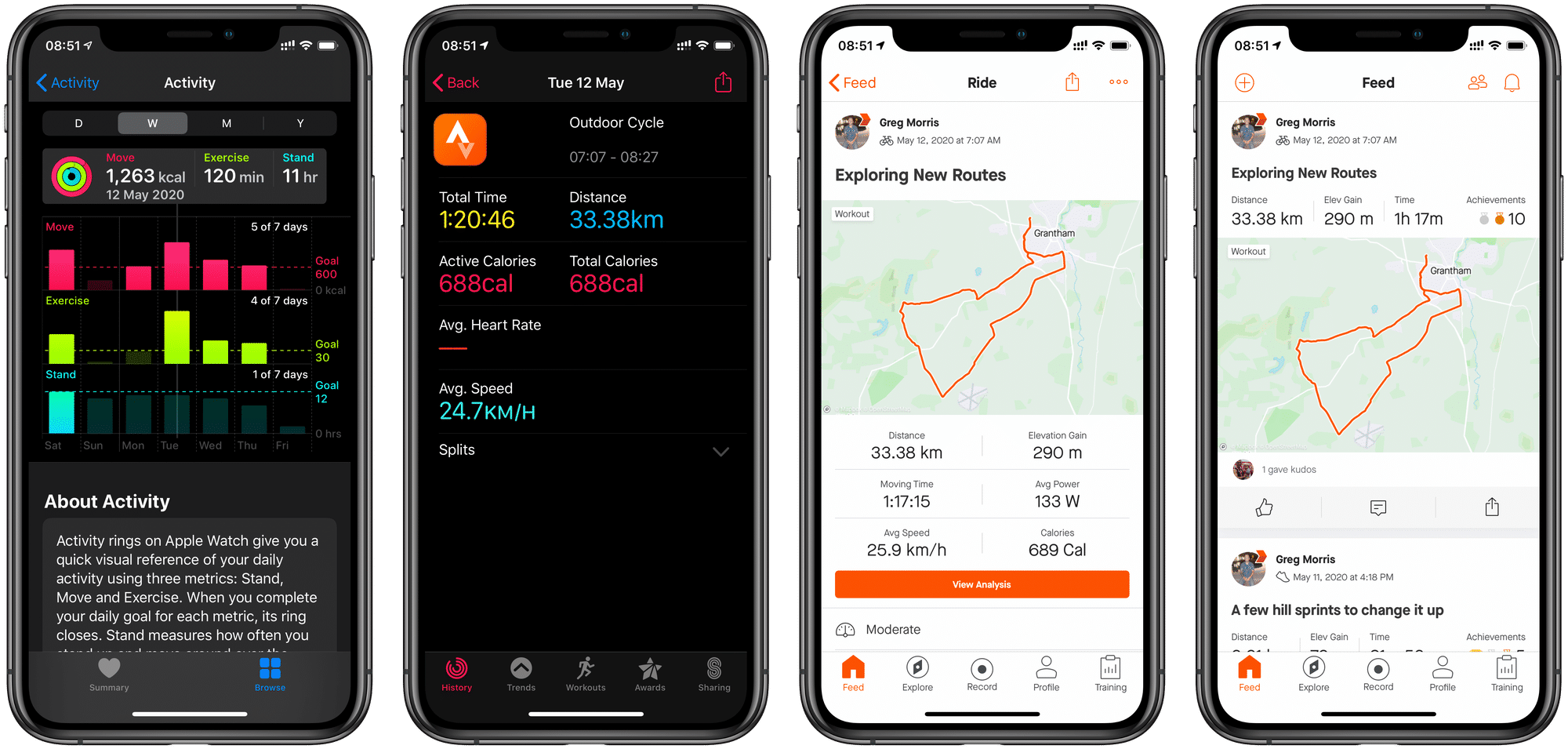
This should mean you are getting all of the credit for your rides going forward. It’s surprising how addictive filling your rings on your Apple Watch is, and Apple Health makes it easy to share your activity data if a medical issue requires it. Strava is great for keeping all your rides logged, but keep it in other places too just in case you want to switch at a later date.
It’s been more than 14 days since I received my Magic Keyboard. The time has flown by and I hadn’t even realised it had been this long until I checked back on my post history. Two weeks that seems like the blink of an eye, and the biggest compliment I can give this keyboard is I have not regretted it once.
I sat down to write a full review about a week ago after seeing a few start to pop up such as Matt Birchler’s post and really struggled to write it. You see, the best thing about a bit of technology that is exactly what you want, is that nothing stands out. There are no downsides, there are no emotions and very little to say bar “its great”.
My second problem with writing a full review is that I wrote so many words (1143) in my hands on and very few have changed. I’ve never written so many after so little time before, simply because all of the feels I had about the device came at once. After all, this is only a keyboard, what is there to write about?
In fact there are loads of things I can talk about, which I already have, but things boil down to only a few points you need to consider if deciding to buy this thing.
It is surprisingly heavy. Using it does bump the weight of the overall device to around the same as a MacBook. In exchange it is perfectly balanced and feels like a proper keyboard (more on this in a moment). It sits on my lap on the couch or in bed and gives me a laptop when I need it.
The keyboard is ridiculously easy to remove when needed. Mine has spent its time unfolded on my desk when I am using my iPad as a tablet. The magnets are safe and secure, but easy to snap off when you need to, giving a much better experience than keyboard cases that clip all the way around the body. You wont want to keep it attached all the time, and you wont have to.
I moaned a little about a function row of keys, but haven’t needed them at all. There may not be a key to adjust the key brightness but I am happy to report there doesn’t need to be. I have never ventured into settings once in any light condition and trust the software to do its thing.
The most important thing is what it feels like. I have never not liked the Smart Folio or Smart Keyboard before it, but the Magic Keyboard is a different beast entirely. Gruber summed it up best when he described previous attempts iPad keyboards as covers you can type on. There was nothing wrong with these versions, I used them very happily for a long time. Whereas this is a proper, full sized keyboard with backlight and decent key travel. It is a delight to type on. I would be hard pushed to find fault with the typing experience, it even rivals the Mac Magic Keyboards which are my favourite for writing.
There are very few complaints from me, this simply doesn’t feel like a first generation device like it should. Many of my immediate concerns have gone, and even those pointed towards the outer material and GrimeGate are short lived and the pretty much the same as previous versions.
If i could be really picky, I’d love for the charging port to also be able to transfer data, but that’s a small want. All these words are to say that i am very happy with my purchase, the Magic Keyboard has meant I have ditched my MacBook and made me fall in love with the iPad again — well done Apple.
If you’ve followed me for a while, you will already know my love of iOS automation. I am not Chris Lawley level of obsessed, but anything to make my daily life easier and I am all in! Shortcuts (and before that Workflow) is by far my favourite app for doing this, but the real beauty of Shortcuts is all the apps it plugs into. Almost everything on your home-screen can be automated, and a whole lot more. New app Charty is aiming to remove the hassle of creating graphs and charts, and launches today.
This is one of those apps that at first you dismiss, but when actually looking around the app you realise just how helpful it can be. That’s because developer Rodrigo Araújo has thought about almost every aspect of the app. Building on the success of his first app ChartStat he aims to make it easy for everyone to visualise any kind of data.
 There are 27 examples already included in the app ready to be imported into Shortcuts. These powerful Shortcuts can plot data you probably already have on your phone but don’t really look at that often. Displaying them in any of the available 5 different types – bar, line, scatter, pie and donut.
There are 27 examples already included in the app ready to be imported into Shortcuts. These powerful Shortcuts can plot data you probably already have on your phone but don’t really look at that often. Displaying them in any of the available 5 different types – bar, line, scatter, pie and donut.
From there it is amazingly easy to create powerful algorithms that process and create your visualisations from inside Shortcuts. The really great things is that now you can begin to not only collect and store data using Shortcuts, but also combine it with utilities such as DataJar to build really powerful tools.
I have been using this quite a bit to plot out my heart rate changes over time, and my distance cycled due to my attempt to get fitter. The graphs in Apple Health are very restrictive so I am over the moon this app makes it easy for me to compare and highlight fitness issues. The graphs are amazingly customisable so I see exactly what I am exporting. I can then send these wherever I like to save and refer back to later.
In my limited use the app has already proved really helpful. Everyone should give it a go just for the amazing alternative icons. With that said I expect to see Matt Birchler really putting this to work over the next few weeks — he loves a graph!
Charty is available now for free with 4 Shortcut actions available — New Chart, Add Series To Chart, Delete Chart and Get Information From All Chart. You can upgrade the app for a one off payment of $4.99 to get extra shortcuts actions as well as a whole load of extras, but if you purchase this within the first month of release it will only be $2.99.
I know Apple marketing is great but we need to have a little chat about the Magic Keyboard because I think they may have sold you a lie. You see, despite it being pretty great the keyboard Apple sold you isn’t really magic.
I am not sure what you expected to happen when you attached a keyboard complete with backlight keys and a trackpad to an iPad but it was never going to turn it into a Mac. The way that some people have spoken about the keyboard seems that they expected some kind of OTA update once you connected it, and that the iPad all of sudden wasn’t an iPad anymore.
Yet here we are debating everything negative about a device that isn’t supposed to do what you want it to. While the comparisons to the surface are somewhat valid, to say that Windows tablets do it better is simply not true. Windows tablets are laptops stuffed into a tablet form fact and made to work — whereas the iPad is the reverse. It’s pretending to be a Laptop, but its not pretending to be a Mac.
I can’t help but think that if the iPad was made by someone else we wouldn’t even be making these comparisons to a Mac, and indeed that some of the evangelical aspects of iOS would be removed. As this eloquent tweet storm points out there are some points that feel like you have to agree to an iPad philosophy. That in order to really ‘get’ the iPad you have to devote your life to praising its positives and shift your whole workflow in order to use it Working on iOS feels like a badge of honour that people wear, and become strangely evangelical at every point.
The fact remains. Are you making the iPad a worse tablet because you attach a Magic Keyboard. Of course you are. You’re attaching a keyboard that effectively turns the iPad into a laptop and some how that is surprising? Yet you can remove the tablet easily and use it as a tablet once again. If your expecting a keyboard that is lighter and can remain on when you want to use it as a tablet — good news Apple sell that kind of keyboard too.
As the old saying goes a “Jack of all trades is a master of none”. Attaching a keyboard to the iPad does not make it a master Laptop, better options exist. Attaching a Pencil does not make it a master drawing tablet, better options exist. Plugging the iPad into an exerting display… you get the idea. The iPad cannot be all things to all people. But its doing a bloody good job of giving people a tablet when they want it. Turning into a sudo-laptop when they want it, and also being capable of ridiculously powerful tasks when you need them.
Digital Hacker wrote:
TheDigitalHacker team observed the screenshot and found that the user, in fact, didn’t mention the context “video call” at all in the conversation but google’s own developed messaging app Messages added “Start Video Call” button positioning their own app “Google Duo” first in the chat. The user also had zoom android app installed on his phone.“
This raises many questions regarding google’s anti-competitive behavior towards companies like zoom, skype, and other companies in the video conferencing industry.
Mathew Wille writing for Input added:
That strategy is likely to turn customers away, rather than reel them back in.
The problem is don’t think this makes any difference to users. They just ignore it and carry in regardless. Even If (and that’s a very big if) Google got fined for this, it’s such a small hit to take to their bottom line it’s almost unnoticeable when they look to gain millions of users a week.
Don’t get me wrong this is a. absolutely deplorable tactic by Google, but one I am not surprised in the slightest. Google’s business model is to sell you stuff, or sell you Google services, which it then uses to sell you stuff. So this shouldn’t come as a surprise.
The real shocker is average users don’t care.
Updated: Added in non-jQuery code snippet
This problem is a reasonably simple one if you know what you are doing with writing Javascript. Unfortunately, I am not, and this feels like an issue that shouldn’t need some script, but here we are.
After loads of Googling, looking at Github Gist, and trial and error, I finally found a solution to opening new links in a new tab thanks to InsidersByte.
As they point out you can do this with markdown or adding in target=_blank to the end of each Url, but who has time for that? So add this into the footer of your site.
With jQuery
var links = document.links;for (var i = 0, linksLength = links.length; i < linksLength; i++) { if (links[i].hostname != window.location.hostname) { links[i].target = '_blank'; } }
non-jQuery
var links = document.querySelectorAll(‘a’);
links.forEach((link) => {
var a = new RegExp(‘/’ + window.location.host + ‘/’);
if(!a.test(link.href)) {
link.addEventListener(‘click’, (event) => {
event.preventDefault();
event.stopPropagation();
window.open(link.href, ‘_blank’);
});
}
});
You could do this in your theme template if you like, but the easiest way is to head to your dashboard, and then Settings > Code Injection. Copy and paste in the code and remember to save!
Reload your site, and you should be sorted.
I fancy myself as a bit of an enlightened person, and spend a lot of time on my own thinking. Running ideas through my head and working out conclusions, or simply letting my imagination run wild. This works pretty well for creativity, and is where most of my blog posts come from. I enjoy it so much that I’m convinced boredom should be a skill learnt in school.
Whilst walking the dog, running, or after everyone else has gone to sleep I often just sit alone with my thoughts and ideas. Sounds weird doesn’t it, but during one such period of silence I was thinking about my thoughts and decisions on the Magic Keyboard and the criticism faced. It’s great to test technology and see where it fits into your life, I quite often make room in order to fit them in, but it’s just as valid to decide they are simply not for you.
So when I came across a post by Tim Nuhumk on the Magic Keyboard I was surprised how many words went half way towards apologising for his thoughts, and I would presume there may have been a worry about some backlash against him. I love Tim, and all of his writing, but his thoughts expressed in his posts are not him as a person.
How many times do you hold ideas and beliefs so rigidly that they become part of your being. Defending them with the same visceral energy that could be called fight or flight. This is not the case with Tim’s post above, this was purely where the idea sprung from whilst thinking about Apple related topics. Infact I am certainly guilty of this more often than not. Just because someone is testing or even better breaking down your ideas, does not mean they are breaking down you. You are not your thoughts, beliefs or ideas.
An idea becomes stronger when you hold it up to be tested. When pressure is applied and the idea resists is when they grow, develop and improve. If they do indeed break, that’s perfectly ok. You do not need to hold your ideas so close and tenderly as if they are glass, because then they will surely break.
If others test your ideas and beliefs they are not testing you as a person. It’s perfectly ok to have apposing views and still like the other person — in fact some of my closest friends are so close because they give me different ideas and apposing view points. Make your circle as diverse and as interesting as possible and you will be a better person because of it. Separate yourself from your ideas and you will feel much better.
I guess my posts over the past few weeks may have seemed like a reversal after my rage quitting of the iPad 6 months ago. Since announcing the new version alongside the Magic Keyboard Apple got me interested again, and wondering if I could return. So I guess I should explain myself.
In actual fact I never stopped owning an iPad, I just didn’t want to work on one any longer. Indeed the upgrades to the iPad Pro are unimportant and haven’t changed the iPad much at all. I was interested in the Magic Keyboard though and picked up a 2018 iPad Pro to go with it despite the Magic Keyboard shipping much later. For the majority of this time it has been a consumption device and living alongside my iMac as a sidecar screen or displaying extra info.
In order to see if anything has changed in my thoughts, I went back and pulled the most important statements out of the old post and compared them to my feelings now.
During my time working on the iPad I always needed a Mac around to podcast and edit things properly – you know do real work.
I no longer podcast at all and have sold all of my equipment. So I need a Mac around even less than before. Currently I am working from my home on my work iMac Pro – but going forward I don’t want a desktop around when I hopefully change up my set up as planned. So this point no longer applies to me, but still does to some. The iPad still needs to improve these ‘Pro’ apps to get everything done.
Then iOS13 arrived. I cant point to one specific event or one particular bug, but iOS13 has been like death by a million paper cuts.
Things have improved in this department. Sync of my Apple Notes and random app crashes have moved forward considerably. iOS13 is still not up to scratch in my opinion. Still retaining things like the annoying rotation bug for iPads — but it is not nearly as unreliable as it was. I still have some issues placing my trust in Apple to maintain this, simply because I rely so much on apps and Shortcuts. It takes a while to win this trust back and invest in iOS again, but things look positive.
This is all after spending weeks getting my head around the new multitasking and app pairing because they changed the way the iPad worked AGAIN.
Please don’t change things again Apple. Not having to reach up to the screen when using a keyboard helps dramatically though and this is one of the big improvement that I am really happy about. No more shoulder pain when trying to use it as a laptop.
The iPad lost its way somewhere in the last year or so and become a device that isn’t fit for me any more.
The iPad is still a bit confused to me. Apple are not really sure what they want it to be but I have a feeling things are going to become clearer over the next 6months to a year. As more apps become universal and some of the line moves to ARM things will become easier to work out. I didn’t immediately spring for a 2020 iPad and picked up a 2018 version for a fraction of the price because my confidence is still shaken.
So although I am using an iPad Pro again very little of my opinions has changed. I might be using an iPad again but I am not putting my faith in working on one, yet.
Nick Statt for The Verge wrote a great article that sums everythig up, but to pull out this quote from Epic’s statement speaks volumes.
Google puts software downloadable outside of Google Play at a disadvantage, through technical and business measures such as scary, repetitive security pop-ups for downloaded and updated software, restrictive manufacturer and carrier agreements and dealings, Google public relations characterizing third party software sources as malware, and new efforts such as Google Play Protect to outright block software obtained outside the Google Play store.
I don’t agree that anyone should give access to their customers away for free, but its time the standard 30% tax is looked at.
But the most important part fo this is that the long held belief that Android is open and you can do anything is fast disappearing. Google are pulling back on the reins and getting control of their platform. Which can only lead to a good things going forward – for Google anyway.
When is it too early to give your opinions on a product? This seems a pretty blurred line. Dependent a lot of the time on the type of review you want to give. It’s a debate for another time, because I have had my hands on the new Magic Keyboard for my 2018 iPad Pro for just a few hours and already have loads of thoughts to share — but a full review will follow later.
I have, for the most part, been avoiding the weirdly negative reviews and comparisons that focus on small issues blown out of proportion. As I covered in my newsletter, I’ve been really excited to get this keyboard and it arrived a day later than it was supposed to. So I found myself consuming quite a few reviews to satiate my desire to use it. But that is not to say that if I had been forced to write this within the first hour or so of taking the Magic keyboard out the box my feelings would have been very different.
Let’s get this out the way straight away. Attaching the Magic Keyboard to your iPad Pro makes it heavier. Not just a bit heavier, there is a lot more weight and no avoiding this. This keyboard is not a Smart Keyboard by any stretch of the imagination. So if you’re looking for something similar you’re going to be very disappointed.
Many reviews have focused on this. While comparisons to the weight of laptops and other Windows variations are somewhat valid, they are a little logically flawed. Sure it’s about the same weight as a MacBook Pro, so is the argument that I should carry that instead? Whereas it’s down to the weight you want to carry. Without getting into the specs of the different machines and OS, there are some huge differences. I can’t take the screen off a MacBook, nor annotate a PDF by drawing on the screen, so we are not comparing Apples here. If I’m going to carry 3lb I will carry a 12.9” iPad and Magic Keyboard no question — whereas many others may not.
Now we have that out of the way, we can move on. There are numerous reasons for the weight of this accessory, which I wont go into here, but it ads a proper keyboard. Gruber summed it up best when he described previous attempts iPad keyboards as covers you can type on. There was nothing wrong with these versions, I used them very happily for a long time. Whereas this is a proper, full sized keyboard with back light and decent key travel. With a trackpad thrown in for good measure. This is tiny when compared to any other Apple version but about the same size as everything else on the market. One thing to note is that it is ridiculously loud when clicking.
The keyboard keys are’t quite as bad, but they are not far off. They give in my opinion a perfectly clicky feedback. With the right amount of movement in the keys to make typing a delight. Typing on them feels somewhere between the current Mac Magic Keyboard, with a little of the stiffness of the butterfly keyboard left in. But to be clear these are lovely scissor switches, so lets hope they last.
I have no reason to think they wont, because everything about the unit feels premium and worth the money. Sure this is an expensive accessory, but in a world where the Smart Keyboard Folio is £199, for the extra £150 you get much more for your money. One of my initial trepidation’s was the rigidity of the keyboard when using it on my lap, but I am happy to report there is zero flex. Both of the hinges for positioning the iPad feel study and robust, clicking into place with reassuring tactile feedback.
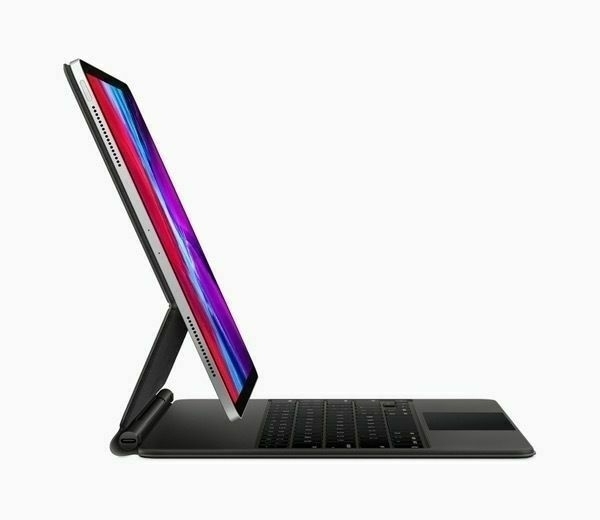
The Magic Keyboard floating style is quintessentially Apple. Say what you want about a better design, but this screams designed in Cupertino. You’re going to see loads of these in coffee shops when we are allowed out again. That’s not to say the design is the right choice, thats a very personal opinion. It just looks like something Apple would do. The design also brings the iPad closer to your face which is a nice touch, saving some neck ache. The two hinges allow movement from 90 to 130 degrees.
This range of movement sounds like plenty depending on your usage. I am not getting into the whole drawing mode debate comparing to something that has never been advertised, but unfortunately it isn’t much movement at all. I feel as if the screen positions are almost as limiting as they were before. This isn’t going to bother me going forward and I completely understand why it is like this. However the furthest 130degree position is just about suitable for my needs and at this point still feels a little top heavy when on my lap.
It is very early days in my usage, and despite my early disappointment I am happily typing away on it.
The Magic Keyboard feels very much like a first-gen product with some important lessons learnt from the covers that have gone before. There are design choices that have been made to get the best from the form factor. Ultimately boiling down to a few nitpicking details.
I’d love to see the power connector able to also transfer data so I don’t need any more dongles hanging out the side, but this would mean a redesign of the iPad technology rather than a better case.
I would also like to see the keyboard get a row of function keys or at the very least an FN key to perhaps use the numbered row. I don’t adjust the backlight to my keyboard very often, but when I do I expect it to be right in front of me along with volume control and screen brightness.
I will refrain from any major judgements just yet and save them for a full review, but there are surprisingly few things I would change, and none that put me off completely.
With all things said, this is the sort of keyboard I have always wanted for my iPad. The robustness of a proper keyboard was without doubt a limiting factor in previous years and one of the reasons I started using a Laptop again.
The iPad Pro Magic Keyboard is the best keyboard you can get for your iPad Pro but its far from perfect. This isn’t;t going to be for everyone. If you want a laptopesk experience on iOS then look no further. For anything else, move along.
I try and keep the My Gear page of the blog updated regularly, but I change my mind so many times and buy new things far too often. Indeed I am a bad minimalist, but I do try and make sure everything is sold before I buy something new. My current set up is a bit confused at the moment and it is stressing me out a little but at the same time I am amazingly grateful to be able to use such a range of stuff.
My main computer is an iMac Pro. I love working on it, it’s powerful, elegant and does everything I want it to. From my design work, to producing the occasional video and spending far too much time in the Adobe suite of apps it never misses a beat. At home I am currently using a 2017 5k iMac, which does most things but to be honest doesn’t get used much of the time. Mainly my wife is using it for her home working and my son does some school things on it.
I also carry around with me a 2019 MacBook Air for use in meetings and while travelling. I bought this when I rage quit using my iPad Pro 6 months ago. I wont go into the reasons in here but the MacBook Air is great for note taking, meetings and other light tasks with fantastic battery life. The current situation doesn’t lend itself to me needing a laptop at the moment, so it is being used by a friend to work from home rather than sit in its box.
Spoiler alert, of course I bought an iPad again when the new ones came out, and I’m waiting with bated breath for the arrival of the Magic Keyboard. I wouldn’t say I went back to using an iPad solely because of the Magic keyboard but that and awesome set up walkthroughs like Andy Nicolaides, makes me want to do more with my set up. Things like the great AboveTEK Elegant Aluminium iPad Pro Stand and also the addition of a proper laptop like keyboard allows my iPad to become more. As Federico Viticci points out, the iPad becomes a modular computer when a supportive Eco-system exists around it.
Add to this the fact that I really enjoy writing on the iPad, means that I don’t feel my MacBook Air will be around very long. However I want to do more with my set up to make this transition worth while. I don’t ever see myself working full time on an iPad but I may use it sometimes with an external monitor, which I can’t do with my current iMac. So where do I go from here?
My desire to make my set up more is also contrasted to my need to make my computer more discreet. A more minimal approach to my office would make me much more comfortable, as well as win me some Instagram points! I don’t like a great big iMac stuck on my desk, so I am leaning more towards something like the LG Ultra Fine or an ultra wide display which I could mount to a wall and also use with my Switch.
Unfortunately the computing power and outlay of a Mac Mini isn’t pulling me in at the moment, but I guess never say never. It wouldn’t take much to out power my iMac but I’d love something that can do things more easily. Or maybe I just have massive FOMO — who knows.
The negativity is increasing by the day. If you can’t feel it growing when you talk to others, it’s pretty easy to see by the style of posts on the internet. They have slowly changed from helpful working at home tips to instructions or ridicule of others that are doing whatever they need to get by. There is absolute nothing wrong with what you are doing, there no precedent for this.
I’ve seen people seek more attention than normal. I’ve seen people disappear. I’ve seen people claim more appreciation they should do, and avoid all the validation they should get. I’m hopeful that most people don;t care and are doing their own thing — but you need to know you can do whatever you need to get you through.
Marketing emails and every advert on TV are telling us these are uncertain times. That’s because we have never faced anything like this before. In the UK we may well have faced two word wars and our country being in all sorts of weird situations. However we’ve never placed so much faith in healthcare, science and the people that work in those fields that ever before. It’s scary.
Listen to me when we say you can’t do exactly what you want. You can’t go against advice as show your entitlement by protesting closures. But you can do whatever you need to get you through these tough times.
Some will try and put you down and say you need to be productive, learn new skills, or downright dictate what you should wear. But you need to know it’s ok to show your opinions and it’s totally ok to do as you wish as long as you come out strong. If there are possible to take away I am confident that people will come out of this better, tougher and more focused than ever to do things that are good for you and the people around you.
Be kind to others. Be kind to yourself. Look after everyone you can. Listen to advice and take it on board. Most of all though wash you dam hands and stay home.
Josh Ginter wrote:
The 12.9-inch iPad Pro excels on a desk, but grinds to a halt everywhere else. I haven’t picked up or walked around with the big iPad Pro in about six months and haven’t read with it on the couch in even longer. I often use the big iPad Pro at the office to digitally sign PDFs, but even that feels like a rewrite of all those clipboard adventures from sixth grade science class.
I just can’t agree with this at all. I understand that a bigger iPad means you have to make allowances and it isn’t as portable as the 11” version. However that doesn’t mean it “grinds to a halt everywhere else”. I read on my iPad most days sat on the couch or in bed catching up on RSS feeds or reading lists.
I also know many others that do the same, so making this sweeping statement is a little strange. I agree with the point that most people should buy the smaller version, but when I switched the the larger one I have never looked back.
I am currently using my 12.9” iPad for absolutely everything and cant wait to get my hands on the magic keyboard.
Matt Birchler wrote:
Ironically, so much of the web is good at having RSS feeds that it was hard for me to find a use for this right away. I eventually figured out that the new releases page on Nintendo’s eShop was a site I went to somewhat regularly just to see if anything new was there. I was able to save that URL as a web feed and now I’m getting updates as soon as new games are added. It’s pretty nice!
Inoreader seem to always be on the cutting edge of what they can do. and one of the services I love using. They allow you to add in email newsletters and now also track pages that don’t have an RSS feed.
Like Matt above I really struggled to find a page I’d want to track – I tried the apple site and it didn’t work either!
Also you can only do this in their own apps, which is understandable, but I use Reeder so it’s pretty much useless to me.
Filipe Espósito wrote:
Let’s say you get a QR Code with a link to a video from YouTube but you don’t have the official app installed on your iPhone. With iOS 14 and the Clip API, you’ll be able to scan that code and the video will be reproduced on a floating card that shows a native user interface instead of a web page.
Developers will need to specify which part of the app should be downloaded by iOS as an Over-The-Air package to read that content. The floating card will show options to download the full version of the app from the App Store or to open that content with the app if it’s already installed.
As the article mentions this is very similar to Slices that Google announced in 2018. Again proving that quite often Google have the right idea but seem to lack the control or the motivation to gain enough traction.
I am not sure how many apps adopt things from Android when announced, but the iOS eco-system seems to be ready to go as soon as the public update happens. iOS14 is shaping up to be a big update.
For years of my life, I have never strayed away from the mouse supplied with my computer. That usually meant horrible PC vendors attempts and more recently an Apple Magic mouse or trackpad. There isn’t much magic about these mice, and it’s only when you use one all day every day that you realise just how uncomfortable it is. Sure you can use gestures, but it’s just far too flat and unergonomic.
With this, my journey into finding a suitable mouse lead me down far too many YouTube rabbit holes – but I landed on the Logitech MX Master 3. As you may already be able to tell this is the third iteration of Logitechs well thought after MX Master range. This new version is an iteration on the first few but offers a few tweaks and changes that make it a worthy upgrade and the best version to date.
I don’t think I am alone in thinking that the most important thing from a mouse is comfort. It can have as many buttons and gestures on it as you like, but if it’s shaped weird or just wrong for your working position, then you’re going to struggle. The high curves and comfortable rounded edges of this mouse make it one of the most comfortable I have had the pleasure of using – as long as you’re right-handed of course. The MX Master 3 fits perfectly into my hand, and also anyone else that has laid ether hands on it.
There is something weird about other people using this mouse because it feels so personal to you. The customisation options and buttons feel part of you and the way you work. It’s full click things, glowing things and more scrolling stuff than you can shake a stick at. When you think you’ve found them all, Logitech throws a few more in there hidden under the thumb rest or underneath your palm.
What they didn’t include was a place to store the accompanying dongle, but I’m not sure if you need this with modern laptops and tablets. Mine is still sitting in the box after using it once. However, this mouse offers a vast range of connectivity to Mac, PC and iOS.
If you’re stuck, it works over USB and not only that you can charge it and use it at the same time! What a revelation. Battery life is ridiculous for the charging time it needs. Plug it into a USB cable and leave it an hour and you’ll be good to go for a reported 70 hours. In fact, in the two months, I have been using it I have charged it twice and been using it upwards of 6 hours a day.

The great thing third party mice usually allow you to do is to have multiple devices set up at once. The MX Master 3 is no different, allowing you to switch between 3 different options at the touch of a button. Meaning you can switch to using a different computer or as I have seamlessly switch between macOS and iOS with the touch of a button. If you know the pain of having to unpair and repair that Apple requires, you’ll understand why this is a massive deal. When using the MX Master 3 with iOS and the new 13.4 update it works very well indeed. However you miss out on all of the customisations and some of the gestures — so this isn’t all good news.
The multi-paring options are for those that may use a different machine at home and work, or perhaps switch between a desktop and laptop, which is where maybe the black magic function of the MX Master 3 comes to light. Logitech Flow introduces another level above universal copy and paste. Only by having your devices on the same wi-fi network, you can seamlessly copy and paste files from one machine to another, even across operating systems.
What is most surprising is that they manage to do this with minimal setup and a lot less hassle than I expected. You will need to grant Logi-options, the supporting software, some permission when installing. Still, in exchange, you get the ability to customise every single button and scroll wheel on the device to your liking. It doesn’t just stop at tracking or double click speed like some pointers. There are what seems like limitless options to customise all interaction and even change this depending on what application you are using. Especially great for those with very particular workflows or interaction needs.
Logitech provides a few default profiles and will offer to install these for you so you can see what other people use for each app. However, it takes very little time to build up a robust handful of shortcuts for your most-used functions. For example, I have set the forward button to act as a shortcut back to Selection (V) in Illustrator and the back button as the pen tool (P) — these are my most used tools, and I switch back and forth all the time. This may seem pointless because these are straight forward keyboard shortcuts, but I can worry about other things instead of reaching out for my keyboard.
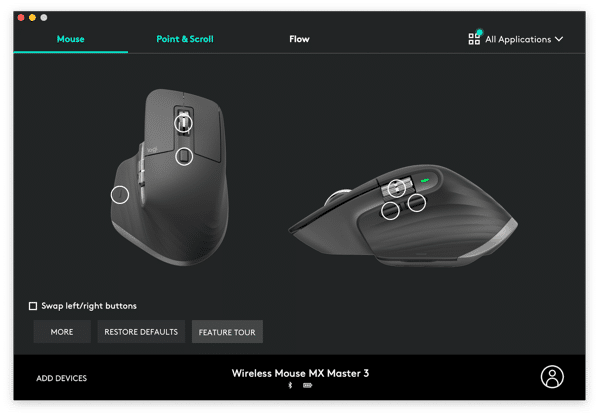
I was soon saving loads of time adopting shortcuts into my workflow and scrolling around with ease in almost every application I have. The MX Master 3 features both a horizontal and vertical scroll wheel for the ultimate ability to move around a canvas or scroll through your timeline. The most interesting of which is the vertical one, which now uses magnets to minimise noise and remove wear and tear. It still retains the easy switching between tense and free-scrolling that other versions have – the downside of which means I leave it spinning for way longer than I should. What can I say it’s my desk fidget spinner.
One of the best buttons to master (excuse the pun) on this mouse is the gesture button. By using the button under your thumb, it allows you to have five different shortcuts built-in. Press to open mission control, hold and move backwards for expose, or side to side to switch between apps. If you don’t currently use gestures on your Magic Mouse or Trackpad, the MX Master 3 will persuade you to start using multiple desktops and master expose for good.
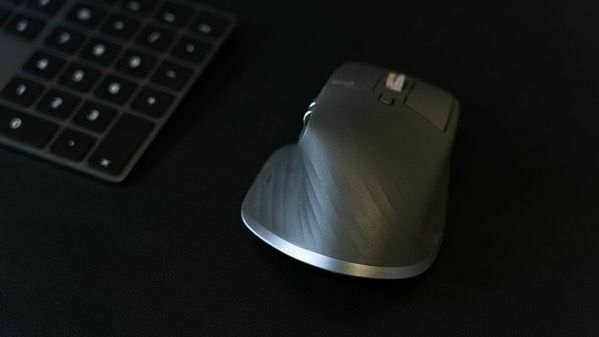
All these words above boil down to one thing. This is the best mouse you can buy for productivity. It’s going to cost a little more, but it’s going to speed up your workflow no end. The MX Master 3 is overkill if you don’t spend a lot of time at your desk, but it’s the real deal for everyone else. One of the few things I haven’t suffered any buyer remorse over for a long time and I don’t see myself going back to uncomfortable Apple mice ever again.
Josh Topolsky wrote:
But thank god for the internet. What the hell would we do right now without the internet? How would so many of us work, stay connected, stay informed, stay entertained? For all of its failings and flops, all of its breeches and blunders, the internet has become the digital town square that we always believed it could and should be. At a time when politicians and many corporations have exhibited the worst instincts, we’re seeing some of the best of what humanity has to offer — and we’re seeing it because the internet exists.
It gets a bad rep does the world wide web.
Full of horrors, and screens and things your kids really shouldn’t be doing – but image trying to go through a lockdown without it.
I wouldn’t be able to work from home, I wouldn’t be nearly as entertained and I wouldn’t be able to see anyone. I district myself with far too much internet at times – but thank god (or whoever) it exists.
Gilad Edelman wrote
You’d probably be able to read about all these changes in a revived news media. The past decade has been devastating for journalism, with waves of job losses year after year. The rise of behavioural advertising isn’t the sole culprit, but it’s a big one. Newspaper ad revenue, steadily climbing until 2006, has plunged ever since. Where have advertisers taken their budgets instead? Overwhelmingly, to Facebook and Google and the advertising infrastructure they control. Take away their targeting advantage, and marketers would have to shift back to paying publications to reach their audiences, so-called “contextual advertising.” Getting rid of micro-targeting wouldn’t singlehandedly restore journalism to its glory days, but it could help—a lot.
Online advertising is responsible for so many negative things you would think that banning it would be a no brainer. The big issue is it still makes s many companies a shed load of money it would be almost impossible to stop.
As much as online website can monetise themselves by showing adverts, it means that this is the sole metric they need. Articles exist simply to get views and attention – giving birth to more fake news and more clickbait rubbish.
Just before the country went into lockdown, I got a preview of 13.4 with proper mouse support. I tested this out with my entry-level iPad not expecting much and was blown away. I immediately went out and bought another 12.9″ iPad Pro.
I can’t overstate this. The newly designed interface is a delight to use and goes some of the ways to understanding why Apple took so bringing this in. The easy way would have been to have the same old arrow – but instead, we got something that fits iOS perfectly, a finger-like curser that morphed into whatever it is you’re trying to select.
Move the pointer above a button and the circle morphs into the button itself, “snapping” into it, enveloping it like an amoeba, causing it to glow in a pleasing way. What this means is the usual precision of a trackpad isn’t required to get exact hits on navigational elements. – Craig Mod for Wired
Why does this make such a difference you ask. Well – decides the software bugs and the annoying interface, one of the biggest things that stopped me using my iPad was its limitedness. Such I can use it as an iPad and somewhat as a computer when I’m travelling. It just didn’t have the flexibility to use it as a computer if needed. As I am spending more and more time at a. Desk, I can not pair a keyboard and mouse and use it was a desktop, combine it with the new magic keyboard and use as a laptop, and strip it down to read on a tablet.
The iPad kind of sort of did this before, but nowhere near as good as it does now – Bravo Apple.
Being one of the lucky ones, I can continue to complete my work from home and exchange my work for money in the never-ending cycle of capitalism. I have already written about my destain for a regular 9-5 job. I have kids to sort out, meeting to attend and just stuff to do in the day. We all have, and this has been highlighted more than ever during this time we are confined to homes.
I have been doing this on and off for a few months, but it’s still hard for me to do it regularly and consistently. At the moment I am working from 7-1ish and then again from 5-8ish, and this allows me time to share the care with my daughter. I don’t very often time sensitive things to do, so I am fortunate that flexibility suits me.
What I am hoping from this forced isolation period is that more companies start to open their minds to remote work. There is a wealth of things that can be achieved by adopting it, and working remotely should become what we all move towards. This isn’t going to work for everyone, but can work for some many people
The truth is, there are a thousand ways to do remote work, but it starts with committing to it at all levels of the company. If you assume positive intent and place trust in your coworkers and employees—knowing that if they do great work in an office, they can do great work anywhere—then you will all succeed. – Ma.tt
Around this time last year, I was urging readers to think about where they are placing their technology investment seriously. It was a call to try and force people to think more in-depth than a shiny new thing. Think about where the product is coming from and what the money you are exchanging will fund. We all need to take extra time when considering funding brands like Google, Facebook and many others.
However, in recent weeks it has become apparent the difference in company ethics then the chips are down. The way they treat their staff and prioritise things when faced with the unprecedented times speaks volumes about the company as a whole – and it’s essential that from now on you vote strongly with your wallet.
In the UK, High Street and online brands have shown their true colours and prioritised profits instead of staff health. Companies such as Sports Direct, Wetherspoons and Virgin Media have come under massive criticism for the way they are handling government instructions and the health of their staff. Understandably, a business wants to continue as much as possible, but many have simply not listened to instruction and prioritised profits over the health of their staff. Or in the case of Wetherspoons, used Government funding as an excuse to screw over their team.
If you want to buy into the stories or not, that’s up to you – but at least listen to what’s going on and choose more wisely.
It’s understandable for companies not to be prepared for something like this, but it’s not acceptable for them to carry on as usual and cram warehouse workers in as standard. Some companies are no strangers to risking workers health to profits, but endangerment like some we have seen is not acceptable.
Do not wait for government intervention, because it will never come. Do not threaten action online, because most of the time, it can’t live up to the promise. Just simply think about where you are buying things from and placing your investment. Would you want to be treated the way we have seen in recent weeks? If the answer is not, do not fund the company to carry on doing so. You re the only thing that matters, and where you spend your money is more important than ever.
Many people are already using an iPad as their desktop ‘computer’, and with the launch of the new magic keyboard, this may rise further. The new magic keyboard for iPad Pro has a USB-C passthrough for power and as such will mean your iPad could be left on charge all the time while on your desk – is this safe to do? That’s a hard question to ask, but hopefully, I found an answer.
This question isn’t a new one, and it’s one that everyone has an opinion on. Much as everyone complaining in a shop has a friend that works for trading standards; everyone becomes a physicist when talking about charging your battery. Leading to much hearsay and loads of conflicting information.
The straight to the point answer is that battery technology has drastically improved since people started charging their mobiles every night. Back then, there were all sorts of scare stories about exploding Blackberry’s and only charging your phone from below 10%. The myths are vast and frankly downright weird at times, but it’s safe to say that there is loads of technology built into the battery of your iPad to protect it.
Since 2012, Apple has made charging much more complex and made loads of improvements aimed at maximising your battery life. This is universal across the range of devices, so what’s suitable for one is ideal for another. Battery university (yes that’s a real thing) has a vast array of information on Lithium-based Batteries, and are often quoted as a good source for information.
In theory, such a mechanism should work forever, but cycling, elevated temperature and ageing decrease the performance over time. –
They conclude after much research and loads of graphs that the user can do a few things to prolong the longevity of their battery. Highlighting that “The worst situation is keeping a fully charged battery at elevated temperatures” – so avoiding high temperatures should be a significant indicator towards maximising life.
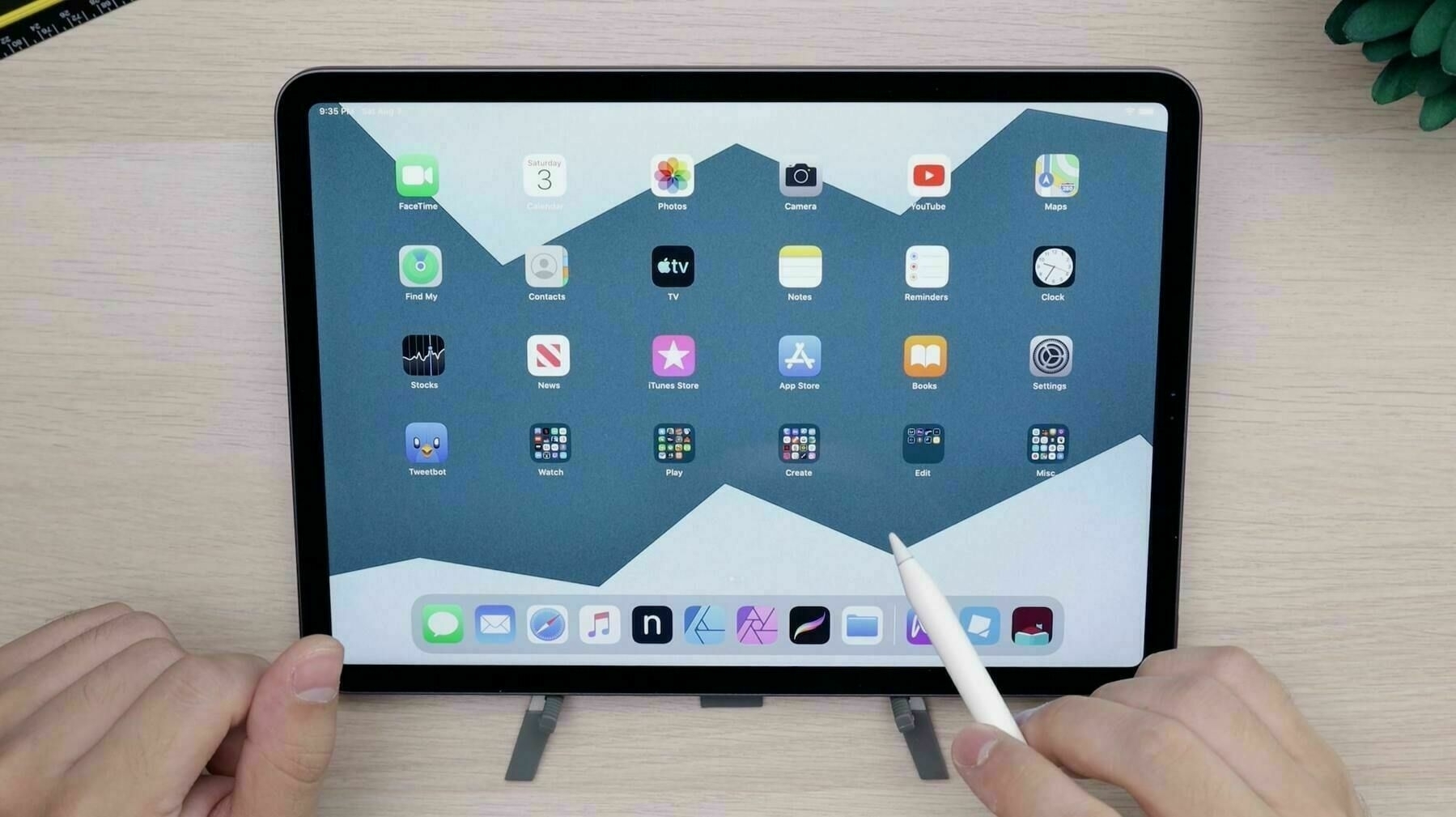
The number of cycles that you iPad will go though does add to the wear on your battery, but there is no clear answer to what a cycle is. A more important factor is elevated temperatures. So in theory, keep your battery charged and away from heat and you should be ok. Apple says between 0 and 35 degrees C.
Evaluating battery life on counting cycles is not conclusive because a discharge may vary in-depth and there are no clearly defined standards of what constitutes a cycle –
The second piece of information you hear is the level of battery charge you should be completing. A considerable wealth of forum posts and opinions display numbers that seem plucked from thin air. However, research does suggest that a battery should not be charged to 100%. Ever. The good news is that your battery never reaches that far, 100% in the software is not 100% battery capacity – so there is no need to worry.
Since iOS13 Apple has been working on machine learning your habits and maximising battery life. Once the OS displays your iPad is at 100%, it will intelligently discharge and recharge the battery very gradually. Apple has also intelligently accounted for issues that seem to arise after 80% capacity. Once your iPad is charged to above 80%, the charging rate is dramatically reduced. So think of the last 20% as what’s generally referred to as a trickle charge.
Craig Mod wrote
Move the pointer above a button and the circle morphs into the button itself, “snapping” into it, enveloping it like an amoeba, causing it to glow in a pleasing way. What this means is the usual precision of a trackpad isn’t required to get exact hits on navigational elements.
I can’t overstate this. The new designed interface is a delight to use, and goes some of the way to understanding why they took so long. The easy way would have been to just have the same old arrow – but instead we got something that fits iOS perfectly.
It is a joy to use.
Despite launching a new iPad only a few days ago, according to DigiTimes, the company still plans to go ahead with another new iPad version by the end of the year. This new version will one of a range of devices to feature a Mini LED display. “Apple reportedly prefers mini LED to OLED for its medium-size devices and will launch an iPad Pro with backlighting in the fourth quarter of 2020” they proclaim.
Rockstar Apple analyst Ming-Chi Kuo supports a similar idea that Apple will indeed launch an even higher-end iPad Pro with a mini-LED display in 2020 – an iPad Pro Pro if you will. So why precisely and where exactly would this fit into the lineup? That’s a difficult question to answer, but could this point to a larger-screened iPad.
I huge iPad isn’t a new idea, it’s one that has been swirling for years. Yet seems to have gathered pace again since the launch of the 3rd generation models. A modern design that makes infinitely more sense when placed on a desk due to the slimmer bezels and use of Face ID. Opinion posts started popping up again recently from iMore and Slashgear, to name a few, dreaming of a future with a larger desk iPad.
On a product like the iPad, where the display is the device to a degree beyond a MacBook or iMac, offering even bigger screens is even more essential. Artists would have bigger canvases. Your apps would have more room in side-by-side and slide-over modes, or you could fit more on your screen when editing photos and videos. – Joseph Keller
Indeed the new mouse and trackpad support in iOS 13.4 pushed the iPad even more towards desk usage while remaining amazingly portable.
Consistent improvements to the OS is leading even more people towards using an iPad as their only ‘computer’. The unavoidable trade-off of larger is reducing portability. Boost the screen size to 16″ and match the size of the MacBook Pro means the iPad is much easier to use on a desk, but terrible to carry around. The iPad is a tablet and touch first and foremost, so why should Apple even bother.
Now that the trackpad and mouse support is happening, and considering that Apple has announced this before their usual info dump in June, one can’t help wonder if macOS or pro apps may be appearing on the iPad Pro soon. – Daryl Baxter for
Cupertino could mediate this somewhat with better external monitor support. The current version means that the external screen is letterboxed and conforms to an iPad aspect ratio of 4:3. Whereas most motors you buy hover around the 16:9 ratio, leading to lots of wasted space. (The 11″ iPad is 1.33:1)
If Apple is indeed expecting Pros to seriously consider these devices, and let’s be honest they should, then a bigger larger screen is a must. Adobe launched Photoshop on the iPad last year and plan to release Illustrator later this year. So what exactly is stopping people? Unfortunately working paradigms and workflows that have been built up over years, then take years to break. So adopting non-standard computing can be too much for some.
However, an iPad Pro at any size that provides more computing power than most Laptops and you can draw on the screen is the perfect computer for ‘pros’. The iPad is already providing thousands of people the ability to carry around a touch-first tablet for tradition consumption but also power the majority of their work. It’s now time Apple help to turn those thousands into millions and offer the reasons for a switch.
I bigger iPad will help attract more users for drawing, video editing and loads of creative fields. This rumoured iPad Pro Pro could point to exactly that move. However, there are a few more bits Apple need to take the lead on to push this over the line, and fully release the iPad’s potential
Chris wrote:
My original lack of interest with the watch started I think when I wasn’t going to work. Because that’s probably the only time that I felt I needed constant access to everything. Whether it’s the time, the weather, access to music that’s playing from a device just in my pocket, or all the notifications that I would instantly dismiss.
Now when I think about what I can actually gain from the Apple Watch, I’m not sure if I’m ever really going to wear it regularly again.
I almost got to this point about a month ago. I even took my watch box (box full of regular watches) down to the jewellers and got the batteries replaced.
What stopped me in the end is being able to leave my phone at home more often and still be contactable. So instead of dropping the watch and using my phone more, I stopped using my phone nearly as much.
I can completely see where Chris is coming from though – Apples most personal device isn’t actually THAT useful when you don’t workout much and especially when you work from home.
I have now been working from home on and off for a little over a year. I am no whiz at this and haven’t done much remote work at all. However, I have read no end of guides because I suffered severely with procrastination and also had a considerable tendency to work too much. This sounds great at first because I am getting things done, but quickly turned into the fact that I was always working.
Sounds easy, but can be super tricky depending on your home. You don’t need to have a large house, but you need to set aside some space for working. If you’ve got a spare bedroom or desk in a room not used regularly, you’re all set. However, you could also set aside virtual space if regular space is at a premium.
For example, you can work at your kitchen table, but when you’re not working, make sure all your stuff is away—laptop or computer out of sight and any desk things out the way. You begin to separate work and home time because your things are away, so it’s no longer work time.
When you’re in a working environment or an office is pretty easy to work on things because everyone around you should be working also. However, at home, two things can happen.
You don’t work enough – you get distracted but all the things in your home and neglect the work you should be doing.
You work too much – your home becomes your office, so you think you should always be working.
Both of these things are bad for your business and your mind. Block out periods in the day and take regular breaks. Working from home makes it easy to do other things like workout or play computer games. You don’t have to work 9–5 – but make sure you still do the hours you’re expected to do.
I do this in a separate iCloud calendar and work to a strict Todoist plan of attack achieving certain things at certain times. I quite often plan this on a Sunday evening for the following work. Doesn’t mean it’s rigid, but its a frame to start with.
Don’t work at your kitchen table if it’s going to hurt your back. Not everyone has a desk and office chair to sit in, but do the best you can. Pillows and cushions are a useful tool for making you sit better, including supporting your lower back or raising your feet.
Become conscious of the way you are sitting and the type of work you are doing, and make changes if required. You can do yourself long term injury of you don’t pay attention.
Working from home should give you much more flexibility, depending on your companies outlook, but can cause some stress if you don’t plan well. Hopefully more people can start ditching the normal 9–5 grind.
First off the bat. I understand that I am in a ridiculously unique position that my employer trusts me and gives the freedom I need. So I am already coming from a privileged position compared to most people. With all that’s said – I just can’t fit into a regular 9-5 job, and I don’t think most people should have to either.
You see, we all have the stuff to do. Things that don’t fit into the time after five and going to bed, or weekends. I have social workers to talk to, kids schools to meet with, medical things to sort out, and so does everyone else. I don’t mind working until late into the night to get things done if it means some freedom in the middle of the day to work out or run an errand.
In this climate, many people are introduced to working from home, and all the issues that go with it. But I’m hoping that this highlights the number of people that can and should be working more flexibly. Hopefully, more companies realise just how many positions can be filled by people that at least in part are allowed the flexibility to work from home.
I appreciate there are a considerable amount of jobs that just can’t be done any other way – but this draconian office working time is built on ideas that are old and showing their age. Business’ must trust their staff to accomplish the tasks assigned to them in a manner that suits both the requirements of the company and also the individual. If they do not trust the staff members enough to do this, then hard questions need to be asked about the staff they are employing in the first place or indeed the mentality of the management.
It’s nice to think that everyone should, and are, working at every point in the day but they’re enough checks and balances possible to ensure work gets done outside of office hours and freedom given to those that need it.
Amid coronavirus fears, this couple has made more than $100,000 reselling Lysol wipes
After filling up the bed of his pickup with stacks of wipes, Ranga drove back to the couple’s Vancouver home to unload the merchandise. Perez, 37, stayed behind, keeping watch over a second trolley-load, while munching on a Costco hot dog.
I admire hustle. I love seeing people innovate and spot gaps in the market and carve out a space for themselves. Being the first to market with soemthing or working hard to do something unique.
This is not it. This is exploitation of the worse varitity.
Mark McConville wrote:
But however much initiative, energy, or emotional investment is required to accomplish a task, limit your contribution to 49%. Once you drift over 50%, you own it, and you’re likely to see your transitioner’s motivational investment diminish.
“Think of yourself more as a consultant than a supervisor—ready with your wisdom and guidance but allowing your son space to wrestle with the key challenges of initiative and ownership.”
I struggle constantly with the input into my growing children’s lives and also those of others. My natural reaction is to do things for other people, often at my detriment, but recently I have been thinking more about other independence and where to contribute.
This is one of the most difficult things as my kids get older and especially as my daughter relies on me, but also trying to give her independence as much as possible.
A common culprit for the increase in myopia among children is something you have probably guessed: screen time. According to a 2018 American Optometric Association study, four in five parents say their kids spend at least an hour a day in front of a computer or mobile device. Miller argued that parents tend to grossly underestimate how much screen time their school-age child is actually getting. Doctors say that the constant up-close interactions might be leading to an elongation of the eye.
I have wondered for a long time the affects on eye sight of looking at a screens. You could chalk this up to the fact that we simply don’t need to look as far in the distance as we once did. Evolution works both ways I guess.
One of the most prominent tones running through the indie web is being able to own your content. To publish it online and be able to do whatever you want with it. Some people publish to WordPress, some to Medium, others may build their own static sites, but the real problem with most of these approaches is being able to move your content to somewhere else easily.
I first ran into this pain when closing down my very first WordPress website. I’d been working hard on building a Jekyll based static site because hosting was becoming expensive, and it was the best place to put everything. When it comes to all blog posts and images, it proved a nightmare. Sure there are ways to do it, kind of. However, none of the options work very well, or even at all. So you’re left to slog through all of your posts and copy them over.
Pretty easy to do if you’re only a few in, but a mammoth task if you’re as post happy as I am or been witting for several years. Several times during the process, I considered giving up, and a lesser person may have done so, begging the question of if this is intentional? If you own your content, then it should be easy to move from place to place, and platforms really should think about this as a selling point to their hosting.
Jeff Perry, the master of moving his blog to different providers, feels this more than anyone. He found WordPress to be a massive pain, and only Blot creator David Murfiled goes out of his way to help.
I will say moving to Blot was easy because the creator, Dave, is probably the most helpful and responsive person I’ve ever worked with. When I was using
[micro.blog](http://micro.blog)
I felt that the back end was needlessly complicated, and for WordPress, my worst experience was with WordPress themselves because they charge up the ass for little support – Jeff Perry
Manton Reece creator of micro.blog talked about this quite a while ago, and proposed that providers implement a standard. Whenever I hear these calls for a standard to be implemented, I am always reminded of the XDCD comic.
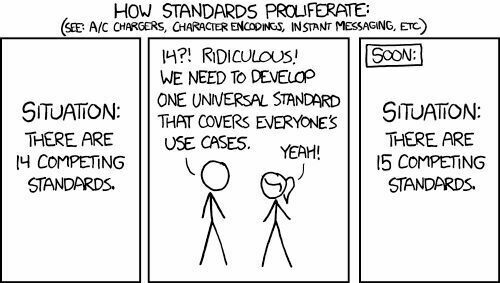
But clearly, something needs to be done. Each platform offers the ability to import and export options, but very few of these work together, or much fo the time even work very well. Indeed micro.blog is the only platform I have seen that goes so far as to make your import go as smoothly as possible. Creating bespoke options for Instagram, Medium, WordPress, Jekyll and many others. I can’t speak for getting your content out again, but the transparency of this service should help at least a little.
During a recent round trip to Ghost Pro, and back again, I imported and exported all of my posts 3 or 4 times. Even though I was doing this on the same platform, this still didn’t work fully. Leaving me to trawl through all of my posts and add in missing images and move data to the correct place. So even the self-proclaimed home of independent publishing suffers from the same old issues as everyone else. Platforms want your data, but don’t want you to take it again without some pain.
It isn’t very often something truly new comes to market. All right we’ve seen folding phones before, but not one this particular way, and not one available to the mass market. The Galaxy Fold was horrendously expensive and had some longevity concerns, and as yet you can’t buy the Moto Razr other than on an expensive 24 month contract on EE. So when the chance came for me to not only get hands on with one but use one – I got a tad over excited.
Ok, the Galaxy Z Flip has some longevity concerns of its own, but I don’t think that is enough to dismiss such a new device. It’s easy to be dismissive of something that doesn’t fit into your vision of what a device should be. Yet all others around me got excited when I first took the phone out of the box and that speaks volumes. All the insides of the Z Flip box are standard Samsung, yet when you take the phone out and peel off the plastic, something entirely different happens.
The device feels sturdy and reassuring, well built and engineered, but not bulky or uncomfortable. Not only much more comfortable and lighter than an iPhone 11, but considerably taller and slimmer. I am reminded of the memes that were made around the time of the iPhone 5 launch, and when you use a device like the Galaxy Z Flip and indeed the Note10 line, it shows how right Apple were back then. A slimmer taller screen is better in almost every way.
The folding screen of the Z Flip is both marvelled and ridiculed at each point by technology commentators, but you can’t argue its usefulness. You may scoff and think that the Galaxy Fold is a much more useful device, but that the Z flip does allow me to have a 6.7″ screen device, but not feel one in my pocket. When not in use the device slims down to about the same size as a coaster, all be it a heavier one that feels a little weird in your pocket.
When in use the screen is comically tall, there is no getting around it. One handed use can be a little clumsy if the app you’re using is top-heavy, but a tall screen gives you a great way to consume written content, be it social media, emails or blog posts. I love reading on this device because it’s much more suited to 90% of web usage and fits nicely in your palm. The screen itself is bright and vivid, some will scoff at it ‘only’ being 1080p but it does it’s job well with no issues.
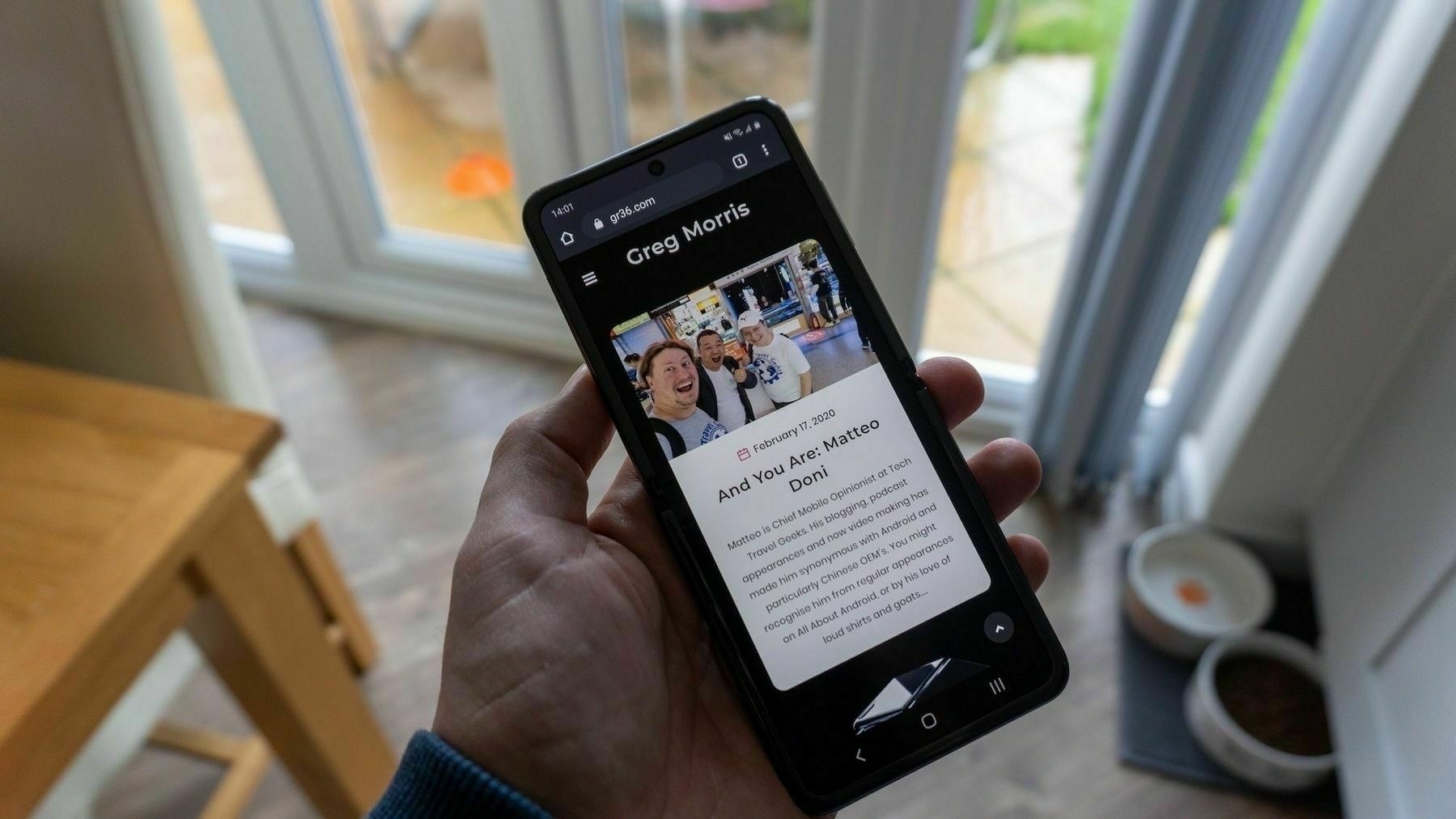 The only issue with scrolling vertically on this screen in particular is the crease in the middle. It is unavoidable, you can see it, and anyone that says otherwise is mistaken. It sticks out like a sore thumb, mainly when using a dark UI (which I much prefer) or when the screen is empty of content. Even if you get used to seeing the crease after a few days of use like the notch on the iPhone; you feel it every time you swipe around and if you want a folding phone you have to find a way to make peace with this fact.
The only issue with scrolling vertically on this screen in particular is the crease in the middle. It is unavoidable, you can see it, and anyone that says otherwise is mistaken. It sticks out like a sore thumb, mainly when using a dark UI (which I much prefer) or when the screen is empty of content. Even if you get used to seeing the crease after a few days of use like the notch on the iPhone; you feel it every time you swipe around and if you want a folding phone you have to find a way to make peace with this fact.
That shouldn’t put you off though, the crease is unapologetic. It is there the first time you pick the device up and won’t go away. But it also shouldn’t get any worse, because it is purposely put there by Samsung in the factory, so it doesn’t develop over time. It doesn’t go as far as ruining your experience of the phone; it is just something that is a trade-off for having a folding phone at this point in time. If having a crease in the screen bothers you, steer clear, but it’s a worthwhile trade-off for being able to fold your phone in half and put it away.
While we are here, it seems logical to talk about folding the phone in half, because you won’t be able to stop – perhaps ever. The hinge gives tactical feedback but also provides a smooth transition. Samsung says its a semi-rigid hinge, allowing for it to be used in that weird half folded way that Samsung thinks will appeal to ‘influencers’. So gone is the click into place that Galaxy Fold had when opening, to be replaced by a more pleasant experience. Unfortunately, you won’t be doing the communicator flip open like the devices of old – well you can, but it doesn’t work very well.
There is also a finality of closing the Z Flip that you don’t get with other devices. Something akin to putting the lid down on your laptop. It draws a line under your phone usage and puts it away. It will help those looking to minimalise their phone usage because the screen is now away and out of tempting site. It’s not as if you can do anything on the ridiculous front screen anyway.
If Samsung are going for a way to minimalist your phone, they hit the nail on the head, because the front display is ridiculous. Perhaps not in a wrong way, but I wish they have thought about using it a little more. Not going as far as they did with the Galaxy Fold, but an active display similar to the Razr would have been perfect. You are not going to do anything with this screen except glimpse notifications when they come in and check the time.
 I don’t want to comment on battery life much further than to say that I don’t see any reason why it wouldn’t last you a day of usage. During my two days taking photos and playing with the phone, it still has more than 25% battery left after taking it off charge at 7 am. After a bit more usage, I will share full battery life expectations.
I don’t want to comment on battery life much further than to say that I don’t see any reason why it wouldn’t last you a day of usage. During my two days taking photos and playing with the phone, it still has more than 25% battery left after taking it off charge at 7 am. After a bit more usage, I will share full battery life expectations.
On the initial set up and test, I was disappointed with the performance of the camera, but there was a software update waiting for that improved things dramatically. I have a feeling this update is not installed on demo devices and some hands on versions I have seen, so perhaps take some video revews with a small pinch of salt.
I have to prefaces all my words with the fact I am not a fan of the processing done by Samsungs cameras. They often look overly processed sometimes downright ridiculous colour saturation in them. I prefer something much more natural-looking, and I am undeniably used to iPhone images.
As well as the usual family snaps, I took the Galaxy Z Flip with me on a day out to The Deep Aquarium, mainly because it is often one of the most challenging environments to get good snaps in. Dark rooms, with brightly lit tanks full of colourful fish that don’t stay still. I must say I am very impressed with its performance, not everything came out perfectly, but there were very few pictures I had to delete. At times I have often struggled to make Samsung cameras work for me, even as recently as the Note 10+ – having to turn features off and dial back processing – but this is not one of these times. Find a gallery below.
Galaxy Z Flip Around The Home
I am at a certain point in my life where each iPhone is as boring as the last one. I am excited by what other brands are doing and am always tempted to use something else but never do. I never want to say I will or won’t do anything else but switch back to an iPhone but using the Z Flip has opened my eyes to a brand new world. I enjoy the feel of having a much smaller device in my pocket and folding it out when needed – and to be honest, I also said this about the Galaxy Fold.
The Galaxy Z Flip is another step up in use case, a device that offers an improvement where the Galaxy Fold felt like you had to use gloves on it, but also an eye-opening form factor switch. The taller, slimmer screen is much easier to use and displays much of what I do online all day much better than anything else.
Pulling out the Z Flip leaves people around you genuinely amazed, and I have had loads of questions about it. Sure we are all aware these phones exist, but the general public doesn’t seem to be. Unfortunately, when showing it off, the black version I have is a fingerprint magnet, the same as the black Note10+ I had, so I spend far too much time is spent wiping off the body. The finish is also a bit too slippery than I would like, couple this with the smaller frame to carry and I feel a little uneasy using it outside.
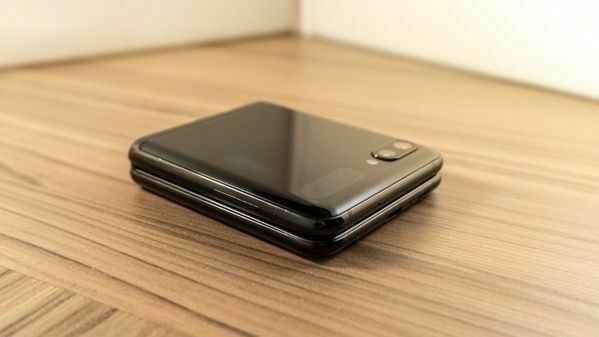 With all these words out the way – I am at a point as I write this that I am stuck at a Schrödinger’s phone. I both think the device is a game-changing smartphone and also a bit of a gimmick. Depending on the time of day, I am both marvelled and miffed at the Galaxy Z Flip. It offers me a use case like nothing before but is it worth a whopping £1300 price tag?
With all these words out the way – I am at a point as I write this that I am stuck at a Schrödinger’s phone. I both think the device is a game-changing smartphone and also a bit of a gimmick. Depending on the time of day, I am both marvelled and miffed at the Galaxy Z Flip. It offers me a use case like nothing before but is it worth a whopping £1300 price tag?
By far Galaxy Z Flip is the best folding phone you can buy. It is also a terrific smartphone that offers a brand new use case never before seen. I am just not 100% convinced that use case warrants the price tag or if it exists at all. I love using the Galaxy Z Flip because it is something completely new, but will that wear thin over time? Is this a solution to something that doesn’t need solving? These are all questions in my head and unique to each person.
What I woudl say is the dismissive feeling I have seen towards this phone are cimoletely unwarranted. This device feels like the start of something special and there is no denying it. I will try and answer the rest of the questions I have over the coming days – stay tuned.
The folding things are coming. You can’t get away from it. When I say things, I mean all sorts of things are going to be foldable, and it doesn’t matter your definition. It could be a tablet that folds into a phone-sized device or a phone that folds into something smaller. That fact that this year proves to be genuinely exciting for foldable devices should be enough.
The scepticism is somewhat understandable given the false starts with both the Galaxy Fold and Huawei Mate X, but now phones such as the Moto Razr and Galaxy Z Flip are hitting the mass market this should be fading. However, there seems to be lots of negativity still.
The detractors against such a device are vocal when any mention of both the Razr and Z Flip are spoken about on social media. With a consensus that a folding phone is pointless. To a certain degree that may be the case for your use case, but the fact that these devices are now available – with the latter sporting a glass screen – should be enough to get excited about.
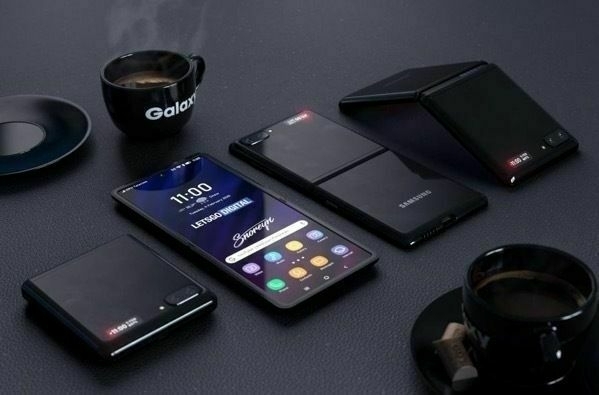 The fact that Samsung has made such a huge step forward just months after the Galaxy Fold was released is bordering on insane. If this kind of pace of innovation can be maintained, then devices that will appeal to you as a consumer are right around the corner. Not every device is made of every type of user, but the fact remains that these devices are made for some users and selling very well.
The fact that Samsung has made such a huge step forward just months after the Galaxy Fold was released is bordering on insane. If this kind of pace of innovation can be maintained, then devices that will appeal to you as a consumer are right around the corner. Not every device is made of every type of user, but the fact remains that these devices are made for some users and selling very well.
Opinions regarding the device not appealing to your use case are one thing, but detracting from such a significant improvement in technology is another. It is an exciting prospect to have such a device hit the shelves, and I, for one, would love to get hands-on with one soon.

A few days ago, I shared what intermittent fasting had done for me and the health benefits I have felt. This app has helped me get going on my journey and is now an essential tool for tracking my body – it’s time to look at Zero fasting tracker. Available on iOS and Android, I am using the iOS version installed on my iPhone 11 Pro and Series 5 Apple Watch.
This app will only appeal to you if you are intermittently fasting, and even if you are, most people still won’t rely on one. I only started looking for something when I needed a kick to keep me going and also to keep track of my habits better. With that, the Zero app is full of fasting information on why to do it, how to do it and the answers to loads of questions you might have.
I found when first starting out it was both a hindrance and help to have something counting down the hours until I could eat again. So you might look at other options first – but what the app does well is make everything easy to find and straight forward to understand. Splitting areas into four tabs across the bottom to see your timer, check out the fasting options, delve into your fasting history or learn more about fasting in general.
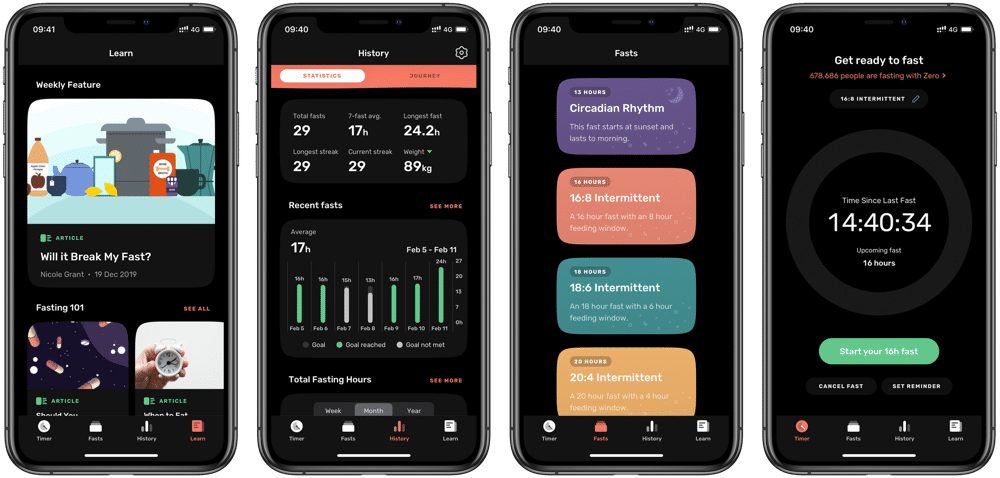 Zero enables you to start and stop your fasting quickly and gives you default options for regular ratios and also custom options. You can also get handy notifications (if you choose to switch them on) when you are in the final hour of fasting and indeed when you can start eating again. All customisable using the fasts tab at the bottom.If you’re feeling hardcore, you can track a full fast for up to 168 hours!
Zero enables you to start and stop your fasting quickly and gives you default options for regular ratios and also custom options. You can also get handy notifications (if you choose to switch them on) when you are in the final hour of fasting and indeed when you can start eating again. All customisable using the fasts tab at the bottom.If you’re feeling hardcore, you can track a full fast for up to 168 hours!
Users will spend the majority of the time starting and stopping the timer from the timer tab. Featuring a beautiful big clock, counting down the hours until your feeding window, or counting up the hours you have been feeding for. The big green (or red) button starts and stops your fast dependant what state you are in. If you forget you can edit start and stop times, and leave feedback on your fast at the end of each cycle.
You can also start and stop fasting with the companion Apple Watch App. There isn’t much more you can do on the watch, but it does come with complications in a range of sizes to slot into your choice of Watch face. I found this too overbearing and reminded me too often, which proved annoying after a while, but having a tap on your wrist when there is only an hour more to go can be helpful.
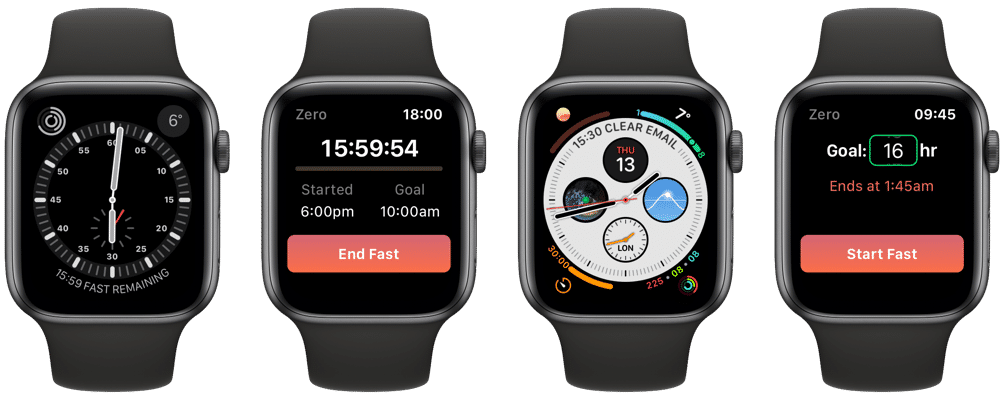 It would be great to be able to edit fast start points and change the ratios on the Apple Watch in future updates. If I make a mistake or want to check my history, I have to pull my phone out, whereas a swipe across to different areas would be useful. You are able to change the number of hours you want to fast for before starting and this updates the iOS app information.
It would be great to be able to edit fast start points and change the ratios on the Apple Watch in future updates. If I make a mistake or want to check my history, I have to pull my phone out, whereas a swipe across to different areas would be useful. You are able to change the number of hours you want to fast for before starting and this updates the iOS app information.
As well as a glorified alarm system, the app will track every fast you do and display it in one of the easiest to understand designs I have used. All the information is straight forward and easy to navigate. You will find information on your fasts, comparisons in time, and if you hit your intended target. Along with this, the app pulls heart rate data from an Apple Watch, allowing you to see trends easily. Since starting, I can see a pronounced decrease in resting heart rate, and this provides more positive feedback that everything is going well.
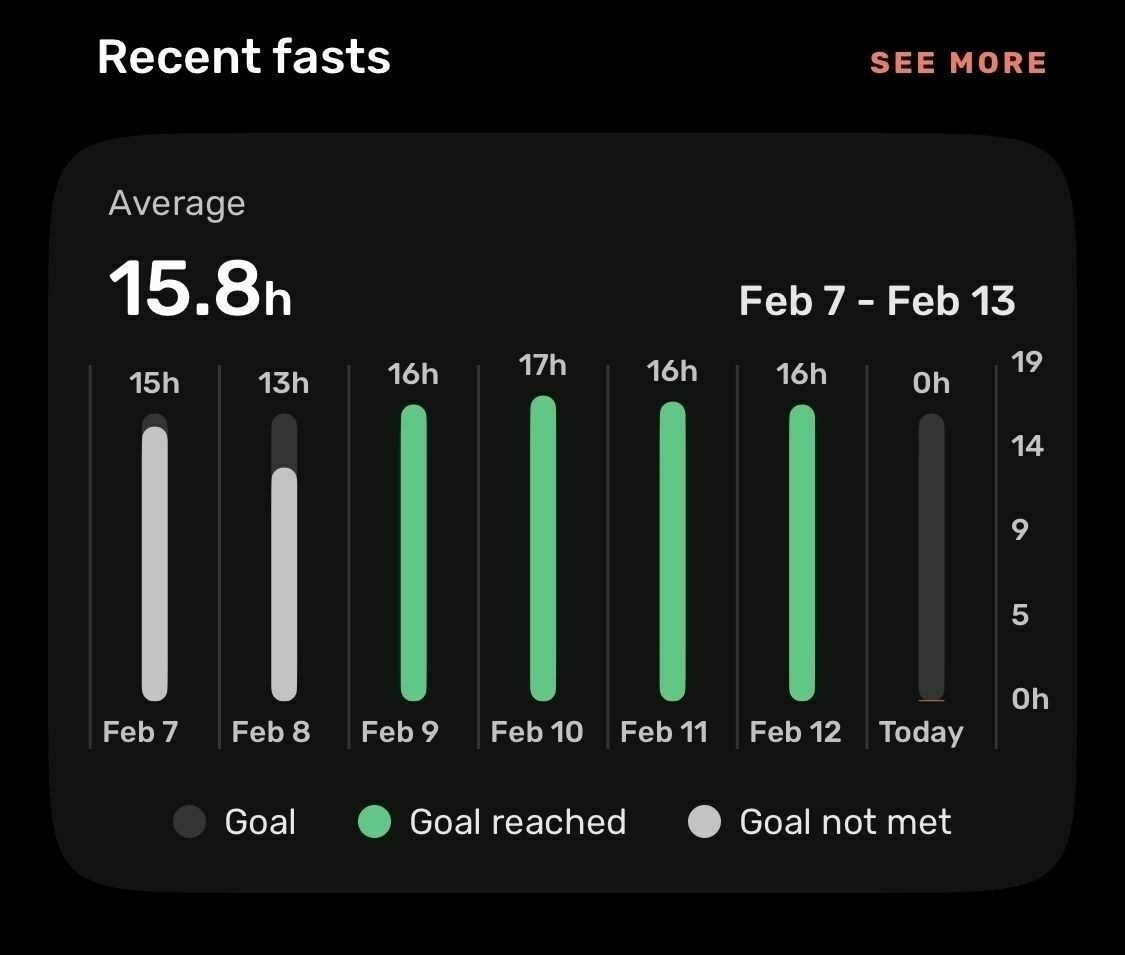 Of course, there is a certain amount of gamification attempted by the app, encouraging you to put together ’streaks; and awarding badges. You can buy into this if you wish, but there is some research to say this does help motivation for health-related areas, so it’s understandable these kind of features are here.
Of course, there is a certain amount of gamification attempted by the app, encouraging you to put together ’streaks; and awarding badges. You can buy into this if you wish, but there is some research to say this does help motivation for health-related areas, so it’s understandable these kind of features are here.
Last but not least, you can find answers to all of your questions in the Zero Learn tab. It’s filled full of interesting information and blog-type posts that help get (and keep) you going. If you can’t find the answer here, it’s not worth knowing. Of course, only people that want to start or are already fasting will even download the app never mind about go digging in here, so my definition of interesting might be subjective.
If you want to get started intermittent fasting, or you need something to track your cycles going forward – look no further than Zero. I can’t find a bad word to say about it, and it’s become invaluable to me.
Health is by far the most important thing for me to think about. I have been to the bottom and know what happens if I don’t take care of myself, and everything suffers. Around three years ago, I discovered intermittent fasting and its time for me to share what it has done for my life.
The reason I am writing this is that fasting seems to be the new self-help buzz word. All the meditation and mindful new buzz are being replaced by guides on how to fast, and blogs about why you should fast. With it comes massive skepticism, people are naturally fearful of anything being pushed and marketed. However, along with mindfulness, fasting is much more than marketing, possessing numerous benefits.
I have been following a pretty strict 16:8 intermittent fast for more than a year. For the year before that, I was a hardcore 18:8 faster, and nothing broke my stride. All these numbers mean very little if you don’t know what I am referring too. The first number is the number of hours between my last meal and my next one as a minimum, and the second one is the number of hours I can eat for. So if I finish my evening mean at 7 pm, no calories go into my body before 11 am the next day at the earliest.
When I say pretty strict, I mean it, I eat breakfast sometimes at weekends if we are doing something or if my body needs it. But during the week I am dead on 16:8, and slowly increasing this to 17:7. I am currently using an iOS app called Zero to track this and record all of my other vitals to see any patterns – I will write about this in more detail later.
By not eating for periods of the day, my body feels much more in rhythm than ever before. With this comes a mental clarity I have not felt before, I am more engaged with tasks and don’t feel the ‘fog’ some people describe feeling after a large meal. Gone is any notion of struggling through afternoons of work, I no longer get bloated from meals, and I have much more energy at all points in the day.
Depending on your relationship to food, all the above will seem really easy or impossibly hard. Many people smoothly go many hours without eating but do so sporadically, and I think the pattern of fasting is essential. Reflected in my metabolism and my digestive processes being reliant on eating at specific points. Such is my routine it has allowed me to cut out any thought of breakfast easily, and restrict my calorie intake to one more suited to a healthy lifestyle. Intermittent fasting has made such a real difference to both my mental and physical health that I want people to know that all the buzz words and hype point to an improvement you could make to your life.
There will always be a company to try and sell things to you, but not all hype is worth ignoring.
When I walked into a cold doctors office at Nottingham City hospital early in October 2017, I wasn’t thinking very straight at all. At the second time of asking we had been given a place in a project that would sequence mine, my wife and my daughters entire DNA to find errors. Lucie was already seven, and after a couple of false starts, we were still pushing to find a reason for her disability. The promised to find the expected error in one of Lucie genes and report back in 1-2 years.
It wasn’t until reading the March edition of Wired that my eyes came across the words 100,000 genomes project and “broad consent” that my preverbal ears pricked up. Almost three years later, and mere days after receiving the results, was the first time I had even thought about where and who I had given my data to. But it’s not data, it’s me, who exactly now held a copy of the building blocks of me? The fact that the very essence as a person is recorded by someone else is chilling, but do I have any idea who that someone is and where it will go?
I signed a whole heap of consent forms before giving blood. They have an excellent website that tells me a load of information about the different levels of consent. Not once have I considered this until now, I mean how on earth can you be expected to understand what you agree to when dangled the carrot of diagnosis.
I am in no way saying that I was pushed into giving my consent, but I wasn’t in a position to understand what giving consent meant in this situation. Never mind about considering its ramifications as to who had access to my genetic data. I wanted answers to my daughter’s problems. All the consent boxes were explained to me as well as they could be by a nurse, but the reality is if they had said it came at the cost of 10 spam emails a day and two house visits every other Sunday I would have still signed on the dotted line.
Much like a person applying for a loan that felt compelled to take out PPI insurance – I wanted access to the possible results, more than I worried about what me signing in a whole booklet of content forms meant.
Of course, because this is a very modern problem, only in recent years have we even raised the question of our data being used, never mind our health information. Tech firms have spoilt even the word personal data, tarnished the price of giving consent, and levelled un-needed stress on the terms “approved third parties”.
The NHS has now sequenced my entire DNA and is keeping this on file, along with almost everything else I can imagine. They can make a pretty good guess at what will become of me when I’m old, what drugs will work best on me and a bucket load of other things I don’t understand. In 1990 this would have been the best situation imaginable. An agency tasked with looking after me knows everything about me and can treat me better; it is a perfect dream.
In 2020, we live in a world of corporations being given access to health data by the NHS. Others gaining it through promises of how much of your DNA comes from obscure places and then using it for their gain, and a whole range of issues going on surrounding almost everything we are as a person. Health data doesn’t feel like personal data; it doesn’t feel like it matters in the same way that a tech firm can see all my pictures of cats, or know how many times I dismiss my wife’s phones calls. It feels very unimportant and at the same time, the most crucial thing in the world.
I am not overly distressed if Apple knows that I went for four ruins this week, and what my average heart rate is. However, I am uncomfortable with Amazon knowing that one drug works best on me than another version and that I am likely to get prostate cancer before I’m 70. Even when data is anonymised, it doesn’t take many data points to make it relevant again.
What I need to make clear is that at no point does this project sell or give my data to Amazon, I am talking in broad strokes here. The fact remains that given the same situation again, I would not change anything. We gained a massive benefit from taking part. One that I would put up with years of spam emails and telephone calls in exchange. The real outcry is that I shouldn’t even have to think about this.
Technology firms have stollen our data, or at the very least been less than transparent in its harvesting. They have ruined my trust in giving consent to anyone. Even dealing with an organisation such as the NHS, that aims to offer a vast range of benefits, I am still looking for the catch. For the revenue stream that makes me their product.
Firms will continue to ruin experiences for those that are asking for legal consent such as the 100,000 genomes project because of the connotations now surrounding data collection. They may even stop organisations in their tracks because of the hurdles involved – yet they still carry on regardless. They are tamely regulated, unapologetic brazen and impossibly huge to comprehend. Our data will never be our data in the future, and the biggest loser is already us.
This feels like the end of a nine-year journey, but also the start of a new one. Its started on the 23rd June 2010, when I welcomed my daughter into this world and ended on Tuesday when we finally got a diagnosis for her issues.
We already had two false starts quite early on. Having a semi-diagnosis to them be ruled out by MRI. Initial genetic testing resulted in no answers, but almost three years ago, we were offered the chance to take part in the 100,000 genomes project – and this has found a diagnosis.
Lucie has a ridiculously rare genetic condition called (ready for this one) mef2c haploinsufficiency syndrome. A condition that only affects around 100 people in the world, but its effects run deep and affect everything she does. As much as this changes anything about the care and difficulties we face – it is hard for me to sum up my feelings.
This is the only word I can think of to describe my feelings at this moment in time. As much as I knew that all of Lucie issues were because of her disability, and all of the stress that comes with it was no-ones fault. I still felt responsible and knew that some people thought that at least some of the things we experienced were because of our parenting.
Yet as the doctor read off the issues associated with the condition, it was if he were describing Lucie thoroughly. The image on the front of the information leaflet could be Lucie in a few years. Now all I can feel is relief and vindication for Lucie’s issues.
The weight of feeling responsible has been lifted after nine years, and I have no words to describe the feeling. It is one that I will deal with over the coming weeks and months, but I am already starting to feel the effects.
A diagnosis makes no difference in the way I treat Lucie, it makes no difference to Lucie herself, but it lifts the weight that was becoming too large to bear. I am so thankful that the NHS gave us this opportunity to go so in-depth with genetic sequencing and make such a difference to our lives.
Stuart Heritage wrote:
A psychologist at Pennsylvania State University asked 960 participants whether certain activities registered as masculine or feminine. Basic environmental housekeeping, such as recycling and taking reusable bags to the shops, were seen as feminine. As a result, some men avoided these activities out of fear that they made them look effeminate. In short, a whale just suffocated on a 10p carrier bag because you were worried that a checkout assistant might see you putting your veg in a cotton tote and try to flog you some discount mascara. Great job, masculinity.
What. What did I just read.
Some men avoid doing the recycling or taking a reusable bag to the supermarket because they don’t want to look ‘girly’. What level of idiot do you have to be for this to be true about you. That’s not being masculine, that’s being a complete moron.
These thought patterns show a distinct lack of confidence in both yourself and doubt in your masculinity. I don’t usually go with all this toxic masculinity thing, but this is another level of weirdness.
To motivate myself to write more, I’ve been reading more. Not just online posts but magazines and books. Looking to subscriptions service and news aggregators, despite my initial hate – Apple News won me over.
It turns out I didn’t need to use it more; I didn’t need to ‘train the algorithm’, I just needed to turn off the news part! You see, I hate viewing or reading the news – it is that simple. It is full of twisted and corrupted stores that are either designed or portrayed in such a way to manipulate your emotions.
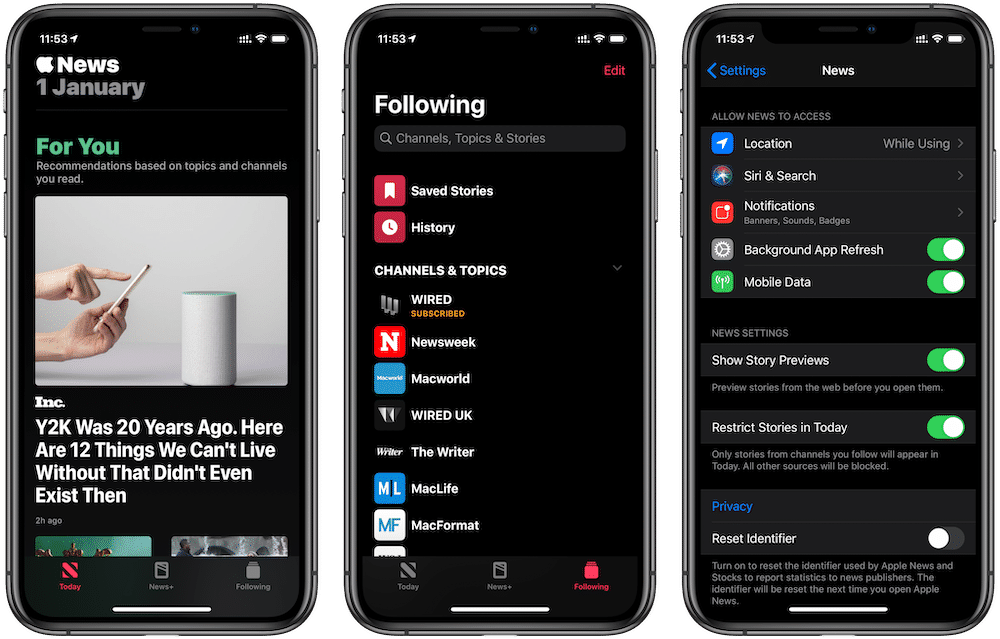
There is a way to do this, but it’s hidden away in the settings titled “Restrict Stories in Today”. Not a great label for a toggle that should be much easier to find, but I would presume Apple doesn’t want you to turn it on. Go to Settings > News and toggle this to on.
Now all you will see are channels you have subscribed to in the Today tab. No more depressing politics, no more news you don’t want to see, just what you want.
There are downsides to this, the discovery of new channels can be more difficult, and you might not be kept as upto date with current affairs as you once were. Be a little more mindful of not creating an echo chamber, and you should get on much better. I am now much more open to subscribing to Apple News+, and many of the channels I am now following are News+ channels. So there is a benefit to Apple in the long run – subscription all the things!
It isn’t very often I tap away on my keyboard in rage, but today is an exception to the rule. Publishing something in the heat of the moment is a stupid idea; I have a few hours to calm down and see if my emotions dissipate. If you see this, I have not changed my outlook overnight and indeed – the UK government hates disabled people.
The ridiculous pressure the current Conservative Government are putting on those in need is sickening. It has been progressively getting worse for the last few years and sees no sign of stopping. Currently, we do not claim, nor are entitled to any benefits other than my daughter’s disability allowance. We are now used such things and are lucky to be in a position that we don’t rely on them.
With that said, we are starting to struggle to get regular, expected things from our local authority and this came to a head yesterday with an entitlement to incontinence products. For those of you that haven’t read many of my previous posts, nor know Lucie, she has a severely restricted understanding of the world. She doesn’t know what a toilet is, never mind about have the ability to use one.
My wife attended what was pitched to us as a ‘review’ of her current situation, and to see if she has the right prescription. Currently as it stands we receive 3 months supply of nappies at a time, this being working to a maximum of 4 nappies a day. If you’ve ever cared with a person that is unable to use the toilet, be it a baby, or any age really, you will know how many times a day you need to change an individual – and four is simply laughable.
We get through this by topping up our allocation with purchasing half this number again, every other delivery. So every six months roughly we are buying the same nappy, in bulk to make sure we don’t have any issues.
On attending the appointment, my wife was quizzed on how much Luice drinks, asked questions along the lines of “do you think that’s too much”, and made to generally feel horrible. They also question why Lucie had not been toilet trained and asked what we were doing to sort this situation out. My wife is now expected to reel off everything that is wrong with Lucie, justify what and how much Luice eats and drinks simply because that’s what’s expected.
As part of Lucie’s condition, she consumes quite a bit of high-calorie drinks along with milk with added fibre and calories. According to the local authority this doesn’t class as a drink, is in fact ‘food’ and doesn’t explain why we need more than three nappies a day.
Yes, you read that right, the UK government now expects my nine-year-old daughter to only be changed twice a day! Frankly, this is a ridiculous amount of incontinence product and is not hygienic in the slightest. We must now pretty much double what the government gives us – out of our pocket. Simply because we are expected to toilet train a little girl with serve development delay who is non-communicative — not an impossible task, but not one that is going to happen overnight. It took me six months to teach her how to stir a spoon in a bowl.
You might argue that these types of purchases are exactly what the disability living allowance is for. But too retort, this is just the latest in a long line of cuts and removals of things we are expected to foot the bill for. The small amount we get goes in Lucie bank account and stays there to pay for long term care when we are too old to do so as I can’t rely on our government to do so any longer.
This current government is a shambles, aimed at looking after those that are in the best places and brushing everyone else under the carpet, and it makes me feel sick.
Holly B. Shakya Nicholas A. Christakis wrote:
Overall, our results showed that, while real-world social networks were positively associated with overall well-being, the use of Facebook was negatively associated with overall well-being. These results were particularly strong for mental health; most measures of Facebook use in one year predicted a decrease in mental health in a later year. We found consistently that both liking others’ content and clicking links significantly predicted a subsequent reduction in self-reported physical health, mental health, and life satisfaction.
I don’t think I can take it any more. Studies prove that Facebook makes you feel like crap. They do awful thing after awful thing, yet people still use the garbage platform.
Facebook is the single worst thing to ever happen to the internet or society in general. It makes us sad, so narcissistic we annoy others, and splits us apart from other humans. All so we can share memes and check out or relatives we don’t care about enough to keep in touch with properly.
Doesn’t seem like a great exchange to me.
I don’t care about the number of visits to my blog, I certainly don’t feel interesting enough to get the volume I do, but I do value what readers bring to me. So I have started to look at behaviour stats for my blog and try and work out some engagement with my readers, with a view in increasing feedback.
These sorts of stats do matter to me, because I want to see when and where people stop reading and understand how to keep people engaged with me. Not because I want to manipulate them and monetise them like the standard technology obsession. There is no attention economy here. I do want to build up a conversation with them and encourage replies to my posts.
I am not obsessed with this, but much as Gabz wrote about, I want some real interaction from my posts. I desire conversation and even push back. Reading a post and nothing happening is as useful as a Twitter ‘like’. I want interaction from people, and the best way for me to do this is to look at where readers go to on my site and what clicks.
One down side is that Google Analytics is almost impossible to get the hang of straight away for a lowly blogger like me, so I might have to look at alternatives shortly. I have also found that lots of organic traffic from search seems to bounce straight off so I may have a task on my hands. But I’m going to try. In the mean time I am learning new skills and understanding user flow so this task is not a complete waste of time.
Stats still don’t rank high on my priorities for reader numbers or website clicks, Humans do – so how do I talk to them?
I try not to be self-deprecating as much as I can; however I do suffer quite a lot with imposter syndrome. The great thing is, I have learnt not to check my blog stats, I’m not bothered about podcast downloads and I sure as hell don’t care how many people follow me on social media. Yet every time I do stumble over the figures, I am always surprised because I don’t think I am interesting enough.
I have no idea why people come to my blog, but they do, and I am happy that they get here. Some arrive through Google searches, which lead me down one path the other day, but some do still come from social media. I ask myself why?
When I listen to other people on podcasts, and read others writing, they seem infinity more interesting than I think I am. With more to say on topics that I find really interesting. Does everyone feel like this? Is the fact that I am posting more made people realise how boring I am? These are the types of questions I ask myself regularly, and perhaps I am going crazy thinking about it.
I’m not too fond of ads. I promised myself I would never show them on my blog and hate the way they looked on websites that did. With all this said, I have turned some on for a little experiment and wanted to share why.
I have never made a penny from writing, podcasting or making videos. I have never tried to really and never expect to. However, after writing for more than seven years, I have noticed that some posts get traction long after I have posted them and seem to be serving a purpose to people.
Guides like my repairing a DJI Spark controller get more than 100 views a day, they are helping people out, and I am happy about that. On digging into my site stats (I don’t do this very often) I discovered that 92% of these people are bouncing immediately off the site. They are merely using this page they found from Googling, getting the information and leaving.
I do get the very occasional email thanking me for publishing the information, one reader in particular, asked to send me some money because I solved his issue with his Lumia stuck when booting. However, most people are not reading very much.
There is absolutely nothing wrong with that; we all do it multiple times a day. However, these people are not engaging with me, not my followers and not likely to be. So I figured a small ad on pages like this wouldn’t hurt, it might give me a few pounds towards my site, but also might not.
Ghost makes it pretty easy for me to put a simple HTML block in the middle of posts that I want to try and monetise, so I’ve dropped a few into old posts that still get found on the net. What I don’t want is to have loads displaying all over the page, and ruin the content. I am now writing much more than I used so maybe one day I will make some money.
I still blame Matt Birchler for putting the idea in my head, I was quite happy on WordPress (not completely but pretty happy) and then he comes in and introduces Ghost to me, and I moved within a few days. On first look it seems like a ridiculously expensive option, and more suited to larger companies, but if you don’t want to splash out the $29/per month there are other options.
If you want to get a Ghost blog set up, its pretty easy to host it ‘yourself’, here is a short guide on doing it on a Digital Ocean droplet.

Signing up for a Digital Ocean account and creating a droplet is really straight forward. Most blogs will only need a $5 a month droplet unless you are getting serious traffic.
Click on Market place under ‘Choose an image’, this does allow you to choose loads of different options – but if you’re reading this guide you’ll find Ghost under ‘blogs and forums’. Once selected you will see a guide underneath detailing your requirements after your droplet is set up. On this page you will also find all information about the version being installed.
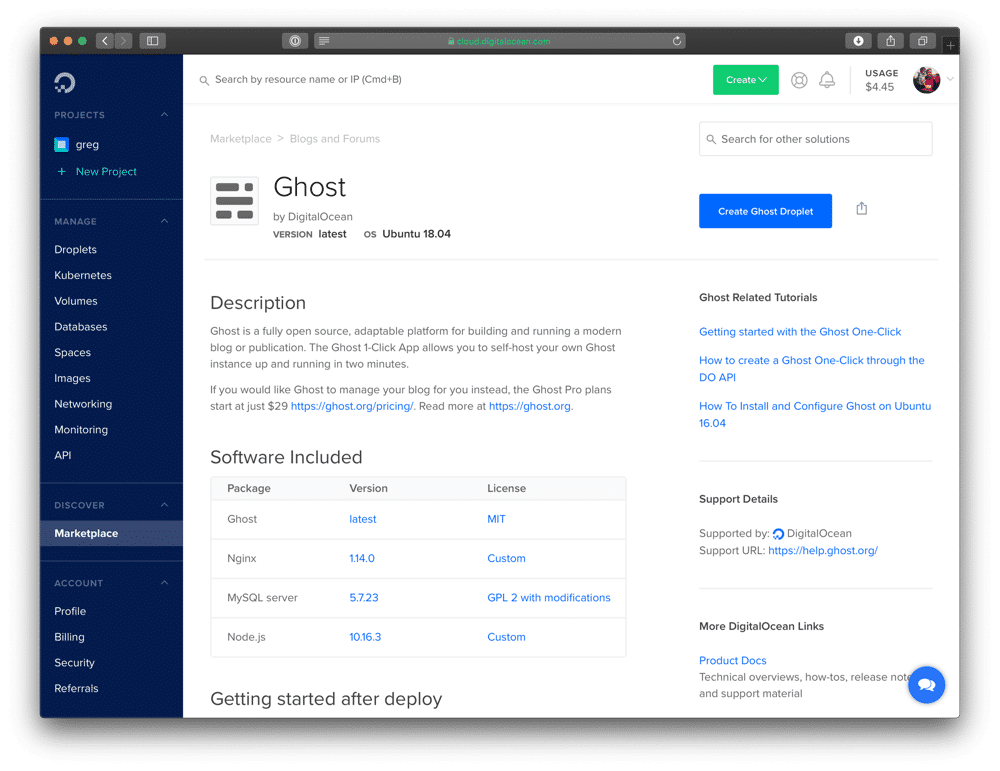 It won’t matter too much where your data centre is, so choose your preference – if things like GDPR and also government monitoring are important to you, then choose wisely. Give your droplet and name and then let it do its thing.
It won’t matter too much where your data centre is, so choose your preference – if things like GDPR and also government monitoring are important to you, then choose wisely. Give your droplet and name and then let it do its thing.
Once completed, you will receive an email from Digital Ocean with your Droplet IP address and SSH password. Keep this information extremely safe and do not share with anyone.
On your Digital Ocean Project page, add your domain. This will populate the NS records and give you your name severs. This is more than likely going to be ns1.digitalocean.com., ns2.digitalocean.com. and ns3.digitalocean.com. – add these to your domain settings.
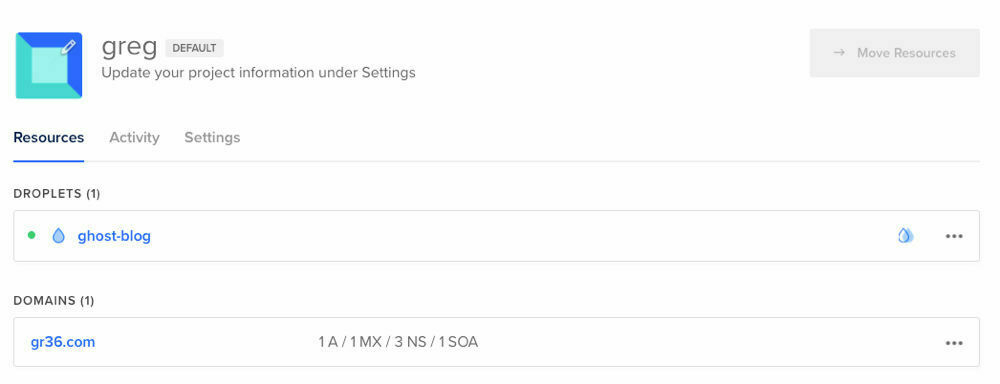 Also add in an A record in Digital Ocean, with a host name of
Also add in an A record in Digital Ocean, with a host name of @ and direct it to your IP address of the droplet. It is vitally important you wait for all changes to propagate before continuing otherwise you may have issues with setting up Ghost. I would advise you to wait 24 hours.
Once you are happy the domain information has properly propagated, continue to setting up the blog.
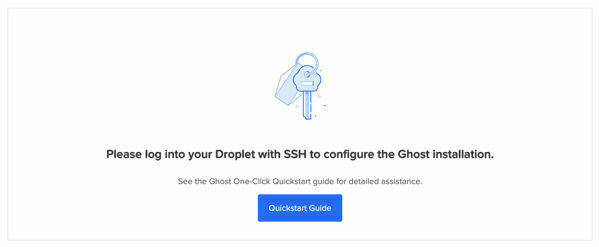
Nothing will be live until you SSH into your droplet and set up Ghost. You should see a page telling you as mush if your domain has propagated correctly. Open your terminal and type in:
ssh root@your-ip-address
The sever will ask for your password, copy and paste this in, and then immediately make you change it. You will need to put your current one in again, and then choose a new one – Keep this safe!
Once this is done Ghost will download updates and set itself up. Press Enter.

You won’t need to put in any details about SQL databases or directories, you will have to put in your blog URL. Do this with the https:// on and Ghost will set up your Let Encrypt certificate for you. This is where the installation will fall down if your domain is not properly propagated.
Ghost will be installed and set up at /var/www/ghost
If everything goes ok, you will be given a url of https://your-url/ghost. Head to this address and set up your profile and blog title. If you want to migrate from WordPress, here’s some points to consider.
Luke Winkie wrote:
There is a whole spectrum of issues that can come up for people regarding their significant other’s internet presence,” says Gray. “From things like, ‘Why are you always liking this model’s photographs?’ or ‘Why haven’t you been liking my posts lately?’ all the way to ‘I would really prefer if you didn’t scroll through your feed while we are eating together.
I am always constantly surprised on the level of thought that goes into social media etiquette. On recently reshuffling my twitter and trying to move people into lists some people reached out and complained I unfollowed them – which I guess sis understandable. But couples have whole issues, and more than likely ended relationships, over their other half’s online footprints.
Personally I couldn’t care less one what others do and what pictures the doubles tap, but we do have a constant issue at home on the usage of tech in family times. My wife had a skill, that I don’t, to be able to watch a television program and also scroll through Facebook and also chat to her friends.
I am left with what I call ‘residual attention’ and it’s slim to none.
I have been using Bear notes for years now, it’s by far my favourite app for writing, and goes far beyond a simple notes app. The great thing is it keeps getting better and better without overly complicating things and becoming hard to use – not to mention it looks gorgeous.
The recent update to Version 1.7.8 brings in some improvements to tag icons but also an automated way to import your Apple Notes. This is something that has been lacking, not due to the developers, but to Apple’s locked down approach to notes, unlike importing from other apps which has existed for quite awhile.
This is a bit of a workaround, and unfortunately you can only do this process on Mac.
Download our Automator Workflow Minimum system requirements: macOS 10.10 Yosemite
We built an Automator Workflow for macOS that can export all your Apple Notes as HTML files. This will include most note contents, but not all. See the breakdown below:
For more information, see the full guide in the Bear FAQ’s
Klimt Finlay wrote:
His investors told him he should simply shutter the company. “They said ‘your time is worth more than this, shut it down, start again, we’ll give you more money to do that,'” Lavingia tells WIRED.
But, Lavingia says, he felt a responsibility to the sellers on Gumroad. “We were processing $2.5 million every month,” he says. “Creators relied on that for rent,
This is everything wrong with startup and VC culture. A business that at the time was processing over $2.5million a month is deemed worthless in Silicone valley because it isn’t growing 20%, or being floated for $1billion.
I yearn for the day we stop valuing companies on how much money they can borrow or how many users they can grow, and start looking at the viability of the product and the profit it makes – you know, like a real business.
I’m going to be completely honest, this wasn’t easy for me – it was supposed to be straight forward, but everything that could have gone wrong did. I took the inspiration from Matt Birchler to post about my migration and the issues I faced in the hope someone else won’t run into the same.
The easiest way to do this is through the Ghost export plugin. The plugin promises to download all of your posts, pages, and information into an easy to import ZIP file. Unfortunately, I haven’t met anyone yet that this has worked correctly.
In preparation, you will need to think about the categories you have on your blog. Ghost works on tags and not categories, so this information needs to be transferred before you export. Use the Categories to Tags converter plugin and run this once before export.
Also if you are a lone blogger, make sure your user account has the same email address as the one used on WordPress. If they are different the import will set up another User account that is locked. Deleting this user also deletes all of the posts, and short of transferring each post over individually, you are a bit stuck.
I had to switch to using the JSON option as the exporter kept timing out, even when I increased the memory available and also the time limit to infinite. This JSON file will only give you post and page content, not images to go along with it.

Once you’ve set up your blog on Ghost, log into the dashboard, go to Labs > Import content > Choose your file. The process is swift, and at the end, all of your posts and pages will be live on your site. If you’ve managed to export a zip file, you have nothing more to do other than check through your posts and make sure you are happy with them.
Due to my issues, I had the job of downloading all of my images from 7 years of posts and combing through each post to put them in. I tried to import all of my images into the recommended content/images folder; however, I used this opportunity to tidy up the folder.
There is no reason a bulk import of images wouldn’t work providing you keep the same structure as your WordPress blog. However, bear in mind that WordPress stores multiple versions of the same image at different sizes so your images folder is going to be overinflated – if storage space is an issue for you then consider doing some work to tidy up beforehand.
Now all I had to work about is a theme, and setting up my link posts!
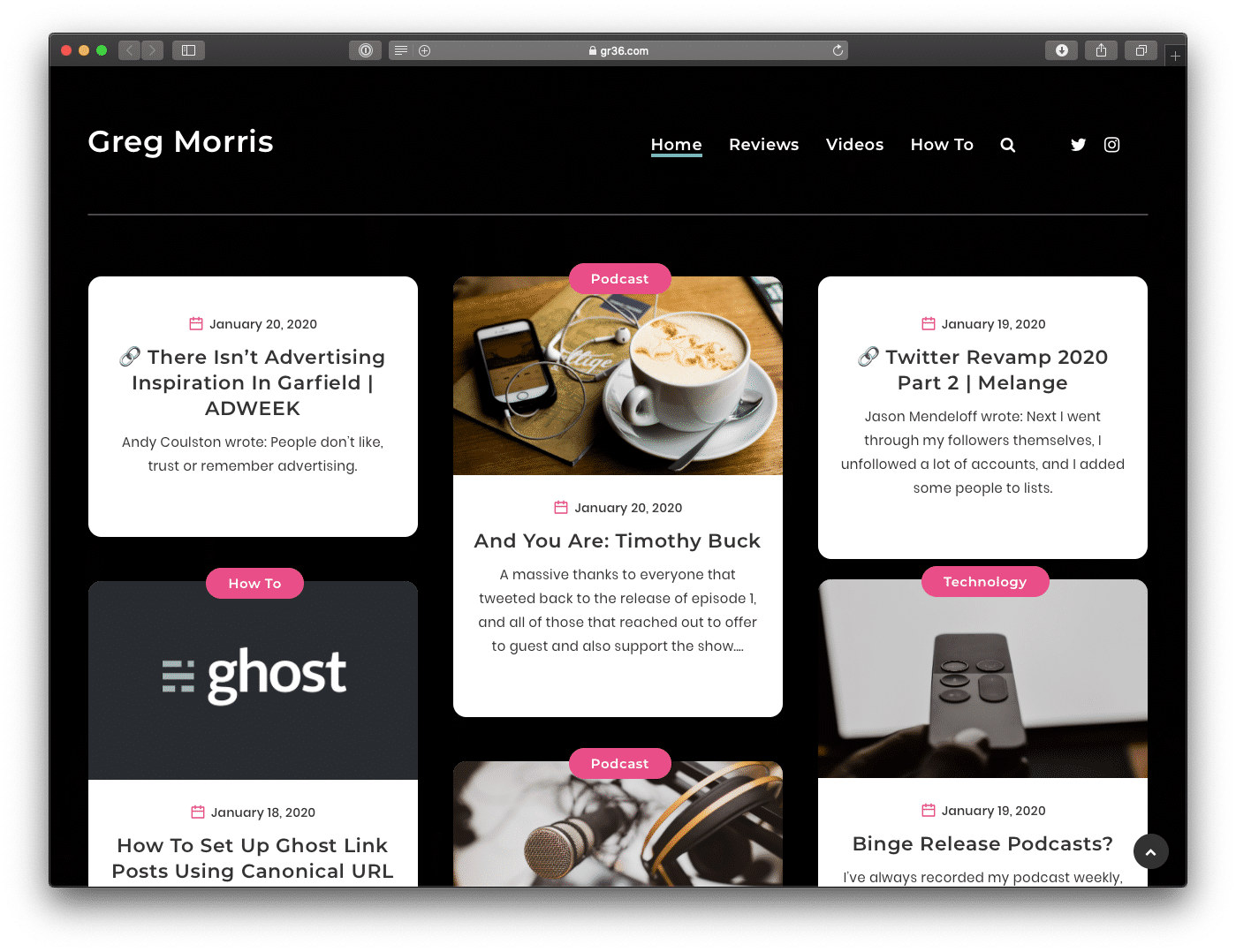
If I did this again, I would work a little more on editing the JSON to my liking and making everything run a little smoother. More information on doing your import can be found on the Ghost site. My move was time sensitive as my hosting was coming to an end, but given more time, I would work on a testing domain with Ghost and spend more time on the import and set up.
Exporting and importing from hosting platforms needs to become more uniform. Manton Reece, the creator of micro.blog, has called for an implemented standard to make things much more comfortable to move around. It is times like this when you wish something existed. Many applications spend time working on importing from other options, so perhaps it’s time this becomes a consideration to those that run blogging platforms.
I’ve always recorded my podcast weekly, edited and then released it a few days later. Four years later and I’ve never done anything differently, but the release of Charlie Chapman new podcast Launched has got me thinking about bingeing podcasts and when to release my own.
In general, I’ve never been swept away by podcasts. There are a few I have found and then gone back to listen to entire back catalogues, but shows like Serial or the million other crime things have never been my thing. But I think these Audio dramas are created with this in mind, consumed in one go. Although recently I listened to the entirety of The missing crytoqueen on a long journey, and if I had to wait a week between episodes, it would have been a nightmare.
At the moment I am recording 2 or 3 in a week and then leaving a couple of weeks before I record any more. It is allowing me to spread out my work editing and book a few more guests or focus on other things. With this in mind, I could drop 2 or 3 all at once and then record the others in the next few weeks? Or should I have a mass record and then release 5 or 6 all at once? Perhaps I am putting too much thought into it.
It is a hard decision and one that Netflix and other streaming services are having to make. Do you release all episodes at once to create a real buzz, but then it be short-lived, or string it out for longer?
Many more shows fall back on series, or releasing several shows all at once and then working on a new run. Working like this seems based on the TV model, and if I may say so seems like an old school way of working. However, this does allow for better storytelling, and also should cut down on the editing if you are duplicating introductions, sound design and other things.
Unfortunately, my brain is still leaning towards avoiding the idea of podcast ‘seasons’ – I don’t think it’s suited to anything other than audio dramas. Yet now I’m recording more conversations that are not time-sensitive, I’m more inclined to record a few and either release all at once rather than once a week. What do you think is best?
First off – this is no guarantee, but it should help.
The secret sauce to finding you iPhone after you’ve looked in the obvious places is Apples trusty ‘Find My’ App. Previously called find my iPhone, it will also track your Apple Watch, iPad, Mac’s and even AirPods. To do this is need location access and many people don’t give it enough access to be able to do the best job it can.
Privacy is a huge deal, and this is understandable, but should the worst happen you really want to track down your device as quickly and easily as possible. I have spent 20 mins rooting through my car, only to then trace my AirPods to being back at home on my desk – this tip may help recover your device and calm you down.
The secret is allowing your device to update its location when it is used. This is stored by Apple and no one else – but it’s understandable if you don’t want to do this.
When you open the ‘Find my’ app for the first time you will be prompted to allow this. If you’ve missed it or now want to turn it on head to Settings > Tap Your Name at the top > Find My > Find My Device > and toggle on Send Last Location.
There is also an option to allow offline location. This will allow a location even if the device hasn’t got a data connection by pinging other Apple devices around it. This is similar to how Tile works and is linked to the much rumour Apple version.
You could also consider sharing your location with friends of family members so they can also track down devices for you, however this has its own pitfalls!
When I picked up the very first iPad on the day of the launch, I knew this device would open a different world. Universally panned as bigger iPhone, many critics didn’t see a future for a device type already tried a few times over. However, Apple knew, as well as I did, that this market would open up given enough time.
Yet this first device I held in my hand had a small market and very few uses. Apple touted a future of computing filled with devices such as these, and even if you choose to slash for the accompanying keyboard dock, there still wasn’t much you could do on an iPad – short of it being indeed a bigger iPhone.
With this, the vast majority of usage became consumption, social media browsing, watching a video and surfing the web. Sure it replaced many seldom-used laptops in people homes, but it didn’t do much more to show us the future. Users saw no reason to upgrade, and while a few began to see the potential as the iPad became sleeker and more powerful. It wasn’t until I picked up an iPad Air that I had to work on, that posts like Federico’s initial deluge of guides on MacStories opened the floodgates.
My rage quitting of the iPad dragged out longer than it should do and came to a head earlier this year. I shared my disappointment in the failures of iOS and also my change in circumstances that lead to its demise in my life. The iPad Pro was no longer the device I enjoyed using and no longer one my life could support. I couldn’t justify a more than £1300 investment to need a Mac around as well. I don’t regret using the iPad as my computer; ultimately if my life remained as nomadic as it once was, I might have remained a die-hard user.
However, a brand new 10.2 iPad is £289 at time of writing, a deal that is hard to turn down. I don’t need an iPad to be a working machine any longer; I need it to fill a gap of reading blog posts, my pocket feed and watching videos when I want to relax. So the iPad returns to its starting position. Nestled in among other Apple devices, and one I use to consume. Waiting its turn amongst threes Macs and an iPhone. Sure I could pick up a pencil and a keyboard to go with it – but there is little point as the iPad has gone full circle.
How many of us spend life flitting in and out of the present time? Any given moment, we are away and into our thoughts with limited awareness of what is going on around us. It’s good to sit and just think about things, but being present in the current moment is as relevant, and I believe this needs more attention and thought.
Only when you are aware of where your attention is that you become aware that it is very rarely on where it should be. Yet when I sit and think I often find myself unable to stay focused and succumb to distractions if I am not paying attention. My mind wanders all over the place, from thought to thought and down avenues that it really should not.
When I sit and meditate that I can begin to let things go and indeed empty my mind of thoughts, my mind becomes present, and I can focus entirely – the fog starts to lift. Mindful of where my thoughts are going and able to come back to what is essential.
Just thinking is harder than it seems in an age of constant stimulation, but not impossible. Thinking about things is not the same as letting your thoughts run free; it takes practice and attention to what is going on. Otherwise, there is a genuine risk or “miles away” from those around you.
While redesigning my blog, and then doing it again, I thought long and hard about comments left on posts. I don’t get very many, all of which are from web mentions, but I like receiving them and wanted to consider them in the design. Giving them space was easy to do, but the most significant consideration is where to place the barriers to entry and its a harder decision than I thought.
When browsing jobs a few years ago, I was surprised how many didn’t have an online application processes, and many still required a handwritten application form. Naively I put this down to old companies not moving with the times; now I am convinced most of this is intentional.
Of course, you want the process to be as pain-free as possible, but making the application process too easy could potentially be even worse. Applying for the position all of sudden doesn’t need much thought, and applications submitted on a whim and leading to a much longer consideration process and an overall waste of time for all involved.
The same can be said for comments, make them too easy, like Youtube, and you can suffer from a deluge of half thought out impulse comment that means very little. Make the process too complicated and time-consuming, and you run the risk of putting everyone off. You’ll only receive the very extremes of comments, from the very highly motivated individual – be they good or bad.
So where do the barriers lie to produce the right amount of resistance, and receive the right amount of results? Perhaps I am overthinking things considering the low level of comments I have anyway. I started thinking about WordPress comments, but it opened ups whole new world of appreciation for intentional barriers to entry. – and I am yet to reach a decision.
For the last few months, I’ve had an itch at the back of my brain. Something I just couldn’t put my finger on and no amount of de-stressing or meditation seemed to fix it. The feeling was a strange one, one that I couldn’t place, and it was making me not feel myself. It wasn’t caused by any upset, nor by any illness or fatigue – it was because I had too much stuff.
The bits and pieces, the nick lacks and junk you pick up without going through life was starting to build up again, and it was making me feel stressed without even knowing it.
Minimalism hit me like a train at the end of 2016 after seeing the Minimalism documentary made by Matt D’Avella. I’d been spending far too much on things that didn’t make me happy, and were just to paper over other issues. It instantly spoke to me, and I began to slim down almost everything I owned. My wardrobe, my possessions and more importantly, my technology were all scrutinised. Slimming down made me much happier, my bank healthier and my outlook on life completely different.
I would say, a couple of weeks after, I was a completely different person. Enjoying different things, and engaging in different ways with my family, friends and the world online.
This year, the stuff has been creeping back slowly. Temptations to buy this and that have been fought off, but I haven’t been as ruthless with keeping accumulated items at bay. Bags have been hanging around full of freebies from events, not throwing away or donating items I no longer need. And worst of all, the stress of presents piling up for family members taking over my office space.
So this past week has been spent slimming down again (and fight off illness). I’m so glad I spotted this when I did, because its important to me to focus on essential things, and not let the unimportant rule my life. If you haven’t tried it already, give it a go, and I promise it will change you too.
I remember when watching the news each day was considered almost mandatory. To keep yourself up to speed and informed on essential events was considered the done thing. When did the reporting become so dirty and shameless? I don’t want to get into that here, but I do want to get into the App News app. It seems to be getting worse, and each time I try and use it, I have to battle through topics I have no interest in, to find a few bits I do.
I have been unable to clear away persistent Election updates since that whole farce started. Apple added it into my following section without asking, and there is no way to remove it. Apple has been shoving politics at me if I like it or not. I want to use the Apple News app because I can’t find an alternative, and since adding in magazines, it shows how horrible an app it is. Heres the thing, I think rolling magazines into Apple News was a huge mistake. The content doesn’t go together, and the two sides the app are drastically different.
The magazine tab features well-written and researched articles that look great. You only have to look at something like Men’s Health to see what digesting exciting publications can achieve. Content that flows well together, images fitting of the design and overall an impressive, immersive list of publications that matter.
Whereas the News tab is the polar opposite. News topics are forced into your face if you like them or not, with a massive influx of clickbait and dramatic headlines. They don’t seem to be selected by algorithm because I’ve never clicked on one, but Top Stories is constantly a cesspool. You’re never quite sure if the full story is going to be featured, or if you are going to have to head to the website anyway. There also doesn’t seem to be any monitoring of the content submitted, and overall I detest ever visiting the tab.
I have tried so many times to try and ‘fix’ the algorithm, spent weeks telling Apple I don’t want this type of story, but nothing makes a blind bit of difference. I have never come across anyone that’s subscribed to News +, but I certainly would if I didn’t have depressing, uninteresting News shoved in my face all the time.
It used to be the place I wanted to hang out. It looked like a utopia and promised so much – but unfortunately, it isn’t, and it has offered me very little. So, my micro.blog account is no more.
This is the second time I have deleted everything; the first time was to start again and work out a way to host my blog on the platform. However, as time has moved on, the blogging on micro.blog has dissolved into more ‘status updates’ and long threads (which are not threaded at all) or talking.
I wasn’t looking for another Twitter; I was looking for short microblogs and others that loved the things I did. The blog posts are still there and written by some fascinating people, but they are hidden under mountains of photos, and videos, and podcasts, and it is impossible to navigate the noise.
I can only presume others find the same because my interactions fell away to almost zero and micro.blog as a referee to blog posts dropped at an equal rate to completely zero. Could be my face doesn’t fit, could be a million different reasons but another network to try and carve out space in – no thank you.
There is also a real echo chamber on the platform; it is predominantly US-centric. I am not sure of the location of registered accounts, but the feeds and noise always appear very skewed towards American issues. However, this could be linked to discoverability, as it’s impossible to find people to follow without putting in real work – but enough about the negatives.
There are a few positive I have taken away from my year or more on the platform. Where I place my blog in my life is different now. I am more open to publishing my thoughts and less bothered about the length of my posts than I was.
So don’t look for gr36.micro.blog any longer – you won’t find it.
Tristan Harris wrote:
Who needs to hack elections or steal voter information when people will happily hand over scans of their faces when you appeal to their vanity?With our Paleolithic instincts, we’re simply unable to resist technology’s gifts. But this doesn’t just compromise our privacy. It also compromises our ability to take collective action.
We are in times where spending on social media is at the top of the budget for companies and governments alike. All you need is a few die hard fans, and some half baked truths, coming this with addictive platforms and you have a real problem.
Propaganda has existed for what seems like forever, but now the ‘social’ platforms cash in on your attention without a care of the fall out.
I am sure you don’t need me to tell you how good the AirPods are when compared to more or less anything else on the market. Since the original version hit the market, I’ve had a pair in my ears at some point in the day 80% of the time. They have worked out with me, walked miles with me and I’ve listen to hours upon hours of podcasts. I held off a little, but the new Pro version is a huge improvement – here are some tips and tricks I have picked up so far.
The new AirPods Pro feature buttons instead of an accelerometer that detects your taps. Of course the set up process guides you through new options for media controls but if you don’t pay attention fully it can be hard to work out what’s going on. Think of the button press as a squeeze of the microphone stem, you will feel a small click and an audio response if long pressing. It takes a bit of getting used to if you’ve used the original AirPods, but pretty easy to get used to.
• Single-press: Pause/play
• Double-press: Skip forward
• Triple-press: Skip backward
• Long-press: Switch between noise cancellation and transparency mode.
The new AirPods pro feature active noice cancelling (ANC) with rubber tips to make a better seal in your ears. ANC can feel a bit strange at times and also shouldn’t be used every situation. Luckily there is a pretty neat ‘transparency’ mode which lets some noice from the outside world through, and also a toggle off.
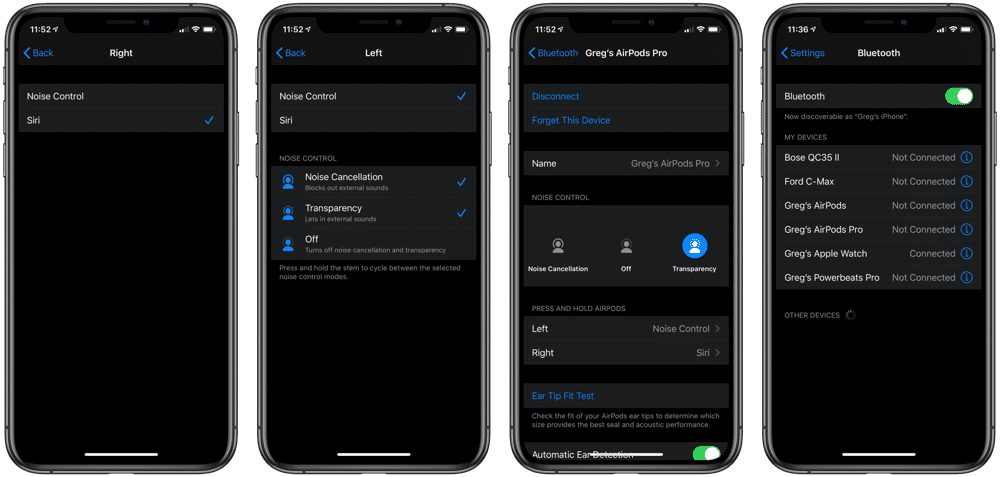 Unless you have changed any of the settings, by pressing and holding on either the left or right AirPod button will cycle you AirPods through ANC on or off. The change the options, head into the Bluetooth setting when your AirPods are connected. You will see options for both the left and right AirPods button, you can then add in whatever options you wish to cycle through.
Unless you have changed any of the settings, by pressing and holding on either the left or right AirPod button will cycle you AirPods through ANC on or off. The change the options, head into the Bluetooth setting when your AirPods are connected. You will see options for both the left and right AirPods button, you can then add in whatever options you wish to cycle through.
We all love shouting “Hey Siri” during a workout or walking down the street, but if you want to set up activating Siri with a press instead of a voice a voice it’s really easy. Head into the Bluetooth settings as above, there is then a range of options for the left and right AirPod button. I have set this up for left to be noise cancelling and right to be Siri.
Rebecca Jennings wrote:
Instagram has a way of flattening lived experiences so that my best years look exactly like my bad ones, and that everything seems pretty good, all the time, for everyone. This, obviously, is not how life works for most people, and ever since Instagram has existed experts have debated what seeing an infinite scroll of other people’s happy moments is doing to our brains.
This exact the problem with a platform I used to love so much. Instagram has been taken over by the ego.
It is now simply a place to try and show off what you have and how great your life is (protein: it isn’t). You are not sharing to Instagram for you, you’re doing it to instil jealousy in people that see the photos. It makes them feel terrible, it makes you feel terrible – yet you still do it.
Notes apps are my kryptonite. I get sucked in quickly, send a few hours getting everything transferred over and use a different one for a few weeks. I’ve pretty much used them all, recently it was a return to Apple Notes, and even more recently I have been using Agenda for everything. Both of these apps are still great – but for writing out a post, there is nothing quite like Bear.
Perhaps it’s the beautifully designed writing experience; maybe it’s the powerful exporting options or one of the many other reasons that make Bear green. I just can’t put my finger on why it’s so lovely to use.
Whether you are jotting down a quick note to yourself or starting a long page of prose, nothing will disturb your writing. Images can be inserted and formatted to your liking, meaning that as you type you will be looking at exactly how the document looks. This won’t make a blind bit of difference to simple notes, but perhaps it’s time to take your notes to the next level!
The sharing options of this Bear are right up there with a serious writing app. It offers the possibility for exporting the notes you have made in such a wide range of options it might take a while to work out which one you need. With a simple swipe left while viewing a note you can share in Text, Markdown, PDF, HTML, Rich Text, DocX, and if that wasn’t enough you can even export as an image. No more screenshots of your notes to publish on Instagram and Twitter.
Bear makes everything from writing stories to documents through to just jotting things down to remember a breeze – this is why I keep coming back.
Oliver Haslam wrote:
Which brings us back to my original point: these figures are interesting. But they can’t tell the whole story.
So, a company tears down an iPhone 11 Pro and produces some costing involved. imore write a post about it and now I’m linking to it – all to say that these things don’t matter. I cant work out if I am part of the problem or if it’’s all rubbish anyway.
However that is to say that these sorts of posts come out every time a high profile phone is released and no one really pays attention other than a few publications that are seeking the clicks.
This is how companies work, the cost of producing a product is less than the price you sell it for. No one is surprised right?
It’s that time of the year again; the weather takes a turn for the worst and people (usually Americans) start moaning about having to shovel snow. These types of posts could be a little tongue in cheek, and I have no doubt you are excerpting yourself, but you don’t need a workout type. Some need adding to the Apple Watch such as sport types and training methods, which are slowly being increased- what it doesn’t need is ‘Yardwork’, ‘snow shovelling’ or rocking your baby.
Thankfully the Apple Watch team has now found its market. Instead of a spray and pray device that does everything, its aim is notifications and Heath. Motioning all your workouts and keeping you more engaged with people. Workouts and activity don’t need to be overly complicated by every single time you exert yourself by doing daily tasks. There is a risk of adding too much and again making the Apple Watch too cluttered and too complicated.
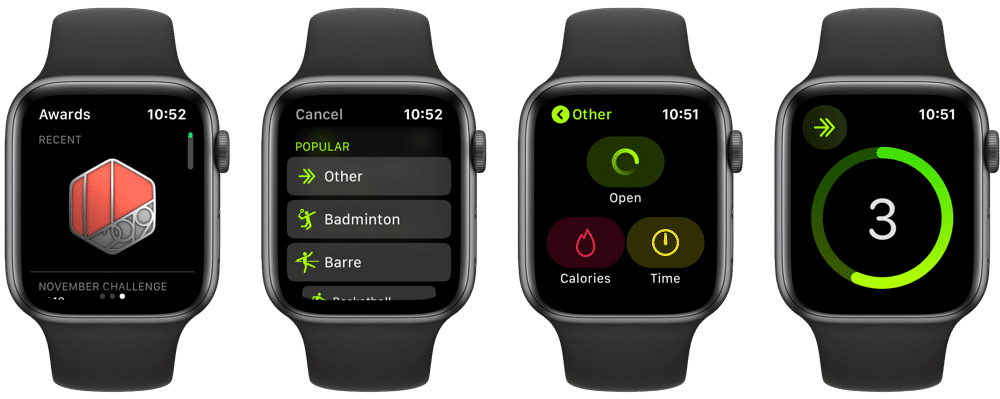
These types of general are covered regardless of if you start a workout or not. It will detect your heart rate and movement increases and give you relevant move points. You’re exerting yourself so the activity ring will start to climb accordingly. If you’re dead set on recording it as a workout, start the ‘other’ one and then give it a name at the end if you’re ever going to review it. You’ll be forgiven to forget that there is another option because more often than not, it is hidden down at the bottom of your activity options.
You get the same activity credit as a brisk walk, which is around 60 calories per 15 mins. Which is pretty low if you are working hard, so your best bet will be to let your Apple Watch detect how hard you are working and adjust accordingly. You will move your red and yellow rings regardless of you paying attention to them or not – that’s the great thing about Apple Watch.
(adsbygoogle = window.adsbygoogle || []).push({});
 For the last few weeks, I have been throwing my life into Agenda, I’ve played around with it previously, but this time it seems to have stuck. I’m one of those people that like to try out an app or service just because people are using it, and this is what I did in 2018 when Agenda won the apple design award. I think I had signed up previously to use it on Mac but didn’t hang around very long.
For the last few weeks, I have been throwing my life into Agenda, I’ve played around with it previously, but this time it seems to have stuck. I’m one of those people that like to try out an app or service just because people are using it, and this is what I did in 2018 when Agenda won the apple design award. I think I had signed up previously to use it on Mac but didn’t hang around very long.
The only issue is this is a completely different approach to note taking. It ditches the somewhat traditional approach of a list of notes, in folders and turns it on its head. Everything is based around your calendar and dates. You can of course make notes without this, but its main power stems from tying into events in your life. For years I have been living out of my calendar and task management app (or apps), and I’ve been searching for a service that does it all for me. I feel like I have tried everything, from Todoist to Notion, to more recently Apple Notes. My life is split into to distinct area and Agenda is already benefiting me in both.
I am a development and engagement manager for a UK based insurance company. In essence, this entails a massive balancing act involving loads of meeting, emails and tasks to be completed. I work from an iMac at my desk, an iPad in conferences and an iPhone at every other time, so having a cross-platform app with great sync is required.

These are exchange meetings set up in Outlook, the only thing that stops me using Agenda for calendar management is the missing option to add invitees. This is not a massive issue for me, as I’m in Outlook for email anyway. From these events, I create all of my meeting preparation in Agenda, including all my written notes, clipped images some times also documents.
The benefit of being able to add in documents that I can refer too quickly in meetings is a godsend. The fact I don’t need to go into a room armed with loads of paperwork any more is a huge benefit. I also won’t lose any following it; if anything is handed to me, I can insert a scan of the document using my phone with a single click.
Granted this looks a little weird depending on who your meeting is with, thankfully my sessions are usually in tech or design people, and everyone else has just gotten used to my weirdness. Mainly because I can email a meeting review, including all documents, or print out a version within minutes of leaving the room. Exporting from Agenda is a massive benefit over something like Evernote or Apple Notes; it is powerful and flexible to fit into most situations.
(adsbygoogle = window.adsbygoogle || []).push({});
The second part of my job is producing content through various channels. For this, I have a section for work ‘in progress’ and create a project for putting things together. Mainly containing video scripts and outlines for blog posts, but some other random info I want to store. As much as Agenda is date focused, it works ok with saving some general info, but shouldn’t be seen as a note app replacement if you need to store loads of info. Because Agenda is date focused, I can collect all this together and make reminders right up to the ‘due date’.
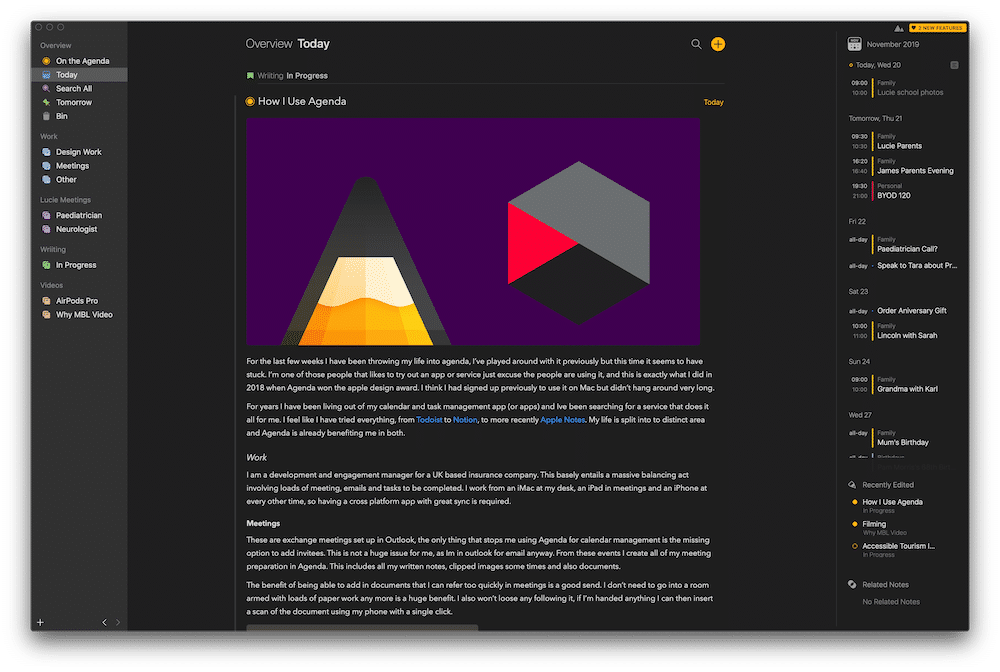
The second part of my life revolves around my family. I am the parent of two children, one of whom is disabled, so date focused note-taking is more or less a given. Our calendar is filled full of hospital appointments, school events and other things that I need information on.
My agenda home section has a general project for my daughter’s hospital appointments, filled full of notes that refer to older appointments. No longer am I searching for information, or trying to remember what we discussed at the last appointment. Much like my work meetings, if I need to scan a medication label, or snap a picture of recommended equipment, I can put it right into the Agenda note. I also like to send my wife and parents a text with the notes in, which Agenda lets me do with a couple of taps.
I love writing and talking about technology, I’ve tried for more than seven years to stop, but something about it gets me excited. I take notes for upcoming episodes of my podcast, Bring Your Own Device, linked to the calendar event I share with my co-host. I would love to have collaboration, this would cut out our show notes Apple Note, but these notes are for my talking points only.
I also outline and write every blog post I publish in an Agenda Note. Taking the same form as with my work life, what I love is that I can drag in images and text from other sources as reference.
(adsbygoogle = window.adsbygoogle || []).push({});
There aren’t many features that I feel are missing from Agenda, and I would be concerned if they tried to add in too much. Agenda is not a publishing platform, and in many ways isn’t a note-taking app. However, each feature is thought out so it can be adapted to many use cases. There are a couple I have mentioned already, being able to create calendar events with invites; however, I don’t even know if this is possible due to the many different calendars available. Collaboration would also be perfect, and in which case this may even become an option for teams, but just being able to write some show notes for my podcast would be great.
I would also like to see a focus mode, where I can write in one note. At the moment I am writing in a note that is inside the today view, or on the Agenda. It would be great to be able to open a note and no other information. With all this said, the app is pretty perfect for mine, and many other peoples use case, all the features implemented are well thought out, and the developer support is brilliant. I’m an active member of the Agenda community, so you can always come say hi!
It’s been a long time coming, but with the reproduction of colour into the iPhone line up with the XR, Apple released a clear case. The case has also appeared with the new phone line ups, available for the iPhone 11 and iPhone 11 Pro thanks to new colours in the lineup. Now I need to be straight to the point on this – Do Not Buy One.
You might be tempted to pick one up, show off that brand new Midnight-Green iPhone 11 Pro, or cool Yellow iPhone 11. If you choose to buy one in-store, you might even be pitched one to compliment your shiny new purchase, because you should show off the colour of them, the midnight green is my personal favourite, but at £45 you really shouldn’t.
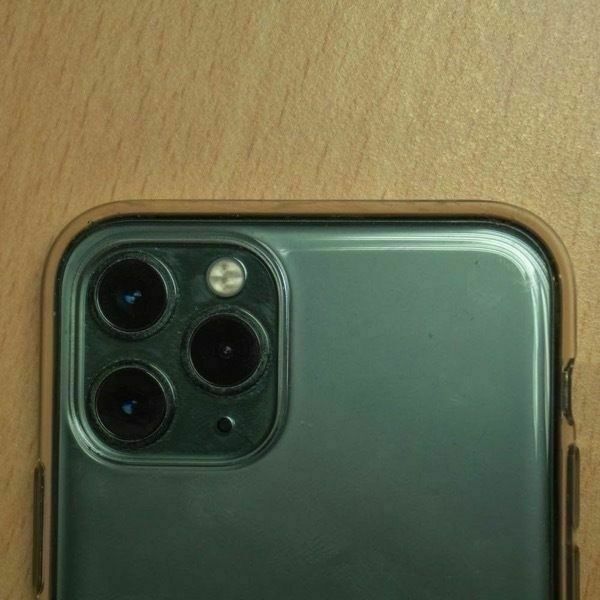
The Apple cases are a bit like marmite, I love them because they fit and last the best I have found, but many people think they are a rip-off. Which is understandable given that most other cases are less than half the price of the stock options, but they do offer something different. The leather cases I have used last well and feel premium quality, whereas the silicone version provides a much more grippy surface. However, they charge what seems like more and more each year for the privilege.
The clear case feels like every other clear case on the market. The materials used are a little more robust than other clear cases, and the fit is perfect (as all ways with Apple cases). Some cheaper options are often flimsy and imperfect fitting but are a minute price when compared the Apple. What it doesn’t avoid is the same old issues that plague all clear cases – weird smudge marks and pocket lint build up.
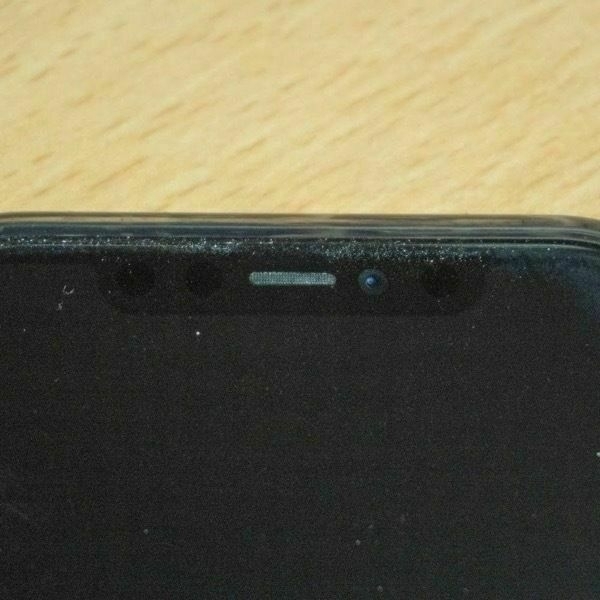
To be fair almost every case in the world suffers from lint build-up, but because the case is clear, it is much more apparent. You might like showing everyone the lovely colour of your phone, but you’re also showing them you didn’t clean your phone in the last hour. When the phone is this good at avoiding fingerprints and smudges, its annoying the case isn’t – but no case can be.
If you are ogling to get a clear case, please don’t go for the Apple one. I made a mistake a purchased it along with a few other things and didn’t realise how expensive it is. Opt for a middle of the road option; there are plenty to choose from and save yourself some cash.
Not clickbate. It’s been a great five years, I have tried really hard to carry on as long as possible but iOS 13 has made me realise I cant continue any longer. I’m afraid friends, today was the day the end finally arrived, I’ve ditched an iPad altogether.
During my time working on the iPad I always needed a Mac around to podcast and edit things properly – you know do real work. It was pretty few and far between and during this time the iPad got better and better. Adding in a better keyboard, a pencil to write and draw as well as constantly improving the OS. My reliance on Shortcuts (then Workflow) and third party apps started to dwindle and iOS become a powerhouse – at least for a while.
Then iOS13 arrived. I cant point to one specific event or one particular bug, but iOS13 has been like death by a million paper cuts. Spending 15 minutes this morning trying to put an image into an Apple note may be the straw that broke the camels back, however the past few weeks and months have been a nightmare. Apple Notes takes an age to sync to my iPad, apps randomly crash or only partly work and I just cant take it any more.
This is all after spending weeks getting my head around the new multitasking and app pairing because they changed the way the iPad worked AGAIN. I feel like I’m splitting up with my long term partner now they have their stuff sorted and I’ve realised it wasn’t worth the pain after all. Load of people are now using the iPad like I have been doing for the past 5 years but I cant any longer.
The iPad lost its way somewhere in the last year or so and become a device that isn’t fit for me any more. I am betraying my roots and going back to the Mac, I’ve ordered a MacBook Air and my iPad is all boxed up ready to sell.
Goodbye old friend.
[embed]youtube.com/watch
My first impressions were pretty impressed actually. I used the phone for around 4 hours and got to put it thorough all its paces, apart from battery life. That remains to be seen, but the small number of people that do have them in their packets are reporting pretty decent battery life.
When we first were handed the phones, the Samsung guy went into full-on PR mode. I get the impression that there have been a small number of people asking about the phone, and the company is concerned with the negative press. Which is spot on, they asked me through everything that was changed with the phone, and interestingly precisely what went wrong with the first version.
Having never touched the first version I can’t speak of the differences but the silver and black units I got to use were both very robustly built and are defiantly using quality materials. The weight is a little heavier than an iPhone 11 pro but considerably heavier than something like the Note 10+ I had in my pocket. The most surprising place you feel it is when it’s in your pocket, despite the slim form factor when closed you’re not going to miss this in your skinny jeans.
But what everyone wants to know is about that screen! I want to start on the front one; it won’t get much use. Almost everything that I tried to do was a hassle. This screen is going to be like the LCD screens on the front of flip phones. Only there to glance at and see what is worth opening your phone for.
You will be opening it – A lot. Because there’s no point having a folding phone and not showing it off right?
Samsung has added caps to the end of the hinge and made the ‘not a screen protector’ extended underneath the bezels. Combined with a few internal changes, most of the screen issues should be resolved. The hinge is tested for 200,000 actions, so should last quite a while. The problem is the tactile feedback from opening the hinge is so satisfying that I found myself playing with it quite a lot – although I’d need to do it about 280 times a day over two years to get near the limits.
The screen is bright crisp in all lights, you very quickly get used to its dominance, and it becomes especially useful when trying to take photos. The fold uses the same camera set up form the galaxy s10, with a wide-angle, telephone and ultra-wide lens – combined with the usually portrait effects and AR goodness you expect from Samsung.
Although the screen comes in handy for things like google maps and even reading webpages, its a little cumbersome for one-handed use give it has a strange 4:3 ratio. Youtube videos are particularly enjoyable, and even watchable when multitasking, but to feel the benefit you’ll need to go full screen, which features black bars on the top and bottom.
What you will enjoy is the Dolby Atmos audio, these sound great, particularly when enjoying videos that use great audio such as Peter McKinnon or some football highlights.
With all this said. This phone will spend most of its time unfolded. So you can enjoy the large screen you’ve paid so much money for. With a screen this big, it’s crying out for more use cases such as an S-Pen. Unfortunately, you can’t use one, or any other stylus for that matter. Samsung doesn’t want you to use anything on this display or even press too hard because it is plastic and not glass that most people are used to.
There is no getting around the crease in the middle of the screen; it is noticeable when viewing something light such as messages and lots of one UI. When the screen is off, it sticks out like a sore thumb. If you’re paying attention, you can feel it when swiping about, but I get the impression that it would become as forgettable as a natch in the screen do after a few days use.
There are a few quirks, such as the fingerprint sensor is separate to the power button, meaning it requires quite a bit of getting used to. And also the wireless PowerShare, which is a cool feature, is in a minimal area on the back of the handset.
With all said, I am very impressed with the unit overall. The £1,900 you will need to spend gets you a robust and well-built phone that feels premium. In the box, you” ll also get the Galaxy buds, and kevlar case and a year’s worth of Samsung Insurance. Which I get the feeling is an addition to combat worries on longevity.
I’m not sure how many people are going to buy this thing, but it’s a great phone to see on the market. If money is no object, jump on this and see the future, with a few caveats.
Give Samsung a couple of iterations to get things right, and I think this is going to be a stellar phone. In a few years, everything might be folding, and we will look at this space-age technology as the flip phones of old.
Bravo Samsung, thanks for inviting me down to take a look at the fold its defiantly a hit from me. I’m excited to see where it goes.
Tracy Brower wrote
Social media use also has an opportunity cost. If we’re at home snapping our friends on Snapchat or posting photos on Instagram, we’re not connecting with them in person. Even if we are with people in person, being heads-down on a device means that we miss out on meaningful interactions.
I feel very mixed on social media, in one respect it has put me in touch with some people that I hoLd very dear in my life. People that I would never have met in ‘real life’ including my podcast co-host Nati who lives in Israel. But when I say social media I mean Twitter, because all others seem much more closed off.
On the other hand there is a huge amount of resentment I have towards platforms. I found myself being much less active and pretty passive now in terms of sharing things, simply because the culture at large is hugely negative when compared to a few years ago.
I wanted t make a simple link post, but there were so many little things I wanted to pull out it just didn’t work. Jason Snell wrote a long post for Toms Guide about the incoming Deep Fusion camera technology and left me all confused.
Apple and its competitors know that smartphone buyers really do care about the camera more than anything else.
I can’t agree with this, I don’t think the camera is the be all and end all for most people. It’s simply near enough the only thing that smartphones can differentiate themselves from each other. Every phone is ok, they all take photos that are good – but want to fight over who has the best niche features. I really don’t think most people that buy an iPhone 11 Pro give a dam about a little more detail in some areas. They might buy the phone for a better camera than previous models, but they won’t jump on the bandwagon because of Deep Fusion.
The iPhone’s Camera app is rife with little icons and stickers to indicate when a photo is being automatically cropped, when you’re grabbing Live Photo video to go with the still, and the like. And yet, at least in the iOS 13.2 beta, there’s no hint that you’re using Deep Fusion.
I am a little confused still, I don’t see the point in Live Photos, I don’t feel a need for HDR the majority of the time, but here we are with a really confusing camera interface. Apple used to excel in the ability to pull your phone out and Snapp a really good photo almost instantly. Now I am bombarded with portrait modes, dark modes and even the option to make the camera 16:9.
Just do it all for me, and give me options afterwards.
It gets even more interesting when you consider that some of these features are so subtle that you have to really pay attention, and make A/B comparisons, to see the difference.
I wouldn’t call it interesting – does anyone care of a jumper appears a bit more detailed. All in exchange for an image twice the storage size?
but in the end, we’re all part of a culture that has fallen in love with the ability to never let a memorable life event go undocumented. Along with the ability to look up where you’ve seen that random character actor in that TV show before, it’s one of the greatest things about having a smartphone.
All cameras are fine, we are obsessed with taking photos but I don’t believe it’s purely for memories.
Amit Gawande wrote
There is no doubt that the always-connected1 and accessible Android devices have enabled all these use cases. The two combined have also managed to pull millions of more people into the digital age. Sure, iOS might be the more secure, more private platform that’s better for everyone. But it is not for everyone because it is not affordable to everyone.
Many people seem to forget this, Android has made a whole range of devices available at a seriously cheap price. I am not sure that much of the world would be as connected as it is without Google pushing it so hard.
Sure they have their own agenda for doing so, but we should be thankful it exist all the same.
Robert Triggs wrote:
While remote SIM provisioning and a tiny secure chip are supposed to solve these problems, there’s still the issue of practicality. Checking and comparing data plans is easy enough online, but there’s currently not a good way to apply said plans quickly to your eSIM. Customers often have to pop into stores or buy eSIM packs, scan QR codes and mess around in settings menus. This is arguably more inconvenient than ordering a standard SIM.
Having used an e-sim for more or less a year I can confirm its more hassle than it really should be. The real beauty of a standard sim is you can transfer it it seconds.
When I set up my iPhone 11 I had to pay £1.50 because I had already transferred it into an iPhone XS Max a few months before. Staff in carrier stores are still unknowledgeable and I don’t feel it is a problem that needs ‘solving’.
There is a benefit to traveling, but it is not so much of a pain to buy a local sim that everything needs to built into the phone.
Some numbers. Libsyn is one of the largest podcast hosts and they put out numbers on what the average size shows are.
- 7.1% of podcasts get 5,000 downloads per episode
- 2% of podcasts get 20,000 downloads per episode
- 1% of poddcasts get 37,000 downloads per episode
This is important to remember when whetting a podcast. I am now several years deep into podcasting and have never made a thing. I’m not sure if I every want to, but I thought I would when I first started.
Although Podcasting is now in its boom time, the shows that people listen to is extremely limited and advertisers are hard to come by.
There are thousands of posts just like this all over the internet. Posting knowledge for others to consume as if they are some wise old prophet with a WordPress blog. Having read a few, there were some golden nuggets extracted, and I began to think about what I would tell myself if I could travel back in time.
This is one of the worst attitudes to take, and unfortunately, it seems a natural one. When you leave school all spirited and confident, indeed the world is your oyster, and you can do whatever you like. What you cant do is take it for granted, you don’t know everything, spend your time learning and growing.
Stand on your own two feet, other people might make you what you are, but they don’t live in your head. Be yourself and don’t be afraid to be that person at all times. Other people are not responsible for what you do or how happy you are.
You will screw up; you will make mistakes – so when you do don’t be afraid to own up to them and take responsibility. Just because you made a mistake doesn’t mean you did it purposely and it certainly doesn’t make you stupid.
You might have thought it was the right choice at the time, so to join your new love for owning up to your mistakes, don’t cling to decisions that didn’t work out. You might have chosen the way to go on wrong information, or things might have changed – doesn’t matter the reason, give it up.
Leave friendships that don’t bring you joy or expose you to negativity as quickly as you would a job or a partner. Don’t tolerate people just because you think you have to. All those people that you knew at school, if they are still around in 2 years, then they might be worth bothering with.
Love isn’t what you think it is, stop using it out of context. You will know it soon enough.
Plan things, take advantage of everything available to you and don’t slack off. Your whole life will fly past in what seems like no time, but you have plenty of time to get things done.
On June 3rd 2019 and with a little trepidation, I pushed the upgrade button Apple flashed before my eyes. I’d stayed up late to install the first beta of iOS13 and already knew I would regret it in some way. During the next couple of months, I would run into a whole host of bugs and crashes – but that was ok because I knew what I was doing and still wanted to use the update before it came out.
On stage Apple demoed the hotly anticipated Reminders upgrade, featuring lots of new features and a fresh new design. To do this, Apple had to ‘Upgrade’ my tasks for them to work, and I have to do the same on my other devices if I wanted them to work correctly. This was all displayed in front of me; I knew what I was doing.
So I dealt with Reminders not syncing to my Mac – I wasn’t planning to update my iMac as I rely on it for my livelihood – and I continued on my merry way. For the most part, iOS13 was stable enough for me to use and file the odd Radar. However now iOS13 has been released to the public, there are a massive amount of people that currently can’t access their reminder on Mac – with no way to ‘upgrade’ as Apple informed them they had to do.
We are now almost two weeks from iOS13 launching; we’ve already seen an update to 13.1, 13.1.1 and only yesterday 13.1.2. Still no sign of the Mac OS update, and no definite date of when it will come. So when Apple places a card in front of you saying you will need to upgrade your devices, what it also doesn’t say is there IS NO update for your mac.
The only hint of what is going on is a small section on Apple.com when discussing iOS13 updates. Something that the vast amount of users are not going to see. I am sure the intention was to release the Catalina update alongside iOS13, but I am pretty sure Apple knew a long time ago that wasn’t going to be possible.
I knew what I was doing – most others did not. It’s on Apple to explain these things better. They let potentially millions of users upgrade their reminders with a half warning. I need reminders to work, don’t rush macOS out for me, but it’d be nice to get it pretty soon.
Craig Grannell wrote:
A major differentiator since Apple’s earliest days has been interface design. Apple has long prided itself not only on creating more beautiful interfaces, but also much more usable ones. The aim has always been to make things more obvious, and also more efficient. So what happened in Mail for iOS 13?
There is a whole lot of weirdness in iOS13 and this is one of the strangest decisions in UI I have seen for a long time. When people that are reasonably proficient in using technology are convinced there is no way to forward an email you have a problem.
The button its self is not an issue, but the icon used is a lesson in hoe not to design an interface. It clearly implies reply and no further indication that another level of interaction exist beyond it.
Weird.
Perhaps it’s the lack of characters, perhaps it’s just how Twitter is, but more than ever I am finding Twitter full of opinions that are pushed on everyone else. People are taking themselves to seriously and are expressing themselves aggressively and I’m not sure if I can continue to read it.
I find Twitter quite meditative when done in the right way. Simply sit down a couple of times a day and just absorb the information. If there are other opinions expressed I might check out the full thread, however more often that not I just appreciate their point of view and scroll on by.
I don’t feel I can do this any more, I keep getting pulled into disagreements and I get huge amounts of negativity towards my tweets that after a while gets on top of me. Twitter isn’t discussion any more, it’s arguing and I don’t think I can bring it into my life. I think I’d rather have no interaction than be constantly tweeted at that their opinion matters more.
Mix in passive aggressive sub tweets and I think I’m pretty much at the point of no return. It’s hard enough to find some calm between all the attention seeking, and people building ‘their brand’. Twitter used to be such a great place to hang out. I think it still is but there is a way of expressing push back to people online, as there is in life, but the way Twitter seems to mould it needs to change.
I’m definitely not soft or a snowflake, or any other names people band about when others don’t like what they say. I’m 100% a proponent that people can have whatever opinion they choose, but they need to be expressed in the right way. I say this because I don’t think it is the way people are, just the way that it is encouraged on platforms such as Twitter.
If I take on a new idea or habit, I do so because it has the potential to benefit my life. New ideas shape the future Me. Same goes for habits. Over time my ideas change, improve, and expand, and my current habits get replaced by new ones that continue to help me grow. Our readiness to jilt ideas or habits means we’re willing to grow—we’re willing to constantly pursue a better version of ourselves.
This is exactly my feelings towards working on new projects and brining new things into my life too easily. Far too many times now I have gone too deep into things without enough thought and burnt myself out trying. Minimalism isn’t just about having less stuff, its about being intentional with everything you do.
It’s hard for me to write about the differences between Android and iOS, and I struggle to comprehend how people go about it. So if you are looking for that kind of overview you are going to be disappointed, I simply wanted to talk through some thoughts I had in using the two operating systems without comparing apples to oranges. As time goes on it becomes apparent that both operating systems, although trying to achieve the same thing, are approaching it from different angles. This gives a stark contrast to those daring to switch between the two – something that has become increasingly harder.
Android, although pouring in digital wellbeing features, still seems insistent on bombarding you with notifications on everything you’ve ever Google searched. Indeed you can switch these off (ish) but it’s not easy to find nor understand. The fact still remains that Google make nothing from Android and hardly anything from Google Play, so they need to keep your attention somehow. My biggest concern with using Android has always been my privacy exchange, however in my honest opinion this is an issue the average user doesn’t care about nor understand. So for me to talk about this while discussing using the OS is moot.
Indeed Android is the more useful operating system, it makes it much easier to interact with notifications and find things you need instantly. Google was the trail blazer in giving users tools for free that typically cost money and monetising it in other ways – see Google Maps for an example. All of the stock software on both operating systems is there is make your life easier, and push you further into the eco system.
Apple may not be in the business on monetising your data, but the OS and all the free apps that go with it are there to pull you in so they can sell you other things. Services and subscriptions have become a focus for Apple in recent years, and this is evident now more than ever, pre installed Music and even now the AppStore itself with Apple Arcade, pushes you towards giving Apple money – just in a far more subtle way than Google.
I am always fascinated by Android handsets, a huge selling point for Android is that it is far more exciting from a hardware perspective. You are guaranteed to find an handset that is suited to you use case however niche it might be. I chose to use a Note 10+ because I wanted something business like with a top camera, but there is a phone at almost every price point to suite almost everyone. Whereas you are stuck using whatever Apple design of it fits or not.
Should Apple go in a different direction to what you need from their hardware, you are stuck. A decision to move everything to another eco system and bare the pain of loosing apps and services (as well as the hassle of moving all of your data) is a truly live changing thing. Sure Apple charge a premium for making all the design decision for you, but what happens when you don’t agree?
In exchange for giving up control you get the best source of high quality, diverse and sometimes expensive software in existence. Apples App Store still trumps Google Play for quality of apps by a long chalk, although the standard on Android is much better than even a couple of years ago. Couple this with the pretty regular killing of Googles own services, there is always frustration when switching.
Apps from the same developer often work different, look different or are missing functions (even Googles) on Android. Which is a huge shame given the open nature of the platform. Sure you can ‘do anything’ with your device, but the quality of software to go with it is still lacking in broad terms – and this becomes apparent very quickly when switching.
The fact remains that my love of Android still runs deep into my heart but I feel much safer and better supported when popping my sim back into an iOS device. This of course is simply my opinion, you can use whatever you wish – Android is great.
I like to pretend I am often asked, but I’m not. I am seldom asked – but the fact remains that I am asked. Exactly how I do the things I do, how do I take part in podcasts, present a persona online and interact with people on a daily basis building a business. I enjoy the shocked faces from people when I reply, “I don’t really know”.
You might interact with me on a professional level, you might tweet at me online, or you might listen to one of my podcasts. Wherever it is that you interact with me, I am eternally grateful, but what you don’t see is the behind the scenes footage.
You might listen to the 3 hour podcast with an interesting guest, or hear me talk about Apple news on BYOD. What you don’t hear is the 45 minute pep talk I’ve had to give myself just to start that show. The excuses to run away and not bother doing anything, and the almost crippling imposter syndrome that I have.
I constantly have to battle with myself, not only because I’m actually an introvert, but because I fear the reaction to everything I do. I want to create, I want to produce and I want to do more, but much of the time my mind just wont let me.
I get the impression I am not alone, but thankfully I am pretty good at talking to myself, and getting over the feelings of dread. It doesn’t stop everything that I do any more, but that doesn’t mean it doesn’t affect me. My love of creating out-ways my constant self doubt. I have a motivation for life and doing things that make me happy, and I hope others find this themselves.
You see this is not a cry for help, more a motivational call to say that others feel the same. Be kinder to yourself my friends.
Almost two years on there is still a lot of scepticism around Face ID. For me it works fine, but others seem to have issues, or different use cases and struggle quite a bit. So either from inside information or shear hope, talk of Apple returning to Touch ID still exists. It’s hard to see Apple ‘backtracking’ because they see FaceID as the future, but perhaps the best way is to have multiple methods.
Since picking up the Note10+ it has become obvious to me that under screen finger print sensors are still a bit rubbish. Better ones exit, such as the OnePlus 7, but they are still a bit slow and unreliable. Implementation of them seems like a step backwards, but combine this with face unlock and the Note10 is the best of both worlds.
Pick the device up and it looks for your face straight away, the face unlock is no where near as good as Face ID, but a large percentage of the time it’s unlocked before you realise it. Should this fail, then placing your finger on the screen is pretty easy for the few times it fails. In fact many times users are already touching the screen ready to use it, security features that fade into the background and stop being a consideration are the best designed.
The real solution could be slightly less stringent matching of both the finger and face combined, tolerances could be lower to make sure matches are easier, but combined together means much more secure system. A system that checks for multiple points is both secure and user friendly. Someone might know your PIN number, but iOS knows that it isn’t you so perhaps only allows access to certain parts of the OS.
Whats the odds of someone having a similar face and a very similar finger print? Even identical twins don’t have the same finger prints, so no evil twin breaking into your phone any longer! Apple could then take things further with Apple Watch authentification, WiFi and Bluetooth options – the possibilities are endless.
Although I have used an iPad pro with pencil for several years, it is always when using a Galaxy Note that I appreciate using a stylus. Samsungs S-Pen is the quintessential stylus, the phone that brought it back from the dead after being killed by Steve Jobs. The phone features a 6.8” display meaning touch interfaces are plenty large enough, but still manages to make a stylus useful.
Taking a step back, you soon realise that Samsung got something very right when introducing a stylus. When the original version hit the shelves, many people bought it solely for the screen size, but now when everything is that size and more prominent, users buy it for the stylus and Samsung hit it perfectly.
With each new version of the Galaxy Note seems to pack in new features to the tiny stylus, very few are actually useful. Potentially a camera button introduced with the Note9 might help in some situations, no one wants to use there stylus like a magic wand to swipe through photos or interact with the display.
The S-Pen not only gives you the option to handwrite things but by aiming at creatives Samsung have realised that a whole new interaction level can take place. I can now scrub through a video with my finger while trimming the start and finish down with the S-Pen. I have a much more accurate control on sliders or touching up small areas of a photo just by popping a pen out the bottom of my device.
The S-Pen is much more than a device for handwriting – although it is better at it now than ever – it is a whole different interaction level. Once I press the button and pull out the stylus, I have navigation and interaction options other phones don’t have with just touch. The real beauty also is I don’t have to use it or even see it when not in use, it isn’t stuck to the side of my device, it is just a click away.
When August rolls around it is my time of the year to switch to Android for a little while. It started as a stop gap to sell my iPhone and Apple Watch while the prices are still high and wait for the event, but now it is something I look forward to. For the last 2 years I have switched to a Galaxy Note, because like Matt Birchler, I like to keep my toe dipped into the water and see what Android is up to. This year more than others I am really starting to debate going back because the IPhone is poorly designed in comparison.
The Note 9 opened my eyes to what a big screened phone could be like to use when the company really cares about how you use it. Samsung slimmed the bezels and narrowed the screen to 18.5:9 making the whole handset feel a while lot smaller than it should. Even with a screen larger than any other iPhone it felt ergonomic and much more comfortable to use, something that further improved with the Note10.
This really starts to sting when you pick up an iPhone XS Max, a device that is smaller in physical size, but feels much larger due to how poorly designed it is. The team behind current generation iPhone design must place the way it feels in your hand bottom of the pile of concerns. The 5.5” screened device is admittedly light years ahead of the old ‘plus’ devices, but is simply a stretched iPhone XS. The XS Max is not only huge, but astonishingly heavy and cumbersome to hold.
In contrast when first holding the Note10+ I had to double check the model number twice, simply because it feels much smaller than it is. Sure the ‘infinity display’ helps, but its clear to see (and feel) that the team behind the design took time to think about how it felt in the hand. It’s glass front and back (and ridiculously slippy), it’s packed full of battery and similar technology to the iPhone XS Max, so why does it feel so much nicer?
Perhaps because Samsung have been producing large screened phones the longest they have simply learnt from their mistakes. Yet I am always taken back to Apple adverts that point out how far your thumb can stretch, something they have put no thought into with modern devices. As another year brings another iPhone we look set to see the same design used again, same wider screen, same glass and metal and same feel in your hand.
This year I feel stuck more than ever (I know I said this last year too), I’m starting to wish that it was easier for me to use Android long term, not only because the devices are more interesting but because there is more choice of devices. My choice of handset is based on being entrenched in an ecosystem and stuck with the lack of iPhone progress. There is an arrogance around Apple design now and I’m pretty sure Apple know you’re stuck so don’t even try.
I’m new to drones, but decided to try one out to get some more interesting video and I’m glad I did. However because it is so new to me I didn’t really want to spend loads of cash on one if I wasn’t going to use it, so I decided to pick up a used DJI Spark and DJI Spark controller one.
I managed to get a fly more kit with a few extras for a bargain price, but when it turned up I had issues connecting and paring. There wasn’t a whole load of information out there other than forum posts, but I managed to piece everything together and get it working again. Hopefully the guide will help you as well.
Dont forget you need to WiFi connect to the controller (password is 12341234 for all remotes) and then open the DJI app. Hopefully you’ll be up and flying in no time.
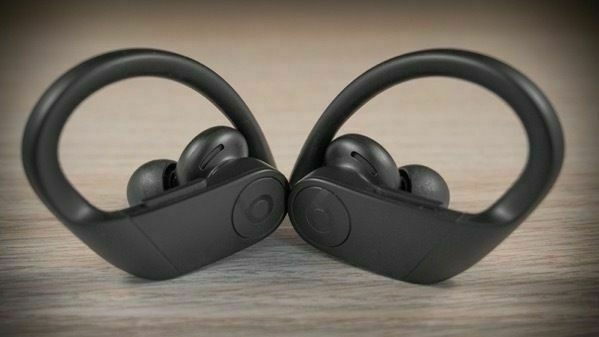
My biggest problem with headphones is that I have too many of them. Gone are the days of having one pair to last you years on end, If you can avoid the removal of your headphone jack you might last a while, but the reliance on Bluetooth brings better models ever to the market. Now owned by Apple, Beats are the masters of this, producing a never-ending stream of better models of each version of their headphones. The Powerbeats have seen little improvement other than the introduction on the W1 chip since launching in 2013. Six years later sees the most significant update to the line ever, incorporating a new Apple chip and making them truly wireless.
The Powerbeats Pro builds on the technology, and hopefully, the success of Apple own AirPods. Incorporating the security, convenience and power saving of the new H1 chip (signifier changed from W to H). Something that no other manufacturer has access to, nor has been able to complete with fully as yet.
The claim from Beats is that the Powerbeats are the most popular fitness headphone in the world. A bold claim, and arguably hard to prove – take a look next time you’re at the gym or out for a run, and you don’t see many of them. However, I am a massive fan, owning all versions to date.
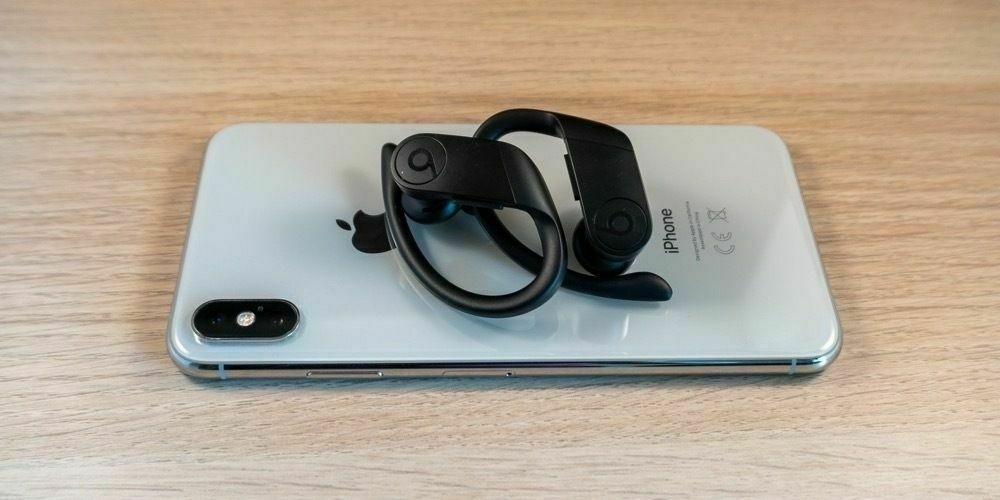
Upon unboxing the Powerbeats Pro, the surprisingly high build quality is evident. Often criticised for their use of plastic Beats haven’t changed their ways much, but the surface feels premium and worth the price tag. These are of course more than £200, and for that money you get almost double the battery, all be it in a comically large carry case.
Simply opening the case allows for quick paring to iOS and macOS devices, and once completed, the connection will sync to all your iCloud devices. Of course, you’ve heard all this before; we saw this on both generations of AirPods and older Beats headphones.

Where Powerbeats Pro stand out is usability that suits the fitnesses market perfectly. They seal well in the ear, and the ear hooks mean that you won’t have any issues with them moving around during even the most rigorous of exercise. If you’ve ever tried to run with wired headphones, you will know how freeing it is to have nothing flapping around or pulling on your ears. This new wave of genuinely wireless headphone is revolutionary to those that have spent many years having to run a cable down your top. Once you use these, you won’t be going back any time soon, and this alone is worth the price tag.
Sweat resistance is stated by Beats but only for the earbuds themselves. So don’t get caught in any downpours or spill anything on the case – this issurprising given how robustly they are made. Everything is all sealed off from the elements leaving just charging pins and buttons exposed. You read that right, not a touch interface or reliance on voice commands insight. Tactile buttons the same on each ear to change the volume and play/pause. You can also hold the centre B button down to activate Siri if you wish – but don’t forget with the W1 brings with it Hey Siri support.
She will hear you loud and clear for all your voice commands, but obviously, you’ll need a data connection to do this. I’ve been running phone free with a connection to my Apple Watch and even letting Siri read my incoming messages out for me. The microphone is surprisingly clear for the few calls I have taken on them while working out, but no reassurance that I was running was needed. It’s obvious you are on hands-free, but not distracting to the person you’re talking to, they are leaps and bounds ahead of the already pretty good Powerbeats3.
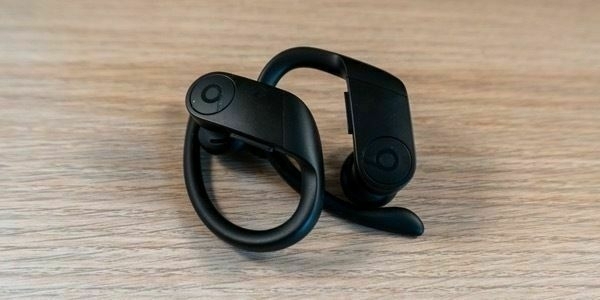
I want to say that these are the only headphones you will ever need, but if your ear is tuned to listen to the very best cans, you are going to have to compromise. They are never going to win any awards for sound quality given that most of the time in use you are moving around somewhat energetically. The sound is much improved over previous versions, with a tremendous dynamic range with a slight emphasis on bass.
They are a delight to listen to music and spoken word such as podcasts. Some downplay the sound of all Beats headphones, but the Powerbeats more than any other, I would argue they don’t need to sound perfect. However, the Powerbeats sound better than acceptable, much better than the previous version.
What I particularly like is that some sound from outside gets through despite the useful sealing tips. I’m not a fan of completely isolating headphones when exercising, being able to hear traffic and people around you is a must. The Powerbeats Pro also pause your music when you take one out your ear, which comes in especially useful when telling someone to re-rack their weights.
This all detracts from the fact that these could, and should, be considered more than just workout headphones. They deserve much more than to be thrown into your gym bag or only used occasionally, they are real AirPod competitors. Both the sound and fit are much better than Apples own version, but they give up a little ground on the overall design.
I couldn’t ever see myself replacing my Airpods with these, but I won’t be wearing anything else for activities. I can’t state enough how much of a revelation running with no wires is. I have ears that won’t keep Airpods or indeed any other earbuds in, so Powerbeats are almost my only option. It’s rare I would recommend an upgrade on headphones even if you have the last version – but for everyone on the fence – you need these in your life.
The Beats PowerBeats Pro come in black, white, navy or green, costing £219.95.
The post will also forever be known as I’ve never given Apple notes enough of a chance and I bet you haven’t either. Despite two significant updates in recent years I’ve skirted around Apple notes usage, both for hand-written pencil ones and also writing things down, yet never used it entirely. There isn’t any good reason for this; many people use the stock notes app to the best of its abilities, it’s just never really ‘clicked’ – until now.
Notes are the cornerstone of my life, more so as I get older, I have to write stuff down rather than rely on my memory. I need to take meeting notes, I need to share information for my podcast, and I need to make shopping lists, so I don’t go hungry. When I add into this mix the fact I like to write a Journal and also write my blog posts, I end up with things spread all over the place.
If I can’t remember to buy food, I sure as hell won’t remember if I put my blog post idea in Ai Writer, Drafts or whatever cool app I’m using at this moment in time. You see I’ve skirted around all sorts of apps to do this with varying degrees of success (the closest was Bear), but nothing stuck. So I decided on all my requirements, and the Stock Apple Notes app was the most intimate. Using Apple Notes To Write In 2019.
When it comes to the Notes app, the stock iOS app isn’t ugly, but it won’t win any design awards. What it offers is rock-solid sync between devices (my two iMacs, iPad and iPhone) and a service I can trust to collect everything together with minimal fuss. Every time I think about my time with Evernote, I shudder a little, but Apple Notes offers what the vast majority of people need. I consider myself a power user, so some adaptations were required, and miser up becomes infantry more powerful when you take into account integration with Shortcuts and Siri. I didn’t want to go crazy as some users have, but if I am putting my life into one app, it needs to be useful.
I like clear divides between my work and personal life, so the first step was creating areas for both of these things. Apple Notes makes it dead simple to have folders of notes and not allows them to be nested. Once I am in a folder, created notes go straight into that folder, and sync to all my devices within a minute or so. Meaning my created folders become sudo workspaces, a handy feature of more specific writing apps such as Drafts.
If I’m in work mode, I will only see work-related notes. This also become more helpful with iOS13 ability to open multiple notes in split-screen and move between them with ease.
Using Emoji in the folder names also makes these much easier to find, as does not having too many of them. You can make this as in-depth as you like, notes does allow sub-folders to be set up on iOS now and once done, they will sync across all devices – and show up in iCloud.com. Keeping everything organised does help with finding the information you’re looking for, but spotlight is often your friend.
Recent updates to Shortcuts makes working with Apple Notes much more natural and dare I say it enjoyable to use. Shortcuts has the ability to search, list, append and show specific notes with a few taps. Or indeed voice commands, the joy of using a stock app is the access it has to features very few other apps do. Siri is a breeze to use with Apple Notes for capturing content and working with Shortcuts.
What I enjoy about using Apple Notes is the mature and familiar feel. It is simple and straight forward to understand and to use a tired old saying – it just works. Other apps out there feature fantastic publication features, tagging and all sorts of things – but I’m always stuck with a sync issue at some point, or a feature stops working for a little while. I have none of those fears with this setup.
I’m sure there are issues some times, but for the most part, Apple service is now trustworthy. With notes powerful features, integration with the OS and brand new dark mode, it’s hard to go anywhere else.
My only issue is publishing from the app, other apps have much better sharing features, so writing has another step in it. I’m hoping to build some more powerful Shortcut once iSO13 comes out and solve this issue. At the moment in time, I am only using Apple notes, and very happy that I have found my almost perfect setup.
Ever noticed on Apple Maps that more and more reviews are appearing for places you want to visit? Since 2015 Apple has been pushing to make their stock mapping app much more useful for its users. Granted, it couldn’t have got much worse, but Apple realises the power in making your device more useful and engaging for their users.
Now comes the time they must open up and Maps, allow customers to make alterations much easier — and most importantly create reviews inside Apple Maps.
There are numerous social media posts and Reddit threads saying similar things. Reviews and photos of points on a map, doesn’t have to be a business, are one of the most helpful things available — after navigation, of course. It helps people find what they need and get a good idea of the experience if they visit.
Many a time I’ve searched on Google Maps for a park in the local area to take the kids and scrolled through the pictures to see what is there. This is times one hundred when looking for somewhere to eat, drink, or anything really, users need to know what this place is actually like. Downloading another app to do this just isn’t going to cut it.
There is also a massive disparity between review based on your country. The US still relies heavily on Yelp, while the UK leans on Trip Advisor, so it’s more challenging knowing where the data is coming from and how reliable it is. Apple must control this from start to finish (as they so love to do) and aid its users more by allowing all its customer base to review every point of interest in Apple Maps quickly. Offering a simple incentive to begin with when users upload pictures and reviews, similar to Google Local Guides, give Apple a tremendous kick-start and opens map reviews up to over a billion users.
Pulling this in from other places is one thing, but if you’ve ever known the pain of waiting for ordinance survey or any traditional service to even mark a new street on the maps is a horrible experience. All of a sudden you have a billion people updating and making the whole world for you.
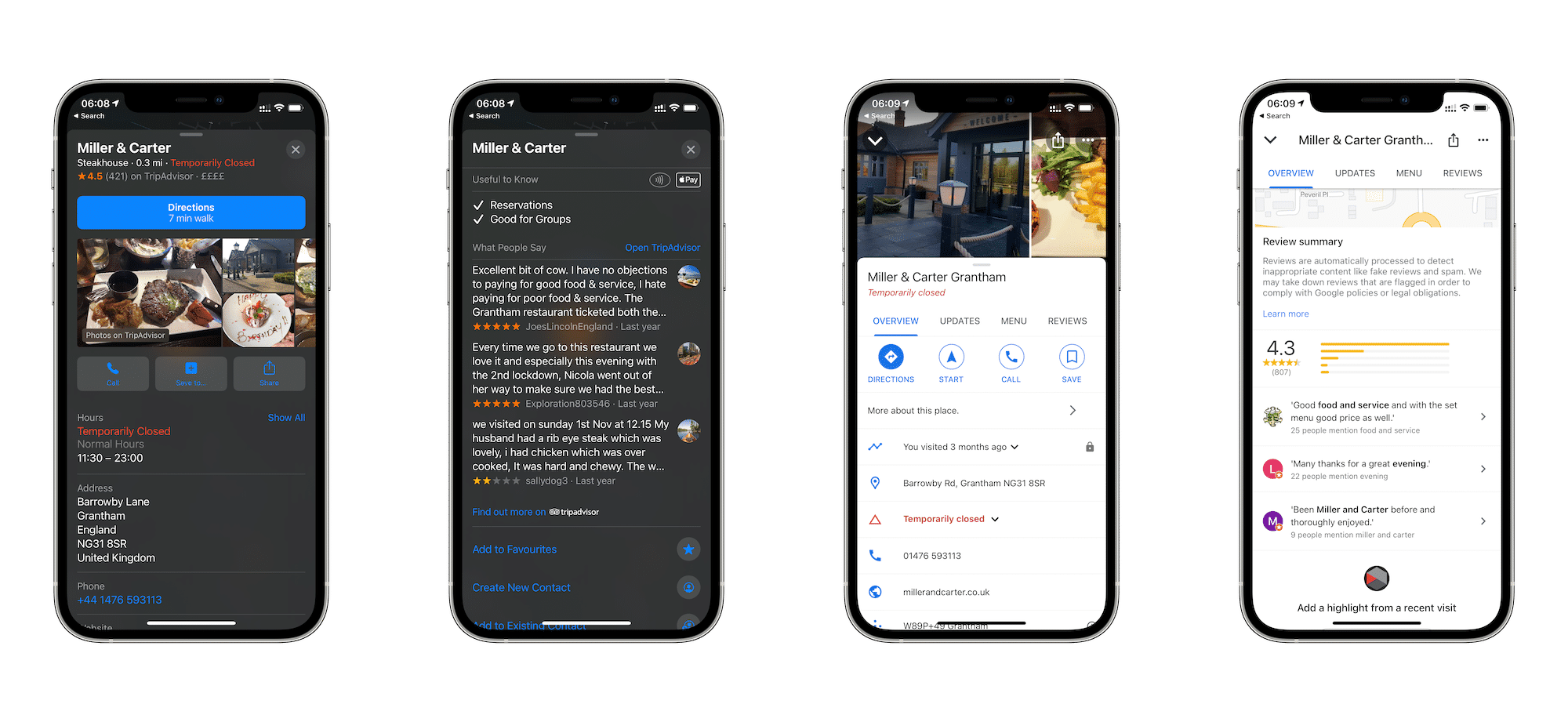 Against
AgainstThis is yet another thing for Apple to delve into and manage. With increasing criticism surrounding their foray into services and subscriptions, Apple is doomed if they do and damned if they don’t. Their insistence on controlling every aspect of their hardware and software from start to finish means that they often neglect users needs and also software stability.
Regardless of being managed by different teams, if attention is taken away from more critical areas, then a move into map reviews seems pointless. Google already found out the hardware that maintaining user-generated map changes and improvements can become untenable, and arguably the only reason them support maps is to sell adverts to companies. A business model that no longer interests Apple.
Pulling in data from Trip Advisor and services like OpenStreetMap is the easiest way to gain masses of data with minimal investment or development. Policing reviews is a complicated process, one that Google has pulled back from, so opening maps data up is not without its downsides. Do the server-side costs, review work and the general hassle make it worthwhile?
Look, we need to talk. This is something that many of you are not going to like, it’s going to ruin your fancy home screen set up but it might actually save you money. You’re expecting too much from a new task manager, it won’t make you more productive.
Organisation and productivity comes from within, it’s not a superpower, but it’s not something lines of code can solve. Much like an exercise app won’t make you lose weight, a fancy task manager might be more helpful, it might make things easier for you to find but if you’re not using a stock app to its full potential you really don’t need to buy anything else.
We are told this product or that gadget will solve our problems. That our next purchase will be the solution we’ve been looking for all along. — Joshua Becker
The reason you want to keep switching, or buying a new version is understandable and is the result of a much larger issue. Much like Joshua Becker touches on above consumers expect far too much from their purchases. A task manager is a powerful tool to have, it helps tremendously to remember your tasks and also plan to get more done, but don’t expect it to transform your life and productivity.
Working on yourself and your internal drive is a much better area to place your energy into, not moving all your tasks into another app for the 4th time this month. Stop expecting quick fixes, if it was as easy as switching apps everyone would be productivity powerhouses. I know it’s the in thing to spend your time watching YouTube videos and worrying about the perfect set up, it doesn’t exist and you’re just stressing yourself out and wasting more time that could be better spent.
Like most people in the UK I spent Saturday at the beach, in fact, we went for the whole weekend. We had great fun, spending all day in the sand and the sea, and it improved my mental health. There is something very uplifting and calming about feeling the sand and smelling the sea air.
What was surprising was the number of people I observed spending more time taking photos than they did enjoying the situation. This isn’t a millennial thing either; it was a whole range of people from teenagers right the way through to those in their twilight years. All were posing in weird positions or waiting for certain things to happen to take photos and share them.
I don’t think these were for mementoes, the occasional selfie might have been, but most of those shots gave the impression they weren’t for themselves at all – they were for everyone else. Instead of enjoying the experience, a large percentage of people were looking at it through the lens of their camera, and when not doing that they were thinking about what pictures to take. On several occasions, the telltale “wait let me take a picture” can be heard while every little detail is caught on film.
This isn’t about taking photos, I take loads of them, in fact one of my favourite things to do is just wander around a park with my camera and look for photos to take. It’s about experiencing things fully and not taking yourself out of the moment. Record little clips of sporting events and concerts, but don’t watch the whole things through your camera screen. How on earth Glastonbury attendees managed to rack up 100GB of traffic is completely beyond me.
Memories live in your head, and last a whole long longer than your cloud storage solution to your bulging photo album.
I remember our first born like it was yesterday, it didn’t go smoothly though the pregnancy, she arrived a few days late, and we spent around a week in the hospital afterwards. But as soon as Lucie came into the world, all the stress of the preceding few weeks made it all worthwhile. She looked at me with her big brown eyes, and I wept as my world changed forever.
The next nine years have been even much harder in places. Years filled with hospital appointments, sleepless nights and bouts of deep depression for us both. However, all the pain we felt, all the stress we have had (and still to come), and all the deamons we have fought off have all been worth it.
I can’t imagine my life without a struggle in it. People often ask me how we cope with having a child with a complex disability – and I always answer precisely the same – we know no different. Despite us having another child who is ‘normal’ (although that’s a stretch some times), we have never known a life not filled with the tasks we now consider normal. Our life is dictated by our calendar, our meetings and fights for funding, but it’s filled with the most amount of love I have ever felt.
When I opened the door this morning with a little girl in toe she had no idea it was her birthday, yet she jumped up and down and shook with such excitement when she saw her presents and balloons it made it all worthwhile (even though it took me 2 hours to built a tent for her!). My life stresses me out, it makes me sad at points, and it exhausts me mentally and physically – but I love it. I love battling for my daughter to live as normal life as possible, and although I would give anything for her to be able to do more things, I wouldn’t change her for the world.
Thank you Lucie for teaching me more in your nine years with us than all the others combined. Thank you for making me a better person and giving me the best cuddles in the world.
I love you sweetie x.
The iPad lifestyle is almost a badge of honour now, a marketing angle, or some might think it a calling. However the be all and end all is the constant need to jump up and down and shout about it is getting a little draining.
If you need to spend a significant amount of money working in an iPad when a Mac would do it for free, I really question if you are working on an iPad at all. I choose an iPad because I had one, it was far better than carrying a laptop and got things done easier and quicker. It was a mobile device and as such kept much of the interaction paradigm I wanted from a mobile phone. I have been working on an iPad for more than 5 years, but it doesn’t mean anything to my identity in technology circles or indeed any other circles. I do not feel the need to mention it at every waking moment like some kind of mantra.
Not because I don’t care about working on an iPad, but because I don’t care what you do. Choose the device that works best for your stuff. I don’t think the argument or even commentary needs to be made. I work on an iPad, you might not, but I don’t need to make it my life’s work to convince you.
If someone has published a post about the iPad, there is little need to give it space in your brain, no need to comment on it for the next week. Write a link post or passive aggressive tweet. Why even be bothered by it? Leave it be.
Evangelism is for causes that need shouting about. Points that need arguing and debating with. The iPad is a computer, but I don’t give a dam what you do with it.
For many weeks and months before WWDC I was worried. I had a fear for a piece of technology I have used for more than 5 years as my computer and it didn’t feel nice at all. My fears grew larger and larger the closer we got to the event, as leaks came out and people theorised what they wanted from the yearly software update cycle I hated it. I was really worried Apple were going to ruin my beloved iPad.
What makes the iPad so special to me is that it is first and foremost a mobile device. It is an extension of a simple OS, but one that is ridiculously powerful and evolving into a device to admire. I have been using an iPad every day since the iPad Air, and almost every update since has been transformative and made my life easier. Yet this year, more than any other, people were calling for a semi convergence – desktop class this and future of computing that, it all had me worried that the days of my iPad being my mobile computer were dying.
I couldn’t get excited for Springboard updates and multitasking overhauls because I could see a future in which iOS on the iPad was too complicated and at which point I would just go back to a Macbook. Everything that makes the iPad great is its roots in iOS, it’s touch first like the iPhone but powerful enough to take most of the heavy lifting of a macOS device without all the complexity that goes with it. Many people wanted all sorts of upgrades in iOS13 to make the iPad more of a computer but I was happy as it was, as I always had been.
I trusted Apple though. Trusted them to make the right decisions and land on a happy medium. I couldn’t get excited enough, or have the imagination to solve issues I pushed up against myself, but was confident that people smarter than myself knew what they were doing – and thankfully my trust was well founded.
With iOS13 my iPad Pro feels more like a computer than ever before, but still retains its iOS DNA. Sure Apple have renamed the operating system to iPadOS but this is in name only. It’s still a mobile operating system that almost everyone knows how to use, but by diversifying a little it’s now ok if swipes do different things. It’s acceptable for home screens and UI layouts to look different because its still quintessentially an iPad. It feels more computerish than ever but its the same device I fell in love with all those years ago. Bravo Apple.
My wife often calls be “annoyingly positive” about everything, but that is not all I am. In fact some of my positive outlook and input is just for show, when in reality I am struggling. I know I really shouldn’t portray anything other than what I really feel, there is absolutely nothing wrong with not being ok. However I think a lot about the people around me and for one reason or another I don’t see why my internal mood should affect others around me.
I know from experience that my state of mind affects others around me to a huge extent. I react completely differently to very similar stimulus if I am struggling that day. I try not to let the piggy back guy catch up with me most days, but even if I give in and let him ride every now and again, remembering a quote by Ram Dass usually gets me some of the way through.
Be Like The Sun – Ram Dass
I want to radiate to others my love and appreciation for them, even if they are testing me. I want to be like the sun and shine regardless of what the situation is, it shouldn’t matter if the clouds have gathered that day. The sun is always there, rising day after day. The natural thing when someone crosses you, or brings negativity into your life is to remove that sun shine. Remove the love and positivity and put that person in the shade for what they have done, but this only makes you both feel bad.
Be like the sun. Radiate out positivity regardless, and put no person or thing in the shade. Appreciate the challenge of overcoming the obstacle and make sure you still radiate, the sun manages to warm things even if something is in the way – so smile through it and it might just change everyone’s day.
Did I ever mention how much I like writing in Bear? Pretty sure I did, but this latest update was possibly the best timing ever, it allows me to publish new blog posts really easy to WordPress.
The ‘magic’ behind this is exporting in text bundle. The updated app now exports plain text with attached images, and combines with the WordPress app to make sure the post shows correctly. In fact the Bear team built a whole open source library for processing so other apps could to the same in the future – as Shiney Frog point out open standards for sharing files make them happy.
With today’s update to WordPress for iOS , you can now publish Bear notes to WordPress blogs. It’s really simple to use:
Note: To give your blog post a title, make sure your Bear note begins with an H1 header tag.
There are a couple of major disadvantages to this set up. You must either have your blog hosted on WordPress web hosting or have the JetPack plugin installed. I have tried to find a way around this with my external site but it simply doesn’t pick up my site unless it is installed and activated.
Also there is no facility to add a featured image like other apps. For example Ulysses automatically sets the attached image as the featured image and this isn’t the case with Bear. You can of cause hop straight into the WordPress app and set this very easily.
Sharing previews are yet another thing missing from WordPress which should really be included by now. It’s dead easy to install a plugin and have it all done for you, but why bother with slowing down your site with needless plugins when you can add a tiny bit of code to your functions file.
//Add Twitter Cards Meta Info
function add_twitter_card_info() {
global $post;
if ( !is_singular())
return;
echo ‘’;
echo ‘’;
echo ‘’;
echo ‘’;
echo ‘’; //optional: username of website
echo ‘’; //optional: username of content creator
if(!has_post_thumbnail( $post->ID )) { //use a default image if no featured image set
$default_image=“http://example.com/image.jpg”; //replace this with a default image
echo ‘’;
}
else{
$thumbnail_src = wp_get_attachment_image_src( get_post_thumbnail_id( $post->ID ), ‘medium’ );
echo ‘’;
}
echo “n”;
}
add_action( ‘wp_head’, ‘add_twitter_card_info’);
Simply paste in the above code to the functions.php file in your WordPress theme and validate all has gone correctly using the Card Validator.
In my journey back to WordPress, there are lots of little modifications I need to make the website my own. One of which is the addition of micro and link posts.
I do not like all posts showing in the main RSS feed nor on the main index page of my blog. Many options and guides tell you to install plugins or add in code to your functions to exclude categories to all feeds. If you can avoid a plugin, then I would advise it, to prevent any unnecessary loading of your blog.
I did stumble on a solution to my requirements on Stack Overflow (where else), and this is detailed below.
add_action(‘pre_get_posts’, ‘exclude_category’ );
function exclude_category( &$wp_query )
// Exclude from loop, archive and feed but not from category page/feed
{ if( is_home() || ( is_feed() && !is_category() ) || ( is_archive() && !is_category() )) { // Exclude from home, feed, but not from category page/feed
set_query_var(‘category__not_in’, array(120)); // Exclude category with ID 120
}
}
Add this to your themes functions.php file and remember to change the (‘category__not_in’, array(120)
to your desired category ID , if you need help finding that, check out this guide.
For the whole of this weekend, I turned my phone off. Not because it was bothering me, not because I was doing something important, but simply because I wanted to – and the world became a much quieter place.
I became fascinated by the silence that filled the gaps between us talking as a family, almost as if I didn’t want to spoil them. They became essential to me, they spoke to me, and I could feel what the silences were there to convey by just listening to them. Yes, I realise that sounds obscure, and I have re-written this post quite a few times already.
We are fascinated by the words, but where we meet is in the silence behind them — Ram Dass
Silence often fills us full of dread; when people are around us, silence becomes something to be avoided and talked over. Silence is a hugely important part of speech and conversation. It portrays emotion almost as much as the sounds in-between it, and when left alone, pulls more out of whoever chooses to break it.
It becomes far more critical when I am not in front of the person talking to me. When consuming audiobooks and podcasts, the spaces of silence are a crucial attribute. It has become the norm to listen to podcasts at obscene speeds and even get the app to remove silence as if it is something to be avoided. It is treated as dead ‘air time’ that serves no purpose, and thankfully I will never edit it out of my own.
Breaking the silence of a room should become a choice; the reason for speaking is more important than the enjoyment of the quietness. Don’t speak because you are uncomfortable with the silence, become comfortable with the quiet instead.
For the first 30 years of my life, I thought I was different from everyone else. I felt that my shifts in mood and outlook on life were abnormal and no one else felt like I did. I seemed strange to me that my happiness and motivation through the daily grind of life was more like a rollercoaster than it really should be. Wasn’t until the last few years that I learnt that everyone is the same, and these changes are what makes life so fulfilling.
Imagine a video game, how rubbish would it be if every level was easy to complete. You might start playing and enjoy it at first, but very soon the boredom would set in as the rewards became less fulfilling. Overcoming increases in difficulty and learning new skills because it keeps you hooked, and once you beat that last level the reward feels so much sweeter than if it were a walk in the park.
if you know the way broadly you will see it in all things – Miyamoto Musashi
Sure enough, getting that balance right is critical, cranking up the difficulty level at just the right times and places is vital. Too steep a jump and it becomes too much, and you’re likely to quit. However how more likely are you to stop than the straightforward version? The easy way out seems much more appealing but leaves a slightly hollow feeling.
As friends and family members go through their struggle with mental health the most abundant response is that of medication. Prescribing a pill that takes the world and blunts the sharp ends for you. Removes the stresses to a level that you don’t care. Making an average life filled with days that are all different when graded from 1-10, and makes them all a 5. I’m never convinced this is the best resolution, when just understanding their feelings are healthy may be the most straightforward option.
I am not advocating that people shouldn’t take medication that is needed, and please don’t take this as a post to try and say that. When prescribed a drug it is vital you take it, but the self-medication is far more dangerous. This may be with drugs or alcohol, but it may be simply removing yourself from the world. Shying away every time your life is tough and just not exposing yourself to the daily stresses and strains that make you stronger. Escaping the world when it gets too harsh, or painting a different outcome on social media is a far more dangerous way of evening out the world.
Creating my struggle is now something that I embrace and even welcome once it comes. When I’m struggling through hard times in the gym, or life, it makes the better times much better. I know the outcome I want to achieve and remember the fact that I have been there before to experience this wave breaking. Comfortable in the knowledge that I have learnt more from the days that we’re closer to breaking than those pitched in the middle. I thought at times my whole world had ended, but now look back and smile because I came through.
I can’t imagine a world that is made up I only 5s; it sounds like the most boring life in the world.
I’ve had this post in my drafts for a long time because from both an internal and an external perspective it is something that bothers me tremendously. I have rewritten it so many times to try and avoid the negativity, and I hope this comes across in the right way.
More than a few times in my life I have fallen foul of letting my ego get the better of me, this hasn’t been lately but indeed is something I catch myself doing. Unfortunately, I am not alone, and social media seems to support these ego expansions, and you receive little push back.
Time and time again I see the over inflation of ego because they receive a little notoriety, receive a few followers that fluff this up and very quickly it gets out of control. They begin to forget the people that are around them and are removed to place they look down.
As I said before, this has happened to me, on a much smaller scale, but I see it more as we are more connected. When I think back to the person I was even a few years ago, I would have never written a post such as this, but I am confident now that I have learnt many lessons to pass them on.
The ego is such a dangerous part of our consciousness that it seems to work against us as a person and as a community. Don’t let it take over you and remember who you are, what you stand for and everything you wish to be. From experience we should all try and remember that our opinions do not matter more than others; you can learn from each one of your interactions, and be humble at all times.
You might be wondering this, or you may not care (or even noticed) but I have been very absent from my usual haunts recently. This is partly by choice, and partly due to other reasons. I am, well I think I was, burnt out – but during my break away I have realised that the things I thought were important to me as a person, actually are not.
I came to a huge realisation. I thought it was social media that I loved, but I hate it. It’s the conversations I like, and they are becoming less and less. No one knows how to have a discussion any longer, and the technology circles I used to move in are no longer attractive. Interaction has died both back to my posts, and also from my end. I just can’t be bothered to respond because of passive aggressiveness or merely being ignored.
Quite frankly I feel it is no longer worth my time. That is not to say that engaging with my followers is no longer worthwhile; I’m not that arrogant. It is that time put in no longer equals value out, and at many points, it is detracting from my life and mental wellbeing. Lots of the people I looked up to as inspiration and motivation are not the types of person I want to be. I’m not interested in building a brand for myself, I want to be able to be myself, and that doesn’t revolve around the things it used to.
I spend a lot of my working life now designing, writing and working on things I used to be in my spare time. So when home time comes, I want to do different things. I feel like a different person now, with different desires, different motivations and a new outlook to life. I feel as though I’ve gone to a different stage in my life, so if in any doubt – that’s where I am.
When the rumours first started hinting at Apple working on a smartwatch, I was already sold. My wrist had already had an Android wear watch strapped to it, but since my switch to Apple products, my pebble watch although great wasn’t cutting it. Now four years later, it is the single bit of hardware that keeps me using an iPhone – but man is it ugly.
You see I have a bit of a thing for watches, in fact before smartwatches became a real option I had around 15 different ones in my possession, but the Apple Watch ruined all my style, due to its notification and health monitoring. It’s not ugly in terms of a smartwatch, although not the most beautiful looking, but its dam ugly when compared to most regular watches. Take the Apple Watch out of a fitness environment, and it sticks out like a sore thumb. Although the Apple Watch is becoming more acceptable in business meetings and formal situations, it just needs something more.
The ridiculous price tagged editions or making them out of expensive materials isn’t the answer, but the design is. Given Apple’s insistence on complicating product lineups in recent years, is it time for different shapes and an iPhone X type shift. A model that is higher priced, but a glimpse at improved design and specification. The time has come to move away from a squircle – it’s uncomfortable, ugly and looks out of place unless your colleague has a Samsung gear watch.
I have never seen a wrist that the watch fits comfortably on at all times, I don’t feel it often myself, but each time I see a picture of anyone wearing one it is ways poking away from their arm at a weird angle. As much as a round shape doesn’t fit as much information onto, at least it looks like it belongs on your wrist as long as you get the design right.
It is a good job the Apple Watch has become so ingrained in my life because I still loathe putting it on. The sad reality is I couldn’t live without it, my phone never makes a noise any longer, because only the essential things tap me on the wrist and let me see if I need to give my phone any attention. I’m still longing for a better watch to look at. The best looking and most popular smart watch shouldn’t be the pinnacle, Apple needs to aim for the best-looking watch.
I’m not sure if you’re aware of this, but I use a lot of Apple products. I understand this might come as a shock, but quite a few years ago I decided it was the best option for me to lean in and get the benefits of living solely in the Apple garden. I’ve dipped my toe in and used several other devices, but for the most part, it hasn’t been worthwhile. However, for the last few days, I have been considering vaulting those walls and running away because I have a real fear they are getting too high.
The recent Apple services event went down as perhaps the most boring of all time, and possibly one of the cheapest I’ve ever watched. None of the new products interest me, and even if they did, they won’t be launched outside the US any time soon. What they did do is spread an overwhelming fear through my soul, sole for the fact I am scared of becoming trapped.
Much like the ever-growing pay scale in a corporate job, Apple keeps ramping up the barriers to leaving and afraid one day I’m going to have a breakdown in my corner office. Sure I don’t HAVE to use Apple news, but when followers share links to things they have read I can’t read them without the Apple News app. I don’t have to read the magazines, or indeed watch the TV shows, but it’s pitched as though I’d be stupid not too. – and then the screws start to turn.
TV and reading the news turns into another Apple Music or Airpods. Sure there arecompeting platforms, but they can’t even stand up against the wall due to Apple kneecapping them with access to Siri, in-app payment taxes and in the case of headphones, proprietary hardware. Nothing changes in the immediate, but much like Spotify now feels, the same will come of all other services available to your Apple hardware. Play the game the Apple way or lose, badly.
This feeling is without a doubt on its way toward the user base. Why would you want to pay anyone else for service whey Apple provide it all? ‘We wouldn’t go as far as to call you stupid, but people that buy our stuff are rich in case you don’t you know.’
What’s worse is that you can’t even take these things with you, so indeed you can give up a handset or laptop that has its faults and get something arguably better. Yet none of the content is transferable; this lock-in feeling is growing to dread. Could there be a future where escape is impossible, finding the right velocity is still possible, but we are moving very fast towards a time that it isn’t – and that should scare you.
Not in that way! I’ve never been happy with the way my blog performs, or looks, and unfortunately I spend too much time tweaking things and even creating completely new ones! This is time I should be spending doing other things, or you know, actually writing things to publish on my blog.
So the time has come to make something and stick to it, I’m currently debating over a few different options – and I’ve managed to narrow it down to three options. I either move all of my content onto a hosted micro blog, publish everything on a redesigned Jekyll blog or use blot.im.
Blot really appeals to me because I can just stick a markdown file in a Dropbox folder and let it work its magic. It’s quick and easy, minimal fee (£20 a year) and very minimal fuss. The downside of this is the themes are limited, and I’m struggling to get my head around editing it into something I’m happy with. My worry is that its a little slower than my Jekyll affair, and I think I will edit the design too much.
Jekyll is easy for me to work with, has zero cost (outside of a domain) and there are loads of themes and a wealth of knowledge out there on the internet. The downside is that it requires a bit more preparation to get a theme to where I want it to be, and a little more work in publishing (pushing to Github). This is pretty easy on iPad, but a little more annoying on Mac (but not impossible).
Micro.blog has appealed to me for a long time, and it has almost infinite support for custom Hugo themes. However I am still not sure if I want all my short and long posts appearing together? As I have spoken about before, I am still struggling to admit I’m never going to be a writer. I publish completely different things on my micro.blog, to on my main blog – but in all honesty there is no reason this needs to continue.
I’m also a little nostalgic over my creaky old Jekyll theme, it is the only one I’ve used and I’ve modified it so much I think I could rebuild it in my sleep!
I often day dream about the perfect future of pretty basic products. This often leads to some strange outcomes and random doodles but lately I have been thinking through the future of targeted advertising and I’m a little worried.
Don’t get me wrong my ideal future for being tracked around the internet, and also real life, is for it to be killed off. However there is clearly a future for them, so what is the logical best product they could produce. Simply speaking, the idea of this technology is to get so good it predicts products and services you need exactly when you need them. So presumably the apex product is one that every advert shown results in a sale.
“Ten, fifteen years from now the world will be nothing like what we remember, nothing much like what we experience now, we will be swimming in impulses and data—the microchip will make us offers that will be very hard to refuse. – Sven Birkerts, The Gutenberg Elegies: The Fate of Reading in an Electronic Age
The algorithm gets to a stage where it is so good, it can predict everything about you and the events of your life, that each advert pitched to you is perfect. This sounds both perfect and a nightmare, depending on your opinions on consumerism, but first consider that advertisers are recording your gullibility and also how much influence you may have over others. So if life is indeed heading for one filled full of impulses and data driven experiences, the data collected and targeted suggests something very wrong indeed.
So don’t be confused in thinking this is a future a long time from now, movement into this reality is going at a staggering pace. What’s the worst that could happen from this? We buy a few products that don’t turn out to be all the great and move on. Indeed a few lost pounds, or a bit of annoyance returning a product is one thing, but consider if it’s not a product you are selling at all. It could be an idea, or a political opinion being pushed instead of a pair of jeans.
That Facebook friend you hardly know who shared that fake news story? It may not be an accident of your friend’s gullibility; that friend could have been specifically targeted with a fake news story using personality and network information like that found in the Facebook / Cambridge Analytica data breach. – Tom Hillhouse
This reality is happening right now, targeting adverts and also data brokers are allowing their systems to pitch ideas and beliefs to people, and you don’t have to delve too deep to realise how bad this could end. If these same algorithms and systems get so good they can sell you anything, including swaying your votes we are in real trouble.
So when people are perfectly fine with Google (and others) collecting all of their data because they don’t mind seeing better ads I shudder a little. This runs much deeper than buying more stuff, in the not too distant future it could be changing your beliefs.
One of the most difficult urges I struggle to let go of is my desire for stuff. To buy things just because I can, and upgrade to the latest and greatest simply because it was released. Thankful this pang is getting less and less, but there is an over arching trend of commercialism to push the latest update onto people and cause many of them to over extended their budgets to make this purchase.
So when Apple semi-secretly updated their product ranges with new iPads, they gave a much better line up. Now you can get 75% of an iPad Pro experience for a fraction of the price. A base model iPad Air, with keyboard and pencil will now set you back £727 which is cheaper than just purchasing an iPad Pro on its own. If you wanted a compatible set up for an 11” iPad Pro it grows to a wallet busting £1067.
Does the iPad Pro provide a more than 30% better experience? Unfortunately there is no answer to this question, that would be unique to your use case, but its now worth thinking about. Sure there are differences, but how much of a difference to stop users from over paying to achieve a similar result? Apple will consider this in terms of limiting sales of the iPad Pro, but will users see this as a worthy purchase?
This question is more obvious when you consider the upgrade cycle of mobile phones. Information suggests that people are holding off upgrading as often, that is perhaps due to the increase in prices, and some argue it is lack of innovation. However there are still a huge amount of people overstretching to upgrade to the newest handset. Top tier handsets are now hovering around £1000, meaning that the norm in the UK has become 3 year payment plans to make upgrades more cost effective – yet still more than double the average contract cost from 2014.
As shown above when Apple launched the iPhone XS, the iPhone 7 is available for less than half the price. Many users would be hard pressed to find the iPhone XS to be 100% better than the iPhone 7, I say this is a person with an iPhone XS sat on my desk, from a place of privilege. I am also a person that now questions why I even bothered to upgrade. My, as well as many other peoples, urge to upgrade was one to keep up with the times. There are a few things I really desired (such as dual sim) but for the most part my desire to purchase came from my ego. I get very little extra benefit over the iPhone X that was sat here only a few months ago, and given the chance again I would not splash out.
Steve Jobs’ Apple
If you are a student, buy this
If you are a photographer, buy this
If you are a creative professional, buy thisTim Cook’s Apple
If you can afford $500, buy this
If you can afford $800, buy this
If you can afford $1100, buy this— Mugunth Kumar 🌏 (@mugunthkumar) March 19, 2019
When brands make a range of products available at every price point, it is considered a grab for money. A play to make sure everyone can afford to buy something new. This may be the case, but it also opens up a much better reason not to over extend the budget, providing they are marketed in the correct way. The iPad Air may not be 30% worse, but it saves people 30% of their money, there is less and less reason to upgrade outside your budget now – and that’s a great thing.
For many years there were apparent differences between the technology we bought. Clear divides between what companies were and were not able to produce, the laptop market was still as it is now, but in mobile some phones sucked, and other prevailed. A tech world was a sea of constant compromises as brands valued different things in their TVs, computers and even headphones.
Now, more than ever, everything is the same. Sure there are a few items which are considered ‘the best’, but in almost all price points and markets, most things are pretty much created equal. Gone are the days of being able to answer an enquiry of what laptop to buy with “just get a MacBook Air”.
So how exactly do people wade through a world this complicated? It’s a huge task, but it is now absolutely vital that users start to choose items based on the ethics and values that a company holds.
Before you dive into any new doodah, consider a company’s ethics, morals, branding and messaging. If you aren’t comfortable, look to alternatives. – Farhad Manjoo
Sure you can pick up a de-humidifier or Bluetooth speaker for a fraction of the price from a small Chinese brand that may disappear tomorrow. We as users have no idea where they come from, how it is made or indeed who the profit is going to. Apple can and should be held up if the production lines don’t provide adequate conditions, but can all companies? Do you know what your investment is funding, where the item came from and what went into it? Are you comfortable to the investment the workers put into it in exchange for what you will get out of it?
All of these questions are almost impossible to answer completely, but the real issue is how many people out there don’t care. Consumers are told to focus on what the device can do, and how much better it is than the last one instead of what the real value of the device is. This device might be cost-effective to you, or it might just be the best thing on the market, but what went into making it? Are you paying for it in other ways, or are other people paying for it in the worst way possible?
This is without taking into account the amount of personal data we give up to brands we have never heard of. Millions attach cheap home automation gadgets to their home WiFi with no thought of what it may be doing with all the data flowing through it. When are even leading phone brands such as OnePlus found to be doing things more than a little bit shady, who do you complain to if the same is found in your smart lightbulbs?
Consider also the services you use. Google has long provided a suite of apps that are often free and extremely powerful. With the trade-off that your data is collected and used to show you adverts. If this trade-off doesn’t vibe with you, there are a wealth of others out there to choose from. This is a huge positive to the end-user because being able to pick and choose where you place your allegiance is import not just for you but for the future.
As Fahad digs into above, where you place your purchase affects others. End-users must start to make firm decisions if the companies values don’t align with their own. We are in a world where most things are pretty much equal but still dominated by 3 or 4 huge corporations. If you don’t think a company is doing an excellent job with your data, your TV experience or your selfies, by all means, vote with your wallet and switch! However, consider who you want to give your money to and what it is funding. Who is paying for this investment?
It has only been a few days since Rode updated its Rodecaster Pro to utilise Muti track but it has already proved to be a brilliant upgrade. The ability to output upto 14 tracks simultaneously for post editing is quite frankly a ridiculous feat, but may take a little time to get your head around.
Here’s how to take advantage of the update and record using Audio Hijack – which is my podcast recording software of choice.
The 1.1.0 update is pretty easy to install, but might take a little while to understand what exactly has been changed. Once the update is completed, disconnect and reconnect the USB-C cable to allow your computer to recognise a new connected device. Your Mac will now register two devices instead of one. RodeCaster Pro Stereo and also RodeCaster Pro Multitrack.
The connected USB-C cable now outputs 14 separate audio tracks to your Mac which apps such as Audio Hijack can record individually or mix together. The below image shows you the channel numbers for each output.
To get started and understand what is going on the best way may be to start with a blank session, just to make sure you don’t alter any bespoke sessions you already have set up. Drag in an input device block, double click on the block and you will notice the RodeCaster Pro Multitrack device in the menu. Once you select this, more options will appear when you uncover the advanced tab underneath.
These are numbered 1 to 14 according to the layout detailed above. You keep a stereo output of the ‘master track’ (1&2) but also mono outputs for Mic 1 (3), 2 (4), 3 (5) and 4 (6), as well as stereo for the USB input (7&8), TRRS phone connector (9&10), Bluetooth input (11&12), and also the sound pads (13&14).
A drop down menu under the left and right channels will unveil all of the available tracks, which you can select to your desired outcome. In my set up underneath I record over Skype with just one other person, meaning my set up is pretty straight forward. However now that 14 tracks are available you can create something really unique to your podcast.
Your usecase will vary, but in my session for BYOD shown below I have my microphone connected to input 1 (track 3) and also the Skype audio (track 7) going into one input block. This then splits into two duplicate blocks, so I can record two separate mp3 files of just my audio and just Nati separately.
In between the duplicate block and the recorder I also have a meter block, just so I can check audio is being recorded correctly, and then into my audio recorder I also have the sound board (track 13) recored to grab any sound I play into the episode.
I could of course make this much more complicated, and record each individual block, or turn things on and off as I wish, however I like a much more simple set up that can be added onto if desired. This software update has already made my editing much easier and allows me to spend much less time worrying about recording.
For as long as I’ve been using an iPad as my computer I’ve used it because it was the most portable option I could find. I’ve hovered around the 10” mark since there were options in size 1 and been perfectly happy doing so. It gave me a screen big enough do what I needed on the go and could also be used to relax and read my Pocket feed. I partly blame it on Daryl Baxter, but I’ve upgraded to the 12.9 – and in true clickbait style – here’s why.
I’ve used the 12.9” version before, in fact it was my first iPad Pro – but it only lasted a couple of days before being returned. It was simply too large to me to carry around, and didn’t offer me enough value to pot up with the extra bulk. It was brilliant to use on a desk, but much worse everywhere else, so it was quickly returned and I waited for the 9.7”.
The other ‘smaller’ models followed and I leaned into the iPad lifestyle more and more as things got easier and easier. A screen of around 10 inches is absolutely fine, but of course if you need to get things done a larger screen is nearly always better. However I was very much of the opinion that if I am travelling with the added weight and bulk of a 12.9 screen, I might as well take a MacBook.
Thats is of course until this new version. It’s old news now, but the new version is considerably smaller and lighter than the last one. It feels much the same when in use than my old 11”, and fits into most ‘tablet pockets’ in bags. That is not to say it isn’t heavier and larger than the smaller version I am used to. My technique of using the device seated and reading articles has changed, and as a strange by product of this I use my iPad much more like a laptop than ever. I have even caught myself several times typing out posts on the software keyboard – shock horror!
So there are definitely compromises to make and a smaller version is going to be the better option for most people, but this version is finally at a stage that these issues do not negate the improvement of having a larger screen. I am so happy I was talked into it, and you might be too.
There is a tendency amongst the people I follow on Twitter, and converse with online to get defensive. If you buy a certain product, or talk about a particular thing you are then forever labeled. Expected to defend or comment on everything that happens in that space, and quite often passively mocked. I use Apple products, I more or less like what they produce – but I couldn’t care less what they do as a company.
I’ve said this a few times, most recently of which on last weeks BYOD podcast – but I am unapologetically uninterested in half the ‘news’ surrounding the company. Just because I buy technology equipment from a certain company, purely because it fits my needs, does not mean I give a damn about anything else. If the company folds tomorrow, it might cause me a minor inconvenience, but I really wont care in the slightest.
Why should I care that Apple achieves a certain revenue, or equally that they are doomed because some person on Twitter says so. I am focused on what a difference the products make to my life, what they do for others, and what I can do to help people get the most from their device. I am not bothered how many iPhones sell in China (or anywhere) all I care about is if I buy one or not.
It’s exciting to talk about upcoming products, speculate on rumours about features, or even joke about software bugs – but when it comes to the rest of the noise all I can do is shrug.
Today, here and now, I am making a stand to avoid all talk about sales figures, share prices and all the other stuff that goes with it. I am focused on talking technology and what I does for me (and the world) and the positives surrounding various different products.
Whilst spending far too long redesigning this blog, I’ve come to the conclusion that it look fine the way it is and I couldn’t be bothered with a huge change. So instead I’ve been looking into changing some of the small things. Many of these were pretty easy, but my biggest one was the styling of footnotes.
Whilst trying to get to the bottom of exactly how I change the styling, there wasn’t a great deal of help out there to help. Information on the CSS related to Footnotes is quite confusing. Much of it was out dated and didn’t really apply when using a Jekyll blog. I managed to find a few bits of info and do a bit of testing and it turns out it’s pretty easy to do.
The easiest way to do this is to default to the markdown variation Kramdown. This already has footnotes built into it and displays them at the end of the article content. The vast majority of Jekyll blogs out there already use Kramdown, so you might not have to do anything, to check just have a look for markdown: kramdown in your _config.ymal file.
This is where most of the information falls down, many resources will tell you to mess around and create a class for your footnotes so you can style this in CSS. That might be the case using WordPress or HTML but Kramdown presents it all neatly in HTML for you to style. There are two different parts you are able to change if desired.
.footnote..footnotes.It is pretty easy to get these confused but dead simple to style them both individually. All of the links and notes adopt the formatting of your regular content, but I wanted the footnotes to appear closer together and also in slightly smaller fonts as they do in academic papers. I also chose to add in some brackets around the footnote (a la Wikipedia) to highlight them a little more. My CSS snippet is as follows.
footnotes {
font-size: 14px;
margin: –10px 20px;
}.footnotes p { margin: 10px; }
a.footnote:before { content: “[”; }
a.footnote:after { content: “]”; }
You can of course customise until your heart is content. This might seem pretty obvious to those in the the know, but I struggled to find any conclusive information easily. Hopefully this helps a little, I am still learning myself so wanted to put some information out there to try to help others.
A few years ago I used to write a lot about Lucie. Mention her a lot in posts about my life and also wrote a few from her perspective. Making light of situations when in reality it was my way of coping with feelings and emotions.
The greatest issue of which is lost sleep, and in a cruel twits of fate as I lay wide awake at a ridiculous time of the morning an old post shows up on Day One and it seems nothing has changed in two years.
Lucie has always been up at silly times of the day and I don’t think it’s ever going to change. Sleep is something I now have a very strange relationship with, all thanks to my daughter who appears to not need any! As much as we try and provide as least distraction as possible, all the safety features and ridiculous amount of medication – her sleep is a constant issue. This invariably means me laying awake and writing blog posts or getting up and trying to mediate the noise so no one else wakes up.
I still have yet to work out the magic combination that allows us to get a reasonable about of sleep. Where’s as ‘normal’ children will have a bad nights sleep every so often, we are the reverse. We get a full night sleep once an a blue mood and rely on each other to keep going. Self medicating with coffee is perhaps not the answer but I did get a nice coffee machine for Christmas so it might help a little.
Think about me when you’re all tucked up in bed and relaxing. I will be the one chasing my daughter around the house to stop her working on a new techno beat by smashing two toys together.
For years of my life I have been consuming the worst kind of blog posts. You know the ones – “successful people do this” or “10 task manager tricks to make you better”. I’ve read so many of these that Pocket surfaces what seems like every version of them on the planet. I’ve watched hundreds of videos on the subject, spent loads of money on apps, and caused my self so much stress. All because I wanted to be better, do more, and I was convinced the secret was out there somewhere.
Whilst putting the world to rights on the Outline podcast, Daryl asked me if I am ever happy with my set up. Of course the answer is no! I am never happy and constantly try and improve my productivity and set up. – Greg Morris, The Strange World Of Productivity Set Up Videos.
When all along there was a pretty simple word that allowed me to be more productive, actually achieve more, and work much smarter. That word was NO – and it came as a reply to many questions that started with the phrase “could you just”.
You see I could “just do this” and “see if I could do that” but in reality I couldn’t do anything more than I already did. It wasn’t more tasks I needed, it was better tasks and a higher outcome from them. There is no quick and easy step, there is no golden secret waiting in all of these posts. If there were tips around to suddenly ‘turbocharge’ your productivity then everyone would know it, and there would be no need for literally millions of words on the subject.
I am a robot, programmed to obliterate my to-do list. – David Sbarra, I trained myself to be less busy — and it dramatically improved my life
The first step was to get rid of my habit of writing everything into my task manger. I know people swear by the Getting Things Done principles, but if it’s in the task list it feels as though you now have to do it. That’s not to say don’t write down things that you may forget, but actually think about what you are putting in there.
Should I be doing this?
Who should be doing this?
What is the benefit to me?
What is the benefit to a larger goal?
If it simply doesn’t seem relevant, it doesn’t go in, simple. I’ve become much more focused on Essentialism, and surprisingly managed to squeeze more into my day. Simply because I’ve said no to things that are not going to benefit me or those around me, or that I simply can get out of doing. I’ve learnt to focus my time onto things that really need doing, and filled in the smaller tasks around me.
I have never shared anything like this before. Admittedly I share quite a lot but my journal entries 1 are deeply private and actually embarrassing in some instances. Yet I wrote this short snippet in today and wanted to share it with whoever reads my blog.
I’m writing these things for future me to read and understand this is where you made your stand. This is the lowest point that you will build from, no more stress, no more worry.
Most of the time I don’t even realise what I am writing until I read it back. I have got into the habit of sitting down for 20mins and just letting my fingers type away and express the way the day has gone. Some times it makes little sense but it is extremely beneficial to free my mind of some feelings and thoughts.
I do read them back from time to time, often using the ‘on this day’ feature, as it is useful to see if I have been here before. If I have made improvements from other periods in my life, or if I can learn anything to help the ‘current me’.
Unfortunately at the moment I am reading and also writing the same sort of things I did at this point last year. Headaches, stress and low motivation blighting what should be a happy time of year. Don’t get me wrong I am really looking forward to spending the next 10 days relaxing, exercising, meditating and with my family.
However this definitely is my time to build ready for 2019. I am determined to make this a great year (I know I say this every year). I am genuinely excited to achieve more, work smarter 2 and publish more.
Last week we moved house. I’m not sure what possessed us to do this a week before Christmas, but we didn’t have much choice in the matter. The general belief is that this is one of the most stressful things to do, yet we project managed our way though it and it went brilliantly. Apart from one small detail – we had no internet connection or TV for a whole week.
Don’t get me wrong, it is going to be great once it is installed, we have this fancy Fibre To The Property (FTP) connection, so speeds will be ridiculous. So going forward things are going to be much better, but it is only in times like this that you realise just how much you rely on an internet connection. It has also made me realise just how much interruption TV and web usage interferes in our lives.
Perhaps I am an exception to the rule, but I have my doubts. I am very connected, with podcasting, writing and interacting on social media, there is barely a time I am bored. Yet being without Television has made us interact more as a family. For the past week we have simply been in each others company – talked, played and actually been bored together. Both myself and my wife have meditated more, eaten better and been present at every moment for our children.
We did this before, we make a point of eating meals together, doing homework and all these great family things. Although in the past how much of this has been undermined by a background noise of TV or music? Just the sheer presence of these things is bound to have an effect. Although I am really excited to get an internet connection back, I am really pleased this has happened. If only to draw attention to our usage of electronic entertainment, and build habits that will carry on in our new home.
I know this might sound surprising and bordering on impossible, but over the past couple of weeks I think I have discovered a huge trigger for my occasional depressive periods.
Generally speaking I am, what my wife would call “annoyingly positive”, but much of my time is inter-spliced with darker periods. I don’t suffer like some people do, but for more than 10 years I have felt like I am riding a roller coaster. Periods of ups and downs that seem to happen with no real pattern. Resent changes in my life have required me to readdress and look at many areas of my life, and now I realise that this is very much tied to my feeling of self worth and being appreciated.
I would like to think that I work hard at everything I do, it doesn’t matter if it’s podcasting, in the gym, looking after my family or indeed my professional life. I don’t do it for money, fame, titles, cars, house or anything else material, yet a simple well done and a bit of appreciation is all I crave. I don’t need to be held up and rewarded, but I think I’m not alone when I say – just feeling part of a team goes a long way.
It certainly would appear that it isn’t just me, after doing some reach on the subject, Johann Hari’s book Lost Connections points to similar links to depression. Feelings of isolation, lost community and self worth are, in his opinion, the leading cause of a ‘depression epidemic’. I cant speak to this applying to everyone, but it is proving a massive factor for me. I am already aware I spend too much time alone, which does help me to some degree – but feelings of self worth and isolation may be pulling me down more than I think.
So, here’s the thing. I receive loads of emails from random PR companies to test products, not as many as real tech reviewers, but enough. They claim to give you free products, but actually want you to pay for them first. I’ve been burnt a few times so typically decline. However I was intrigued to try some AirPods alternatives and I wish I hadn’t bothered.
That isn’t to say there aren’t earbuds out there that can live up to the functionality of Apples foray into true wireless. It is simply the fact that I see so many claim that they are alternatives when in reality they are not even comparable. These Miyun versions are no exception, and no hidden gem.
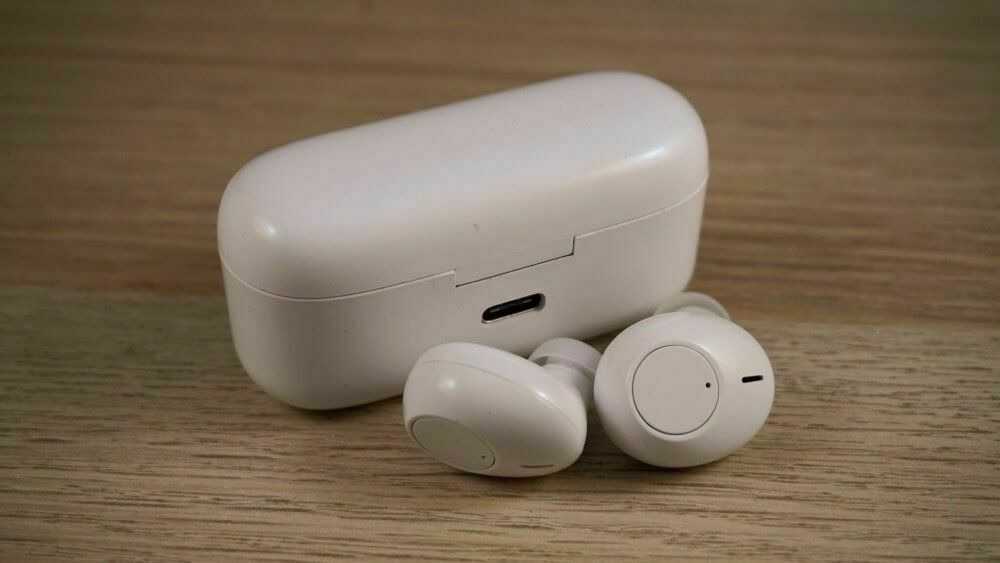
Indeed they are a fraction of the price, because frankly there is no getting around the fact that many of the new breed of truly wireless earbuds are eye wateringly expensive. I didn’t expect them to be equal, but in true B movie style, I expected them to at least be somewhere near.
They come in a nice, robust case, offering a neat charging solution with supplied micro USB cable. The build quality feels surprisingly robust to a level that I am frankly astonished at. With that said, Apple resort to using a ridiculous amount of glue, so I would expect these to be no different, an illusion of quality if you will.
As with all earphones this is the proof of everything, the reason you by them, but it’s difficult to know where to start. The sound quality is terrible and there is no getting around it. Due to the strange twist you do when putting the earbuds in your ears the seal seems to be pretty good and cuts out lots of background noise. Unfortunately they haven’t taken advantage of this and everything sounds very shallow and distant.

The bass levels are non existent and everything else seems to be forced into a much higher range than it should be. Spoken word such as podcasts and audio books are the most noticeable and make all voices sound tinny and sometimes uncomfortably high pitched.
Couple this with the fact that audio moves around from ear to ear and you have a very disappointing experience. I realise that these are very very cheap for true wireless earphones, but I would save your money and purchase something better sounding with wires!
The ease of initial connection is where most cheap wireless headphones fall down. Let’s not over inflate the issue, most users are ou fait with heading to your phones setting to set up and pair. Yet for some reason this is overly complicated with a dance of buttons and connecting you must jump through simply to listen. A successful connection is following a predetermined path of connecting to one earbud, and then the other connecting to it. Stray too far from this path and resetting is your only option, condemned to try again until the Bluetooth gods accept your offering.
As annoying as snagging a cable is, if this is your alternative I think I would rather sit in silence. There are alternatives to AirPods out there, but these cheap offers are simply not it. I have bought and enjoyed cheap Bluetooth headphones before with a wire between them, removing this has proved so overly complicated that it is simply not worth the hassle. Save up, or save your time – the choice is yours.
Once upon a time I would ‘review’ all of my tech purchases, post several hundred if not thousand words of my thoughts and a dive into the device. For the last two models of iPad I have simply shared my thoughts through text and also podcast. There are enough reviews out there for you to find out the specs and technology publication opinions – but now more than ever its important to find out the thoughts of people that actually use the device in question. Well here are mine.
All of the improvements Apple made to this years iPad Pro when looked at individually look quite trivial. They upgraded the internals and brought the design inline with their modern phones, removing the home button, and incorporating FaceID. Both of these things didn’t need an anylist to predict, but they have both lead to some major changes to actually using the iPad and improve almost everything about the experience. Did the change in design lead to the changes in Apple Pencil and Keyboard, or did they lead the design choices. While you argue about swings and roundabouts – I’ll tell you what’s improved and ultimately why that matters.
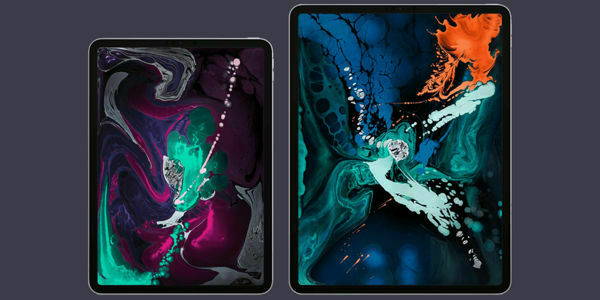
The ‘edge to edge’ screen retains some bezel around the edges, which is the best of what could have been a bad situation. All the palm rejection in the world can’t mediate holding a device to read and touching the screen constantly. However the new squared off design actually makes it much easier to handle the device. It feels almost like science fiction and without doubt almost what every device manufacturer shoots for when trying to design a perfect tablet. It’s not quite a slab of glass, but its not far off.
The new design is very reminiscent of an older iPhone 5 design, but with a modern feel. It also in some respects feels like a reference design for future products without hardware limitations. I am using the 11” version and it feels much larger than it actually is, a nice big screen which is still very portable and easy to also use as a consumption device.
The smart connector has moved to the back of the device, presumably allowing for a more device ecosystem of accessories. Very few accessories appeared for the previous side mounted version, and unfortunately I don’t seem many flooding the market with this one. Hopefully I will be disappointed, but this does allow for a much better connection using a rediculous number of magnets and an improvement to the first party keyboard.
I have loved and loathed the Smart Keyboard in equal amounts over the last two years. The keyboard itself is great, I really enjoy typing on it, but the origami style always felt strange and the back of my iPad felt exposed. The Smart Folio solves both of these problems and I am really enjoying the improvements.
If you hate the keys on the previous version, you’re going to feel the same about the new one. However to me the keys feel more robust and seem to have further travel – combined with much loader clicking!
Using the iPad in the Smart Folio but without the keyboard feels very un-Apple like to me. For all its weirdness at least the origami needed for the Smart Keyboard hid away the keys when not in use, all be it at the expense of a strange hump on the front. The weirdness is mediated a little by how simple it is to remove the Smart Folio, and actually feel the device as Apple intended. I find myself pooping the iPad Pro out of the case when using the pencil or just browsing more than I expected.
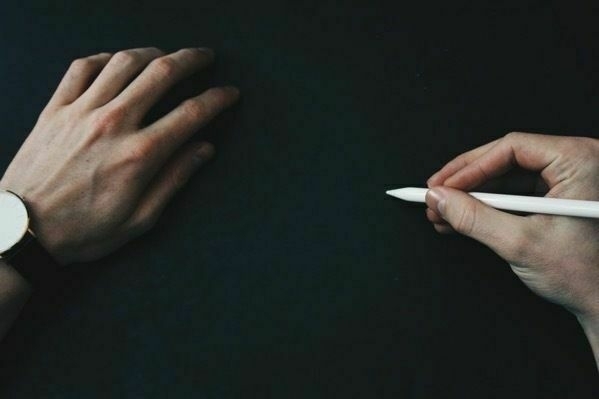
Apples stylus (don’t call it a stylus) is a great tool to have in my professional life, but not something I would considering buying for personal use. The first version was something I purchased and found a use for, and spent most of its time hiding in my bag for the odd time I would need to sign something. It was too long, didn’t really fit anywhere to store it and you felt silly charging it.
The second version mediates almost all of those issues, except the use case. Unless you’re going to draw quite often the £130 price tag will make most people baulk – the £30 price increase adds in quite a few features but wont work with any other hardware at this moment in time.
The second generation is shorter, more balanced and flat on one side. Making it more pencil like, and also allowing it to stick to the side of the iPad and wirelessly charge. Not only removing the need to look like a idiot every time you charge the thing, but also giving it a place to be stored and removing the anxiety enduceing end cap.
The move away from Lightning hasn’t added any extra features to the iPad, but has made them more accessible and dare I say it interesting. It is slightly strange to find the port isn’t a Thunderbolt 3 variant, but is still capable of supporting an external display up to 5k.
Having tested several apps it is clear nothing extra stands out but it has allowed me to use my already amassed selection of USB-C cables from my MacBook Pro. Cheaper option for USB-C to HDMI and also dongles mean the dream of not carrying a laptop at all are getting a whole lot closer.
The 2018 iPad has proved to be a worthy upgrade for me, it has improved on lots of little things that while weren’t detrimental, they where annoying.
With that said Apples recent trend of increasing the price and providing less equipment in the box is getting close to putting me off. All of the iPad’s have increased in price, there is no headphone dongle, no spare Apple Pencil tips and nothing to say Apple wont continue this trend. If asked what iPad should I buy, I would give most users the choice between the £329 iPad and the much cheaper 10.5” iPad pro.
As good as it is, and it really is good, I view this iPad as even a notch above pro. It is the early adopter or hardcore users iPad, not the one for everyone.
For longer than I care to remember, or admit to, I have been searching for the perfect task manager. I am definitely not alone in the feeling that there wasn’t a service that seemed to fit. Todoist almost got there, Things 3 is pretty good, but no service ticked all the boxes and I went backwards and forwards between them more than a handful of times. Thankfully I think I’ve cracked it, and it’s an add on service for the stock reminders app – I think Goodtasks3 is the perfect solution.
For almost as long as I’ve been switching task manager apps, Apple’s reminders app has been in desperate need of an overhaul. Everyone admits it, yet it still has a completely different UI to every other app and hasn’t received the level of attention given to Notes or Music. Frankly it isn’t a very good iOS citizen either. Countless third party apps put it to shame, offering a much better service, miles better design and huge improvements in user experience.
Although what Apple reminders lacks in appeal it makes it for in utility, it’s ingrained in almost every part of iOS and allows for much better task input. It just need some so called ‘power user’ options and easer task input. This is where GoodTask 3 comes in. Once granted access to your stock reminders it can be used to sort, display, set up and complete tasks alongside Apple’s own app.
One of my favourite functions are smart lists, allowing for filtering into different options based on numerous filters either individually or combined. For example I have set up smart lists to mimick my typical Todoist home screen, with an Inbox, Today overview and others based on reminder topic – Work, Home etc.
GoodTask achieves this by putting text in the title or notes of each reminder. A hashtag or keyword in the task notes doesn’t clog up lists if you choose to also use the Apple app, but allows for much more flexibility in task types. Separating work and home, short and long term goals, whatever you are trying to achieve. Because of how easy task input is I have achieved much more in the last few months.
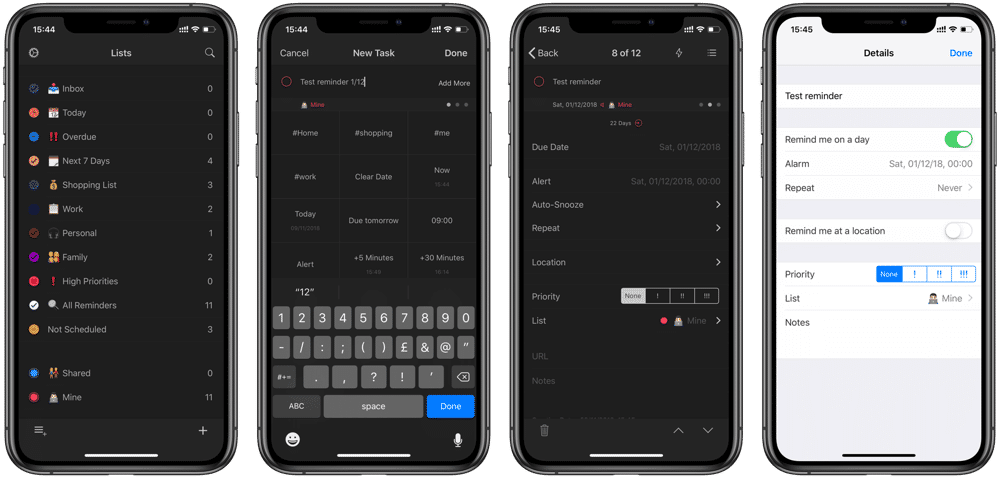
Inputting tasks becomes much easier with quick actions and contextual awareness. This is something really lacking from even advanced task managers like Things 3. Once you have experienced the natural input of Todoist it is really hard to go elsewhere. Tap the plus icon in GoodTask and you can use almost all of the same options. By default it will pick out reminder titles, alert requests and also due dates. Although just bare in mind you will need to delve into settings if you don’t use American date structures.
This is also where quick actions come in, these give the ability to tap on predefined options for task labels, alert options and also adding to shared lists. These can be customised until your heart is content and make GoodTask infinitely more powerful the more work you put in.
All of these options are great, but the real beauty of adopting GoodTask is the fact that all the other options for inputting regular reminders are also open to you. Use Siri on any device and simply ask it to remind you. No keywords, no Shortcuts, no awkward phrasing and nothing to worry about. Tasks will show in the stock app and also GoodTask 3, where you can add in extra details and labelling.
I have adopted a GTD approach and set up an Inbox smart list where every reminder without a due date, or tag ends up. Allowing me to brain dump everything I wish to do, and worry about when and how later on. GoodTask 3 will allow you to get many of the power user features with all of the benefits of a first party app and it is highly recommended.
I could never work out what was so magic about Apple’s Keyboard, nor the mouse to a lesser extent. It didn’t do anything out of the ordinary, didn’t wow me with features and certainly didn’t do any magic, bar make your bank balance smaller. At least the Smart Keyboard was reasonably smart. Not in a literal sense, it didn’t actually learn anything but it looked kind of cool and folded smartly into a neat(ish) package.
The Smart Keyboard for the iPad has gotten quite a lot of stick over the years it has been on the market. It has been trounced for not being back lit, not being wide enough and being a bit ugly. Yet I have a love for it, despite its un-smartness, and it is by far my most used keyboard for the last few years.
Mainly because it so dam straight forward to use. Once attached to the iPad you don’t have to worry about pairing it, charging it, or any other weirdness that always happens with third party keyboards. No settings to delve into, no keys that work on some devices and not others, and you don’t have to deal with micro USB ever again!
With all this said there are some options I would like to see, some dedicated iOS buttons such as media controls, or dam it even a function row. What I don’t want is for Apple to start making the smartkeyboard backlit and ruin its greatest feature – portability.
The new 11” version has already changed into a folio case, with two questionable viewing angels. Whilst it is great to finally cover the back of my iPad it does add more bulk. The Smart keyboard as it stands should always remain the best option for something light and easy to use, but that’s not to stop Apple making other versions. It gets a lot of stick but I enjoy using it daily – a little ode to the not so Smart Keyboard.
I have no issue with sharing myself and my life in person or online. I have a job in sales, I podcast all the time, yet there is something you may not know about me – I am actually really introverted.
Much much less than I used to be, but it seems to be hard for people to wrap their head around it. I am sure many people would label me as much more outgoing than I actually am, and I used to worry about it quite a lot.
I have what I describe as an extrovert battery, and it only lasts so long. I spend lots of my time alone preparing for the times I need to be more social. I haven’t quite got the time frame down yet, but when working for long periods or spending lots of time with others, around late afternoon I start to flag.
Introverts get their energy by being alone or in small groups, while extroverts get their energy from larger groups of people. – Ellen Hendriksen
I didn’t even realise this was normal until very recently. I thought introverts were those that shy away from everything and were a little socially awkward. Personality traits are often miss understood like this, but all I know is that I feel drained and often need some quiet time to simply recharge.
I thrive in peace and quiet where I can focus, but love interacting with others and conversing. I’m perfectly happy being the centre of attention, but not for too long and providing I get some down time. I guess I need to look after my little extrovert battery, make sure it goes through it’s charge cycles correctly and preserve its longevity.
Except I didn’t, I sat at my desk and turned on my iPad. Open up Drafts and simply typed a few words into the endless posts I have been working on for ages and then opened Twitter. The same Twitter I have been staring at for 20mins previously, before getting to the end of the new posts in the Apple sub-Reddit.
This has been my life for the past few weeks, since spending obscene amounts of money on the iPhone XS I think I have been searching to add in value. Never bored, never happy to sit and think about things as I would do even a month ago. Double and tripling my pickups in an hour (thanks screentime) and generally making myself feel unhappy.
Why do I bounce around the same few apps looking for entertainment? Well depending on who you listen to it’s just the way of the world now, or the worse thing to happen to the world in a long time. I would lean more towards the latter opinion – but I just can’t help myself. It’s not the phones fault, it’s not the app makers fault (well maybe a little) it is mine. I don’t want to turn my phone grayscale, remove loads of apps or god forbid buy a dumb phone. I love having a computer in my pocket and information at my finger tips, but I need to find some kind of solution.
Intentional Twitter usage seems to have gone by the way side and I am becoming something that I detest. Hopefully by simply acknowledging my tendency to do this more often will help break the cycle, because something has to give. I even contemplated logging into Facebook and this gave me the wake up call I needed. At least I did write a blog post in the end, but not about what I intended to, I can’t even remember my idea.
After a few days of false information, forum posts that have half truths in them and a couple of telephone calls – I have managed to set up my iPhone XS with dual sims and here is how to do it.
If you want to go dual sim on your iPhone XS there are a few ways, but one of your sims is going to have to become an eSim. This technology isn’t new but Apple are the first to do it mass market and in the UK it is only supported by EE at the moment. Unfortunately this is only currently available for pay monthly personal tariffs but they claim to be expanding the roll out in the coming months. So you won’t have the option on pay as you go, flex or business accounts.
If you are in the market for a new contract, then one from EE might be the best way forward, simply ask them for an eSim instead of a regular sim and you’re all set. Keep in mind that if the second sim you wish to use is for a different network then you will need to wait 6 months and request your phone to be unlocked. If both accounts are on EE, simply put your physical sim in and go through the set up options to assign a primary and secondary number.
If you have an unlocked phone (like me) or choose to get your iPhone XS unlocked after 6 months, you will need to transfer your EE regular sim to an eSim. To do this you will need an eSim pack, with a QR code to scan. You can get these in stores, or the easiest way is to call 150 and request one. You should get this in the post the next day so you wont have to wait too long, the people on the phone I spoke to are very knowledgeable and will guide you through the process as in-depth as you wish.
Make sure you request a replacement eSim pack as this will be either sent with your number attached or without a number at all. Once this arrives head into the settings on iOS 12.1 and go to Mobile Data > Add data plan. This is where you scan your QR code and are guided through the set up process, your phone might get a bit confused once finished, so pop out your standard sim and reboot your phone. EE state up to 24hours for activating the eSIm, but in reality you should be set up in a few minutes.
Hopefully this helps you out a little as most info online is very generalised. If you need help in setting up the primary and secondary options in iOS head over to Apple support pages for a great explainer.
With all the drama surrounding iPad reviews circling again I posed myself a little thought experiment. When all is said and done, and I could only choose one device to ‘work on’ forever – what device would it be?
It took me some time to run through all possibilities, come up with a few work arounds and a little bit of work to stay neutral. Surprisingly, I think I would have to choose a MacBook. Simply because I know with 100% certainty I can get 100% of everything done on a MacBook. Unfortunately at this moment in time I can’t say that about the iPad.
That isn’t to say the iPad is useless. I still choose to use it for the vast majority of my daily tasks. It is far more powerful, versatile, portable and has better battery life than almost any laptop on the market. Combine that the fact that honestly I much prefer working on iOS to macOS and I would choose the iPad most of the time. What is different to all of these review posted at the moment, is that I wouldn’t claim either of these machines are useless.
What many reviews are pointing to is the same arguments that we had when the original iPad Pro was released. If it doesn’t work for you that’s ok, choose a MacBook or an iMac or a Windows machine. That is perfectly ok and more power to you. However that doesn’t make the other options useless for others. Let’s all choose the machine that fits in best with our workflow and requirements and carry on. I am just thankful that all of these options exist in a modern ecosystem full of potential.
The new iPad Pro no doubt will move even closer to me dropping a laptop, if I can just work out podcasting! For more thoughts, check out my solo podcast launched today.
The opinions on Agenda app range from excitement to confusion but it has caused quite a stir in iOS productivity circles. The developers are constantly improving the app and there are now a bunch of automation options available for Agenda via x-callback URL.
You can use these in Shortcuts or a whole range of automation apps and here is a breakdown of what you can do.
On-the-agenda view
agenda://x-callback-url/on-the-agenda
Open the Today overview
agenda://x-callback-url/today
Open a project
agenda://x-callback-url/open-project?title=[project title]
Open a note
agenda://x-callback-url/open-note?title=[title text]
Create a new note
agenda://x-callback-url/create-note?project-title=[project name]&title=[title text]&text=[body text]
Append to existing note
agenda://x-callback-url/append-to-note?title=[title text]&text=[body text]
Add in extras to the end of the url if you need some more control. These are not mandatory.
On the agenda
&on-the-agenda=[true or false]
Specific date
&date=[year]-[month]-[day]
Start and/or end dates
&start-date=yesterday&end-date=tomorrow
agenda://x-callback-url/create-note?project-title=My%20Project&title=New%20Note&text=Hello%20World&on-the-agenda=true&date=2018-03-12
agenda://x-callback-url/create-note?project-title=Blogposts&title=New%20Post29&text=Hello%20World&on-the-agenda=false&start-date=yesterday&end-date=tomorrow
On the second Friday of the month I add up all my mileage and there is never a time when the total doesn’t scare me. It’s always north of 2500 miles a month and I’m starting to wonder if that’s good for me.
I am sure there are people that do many more, yet presuming I take the regular 1 month off throughout the year. I spend at least 27,000 miles alone just driving. Taking out all traffic jams and other hold ups and accounting for me travelling everywhere at 60mph – that’s 458hours of my year. 19 whole days!!
Add into this time spent eating, waiting for appointments or alone in a hotel room and it’s starting to look pretty scary. I love my job but perhaps I spend too much time alone.
My time is never wasted, I spend all of this time listening to podcasts and audio books – as Aubrey Marcus says practicing mindfillness. Yet I still feel like I spend too much time alone and long term this isn’t good for me. I guess maximising the time I am around people is the key to improving myself.
Over the last few weeks there has been a great deal of negativity about Apple Watch faces. Much like criticism of the honeycomb layout, I have no idea why it has taken 4 iterations of the Apple Watch for users to start moaning about custom watch faces, but they are now very vocal.
I must outline that I say users with a broad stroke, because some of those most critical of the first party faces are not Apple Watch users at all. I do agree with some of the criticism though, as since the small changes to Apple Watch face design in watchOS5 I can’t settle on just one.
I have used the same watch face for almost the entire time I have owned one (since launch bar about 4 weeks of vacation before the last version). My only issues with the current watch faces are that too many of them are appealing but fall short in some way. Some are overly complex and feature too much information, some fall short of not having enough complications, and unfortunately some are just not my cup of tea at all.
However it must be said that I don’t think allowing developers to create a huge number of faces to choose from would fix many of the issues. In actual fact I think it might make choices much worse. If Apple were to relinquish some control over the face they must insist on a certain level of complication use or design, both of which I have doubts if that would even be possible to control.
Much like with the iPhone home screen users must relinquish their personal tastes to a certain extent and accept the design choices Apple makes. Although with the ‘most personal product’ I think some wiggle room is needed. There are too many faces with a similar design, and there are areas to hugely improve, but my solution is to use several for different situations and swipe between them. So I don’t need to settle on one watch face anymore.
I remember getting my very first Android phone. After using iPhones for a very long time I switched to the new comer in town. The Galaxy S was shiny and new, and all I had to worry about was putting my sim in and transferring my contacts. I felt like I was some kind of rebel, sporting an underdog and not conforming to convention.
Believe it or not, even transferring contacts was pretty tricky at the time as Apple were even more locked down that they are now and I opted to just write them all down and type them back in. This was the most complicated part of the process, but these simple days are long gone. You must have a serious desire to reach escape velocity now, and it feels a little bit claustrophobic.
After even a small amount of time spent using iOS there can be a considerable investment in applications. The average spend on iOS users in the US is $40 a year, all of this investment is useless when switching to a different OS. Several apps have introduced subscription services that will in theory work cross platform, this will help to mediate those issues. However there is no guarantee that there is even apps available on alternative platforms.
Unfortunately many of the high profile applications that have adopted this model are simply not available on other platforms. Granted the average Joe may have nothing to worry about other than than their phone. However more and more people are buying Apple Watches, iPads and Apple TVs than you think. These are satellite devices to everyone and all aid to keep customers from leaving.
No longer is the only investment a mobile phone and perhaps a few accessories. Manufacturers are creating a whole range of devices with different levels of pull, designed to make the overall experience as good as possible. It is without doubt that certain devices have more pull than other devices – higher gravity if you will. So reaching that escape velocity from iOS is much harder when you take into account everything that goes with it. Arguably I would miss the connivence of AirPods and the ease of a cellular Apple Watch (these are my favourite Apple devices over the last few years) more than an iPhone.
Perhaps the only option is just accept my fate and lean in? I have already embraced the fact that unless something drastic changes it would be almost impossible for me to switch everything but not impossible for me to change some things. The trick is to not let the brand overtake your opinions, I try very hard to be open to changing and neutral in my opinions. Event though I live the Mac life doesn’t mean opinions should be influenced – although not being a fan boy is really hard!
For the last few months I have (had) been journaling. I won’t bore you with the details but jotting down a few notes once or twice a day in the Day One app (my review) had been helping tremendously. Bringing thoughts to the front of my mind and working through issues or decisions easier. Almost as if I were to have a conversation with myself and reach conclusions from it.
Trouble is, as with everything in life, as soon as you start feeling better the things that pushed you forward fade into the background. We all do it, as soon as the feelings stop we stop doing the practices that have got it through to the other side. I stopped journaling, didn’t meditate as much and I’m now kicking myself. It isn’t the first time, and won’t be the last as it happens for everything from exercise and weight loss goals to taking medication.
Working full time, having a side hustle, podcasting and writing is simply too much work for me to take on. You would have seen it in the lack of blog posts, heard it in the podcast and felt it with my distant tweets. However it is time to build myself again – I have spent some time working on getting my blog to look the way I want and hopefully the posts will follow suit.
10 days away from technology has made me more conscious of my usage, made me focus on what is important to me and actually allowed me to be more focused going forward.
The simple fact is, Apple like removing things. From home buttons, the MacBook Pro ports, to headphone jacks — there is a relentless march towards a simple unibody design with as few cutouts as possible. It makes the design of technology sleek, appealing and arguably leaves more room for important things like battery. Although it’s only when you start using a device that cares more about usability than looking ‘sexy’ you realise this is the wrong move. I’m not saying have buttons for everything but I think it’s time for a dedicated camera button on the iPhone.
Apple place a ridiculous amount of priority on the iPhone camera. Constantly improving the quality of the shots, and plowing money into #shotoniphone advertising. Yet they don’t seem to care about getting to the camera as quickly as possible. Teaching people how to shoot the best pictures is one thing, but the easy capture of important moments is much more important to the everyday user.
Android phones are the leaders in launching the camera as quick as possible. Samsung did it with a double tap of the home button, Motorola has a double twist and even my BlackBerry Key2 has multiple options for friction free captures. All of which are easier than the lock screen shortcuts introduced in iOS11, or the swipe left on the home screen that has existed for years. All these actions seem to do is increase the chance of taking a picture of your pocket or turning on the torch accidentally.
This is without considering that a dedicated key would allow you to launch the camera regardless of what you are doing at the time. At the moment it requires multiple taps and swipes to get to the camera if you are using another app. The ability to launch the camera from every screen is a huge deal, and one that allows you to capture moments much quicker and easier.
Instead, Apple have removed buttons and increased complexity of the interaction with them. The power button is now the side button on the iPhone X and users must relearn to tap, double tap or hold down with other buttons dependent on what you want to achieve — whist keeping the side toggle! It seems self-evident that Android manufactures think about what is the most convenient for their users, and it is time for Apple to do the same. Give us a camera button and allow us to capture even more shot on iPhone pictures.
This isn’t the right thing to say but I dread taking my daughters wheelchair anywhere new. Most places are great but I can’t escape the feeling of dread because it only takes one poor experience to put you off completely – thankfully London was pretty great.
After having an awful time when traveling to Nottingham with a mobility scooter I wasn’t holding up much hope. However from arriving on the platform to getting off the other end the experience was great. We were apparently supposed to book disabled access, however this isn’t very prominent when booking tickets – because there wasn’t any space we managed to get a free upgrade to first class. Obviously this wont happen to everyone, but the staff we spoke to seemed to genuinely care about getting us the best service possible.
Let it never be said that the underground doesn’t have good disabled access, because all things considered it does. Some stations are easier than others (we tested quite a few considering the circle line was shut) but look out for the blue disabled badges as they are strep free to street level. Also be prepared to take multiple lifts, and have to hunt around for them. We used a grand total of 21 lefts during our day in London, some better signed than others and we did plenty of pushing in between.

It was from here onwards we really started to see the people that really cared about our experience. There is a stark difference between those that put in accessibility equipment for regulation and those that really care about allowing access for everyone. Staff at the London Eye went out of their way to get us through as easy as possible, they stop the wheel for everyone with issues getting on, and will place and ramp for those in a chair.
That’s not to say the experience went without a hiccup, getting into the cordoned off line was a nightmare, with people punching in from all angles and people clearly didn’t care about the wheelchair. This wasn’t the staffs fault, but be prepared to be a little assertive and you’ll get on great.
The staff and facility here is another shining example of really caring about access to all mobility issues. There are numerous lifts to navigate the floors of the aquarium, and plentiful disabled toilets throughout the journey. There are some sticky places, particularly the ‘Amazon’ section, where the floor is made to look as if walking in the rainforest, this is a harder to push through but not impossible.
All of the tanks are easy to see when you’re down a little lower, but be prepared to wait at the larger tanks to get towards then front. If possible I would allow extra time and aim for quieter times in order to see everything. At hands on areas, staff were set up to transfer a star fish into a container so Lucie could have a feel sat in her chair.
Only once were the words “never again” muttered, when trying to work our way though the maze of lifts in Kings Cross. However all said everywhere provided great access and we had a great experience. Disabled access is experiencing a sea change at the minute and I am excited to see everywhere become easy to access for us.
As much as people try and convince me otherwise, since the iPhone 6 I just cant use my phone without a case on. The rounded corners and slippery materials leave me with too much worry that my phone will drop to the floor at any moment. I’ve tried loads of cases, from dirt cheap to surprisingly expensive – but stuck with an Apple version as it simply fit and feels the best. This isn’t set in stone though so when Jisoncase offered to send me their leather case for my iPhone X I jumped at the chance.
I opted for the saddle brown version to compliment my iPad case, and they both arrived in packaging that didn’t befit something so reasonably priced. Unlike the £50 Apple leather cases that supliments the £1000 you paid for the phone, the Jisoncase version is priced at just £19.95. At a price point comparative to a middle of the road silicone case, this one feels like you paid much more.

The leather is complimented by hard inlays for the volume and power buttons. It’s hard to say if this is metal or plastic but they fit very well and give a reassuring click when used. Tactile feedback is something I didn’t expect, most others in this price range often neglect the buttons. Leaving users to experience mushy button mashes that you’re not entirely sure if it worked or not.
The quality of leather has also been surprising high. Admittedly it doesn’t feel as soft and supple as that adorning high priced cases, but it has worn very well in the few weeks I have been using it. I do think that leather cases look much better with a little wear on them, but a quick wipe with a cloth to take these review pictures and it looks good as new again!
My only criticism would be the logo across the back. This could be personal preference here, but I’m not entirely happy having Jisoncase across the back of my phone. A subtle Apple it is not, more like a tramp stamp across the rear of a very expensive purchase. This is of course a minor issue given the quality of the case for a very reasonable price. The case is available in saddle brown as pictured above, but also black, blue and red. For the a fraction of the price of an Apple case, this is a bargain – grab one from Jisoncase website, Aliexpress or Amazon
For years the thoughts and rumours of iMessage on Android has been floating around. Depending on who you are listening to you get every response from “never going to happen” to “Apple need to do it”. I have often been dismissive of this ever happening, but more recently I think it could work and really should be something that Apple work on.
One of the arguments given is the fact that Apple already provide an Apple Music app on Android. Although this may be a left relic of Beats Music, it gives more of a reason for families to sign up for Apple Music, and even of they don’t want their kids using expensive iPhones, they can still stream music on any handset they are given. More family plans sold means more revenue for the services group and more growth to report to Wall Street.
While this is a nice thought, the reality is that iMessage isn’t just messaging anymore. It’s a platform. Difficult to wrap my head around how they’d accomplish this at this point. https://t.co/dqkyA0SnQv
— Zac Cichy (@zcichy) June 25, 2018
One of the huge arguments against is the fact that iMessage is often the glue that keeps people returning to iPhone when it’s time to upgrade their phone. They don’t want to leave the group chats and become a green bubble. If iMessage were provided on Android, users may be less likely the buy the new iPhone and more likely to switch to Android. Less sales of iPhones means less income for Apple.
Let’s take both of those arguments and consider the following. Apple provides iMessage on Android, a way for users of Android to message each other and iPhone users, end-to-end encrypted. It over night provides one of the best messaging platforms that can be used universally and freely to anyone.
During the last few updates to iOS, Apple have been turning iMessage into a sudo social network. A place for people to send stickers, play games, send money to each other – and in iOS12 jump into a group FaceTime call in a few taps. Apple should provide a stripped down version of iMessage on Android, a kin to the version on Mac, and let the extra features sell themselves. I believe the ability to join in with a group chat but not all of the Animoji fun and FaceTime calls would actually push more users to adopt an iPhone next time they are upgrading.
Android users would be included in the group chats and messages that iPhone users are, but not all the extras. Users are free to use whatever platform they choose, so don’t feel excluded but still don’t receive the full experience. How many group chats are taking place on WhatsApp or Facebook Messenger simply because not everyone uses an iPhone? Could the potential for extra sales exist if they are introduced to things like Animoji and iMessage game without the sales pitch. I believe now is the time to push forward to a universal platform and let the benefits shine through.
esterday was a nice warm day in the UK, so I decided the tan mark from my Apple Watch could use a bit of help fading. Instead of strapping it on my wrist first thing in the morning I left it on the stand. This is the first time I I haven’t had it attached to me for a long time, and it it has highlighted a huge problem with the Activity app.
You see, I had my iPhone in my pocket the whole time. It recorded my 6000 steps around the farm park, yet when I open the Activity app it’s as if I’ve been asleep all day. Only when I strapped on my watch to go for a run did the activity app register that I had actually moved at all. I love my Apple Watch, I wear it constantly but I shouldn’t fell like I HAVE to have it on to register my activity.
I can’t understand why all the information isn’t transferred from Apple Health. If a user inputs a workout in Apple Health it appears in Activity so why not steps? Obviously there wouldn’t be any heart rate data to show, but it should be pretty easy to work out my standing time with the data gained form my iPhone, It’s pretty easy to work out that my watch is sat still and my iPhone is moving.
Perhaps every situation isn’t suited to having a watch on. There are no doubt many instances where people simply don’t want a watch on, but want to still record all the activity they have been doing.
The Activity app has ‘gamified’ my workouts and made me much more motivated to move just that little bit more. Apple could make a huge move in this direction and enable all sorts of accessories to transfer data into the service and encourage even more people to get moving. Yet Activity ONLY shows up when you pair an Apple Watch and I cant help but feel millions of users are missing out.
How many people would move more if their Fitbit enabled competition with anyone they knew with an iPhone not just other people with a Fitbit. All of the data is collected in Apple Health – so make every step a competition and get more people moving.
For as long as I have been using an iPad as my main computer I have struggled with where to keep it. I have never been a fan of many case designs as they often add a lot of weight which makes holding an iPad much more difficult. Couple this with the fact a case is pretty much redundant while in use, it’s usually in my hand or being used propped up in the Smart Keyboard, there simply hasn’t been anything to fill the void.
So when Apple introduced leather sleeves with the 10.5 inch iPad Pro I was interested to see if they would work – but at £130 it was far to much money to simply test one out. Thankfully as with everything made over the last few years, it has been reproduced at a much more acceptable price point – introducing the Jisoncase iPad Pro Case. All the features, but at a considerable saving and I’ve been trying one out for a couple of weeks – here is my review.
The case fits the iPad Pro and pencil snuggly inside, it is reassuringly fitted to the design and offers pretty good protection from everything other than a very high drop. It pretty much copies the official Apple design with real brown leather that is lined with soft material on the inside. Meaning not only is your iPad going to be protected, it’s going to be dusted off while inside the case and more importantly you’re going to look good carying it.
The cover is also available in black or red, but I opted for the brown colour to match my other brown peripherals. The leather, although not as high quality as more expensive cases, appears to be wearing very well – although a bit of wear and tear makes a leather case look much better in my opinion. So I am actually looking forward to it appearance after a few months of use. I am much more comfortable putting my iPad into my bag knowing it has more a little more protection.
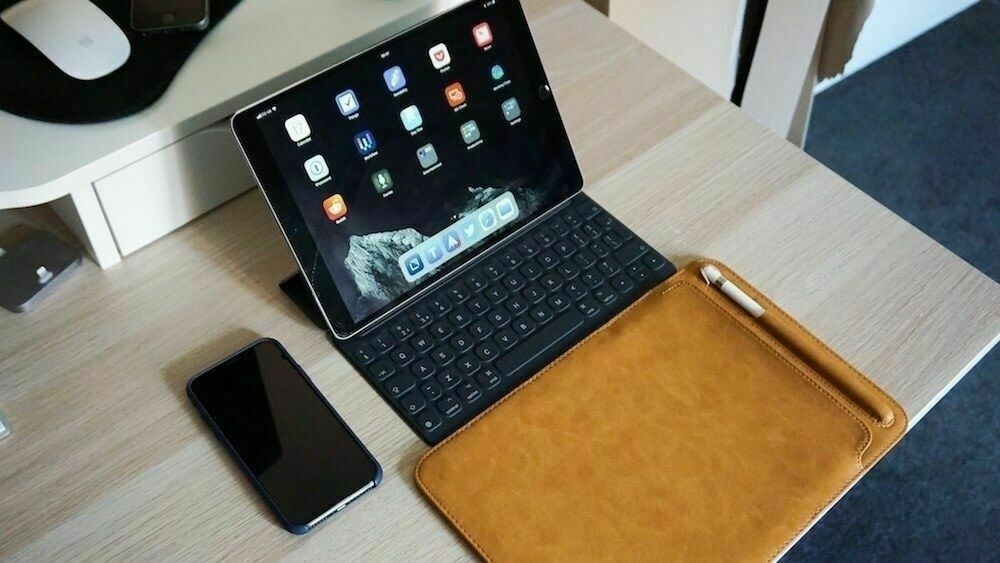
I was initially very sceptical about using the case, and put off a little due to the sung fitting, but after a few days of use the case provided a great deal of protection given the amount of traveling I do. Thankfully there is also a slot to store an Apple Pencil, seeing as I have already lost two, this should hopefully make sure I know here it is and it is protected. Unfortunately it isn’t all good news because I cant use it with the Smart Keyboard.
Unlike other cases there is absolutely no chance of fitting an iPad in with Smart Keyboard attached. I can just about wedge it in with enough effort, but this just isn’t practical. I presume the leather will stretch over time, but when compared to simpler cases on the market I really shouldn’t have to stop using the keyboard when I want to put it in a case. I considered getting an occasional keyboard, however as great at the case is, given my usage and the amount of work I do on my iPad I can not justify making changes to my workflow just to use this case.
I am not really sure where this now fits in, I use the Jisoncase iPad Pro Case a small amount when at home, but without storage for my keyboard the usage when traveling has stopped. If you use just the iPad and Apple Pencil (which according to my poll quite a few people do) then this is the case for you. Great quality, nice looks and protection can be found at a bargain price point.
You can buy the case on the Jisoncase Website , Amazon or Aliexpress.
Curbing screen time is very trendy in tech circles at the minute. There have been huge movements to change app design, turn it black and white and even calls for manufactures to step in and stop people using them so much. So it was no surprise when Apple took to the stage, only a few weeks after Google i/o and launched pretty much the same thing. ScreenTime is a quintessential Apple response to outside pressure, a way to highlight the latest Silicon Valley worry – but it is hugely important people pay attention.
Taking its design inspiration from Apple Health, ScreenTime is built right into the setting of every iPhone that will run iOS12 (and that’s most of them). Displaying graphical data about app usage, notification tallies and even how many times you pick the device up – you could be forgiven for thinking it was a step too far. However Apple have found a very safe ground where there is no scolding no matter how much you use your device. No set amount for how you use the apps that are installed, simply well presented data that will hopefully make some users think about the things it shows.
No one thinks it is Apples (or manufactures) place to tell you how you should use a device, but I am so happy that at last there is coherent data people can see. If this sparks a change in usage, they can be guided to a healthier way of life. For far too long I have overheard awkward conversations from average people trying to explain to others just how much they are using their phone. Finally the place exists to show them, a place to send them to look into where they are spending their time and leave the decisions up to them.
Time is a metric you never get back. Time is something we all know we need to make the most of, return the most value from it. I’m not advocating that every one works harder, or that everyone starts jumping from planes or becoming hedonists – but value is a very personal thing and users can now make the decision themselves. If they take away great value from engaging on Twitter for 4 hours a day – brilliant, that is great to hear. If they take great pride from being the person that everyone communicates with so recieve 500 iMessages a day – again perfect. Yet at its very core ScreenTime provides an almost real time view of how much of it is spent on a device and offers a few tools to help, should you decide to cut down.
Along with improvements to Do Not Disturb and notification handling Apple are moving into a very unique place. They make a serious amount of money from selling you the device, but also from the apps you purchase from the store. They do not profit from your personal data nor the level of engagement you have with a device. Google however – Do.
It’s become a bit of a running joke amongst my tech friends. A personal meme that I keep repeating the same sort of phase when questioned about a whole range of topics. Anything from GDPR to Social Media harassment my answer – [micro.blog}().
Many people don’t understand. I’ve tried and failed to explain why micro.blog matters in a world of Twitter, Facebook and countless blogging platforms. A few have converted and love it, and a few have tried and given up (and given me some stick. My biggest take away from all the jokes is that the platform is not for everyone and that’s ok.
This post started off as a bit of a joke, but there is a sensible point in here somewhere. We all preach about things that we love, hell most of Twitter is people doing exactly that. It may be the latest bit of technology you’ve bought and think everyone should have one. It might be your choice of religion and you want to express all of the benefits it will give you in this life and the next. Or it might just be a new(ish) publishing platform that gets you away from social media a little and gives you a place to publish the writing that doesn’t quite make it to your blog.
Remember when I thought Medium was the best thing since sliced bread, that lasted quite a while and look how that ended up! You are all just going to have to weather the storm until I find something else to get obsessed with. I’m sure there is a start up out there planning to “make a difference to the world” and they should be along shortly.
There are several narratives that exist through my blog posts. Productivity apps, Workflows and me trying to quit social media. The latest news in accordance with the latter, is trying to use Twitter more intentionally and it’s working very well.
We’ve all been there. Standing and a queue, waiting for something, or just generally any moment where or lives aren’t rushing along – the first reaction is to pull the phone out and start scrolling through an app. Mine is Twitter, I’ve been around there for years and there is usually something interesting going on to take my attention for a few minutes. Unfortunately the level of stress involved and the amount of negativity is really starting to get to not just me but many users.
Quitting Twitter completely is just not an option for me (I’ve tried), I do get a lot of benefit from Twitter – I’ve met loads of really interesting people and started my Podcast because of it. So the answer is to limit my exposure to things that affect me negatively. The perfect solution will not only cut down my usage of Twitter but alos stop this always present urge to pull out my phone at any moment of boredom.
Turning my notifications off mediated this somewhat, I am no longer poked to go back to Twitter by dings. I have never really viewed those notifications as important that need instant attention. The answer has been simply removing the app from my phone, I have drastically reduced my exposure to Twitter, and I really do feel better for it.
My Twitter usage is now restricted to when I want to ‘go and check’ Twitter on my computer. The downside is that I don’t reply to messages and mentions like I used to, and also my tweets will come in short bursts of quite a few in a short space of time. So I must apologise for the time line spam, however I will still continue to share things to Twitter using Linky, and posts to micro.blog will appear there also. I am not gone, just using Twitter far more intentionally and it has worked wonders.
Despite Drafts being around for ages, I am very new to using it for any length of time. I’ve already posted about my love of the app after giving it a chance, so I won’t go into that here but thought I’d share some of my most used and favourite actions.
I really don’t need to discuss my love of Things here again, do I? This action enables me to write multiple todos and pass them all to Things at once. Saves loads of time for planning a project or if you take meeting action notes like I do.
The greatest thing about Drafts is the fact I start absolutely every bit of text in the app and then pass it to its destination. I start all writing here and if it is long enough or good enough I post to my blog, if not I use this action to post to micro.blog with ease.
My longer notes or lengthy attachments to Things todo items are stored in Bear. This action does exactly what it says, passes all text to Bear and creates a new note.
Should the text I’m writing be deemed worthy I post it to my blog hosted on github using Jekyll. In order to do this it needs to have the correct front matter and then be pushed to github using Working Copy. This action does all of that in one tap. I have several of these for posting to different parts of my blog.
I quite often write columns for newsletters or websites that require me to send it across in HTML. Or perhaps I just want to see what the page I’m building is going to look like. Whatever the reason this action turns markdown into HTML.
There are hundreds more that I could mention but these are my most used ones. Matt Birchler has also created some really good ones himself and helped out with the post to micro.blog action above. Drafts has become my favourite app and does most of what I used workflow for. I’d love to know your favourite.
I’ve made no secret that I have been crying out for the ability to add attachment to Things 3. I love the app but this is the only thing that is keeping me using Todoistfor work related reminders. I have tried loads of different options and work arounds, been helped out along the way, but could never find something good enough. This isn’t perfect but the best way is to use Bear to add files as attachments to Things.
Bear has a great implementation of file attachments to notes, you can clip pretty much anything you wish. The app will then show file links inline, allowing for other notes and attachments to be placed as desired. Thanks to the developers love of URL schemes you can then link to the note from Things. You can do all this manually but you came here for the Workflow!
This can be run from the today widget, provides the file picker, and once you’ve decided on your attachment it gets to work. The file name will be used for a note in Bear, and of course an item in Things with a link back to the note.
Despite the need for a work around it actually allows you to clip a few attachments and also make notes alongside for a pretty great experience. I have my fingers crossed for Cultured Code to add in attachments, but they seem adverse to adopting the feature.
Check out some of my other Workflows I have shared over time, these are steadily increasing as I find and make more. If you need any help or want to try and achieve something with Workflow head over to the subreddit and ask away.
After giving it some time I am very happy with doing all my blog writing in Drafts 5. Unfortunately due to Workflow’s slowing updates, actions take ages to update and I have been stuck on a way to update my old Bear for ideas Workflow. Luckily using Drafts actions and the robust URL scheme I’ve been able to get this going again.
For this Workflow to work you will also need this Drafts 5 action. The Workflow uses the url scheme to create a note using your chosen idea title and notes, and also run the above action. This copies the open note URL and the notes UUID to the clipboard, ready to be placed in a Things to-do item.
The Workflow will then create a Things item with the ideas title, and copy in a link to open the Drafts note with a single tap. Last but not least you will be returned to your Drafts 5 note ready to tap away if you wish.
As with every Workflow, you can customise this to your liking. If you don’t want to be returned to Drafts, simply deleted the last open URL action from the Workflow. I have also left out an reminder or due date on the Things item, although I like to add in a reminder for later that day just to give me a gentle push towards fleshing it out a little.
Check out some of my other Workflows I have shared over time, these are steadily increasing as I find and make more. If you need any help or want to try and achieve something with Workflow head over to the subreddit and ask away.
As I slowly split my life into different sections, and live a life with different apps for home and work – Things 3 has become vitally important. It takes a more relaxed approach than Todoist and allows me to remember things to do but not feel stressed about them.
So I’ve put together a simple Workflow to place a list of items I need into a checklist in Things 3. This can be launched from the Today widget so you can type in all the items, just tap return between them. Or more often than not my wife will text me a list or put it in a shared Apple Note, I can simply highlight the list and share it to the Workflow.
After typing in which shop you’re going to the Workflow creates a checklist in Things to mark off once you’re there. Such is the power of Workflow and also the brilliant automation features of Things this simple base can also be easily adapted for a list of whatever you need to do, such as a project checklist or DIY tasks list.
All you need to do is change the question in the ask for input action where it says “where are you going” to a more relevant question for the list you wish to make.
Check out some of my other Workflows I have shared over time, these are steadily increasing as I find and make more. If you need any help or want to try and achieve something with Workflow head over to the subreddit and ask away.
Believe it or not it was Google I/O keynote yesterday! I completely missed this until the event was on, not sure if it is publicised less or I take less of an interest now. Even so Google put all of their eggs in the AI basket and also demonstrated loads of updates to Android. Throw in a few self driving cars for good measure, but most controversially Google Assistant voice capabilities.
The demo of Google Duplex lead to initial amazement, lots of worry about AI and then the inevitable backlash. Most notability of which on this weeks Connected podcast the technology was completely ripped apart. Not just a little bit, but completely dismissed as not needed and pointless. The service is indeed initially very creepy but this is indicative of a lot of tech commentators – they completely miss the accessibility angle.
It shouldn’t even really be referred to as an angle, accessibility should be front and centre of everything. I don’t expect every person to understand what technology such as this can do to people with a disability, but people need to start considering others. It doesn’t take a genius to realise that a service such as this could revolutionise the lives of those with communication issues. Not simply for those that are mute, but a whole range of speech impediments completely remove the possibility to use the telephone. Yet Google are working on the ability for voice communication to be done entirely autonomously – current systems are very expensive, clunky to use or rely on preprogrammed responses.
I do agree that perhaps the person on the other end should be informed, but if Google know everything about you they might be able to make a pretty good replacement anyway!
It has been a while since I have been genuinely excited to dive into a new app. After my initial trepidation, and following the massive buzz around the 5th instalment of Drafts app, I decided to give it a chance and I am so glad I did.
I have tried Drafts 4 a few times when interesting things come up, these things more often than not involve Viticci et al discussing it’s merits. Yet for some reason I just never really ‘got it’ – it is a powerful enough app but I couldn’t find a use case for it when compared to Ulysses or Bear. After only a few hours of really using the app, and intensifying after a few days, I went though a transition that has affected my relationship with writing text altogether.
By using Drafts I no longer need to decide where the text I wish to write needs to go. Drafts has become a place for notes, reminders, blog posts and everything in between. All powered by the single biggest selling point of this app – Actions.
By building up an arsenal of actions I can now place any text I need to type down where I need it to go. Whereas previously before typing any text in I had to decide if it was a note, blog post, tweet – whatever it was – I had to spend brain power deciding where to put it. Things I need to remember when talking to someone, blog post ideas, long emails I’m mulling over, absolutely everything goes into drafts to be distributed later on.
The actions directory has provided me with a whole range of abilities, or inspiration to write my own, integrating with a huge range of services. I have an action to create a Todoist item, post to micro blog, place the front matter into my post and save to my github, and loads more. If I start a blog post now and it doesn’t quite make the mark I can post it to microblog instead. Or a short link post might turn into a full on post, I don’t need different apps doing different things any longer.
Drafts has enabled me to publish much more just by simplifying my workflow. Add this to the brilliant markdown keyboard functions, fast and fluid app and much better design, I am so happy I gave Drafts a chance. Grab it from the app store and find a use case for it, it might just change your outlook.
Every so often we have a paying for apps debate, sparked off by a popular app releasing an update or changing income model – and here we are again. Drafts 5 launches to quite a bit of fun fair from reviewers and also some backlash from users. Time and time again you hear “I won’t pay for app subscriptions”.
“Its a terrible business model, that I don’t agree with”
Since Apple expanded the subscription model, quite a few apps have adopted the option of charging a small monthly fee or yearly price. Usually giving users the option of a free tier and only paying for more advanced features. These usually come in the form of syncing or hosting, in the case of Drafts it is pro features such as themes and actions. It doesn’t matter what features you get for the price it never quite satisfies the resistance.
What is surprising is more often that not when questioned, the retort is one with quite a few logical holes. Quite a common one is the fact users would rather pay for a version upgrade. Which is a pretty easy fix, simply change the way you think about the subscriptions.
Think of the yearly price as purchasing this version with free upgrades. If it gets to the end of that period, either pay again or choose something else. Subscriptions aren’t for every user, nor every app on your phone. No one wants to pay micro payments for every app, but the ones that really aid your life deserve funding. What’s the alternative, poor quality free apps? Adverts that harvest user data and break up design or usage?
By paying money towards an app you aid development greatly you create a constant stream of funding to pay for regular updates and improvements. So in the long run you generally get many more updates than the usual single pay to use apps. It’s a win win situation – just change the way you view them.
There appears to be some confusion around what copying is. Couple this with the argument breaking down into an inevitable Android vs iOS debate and Twitter has been exceptionally noisy today.
Gruber, although a little confused, got the final thoughts in his reply to an earlier blog post spot on with:
If you write an article, and then I write my own article about the same topic, that just means you were first. But if I copy your article and just change a few words, that’s plagiarism. There’s a big difference.
He is a little late to these comments as I’ve already shared many of my thoughts but there is no denying the trend is getting worse. Unfortunately there is a lot of fanboy going on in both this and other surrounding posts meaning some people are going to switch off very early. As with many things in the Apple verse you have to cut through all this to see the points made about design copying.
There is a massive difference between implementing a feature that another company launched first into your product, or straight up copying it. There exists a theoretical spectrum of ‘inspiration’ — ranging from Huawei copying software and hardware almost pixel for pixel, and Android taking inspiration from iOS. Undoubtedly there is a completely different response to designing features inspired by others, and simply wedging them in.
Only a consumer can decide where they are comfortable sitting on the spectrum and no amount of tech blog commentary will change that. Chinese manufacturers have been doing this for years and customers are still voting with their wallets.
With that said, you cannot point fingers at others and deny Apple doesn’t do similar things. It may not be as blatant as Chinese OEM rips offs, but there is no denying features like the notification centre didn’t require much courage to design. Samsung seems to have changed their previous ways and are now launching industry leading product design, but even they have the occasional slip back into old ways. Companies are all the same so enough with the denial.
Imitation is the sincerest form of flattery, but copying should be offensive to the consumer.
Right from the off the Apple Watch got a tremendous amount of negative reaction. Reviewers said it was under powered, looked strange and the OS felt like a confusing mess. Some had valid points about watchOS, and ever since Apple have been stripping away parts to make it more cohesive. Yet the hate for the ‘honeycomb’ layout app grid remains – but I like it.
There is no denying that the original watchOS was confused and full of half baked ideas. However as time has progressed Apple have zoned in on notifications and health as the selling points. Working hard to streamline the OS and make apps load faster. In watchOS4 Apple allowed users to switch to an alphabetic list of apps instead, which many uses immediately did. However in my honest opinion this layout takes much longer the get to the apps you need.
The honeycomb allows you to quickly find the app you need and tap straight on it. All the icons are familiar because they are the same ones we stare at each day using our phone. By presenting them on one screen the speed of selecting an app is much quicker than scrolling a long list of apps in alphabetical order.
Perhaps the much larger issue is the fact that many of the stock app icons are too similar and easily confused. The timer and stopwatch ones are strikingly similar but still immediately obvious which app is which. With a little work on customising the layout you can have something familiar, easy to access and useful immediately accessible by just pressing the crown.
Couple this with finally app makers realising that not every platform needs an accompanying watchOS app, and the future looks extremely bright (and light) for Apples most personal device. Embrace the honeycomb, don’t scroll through lists to find the app you need, because scrolling down to Workouts is a chore in itself.
Over the past few years I have been writing on and off for several websites. Some small, some slightly bigger, never successfully but I enjoyed it all the same. I flirted with writing if you will. During this time I never really cared about my words, I never really gave a second thought to what happens to them in a few years, but I have noticed a trend of taking others words and putting someone else’s name on them.
The vast majority of the websites I have posted to have closed down now. Unmaintainable in an externally crowded internet and squeezed monetisation options. Some are just relics, still active but no longer updated. Some of the larger ones are still going strong and doing amazing work which is great to see. A few however have taken all of the words I have written and attached some else’s name to them.
This isn’t an ego rubbing post, I try to keep that in check nowadays. I just don’t understand the ethics behind it. When did this become the norm? I don’t care about the words. Delete them for all that it matters, but don’t pretend someone else wrote them instead. It’s unethical to say the least, doubly so if you have the audacity to show adverts against them.
I go backwards and forwards on whether this actually matters or not, and in the grand scheme of things it doesn’t. It is a modern day, internet publishing side effect. Something that it seems is to be expected from time to time, the price to pay for handing over work to others. This is ultimately why I moved to blogging for myself and away from platforms such as Medium.
Writing for other websites has its advantages. There is a editor there to pick up my typos and lambast my poor grammar. Yet also someone there making decisions that determine what happens to your words. With me just left to wonder where my name has gone, and why.
There are so many things I don’t understand about technology companies, and even more I don’t understand about users. We are almost predisposed to pick a side and sick with them to the bitter end (not being a fan boy is hard). Yet the companies we stick by make the strangest of decisions for us, locking down customisations, installing default apps or even ripping off brands users claim to hate.
Brands copying Apple has been the norm for as long as I can remember. It felt like every Windows Laptop for years looked like the MacBook Air, every Samsung phone looked like the iPhone 3g(s) and even now manufactures put in a needless notch after criticising Apple design.
When using Android I defended the OEM for being able to do as they please, and it must be what users want. Huawei made their version of Android as close to iOS as they could, Xiaomi did even worse and everyone carried on regardless. This in itself isn’t a massive deal, but I cant shake the feeling that blatantly ripping off other companies design must feel a little insulting as a user.
Yes, Huawei is copying Apple; but I’m not a patent lawyer, I just want to see good tech proliferate — Vlad Savov, The Verge
I completely understand where reviewers like Vlad are coming from, good technology should spread through the whole industry so everyone can use it. It doesn’t have to be a carbon copy of the originator though surely. Why must they do it so blatantly, is it to dupe users into thinking they have the ‘real’ version? For users to trick other into thinking they have spent more money than they have? I cant think of a single reason outside of brand culture that explains why everything looks almost the same.
This isn’t even a design issue, its purely an aesthetic issue. Brands such as Huawei are more than capable of distinguishing themselves, phones such as the Honor 9 are brilliantly designed. Users should demand more from companies and not blatant copies of other products.
As I work on producing more and more podcast audio headphones are becoming one of the most important things in my tech arsenal. My trusty wood backed over ear wired headphones that I have been using since EuroTech Talk (I have no idea what they are they came free with a subscription to wired) are no longer cutting it.
My requirements are as much noise cancelling as possible, a wired connection for the times I’m using a mixer, and most importantly they must be over ear. I’ve used some Beats Solo3 for a while and due to being on ear they are uncomfortable after an hour or so of use.
There are hundreds of models that fit into this category, with price tags anywhere from just over £100 to north of £500. Almost all of these, there are considered to be 3-4 leaders, and hundreds of reviews comparing them all together. Most people give the nod to the Sony WH-1000X closely followed by the stalwart of any long haul flight the Bose QC.
Yet as much as I know that the Sony WH-1000XM2, or equally the Bose QuietComfort 35 or the Sennheiser PXC 550 are the much better choice for sound. Any headphones produced with the W chip in must become a consideration – so I must also take into account the Beats Studio 3 simply because they are so easy to use.
Many times I have used my AirPods to walk down the gym, and switched to my Beats X or Solo3 for working out without missing a single beat. Many people dismiss the Beats headphones as sounding overly bass heavy, but more modern versions are better, and I can forgive this if I don’t have to fiddle with the Bluetooth connection screen for 5 minutes before each use.
The Bose QC35ii even have a ‘Google Assistant button’ which is pretty much useless when using an iPhone. This is no fault of Google assistant, or Bose, but Apple Music music controls are extremely limited. The smartphone wars are now extending towards headphone manufactures and car companies, what a time to be alive.
Ultimately I wanted something comfortable and ’neutral’ sounding so I went with the Bose (my personal preference), but it just shows what a difference the W chips have made. If they were not installed in the Beats range they wouldn’t even be in the conversation.
This is becoming a bit of a regular occurrence, I’m on a roll creating Workflows to make my writing easier. This latest one uses my new todo app Things and my favourite notes app Bear to make sure I catch all the ideas I have for blog posts.
Thats not to say it can’t be used for other things, reminders that you need to add a lot of text in. An idea you need to expand on later, whatever it is this Workflow will make sure you don’t forget about it.
Once you’ve downloaded the Workflow obviously you will need Bear Notes app. If you’re unsure on what it is and if it’s worthwhile check out my review first. Unless you want to sync between devices or export in PDF the app is completely free. Don’t forget to grant access to Bear in Workflow before you try and run it!
The Workflow will ask you for a title for your idea, and then for any extra notes you want to add. Once these are added it will create a new Bear note with your idea title and notes, then create a new Things todo with the same title. In the Things item there will be a link to the Bear note and also a reminder set for this evening.
You can of course remove the reminder but I find it really handy to set one for later on so I can flesh out the idea further and most importantly I don’t forget about it!
The Workflow takes full advantage of the new automation and URL scheme added into the 3.4 update. For extra customisation you can edit the URL at the bottom with all sorts of extras. For hints and tips how to do this check out the link builder on the Things support page.
Wow, well this adventure into the possibility of using Things as a replacement for Todoist is proving fruitful. That is not to say I couldn’t do most of these things in other apps, but the automation seems much more approachable. It also helps that people like Federico at MacStories keep giving me inspiration for more Workflows. This Workflow simplifies one shared with MacStories members, and allows me to quickly add webpages that I want to read later, or ones I want to write about to Things.
It takes Safari webpage links, finds the article title and webpage, prompts for a tag and due date, then puts all of that information into Things for you to look at later. The date can also be input in natural language as discussed in an older post.
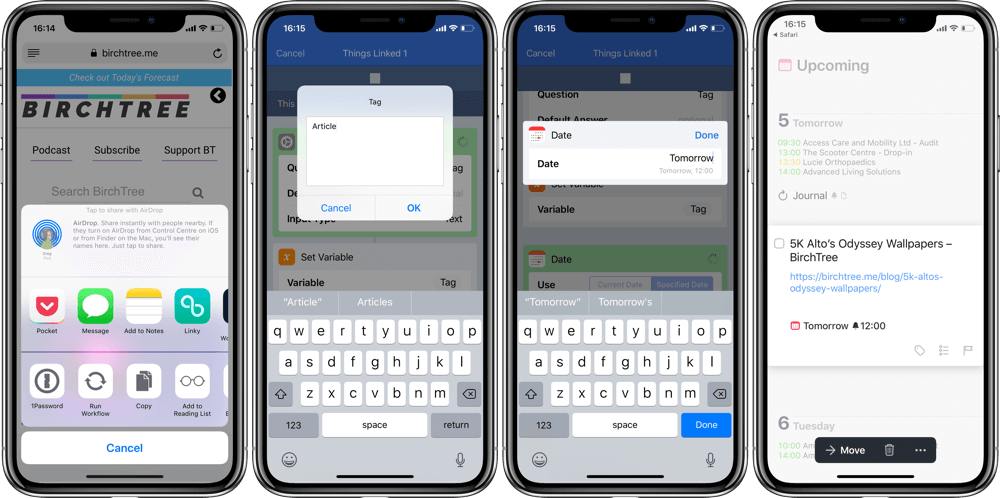 All of the information is then crammed into a URL which might look complicated but is in fact surprisingly easy. Due to the automation features packed into Things 3.4 the URL will open in the Things app and add in your desired todo item. Including article title, website information and of course the URL as a note, so you can pick up where you left off.
All of the information is then crammed into a URL which might look complicated but is in fact surprisingly easy. Due to the automation features packed into Things 3.4 the URL will open in the Things app and add in your desired todo item. Including article title, website information and of course the URL as a note, so you can pick up where you left off.
This simple Workflow is really easy to customise if you wish. I use one without a due date which can be deleted if you want to. You can also create a list in Things for all of these articles instead of adding a tag. Just change the long URL at the bottom to read &list= instead of &tags=.
There is a whole list of possibilities that you could build into the URL scheme if you want to take a look what Things supports head over to their support page. I will be sharing more Workflows as and when I build them so follow along.
As you might have gathered already I have been playing around with Things 3 from Cultured Code. After being a long time Todoist user it has taken a little getting used to, but the recent updates have made the app provide almost everything that I am looking for. One major missing piece is natural language processing, and once you have started using things in this way it is hard to go back.
In Todoist you can input tasks by typing as if you were speaking. For example typing into the entry field “Change the air filter next Tuesday at 8am” will add in a task of exactly that instruction. Where as in Things you have to tap through date and time options for a reminder at the desired time.
 Luckily there is a simple solution, and once again Workflow comes to the rescue. If you haven’t used Workflow before, grab the app (its free) and check out a few hints to get you started.
Luckily there is a simple solution, and once again Workflow comes to the rescue. If you haven’t used Workflow before, grab the app (its free) and check out a few hints to get you started.
Workflow has an in built natural language engine so can do all the heavy lifting for you. I have put together a very simple workflow that will help you along. Grab it from the link above and put it to use, it’s as easy as pie.
The first prompt will ask you for a title for your todo, the second will ask for any notes you wish to ask. Lastly there is a prompt for the date for the reminder. This can process regular dates and also the natural language you desire, convert this into the format Things needs and put it all into the app.
You can customise this as much as you like with tags and projects. For more information on Things URL scheme and automation head over to their support page.
I am now a little over 3 years with the iPad as my computer and nothing much has really changed. I wrote about one year of using the iPad Pro as my computer last year but I started with an iPad Air 2 in 2015. Don’t get me wrong, the power of the iPad has improved, the level of apps has taken a huge leap forward and even the OS is easier to use – but in reality things are pretty much as they were.
There is no shortage of articles proposing inprovements that Apple need to make to improve the iPad. Federico Viticci is one of my inspirations for using the iPad and he is no stranger to mocking up videos and making a wish list for iPad improvements. Yet I find myself in a pretty happy place for my usage, writing and being productive is a breeze on iOS. Most of the improvements requested are for small use cases and perhaps this is the point where the changes plateau or Apple chooses to make drastic changes to the UI.
as great as iOS10 is there are still holes in Apples OS. Thankfully most of these are filled by the rich app ecosystem
With the release of iOS11 Apple made an initially confusing but revolutionary change to multi tasking, resulting in much easier interaction. The “holes” that were in iOS10 have mostly been filled by either Apple or applications – and in this third party echo system the real strides are being made. Professional applications are arriving in the iPad all the time, amazingly capable applications such as Affinity Photo and Working Copyprove the real strength of the platform.
If rumours are to be believed development looks set to become easier with the introduction of a shared development platform with project Marzipan. This could, as many have pointed out, lead to macOS being inundated with Instagram and Facebook. Yet could just as well lead to powerful Mac apps appearing on iPad. Unfortunately there are downsides, and you can be assured that Adobe won’t conform to a sandbox environment.
Adoption of the iPad as a computer is due to many reasons – but they revolve around the powerful hardware, amazing battery life and the ecosystems surrounding it. Despite Apple producing a Pencil and a Smart Keyboard, the innovation has stalled. There are very few accessories that make use of the smart connector featured on the iPad Pro, and third party alternatives are often severely lacking in quality.
In order to push the iPad Pro into other areas, would further development of accessories be required? The hardware is hugely powerful, yet restricted to typing on a keyboard or writing on the screen. Many people have mused about an iOS laptop – this would be pretty easy to achieve with an open ecosystem. Could Apple allow companies to build a dock for iPad usage on a bigger screen? Could Apple allow interaction with a mouse?
They certainly could do lots of things, but would this provide many more sales of devices? The real progress is to be made in applications, not changing the interaction paradigm completely. When Apple featured the phrase “what’s a computer” in their advert they really meant it. There are so many people now using mobile first devices that the traditional computing interface is becoming less and less relevant. There are still things that are far easier to use a keyboard and mouse for, but these things are decreasing all the time.
Leaning the iPad back to a desktop computing model serves no purpose other than complicating matters. The iPad in 2018 should continue down the path it already sets out, the future of computing is coming into sight in a mobile device world. I am amazingly happy with everything the iPad can do for me – long may it continue.
The HomePod itself it deceptively small, but surprisingly heavy. It comes boxed in the usual Apple style – paying particular attention to the experience of sliding off the top and uncovering the HomePod it all its glory. Bar the device itself there is little else in the box apart from a small information card and a single Apple logo sticker.
Particular attention has been paid towards the power cable. The braided cord fitted to the HomePod is not detachable, some seem to think this is user hostile, however you are not likely to be unplugging the unit very often. Should damage occur to the cable, repair will cost you $29. Which is reasonable given that dropping the HomePod itself could prove very costly.
Many people have raved about how easy the set up is for HomePod, as it expands on the same process as with any W1 powered device. Simply power the unit on, and nearby devices will be prompted with a set up card at the bottom of the screen. You will need an iOS device running iOS11 to do this, be it an iPhone or iPad, but did you really expect anything else.
My set up was slightly more complicated, at first try I was greeted with the blank card that has plagued many users. The cause of this hasn’t been established, although seems to be linked to the iPhone X, but I was able to complete on the second attempt by simply powering off the HomePod and back on again.
Pay special attention to these set up screens, because if like me you are using the device for the family. Enabling private information will mean anybody can instruct the HomePod to read out messages and even reply to them. This is pretty transparent in the set up process, but sometime excitement takes over and you simply accept any prompts given you.
The HomePod is first and foremost a speaker, Apple clearly wanted to produce a great sounding device to consume music on. They have been on and off developing the device for a number of years, and the results speak for themselves. I am by no means an audio guru, but the HomePod sounds great wherever you are in the room, and when compared to the many Sonos speakers I have it is noticeably better.
That is not to say that is head a shoulders above everything else. Podcasts and audio books do not sound as good as they do on other devices, but for Music the sound is much more powerful and richer than many other devices. I have noticed sounds in songs that I have listened to lots of times purely from the HomePod audio range. The Verge did a great comparison video on a range of devices and mirrors pretty much my own findings.
Apples ‘smart’ assistant gets a lot of stick, and rightly so. It is considered well behind both Google and Amazon in terms of ability and also parsing information. You will find no arguments here, Apple have a serious issue with being left behind and the HomePod does not help their argument.
If anything it is further evidence of the lack of development that the very first voice assistant has had since being released alongside the iPhone 4s. With that said I have not had any trouble with Siri hearing my commands, even above loud music, and they have pretty much been spot on. Siri is not smart, but it does do a good job of doing basic things reliably. Simple questions such as weather, commanding smart home equipment and sports scores are no issue, but as many people have already commented on, you wont find any abilities outside of Apples own services.
Music is its strength and will often find the correct track with limited information. I have confidence that the HomePod could become an extremely capable device given the computing power inside. However this potential needs to be developed by Apple during a time when software is not its strong point. Siri on the HomePod could become a make or break device, and it is ultimately Apples privacy stance that is holding Siri back. Post CES it is clear that Amazon and particularly Google are pushing their digital assistants as a platform rather than something as a side bar to a mobile OS.
I was dead set on returning the HomePod after I had played around with it. My Sonos speakers have been one of the best devices I have spent money on, and I found it hard to believe they could be replaced.
However given a very small time with the HomePod both myself and the family have been converted. The device has already replaced two Sonos Play:1 speakers upstairs and I will more than likely buy another to replace a Play:3 downstairs in time. This is said with a little resistance, as the HomePod only exists to keep iOS users in the ecosystem and gain Apple Music subscribers. Yes Spotify works in a round about way, but the experience is much better with Apple Music.
Although the smart aspects of the HomePod leaves a lot to be desired, so does using Alexa with my Sonos speakers. There are a lot of features that I feel are missing from the device to make every user happy, however for me the device is more than capable of doing what I require. Apple really needs to pull out all the stops this WWDC and introduce many platform changes to Siri for risk of being even further behind.
The HomePod is fine for me, but may not be enough if you are looking for an assistant rather than simply great sound. Siri, although very capable, feels like an afterthought and won’t please everyone.
After exploring other options to sharing on social media and using Micro.blog I’m stuck. There doesn’t seem to be the perfect option out there to fulfil all of my needs so for now I still to my own blog.
Now comes the issues with posting lots of updates and where they need to go. Ultimately there are a few things I want to achieve.
Since my blog is already built on Jekyll and hosted on Github I set to work to hit as many of these goals as possible.
The main feature of my micro.blog usage was for Daring Fireball style link posts. Short quotes from other peoples articles (linking back to them) and a few words (sub 150) from my self as a comment. I built a Workflow to do this easily on micro.blog so sharing these shouldn’t be a major issue.
Inside your _config.yml set up a collection with a name of your choice. Seeing as this will be aimed at micro blog I went for something easy.
Collections:
micro:
output: true
permalink: /micro/:title
This will mean that posts in this collection will not be posted to the main index page and also not in the main RSS feed. Create a folder called _micro for all the micro posts to go into.
In the main repo create a file called micro.html and set the YAML with a permalink as /micro/index.html. Example below:
—
permalink: permalink: /link/index.htmlThen it’s time to get all of your posts listed, this is pretty easy to do and will ultimately be dictated by what info you will want to see on an index page, the below is the contents of mine. This page will then be found at /micro/.
{ % for item in site.micro reversed % }
{ % endfor % }
I have chosen to only show the title and then all of the content as these will only be small posts. The If item.link is unique to my use case and means that if I set a link in my YMAL front matter the title will link to this URL in a similar vein to Daring Fireball.
The
If in doubt copy the content from your index.html and add in { % for item in site.micro reversed % }.
This might come as a shock but if you’ve got a regular blog people won’t want to read a barrage of micro updates. So a collection and separate RSS feed is a must. This is the easiest part of the set up. Simply create a file called micro.xml and add the following:
—Hello Friends https://gr36.com
{ % for post in site.micro reversed % }
<title></title>
https://gr36.com
https://gr36.com
{ % endfor % }
All of your posts in the Micro collection will now be delivered through this separate RSS feed. So you can set this to post to social media through IFTTT or many other places as you desire however there are limitations.
This is where I fall down. I haven’t found a way to share full posts that are below 280 characters straight to twitter and longer ones as links. I am pretty sure this is achievable however I stopped short when realising almost every one of my posts was way past this limit.
I believe there may be a way to do this with a limited RSS of 280 characters. However in practice this hasn’t worked for me to auto post through IFTTT. If this is a major issue for you then micro.blog is the place for you!
Hopefully this helps with improving your Jekyll site and can be modified to your use cases for collections. I am currently adapting this to add in a few collections so the possibilities are endless.
So. Deep breath and we will begin my attempt to leave Twitter and still be social. Timothy Smith summed this up perfectly when talking about micro blog by saying “I wanted to get away from Twitter. If you don’t get why, that’s ok”. For my attempt I decided that I needed something that would still allow me to share blog posts and BYOD podcast episodes, but keep me away from the cesspool that is Twitter. I just hadn’t decided what this was yet, and Micro.blog seemed my best bet.
I instantly gelled with much of their platform, both not worrying about numbers and the POSSE ethos. This isn’t the first time I have contemplated the worry of owning all of my content. I moved to my own blog for my writing, but this also branches out to Twitter and Facebook. I’m not an artist that relies on their social media for income, but if the service dies one day I’d be pretty annoyed all my tweets disappeared. That is where Micro.blog comes in or in the IndieWebCamp’s POSSE approach : publish on your own site, syndicate elsewhere.
You have all of your content on your own website, and it posts to other services of your choice inside their own restrictions. For example posts over 280 characters need to be truncated for Twitter. Micro.blog has the added benefit of no follower count, no stats and none of the associated stress. The creator Manton Reece specific left out these things so there is no influence and no popularity contest.
For a long time the platform was invite only, with Kickstarter backers getting first dibs on user names. However sign ups are now open and you can be sending micro blog updates in a few minutes. The platform is really easy to get to grips with, although there are in-depth settings to customise the look of your blog and where your posts will appear.
There are already loads of people using Micro.blog to post updates, however they are not easily discoverable. There is a ‘Discover’ tab but this tends to be the same or similar people. Unless people point you to their account or are mentioned by others it is extremely difficult to find them. With that said the platform is less about consuming and more about posting. With the no follower count ethos they have neglected ease of engagement. If users cant find others with similar interests or even contrasting once then engagement is stuck.
With that said the small team of developers are adding in new features all the time. They have avoided the #hashtag and are using Emoji for search instead. The tester is for books, however new ones are planned once usage is established.
The small team of developers has a massive advantage with the fact they can move fast and adapt very quickly. It is very early days for the new platform so new features are coming thick and fast. The small team also offers exceptional support with issues, I even got a personal response from the creator!
Unfortunately there is a downside to only being a very small team, and the quality starts to show when using the iOS apps. This is not the selling point of microblog and perhaps if more apps supported the API (looking at you Ulysses) then arguably the app wouldn’t even be needed. Although it looks terrible everything works and works well.
There is loads of white, or grey, space and I have no doubt these spaces will have things fill it in the near future. The service is still pretty new and the whole point is getting you in charge of your content, so is mainly web based. There are a few other apps that support posting to Micro.blog so some of them may be better suited to your needs.
Information on URL support is very thin on the ground, there is no official documentation although there is an open API.
I stumbled across the callback URL for posting by accident when searching for Workflow examples. To open straight into the app the following can be used.
microblog://post?text=
So you can append test to these to open straight into the app ready for posting. It would be pretty easy to put together Workflows to aid in this, I created a couple and shared them on my micro.blog.
We believe in the IndieWebCamp’s POSSE approach : publish on your own site, syndicate elsewhere. Some of the advantages they list for cross-posting include owning your content, reducing third-party dependencies, canonical URLs, and better search. – Micro Blog
This is one of the things lacking if I tried to build my own personal ‘thing’ that cross posted. I still cant work out how to post things less than 280 characters directly to Twitter and turn longer posts into a linked blog post. Micro.blog does this perfectly, allowing you to write exactly what you feel. Small posts are transferred straight to Twitter and/or Facebook and longer posts are truncated and linked to.
It’s as if you were posting things directly to Twitter, except your not. Major plus that you don’t loose yourself in posts from others, but a major downside if others try and engage with you. This was one of the reasons I finally deleted my Facebook account because leaving a ‘ghost’ account is perhaps not the best practice.
So in reality you end up using both apps, and it doesn’t give you the freedom you may seek. Micro.blog is less a freedom from social media as hinted at, but more about content ownership. Which is the smaller of the two concerns if I had to rank them.
The platform shows great potential with more apps adding support for sharing and reading all the time. The small development has its downfalls with app polish, but makes up for it in brilliant support and emails answered almost straight away. New features are being added all the time so I’m definitely going to keep my eye on it. I’ve eased myself back into Twitter in the mean time.
Apple didn’t apologise for slowing your phone down. Not because of arrogance, not because they don’t care, but because they really didn’t have to. A phone getting slower over time is really not the issue here, the issue is transparency and communication (and perhaps a little bit of urban legend).
As each new operating system upgrade hits devices, the belief is that older devices become unusable to force you to upgrade your device. It’s a tale that doesn’t need to be true, because it is already believed by the masses. Planned obsolescence is a phrase routed in marketing but popularised in modern day through Apple devices. The general consensus is that through Systemic Obsolescence or prevention of repairs, the company pushes you to abandon older devices and purchase a new one.
In fact it doesn’t matter in what way they do it, but to maintain growth they must push users to upgrade. So when Apple first confirmed it slowed down older device with degrading battery performance, and thenapologised for it lack of communication, many people took this as a conformation of what they already believed to be true.
The truth is Apple did this to maximise the battery life users will get from their phone. Smaller capacity batteries and an optimised OS only goes so far. As the battery degrades the capacity shrinks even more, it happens to every phone but most others have much bigger batteries to start with. Unfortunately not communicating that the OS was doing this to aid the user have come back and bitten Apple – Hard.
This is an issue that will run deeper that the tech press and more savvy users. It is one that has already bleed into the mainstream media, and no doubt into the purchasing decisions of average consumers. I wonder how many people will have that feeling at the back of their mind that Apple might slow down their phones. The tech sphere know the reasons, and most seem to understand why they do it. However slowness really isn’t the issue.
You will often find me spending far too much money on productivity apps, but I have another love. Cases are another thing I am never happy with, always looking for the new thing that will keep my pride and joy safe.
Finding the balance point between protecting your phone, but also not adding too much weight or bulk is a difficult choice. Whilst the iPhone X is great and gives me a nice big screen to use one handed, it is heavier than previous models, so adding the official case has bumped the weight up to almost the tipping point.

When my phone took a tumble earlier this year it survived only because of the official leather case. Others would have provided it with similar protection, but it has made me so fearful of a similar accident with my £1000 purchase. I just can’t use it naked for very long. So ever in search of something new I ordered the Lopie Sea Island Corton Series case and here is my quick review.
The only reason I ordered this model is because the Verge adorning it the best leather case, and for £15 I figured why not try it. I wasn’t quite banking on an estimated delivery of 20–25 days though! Thankfully it arrived after 20, well packaged and made of great quality materials. The Lopie Sea Island Corton Series case is covered by a combination of a tweed like material at the top and a leather at the bottom. My particular version is light brown.

I’m not a fan of keeping bank cards, or any other type of card for that matter tucked in the back of my phone. Some people use their case as a faux wallet and store everything in there. However great this seems in practice, it can be extremely annoying when you want to actually use the phone.
This for me is the only sticking point of a great case – there is a card slot in the back of the phone. Where material meets leather, for some reason Lopie made it a pocket. However I have never tucked a card in there, and never will. The small gap is barely noticeable and I struggle to get a finger nail in there to prise it open. Should you wish to use it to store a card or two, I have no doubt the leather will stretch to accommodate this. However once this is done, there is no going back, it will be a pocket forever.

The pouch does mean that there is a difference in height of the two materials. When handling the phone, you will notice a ‘lip’ that takes a little getting used to when compared to standard staple cases. For the last couple of years I have settled into moving backwards and forwards between an Apple Leather case, and also an Apple silicone case. So having any difference in texture felt strange to start but an easy enough compromise.
The leather strangely ads a certain slippery feel when compared to the grip of the material at the top. However I have every confidence the leather will age well, and some doubts that the top of the case will do the same. The case will provide a good level of drop protection but the material will definitely suffer should it happen outside.
The designers have offset the grey fabric against extremely tactile if a little garish buttons. They compliment the colouring of the leather reasonably well, however highlighted handset buttons seem to be the in look at the moment. With that said they are sturdy and offer reassuring clicks when pressed, something missing from most cases around this price point.
This is a great case for the price point. It offers luxury akin to the official Apple cases but at a fraction of the price. It will take a while to get to you, but it is definitely worth the wait. The attention to detail on the buttons and also the second sim and ejection tool pocket found inside the case, all lead me to believe in the workmanship gone into the Lopie Sea Island Corton Series case.
More than anything, this case has made me realise how much I would love a case made of the fabric material. Google did a great job with the Pixel case, and I’m hoping someone will make one in the very near future. However this case is one of the best I have tried. Stylish and comfortable to hold without much bulk.
You can buy the Lopie Sea Island Corton Series case in Light brown from Amazon, it is also available in Coffee Brown and Dark Brown. If you are using the iPhone 7 or 8, fear not as they are also available in Light Brown, Dark Brown and Coffee Brown.
I can feel it once again, the stirs of urges that are controlling my habits without any conscious thought. All the billions poured into research and development, all the hours of design and engineering are working. All simply to keep me picking up the computer in my pocket.
Although many claim these issues do not exist, I can tell you for a fact they do and I can feel it once more. The word addiction stirs up some powerful emotions. The thought of smartphone addiction brings with it the notion of someone weak that is simply not strong enough to put down the handset. It labels those as a sub class, with overtones of snark. Yet we are ALL those addicts.
Any moment of boredom and the hand reaches into the pocket and out comes the warm glow of pixels and hits of dopamine. For the last few months I have been aware of these effects, consciously fighting these feelings of behavioural addiction. It is only once you stop doing what is almost normal you can observe the behaviour of others around you. Much as a ex-drug addict can observe minute clues in those still fighting addiction, I can not only see the changes in others, but in myself.
Recent studies suggest the most compulsive behaviour we engage in has to do with cyber connectivity; 40% of us have some sort of internet-based addiction — whether it’s checking your email (on average workers check it 36 times an hour), mindlessly scrolling through other people’s breakfasts on Instagram or gambling online. — Fatima Bhutto, The guardian.
Since purchasing the iPhone X, I have been using my phone much more then I want to. I can feel the itch that others must feel. In order to justify my expensive purchase, and as well as enjoying a new purchase, I have been using it much more than previous phones. With thanks to unethical app design and a gloriously immersive screen, the behavioural addiction has returned.
I find myself reaching for my phone when I have no need to. The itch returns at ridiculous times and requires conscious thought to stop. My mind is simply reliant on having something to entertain me, even when there are many other options. I am not some weak minded person to be dismissed, although I feel that way. The only reason I feel these things is because I have broken the cycle once before. I must do again, and so should you.
I’ve been toying with the idea of journaling for a long time. I’ve started jotting things down several times, but never really got the hang of it. Although I liked the idea of having a physical diary of my thoughts, I was always worried it wouldn’t stay personal. So a digital version seemed like the only way and thats where Day One comes it. Helping me to journal as much as I like keeping it safe and secure.
The version in current use is actually the second iteration by developer Bloom Built. Even this iteration has existed since 2016, so this is not a new app or service. Many users have been on a steak for years, and the app is constantly being improved and updated. I’ve been using it on and off for 3 years to store some thoughts, as well as setting up IFTTT recipes to capture my Instagramand blog posts. However over the past few weeks I’ve been using it daily to capture my thoughts and feelings to much benefit to my mental health.
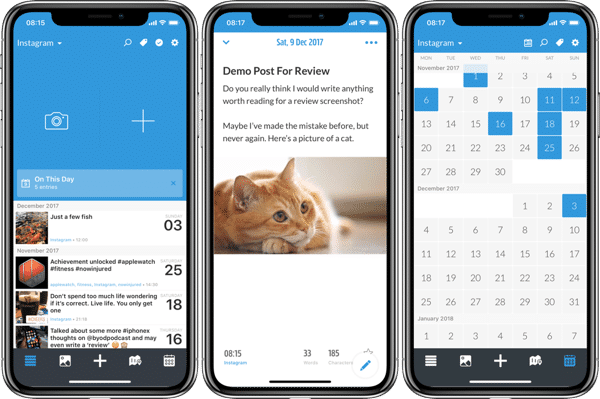
The design of the app is extremely easy to understand and dare I say it very pleasing to use. If you wish to make an entry simply tap on the cross in the main area or at the bottom of your entry list. The icons at the bottom of the screen are a little confusing, from left to right you have the option to quickly change journal (you need a plus or greater to do this), filter image moats, make an entry, show the locations of your posts or bring up a large calendar.
Once you get the hang of these they become natural but certainly could be be more clear. For example you can also change journal in the top left of the main screen, so why you need two options is unclear. However a small UI confusion can be forgive because the rest of the interface is very clear and easy to use. Tap either cross to make a post and begin your journaling journey.
In the entry screen you can add in text formatted as you desire with headings and other styling. You can also add in photos already taken or capture you own straight from the app. Many other apps I have tried prioritise text entires above anything else, but with Day One I have clipped in images that have caught my eye, and many that have displayed my current feelings in an image. If I simply want to enter a location for me to expand on later, I can open the Apple Watch app to drop a pin or dictate a quick entry.
 If you wish to post your entries to other platforms such as a blog there are several export options through the share sheet.
If you wish to post your entries to other platforms such as a blog there are several export options through the share sheet.
Those wishing to capture every inch of their lives can also automatically add locations, current weather, tags and even your activity data to journal entries. Don’t worry if this is too much information for you to give up because not only is syncing encrypted between devices (Premium required), you can also secure the app with passcode or TouchID/FaceID.
Day One has adopted the subscription payment model that causes so much divide in opinion. I purchased the app before this move so I get a slightly different level but for new customers you have a choice of level.
The App is completely free to download and use. You can journal away and never pay a penny. With the following features:
Users can then upgrade should they wish to add in extra features. This costs $34.99 USD/year or $3.99 USD/month. For this price on top of the free features you shall receive:
Although a subscription service always proves to be controversial, most users simply do not need to pay anything. Day One offers fantastic value for money for those wanting to get started. Users can to dive straight in and start filling in a journal with unlimited entries including one photo for free. Only if you require multiple journals, syncing, or access to the Mac app will you need to spend any money. Providing that you use iCloud backups when you get a new device, you won’t even need to worry about syncing to the cloud.
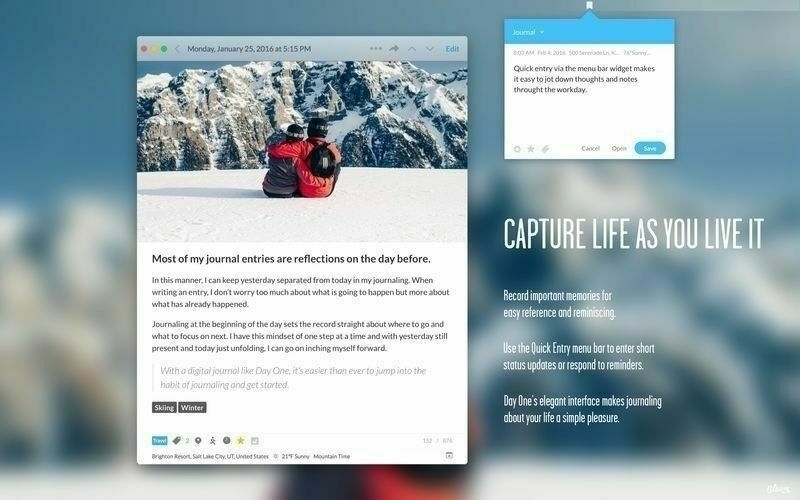
Day One has great support for third party API use and also URL schemes for new entries and opening into specific areas.
Create Entry with Text dayone://post?entry= Create Entry with Tags: dayone://post?entry=Hello Self&tags=My Tag, Test Create Entry in Journal: dayone://post?entry=Hello Self&journal=Day One Create Entry with Clipboard Image: dayone://post?entry=Hello Self&imageClipboard=1
This will allow you to use use shortcuts in Launcher or Launch Centre Pro. IFTTT support requires the paid upgrade, however the API only works as a write API, there is no read API. So support is limited to ‘THAT’ rather than universal usage. I have asked Day One for expanded support, and it isn’t on their roadmap as yet.
There are also a wide range of tools available for Day One, ranging from Todoist scripts to importing entries from other apps. So you really can dig in and make Day One the centre of your daily routine.
In contrast to every other app I have reviewed in the past, the conclusion for this app split into two areas. The benefits of Journaling regularly have paid off on my mental health, and allowed me to write down the way I am feeling without the worry of those feelings being exposed to anyone else but me. There is also the conclusion of using the app itself.
Day one provides the opportunity for you to use the app completely free of charge and reap the benefits. I have used other Journaling options and dismissed them straight away due to ease of use. There are no such issue with Day One, the app is really easy to use, and is very well designed for the most part. If you want to start journaling, look no further than the Day One.
On a recent episode of Bring Your Own Device, I was adamant that the recent control centre indicator was a weird bug and would soon go away. Yet here we are with iOS 11.2 now public, and it’s still there! The reason I was so sure is that Apple has never relied on indicating things more than once – the reason I was wrong is that Apple doesn’t seem to know what they are doing any more.
There appears to be a massive issue with consistency in Apple Software. Pick up any of this year’s new devices running iOS 11 and swipe up from the bottom of the screen. The three current devices all do entirely different things for this one gesture. A swipe up on the iPhone SE, iPhone 6s, iPhone 7 and iPhone 8 (all currently sold be Apple) accesses the Control Centre and has done since implementation in iOS7 back in 2013. Perform the same gesture on the iPad and you will be treated with a floating doc of apps, or the multitasking screen, depending on the length of your swipe. Pick up the new iPhone X, however, and you will go to the home screen or invoke multitasking should you pause slightly at the end of your gesture. This isn’t an issue for most of us, but the inconsistency leads to some frustration when moving between devices.
Apple has slowly backed away from teaching users with its UI design. Gone is the “Swipe To Unlock” bar that Steve introduced with the first iPhone, replaced simply by “Swipe To Open” should you pause long enough on the lock screen, and it looks like you might need help. So ingrained is the swipe gesture that everyone seems to know what to do. Yet so many people couldn’t find the Control Centre, Apple needed to place a line as a little hint. The line doesn’t say anything, or indicate anything, yet there it is. A now constant reminder that a swipe up from the bottom may not do as you expect depending on what device you have in your hand. Say what you will about the inconsistency between Android devices, but the toggles and navigation buttons are always in the same place.
Granted, things might look a bit different, but most UI elements do the same thing (bar the back button) and users can move pretty easily from one device to another. Perhaps as the current device lifespans progress, all models will adapt the same gesture-based UI. However, if there is one thing Apple like, is changing things for no good reason. As a page-based Control Center became a weird one-page mess, there’s now no telling how you access it.
Posts from The Verge go from the brilliant to the absurd, but one call to arms is perfect for the new year. Vlad Savov has declared his independence from MicroUSB and I wish we could all do the same.
USB-C connectors are sturdier than MicroUSB, they’re now more common among the very latest tech, and they’re only going to increase in prevalence and importance as time goes on. My way of simplifying my life in 2018 will be to just embrace and demand USB-C. I’m ready to let the old MicroUSB standard go, and I suggest you do the same – Vlad Savov, My new year’s resolution: no more MicroUSB
Thankfully it is only headphones that are the sticking point to make the Apple eco system free from of this elderly port, but I can’t work out why.
I really thought we had made a leap forward with the Beats line. Since being purchased by Apple they held onto MicroUSB for a while but then the BeatsX arrived with Lightning and all was right with the world. Granted this wasn’t USB-C but it was a dam site better than a connector from 2007.
However the PowerBeats3, Beats Solo 3 and brand new Beats Studio 3 that followed are still equipped with MicroUSB. Perhaps Apple are reluctant to put Lightning into every Beats headphone, but there is absolutely no reason to still be using a Micro USB port on £300+ headphone released in 2017. This is especially true when considering the early push into USB-C with the MacBook Pro.
It’s arguable that we are taking about Beats Headphones and not Apple. It is unknown how much of a free entity the company really is, but given Apples ownership and advertising push they can be considered first party accessories. A whole load of accessories which Apple seem to be lacking courage with and need to push forward so we can do the same as Vlad. Down with MicroUSB!
The Verge summed it up perfectly in their post “Apple’s had a shockingly bad week of software problems”. Apple have had to twice fix a glaring bug with macOS allowing access to machines, and also date related reboots on iOS. It’s something that is becoming increasingly hard to stomach for users that have come to rely in the robust nature of the products coming from Cupertino. Unfortunately it also appears to be getting much worse.
It seems as though inherent traits appear the larger and larger that Apple become, and isn’t a uniquely Apple situation. The deterioration of Software standards and hardware filled with compromises resembles those of early 2000 Microsoft. Mix one large corporation with shareholders to satisfy, remove strong leadership and the result is a company that is removed from its user base. When you become more and more insulated from the outside world, and more and more people around you are simply employed to do as they are told, then you get less and less feedback.
Studio Neat have spoken about simular issues when talking to Myke Hurley. They used Kickstarter successfully to not only fund products but also gage the reaction to them. Outside input is detrimental to making products that people actually want and not those that the team thinks they want. This will have been further impacted by Apples attempt to “double down” on security which no doubt asks for much less external input due to the fear of leaks.
As a slap in the face, the vast majority of hardware leaks have come from inside Apple. I have no doubt that Apple listen to feedback, but how much can they really implement when the culture is so closed. Such is the trade off with using Apple hardware that you MUST be beholden to their decisions. If they begin to make wrong decisions, or those that are removed from what the user base really needs, then they have a serious problem.
There is a lot to be said about bugs being reported on social media and the actually severity of them, but these two bugs are inexcusable errors. I am one of the lucky ones, none of these issue have plagued me yet. However if I rely on my phone and the fact someone coded the wrong date won’t allow me to make important calls, I will soon be looking for an exit from the ecosystem.
It was long before the Apple Watch existed that I first slapped on a smarter wrist watch. As Garmin, Nike and Samsung were pushed aside for an Apple Watch- just one thing remianed. They have all pushed me to exercise better by keeping an eye on what I’m doing and giving me a kick when needed. Now that I’m using the third iteration of the Apple Watch, I really think it’s time for a rest.
By ‘gamifying’ activity Apple have found the market that really matters, getting more and more people moving inevitably leads to taking over the wearables market. By doing so they have also implemented one of the most dangerous and addictive trends in fitness – streaks. Despite its popularity, this highly addictive pursuit of keeping the streak going can get people into trouble very quickly.
There is even a United States Running Streak Association (USRSA), which tracks people that run at least a mile a day “without the aid of crutches or sticks”. Adam Alters book Irresistible recounts several people that have gone to obscene lengths to keep this streak going, it doesn’t take a genius to work out why this is actually pretty bad for your health. The fact that USRSA needs to state you can’t use any aids should be warning enough not to start!
Streaks uncover the major flaw with goal pursuit: you spend far more time pursuing the goal than you do enjoying the fruits of your success. – Irresistable, Adam Alter
The pursuit and desire to exercise should come from within and not to make sure the yellow and the red line make a circle. Enjoyment and forfillment are one of the most important aspects in exercise and help immensely with improving mental heath.
Continuous activity is all very well, as long as it is sensible, and all the checks and balances are in place. If you’re injured, sick or just have more important things to do should you really be pushed and prodded to exercise?
Well that depends how sick. According to study in British Journal of Sports Medicine you should be fine pushing to your goal if it’s just a runny nose. However anything else should be treated with a few days rest along with at least a doctors visit. So iOS really shouldn’t be pushing you to exercise when you’re in no fit state to do so.
However keeping that streak going can be addictive as scrolling through social media. A couple of notifications with ‘motivational’ prodding could see some people heading to the gym when they really should be heading to bed. Rest and recovery is as important as the exercise you are completing. Doing too much is a recognised condition, and Overtraining Syndrome (OTS) can lead to reduced immune system, physiological and mental health issues.
Hitting a move goal of a few hundred won’t lead to OTS, but the Apple Watch pushing you onto a higher and higher goal will. No one should be hitting their move goal everyday of the month. That is unless you are blazing past it 5 days out of 7 and just achieving it the other two. Unfortunately it seems Apple doesn’t want you to do that, achieve your move goal well and it will push you on to a higher and higher on. Whilst activity perusing a perfect month in September it pushed me from a 600 goal to one over 1000.
If Apple want to do the best for their users, they must consider a rest day option in next years watchOS update. The option should exist for users to mark at least one day from 7 as a rest day and be pushed towards 1/2 of their usual tally.
This option is available already in a fashion, but is buried away behind a force press in the activity app. Users would be better served with the options being available from an Activity notification or clearly marked Rest Day. Doing so will enable those that have been pushed a little harder to achieve their move goal to get the rest they need, and also still allow those addicted to the game to keep the streak going.
There clearly needs to be limits set, there is no point users being able to mark every day as rest – however this could easily be linked to a set activity level or the move goal itself. Low (one rest day), High (two rest days) or any combination based on types of activity and stand hours.
Keeping people from sitting is vastly more important than provoking slightly more exercise. However sitting down and resting one day a week would be best for all of us.
Whilst I have never been overly motivated to have a portrait mode capable handset. Now I actually have the iPhone X I have enjoyed the odd occasion of trying out the feature. It definitely has some issues, especially using the front facing camera, but does get some great snaps. With that said I think Apple could do much better, and I can’t be the only one.
Self titled Apple analyst Rene Ritchie was critical of the way Google’s Pixel phones capture portrait mode shots. Although I can see the issue he is getting at, I think in many situations Google’s way could be better than Apples.
A picture should be as easy to capture as possible, and the increasing amount of camera options are getting in the way. The view finder is already cramped, and has not taken advantage of bigger screens on the Plus models and most notably the iPhone X. Apple lay out numerous camera options for live shooting, a few of which can be condensed or removed. Does the portrait option really need to be a shooting option? Also who shoots in ‘square’ any more?
The Pixel way of applying the filter afterwards could be easier achieved and applied like HDR mode. The camera could and should be more intelligent and workout that this particular shot is a portrait and give me both pictures on the camera roll. Apple certainly has the ability to do this – according to some, Apple is yet to take full advantage of the huge potential inside the A11 Bionic chip.
I understand that it’s natural for those that have been using iOS devices for a number of years to think the Apple way is the best way. Settling on this decision simply because it’s the way you are used to is closed minded at best. In the case of portrait mode I think the ideal position is somewhere in the middle. Some indication that the image you are taking will create a portrait shot, but the processing and optimisation done afterward.
Users shouldn’t have to decide which ‘scene’ to use, or wonder if their snap will come out ok. Apple and others should be making these decisions for us and streamline the time from deciding to take a picture and pressing the shutter as much as possible. The options should indeed be there for those that want to tune the images to their liking. However in a similar vein to all point and shoot cameras, Apple need to develop a robust ‘auto mode’ and do all the hard work for the user.
Matt Birchler has been digging deep and comparing the differences between Apple and Google between portrait mode approaches and it leads to some interesting comparisons. The great thing about Googles approach is that it will get better and better over time with little input from the user. Using services such as Google photos (unlimited back up until 2020 is given for free with the Pixel 2) will clean up and improve the images over time. As always with anything Google there is a trade off with privacy, so for Apple any improvement would need to be done on device.
Portrait mode can be improved over time, and it is clear Apple are going all in on the dual camera so their attention must turn to improving the experience and the processing. Only then will the iPhone really catch up to the Pixel for ease of use.
Since collecting my iPhone X from Appleon release day, my impressions of using the device have gotten better and better. The size is perfect for me, splitting the difference between a smaller phone in my pocket and a larger screen to get things done. However the one huge sticking point in my enjoyment is Control Centre.
The notch has proved to be the most controversial design choice of the year. Yes it allows for more screen space but still packing in loads of new technology, but it also splits the status bar in two. Swiping from the left side brings down the cover page, and from the right reveals Control Centre. There is no way to change this so if you use your phone left handed you are in for a particularly palm stretching experience.
Whenever I stretch my thumb over by awkwardly shifting the fragile bit of technology in my hand I am immediately reminded of the Apple ‘thumb’ advert.
The demand for larger screens has meant Apple had to drop its previous stance, but without doubt this has lead to trade offs. Reachability is a work around for reaching areas of larger screens, but there is no denying that you must accept these trade off when choosing to use a larger device. With that said Control Centre is without doubt not one of these trade offs. The whole concept of this is to have toggles and quick launch options available quickly and easily.
It can no longer exist as a swipe up from the bottom as in previous generations, because this is now the gesture to go home, but even Android tried this interaction and it didn’t work then. The question is, where exactly could you put it?
There have been lots of options suggested for an easier accessed control on iPhone X, and it is clear Apple had other options on consideration. Guilherme Rambo uncovered a demo video inside the Tips app that showed the Control Centre as a page inside the multi-tasking view.
This would make it easier to access when using the phone one handed, but also add in extra gestures in order to access the ‘quick toggles’. Users would have to swipe up and pause (or another of the hundred ways people tell you to do it), then swipe over to Control Centre and then access the toggle they wish.
The best idea may be to adopt the same UI as with the iPad and build the toggles into the multi-task view. The app previews do not need to be a large as they are, and there would be plenty of space to add in extra content. The only downside to this would be access from the lock screen – so a quick fix isn’t easy to come by.
Lets hope I just become more used to Control Centre being more difficult to access, as let me honest, if the notch goes away in the next couple of generations then it will have to change AGAIN!
When Apple launched the Apple Watch, it was greeted with confused emotions. It tried too hard to be everything to everyone, however from watchOS 2 onwards the message has been clear. Notifications and health monitoring are the major benefits to everyone, recording activity levels and making users more engaged. Unfortunately from time to time the health data recorded is incorrect.
iOS should intelligently work out what device is being used and count from one device at a time. So for example if you have your iPhone in your pocket, but are also wearing your Apple Watch it will count steps from only one device. If you then put your phone down but keep walking, data is still recorded. However not all devices are equal, and iOS prioritises some more than others. If it values your phone above your watch, things can sometimes go a little wrong.
Thankfully there is an easy fix. Open up the Health app on your iPhone. Then tap the red Activity square. Tap ‘Steps or walking distance’, and then ‘Data Sources & Access’. This will give you a list of all of your iOS devices that are recording health data. This could be filled with every device you have ever used, so could be a confusing mess.
In short, make sure all Apple Watches are above all iPhones. I have a huge long list of devices old and new – so I taped edit and moved all of my Apple Watches to the top and all iPhones after. This will make sure Apple Watch data is recorded at all times, unless it is not on your wrist. This should make your steps counts and activity levels much more accurate. Although if things are still not being recorded correctly you may have to look at other options – if in doubt speak to Apple directly.
As a side note don’t remove any old or duplicate devices as this will remove the historic data from your Health app.
For a long time the big blue F was my main social network for communicating with people, keeping up to date with news and just receiving boredom. However for the last few it has been left gathering nothing more than automatic posts and links because it really is a horrible place to spend much time. I’ve finally deleted my account for good, and not for the reasons you might expect.
There are may reasons to ditch Facebook. Huge concerns with the privacy of all of their mobile apps, their apparent disregard for their involvement with fake news to name just two. Although it was a recent podcast from Note to Self that made me dig through the settings and find the delete account option. It introduced the concept of Ghosting to me, a term that epitomises the don’t care attitude of modern society.
Where a person simply ignores a person that they don’t want to talk to any more.
This refers usually to online dating, but I didn’t want people that I was friends with on Facebook to think I was doing this to them. I’ve missed messages and comments on photos that I have not replied to, simply because I don’t log in any longer. All most posts are from other apps such as Instagram or IFTTT recipes. Conversations regarding a message someone sent me that wasn’t replied to are uncomfortable to explain, and I simply don’t want people to think I am treating them as if they don’t matter.
It’s very easy to miss understand intentions without visual clues so it’s completely reasonable friends would think I’m blanking them when people treat others as if they didn’t exist.
If we’re friends on Facebook I’m sorry for not being there any longer, however I haven’t been there really for a very long time — I was just a ghost.
After picking up my iPhone X on Friday it was immediately apparent that the new Apple device is not going to be everyones perfect device. Despite sporting a fantastic 5.8” OLED screen, the iPhone X is going to frustrate users of Plus model phones – and there is still a huge case for the iPhone Plus.
The bigger sibling of each model of phone since the iPhone 6 is a love it or hate it device. There was initially a massive sales boost from those that looked at larger screened Android device with envy. Yet as bezels slimmed and handset footprints declined, the Plus was still a hulking great device. Apple gave the Plus a further selling point by upgrading the camera to a duel lens system with the iPhone 7, but adoption still slowed.
Since even before the iPhone 7, rumours have pointed to Apple ridding users of the home button and filling the device with screen. Many users waited with baited breath for Cupertino to deliver this promice. Thought it was another year before they released a redesigned and truly modern iPhone.
Even though the iPhone X is a truly great handset, there is still a massive case for users to buy a Plus model iPhone instead. Infact, bar the OIS fitted to the zoom lens, the iPhone 8 Plus is pretty much the same as the much more expensive iPhone X. Users that previously used a Plus device stand to miss out on a much wider and spaced out keyboard, and many landscape features.
Compared to its regular sized sibling, the usable screen size is much taller – but compared to the Plus model many users are going to be disappointed. It goes without saying that the taller aspect ratio is easier to hold but at the cost of a much larger typing space on the keyboard and well spaced out websites and apps.
There is no denying the Plus model phones are huge when compared to most modern handsets. However Apples insistence on using a wider screen won its self millions of fans. Unfortunately hanging onto a dated design a little too long may have lots it many more.
The iPhone. X is a brilliant mix of modern design, bigger screen and smaller bezels – but there is still a massive argument for using an iPhone 8 Plus. Don’t be swayed by marketing and Social Media hype. The iPhone Plus may just be better suited to you.
Find out more of my thoughts on the iPhone X in BYOD 26.
As you may or may not know I don’t bother writing reviews anymore. There are hundreds of great videos and long form pieces out there to satiate your appetite for that kind of thing. However I usually share my initial thoughts on using new devices – and here are mine on the iPhone X.
This unwillingness to spend hours wiring a full review is further exaggerated by the hype surrounding Apples new device. There isn’t much to write that hasn’t already been covered in one way or another. The hardware is top notch see what I did there) but I didn’t expect anything less. Apple’s design compromises and hardware choices may be questionable now, but their ability to make a customer feel happy they are spending lots of money is undeniable.
The phone itself is another step forward in quality feel from previous iPhones. The use of polished metal and glass makes for an extremely premium feeling device. Anyone that handles it will feel like they are touching a thousand pounds worth of device. Using these materials does have a trade off in weight, the iPhone X is noticeably heavier than similar devices, this is without doubt a reassuring feel but it hurts my pinky when adopting my usual grip.
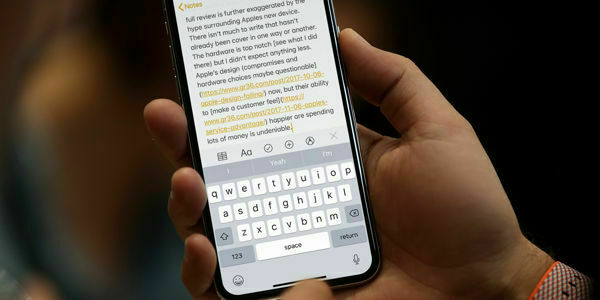
The 5.8” OLED display dominates the front of the phone, this is no more obvious than when first powering on the phone. The white screen of the setup screen creates wonder and intrigue from the very first second. Combine this with the boost in resolution to 2436×1125-pixel resolution at 458ppi and the True Tone technology you have a device that not only looks but feels like the future.
Of course it isn’t, this is Apple playing catch up to the Galaxy S series but for an Apple user the brightness of an OLED that keeps the Apple colour accuracy tremendously improves the experience. Even in bright sunshine the screen is bright and easy to view.
The usable area of the handset is going to frustrate users coming from a iPhone Plus model, the keyboard does not have the space that the wider handset provides. Although I have found the device fantastic to use, I often write on my phone and have found it a much better experience than my previous regular sized iPhone 7. Apps and webpages are much more suited to a taller display, meaning the keyboard is a little taller and raised slightly towards the middle of the phone than previous models.
There is without doubt a blue shift when looking at the screen at very acute angles, it remains to be seen about burn in – but these are just the ofset things about OLED screens. The screen is stunning in every situation and the notch disappears almost instantly and is a complete non issue.
The notch allows for one of the most controversial features of the new phone, FaceID. By removing the home button and going all in on FaceID Apple have changed the way you use your phone. I am not a massive fan of this shift in authentication however it has meant that being more secure has faded into the background. It has worked flawlessly for me, all meant that I no longer have to think about pasting in passwords from 1 Password or entering secure apps.
As stared of for this, using the device flat on a table is slightly more awkward, and holding the device pointing at your face needs to become a habit. Going forward I have no doubt that this will improve, however as it stands right now it is absolutely fine.
The true depth camera has also allowed for portrait selfies, which works as described and also animating your very own emoji. Animoji is a unsurprising hit, if a little annoying for those that don’t have an iPhone X. I have no doubt this fad will run out of steam, but at the moment it is a enjoyable way to communicate.
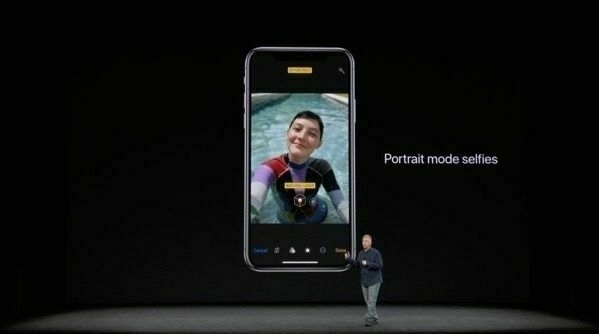
I wouldn’t go so far as to say I am disappointed in the camera, but it doesn’t offer anything over the camera on the iPhone 8 Plus. It does feature OIS on both of the lenses but I am yet to see any benefit to this. Zoomed images are still noisy and fail to capture quite a few snaps I have tried. I still default to using the wider lens and getting a bit closer, which is a real shame.
Focus also takes quite a long time to action, I feel the camera app itself is not intelligent enough for a modern smartphone and wonder if it is trying to do too much before taking a snap. Perhaps adopting an post processing model would make the experience better – and for the love of god please do something with the increased screen size!
Not even a week since getting the phone I would say I am very pleased with the phone overall. It doesn’t change the way the phone is used, bar the new gesture based navigation. This still takes a little too much brain power to remember, however this must remove ten years of muscle memory so I have no doubt it will sink in soon and feel natural.
Fundamentally it is still an iPhone and those that are Android users are not going to be attracted. However Apple have caught up to the pack now and sell a modern smartphone. For someone so on the fence about buying the phone I am very glad I did. I am not sure those that purchase their phone outright and have a modern iPhone should rush to upgrade, however if your in the market for an upgrade look no further than the X.
Don’t worry. Nothing PG here. Merely the fact that at any hardware launch it’s important to really appreciate the lengths Apple go to to make the phone feel the best it can. Even while picking the phone up in the Apple store I am steered towards the cases that are marketed in a colourful display near the back of the shop. Clearly cases have become a necessity – but I’ve spent at the least the first few hours with the phone ’naked’.
Since the iPhone 6, all of the hardware has looked it’s best nestled in a case. That’s not to say that it isn’t nice workmanship, but the camera bump has signalled the need for some neutrality. A case equals out the depth of the phone and means everything sits flush once again. Cupertino are no longer hiding the appendix, and in actual fact leaning in quite a bit. However the fact is it feels better in a case, I really wish they would thicken the device inline with the bump and add in some extra battery – but Apple like to design small packages.
Darryl Baxter pitched this idea to me when he got his iPhone 8 Plus, so this time I’ve made a conscious effort to really appreciate the design effort gone into producing the device. Using it case less is a revelation, appreciating how much smaller and lighter the phone is, using it as Apple intended. Apple design may not be leading the pack as it once was, but they sure know how to pack loads of tech into a slim device.
Unfortunately I have the Space Grey version that shows finger prints like you’ve been eating KFC. Not to mention the extremely high prices for damaging your shiny new handset. Apple repair prices for the front glass is £279 and replacing the back glass complete with wireless charging coil is more than £500! So even at £200 Apple care + might be a worthwhile investment if you plan on living naked.
So my new iPhone X is tucked away in its leather case and no doubt will stay there – but it was a nice experiment.
The once relied upon tech journalists that influenced purchasing decisions are up in arms that Apple let some lesser known people be the first to release their videos.
Videos by channels such as Booredatwork.com, UrAvgConsumer and even streetwear channel HighSnobiety have made traditional tech reviews act like entitled rich kids. Quite a few You-tubers were invited to what appears to be Apple stores and allowed to release their videos a day or so before everyone else. This is a huge achievement and great recognition of a changing media landscape. Yet those having to wait until later in the week to publish theirs have a huge issue with it.
Recode described the videos as “a little braggy”, and criticised them for the fact they “don’t feel like gadget reviews at all”. Indeed these are not reviews you are looking at, they are hands on videos. Made during a few minutes with the devices (around 45). Most of those complaining have already had the luxury of attending Apple campus and sitting though the keynote as well as handling the phone already. Not to mention the luxury of more than a week using the iPhone X – but are they too blinkered to see these things.
Videos such as these won’t replace reviews from large publications like Arstechnica and The Verge, but supplement and add to them from a completely different angle. Subscribers to these channels are seeking real opinions on questions they have about the device. They don’t care about flashy effects and top notch editing, they want real opinions and lots of them.
An honest opinion that isn’t pressured by the fact that Apple gave them a device FOC. Or that a certain amount of clicks need to be achieved to balance the books. The vast majority of us had to spend a lot of cash to buy one, and will still review the device because we enjoy doing it.
The time has come to face the fact that “YouTube channels you’ve never heard of” have a much more relevant opinion than many tech publications. Most are not wrapped up in their own bubble of self importance they miss what is in front of them. They tell the tale of what it is like to use the device, if only for a few minutes, and don’t get bogged down in this CPU and that Screen.
With that said this isn’t the time to start being snarky back. The claims that you are the “future of the media” can wait for another time. Those that got hands on should be proud of their recognition and feel humble. Keep doing what you are doing but most of all – enjoy it.
Since pretty much the dawn of time we have been looking for ways to make sure we are different from each other. Understandable when you’re competing for limited terrain or food sources, yet we still do it whilst wrapped up in an easy existence.
What once was tribal warfare, evolved into splitting ourselves based on arbitrary drawn country borders, and now the lines are draw over some of the most stupid reasons you could imagine. So called ‘Fanboys’ are nothing new – Mac Vs PC, Xbox vs Playstation, Nintendo vs Sega, the list goes on and on. Yet the venom and vitriol spat by some people because they use a specific mobile phone is just stupid.
It only takes one issue to pop up on either side of the iOS / Android fence and it brings the worst out in people. Matt Bircher’s “Birchtree” podcast started this off with his talk about Android hating tweets in his time line, and I had an interesting debate with Paul on the Snappytech podcast. I try really hard to not be biased towards one system or another, and understandably it is hard to not get carried away – I just wish others put in the same effort.
People are so emotionally involved in protecting their mobile phone operating system it borders on bazaar. Yet the weird thing is I kind of get it, the need to belong to a group. The feeling that others share your common interests and beliefs is one of the most powerful things a human can experience. How exactly do you think extremist groups get people do weird and crazy things for weird and crazy reasons?
“I’m a missionary,” says Thorne. “For me, it’s about being super passionate and super knowledgeable about their products, and not leaving that passion at the door when you leave work. You preach it all the time.” – Thorne, Microsoft Fanboy
Hey, one of the most important things to me is my family #TeamMorris. For exactly those reasons, these are people that will love and protect me whatever the circumstance.
With that said, why are we intent on seperating ourselves out. Just because I am born here, doesn’t make me any different than someone born the other side of the world. We are all exactly the same except for the lives we have led up to that point. It makes zero difference based on skin colour, language we speak or where we live so why exactly is my opinion rubbish because I use one phone and you use a different one?
There is no pretending I use Apple products – almost all of them. However I have made a choice to do this because they fit in the best for me. The rate of Android and Apple fans that are over the top biased towards one thing or another is troubling. As Matt said in his podcast if you’re just a voice for one brand or another it simply makes you a much less interesting person to follow – so maybe that’s exactly what people will start doing.
For the last few days my Twitter feed has been awash with comments about the new Google Pixel XL 2 (or the Pixel 2 XL, I forget!). All of a sudden Android writers have split into two camps. Those that criticised the poor quality screen, and those that lept to its defence. The truth is usually somewhere in the middle, but this screen debacle is only the tip of a very worrying trend creeping into manufactures.
Almost the whole industry seem to have adopted Facebook’s mantra of ”move fast and break things”. Quality has taken a back seat to producing a product at least once a year, shipping it almost to the day of the last version. Google appear to have pushed out a phone with sub par parts, when in reality what they should have done is hold on a little longer and produce a quality handset. Unfortunately though this rush is not just portrayed by Google
Even the once highly held ‘Apple quality’ badge is starting to slip. FaceID and the notch seen in the iPhone X have a more than passing feel of a rushed production cycle. Many Apple users have been very vocal about the need for the company to really deliver a great new design this year – and we are left with compromises. The main worry is that these oversights will also be present in production quality, because Cupertino is also dropping the ball with its code.
Apples software has been on a downward trend for a while, suffering what appears to be the rathe of impatience even more. iOS11 has been highly criticised as the most buggy release ever, and High Sierra is not far behind! Luckily these kinds of issues can be fixed and pushed out reasonably easily. However using sub par components tends to get found out pretty quickly – just ask OnePlus.
Is there a real need to throw out a new handset every year? The iterations from iPhone 6s to 8 haven’t brought any massive leaps, so the argument could be made that this is a self imposing cycle. The desire for Apple to produce more and more growth, and take in more and more revenue is only going to end one way. Either the cycle breaks, or the products do.
Now is the time for OEMS to take longer to produce hardware that is worth the upgrade. Handset prices have pushed upwards in the last couple of years with no meaningful reason to spend so much money. If build quality is the same at £300 and £900 then strong questions need to be asked.
Just incase you hadn’t gathered already, I really like Apple products. Not because I am some obsessive fan boy, but because (generally speaking) they all work together and achieve exactly what I want from my devices. Given this meek attachment I never feel the need to jump to Cupertino defence when they release products I don’t like, or do things that I think could be better. This is why the podcast walks that line, and in actual fact I recent post on the Outline that is very anti-Apple makes many points I agree with. Apple design excellence that once existed is being eroded away and that’s a very bad position to be in.
Their own design choices of wiggly lines aside, I am always a little sceptical about these posts written to stir an emotional response. Do they really believe what they are writing or are all of these words written just for clicks. However Josh raises some very valid points (something he didn’t with tweets surrounding the iPad Pro) about the design and user experience of Apple products and I have to agree they are declining in quality.
I can forgive the Apple Pencil stuck in the Lightning port, I can also semi forgive a mouse with a charging point on the bottom, but when software and design choices actually make the device harder to use then questions should be asked. Issues with bugs in iOS11 are rife, the OS now contains a sudo lock screen that used to be a notification hub , and Control Centre has been turned into a grid of semi blobs with toggles in and it only looks to be getting worse with the iPhone X.
Removing a home button may allow Apple to squeeze in a large screen, but their are so many navigation items to include, users need to relearn everything they know about the iPhone. The developer of Overcast Marco Arment has a large job on his hands updating the app to work with the iPhone X. Changing the UI to work on gestures rather than buttons is all very well, but at the cost of hours of development time there are defiantly huge trade offs.
You could argue that this is too be expected when Apple change design, and it was a particularly painful experience for those that adopted the iPhone 6 plus early on. Unfortunately there is no argument against having to redesign the apps because Apple left a notch in the screen and didn’t design the UI around it.
”Design isn’t just about beauty, its about market relevance and meaningful results” – John Maeda, former president of the Rhode Island School Of Design
You can talk about website design and CSS safe zones all you like, but the truth is these design trade offs in hardware and software are a modern Apple issue. We can sit around and muse over what Steve Jobs would of allowed the phone to look like, but I have a gut feeling he wouldn’t have liked it.
Design is not just what the device looks like, it is how intuitive and easy the device is to use. Design is not just an object, it is a sum of all the parts involved in any use, users are affected by the design choices made when designing the phone. If this is a confusing experience, with a notch cut out the screen that you are paying £1000 for then it doesn’t look good. Final judgement will come when the device finally goes on sale, but with more actions to fit into the UI before sale Apple’s design dominance is really taking a battering.
My health and well being has always been a huge focus for me. I have been an avid runner, professional footballer and sport scientist but being active and healthy is increasingly hard in the modern world. The one thing that has helped me move more and weigh less is the Apple Watch.
Not to mention that when you have health complications and your doctor asks how active you are, it has proved invaluable to just pull out my phone and point to the screen. I honestly couldn’t see a life without this stupid thing strapped to my wrist, and would love others to embrace it.
The marketing spin was in full effect when Tim Cook referred to the newly released Apple Watch as “The most personal device ever”. All those hearing these worlds collectively rolled their eyes and waited for what it really does for you. The tech specs and the abilities are the main focus, however the personal angle has been far more important to me. This piece of equipment touches my skin for the majority of the day, and far outweighs the pokes and prods that my iPhone gets.
The truth is that I spend far more time interacting with a watch than I ever thought possible. The ever present three coloured rings have pushed me to move more, stand more and make me more in touch with my body.
After a long day, many of us would flop down into a chair and that would be the end of movement for the day. However more often than not, this is the time I stare at my watch and see I have been stationary for far longer than I think. Therese are the moments I fight with myself but ultimatly get my ass moving for 30 mins or more.
I’m always dubious about these things, and wonder if I have just been duped into a ploy to ‘gameify’ exercise. However I look down at myself and see the changes that have improved my life massively and I just don’t care. If filling a red ring everyday leads to me being much healthier, then so be it. Im a slave to those stupid rings, and I love it! Just please let me listen to Podcasts Apple!
There has been lots and lots of noise following the iPhone event on Tuesday, Which is one of the reasons I have left this post for a few days. As normal falling into two camps of opinion, which is always to be expected, however the prevailing narrative is that the iPhone x is the future of smartphones in a product made now – unfortunately this simply is not true.
The truth is that once phones like Samsung’s Galaxy S8, the LG G6 and various others from Chinese OEMs started hitting the market the traditional iPhone design became old. It was certainly iconic, but rooted in design and technical capability of a decade ago.
 Smartphone manufacturers are already producing handset of equal design and production quality equal to the iPhone X. The bitter pill to swallow is that Cupertino until now had been relying on legacy install base for sales results. The materials used and the manufacturing process may be a large step forward, but the design of the iPhone X shows that Apple is just catching up to the already high bar.
Smartphone manufacturers are already producing handset of equal design and production quality equal to the iPhone X. The bitter pill to swallow is that Cupertino until now had been relying on legacy install base for sales results. The materials used and the manufacturing process may be a large step forward, but the design of the iPhone X shows that Apple is just catching up to the already high bar.
There is no doubt that Apple have crammed in a huge amount of technology and achieved a screen to body ration that is leading the pack – but does this really matter to users? FaceID although very impressive, feels a little too much like a compromise. Questions still exist if Apple believe this is the way we authenticate for years to come, or if it was developed simply because they couldn’t get TouchID to work under the screen.
Samsung beat Apple to a full screen handset and are set to have another crack at it in a few months time. Leaving Apple to inevitably play catch up once again. iPhone X is not tomorrow design today, it is todays design but a few months late.
As the saying goes, “Everything leaks”. Even as Apple attempts to double down on their security surrounding information leaking, readers of technology websites have been bombarded with information on the new handset. This started even before the iPhone 7 launched, but only a few days before the press event, the iOS11 build for the new phone found its way out, and apparently website shouldn’t be covering it.
For the last few weeks I have definitely been experiencing leak fatigue and admittedly the rate of leaks does spoil the event somewhat. However part of the magic is Apple executives filling in the gaps on stage. Walking through new features that are only on the new phone, and telling you how those features are going to fit into your life.
So leaking every last little bit of software is going to somewhat dampen the mood but that is just the tech circles we live in. Joe public will not care that some nerds found some code a few days before Apple talked about the phone. It wont stop hundreds of thousands of people watching the live stream, and it won’t dampen sales.
What you are really mad at is someone told you what you’re getting for Christmas. The outcry against publications like 9to5mac thats have “ruined Apple workers hard work” a few days before the event is laughable. Getting mad at a publication for doing so is like getting mad at rain clouds because you want to have a garden party.
Lets not forget most of the information was leaked a long time before that, bundled inside the HomePod firmware. Yet everyone was ok with that, it showed us almost everything about the phone bar a few details. Yet not so when this new leak rolls around, unveiling some interesting titbits but nothing revolutionary – it’s not as if they were going to put a headphone jack back in the phone!
Perhaps there is a time limit on leaks, everything is fair game except for the last week before the event? OR maybe its time to just accept that things leak, the new iPhone is no different to Game Of Thrones episodes. Spoil or do not spoil, the outlook is up to you.
Sure enough, just after deciding that my workflow of using Bear and Ulysses to write all of my content was pretty much perfect – I’ve changed again. For the past week I have been exploring using Apple Notes instead of Bear now that iOS11 is about to drop, and it seems to be working very well.
The Stock Notes app on iOS has rightly got a lot of stick over the years. There are some people that wouldn’t use anything else, but many more users simply require a much more powerful app. Bear has filled that gap for me since launch, making writing in markdown a beautiful experience and dead simple. However it always felt a little redundant paying for two subscriptions when they both do a very similar job. After learning how to improve lots of areas of my organisation through the Learn Ulysses course this was even more the case, so I wanted a replacement.
With iOS11 Apple have improved Notes in many ways to make it more user friendly. Filing has become much more simple, drag and drop works flawlessly and the overall speed and app experience is much smoother. These improvements make it much easier to jot down quick ideas, saves links to look at later and even do some drafting if your heat desires.
What’s more I can use Siri to dictate a note I quickly think of, and unfortunately Siri cant do that for every app at the moment. There is also the option to make hand written notes or annotations in line with text, add in images and lots of things you couldn’t do very well or the implementation was a bit clunky. One thing particularly useful is the ability to quickly launch the Notes app with an Apple Pencil double tap on the lock screen.
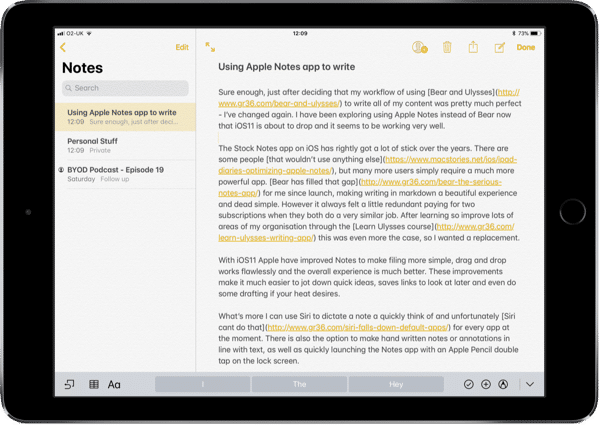
I still miss a few things that can be found in more powerful apps. Tagging being the main one, as there is no way to organise notes other than in chronological order from last edited or Alphabetical. Folders are possible, however going backwards and forwards between them is not an easy task on iOS. This is partly made up for by a very fast and reliable search function, which even understands your handwriting if you’ve made some notes with the Apple Pencil.
The worst thing for publishing is Apple Notes app insisting on using a weird version of Rich text so converting to markdown is a pain. I created an Apple Notes to markdown Workflow which automates the switch to Markdown, which is infinitely more friendly to work with for publishing. This Workflow also copies the resulting Markdown to a new sheet in my ‘ideas’ folder of Ulysses. I can then continue to draft this until I’m happy, add images and publish.
There is no X-Callback URL support in Notes what so ever, and the sharing of notes to other apps can sometimes go a little wonky depending on the app. However all in all the improvements made to app have made it a serious contender to be put back on many users main screen.
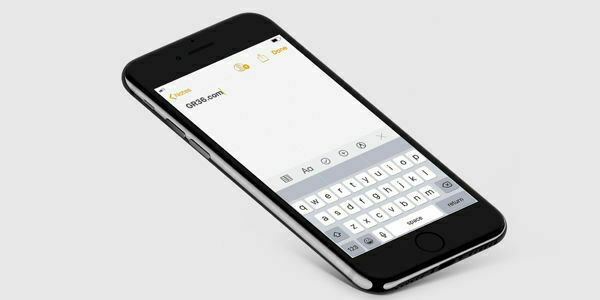
I would like to see more user features in upcoming versions of Notes, perhaps the ability to change the font to something more readable. Proper Rich Text would be much easier to use than the current implementation, but I’d really love basic text or markdown support – although I don’s see that ever happening. However I would edge you to give notes another chance and see if the improvements make your life easier.
Does there have to be a reason to buy a bigger phone other than just a bigger screen? The Plus model of the iPhone has already proved a runaway success with users, but with the iPhone 7 Apple chose to give it something extra – another camera.
The big brother touted two camera lenses to aid zooming in on your subject, and also record depth information used to make any portrait subject really stand out with a bokeh effect. They made a huge deal about this feature when annoying the phone, and also in adverts, but it is hard form me to see the value without sacrificing stretching your palm and your trouser pockets.
https://youtube.com/watch?v=hcMSrKi8hZA
The truth is as good as the portrait mode may be, the amount of times I have missed the other camera is next to none. Perhaps I am just able to get a bit closer to what I am taking a photo of. Maybe I simply don’t take the types of photos others do, but I wouldn’t give up a phone that fits in my pocket for a better zoom. What I really don’t need is yet another camera mode!
Having to worry about what setting to select to best capture the scene in front of me negates the whole point of having an easy to use camera. A camera app should be intelligent enough to know I am taking a portrait without having to access a specific setting. Applying the necessary blurring and bokeh as required and making it customisable to your preference.
Sure enough Apple is half way there, in portrait mode the camera app saves a copy of the photo without any depth effect. So why on earth can’t this happen in reverse like HDR photos? Hopefully Cupertino engineers have managed to stuff enough lenses and computing power into the new iPhone to make this camera more intelligent. However the delay in figuring out something that has been the staple of Sony cameras for a number of years is a little worrying.
Until then a simple, easy to use, single lens suits me fine, I don’t miss a dual camera at all.
Ding! One new post incoming.
I think everyone will agree notifications from your technology are annoying. Yet everyone puts up with them to a point where it’s just a haze of buzzing, beeping and dinging that rings in your ears for your entire waking hours. I have talked quite a bitabout being engaged with the world and notifications are my next assault.
For the past couple of weeks I have been experimenting with tuning out all non essential notifications. Unfortunately the iPhone doesn’t have a notification system that is as intelligent as Android, but it allows for some tuning and minimisation. However this extends to tablets, computers and my favourite bit of technology smartwatches.
Previously a big advocate of the Apple Watch, the wrist strapped device has allowed me to be more engaged and silence my phone more often. Yet the action of checking my watch when it taps me on the wrist is almost a greater social faux pars than glancing at a phone.
Smart watches are more of a balance than other equipment in use. On one hand it allows the accompanying phone to be on silent much of the time and interruption for only important notifications. Yet on the other its a piece of technology strapped to your wrist for the sole purpose of solving a problem that is easier solved.
This is a movement I want more users to be aware of, notifications are easy to control and manage straight from your handset. Only you can decide what you need to see, if you need it to beep, or if its important to you. Personally social media notifications are turned off for me, as are pointless app such as games and shopping apps.
 These types of apps have a tendency to pop up notifications for little reason other than to get you engaged with the app again. Attention is the commodity the trade from and sell it to advertisers. If there is nothing important the app can tell you, switch them firmly to off!
These types of apps have a tendency to pop up notifications for little reason other than to get you engaged with the app again. Attention is the commodity the trade from and sell it to advertisers. If there is nothing important the app can tell you, switch them firmly to off!
The rest is up to you, experiment with what you need interrupting your life. Despite you thinking that it doesn’t affect you it’s surprising how much calmer and happier your life becomes from seeing less pointless information.
The only issue with this approach is the possibility of gameify your notifications. Constantly checking the app to see if you have any notifications. There is no way around overcoming this, the apps and screens we use are specifically designed to keep us engaged in them. Hopefully sanity will prevail and you will quickly realise that many of you beeps and dings are simply not useful to you.
There also needs to be some realisation from a user that it is also quite arrogant to think you need to answer every notification straight back. Not only in the self created bubble where you think that you are so important enough to warrant an immediate reply. Also that picking your phone up in the middle of being engaged in something else is amazingly annoying.
Without getting too critical and socially scolding this issues is almost socially accepted now. We all have a story of observing others who are too engrossed in another activity to be aware of what is around them. Yet the haze will continue until more people cut out the noise.
Since just before Christmas I’ve been questioning many things in my life and making improvements wherever I can. Not due to anything in particular, simply an attempt to make myself happier and more engaged with life. This has lead me to some great places. I have been meditating, cutting down my social media use and for the most part cutting down my phone usage. Not only for the benefit of me, but also for the benefit of the people around me.
Around a month ago I made the decision to ditch my pocket busting iPhone 7 plus, and downsize. In fact I opted for something significantly smaller, an iPhone SE. The amount of questions I have received is quite shocking, but the answer to anyone wondering why, is both long and complicated.
I went into a reasonable amount of detail on an episode of the Bring your own device podcast. Which covers much of my feelings around my smartphone. This ultimately devolves into two parts. The first of which is why an iPhone SE and the second is why bother.
Well I’m not adverse to using a smaller phone, I used an iPhone 5s (that is still in my draw) for quite a while. Yet I wanted the whole experience, I didn’t want to loose Apple Pay and the better camera so an iPhone SE seemed ideal. Couple with this the fact that the SE doesn’t seem to have maintained its resale value like other iPhones, I managed to pick up a 64gb version for just £200.
The IPhone SE is an amazing handset, especially given the price point that I picked it up for. It keeps all of the build quality, attention to detail and ability, yet reduces the strain on my pocket and my mind. However it is not all good news, there are some compromises to using something that is a few years old now. I miss the iPhone 7 new style home button, regular buttons now feel archaic, and the hardware is far from perfect. This most obvious of which is the low resolution screen and the battery life.
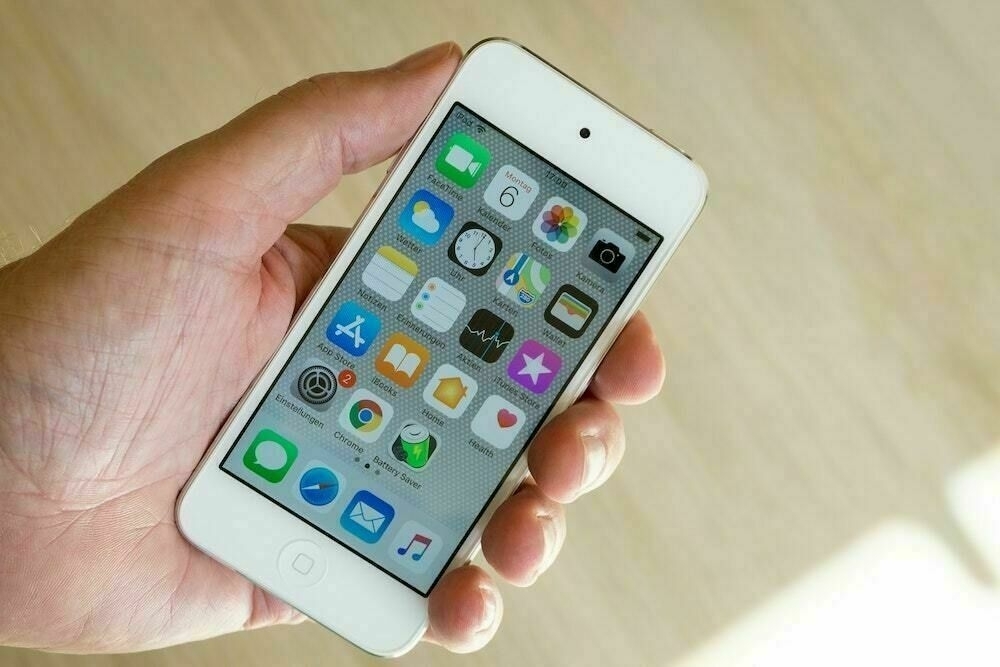
The real answer is very complicated, so strap yourself in for a bumpy ride. It’s going to get very preachy and very weird for someone so engrained in technology like myself. The reasons for which are not to dissimilar to my feelings surrounding not becoming an phonehobo.
Currently the smartphone is both bringing us together and tearing us apart. That is not a local issue, it is a human problem, the smartphone is coming between human interaction is a huge way. We are not the humans from Wall-E on big floating chairs yet, but scientific research says we are not far away.
Research tells us that the sheer presence of a smartphone make interaction less meaningful for both parties and gives the illusion of neither party being engaged. It changes the very ideas we form when interacting and changes them for the worst. This is not a debatable occurrence, it is undeniable consequence of having this equipment around.
The fact is that most people won’t care, but when I am also responsible for two young kids that should feel my engagement with them as much as I do, then it is an issue for more than just myself.
I remember a time when I was mad that an Android phone I was testing didn’t get more than 4 hours screen on time. Even in a week that’s more than a whole day just staring at my phone. If moving from 5.5inches down to just 4” forces me to use my phone less, it’s a win for everyone.
The consequence of having a much smaller screen on my phone is that my phone is now a phone and not a computer in my pocket. The motivation, if not simply the ability, for me to do things on my phone is almost completely removed. I am much happier with a smaller phone, and I am not alone making this switch – give it a try and you might find the same.
There can’t be many iOS or Mac app for note taking that I still haven’t tried. As soon as I’ve reviewed an app, gone through all the setting up process and made a choice to switch, I start looking around for other apps. I have a major fear of missing out on something that could be a better fit. Truth be told it costs me a fortune, subscription services or expensive one off payments seem to be normal now – but not with Zoho Notebook.
Notebook by Zoho is completely free, with a promise for it to always to remain so. There are no adverts, no add ons and nothing to pay – ever. That’s a big promise but the costs of supporting the app are maintained by the developers other projects. They make a lot of other products, but have a huge aim for this one, for it to be the best!
 Zoho set their stall out early and advertise themselves as a free Evernote alternative. “Looking for an alternative to Evernote? we can’t blame you” sits proudly on their webpage, indicating very early their intentions. They truly believe Notebook is a much better app, available for free with “roughly 80% of Evernote’s features”. Notebook is available for iOS and Android with a companion Mac app should you wish to work on desktop to. This includes a safari plug in for working with webpages, unfortunately there is no web access as yet.
Zoho set their stall out early and advertise themselves as a free Evernote alternative. “Looking for an alternative to Evernote? we can’t blame you” sits proudly on their webpage, indicating very early their intentions. They truly believe Notebook is a much better app, available for free with “roughly 80% of Evernote’s features”. Notebook is available for iOS and Android with a companion Mac app should you wish to work on desktop to. This includes a safari plug in for working with webpages, unfortunately there is no web access as yet.
An app for Windows is also missing, so this can’t be considered truly multi platform and offer everything Evernote does. Although with that said the Mac app is a relatively new addition, missed from several reviews so it may come in the future. The Mac app also support the 2016 MacBook Pro Touch Bar, so you can tap through shortcuts and also secure your notes with Touch ID as you can on an iPhone or iPad.
They also promise that they will never, in contrast to Evernote, look at your notes or information. There is a conflicting back and forth whenever this is discussed, however if that practice is a concern of yours then Zoho is the place to go first. Bare in mind also that sync is provided by their own servers and not iCloud so there is a small compromise to be made.

The Evernote comparisons don’t just end with the applications intentions either. It is clear where they get the inspiration from, but if I’m allowed to be somewhat subjective they do a much better job of it. Notebook is often considered one of the best looking notes apps you will come across, and I couldn’t disagree. The design and layout of every option is well thought through, if a little minimalistic. Great design is something that can become increasingly difficult when your app does as much as this one.
The main display of the app takes its inspiration from physical notebooks. Allowing users to split notes into different books based on whatever you wish. This could be the purpose of the note, or a category of your choosing. You can then customise these with its own front cover from a large selection and display the notebook to your own liking.
This is a design choice I have consciously stayed away from with other apps in the past and much prefer a traditional notes app display. There is no way to tag notes or display them on any other way than one notebook or another. This took a little getting used to, and feels a little strange. It is also worth noting that even on the iPhone 7 plus there is no landscape layout which is more than a little annoying.
Inside the Notebooks are your actual notes, displayed either by date or alphabetically. These are customisable with different background colours, although these can only be defined after creation. You can create simple text notes, but also drawings, voice memos and checklists. The display of the note is tailored for the note type, so audio is playable and images are very visible.
The four options to start a note are a little confusing at first, and it should be questioned if they are really needed. Notebook has the ability for a note to contain multiple note types, but you must start with a text note. So there is no ability to add text to a voice memo. Zoho should consider implementing a similar approach to OneNote and treat all notes the same, this would offer a much more understandable experience.
If you like to scribble down your thoughts handwritten notes are one of the most pleasurable things about Notebook. The developers have taken great care in making sure your quick doodles or jotted notes are taken care of. This works very well with the Apple Pencil, although you can use any stylus or indeed your finger if required.
There is nothing worse than spending ages looking for the note you previously made and Zoho does everything they can to make notes easy to find. There is no OCR on hand written notes unfortunately so search will only include your text notes but will search through all notebooks with perfect results on each version of the app.
You can also snap pictures, clip webpages and even add a full article into here – particularly handy if you read lots of webpages or store ideas all into one notebook.

One of the standout features of Notebook is their web clipper, which is something that every app with at least some enterprise ambitions must include. You’re able to easily clip text, images and also entire articles and save them to your included unlimited storage.
When clipping a webpage there is an inbuilt option to clear the page of everything other than the article. Which removes those pesky ads and videos we all hate. This option could help some eliminate a read it later service or a long list of bookmarks. It works surprisingly well, equal to that of Pocket or Instapaper removing all adverts but also images. Although it lacks some customisation for reading options such as font type so couldn’t completely replace an offline reader for pure functionality.
However Notebook could very easily replace a service such as Pinterest for saving ideas around any subject all in one place.
The app is missing out on too many features for my personal use, but I do wonder how many people pay for a service such as Evernote and would be perfectly fine with this app. However there are some things missing to truly complete with the large services people use.
Much of my cons with the app are related to my specific use case. I would love to see a tagging and labelling system rather than based on traditional books. There is no way for me to add a note to more than one book, which might seems strange but some of my text needs to be displayed in multiple places.
There is also no collaboration or sharing available within the app with sync only provided by their own servers. Notes are not kept in iCloud or Dropbox so your pretty much locked into the service once started. There is also no URL scheme support available which is detrimental to my Workflow and therefore iPad usage.
With that said this new upstart in an already very crowded area is a welcome addition. If you are looking for something free, easy to use and with simple features there is no point looking anywhere else than here or perhaps Google Keep. The future looks very promising for Zoho Notebook as this is still a new app in development, so I will be keeping an eye on them with interest.
I know, I know I’m calling for Siri to get better again. Yet nothing has brought the downfalls of Apples voice assistant to the forefront than spending some time using Apples new AirPods. There has always been issues with using Siri and granted Apple are working hard at fixing and improving things, but Apple are now so far behind others is it possible to catch up?
Truth be told I have never been a huge user of Siri, it was great to show your friends when Siri was first released with the iPhone 4s. I even gave it another shot when I could just yell “hey Siri” at my phone after installing iOS 9. Nevertheless it almost always devolves into an argument with myself, at which point I pull out my phone and simply tap away like some kind of cave man. Some personal assistant you are.
Siri being a dumb ass isn’t really the issue. The improved microphones found in the AirPods, coupled with the fact they are next to your face, means voice recognition is actually pretty good. The problem is in fact that Siri can’t do half the things users need from an assistant – and isn’t actually useful.
This is none more obvious when you use anything other than Apples own apps that come with iOS. Apple may have given users the opportunity of deleting their apps, and finally ridding yourself of Stocks and Voice Memos – but iOS still tries to use them at every turn.
Want to take a note in the brilliant Bear app instead, nope. I’m putting a note in an app you don’t use titled ‘Bear’. Think you can dictate an email to Siri to send in AirMail – you’ve got another think coming.
Why make all of these things possible if only half of that is actually true? Apple made the AirPods so reliant on voice that there is no other way to change the volume levels, yet didn’t think the whole thing through. Most users no doubt wouldn’t even dream of using anything other than Apple mail, Notes or Reminders but Siri is so dumb it doesn’t even know the apps are gone. That is until it pauses for a few seconds like a puppy wanting to know where the magic stick has gone; only to realise it’s behind your back.
Returning not with what you asked for but a solemn “I’m sorry I can’t do that”. Well what actually CAN you do Siri because I can’t find much past turning my music up.
The shocked look when I tell people that my primary computing device is an iPad is brilliant. I’ve actually been working on an iPad for a little over two years, and have replaced pretty much all of my computing with an iPad. First with an iPad Air 2 and now with a 9.7” iPad Pro.
With pretty much the same argument to working on a Chromebook, people are too eager to dismiss the iPad as a computer. When the truth is it’s actually pretty easy. With a little investment in software and some time invested in setting things up the way that suits you best. You can do. Out of your daily tasks with little thought, but dig in deep and you can do 99% of your requirements on one device.
Quite a few of my friends have adopted the same approach now the iPad has a great keyboard case, and use it as I do. Unfortunately most people don’t want to put in the time and are often dismissive, however I really think more people should embrace the iPad as a computer.
Let’s be honest, as great as iOS10 is there are still holes in Apples OS. Thankfully most of these are filled by the rich app ecosystem. I have spent far too much money on apps over the years, and unfortunately most of the expense has been on apps that I no longer use. Reviewing the use case of new apps, trying things out and experimenting. Only for it ultimately to fall short in some area, not meet my needs or very often become superseded by something better.
I never have many apps on my iPad, but what I do have installed are used often. I made the mistake very early on of carrying around a replica of my iPhone on a bigger scale, but quickly realised there is no need. Both devices have completely different uses and should be treated as such. Don’t flood your iPad with social and communication apps unless you intend to use them often.
With that all said there are a few apps I can’t do without:
This is where almost everyone I speak to falls off and sticks to more traditional means. Maybe it’s because things are easier, maybe it’s muscle memory, maybe there isn’t a real reason, but users fall by the wayside quite early. However with a little work and research you can pretty much achieve anything you need from a computer and often make it much more straight forward.
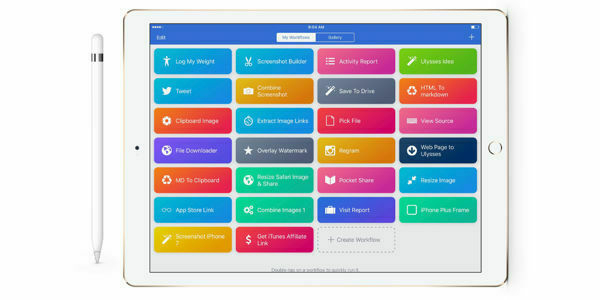
Workflow is not complicated nor confusing it just takes a little time investment and reading to get the hang of it. I’ve been using the app for more than a year and it is the best app I have ever bought, it is the cornerstone of much of my productivity.
Think of Workflow as Automator for iOS, plugging into countless (but not every) app and making things much easier. It works by creating recipes by dropping actions together. You can then feed information into the recipe, ‘run’ them and get your desired outcome.
I have invested time in making Workflow recipes or finding them in other people’s blogs and making them my own. They do all sorts of things for me, from resizing images for publishing to wrapping my screenshots in device frames and stitching images together.
My most used of which isn’t my own work but I have modified it slightly for use on my blog. Jordan Merrill created a screenshot builder for you to easily import into your own set up, the full guide is easy to follow and can be found here. You can also achieve a similar result using the app LongScreen, select your screenshot and tap the magic wand at the bottom.
I also use several workflows for resizing images for my featured image sizes and also combining my device images together. However these are only a small selection of workflows that I use, over the last year or so I have built up an armoury of resources. Allowing me to adapt or create recipes for many of my daily tasks.
There would be no point sharing many of these as they would be unique to my image sizes etc, but they are pretty easy to create with a few minutes digging in. If you are serious about using Workflow there is no better resource than the Club MacStories newsletter, for the small subscription you get access to all of the content created from which there are hundreds of ideas.
The title of this post started of as “running my blog from an iPad” because that is exactly what I do. I spend most of my time writing on my iPad or digesting what I am about to write. I have used many apps over the years, starting on Google Docs, graduating to the markdown editor Byword. I now use the amazing if a little expensive Ulysses app.

There must already be millions of words already written about Ulysses, it is considered the pro wiring app on Mac and only relatively recently came across to iOS. I resisted for a long time purely down to price, and the fact that at the time Byword was a perfectly good Markdown editor. Yet the move was smooth and a very rewarding one.
The deciding factor was publishing. Ulysses allows me to see exactly how an article will look before publishing. Although publishing to WordPress is available from a few different apps, compatibility and preview where always not quite right. Meaning I had to use the a webpage or god forbid the awful WordPress app to correct things. Whereas I can input local images into a document and they will be uploaded along with all of the text.
Organisation and syncing in Ulysses is also second to none, allowing for articles written on any device I own, syncing to all and organised exactly as I wish. Most other Markdown apps use an iCloud folder sync that can be slow and very unreliable. Not to mention that dumping all of the files in one folder means trying to find an old file can be a nightmare.
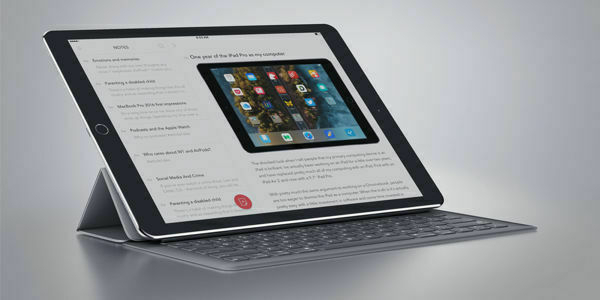
The regular old stock Notes app that has been my place to store everything has recently been replaced with Bear. By calling Bear a notes app it is much more approachable. When in reality it is a Markdown editor at heart. Allowing you to add in formatting while typing, for sharing later or simply for your own use. With a couple of key strokes you can add in links, headings, tick boxes, and even images.
Bear has been expertly designed in both aesthetics and function. All of your notes are listed on the left hand menu, which can be accessed with a right swipe. Once you are editing or looking at a note the developers have made all of the formation options available in a shortcut bar above the keyboard. This sounds a simple thing to do, but lots of others hide these away behind a formatting menu.
I have slotted Bear in between my current writing app of choice, Ulysses, and my brain. It gives me the ability to format and position text in a small light weight app before moving them to Ulysses for images and publishing.
I also use Notability quite often for hand written notes, these are usually more work related than writing but there is something really great about hand writing notes. The Apple Pencil also allows me to jot down things if the mood strikes me, although I have found myself not using these as often as I expected. Should the new iPad Pro be launched with a new Apple Pencil I will think twice about punching it as this just isn’t what I have used my iPad for, although many people use it daily.
The cry from those dismissive of a productive iOS user is that you can’t do anything without a file system. Unfortunately in the past this may have been true, but since iOS 8 users have been able to do much more and very easily. The introduction of iCloud Drive with iOS 10 is the closest users have come to a file system, and is already proving to be really useful.
Not only because syncing of documents is much easier, with far more file types supported. With this has come syncing from a mac computer of all users documents into ‘the cloud’. Meaning working from anywhere is possible, whatever you are doing there is a wealth of apps out there to help.
With that said the major upside to making the ‘drive’ part of iCloud more accessible has been allowing apps to use the storage area to manage files much better. Documents by Readle is an essential app for users wanting to work with specific files and be productive.
 This plugs in perfectly with PDF expert, which is an essential if you work with PDF like I do. I can open, read, edit or sign documents and email them back. Whereas in the past I would have to print off pages, to then scan them back onto a file again.
This plugs in perfectly with PDF expert, which is an essential if you work with PDF like I do. I can open, read, edit or sign documents and email them back. Whereas in the past I would have to print off pages, to then scan them back onto a file again.
If you don’t want to use iCloud, or you have to use storage elsewhere then Documents can grab documents from Dropbox, Google drive, Box, One Drive and almost everywhere else including an FTP server. The design could do with an update, but it is functional and works perfectly – which is exactly what’s needed.
Documents can manage almost any file type, allowing users to open, edit and send them inside the app. It even allows you to download and extract zip archives from web links using an internal browser. File management is still not desktop class, but I would argue that it really doesn’t need to be. Ask yourself what you actually need to do with the files on your desktop or laptop and I would say 70% of that can be done on iOS.
I’ve been publishing everything for the past year or so to Medium. My personal blog, tech stuff and also posts that I’ve started writing about my daughter and her life with a disability. When I first decided to do this, Medium was fresh and new, with a growing reputation of the place to be. I loved that they had control about how things looked, not only because I didn’t have to work maintaining and managing a theme for the site, but also because everything looked the same.
It was a place I went to read things, and so did many many other people. Open the app and there was a wealth of available content that was relevant to what you like. Medium expanded my reach to people that had no idea about my website, but perhaps read the same sort of things as I produce. I let their trusty algorithm serve up my posts to people it felt would read it. A win on all sides whichever way you looked at it.
Even though this has changed over the last few months there is still lots of interesting articles that people publish to the platform, it is a staple app for digesting content. The iPad app is also a really nice writing app to publish from, even though I use Ulysses the Medium app stands up pretty well it terms of usage.
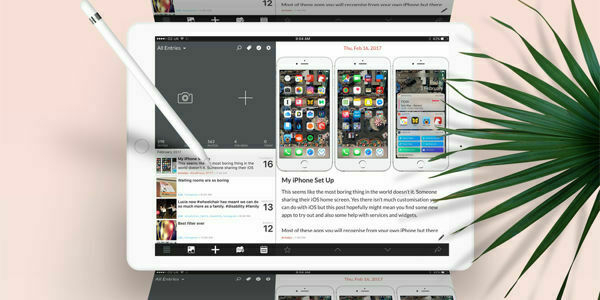
For the last couple of years I have gone backwards and forwards with journaling, both in the digital and physical sense. I am no longer writing in here, although it is a great app if you want to write and even publish a blog from here. My usage is as a scrap book to store links to everything I write and pictures I post.
Along with IFTTT recipes I have stored everything I post for every website I write for, and also Instagram photos. As I produce more and more content on the digital web Day One keeps a record of all this, dated and linked for me to look back on.
The reason my iPad is so useful to me is because I can fold it out into a writing device with keyboard and tap away until my hearts content. I can do this for hours with great battery life and then simply fold it up and slip it into a small sleeve in my bag. Yet the greatest thing is pulling the keyboard off and just relaxing, reading a book or more often than not catching up on my reading list in Pocket .
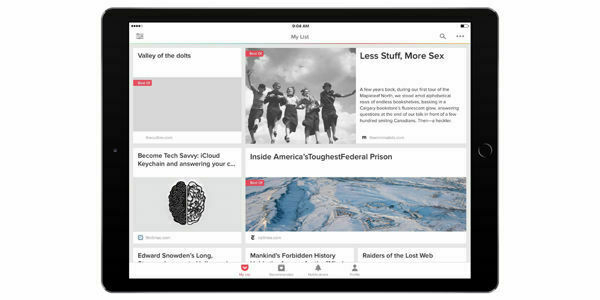 I have gone backwards and forward with read it later services over the last few weeks, but in reality there is only two to be considered. Pocket or Instapaper, it is that simple. I recently switched away to Instapaper, and even wrote a guide on how to do it easily, but after some issues with Instapaper syncing I’m back using Pocket. The social sharing and also the recommended articles are a great service where you can discover things that may have slipped you by.
I have gone backwards and forward with read it later services over the last few weeks, but in reality there is only two to be considered. Pocket or Instapaper, it is that simple. I recently switched away to Instapaper, and even wrote a guide on how to do it easily, but after some issues with Instapaper syncing I’m back using Pocket. The social sharing and also the recommended articles are a great service where you can discover things that may have slipped you by.
Setting this up with IFTTT recipes for sharing is dead easy, and you can even follow your social media friends to see what they are recommending and widen your reading circle.
I discovered Linky completely by chance whilst looking for something to share links on a business twitter account I manage. This simple app is one of the most straight forward but yet the most confusing if you dive straight in. In broad terms it is a share sheet app that allows easy sharing of information to multiple accounts on social mediate in recent updates it has gained lots more features.
When opening the app you are greeted with nothing but a browser, yet its real power comes from the share sheet. This is indispensable to me for sharing to more than one twitter account, but also for clearing Apple News links! This caught me out several times when sharing interesting articles, meaning people on other platforms cannot read them, nor can people that have removed the app.
When sharing from inside Apple News Linky will find the regular link and share that instead.

Unfortunately the iPad just cant do everything, there are some things that a desktop type browser is essential and no amount of mediating with Documents will work. This ranges from simple things such as options and menus not appearing on mobile safari version of web pages. Right the way through to recording audio whilst taking part in a podcast.
These types of things crop up in the most annoying places, such as my resent adventure moving from Pocket to Instapaper. There are also gaps in the armoury that is provided by the App Store to. For example the desktop version of Garadgeband is a great app for editing podcast audio, yet the iPad app doesn’t even entertain the idea.
There is still no option for these few very important use case of mine. So sitting in front of a Mac is still unavoidable for some tasks. Although these issues are decreasing more and more over time. Using an iPad is less about computing power and more about versatility. Perhaps this is the reason many Windows laptop have taken the convertible route? I am more than certain we will never see a convertible macOS device, but we already have a brilliant iOS one.
As more and more people realise that much of what they need to do on a ‘computer’ can be done on less traditional hardware the world changes. The frustration is users being put off by media commentary before they have ever tried using one, the same headlines written by tech blogs are regurgitated by end users. I see the same people argue that you can’t work on an iPad are many of the same supporting the use of a Chromebook.
I would challenge everyone to find many use cases where you can’t use an iPad for most of your computing tasks. The iPad offers unrivalled battery life for usage whilst traveling, combined with something that is lighter than any laptop available.
The OS and extensive suite of apps in many ways are more capable and straight forward than a desktop OS. If you want to make the most of using your iPad as a computer, it doesn’t have to be an iPad Pro at all. Yet you will need to spend a bit of time deciding what you want to use it for, and open your mind to the possibility.
I’m starting to think I have a problem, I just can’t leave things alone. Once I find a great app that does what I need, I write the review and then start looking at other options.
Days after finding Bear to write everything from short notes to full posts I was eyeing up other Notes apps. I decided to give Google Keep a try and it is actually pretty good. Not really as a notes app, but for reminders and todo lists.
I’m sure it makes a very good notes app for those quick little notes you occasionally need. The whole UI is based around post it notes after all, yet it doesn’t hold a candle to other notes apps in terms of features.
You can attach images, voice notes and URL’s but only one per note. Users can also forget about any kind of formatting or inline linking, but these features don’t feature in the stock iOS app either. It is only third party options, that usually come at a premium, that leave Google Keep in their wake. With all that said it does everything most people will need to do. Doing the simple things very well indeed and syncing notes to iOS, Android and the web.
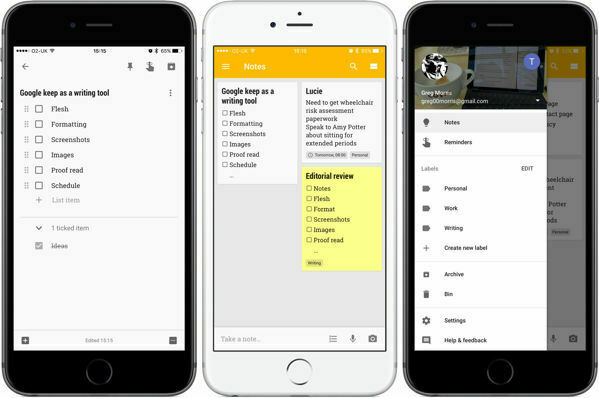 Google are great at keeping everything simple and easy to understand, doing a great job with the Keep app. Everything is controlled from a left hand menu accessed using the ‘hamburger’ icon in the top left. The design is very Googley, using their own material design but still following an iOS familiarity. The design won’t be to everyone taste, yet it holds a certain charm.
Google are great at keeping everything simple and easy to understand, doing a great job with the Keep app. Everything is controlled from a left hand menu accessed using the ‘hamburger’ icon in the top left. The design is very Googley, using their own material design but still following an iOS familiarity. The design won’t be to everyone taste, yet it holds a certain charm.
The simple design allows it to handle reminders and todo lists perfectly. It is a breeze to add straight forward notes or customise them with Labels, reminders and colour schemes should you feel the need.
It is surprisingly convenient to use, and in many ways punches well above it’s weight when compared to many todo apps. The app is also completely free which is a major bonus, considering the cost of most iOS todo apps seems to be £20+. You will need a Google account though, so nothing after that point is ever completely free.
By setting up labels for Writing, Home and Work; heavy use of tick boxes and reminders I have managed to set up a use case that is very similar to my Todoist setup. If you are in two minds if to stump up the cash for a year of a power todo app it might be worth checking out Google Keep first. It could very easily save you quite a bit of money per year.
Notes apps are a strange thing to review. Everyone already has one built into iOS, and the vast majority of people will never look anywhere else. I was one of those people until I was able to delete first party apps, and much like replacing reminders with Todoist – I’ve replaced Notes with Bear. Here’s my review.
By calling Bear a notes app it is much more approachable. When in reality it is a Markdown editor at heart. Allowing you to add in formatting while typing, for sharing later or simply for your own use. With a couple of key strokes you can add in links, headings, tick boxes, and even images. However if that is too much for your brain to remember there are shortcut buttons at the top of the keyboard.
Whether you are jotting down a quick note to yourself, or starting a long page of prose, nothing will disturb your writing. Images can be inserted and formatted to your liking, meaning that as you type you will be looking at exactly how the document looks. This wont make a blind bit of difference to simple notes, but perhaps it’s time to take even your personal notes to the next level!
Like many pro apps available now, Bear adopts the freemium model. The app is free on all platforms, with a monthly or yearly subscription to unlock pro features. Your use case may or may not need these features but they include:
These are unlocked via a single subscription that covers all your devices, paid directly through the App Store. If you want to try out the Pro features you can claim a free week by signing up for the subscription, so you won’t be charged for the first week of use. So if you try it and don’t like the app, cancel before that time and you wont be chanted a penny.
For the benefit of the review I will looking at the best version available, so I will be testing the Pro version. Bare this in mind during discussion of things like sharing if you don’t want to pay the £1.49 a month or £13.99 a year subscription. To me the subscription is well worth it for sync and the sharing options, but take this into account before jumping in.

Rarely do you discus the design and UI of what appears to be such a simple. Yet Bear is one of the nicest to look at and simplest to use apps I have come across recently. Often the pretty facade quickly slips when you are searching for options or digging into menus to find things hidden for no good reason.
Bear has been expertly designed in both aesthetics and function. All of your notes are listed on the left hand menu, which can be accessed with a right swipe. Once you are editing or looking at a note the developers have made all of the formation options available in a shortcut bar above the keyboard. This sounds a simple thing to do, but lots of others hide these away behind a formatting menu.
Bear takes on exactly the same design in its companion Mac app, which is also available for free. The Mac app supports loads of shortcut keys but as yet doesn’t support any touch bar keys if you’ve updated to a 2016 MacBook Pro like I have. This is a shame, as other apps such as Ulysses has already pushed into this field, but it will only be a matter of time, so double check as they may have updated after publishing this review.
You only realise what is lacking form other apps when an app does it right, instantly clicking and fitting into your workflow. Remembering shortcut keys is sometimes confusing, and they are never universal! So making shortcuts easily available makes it much easier when first writing in the app. You can of cause use CMD+ shortcuts on the iPad with an attached keyboard to.
There are 8 different design options available in the app with more to come, including a dark mode for those that like using black. With that said design is more than just making things look pretty, as John Maeda says it is about meaningful results. The right balance of beauty and usability has been made here, the great design leads to a pleasing to use experience and an easy to understand menu and note organisation method.

If you already use a powerful note taking app or service you will more than likely already use tags profusely. Tags, or any kind of organisation features are drastically lacking from the stock app which is annoying because these features are what make taking notes in an app so useful. By adding a simple # in any part of your text you can link similar notes together without fuss.
Bear will then list all these in the side of the menus, making them easy to edit and easy to find what you are looking for. Quickly falling into this practice as a writer is easy, with different publications linked and also tags for ideas and work in progress (WIP) articles.
The use of the hashtag is instantly recognisable to an Evernote user, you can even migrate all of your current notes pretty easily. The hashtag also makes tagging your notes instantly accessible to all, pretty much every smartphone users know how they work.
Users are also able to nest tags with ease, so organisational options really are limitless. By adding / to the tag you can organise until your hear is content. My article # now has article / ideas and a article / wip nested tags.
What your notes app contains is really up to you, and something that is as unique as the apps you use to get things done. Some users purely want a note pad and nothing else. If that is the case Bear will offer you a much better method of organising your notes. However the subscription may be expensive purely for this.
Whereas I use my notes to write out ideas for articles and later flesh them out into almost full posts. Because Bear offers me so much more in terms of exporting options I have instantly taken to it.
Once agin the sharing options of this Notes app are right up there with a serious writing app. It offers the option for exporting the notes you have made in such a wide range of options it might take a while to work out which one you really need.
Powerful exporting options are missing from a number of similar app, with many simply offering rich text exporting and some apps offer none! Where as there isn’t many options you would need that Bear doesn’t support. With a simple swipe left while viewing a note you can share in Text, Markdown, PDF, HTML, Rich Text, DocX and if that wasn’t enough you can even export as an image. No more screenshots of your notes to publish in Instagram and Twitter.
This makes everything from writing stories to documents through to just jotting things down to remember a breeze. I have gotten into the habit of attaching PDF’s into Todoist tasks and also Fantastical appointments, simply because I can with relative ease.

My habits of late have changed to delve a little deeper into my app reviews. Finding all manor of ways to use apps to their full ability. If you need a hand with what all of these terms mean, I will be writing a guide shortly. Safe to say you will need to invest in Workflow as a minimum .
The developers of Bear are taking iOS automation seriously straight from the start. Implementing loads of URL call back options. The format of Bear URL Scheme action are as follows
bear://x-callback-url/[action]?[action parameters]&[x-callback parameters]
There are far too many things to go into and the extent you can customise quick launches and opening is huge. If you want to go through the full FAQ section and find all the parameters head over to the Bear website .
Two schemes i have used considerably is the simple /open-note parameter
bear://x-callback-url/open-note
and also opening a specific tag – in my case my work in progress tag so I can see what needs some work on at any point.
bear://x-callback-url/open-tag?name=article/wip
These can be customised as much or as little as you require, but it is great to see developers spending so much time building in the requirements of power users like myself.
When I start reviewing a new iOS app that replaces a first party option I often ask myself if anyone is likely to use it above the stock app. The reality is that _
most users are never going to look for something different. However that is not to say that no improvements can be made.
Bear is above and beyond a notes app, almost to the level that labelling it one is so far off the mark it is stupid. Bear is more along the lines of a writing app, it does more than many available Markdown editors. Being able to export and share things with ease, it would replace my old writing app of choice ByWord very easily.
I have slotted Bear in between my current writing app of choice, Ulysses, and my brain. It gives me the ability to format and position text in a small light weight app before moving them to Ulysses for images and publishing. If you simply want a notes app that syncs to all your devices, then look no further than the stock app. If you are looking for something with as many power features as you can cram into an truly gorgeous looking app, then the small subscription is a no brainer.
For as long as I can remember I’ve had a weird draw to organising things. It started with stationary and folders, and in the digital age expanded into spreadsheets and lists. I consider myself an organised person – yet one app has improved this further, Todoist.
I’m not even going to pretend this app isn’t expensive. If you are not a big user of todo lists or you’re not looking for something to improve your productivity then this may not be the app for you.
There is a free trial available though, download the app and sign up, then wait for the offer by email. It usually pops into your inbox after a day or so or sign up here for a free account. This will give you a month of premium services, so you can sink your teeth into the app and decide if if outlay is worth it for your use case. With that said I haven’t been using Todoist very long, but have already signed up after a few days of getting my set up sorted!
If you are serious about productivity then the £21.99 per year subscription model won’t be an issue for you. It is a shame you can’t spread the cost monthly like other services, but is works out less than £2 a month really. Premium services include some pretty great features so you won’t be disappointed. For the purpose of the review I will be covering Premium features and these include:
Todoist is completely cross platform with 13 different apps available for various platforms, including a web sign in for everything else. This is a feature lacking from quite a few competing apps, allowing for a log in from any device. You can also collaborate on tasks should work colleagues or friends also use the app, they stand a good chance as Todoist currently has 3 million users.
For many years I have been using iCloud Reminders and Notes perfectly well. This is an excepts app and pretty good solution for most users, but Todoist turbo charges organisation and productivity. More than this it makes everything easy to understand. Breaking all your tasks down into Projects and allowing you to set labels and organise with filters.
Not only is the layout of the app easy to understand, Todoist makes adding tasks a breese. The apps allows for entry of whatever it is you need to get done in natural language in a similar vain as one of my other favourite apps Fantastical. Setting up a task is as easy as inputting the description followed by when you want to do it e.g. “Publish new story tomorrow at 9am”. You can also attach this task to a Project by adding #project name and a Label by adding @label.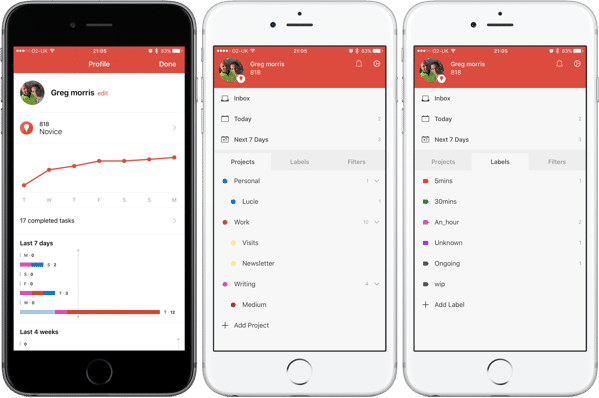
When opening the app the first things you will come across are Projects. Think of Project as an area in which the task falls into, these really should be called ‘groups’ or some people refer to these as ‘Buckets’. These took me the longest time to get my head around, the name more than anything threw me off. Splitting tasks isn’t a unique thing for an app to do, however identifiers such as ‘home’, ‘work’ and ‘writing’ makes understanding them easier.
Although you can set up projects however you wish. This could be used on an ad hoc basis for specific projects for project management, or used as I do just for a specific area. The amount of different options really are limitless, you can create sub-projects under main projects to ensure everything is organised and also implement colour coding to make everything easy to see.
Inside the projects you place those pesky tasks that need to be completed. Giving them a description and customising them as much or as little as you like. You can structure sub tasks underneath them, you can leave comments on the task and even attach a range of files with ease. This is amazingly pretty unique for a task manager – most seem to support only pictures or voice recording. Whereas Todoist will allow images, text files, pdfs and many more.
Tasks can also be given a priority, or Flag, dependant on how important they are. This will dictate where they appear in your lists. You can also set this by dragging and dropping tasks into the order you want them, or simply adding some Labels.
I made the mistake of rushing into Labels and thinking they would work the same as my Ulysses tag Workflow. However I found a bit of inspiration from the internet and created different Labels dependent on time they would take. If I had a spare hour I could just look at that specific tag, meaning tasking could be squeezed into any spare time I had. Productivity x10!
That really helps when you combine Projects and Labels into easy to view Filters. Filters allow you to easily see any task that fits into set criteria. You can set them for anything you wish by using Todoist advanced query system, combining them to make sure you only see what you need.
For example I have set up filters for Writing tasks that are Labeled 10mins, so I can see anything that just needs a proof read. Or another for any tasks that really need to be done today – of cause coloured red and named URGENT!
I have many overlapping filters that can pull anything that needs doing with a specific requirement. What’s more is that if my needs change, the app designers have made it so simple to create or edit filters it takes a few moments. Filters are really what has made tasks easy to see and finish when spare time occurs, rather than picking through iCloud reminders to see if I. Office anything I could do.
Todoist also fills all the basic requirements, such as the ability to set reminders for tasks that need to be done at a certain date/time. Reminders can also be set for when you reach a certain location, so it’s easy to assign things that need to be done when out and about. Reminders could be set for simple things such as shopping requirements or just tasks you need to do as soon as you get home.
If you miss a date or time, Todoist will even reschedule the task quickly and easily. Either automatically with a suggested best time to fit the task into your day. Or you can set it to another specific date/time with a couple of taps. Don’t worry about those recurring issues either as you can set the same task to come back or a regular basis. So the gym reminder won’t go away that easily if you don’t want it to!
It is also worth mentioning that the app will sync all your Tasks, Project, Labels etc to all of the device you have. It does this quickly and solidly, with no fall out. I use Todoist on iPhone, iPad and two different Macs with flawless results. I keep bashing iCloud reminders, and in the most part I have had very little issues, but when they did occur tasks wouldn’t sync to other devices or they would just disappear completely.
 The app also awards you ‘Karma’ for completed tasks. This has been heralded by some as a great incentive to create and complete tasks on time but hasn’t served any purpose for me. However if you like competing with yourself then you might find some motivation from it. For every completed task you are awarded some points, these combine to boost you up the five different levels.
The app also awards you ‘Karma’ for completed tasks. This has been heralded by some as a great incentive to create and complete tasks on time but hasn’t served any purpose for me. However if you like competing with yourself then you might find some motivation from it. For every completed task you are awarded some points, these combine to boost you up the five different levels.
Right now I am sat at 1160 with a Novice label, however I have only been using the app a short while. The karma screen can be found at the top next your name, and does give you some good info about over due and completed tasks. If its annoying you can turn Karma off completely and the space will indicate how many task you have completed instead.
With all of this said, they real beauty I have found in the app is its support for URL call back and IFTTT integration. If you’re reading this section I’m pretty sure you already know what these can do for you, however it is nice to see such large development in the area.
Macstories uncovered that Todoist supports several undocumented URL scheme to help automate opening specific areas of the app. To quickly see a weekly over view set up Launch Centre Pro or Workflow to open: todoist://next7days
To search for a tasktodoist://search?query=prompt
Or quickly add a tasktodoist://addtask?content=prompt&date=prompt
This is also far from the limit, there is inbuilt support in AirMail to send emails straight to Todoist, which come in handy for tasks that you need to refer back to an email. The app also supports integration into Google calendar and iCloud calendar, so your tasks with a date can been seen in your appointments.
With all the features outlined above the options for your set up really are limitless. All of them combine to make Todoist such a delight to use as an everyday tool. The interface is easy to understand and uncomplicated, which is the downfall of similar apps. With not too much work you can designate an area and a time frame to make sure you can cram all your tasks into any amount of time.
The price may be a downfall for some, and it really is a shame they do not offer a monthly subscription option. However with the constant improvements and the ability the app has, if you have the cash consider the investment well worth it.
I held out as long as I could, but I have now caved and bought a Series 2 Apple Watch. Not because it is anything revolutionary, not because I accidentally killed my original version (although I kinda did) but because health and fitness has become so important to me I feel the investment is worth it. I have also found a perfect complication to match my new Nike + version – Healthface.
Unfortunately Apple still have not allowed third party watch faces, yet made a small compromise with adding in custom complications with watchOS 2.0. Some apps have embraced the concept and updated their apps to add in everything from weather to quick links into their apps.
Yet very few apps have really invested in the idea of complications, and developed anything new. Healthface by Crunchy Bagel is an excellent and uncomplicated iOS app that displays health data on any accompanying Apple Watch.
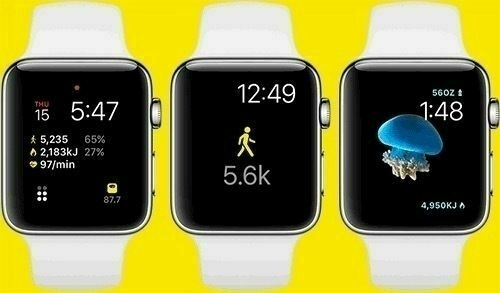
The best part about the whole experience is the ease at which you can display a whole range of metrics right on your Apple Watch. Customise the amount of info displayed and place it on your watch face of choice in both a small or a large complication. Anything that is recorded in the health app can be displayed by Healthface on absolutely any watch face.
I’ve stuck to the boring step count or mindful minutes depending on the watch face I am using at the time. Although you can set anything from vitals, to body measurements or even reproductive health depending on your requirements.
All of the set up is done through the iOS app, by default displaying all of the available watch faces you can choose from. Tapping on a watch face displays the type of complications available. These vary lots dependant on the face, the Mickey Mouse face for example has a Utilitarian small and Utilitarian large available. Where as my weekend watch face, Numerals, only has the Utilitarian small available.
You can then adjust which information you wish to be displayed and also customise how you wish it to be displayed. You can customise the unit of measurement and also any icons displayed in the complication. With a live preview of how the complication will appear at the top of the screen, as seen on the furthest right screen shot above.
Once the design is perfected, then you can place the complication on your watch face using a long press (force touch) and selecting ‘customise’. However because of how watchOS works, this complication will be the same across all watch faces that use that particular complication size. Meaning that unfortunately you cannot have different info displayed on different watch faces if they use the same complication size.
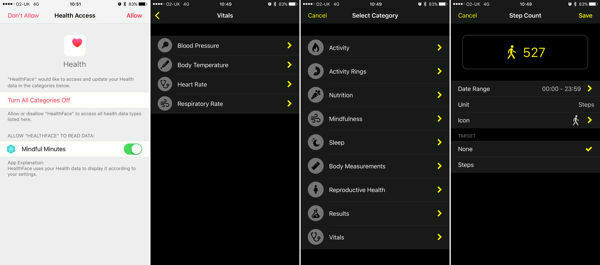
Tapping on the complication will open up a screen where the information can be refreshed. You will only need to do this when placing the complication or changing the data displayed. I have found myself pressing the complication by accident a few times, it is a shame this cant be locked somehow. Although this is all by design from Apple, so these types of changes are outside of the developer control.
The real benefit of Healthface is putting your complications to work for you. Saving time digging into the Health app on your phone when you simply want to see a select piece of data you are keeping an eye on. Want to see your steps quickly and easily, no problem. Prefer to see your average heart rate – easy. The options are limitless and it’s great to see a developer using complications to make life easier.
Healthface is available for £0.79 from the app store, if you’re serious about health it should be a must.
For all of the time Lucie has been with us I have become accustomed to being awake at ridiculous times of the morning. Autism has provided some truly magical things in our life, but some truly difficult things too. Broken sleep is one of the hardest thing to cope with and makes everything that bit harder. Yet this morning it’s not Lucie fault, I’m awake because I’m actually sleeping better!
So its 4am, I’m wide awake and feeling great after quite a few hours deep sleep. The weirdest thing is I am remembering my dreams instead of being in a strange state of not quite sleeping but not being awake like usual.
The difference hasn’t been anything revolutionary, so much so I couldn’t tell you what the difference really is. I am trying to spend more time meditating and being mindful as much as I can – those that know me know I’m really bad at being buddhist!
Every once in a while I just need a push to think about myself more, because I am always worrying about everyone else and neglecting myself. I think thats natural for everyone, but sometimes in life it’s good to be selfish at least for a few days. If I take more time to think about myself I am going to be better equipped to look after everyone else.
To me being mindful is not about changing the way you are, but changing the way you think about things. Recognising that your emotions are there and realising why they change and doing things to put yourself in a better state. Things are always sent to try us, life would be pretty boring without them, but it is how you feel and the way you deal with things that makes the difference.
This is all very well when you have had a good nights sleep and feel fresh – so lets hope it continues when Lucie decides its time to wake up!
It has been a long time since a new Nexus has been usable for the general population, two years ago LG produced arguably the most successful Nexus so far. A 5 inch screened device, with good specs that was affordable to the masses. For the first time it was a phone you could recommend and you actually saw Nexus’ in use on the street.
Now there is debate over what the Nexus line is, but Google effectively does whatever they like and chose to supersize a Moto x and release a 6 inch phone. Partly to keep with the sequential naming scheme and partly to see what they could do with such a massive screen. The answer for many was nothing and it struggle for sales as much as users did to reach the top of it’s massive screen.
A complete change of plan this year as Google have released two phones, an Nexus and a Nexus plus if you will. Giving Chinese OEM Huawei a chance to produce a better 6 inch phone, and (as we have here) LG another crack at its beloved 5 inch Nexus — the result being the Nexus 5x. A tongue in cheep name for what is essentially a small spec bump on it’s last Nexus.
Specs have be come a bone of contention for some, but we are finally getting to a point where all spec sheets give reasonably the same results. The Nexus 5x sits in the sweet spot for most users, the 5.2inch 1080p IPS screen (423ppi) leaves little bezel at the sides. Meaning just over 70% of the front of the phone isn’t covered by glass, so it is almost impossible to tell when the screen starts and ends.
The majority of the remaining 30% is dominated by the two front facing grilles. These certainly give the impression of stereo speakers a la the Nexus 6. However this is only illusion, as the speaker is behind only the bottom grille, with the top on being for call audio only. Although does help give a very balanced look to the front of the phone which has been lacking from previous Nexus phones and makes the phone appear very premium.
Sadly that premium look is in appearance only, as the phone body is made entirely from plastic that will feel familiar for users of the old device. It still maintains some of the same grippy feel of the last Nexus 5, and unfortunately very similar creaks and cracks from the plastic while actually using the phone. The handset styling is sleek and understated as with every Nexus device and could easily fit in any situation, but during use things like the vibration motor make the phone feel and sound very cheep indeed.
With that said you are using a phone that is ‘only’ £299 (when purchased from Carphone warehouse) so some compromises should be expected. For that price you are also getting a phone with Qualcomm Snapdragon 808 (MSM8992) the Hexacore processor that has mediated the disaster that is the Snapdragon 810. Coupled with a somewhat limited 2gb of RAM, but it does give a smooth and quick user experience.
There is one new hardware addition, a small ring on the back of the device you could be forgiven for dismissing as decoration. It outlines the finger print scanner, placed approximately where your index finger rests during use. A top finger print scanner it is too, fast and accurate and a pleasure to use. It takes only a few days to get used to the placement and will be particular useful for those wanting extra security without entering a pin on every unlock. A quick top on the circle wakes and unlocks the phone with ease.
In side by side tests the scanner was as accurate and for the majority quicker than the Touch ID sensor on the new iPhone 6s. Which just as with Apples new handset almost renders the lock screen useless unless you unlock the old fashioned way by using the power button. However you wont want to as all three of the buttons placed down the right hand side of the device leave a lot to be desired, feeling mushy and sub par to say the least.
The 5.2 screen has allowed LG to squeeze in a slightly larger battery than the last iteration, a 2700mah battery that should see it through a day of use according to Google. Unfortunately this is the one and only area that may sway a few people to opt for something different. In real world usage all day life is possible — but not guaranteed, if you are a heavy user you are going to struggle to see 7pm without at least a little range anxiety.
However for lighter users the battery life is superb, using Marshmallows ‘doze mode’ the phone blocks wake locks and other battery drains, backing off from system tasks the longer it is left. Meaning standby battery drain is dramatically reduced without compromising important notification or messages while the phone is sat idle on a table etc. Unfortunately this is not optimised for those times the phone is sat in your pocket, so doze is only really useful if you place you phone somewhere when not in use.
There are also lots of battery optimisation built into Marshmallow such as optimising app usage to prolong battery use and an ambient display each time you nudge the phone. All in an attempt to avoid waking the phone up to se if you have any notifications. So in reality the 2700mah battery should do better than it does, but Google service are again the largest battery drain. If you use things like Google Now and location services you are going to struggle being away from a charger for long periods of time.
For those times you are caught short (which you will be) the Nexus 5x comes complete with new USB type C charging cable, which is great. No more fumbling or having to turn the cable around 3 times to get it to fit the bottom of the phone, but a massive pain when trying to buy some spare cables. Bare in mind also that the supplied cable with both of these phones is USB type C on both ends, so you wont be plugging it into your computer without an adapter or unless you have a Chromebook Pixel.
Once plugged in the phone charges incredibly fast, going from less than 10% to 100% faster than anything I have experienced — and a quick 10 minute charge will add another 4 hours of battery life to a dying phone.
With the build quality and the battery life being little improved from the last Nexus 5 its a refreshing change to not have to also moan about the camera performance. Previous iterations have not had bad cameras per se, but have made little use of the sensor with image processing and software benefits. Fortunately, at fourth time of promising Google have delivered a very capable couple of handsets. They have included the same sensor into both new handsets, a 12.3 mp Sony sensor and optimised it to the best of their ability.
Shots are not going to blow anyone away, but for the first time they are not an embarrassment either. They at least can hold a candle to some of the best on the market, and in the ball park of those from LG’s own G4 and Samsung’s S6. In good lighting shots are crisp, with colours are bright and vivid. Comparison to those of the S6 or iPhone 6s is more down to personal preference, sitting somewhere between the S6 bright colours and the more muted ones of the iPhone.
The biggest let down is still focus, and was a particular bone of contention when taking some pictures. Needing a touch on the screen to manual focus or a few shots to get it correct. Something that is a huge let down when both the Lg G4 and the S6 do such a great job, not to mention the lack of manual controls from Googles camera app. None of the issues above are major and could be updated with a point release, but the camera app is slow and look outdated when others are so quick and easy to use.
Low light usually lets any non optimised sensor down, and it creeps into some shots from the 5x. The lack of OIS does show in quite a few of the shots, leading to some blur and noise in lower light shots. Particular when the light is fading as this is exaggerated by the muted yellows and oranges in the images. It very difficult to show sample shots as they are never how you are really going to use you phone, but there is a gallery of images below of my walk around the park!
With all that said you can praise the hardware as much as you like but heres the thing, its Android that is the let down. I still really like Android, like really really. However I think I liked the idea more than the actual OS, the young upstart against the behemoth that is Apple. Except they are both made by huge corporations and both have the same ends in mind. Its all about the revenue but with completely different ways to get it.
Android and iOS both have completely different angles in approaching the end user and earning that revenue. Apple charges a premium for the phone, that is the only place it is available and then provides the user with the best experience possible. Whereas Android makes its OS available everywhere, handset makers make no money from the sale, and then hope to makes a much money as possible while the phone is in use.
Android still feels like children’s software trying to live up to being a serious OS, its fun and friendly but could occasionally put on its big boy pants and play grownups. Gone is the hollo blue, but it is replaced by every primary colour in tones that could damage the retina. Unfortunately for the Nexus, it also features the Google logo in multicoloured glory right on the home screen — as it runs Googles version of Android and its more Google like than it has ever been.
There is an unspoken of pressure to hate anything produced by the other side, an unwritten law that you are not allowed to like or even appreciate both Android and iOS. It is unfair to compare the Nexus 5x to the iPhone 6s as the handset is half the price, but that is where most people are going to want it to be. The best of Google vs the best of Apple, perhaps the Nexus 6p is a better comparison — but both are ultimately let down by Android.
I know thats an unfavourable thing to say, Android 100% has its advantages — you can mould and shape Android exactly as you like. Change default apps, launchers all sorts of things, but Android apps fail in comparison to their Apples counter parts even when developed by the same companies. The iOS Twitter app is light years above the hot mess that is the Android app — yes you can change the default app but general users will relate official apps to Android straight away.
When the applications in use reflect so heavily on peoples perception of the OS and therefore the hardware its time for Google to put a foot down. Billions of apps make little difference when only a small percentage are any good, and show the full ability of Android. Material design has helped to improve things, but when Google themselves show inconstancy amongst their own apps how can you expect others to follow. Come on developers make the Android what it could be and take over the world.
I don’t want to dismiss a Nexus device that holds so many found memories for me, but Im afraid I just have to. Each and every time I picked up the device it felt good in the hand and took amazing photos, but Android is just not going to win over anyone. The 5x will stay with me, but to occasionally test Android because it is such a good phone for the price — nothing more.
When so much of an Android phone review is useless now, there are only so many words you can use to say the same thing. Readers will scroll down to the camera and battery sections and thats it. It has a great camera, let down a little by a rubbish camera app, and it has a good battery let down by a battery draining OS. One Android phone is the same as the next one by and large, spec sheets mean little above a smooth working device — and this one is great for £299.
If you are an Android user, and looking to upgrade then it is a worthy contender — one of the very best on the market. Even more so for the price you pay. Google finally made some great hardware with its partners, but is let down by the app market not showing Android to the best of its ability. With a heavy heart the Nexus 5x is a budget best buy but nothing more.
Glass was possibly the most polarising gadget in recent memory. Many Explorers argued that the device was a great aid, a fantastic device and should be excepted due to reasons that don’t really sit well with me. I just don’t get it. I didn’t when Google tried the cyborg angle with Google Glass – and Snapchat won’t change that.
With that said I don’t understand many things in technology – VR and Pokémon Go included. Thats not to say they might not appeal to many people, but a computer on your face worries me the most. Not least because I really would like to keep my life to myself.
There is already a swirling need for us to document every minute of every day – just in case other people might find it vaguely interesting. Coupled with the many people that go much further and stage life events just for the ‘clicks’ or ‘views’ or other measurable thing dependant on your platform of choice.
During a recent concert I lost count of the amount of people that watched the majority of the event on their phone screen while recording. I’m not sure what these people feel about events afterwards, but it must be much more hollow than my memories of enjoying the event.
Our life and memories should be short, fuzzy, and open to interpretation by our feelings. Thats just the way a Human experience has been for thousands of years. Sharing moments with loved ones is one thing but saving everything online is another. Humans just are not made to remember everything; we are fragile and complex individuals with different abilities.
The Black Mirror episode “The entire history of you” hits at a hyper extension of these types of recording device. Unfortunately, the dystopian future predicted in each episode is well inside the realms of possibility – our brains are already much shallower than they used to be, could they be useless soon? Do we eventually have to accept computers and recording devices into every part of our lives, will nothing be truly private again?
I’ve ready lots of commenters say that these new Snap Spectacles are much better than Glass. However, despite many of the same arguments before society decided Glass wasn’t ok. That shouldn’t change with these new inventions just because they have a light on them!
The fact is I just don’t want to live in a world where I could be on camera at any point in the day. I can tell when people are taking pictures with any type of camera, including a smartphone. I don’t care how careful you are, I can see you creep shooting people on the train you weirdo! I don’t want to have to worry about spy glasses to.
Edit: Saying it shouldn’t be an issue unless I have something to hide? Do you have the same argument for Edward Snowdon?
When colleagues tell me Twitter is failing, I am dismissive. When websites tell me they are not doing very well I am equally unbelieving. Simply because Twitter makes $595million instead of the $608million expected makes no difference to me or to any of it’s users.
Something is only really wrong with Twitter when you experience it for yourself. Usage is declining, new users are slowing and that is an issue for current users. The real problem is it is almost impossible to understand why.
Watch the TV for any length of time and you are inundated by hashtags and little Twitter logos so you can ‘join in the conversation’ online. Right down to the news and weather you are treated with their @ so you can read everything they have to say. At a cursory glance you could be forgiven for thinking that Twitter is filled full of every celebrity imaginable and meaning full debate.
Yet finding and keeping new users is Twitters number one problem. New users more in tune with ‘friending’ and clicking thumbs up usage declines because Twitter is simply not Facebook. This quarter Twitter added 5 million new users, building that to 310million users that actually use the platform.
Not an insignificant amount of people, but numbers that are dwarfed by the big blue F’s 1.65 billion monthly active users. When advertising is your only way of monetising, attracting brands to a platform a fifth of the size is tough. Yet they still come and advertise, sponsoring tweets and interrupting your timeline on a regular basis. Unfortunately the lack of users and leverage has been a hinderance to Twitter being able to develop its own ad platform, but not to show ads.
The Fav-and-RT-based serotonin reward system unintentionally built into Twitter also has the side effect of forcing introverts to obsessively write pithy jokes for huge audiences for free, day in and day out. – Jon Hendren
What is leaving the platform a long way behind Facebook is frustrating even a long time Twitter users, and thats discoverability. New people to follow are becoming hard to find amongst a sea of bots, brands and buffoons. Once the social media of choice for anyone that wanted to engage with fans, Twitter becoming instead filed with accounts run by PR reps and brands.
Twitter is well aware of its issues, I am sure they read the news. Even Jack Dorsey himself admitted at the Code conference that at times twitter can be confusing and alienating. Its only option so far has been moments.
What are all of these users fed up of? Harassment? That certainly must have a massive impact especially to some users. In fact think tank Demos found that every 10 seconds, someone on Twitter calls a woman a ‘slut’ or ‘whore’! That is from female and male users alike, harassment is a network wide issue.
Much like many before me, I am actually starting to think Twitter does have a problem. What I don’t understand is how! Jon Henderson summed it up perfectly so I will leave you with his words.
It’s amazing to think that a company whose content is provided for free, who gets free mass advertising from basically every angle, and whose only real responsibility is to Not Break Itself can’t figure out how to be sustainable.
Join the conversation and follow me.
I have been listening to podcasts for many years now. It’s kind of a natural progression from talk radio, but you can listen to whatever you like. However still lots of people still don’t know about podcasts, so the platform is always going to get bigger.
They have been around for a few years, but now is the real boom time of podcasting. With the great thing being the barrier to entry being more easily available than ever. Sure there are some big players, but lots and lots of individuals that make and publish them online – and to be honest it’s the little ones where you really find some brilliant work.
Here’s the thing, I have read recently from a couple of places but most notably from the creator of the ‘bumpers’ app – that podcasts are hard to make. Which is annoying because they really aren’t, you can do it all with free software and a bit of time. A ‘podcast’ is just an RSS feed that links to and audio file after all – how simple is that!
For the last 2/3 years I have been appearing on all kinds of podcasts, and over the last year begun to publish my own. I really didn’t realise how quick and simple it could be. I currently produce 2 podcasts a week over at mobiletechtalk.co.uk about technology and you can start too.
• There are loads of free audio recording tools out there, all out team currently use audacity to locally record all audio. This is then ‘mixed’ together later, because ours is conversation based.
• For ‘mixing’, I now use Logic Pro which is an expensive bit of kit. However for a long time I used GarageBand which comes free with all of Apples computers. If you are a Windows user you can use Audacity to edit and remove any mistakes you have made really easily.
• We record all our shows through YouTube live streaming, which is completely free to use. This makes recording even easier if you fancy being on camera too. You can download the recording afterwards and convert this to audio using audacity, you might even make some money in YouTube views too!
• Hosting can be done free of charge on sites like Soundcloud or if you want something a bit extra, very cheaply via libsyn. My total hosting fees for two shows is a lot less than you might think!
• Then you just have to spread you RSS feed as wide as possible, which is an hours work maximum. Submit it to iTunes, Stitcher and Pocketcasts to cover the main platforms, and many more places will pick it up on their own.
• Artwork might take you a bit of time, but consider that you can submit simply a photo you have taken.
The time you spend editing depends on the level on perfection you want, quite often normal conversation is the best thing so a few slips ups are nothing to worry about.
Got a free afternoon? You can easily knock out a podcast and sort out your hosting and distribution. That’s hardly a massive barrier to entry is it? If you need a hand with anything there is a huge network of websites out there to help have a quick Google. Feel free to drop me a line if you need my help and share your podcast with me.
I guess we are all too busy deciding if to leave the EU or if to stay in. Or maybe loosing all our marbles deciding which Oneplus ‘peer’ to give a review device too. However the Labour backed investigatory powers bill has been passed by UK parliament while no one was paying attention.
On Tuesday night, Labour pledged its support for the proposed investigatory powers bill leaving it with 444 votes in support and only 69 in opposition. The controversial bill will now progress to the House of Lords for consideration. Meaning the governments plans to ramp up its surveillance of UK citizens is very much a go!
The SNP, Liberal Democrats and the Green Party are still apposed to the dubbed ‘snoopers charter’. Unfortunately Labour support was gained due to the third draft meeting Labour parties Keir Starmer’s ‘significant demands’.
In reality Labour have already supported the new bill, which significantly increases the surveillance levels of UK citizens that are completely innocent. So the bill sails through with no real opposition, despite the government already believing it has much of the powers already.
In 2007, UK spies drew up secret plans to snoop on the activities of “every visible user on the internet”. UK state lawyers admitted six years later that the number of people targeted was an “infinite list”. — The National
In fact GCHQ, MI5 and MI6 have been using section 94 of the Telecommunications Act to collect bulk surveillance on the whole of the population for quite some time. As far back as 2004 GCHQ have been circumventing the current UK surveillance laws with little to no oversight.
Bulk surveillance is something many have long suspected, but arguably we would know nothing about the level of intrusion had it not been for Edward Snowdon.
The bulk powers are available and being exercised at the moment under the existing arrangements, by and large — there are some exceptions — therefore what this bill does is put them onto a statutory footing with proper safeguards. — Keir Starmer, Shaddow home office minister.
Despite the fact that GCHQ are already operating with arguably similar powers, that is not the say that the ‘Snooper’s Charter’ should not have come up against severe opposition from all citizens world wide. Evidence already exists that information was accessed by Scottish police and shared with American organisation despite the techniques used being outlawed in the US.
In fact more questions are being asked of the Scottish police than of our own Government. The SNP home affairs spokeswoman Joanna Cherry has already expressed her delight at independent studies into the data collecting powers of the Government. Refusing to support the proposed bill because so many opposition view points and proposed amendments have been ignored. A movement that has increased since more evidence revealed the extent of data access by the Scottish Police.
The bill is only inches away from bringing into law a provision of the interception of communications, equipment interference and the acquisition and retention of communications data. Drastically increasing the level of data that can be retained by the security agencies, but also the level of data kept by private companies.
Passages in the bill will force companies such as Apple and Whatsapp to alter encryption used to give security services access to all communication. As well as all your internet connection records would be collected by service providers and kept for up to a year without reason or suspicion of criminal activity.
Perhaps it is time we stopped worrying about the new mobile phones on the horizon, or the latest reality TV rubbish and become outspoken over the government altering the way in which we can use the internet and intercepting all our communication. If you want to find out how you are going to be harmed by this bill, read a brief overview here.
The constant need to make smartphones as thin and light as possible has made them fragile. So anti ‘lifeproof’ in fact that you have no choice but to put them into a case. Some manufactures are making their phones waterproof, but they still don’t survive a fall if the worst happens. Thats where X-Doria comes in, a long time producer of tough cases, with the Defence H2O it makes your phone waterproof too.
The X-Doria Defence H20 Waterproof Protective Cover Case that I tested is for the iPhone 6/6s. X-Doria want you to be able to take your phone everywhere by making their Defence H2O case waterproof, snow proof, dirt proof and drop proof. That’s a lot of proofs, but can the case really protect my phone from anything?
Jump in the puddles, dance in the rain, swim in the ocean! Don’t let the fear of soaking your iPhone stop you from enjoying your life. With X-Doria Defence H2O, savour every moment without the fear of drowning your device.
The case can be bought from Amazon in the UK, and also this give you a heavy discount. Taking the cost down from the £59.99 RRP to £34.26 for the black or £47.71 for the white version we tested. All of these prices may vary though and are correct at the time of review.
With any drop proof case you are always expecting it to really ruin the design of your phone. Although this isn’t the smallest case in the world, it is surpassingly thinner that expected. Leaving the iPhone still easily pocketable, and adding loads of grip to the phone which is a really bonus with the iPhone 6 being so slippery. For extra reassurance there is even a lanyard in the box.
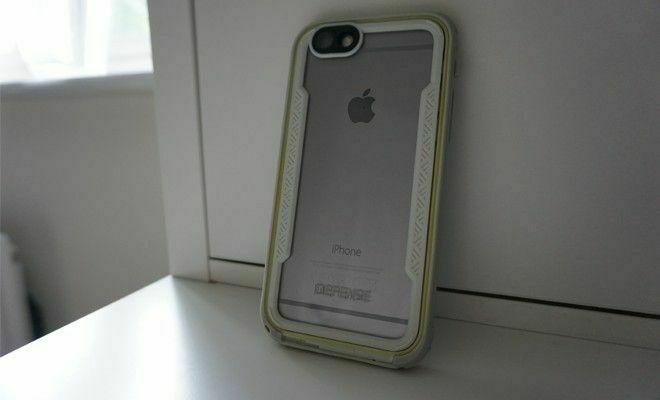
The design uses a bumper around the sides that ‘exceeds military standards’ in drop tests of over 2m onto concrete, complimented by an almost perfectly clear polycarbonate back. So the Apple logo and the iPhone tramp stamp can still be proudly on show, but more importantly it still shows your colour of handset. Meaning your choice of Space grey, Silver or either Golds are not hidden away like many other cases.

The bumper also covers all of the buttons to keep it nice and watertight, but doesn’t loose any of the reassuring ‘click’ when pressing. They do however need a little extra force to press them down, but I have had a much worse experience from much smaller cases. The bottom is covered by a rubber flap which plugs the headphone and charging port, allowing them to be used when required, but doing so obviously removes all of the ‘proofness’ highlighted above.

The Defence H2O also covers the screen with an inbuilt protector. It is surprisingly thick with a small gap between the cover and phone screen. Glare in direct sunlight is almost removed, but at the expense of viewing the screen is sometime slightly inhibited in some instances due to the thickens of the cover. Thankfully there are no issues with the touch sensitivity nor the Touch ID sensor.
I am a big believer in smartphone cases, with my iPhone spending most of its life tucked inside the official leather case. What that doesn’t give me however is any protection, well against anything really. When our smartphones are now our lives why not get some protection when you need it. The X-Doria Defence H20 Waterproof Protective Cover Case is so easy to get on an off again, if you’re even half active this is the case you will need on stand by.

In fact with the case only bumping the weight of an iPhone 6 to 176g, you may find yourself using it for all sorts of situations. When enjoying some craft time with the kids I didn’t need to worry about putting my phone out the way. Or equally when bathing the kids or even when washing up, I had zero phone worry at all. Remember those times when anyone could be dunked into the swimming pool at any time? Those times return when your phone has protection this good!
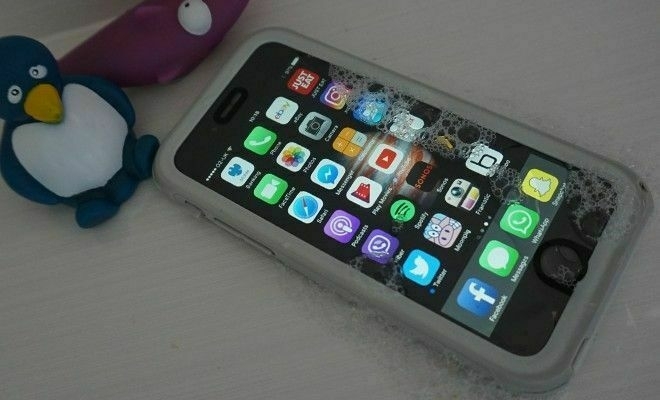
When using the X-Doria Defence H20 your phone can be immersed in water at a depth over 2m for an hour. I am not sure what you would be doing to need such a long time, but it’s reassuring to know you’re covered. I think more than this though it makes your phone life proof, free from the worry over not just water but also dust and dirt. It is a must for almost every user even just for occasional use you are out and about.
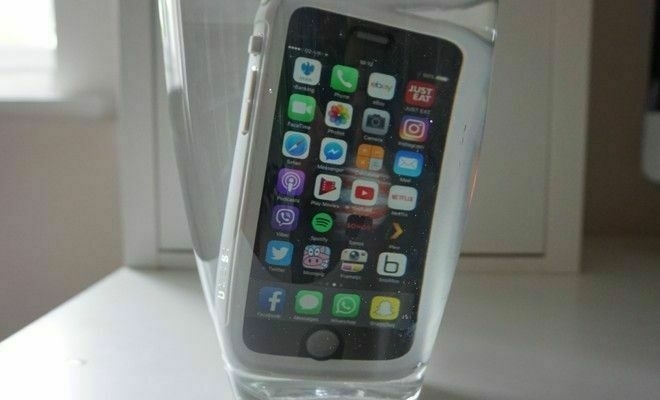
With the only downside being the cost, at an RRP of £59.99 it is more expensive that you might want to spend. Particularly for an occasional use case. However weigh this up against the cost of a replacement handset and its excellent value.
Is this case for everyone? No – if you live a life of office work and not much else then the Defence H2O really isn’t for you. However if like me, your life is filled with kids, sports and being anywhere near water keep one of these on stand by.
No it has nothing to do with radio waves, magnetic fields, or any other obvious way we thought technology could kill us. It’s getting to your body in a very slow, stealthy way and you won’t even realise it. What’s more, new evidence claims that it doesn’t matter how healthy you are for the rest of your life.
All this health kick from Apple, Google et al. is all well and good but it doesn’t help the fact that technology is helping to secretly shorten your life by making you sedentary. I bet you wouldn’t even know it would you? Lifting weights a couple of times a week, even a jog on the weekends. Unfortunately, current research suggests even that doesn’t make a difference.
Now technological advances are not the big bad wolf here, they have enabled our lives to be much easier, more enjoyable, and much safer. What is the real issue is the cultural shift that’s been enabled and sometime encouraged by Silicon Valley’s explosion. Technological advancements are the single underlying factor that has made humans less active in their lives.
This is most apparent whilst working; jobs are much more sedentary. These ‘sedentary types’ of jobs have increased by 83% since 1950 (American Heart Association). It’s no coincidence as the increase in technology and computing available in the workplace started in the 50’s. We are not just talking about computers, however the strange correlation happened around 1951 with the first commercially successful electronic computer, UNIVAC. There has also been a decrease in manual jobs due to the robotisation of many manufacturing and production lines.
According to research by Sanlam Private Investments, those of us with an ‘office job’ spend up to five years of our lives at a desk. With most spending anywhere up to 8 hours a day seated, other than the occasional trip to the printer or out for lunch. This only continues at clocking off time, spending anything up to 2 hours on public transport or driving. You can relax when you get home though, to our modern luxurious house filled with entertainment to keep you nice and relaxed seated.
The normal day is now so inactive we are not only struggling to keep up with the obesity levels, but both the physical and mental stress is killing us slowly. We have cut around 300 calories out of our working day according to Dr John Buckley, programme leader in cardiovascular rehabilitation at the University of Chester. Over a year that equates to around 26 lbs of fat, but some pudge around the middle is the least of your worries.
Slowly but surely things for your body start to look worse. A study from the journal Circulation: Heart Failure has revealed that those who sit for more than five hours a day have an increased risk of around 34% of heart failure. This is despite how much exercise they might do outside of those hours sitting. This doesn‘t even take into consideration the increased levels of depression and insomnia, along with higher risks of developing some pretty life limiting conditions including diabetes and cancer. Take stock of that if you are one of the average people that spend more than 9 hours seated. Even if you have an active job; sitting for long periods of time surfing the internet, watching TV, or even playing games is simply not good for your body.
I could go into the details of how the sitting position is just not natural for your body, the anatomical reasons for the pressure on the spine and digestive system. But this is a technology editorial. So the facts are these: You’re sitting down too much! Too much of your beloved tech is focused on keeping you seated in front of a screen engaged with it.
What’s more is no amount of good feeling you get from pounding the treadmill after work, getting your Google Fit goals, or even doing your steps for the day is going to change that. You’re going to have to change yourself. Many don’t even realise they are seated so long. The solution is a simple one: Stand Up.
Lets get this straight, I love technology. I’m what you could describe of an evangelist. I spend the majority of my day preaching to those less able about access to technology. Technology is so brilliant and so wondrous it deserves to be used. It’s simply a case of making your usage as active as possible.
Simple things can make a world of difference, you won’t even notice the difference if you try it. The future you might come back and thank me though so please do if we ever invent time travel. Most of us are not in a position to get everyone using stand up desks so the changes we make might have to be a lot smaller. Just walking around whilst reading some of the daily social media intake and standing at lunch are a few easy fixes. I’m pretty sure you can be creative about slotting those active hours back into your day.
One bit of feedback I have made to Google is to include alarms if you are sitting still for a preset period of time in order to encourage a little activity during the day. This functionality is already available in some other smart watches and fitness trackers. The Fitness goal of 10,000 steps should not be the end all, and these steps should be evenly spread. It’s no good doing 8,000 in the morning and sitting for 6 hours.
Since the companies inception in 1976, Apple have been held in high regard for their hardware. Woz produced revolutionary designs for motherboards and circuitry, and Steve was so obsessed with even the design of internal components that nothing left the company without achieving a certain level of design and engineering beauty.
The brand Apple sums up visions of iPods, Macintosh computers and more importantly iPhones. Although as the enormous growth of the iPhone slows, the revenue Apple gains from its services is going from strength to strength. Sure this is not new news, but in the week that has followed since the second quarter earnings call the real stories have been shadowed by a slight drop off in iPhone sales.
“Apple Pay is growing at a tremendous rate,” admitted Apple CEO Tim Cook
Apple now in fact makes more in its ‘Services’ column than it does from Mac sales. This includes iTunes, the apps stores and also things like Apple pay, iCloud and licensing. Increasing to over 6billion this quarter and a 20% increased when compared to last year.
Splitting out individual components of Apples services – The App Store revenue increased again by 35% year-over-year. Even Apple pay no has over a million users per week, although the payment service alone does not make a “meaningful financial contribution at this point” says Apple CFO Luca Maestri.
As Services sits as Apples second biggest revenue provider behind the overshadowing iPhone it may show a glimpse into the future business model. Or it may simply be Apple makes meaningful updates to its Mac line up and it bounces back above services, but the thinking towards Apple surely has to shift.
Well they finally did it. Google finally listened to all us geeks and produced a premium phone for the 7th generation of its Nexus line. A show stopper, Google produced the pinnacle of what they believe an android phone should be, and how it should work. This is the Nexus 6p — and when p stands for premium all others should take note.
When something is made well, it has Apple build quality — it’s a phrase used over and over again. A few have successfully matched, and down right copied, but the name still sticks. There have been a few Android phones to push those ideas, but none of the Nexus line have ever got anywhere near the upper echelon of build quality.
You could argue that is not what Nexus is, they are there to show the best of Android and put it in an understated and affordable body so developers can tinker. It is the prevailing opinion that the claimed developer focus is just not the case anymore. When specs sheets are almost null and void because Android runs well on almost anything it’s the outside that will win over the user. With the 6p Google have shown that the Nexus line can, and hopefully will continue, to not just point the way but also keep up with the best of them.
It’s not a fair comparison to compare the 6p with its little brother the 5x, but they are both born of the same parents. Gone is the plastic found on the Nexus 5x, replaced by metal and glass. It is strong and weighty which is reassuring in the hand rather than frighteningly light and creaky. There is no risk of you bending the phone despite what you may see, the whole phone feels premium with nothing spared.
The manufacturing partner for this outing is Huawei — unfortunately little known to much of the general public. They have already produced some stellar hardware, that is often let down by the software. Thankfully you will find nothing but Googles Android here, notice that doesn’t say stock, because Nexus versions of Android are more Googley than ever.
Huawei have done a perfect job squeezing a 5.7 inch screen into a body that is infinitely easier to hold that the previous version (Nexus 6), with flat sides and slightly chamfered edges the phone is a little slippery to the touch but does its best to grip on where it can. The screen dominates the front, rocking an eye watering 1440 x 2560 pixels (518 ppi) that covers more than 70% of the front. Only flanked by stereo speakers at the top and bottom giving THE best audio experience on a smartphone I have experienced to date.
Around the back, in order to get the all metal design Huawei have placed all the radio equipment and camera lenses behind a strip of glass. This has caused contrasting opinions in the design world, due to being raised very slightly from the rest of the phone. In reality rather than taking anything away from the design, it makes it much easier to tell which way is up when pulling the phone from your pocket. Combine this with the ability to still lay flat on a table it is likely to become a non issue and one of the best features of the phone.
Its also 100% worth the trade off for a bit of a hump, because Google made a big deal about these ‘Sony sensors’ they used in the new Nexus — and for once the results live up to the hype. As with the Nexus 5x, the camera is amongst the best Android snappers on the market. Images are crisp, and clear when there is plenty of light — with small amounts of noise creeping in when the light begins to fade.
Its unfortunate they didn’t include OIS even into this bigger phone, so images with small amounts of light survive by cracking the ISO up and image processing does the rest. You can mediate this by using HDR+, this reduces overly flattened areas of light and images are much more pleasing to the eye. See my periscope video above for some indicators of what you will be up against.
I have not struggled to get picture I want, although I have resorted to using the intelligent burst mode on more than one occasion and discarded the undesirable photos. This burst mode is only found on the Nexus 6p, and will not only take photos for as long as you keep your finger on the shutter, it will also make them into a moving GIF for you to share. Beware of all the images being backed up to Google photos though! You will find sample photos below from my Nexus 5x review — a cop out I know but its the same camera.
The back of the phone does suffer the same fate is most previous Nexus phones, it doesn’t so much recieve a tramp stamp than a full back piece. With Nexus plastered all down the back of the phone just under the the mysterious small ring you will find on the back of both new Nexus phones. This of course outlines the fingerprint sensor, one which provides perhaps the best unlocking experience on the market.
After a few days of use you quickly become trained to the placement, a quick tap on the circle wakes and unlocks the phone with ease. In side by side tests the scanner was as accurate and for the majority quicker than the Touch ID sensor on the new iPhone 6s. Which just as with Apple’s new handset almost renders the lock screen useless unless you unlock the old fashioned way by using the power button.
It is unfortunate to miss out on Android’s lock screen because it still does everything right, but the added security and ease of unlocking using just a tap is something no phone should be without. Once you are using the phone, it’s clear to see Google’s work hard to implement material design, the system animations and design elements flow easily into each other.
This still falls down in some apps, as with my Nexus 5x review it is the app ecosystem that falls short. It was months since I had used Android fully before popping my sim into the 5x, and although most things are obvious Android is still inconsistent in interface and also quality of apps. There is a tendency to be overly critical because of this, but with a bit of time getting used to and trying out new apps it’s not impossible to find everything you should need.
With that said, Google is trying to implement some kind of Android interface guidelines, but you don’t get enforcement when the platform is at least reasonably open. However if Android is ever to attempt to win over users from iOS the vast inconsistency between even app developers by the same companies needs to be addressed — but that is just not what Google is interested in.
Battery life has been somewhat of a small disappointment for me, packing in a 3450 mAh battery gave me hope of all day usage. While that is true for moderate usage, and it is light years better than the 5x, do not expect much more than 4.5 hours of screen on time. Although that is not everything in battery life, standby time is dramatically increased by Android doze mode, this is only useful for light users and if you place your phone on a surface for large parts of the day
The belief was that users bought an Android phone because they couldn’t afford an iPhone. It was what parents bought their kids, it then began a succession of Android handset until eventually they just bought an iPhone. If you owned the last Galaxy plastic phone, when you upgraded you went Apple and almost never went back — at least according to Apple.
That’s just not the case anymore. With phones like the 6p Google has a top tier that users graduate to and stay with Android. There is just no reason to switch, no longer is the iphone the only phone to get great pictures. The results and experience is the same and Android is familiar. The 6p is never going to win over iPhone users, because that’s just not what it is for, it’s for current users to buy — the best Android has to offer.
If you are in the market for an Android phone just stop, click that big button next to the 6p and buy it. It’s the best Android has to offer — and it shows.
It’s a weird thing the S upgrade of the iPhone, it is often overlooked — but always brings in features that become staples of the hardware line. The touch ID sensor with the 5s and Siri with the 4s, these models are not just the ‘tock’ to the redesigned models ‘tick’. However as every Cosplayer finds out, putting and S on something doesn’t make it super, after a stellar year can Apple give enough reason to upgrade?
Growth for Apple came from all directions when the 6 hit stores, most notably in China but also spurring a migration from Android users all over the globe — at a pretty high rate. No doubt turbo charged by Apple finally increasing the screen size to start at 4.7inches, something which is now considered pretty normal (or even still on the small side) for the rest of the smartphone market.
This new model from Apple has also been hitting the gym as it has changed quite a bit in shape, well for an S model anyway. It gains 0.2mm in height, 0.1mm in width, 0.2mm in thickness and a whopping 14g (6s) or 20g(6s+) in weight. Those few grams don’t seem like much but you really can feel it when you take it out the box, and all those little bits of millimeters mean an upgrade in dress size as some cases for the iPhone 6 won’t fit.
You really are going to notice the heft if upgrading on a two yearly contract cycle and coming from the 5s. With personal preferences aside, the extra weight isn’t a deal breaker but to say it’s unoticable is simply not correct. It does add a certain reassurance when handling the phone sans case, somewhat offsetting the retention of the slippy round corners — but as with the previous model these iPhone’s really look better in a case than out.
The increases in size and weight are to account for something that Apple believes is the next level of multi touch. Including technology first introduced in the Apple watch and Macbook, but this is no longer force touch — its 3d touch. Expanding multi touch into the third dimension and allowing for multiple (read 3) levels of touch (read force) you can apply to the screen.
Adoption of the ‘next generation of multi touch’ is at the moment hit and miss, but almost all Apple apps have short cuts reminiscent of Jailbreak tweaks and in app peaking and popping. The almost kindergarten names for a quick preview window with a slightly hard press to the screen, but still doesn’t give me the option to slam the phone down with a really hard jab of the finger.
If Samsung et al were the creators of such technology it would be universally dismissed as a gimmick. Destined to spend it’s life alongside other software almost has beens like eye scrolling and hand waving, but Apple has the software and hardware clout to just maybe make this work. After the initial check to see which apps support shortcuts (if they don’t you just received a double vibrate in a virtual head shake) it easy to forget due to the lack of visual clues — but as more and more apps adopt it you may be 3d touching for a long time to come.
Touch improvements also expands to the Touch ID sensor, with the home buttons sporting Apple’s second generation hardware. Tim Cook claimed that the home button is now not only more accurate but halves the response time — and this certainly shows in real word usage. In many ways the speed and accuracy now negate the need for a lock screen at all, reduced to just a fleeting glance as the home screen appears should you unlock with the home button.
It still falls occasionally to finger tips that are slightly damp but much less than with the first generation, but continued home button to wake the phone means notifications are often missed due to the speed of the sensor. That is unless you resort to using the notification shade — which although it finally shows notifications in chronological order, still is next to useless. You can couple this with forgetting about the camera lockscreen shortcut, as it’s gone before you get chance to open it — however 3d touch gives you a quick way of getting you straight to those selfies.
Once you do get the camera app open, the interface remains untouched, bar being coupled to Apple’s updated iSight sensor which bumps images up to 12mp from Apple usual 8. Although its is 50% larger, Apple have managed to maintain the speed and performance of its predecessor but don’t expect a revolution. This feels very much the bed for a much larger upgrade in future generations and a small hint that Apple is aware it is compared to much larger sensors supported by its Android rivals.
It is a very good camera, the best iPhone camera yet. The larger sensor allows for a larger image captured, meaning cropping and zooming is much easier and detailed. However in a stark change from many preceding years I am not sure the camera is the best smartphone camera any longer. Many Android alternatives produce much crisper and detailed snapps particularly when the light is fading — but the iPhone is consistent in capturing images with ease and simplicity we have always known.
There is one small difference to the interface that users might not even notice, three small concentric circles at the top allow activation of what Apple calls live photos. Reminiscence of HTC’s Zoe the camera app catches the few seconds preceding and immediately after taking a picture. Allowing for no doubt some great small clips to be captured.
In reality all I have managed to catch is video of me taking my phone out of my pocket or a few seconds of posing before the picture is taken. Unless you make a conscious effort to think this might be a good time to capture a live image it’s likely to spend much of its life turned off. That is without taking into account that live photos take up twice the space as a normal picture, a few seconds of low frame rate video and audio doesn’t seem worth the trade off.
The revolution this time around is around the front, now Apple have finally updated its age old 1.2mp camera to a more modern 5mp one. In order to make sure you always get a great selfie Apple have also included a hardware chip allowing the screen to act as a flash by increasing brightness above its maximum level. Selfies are well and truly here to stay, but even if that isn’t your thing camera quality across facetime is now much clearer and brighter.
Battery life also joins the many specs that leave you with the same feeling as last time.The size of the battery has actually diminished but with improvements in iOS9 real world battery life remains unchanged. The regular model will see you through a day unless you are a heavy user and the bigger plus model is nearly impossible to kill.
So there you have it, a few changes amongst a phone that Apple claims ‘everything has changed’. There are countless things that haven’t changed amongst a few that have, slightly. Most review focus on the improved internals, the new A9 gives console level gaming on a handheld device.That may be the case — and real world usage indeed shows how quick the phone is in a few short minutes.
However most of (at least my phones) its life will be spent texting, tweeting and the odd game of dots. The upgrade is made ever the more difficult by the fact last years model is no slouch either — so if you already have the 6 it will be a tough call to upgrade or not. If there isn’t a feature above that stands out, and you don’t like the look of Rose Gold (pink), there really is no reason to switch.
No matter what the adverts say there is no revolution here. The 6s is without doubt the best iPhone yet, but it’s not one that will change the industry — it’s just a tock.
I would consider myself a pretty athletic guy, I have done various martial arts during my life — as well as completing marathons and exercise regularly. I at least thought I was doing the best for my health and my body, until the Apple watch came along that is. Since strapping the watch to my wrist I have had my eyes opened to a new world of activity and all because of three coloured circles.
I’m also no stranger to the health effects of technology, writing a long piece on the dangers of technology breading a sedentary life style. With an office job I was well aware that sitting for long periods of time was bad for my body. Unfortunately for millions of people world wide, with office jobs you have work to do and often hours blend together and you simply don’t realise how stationary you are.
In fact many don’t realise how seated we all are full stop, according to research by Sanlam Private Investments those of us with an ‘office job’ spend up to five years of our lives at a desk. With most workers spending up to 8 hours a day seated, other than the very occasional (and short) movement around the office.
Home time would come and before any more sitting, hitting the gym for an hour of going for a run would feel like it swept all the health issues aside and also allowed me to unwind. Unfortunately for me and probably millions of others that just simply wasn’t the case, unless I was building my mileage up for a marathon the health benefits of after work exercise were in-fact negligible — at best I was standing still.
Unfortunately for people like me the Journal Circulation: Heart Failure has revealed that those who sit for more than five hours a day have an increased risk of around 34% of heart failure. Regardless of how much exercison or exercise done once you have clocked off for the day.
Apple have made a big deal about the health benefits they wish the watch to have, adverts and marketing a like have highlighted it becoming more than just a watch. The truth is it really is for me at least. I still have a hard time recommending others to purchase an Apple watch — but for me it is exactly what I need.
Three colour circles have shown me the way, on a larger scale than I ever thought possible. It sounds strange doesn’t it — filling little level meters for no good reason other than to prove you can do it. If I am extra specially good I even get a shiny award, but that pales in comparison to the three completed circles displayed proudly on my wrist.
Granted the Apple watch is far from the only thing that shows you activity levels like this. The same system on Google Fit had a similar effect in building desire to complete an hours worth of activity each day, but for some reason having it strapped to my wrist amplifies the effects and I find myself standing up when I am told off by the tapping on my wrist — even I have no need to I just find something to stand up for.
Its a small addiction now, but it is only affecting my life and my body in positive way. It sounds strange coming from someone that is already active, but the Apple watch has spurred me to do even a little exercise on those days I really cant be bothered to — all to complete my circle.
The only hope for humanity is that Google retain its “don’t be evil” unofficial mantra. If they ever slip, manage to appoint a tyrannical CEO or frankly just change their model we are all in for it! Google spends it’s days indexing the world and the web, both for current and future purposes — but it now wants to back up your entire life.
Google have been granted a patent to live record experiences using a wearable computing device for later playback. This might not seem a big step — they already do similar things with static photos backed up into its magical cloud, but if this latest patent is any indication of intention we are all heading for a weird future. Whats more Charlie Brooker’s Black Mirror should be held up as some kind of prophecy instead of entertainment.
If you’re not familiar with the UK TV show Black Mirror, it features an examination of modern society and depicts a future ravaged by the effects of technology. Proceed directly to series 1 episode 3 “the entire history of you” and you will see how exactly live recording everything in your life might play out.
“Set in an alternative reality where most people have a ‘grain’ implanted behind their ear that records everything they do, see or hear. This allows memories to be played back either in front of the person’s eyes or on a screen, a process known as a ‘re-do’.” — Wikipedia, The entire history of you
Proof, if it were needed, that Google intends to slowly move more and more of our brain into the cloud. Solving bar arguments, finding a picture you took in 2001 easily and now remembering what your wife’s expression was when asked a question at 11:00am on June 10th 4 years ago. All live ‘experiences’ will be stored and searchable with user questions like “Who were the people at the business lunch this afternoon?”, or “What films did I watch last month?
Although filing for a patent doesn’t show immediate launch or even the ability in producing this technology. It does show at least a small amount of intention, possibly giving another usage to future versions of its Glass platform. This kind of technology could prove invaluable to enterprise or security organisations with the right implementation — however would privacy issues stop any kind of public use?
Humans just are not made to remember everything, we are fragile and complex individuals with different abilities. Black Mirror hits at the dystopian future but each episode is well inside the realms of possibility — our brains are already much shallower than they used to be, could they be pretty useless soon?
For millions and millions of mobile users iTunes is inseparable from music. Since the birth of the iPod Apple’s platform supplies anything they wish to listen to — all be it 99p per track at a time. Unfortunately for Apple much as the 8 track, the cassette tape and the CD before it; the digital download began to die.
The portrayed impression is that increased demand for streaming services such as Spotify and GMAA, as well as on demand services such as YouTube have shifted the music industry completely. Retail based best selling charts that once relied on visiting a store with shelves full of singles shifted to only count downloads.
Even without anecdotal evidence Nielson Entertainment figures released just before Apple flicked the switch, show a fundamental change in music consumption. Whether it be from the influence of more illegal music avenues, or the tend for on demand everything — the streaming service(s) became king.
In the first half of 2015, Americans streamed twice as much as ever before — consuming 35 billion songs or music videos. With digital purchases falling 10.4 percent to 531.6 million, combined with overall album sales (either physical or digital) down 4 percent to only 116 million units.

So Apple’s answer was the sincerest form of flattery — Imitation. Take one music streaming platform — add content from Spotify and expand until sufficient coverage. Mix in drive storage options from Google Music all access and warm until 10,000 songs. Once complete add in radio functions for live radio and serve in your own packaging — implement social network to your own tastes.
“Obviously, the streaming piece is really great news, when you’re talking about darn near 100 percent growth … with no new players” — Dave Bakula, senior vice president of Nielsen Entertainment, told Re/code
Apple clearly didn’t have a choice to move to a streaming platform, the resultant hybrid is not without its issues. When you put as many services into on app such as music streaming, uploaded music and also purchased music invariably some things are going to bump, overlap and have some teething problems.
Even with the promise of cross platform apps — Apple Music is not meant to be attractive to anyone other than iPhone users that pay for a streaming service currently, or at least entertain the idea. Whatever your thoughts on Apple Music a first party service on a platform that ships at a rate up to 70 million a quarter make the rumoured aim of 100 million users seem entirely possible.
Since journeying back to using my iPhone more than anything else I have been stuck in term of wearables. My Moto 360 or G Watch R have been invaluable to me in daily life, allowing me to filter emails from work or just spend less time checking my phone. The pebble is great and all but it just doesn’t cut it when compared to Android Wear.
So I had a choice, learn to live without or stump up and buy an Apple watch, well if you clicked on the link to bring you here you already know I did the later. Unfortunately as I didn’t get in on the initial rush I had to wait for July if I wanted one from Apple — thats never going to happen if you know me.
Luckily I managed to find a reasonably priced one close by, in between the others that expected £600 for a 38mm version! I picked it up yesterday and I have been wearing it 24 hours. Yes I hate these attempted reviews done far to early to, but enough people asked me for some views that I put some down in ink pixels.
The biggest wow factor I have had already is unboxing the watch, I have gladly paid more than £200 for an Android Wear watch already. However I felt cheated out of the money then, it was made out of plastic and presented like a technology company playing at making a watch.
Everyone knows Apple take pride in the boxing and packaging, but included in the high quality packaging is a travel box for the watch which feels great quality. Along with the usual charge cables, which feel premium and the plug is the best designed adaptor I have ever seen! Unboxing this felt like an experience in itself, I had spent the money and more than other watches it felt worth it.
In its very short time with me the watch has been through the whole range of uses, answering calls and texts, through some circuit training and also been for a run. So as I sit here at 48% battery I think it’s done pretty well, I would be clinging onto 20% battery with a Moto 360 — that’s without running with it.
Much has been made of the poor battery life, usually from people that haven’t used it, but Apple’s figures seem pretty spot on — 18 hours of use should not be an issue at all. If you do spend 18 hours wearing it you wont have an issue either, as it is one of the most comfortable watches I have. My initial reservations of the strange fastening of the sport band were forgotten after a few minutes.
One of the issues with Android Wear for me was the first party apps, or lack of. Being able to choose which app you use for actions is one of Android great strength, but I just wish they would build Google fit as easy to use as Apple’s Activity and Workout app. Relying on third party apps to integrate with Android Wear sometime left a bad taste in my mouth with inconsistent ability and ease of use.
With the Apple watch a couple of taps and I had started my run (which can be tailored to tap you on the wrist after a preselected distance or time) and each time I glanced at my watch, the time/distance or whatever I wanted was easy and clear — I ran a new PB too, but lets not give the watch too much credit! The watch also recorded my heart rate every 10 seconds during the run, which seems quite accurate to monitors I have worn before.
My only gripe so far has been the OS, if anything it does too much. However I can’t work out if that is subjective due to my extensive use of Android Wear or not. For the life of me I can’t image who is going to scroll through twitter feeds or order takeaway when you can pull out your phone — but hey if you’re one of those people — it does it.
That is not the focus though — if you are not going to use apps the watch work brilliantly as a notification handler. You can even remove apps from the phone if you are never going to use them. One thing I have used more than I thought I would is the activity and health app. I have written before about the danger of sitting too long, and the taps on my wrist is a nice reminder. It’s too early to know if that will continue or be switched of after a few days as an annoyance.
Ok so this is far too long already, more incoming as the days go on.
In 2011 we all gasped as Samsung released a phone that was almost universally labeled as never going to work. It was an experiment that only Samsung could get away with, just to see if it would sell in any great number. The phone was the 5.3 inch screen touting Galaxy Note – a phone that was too big and would never catch on.
The Note was the creator of the ‘Phablet’ name, being more about mockery than labeling a new breed of smartphone. You can kind of see where they were coming from when the current biggest seller, Apple’s iPhone 4 and 4s featured a 3.5inch screen! Even Samsung’s own Galaxy S2 was considered huge with its 4.3 inch screen.
Now in 2015, when the industry standard seems to be anything around 5.5 inches, what exactly is a phablet now? What we once gasped at as a size is simply a normal sized phone now, the 4.3inches found on the Galaxy S2 is now compact. So if a phablet sized handset is now just a phone; what do we call everything below that?
Resolved: henceforth Phablets will just be called phones and phones with smaller screens will be called Fun Size. — Dieter Bohn
I have hit a strange point in my phone-owning life, for the two years previous everyone around me had an iPhone, whilst I had a long, almost endless stream of Android phones sporting ever increasing screen sizes. I laughed and offered my magnifying glass to those still sporting 4 inch screens, but the fun didn’t last long.
I now sit with a Sony z3c compact in my hand, surrounded by 4.7inch touting iPhone users, or combinations of anything up to 6 inches for every other OS users. In a cruel twist of fate or playground law, all of the jokes I ever had for phones made for ants are now towards me. There is of cause one lesson from all this, fun sized is just fine for me (at least for phones).
Phones with 5 inches or less are considered Mini or Compact, but they are no longer sub par or compromises made in downscaled versions of their brothers. If you want something more pocketable, or have small hands you no longer have to lose out like you did with older generation handsets. They stand alone sporting specs, and price tags, that are equal – so they deserve a title, but what title?
If the Mini brand reflects less specs and a downgrade, should the ‘compact’ name be an industry standard for flagship specs in a smaller body body? Although the Xperia Z3 compact takes a step down in screen resolution, it sports the rest of the internals of its bigger brother. Wins hearts, minds and attention in a world dominated by monster pocket computers. Yes I am a little biased, so a pinch of salt all around.
The downfall of this theory is the screen on the Xperia compact line has already jumped from 4.3 inches to 4.6inches. So it’s now only a smidgen smaller than the iPhone 6. Even the Moto X ditched its market-bucking small form factor to nestle in with the rest of the heard. So maybe compact doesn’t mean small as a rule – just a bit smaller than the really big one that used to be called a phablet but is now just a phone.
We are not quite at the point of a complete split, but it’s coming. It may come sooner than we think if Apple keep pushing forward with bigger screens. That’s without Android’s continued march towards holding a TV to your ear. Manufacturers will only make what sells, and that seems to be an endless pursuit for more. The Motorola-made Nexus 6 now stretches the palm at 5.96 inches – where do we go next?
The recent HTC m9 leaks point towards adoption of a similar model to Apple: releasing a new handset alongside by a bigger (plus) version. Samsung have been do this for three years, but releasing them at different times and with different names. The Galaxy S and Note lines are more cousins than brothers.
If you spend upwards of 12 hours a day in a wheelchair, there is one thing you need to be with it, which is happy. Some need extra padding, some need a new paint job and a few accessories to make it theirs. However that just wasn’t enough for 16 year old Mohammad Sayed, he demanded more.
Already a student at NuVU in Cambridge, Massachusetts, Mohammed was in the right place. Students at the ‘experimental high school’ reduce the traditional courses of English and math to complete several practice projects. Honing skills in more hands on subjects such as manufacturing, engineering and design. They have showcased projects producing alternative and more stable crutches and even a prosthetic hand that can write.
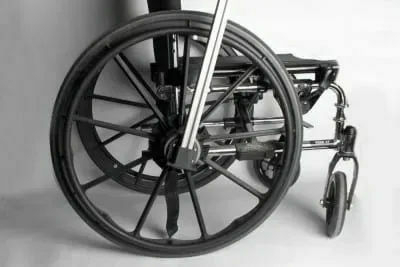
So he set to work hacking and modifying his own wheelchair using his 3D printing and design skills to completely transform his chair. Along with a few classmates they built Mohammed everything he needed – adding on a Laptop tray and a canopy with accessible storage. However showing what is possible they redesigned the chair to be propelled by a rowing motion rather than the normal pushing.
Now this may not be the first person to try a rowing wheelchair, but they are the first to make the whole process ‘cheap’ and easily available. The students claim that each part of the conversion only costs around $3 to make, all that’s needed is the metal bar to row yourself to your destination. That being said the 3D printer will set you back a fair few digits from your bank balance.
“If you are someone with atrophy and the muscles you would use to push with your biceps are getting weaker, allowing for different types of movement could mean the difference between continuing in a manual wheelchair or being forced to convert to a power wheelchair,” – Mohammad Sayed
The design is enabled with a racket system that will enable movement both backwards and forwards, although this came with several headaches. “none of us are mechanical engineers, so we went with the guess-and-check method.” added Kate Reed, 16. A true feat when considering the age and experience of some of the students.
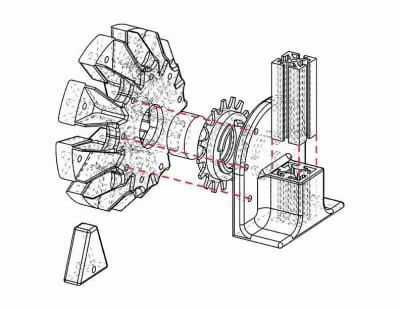
The really shows the ability of the students given extra attention in different areas. Mohammed added that this experimental high school had helped him not just with his practical work. Sayed was open with what the school has done for him. “Before NuVu, I didn’t do well in groups, because as a creative person you always push your own ideas, Communication was sometimes a challenge, but now I’ve learned.”Projects such as this really do push things that are becoming more possible with easily available design software and a 3D printer. All of the work is being open sourced, so you could take the designs and convert your own chair with the help of a 3D printing company.
So it’s now 2015, the year of the hover board, self lacing shoes and holograms – according to Back to the Future at least. As technology continues its unrelenting march to improving, streamlining and hugely benefiting our lives, is it also time to admit we have no control over the abilities of new technology? Almost everything to we thought sacred, personal and indefinable, can be found or created by technology – including our fingerprints.
Jan Krissler took to the stage at Europe’s largest association of hackers to detail how easy it was to recreate a fingerprint. All from readily (and freely) available public photographs, he showed a proof of concept in a recreation of the digit marker contained on German defence minister Ursula von der Leyen thumb.
“Biometrics that rely on static information like face recognition or fingerprints – it’s not trivial to forge them but most people have accepted that they are not a great form of security because they can be faked,” says cybersecurity expert Prof Alan Woodward from Surrey University.
31 year old Krissler, in some strange Guardians of the Galaxy spin-off, is referred to as Starbug by the fellow members of Chaos Computer Club he was presenting to, all in the hope of showing that the fingerprint already used by the likes of Apple is insecure. However at this point it is important to note, no proof of the ability was shown. A simple demo could have been possible, but Starbug instead chose to clone a fingerprint of a pseudo celebrity.
Why he chose Ursula von der Leyen remains to be seen. Presumably this has something to do with needing a clear picture of her thumb print and also others from different angles. So with this in mind claims made that “politicians will presumably wear gloves when talking in public after hearing about his research” seems a little far fetched.
There are worries however, as Apple, HTC, and Samsung all have implemented security around your digits – all of which can be fooled by anything from latex gloves to PVA glue. Not to mention its continued use in high security buildings, laptops and computer systems.
Fingerprint scanning is also set to be adopted in a new wave of smart bank cards we reported on back in October. However the next step may be finger vein recognition, a system of “pattern-recognition techniques based on images of human finger vein patterns beneath the skin’s surface.”
This works either as a two step authentication or separate from the fingerprint, and is something already under heavy testing and inuse by Barclays business customers, as well as at cash machines in Poland and Japan. This only works with a fully functioning finger and isn’t affected by blood flow or pressure: removing the prospect of a criminal removing your digits!
Right from the outset it’s obvious that this is a Black Mirror Christmas special filled with roast turkey, tinsel and snow aplenty. Also obvious from the very first scene is that the opening frames are building to a very different kind of Christmas special. Taking a delve into the not too distant, but very real technology influenced, dark and decrepit modern society.
Smile, it’s Christmas! The time for drinks, family time and peace on Earth to all men. Well maybe not all men, as the two main protagonists (played by Jon Hamm and and Rafe Spall) are clearly escaping or sentenced to escape away from the life they once had. From here, Charlie Brooker takes his usual stab at everything from Google Glass, to social media and even modern slavery and torture.
I told you this was dark, but all wrapped up in the way Brooker seems to cloud everything – just enough so the story seems to work on more than one level. The feature length special wraps three stories around each other, beginning at funny, and carrying right through to downright freaky. The story telling, writing and cinematography makes no changes from the two other short series we have seen before. If you haven’t already, then go a watch now as from here on in there be spoilers!
With wit, humor, and just a few white lies, Matt (Jon Hamm) begins to tell the story of of how he ended up in the place he is now. It’s narrated with all the silky smooth demeanor that his stereotypical American appearance conveys. Using his skills to coach what he describes as ‘dorks’, in this case Harry (Rasmus Hardiker), all while observing through “EyeLink” all in the name of sex.
Providing jokes, motivation and a little stage fright in order to end the night in bed, they believe they have ‘hit the jackpot’ but the winning lady in this case, mistakes Harry talking to Matt as mental illness. When Harry aims to motivate her to do what the voices tell her by changing jobs she mistakes this for a suicide pact. So instead of spending the night between the sheets, they spend it dying on top of it, all whilst being observed by his ‘coach’ and anyone that has brought the footage. None are unwilling to get involved when the worst happens, raising questions to our current wearable technology, mental health issues and willingness to walk away rather than help someone in need.
When Matt’s wife is understandably unhappy when she discovers his involvement, we first see the best piece of social media critique ever as she blocks him.
Booker has taken the simple block option on social media and pushes this to what could be a logical extension. The person blocked simply becomes a greyed out vistal entity. The block solves nothing, conversation cannot conclude and nothing is resolved, yet the world moves on. Moving on is inevitable, as Matt’s day job raises all sorts of questions on what constitutes a human.
Matt’s day job is automating the homes of those rich enough to pay for the service, in this case Greta (Oona Chaplin), by implanting a small chip (cookie) into a persons brain to absorb ‘themselves’. They then record everything that makes up their personality and everything they like into lines of code, making smart and snide remarks to almost tease the ‘copy’ of a person. Once removed, this ‘person’ is put to work in automating everything in the house.
Empathy for those imprisoned in the cookie is built fast with very real human reactions eradicated in a short period of time. The general tone and reactions from the story felt very forced and rushed. A human is not just their physical self, that goes without saying, but questions to Matt about the barbarity of his actions are forced aside quickly as if rushed. When Matt describes his technique of breaking ‘them’ in without snapping completely it felt as though this story could have should have been covered in an hour long episode alone. Just by using the word ’empathetic,’ Matt both insults and compliments.

That’s all before we even move onto poor Joe (Rafe Spall) and his tale of woe. Casting bright colours against a plain white dusting of snow, Joes story starts with actions and sounds of love and joy. With an appearance from the same song when everything goes wrong in the second episode of Black Mirror – an offbeat rendition of Irma Thomas’ “Anyone Who Knows What Love Is (Will Understand).”
This throw back also marks the point where everything will seem very familiar if you have watched previous episodes. After Joe is blocked by his pregnant girlfriend, it descends into a mixtures of old episodes and characters. You see images of dancers on Hot Shots and even the comedy show that spawned Waldo.
After spending years being blocked and not being able to see his daughter, it is eventually rescinded when she dies in a rail crash, so Joe is finally able to set eyes on his daughter for the first time. From here on out its twists and turns that are not to be missed so I won’t spoil them here. The one-off episode is available on 4OD and also should be available on DirectTV in the US from the 21st onward. Merry Christmas!
To be social – “needing companionship and therefore best suited to living in communities or an informal social gathering, especially one organized by the members of a particular club or group”. In the modern age this no longer needs to be done in person, it can all be done without leaving your house. Facebook messenger, Google Hangouts and Skype mean you can interact with people much easier all over the world.
According to Ofcom, the use of social networks in several countries has actually felt a decline in 2014. Measuring web traffic to social networks compared to other websites, the UK regulator found some unsuspected results. Social networks such as Facebook and Twitter are seeing less weekly visits from users in major countries around the world.
The largest decline in weekly access to social networks coming from users in the UK – dropping from 65% to 56%. Declining use also in the US (from 56% to 54%), Japan (45% to 42%), and China (62% to 57%). Many countries also had increased number of visits, however, such as France, Italy, Australia and Spain.
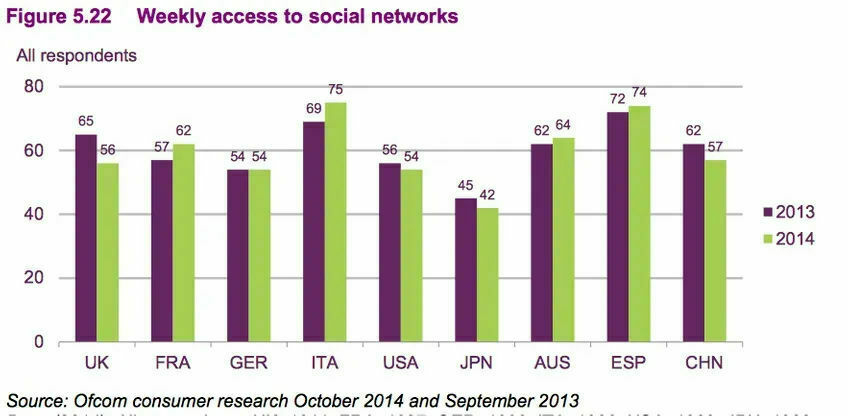
These figure will have no cause for alarm for those running these social networks, as many have actually recorded increased usage and interaction over the last year. With 1.35 billion monthly active users on Facebook (Facebook 28/10/14), and 284 million active users on Twitter sending 500million tweets every day!
Increased usage of less “traditional social networks” has been highlighted as a catalyst to these figures. Users are still visiting social sites in the billions, but increase usage of online videos and messaging services are “cannibalizing social network usage” according to Ofcom. Users don’t need to visit a website to interact with their friends any longer, WhatsApp and other messaging services offer quicker and easier solutions.
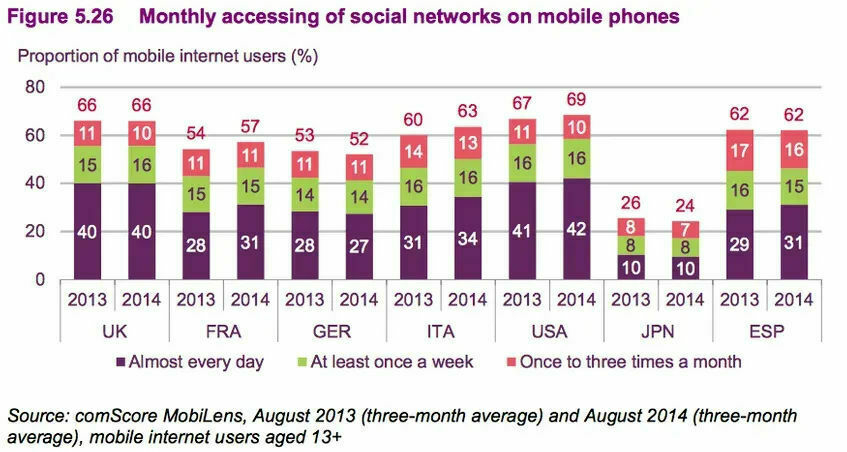
There is one winner from all of the Ofcom reports and figures, and that’s mobile usage. Social networking is the largest online use of your pocket computer. We have reported the rise of mobile browsing at several points this year. Even the rise of online shopping is nowhere near as popular as those social apps, tipping other activities such as reading the news, shopping and playing games in all but China and Japan.
Round is cool. That’s just a fact – wheels, money, Oreos… they’re all brilliant. We’ve only seen two attempts at round Android Wear watches, and just one if you count the flat tyre of the Moto 360. Why there isn’t more, only manufacturers know. Most have adopted the safe haven of a square. So here we are, left with the LG G Watch R.
You can stop thinking that this is a round version of the original LG G watch right now. Thats a very wrong assumption to make, as much like the Sony Smartwatch 3 I tested last week, it has received spec bumps and improvements in all the areas that you need. The G Watch R (GWR) is competing with the specs of the Sony watch, in what many consider hardware version 2 on Android Wear.
Unlike the original G Watch, design has been very much on the minds of LG when working on the GWR. Instead of the plain Nexus like design, we get something that looks a top of the range sports watch, all be it a sports watch from the 1990’s, and those design cues are straight from G shock.
Its almost annoying that the numbered dial around the outside doesn’t turn, so I can relive some youthful games of marking how much oxygen I had left. This does mean that, along with the Moto 360, it can actually be mistaken for a normal watch – something distinctly lacking from LG’s first model. Being more at home with a suit in the office with the Moto 360, than out running with the Sony Smartwatch 3.
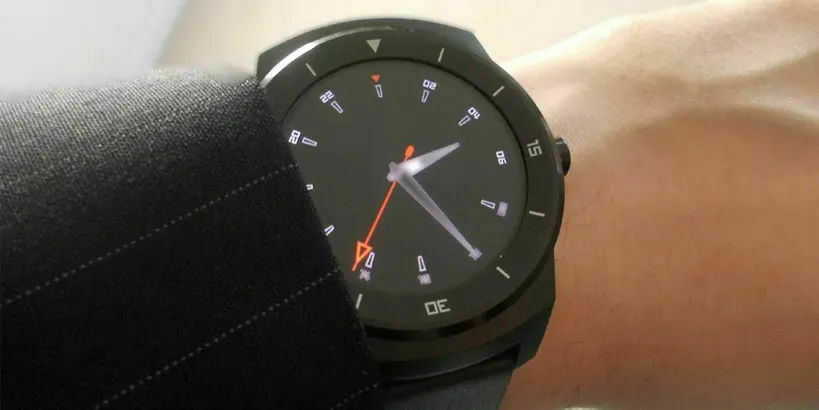
The large bezel around the outside replaces the flat tyre look of the Motor 60, its actually a full circle! This does add a little bulk, and slightly inhibits you a bit when swiping cards away. Being a large margin above the 1.3-inch P-OLED display, the design makes the usual palm over the device a little more difficult. The display is noticeably smaller than the Sony Smartwatch 4, maintaining 320×320 dimensions, but colors are much more vibrant.
Coming with a leather strap its hard to know where LG want to sit the styling of the watch. You would expect a watch taking all its design cues from sports watches to come with a high grade rubber strap like most of the competition. However the bundled leather strap is a confusing mix of sports and fashion, and with the leather wearing within a few days around the fastening and strap end its clearly not high grade leather.
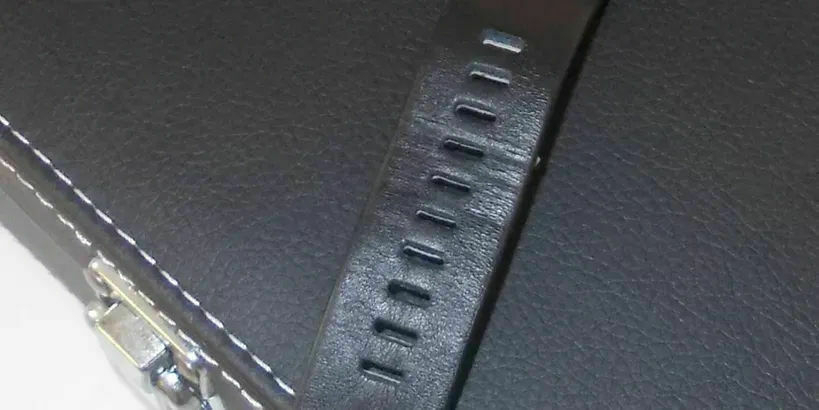
That’s not all bad news as this leather wearing in does mean that after a few days use the strap is amazingly comfortable. Luckily the watch uses a standard 22mm watch strap so changing them for something new is easy. The only question that should be asked though is why should you have to? With the low grade leather its hard to see how they can justify the £220 price tag, given the Moto 360 come in at £199. It will be a tough choice to justify the extra outlay when comparing them side by side.
Given the choice on paper, many will chose the Moto 360. During use, the battery life increase on the GWR alone is worth a little extra outlay. The 410 mah battery consistently gets me through 2 days with moderate use – even the odd day of heavy use still saw me through to the next morning.
Battery life on Android wear is a tough choice, the battery life needs to last through a tough day of heavy use, but does it really need to last more than that? We are a long way off anything last as long as the pebble, but I am fast coming to the conclusion that if the battery lasts more than a day, then it needs to last two – otherwise manufactures are just adding weight to spec sheets, for no real reason to the end user.
There are certain products that just don’t have that special something, and that last little bit is missing from the G Watch. It doesnt feel like a step forward, despite the improved display and battery, it just feels like a round version on the first generation hardware – all be it with much better looks and a much better battery.
The battery charger, although easy to use, is a proprietary piece of hardware I have to worry about. So anytime I spend traveling I have to make sure I know where this small bit of plastic is. Though I am sure this won’t suffer the same fate as my Gear Live charger, more manufacturers need to offer at least a back up of the basic micro USB connection.
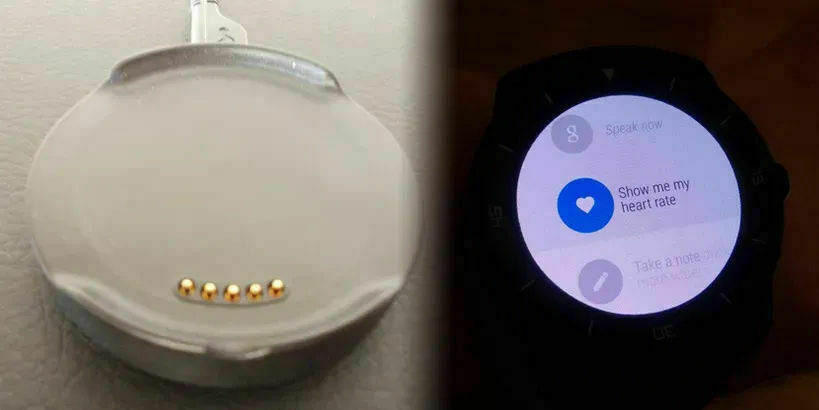
It does however feature a heartrate sensor, that seems to be much more accurate than others on the market. Unlike the Gear Live I can use it after a run and whilst damp. Despite the graphing ability in Google Fit, we are still lacking the ability to record it at intervals through out the day.
The lack of an ambient light sensor was also a big draw back after using the SW3 and Moto 360 as it means the screen is either on or off, which is constantly annoying. Luckily the 5.0 update to Android Wear has fixed this little issue (but more about that another time). The recent update however, has yet to fix all the small announces with the screen.
When the screen dims after covering of after a period of inactivity, the screen fades all the way to black, only to brighten back up to the dim screen. If the screen then turns on the face will jump slightly, very noticeable due to the high contrast colour on the screen. Again a small annoyance, but ruining the experience of the most expensive Android watch on the market ever so slightly.
If styling is the most important factor to you and you want a full circle Android Wear smartwatch, there is only one watch to choose from. For a good looking Android Wear watch without the battery anxiety of the Moto 360, choose the G Watch R. But for all the round ability on the G Watch R, it falls short of living up to Android Wear hardware v2. Given the expensive outlay be sure the styling is for you, as it will soon be outdated with new hardware incoming.
It feels much longer, but it’s been less than 6 months since Android Wear hit the market. They have stealthily crept into use without much fuss, despite revolutionising the wearables market. Reducing the time spent interacting with your phone, but still mining all of that lovely data for Google. The launch devices were pretty average, the Moto 360 wasn’t for everyone despite its anticipation. So now its time to see, perhaps one of the more experienced smart watch maker, Sony take on Android wear. The Sony Smartwatch 3 review is straight ahead.
Despite claiming they had no intention of making a watch for Android Wear, they have followed up two generations of Sony Smartwatch running their own OS, with a third – this time running Android Wear. The imaginatively titled ‘Sony Smartwatch 3’ has the same rugged lifestyle proof ratings that their phones do. Each Android watch has been water resistant, but the SM3 sports an IP68 rating mean you can submerge it in water for up to 30 minutes, should you feel the need.
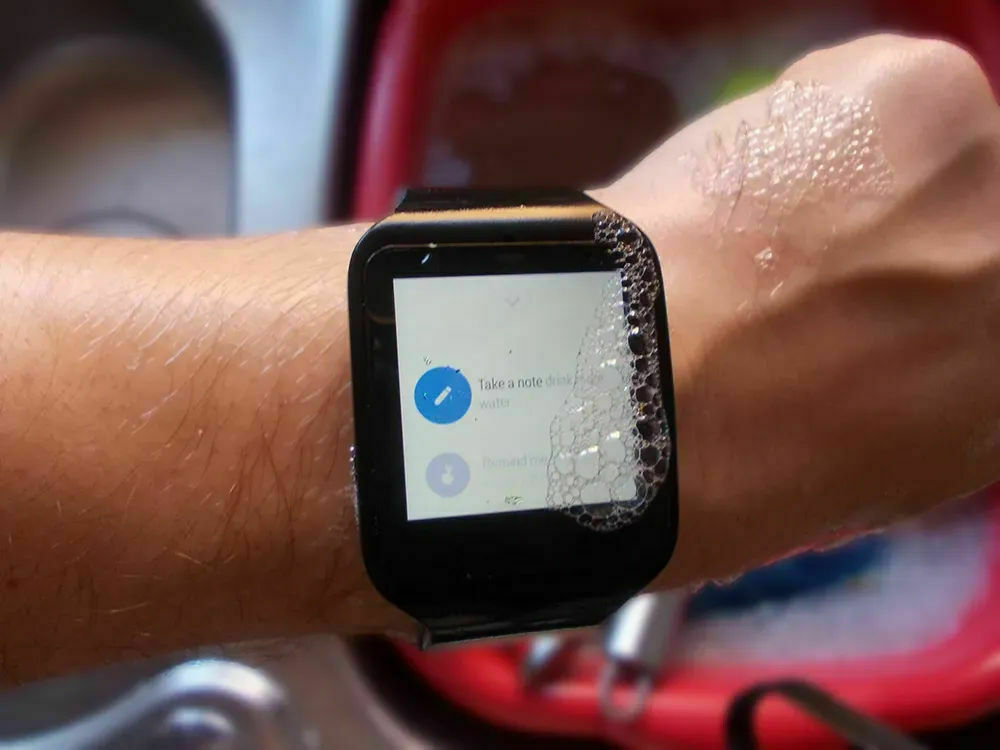
The IP68 rating means you can leave the watch on when going about your daily life and it will stand up to everything – swimming, running, working and even the occasional bump and scrape can all be shrugged off, although you will still suffer the phantom touches from water that have plagued every model so far.
With its basic, no nonsense name echoed in its design (that in many ways takes on Google’s Nexus design language), it isn’t going to win any design awards – but what some people may call boring and plain others will call understated and sleek. In certain light conditions on the black model, it’s sometimes impossible to tell where the screen ends and the band starts.
Choose any colour band you like, but they all are made of the same high quality rubber, with a matte finish. Matched with a clasp similar to that of a normal fashion watch, you have the making of foolproof comfy fitting. Unfortunately this is the sole area that lets the Smartwatch 3 down, and does it quite badly.
For want of better words, the fit is not going to be for everyone. The clasp is very big and a little loose matching this to there being too much space between notches, the fit can occupy that annoying space between one setting being too tight and the next too loose. Combine this with the flat ‘core’, it fits much like the LG G Watch rather than the much comfier Gear Live.
Of course everyone’s wrists are going to be different, so a try before you buy is recommended as the fitting may not be for everyone.
Dust resistance may be a box that doesn’t need to be ticked, but anything to life proof it can only help. What that does mean is that everything is sealed into the watch, but its not actually a watch per se. The main body pops out to reveal what Sony call ‘the core’. This can then be swapped into other bands, and presumably other things, but until now there is just a white, yellow or a pink rubber band to choose from.
If they could match this to a metal and/or a leather option, you would have a look for every occasion. However, achieving this Android Wear for work and play may be down to Google improving the speed in switching wearables, with manufacturers eventually releasing easily changeable watch bands to rival the yet unreleased Apple Watch.
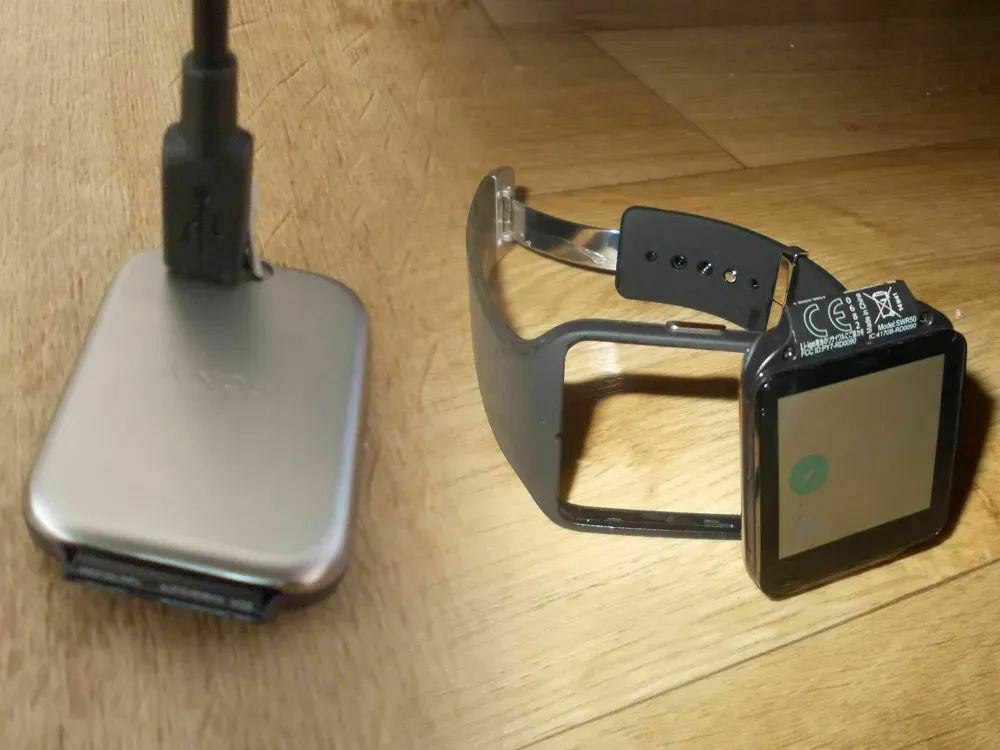
This core charges using a standard mini USB cable, so ditches the docks and proprietary chargers that others have needed. Which makes a very welcome change, as some of these have caused issues. The IP rating means, much like the Sony phones, is covered up with a rubber flap. Which the longevity of which remains to be seen, but gaining access to the connection is easy to achieve, much more than messing around with a required dock or connector.
The comparison to other Android watches unfortunately has to carry on, as with the Sony watch we could be at the start of v2 of the hardware. No bold and revolutionary changes are seen with the Smartwatch 3, but how many improvements can be made to a watch? Everything sees a much needed improvement to the areas that really matter.
The screen is the same 1.6 inches we have seen before, with a new ‘Transflective Display’ providing the 320×320 display. This fancy technology means that while the screen isn’t as vibrant and colourful as that seen on the Moto 360, you can see it clear and accurately in even the brightest of sunlight. A fantastic improvement to what was the biggest gripe of the first wave of Android Wear watches.
The battery receives a small bump to 420mah, which hardly seems a huge deal given the LG watch had 400mah when it hit the shelves. With improvements to the screen and internals, the claimed 2 days of battery life is easily achievable. Where a day of use had me needing the charger at 7pm with the Moto 360, i’m easily able to resist the charging cable for more than 48 hours with the Smartwatch 3.
This is the first Android smartwatch based on the Broadcom SoC platform, packing a 1.2GHz Quad-core ARM Cortex A7 processor and its own on board GPS Sensor allowing for phone free tracking if needed. Along with off live music playback through Bluetooth headphones – thanks to the updated Android Wear OS, you could run phone free if you needed.
The watch also has built in wifi, all be it lying dormant while the Android Wear support lacks support. A future update may mean phone free updating too, should Google wish to take Android wear down that street. Android Wear on the SM3 is in stark contrast to that seen on the Gear Live. Rather than duplicating or replacing every wear app, the SM3 is completely stock, save for a few watch faces that are actually very well designed. Usefulness and ability is the same as any other Android Wear watch currently on the market… if you have used one you have used them all.

All being said this is by and far the best Android Wear watch on the market at the moment. There are improvements to be made in comfort, but the ability and usability from the thought Sony has put in more than makes up for it. It would be hard to choose this over the Moto 360 or even the G Watch R for styling, but the all round ability of Sony’s Smartwatch 3 is second to none.
It almost comes as no surprise when new levels of spying are uncovered in the ‘post Snowden era.’ Government agencies are one thing, but surprise is the least valid emotion when information gives light to the involvement of big business. The information we have now may only be showing the tip of the iceberg, however Cable and Wireless involvements seems to be the level of sinking the Titanic on its own.
In a Joint investigation with German broadcaster WDR, Channel 4 News released information directly from Snowden on the level of GCHQ (Government Communications Headquarters) spying on not just the UK but the world. A level at which Snowden was outspoken over, describing as “the most intrusive.” Unable to deal with the level of information now flowing under the beaches of Cornwall, they had huge help from the very people responsible for the cable. In an operation they called ‘Mastering the internet’ GCHQ was provided information directly by Cable and Wireless.
Cable and Wireless have been responsible for thousands of miles of cable leaving the beaches of Cornwall for over a century. It would appear that they have been providing a backdoor to GCHQ into the communications for several years. Is it purely coincidence that since 2012 the firm is now in the hands of UK based Vodafone, a company that has previously been highlighted by Snowden as tapping the phones of millions of people worldwide.
In documents seen by Channel 4, in a period between 2008 and 2013, the company went by the code name ‘Gerontic.’ GCHQ had direct access to Cable and Wireless cables entering the UK in Cornwall, code named Nigella, intercepting the private communications of millions of users from all over the UK. GCHQ certainly planned, if not succeeded, to intercept trillions of gigabytes of data per second.
So cozy was the partnership they had a full time GCHQ working inside the company, and carried out testing on the behalf of GCHQ on equipment. Holding regular meetings between 2008 and 2010, and receiving millions of pounds in payment for its troubles. They also provided feedback and suggestion of the best way to gain information. Even useful hints and tips about how GCHQ ‘could’ tap into its network if required.
Safe in the knowledge that its own customers could be spied upon at any time, Genotic also went after other providers’ information by tapping into the cables of partner communications firms supplying the rest of the world. Renting space from India based Reliance Communications that has cables running from Asia, through the Middle East and landed in Sennen Cove. A mere few miles down the coast form its own landing in Porthcurno in Cornwall. Close still to GCHQ’s base in Bude.
“It is longstanding policy that we do not comment on intelligence matters; Furthermore, all of GCHQ’s work is carried out in accordance with a strict legal and policy framework, which ensures that our activities are authorized, necessary and proportionate, and that there is rigorous oversight.” – GCHQ spokesman
As they have done with all previous accusations both GCHQ and Vodafone have denied all involvement other than those that it is legally obliged to upkeep. Insisting direct access to its network was impossible without Vodafone knowledge and a warrant to do so. Adding “there are processes for us to do that which we’re not allowed to talk about because the law constrains us from revealing these things. We don’t go beyond what the law requires”
This is all despite the fact that documents exist detailing the involvement, still being referred to as Gerontic, as late as April 2013: long after the takeover by Vodafone. So denials of involvement are either plausibly denied, or simply incorrect. What is sure is that these accusations of involvement are already affecting large business and government contracts.
None more so in Germany, where it has 30 million customers, that it will struggle to keep. Although they vehemently deny the accusations Vodafone have been linked with heavy involvement with spying on German government officials, including the Prime Minster Angela Merkel. Despite using encrypted devices and communications, many experts have called for cancelation of all contracts with Vodafone.
Many providers have now moved communications away from the beaches of Cornwall, but the reduction of interception is unknown. The level of ‘partnerships’ that were built by GCHQ is still yet to be known, and many still exist to this day. A practice that recoups millions in payments each month maybe hard for business to turn down.
GCHQ and the FBI have been publicly outspoken about the use of encryption and the security of populations. Giving outlandish accusations that people will die because of its use. Using encrypted devices and communications maybe of little use if the company providing them is also providing a backdoor to agencies. Many companies swear to be fighting the good fight, and looking after their customers but how many actually are. Maybe we will never know for sure.
The Verge have been accused of many things, read some comments on posts and they switch between users yelling ‘iVerge’ to saying they are ‘Android biased’. Vlad Savov even wrote a whole article on why his reviews are better because of bias. He raises some good points, but it also raises a much larger issue with the world of technology reviews: is objective reviewing even possible anymore?
This became all the more obvious whilst using a Lumia recently to see how Windows Phone had grown from 8 to 8.1. The ultimate goal of each operating system or manufacturer is to keep you buying their products, even before you need to if at all possible. So instead of taking the risk of going elsewhere, companies have come up with all sorts of plans to ‘lock you in’ and ensure your continued custom and revenue.
First starting with differing operating systems and usage, this quickly expanded to creating brand application stores, accessories, and general feeling of belonging to a team. You choose your side and stick with it through thick and thin, band times and good.
Each brand, operating system or manufacturer has its image. You could argue that this started long before the smartphone, back in the PC vs Mac days, or Windows and Linux, when the ethos was “choose a side!”. So called fanboys sprouted from everywhere online, communities were built and people belonged. This is a story that can take an age to tell, but what’s established is the ethos and brand users felt.
But much more than this, Apple created a brand image that has become synonymous with the people that buy the products. Once the rebel underdog fighting against the evil Microsoft, the brand has evolved into the artists brand, and in the smart phone age it that has taken on a luxury image. Founding Apple Hippies, now morphed into cash rich middle class Hipsters.
Users felt exclusive, entitled and most of all proud of the executive phone they carried. All the while with each iTunes and App Store purchase were less and less likely to even consider a competitive handset. While we’re at it, you know that iTunes runs much better on a Mac, don’t you? It is also much better for all your artistic needs, because that’s why you are an Apple user right?
Let’s not forget all those nice accessories you have for your phone won’t work with anything else, so don’t even think about that new Android flagship. As the once underdog became the top dog a new starter in the field would take over this image, one lead by an equally geeky culture; Android. Producing with it a huge number of companions to your new device.
With matching tablet, Chromecast streaming device plugged into all your TVs and the options of having it on your wrist and in your car, to just consider switching to another OS leaves you without these devices, so the desire to leave has to either be financially viable or massively motivating.
Slipping your sim into a Windows Phone handset immediately leaves a user without some Google services that they may have spent years with. Yes, Gmail is just about workable but not on the same level, but no Google Plus, no Chromecast along with extremely limited YouTube and don’t even think about a wearable. Whichever side you choose can you bare to spend time switching services and be subjective to a new platform?
This is without taking into account the learnt abilities and work abilities of the usual platform of choice. Although Apple seems determined to pull in features from Android, the three major platforms are uniformly and intently different from each other. Because one ability is easy and learnt on one, does not mean it is on another.
Buttons move, menus change and strengths and weaknesses of a platform differ. This is all the more prevalent between the two large platforms of iOS and Android, compared to Windows Phone, but it is also creeping in between OEM Android handsets. Each mobile company is building their own features that are not available on any other phones. Unlike iOS, on Android and to a point Windows Phone you are not just comparing specs and platforms, but also who makes it.
There is definitely a movement within Android users that brands attract loyalty. On Google Plus and Twitter it’s obvious that Samsung attracts different users compared to HTC, as does Motorola and the holier than thou Nexus users. They each have a completely different ethos in both hardware and software.
Phones are like cars, some have strengths and weaknesses but they can each do a job. Decide what job you need it to do and get the one that ticks the most boxes. Be happy and proud you chose the right phone for you and made up your own mind. For some help read and watch as many reviews as possible.
There are a wealth of really good reviewers out there, some have come and gone, some have started out great but have given into the lure of big bucks from manufacturers. Regardless, can any of them be subjective? Can an iPhone user give a Windows Phone a good run, or give in like me after a day as it’s not the same as their previous phone?
Even within Android, can a Motorola user give the new Samsung an honest review? Or even a current Samsung user for that matter? Take everything in with pinch of salt, consider the angle the review has and read a few. At the end of the day though, it’s something you have to decide on your own!
You’ve read the few stories floating around, you’ve seen our round up of ‘#Bendgate’, and you’ve even watched some fools bend iPhones on YouTube only to dismiss the issue just like I did. It wasn’t until I discovered my own iPhone was bent that I started to believe those YouTube bending fools. It’s not as bent as some iPhone 6 Pluses I have seen mind you, but when placed face down it certainly doesn’t sit flat.
From day two I’ve had the phone sitting in its nice official leather case living out its quiet life in my hand, in my pocket, or on my desk. So how exactly can my phone bend in its short quiet life? Your guess is as good as mine.
I went into this this frustrating journey of replacing my bent iPhone filled with confidence that it would be a simple issue of getting the phone replaced after a few calls, but I couldn’t have been more wrong.
The number of phones in stock would be my first major hurdle. Considering Apple has sold so many iPhone 6s in the short time they’ve been out, they may be in short supply and make it harder to get an exchange. I figure calling the store I purchased the iPhone 6 from was my best bet to check and see if they have stock and explain my situation. Forty minutes later of being on hold and I’m beginning to think going to the store is best option. Not a huge deal, having worked there in the past, thinking this would be easy.
When I arrived, the store manager checked to see if I was ok after waiting less than five minutes, but unfortunately I still ended up leaving the store empty handed. He quickly informed me that I would have to go an Apple store, the nearest of which is three to four hours of driving away, even after I told him that I only had the phone for a little over a week.
“Out of our hands” he told me, “it’s not faulty so it’s your problem”. Strange thing for him to say when he hadn’t even set eyes on the handset. Below (and above) is a picture illustrating the ‘not faulty’ iPhone.

I even went as far as pointing out the fact that under UK Law, 11N of The Supply of Goods and service act (1982) states that responsibility is placed firmly at the retailer’s door. This information didn’t even raise more than a grunt from the scruffy supercilious manager.
Right or not, I presumed that one store manager didn’t speak for the business, so thought it best to try a little higher up the chain. I called the Carphone Warehouse Customer care number who, despite the name, didn’t seem to care at all.
I was assured that “Apple has put the phone through rigorous testing and it requires a large amount of force…” but I tuned them out after that. The nice lady went off to see what my options were and informed me when she returned after ten minutes that I could take it back to the store and they will send it to Apple (which could take up to three weeks) or I could take it myself.

I called my mobile network (o2) and they said they would be happy to exchange the handset but, since I bought it from CPW, there was nothing they could do. Resigned to the fact I am going to have to sort things out myself, I suppose fours hours out my day is not the worst thing in the world. I have since booked an appointment at the Apple Store in Sheffield on Tuesday, so hopefully that will be the end of my journey.
This whole experience has left me feeling like it’s me that has the issue, or that I’m crazy and just being too picky. I am most of all annoyed, not at the phone, but at at the service seeing as the issue should have been sorted after one hour and not several days. These are the considerations you must take into account when buying a phone from now on.
It wasn’t even a concern for Apple when designing the initial iPhone, but mobile applications can make or break a handset – or even an entire OS. If current research is to be believed, the demand for downloading applications is decreasing – even as the smartphone market continues to explode.
New research carried out by Deloitte has shown that the average number of apps downloaded per user is declining. Not only that, but it’s down by a huge amount. The study shows that nearly a third of all smartphone users in the UK do not download any apps to their smartphones in a given month. For those who do download apps, the average number has declined from 2.32 to 1.82. As well, the study showed that only 1 in 9 users ever pay for an app for their phone.
Does this mean that the application market is imploding as the headlines would have you believe? Hardly.
The number of smartphone apps that come included with various operating systems and custom interfaces is continually increasing. Most Android handsets come complete with a whole suite of media consumption apps, not to mention social media apps such as Facebook and Twitter. Users vary rarely use the supplied apps by Samsung and other manufacturers, so why would the basic users need to download anything else?
Even Deloitte themselves have attempted to shed a little light on the finding by breaking it down to age groups. An increasing number of smartphone users over the age of 50 has a decreased demand for applications, which means they are generally happy with those included, or may download a few when first setting up the handset. However they are less likely to download any additions later in the phones life.
“The new adopters of smartphones use them mostly for text messaging. When you look at who uses IM (instant messaging) services like WhatsApp and WeChat, it tends to be younger age groups and it declines very steeply with age.” – Paul Lee, head of research for technology, media and telecommunications at Deloitte
Even younger users, once they have downloaded an additional suite of apps when they are first setting up the handset, will use only a handful – and rarely, if ever add to them.
Technology is advancing at such a rate that cutting edge equipment is surpassed in a few short months. Many things that were a luxury a few years ago are considered essential now. Ofcom have conducted varied research into communication technology understanding and communication needs with some unsurprising results.
The study found that telephony services, on both mobile and landline, as well as internet access are now essential to our daily lives. It’s reported that 61 percent of people value a voice communication service highly for keeping in touch with friends and family as well as instant access to emergency services.
This mostly related to mobile communication services, however, home telephone service was very much linked to age. 61% of people over 75 need access to a landline, while just 12% of 16-24 year olds reported the same. Additionally, 59 percent of all people considered mobile voice or text messaging services essential.
The usage rate of voice communication are dying with the so called millennium generation. In the 14-15 age range only 5% of teenagers said they used voice communication over the phone or sent emails. In stark contrast to more than 50% of adults who use both.
However 57 percent of respondents valued internet access as a basic human essential in order to access information for education as well as entertainment. This again was very much dependent on age, 53% of 16-24 years olds valued it highly, and however no one over 75 rated it essential.
New technology has become part of our lives, and something we cannot live without. This also comes with an extra cost. Having to factor in the monthly cost of home internet access and also a mobile phone contract can be a struggle to some people.
At the moment 95% of UK households have a home telephone line, with 82% also having an internet connection at home. However 86 percent of the consumer’s survey have never had a problem in meeting the costs and only 7 percent said they would have an internet connecting if the costs were more affordable.
The costs of being so reliant or engrossed in communication technology is not limited to monetary costs. Many lose or are restricted in health related activities or social interaction. Ofcom have uncovered that users in the UK spend more time using technology than sleeping.
The average user spent eight hours and 41 minutes using technology. This is defined as watching TV, listening to the radio, surfing the internet or using a mobile phone. In contrast they spent eight hours and 21 minutes asleep in bed.
Google’s Android Wear has been marketed at reducing the time you spend interacting with your devices. It attempts to just get information when you need it. Will this make a difference, or is interaction destined to be done through online services?
It was Sony that first started the the conspiracy around killing your device when they wanted you to upgrade. The fabled ‘Sony timer’ stopped the tech from working days after the warranty expired, making you upgrade to newer hardware. Now the theorist have moved onto Apple.
The anecdotal evidence has been that Apple intentionally slows down the old version of the handset when launching a new version to force you to think about upgrading. This whole concept is called ‘planned obsolescence’ or the un-coincidental demise of a device.
It seems that some credence has been handed to the theory by a new Harvard study from economics student Laura Trucco. Trucco looked at the amount of people searching for phrases such as ‘iPhone Slow’ when a new version of the handset is launched.
What Trucco found is actually pretty substantial from such a simple study. Whenever a new iPhone is released, search phrases relating to slowing down of the older version skyrocket. What’s more, this is not coincidental and searches relating to Android handsets such as ‘Galaxy s3 slow’ did not increase in correlation to a new device launch. Simply increasing over time as more are sold.

The implication is that Apple somehow slows down the device to make the user more likely to upgrade to a new handset when the slowdown may be just lead by expectation. If you watch the new device launch and they boast about how the new model is twice as fast, your current model is going to feel slow.
The slowdown is an unavoidable occurrence as Apple attempts to make the newer model software feature as much new ability as possible. As the new version of software is adopted by users of older handsets, they are less able to cope with the new features, and as such run much slower.
One thing Apple is great at is new software adoption after launch, while an Android handset may have several months before it is able to receive a version of the newest iteration of Android. After all Apple controls both hardware and software, enabling them to work much more quickly and have more control than Android manufactures.
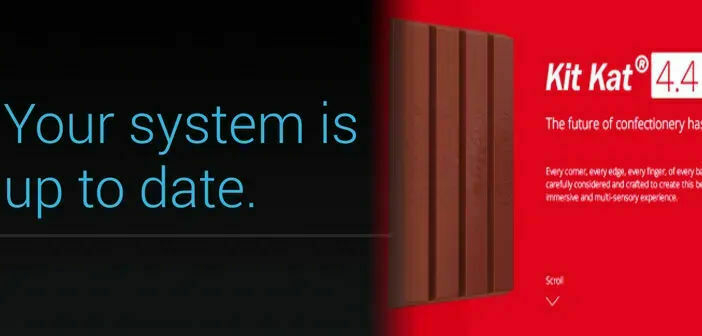
An Android device may not receive an updated Android version for months after release if at all. Even then this release will not reach all users at once. It will be slowed by differing manufactures, different version of the device and also network testing. So if the same issues do take place on Android handsets it would not show the spike that Apple handsets do.
However there are advantages to this model. If an Android handset was unable or not able to run a new feature well, this feature would be left out of the update or simply the handset would not be updated. Sure as each integration of iOS and Android is released it become more and more taxing on the internals of older devices.
Since moving across to use Android I have spent the whole time trying to find the perfect device. Many have come and satisfied me for a short while, but there is always a compromise somewhere. Whether it be poor battery life, poor camera, or poor software, the reasons are many. The next in this line is the marmite device, the OnePlus One.
Love it or hate it, you can’t avoid talk of the OPO. If it’s not a vocal few voicing opinions on the marketing, it’s the many more begging for an invite to buy the phone. Even after ordering the phone it still divides people. My experience on a daily basis goes from “wow is that the OnePlus One? How did you get one!” to “what on earth is that phone” in equal amounts.
Be prepared for the whole experience of the phone that start from the shipping box. Pulling the exposed tab reveals the best packaging I have ever experienced. Even the unboxing felt like a special event, reserved for those worthy enough to gain an invite to even buy the phone.

So much was this experience I had to put together an initial hands on with the phone as it felt so good unboxing and just feeling the phone. The build quality of the phone trumps any plastic put out by the majority of manufacturer. It falls short of the level of the HTC One M8, but these two ‘ones’ are top of the tree in build.
What OnePlus have done is spent the money on the device in some strange areas. Considering the key ring Sim-ejector tool, the amazing quality USB lead and the deluxe packaging. Then put these against the two adaptors I have to use just to plug it into the wall. Leaves a few questions of the importance placed on usually unimportant areas, but the areas that do matter do not disappoint.

I said it in the initial hands on this phone is big in the hand. The square corners make it slightly uncomfortable to start with. That’s assuming you adopt the usual pinkie underneath grip that most people do. After a week of use the backing of the sandstone black handset has lost some of its gritty feel but none of the grip, now resembling a feel similar to rough felt. Making it feel great to the touch, strong and reassuringly sturdy.
Dominating the front of the phone is the 5.5 inch screen. I said this phone was big didn’t I? The Screen produces colours that are bright and vivid, if a little on the warm side. Not to mention the level of tweaking options available will make any user happy. Combining this with the sound from the twin speakers, everything from a full movie to a quick YouTube clip is engrossing. Even if the sound is blasted sideways and not forwards which you get from the Sony Z2 and HTC One M8.
Is it possible to see any stutter from devices anymore? Modern powerhouses of processors make light of easy tasks. The OPO is no exception, the Snapdragon 801 doesn’t even break a sweat to keep usage fluid and response. With gaming and extensive tasks bringing out the best in the chip.
Even the most graphic and process intensive activity is a breeze. Combine this with 3GB of ram for all your multitasking pleasures. One advantage of such a large handset is space to fill with battery power. So even a day of heavy use will be no issue for the 3100mah battery. Getting in excess of 6 hours screen on. Of course your millage may vary.
The only let-down is the screen is not a responsive as I would like. Spending a good ten minutes working out if it was my imagination or just that anything after the latency on the M8 feels like a step backwards. Leaving the on screen navigation keys sometimes a little under responsive.
If you choose to make use of the full screen real estate and switch to the capacitive buttons be prepared for them to disappoint. Being the wrong way around and also extremely poorly backlit. A non-issue once you get used to them. Which may take a while as after all they are the wrong way around!

Whereas the power and volume buttons are in the perfect position on such a large phone. Right in the middle of either side. They are good quality buttons with a reassuring click when pressed. However they are a little too far recessed into the phone. Making it slightly hard, and almost impossible when using a case.
It’s a little disappointing they didn’t to add a camera shutter key, if only to take up a bit more room on the side of the phone. This is where the quick launch gestures come in handy right? Well we will get to that soon enough.
Android Phones have always appeared to lag behind both the iPhone and Windows phone devices. Only until the current generation have we seen those that really compete on this level. OPO reviews have shown some great staged photos that appear to be taken by a high quality camera. In reality the ability of Sony’s Exmor IMX214 13-megapixel shooter is left lacking more than it should.
In anything other than perfect light it sometimes takes a couple of shots to get a great finished article. Which is normal when comparable to anything other than a Lumia at the moment. The CMOS sensor includes a great f/2.0 aperture, so in low light when it really matters the ability is good. Let down by poor software processing however. Leaving some photos noisy and washed out.
What pulls everything back together is the ‘Next Camera’ that comes stock on the OPO. The CM team has really worked on this to really show their ability. The capture rate is nothing short of incredible. Meaning I can fire off shots in amazing speed. Giving the HTC M8 a good run for its money you rarely missed the shot you want.
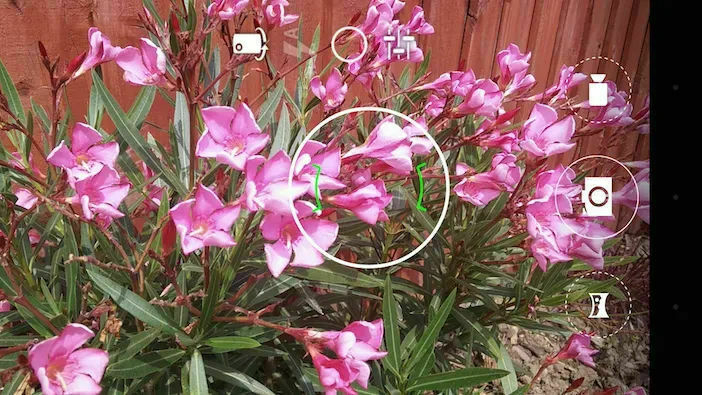
When shooting there are several filters to choose from with a swipe of the finger before shooting. These give the impression of pleasing the Instagram generation. What this does do is reduce the time to enter HDR mode to half the time of other apps. When using HDR expect the processed shots to be over exposed and sometimes unnatural. Giving results that appear to be from someone learning to Photoshop. There are two included in the gallery above.
Francois the audio and camera developer at Cyanogen has also shown that there are big improvements coming for the OPO, including RAW support. So there is a benefit to having constant development by CM. However some of the other software leaves a little to be desired.
This is one area that has been left lacking. I have very rarely used Cyanogen before the OPO. Although the amount of users that speak highly of the ROM developer goliath is outstanding. Even on a Nexus device there appear to be bugs and unfortunately the OPO version CM11s is no different.
Nothing had been detrimentally wrong. However software features that don’t work on an end user device is unacceptable. Software fixes for a pretty big bug with the Wi-Fi toggle when using a theme has still not been applied to the ‘flagship killer’, despite being available for weeks in other software.
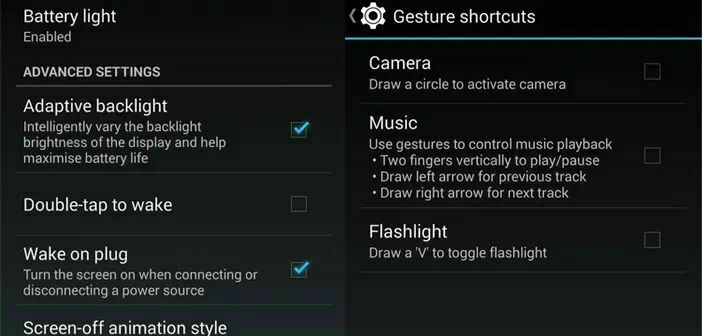
As soon as you turn the device on I would turn the wake up gestures and double tap to wake off. Otherwise you risk turning on the torch or unlocking the phone in your pocket. I don’t think this version of CM11s would even class as a milestone build. A fix is coming so we have been told.
I realise that at the moment the OPO is aimed at those more ‘tech savvy’ than the average consumer. That’s a very good job because a normal consumer would not put up with CM11s as it is today. If OnePlus ever want to move forward they need to seriously consider doing so without Cyanogen on board. Or stepping their game up dramatically before they even consider releasing a general consumer handset.
What CM11s does bring to the table is an almost endless array of personalisation tweaks and modifications. Far too many to go into detail here but expect favourites like customisable navigation bar, quick settings, and shortcut gestures. Meaning you can select as many or as few as you like.

What is amazing for customisation is Cyanogen’s new theme manager. The ability to change everything from boot animations and icons, to full on themes that change almost every pixel of Android. With hundreds of themes available straight from the Playstore. Want it to look like Android L, no problem. Even themes to implement LG or Touchwiz design if that’s your thing.
Cyanogen also bring along their security options to the OPO. The phone is not rooted out the box, so using banking apps and the like are not an issue. The stock kernel has bene patched to a much secure level than most devices available today. And with Whisper SMS you can encrypt your text messages with ease.
Removing the software bugs I am in love with this device. The build quality and battery life are truly a wonder to behold. Using it will be enjoyable, once you are used to the size of the handset.
Whilst the screen is not pushing the pixels of the G3, it is bright and vivid. Combined with great sound from the speakers makes for great media consumption. The camera software is great combined with a good sensor. Which will only get better.
We are now a mere day away from Google I/O, where Google is rumoured to be launching a new version of Android. What isn’t known is whether it will be Android 4.5 or 5.0. Not content with that Google have launched both 4.4.3 and 4.4.4 to AOSP and Nexus devices. However, a new threat has been discovered whilst digging around inside the fresh source code. Cyanogen team members have uncovered a new notification feature called ‘Heads Up’. The CM team have managed to switch on the hidden code and implement it into their ROM.
This creates a notification similar to that implemented by the Paranoid Android Team with their ‘Hover’ feature. Created with immersive mode in mind, a notification does not disturb full screen activity. Instead creating a floating replication of the notification just below the status bar. These can be interacted with in the normal way, expanded or dismissed. All without having to leave your app or pull down the notification shade.
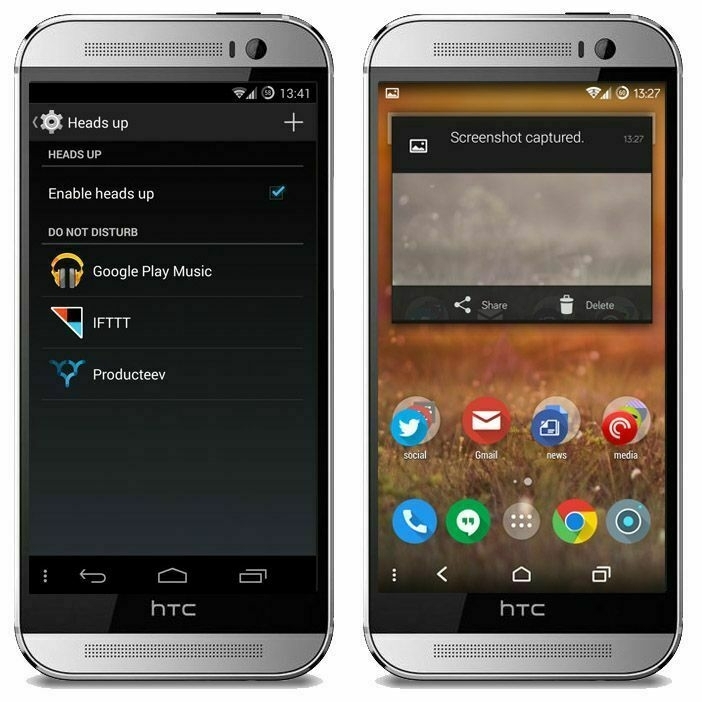
Starting with the CM ‘nightly’ from June 21st onwards, Heads Up will be available to use. CM has not only switched on the feature, but implemented it with the notifications, system wide. All with the level of expertise we have come to know from the team. If there are some notifications you just don’t want to see in heads up. There is an option to switch off certain apps from doing so. Leaving only the important ones to make a bigger, bolder entrance onto your screen.
Full of intrigue we have tested out the brand new notification Heads Up. Testing out the feature in the June 21st ‘nightly’ for the Nexus 5, Nexus 7 and even the HTC One M8. There are a few teething issues, but other than small issues, this works exactly as you would expect. You can interact with a notification in all ways you would expect. Tap to launch the app, swipe away or even use embedded interaction options. It has already proven to be useful in the short time testing. So much so that CM11 has now become my rom of choice.
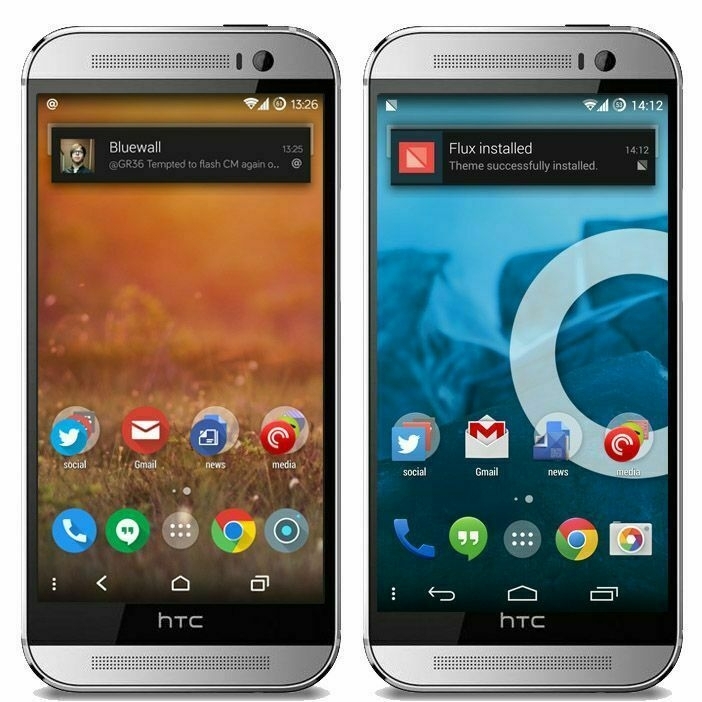
We can only speculate if these are meant to be used in the next version of android, or maybe never due to be used in android. They bear more than a passing resemblance to iOS notifications. With iOS8 to get interactive notifications, maybe this is an area Google will be pushing forward. Ready to stay one step ahead of iOS.
Don’t worry if you don’t want to flash CM for the notification features. MohammedAG over on XDA Developers has ported the feature over to Xposed. Joining such modules as gravity box, it offers custom rom like features to an otherwise stock rom. However you will have to root. In the interests of science we tried this on other roms and it works great on AOSP based roms. On non AOSP such as HTC Sense it does work very well. But misses some notifications. Remeber this is only v.1 of the notification enhancement so I am sure it will improve.
We are going to see an action packed I/O this year. Android Wear and the LG G Watch, Google fit, Android TV and what else. Maybe a new tablet with a new version of android? Maybe Android Silver? The Keynote starts at 9am PDT on June 25th. With the key note and several sessions streamed online for those that are unable attend. In 2014 everything leaks! Somehow Google always manage to surprise us with something, what would you like to see?
With each leak the excitement builds towards Google I/O. We are in for a jam packed keynote full of exciting information and new products. You only have to look at the I/O event schedule to know that Android Wear is coming. Forbes has now revealed information about Google Fit, the fitness service Google will be launching Google Fit to rival Apple’s Health book.
In an attempt to avoid producing another dead resource like Google Health, Google has chosen not to build jet another app or service to compete with already established brands. Google has instead created the Google Fit platform. Designed to collect and interpret data from other fitness trackers and health. And its ready to go live at Google I/O incorporated into no only Android Wearables but also smart phones.
Google will release a Google Fit API at I/O. Any device manufacturer or application developer will then be able to plug directly into Google’s services. However it’s unclear if the service will need to be built into the Android OS or simply a stand alone Google Fit app. If they take the latter approach, data could also be collected from iOS and Windows phone users by launching a Google Fit app.
This will aid people that may use more than one wearable. Android Wear will collect daily data such as counting steps, then users could strap on a heart rate monitor when they go for a run later. All the data would be collected by Google Fit, stored in the Google Fit cloud, and maintained by the same app. A mammoth task as even vast wearable producers such as Nike have struggled to amalgamate data from Fuel Band users and Nike+ users and make the data meaningful.
Not to mention, allowing people to plug into older or rival collected data. Data could be collected form the heart rate monitor from the s5, old Fitbit data or even heart rate and exercise graphs.
It seems becoming the hub for all the data to be collected is the current trend. Apple have released Health Book as a platform to collect data from its handsets, expected to be joined by a wearable later in the year. Health Book would be able to store similar data, including steps, heart rate, and sleep patterns.
Samsung have made similar efforts in the form of SAMI. Critics have been quick to move against Google’s data harvesting. Similar noises have been made to Google Fit as after the Nest acquisition. The fear is that Google will target ads based on the health data collected by Google Fit. They could however do this with any Google Now or Android Wear related information. Imagine an advert for a performance boost just as you’re starting to slow down during a run or even worse, medication and procedure adverts for those suffering from the detected condition.
Android Police have once again done their homework and delved deep into the leaked Android wear system dump from the LG G Watch, and ripping apart the ClockworkHomeGoogle.apk has shown a “retail mode”. This mentions ‘reaching fitness goals through a built-in pedometer’. They also uncovered that the new play services is able to collect wearable data and plug it straight into Google Fit.
Google have done their homework, and have waited until the wearable they release is as packed full of features as possible. Google I/O is now only days away, and Google are bound to still have a few tricks to show us. What else can they possibly pack into the conference?
Technology is getting to a stage where it will be a true aid for the disabled. Google have yet to realise the true potential of project Tango in aiding the disabled. However Microsoft are the latest company to try and improve quality of life as much as possible. Trailing a head band that will help the visually impaired navigate the world.
Microsoft’s break through ‘Alice Band’ will help the blind and visually impaired become much more independent. Using cutting edge technology to aid in navigating staircases, elevators and escalators. Currently being used by a group of eight blind people in Reading, UK
Microsoft have detailed the built-in Microsoft customised sensors. These all in one sensors that have been custom built to detect the proximity of surrounding objects. All of the information is processed by the band and then interpreted through audio signals to an earpiece worn by the user.
All of this information is dependent on specialised sensors installed all over the world around the user. Signals will need to ‘bounce off’ objects in order to map the surrounding world. Relying completely on installation of these sensors in every location. This may be plausible in the home, however systems such as Google project Tango does not require these installing. So is likely to stall adoption of Microsoft system.
The hope is that localised sensors will enable contextual information on the world around the user. Relaying information on journey time, any delays in transport expected and personalised instructions. Part of a much wider push by Microsoft into wearable technology. Including a much rumoured smart watch or even Google Glass rival.
Microsoft new projects are made whilst working with Future Cities Catapult on a program called Cities Unlocked. The UK Government is putting in place incentives with several organisations to push into a new wave of ‘Smart Cities’.
The UK is also implementing internet of things (IoT) networks in major cities to welcome in the age of the wearable and smart objects. Granted this network is only rolling out in ten major cities in the UK to start, but will roll out nationwide. These will mirror such networks that have already been set up in other European countries such as France and Spain.
At the moment there are small numbers of connected devices. However forecasts from the likes of Ericsson have predicted there may be as many as 50billion ‘things’ connected to the internet by 2020. The network uses ‘ultra narrow’ band connectivity, due to the communications containing tiny amounts of data.
“It will essentially be a piece of work that’s similar to building a new mobile network, just using a slightly different technology” said Wendy McMillan, the head of the Arqiva’s frightening titled machine-to-machine services. They are hoping that building the network, and mirroring others globally, before things really take off will mean that that this protocol is the only one used.
The required infrastructure for all the smart things to communicate will be in place soon. Meaning the sky is the limit for integrating smart things into our lives. Making people with disabilities a priority is a great business model. As these are the people that really need the help to have a great quality of life.
After leaks by Edward Snowden the level of data harvesting by GCHQ has been at the forefront of the news. Privacy and protection of personal data has become a major concern for individuals and large corporations alike. The UK government is moving quickly to quash the effects a European ruling will have on accessing and storing our data.
A European Court of Justice (ECJ) ruling earlier this year looked to change the ability to hold and store that data. Ruling that communications service providers (CSP’s) were not at liberty to adhere to the 2006 Data Retention Directive, meaning that they didn’t have to store data of its customer’s activity for anywhere up to 24 months.
The emergency data law is mainly aimed at these communications companies to bring clarity to their position. The fear is that CSPs might start deleting communications data. Such data being of paramount importance in the security agencies fight against terrorism. Prime Minster David Cameron said if the information were to be deleted, or no longer collected, it would seriously impede the UK’s ability to fight crime and protect the country against terrorism.
Set to run until 2016, when the law will be reviewed. There will be outlines for the legal obligation of the collection of all communications data by CSP’s. Data collected will include when calls were made, what numbers were dialled, and other information that can be used. However it does not include the content of the communications. Security agencies will still need a warrant to access this data.
A warrant would need to be signed by the foreign secretary, the home secretary, the secretary of state for Northern Ireland, the defence secretary or the cabinet secretary for justice for Scotland. So would not be easy to obtain for other than those of paramount importance.
This will all be overlooked by a Privacy and Civil Liberties Oversight Board. To advise the government policy on counterterrorism. Producing a report aimed at bringing transparency to the government’s actions and access to communications. Following such a move by Facebook, Google and Apple. The report will detailing the number and type of requests made to communication firms.
This doesn’t mean that the government will be able to listen to your calls, and read your emails. Not more than they are already able to anyway.The data that will be stored is simply who you are contacting and when. There will be no content stored or intercepted without a warrant. And the amount of organisations that could have this type of access is being reduced.
However this does not cover any monitoring activities carried out by the UK’s intelligence agency, GCHQ. They are free to intercept and store huge amounts of information about citizens’ online activity. They are not governed by this shake up of data interception. This is to improve investigations in to smaller crimes and back up alibis given by suspects.
It’s clear there are privacy concerns with the interception and storing of vast amounts of personal data. However the latest move is to improve the image and transparency of such acts. Matching similar moves by big businesses to be open and honest about your data. As well as ensuring that the essential data is still captured to aid in anti-terrorism investigations.
In the latest move in the saga that is the right to be forgotten law, the UK government has asked for it to be removed from the new European Union data protection laws. Opposing having another law dictated by the European Union, and bringing more controversy and debate into the almost farcical ‘Law’.
Under the new law individuals have the right to request Google search results be removed that are “inadequate or no longer relevant”. This has lead to around 70,000 people making the request to Google in just two months. They received around 30,000 request in the first two weeks to remove search results that infringe an individual’s privacy.
The government is currently negotiating with our 27 partners to get a new law, which is the new directive and we, the UK, would not want what is currently in the draft, which is the Right to be forgotten, to remain. We want it to be removed, we think it is the wrong position – Justice Minister, Simon Hughes
Since being put into place, both technology commentators and media outlets alike have been up in arms. Both the BBC and The Guardian have voiced concerns and argued that content which is outdated still has relevance and this ruling is one step towards media censorship. Being now joined by the UK Minister for Justice Simon Hughes, who agrees that being deleted from search engines including Google at the request of individuals, should not be administered by the EU.
I don’t think as an individual and as a minister that we want the law to develop in the way that is implied by this judgment that you close down access to information in the EU, which is open in the rest of the world – Justice Minister, Simon Hughes
There are several issues with the right to be forgotten. Not to mention that there are other search engines that exist. Information will still be shown on Yahoo and Bing search. Without taking into account searches on individual sites like Twitter, Facebook and Google plus. There are so many ways that this action just will not work.
As soon as a Google search is made, it is obvious results have been removed. Google search shows a warning at the bottom of the page stating some results ‘may’ be missing. Whats more if the listing is from a news publication they are made aware of this. Google sends a letter stating “We regret to inform you that we are no longer able to show the following pages from your website in response to certain searches on European versions of Google search.”
These examples show what a nonsense the right to be forgotten is. It is the equivalent of going into libraries and burning books you don’t like. There is no suggestion any of these articles are inaccurate – Martin Clarke, MailOnline
The MailOnline will now publish a list of all articles that are deleted from Google’s search results. One high profile case is that of former banker Mr. O’Neal from the BBC blog. An article written back in 2007 by Robert Preston was highly critical of the then Merrill Lynch banker. Resigning after bad investments and making huge losses. This blog post is now removed from Google search results in Europe. But it’s unsure of who by.
Is the data in it ‘inadequate, irrelevant or no longer relevant’? Hmmm. Most people would argue that it is highly relevant for the track record, good or bad, of a business leader to remain on the public record. Especially someone widely seen as having played an important role in the worst financial crisis in living memory – Robert Preston
Google is only at liberty to filter specific Google search results. Meaning that there is a very easy route around this. Less specific searches. Making a less specific request to Google search would list result that may have been removed in a more specific request. Techaeris have to be very careful what we show in Google search results for so we can only present a general example.
Google search for a specific celebrity, and search results could very well be filtered. Having such things as drug problems, arrests or promiscuity deleted from Google search. However search for celebrities with drug problems, would bring up all related results. Including those the celebrity requested to be deleted. This is because the online information doesn’t disappear, just the way it is displayed in search.
The thing to remember is this ruling only happened in Europe. So although anyone can request information to be removed, it will only be left out of European based Google search. So consider everything inside Europe to be not the full story when you Google search. As with everything there are always way around the internet.
Searching through a disguised proxy will bring up an unfiltered search result. But simply switching to use Google search outside of Europe will do this. Switch to using Google.com will lose some local searching, but will give true results.
So it would seem that all the effort and costs that individuals such as Mr O’Neil have gone to fight for this right to be forgotten has been pointless. Google search has done as asked despite its protests. Filter Google search results that have a valid reason to be forgotten. Yet still the information is readily available on the internet. The only way for it truly disappear is to remove it from the source.
The internet can both empower and harm an individual in equal amounts. In a generation that the internet is in such a prevalent place there is a need to be aware of its power. The printing press had been invented 150 years before its true worth and usefulness was realised. It will take much longer for the internet. Society is still working out where and how the internet fits in with our lives, leading to wildly differing opinions of its purpose and the level of control we have over it.
Although many users are completely tied into the Google ecosystem, governments and courts seem to think Google is the internet. Perhaps Google has become too all-encompassing of the internet for its own good. Everything that involves internet use seems to be levied against Google specifically even though it is not the gatekeeper to the World Wide Web.
The old expression in the UK is that today’s news is tomorrow’s chip paper. Meaning that news soon fades into nothing and people soon forget. Allowing lives to move forward. In the world of the internet this couldn’t be further from the truth. A quick Google search will reveal anything published about anyone. Especially for those that have less general names, a search may only yield negative information.
The issues surrounding Google search are extremely difficult. Things that are no longer relevant, such as the test case involving a bankruptcy 10 years ago, should be allowed to fade into the forgotten. But should embarrassing or negative results be allowed to be deleted from the internet. Just because you don’t agree with them doesn’t make them less true.
I am not sure this issue will ever be resolved by filtering online. Maybe society needs to become more understanding about negative press. There are undoubtedly things that people need to know about their fellow man. But learn to take into account the fact that people make mistakes, it doesn’t make them a worse human being for it. In fact it may very well have improved them.
In the 16 years Google has been active the world, along with its business model, has dramatically changed. The small start up aimed to streamline internet users experience, is now one of the worlds largest corporations. At its heart it still wants to be a start up. Google is still a search company, but its reach has grown so far there is barely an industry without its involvement.
But where can Google possibly go to now. With advertising revenues projected to decline as users become more aware of them. The vast majority of Google’s income may dry up. It must grow and evolve to maintain its dominance. Or suffer the same fate that have happened to huge companies before. So OK Google, where to next?
It was the idea that started it all. Sure search existed before but other systems used simple ranking by how many times the search term appeared on the page. Ranking pages by a simple count. Larry Page and Sergey Brin, whilst studying at Stanford, researched a better system taking in account the relationships between websites. And PageRank was born, making decisions on the page relevance and importance of pages.

Google is still very much rooted in search, most of its services make Google search and services prevalent. Gmail for example, is one big contextual search of your inbox. Leading to the appeal of a service that is faster and easier to use than competing services. No user of Android can avoid the search bar on the launcher, and Google search capabilities are the root of the new Android Wear and Android TV.
It’s maintained its core business, now leading the competitors by more than triple the number of search users. This means only one thing for Google, Adverts. Ad revenue accounts for the vast majority of Google’s income. Still managing to increase ad clicks and cost per click year on year. With Google search able to display ads to you that are relevant to not just your search. But you as an individual. Make a search for a product and you mite be chased around the internet by an ad for it for weeks.
We show that brand-keyword ads have no measurable short-term benefits. For non-brand keywords we find that new and infrequent users are positively influenced by ads. But that more frequent users whose purchasing behaviour is not influenced by ads account for most of the advertising expenses. Resulting in average returns that are negative.Consumer Heterogeneity and Paid Search Effectiveness: A Large Scale Field Experiment
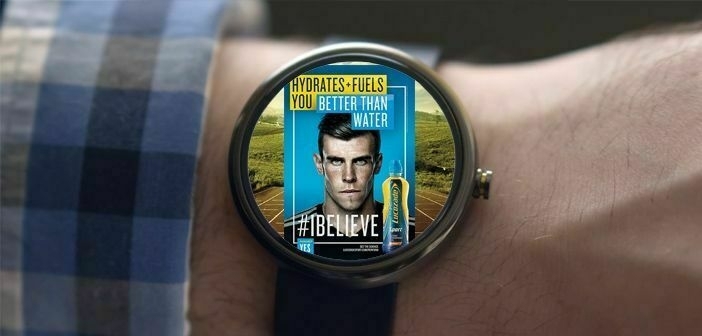
But research by eBay may just be able to quantify the falling advert success. The opinion that users don’t click on search and Adsense adverts any longer seems to be true. Advertisement techniques grow and change over time. From radio and TV adverts, to online banners ads to now targeted adverts. Users eventually become ‘immune’ to the effects. Where will Google be without ads?
Lets not forget it doesn’t just make money from its own ads. It makes them from ads all over the internet and mobile. Ever accidentally clicked an advert whilst playing Angry birds or similar. Thats making money not just for the developer, but for Google too. After taking 30% off the cost of paid apps, it also takes a slice of anything made from placed ads or in app purchases later on too.
The operating system that almost didn’t see the light day day is now more than 80% of the total market. As of March 2013 there were 1 billion Android devices in use. And another 1.5 million devices activated every single day. Each device primed to sell not only applications, music and films. But also Google services such as Gmail, Google plus and Google search. Storing masses of user data including location, usage and interests. All ripe for serving directed mobile advertising.

Android OS cost millions to develop and bring to life. And further millions each year to keep constantly updating and pushing the OS to keep pace with competition. Google then gives this all away for free through open source. Now this isn’t a debate on how open Android really is, but the fact is millions each year developing is given away for free. All in the hope of making it back through other avenues.
The use of Android also ties users into using other Google services. It provides them with a Gmail address and a Google plus account. Not to mention services such as Google Drive and Calendar. All in the hope of gaining data to display ads. This must be working for Google as its pushing for the next billion from emerging markets with Android One. As well as exploring where else it can put adverts. Creating unique hardware to gain more and more users for Android.
The best way from Google to do this is to put Android on every screen you own. Launching Android Wear, Android TV and even Android Auto at Google I/O 2014. Google will be on more screens and own more services than ever before.
There is no adverts placed on Android Wear at the moment, although that may change in the future. Its aim is to gain more user data and lock users into Android further. Where as Android TV is aimed to gain a reliable and consistent income from media. Providing Google Movies and TV along with Google Music.
In a similar move to its Play Music All Access service. It is only a matter of time before Google goes after subscription services such as Netflix. However even competitors such as Spotify have struggled to make profit at all. It now has over 10 million subscribers. Yet still falls in the red.
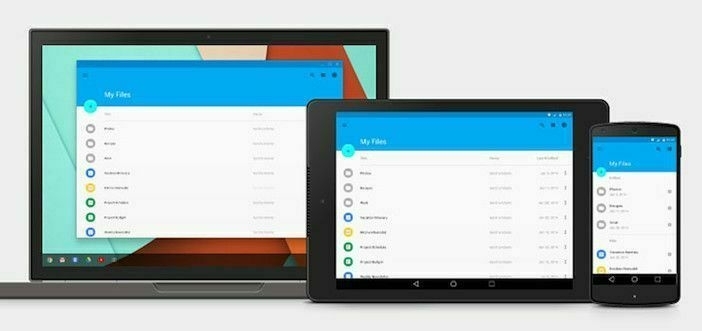
So moves into content and media may just be to pull an Apple. Tie users into as much content as possible so its harder to switch platforms. Gathering as much data as possible in the mean time. Google is very willing to develop technology to serve its ends. That being displaying adverts. Spending billions in research to provide something new. Putting ads on your thermostat, watch and even right to your eye with Google Glass. Is all a possibility given opportunity.
Also not shy of spending some of its cash reserves. Google has been purchasing companies in varying fields for some time. It acquired Nest Labs for $3.2 billion to strengthen its push into bringing Android into home automation. Initially keeping all data separate it will go live in october with rolling all the data into Google Now. Should the owner give permission for this. Its yet to be seen if this data will be used to display ads to users.
However this and the resulting purchase of Dropcam for $555million adds other revenue streams to Google. Making the thermostat and smoke alarms available in Google Play store. Dropcam’s monthly and yearly subscriptions mean a different revenue stream than just adverts. Enabling the push for current users to move to Android from other platforms.
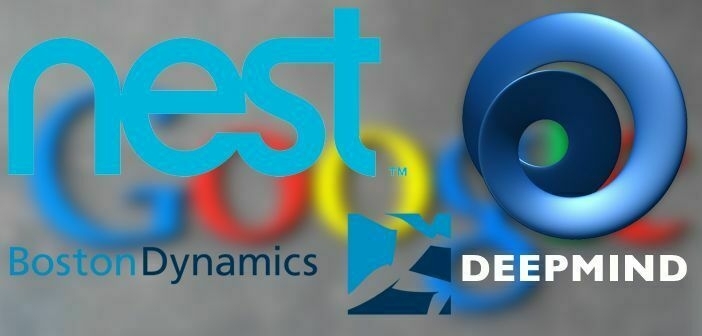
Amongst the acquisitions Google made a huge move for a confusing area in artificial intelligence and automatons. At the end of 2013 it had purchased 8 companies that either made or had direct links with robots. The jewel being huge military backed robot maker Boston Dynamics, alone having a $10.8 million contract with the US Defence Advanced Research Projects Agency (DARPA).
Several wild and wonderful market moves have been suggested for Google’s move into robotics. From walking talking adverts to the next level in automated personal assistants. But the move remains a head scratcher. Andy Rubin’s fascination in robots can’t be the only motivator to spend millions upon millions of dollars.
Despite Google protests it would be impossible to move into this field without government defence contracts. At least in the short term. As none of the Boston Dynamics products are aimed anywhere near retail applications. Although aiming towards manufacturing and processing will allow revenue beyond specific military areas.
The pinnacle of Google’s outlandish spending is Google legendary XLabs. The top secret area where engineers develop cutting edge technology. Also receiving funding for huge gambles and so called ‘Moon shots’. These advances are to see what engineers really can achieve given the chance. It is impossible to know how many projects fail. But several projects have appeared from the X Labs and do generate an income to Google.
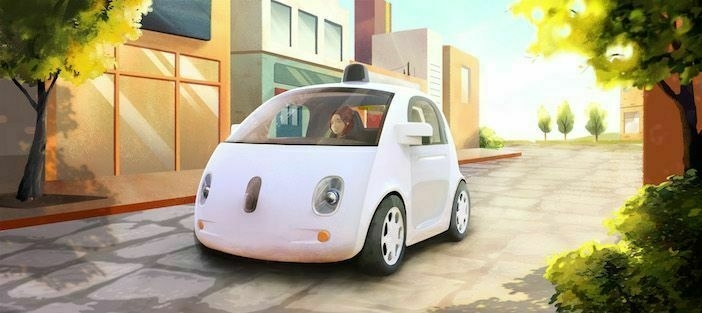
Such as Google’s self driving cars, the technology is set to be put into cars in the next 12-18 months. Project Loon to bring internet access to less developed areas. This has received funding from carriers and is set to go into more extensive testing. Also Google Glass, the social dividing face computer that Google claim is the future. This may not pay back the millions put into development, but it clearly is an area Google is willing to fund. If only to gain information to use in Google Now development.
Google is clearly moving into other areas of income to prop up a predicted decline in advertising revenue. However it clear this is not happening just yet. Around 95% of Google’s revenue is still linked to advertising. There are many areas that Google could choose to put its ads on. Much like the apps in the app store. The vast majority of service are free, providing you can put up with a few ads.
With even a few inservice purchases thrown in for good measure. If the adverts are apparently not working, and not intrusive. Users are obviously willing to put up with them in exchange for great services. Would users pay for a version of service without the ads? Or is Google set to become a freemium service?